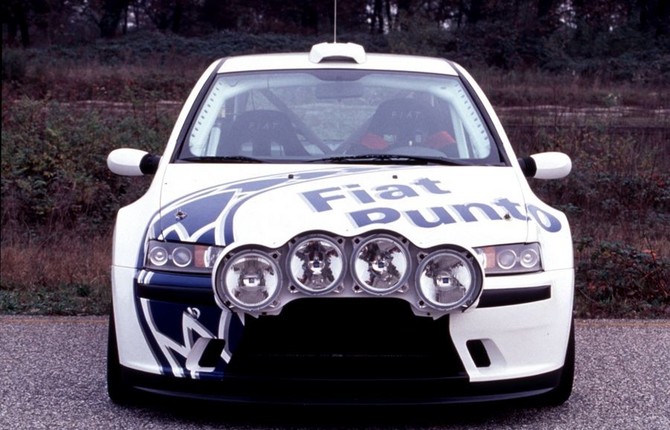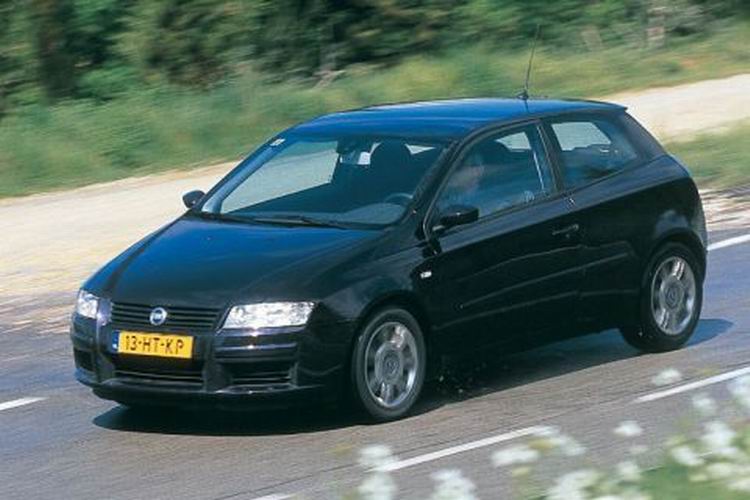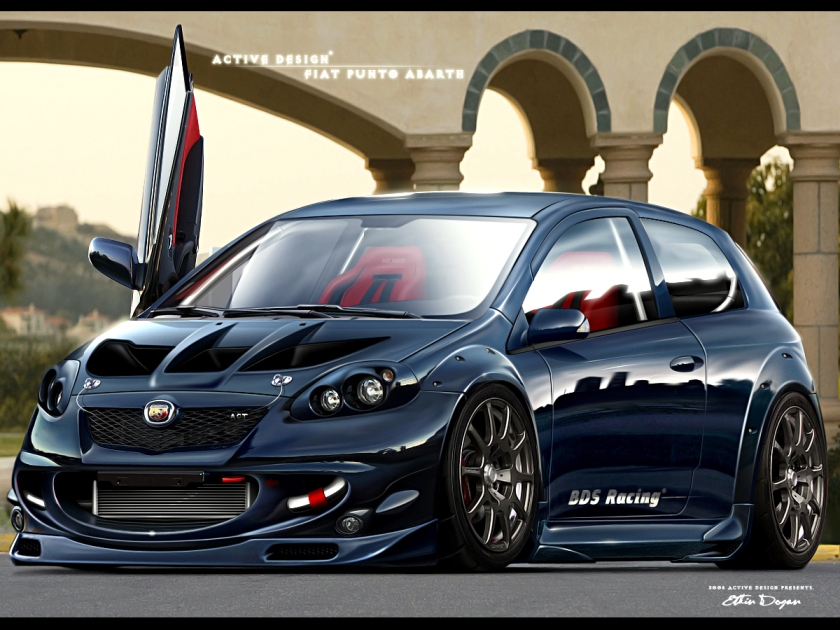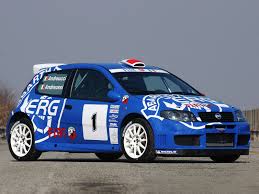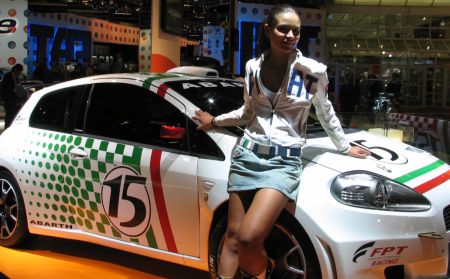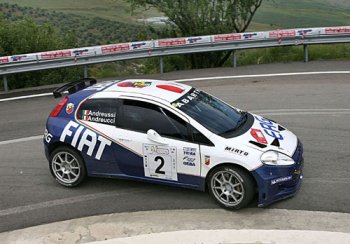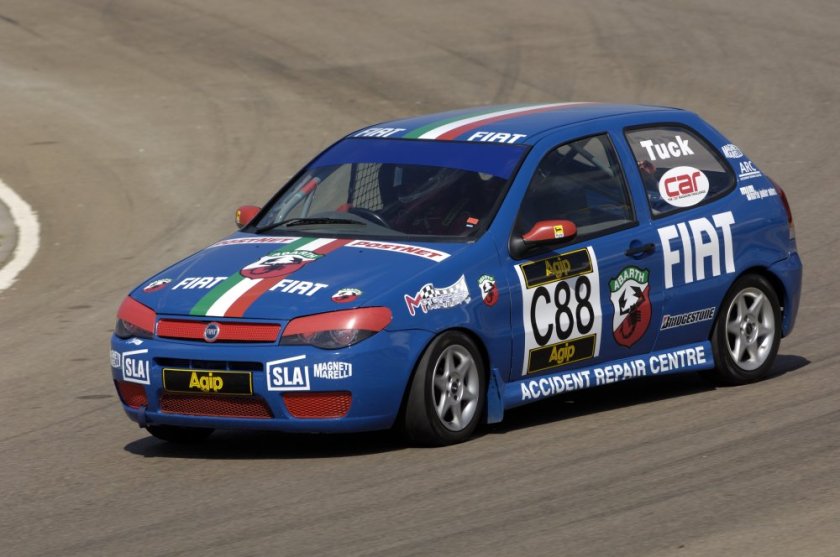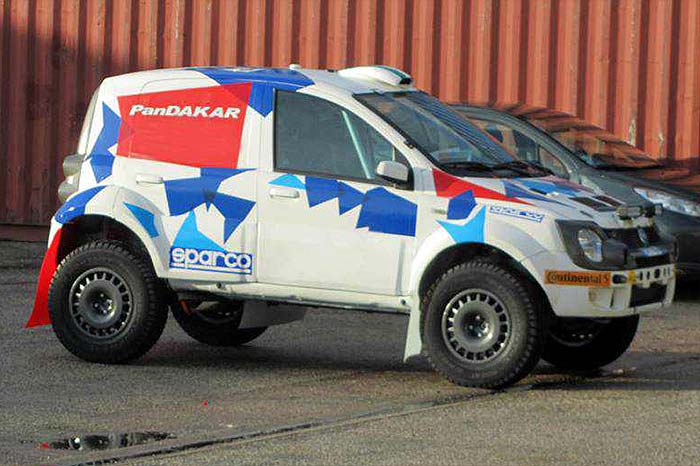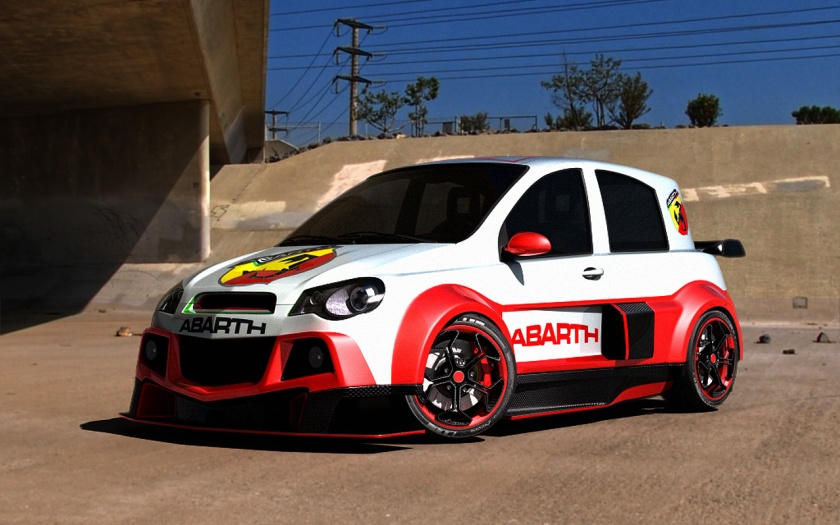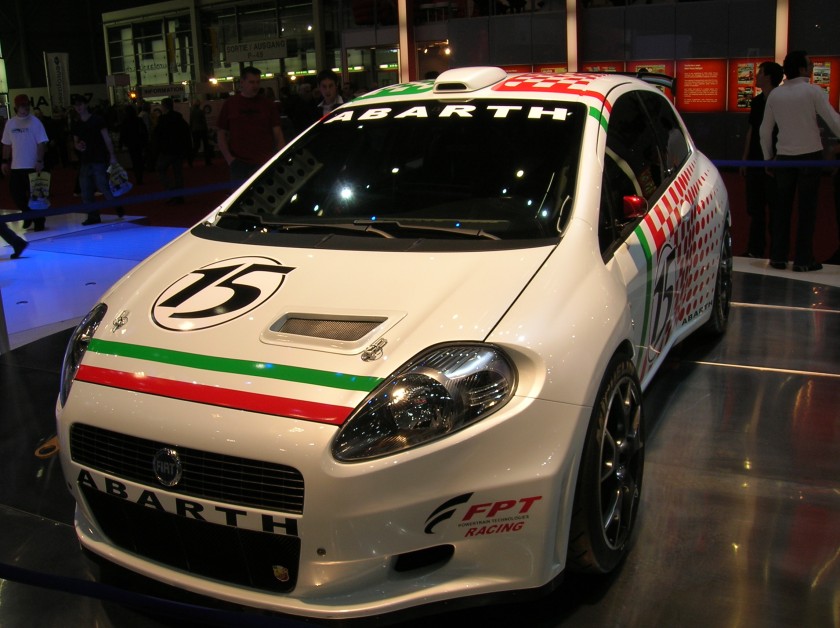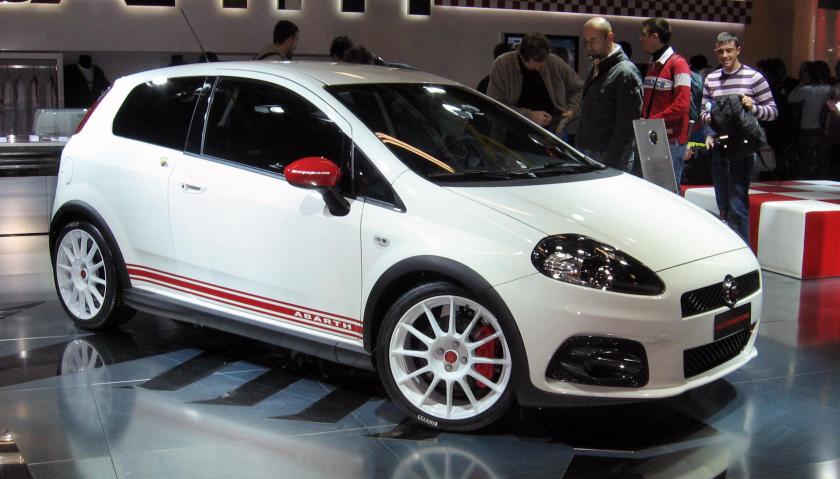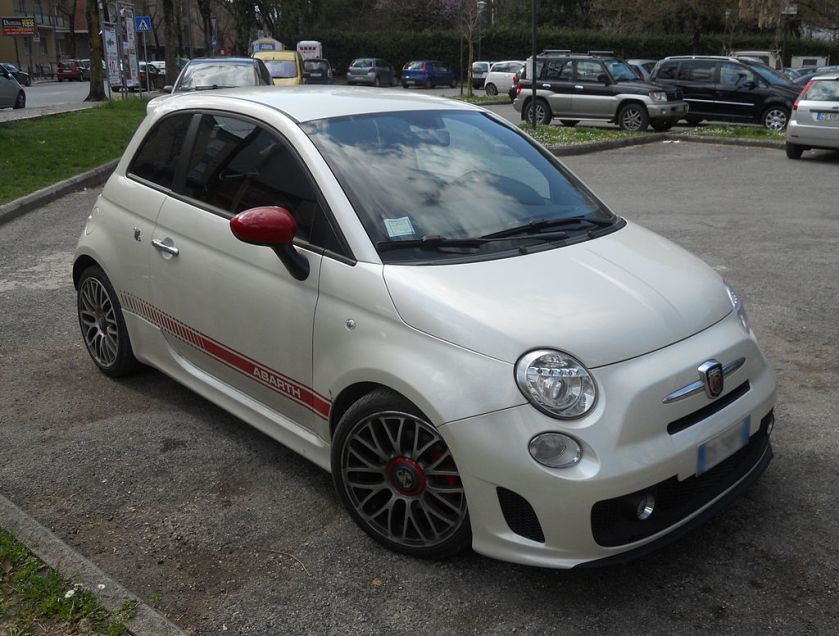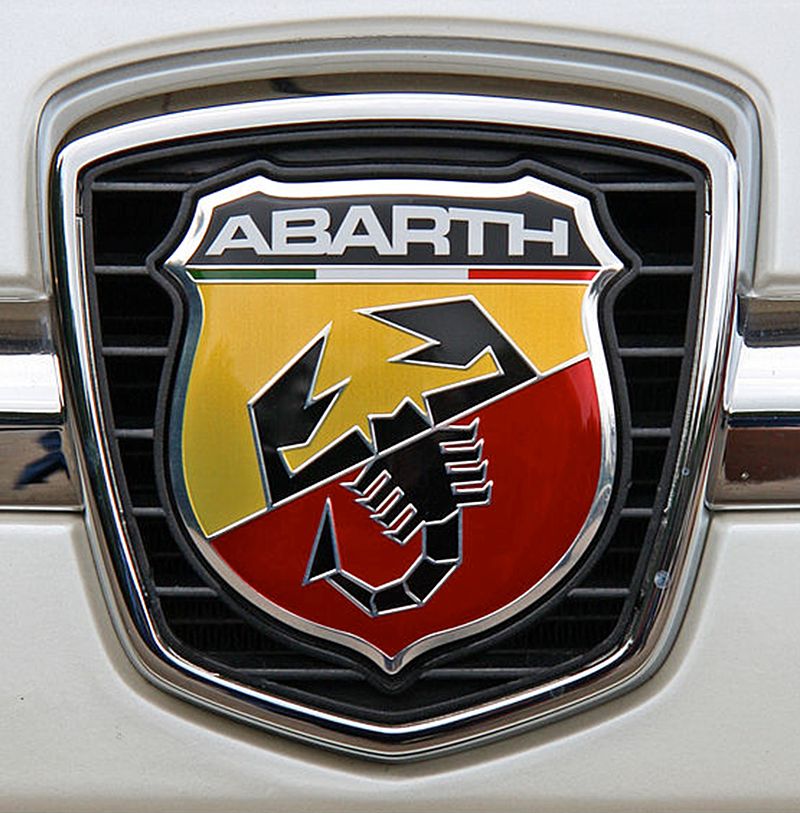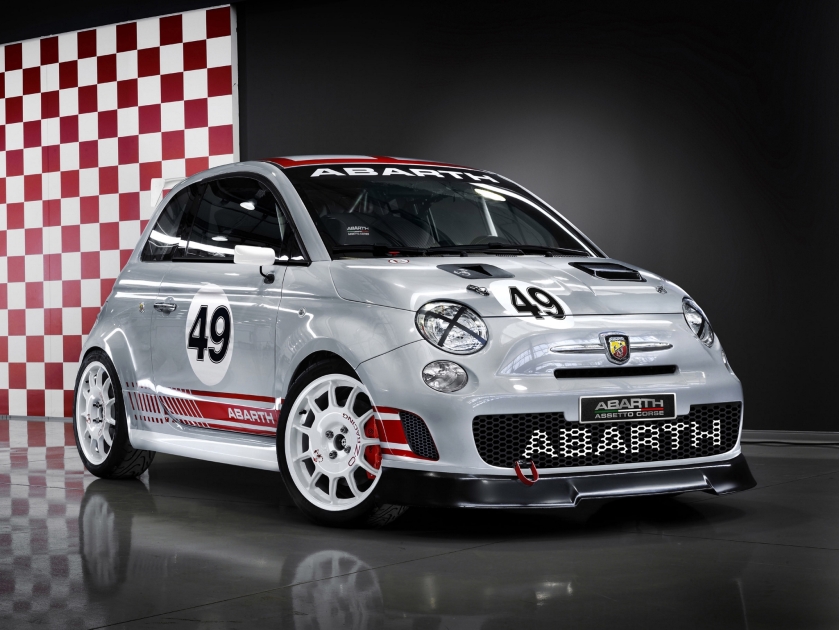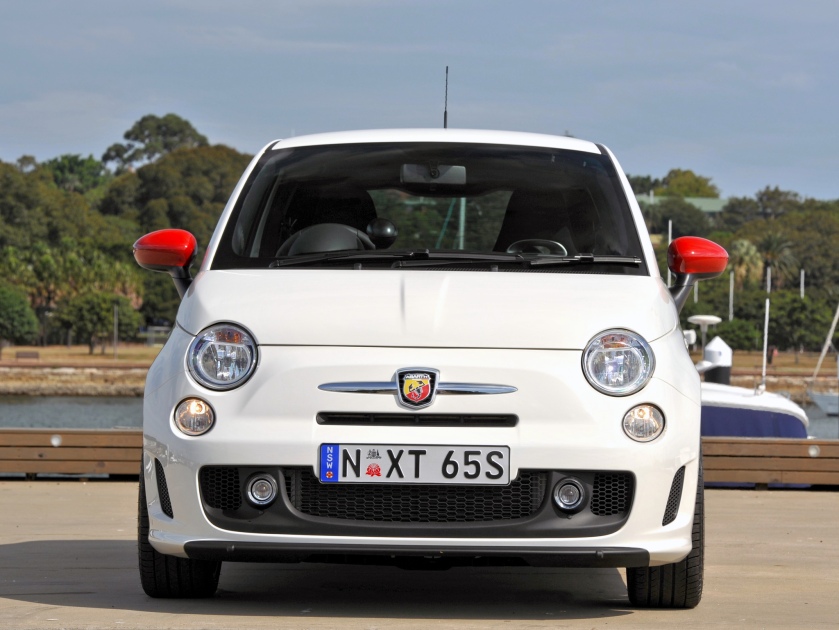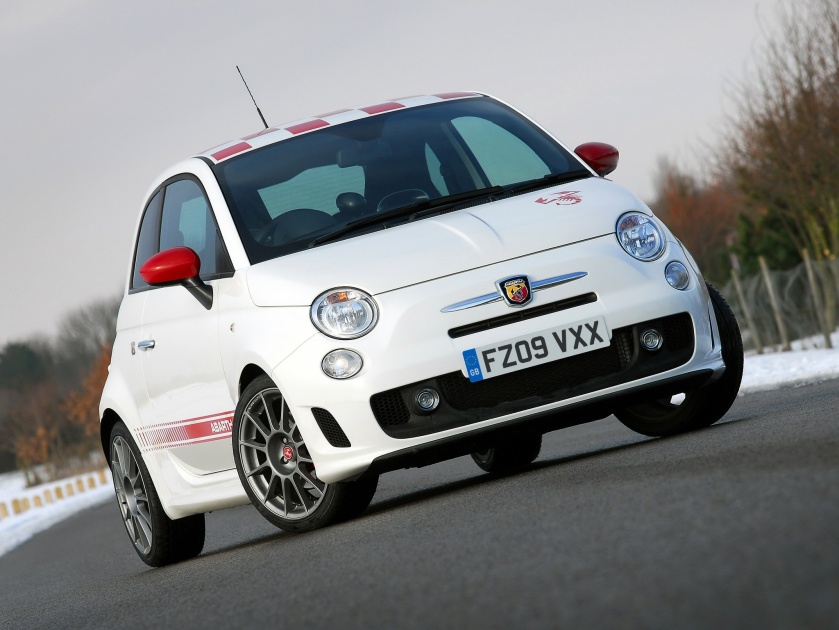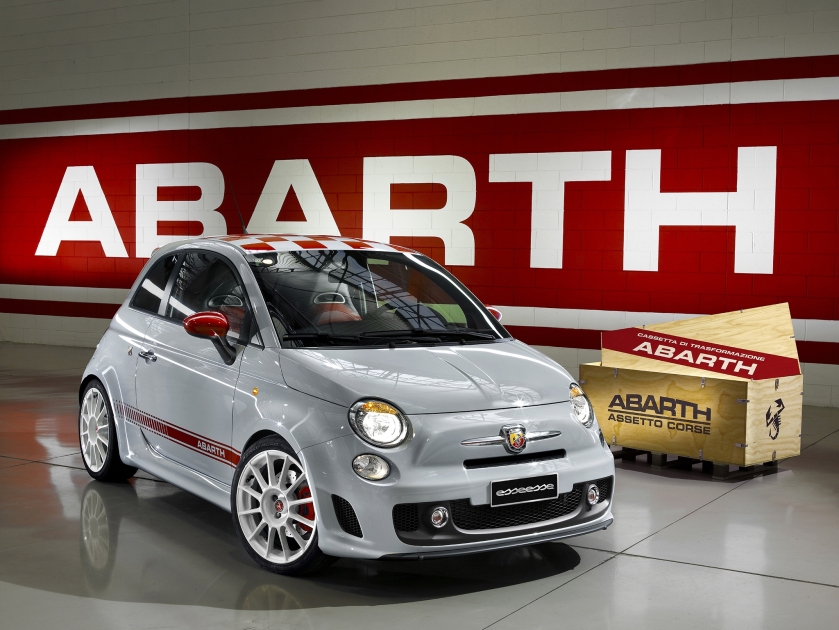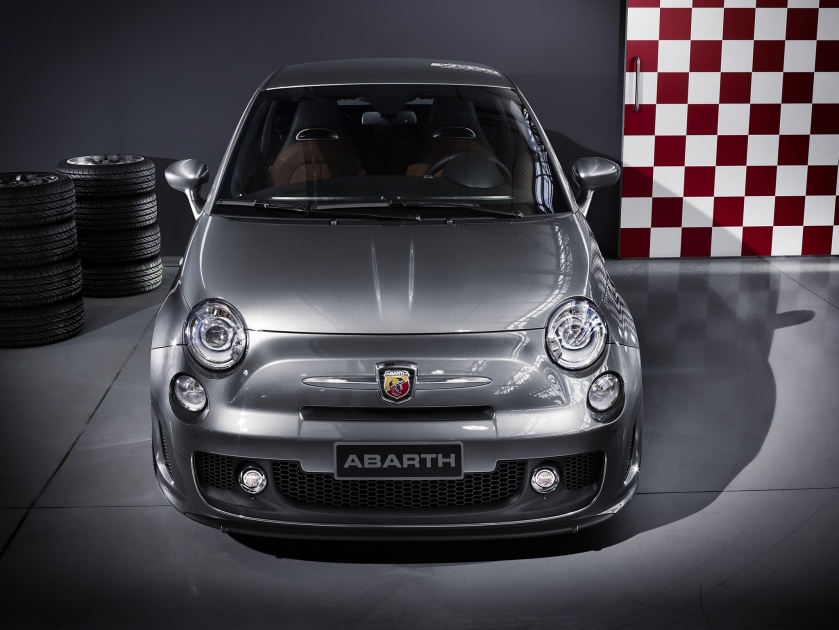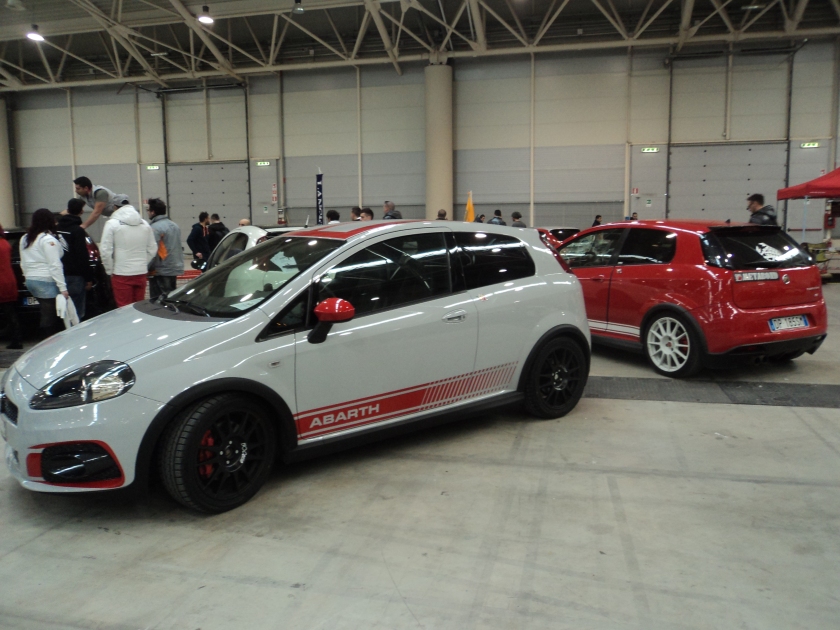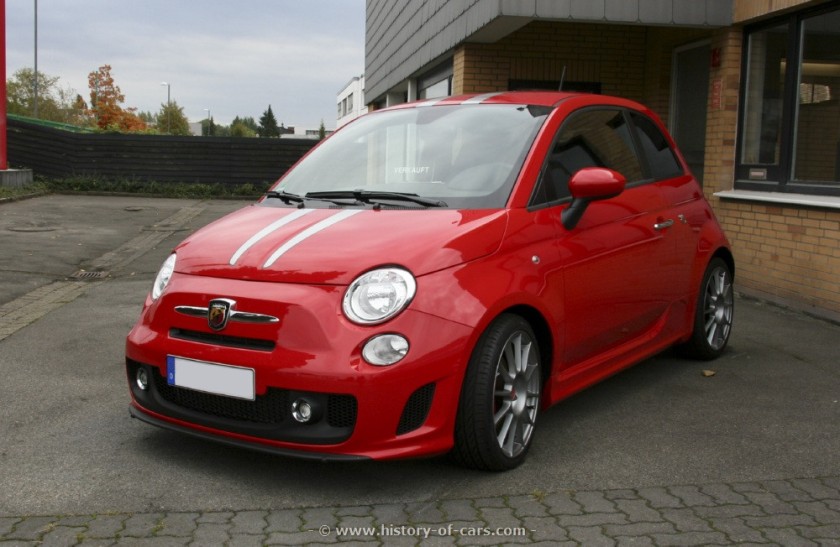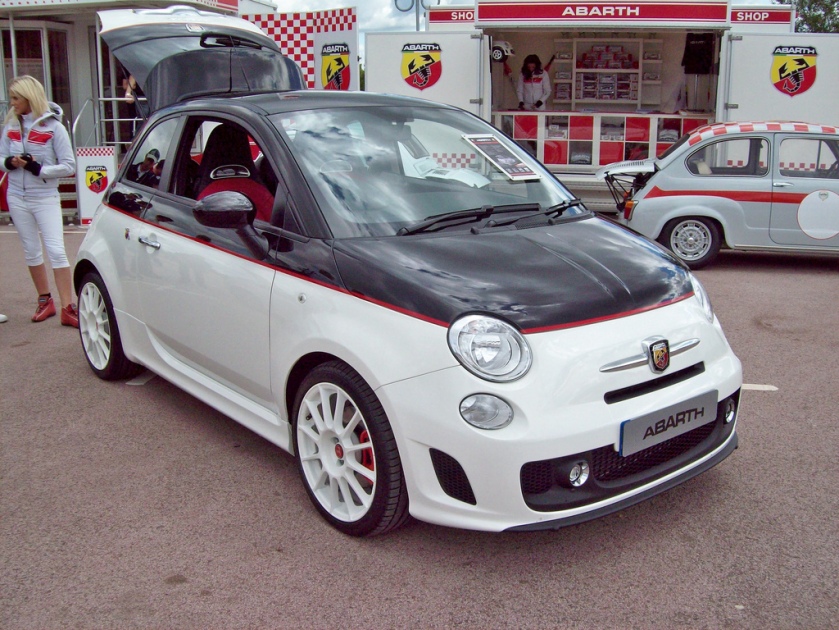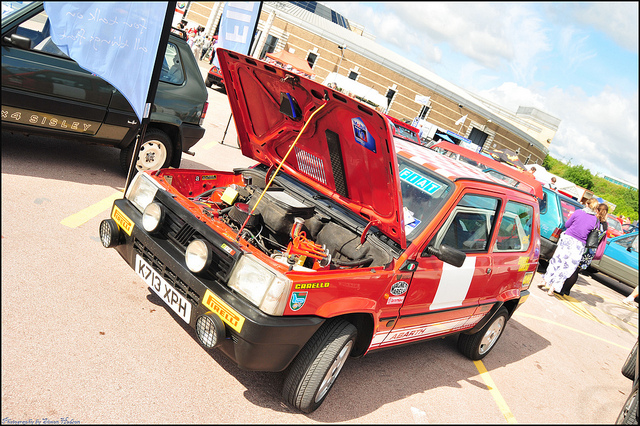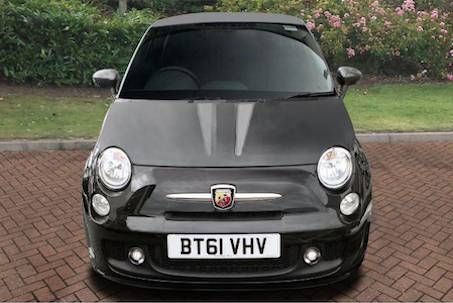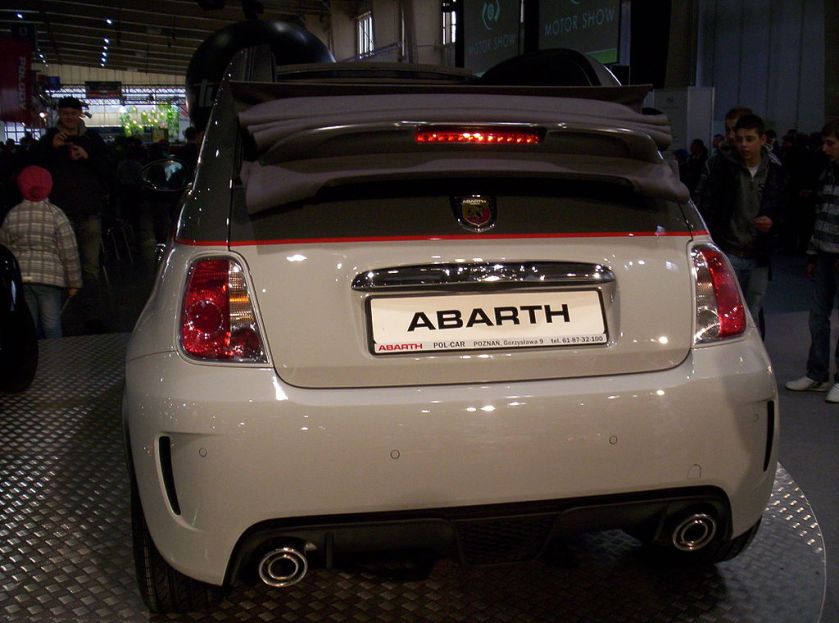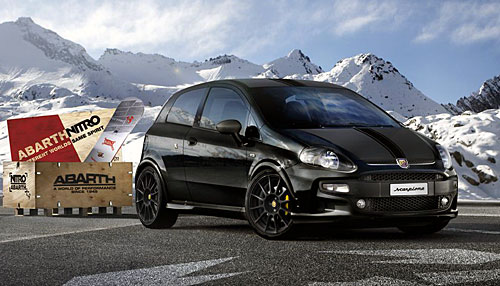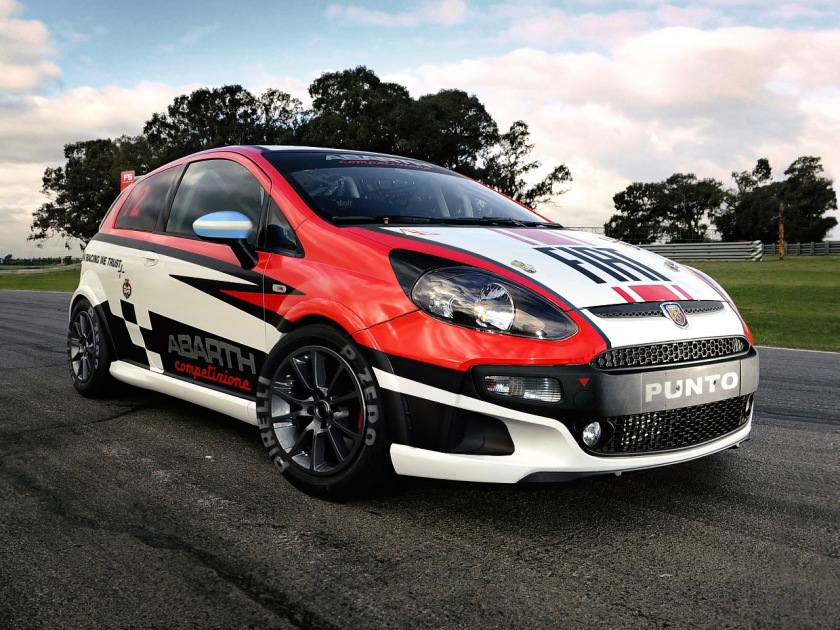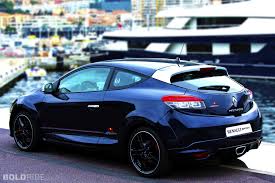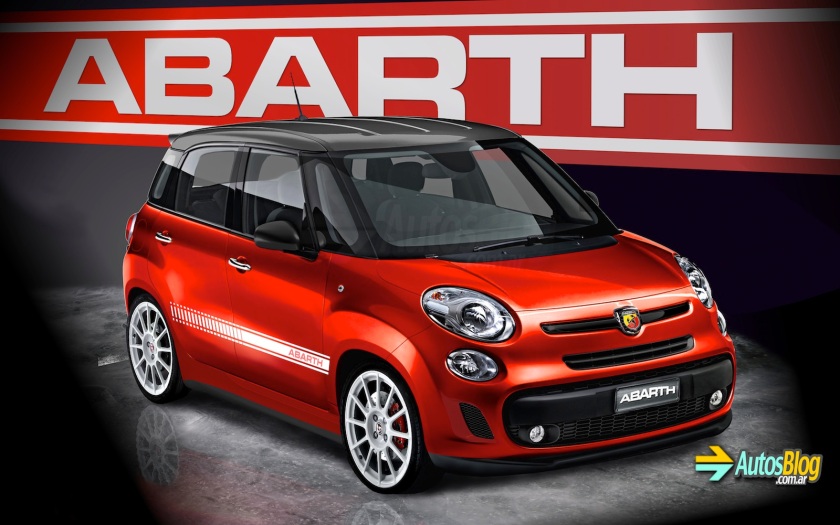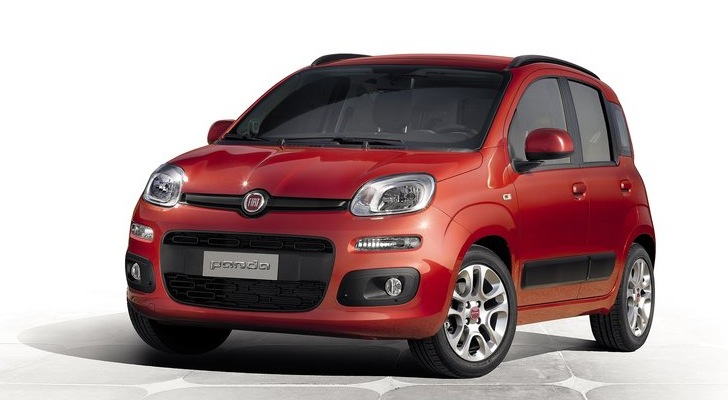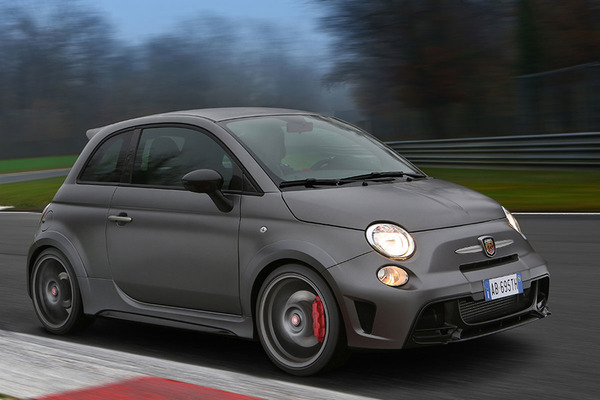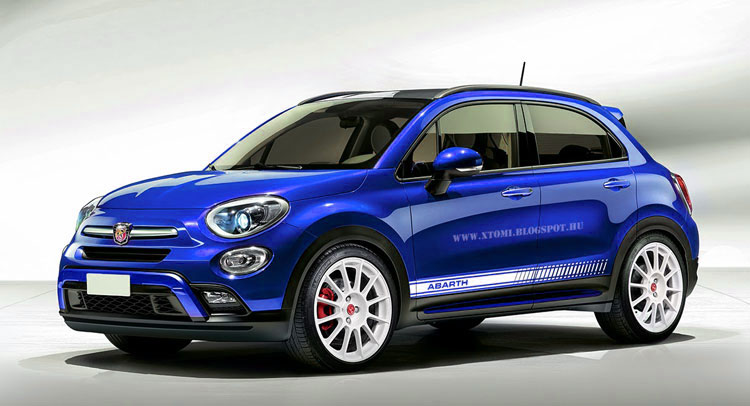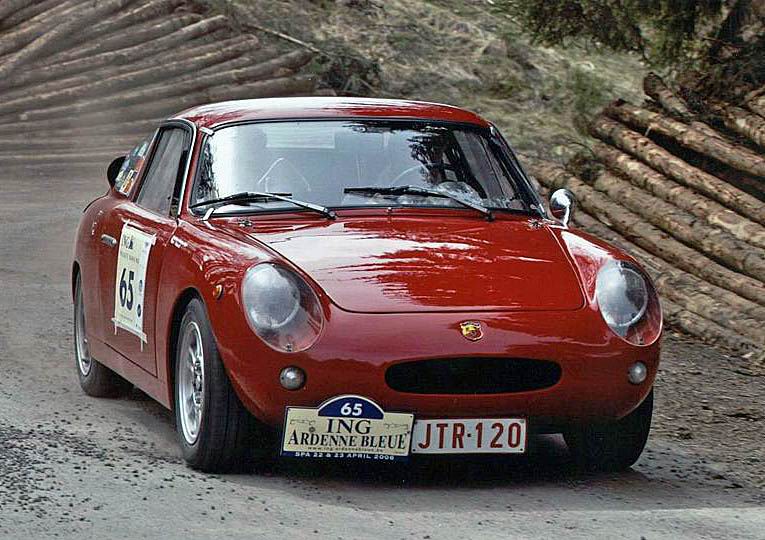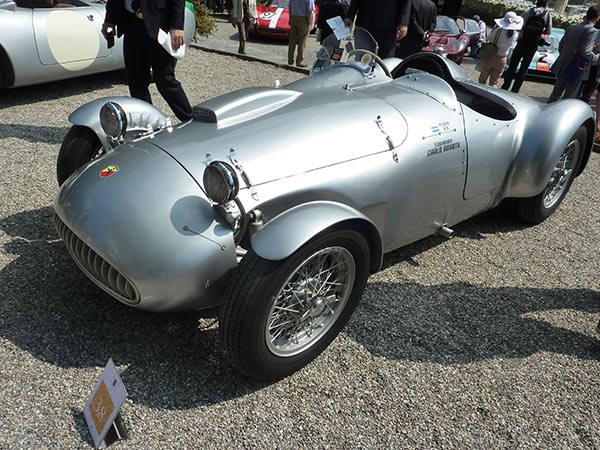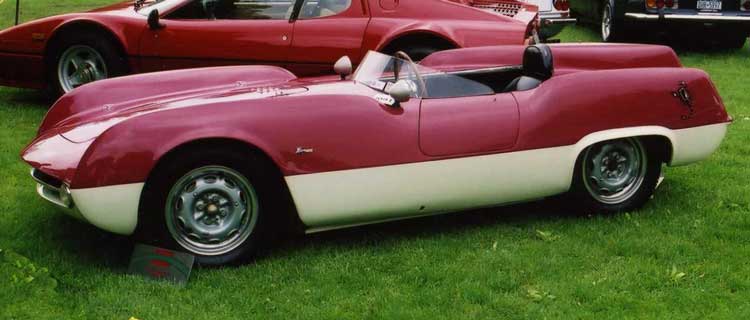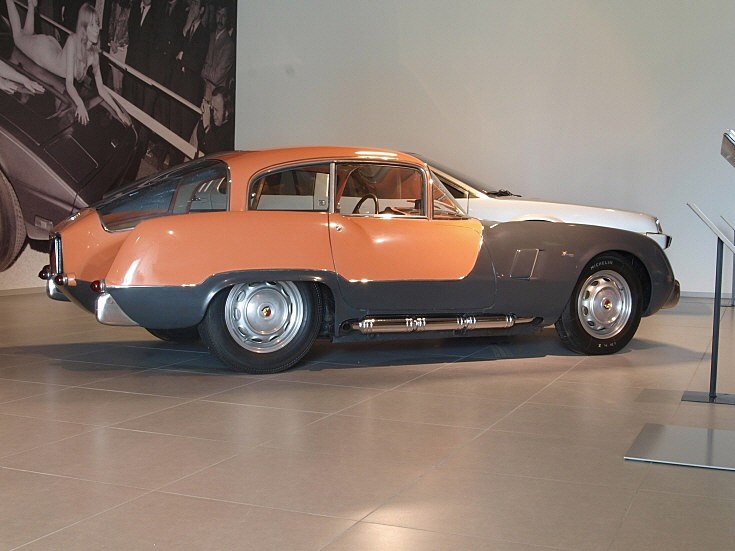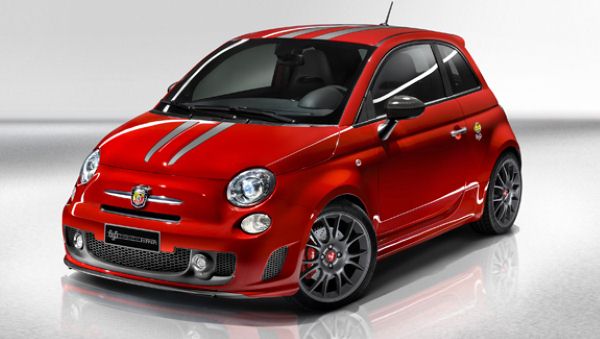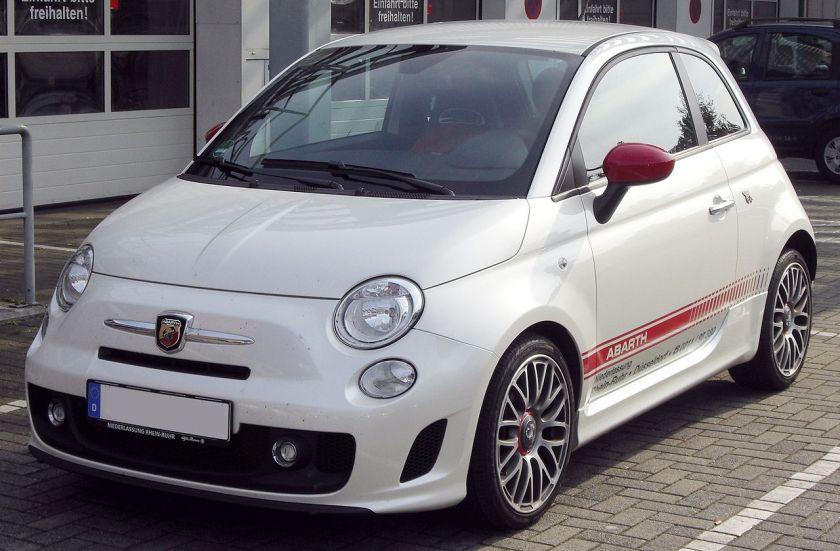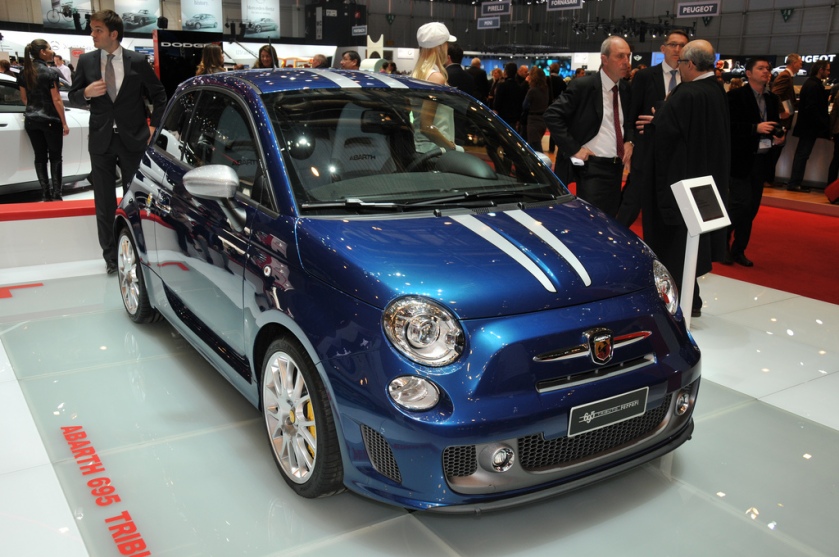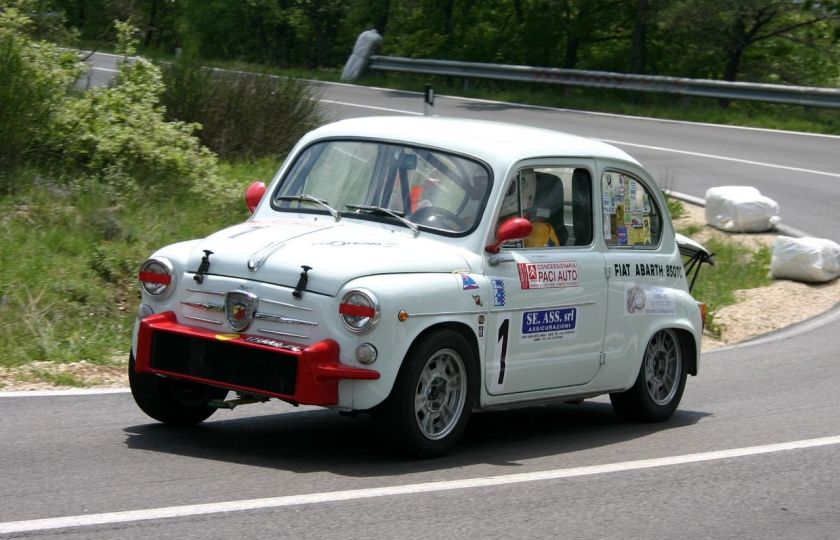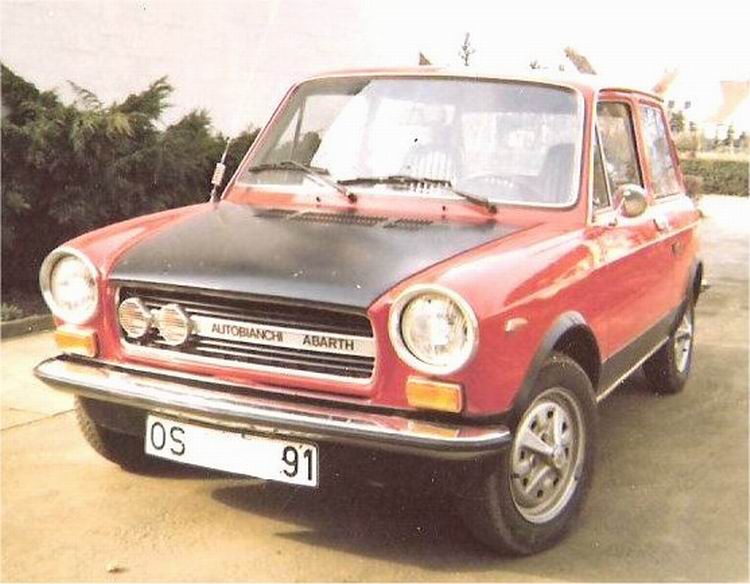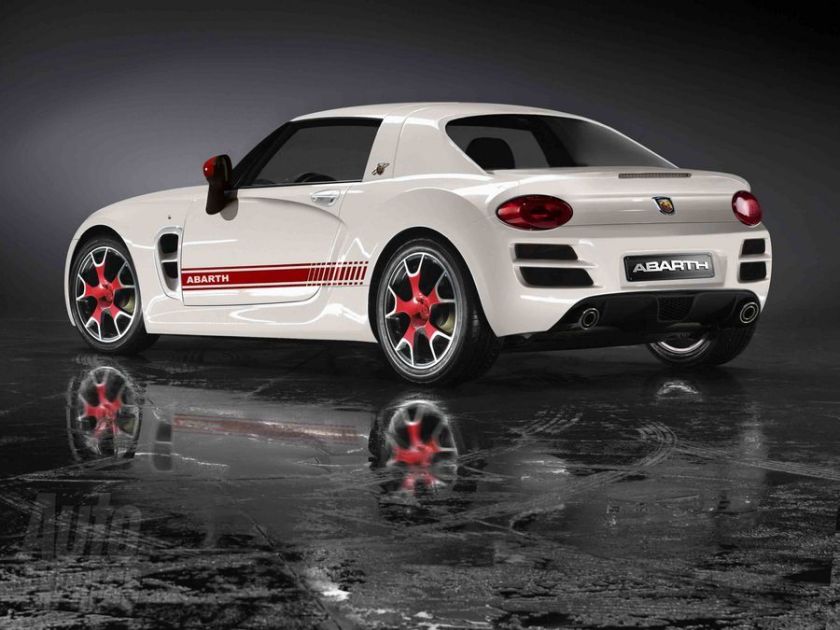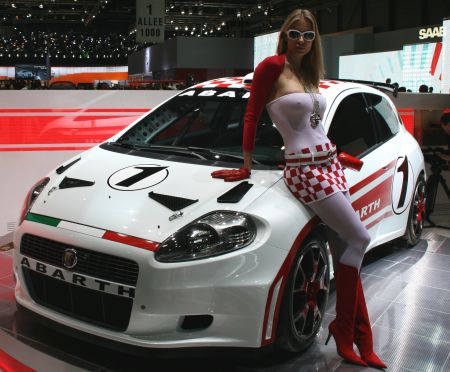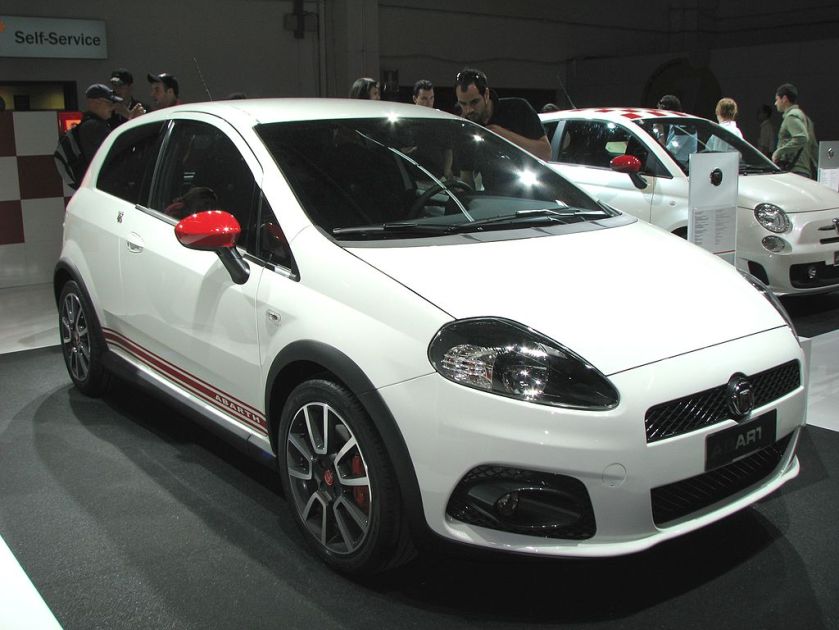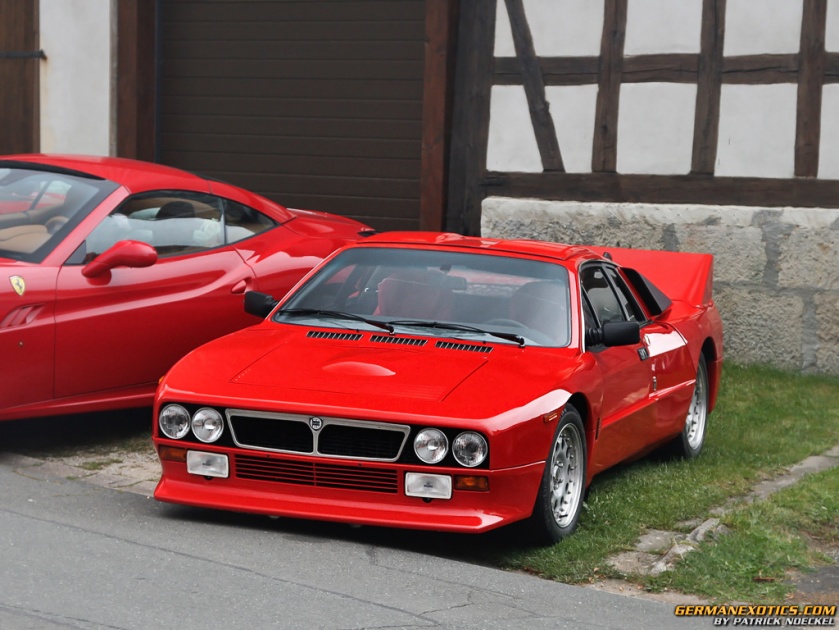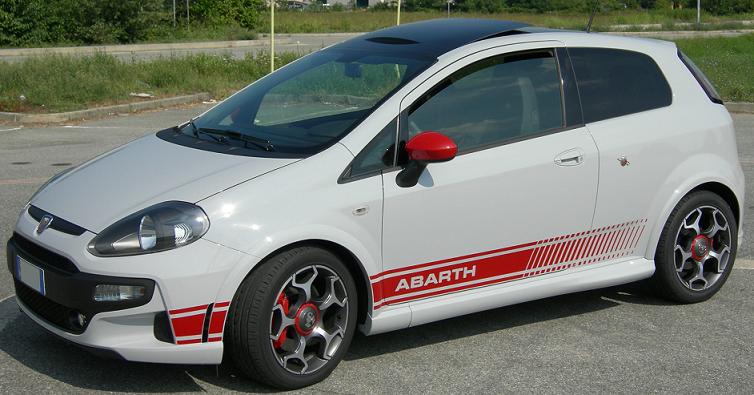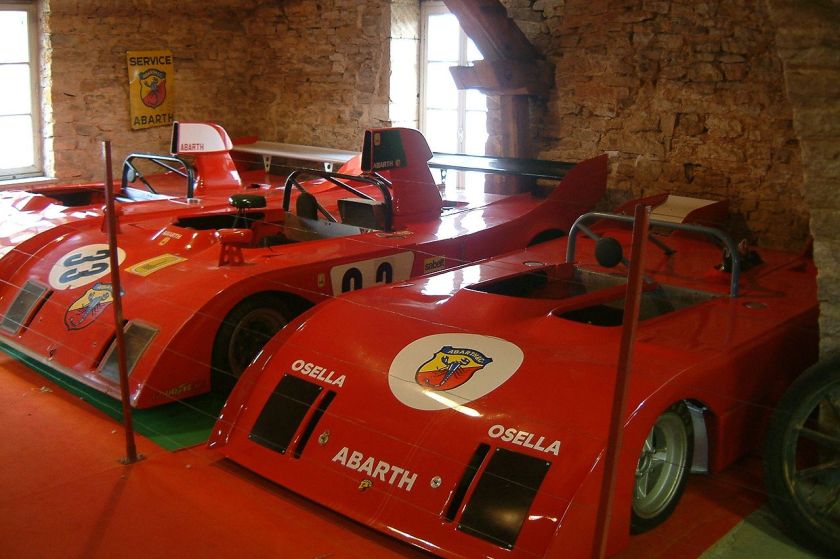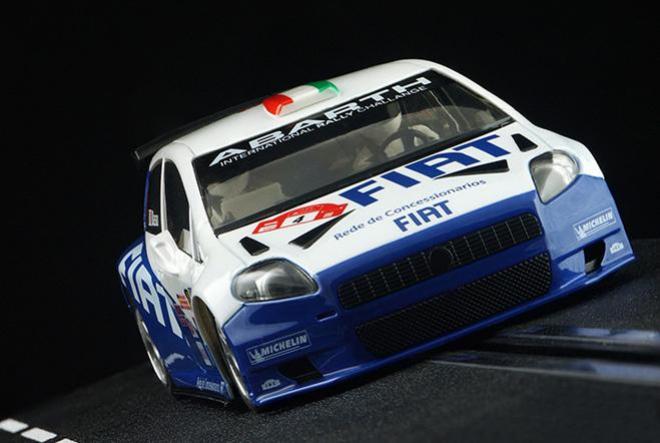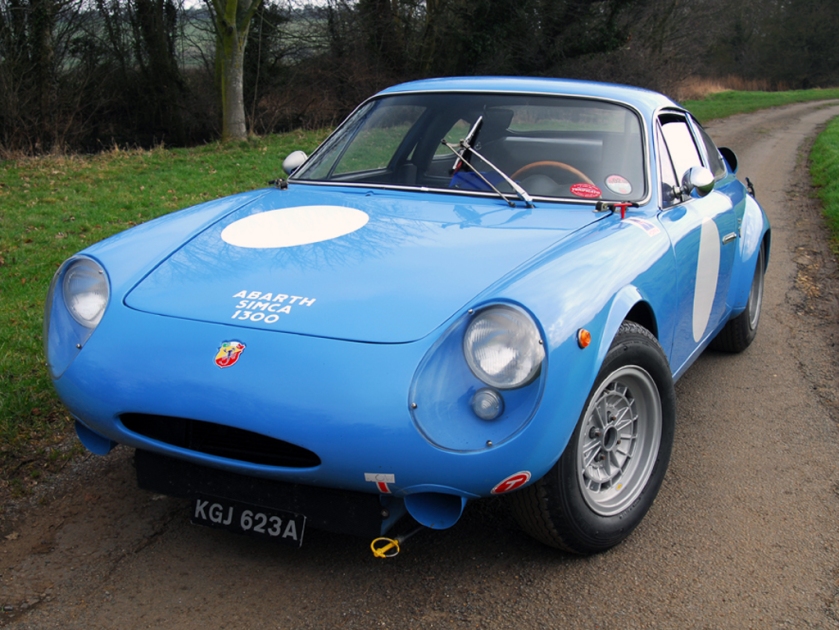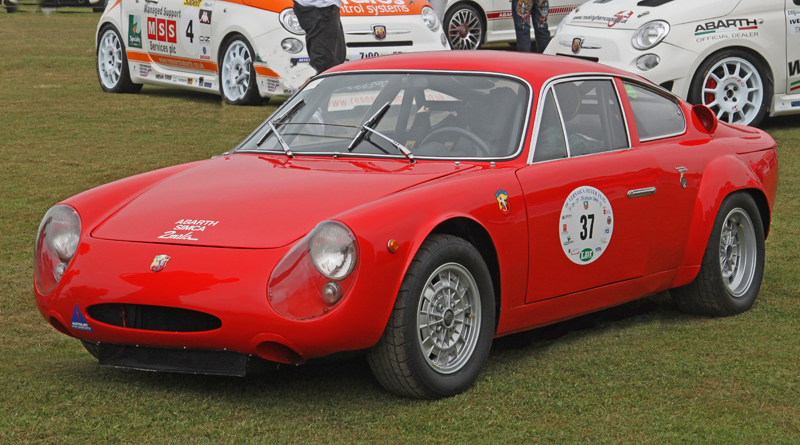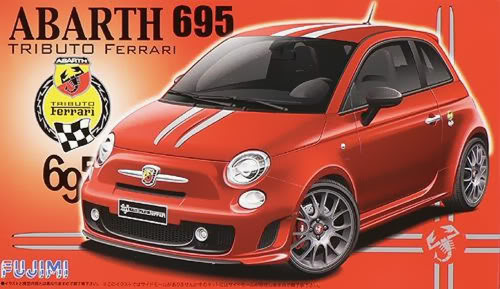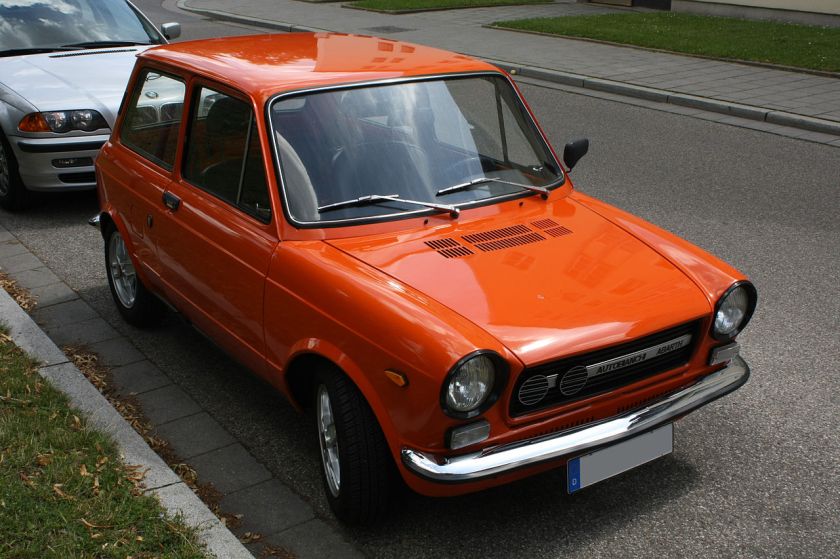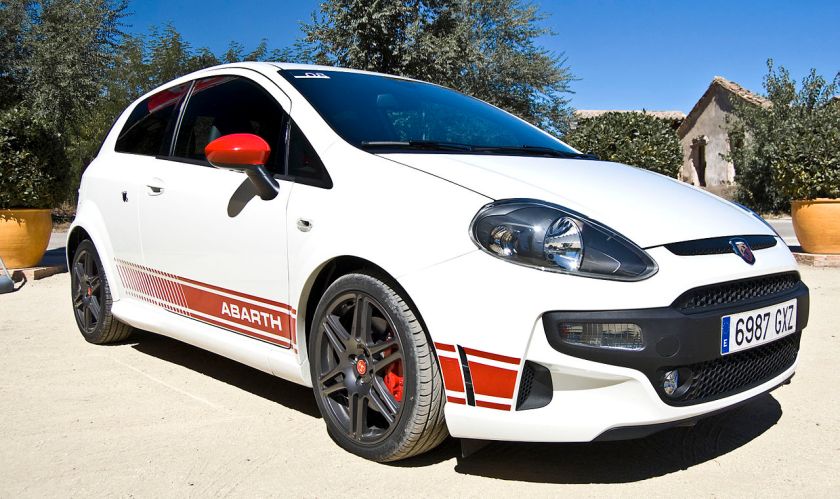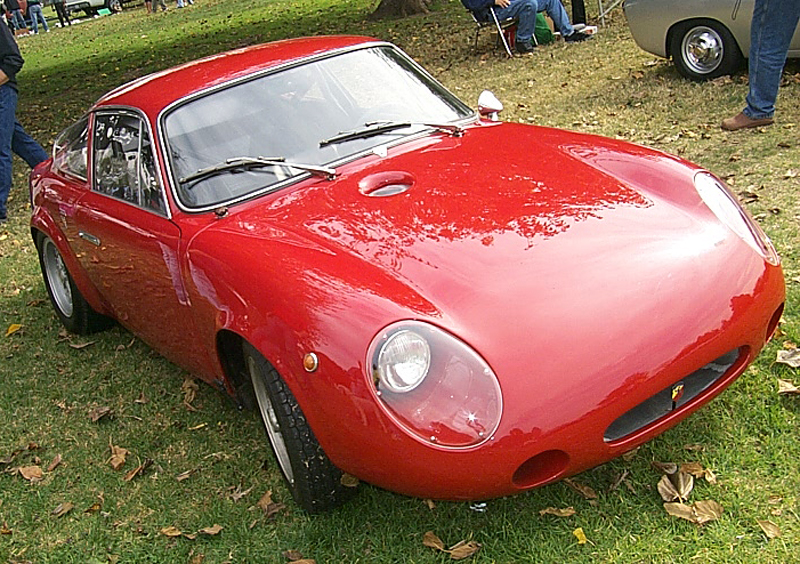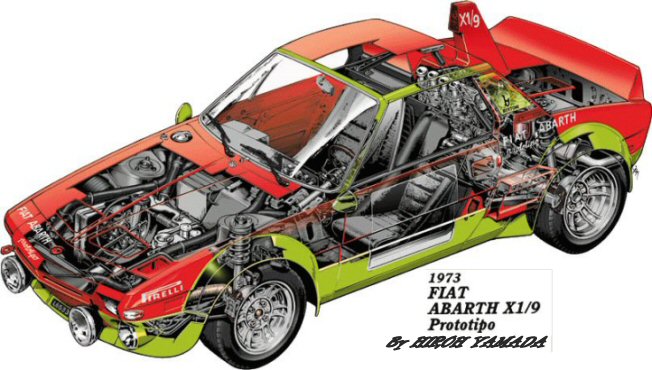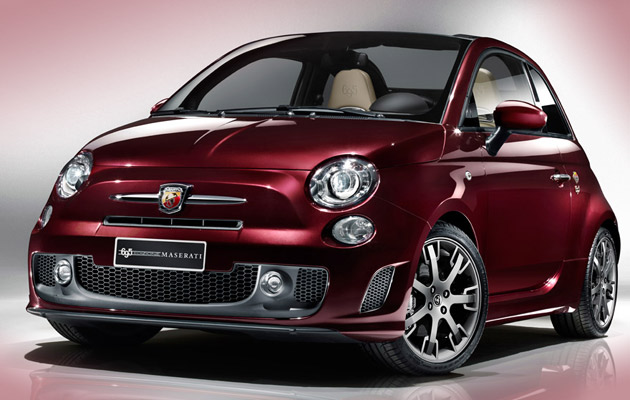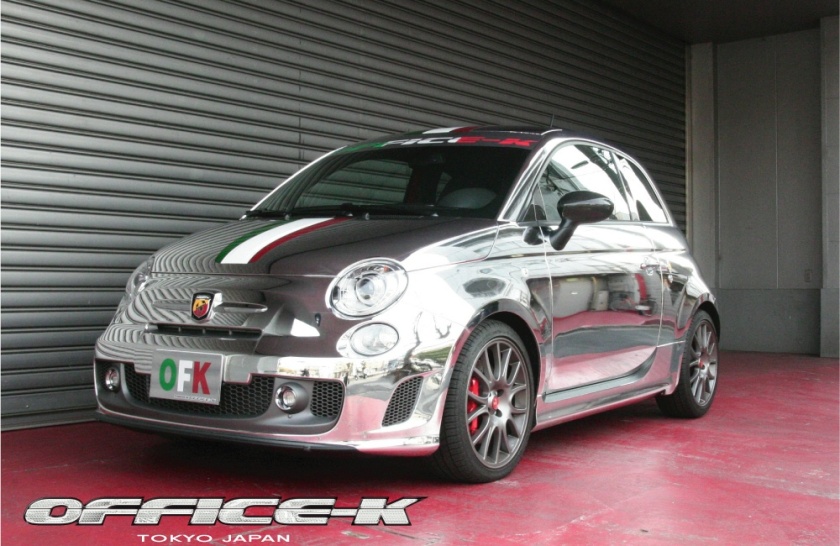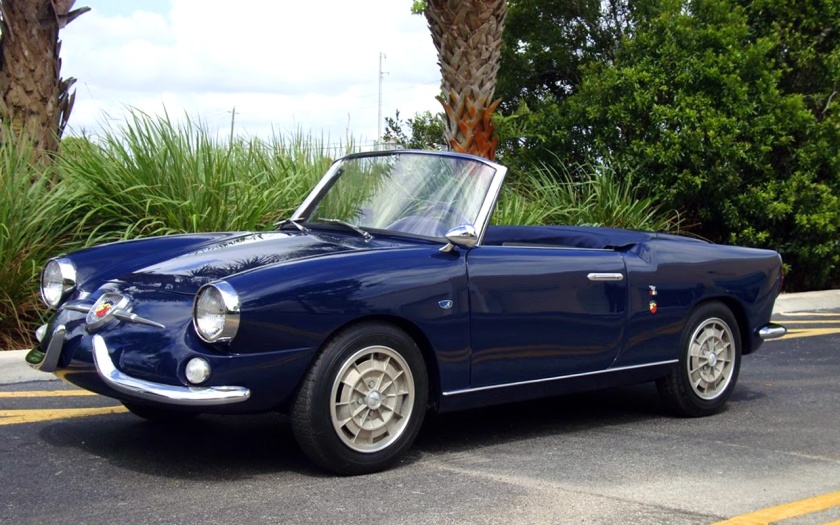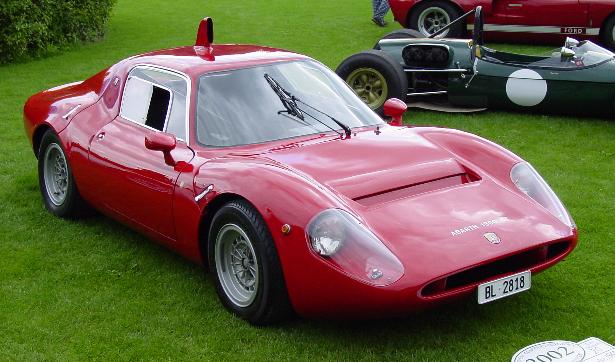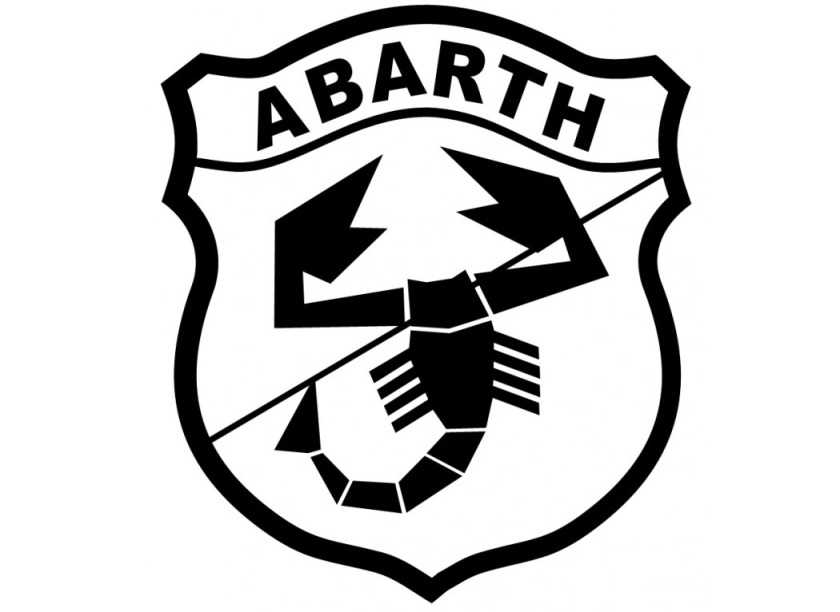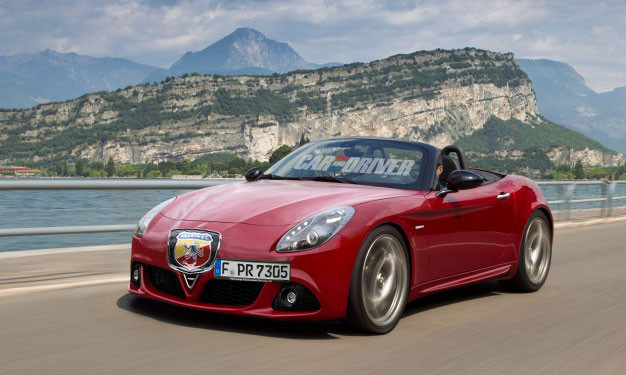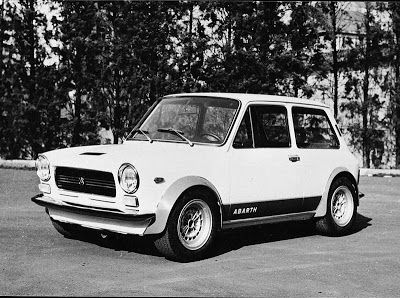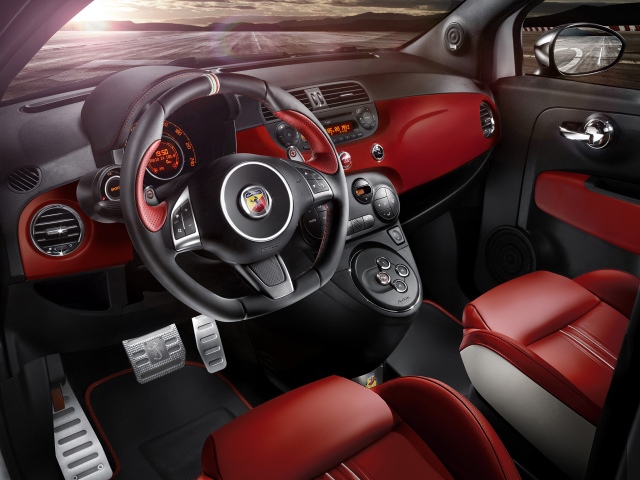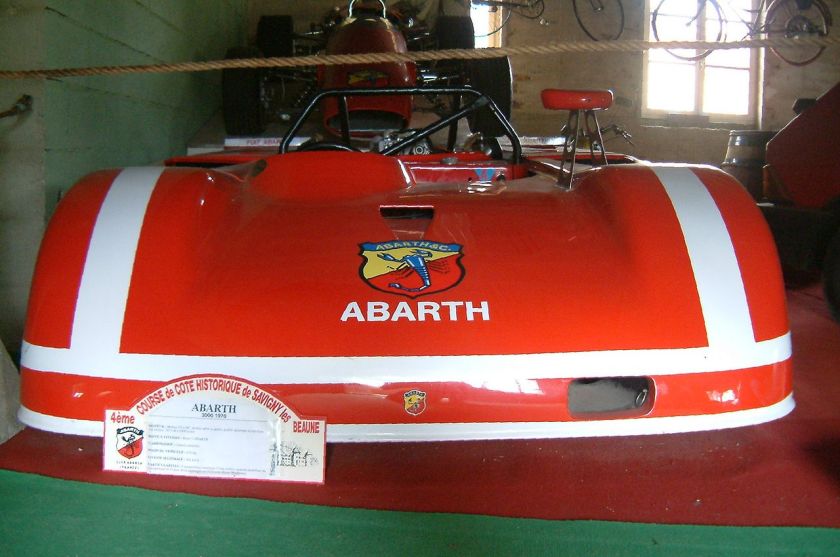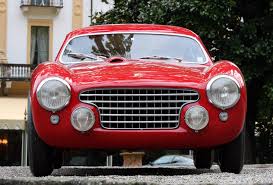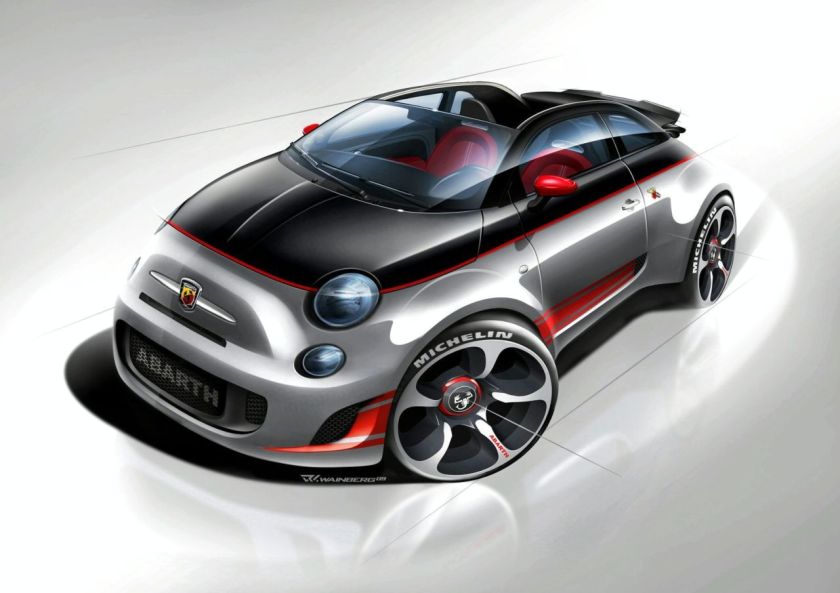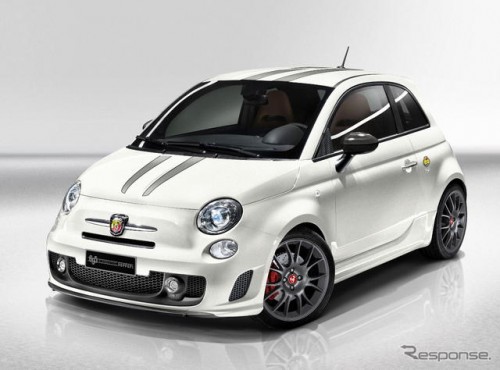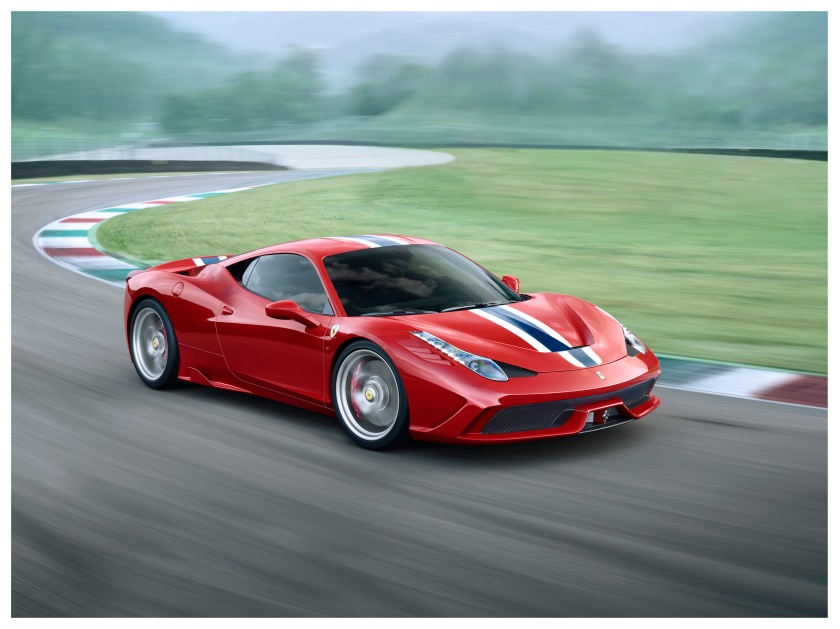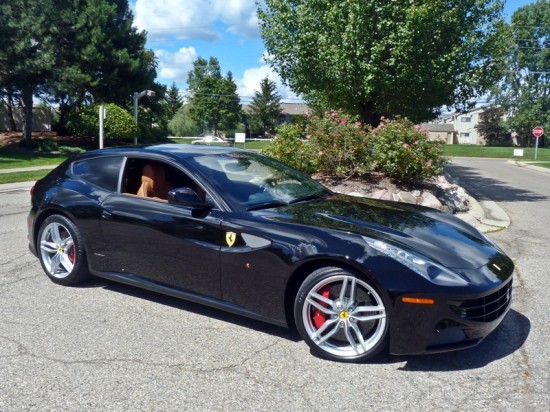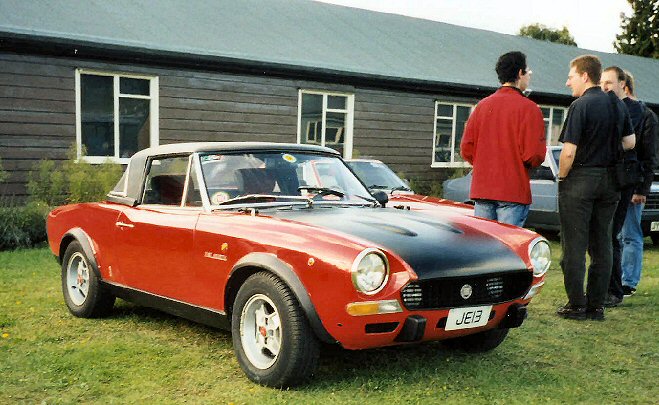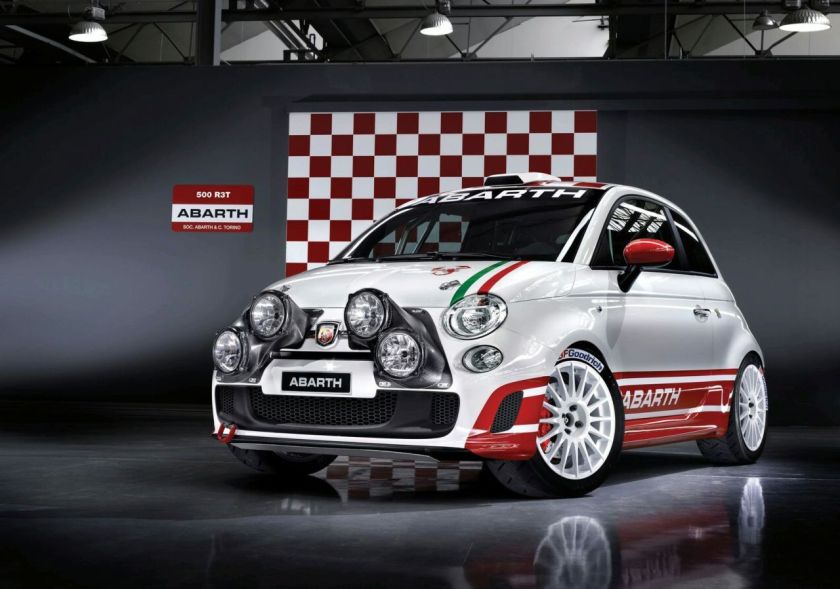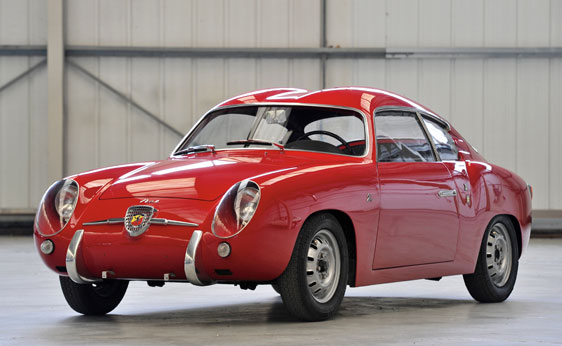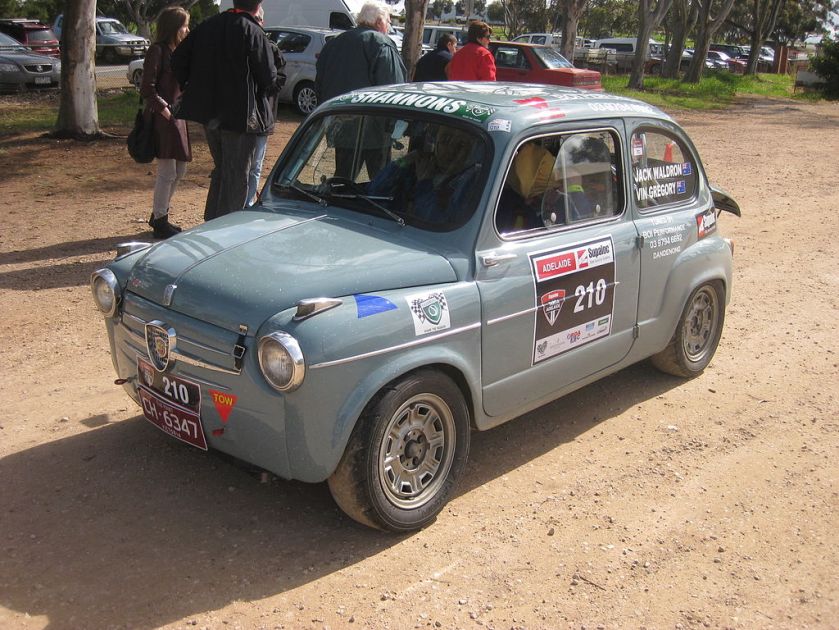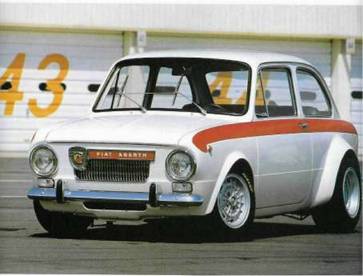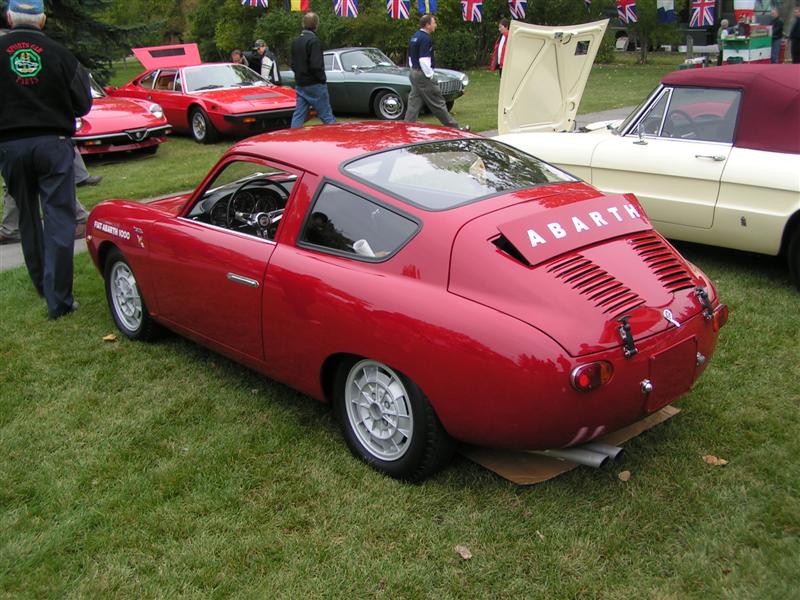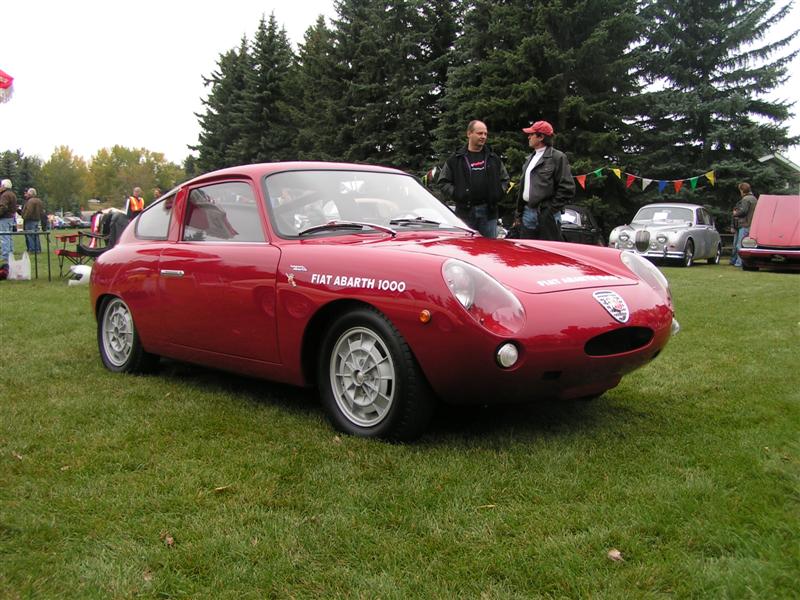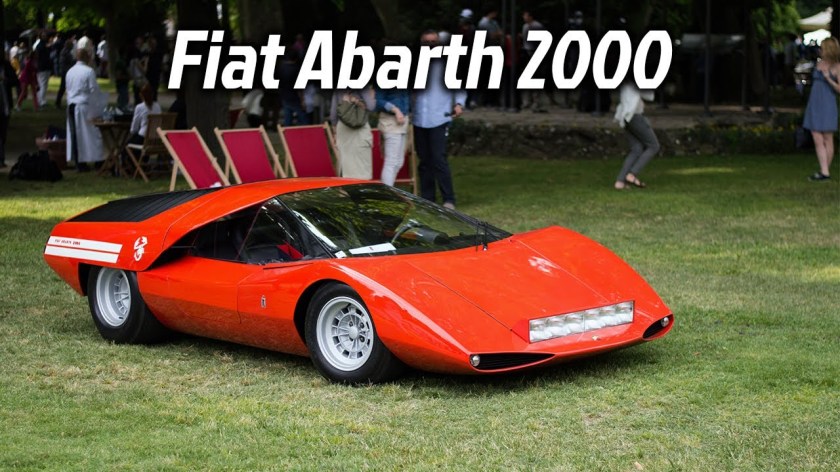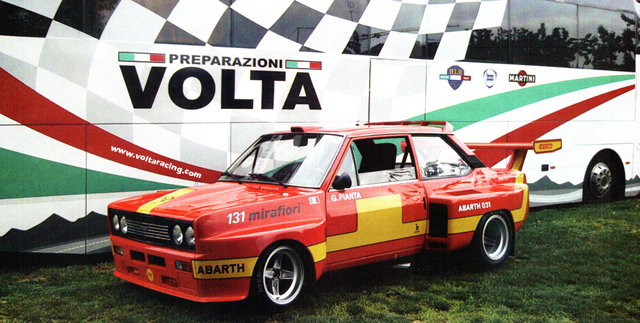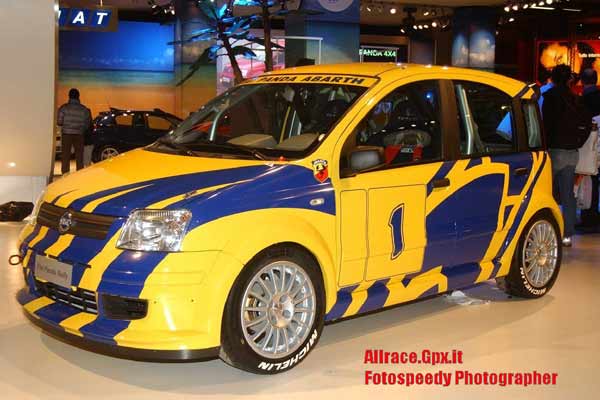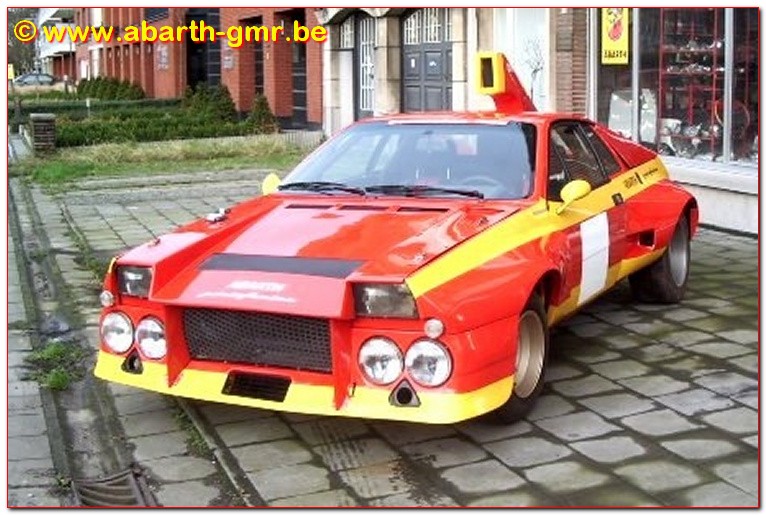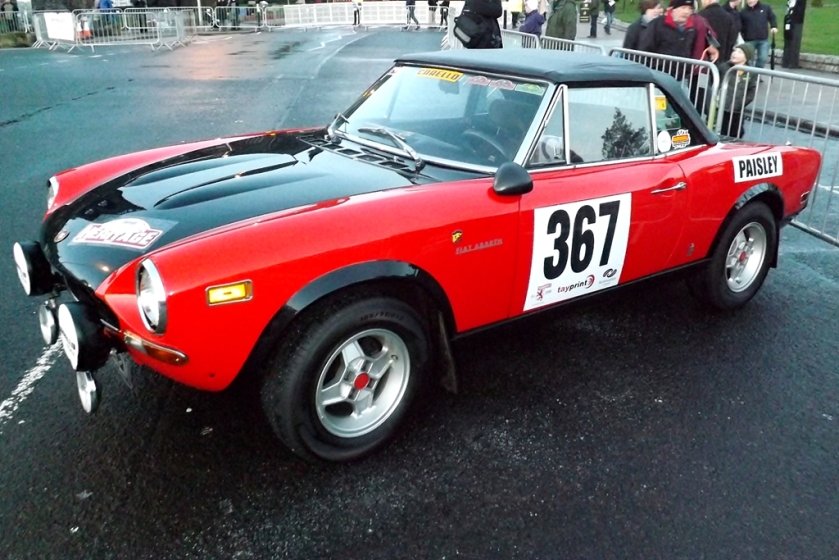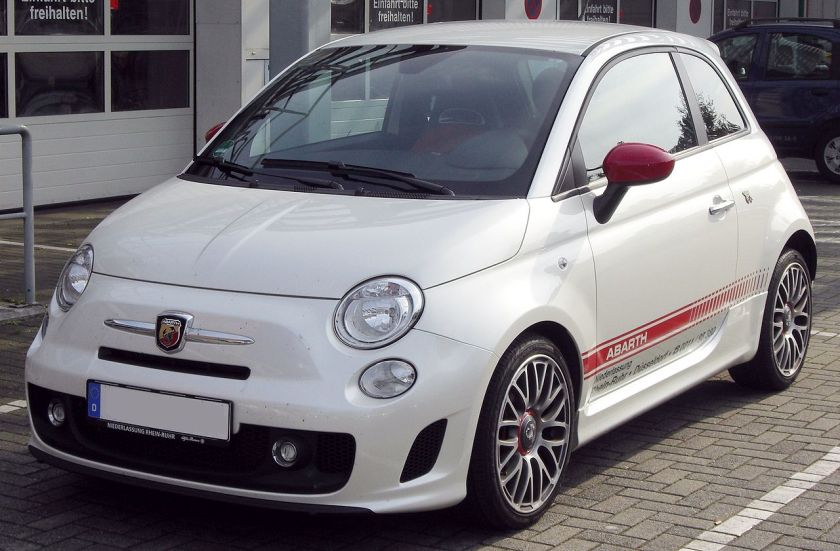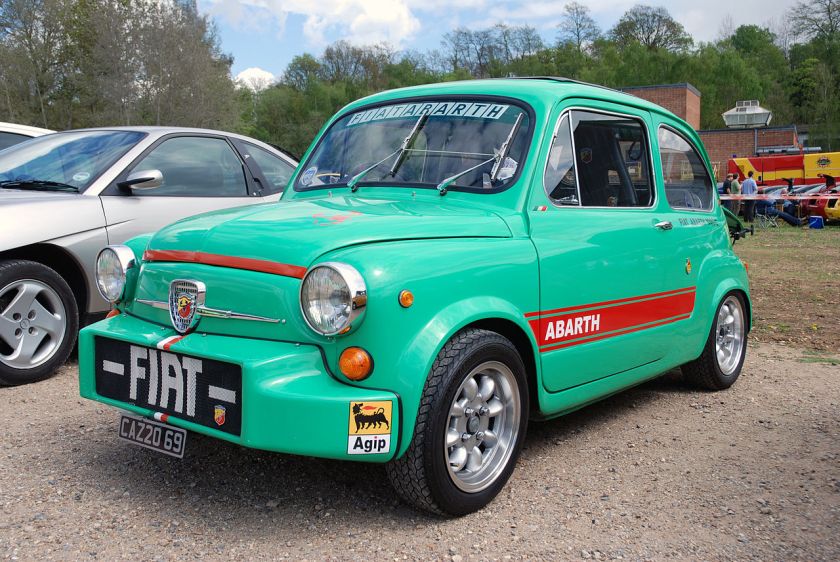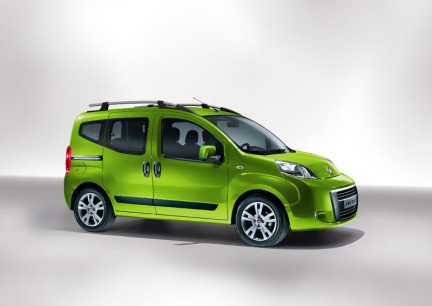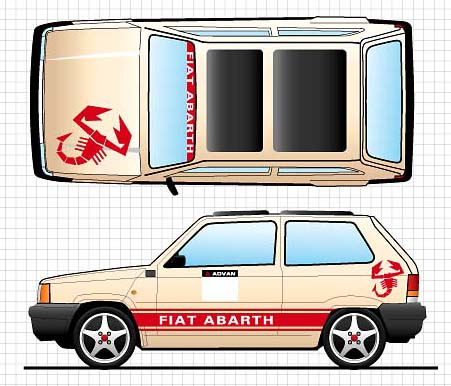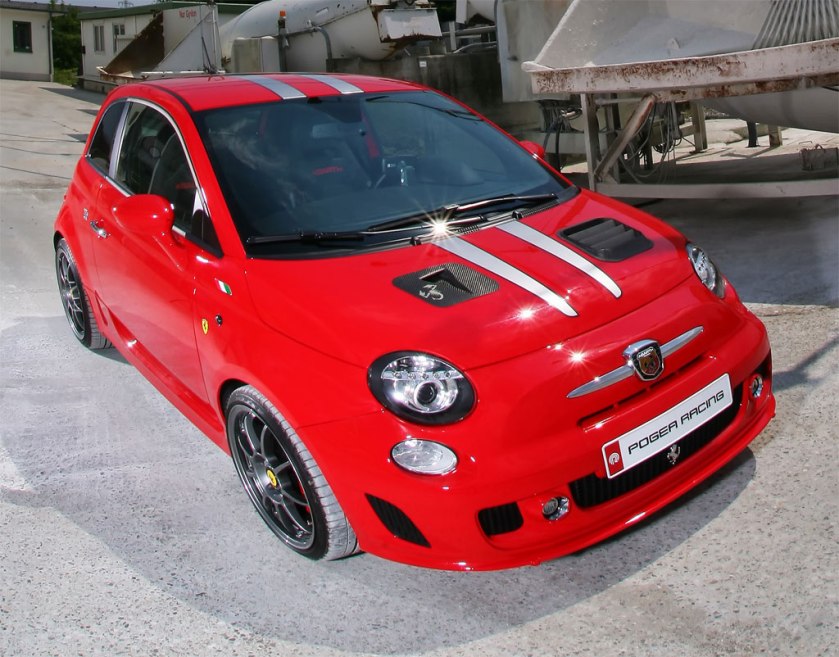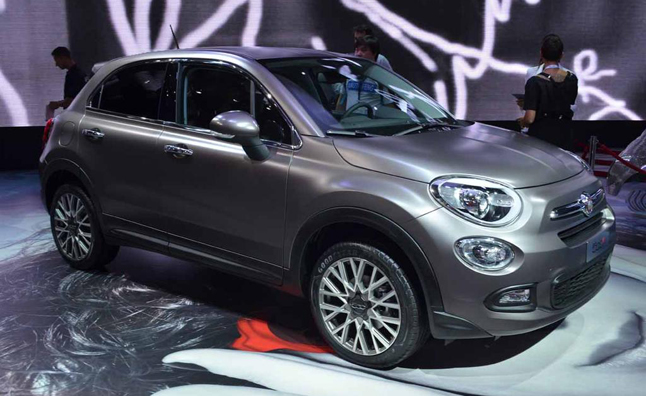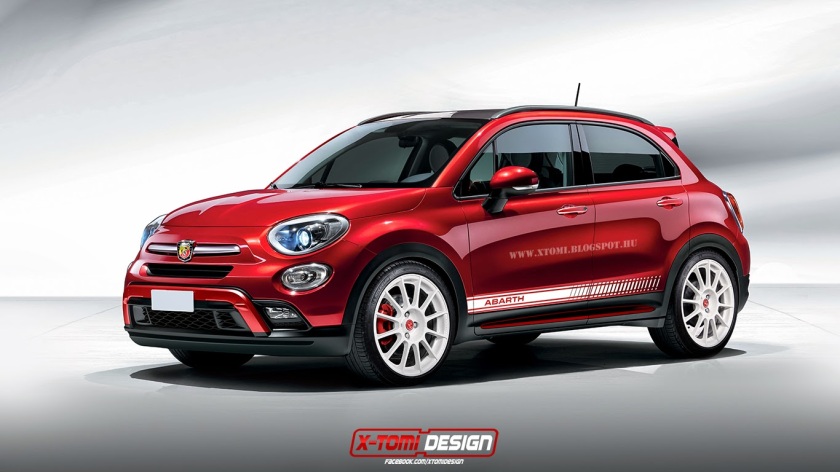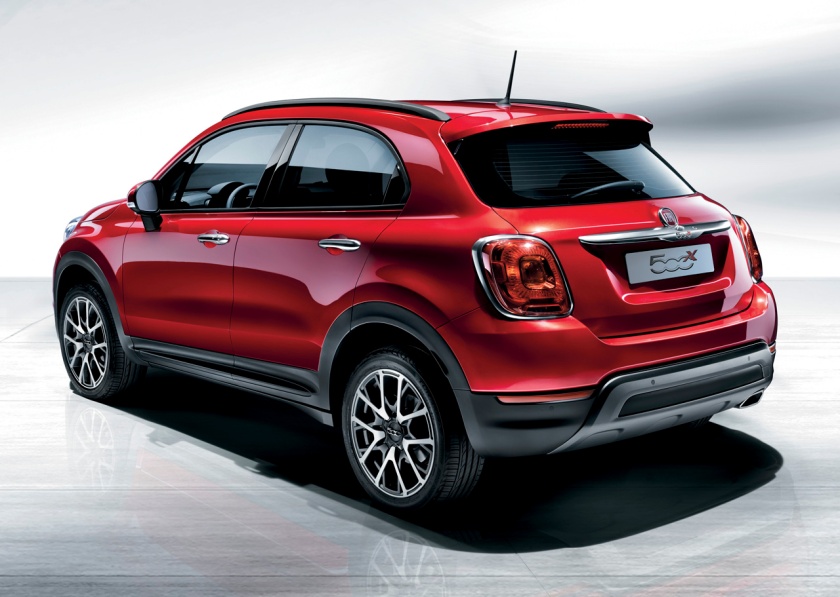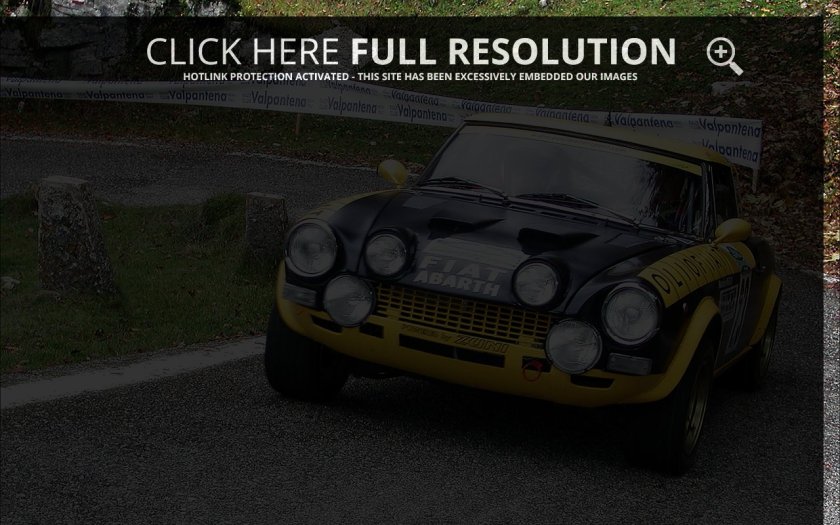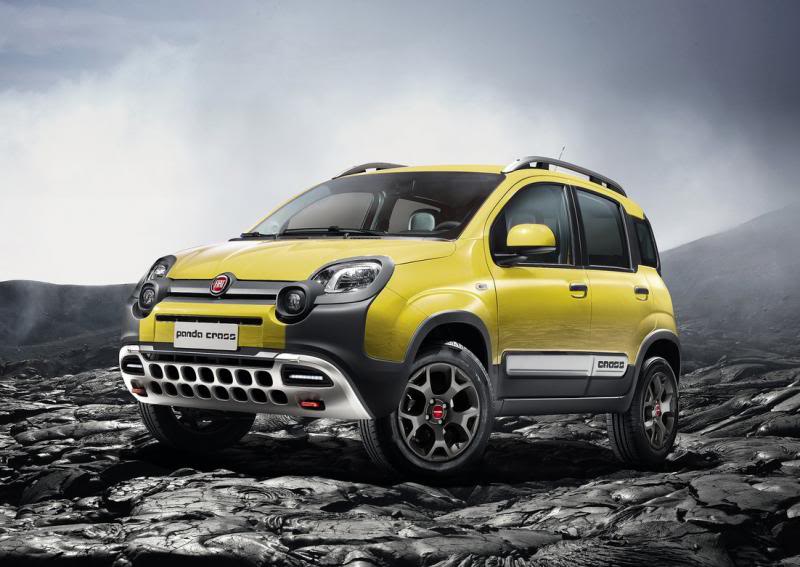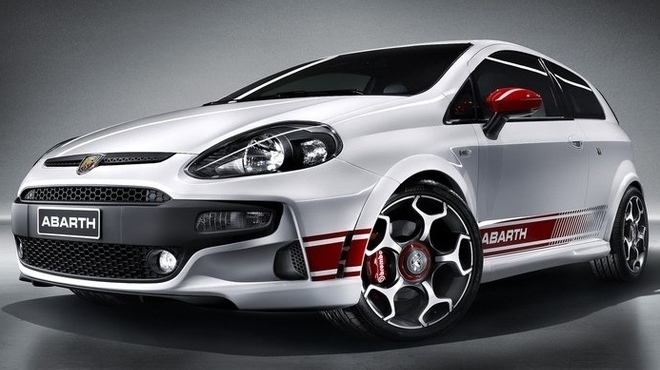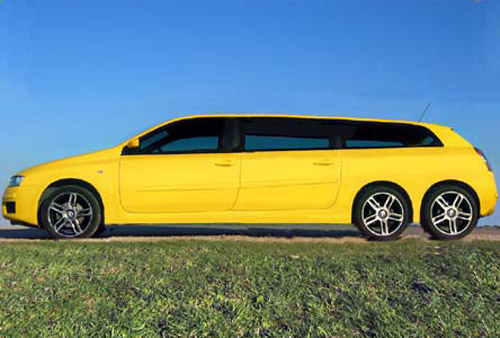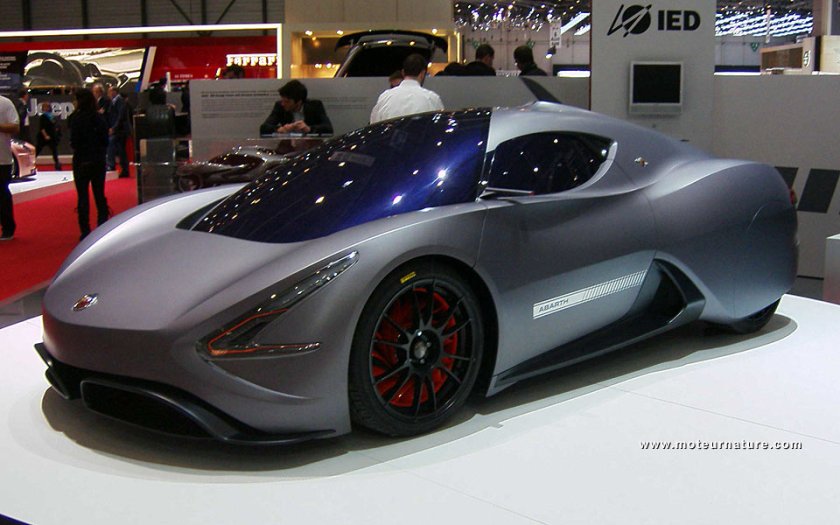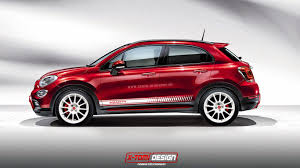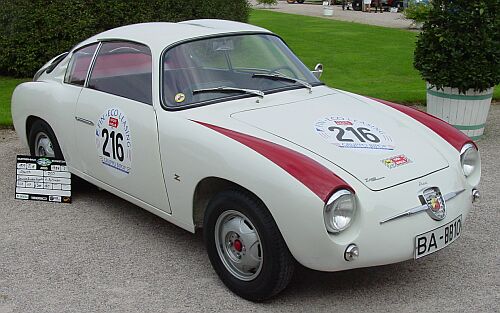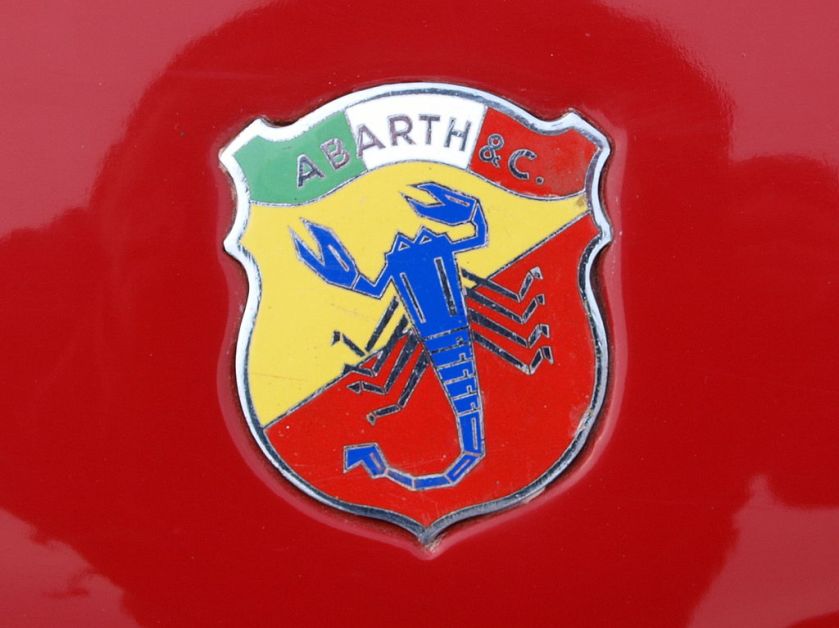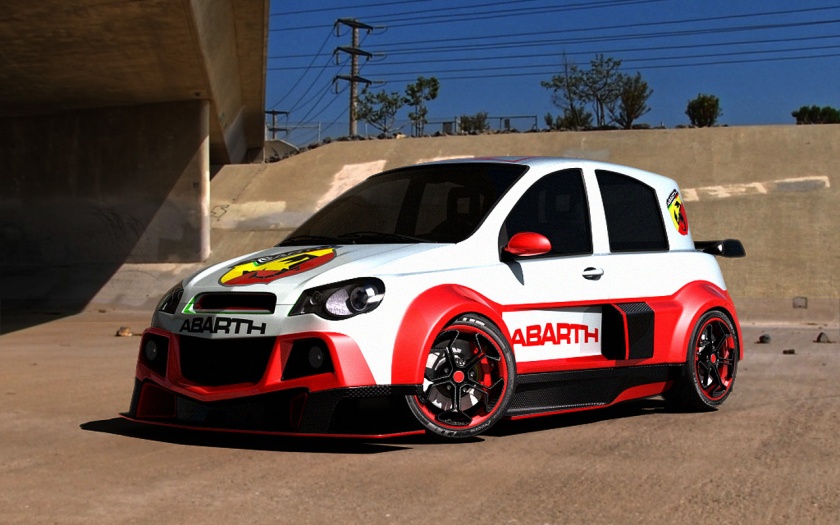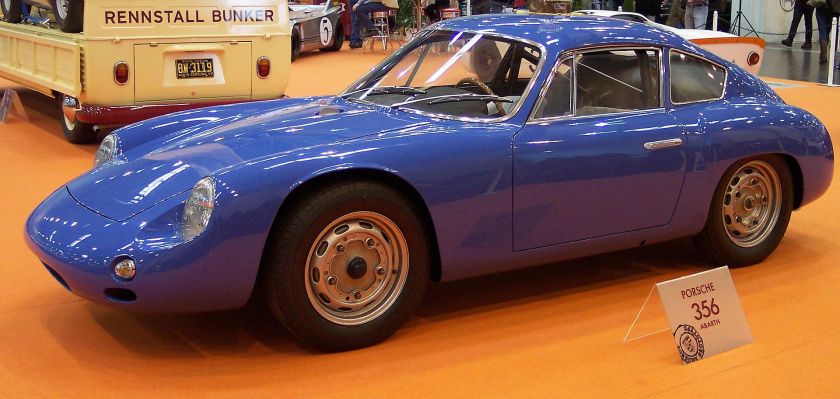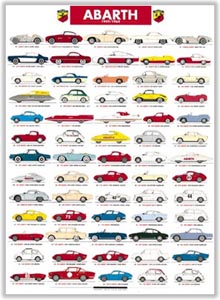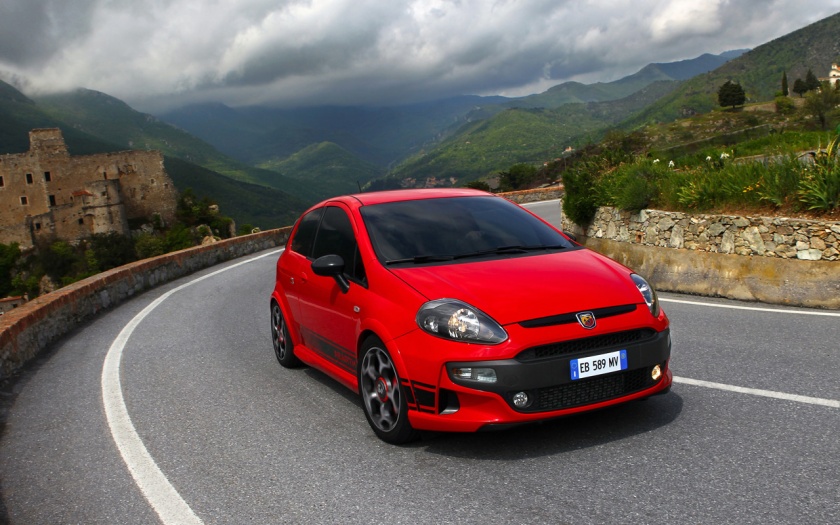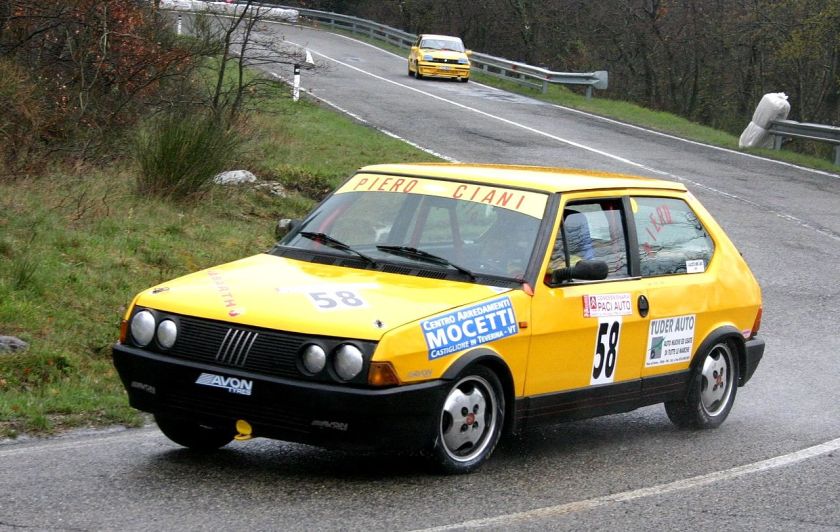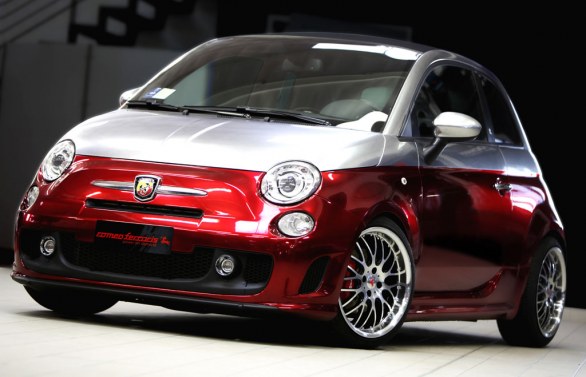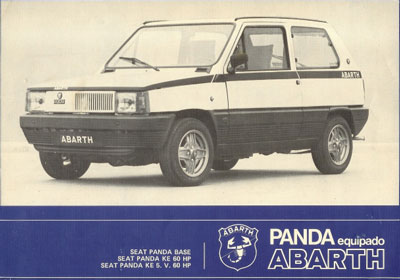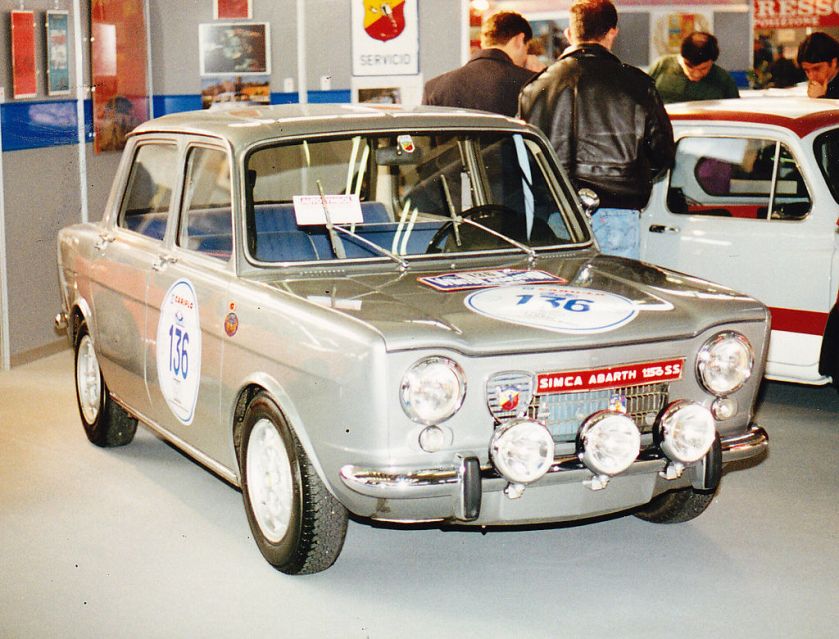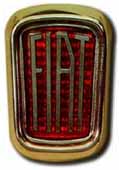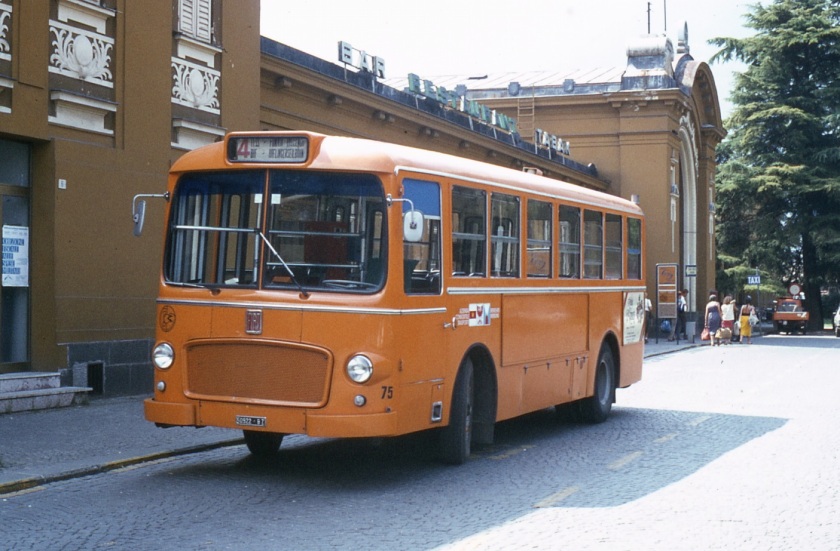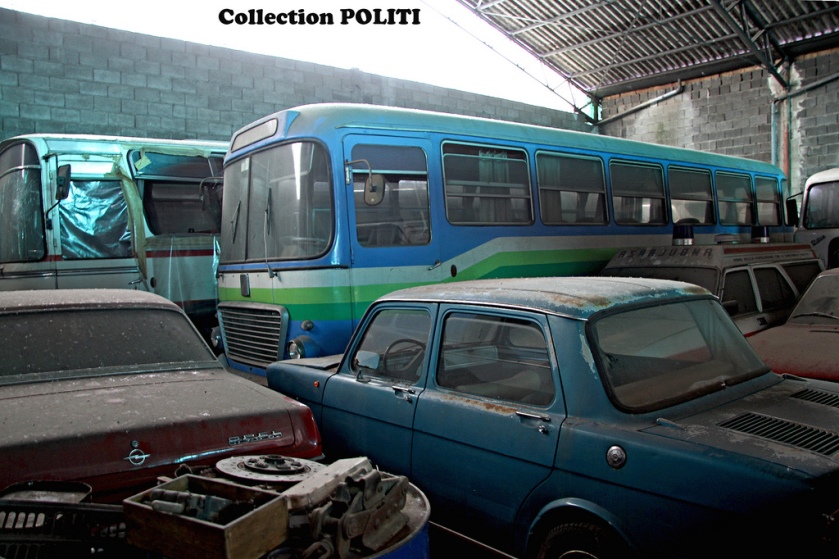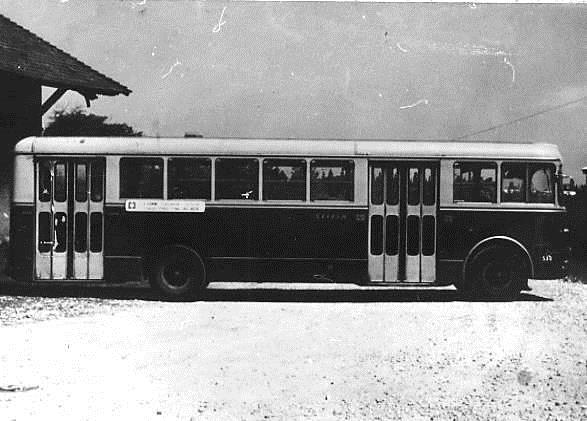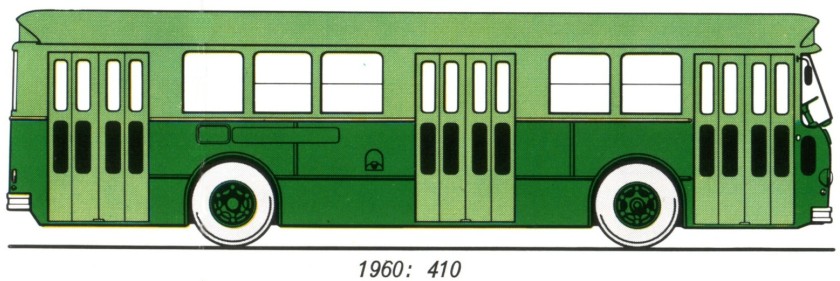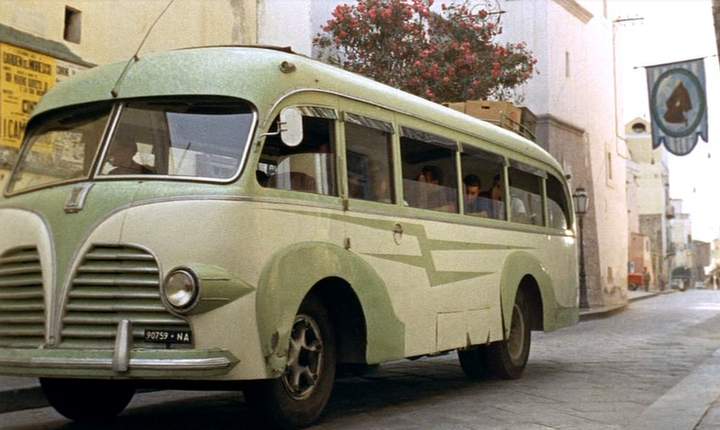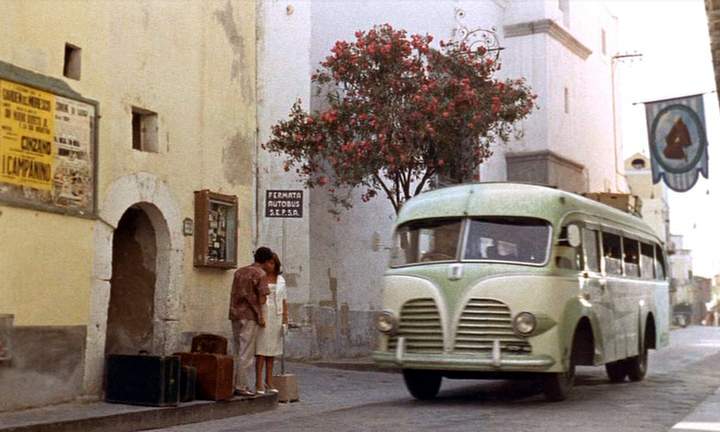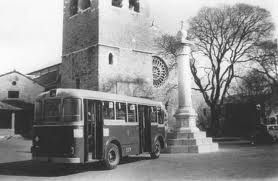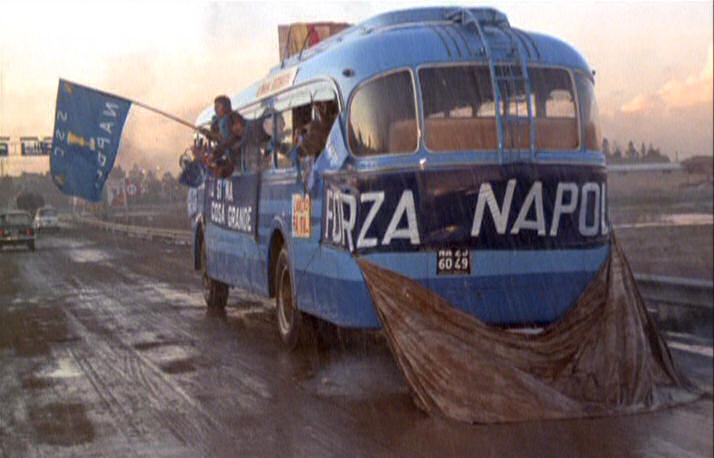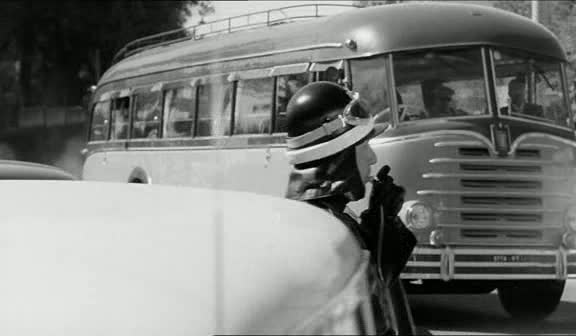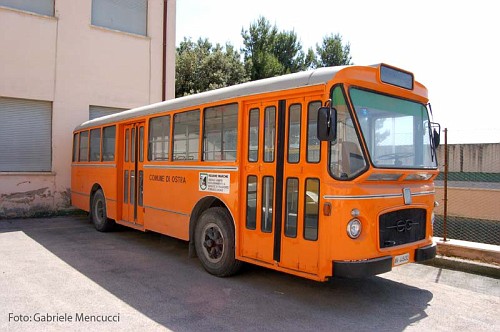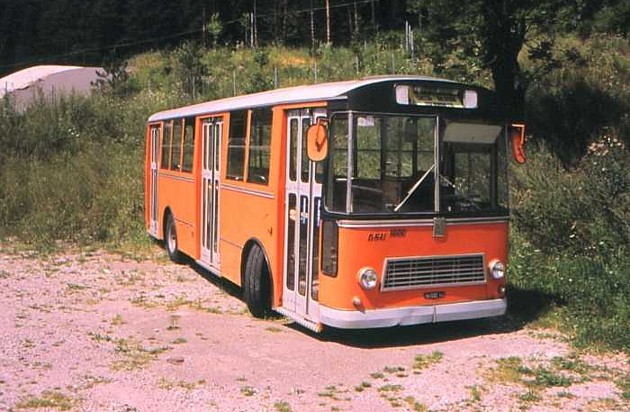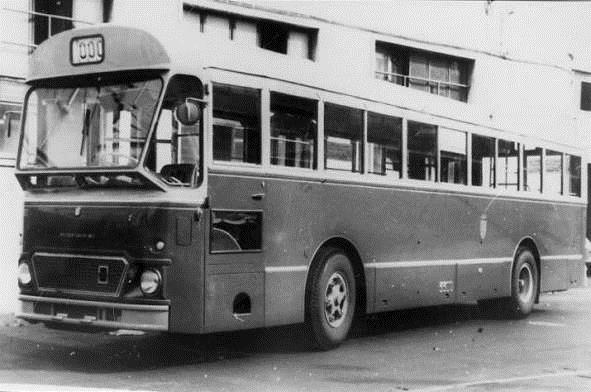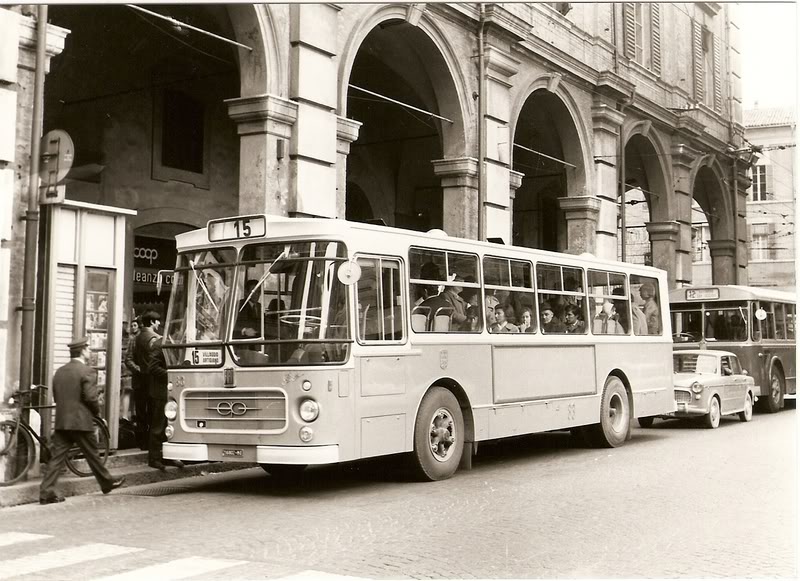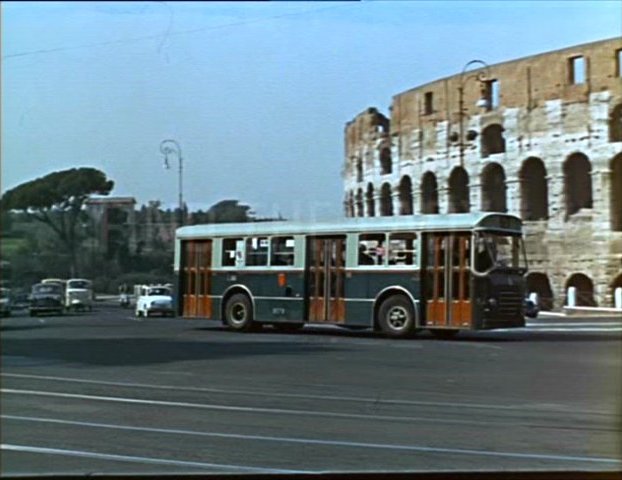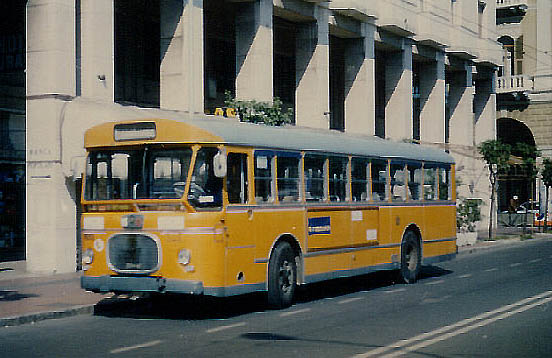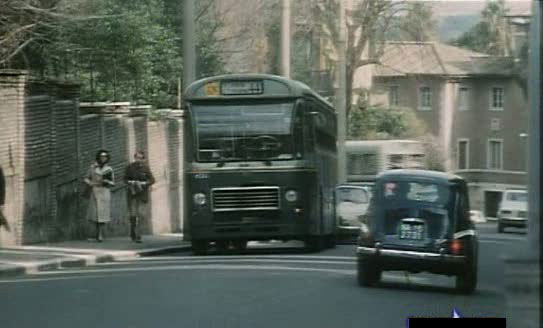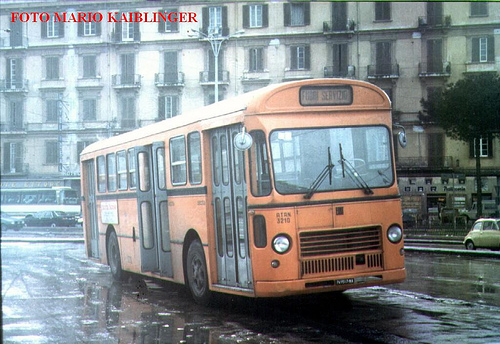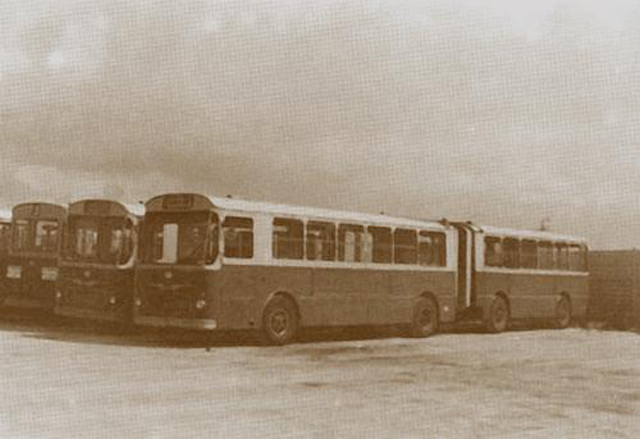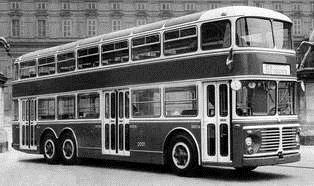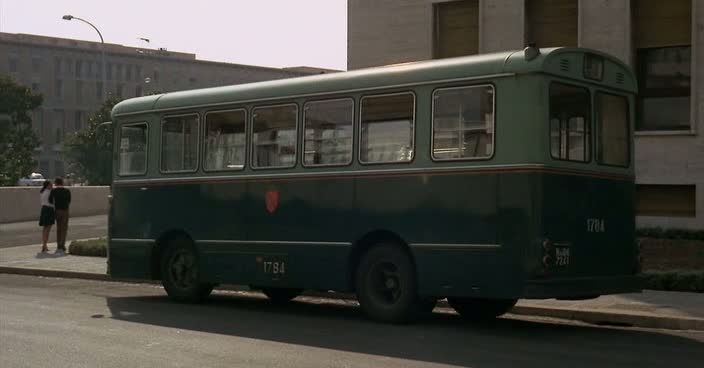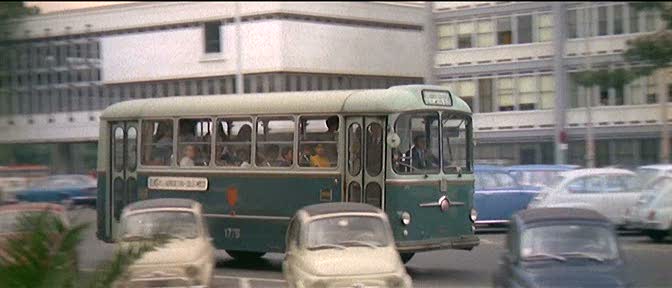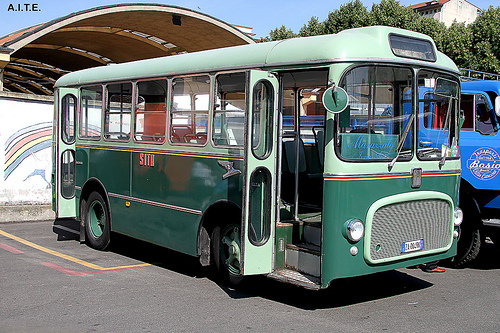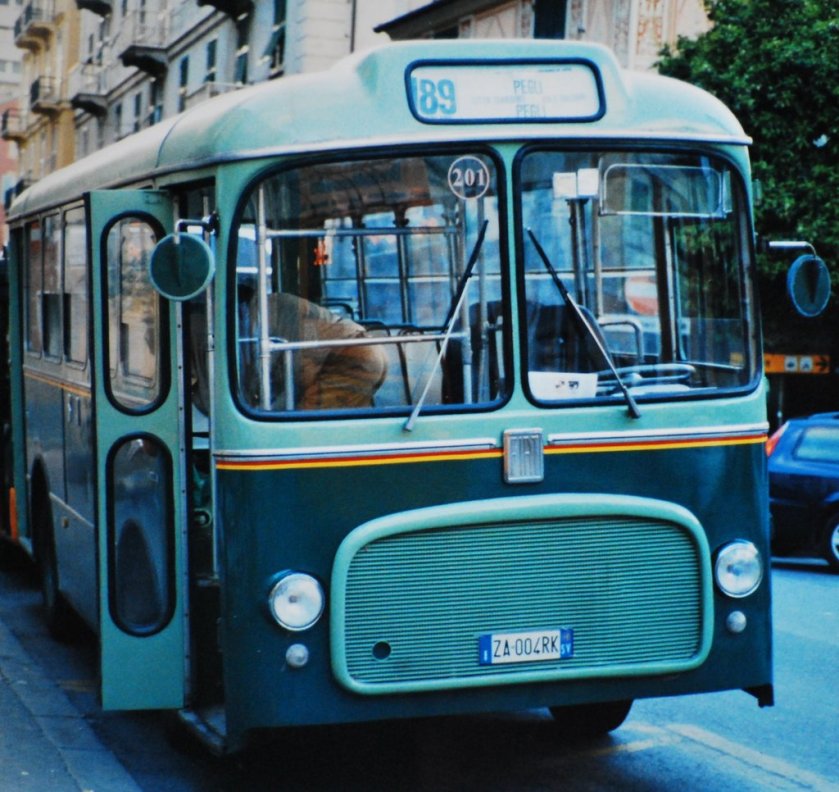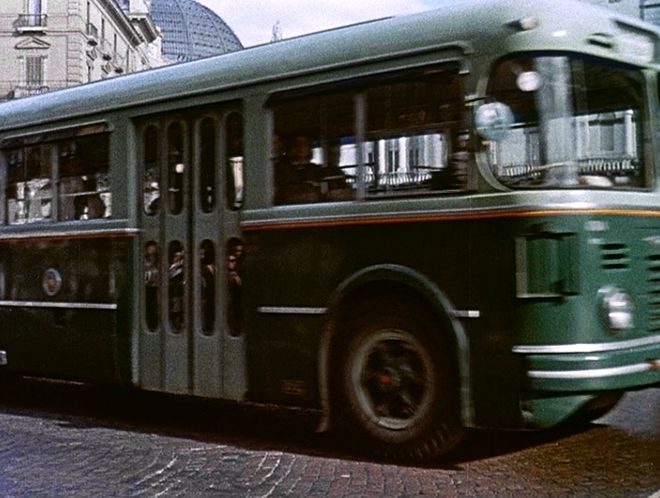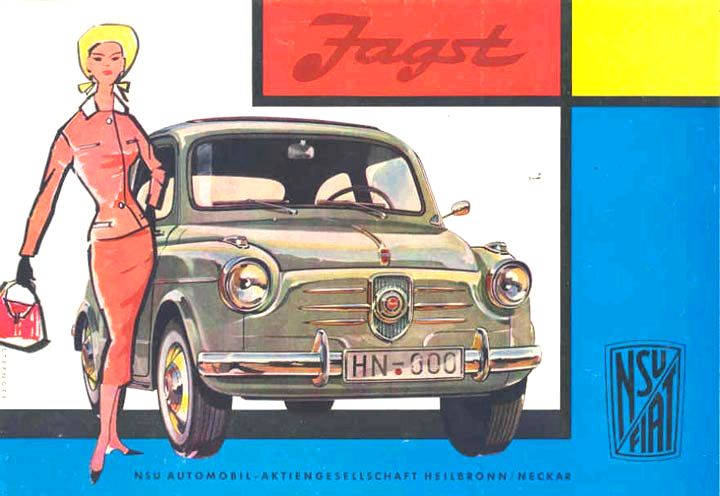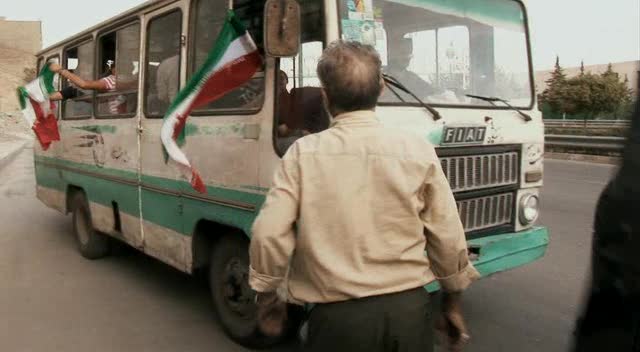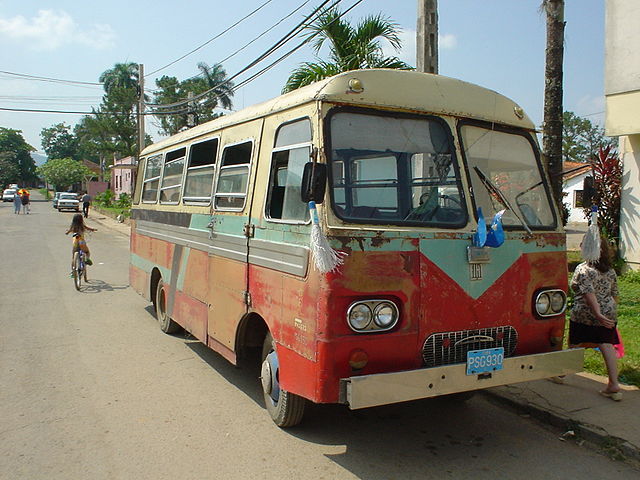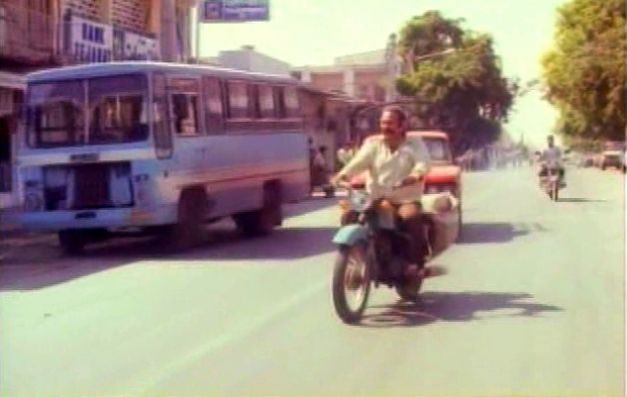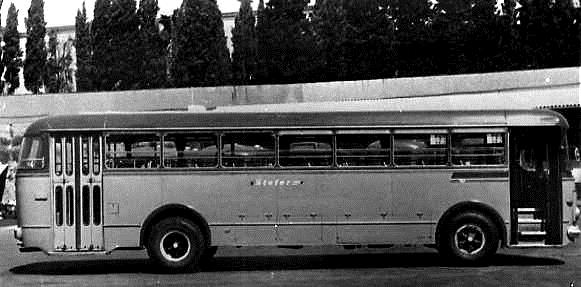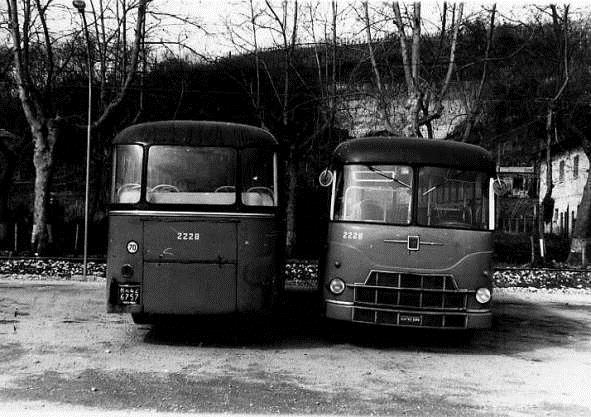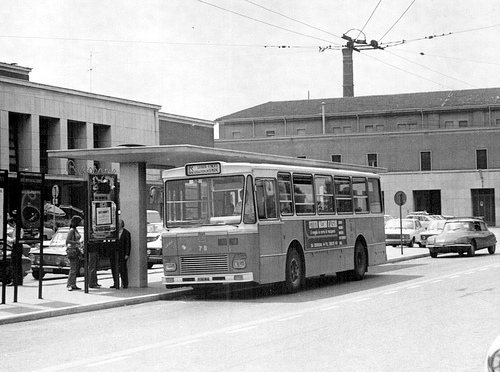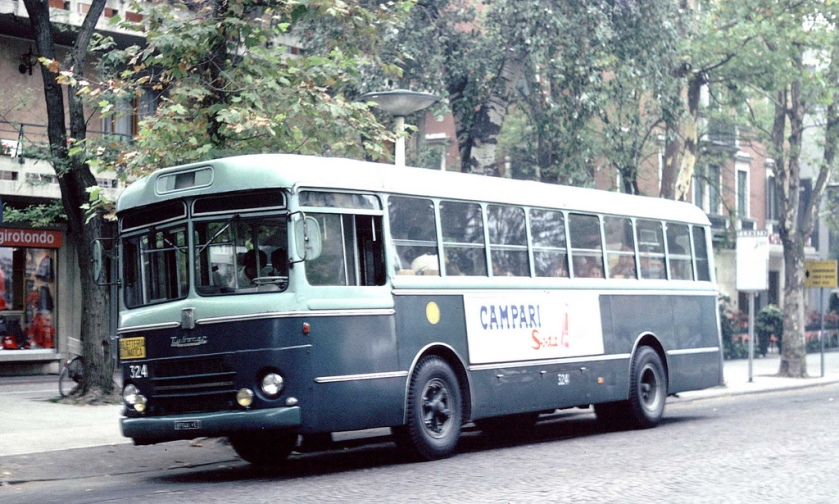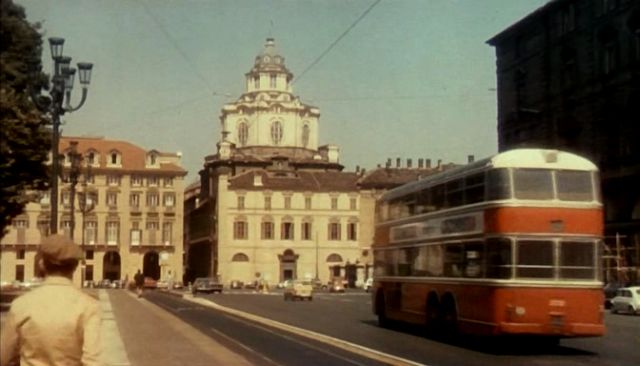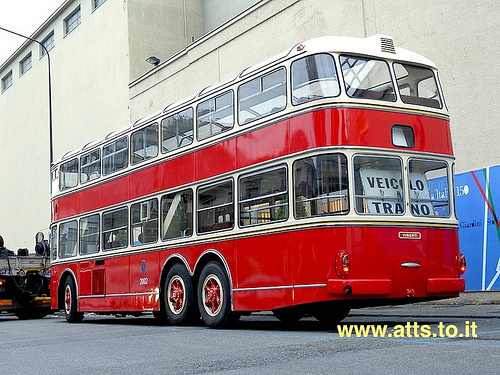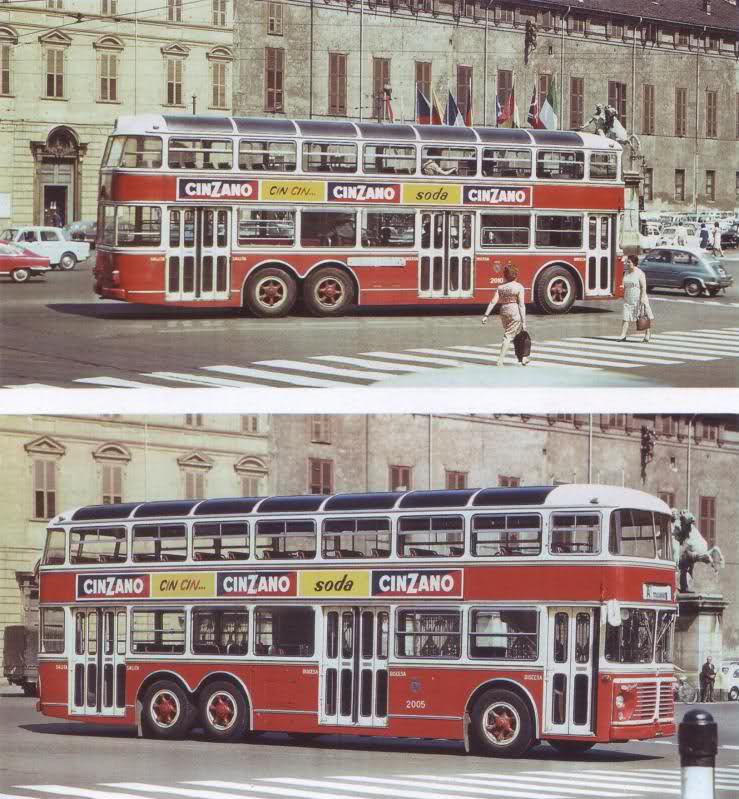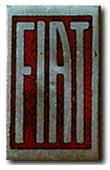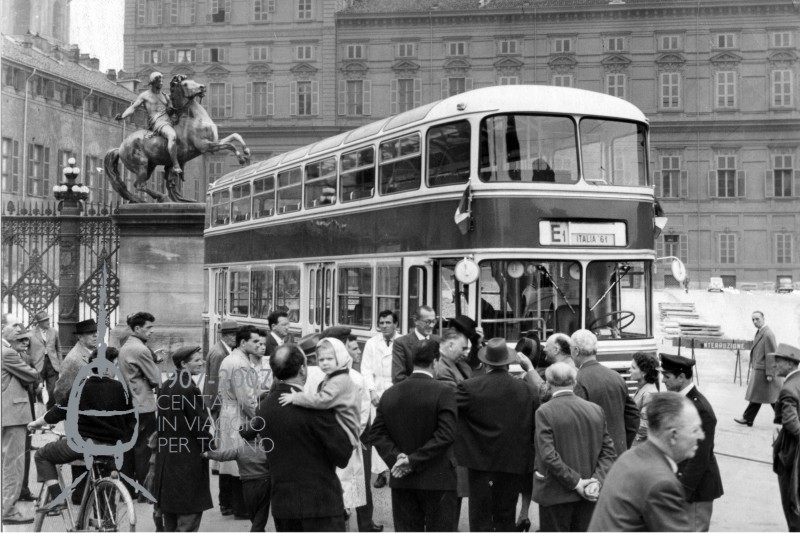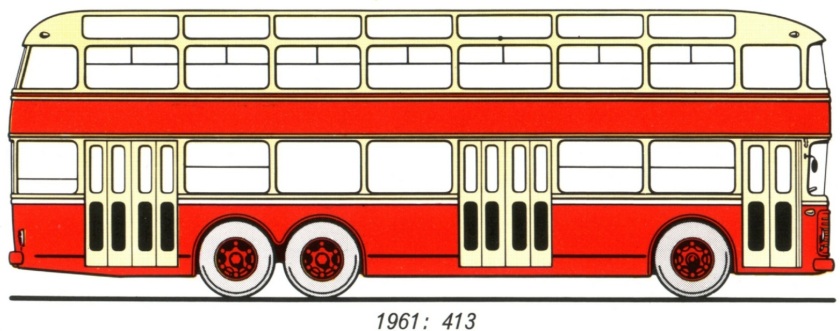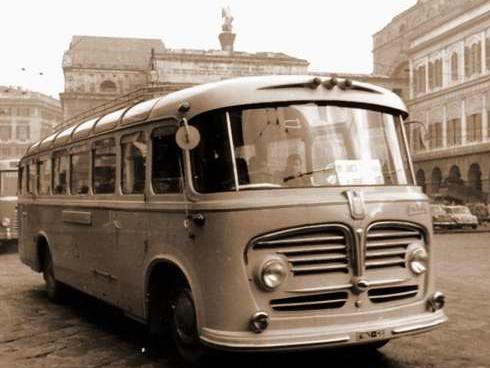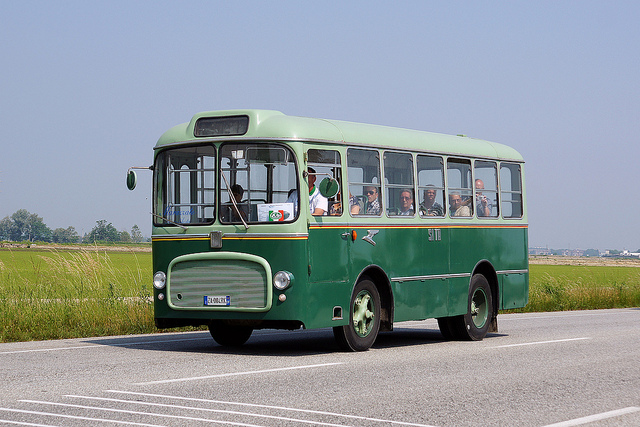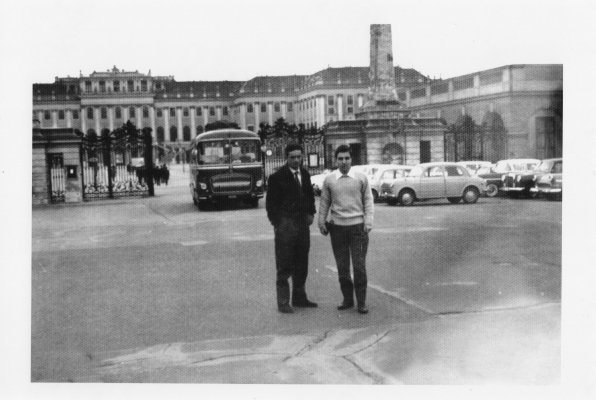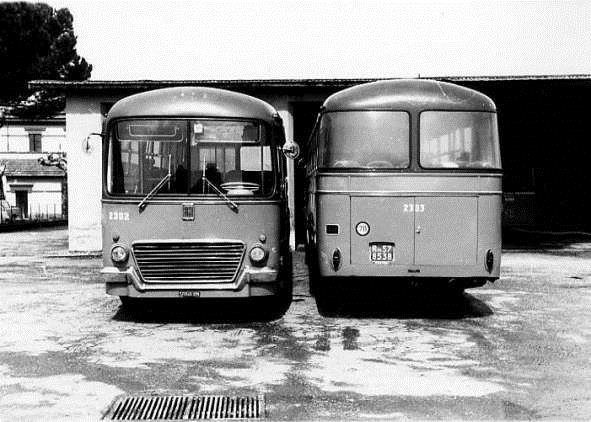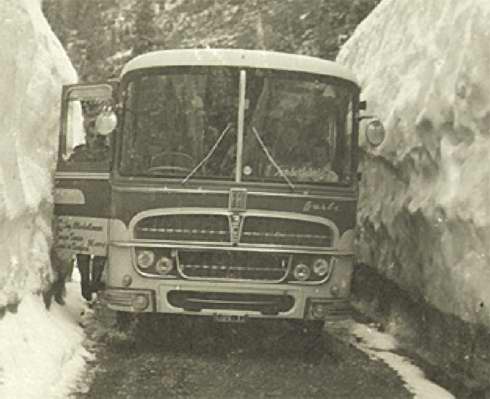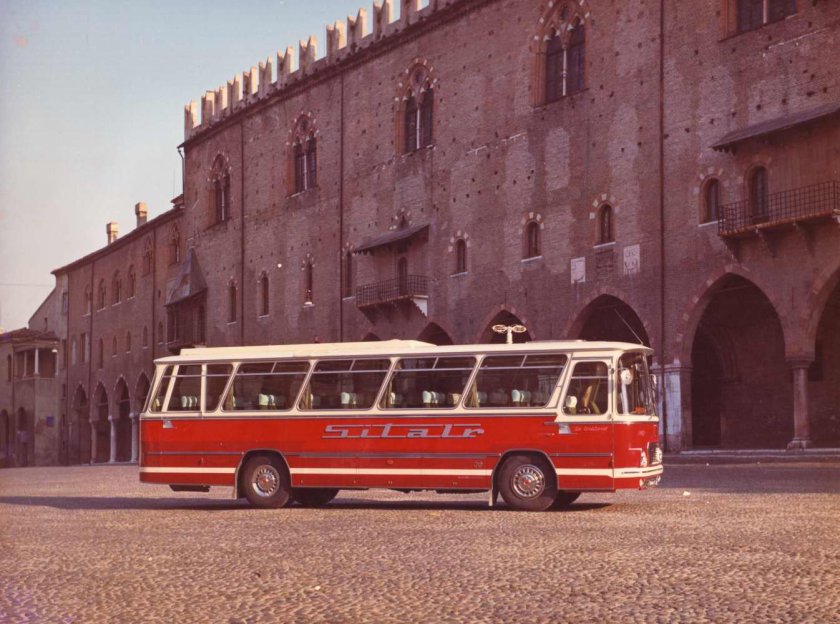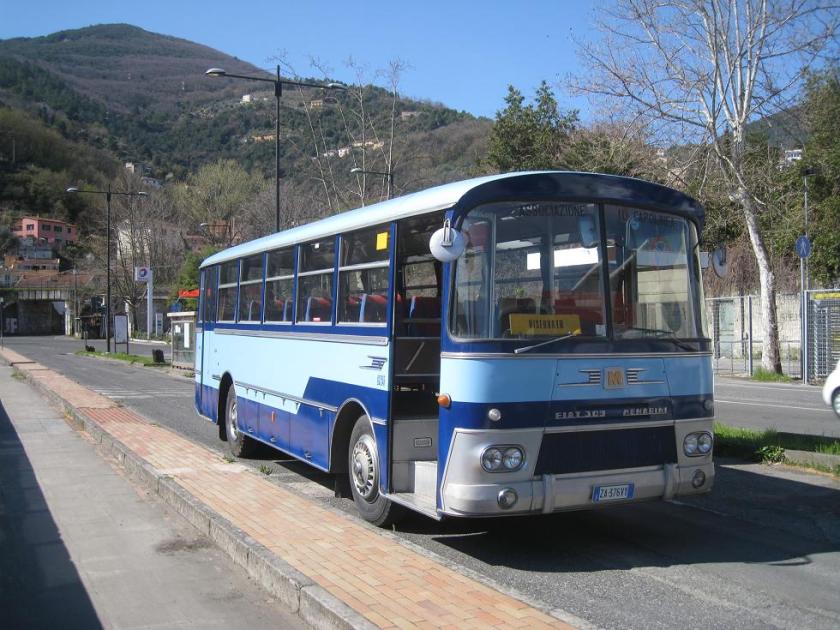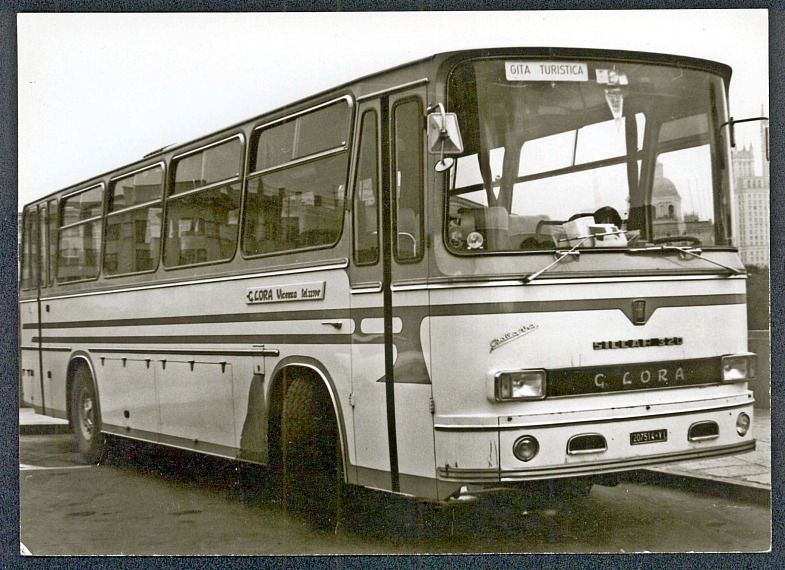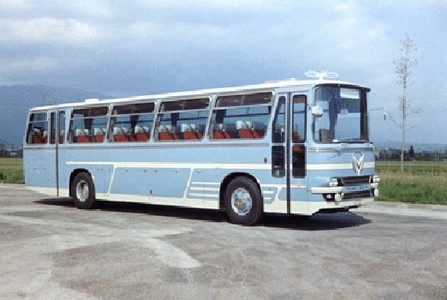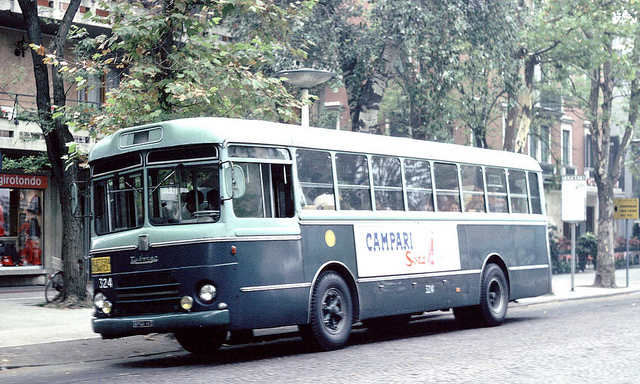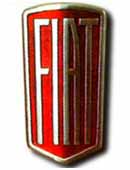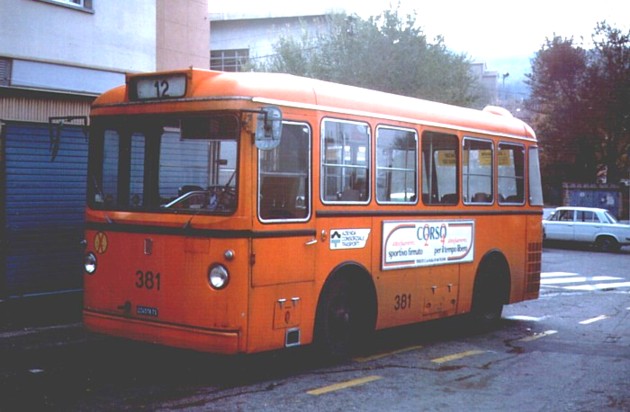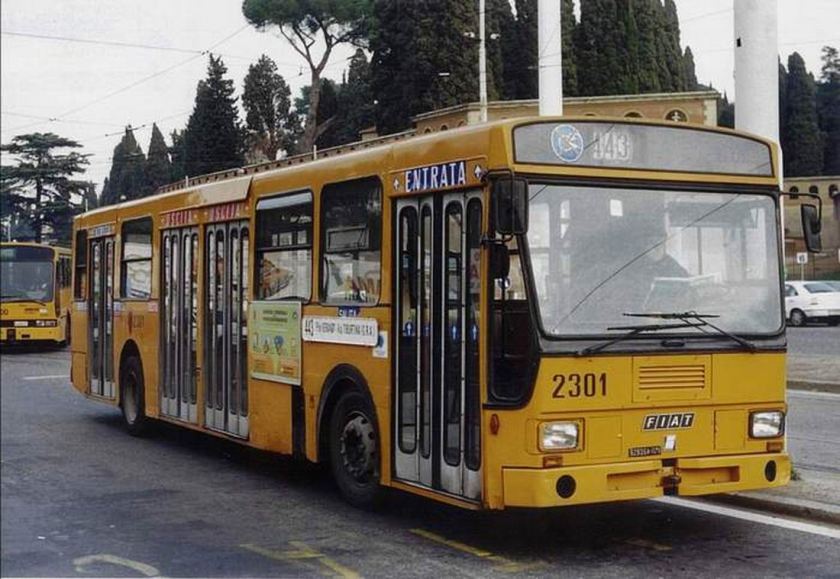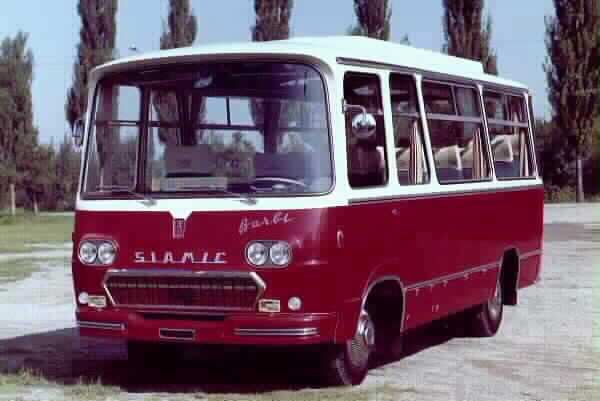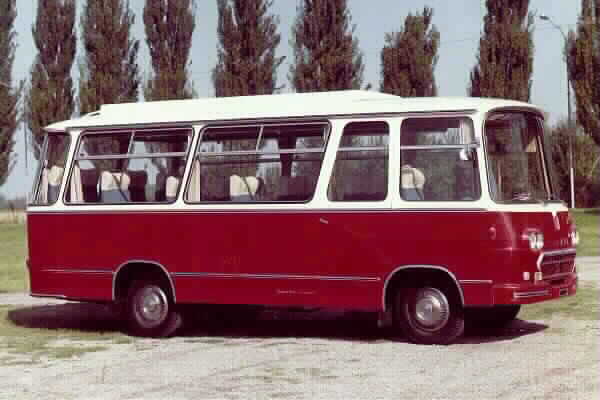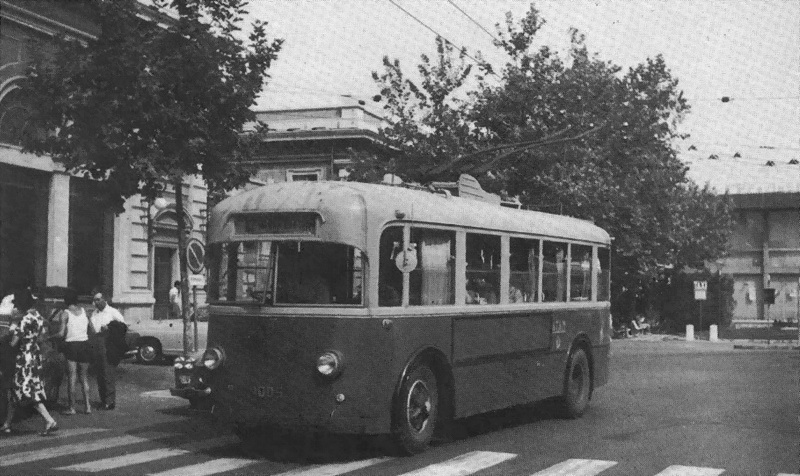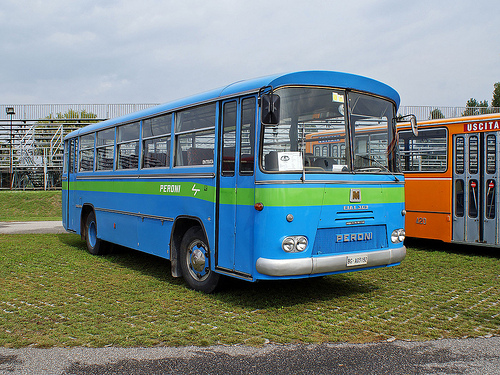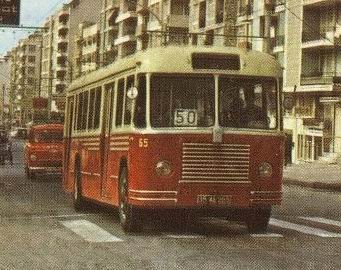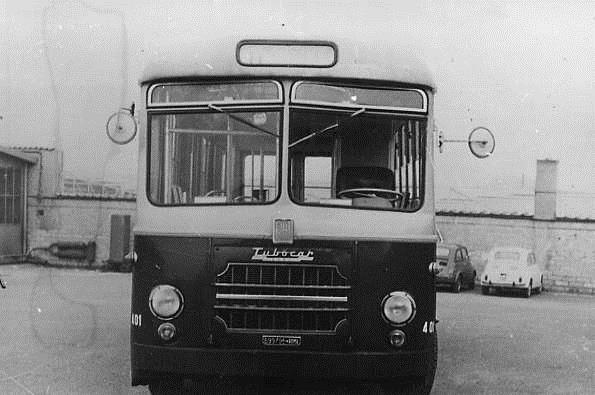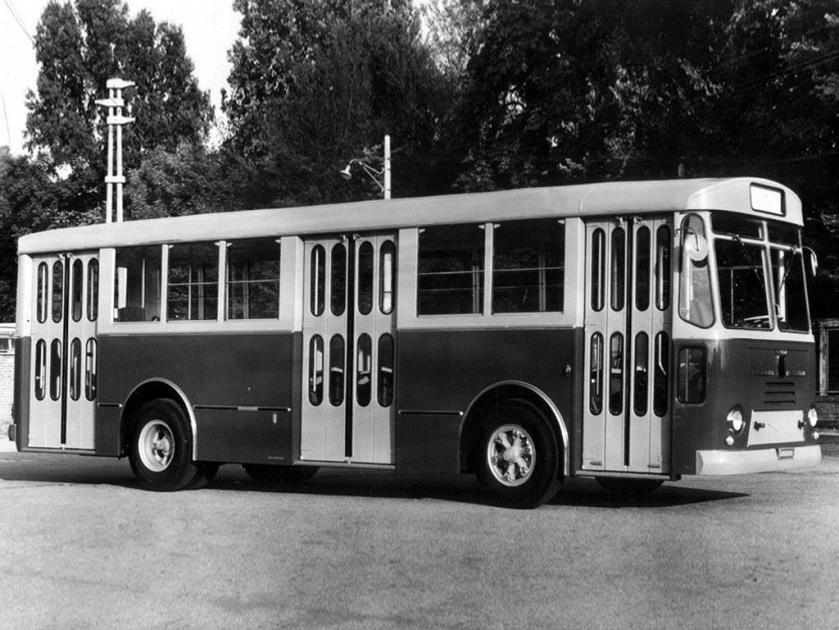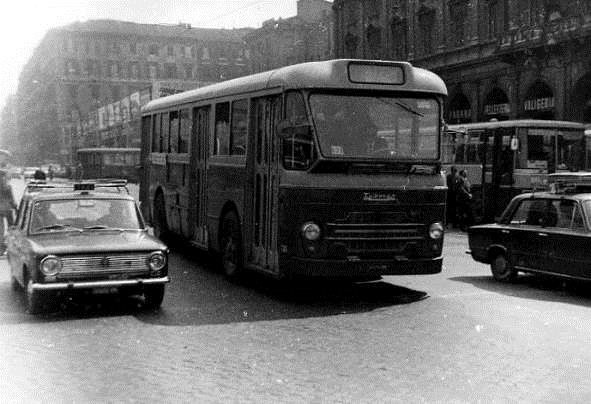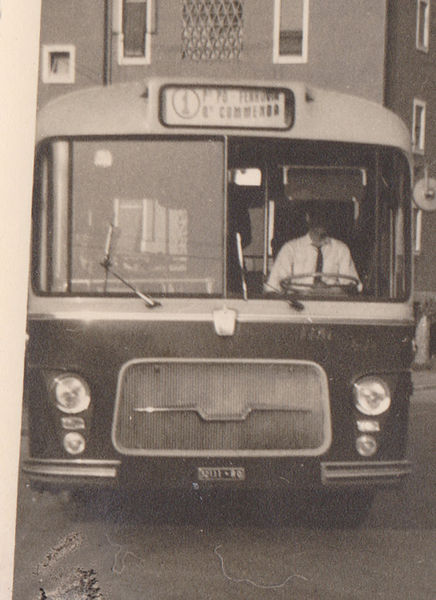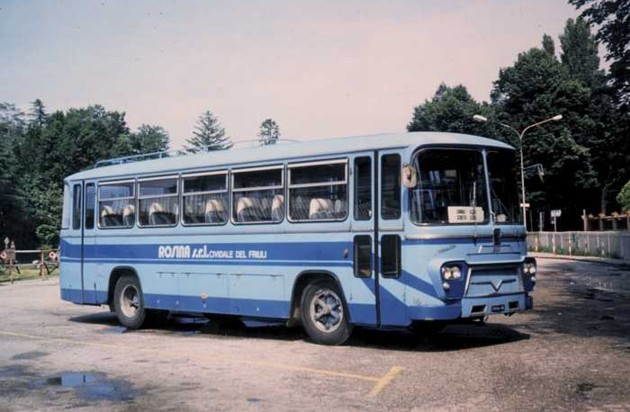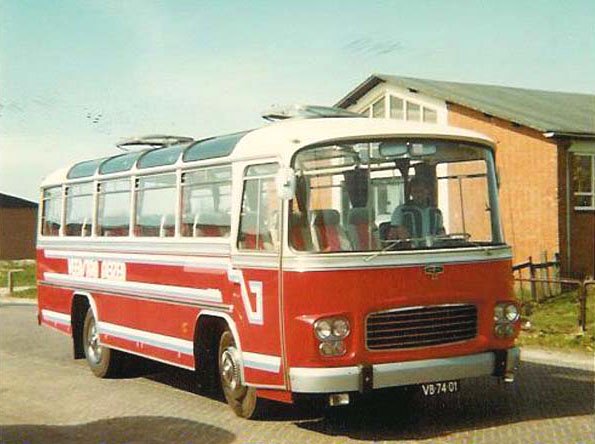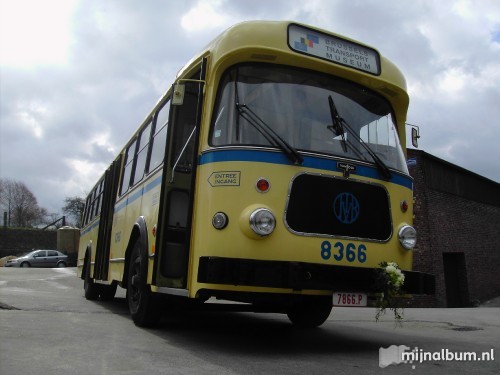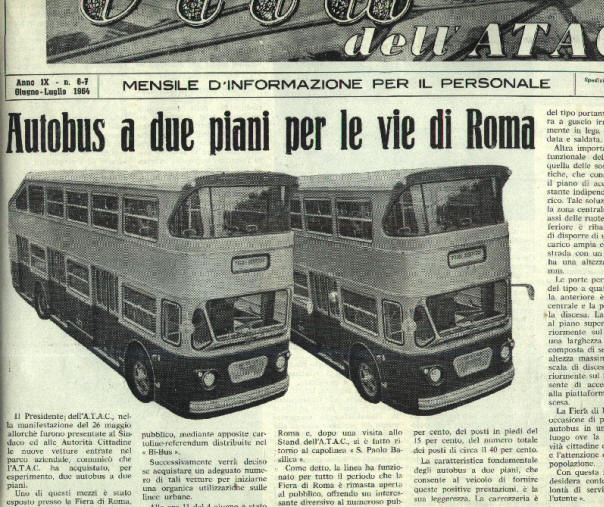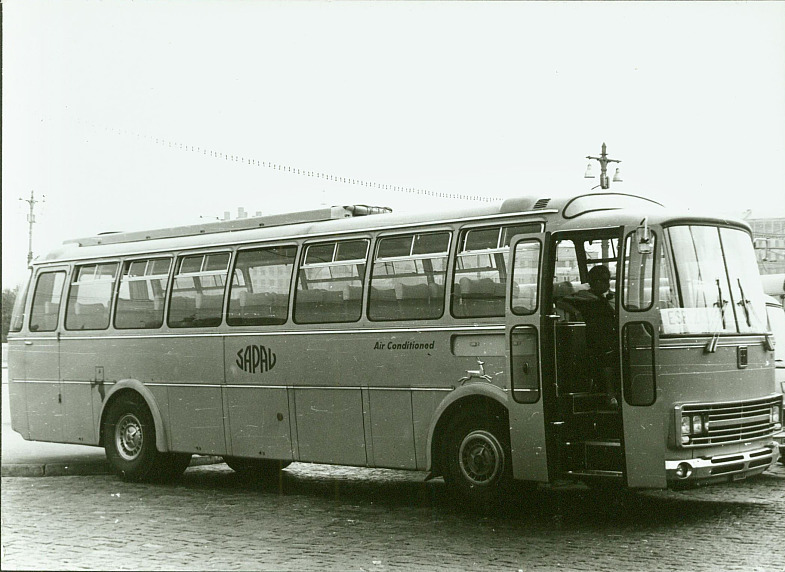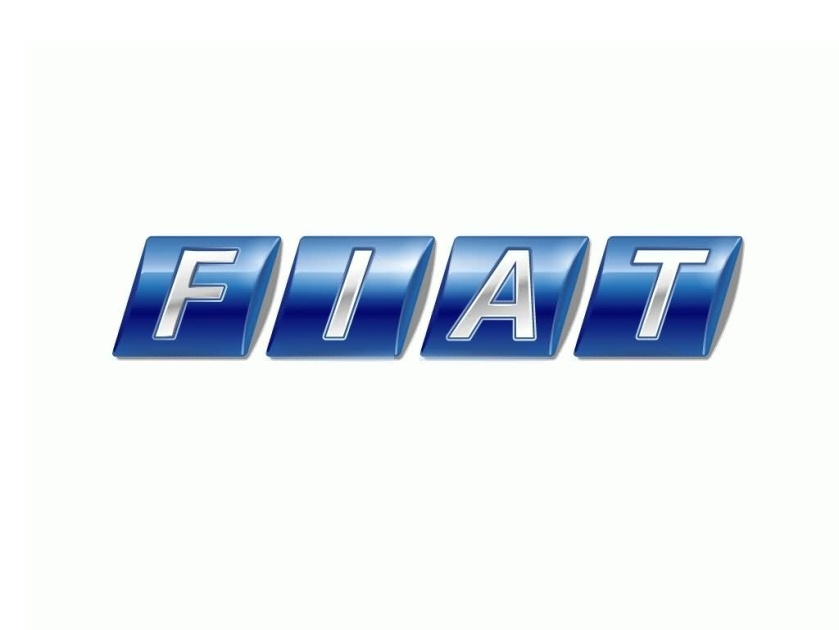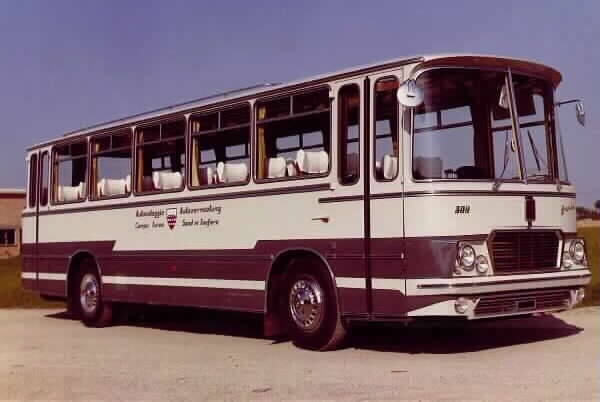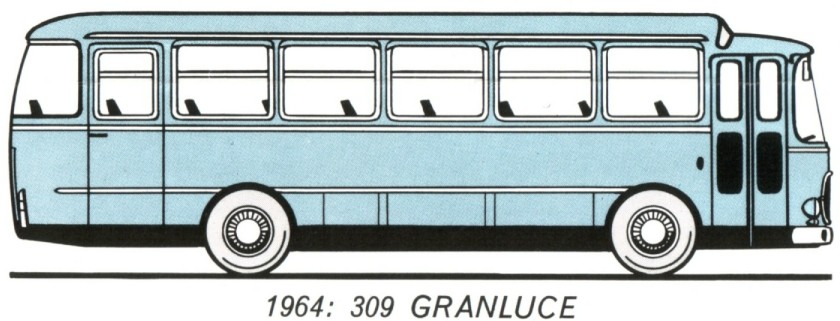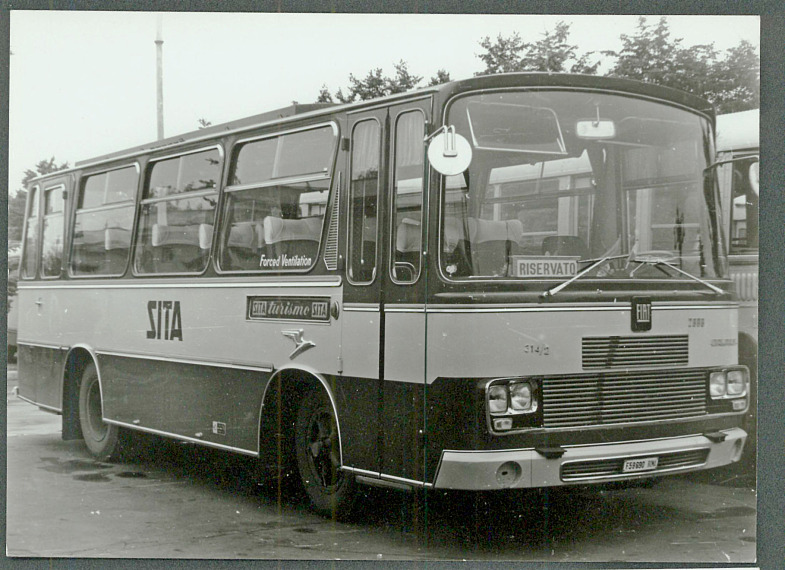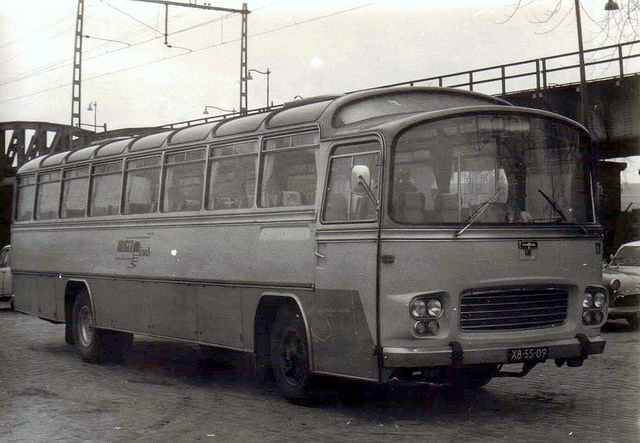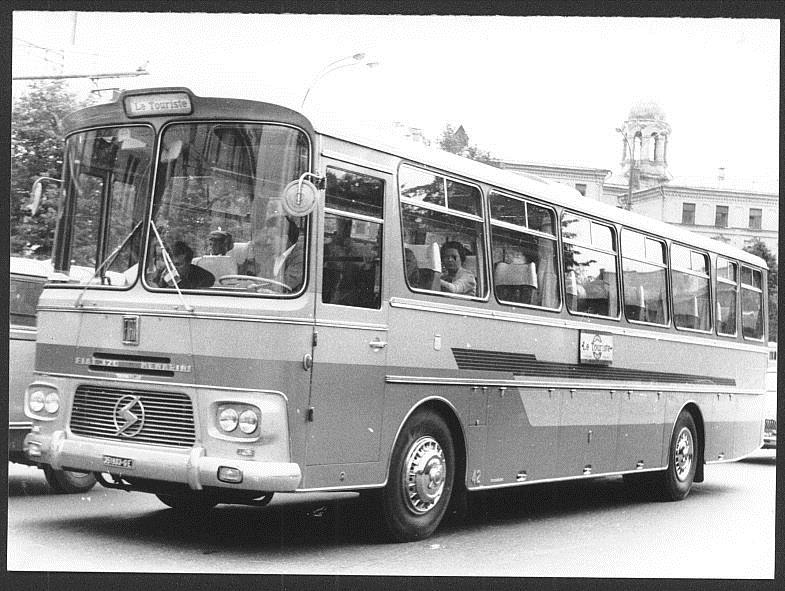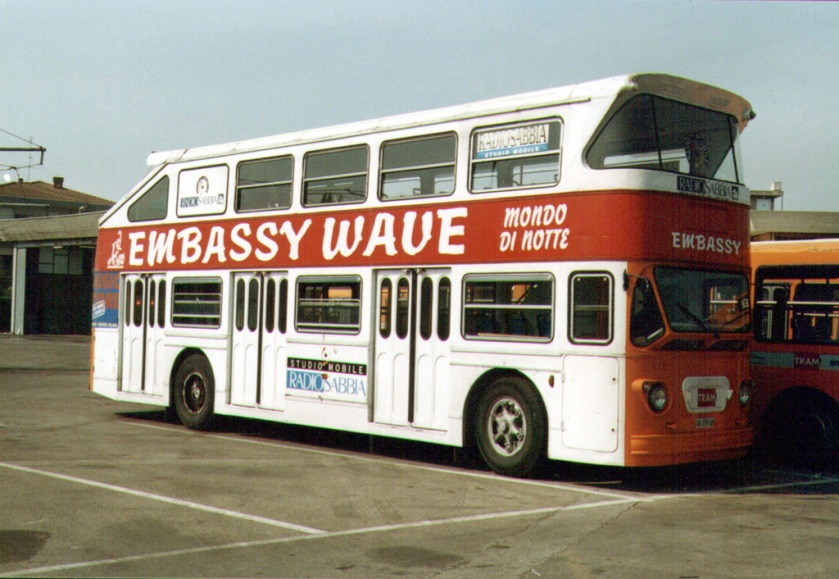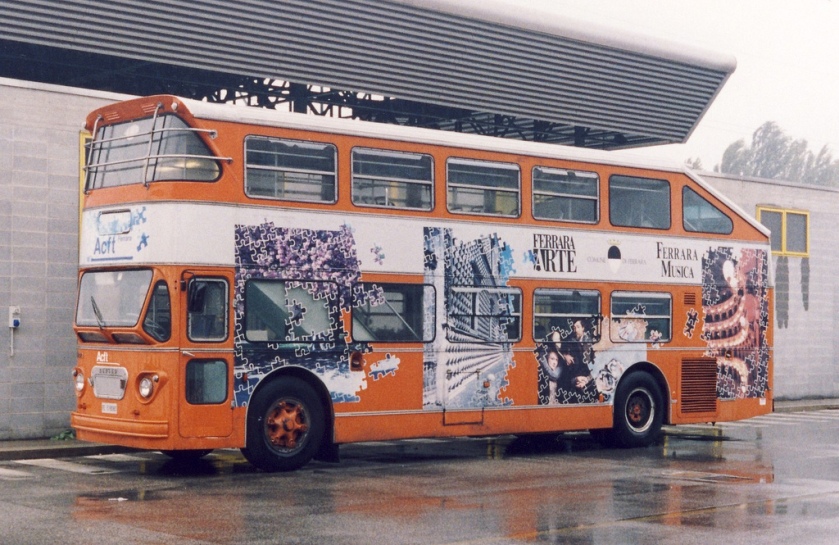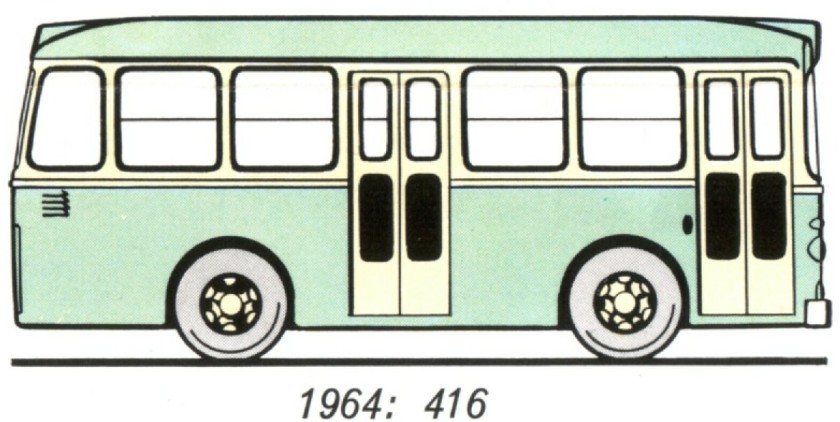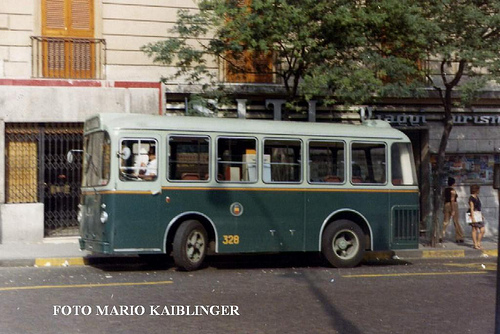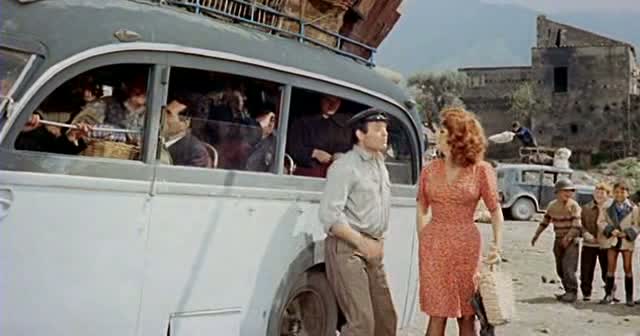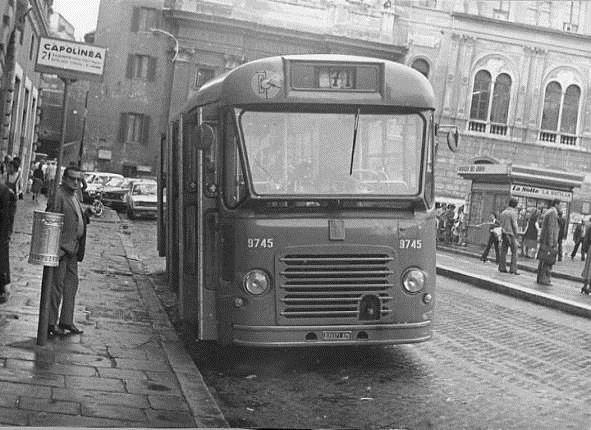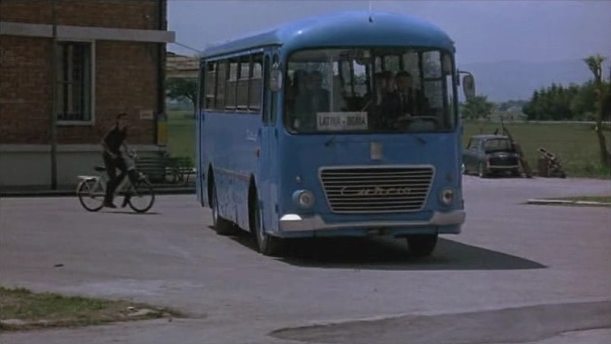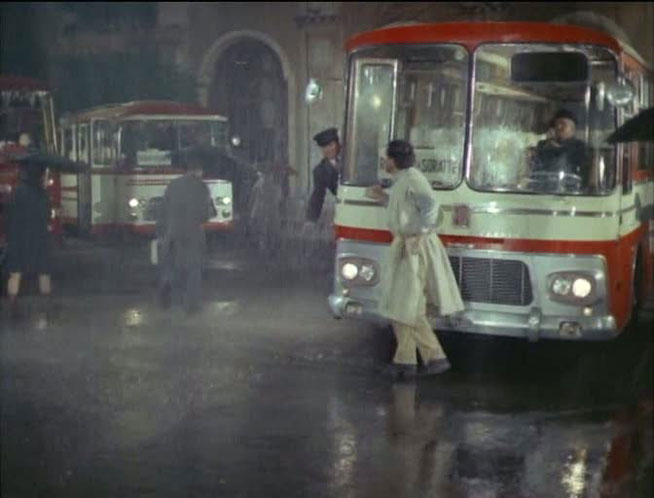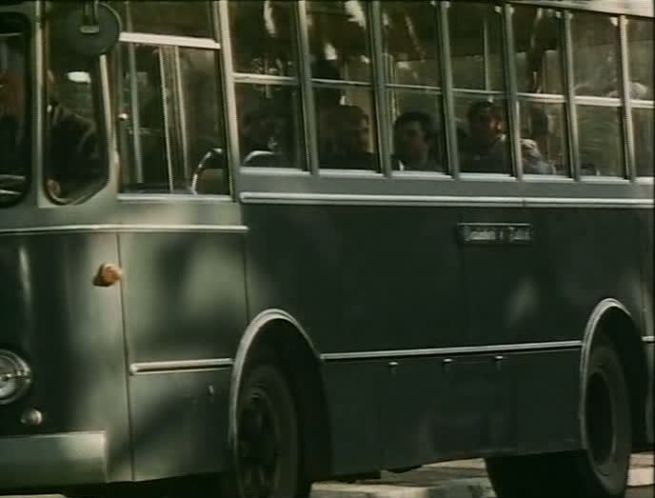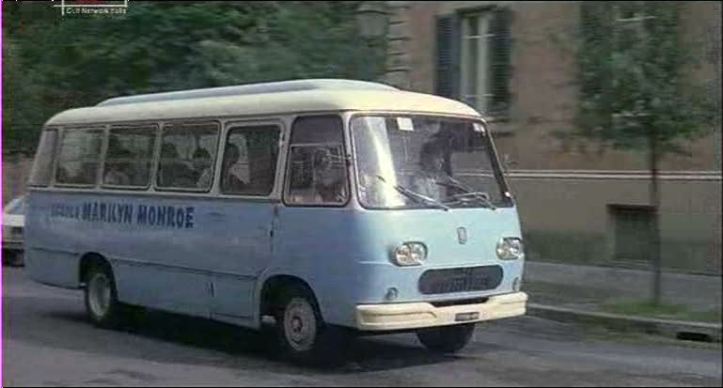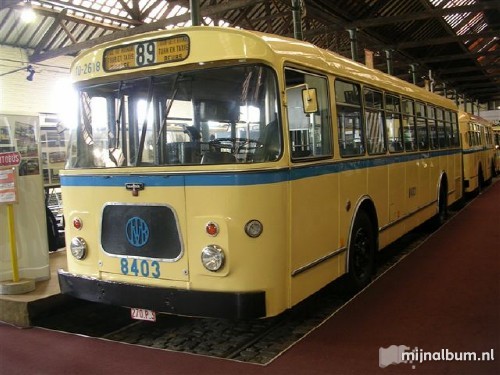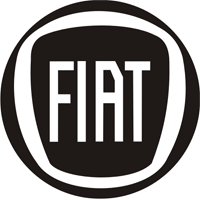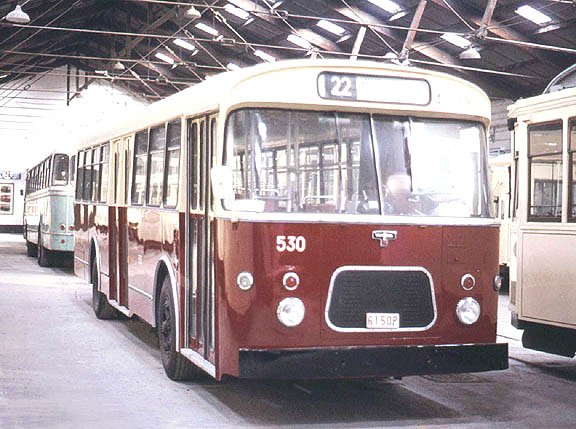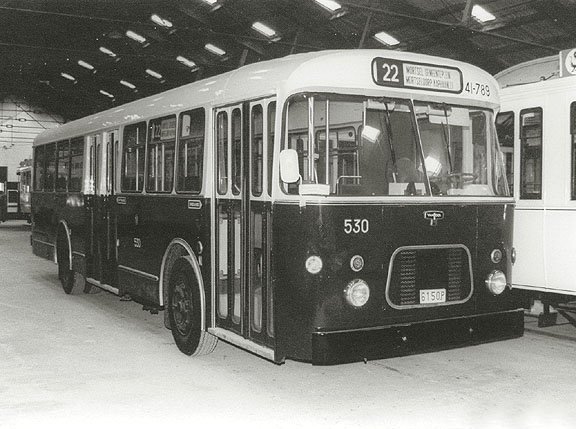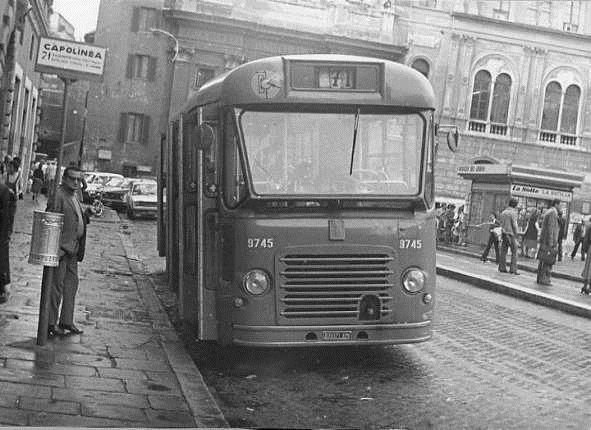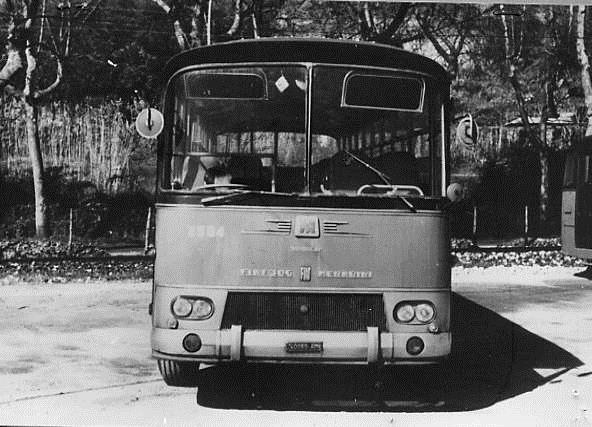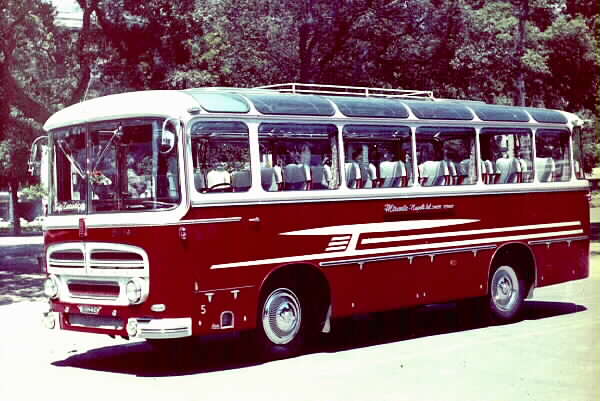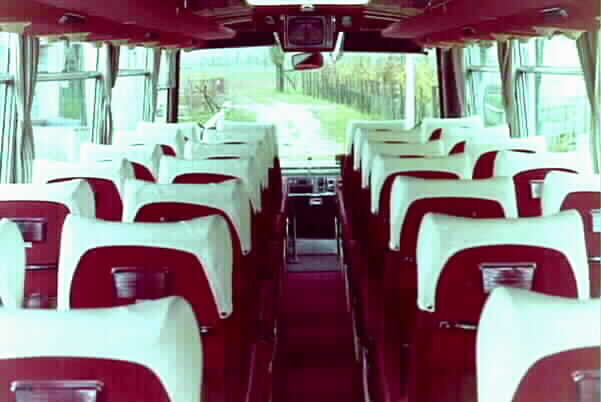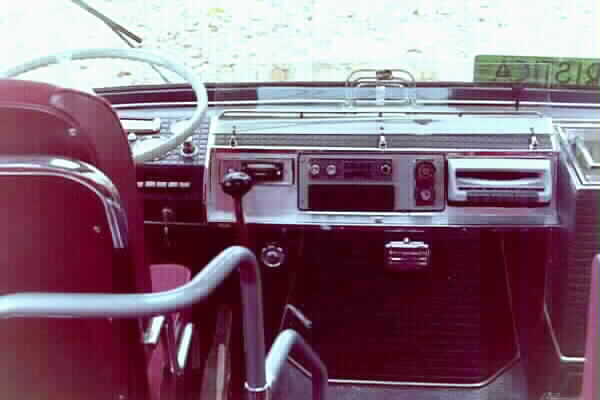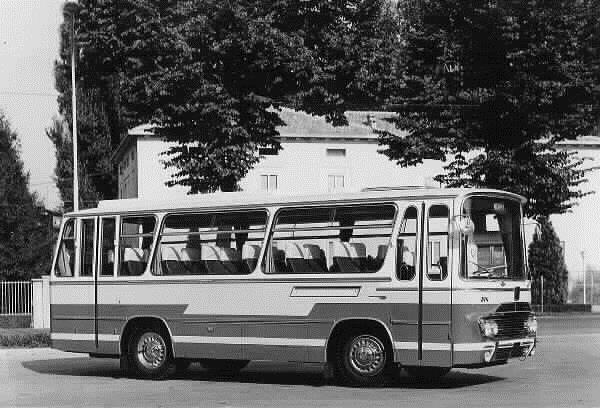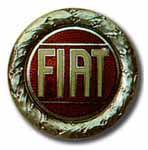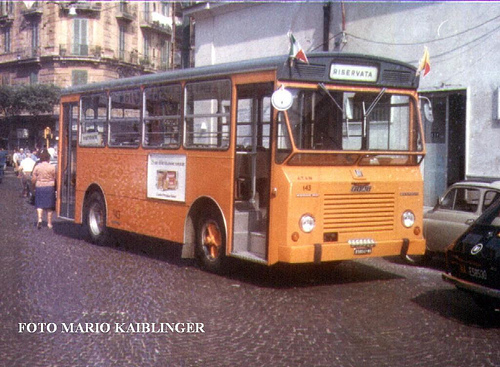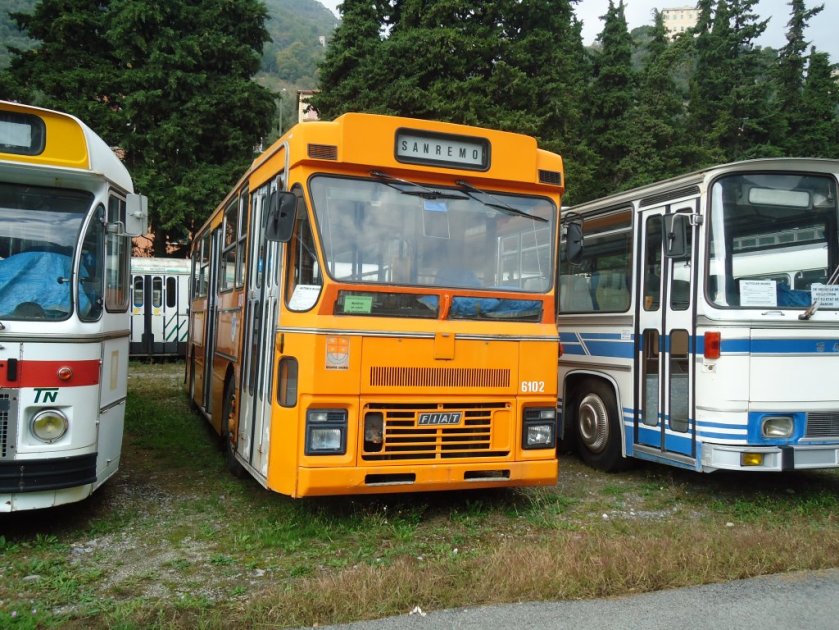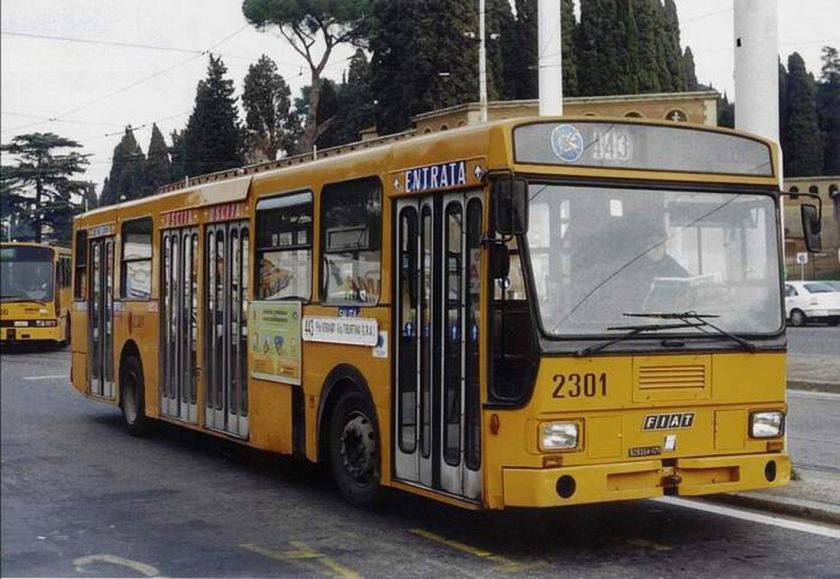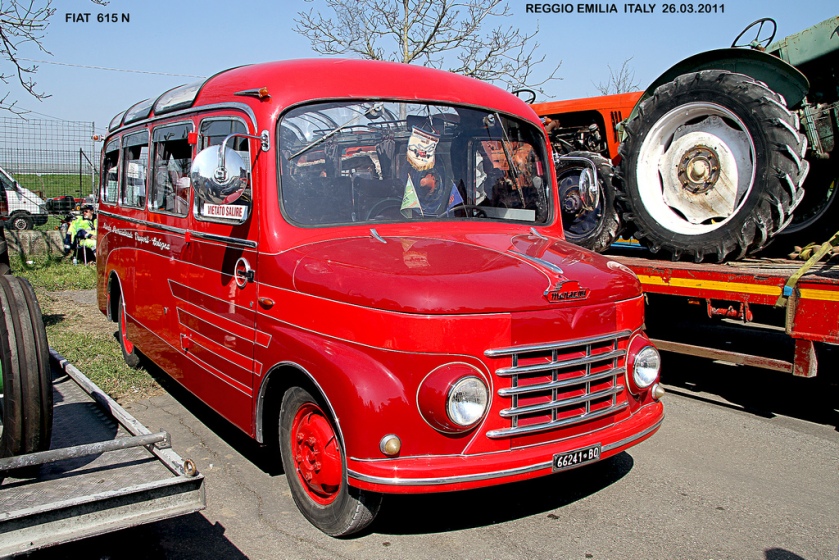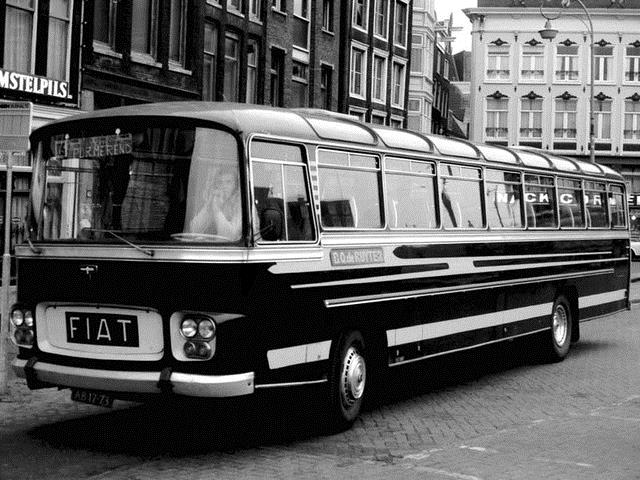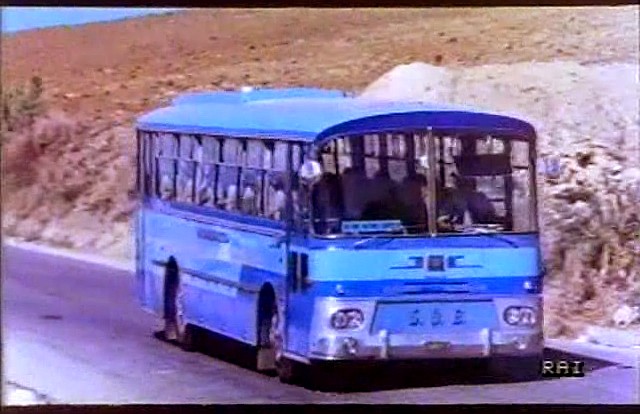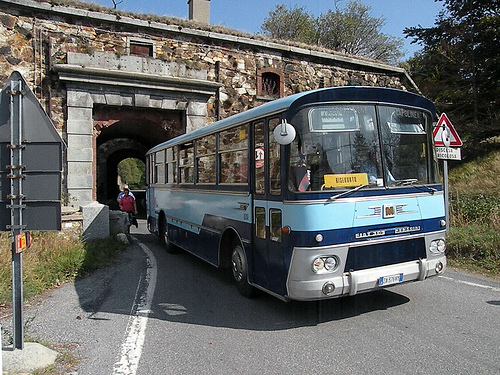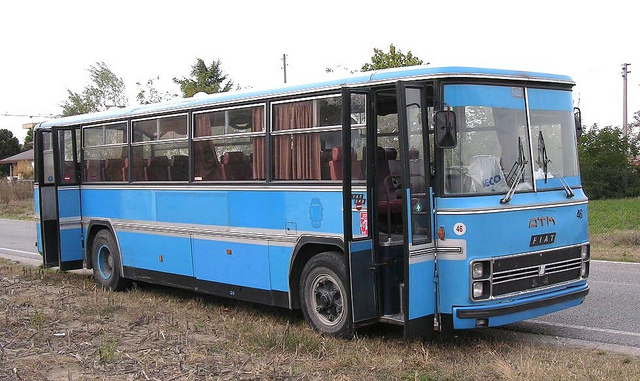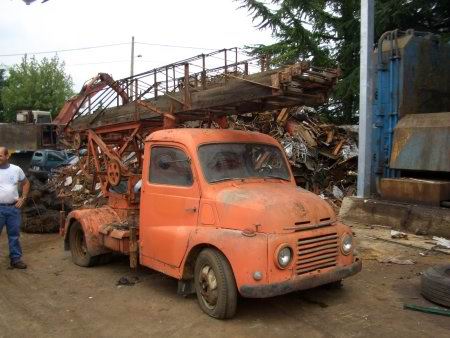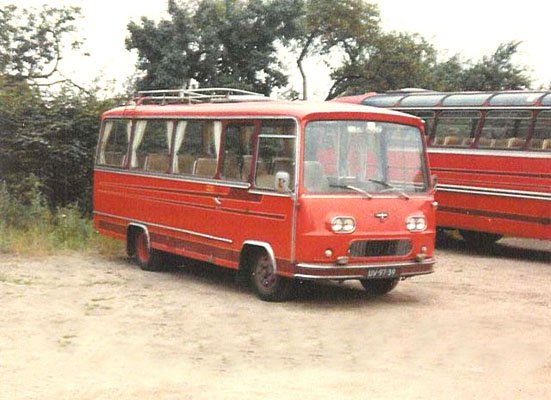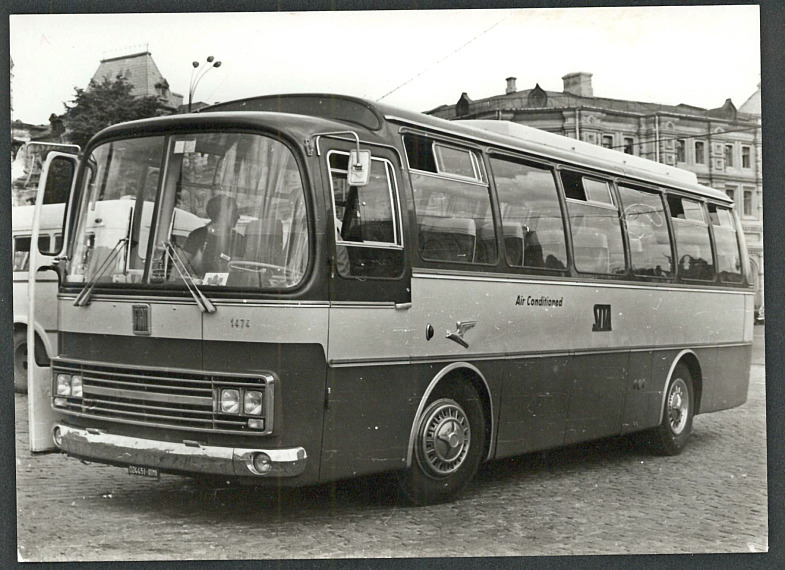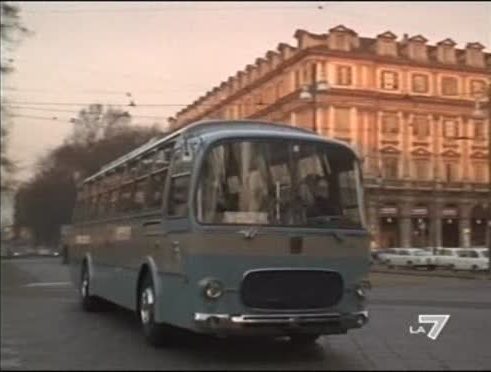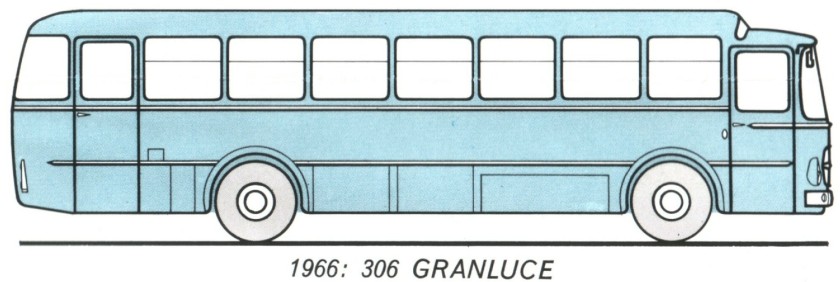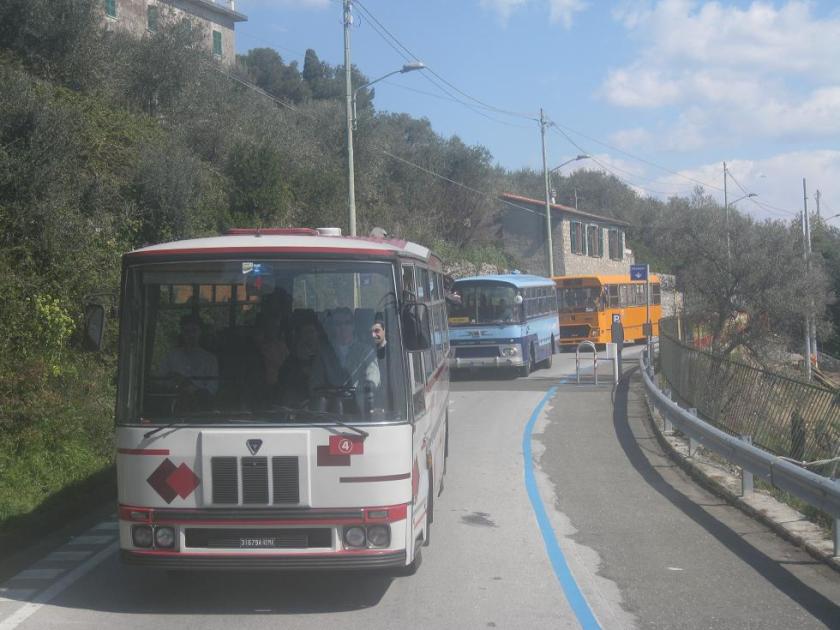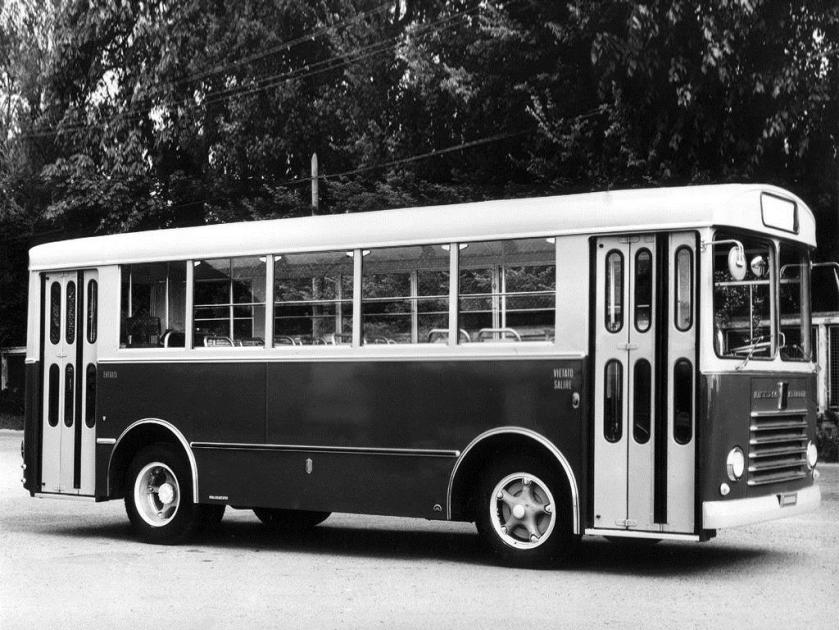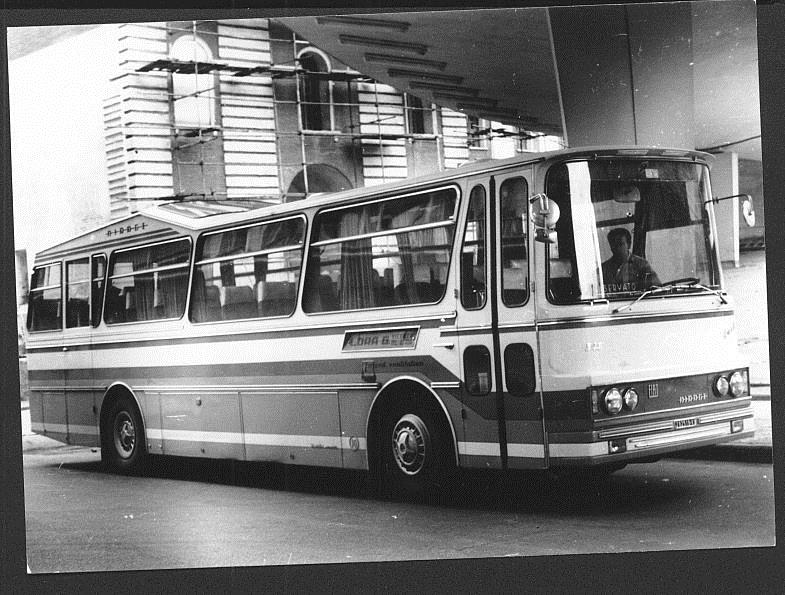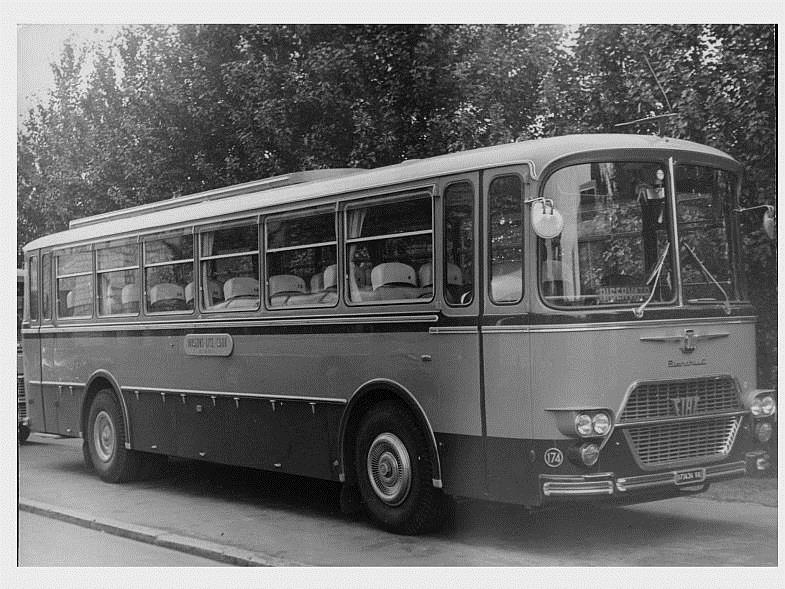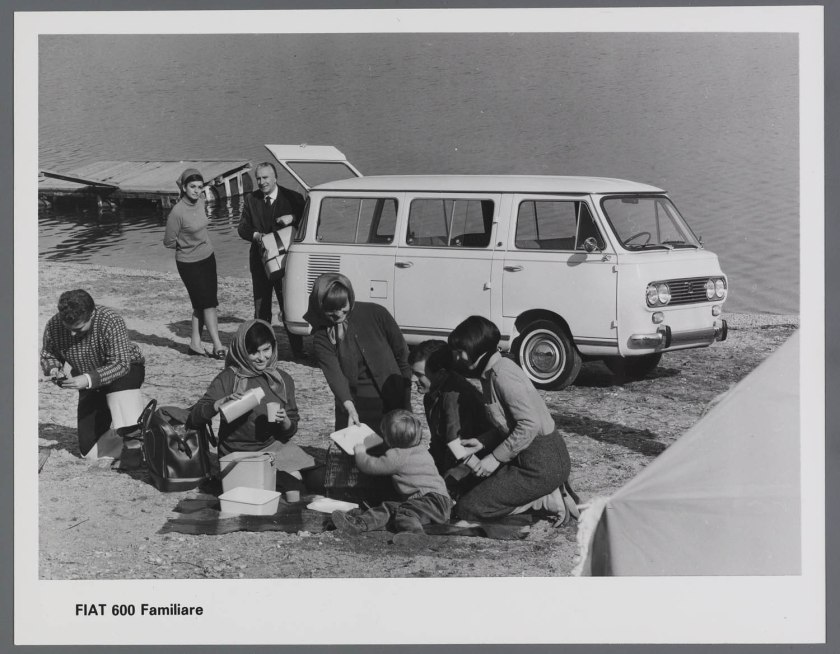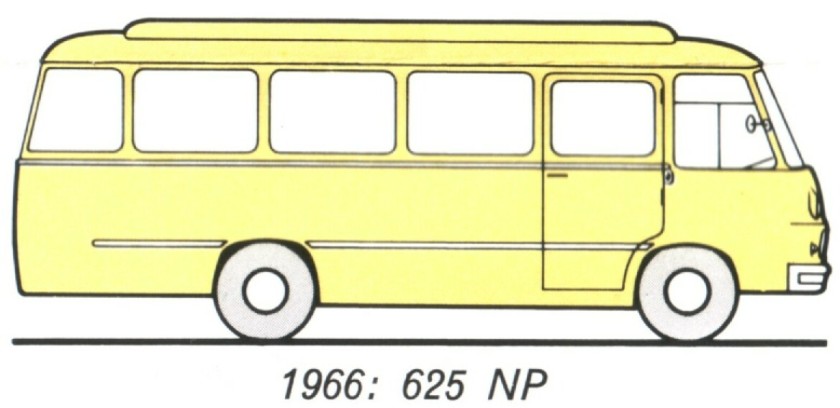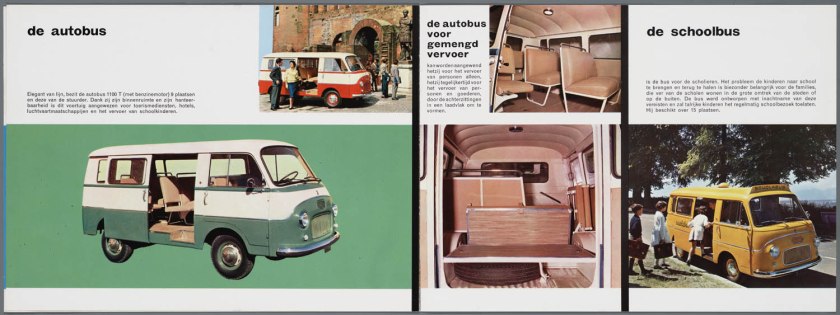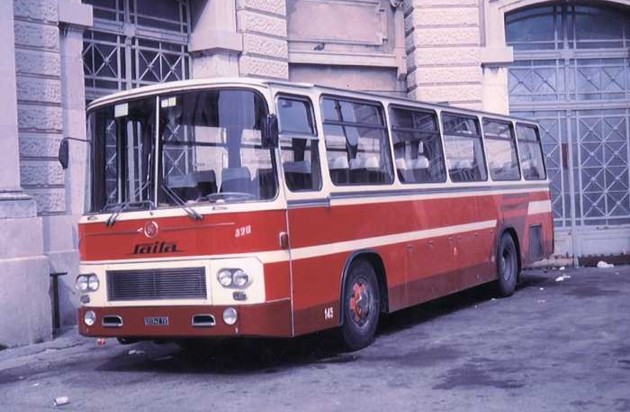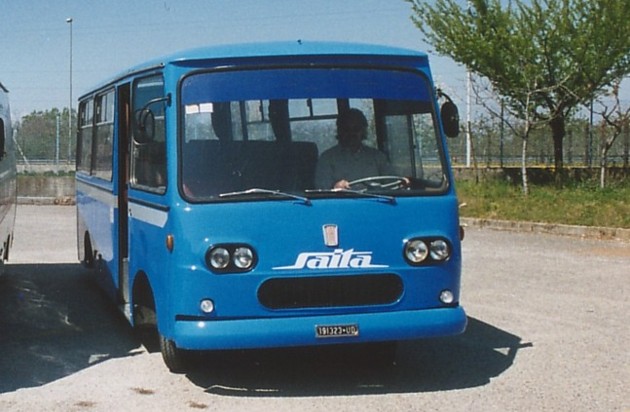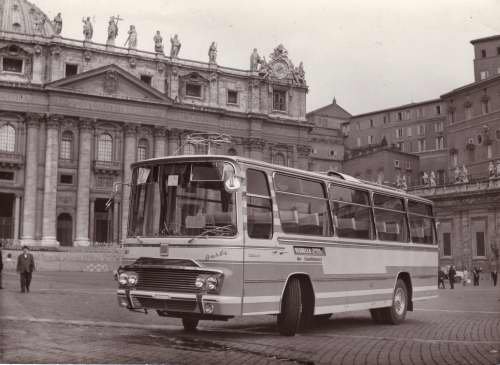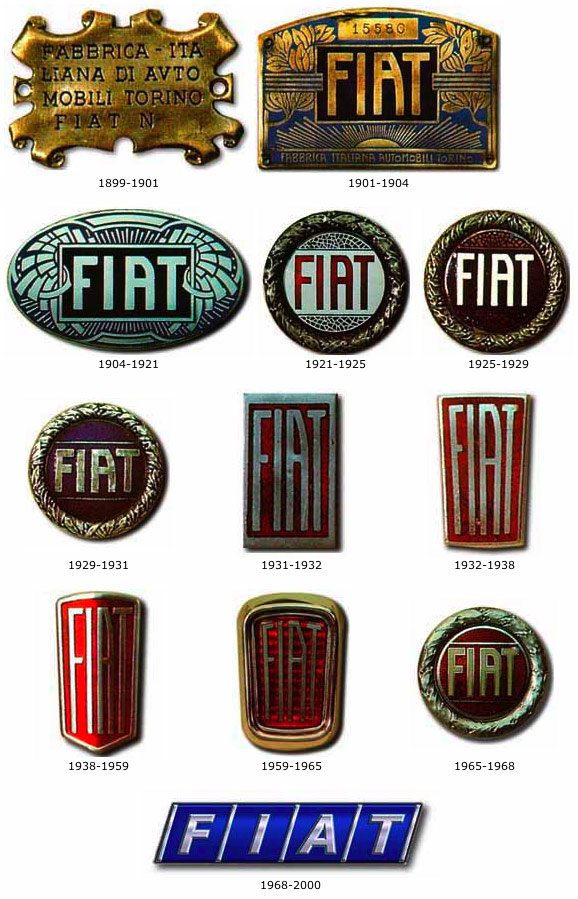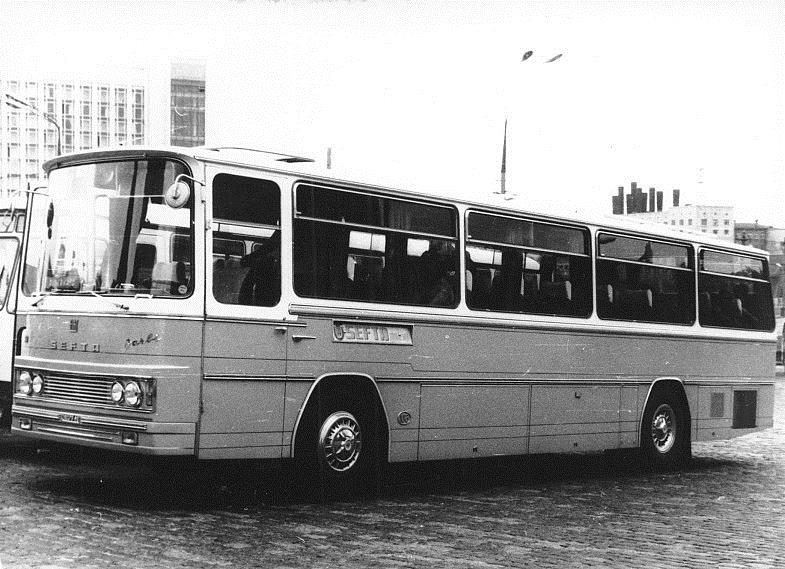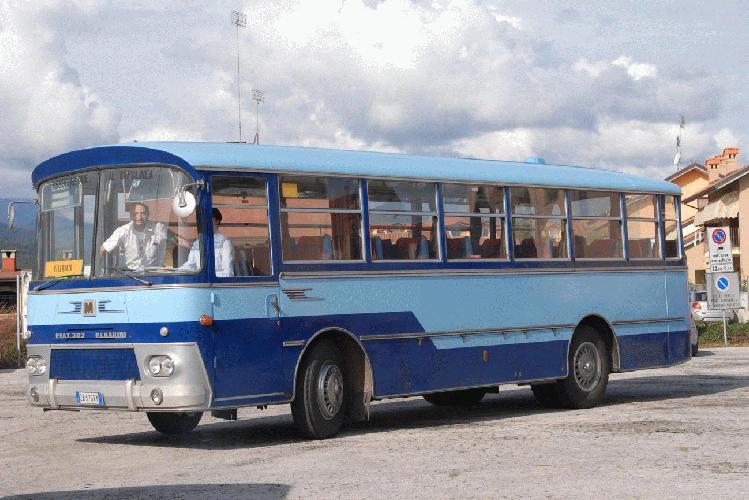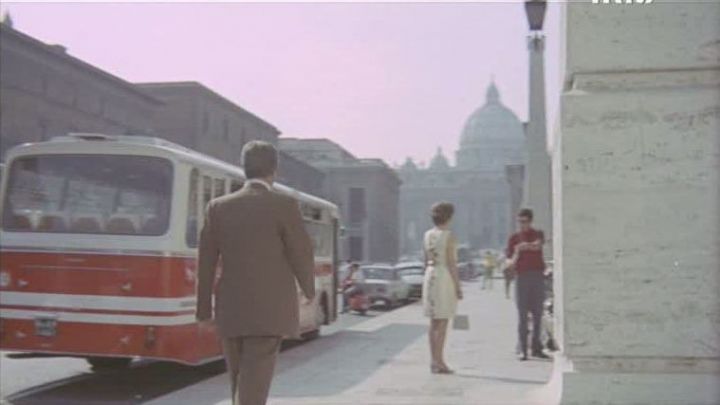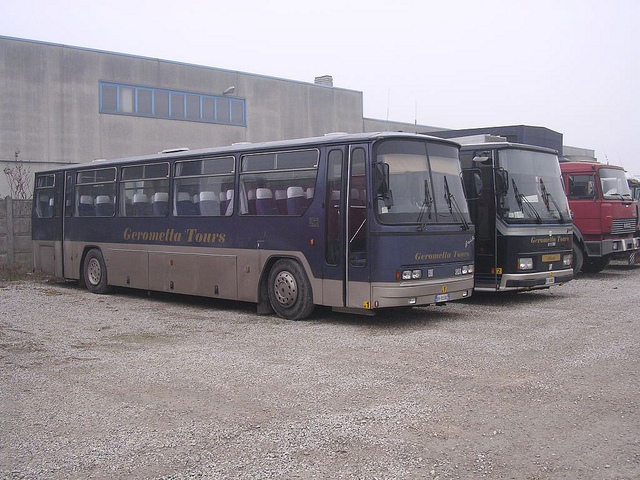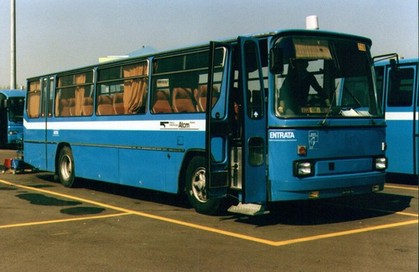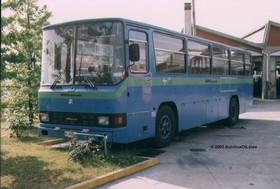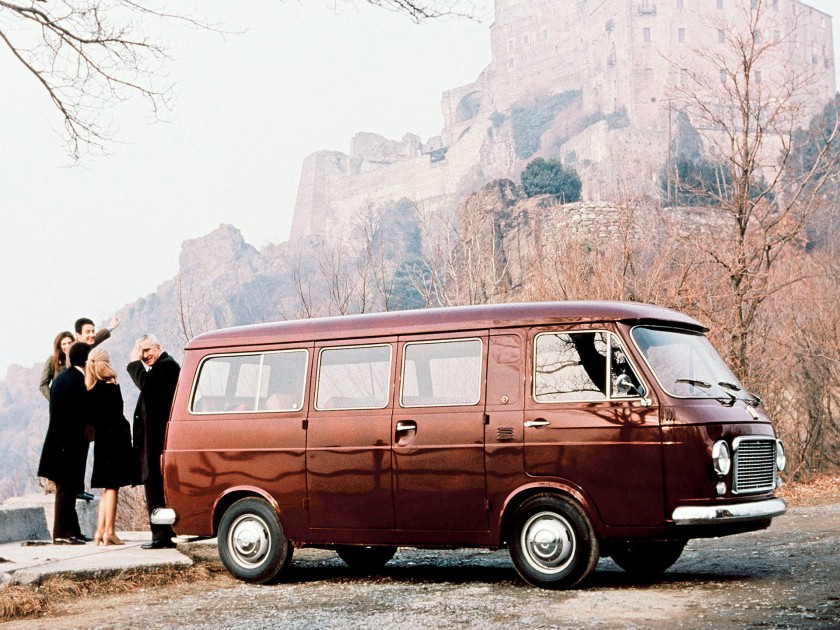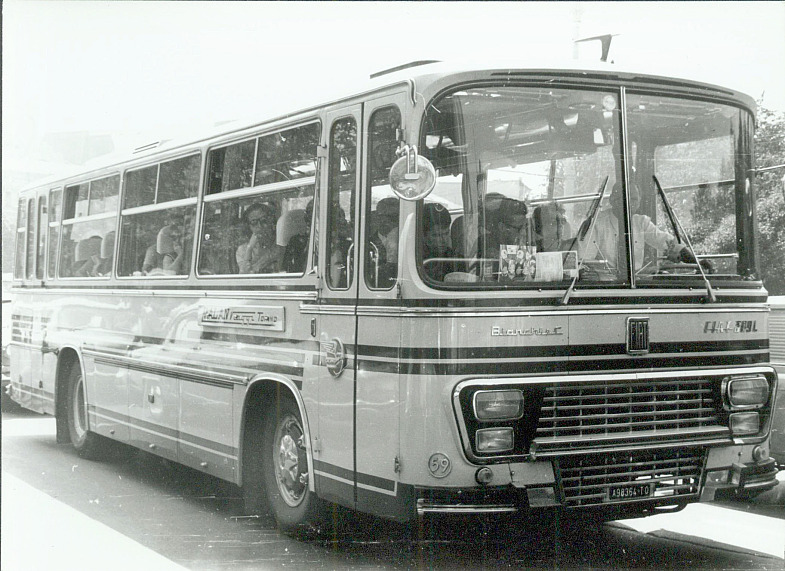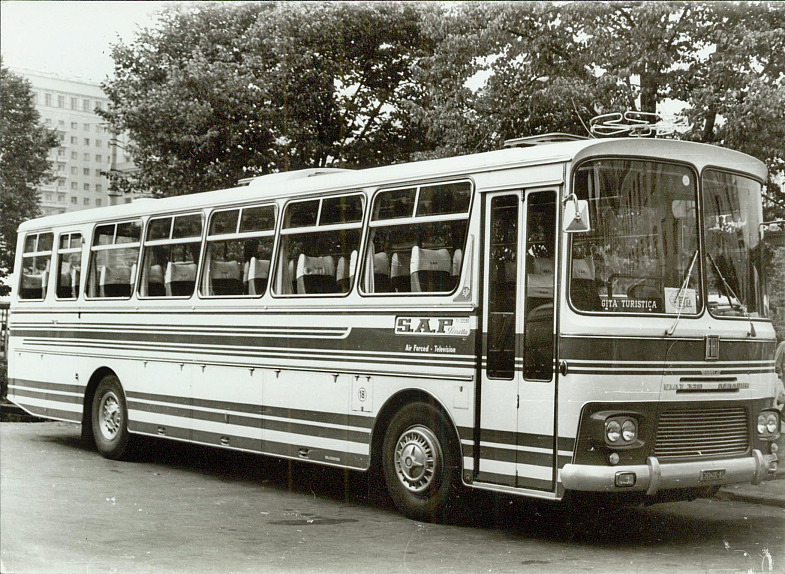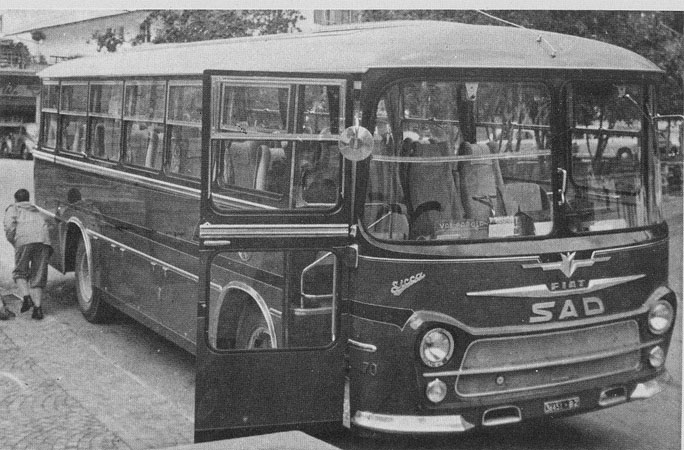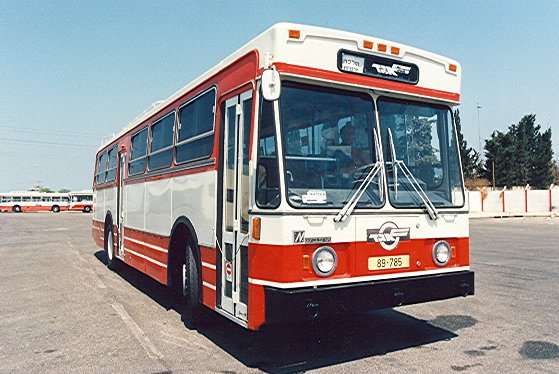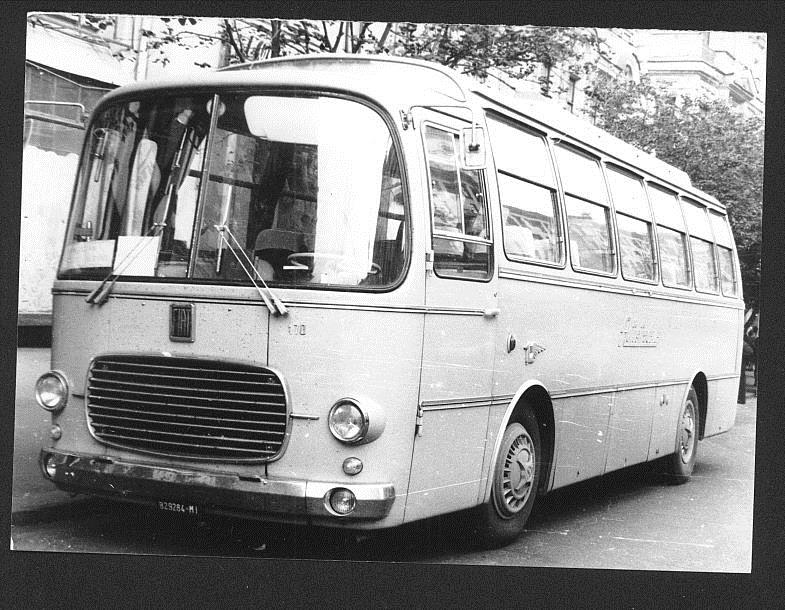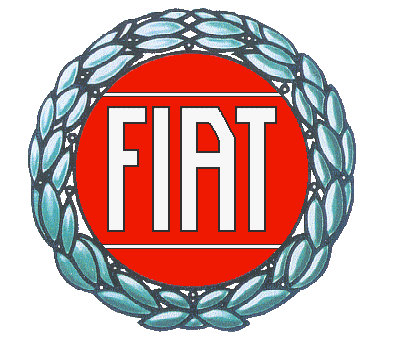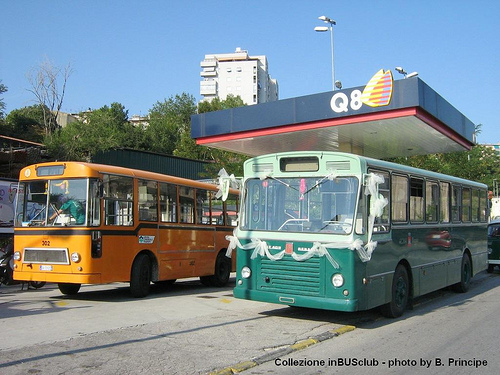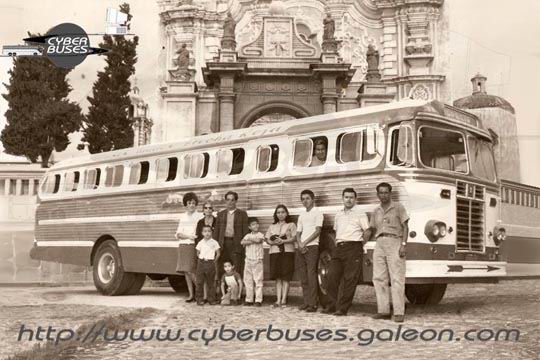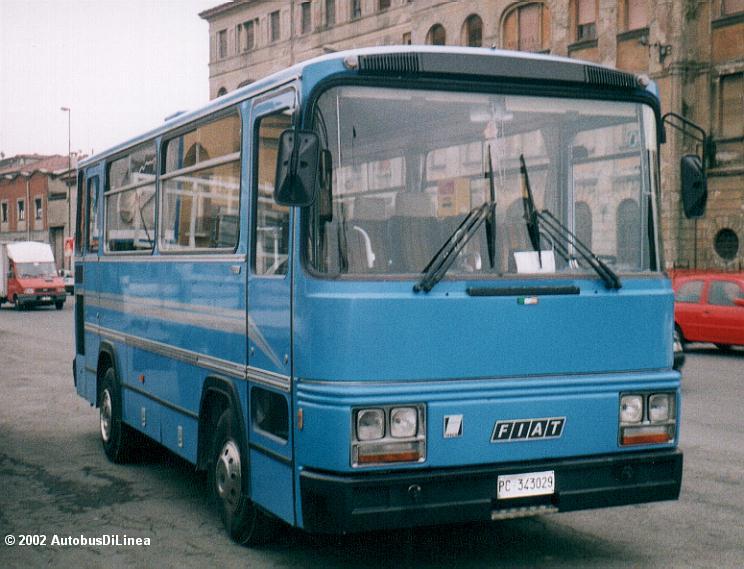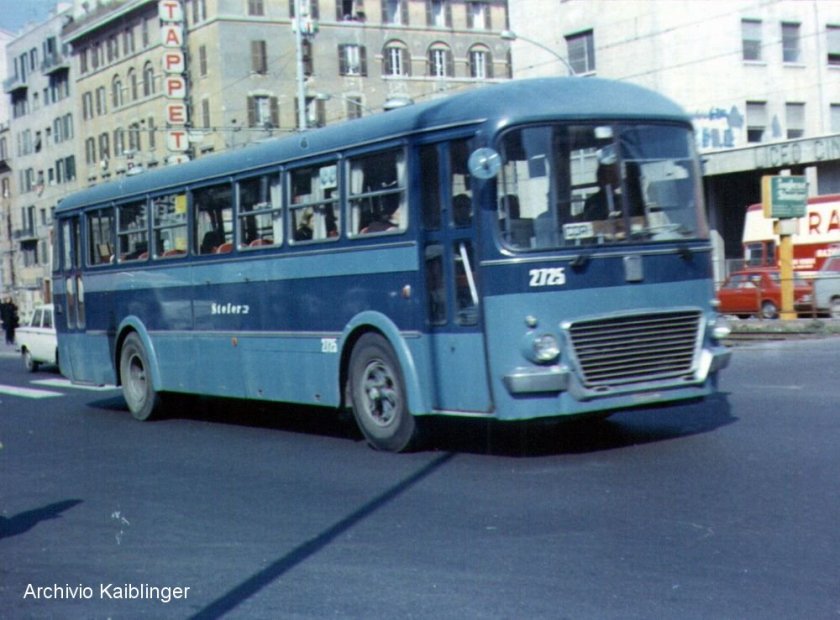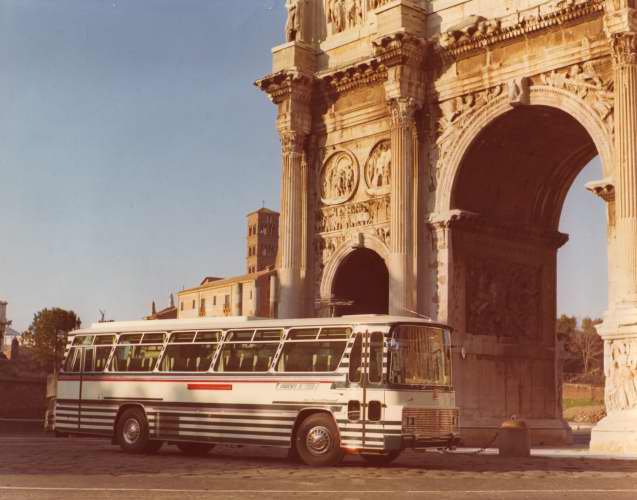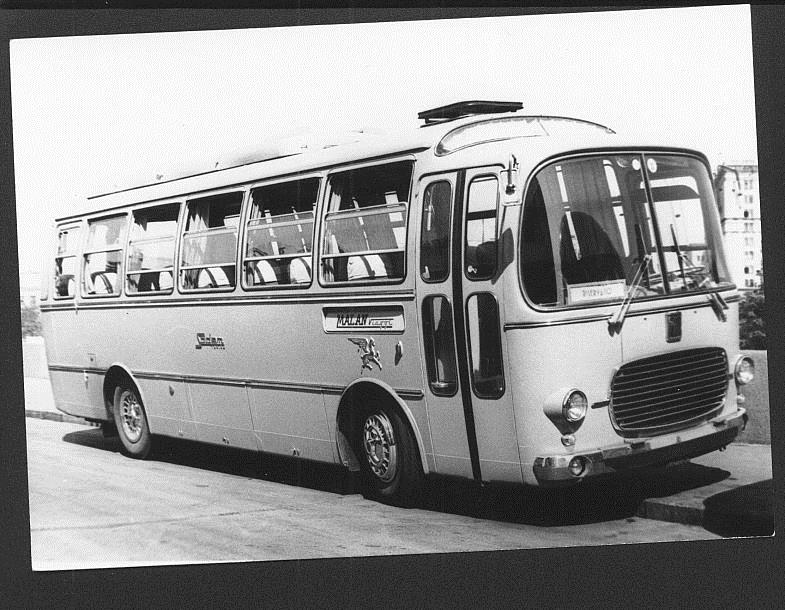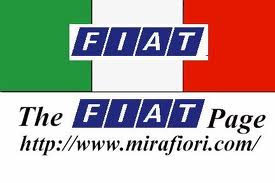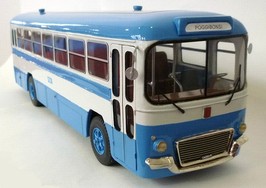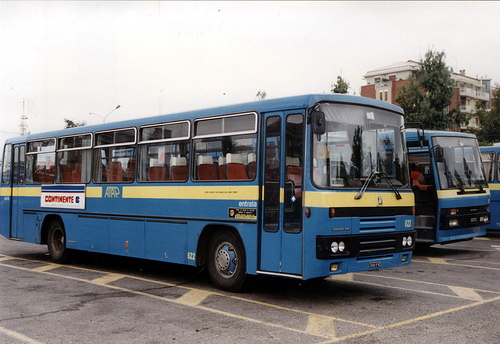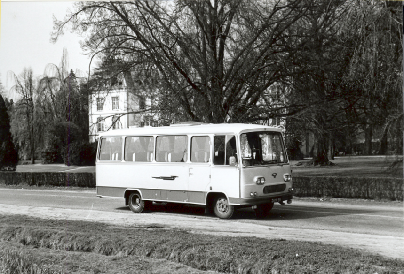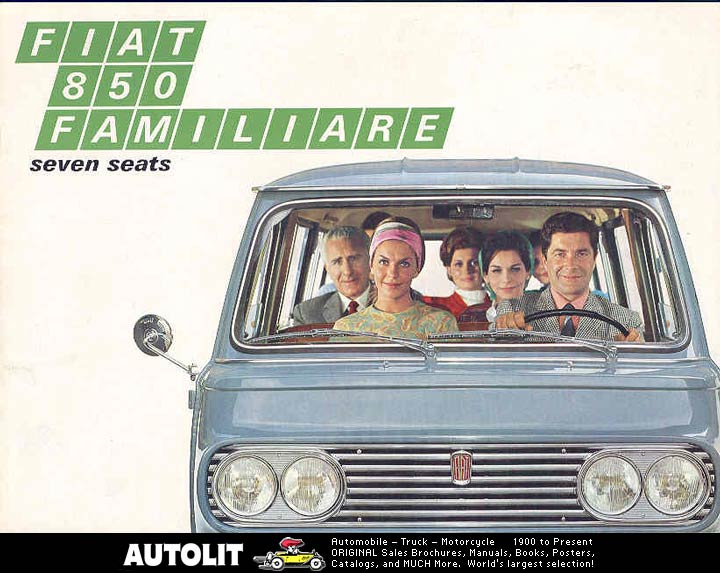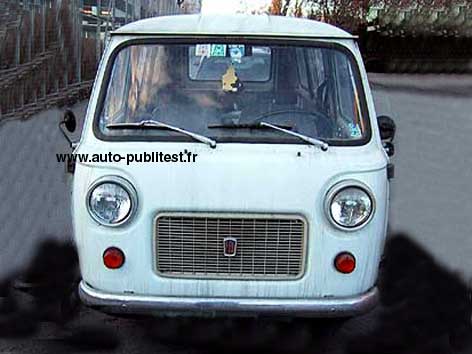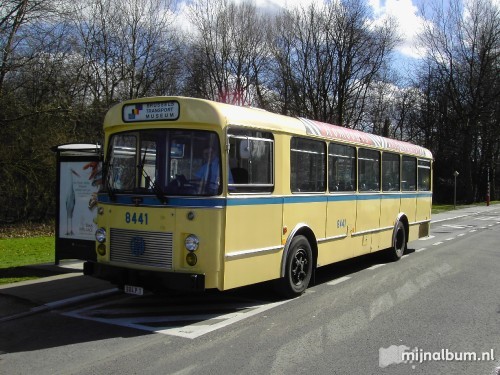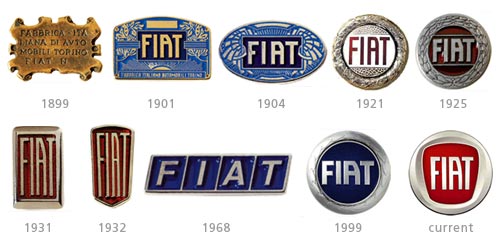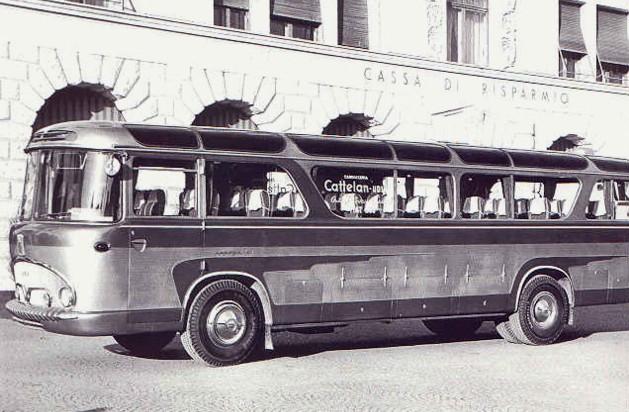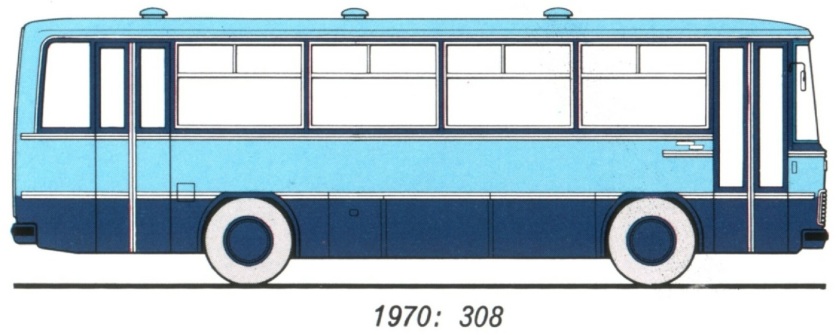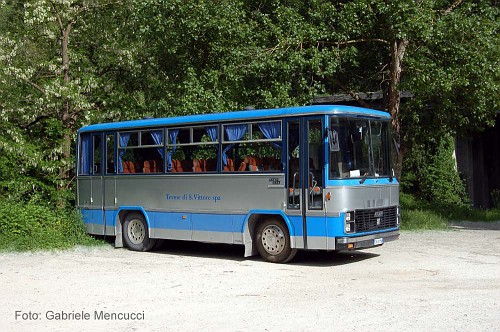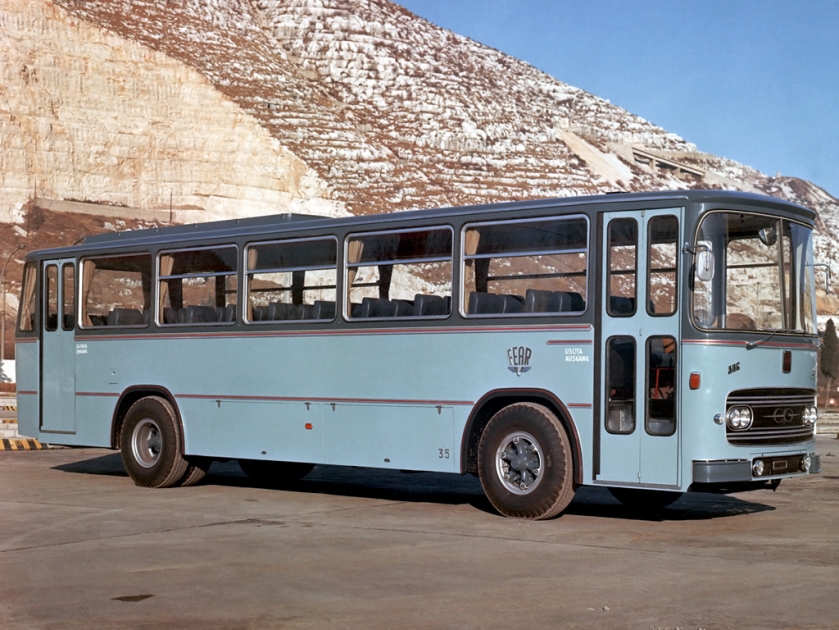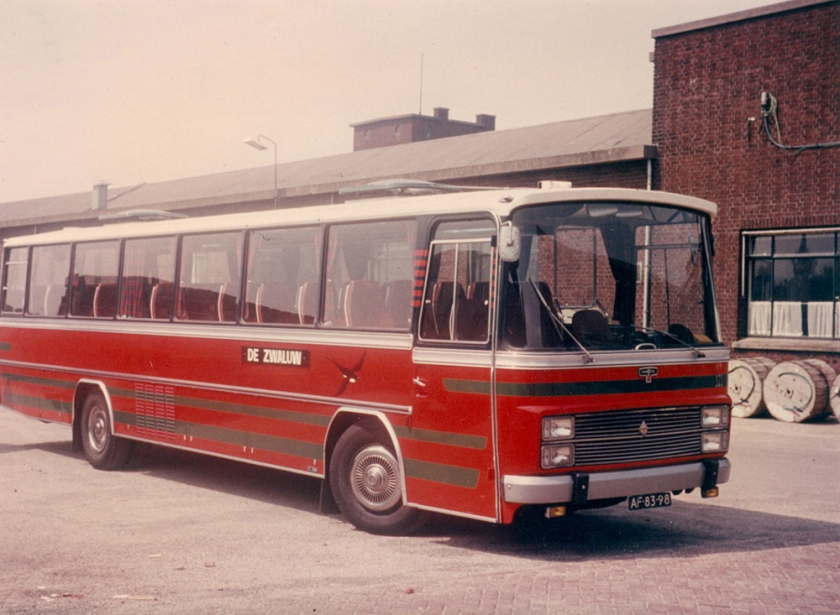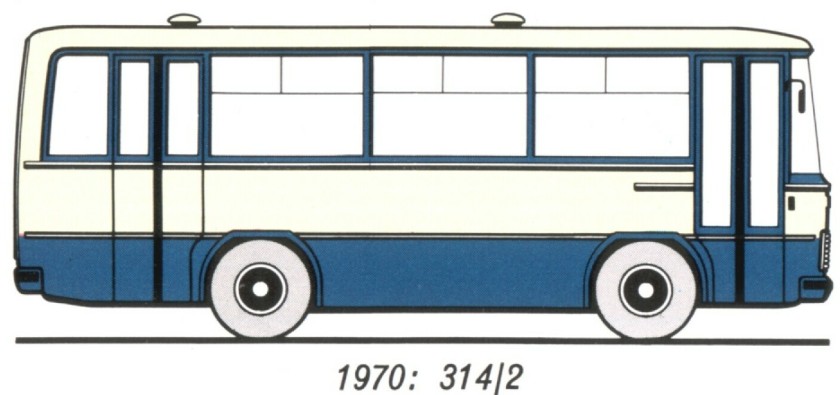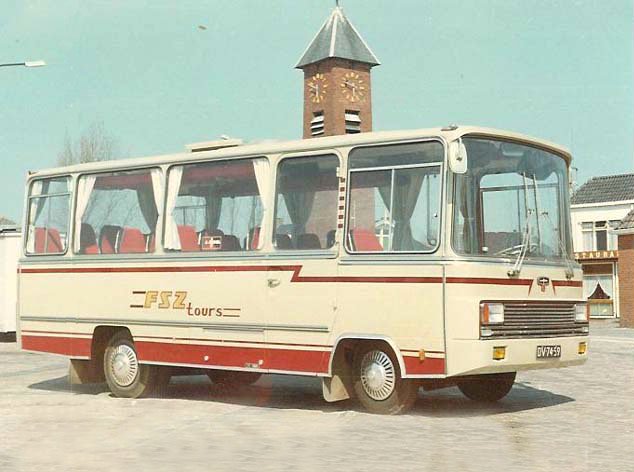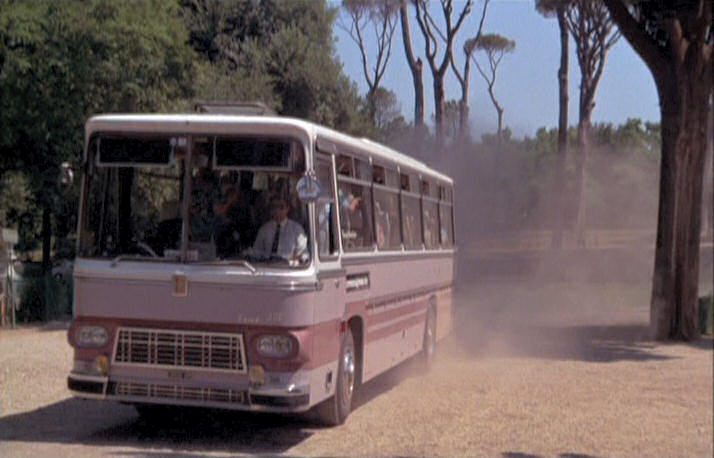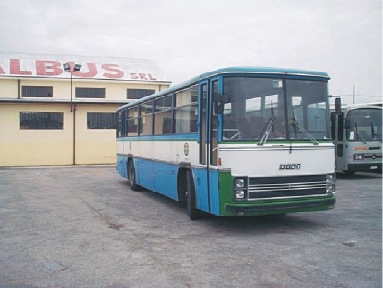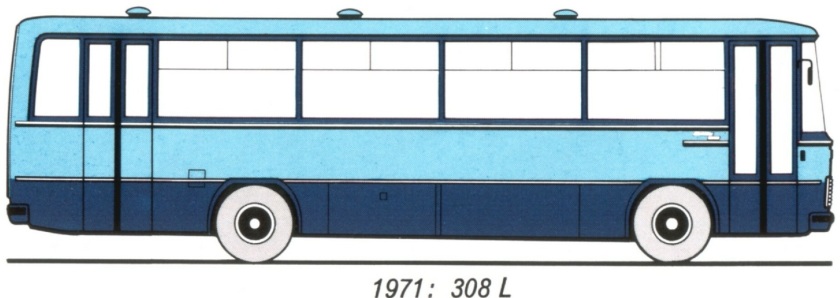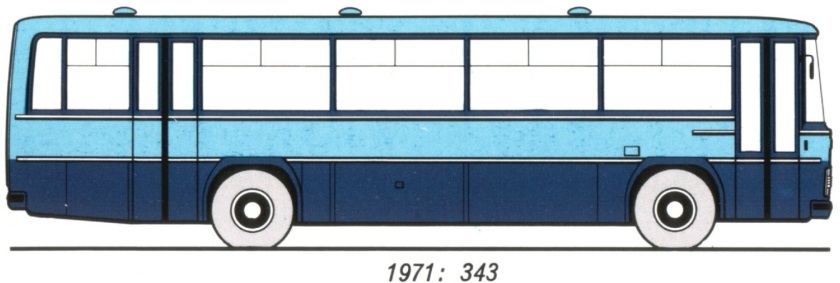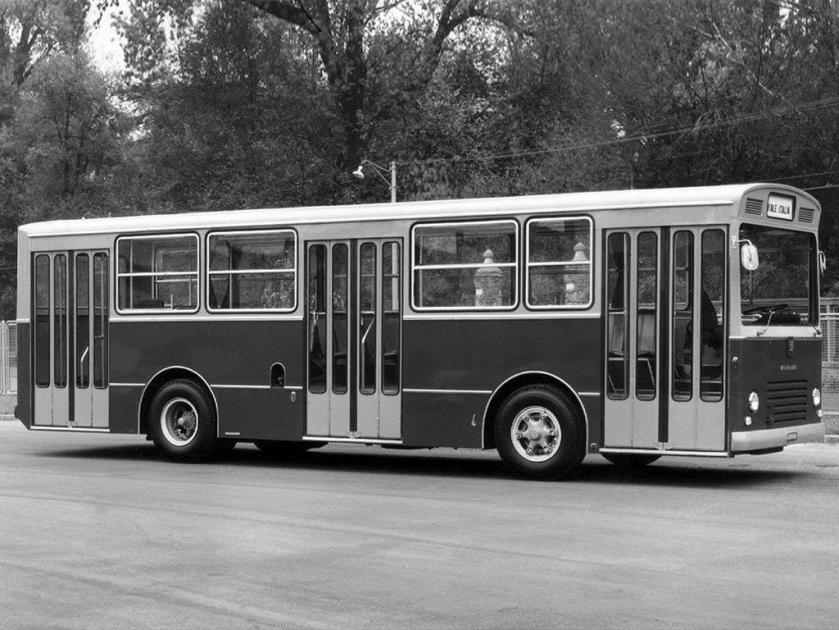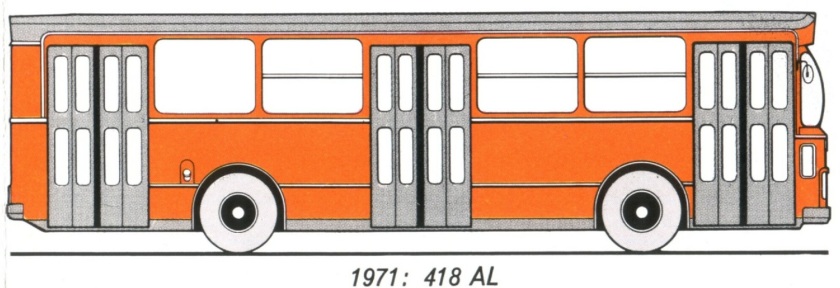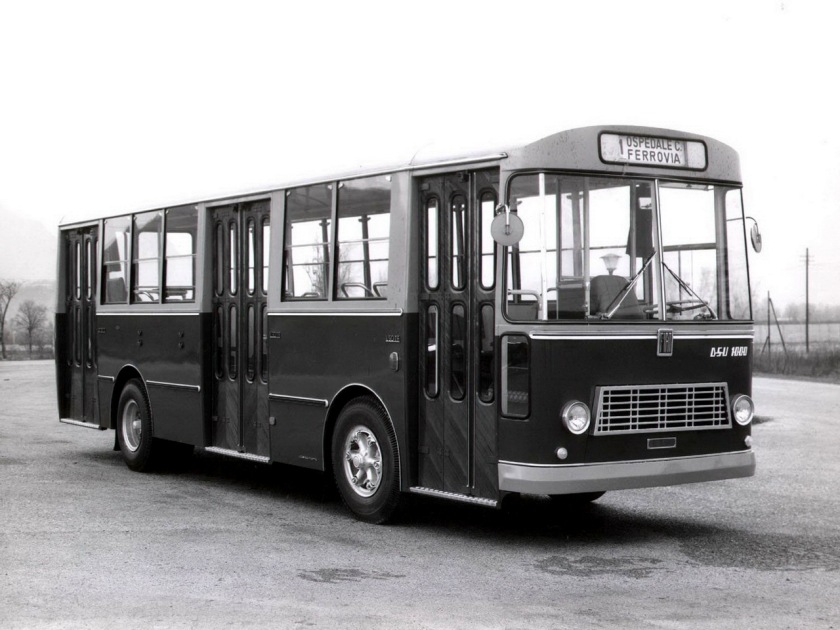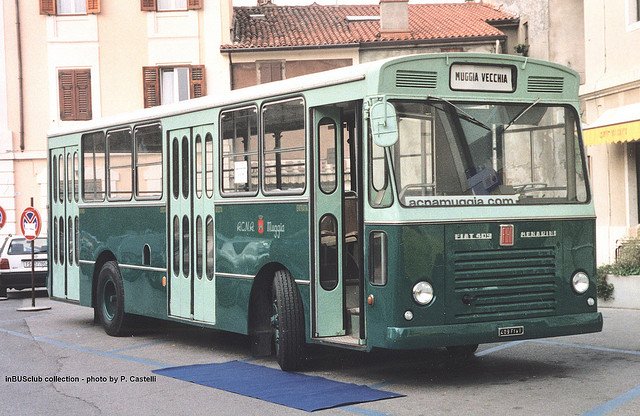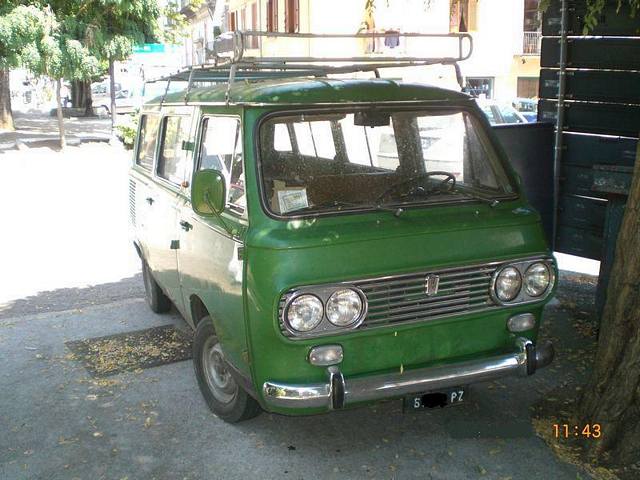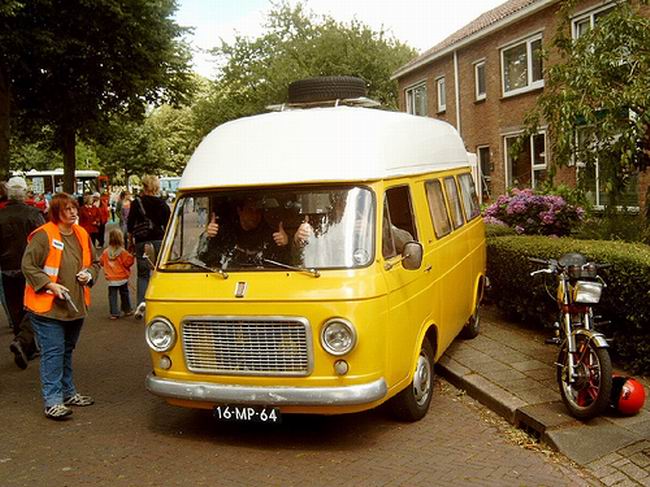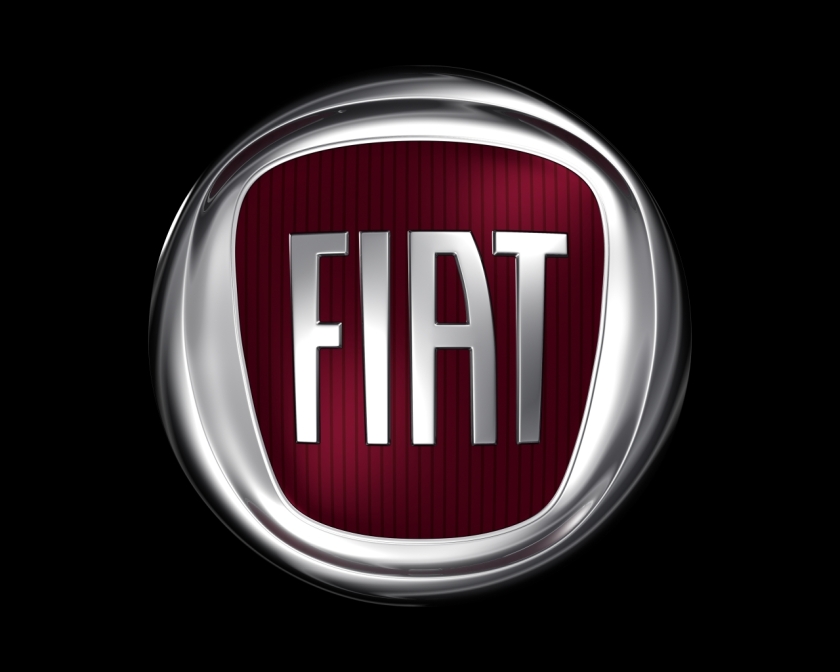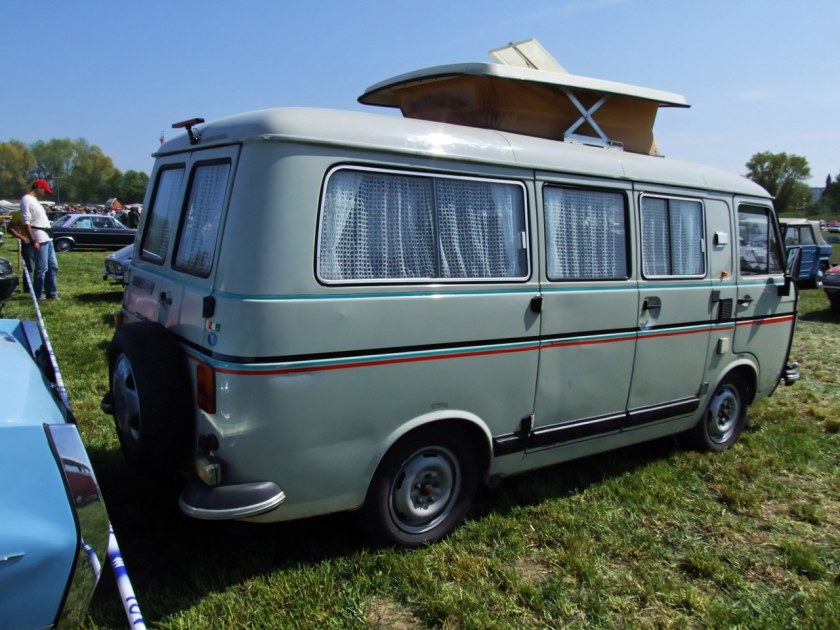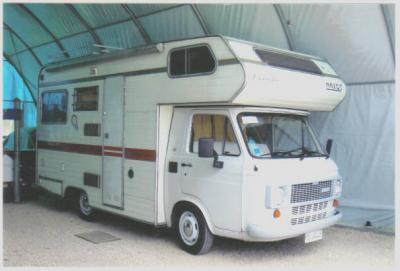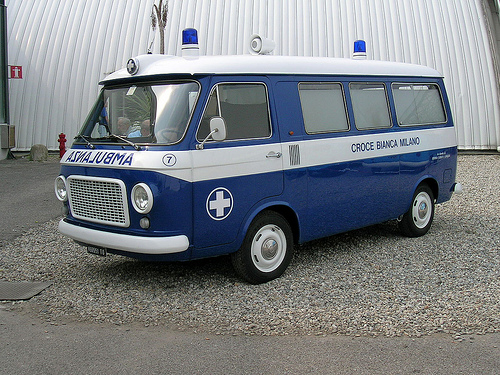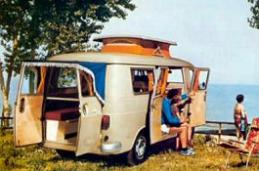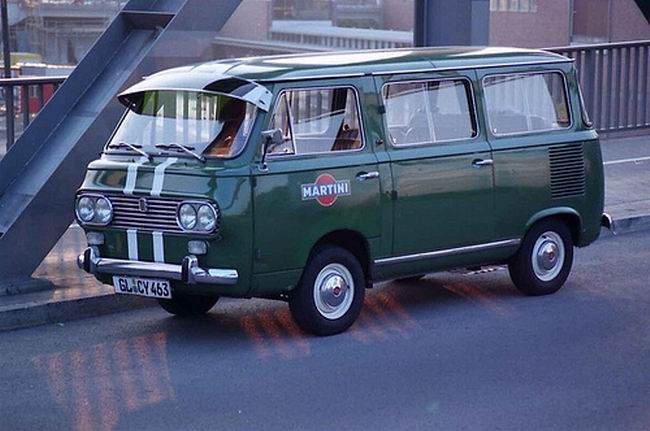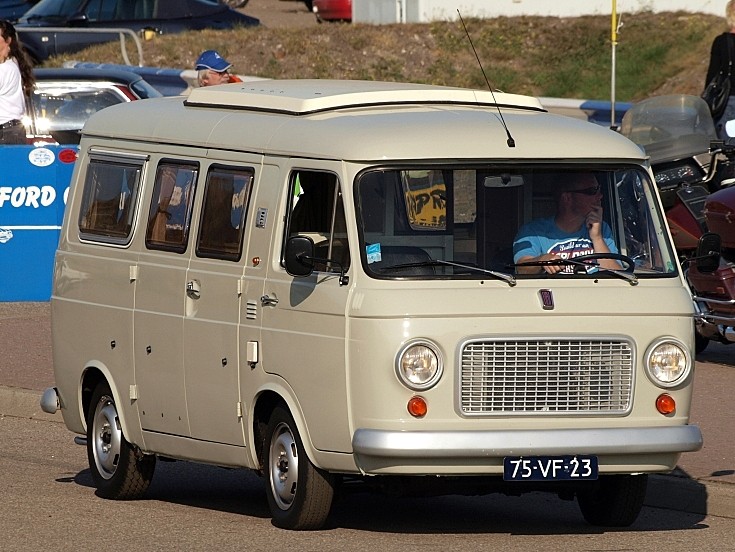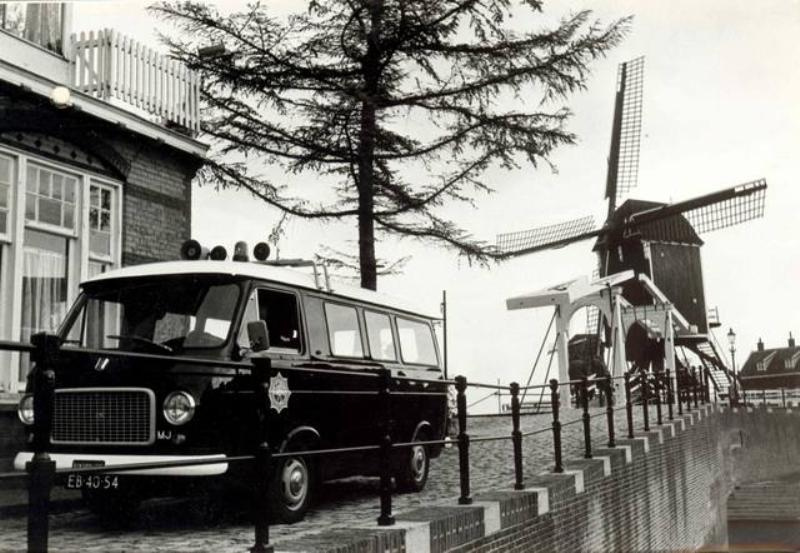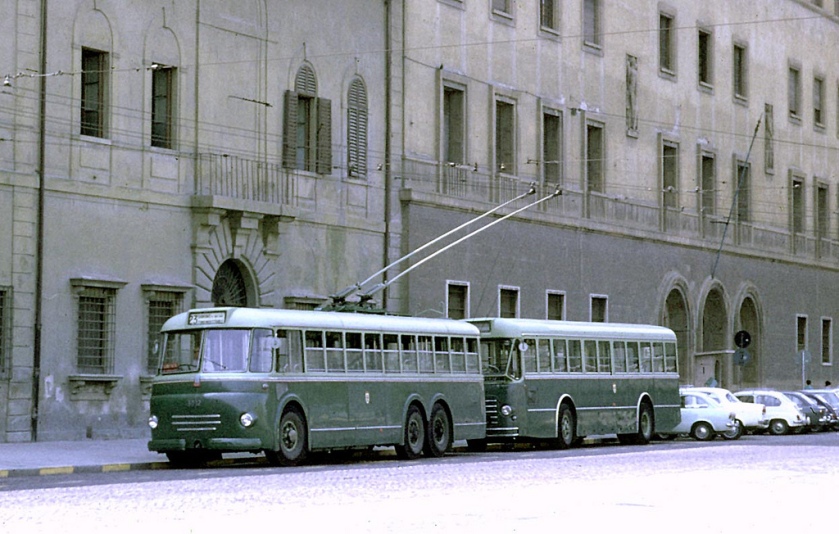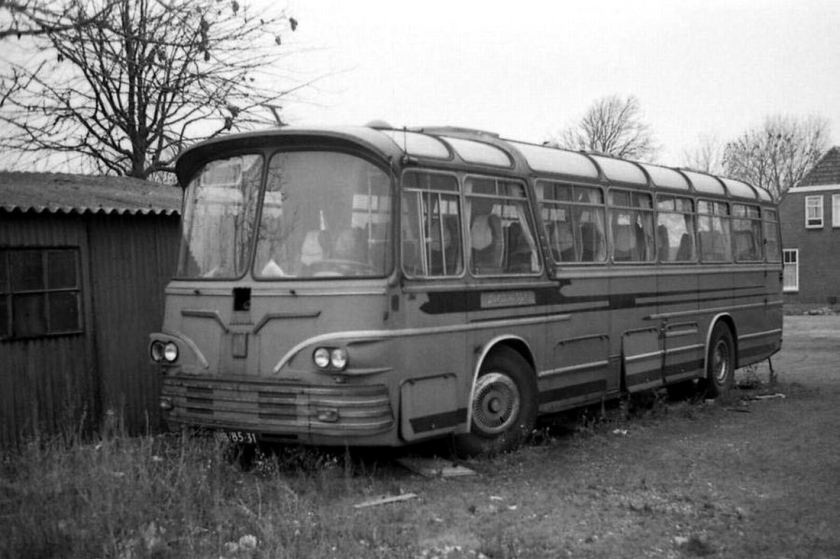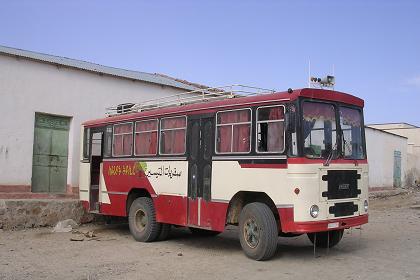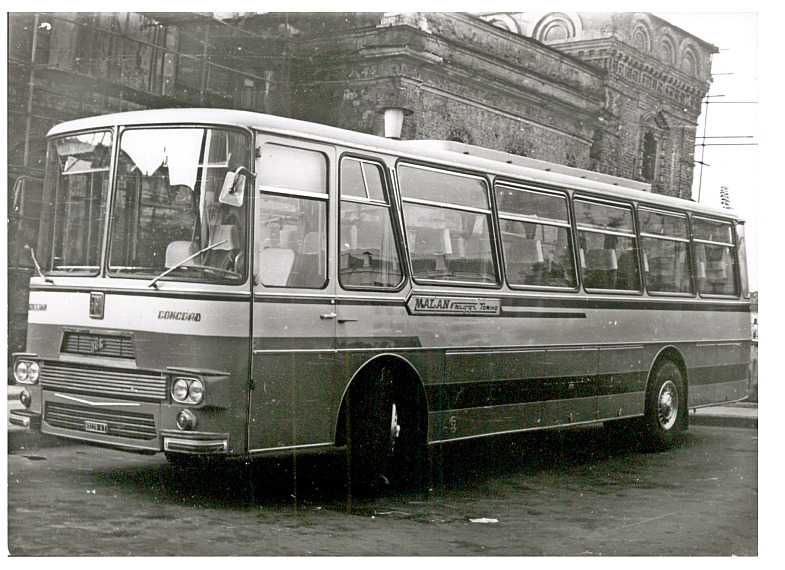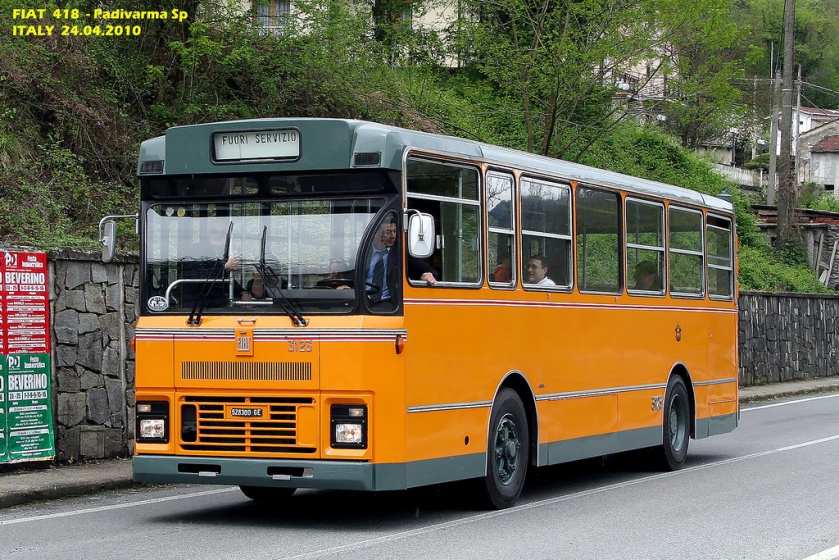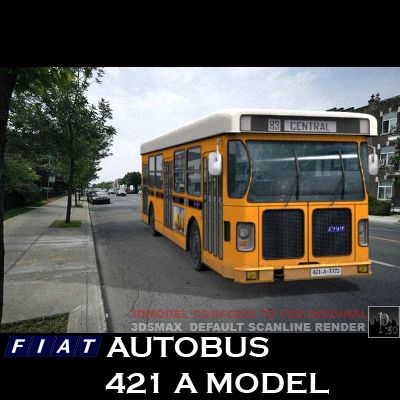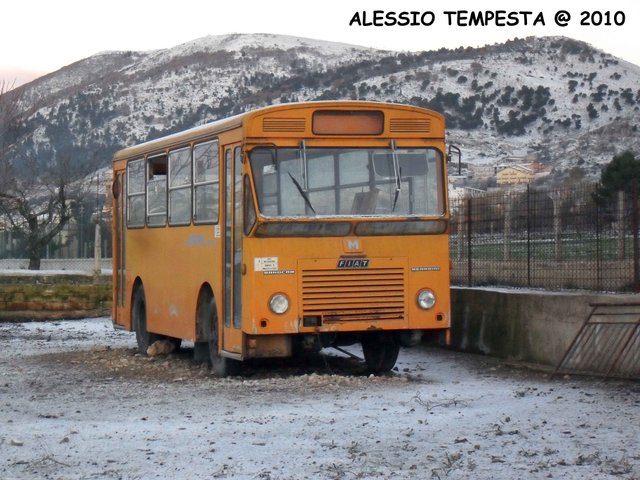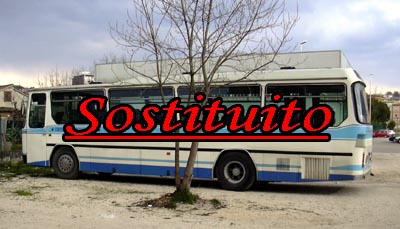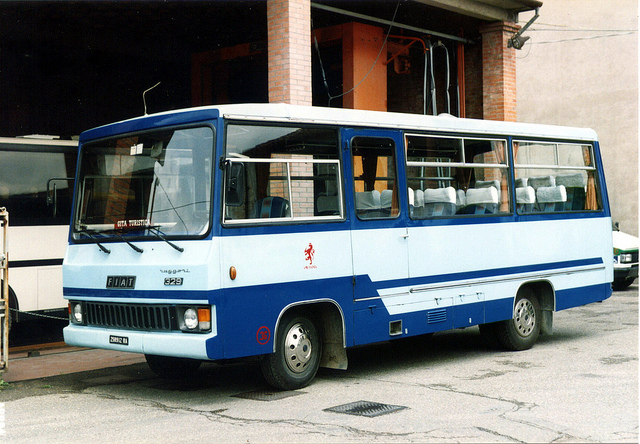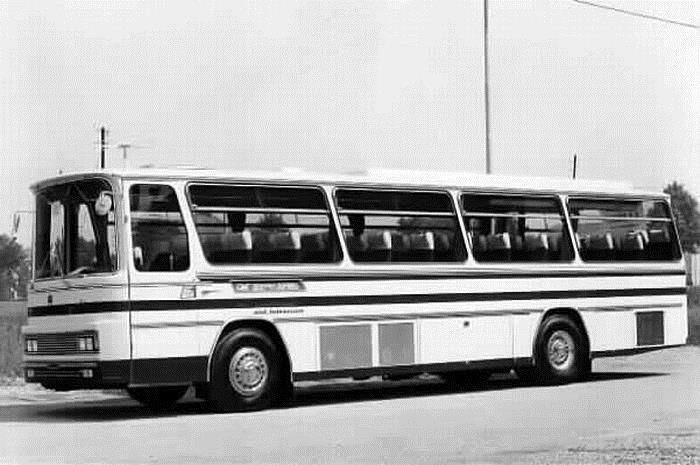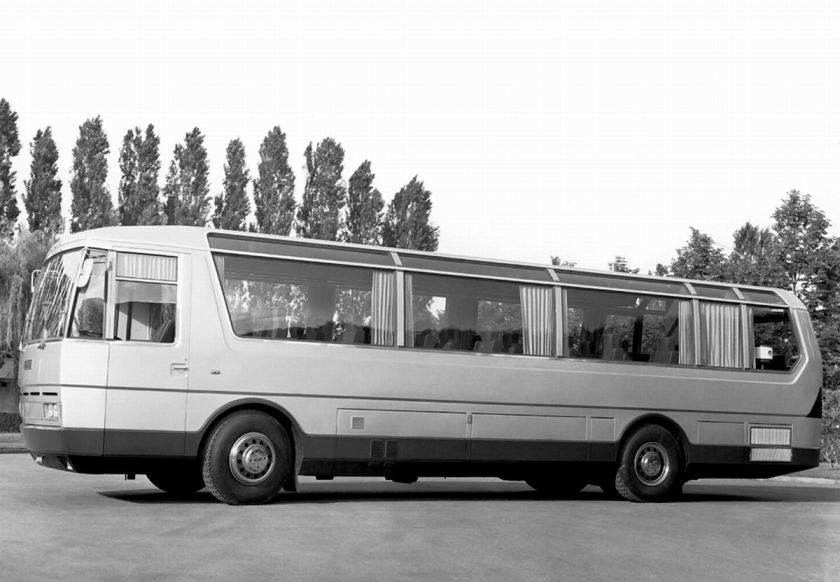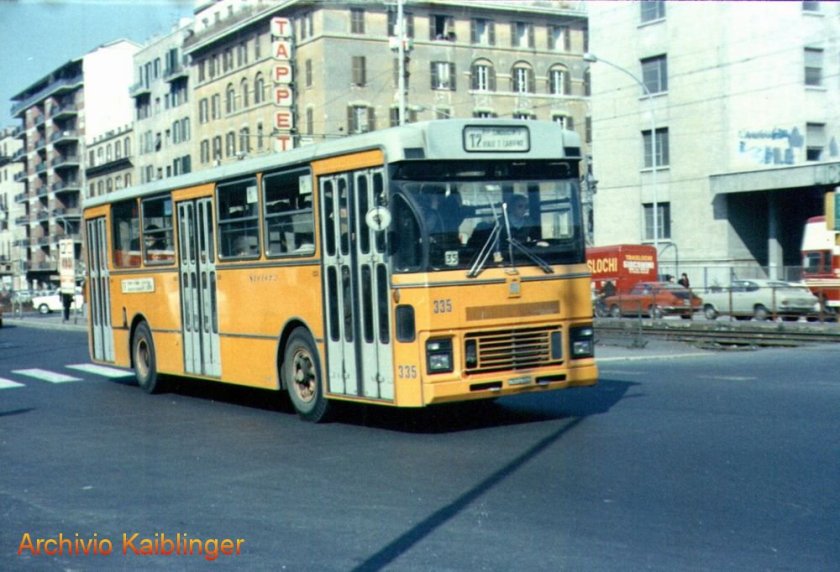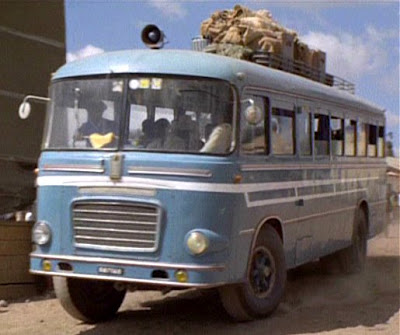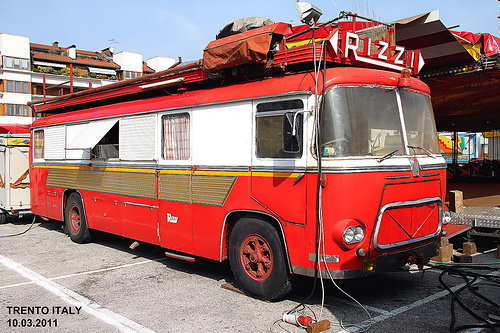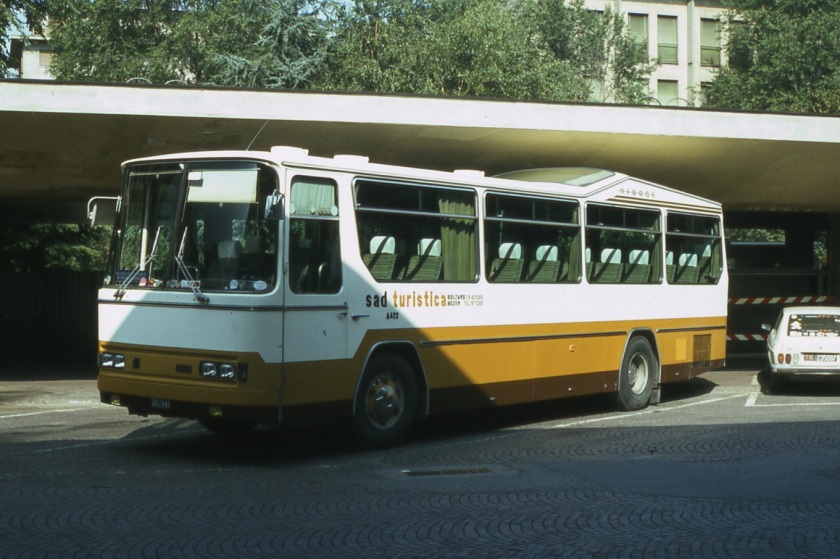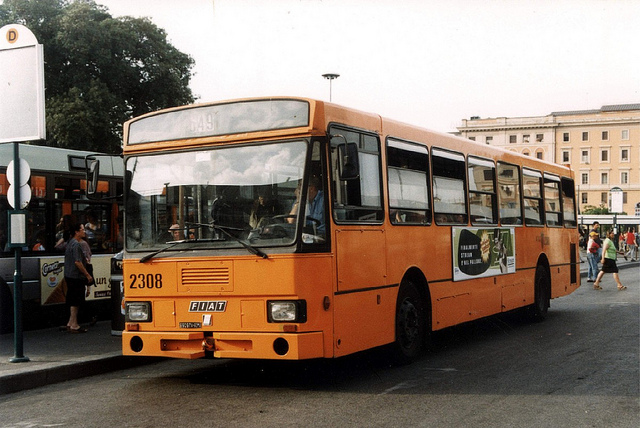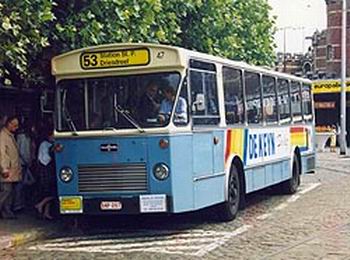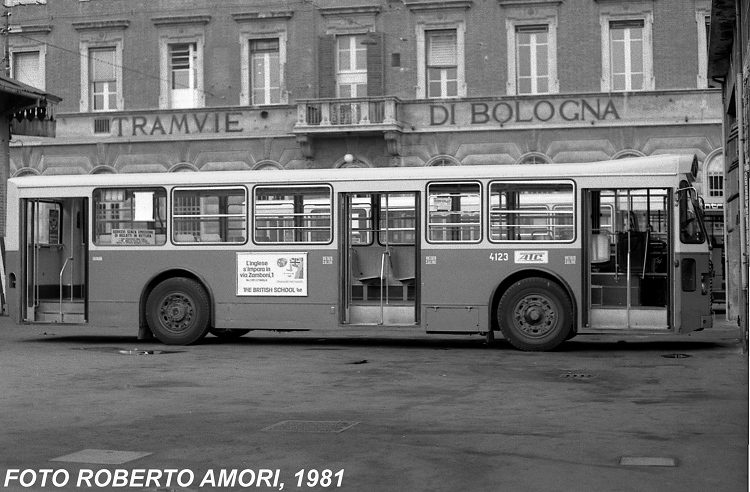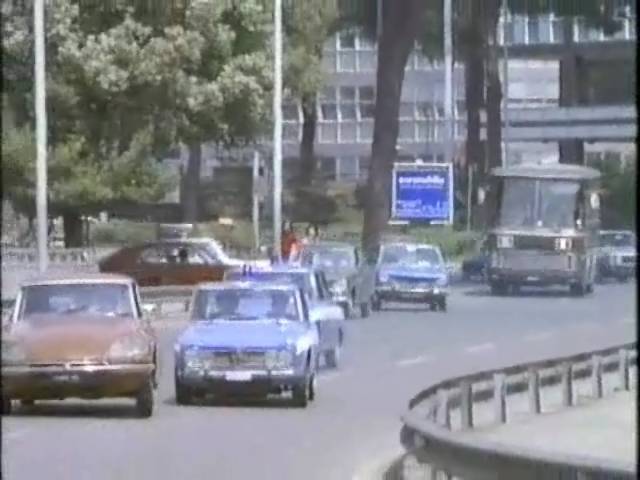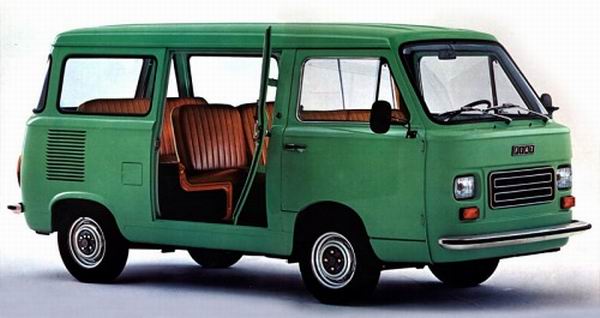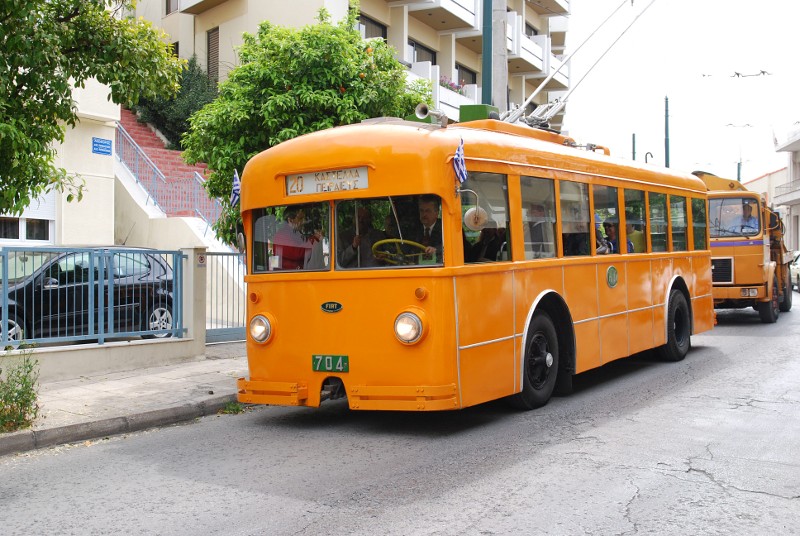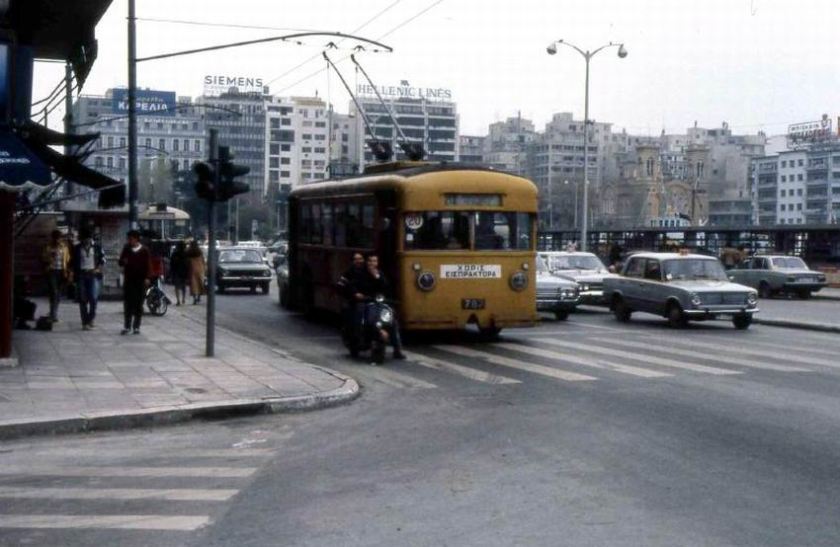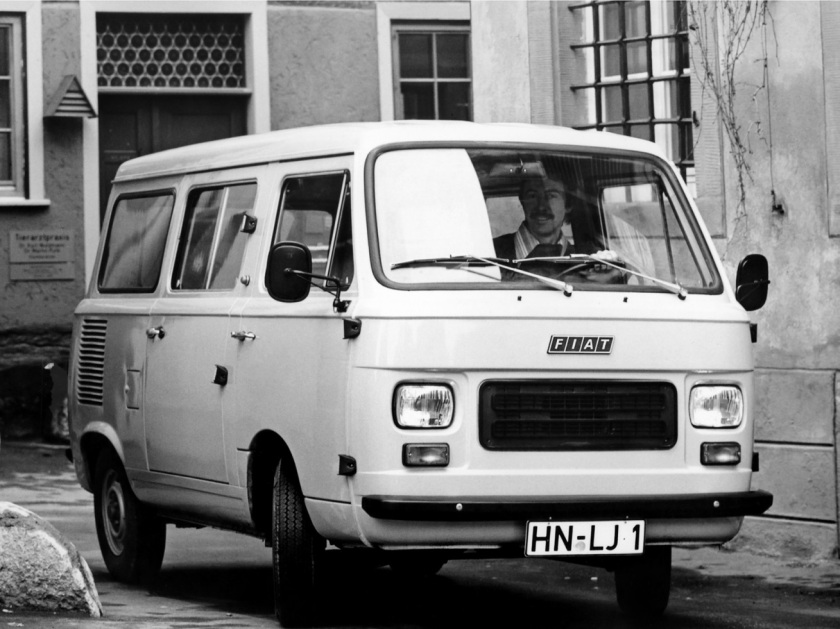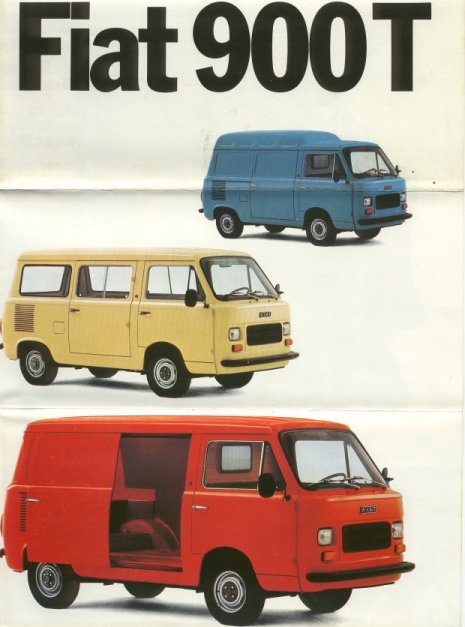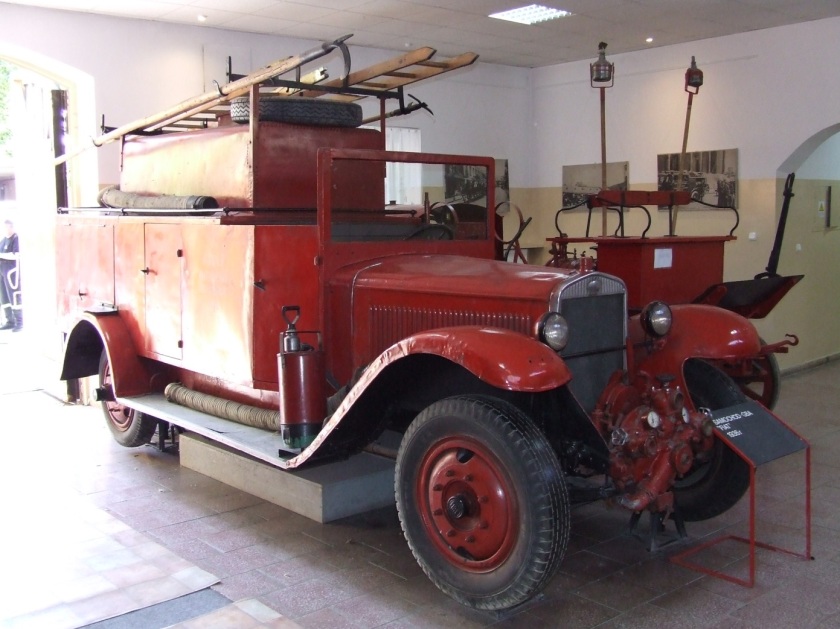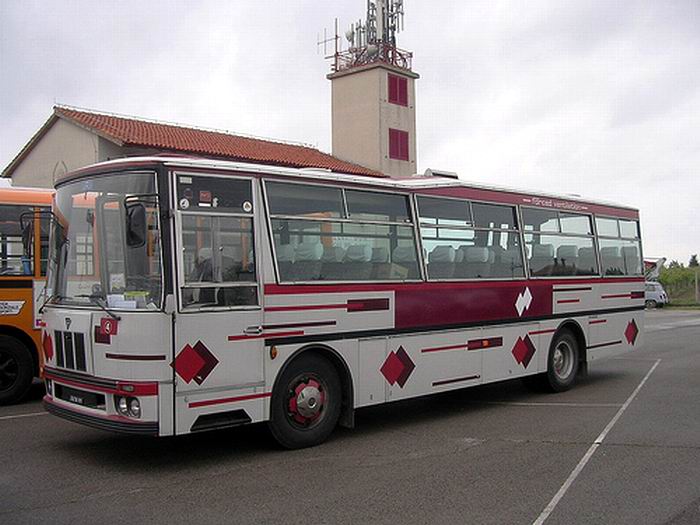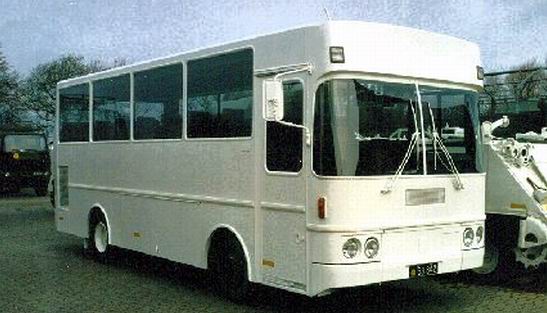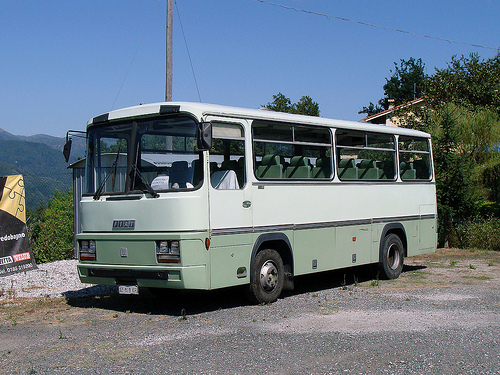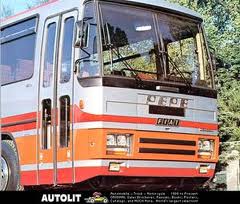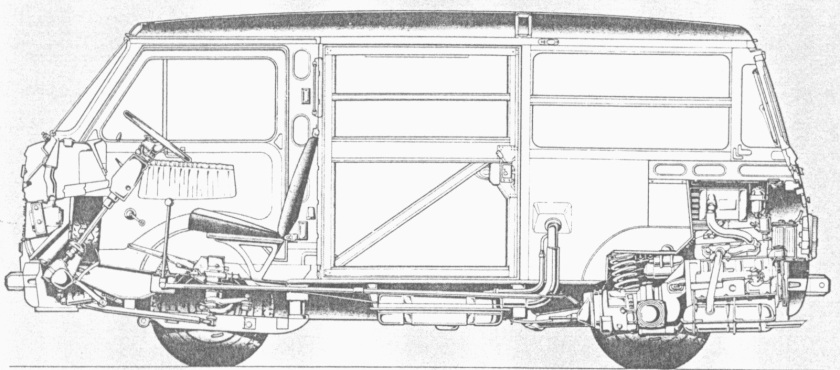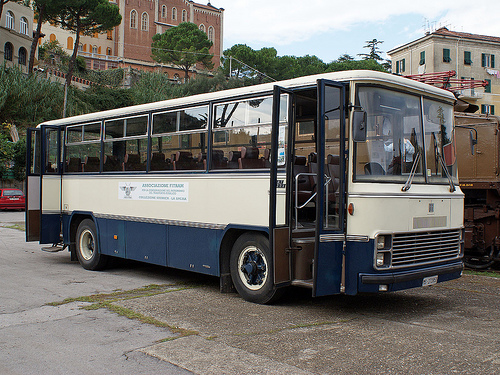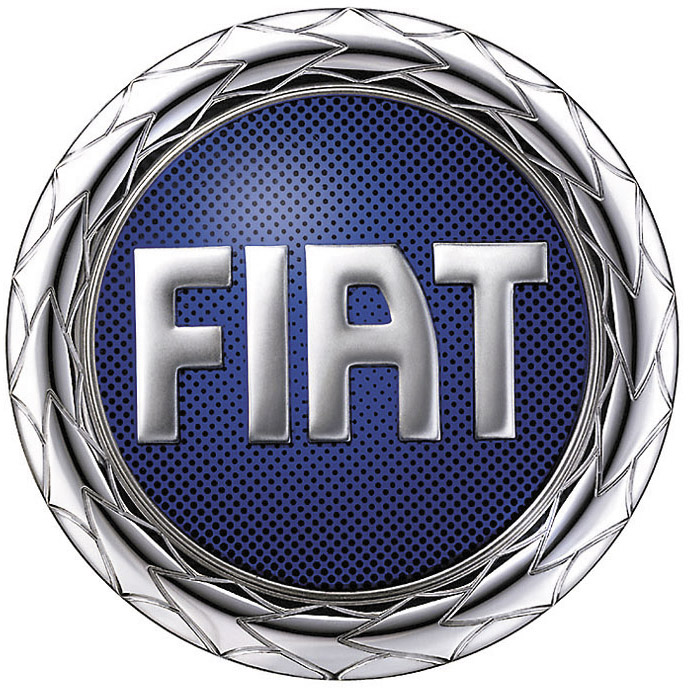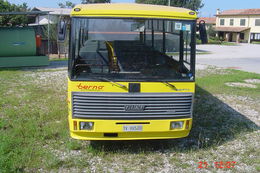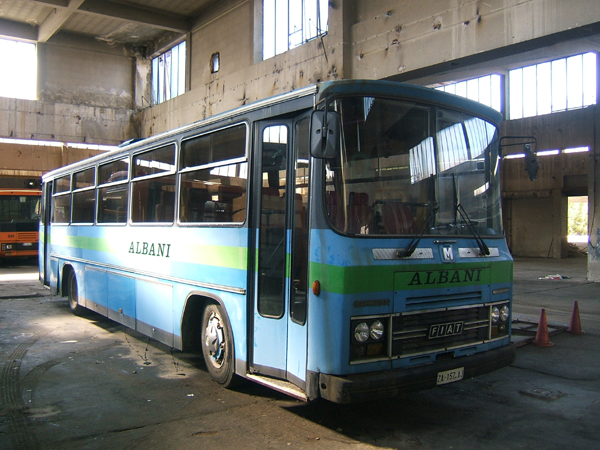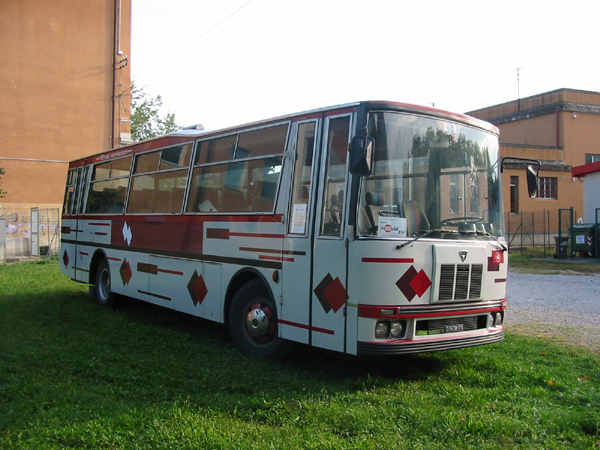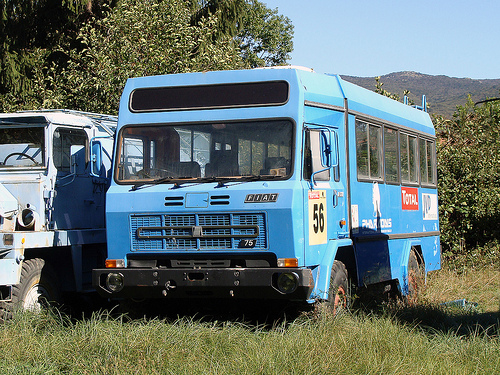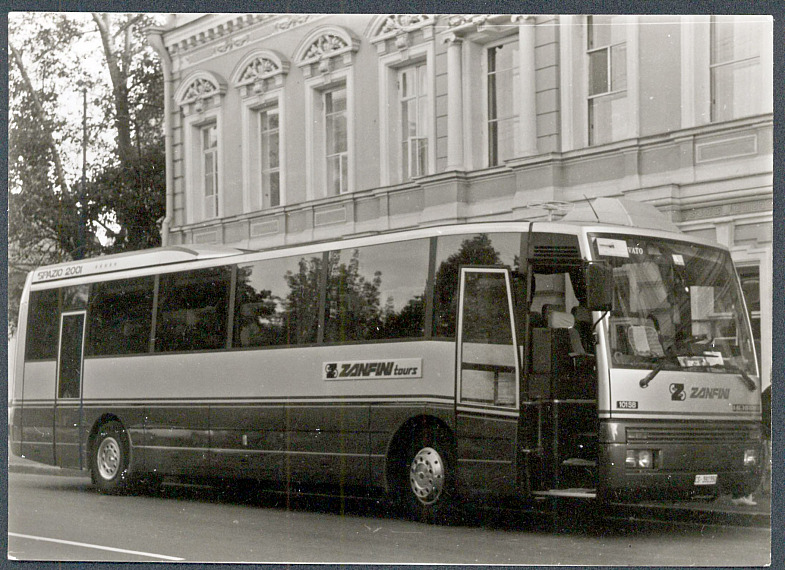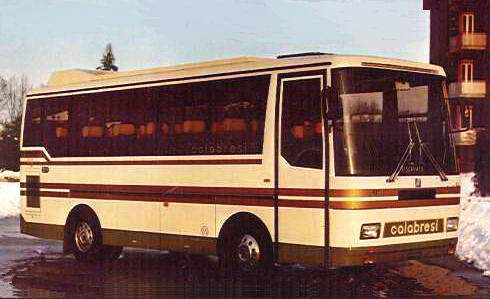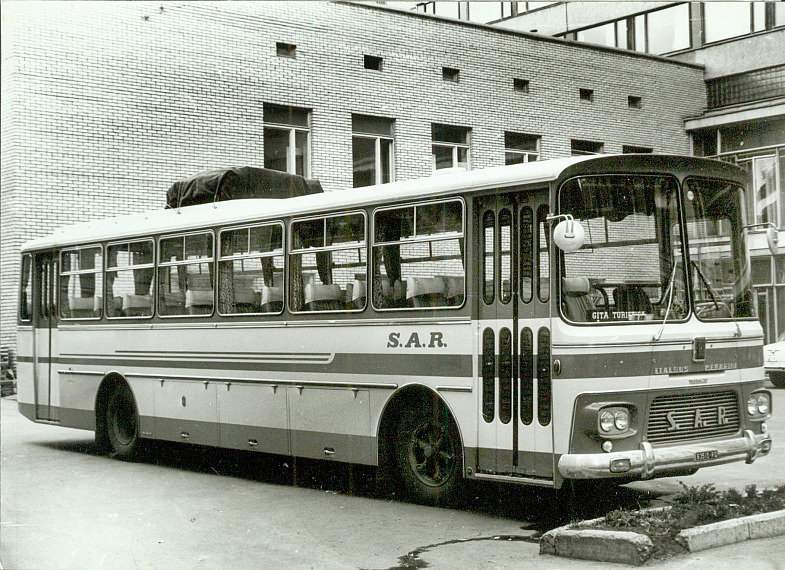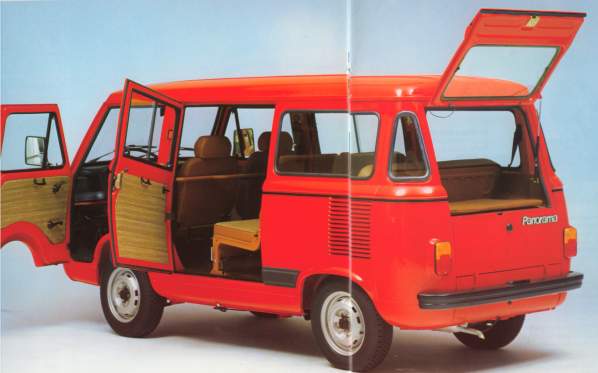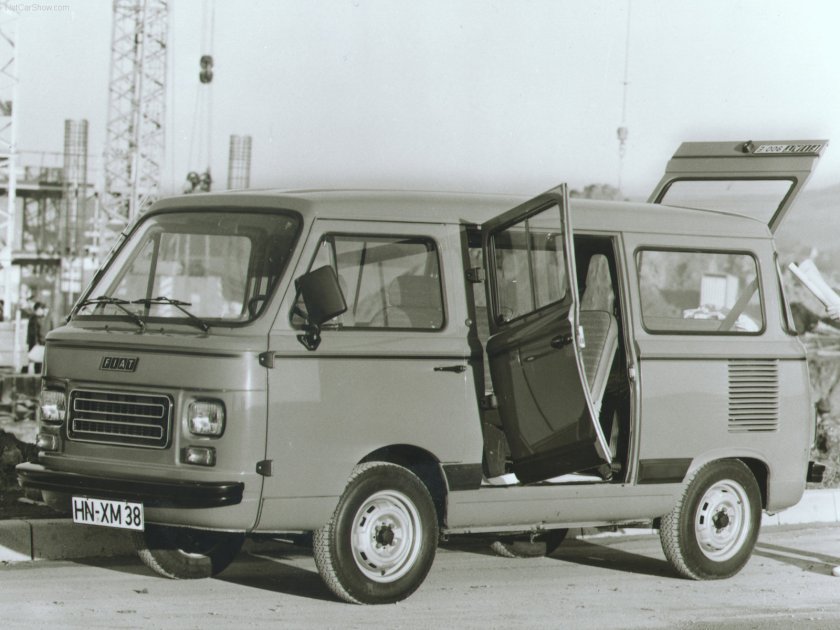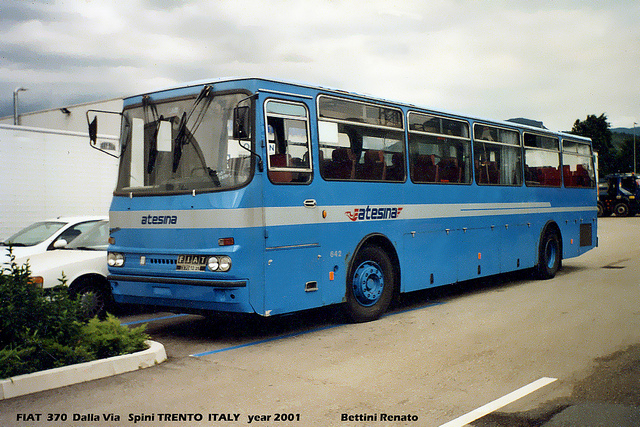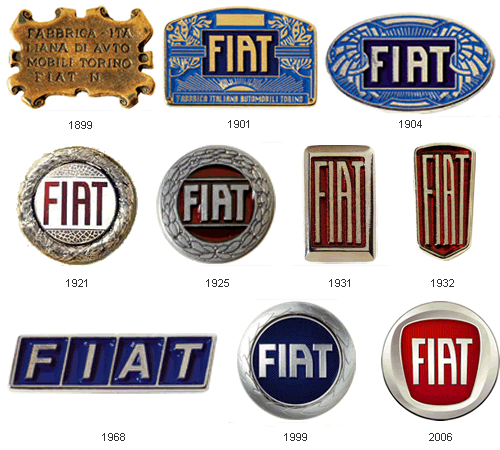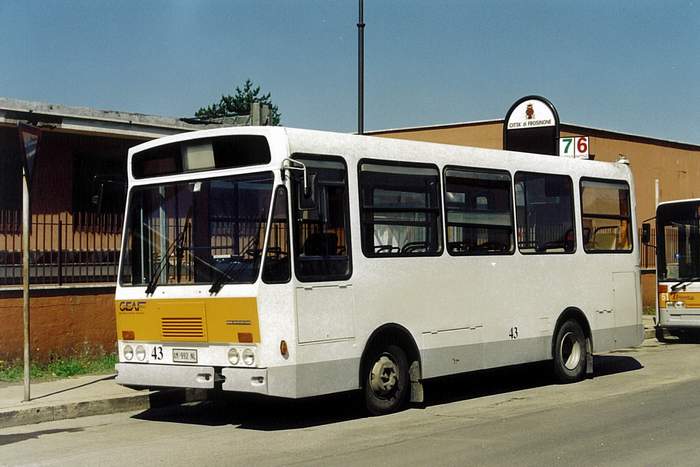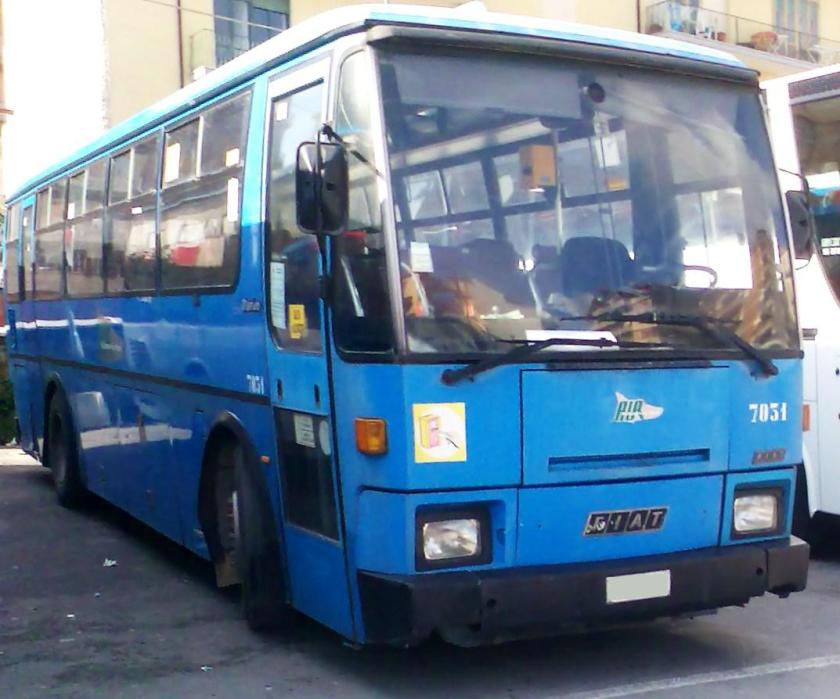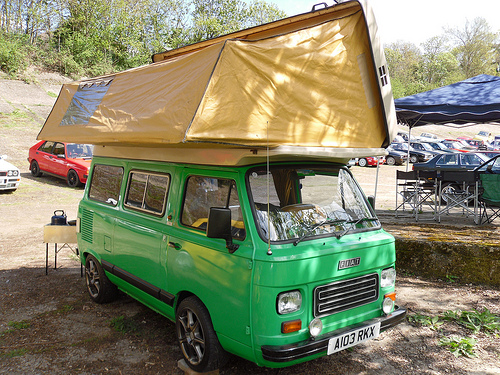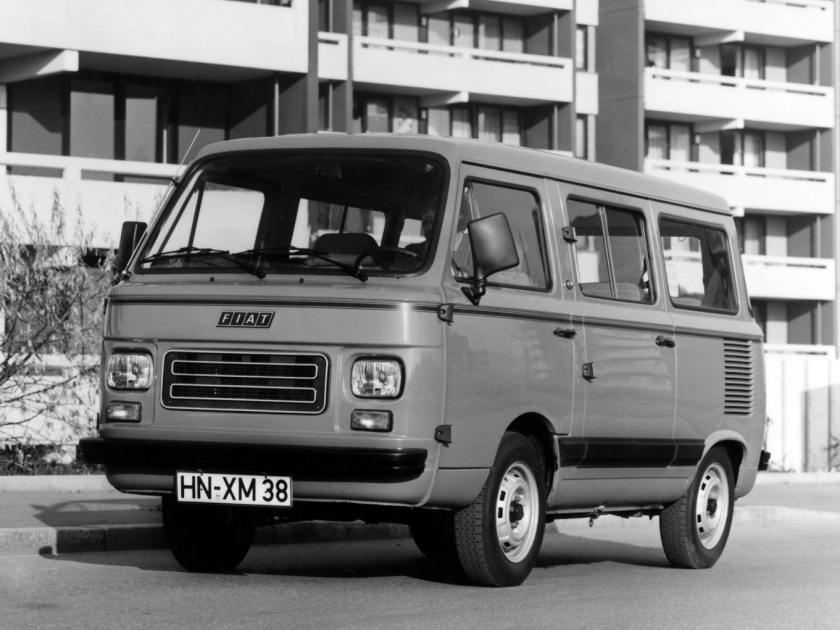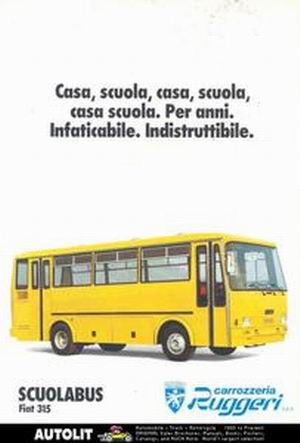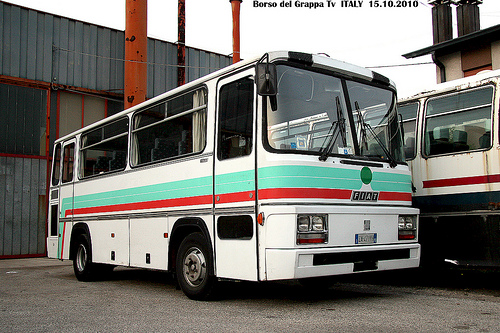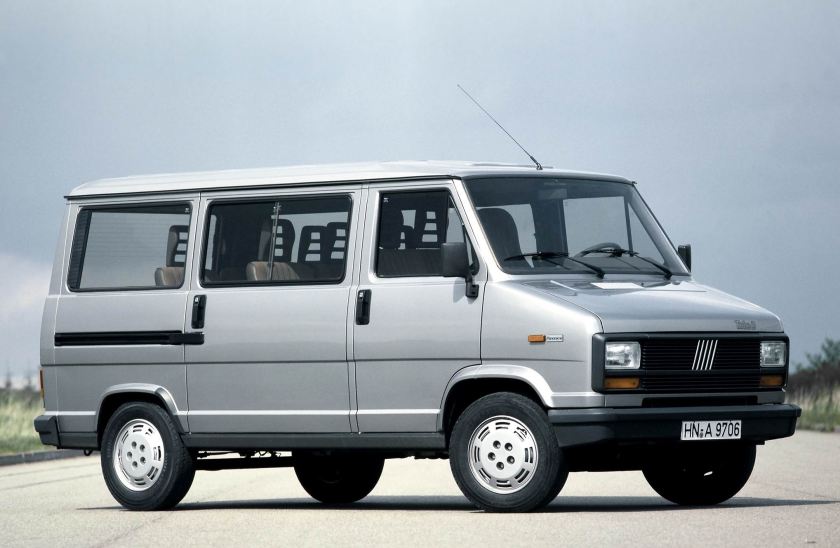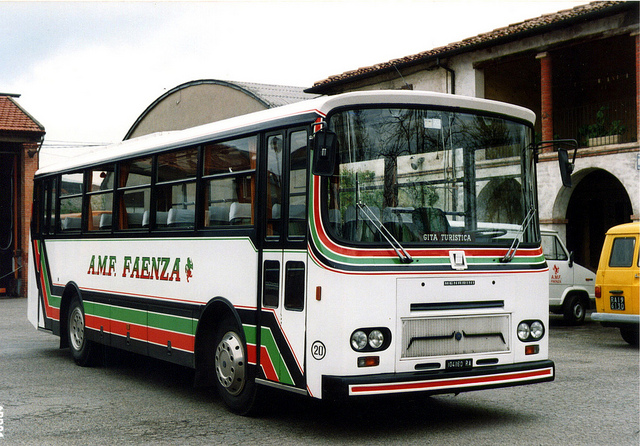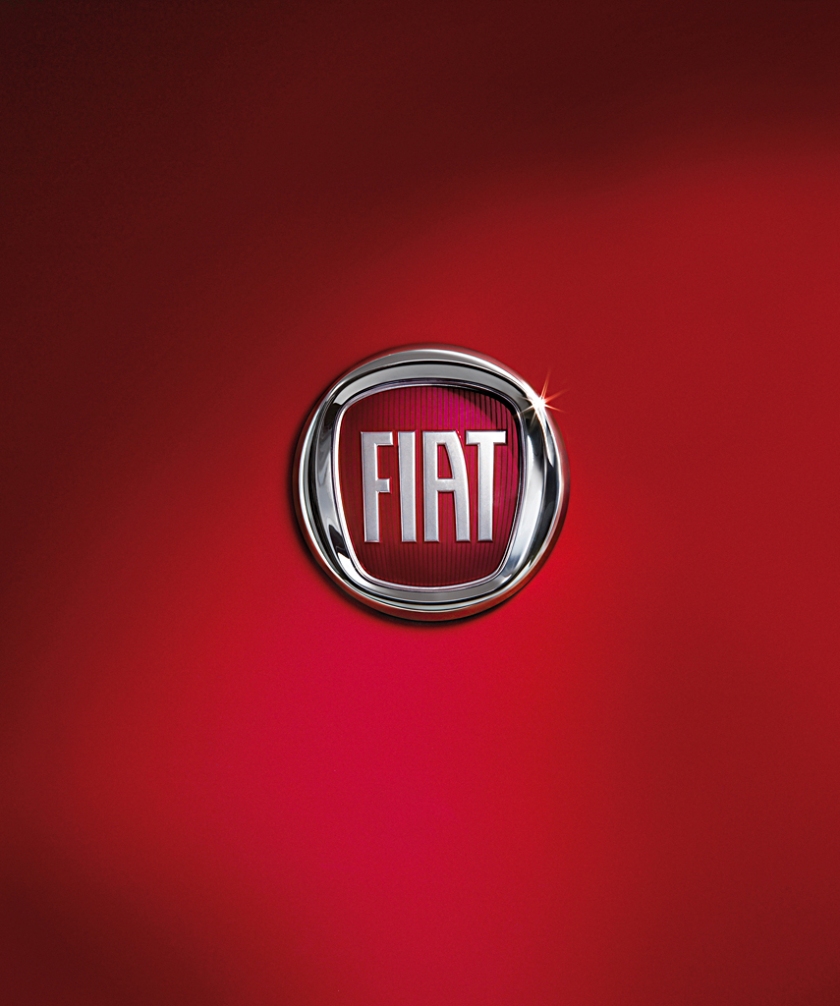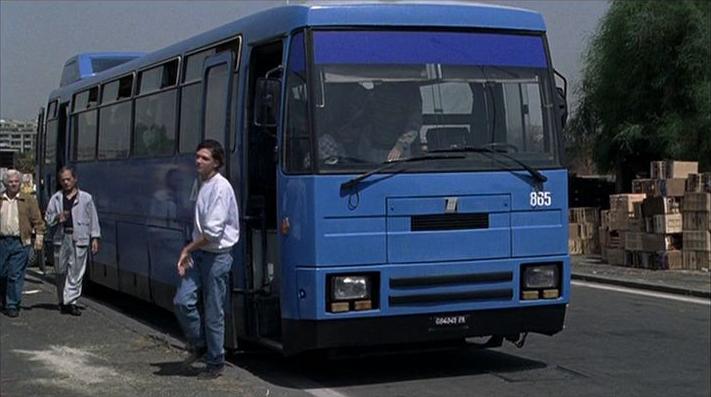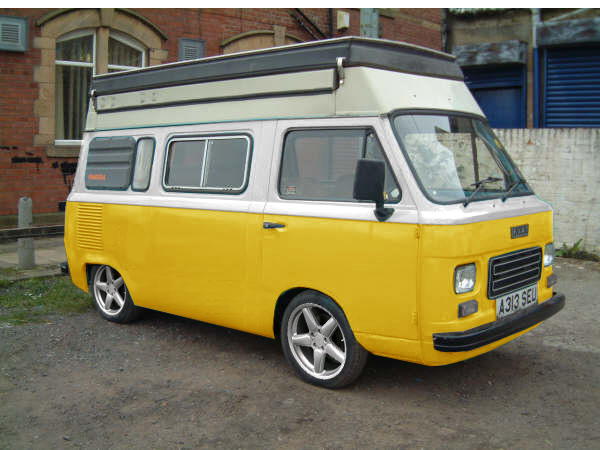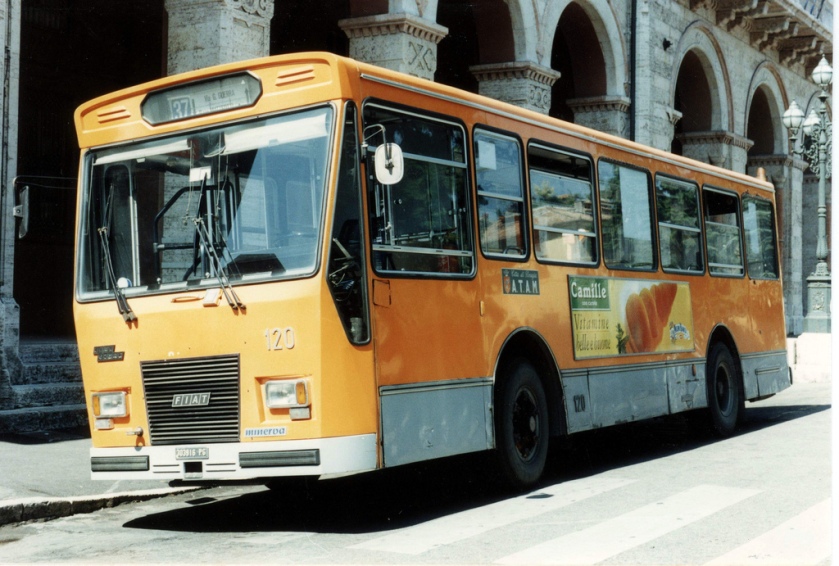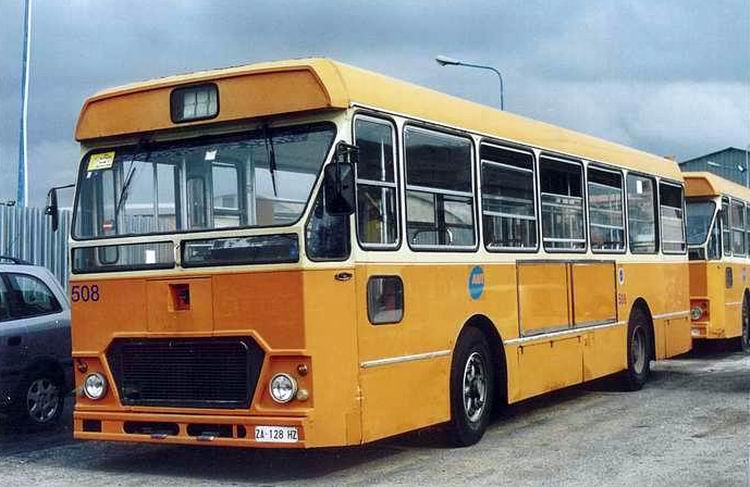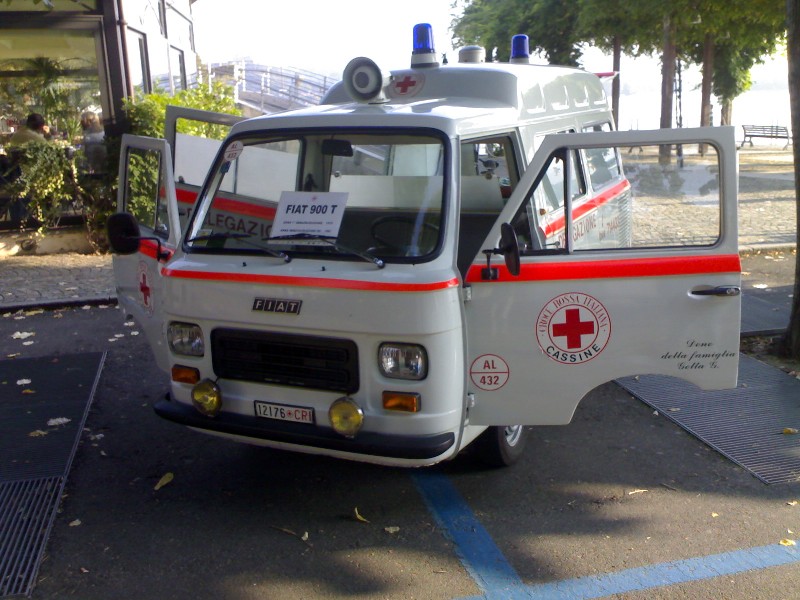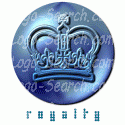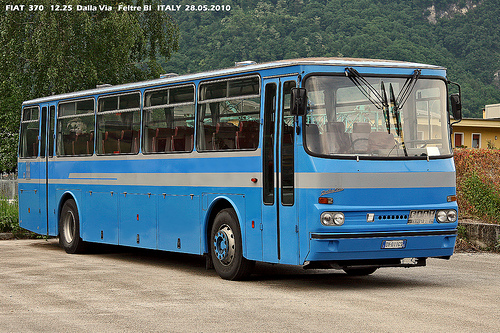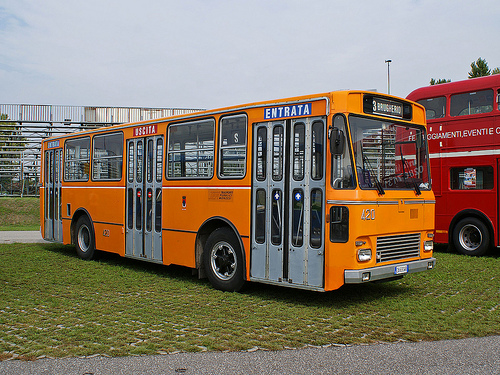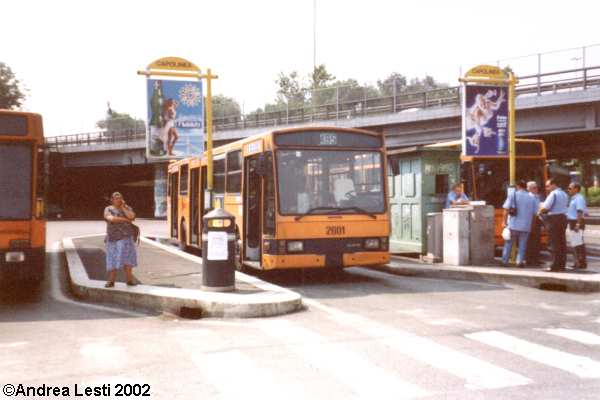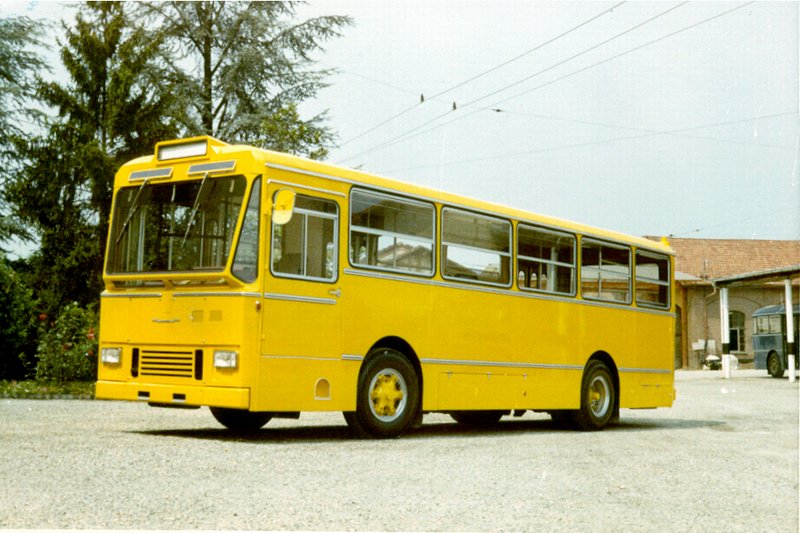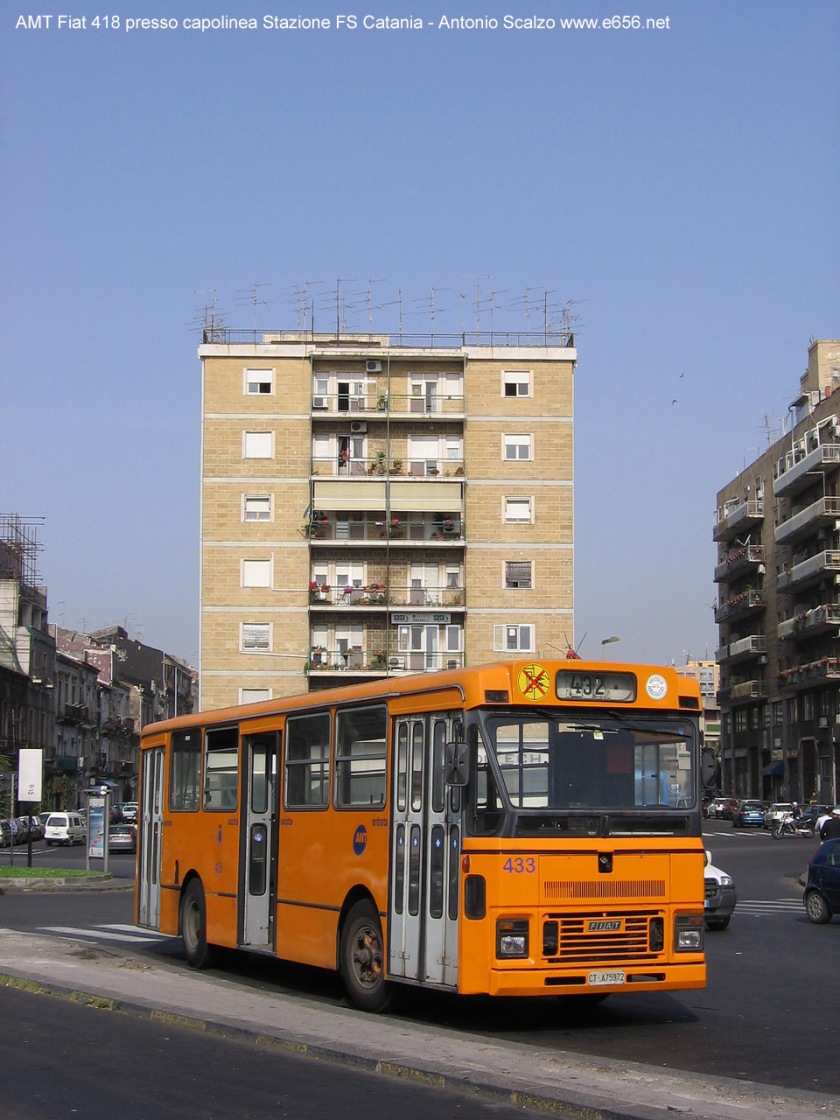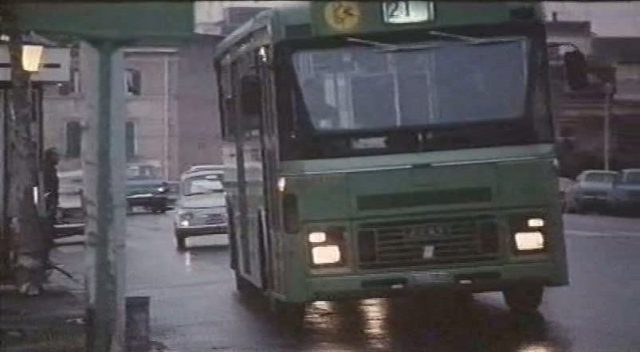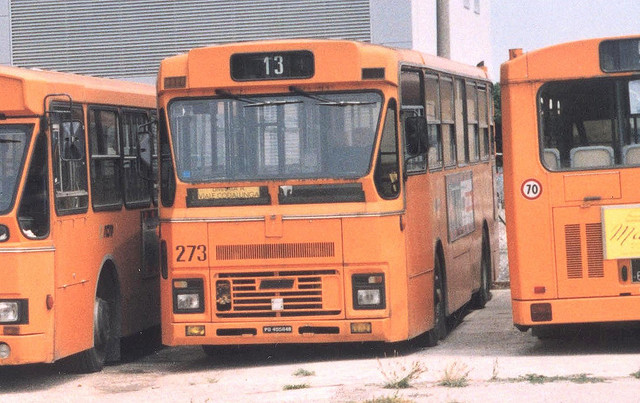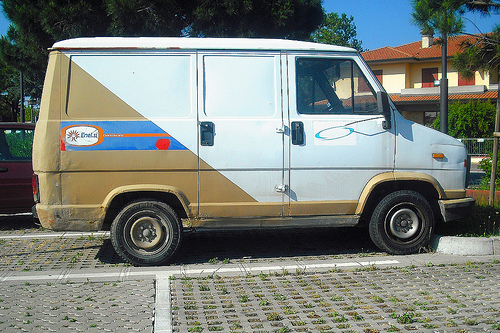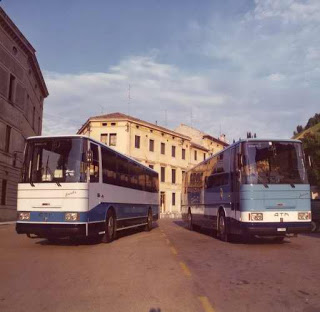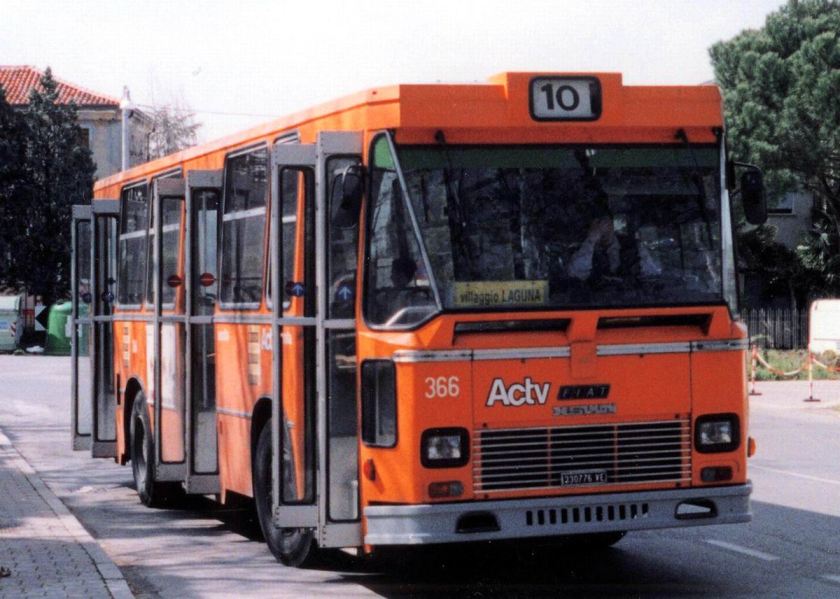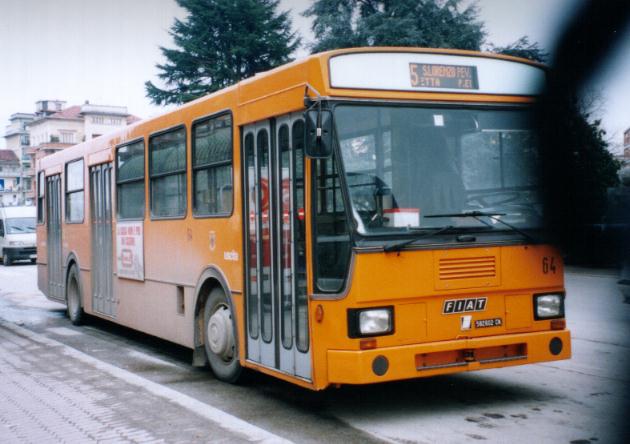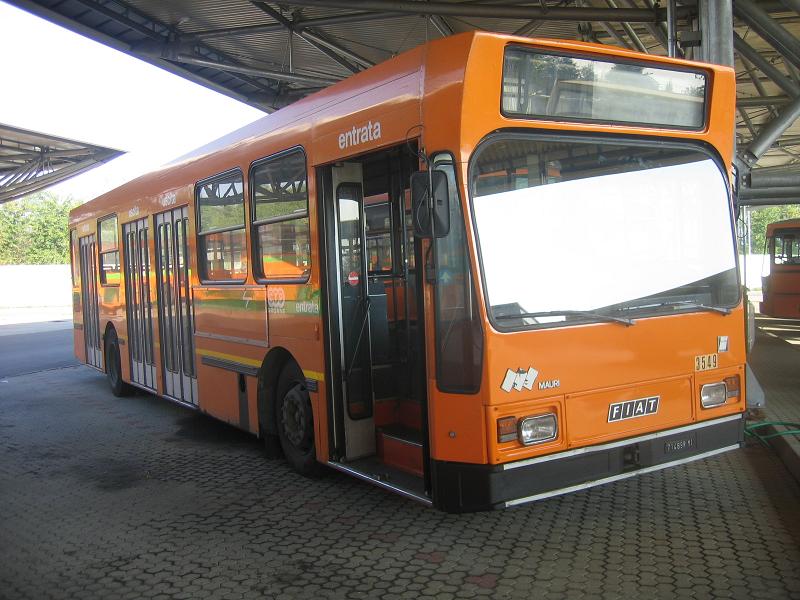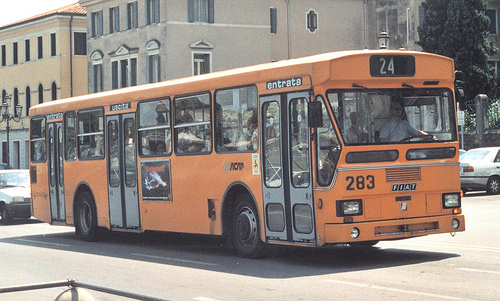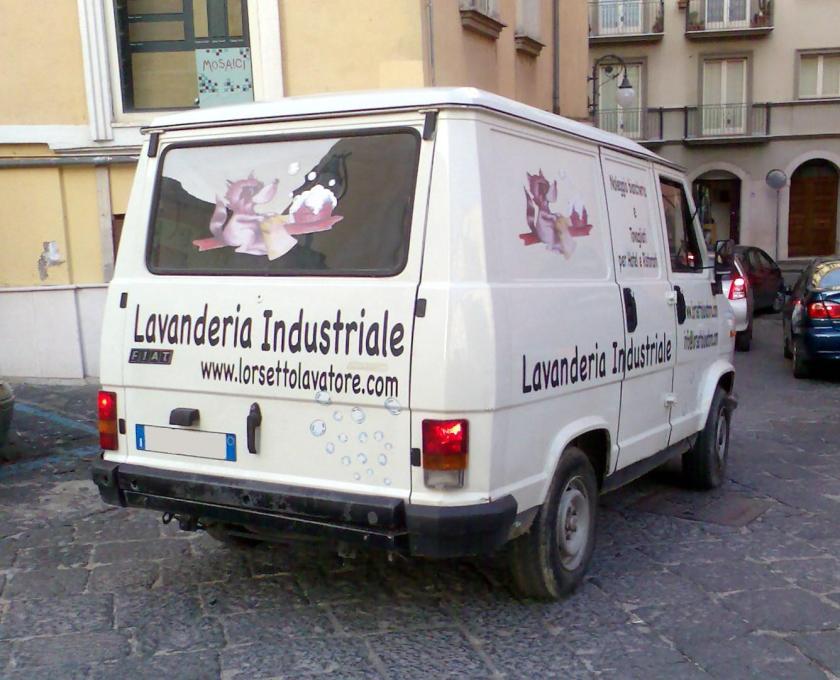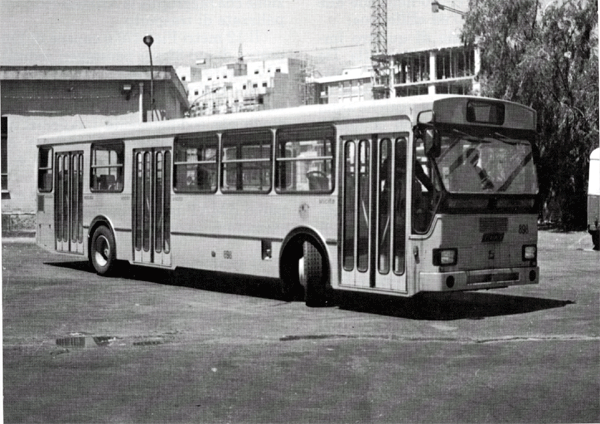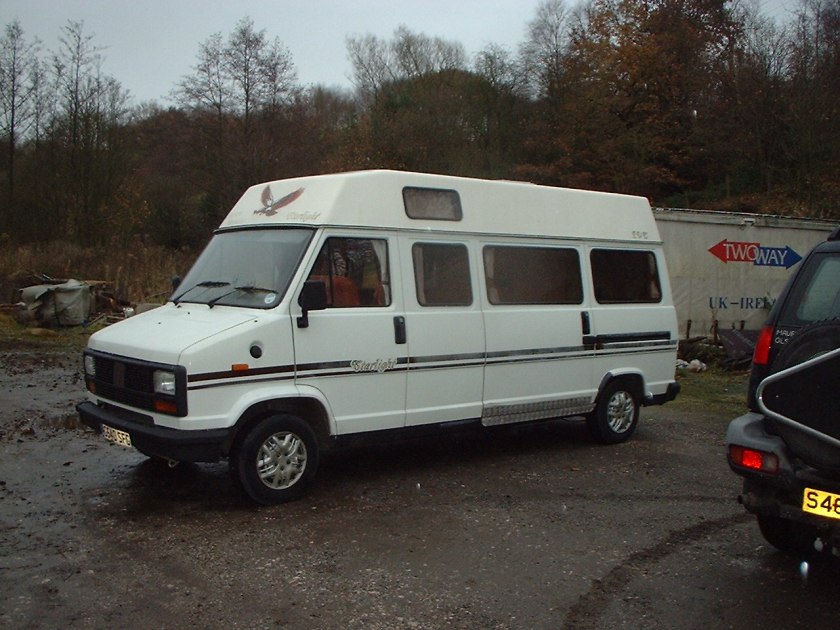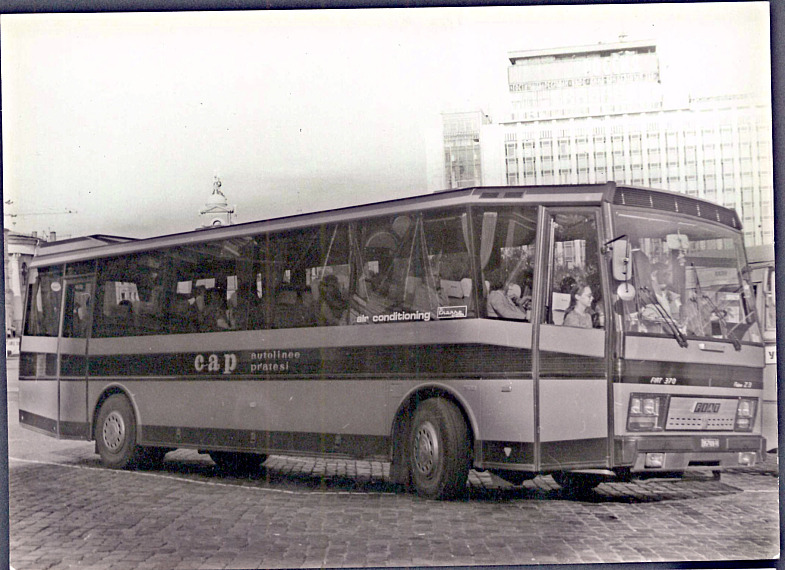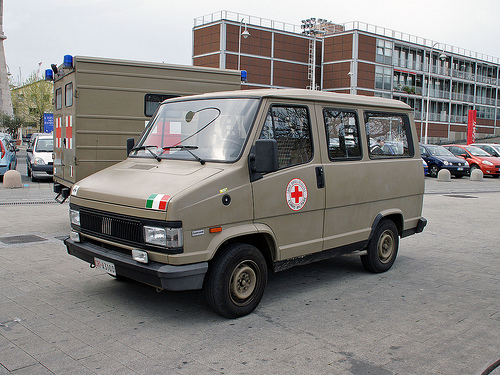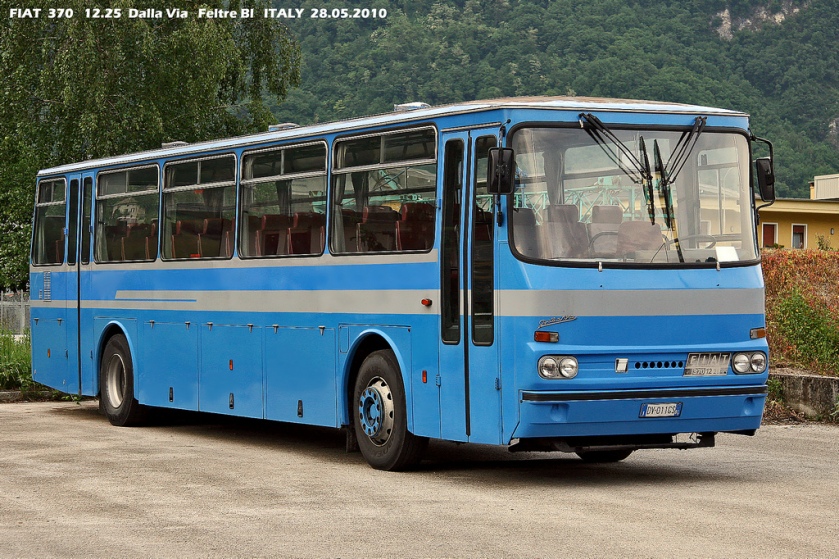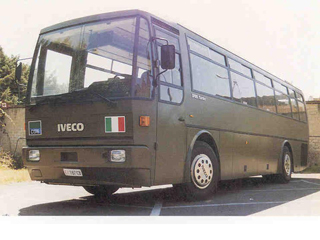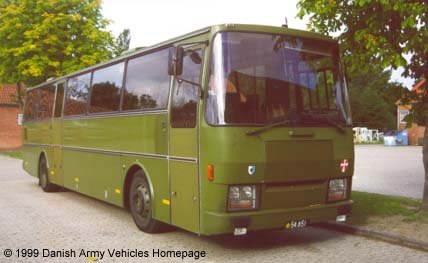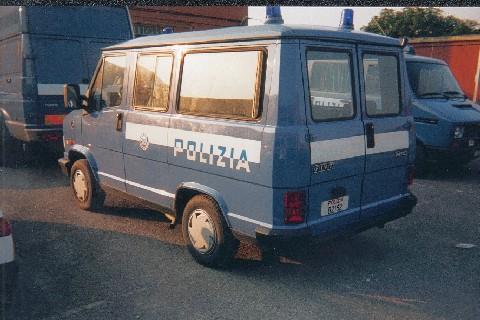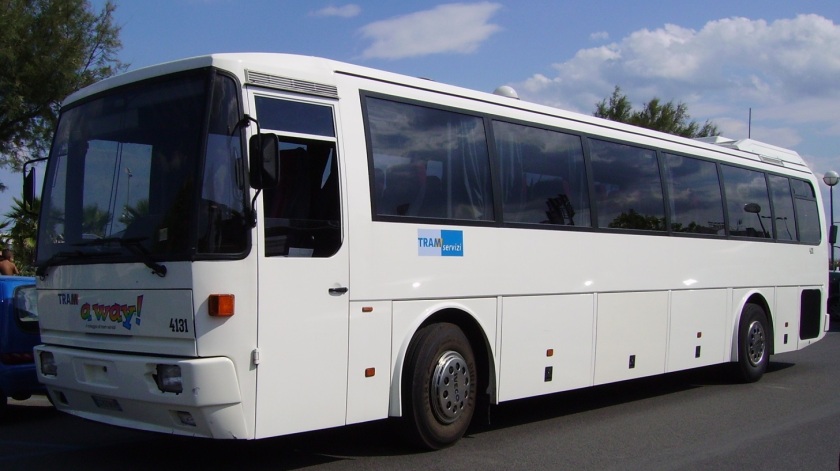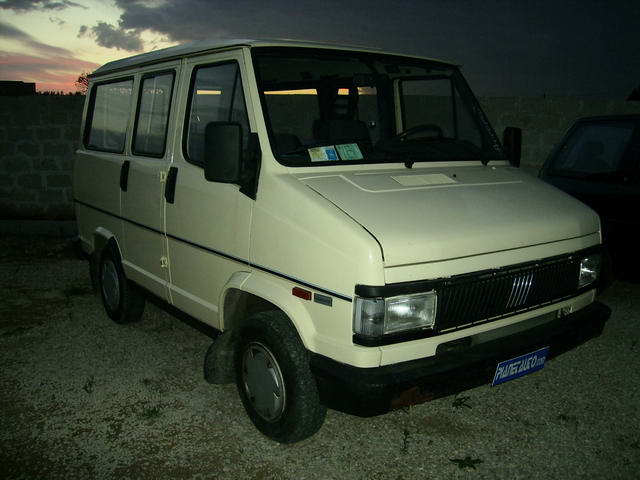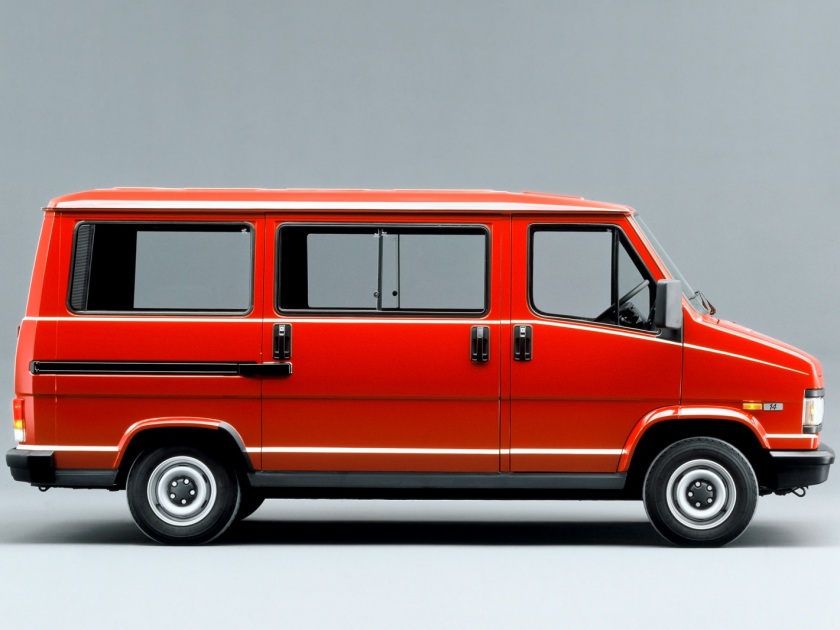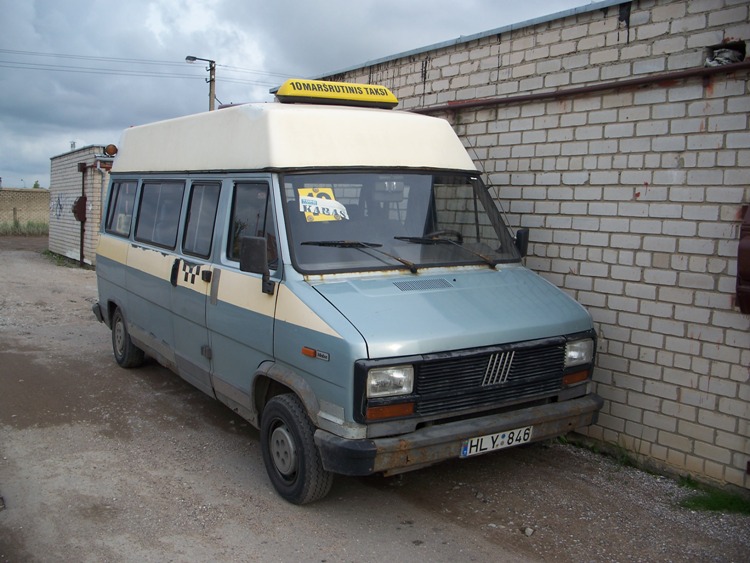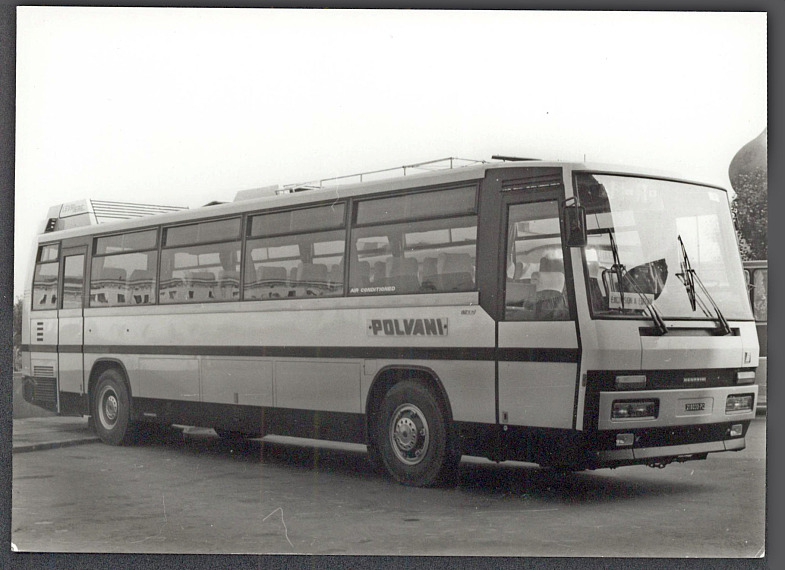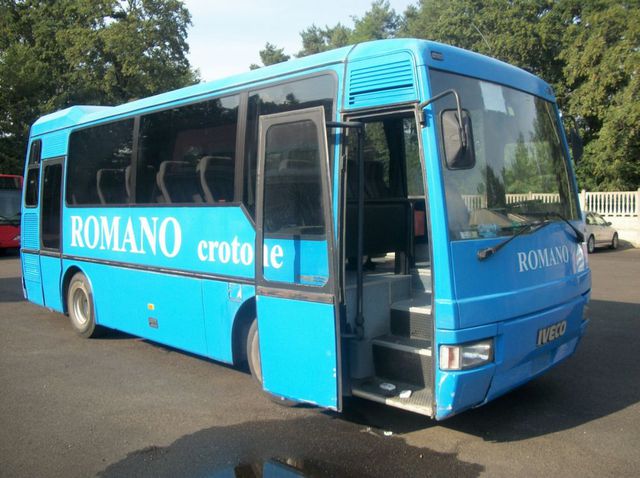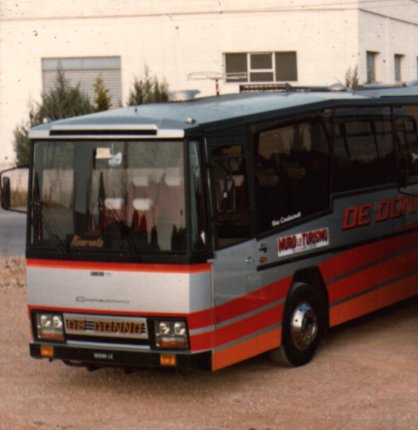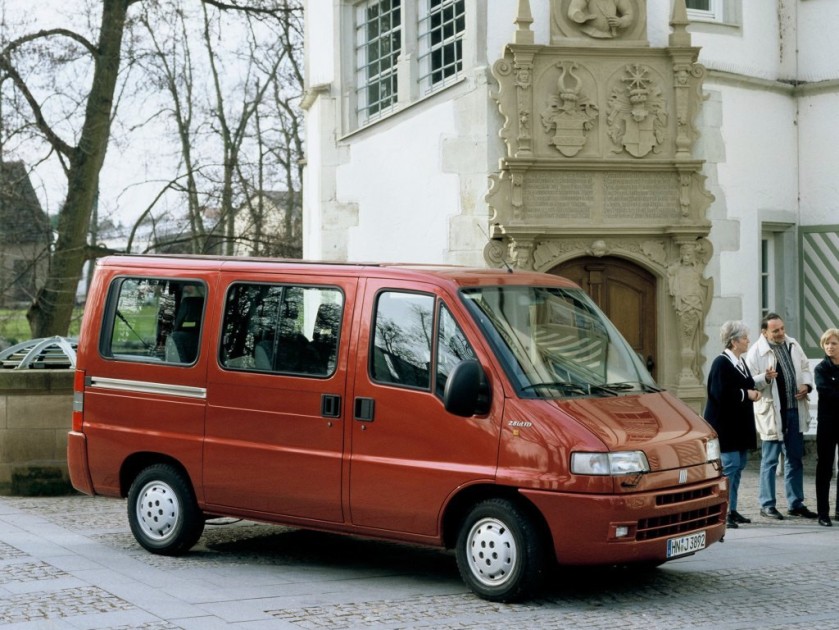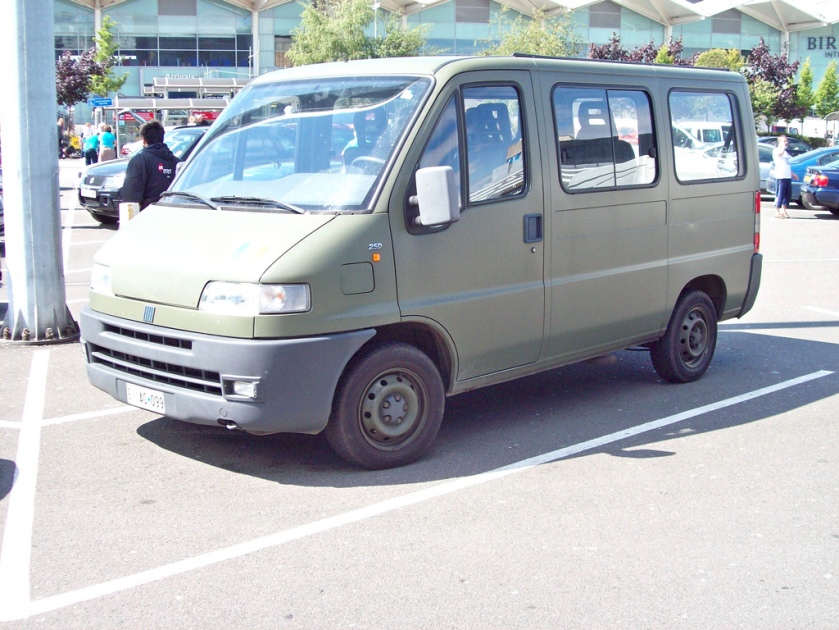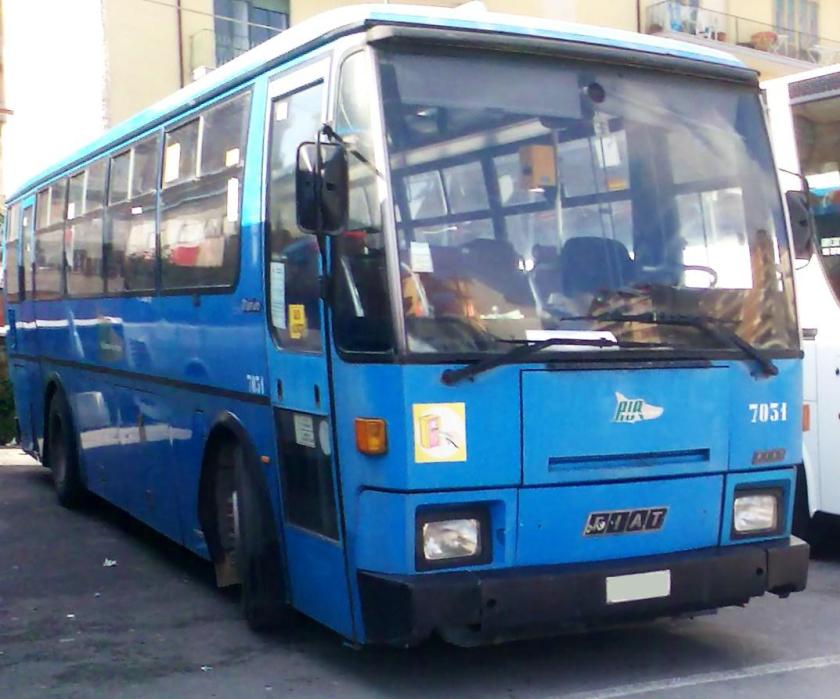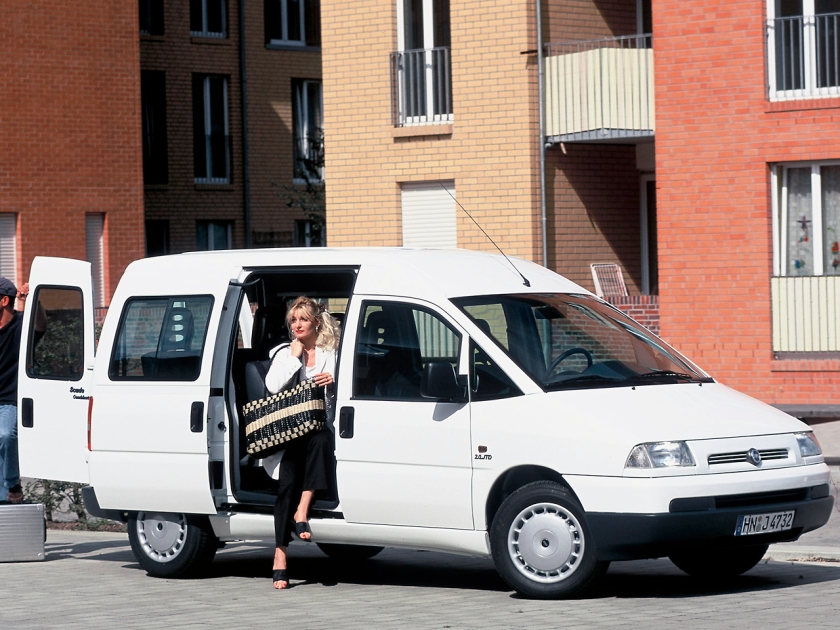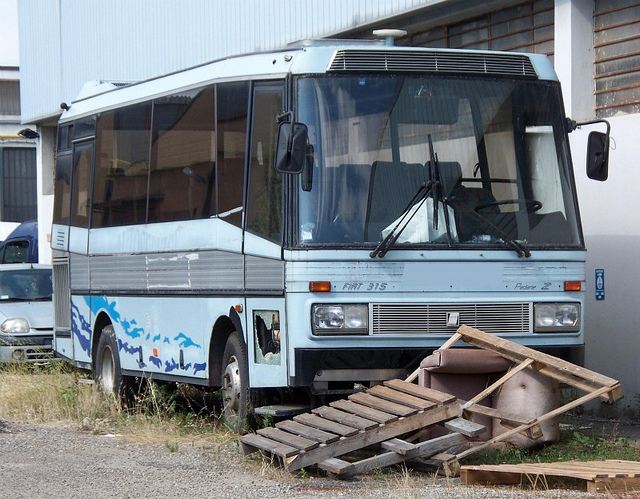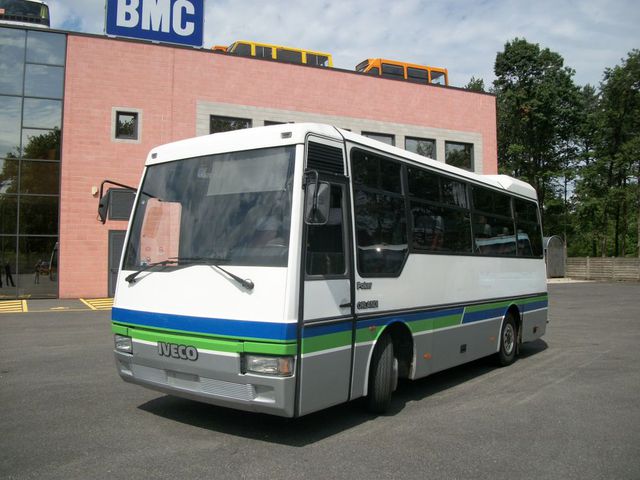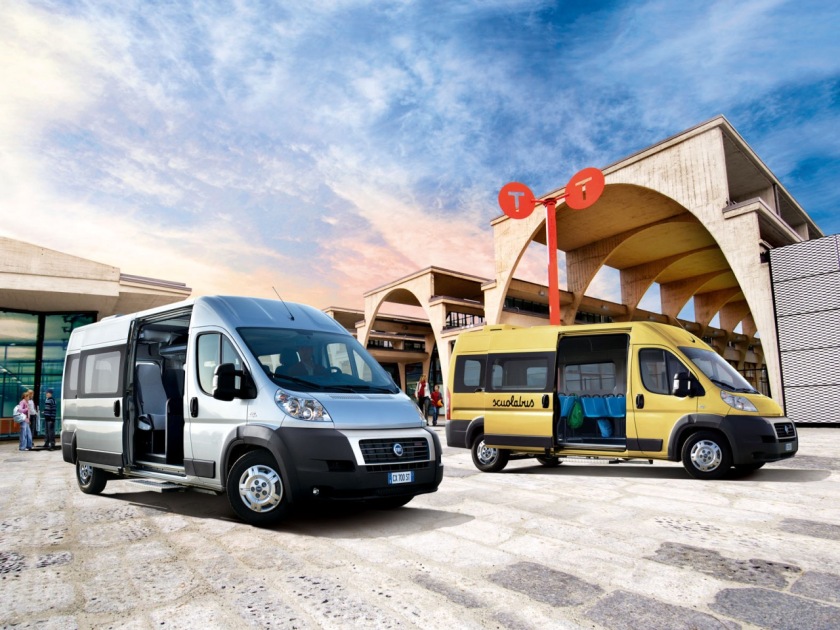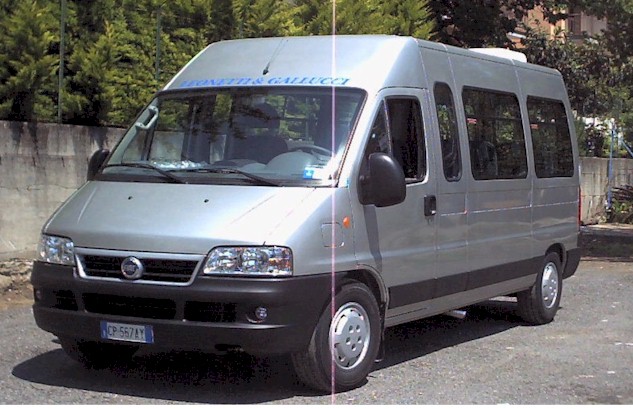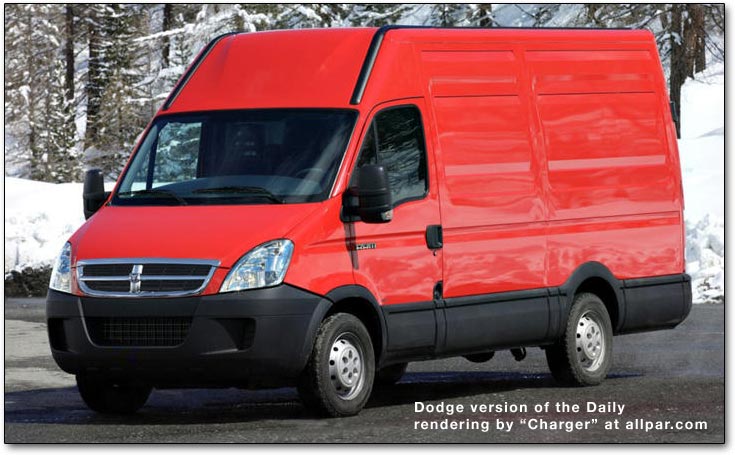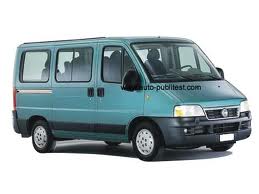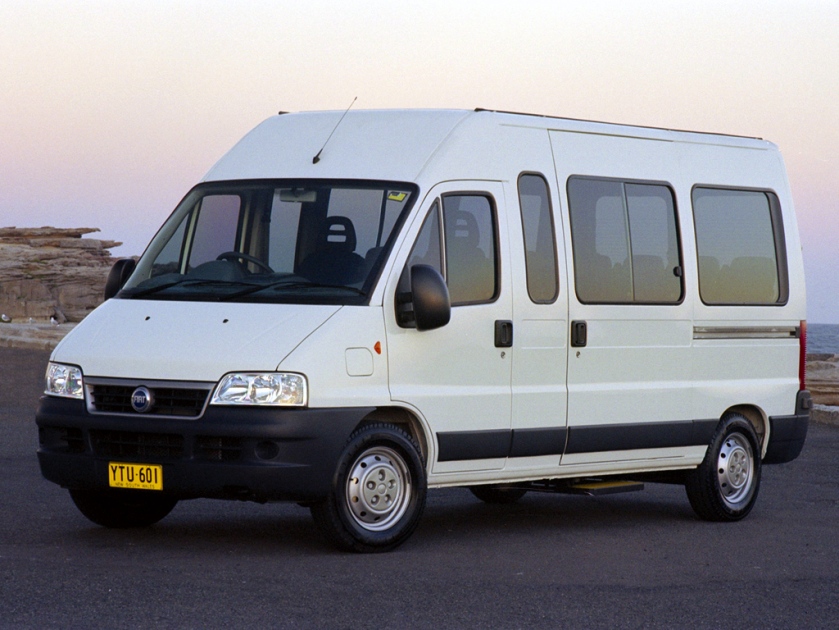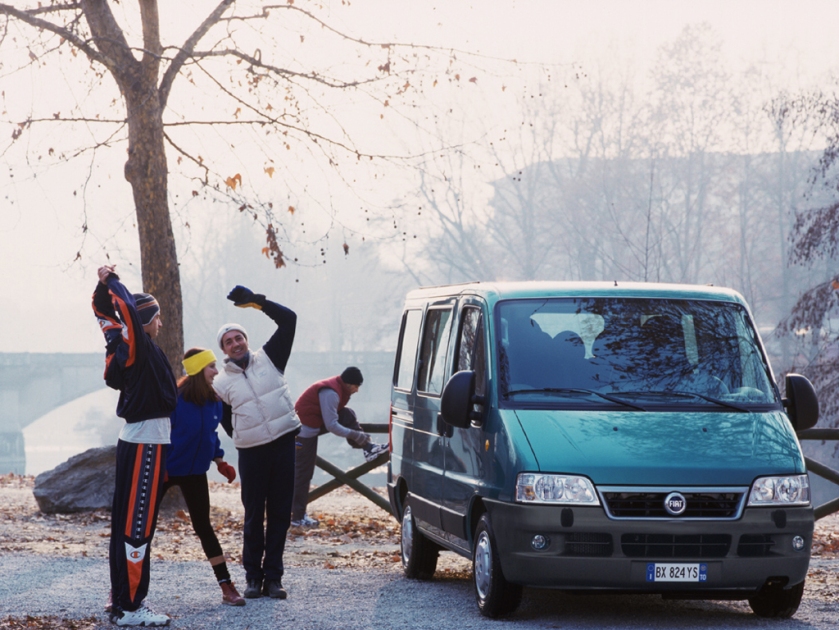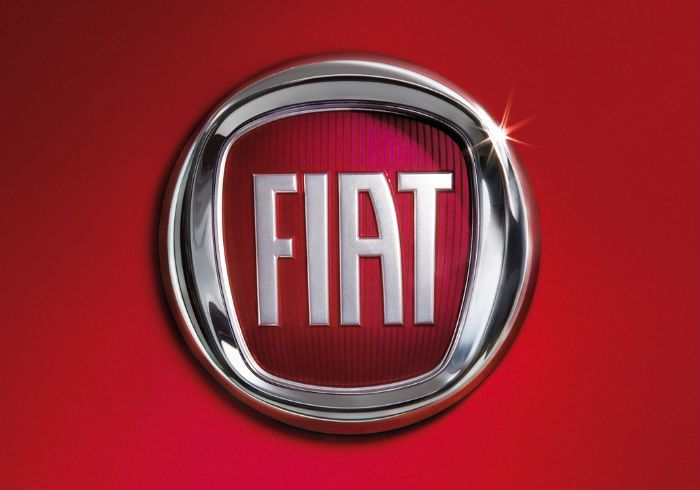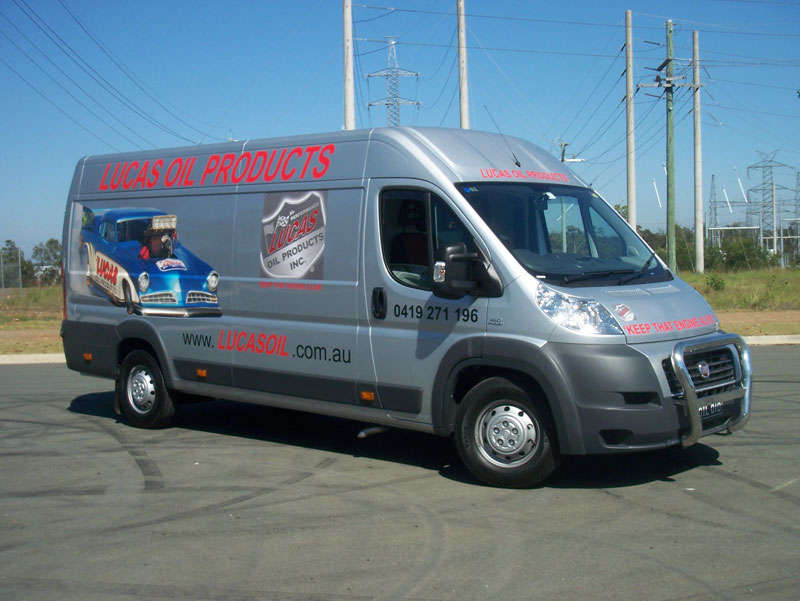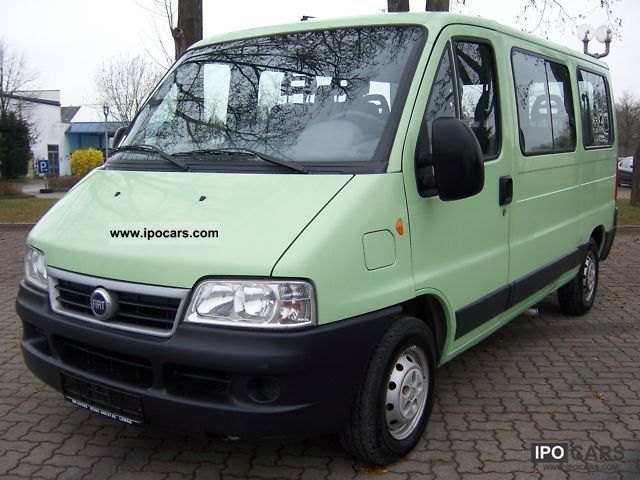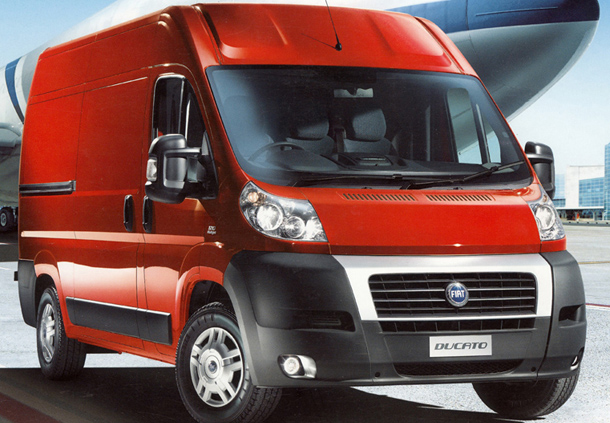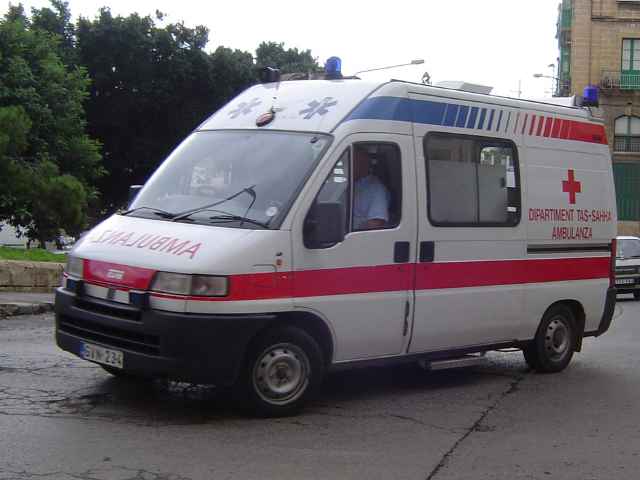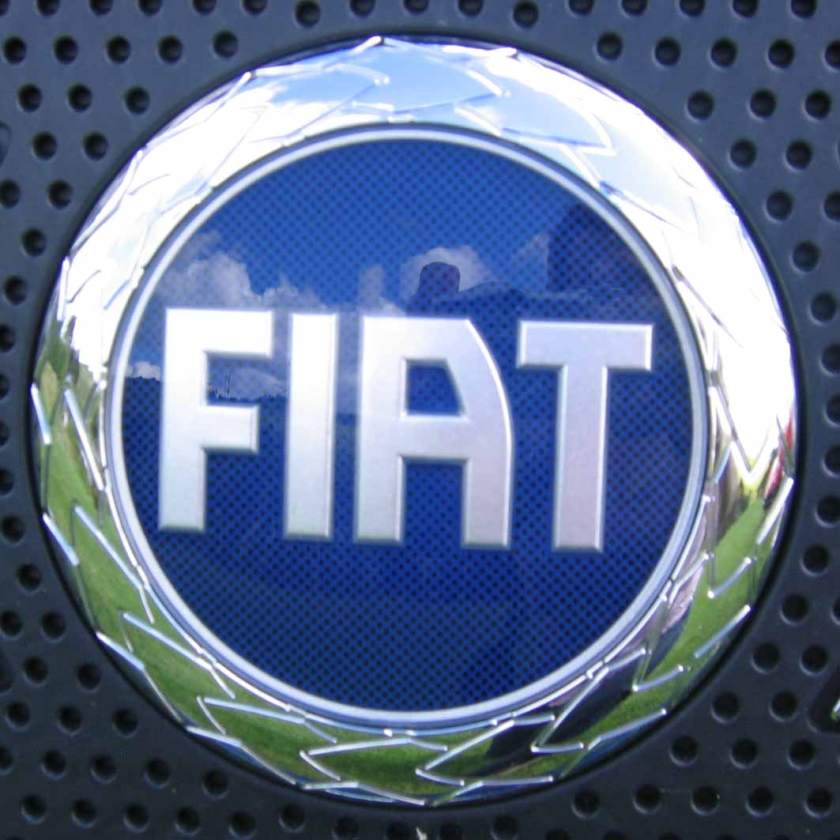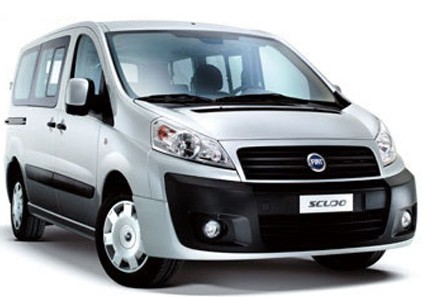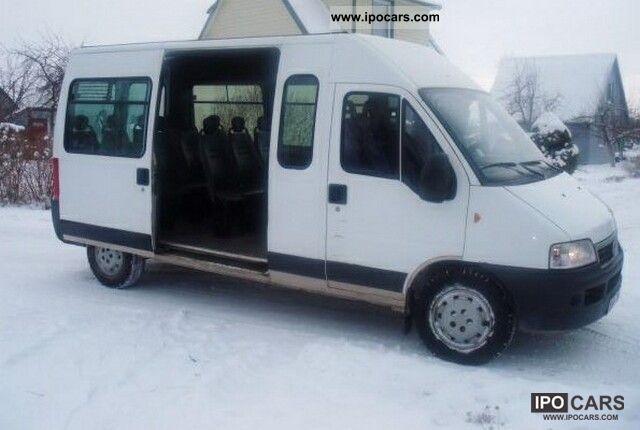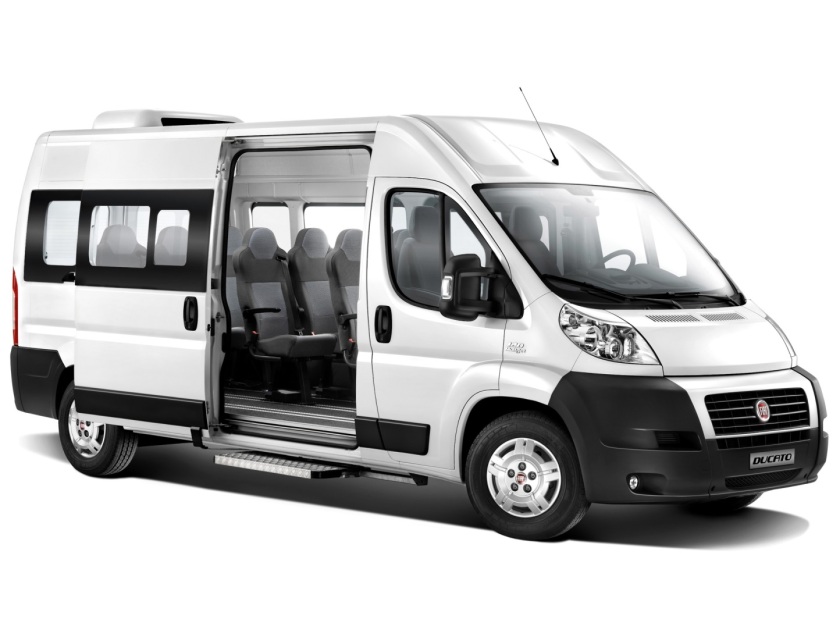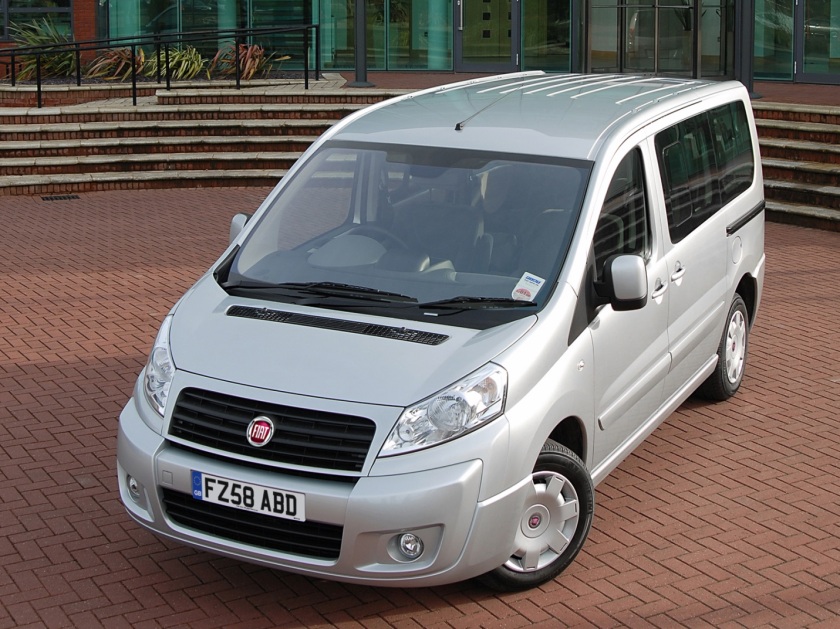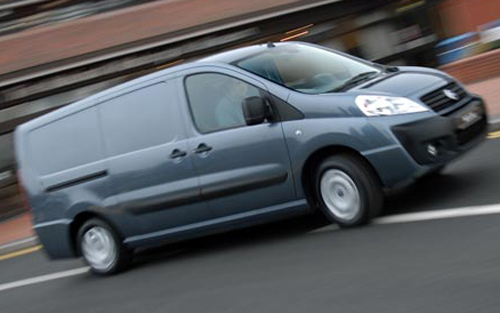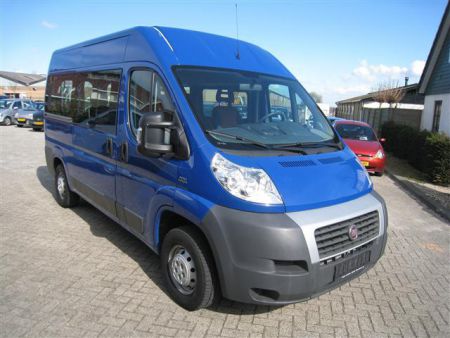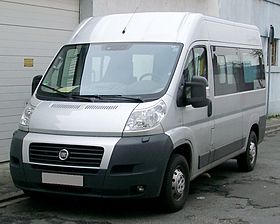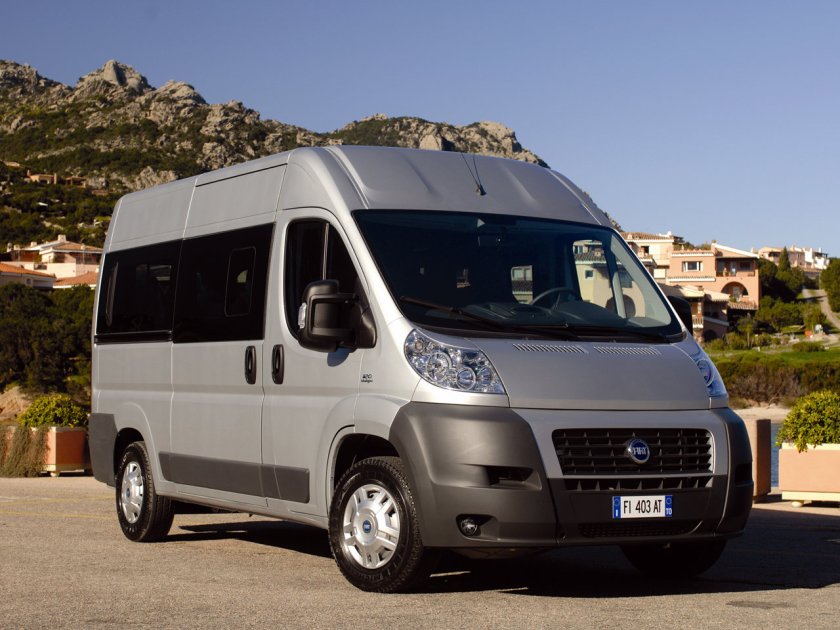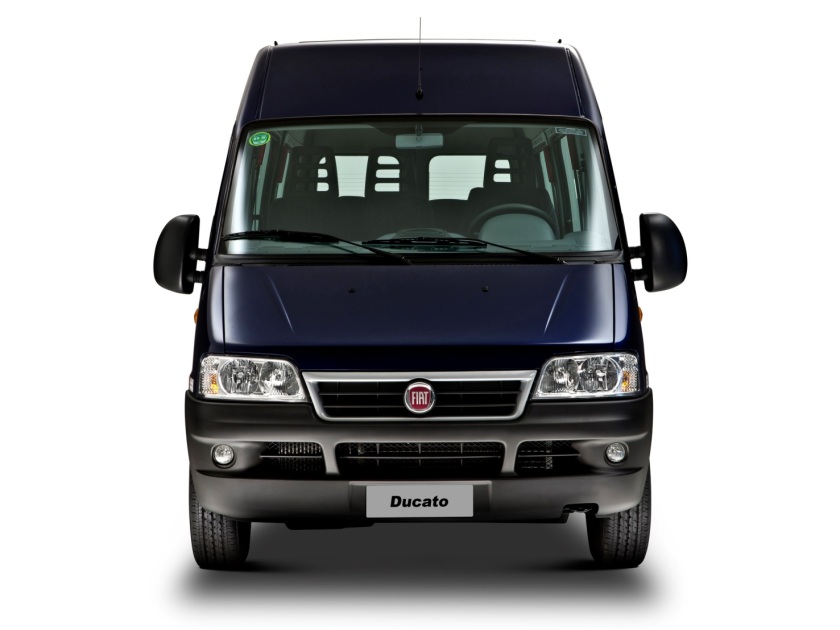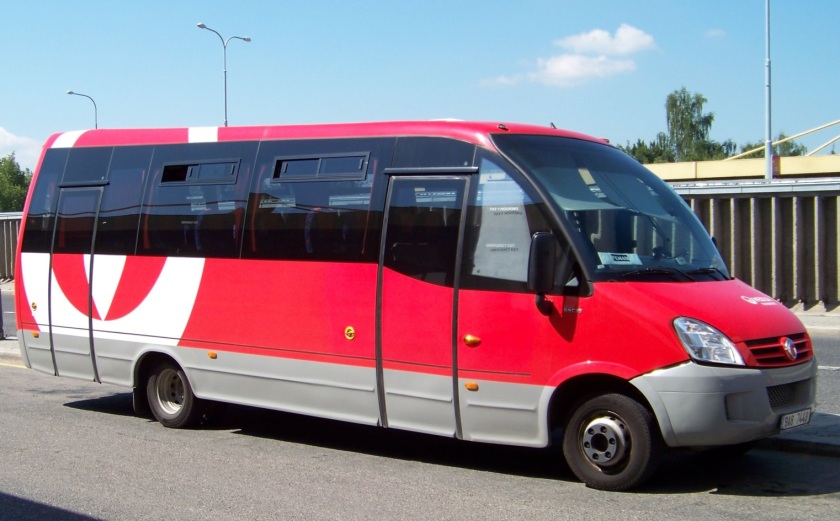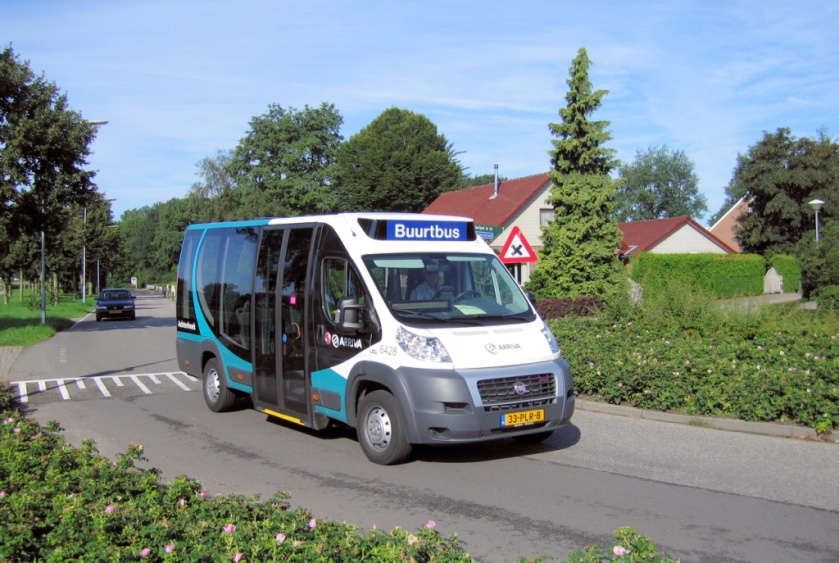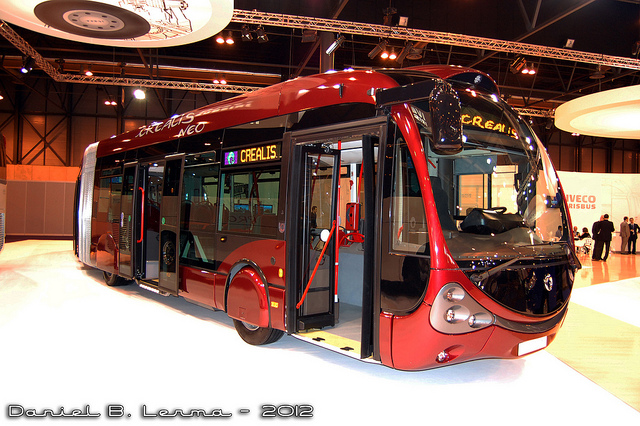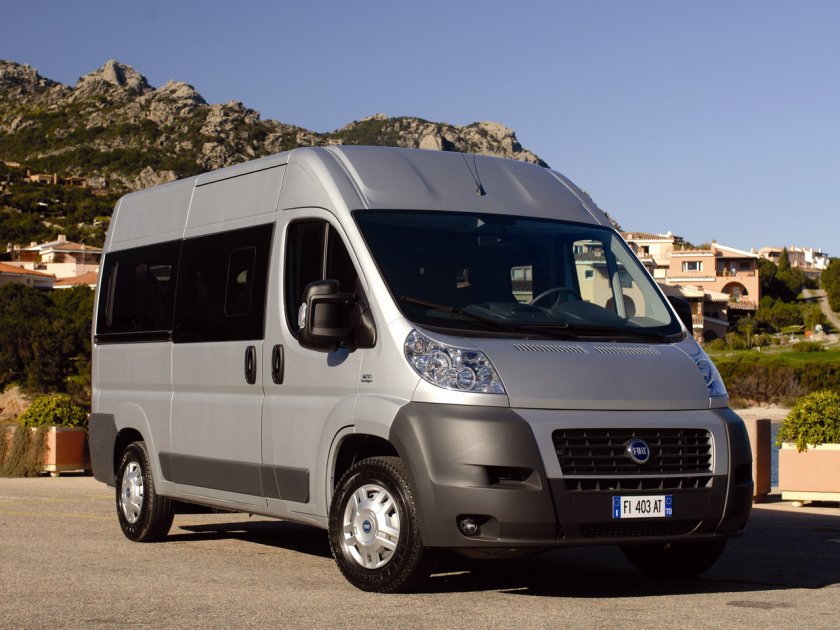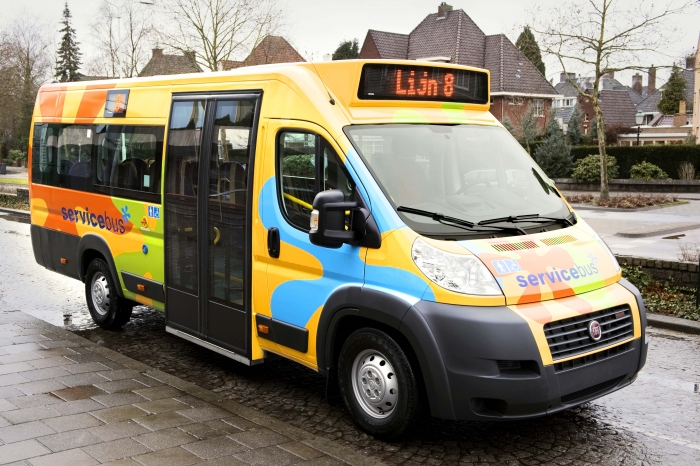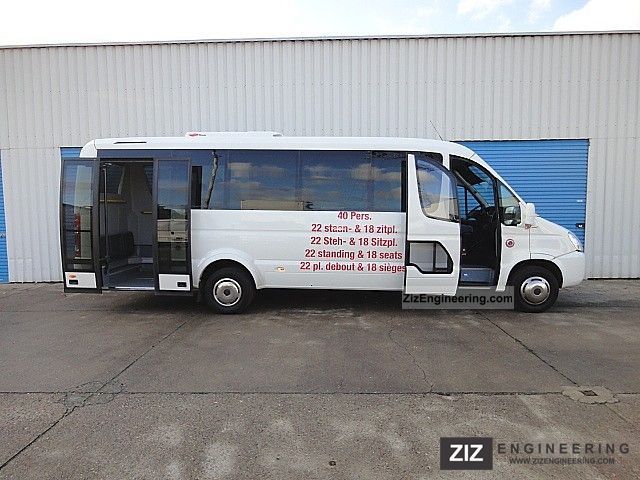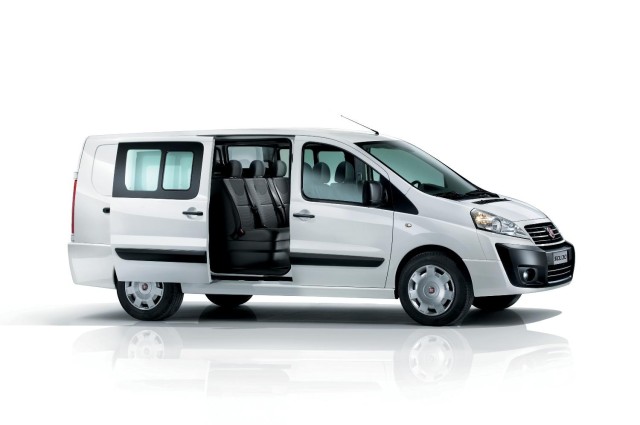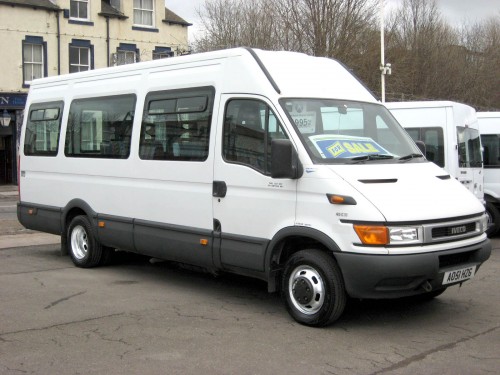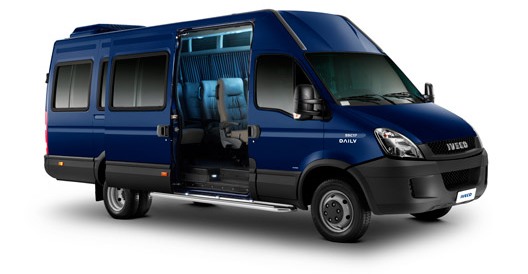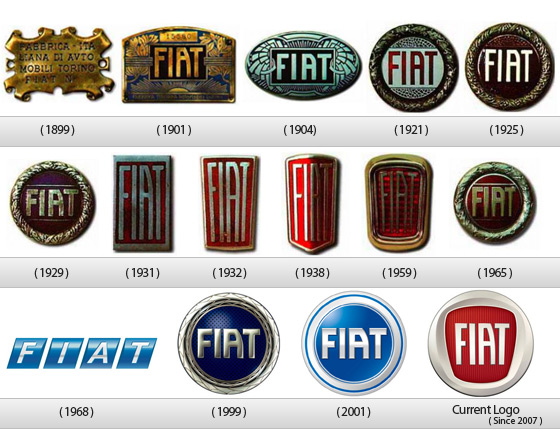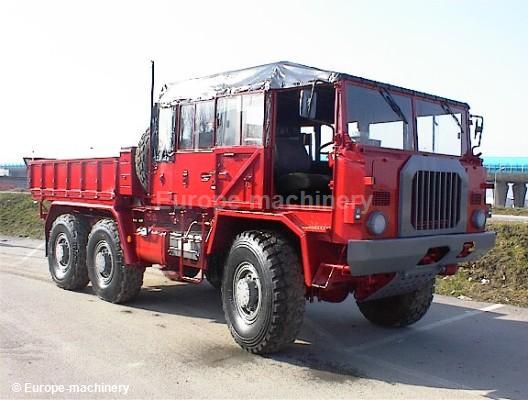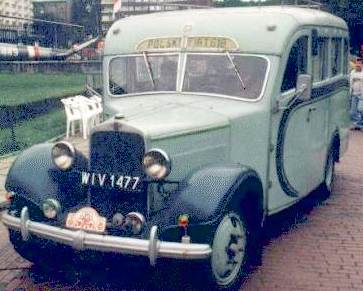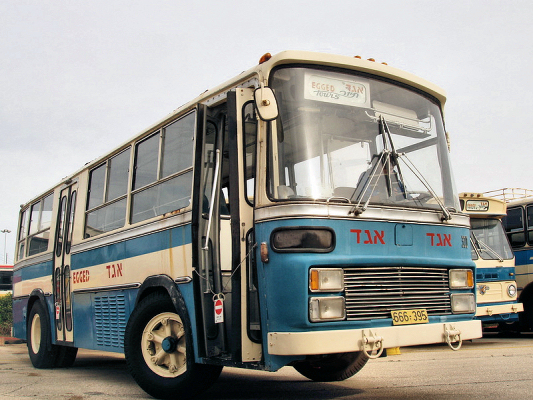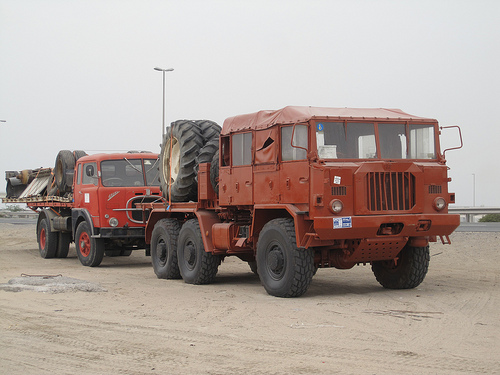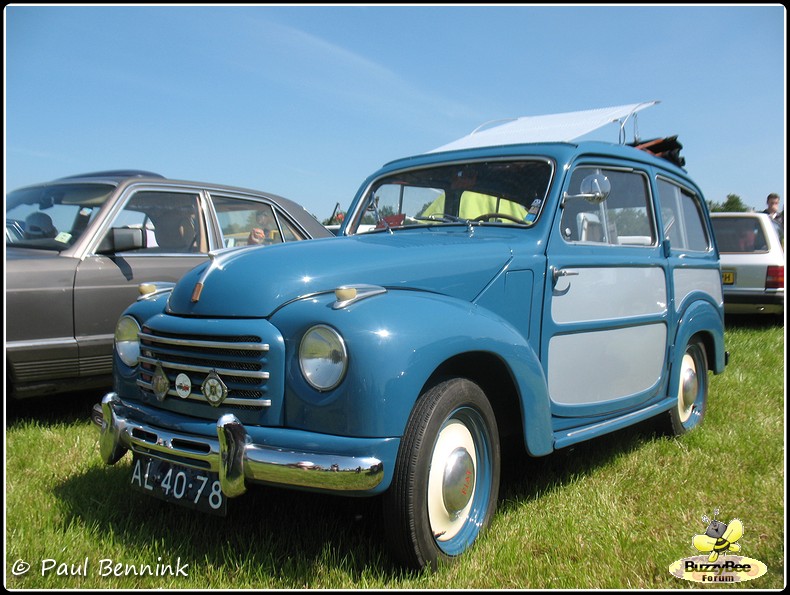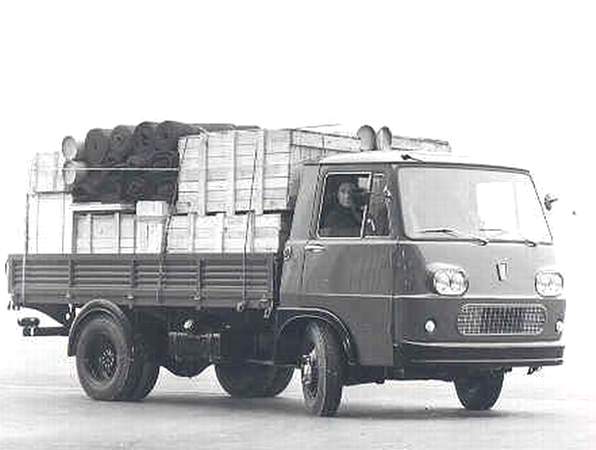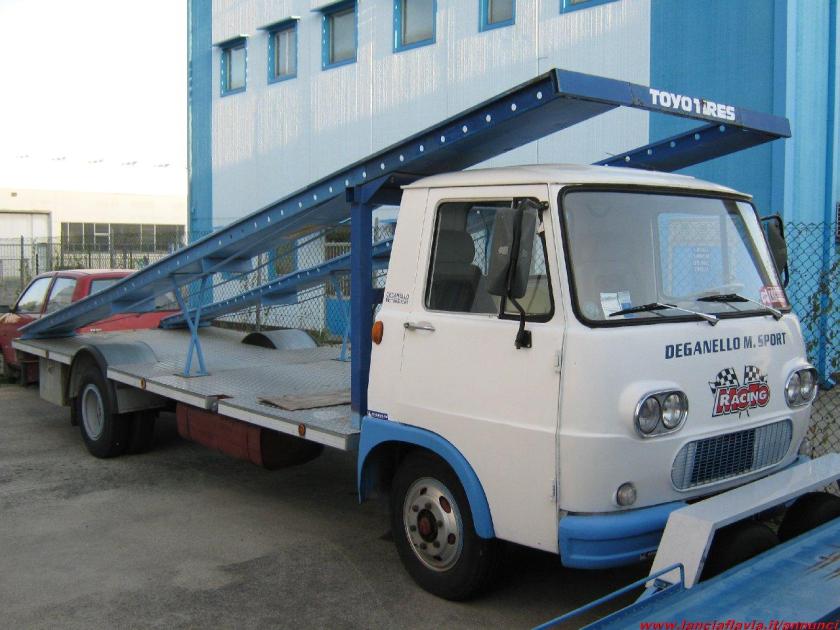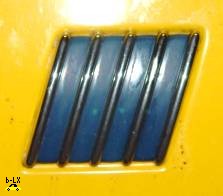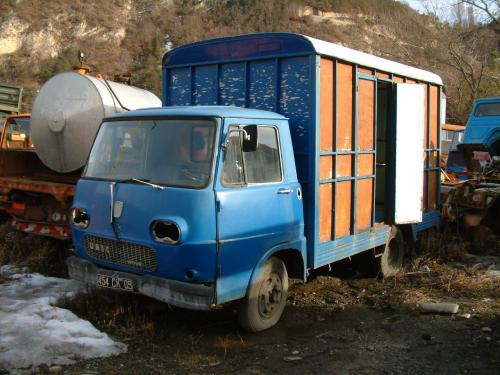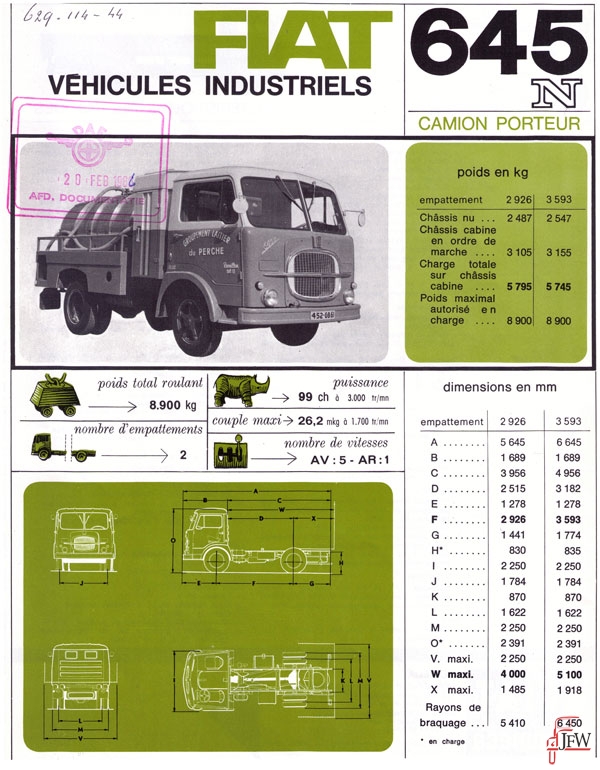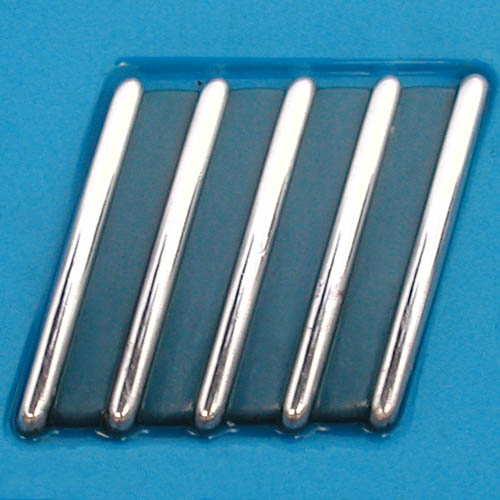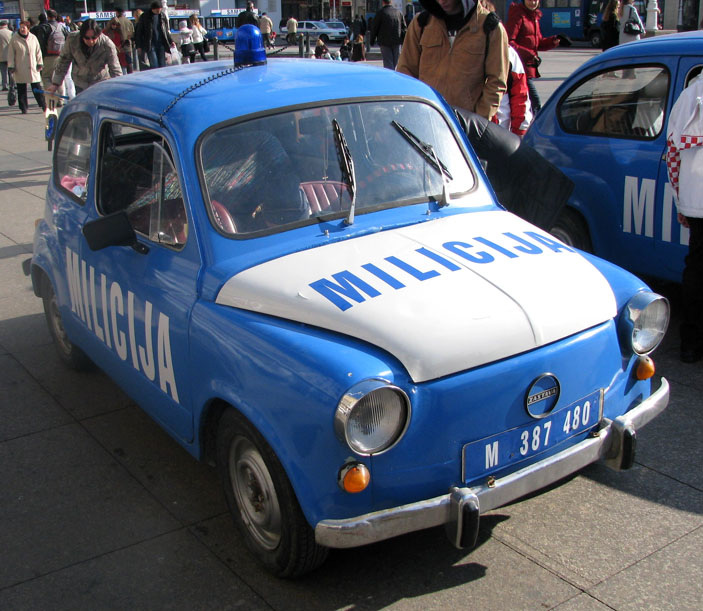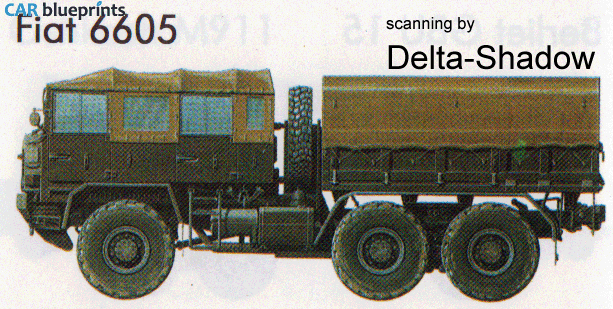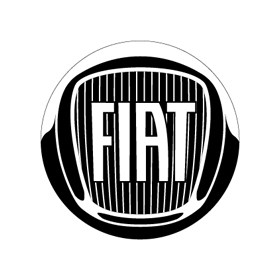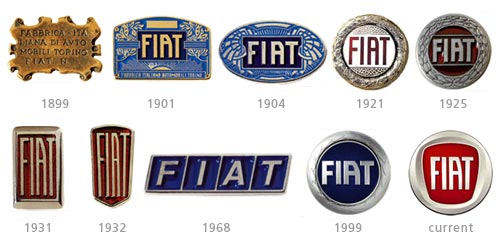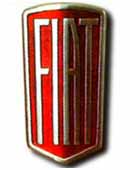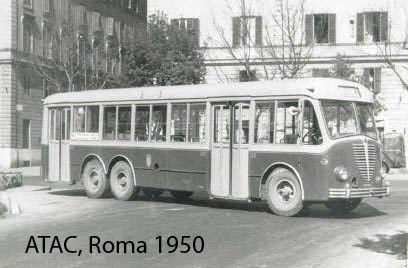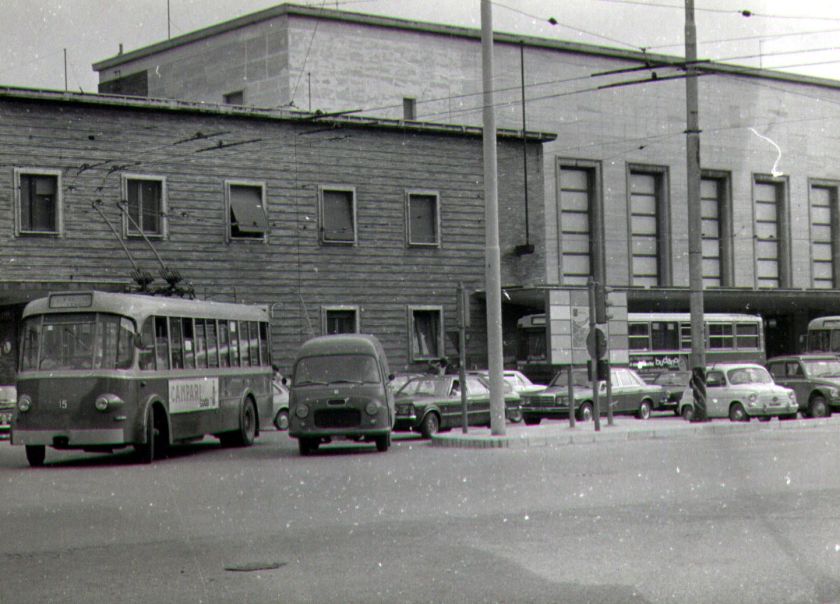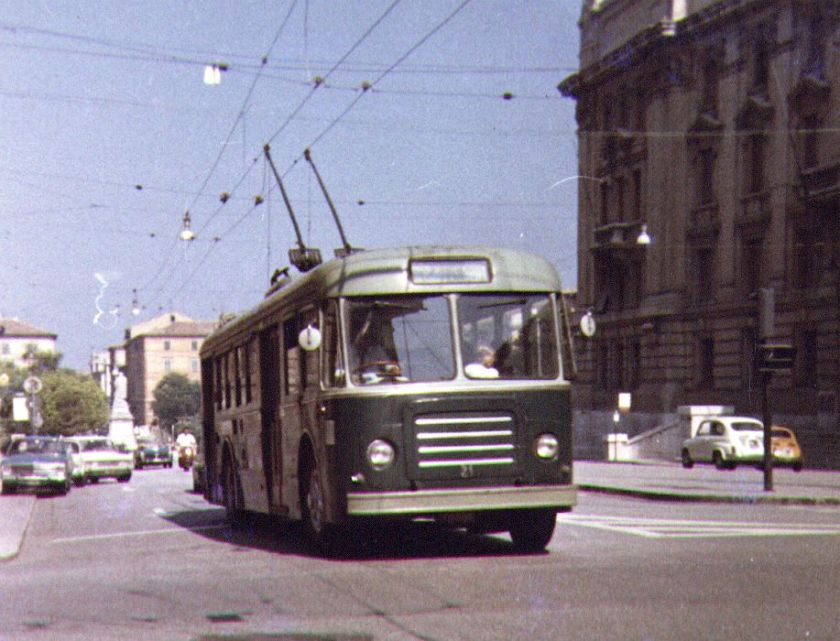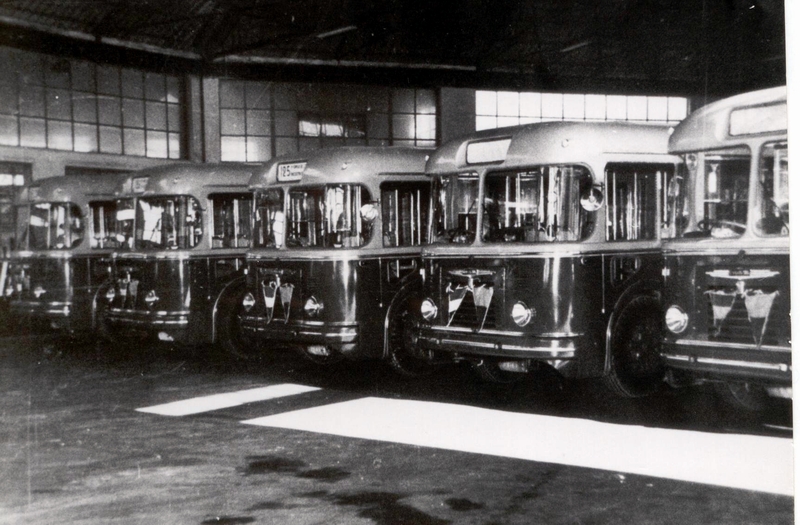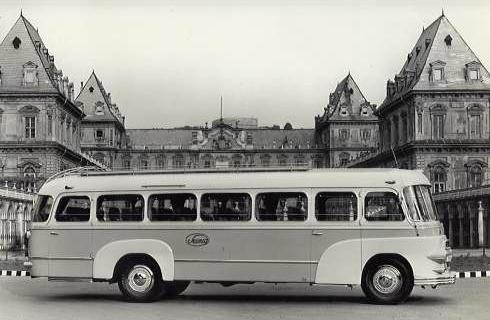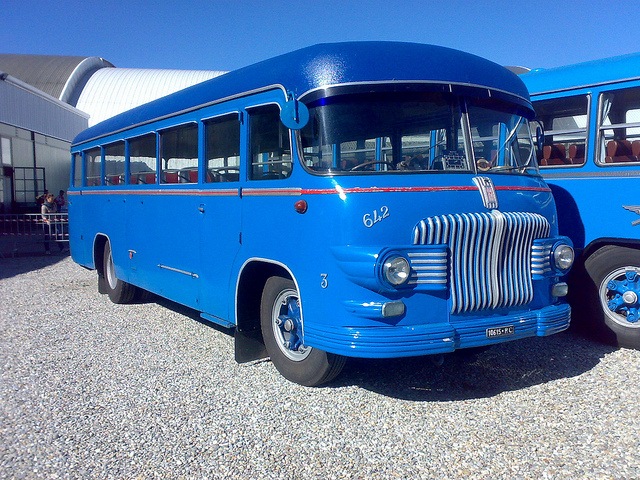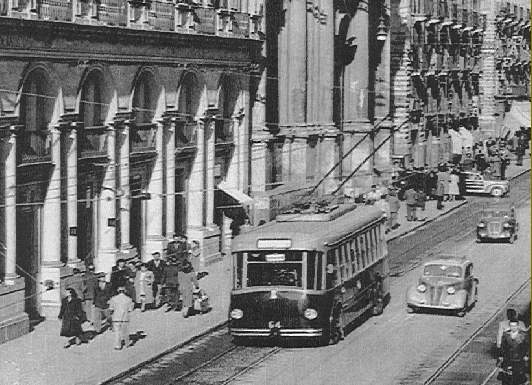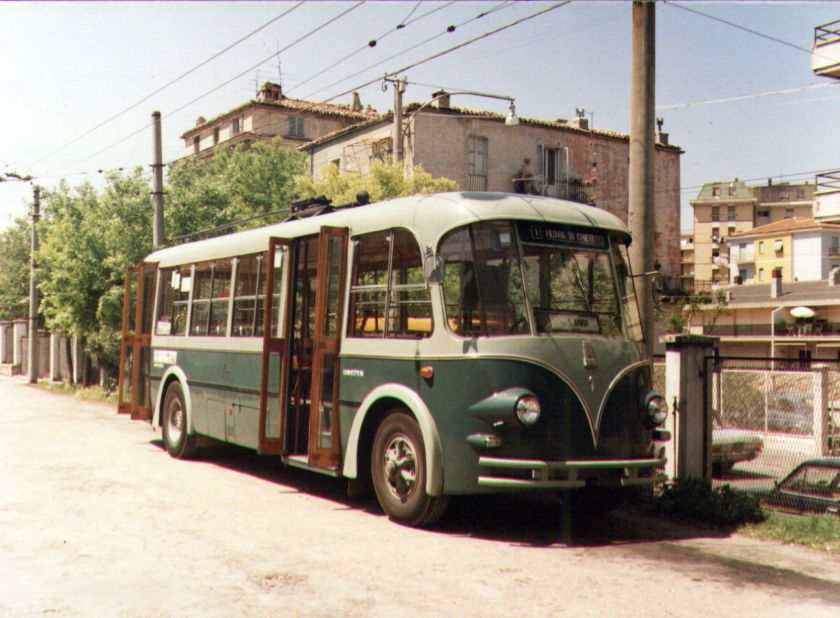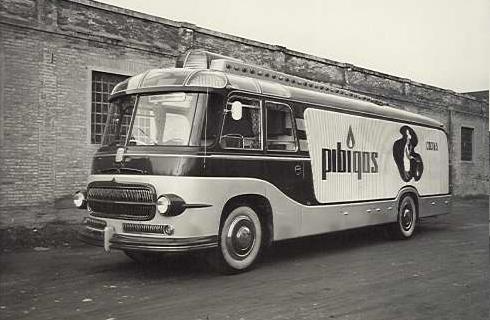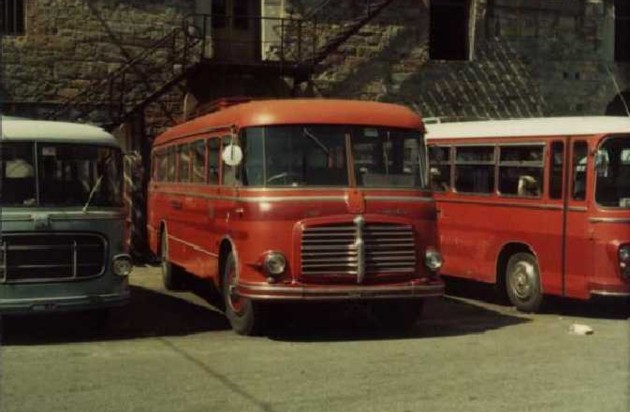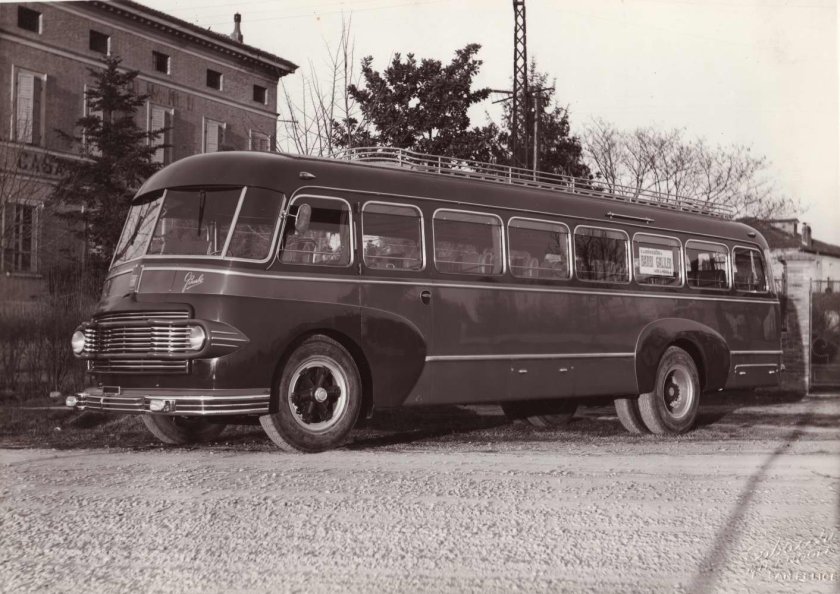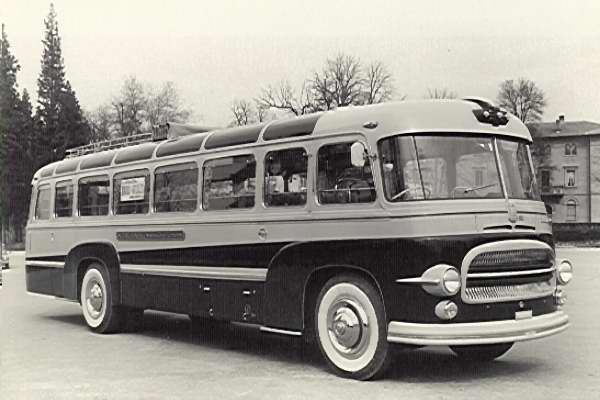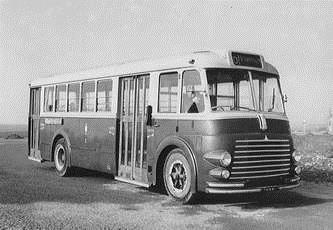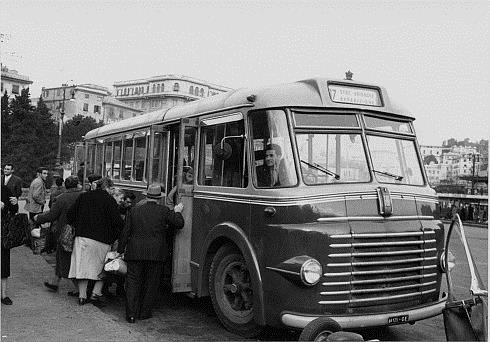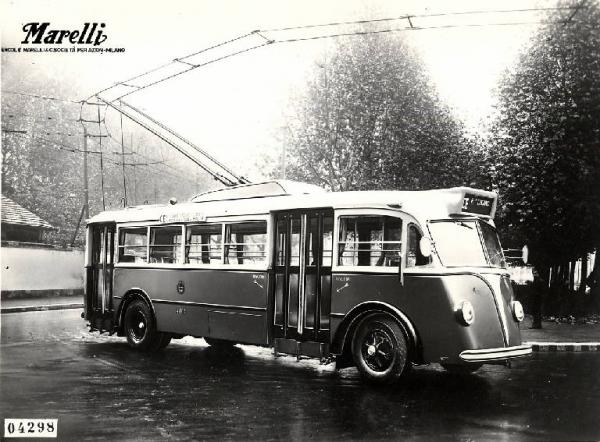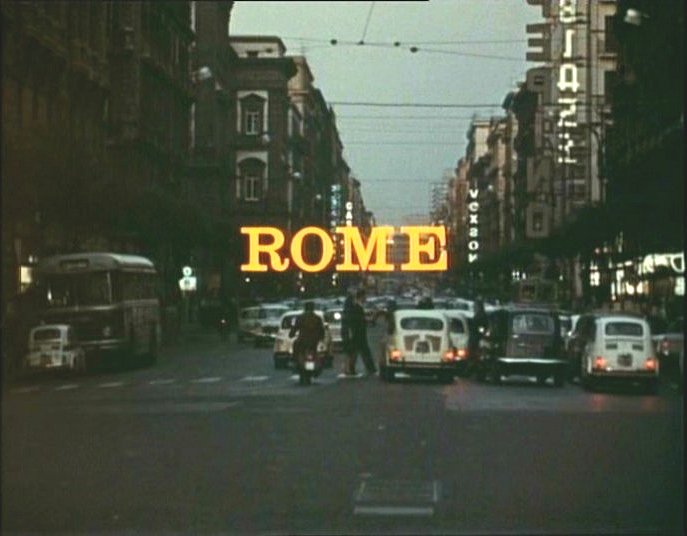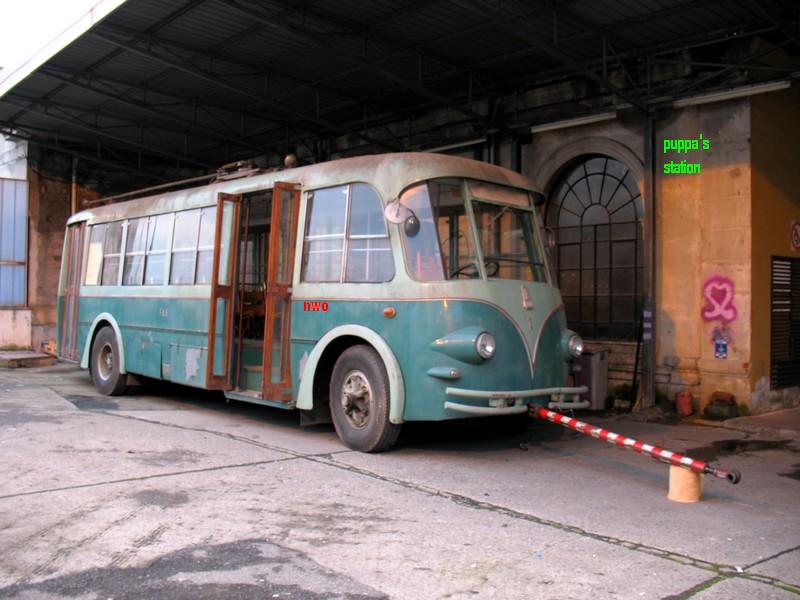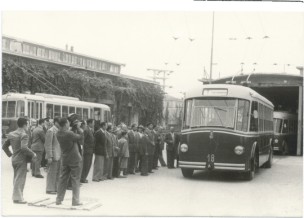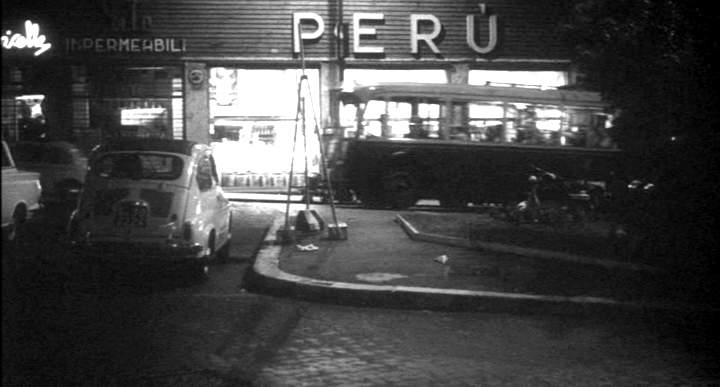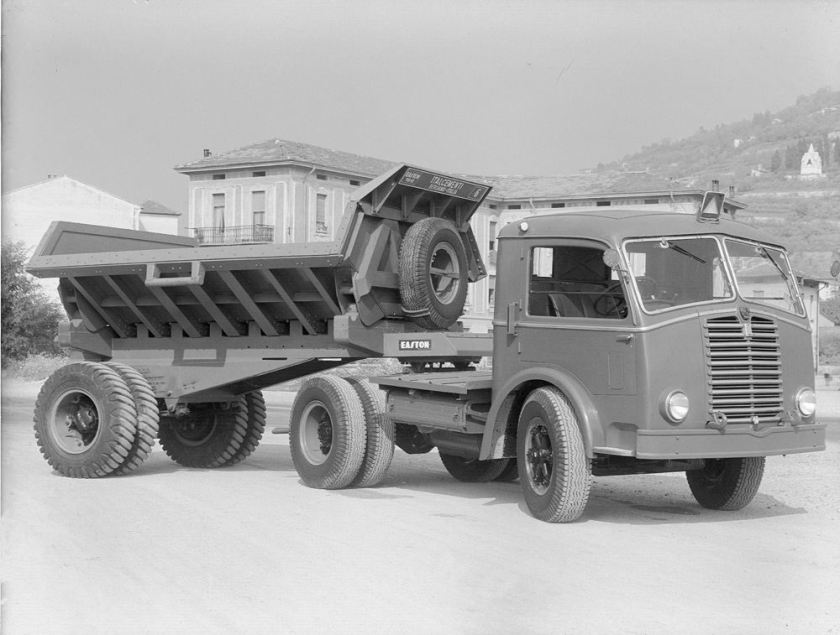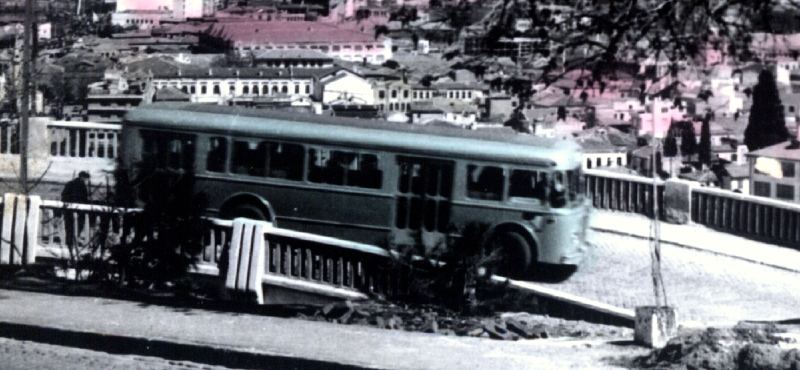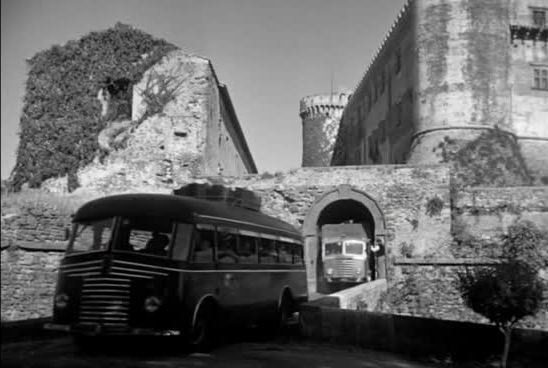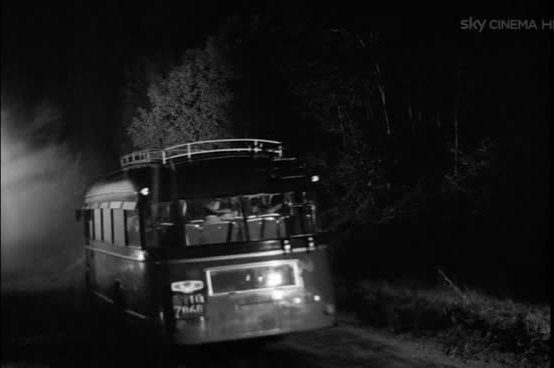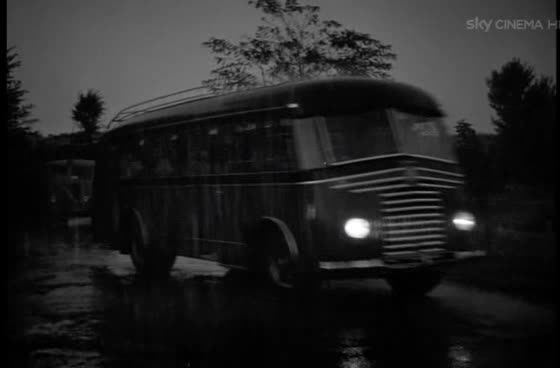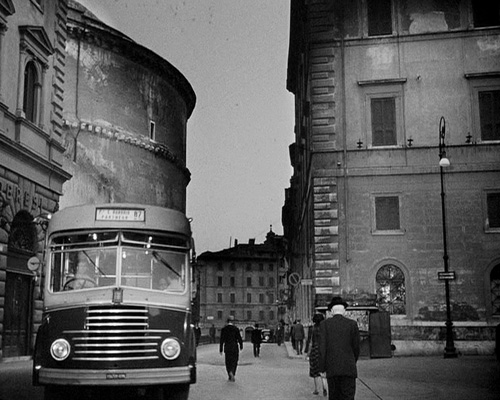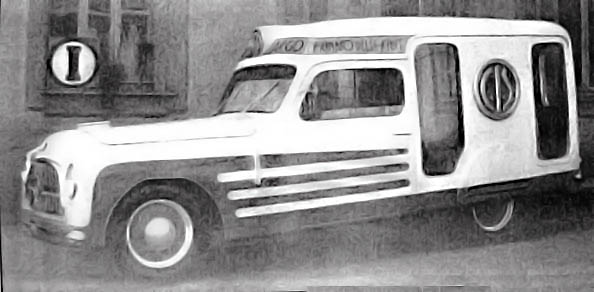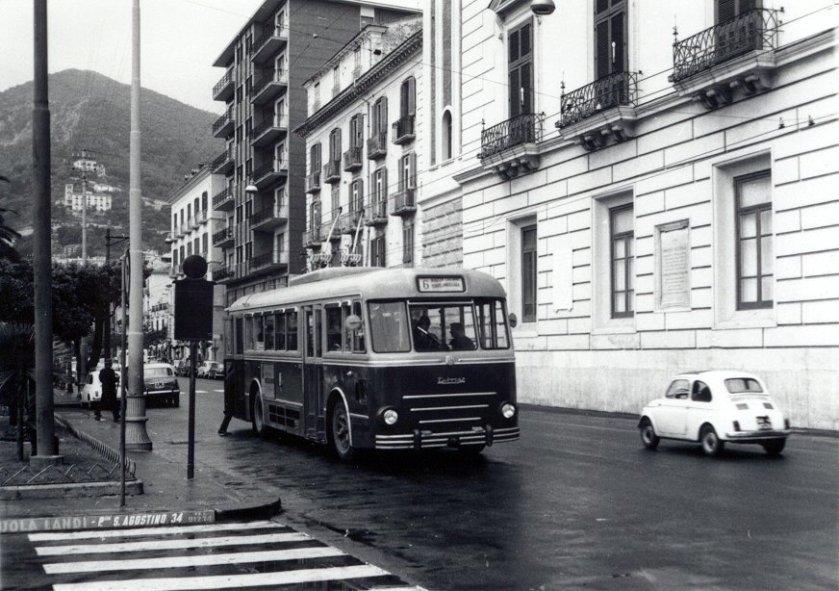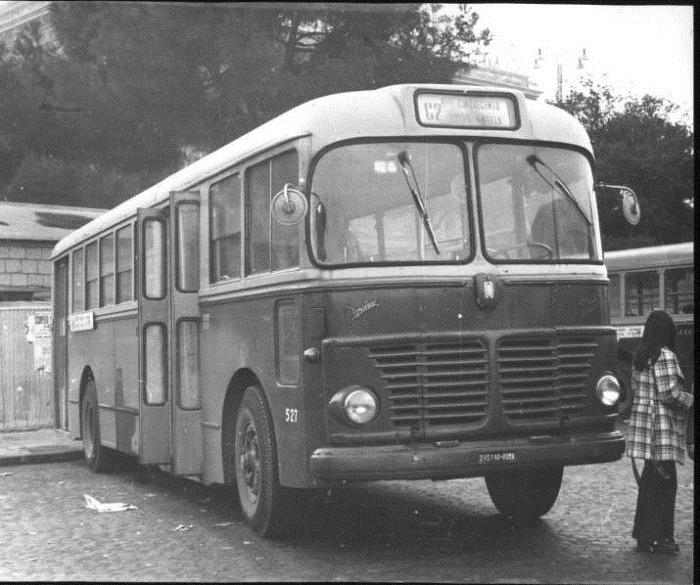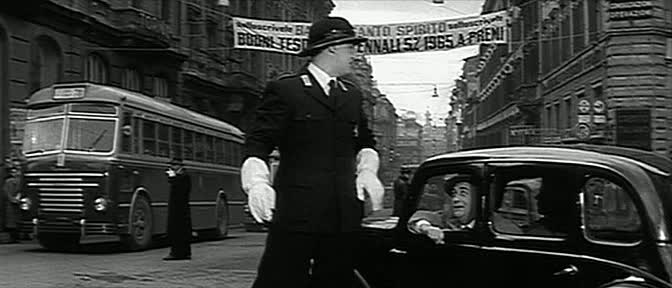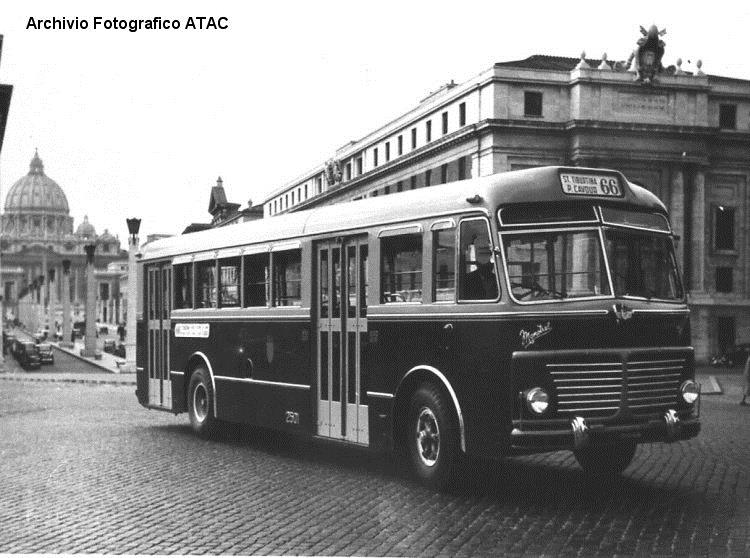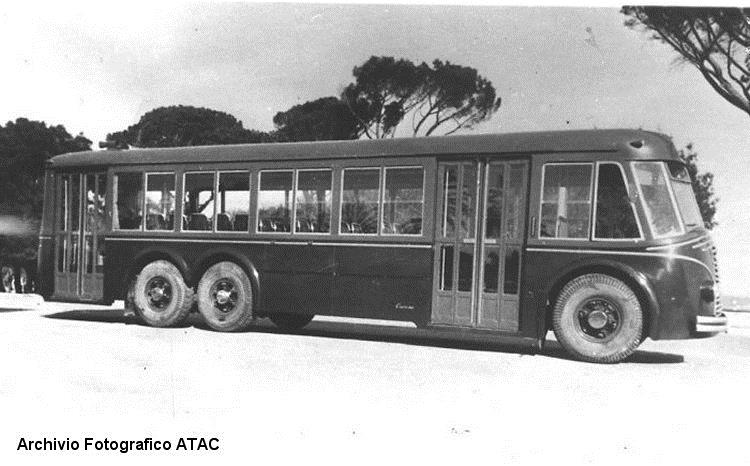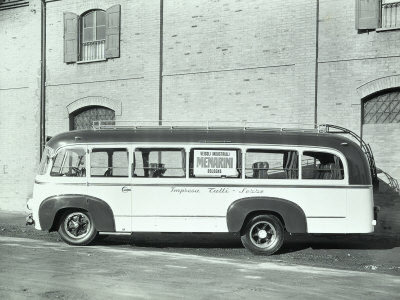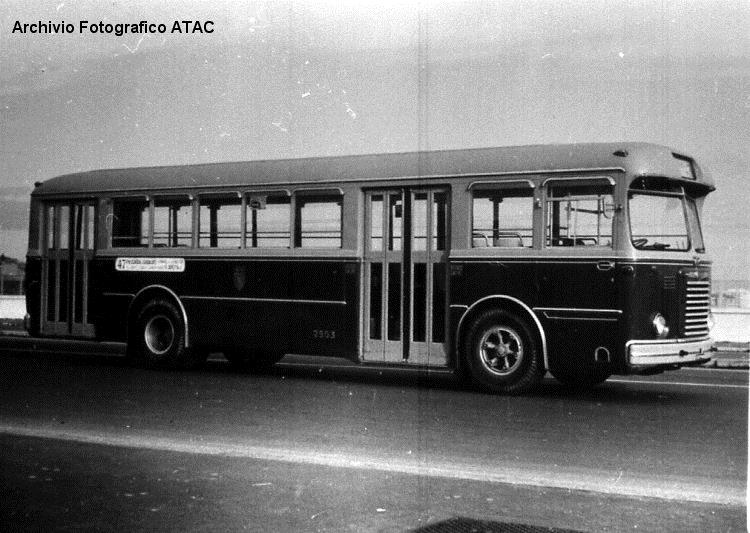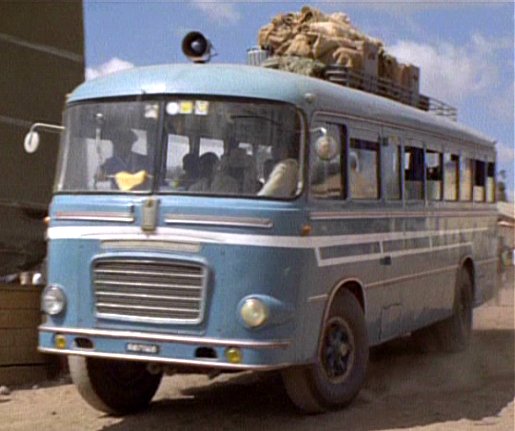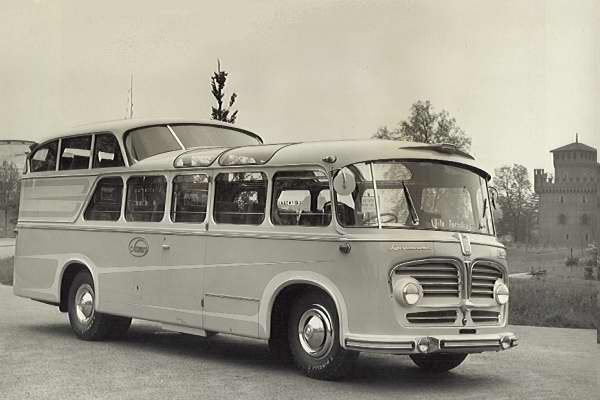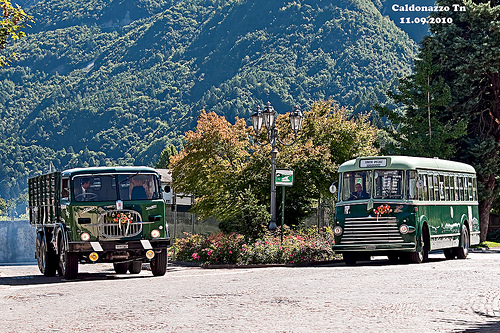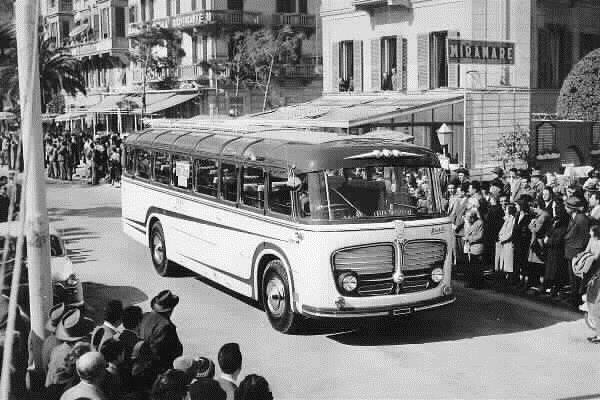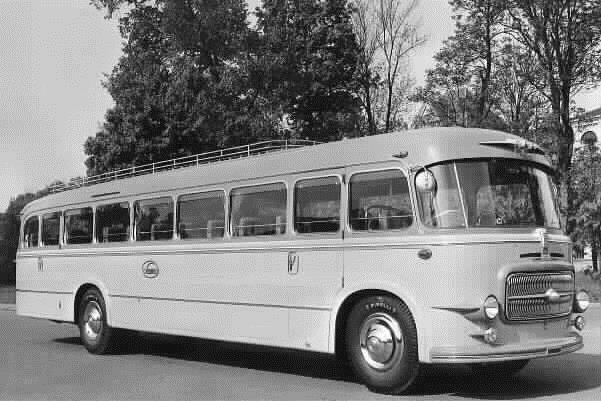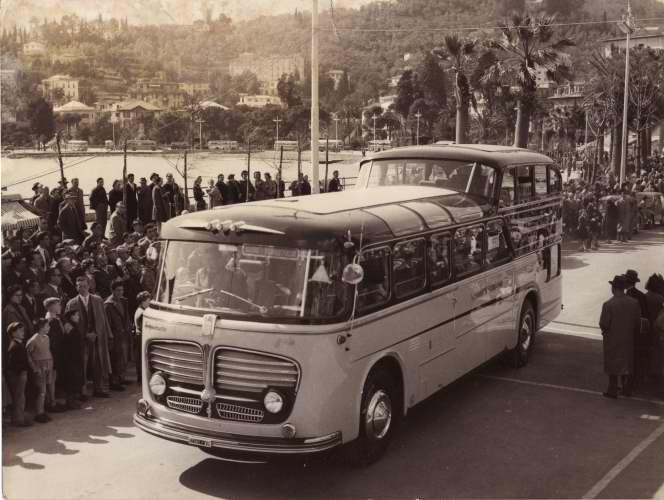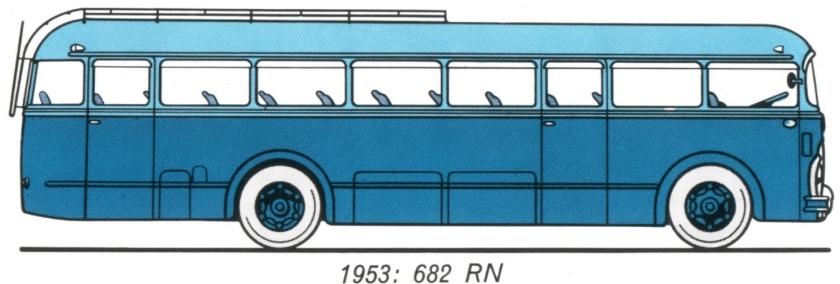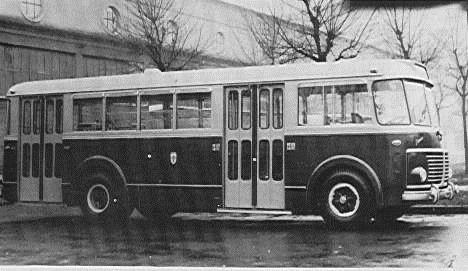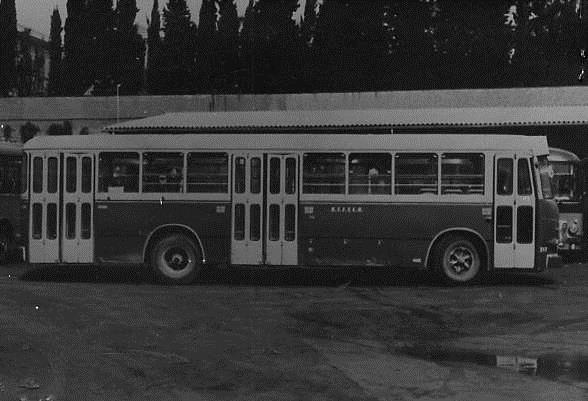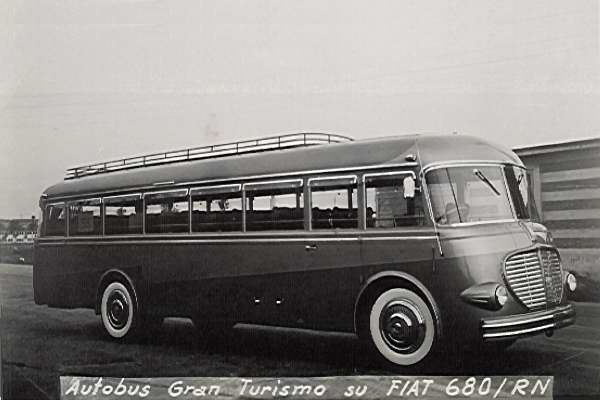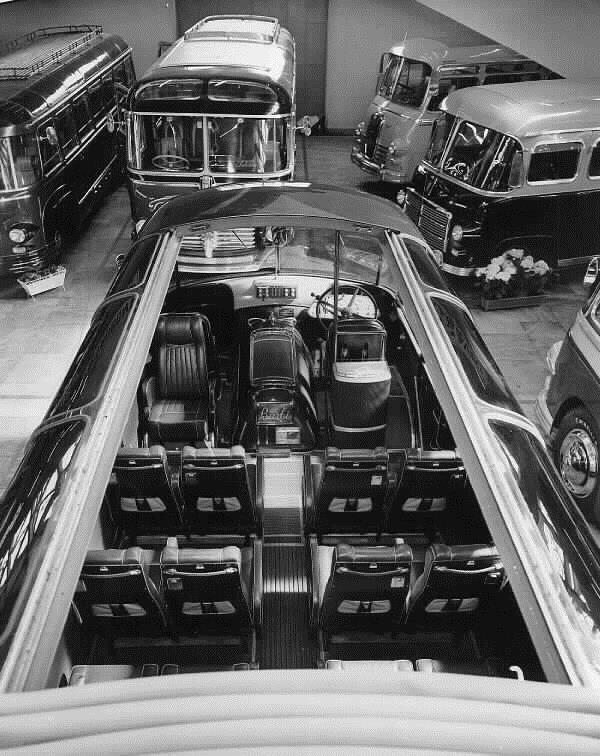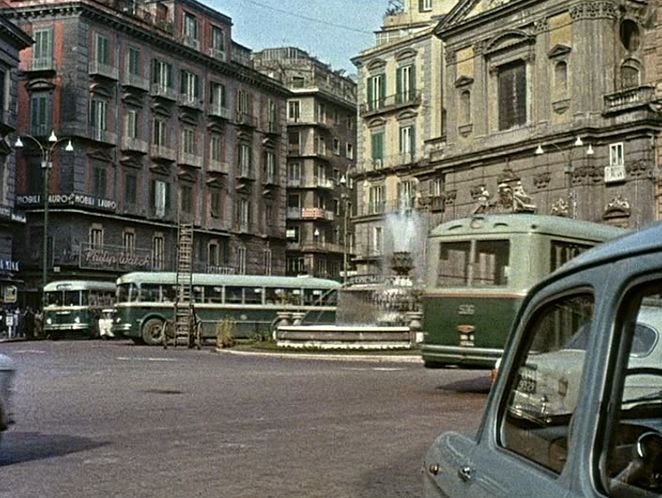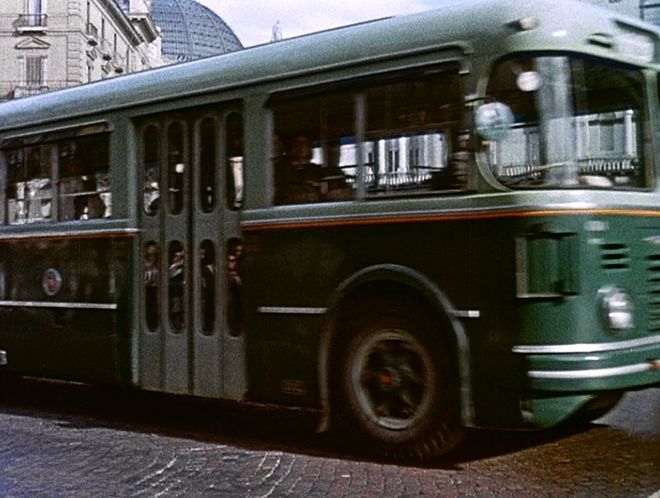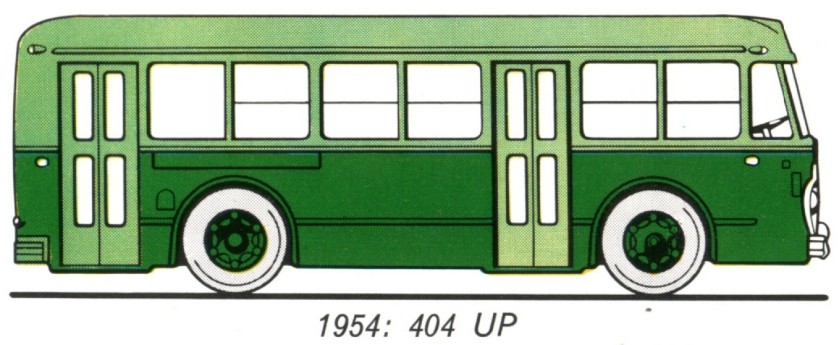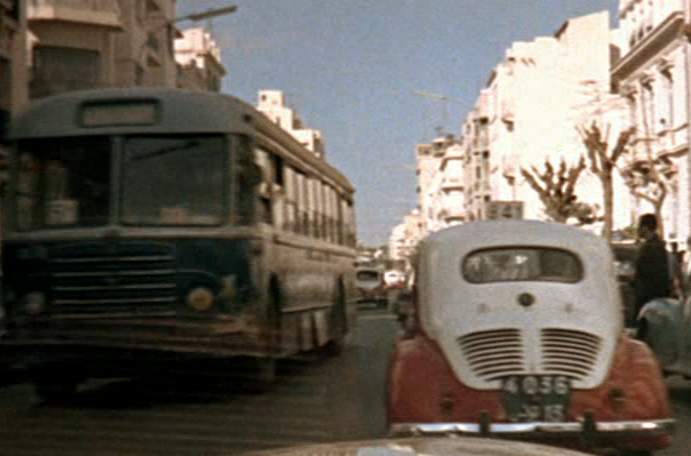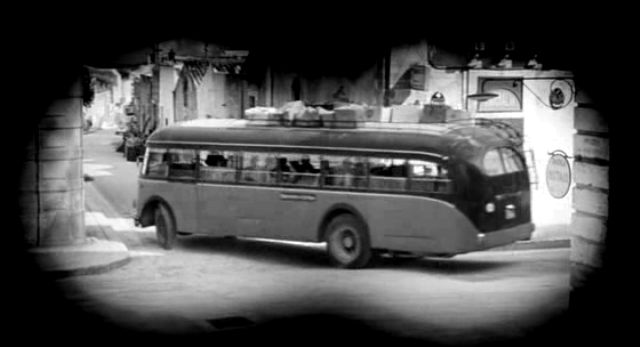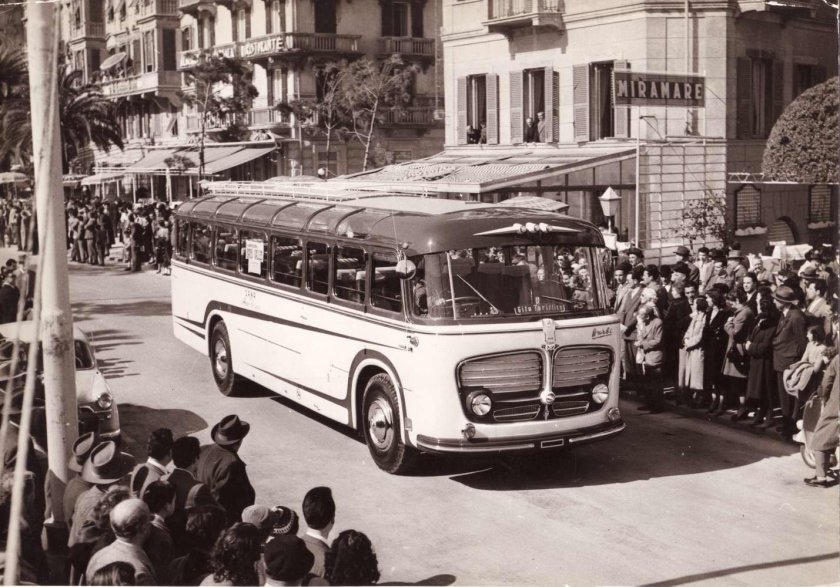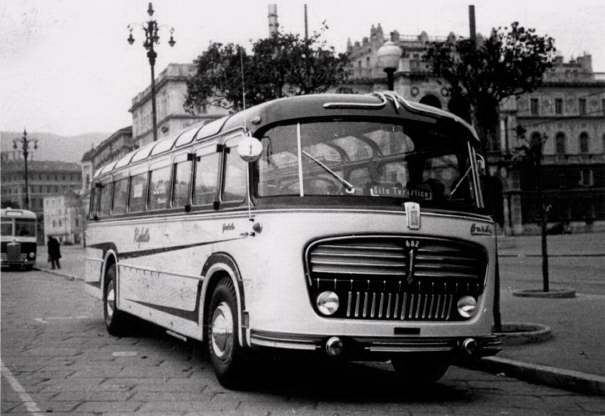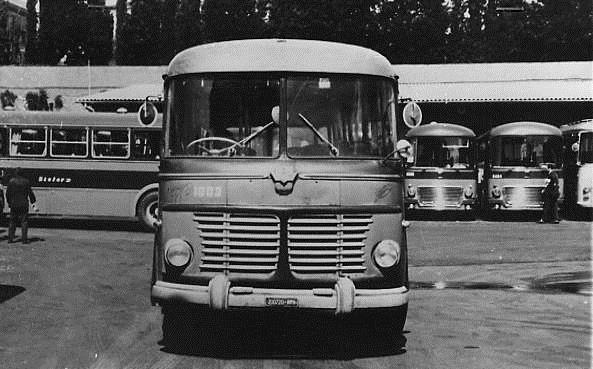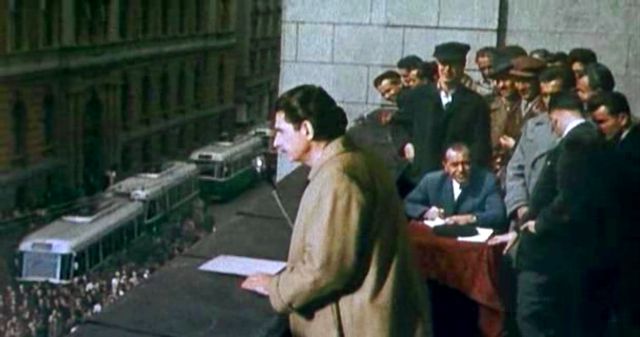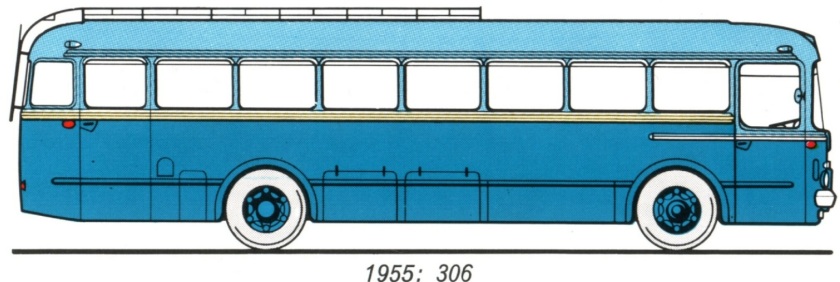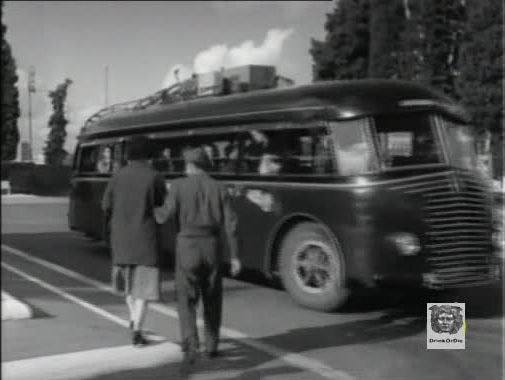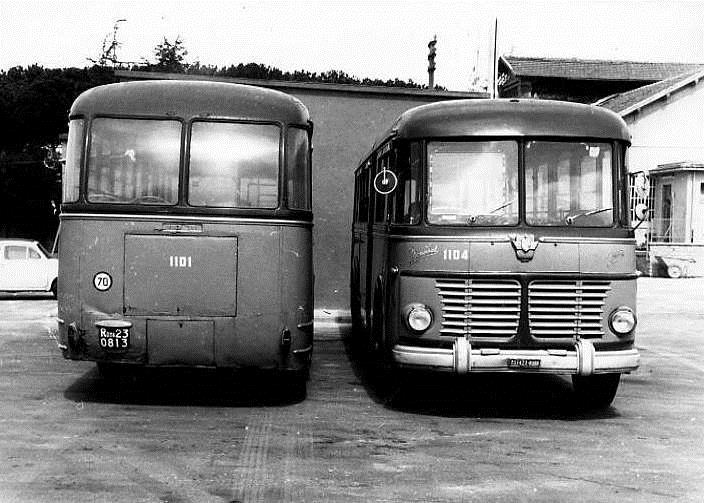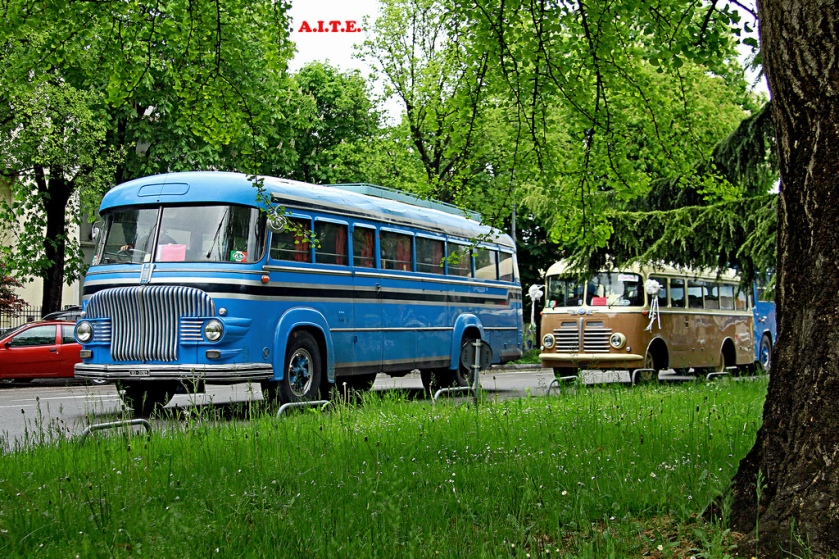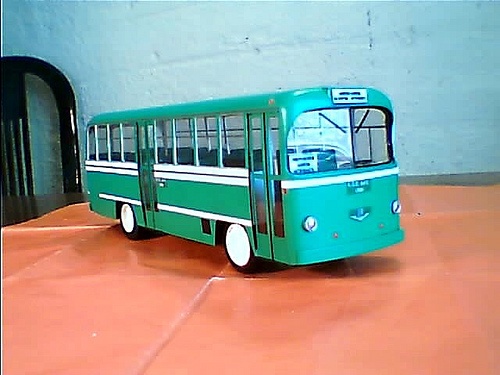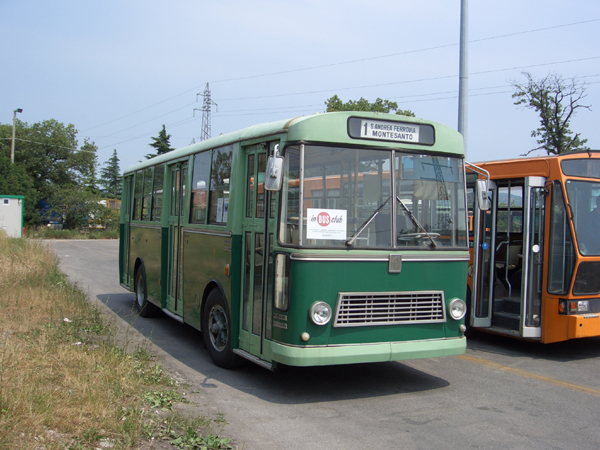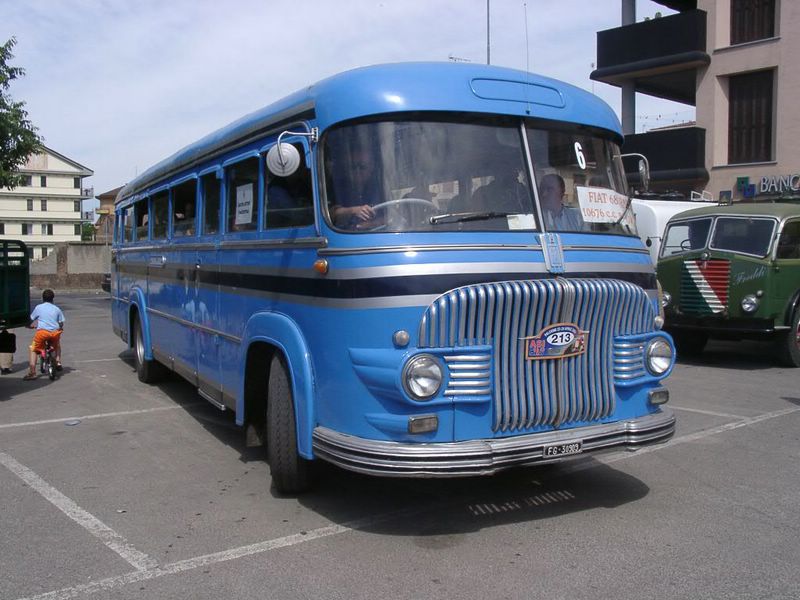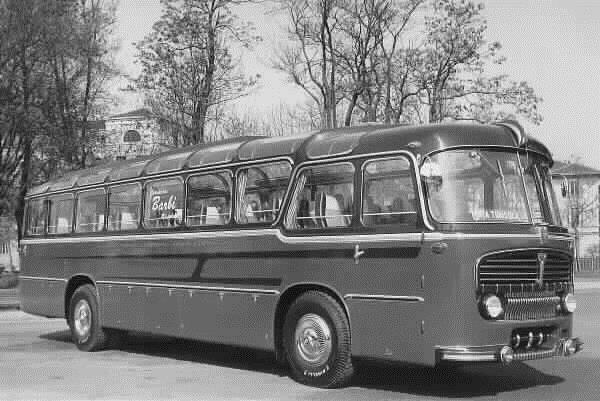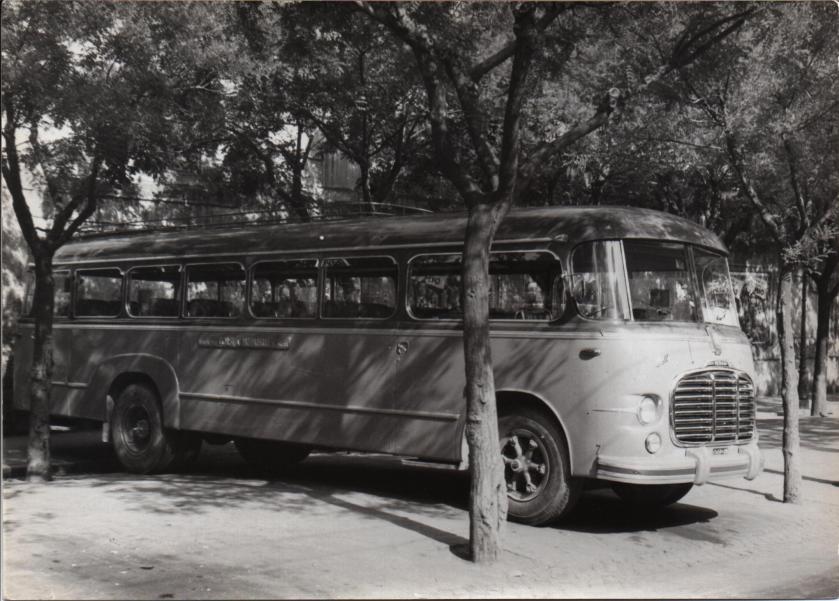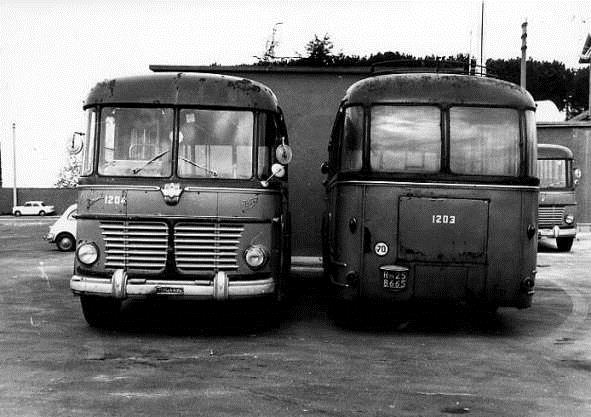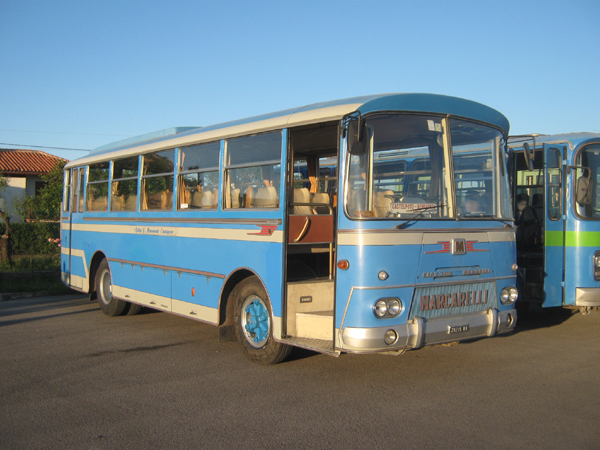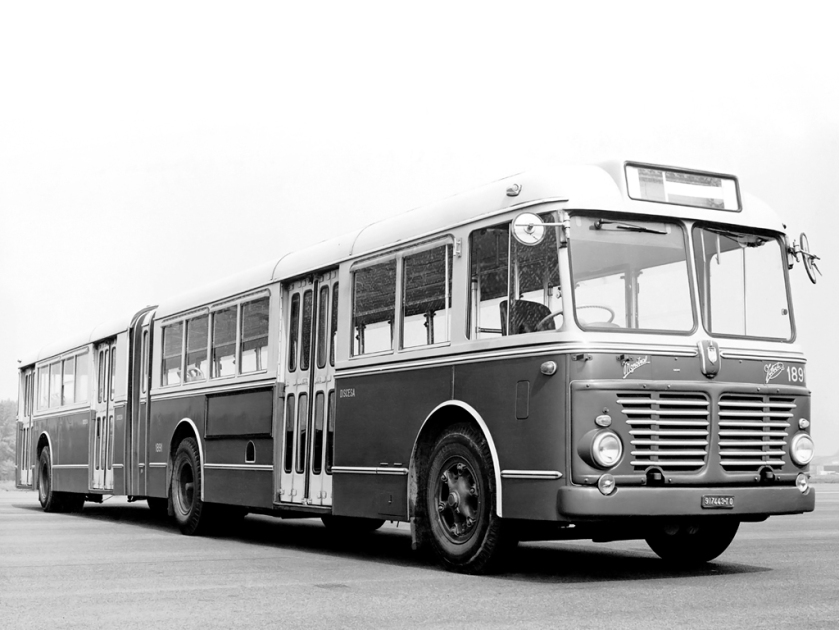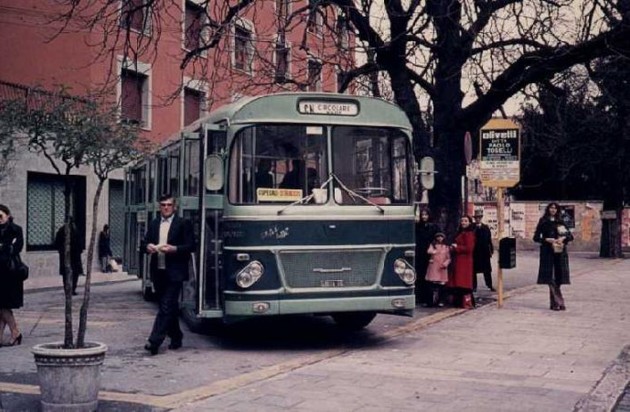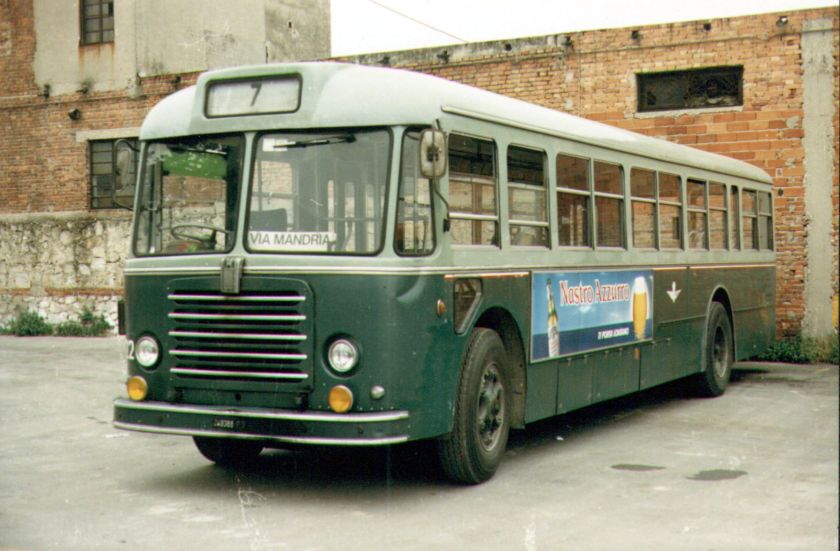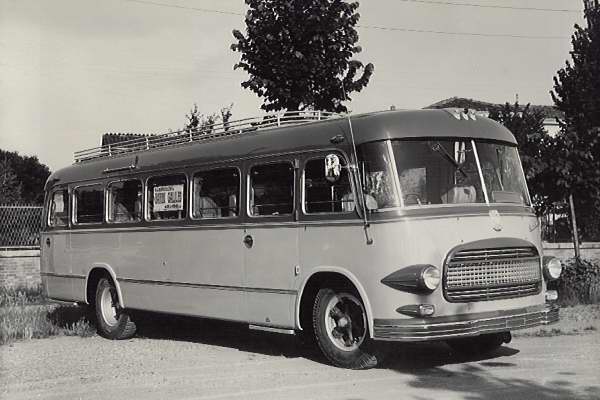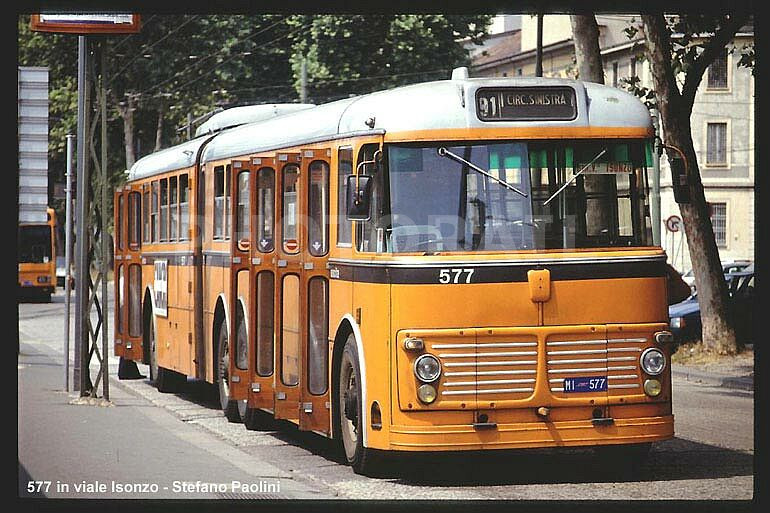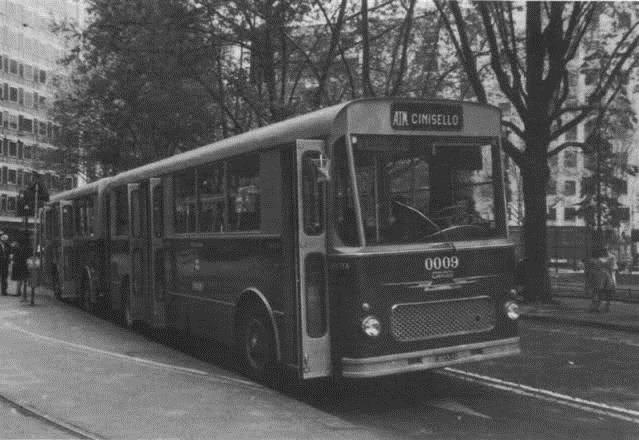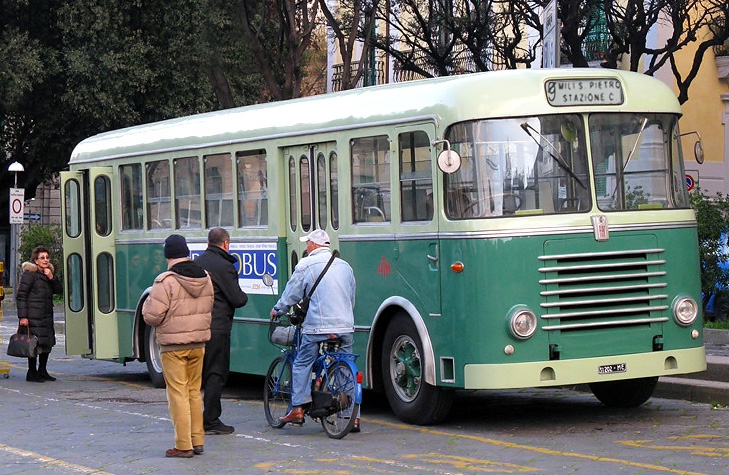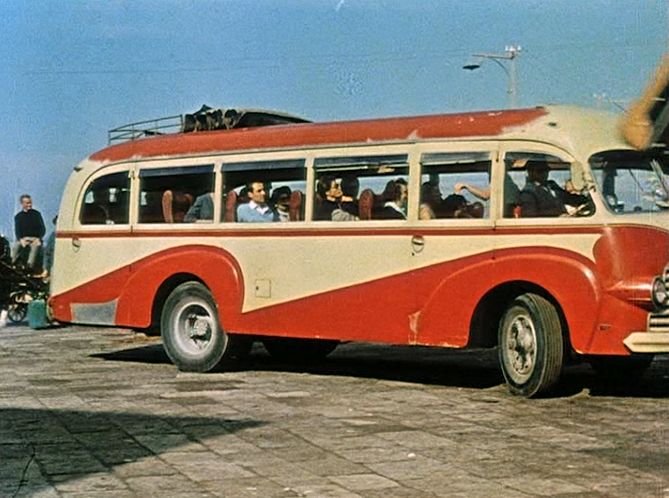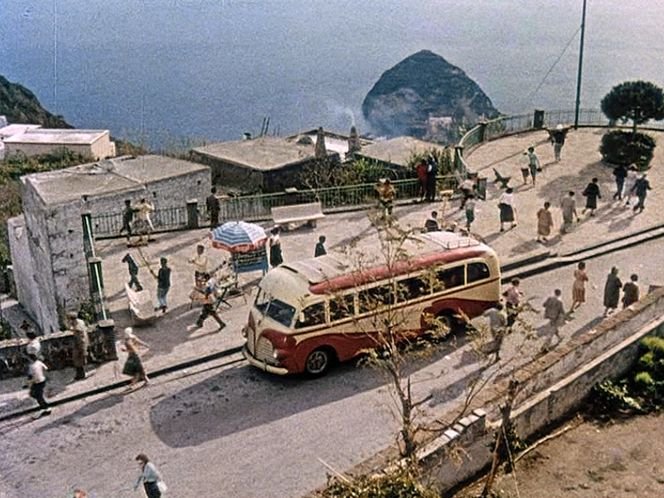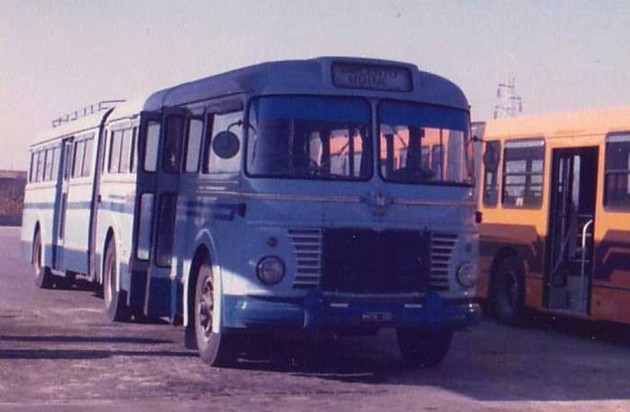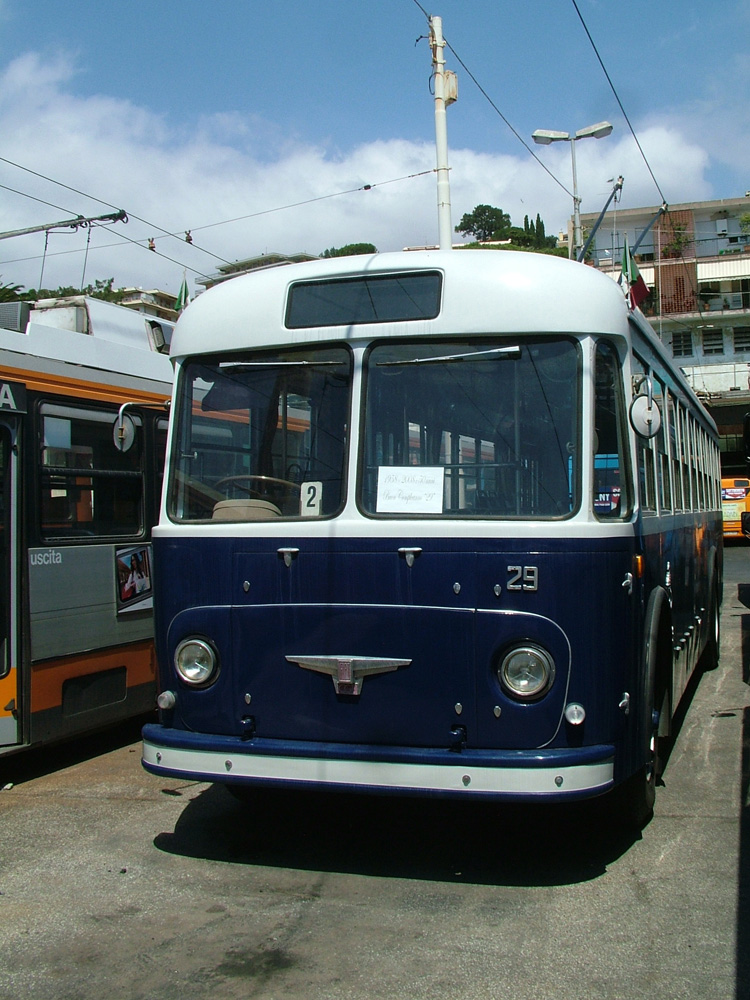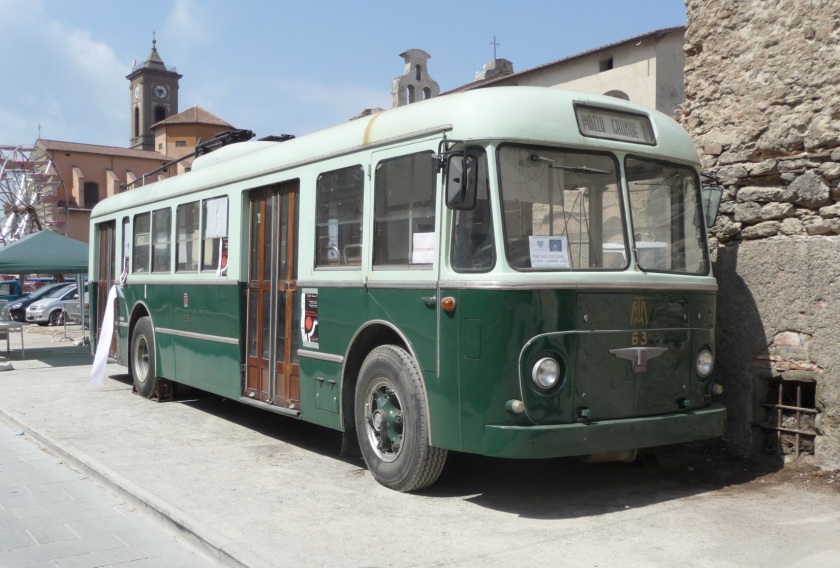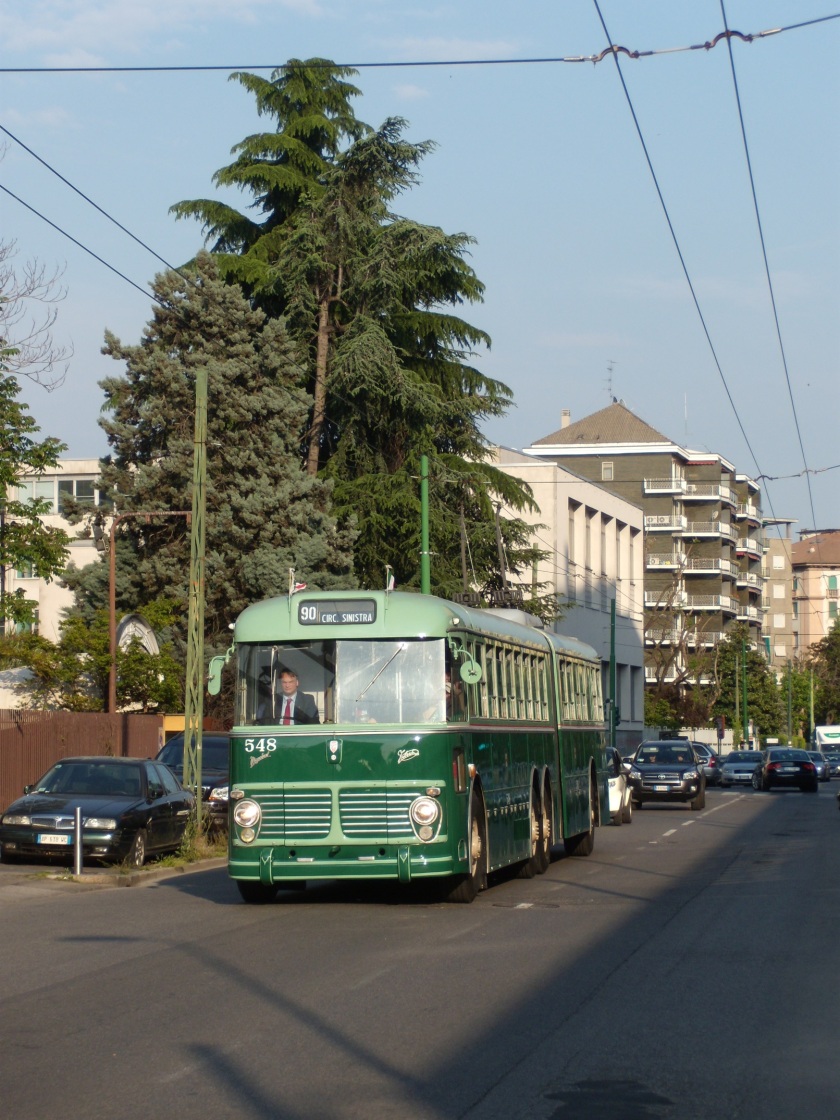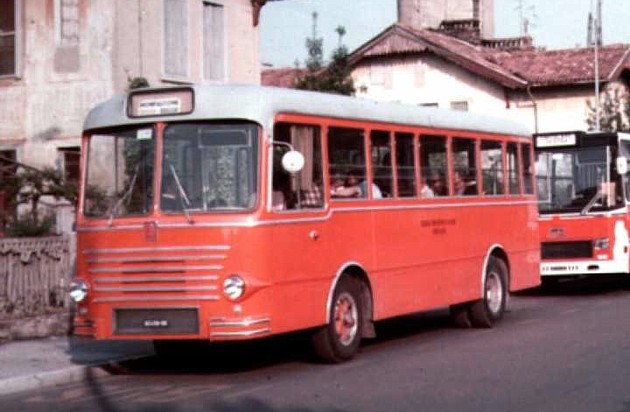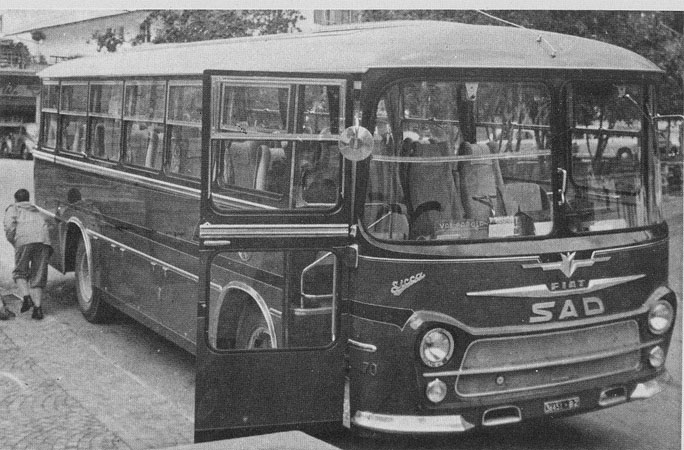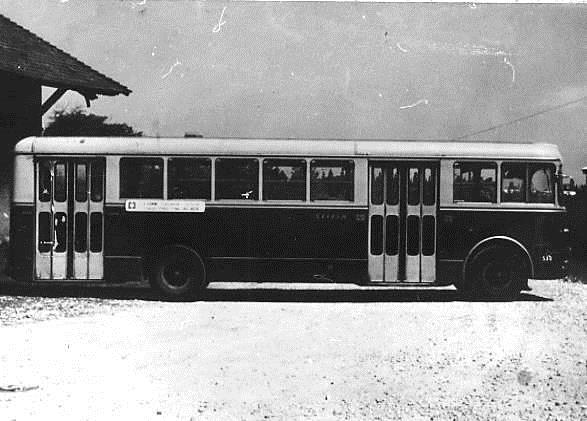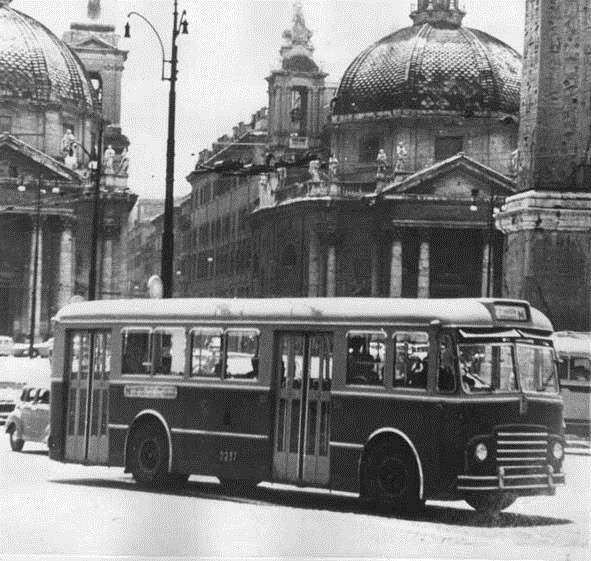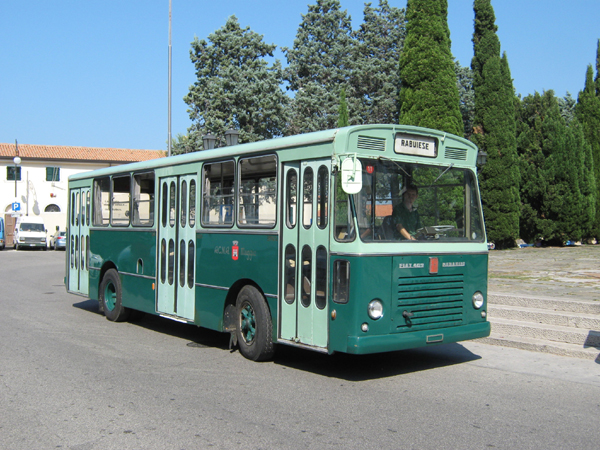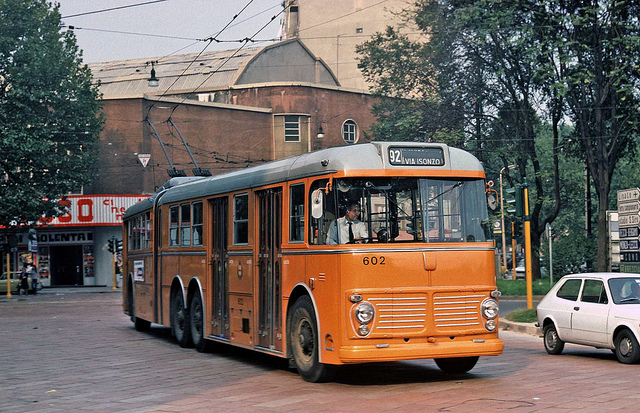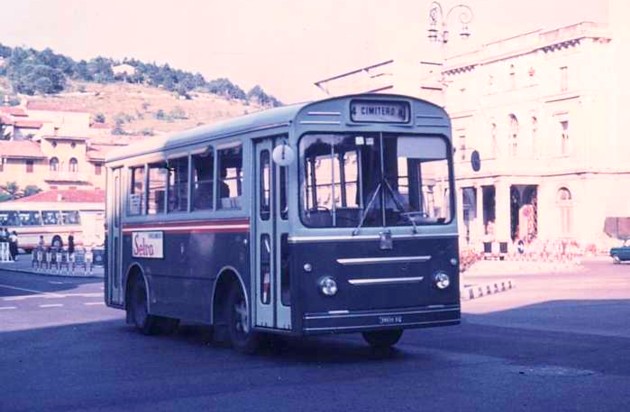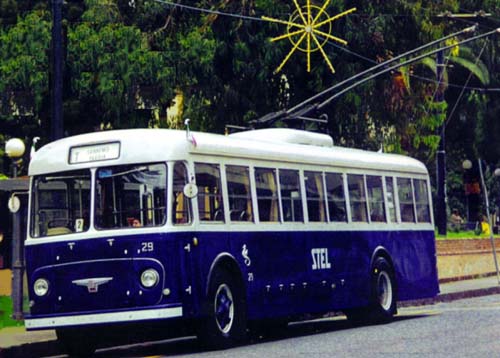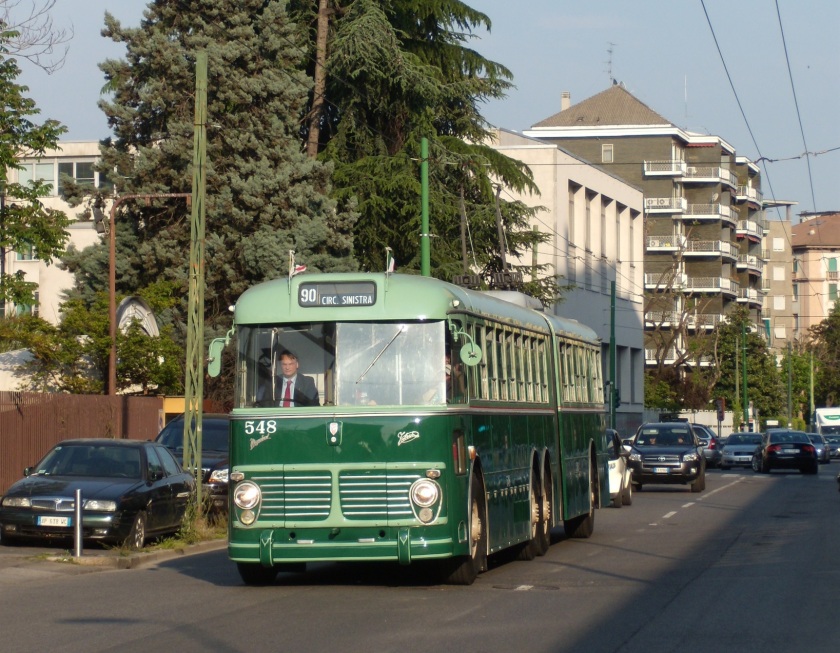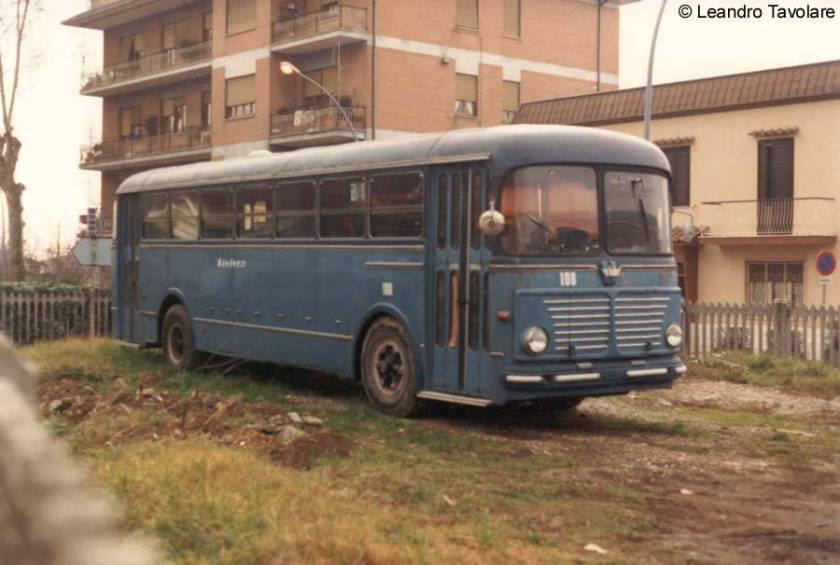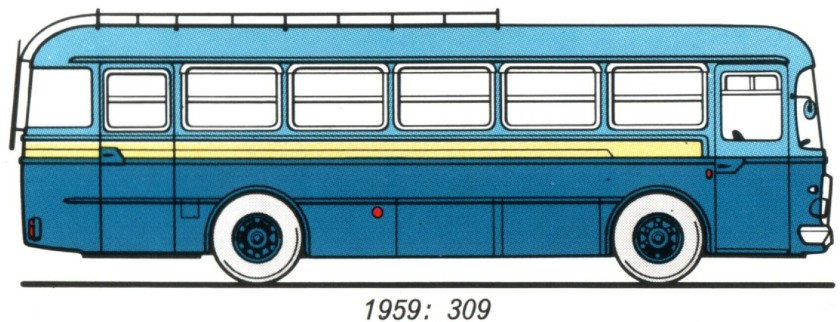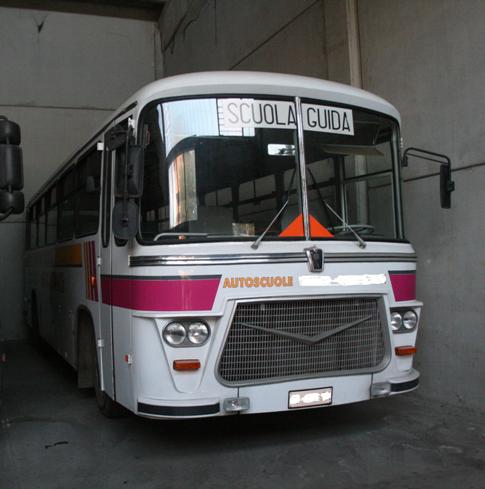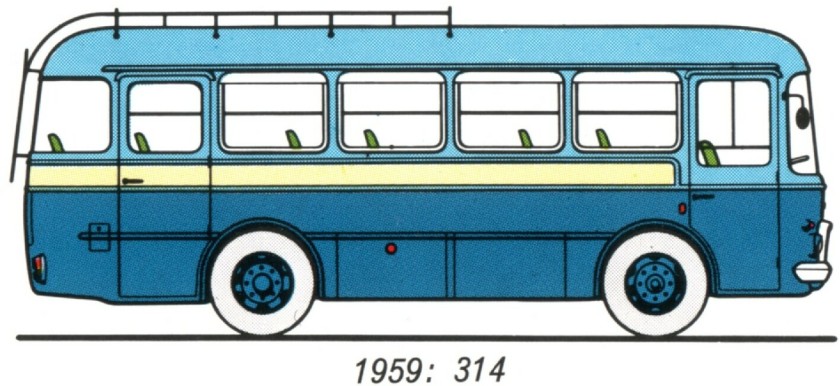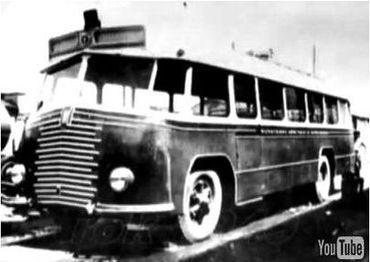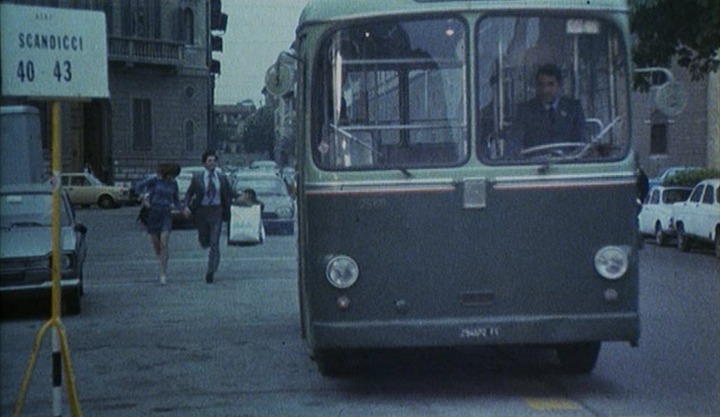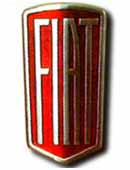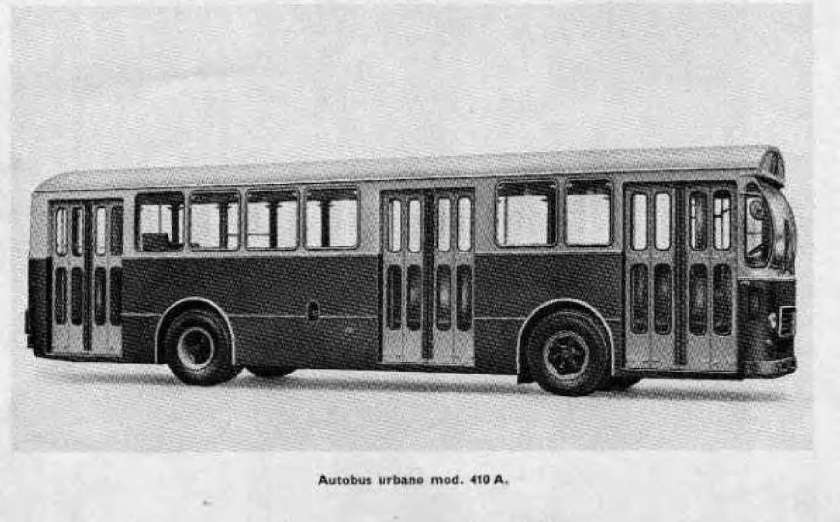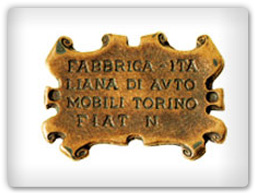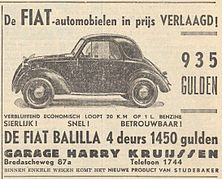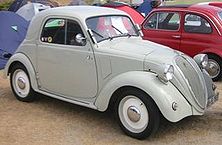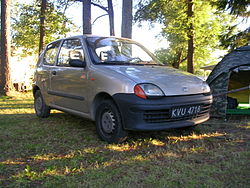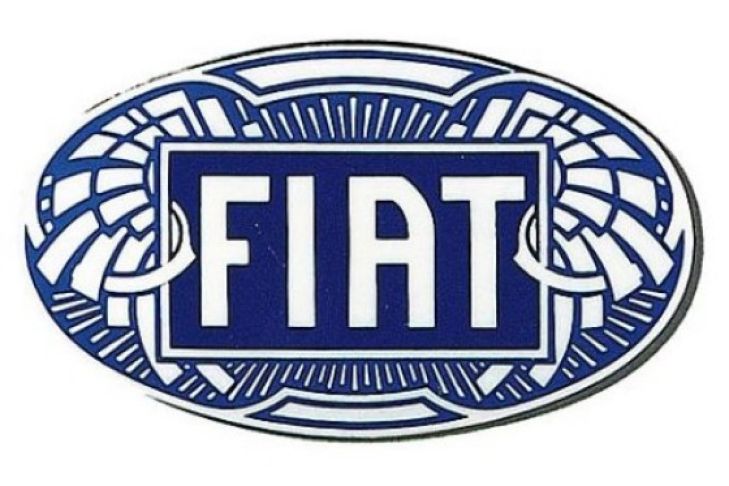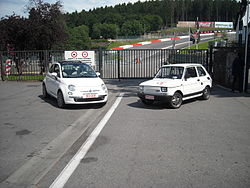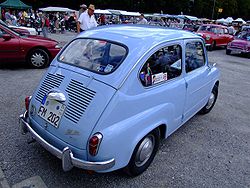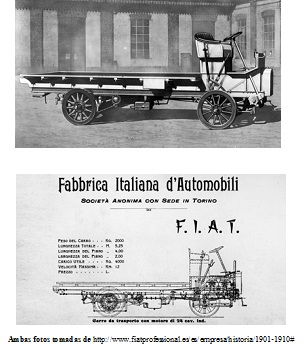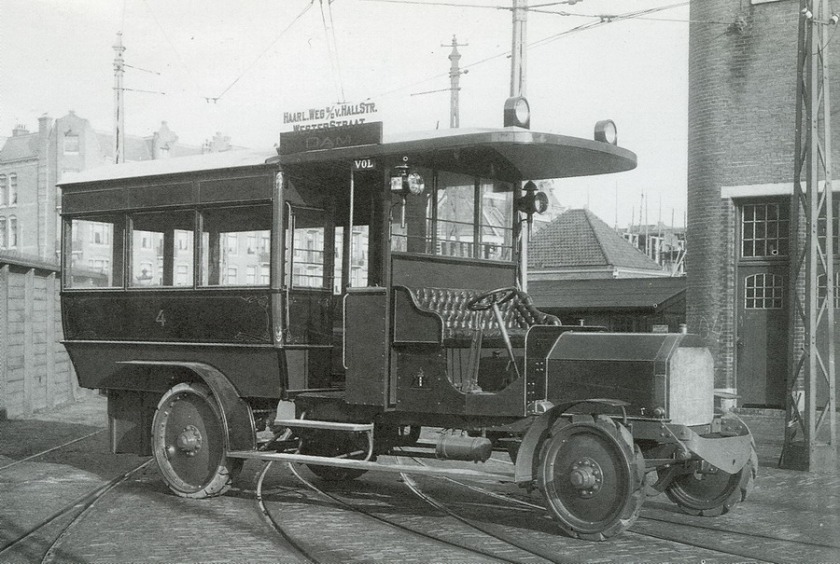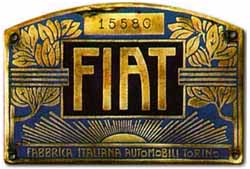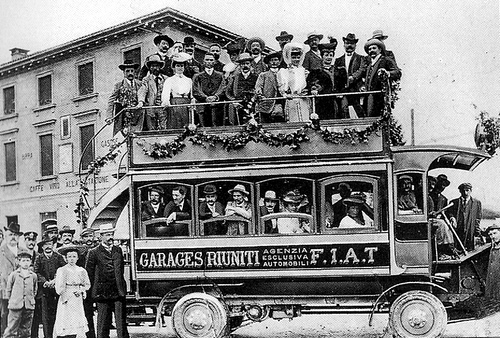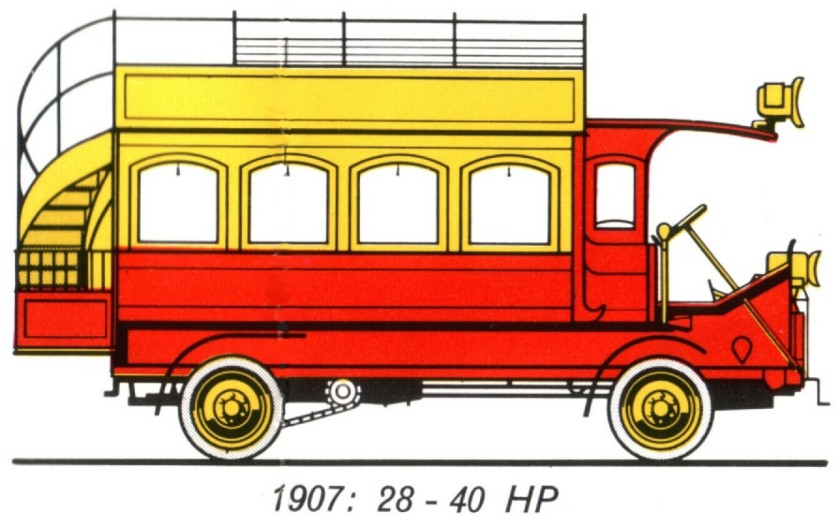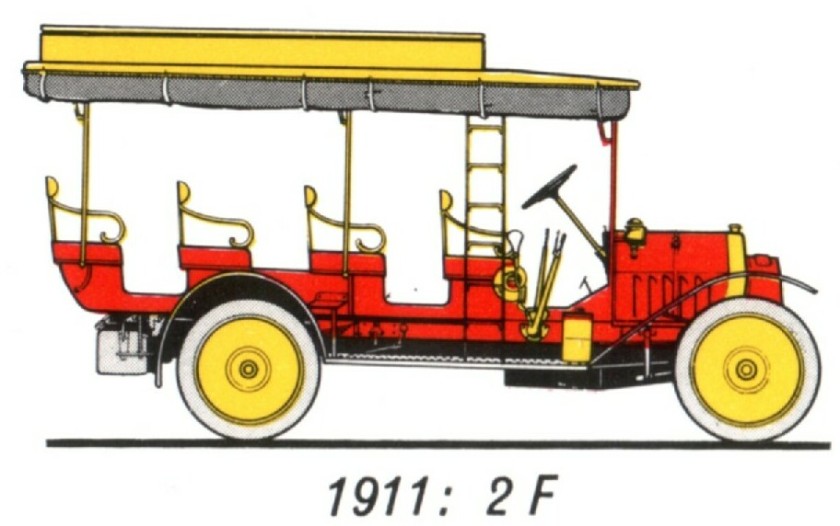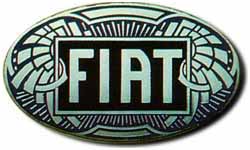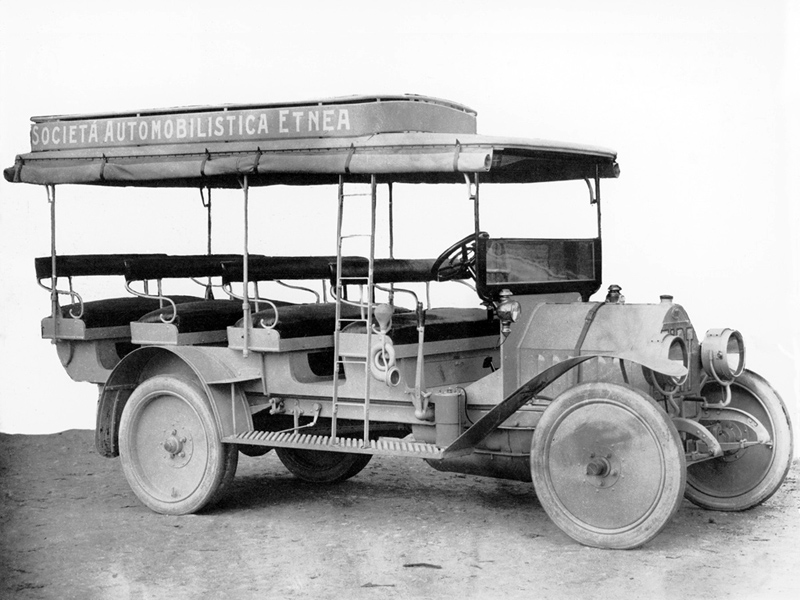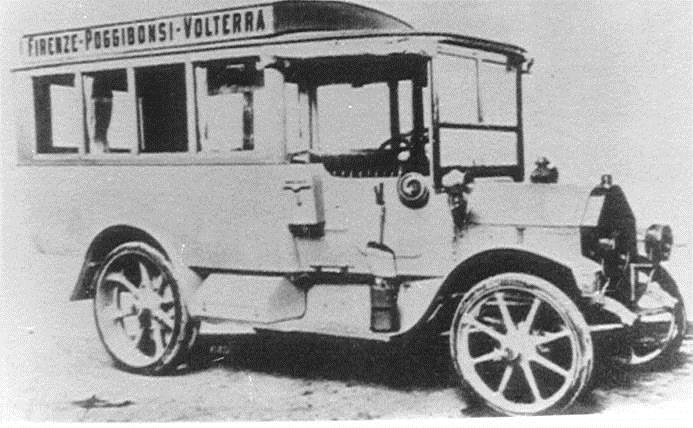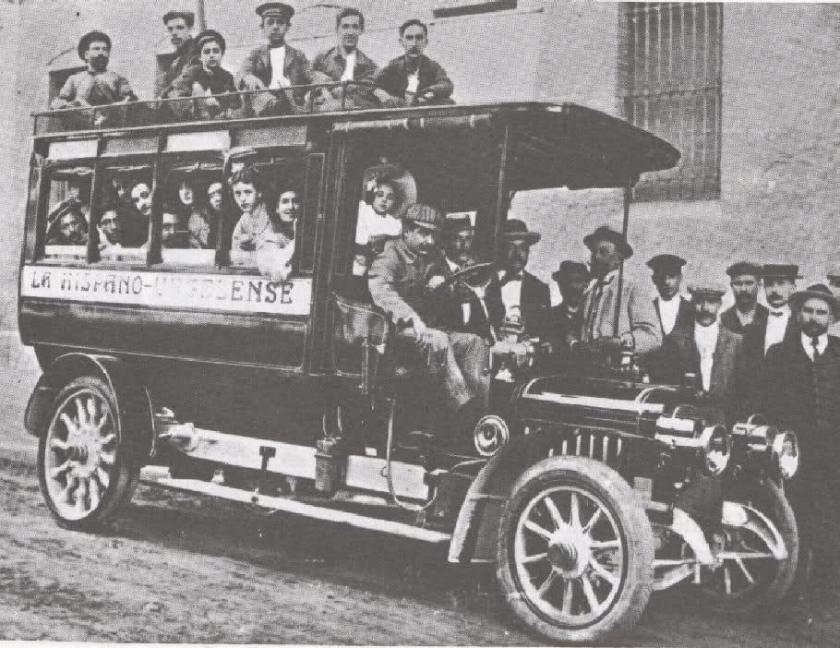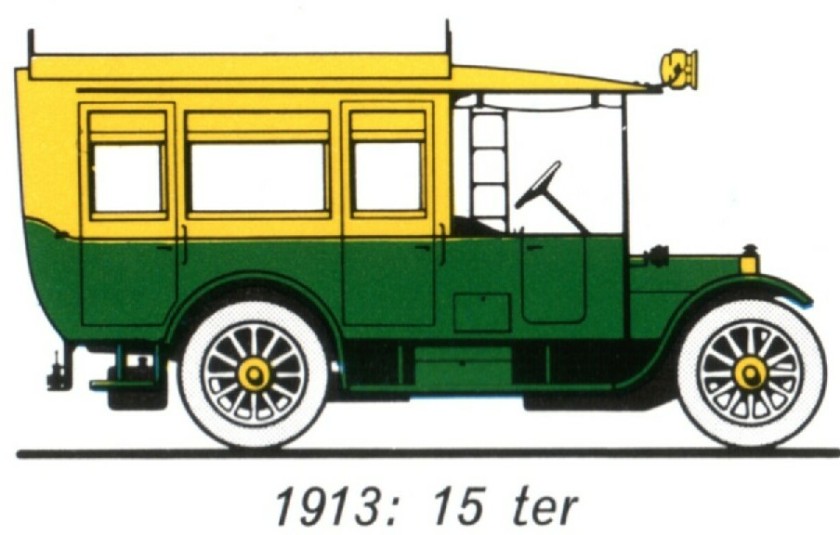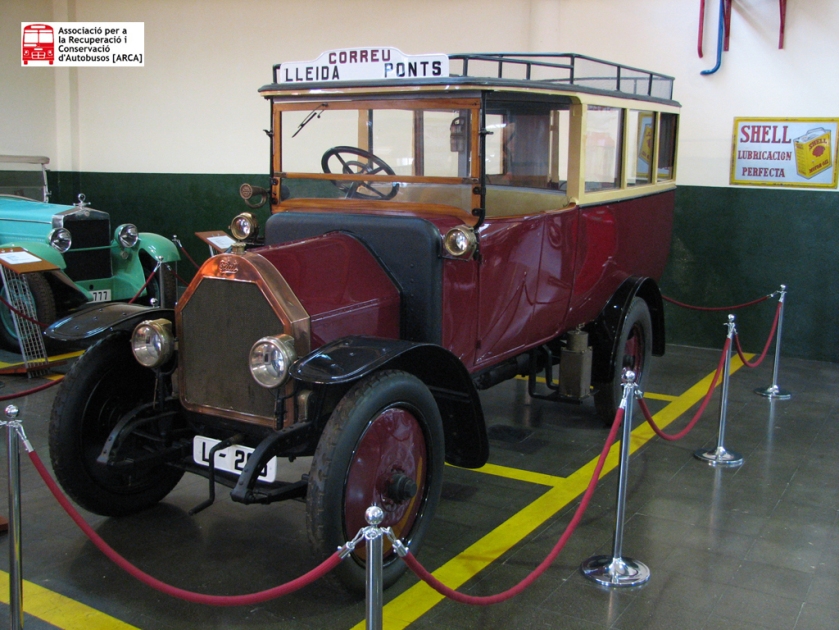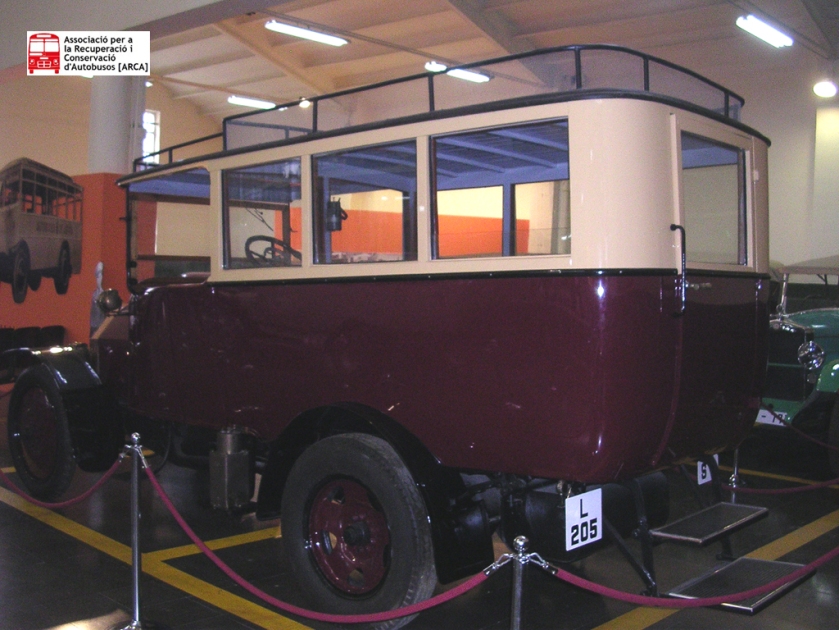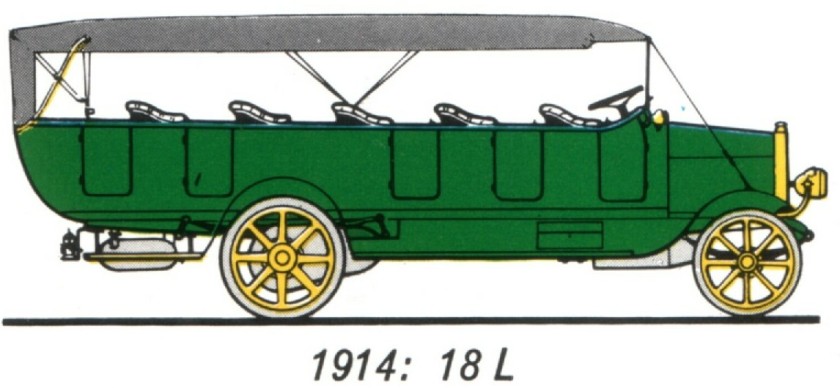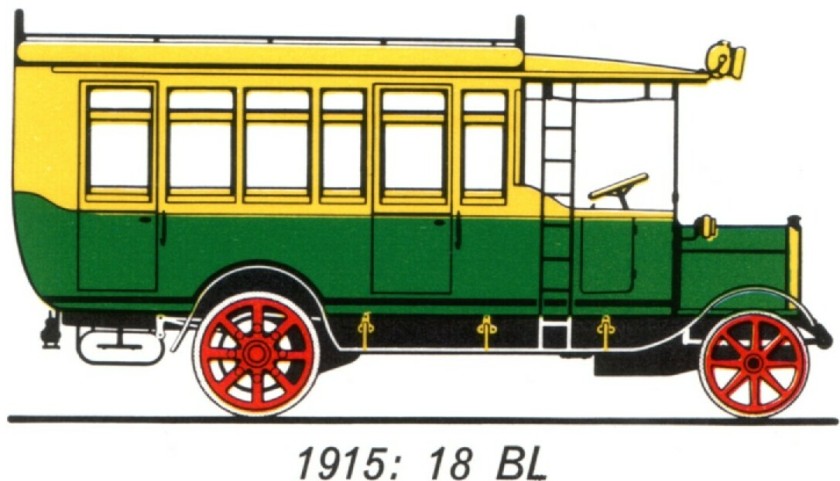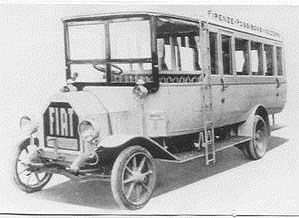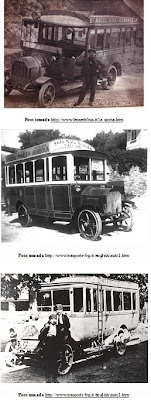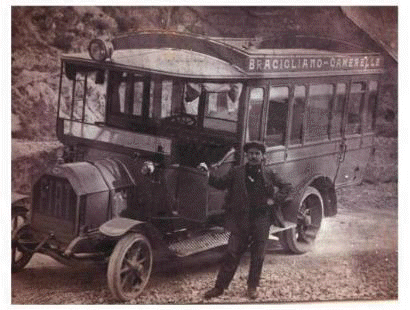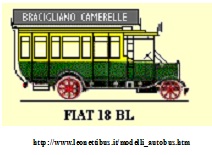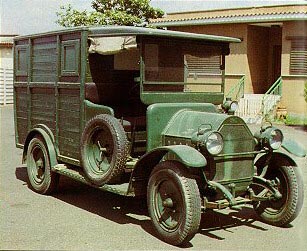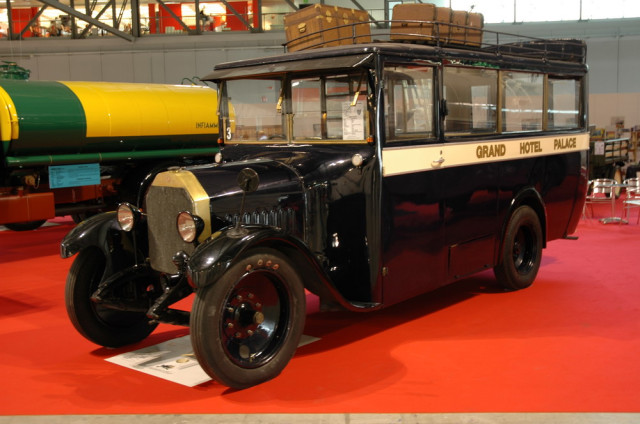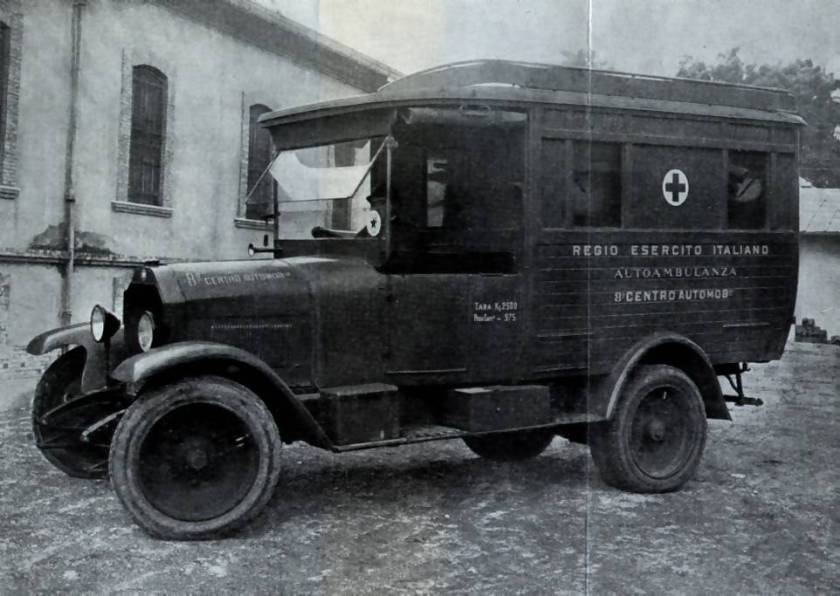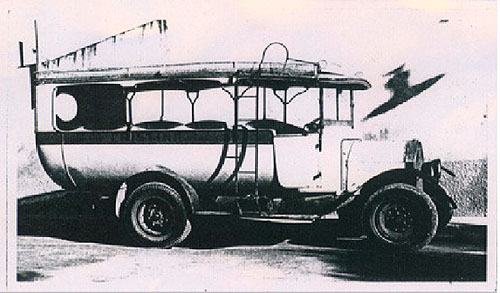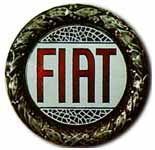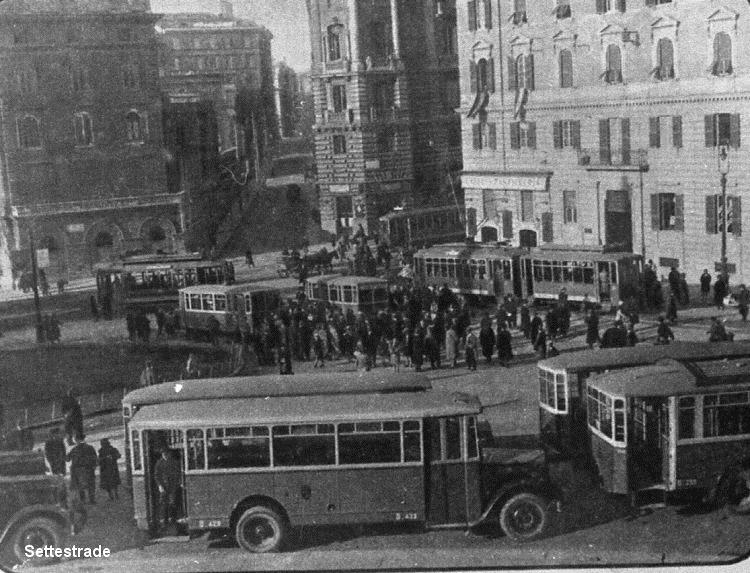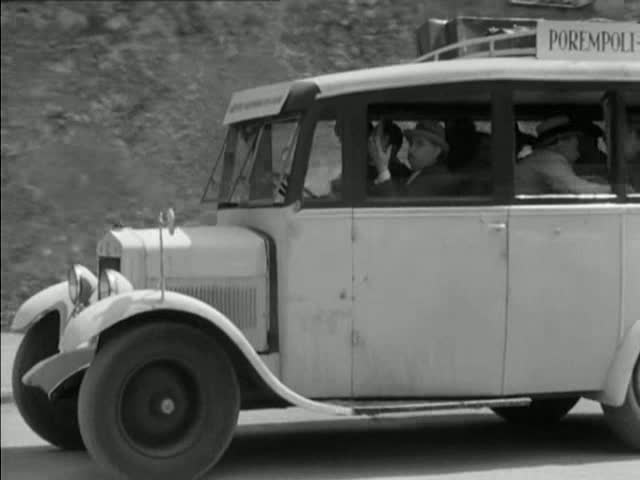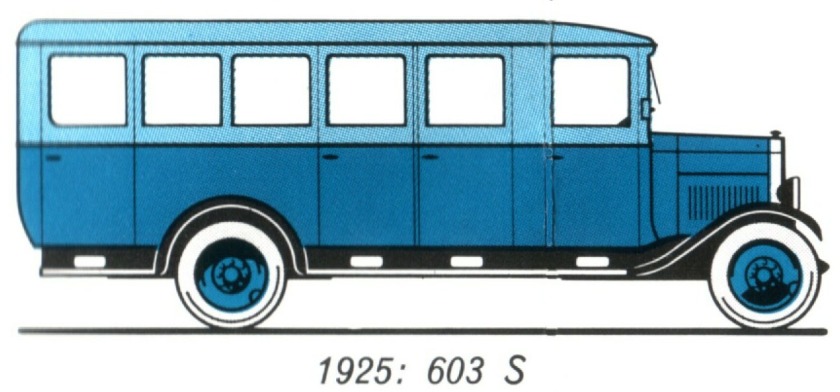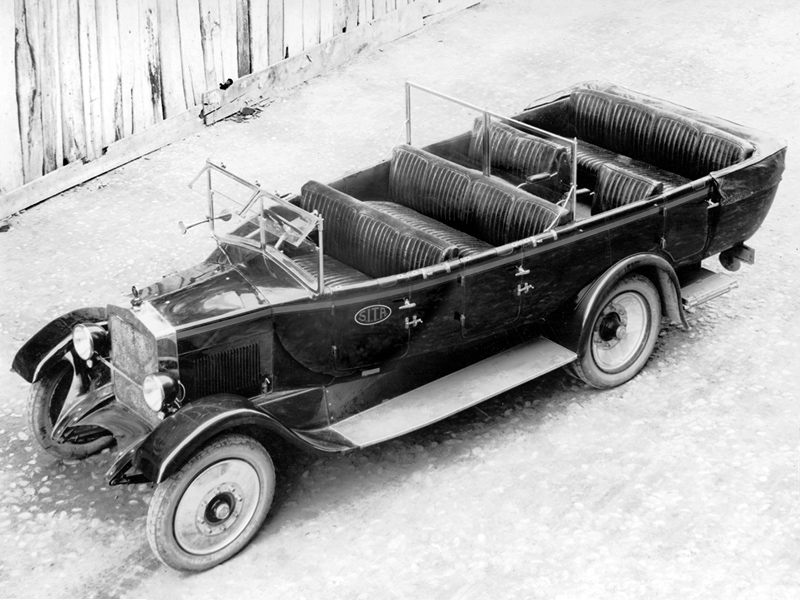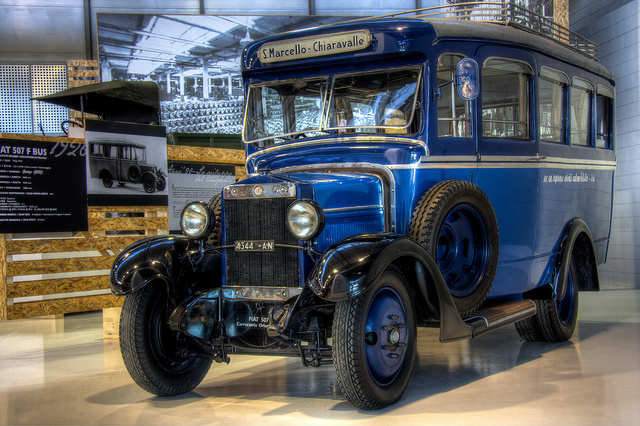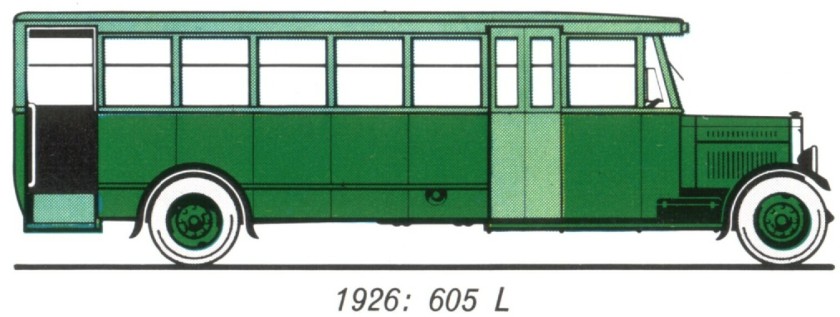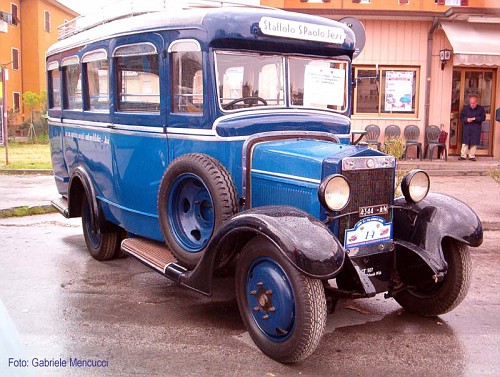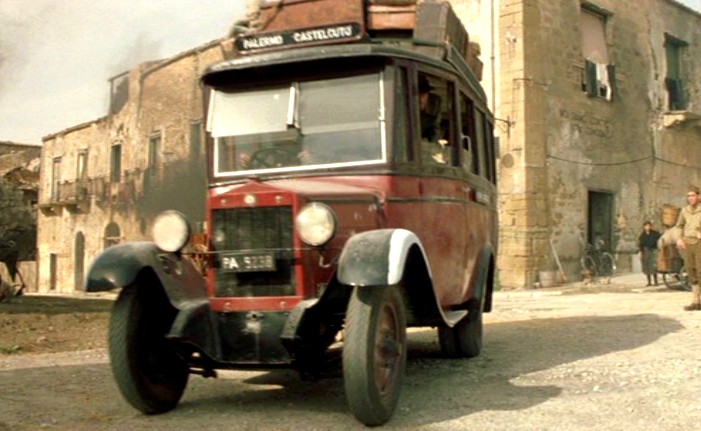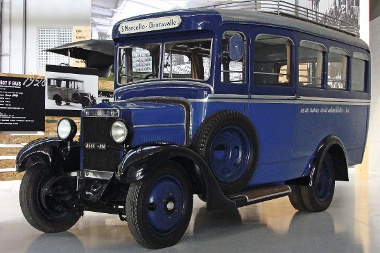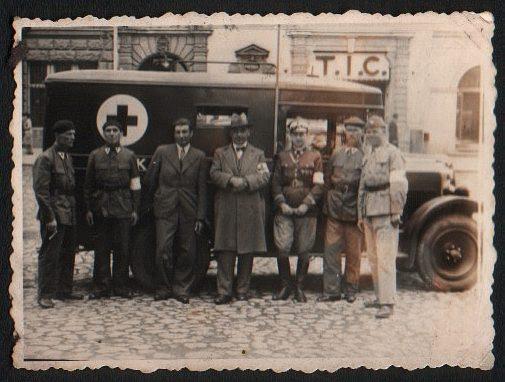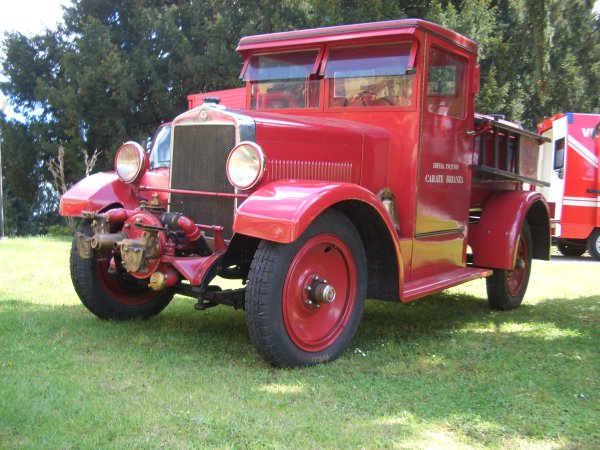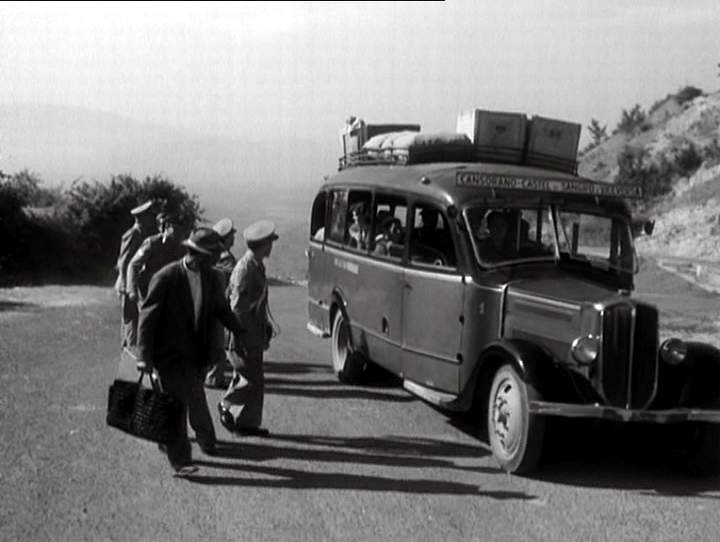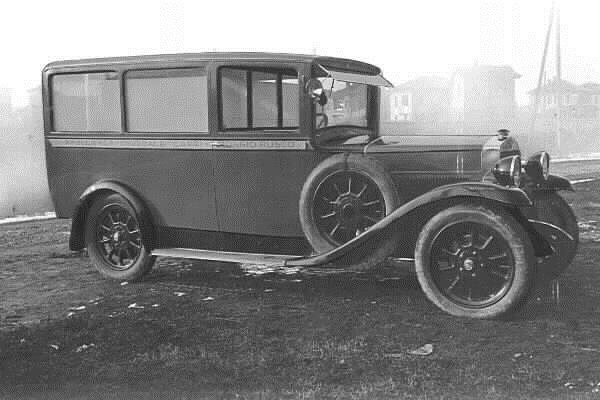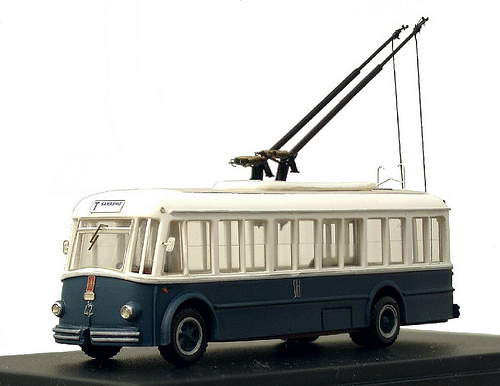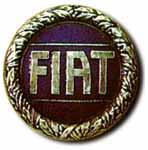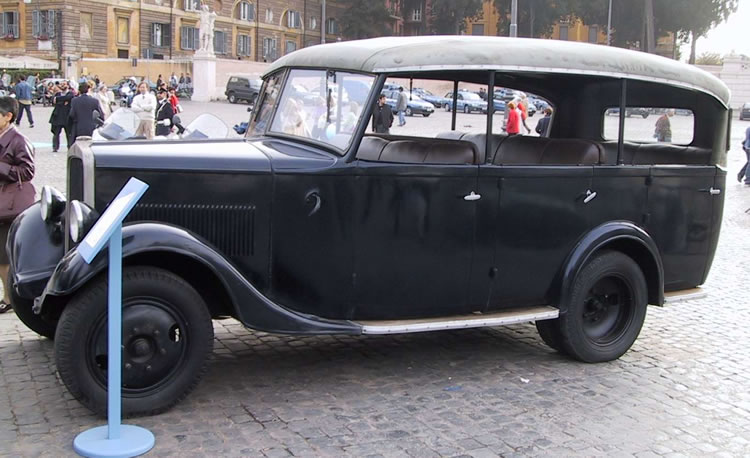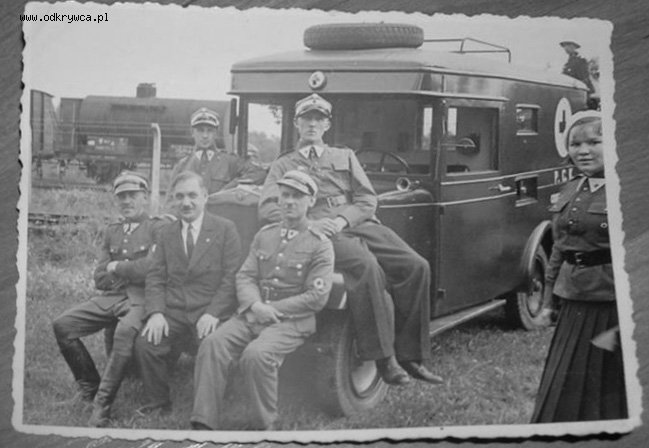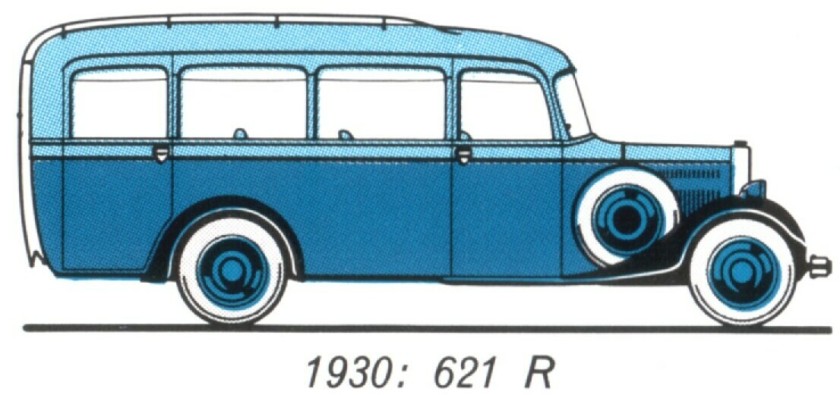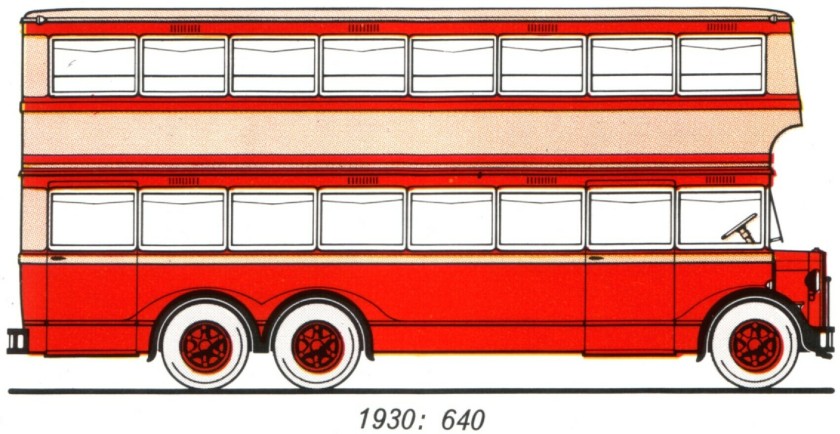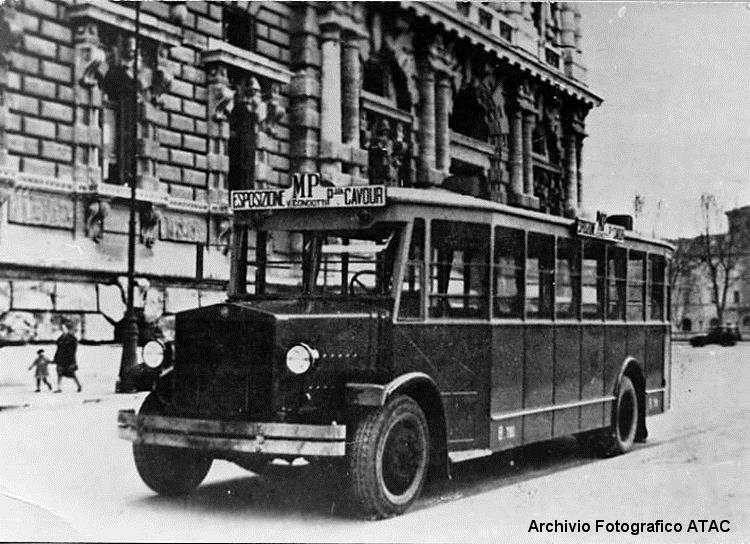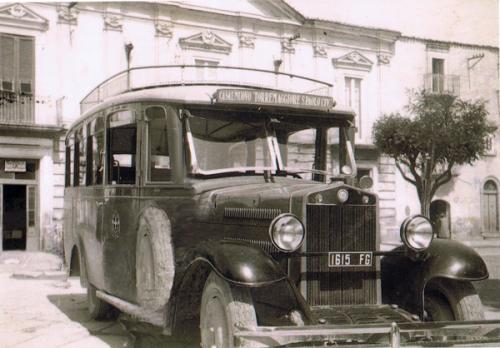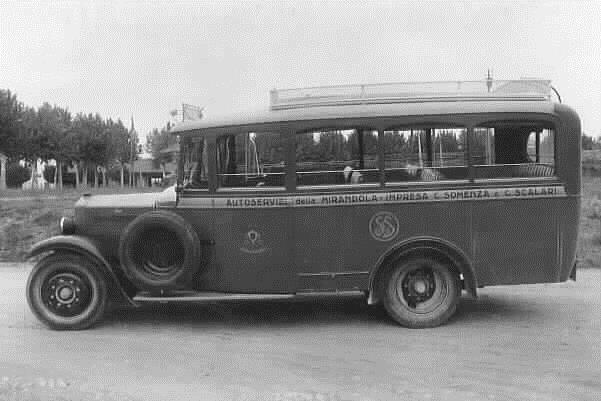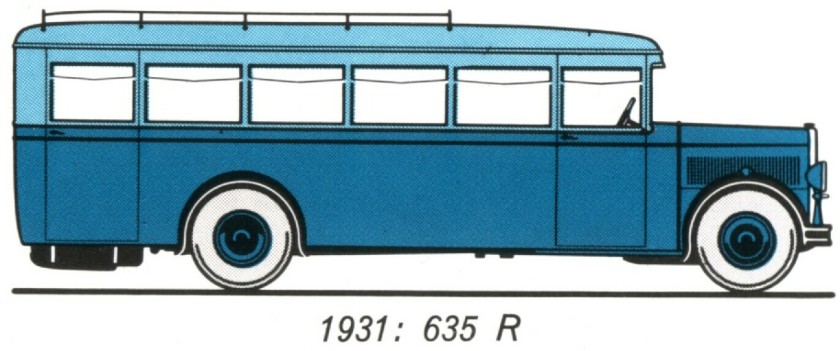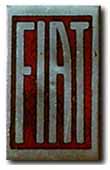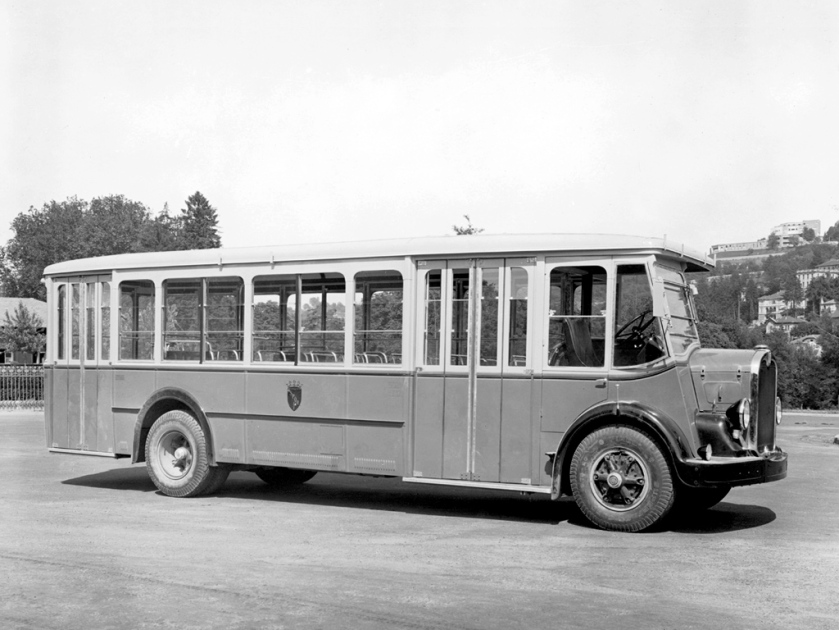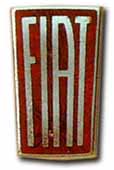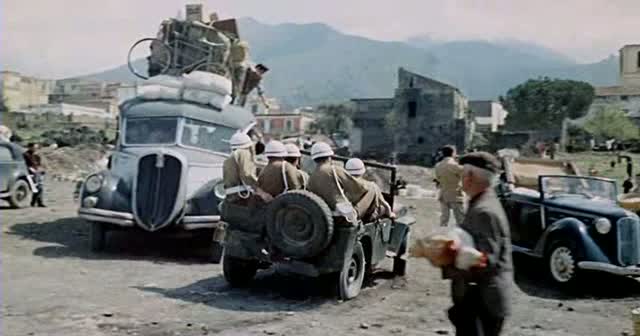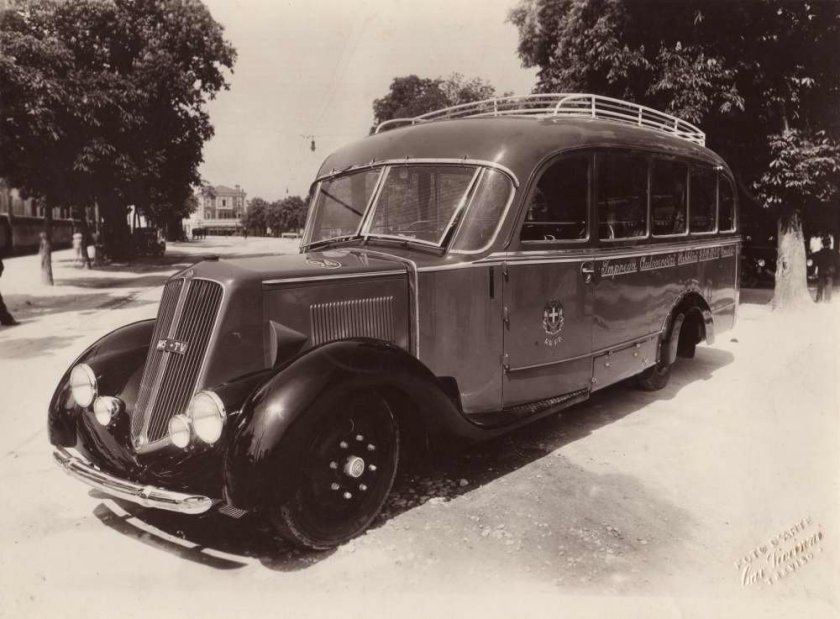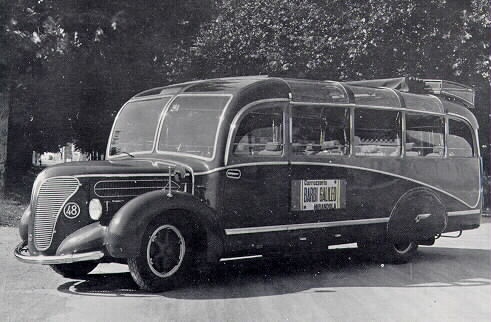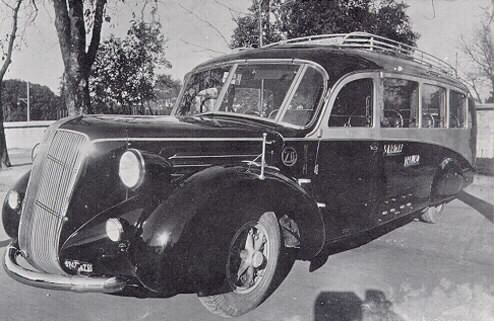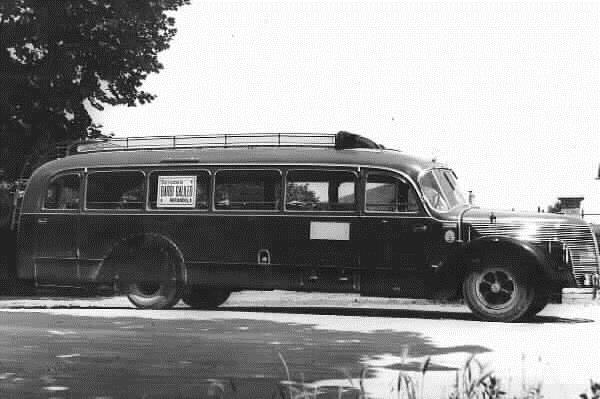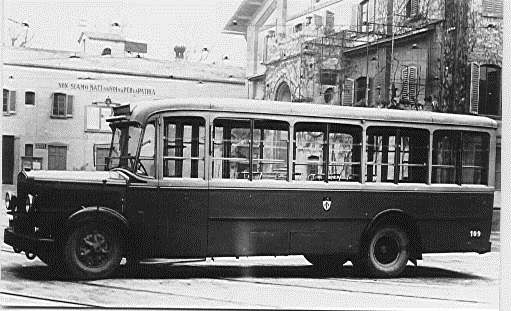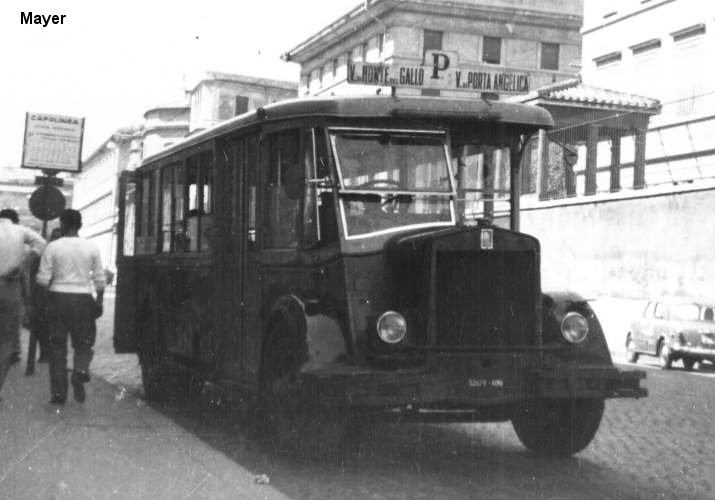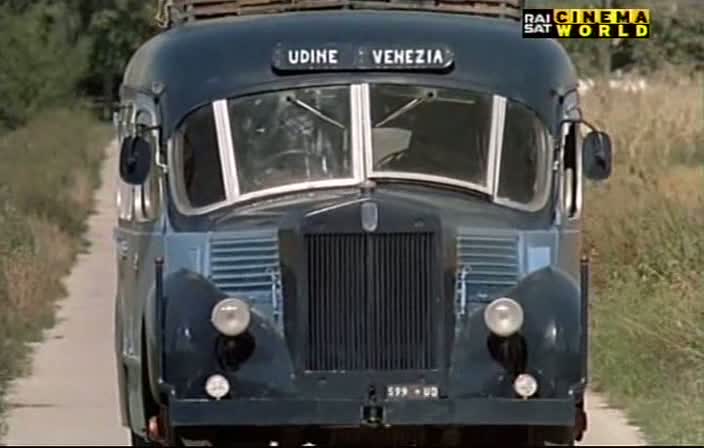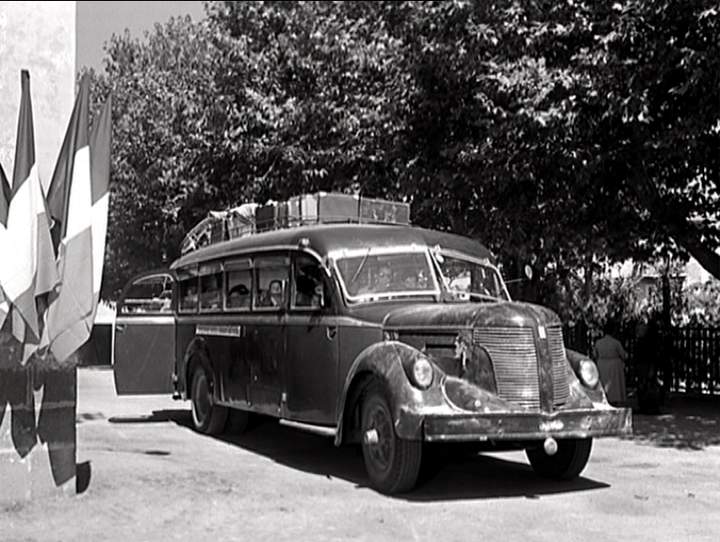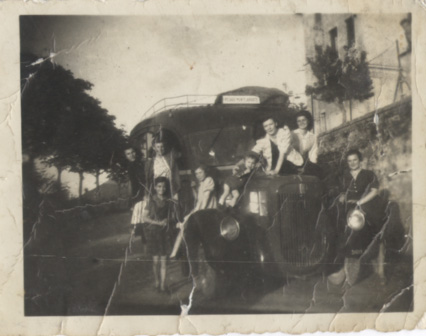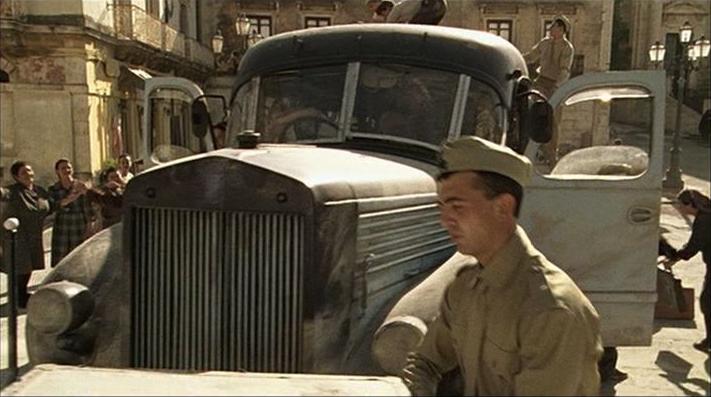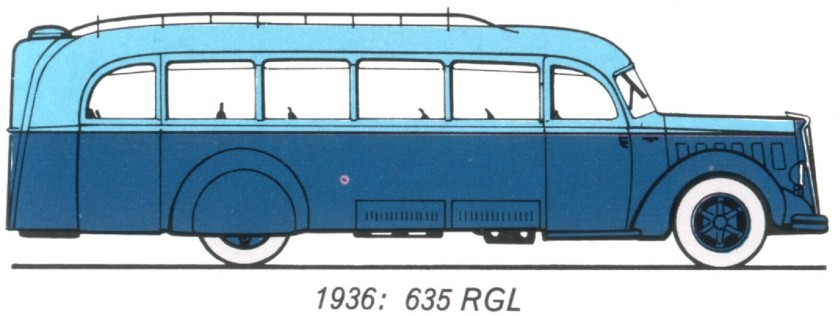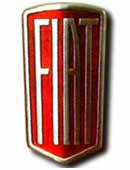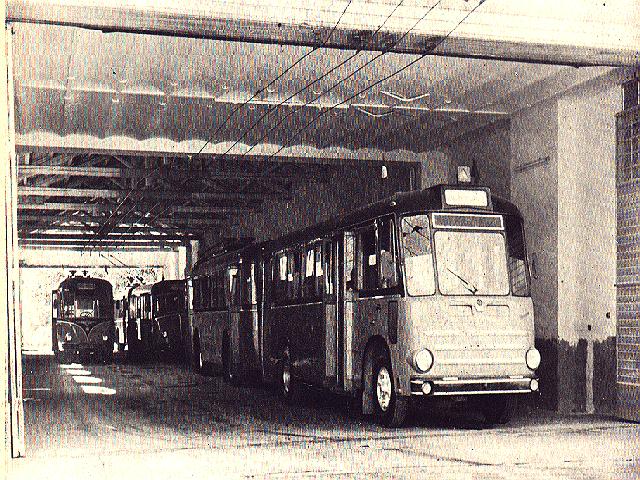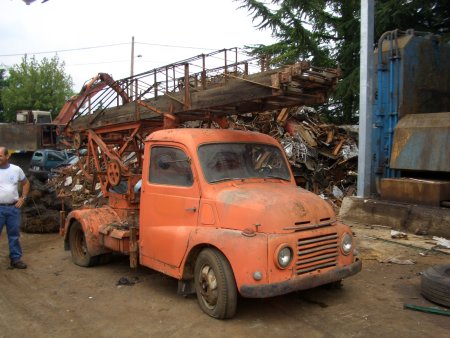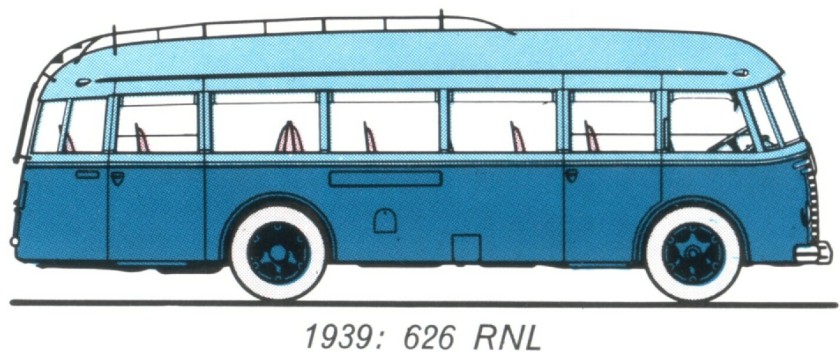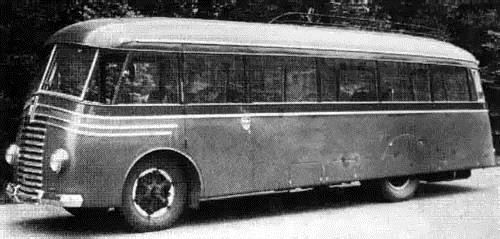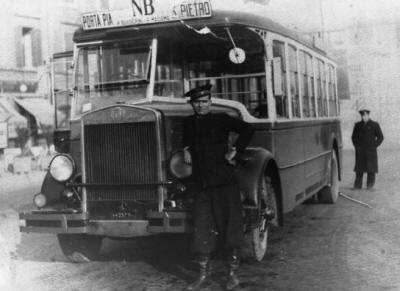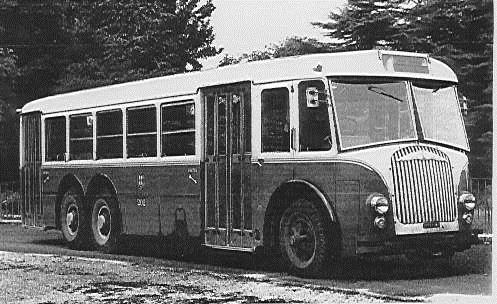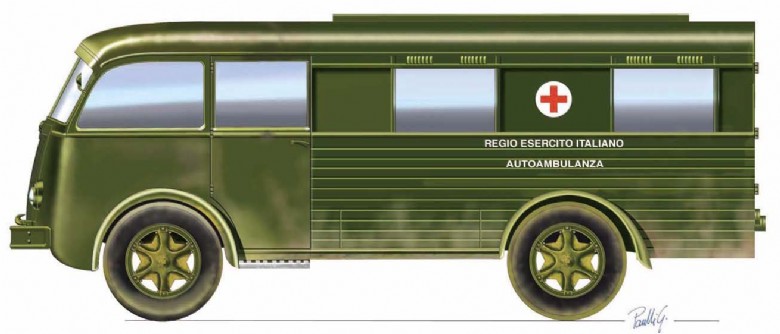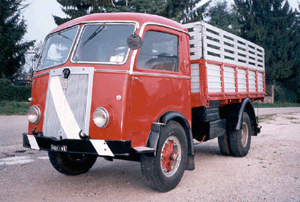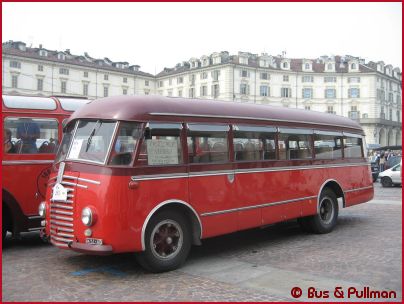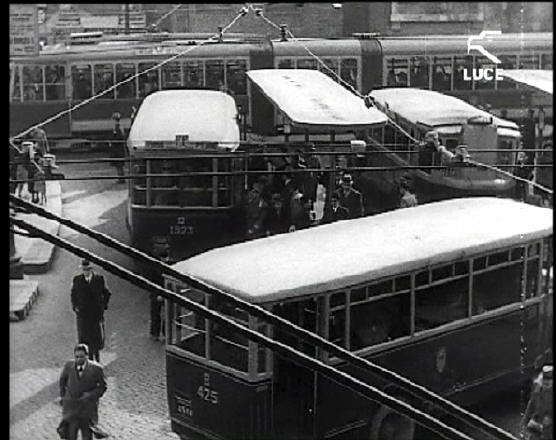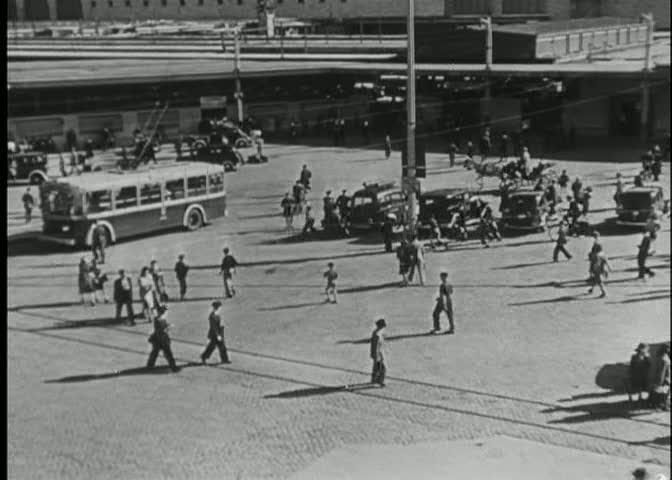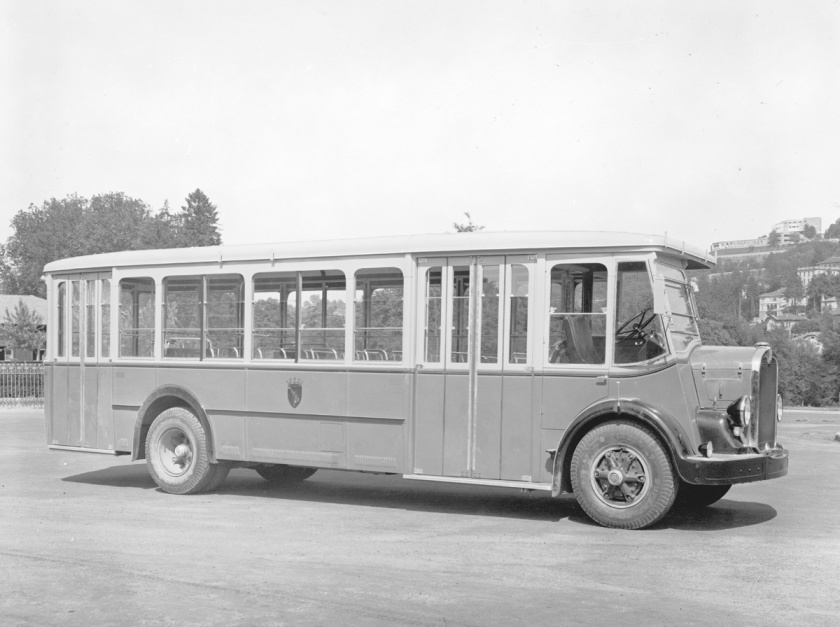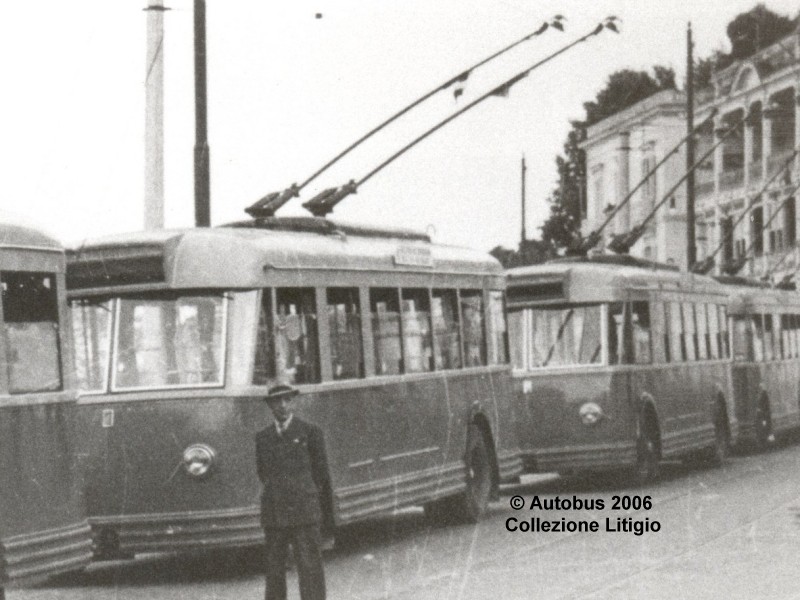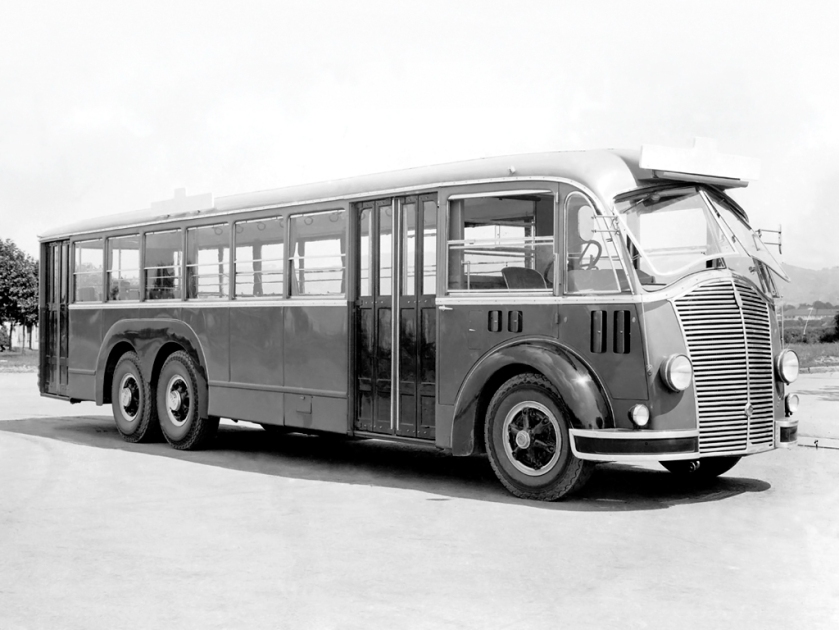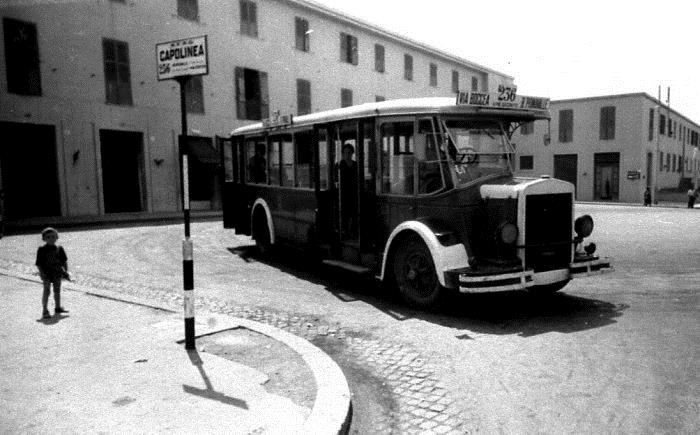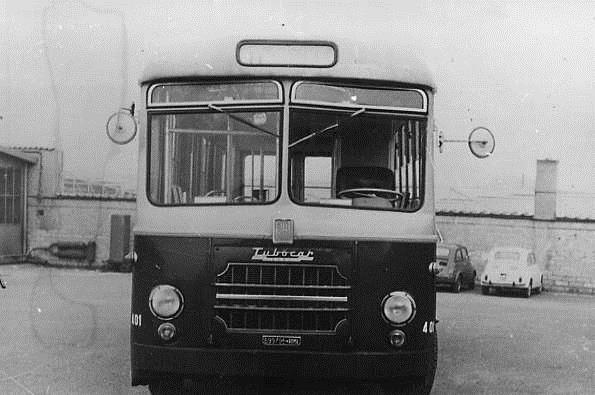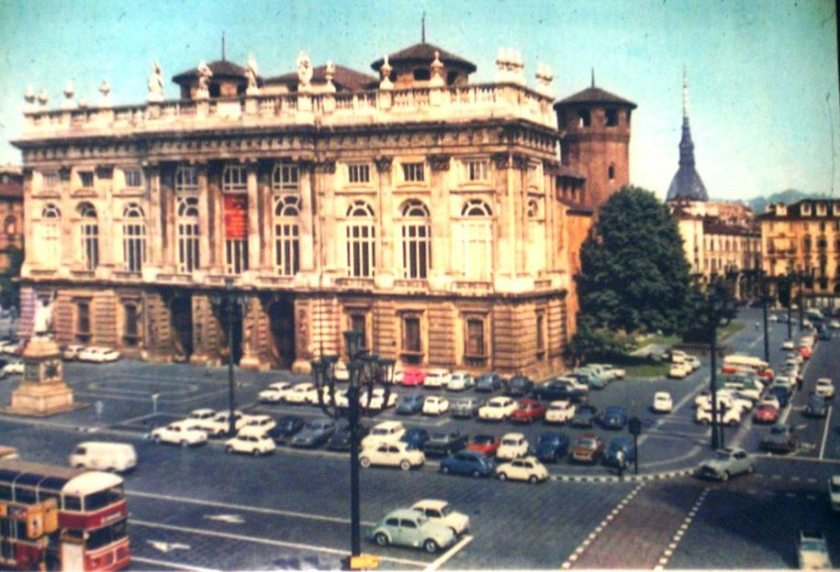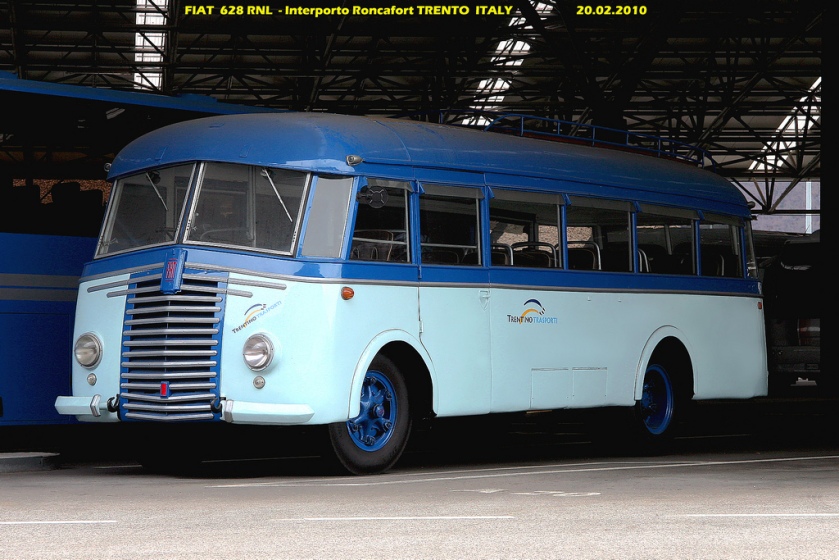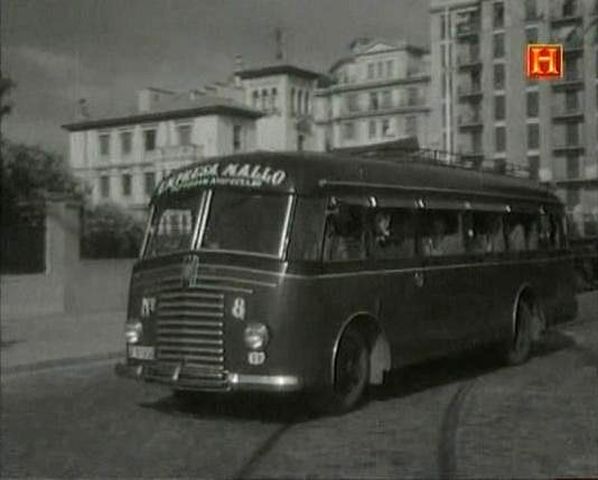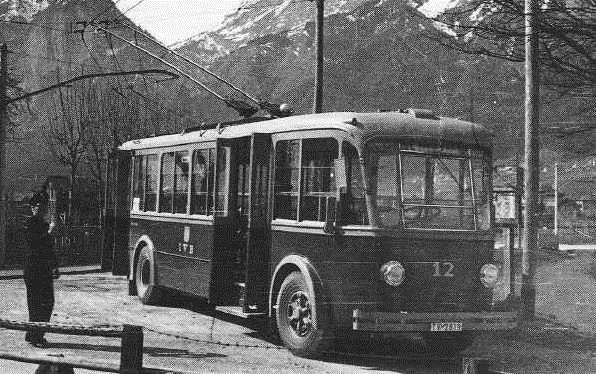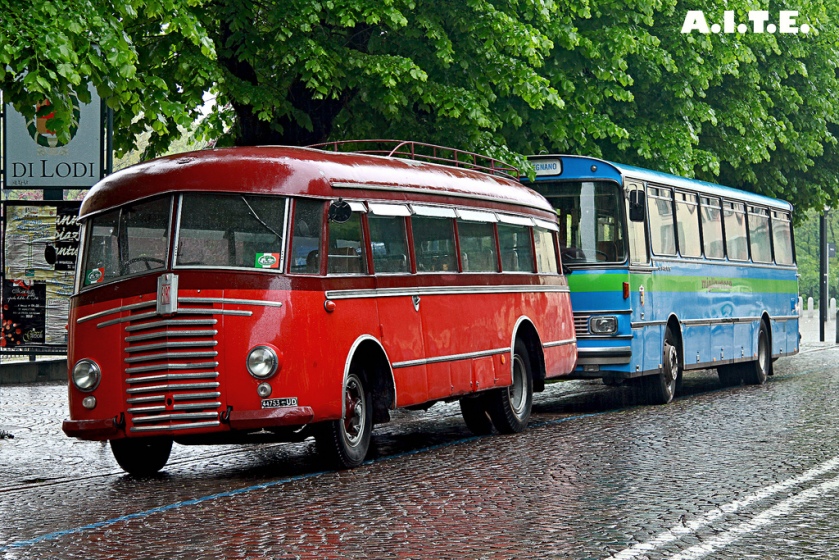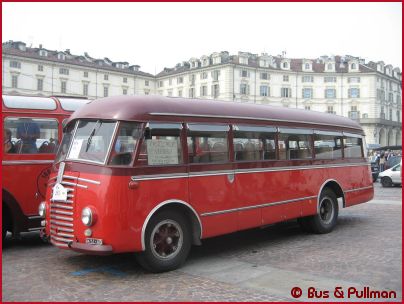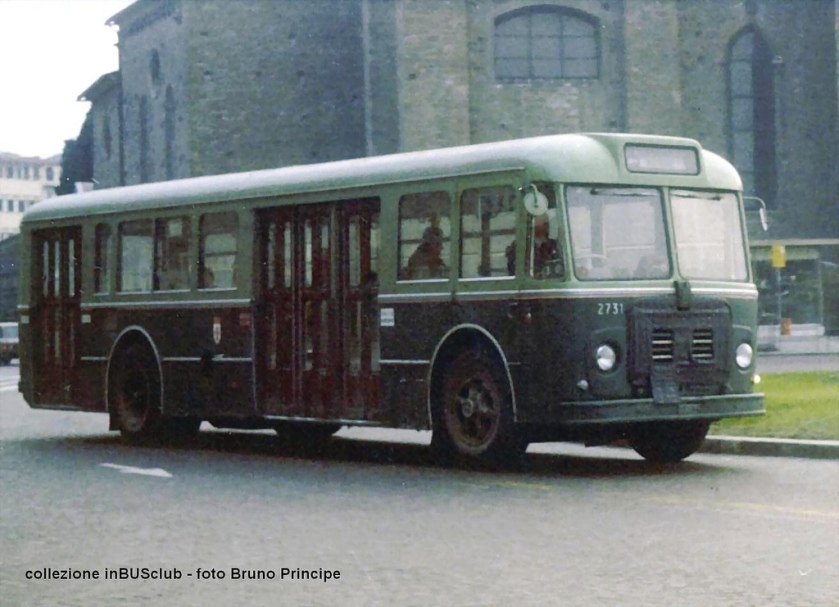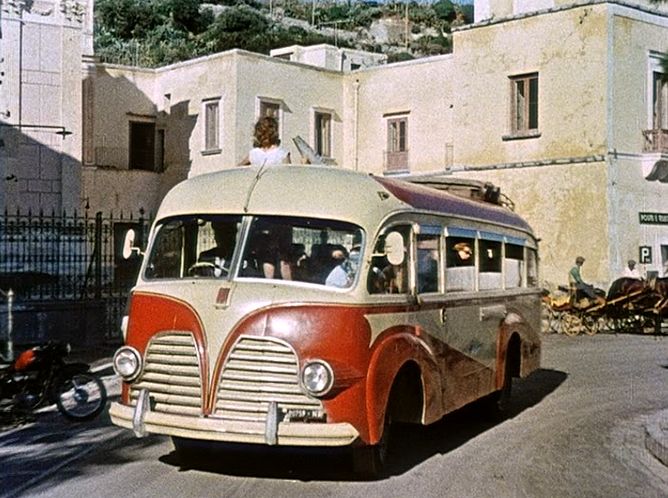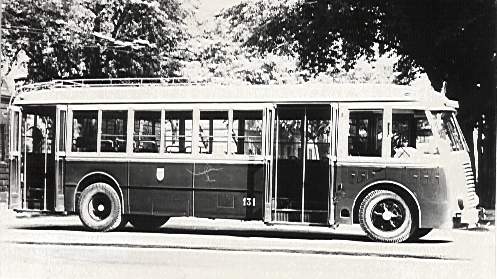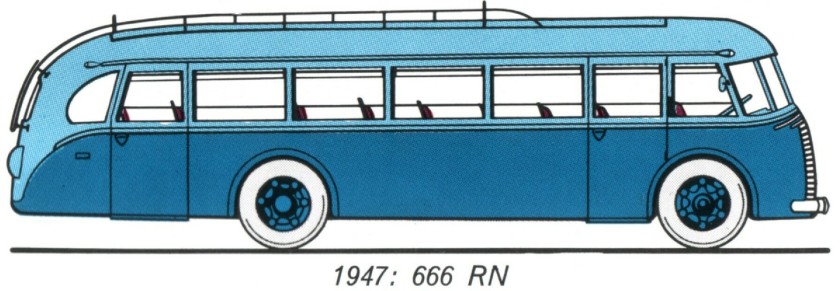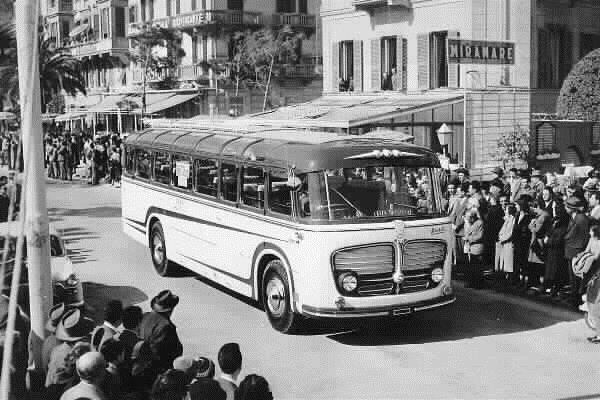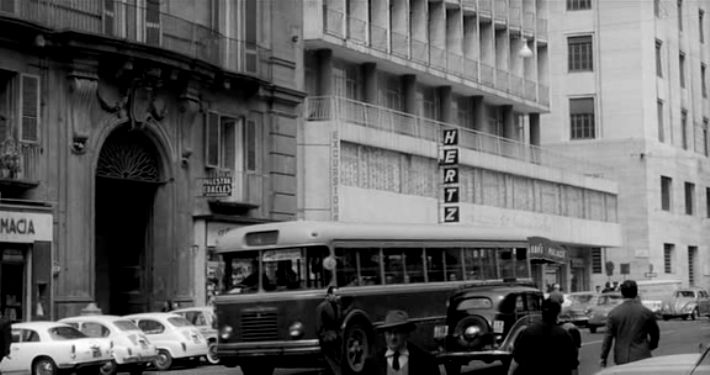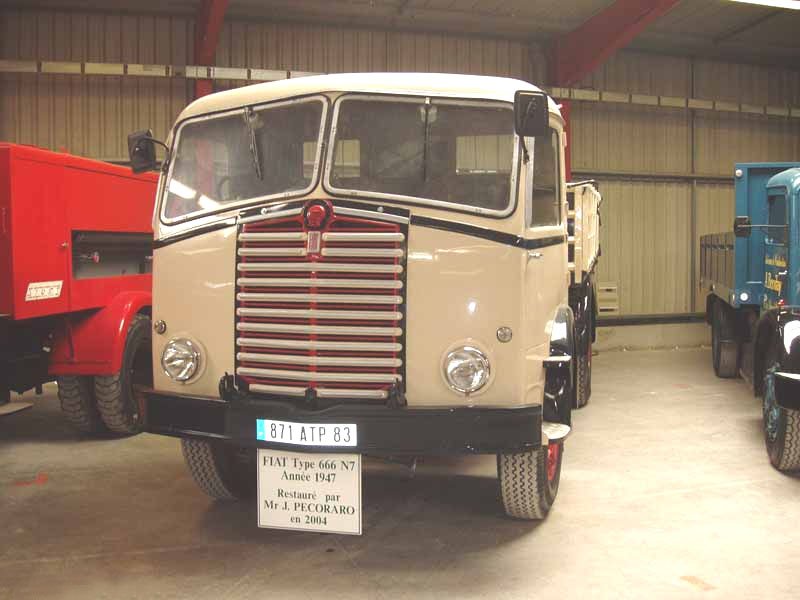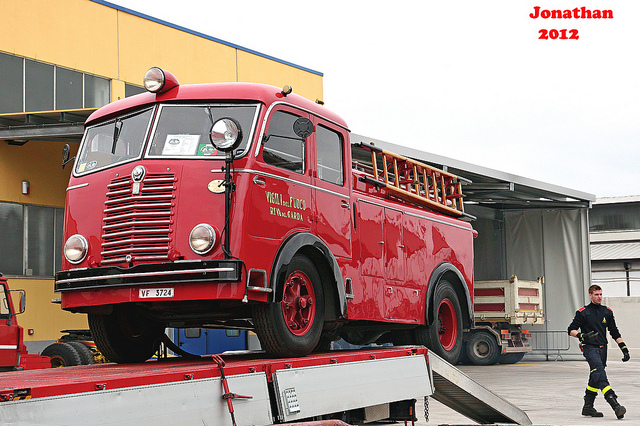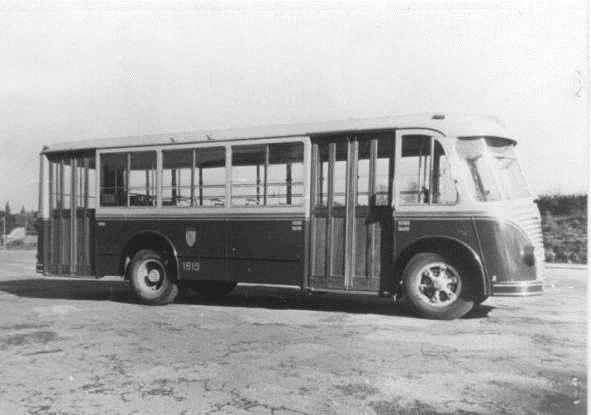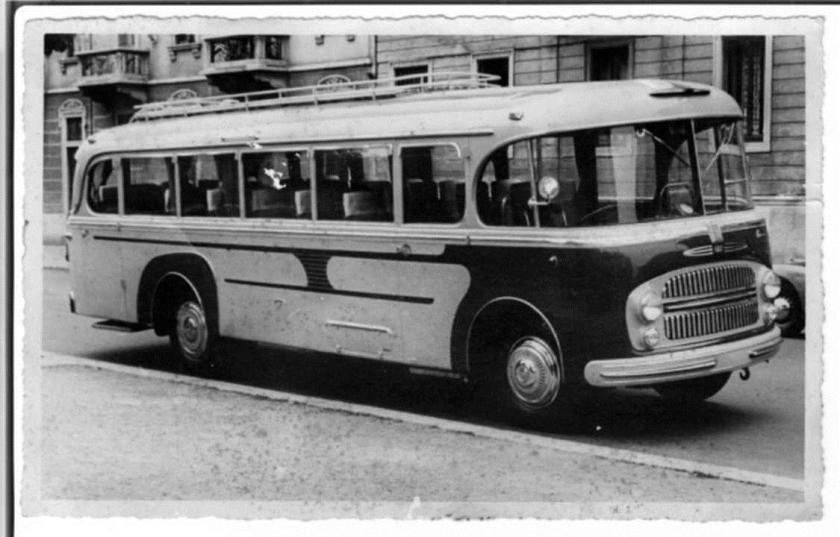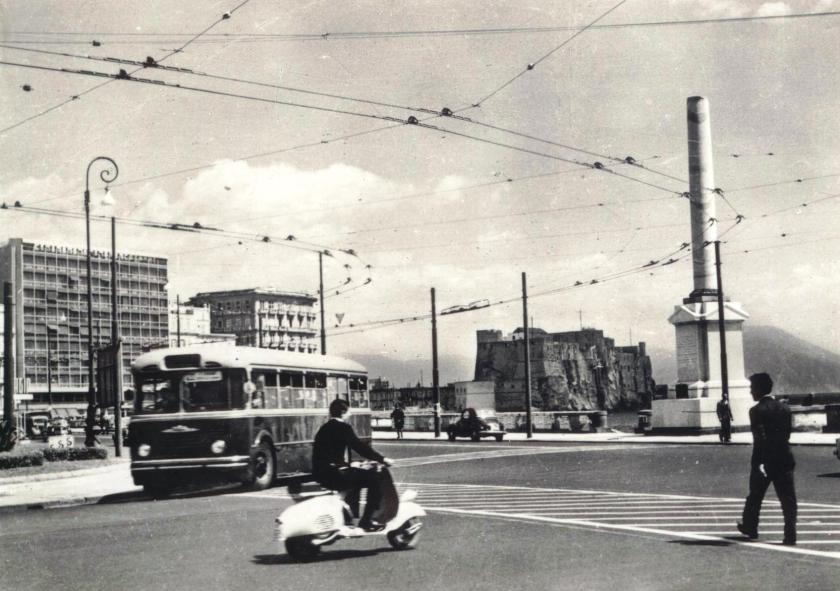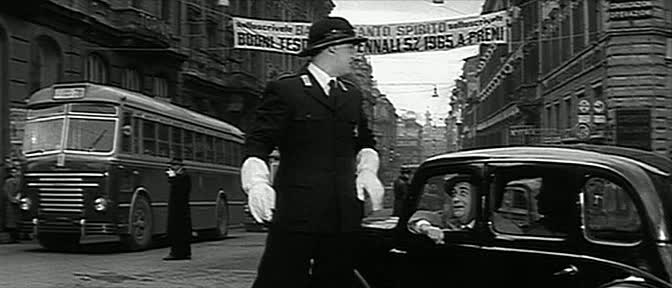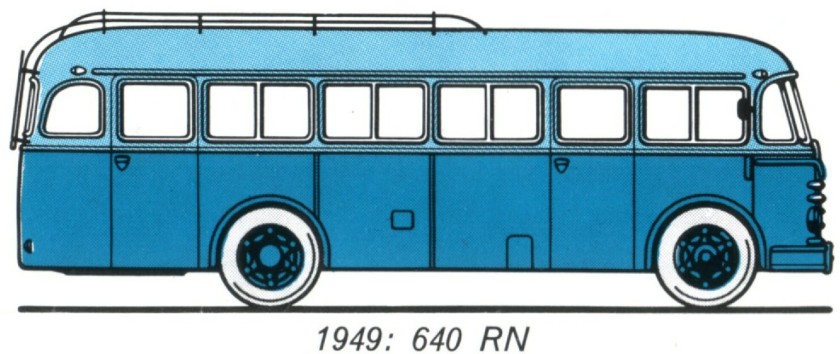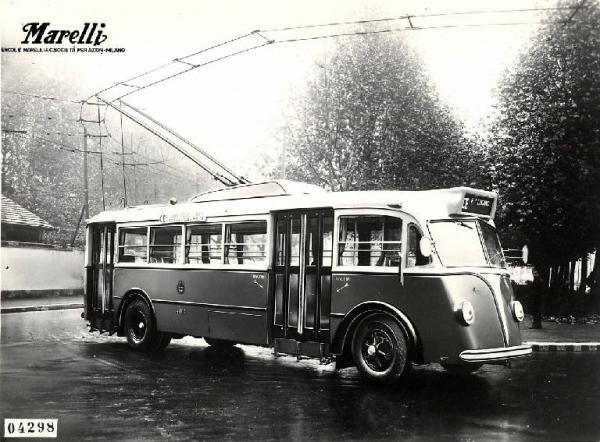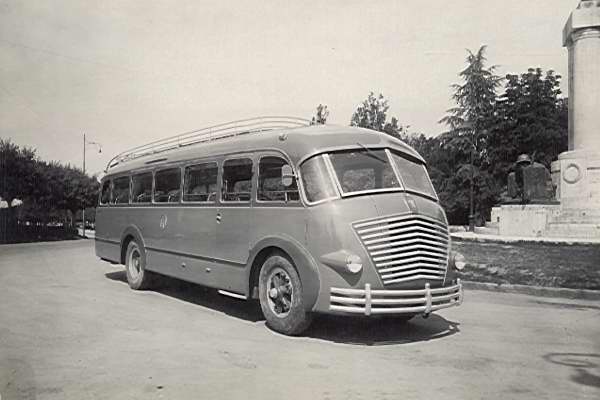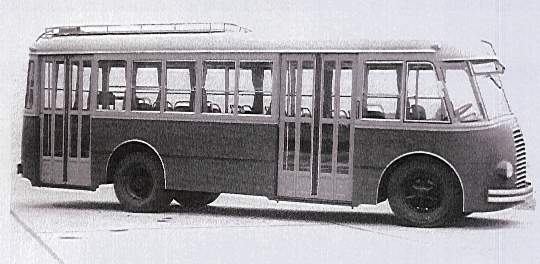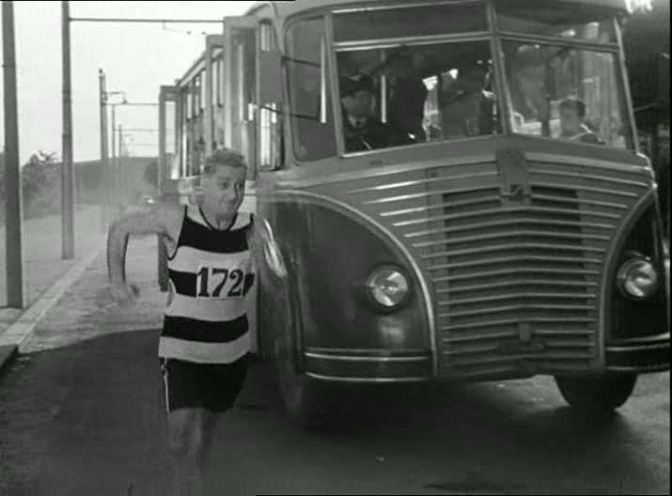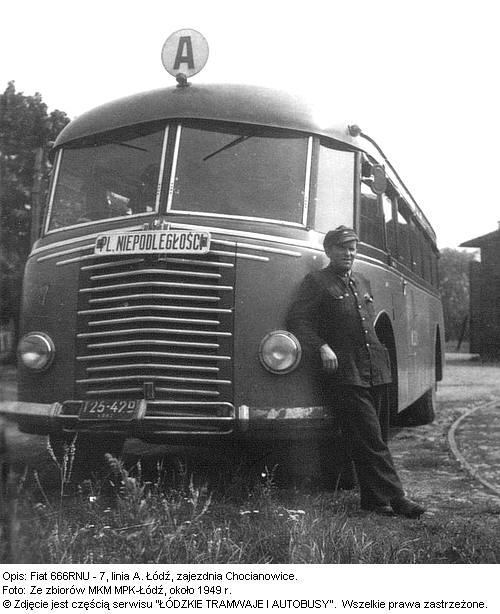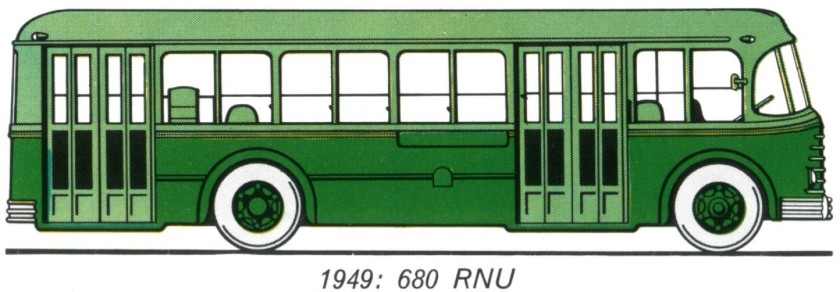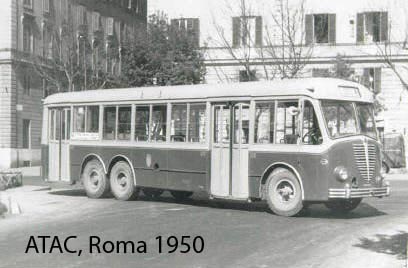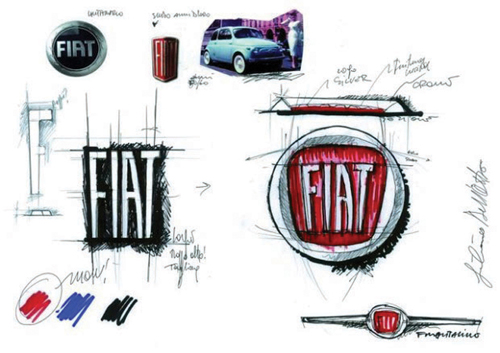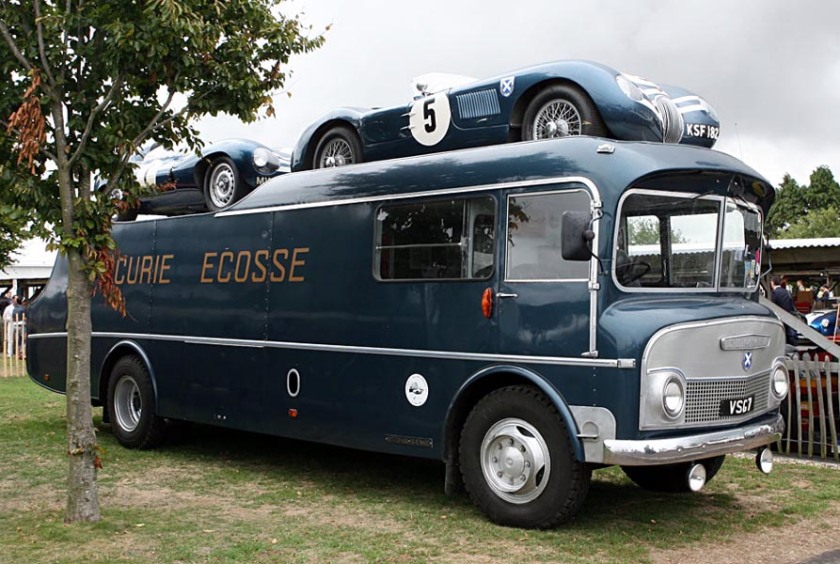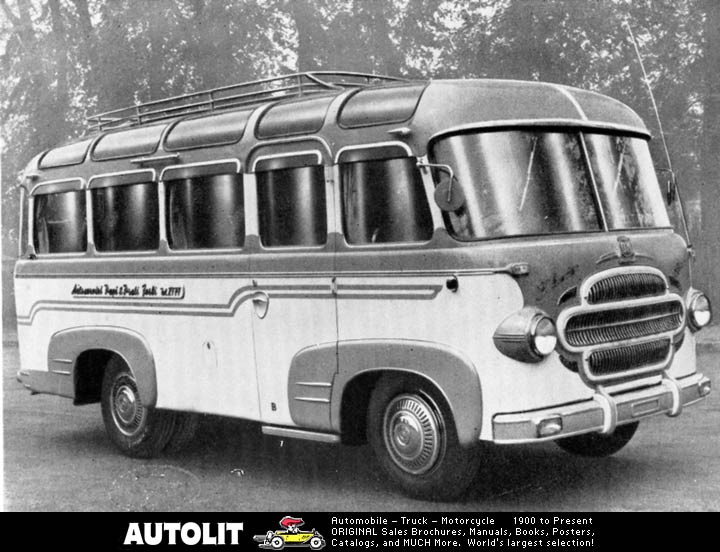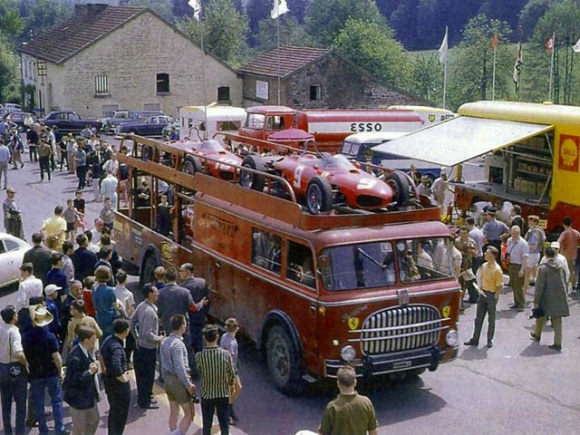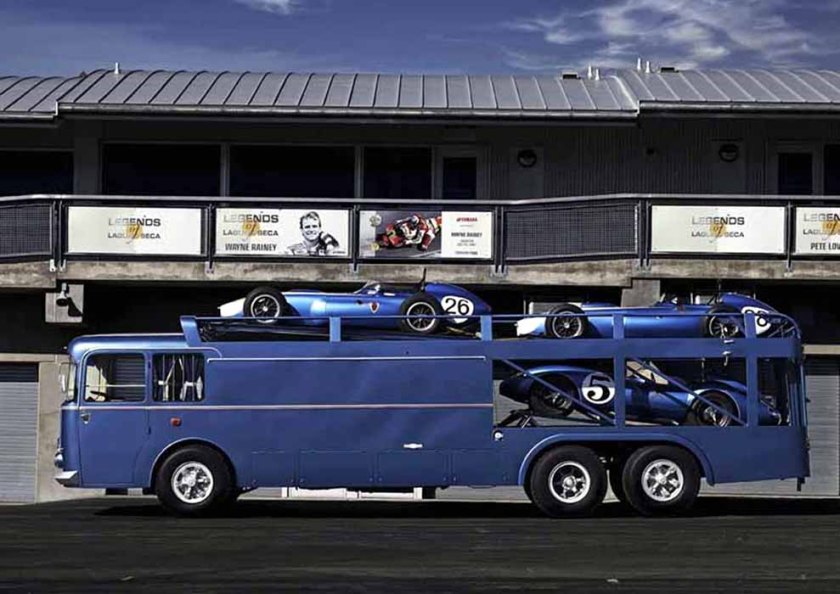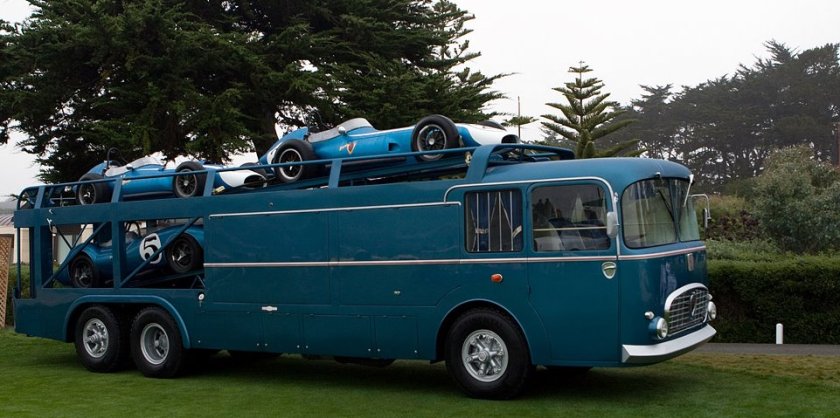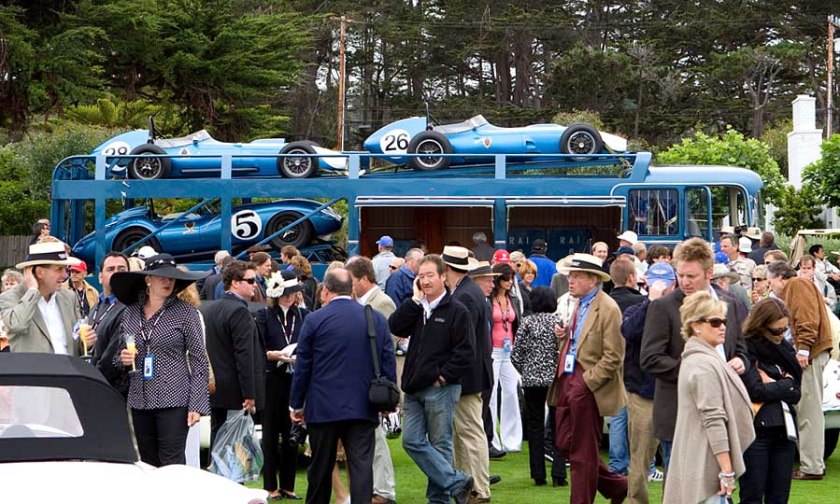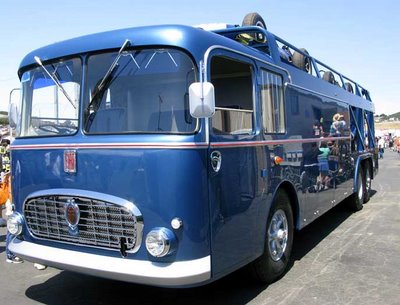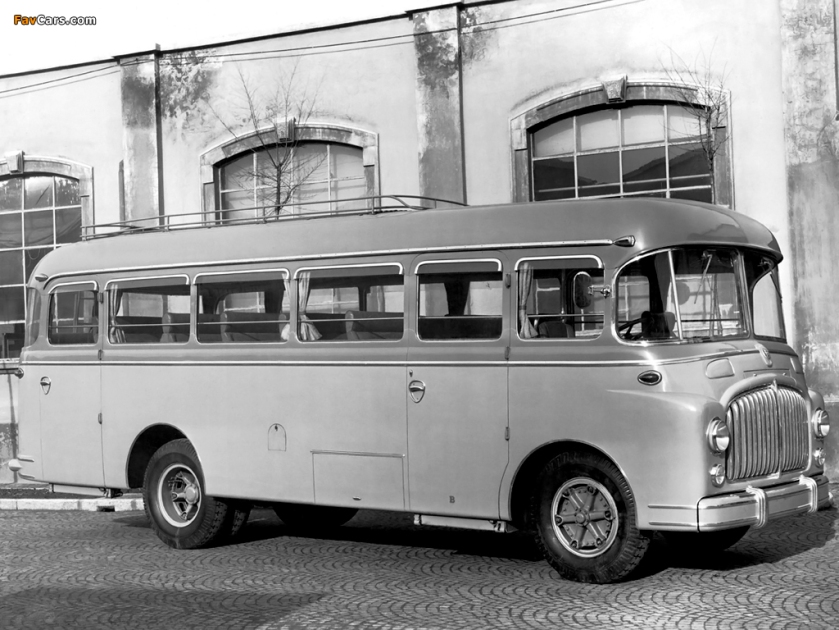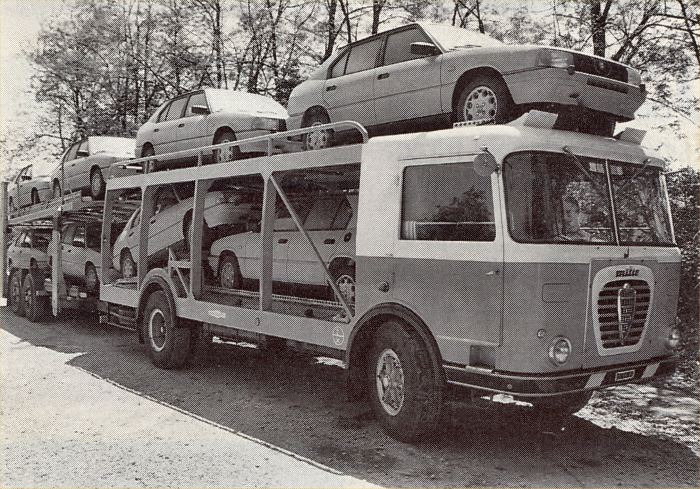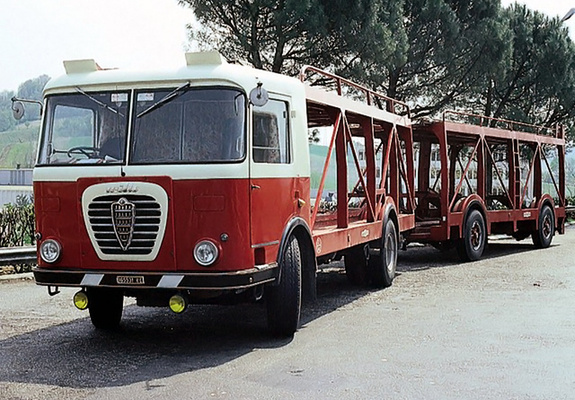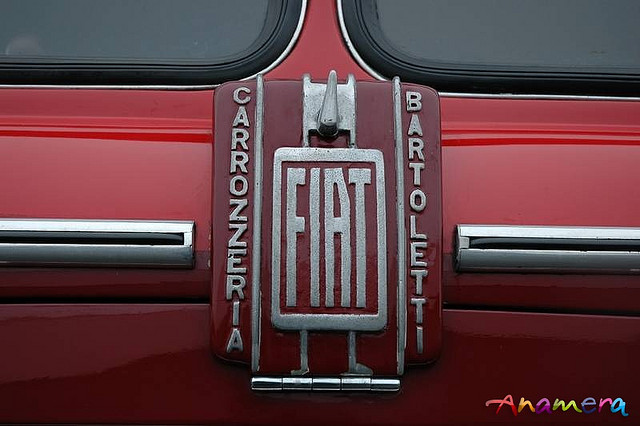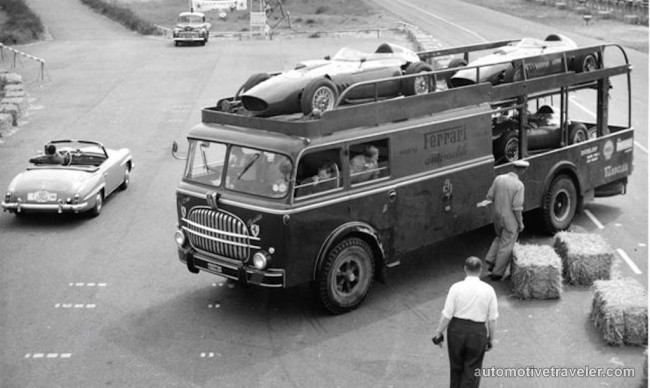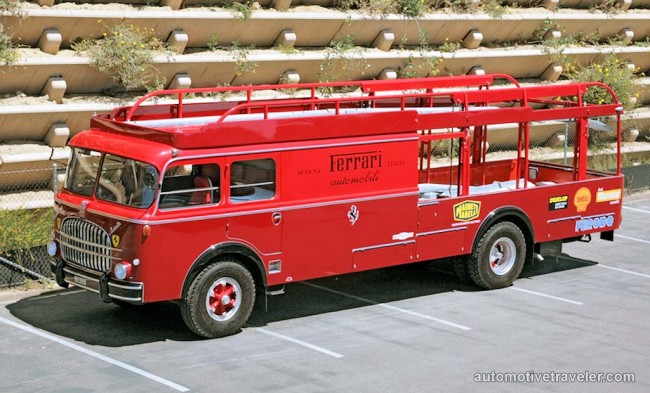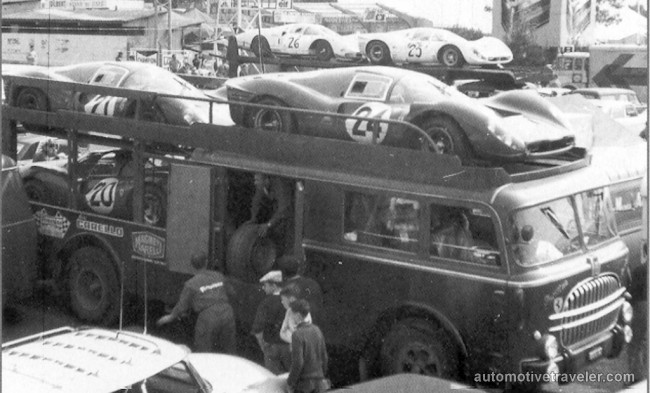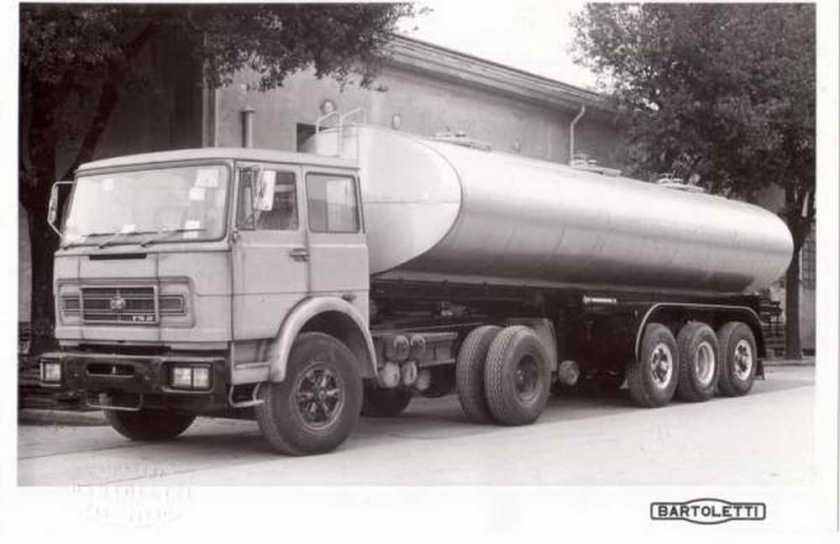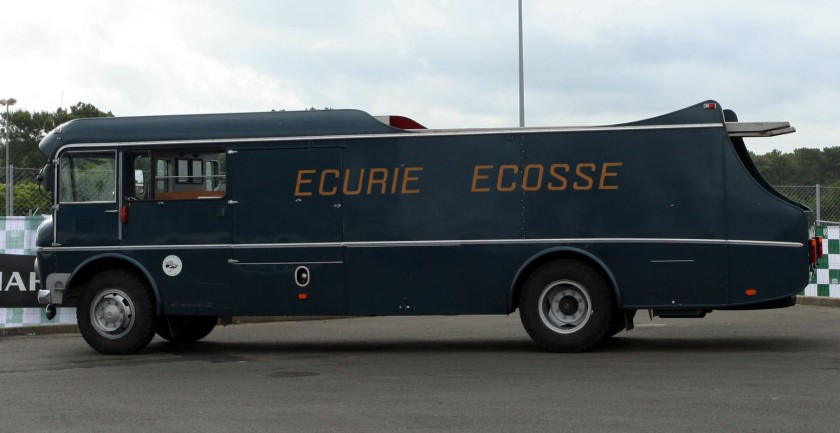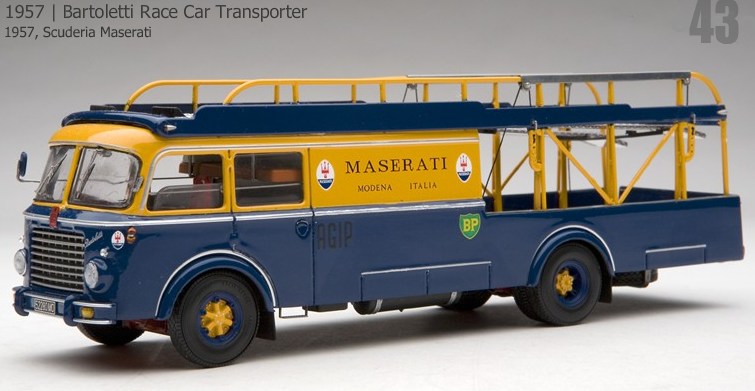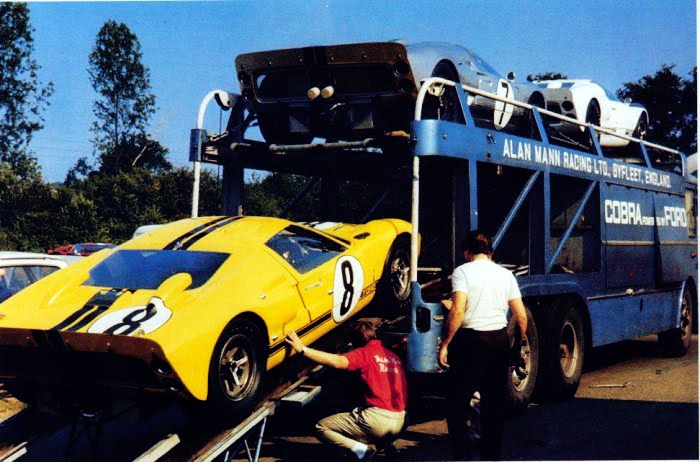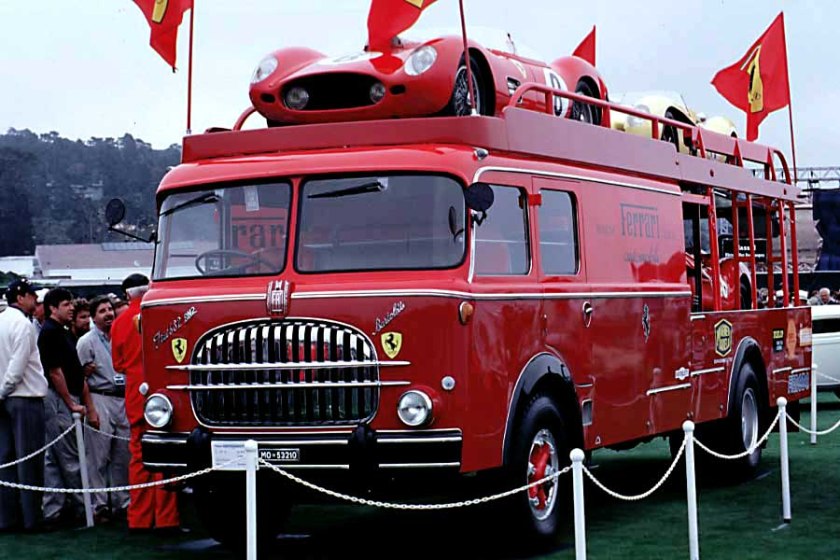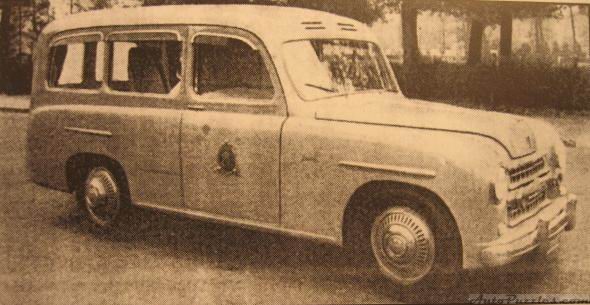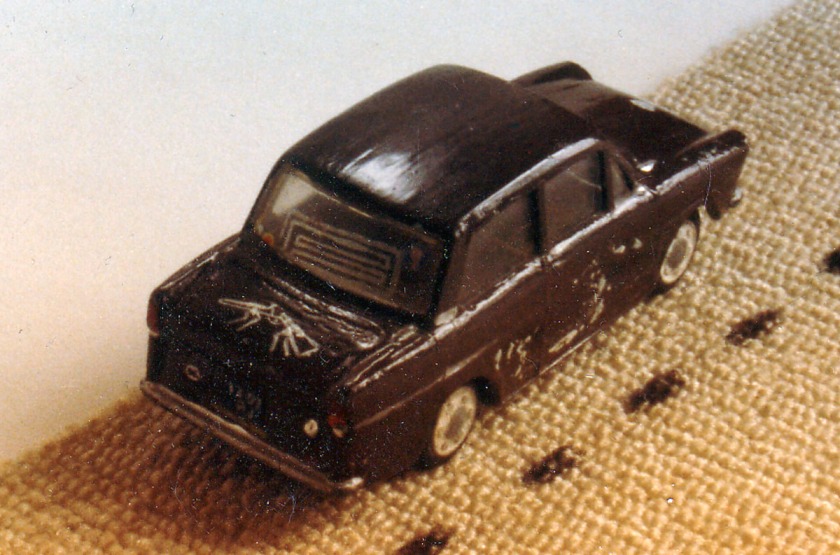Alfa Romeo, automobiles, trucks, buses, limousines, ambulances, special bolides.
Jump to navigationJump to search
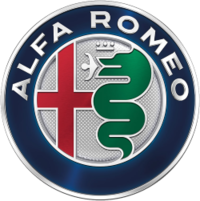
La meccanica delle emozioni
(The mechanics of emotion) |
|
| Private Società per azioni | |
| Industry | Automotive |
| Predecessor | Società Anonima Italiana Darracq (SAID) |
| Founded | 24 June 1910(as A.L.F.A.) Milan, Lombardy, Italy |
| Founders |
|
| Headquarters | Turin, Piedmont, Italy |
|
Area served
|
Worldwide |
|
Key people
|
John Elkann (President) Timothy Kuniskis (CEO) |
| Products | Luxury vehicles |
|
Production output
|
|
| Owner | Fiat Chrysler Automobiles |
| Parent | FCA Italy |
| Website | alfaromeo.com |
FNM Brazilian Alfa Romeo Special
Alfa Romeo Automobiles S.p.A. (Italian: [ˈalfa roˈmɛːo]) is a luxury car manufacturer, founded by Frenchman Alexandre Darracq as A.L.F.A. (“[Società] Anonima Lombarda Fabbrica Automobili“, “Anonymous LombardAutomobile Factory [Company]”) on 24 June 1910, in Milan. The brand is known for sporty vehicles and has been involved in car racing since 1911.
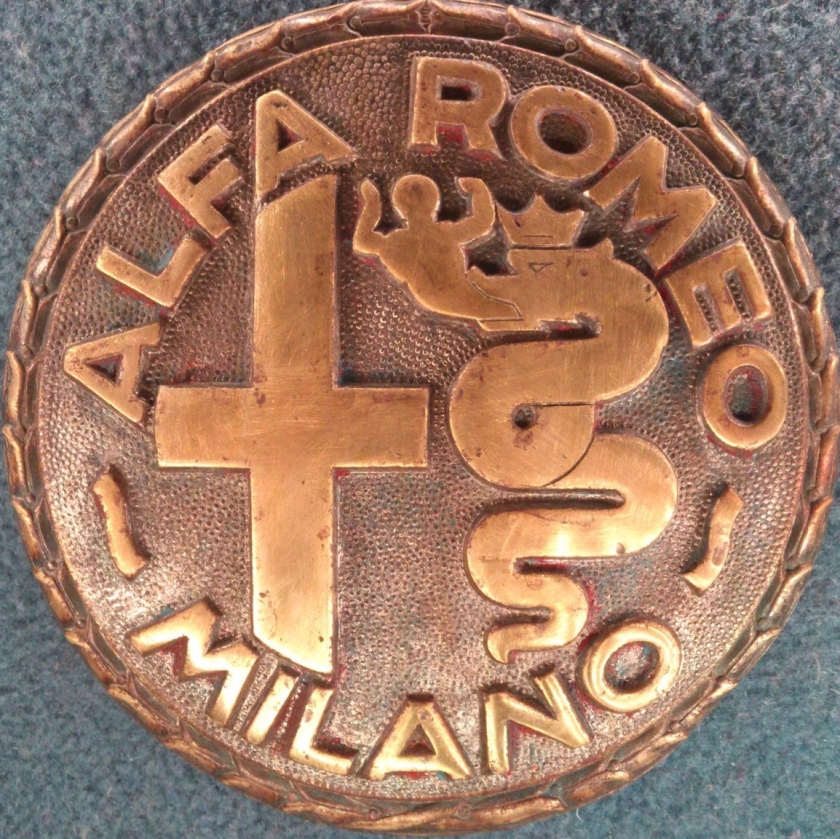
The company was owned by Italian state holding company Istituto per la Ricostruzione Industriale between 1932 and 1986, when it became a part of the Fiat group. In February 2007, the Alfa Romeo brand became Alfa Romeo Automobiles S.p.A., a subsidiary of Fiat Group Automobiles, now Fiat Chrysler Automobiles Italy.
The company that became Alfa Romeo was founded as Società Anonima Italiana Darracq (SAID) in 1906 by the French automobile firm of Alexandre Darracq, with Italian investors. In late 1909, the Italian Darracq cars were selling slowly and the Italian partners of the company hired Giuseppe Merosi to design new cars. On 24 June 1910, a new company was founded named A.L.F.A., initially still in partnership with Darracq. The first non-Darracq car produced by the company was the 1910 24 HP, designed by Merosi. A.L.F.A. ventured into motor racing, with drivers Franchini and Ronzoni competing in the 1911 Targa Florio with two 24-hp models. In August 1915, the company came under the direction of Neapolitan entrepreneur Nicola Romeo, who converted the factory to produce military hardware for the Italian and Allied war efforts. In 1920, the name of the company was changed to Alfa Romeo with the Torpedo 20–30 HP the first car to be so badged.
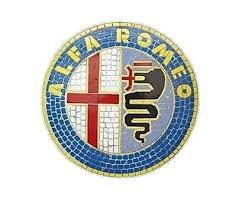
In 1921, the Banca Italiana di Sconto, which backed the Ing. Nicola Romeo & Co, went broke and the government needed to support the industrial companies involved, among which was Alfa Romeo, through the “Consorzio per Sovvenzioni sui Valori Industriali”. In 1925, the railway activities were separated from the Romeo company, and in 1928, Nicola Romeo left. In 1933, the state ownership was reorganized under the banner of the Istituto per la Ricostruzione Industriale (IRI) by Benito Mussolini‘s government, which then had effective control. The company struggled to return to profitability after the Second World War, and turned to mass-producing small vehicles rather than hand-building luxury models. In 1954, it developed the Alfa Romeo Twin Cam engine, which would remain in production until 1994. During the 1960s and 1970s, Alfa Romeo produced a number of sporty cars, but struggled to make a profit, so Istituto per la Reconstruzione (IRI), the state conglomerate that controls Finmeccanica sold the marque to the Fiat Group in 1986.
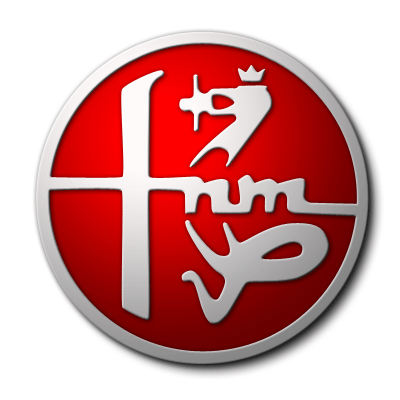
Alfa Romeo has competed successfully in Grand Prix motor racing, Formula One, sportscar racing, touring car racing, and rallies. It has competed both as a constructor and an engine supplier, via works entries (usually under the name Alfa Corse or Autodelta), and private entries. The first racing car was made in 1913, three years after the foundation of the company, and Alfa Romeo won the inaugural world championship for Grand Prix cars in 1925. The race victories gave a sporty image to the marque, and Enzo Ferrari founded the Scuderia Ferrari racing team in 1929 as an Alfa Romeo racing team, before becoming independent in 1939. It has had the most wins of any marque in the world.
History
Name
The company’s name is a combination of the original name, “A.L.F.A.” (“Anonima Lombarda Fabbrica Automobili”), and the last name of entrepreneur Nicola Romeo, who took control of the company in 1915.
Foundation and early years
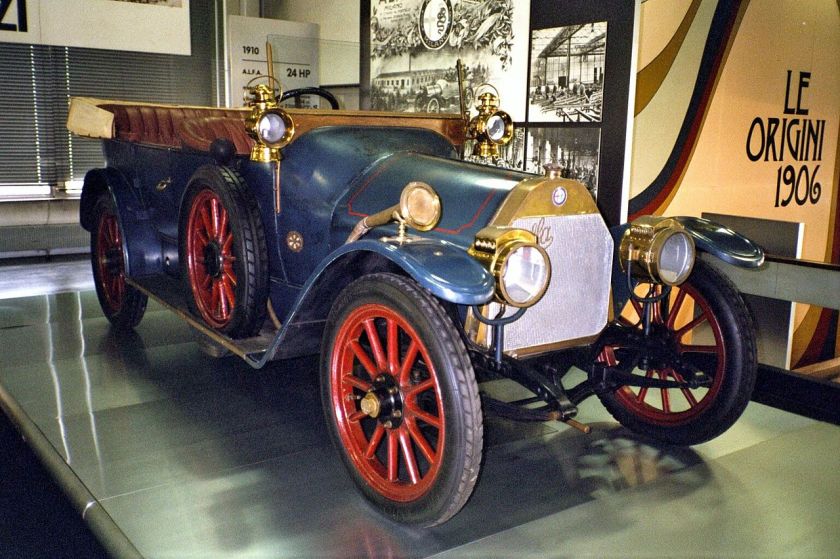 The A.L.F.A 24 hp (this is with Castagna torpedo body) was the first car made by Anonima Lombarda Fabbrica Automobili (A.L.F.A) in 1910.
The A.L.F.A 24 hp (this is with Castagna torpedo body) was the first car made by Anonima Lombarda Fabbrica Automobili (A.L.F.A) in 1910.
The company that became Alfa Romeo was founded as Società Anonima Italiana Darracq (SAID) in 1906 by the French automobile firm of Alexandre Darracq, with some Italian investors. One of them, Cavaliere Ugo Stella, an aristocratfrom Milan, became chairman of the SAID in 1909. The firm’s initial location was in Naples, but even before the construction of the planned factory had started, Darracq decided late in 1906 that Milan would be more suitable and accordingly a tract of land was acquired in the Milan suburb of Portello, where a new factory of 6,700 square metres (8,000 sq yd) was erected. Late 1909, the Italian Darracq cars were selling slowly and Stella, with the other Italian co-investors, founded a new company named A.L.F.A. (Anonima Lombarda Fabbrica Automobili), initially still in partnership with Darracq. The first non-Darracq car produced by the company was the 1910 24 HP, designed by Giuseppe Merosi, hired in 1909 for designing new cars more suited to the Italian market. Merosi would go on to design a series of new A.L.F.A. cars, with more powerful engines (40–60 HP). A.L.F.A. ventured into motor racing, with drivers Franchini and Ronzoni competing in the 1911 Targa Florio with two 24-hp models. In 1914, an advanced Grand Prix car was designed and built, the GP1914, with a four-cylinder engine, double overhead camshafts, four valves per cylinder, and twin ignition. However, the onset of the First World War halted automobile production at A.L.F.A. for three years.
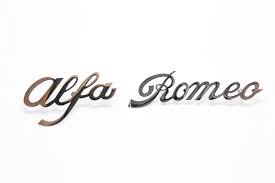
In August 1915, the company came under the direction of Neapolitan entrepreneur Nicola Romeo, who converted the factory to produce military hardware for the Italian and Allied war efforts. Munitions, aircraft engines and other components, compressors, and generators based on the company’s existing car engines were produced in a vastly enlarged factory during the war. After the war, Romeo invested his war profits in acquiring locomotive and railway carriage plants in Saronno (Costruzioni Meccaniche di Saronno), Rome (Officine Meccaniche di Roma), and Naples (Officine Ferroviarie Meridionali), which were added to his A.L.F.A. ownership.
| Year | Cars | Industrial vehicles |
|---|---|---|
| 1934 | 699 | 0 |
| 1935 | 91 | 211 |
| 1936 | 20 | 671 |
| 1937 | 270 | 851 |
| 1938 | 542 | 729 |
| 1939 | 372 | 562 |
Car production had not been considered at first, but resumed in 1919 since parts for the completion of 105 cars had remained at the A.L.F.A. factory since 1915. In 1920, the name of the company was changed to Alfa Romeo with the Torpedo 20–30 HP the first car to be so badged. Their first success came in 1920 when Giuseppe Campari won at Mugello and continued with second place in the Targa Florio driven by Enzo Ferrari. Giuseppe Merosi continued as head designer, and the company continued to produce solid road cars as well as successful race cars (including the 40–60 HP and the RL Targa Florio).
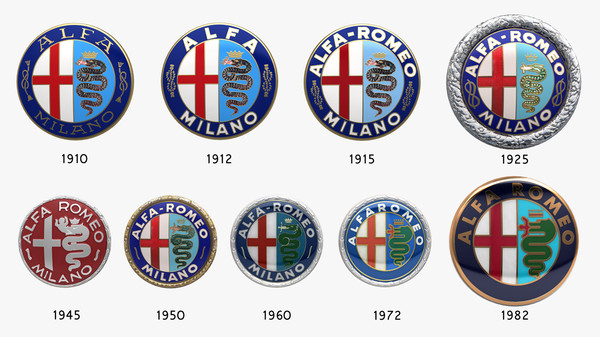
In 1923 Vittorio Jano was lured from Fiat, partly thanks to the persuasion of a young Alfa racing driver named Enzo Ferrari, to replace Merosi as chief designer at Alfa Romeo. The first Alfa Romeo under Jano was the P2 Grand Prix car, which won Alfa Romeo the inaugural world championship for Grand Prix cars in 1925. For road cars Jano developed a series of small-to-medium-displacement 4-, 6-, and 8-cylinder inline engines based on the P2 unit that established the architecture of the company’s engines, with light alloy construction, hemispherical combustion chambers, centrally located plugs, two rows of overhead valves per cylinder bank and dual overhead cams. Jano’s designs proved both reliable and powerful.
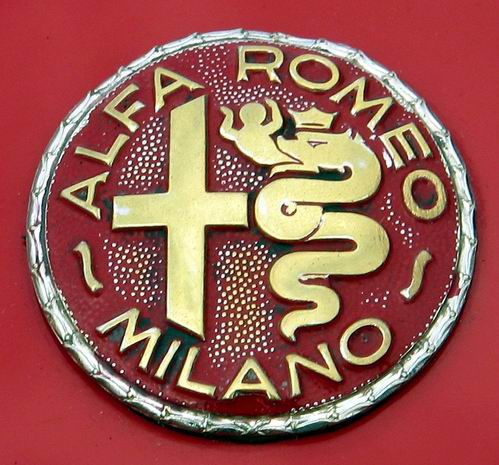
Enzo Ferrari proved a better team manager than driver, and when the factory team was privatised, it became Scuderia Ferrari. When Ferrari left Alfa Romeo, he went on to build his own cars. Tazio Nuvolarioften drove for Alfa, winning many races before the Second World War.
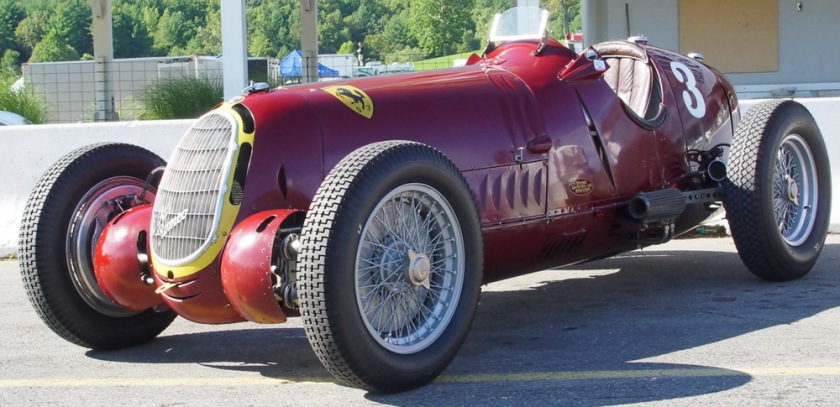 Alfa Romeo 8C 2900 Scuderia Ferrari
Alfa Romeo 8C 2900 Scuderia Ferrari
In 1928 Nicola Romeo left, and in 1933 Alfa Romeo was rescued by the government, which then had effective control. Alfa Romeo became an instrument of Mussolini’s Italy, a national emblem. During this period it built bespoke vehicles for the wealthy, with bodies normally by Touring of Milan or Pinin Farina. This era peaked with the Alfa Romeo 2900B Type 35 racers.
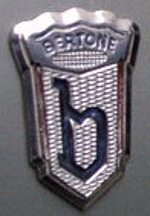
The Alfa factory (converted during wartime to the production of Macchi C.202 Folgore engines: the Daimler-Benz 600 series built under license) was bombed during the Second World War, and struggled to return to profitability after the war. The luxury vehicles were out. Smaller, mass-produced vehicles began to be produced beginning with the 1954 model year, with the introduction of the Giulietta series of berline (saloons/sedans), coupes and open two-seaters. All three varieties shared what would become the Alfa Romeo overhead Twin Cam four-cylinder engine, initially 1300 cc. This engine would eventually be enlarged to 2000 cc and would remain in production until 1995.
When I see an Alfa Romeo go by, I tip my hat.
— Henry Ford talking with Ugo Gobbato in 1939
Post war
Once motor sports resumed after the Second World War, Alfa Romeo proved to be the car to beat in Grand Prix events. The introduction of the new formula (Formula One) for single-seat racing cars provided an ideal setting for Alfa Romeo’s Tipo 158 Alfetta, adapted from a pre-war voiturette, and Giuseppe Farina won the first Formula One World Championship in 1950 in the 158. Juan Manuel Fangio secured Alfa’s second consecutive championship in 1951.
| Year | Cars |
|---|---|
| 1998 | 197,680 |
| 1999 | 208,336 |
| 2000 | 206,836 |
| 2001 | 213,638 |
| 2002 | 187,437 |
| 2003 | 182,469 |
| 2004 | 162,179 |
| 2005 | 130,815 |
| 2006 | 157,794 |
| 2007 | 151,898 |
| 2008 | 103,097 |
| 2009 | 103,687 |
| 2010 | 119,451 |
| 2011 | 130,535 |
| 2012 | 101,000 |
| 2013 | 74,000 |
| 2014 | 58,948 |
| 2015 | 56,688 |
| 2016 | 71,700 |
| 2017 | 118,000 |
In 1952, Alfa Romeo experimented with its first front-wheel drive compact car, “Project 13–61”. It had the same transverse-mounted, forward-motor layout as the modern front-wheel drive automobile. Alfa Romeo made a second attempt toward the late 1950s based on Project 13–61. It was to be called Tipo 103 and resembled the smaller version of its popular Alfa Romeo Giulia. However, due to the financial difficulties in post-war Italy, the Tipo 103 never saw production. Had Alfa Romeo produced it, it would have preceded the Mini as the first “modern” front-wheel drive compact car. In the mid-fifties, Alfa Romeo entered into an agreement with Brazil‘s Matarazzo Group to create a company called Fabral (Fábrica Brasileira de Automóveis Alfa, “the Brazilian Alfa automobile factory”) to build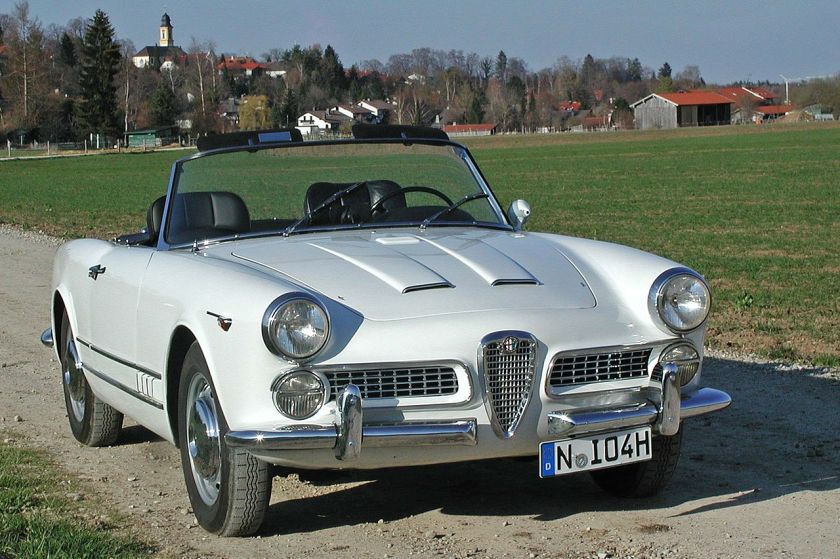 the Alfa Romeo 2000 there.
the Alfa Romeo 2000 there.
After having received government approval, Matarazzo pulled out and under pressure from Brazil’s President Juscelino Kubitschek the state-owned FNM company instead commenced building the car as the “FNM 2000” there in 1960.
During the 1960s, Alfa Romeo concentrated on competition using production-based cars, including the GTA (standing for Gran Turismo Allegerita), an aluminium-bodied version of the Bertone-designed coupe with a powerful twin-plug engine. Among other victories, the GTA won the inaugural Sports Car Club of America‘s Trans-Am championship in 1966. In the 1970s, Alfa Romeo concentrated on prototype sports car racing with the Tipo 33, with early victories in 1971. Eventually the Tipo 33TT12 gained the World Championship for Makes for Alfa Romeo in 1975 and the Tipo 33SC12 won the World Championship for Sports Cars in 1977.
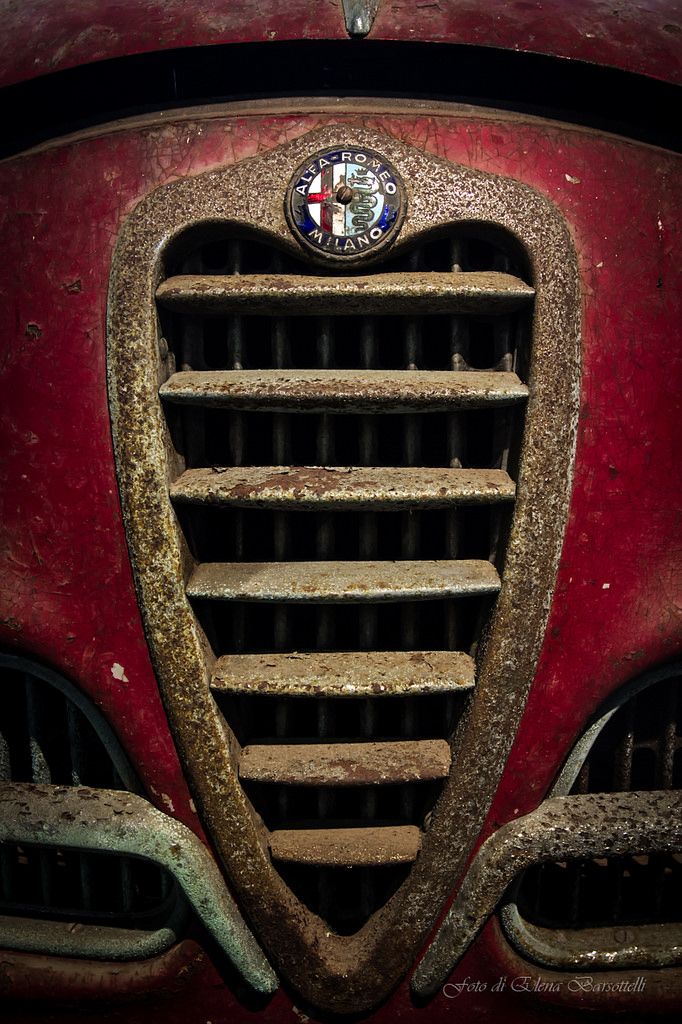
By the 1970s, Alfa Romeo was again in financial trouble and creative measures were attempted to shore it up, including an ultimately unsuccessful joint venture with Nissan endorsed by Ettore Massacesi of Alfa Romeo’s parent company, the Italian-government owned Istituto per la Ricostruzione Industriale (IRI) and Prime Minister Francesco Cossiga. By 1986, IRI was suffering heavy losses, and IRI president Romano Prodi put Alfa Romeo up for sale. Finmeccanica, the mechanical holdings arm of IRI and its predecessors owned Alfa Romeo since 1932. Prodi first approached fellow Italian manufacturer Fiat, which offered to start a joint venture with Alfa. Prodi was initially unsupportive, citing the strained industrial relations between Northern and Southern Italy, with Fiat being based in Turin and Alfa being based in Milan.
Fiat withdrew its plan for a joint venture when Ford put in an offer to acquire part of Alfa Romeo and restructure the company, while increasing its stake over time. However, Fiat put in a bid to acquire the entirety of Alfa Romeo and offer job guarantees to Italian workers, an offer that Ford was unwilling to match.
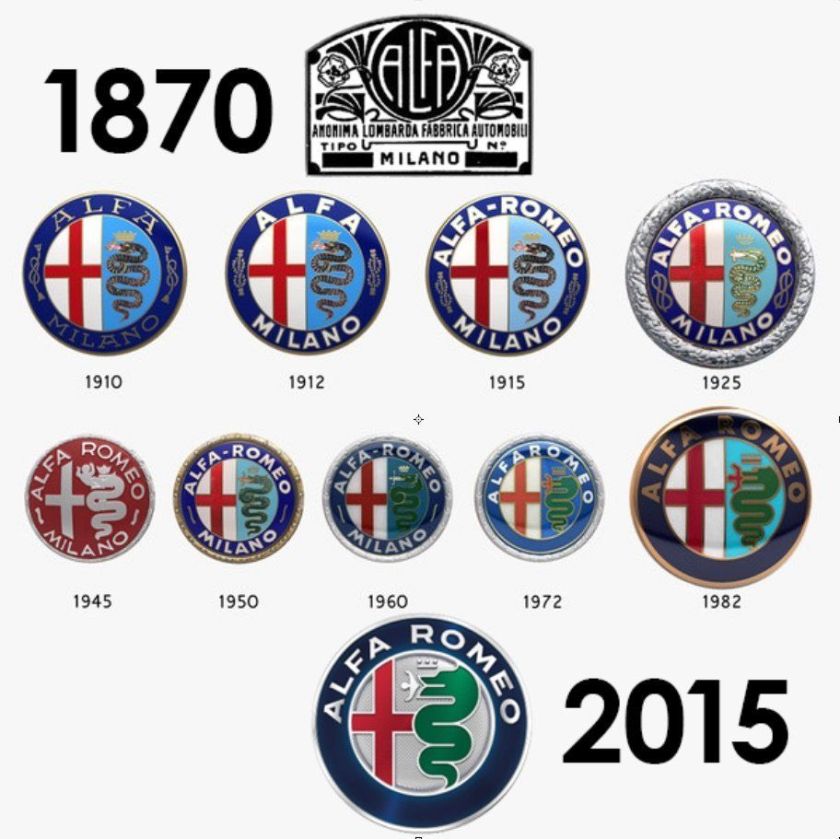
It also did not hurt any of the parties involved that an acquisition by Fiat would keep Alfa Romeo in Italian hands. In 1986, the deal was concluded with Alfa Romeo merged with traditional rival Lancia into Fiat’s Alfa Lancia Industriale S.p.A.
Models produced from the 1990s combined Alfa’s traditional virtues of avant-garde styling and sporting panache with the economic benefits of product rationalisation, and include a “GTA” version of the 147hatchback, the Giugiaro-designed Brera, and a high-performance exotic called the 8C Competizione (named after one of Alfa’s most successful prewar sports and racing cars, the 8C of the 1930s).
In 2005 Maserati was bought back from Ferrari and under Fiat’s full control. The Fiat Group plans to create a sports and luxury division from Maserati and Alfa Romeo. There is a planned strategic relationship between these two; engines, platforms and possibly dealers will be shared in some markets.
In the beginning of 2007, Fiat Auto S.p.A. was reorganized and four new automobile companies were created; Fiat Automobiles S.p.A., Alfa Romeo Automobiles S.p.A., Lancia Automobiles S.p.A. and Fiat Light Commercial Vehicles S.p.A. These companies are fully owned by Fiat Group Automobiles S.p.A (from 2007 FCA Italy S.p.A.).
Carabinieri and Italian government
In the 1960s Alfa Romeo became famous for its small cars and models specifically designed for the Italian police and Carabinieri; among them the “Giulia Super” and the 2600 Sprint GT. The colours of the Alfa Romeos used by the Polizia were/are green/blue with white stripes and writing, known as “Pantera” (Panther), enhancing the aggressive look of the Alfa (particularly the Giulia series), while the Carabinieri Alfas are dark blue with white roofs and red stripes, known as the “Gazzella” (Gazelle) denoting the speed and agility of these “Pattuglie” (patrol cars). However, the term “Pantera” became used interchangeably and the image helped create a no-nonsense, determined and respected perception by the general public of the men that drove these cars, true to their history.
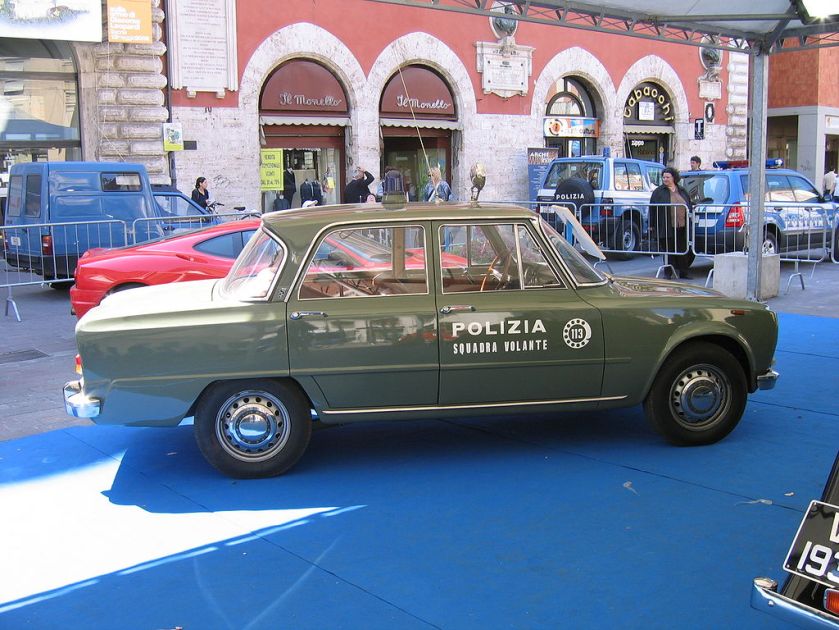 Italian State Police Flying Squad“Panther” 1971 Alfa Giulia Super
Italian State Police Flying Squad“Panther” 1971 Alfa Giulia Super
Since then, Alfas remain the chosen mount of the Carabinieri (arm of the Italian armed forces seconded only partly for civilian policing purposes), Polizia Autostradale (highway police), Guardia di Finanza (fiscal law enforcement) and the conventional police service (Polizia). Successively, the following Alfa Romeo Berlinas have found favour for Italian police and government employment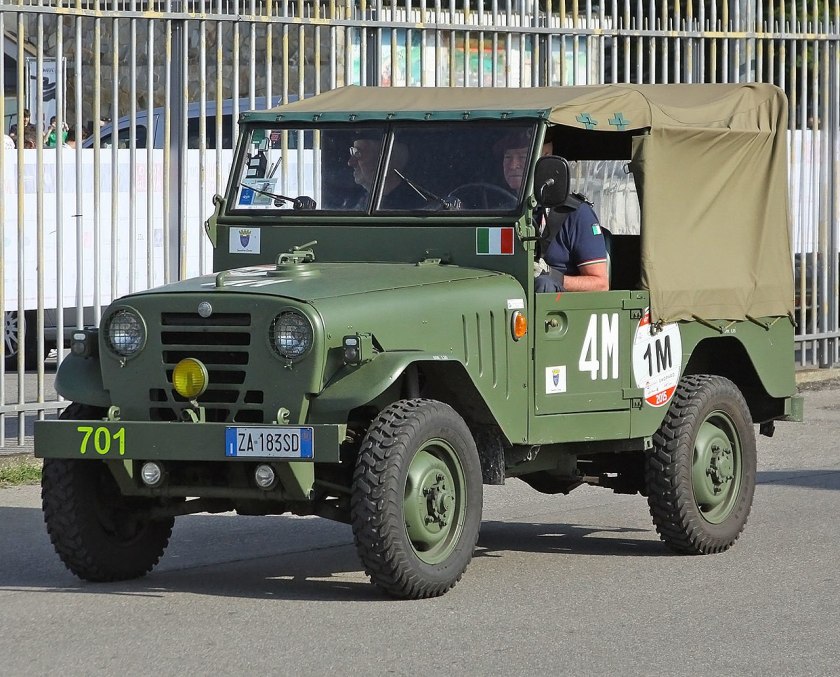 • Alfa Romeo AR51
• Alfa Romeo AR51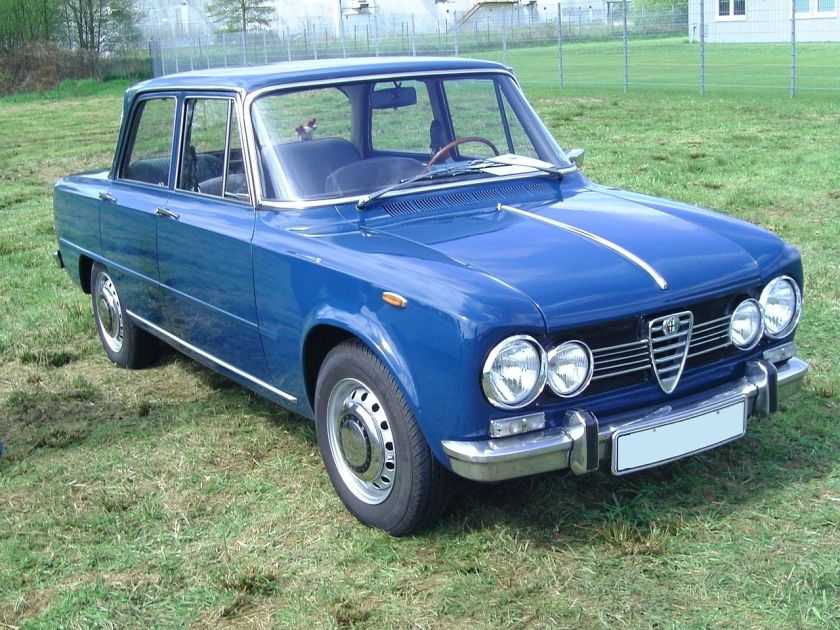 • Alfa Romeo Giulia
• Alfa Romeo Giulia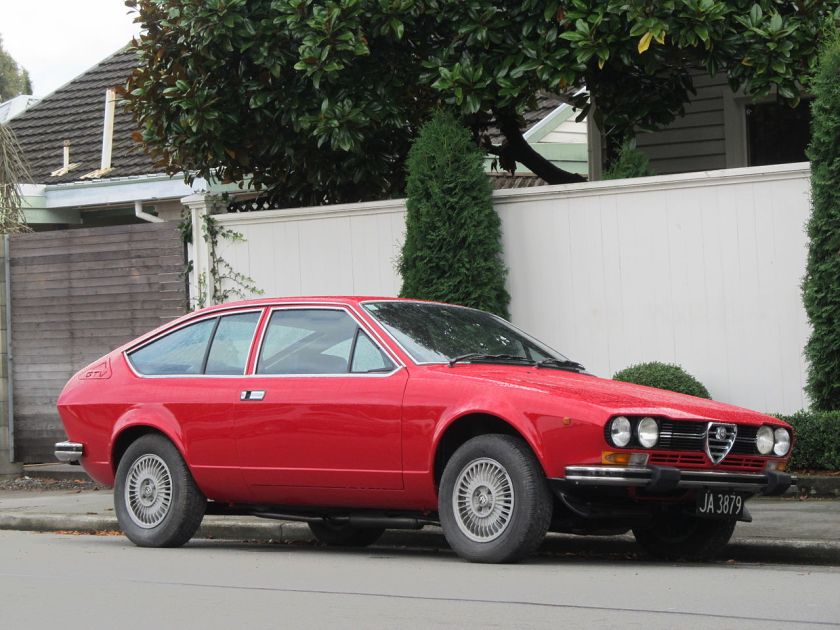 1978 Alfa Romeo Alfetta GTV (7254572400) • Alfa Romeo Alfetta
1978 Alfa Romeo Alfetta GTV (7254572400) • Alfa Romeo Alfetta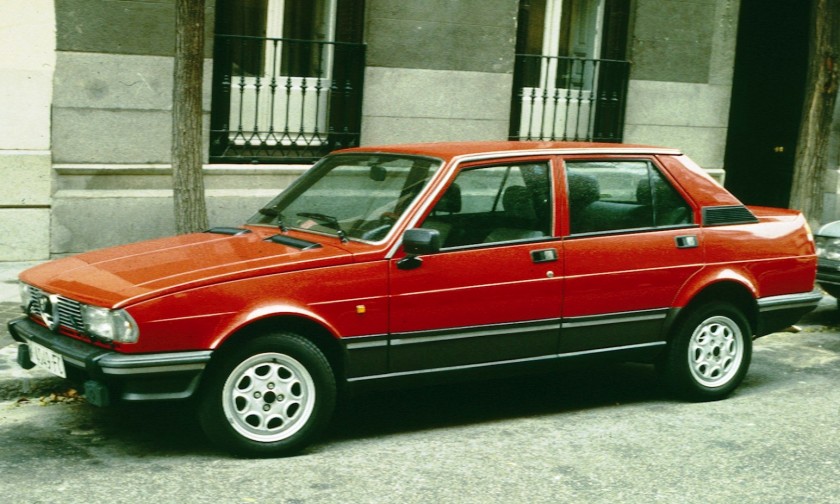 1984 Alfa Romeo Giulietta • Alfa Romeo Giulietta
1984 Alfa Romeo Giulietta • Alfa Romeo Giulietta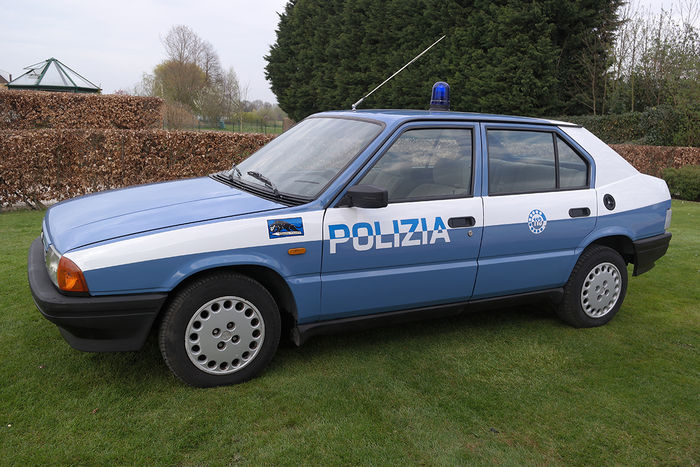 1987 Alfa Romeo 33 Polizia Squadra Volante • Alfa Romeo 33 (Polizia di Stato only)
1987 Alfa Romeo 33 Polizia Squadra Volante • Alfa Romeo 33 (Polizia di Stato only)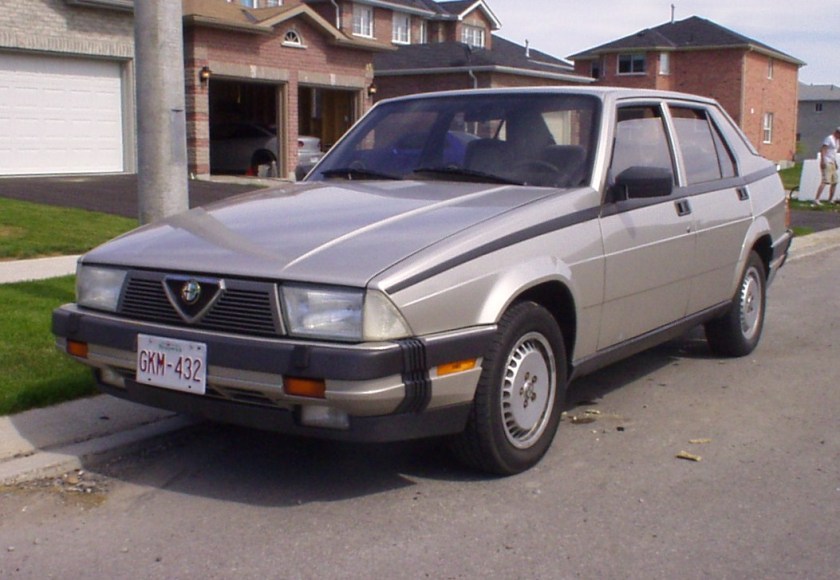 1988 Alfa Romeo MIlano (America) Alfa 75 • Alfa Romeo 75
1988 Alfa Romeo MIlano (America) Alfa 75 • Alfa Romeo 75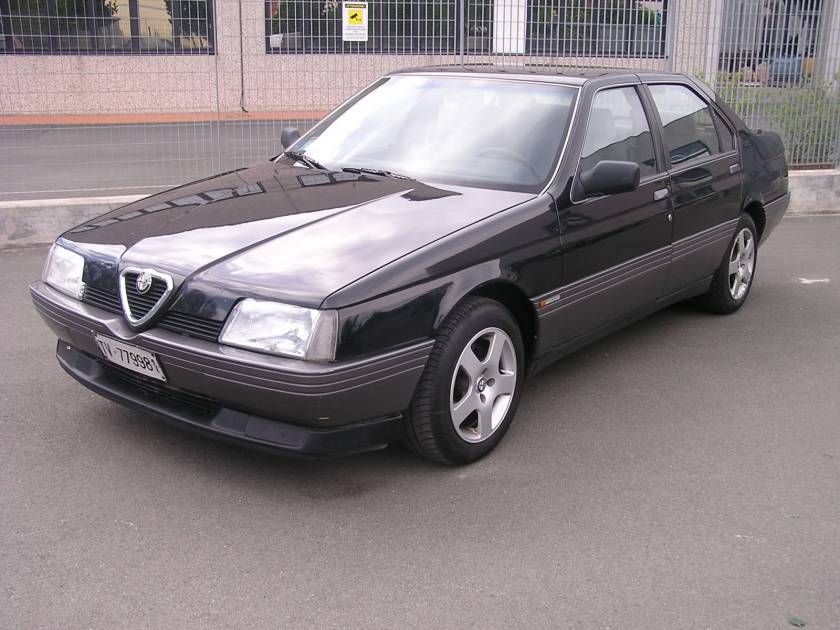 1989 Alfa Romeo 164 – 2.0 Twin Spark
1989 Alfa Romeo 164 – 2.0 Twin Spark 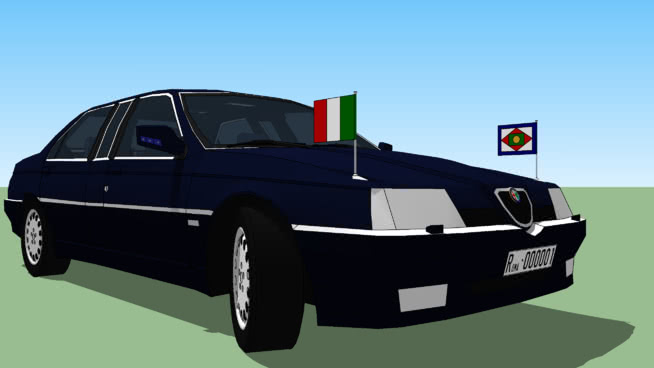 Alfa Romeo 164 presidential limousine (Italy) • Alfa Romeo 164 (official vehicles)
Alfa Romeo 164 presidential limousine (Italy) • Alfa Romeo 164 (official vehicles)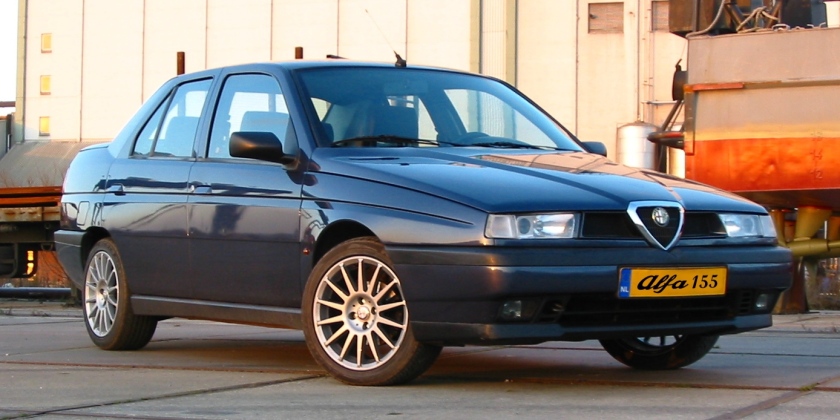 • Alfa Romeo 155
• Alfa Romeo 155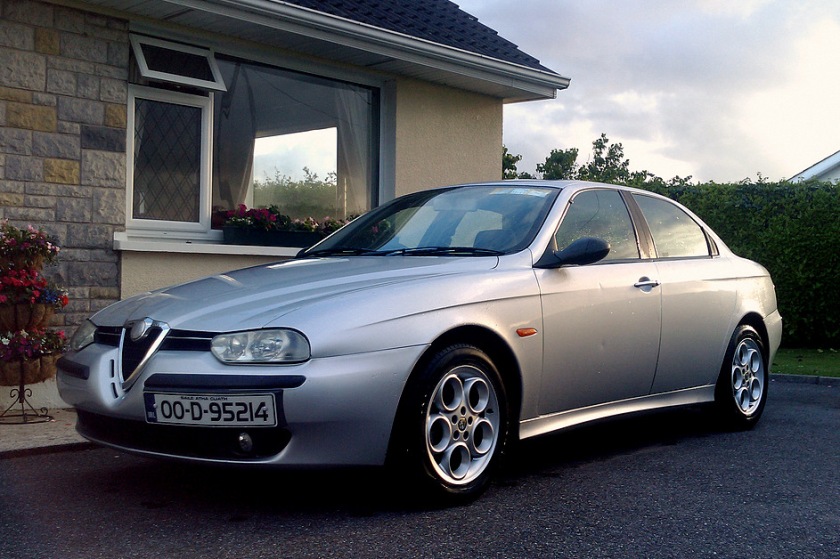 • Alfa Romeo 156
• Alfa Romeo 156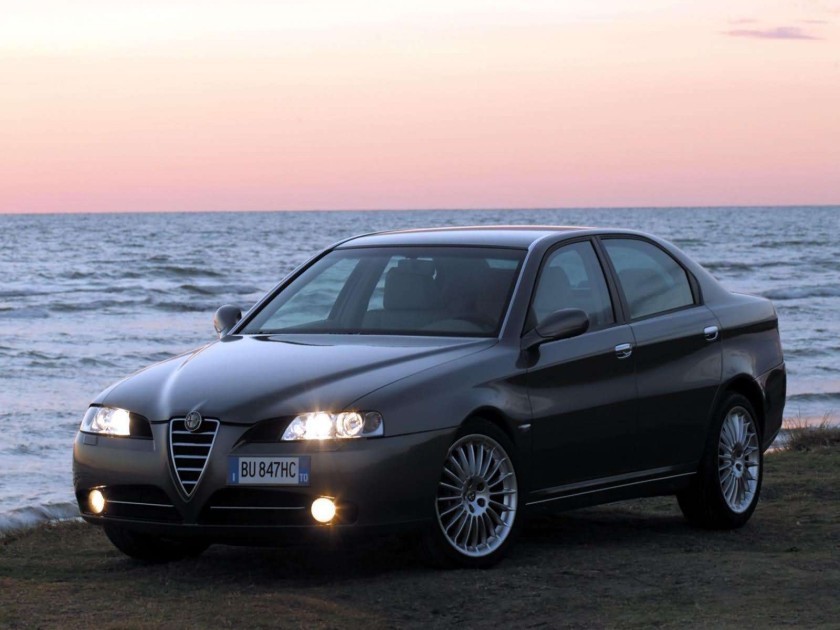 2004 Alfa Romeo 166 • Alfa Romeo 166 (official vehicles)
2004 Alfa Romeo 166 • Alfa Romeo 166 (official vehicles)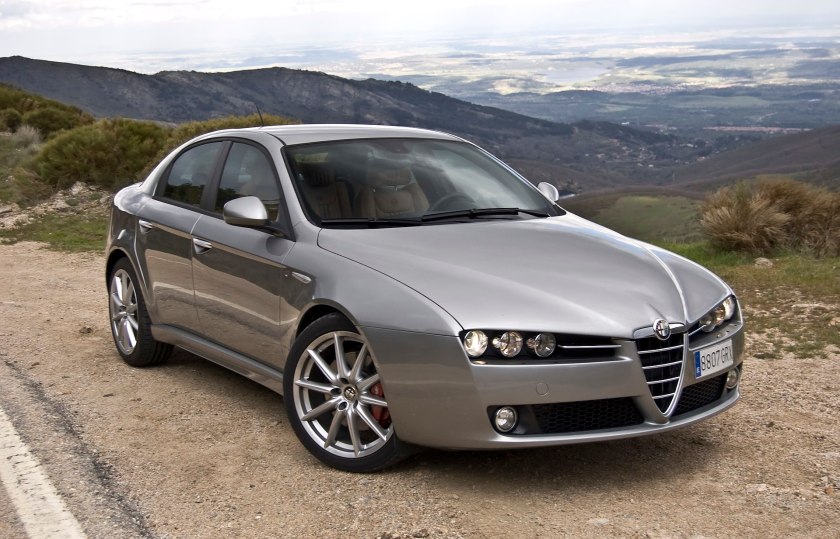 2010 Alfa Romeo 159 2.0 JTDm ECO Elegante • Alfa Romeo 159
2010 Alfa Romeo 159 2.0 JTDm ECO Elegante • Alfa Romeo 159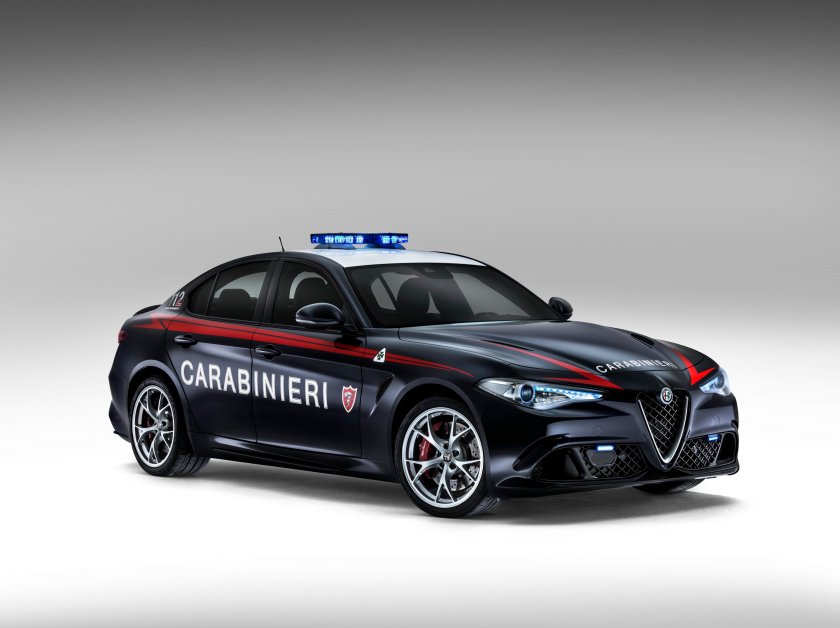 2016 Alfa Romeo Giulia QV Carabinieri • Alfa Romeo Giulia (Carabinieri only)
2016 Alfa Romeo Giulia QV Carabinieri • Alfa Romeo Giulia (Carabinieri only)
Since the 1960s, the Italian Prime Minister has used Alfa Romeos (and lately the new Maserati Quattroporte) as preferred government limousines. The 164 and 166 have found particular employment in the last two decades.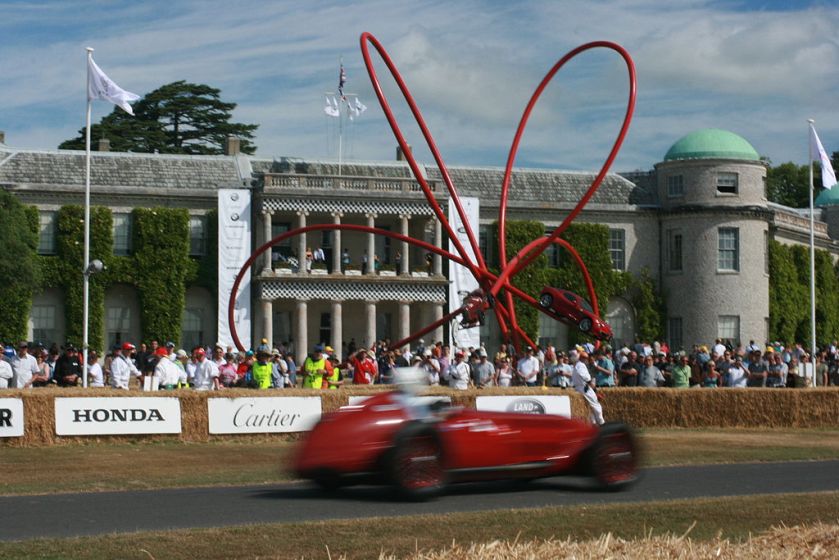 100 years Alfa Romeo
100 years Alfa Romeo
On 24 June 2010, Alfa Romeo celebrated 100 years from its foundation.
Recent developments
Alfa Romeo has been suffering from falling sales. Some analysts concluded that the automaker suffered large operating losses in the mid-2000s – estimated to be about 15 percent to 20 percent of annual revenues, or about 300 million to 500 million euros a year. For the year of 2010, it sold a total of about 112,000 units which was significantly lower than Fiat CEO Marchionne’s global sales target of 300,000. Alfa then wanted to achieve 170,000 sales in 2011, including 100,000 Giulietta and 60,000 MiTo, but it actually sold 130,000 units that year. Its medium-term target was 500,000 units by 2014 including 85,000 from N. American market. In 2017 Alfa Romeo increased production by 62 percent, it build a total of 150,722 vehicles at the company’s three factories.
Return to North America
Alfa Romeo was imported to the United States by Max Hoffman from the mid-1950s. The Giulietta Spider was born by request of Max Hoffman, who proposed an open version of the Giulietta. In 1961 Alfa Romeo started importing cars to the United States.
In 1995, Alfa Romeo ceased exporting cars to the United States, the last model sold in that market being the 164 sedans.
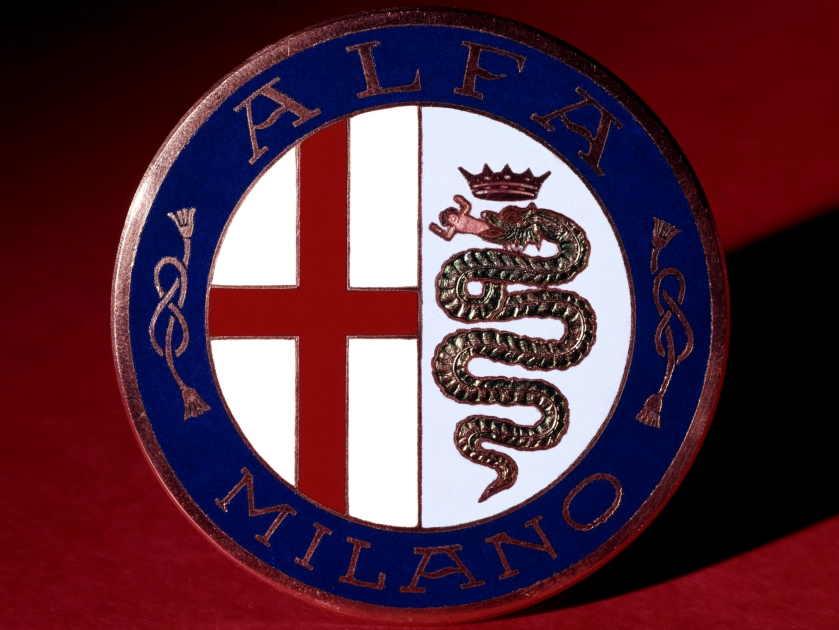
Since that time, rumours of a return culminated with a website announcement stating “The long-awaited return of Alfa Romeo to the United States market should take place by 2007, with a range of new models.” In fact, Alfa Romeo’s return to United States was officially confirmed on 5 May 2006 by Fiat CEO Sergio Marchionne. North American sales resumed in October 2008, with the launch of the low production 8C Competizione coupe. Also in 2008, Alfa Romeo and Chrysler were reported to be in discussions over the possibility of producing Alfa Romeo cars in some Chrysler manufacturing plants that had shutdown due to the company group’s restructure and cost cutting. Instead, as reported by The Wall Street Journal reported in November 2009, Chrysler discontinued several Dodge and Jeep models while phasing in Alfa Romeo ones and the new Fiat 500.
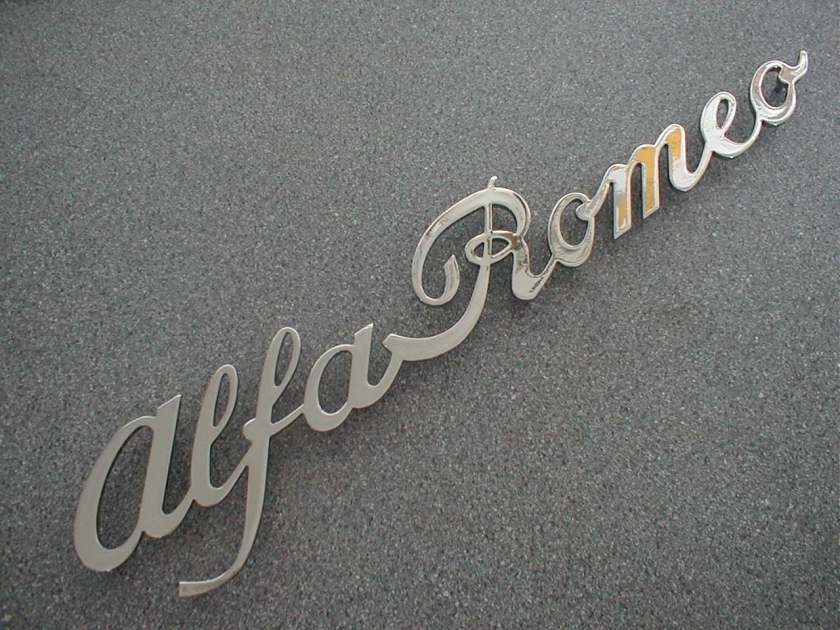
The next significant milestones in Alfa Romeo’s North American return occurred in 2014, with the launch of the more affordable two-seater 4C coupe. That year, Fiat Group Automobiles S.p.A. confirmed that its original agreement with Mazda Motor Corporation, for the speculated manufacturing of a new Alfa Romeo Spider based on the Mazda Miata, had been terminated mutually in December 2014 (with this joint-venture’s Miata-based car, becoming the new 2015 Fiat 124 convertible). In 2015, Alfa Romeo’s return to this market was further bolstered by the automaker’s display of the new Giulia at the Los Angeles Auto Show. In February 2017, Chrysler featured its Alfa Romeo brand exclusively in three ads during Super Bowl LI.
Alfa Romeo’s US importer, FCA US LLC, imports the 4C, Giulia and Stelvio.
Design and technology
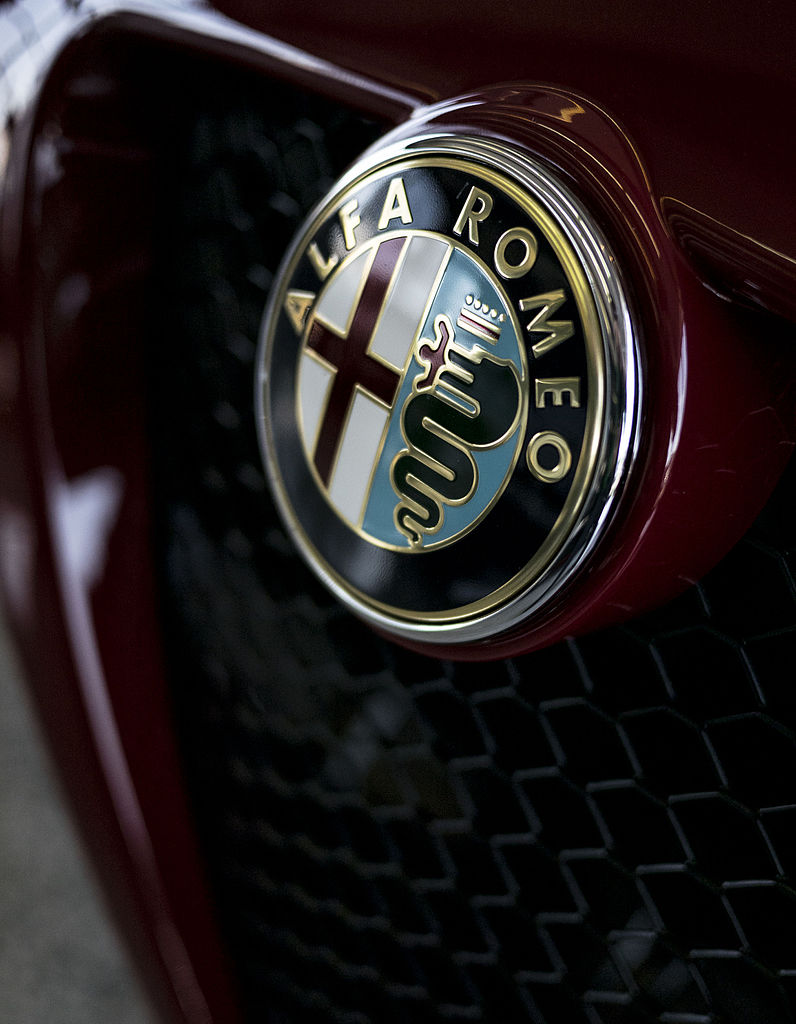 Badge on Alfa Romeo 4C
Badge on Alfa Romeo 4C
Technological development
Alfa Romeo has introduced many technological innovations over the years, and the company has often been among the first users of new technologies. Its trademark double overhead cam engine was used for the first time in the 1914 Grand Prix car, the first road car with such an engine, the 6C 1500 Sport, appeared in 1928.
Alfa Romeo tested one of the very first electric injection systems (Caproni-Fuscaldo) in the Alfa Romeo 6C 2500 with “Ala spessa” body in 1940 Mille Miglia. The engine had six electrically operated injectors, fed by a semi-high pressure circulating fuel pump system.
Mechanical variable valve timing was introduced in the Alfa Romeo Spider, sold in the U.S. in 1980. All Alfa Romeo Spider models from 1983 onward used electronic VVT.
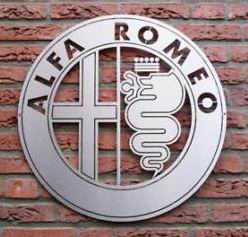
The 105 series Giulia was quite an advanced car, using such technologies as all-wheel disc brakes, and a plastic radiator header tank. It had also the lowest drag coefficient (Cd) in its class The same trend continued with the Alfetta 2000 and GTV, which had such things as 50:50 weight distribution, standard fit alloy wheels and transaxle.
Newer innovations include complete CAD design process used in Alfa Romeo 164, robotised/paddle control transmission Selespeed used in the 156; the 156 was also the world’s first passenger car to use Common rail diesel engine. The Multiair -an electro-hydraulic variable valve actuation technology used in MiTo was introduced in 2009. In 2016 Alfa Romeo Giulia came with electrical brakes.
Body design
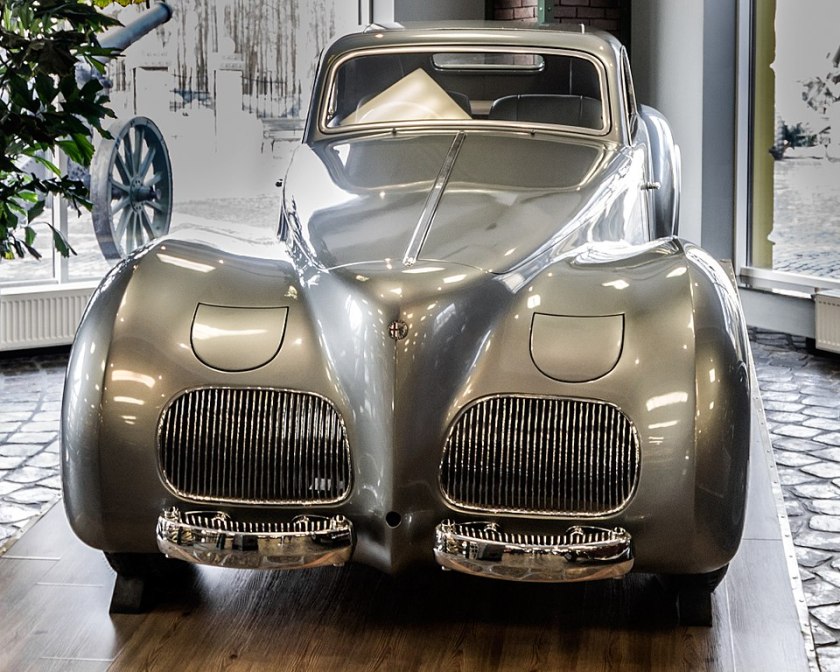 Alfa Romeo 6C 2500 SS (1939, serial number 913.008) by Technical museum of Vadim Zadorogny
Alfa Romeo 6C 2500 SS (1939, serial number 913.008) by Technical museum of Vadim Zadorogny
Many famous automotive design houses in Italy have accepted commissions to produce concepts and production vehicle shapes for Alfa Romeo. These include:
Giorgetto Giugiaro / Italdesign
Centro Stile Alfa Romeo
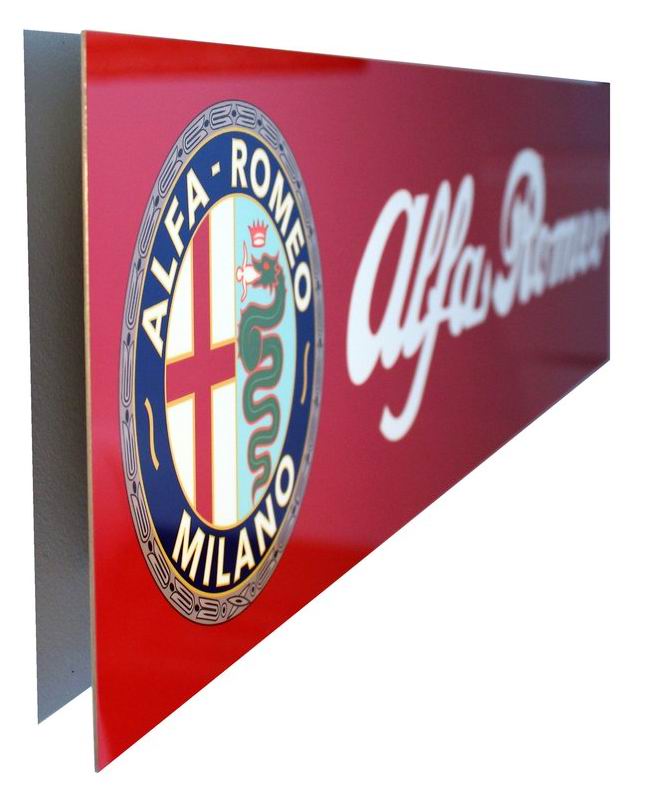
The last mentioned, the Centro Stile, has rapidly gained international credibility with its work. The 8C Competizione super-coupé, and the MiTo hatchback are the results.
Construction techniques used by Alfa Romeo have become imitated by other car makers, and in this way Alfa Romeo body design has often been very influential. The following is a list of innovations, and where appropriate, examples of imitation by other car manufacturers: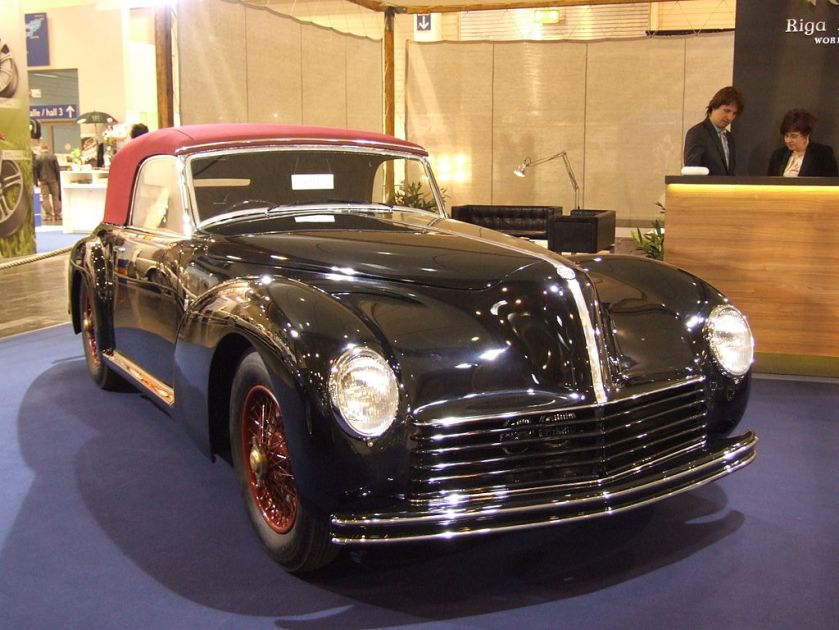 Alfa 6C 2500 S
Alfa 6C 2500 S
1950s: Monocoque body design in the Giulia: While not an imitation per se, this construction technique became extremely widespread, and remains so to the present day.
1960s: Aerodynamics: The 116-series Giulia had a very low Cd. Toyota in particular sought to produce a similarly shaped series of vehicles at this time.
1970s: Fairing of bumpers: In order to meet American crash standards, Alfa formulated design styling techniques to incorporate bumpers into the overall bodywork design of vehicles so as to not ruin their lines. The culmination of this design technique was the 1980s Alfa Romeo 75. The process was widely copied, particularly in Germany and Japan.
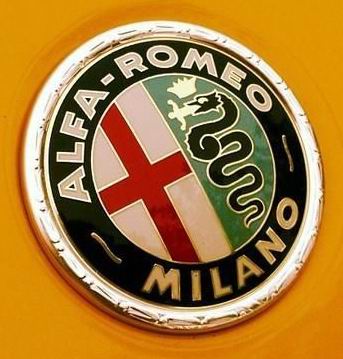
1980s: The Alfa 164: The design process and influence of this car is almost completely out of all proportion to previous Alfas. The 164 introduced complete CAD/CAM in the manufacturing cycle, with very little directly made by hand in the vehicle. In addition, the 164’s styling influence continues into the present day line of modern Alfas. Most manufacturers incorporated design ideas first expressed in the 164 into their own designs, including greater reliance on on-board computers.
1990s: The pseudo-coupé: The Alfa 156 and 147, while four-door vehicles, represented themselves as two-doors with prominent front door handles, and less visible rear door-handle flaps. Honda has used this design style in the latest Civic hatchback, and a somewhat similar idea is also seen in the most recent Mazda RX-8 four-seat coupé.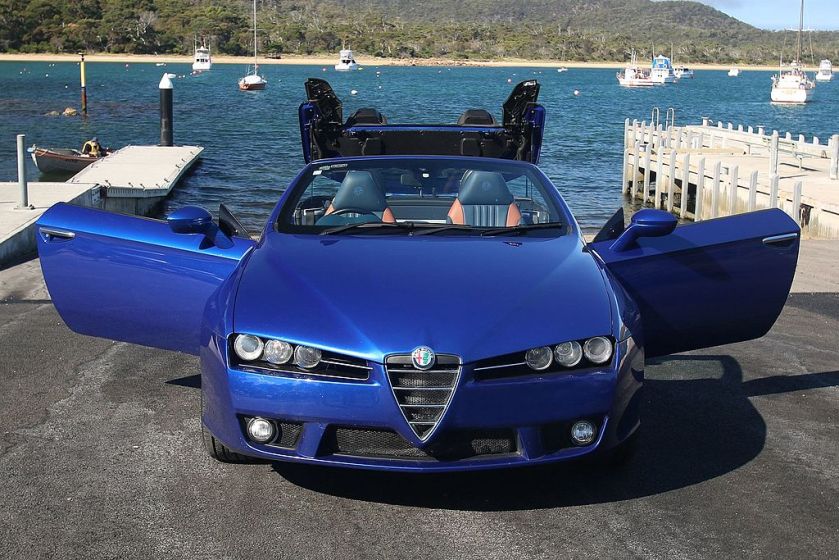 Alfa Spider (Type 939)
Alfa Spider (Type 939)
2000s: The Brera and 159: These vehicles’ design, by Giorgetto Giugiaro, have proven influential in sedan and coupé styling, demonstrating that concept vehicles are often immediately translatable into road car form, providing that initial design takes place using CAD systems.
Alfa Romeo has made a number of concept cars:
- 1950s – The B.A.T. cars
The Berlina Aerodinamica Tecnica prototype cars were designed by Bertone as an exercise in determining whether streamlining and wind-tunnel driven designs would result in high performance on a standard chassis, and whether the resulting vehicles would be palatable to public. Alfa 1900 Sprint were the basis of the B.A.T. 5, 7 and 9. The later B.A.T. 11 was based on the 8C Competizione.
- 1960s and 1970s – Descendants of the Tipo 33
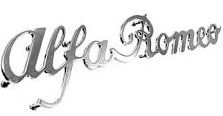
The Tipo 33 racing car, with its high-revving 2000 cc V8 engine became the basis for a number of different concept cars during the 1960s and 1970s, two of which ultimately resulted in production vehicles. Most made their appearances at the Auto Salon Genève. Here is a brief list:
Gandini/Bertone Carabo (1968) – Marcello Gandini expressed ideas that would come to fruition in the Lamborghini Countach.
Tipo 33.2 (1969)- Designed by Pininfarina to the design already known from Ferrari concept car.
Gandini/Bertone Montreal Concept (1967) – making its appearance at the 1967 Montreal Expo, this Giulia-based concept resulted in the production Alfa Romeo Montreal road car with a variant of the Tipo 33 V8 engine.
Bertone/Giugiaro Navajo (1976)- A fully fibreglassed vehicle, and in some ways the epitome of Giugiaro’s ‘Origami’ style of flat planes.
- 1980s-today – Modern ideas
In general, concept cars for Alfa Romeo have generally become production vehicles, after some modification to make them suitable for manufacture, and to provide driver and passenger safety. The Zagato SZ, GTV and Spider, Brera and 159 are all good examples of Alfa Romeo’s stylistic commitment in this direction.
Symbols
Logo
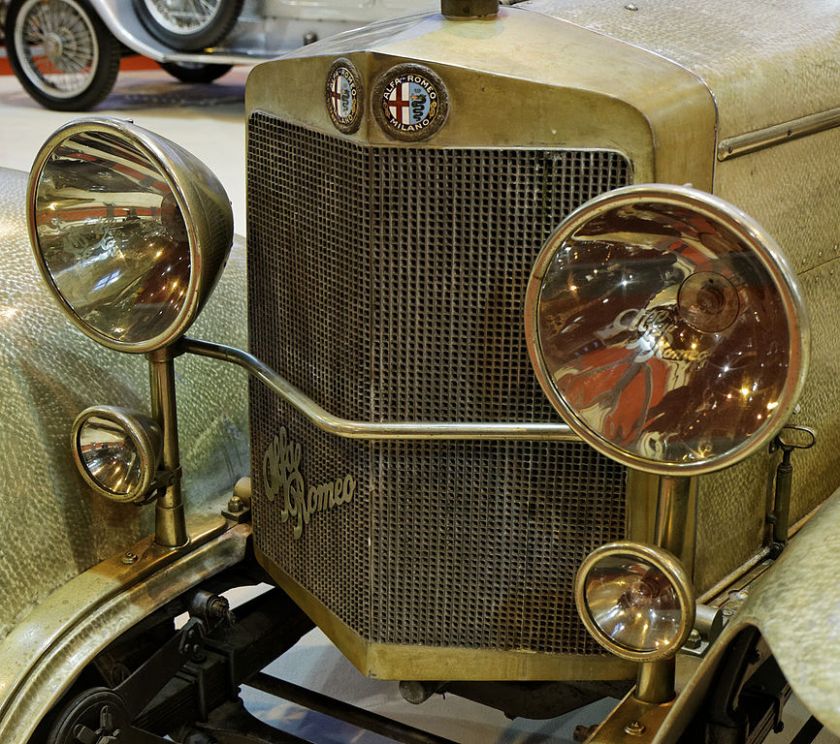 Laurel-wreathed 1925–1945 badges on a 1925 Alfa Romeo RL SS
Laurel-wreathed 1925–1945 badges on a 1925 Alfa Romeo RL SS
Alfa Romeo’s logo incorporates two heraldic devices traditionally associated with its birthplace, the city of Milan: a red cross, from the emblem of Milan, and the biscione, a crowned viper swallowing a Moor—emblem of the House of Visconti, rulers of the city in the 14th century.
The logo was originally designed in 1910 by a young Italian draughtsman from the A.L.F.A technical office, Romano Cattaneo.
Origin
In June 1910 the Società Anonima Darracq became Anonima Lombarda Fabbrica Automobili, and was readying its first model, the 24 HP. The board asked chief engineer Giuseppe Merosi to devise a badge for the radiator shell of the new car; Merosi turned to his collaborators. One of them, Cattaneo, was inspired by the coat of arms he had seen on the gates of Castello Sforzesco to include the biscione in the logo. Merosi liked the idea, and together with Cattaneo came up with a sketch, then approved by managing director Ugo Stella; Cattaneo was entrusted with doing the final design.
The original badge was round, of enamelled brass, measuring 65 mm (2.6 in) in diameter, and carried already all the present day accoutrements: the red cross on a white field of Milan on the left, a green biscione on a light blue field on the left, all surrounded by a blue ring inscribed with the words “ALFA” at the top and “MILANO” at the bottom. In honour of the King of Italy, the two words were separated by two figure-eight knots—named Savoy knots in Italian, and symbols of the then-reigning House of Savoy. Originally solid brass, the lettering was changed to white enamel in 1913. In 1918, after the company had been bought by Nicola Romeo, the wording “ALFA” was replaced with “ALFA-ROMEO”. In 1925, to commemorate the victory of the Alfa Romeo P2 in the inaugural World Manufacturers’ Championship of 1925, a silver metal laurel wreath was added around the badge, used (in varying form) until 1982. The addition of the wreath had enlarged the badge to 75 mm (3.0 in) diameter; in 1930 it was reduced back to 60 mm (2.4 in).
Post war evolution
In 1946, after the abolition of the monarchy and proclamation of the Italian Republic, the figure-eight knots of the Savoy were replaced with two curvy lines. Concurrently the badge was completely redesigned, and further reduced in size to 54 mm (2.1 in), a diameter unchanged ever since. Made of stamped steel, the new badge bore the traditional elements—the scripts, the cross, a newly stylized biscione and a thin laurel wreath—embossed in antique silver, over a uniform Alfa Red background, which had replaced the blue, white and light blue fields. This red-and-metal badge was used until 1950, when the company switched back to a traditionally enamelled and coloured one; in 1960 the badge was changed from brass to plastic, without substantial differences in design.
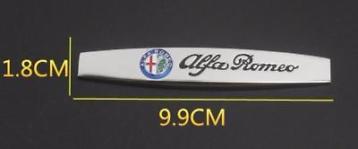
At the beginning of the 1970s the all-new Alfa Romeo Pomigliano d’Arco plant (near Naples) was completed. When in 1972 the Alfasud produced there became the first Alfa Romeo passenger car manufactured outside Milan, the word “Milano”, the curved lines and the hyphen between “Alfa” and “Romeo” were eliminated from the badge on all Alfa Romeos. At the same time it was redesigned, most notably acquiring a modernised biscione and type face. After a mild restyling in 1982, which deleted the wreath and changed lettering and all chrome details to gold, this iteration of the badge remained in use until 2015.
2015 redesign
On 24 June 2015, 105th anniversary of the company, a new logo was unveiled at a press event at the Alfa Romeo Museum; together with the Alfa Romeo Giulia as part of the brand’s relaunch plan. The redesign was carried out by Robilant Associati, who had previously reworked several other Fiat Group logos—including Fiat Automobiles‘ and Lancia‘s.
The logo colors have been reduced from four to three: the green of the biscione, the red of the cross, and the dark blue of the surrounding ring. Other changes are a new serif type face, and the absence of the split white and light blue fields, replaced by a single silver textured background.
Quadrifoglio
Since 1923, the quadrifoglio logo (also called the ‘cloverleaf’) has been the symbol of Alfa Romeo racing cars and since WWII, it has also been used to designate the higher trim models of the range. The quadrifoglio is usually placed on the side panels of the car, above or behind the front wheels—on the front wings in the case of modern vehicles. The logo consists of a green cloverleaf with four leaves, contained with a white triangle.
History of the emblem
Ugo Sivocci at the wheel of 1923 Alfa Romeo P1
The quadrifoglio has been used on Alfa Romeo cars since the death of Ugo Sivocci in 1923. As a friend of Enzo Ferrari, Sivocci was hired by Alfa Romeo in 1920 to drive in the four-man works team—Alfa Corse—with Antonio Ascari, Giuseppe Campari, and Enzo Ferrari. Sivocci was thought to have enormous experience, but often hampered by bad luck and considered the eternal second-placer. To banish his bad luck, when the Targa Florio came around, the driver painted a white square with a green four-leaf clover (the quadrifoglio) in the centre of the grille of his car. Sivocci had immediate success, crossing the finish line first. The quadrifoglio subsequently became the symbol of the racing Alfa Romeos with the victory at the Targa Florio. Almost as if to prove the magic effects of this symbol, Sivocci was killed while testing Merosi‘s new P1 at Monza, a few months after winning the Targa Florio. The Salerno driver’s P1, which went off the track on a bend, did not have the quadrifoglio. Since this period in 1923, the bodies of Alfa Romeo racing cars have been adorned with the quadrifoglio as a lucky charm. The white square was replaced with a triangle in memory of Ugo Sivocci.
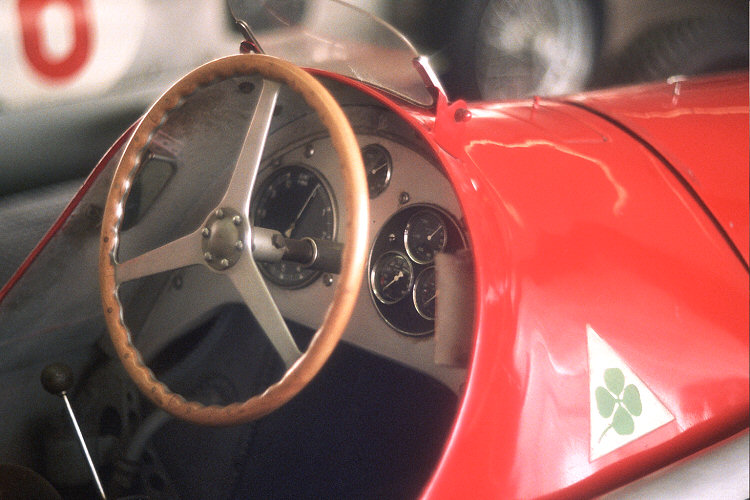 Quadrifoglio badge on the Alfetta 159
Quadrifoglio badge on the Alfetta 159
Modern usage
The first road car to bear the quadrifoglio was the 1963 Alfa Romeo Giulia TI Super, a variant of the Giulia saloon car devised for competition but put regularly on sale; it had green four-leaf clovers on its front wings, without the triangle. In the 1970s “Quadrifoglio Verde” or “Green Cloverleaf” became the trim level for each model’s sportiest variant, equipped with the most powerful engine. The Alfasud, Sprint, 33, 75, 164 and 145 all had Quadrifoglio Verde versions. Also in the 1970s and through the 1980s golden four-leaf clover badges were used to denote the most luxurious and well-equipped variants of Alfa Romeo cars, named “Quadrifoglio Oro” or “Gold Cloverleaf”. The Alfasud, Alfetta, Alfa 6, 90 and 33 had Quadrifoglio Oro versions. In recent times the quadrifoglio was revived on the 2007 Alfa Romeo 8C Competizione and Spider eight-cylinder sports cars. With the current Alfa Romeo MiTo and Giuliettathe Quadrifoglio Verde was reinstated as the sportiest trim level in the range, and green four-leaf clovers on the front wings are once again the hallmark of high-performance Alfa Romeos. Alfa Romeo’s 2016 sport sedan, the all-new Giulia, will be launched first in Quadrifoglio trim before the release of the base models. Starting with the high-end model wearing that historic signature emblem, Alfa Romeo strives to reconquer the North American market after decades of absence.
Motorsport
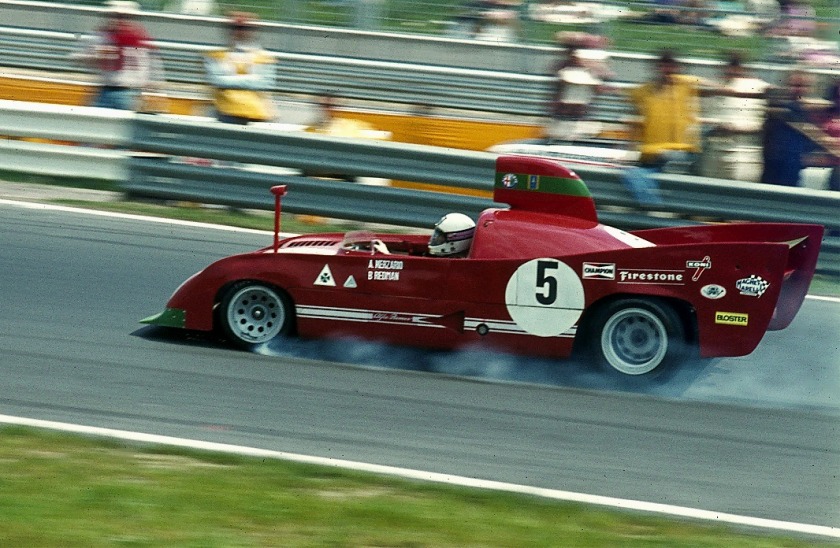 Brian Redman driving an Alfa Romeo 33 TT 12
Brian Redman driving an Alfa Romeo 33 TT 12
Alfa Romeo has been involved with motor racing since 1911, when it entered two 24 HP models on Targa Florio competition. In the 1920s and 30s it scored wins at many races and motoring events such as Targa Florio, Mille Migliaand Le Mans. Great success continued with Formula One, Prototypes, Touring and Fast Touring. Private drivers also entered some rally competitions, with fine results. Alfa Romeo has competed both as a constructor and an engine supplier, via works entries Alfa Corse, Autodelta and private entries. Alfa Romeo’s factory racing team was outsourced to Enzo Ferrari’s Scuderia Ferrari between 1933 and 1938. Drivers included Tazio Nuvolari, who won the 1935 German Grand Prix at the Nürburgring.
Production
According to the late Fiat CEO Sergio Marchionne, in order to reap economies of scale, all new Alfa Romeo models will be made from the same basic platform. Even Maserati will share components with some Alfas.
During the 1990s, Alfa Romeo moved car production to other districts in Italy. The Pomigliano d’Arco plant produced the 155, followed by the 145 and the 146, while the Arese plant manufactured the 164 and new Spider and GTV. The 156 was launched in 1997, and became quite successful for Alfa Romeo; in 1998 it was voted “Car of the Year”. The same year a new flagship, the 166 (assembled in Rivalta, near Turin) was launched. At the beginning of the third millennium, the 147 was released, which won the prestigious title of “Car of the Year 2001”. In 2003 the Arese factory was closed.
The Arese factory today hosts almost nothing and is nearly abandoned. What remains are some offices and the Alfa Romeo Historical Museum, a must-see for Alfa Romeo fans.
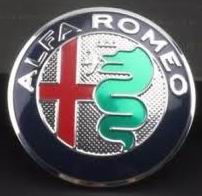
In the 1960s, the main Alfa Romeo seat was moved from inside Milan to a very large and nearby area extending over the municipalities of Arese, Lainate and Garbagnate Milanese. However, since then the Alfa seat is known to be in Arese, since the offices and the main entrance of the area are there.
In the late 1960s, a number of European automobile manufacturers established facilities in South Africa to assemble right hand drive vehicles. Fiat and other Italian manufacturers established factories along with these other manufacturers, Alfa-Romeos were assembled in Brits, outside Pretoria in the Transvaal Province of South Africa. With the imposition of sanctions by western powers in the 1970s and 1980s, South Africa became self-sufficient, and in car production came to rely more and more on the products from local factories. This led to a remarkable set of circumstances where between 1972 and 1989, South Africa had the greatest number of Alfa Romeos on the road outside of Italy. Even stranger, Alfa Romeos Brits plant was used from March 1983 until 1985 to build Daihatsu Charades for local consumption, but also for export to Italy in order to skirt Italian limits on Japanese imports.
In late 1985, with the impending Fiat takeover and an international boycott of the South African Apartheid government, Alfa Romeo withdrew from the market and closed the plant. Tons of valuable parts were then bulldozed into the ground to escape paying import duties.
| Assembly plants by model | |||
|---|---|---|---|
| Plant | Owner | Location | Model(s) |
| Cassino – Piedimonte S. Germano | FCA Italy S.p.A. | Piedimonte San Germano | Giulietta, Giulia, Stelvio |
| Modena | Maserati S.p.A. | Modena | 4C |
Automobiles
| showAlfa Romeos |
|---|
Current models
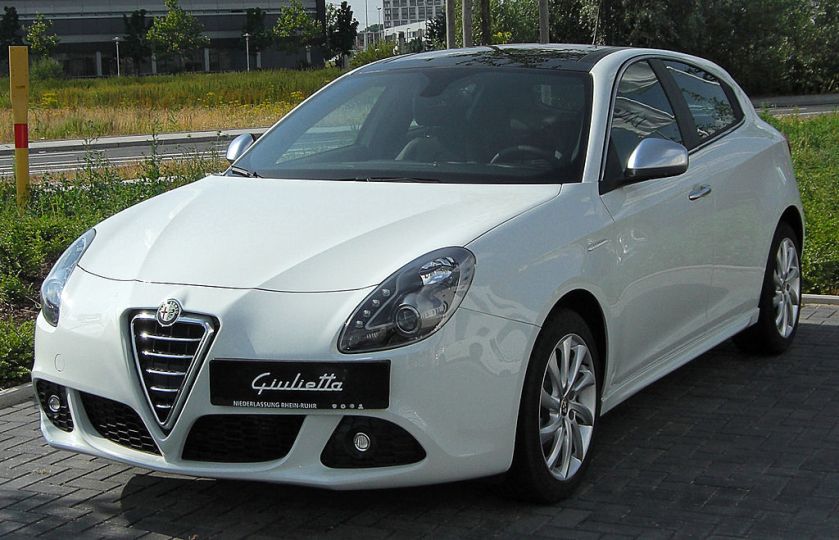
- Alfa Romeo Giulietta
The Giulietta is a five-door, small family car officially revealed at the 2010 Geneva Motor Show. It replaced the 147. It is current top Alfa sales with about 40,000 cars per year.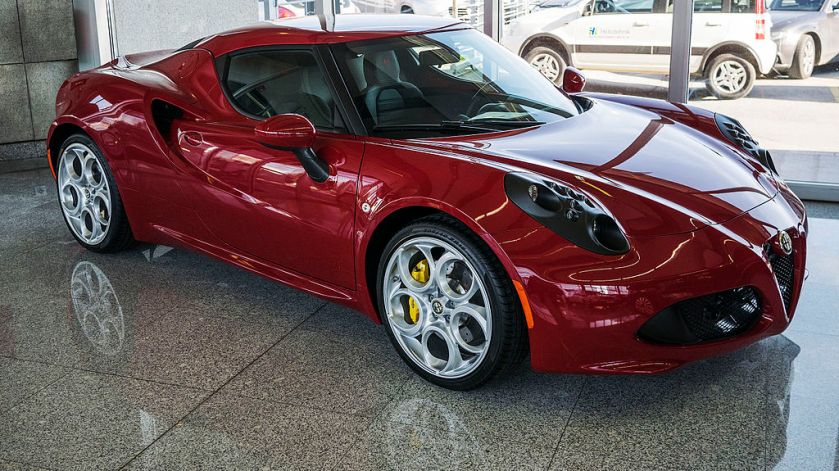 Alfa Romeo 4C
Alfa Romeo 4C
The 4C is a small, lightweight rear wheel drive two seater coupé sports car. The car was revealed as concept car at the 81st Geneva Motor Show in 2011. The production version was launched to the European market at the 83rd Geneva Motor show in 2013 and was launched to the American market at the Los Angeles Motor show at the end of November 2013.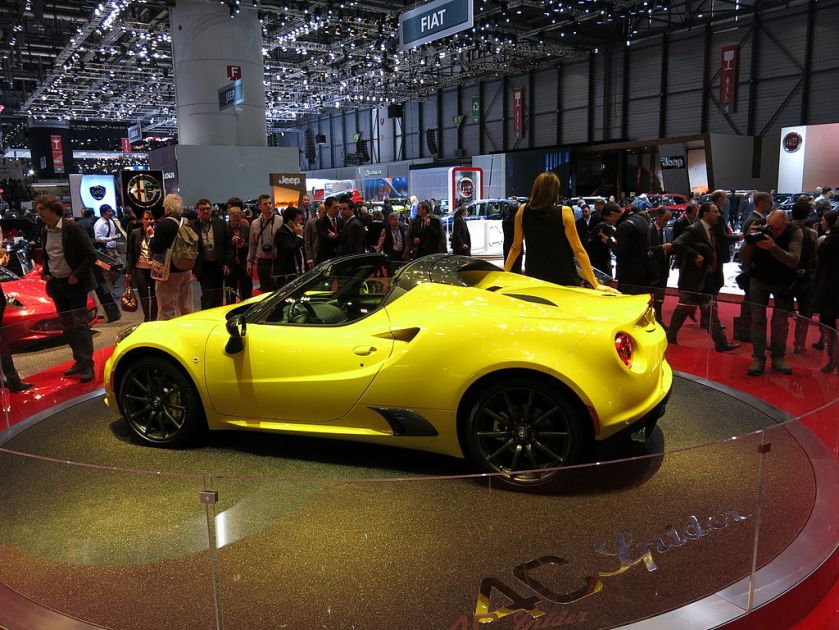 2015 Alfa Romeo 4C Spider
2015 Alfa Romeo 4C Spider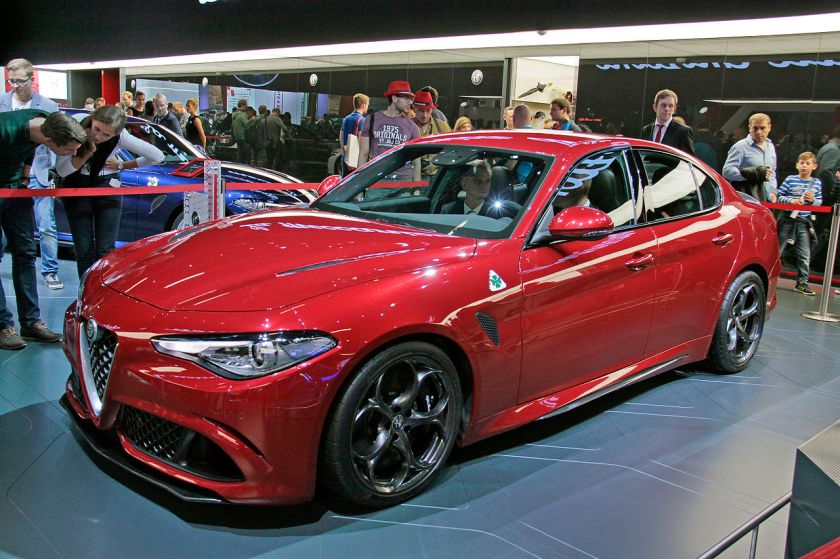 2015 Alfa Romeo Giulia
2015 Alfa Romeo Giulia
The new generation Giulia was unveiled to the press at the Museo Storico Alfa Romeo in Arese, on 24 June 2015. This coincided with the company’s 105th anniversary and saw the introduction of a revised logo.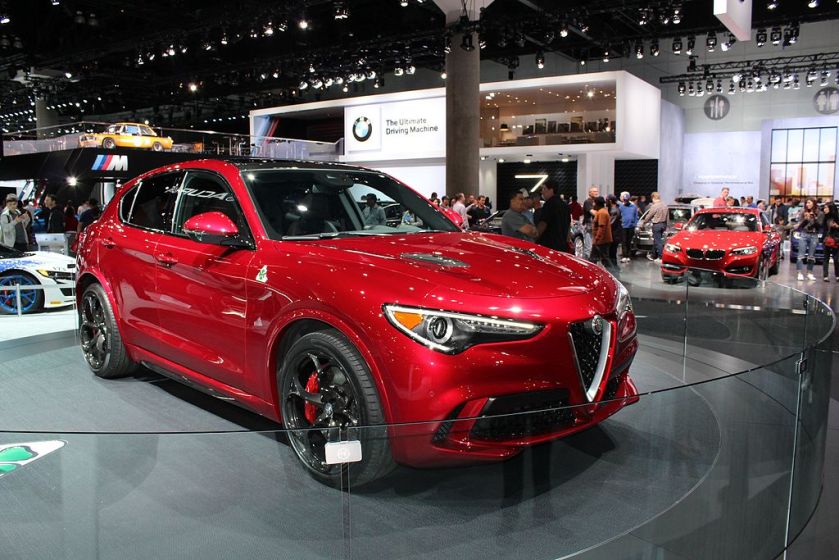 2016 Alfa Romeo Stelvio
2016 Alfa Romeo Stelvio
The Stelvio was unveiled at the 2016 Los Angeles Auto Show. The Stelvio is Alfa Romeo’s first production SUV that competes in the same category as the Porsche Macan, Jaguar F-Pace, Audi Q5 and BMW X3.
Historic models
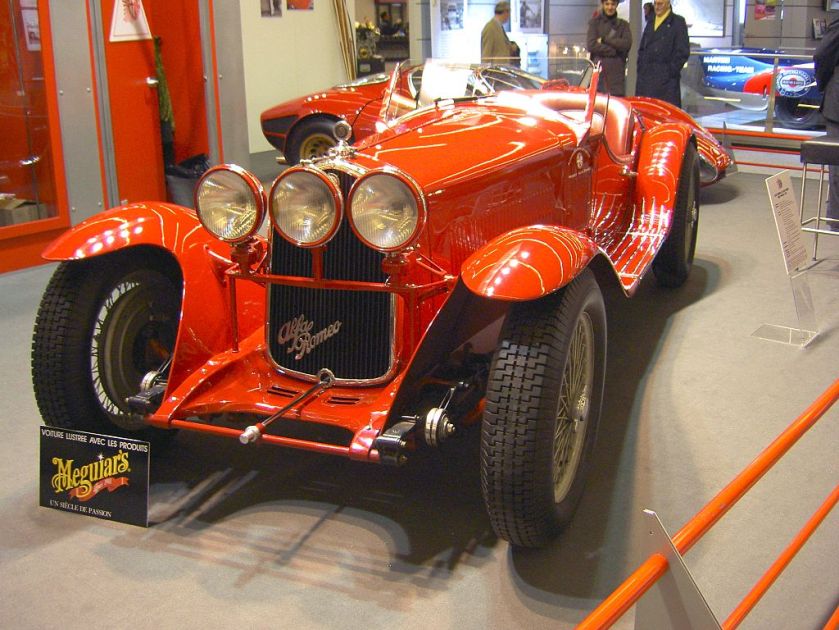 8C 2300 (1931)
8C 2300 (1931)
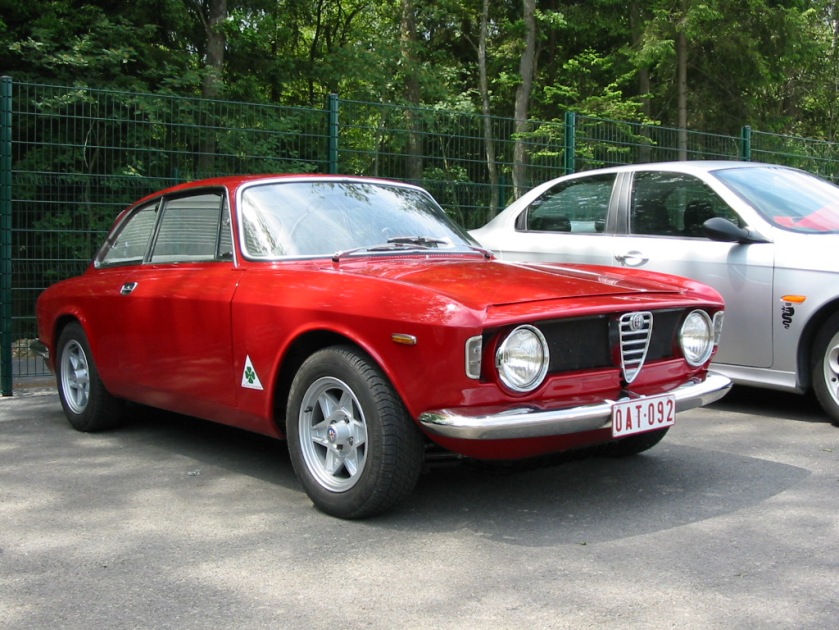 GT Junior (1965)
GT Junior (1965)
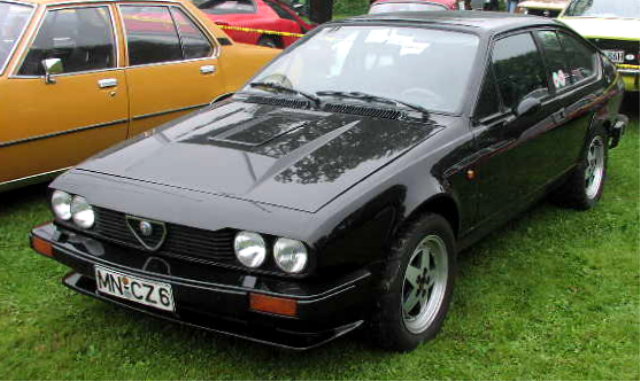 GTV6 (1980)
GTV6 (1980)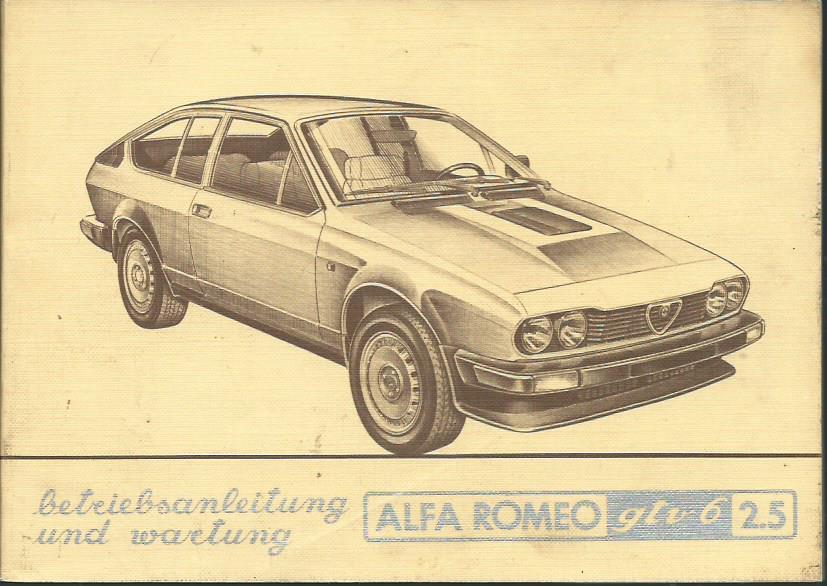 1980 Alfa Romeo GTV 6 2,5 brochure
1980 Alfa Romeo GTV 6 2,5 brochure
| Road cars | Racing cars | |
|---|---|---|
| 1910 | 1910–1920 24 HP 1910–1911 12 HP 1911–1920 15 HP 1913–1922 40–60 HP |
1911 15 HP Corsa 1913 40–60 HP Corsa 1914 Grand Prix |
| 1920 | 1921–1922 20–30 HP 1920–1921 G1 1921-1921 G2 1922–1927 RL 1923–1925 RM 1927–1929 6C 1500 1929–1933 6C 1750 |
1922 RL Super Sport 1923 RL Targa Florio 1923 P1 1924 P2 1928 6C 1500 MMS 1929 6C 1750 Super Sport |
| 1930 | 1931–1934 8C 2300 1933-1933 6C 1900 1934–1937 6C 2300 1935–1939 8C 2900 1939–1950 6C 2500 |
1931 Tipo A 1931 8C 2300 Monza 1932 Tipo B (P3) 1935 Bimotore 1935 8C 35 1935 8C 2900A 1936 12C 36 1937 12C 37 1937 6C 2300B Mille Miglia 1937 8C 2900B Mille Miglia 1938 308 1938 312 1938 316 1938 158 1939 6C 2500 Super Sport Corsa |
| 1940 | 1948 6C 2500 Competizione | |
| 1950 | 1950–1958 1900 1951–1953 Matta 1954–1962 Giulietta 1958–1962 2000 1959–1964 Dauphine |
1951 159 1952 6C 3000 CM |
| 1960 | 1962–1968 2600 1962–1976 Giulia Saloon 1963–1967 Giulia TZ 1963–1977 Giulia Sprint 1963–1966 Giulia Sprint Speciale 1965–1967 Gran Sport Quattroruote 1965–1971 GTA 1963–1965 Giulia Spider 1966–1993 Spider 1967–1969 33 Stradale 1967–1977 1750/2000 Berlina |
1960 Giulietta SZ 1963 Giulia TZ 1965 GTA 1965 Tipo 33 1968 33/2 1969 33/3 |
| 1970 | 1970–1977 Montreal 1972–1983 Alfasud 1972–1984 Alfetta saloon 1974–1987 Alfetta GT/GTV 1976–1989 Alfasud Sprint 1977–1985 Nuova Giulietta 1979–1986 Alfa 6 |
1972 33/4 1973 33TT12 1976 33SC12 1979 177 1979 179 |
| 1980 | 1983–1994 33 1984–1987 Arna 1984–1987 90 1985–1992 75 1987–1998 164 1989–1993 SZ/RZ |
1982 182 1983 183 1984 184 1985 185 |
| 1990 | 1992–1998 155 1994–2000 145 1994–2000 146 1995–2006 GTV/Spider 1997–2005 156 1998–2007 166 |
1992 155 GTA 1993 155 V6 TI 1998 156 D2 1999 GTV Cup 2002 156 GTA Super 2000 2003 156 Super 2000 |
| 2000 | 2000–2010 147 2007–2009 8C Competizione 2008–2010 8C Spider 2003–2010 GT 2005–2010 Brera 2005–2011 159 2006–2010 Spider |
2003 147 GTA Cup 2008-2018 MiTo |
Trucks and light commercial vehicles
In 1930 Alfa Romeo presented a light truck in addition to heavy LCVs based on Büssing constructions. In the Second World War Alfa Romeo also built trucks for the Italian army (“35 tons anywhere”) and later also for the German Wehrmacht. After the war, commercial motor vehicle production was resumed.
In co-operation with FIAT and Saviem starting from the 1960s different light truck models were developed.
The production of heavy LCVs in Italy was terminated in 1967. Heavy trucks continued to be built for a few years in Brazil by Alfa Romeo subsidiary Fábrica Nacional de Motores under the name FNM. The last Alfa Romeo vans were the Alfa Romeo AR6 and AR8, rebadged versions of Iveco Daily and Fiat Ducato. The company also produced trolleybuses for many systems in Italy, Latin America, Sweden, Greece, Germany, Turkey and South Africa. Later, Alfa Romeo concentrated only on passenger car manufacturing.
- LCVs
Alfa Romeo Romeo (1954–1958)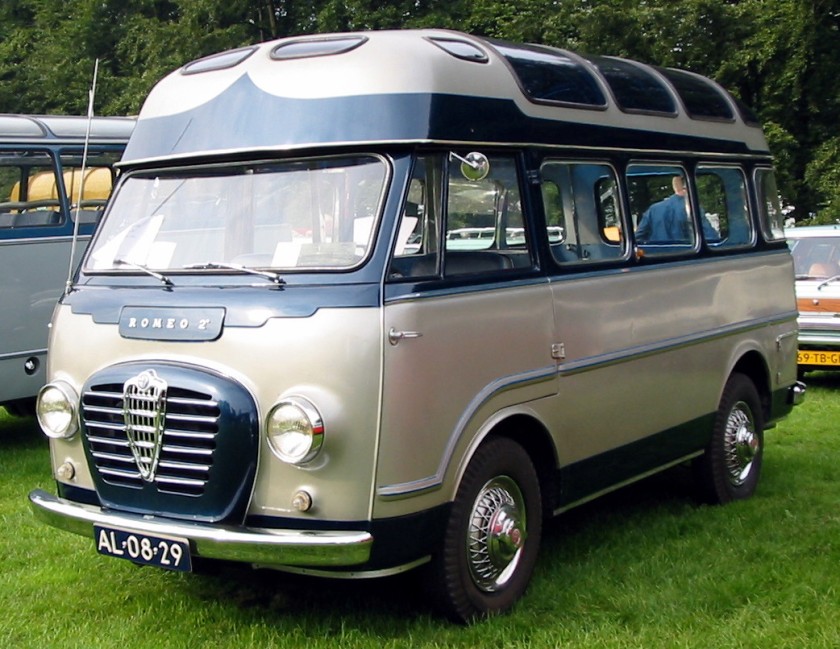 Alfa Romeo Romeo 2 (until 1966)
Alfa Romeo Romeo 2 (until 1966)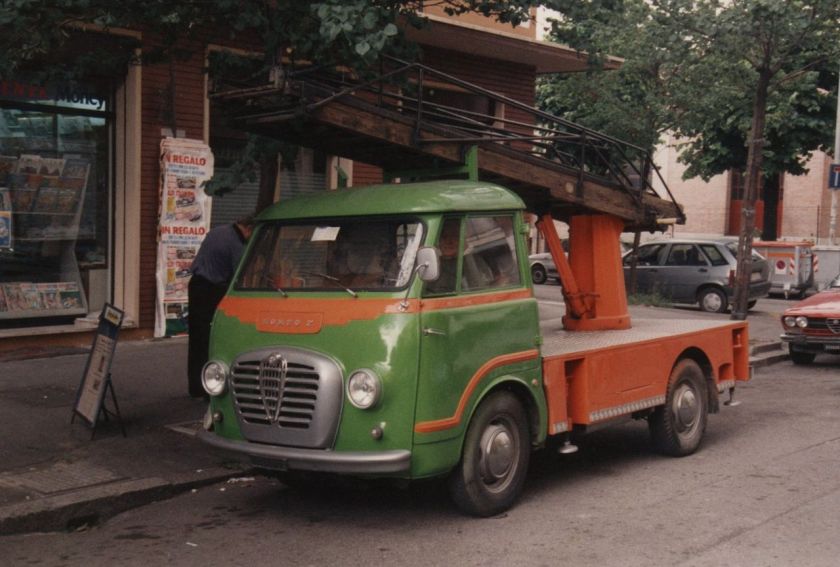 Alfa Romeo Romeo 3 (1966)
Alfa Romeo Romeo 3 (1966)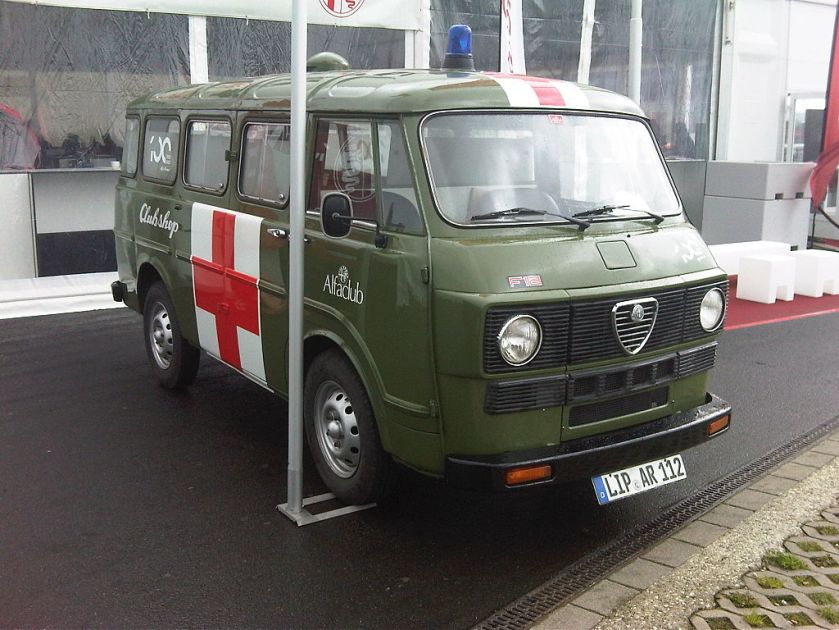 Alfa Romeo A11/F11 (1954–1983)
Alfa Romeo A11/F11 (1954–1983)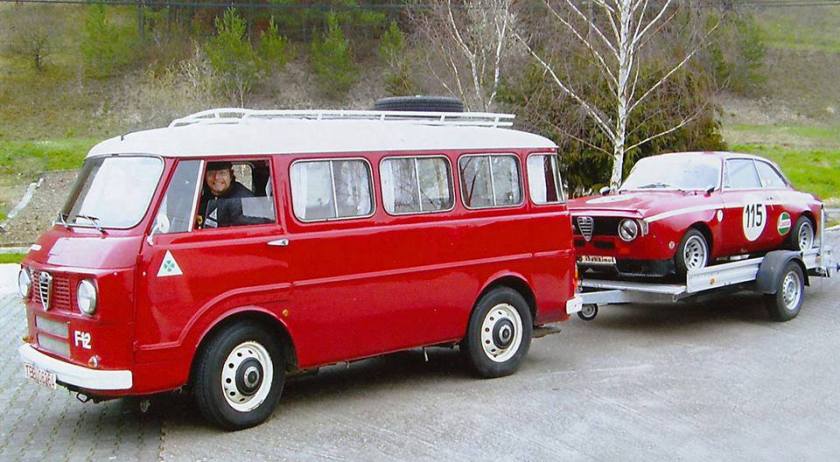 Alfa Romeo A12/F12
Alfa Romeo A12/F12
AR8 (based on first generation Iveco Daily)
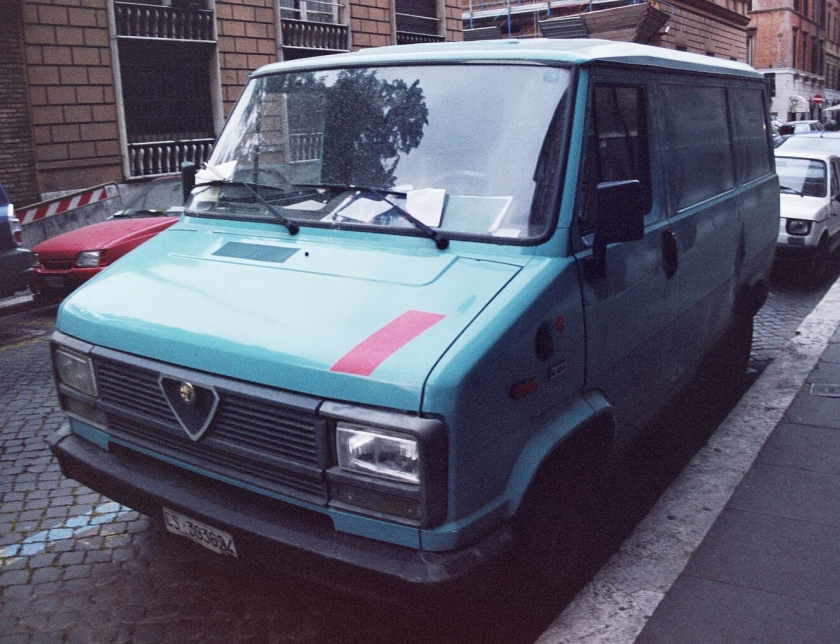 AR6 (based on first generation Fiat Ducato)
AR6 (based on first generation Fiat Ducato)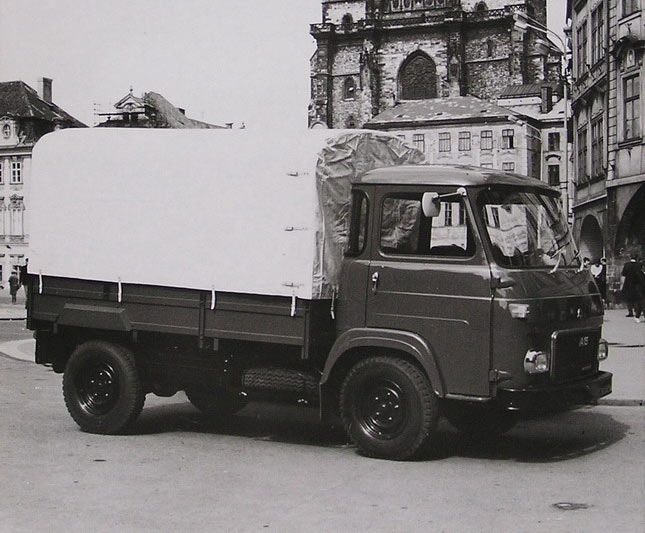
 Alfa Romeo F20 (Saviem license)
Alfa Romeo F20 (Saviem license)
Trucks
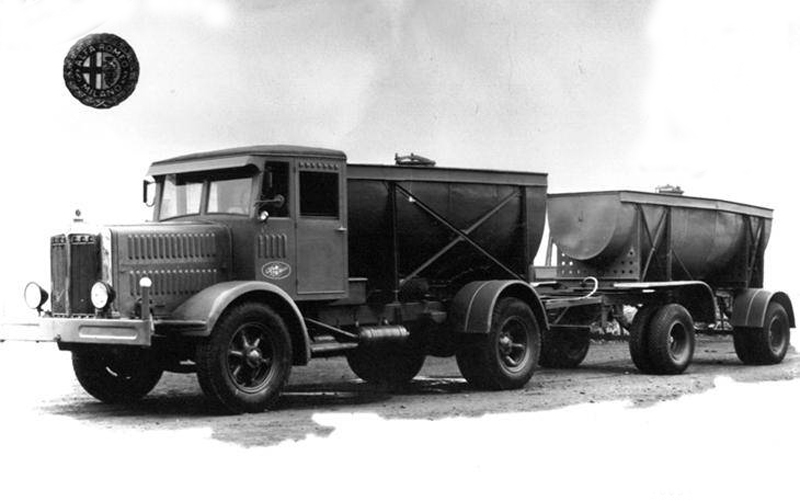 Alfa Romeo 50 Biscione 80 Alfa Romeo 50 “Biscione” (Büssing-NAG 50)/ 80 (1931–1934)
Alfa Romeo 50 Biscione 80 Alfa Romeo 50 “Biscione” (Büssing-NAG 50)/ 80 (1931–1934)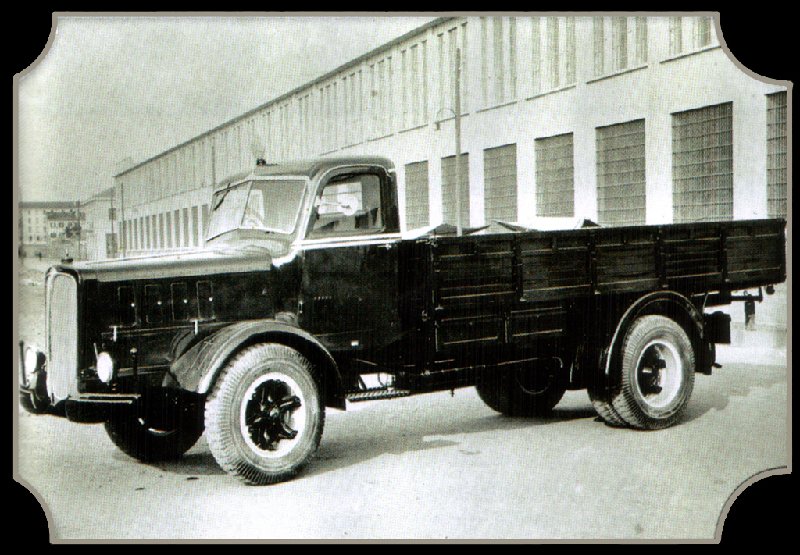 Alfa Romeo 85 / 110 (1934 – n/a)
Alfa Romeo 85 / 110 (1934 – n/a)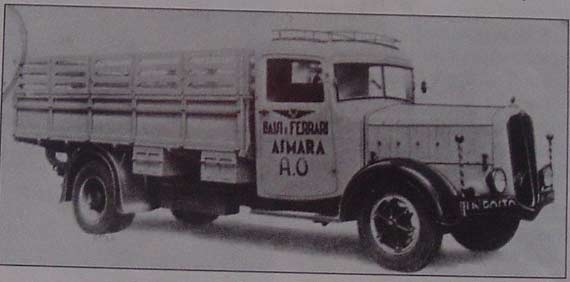
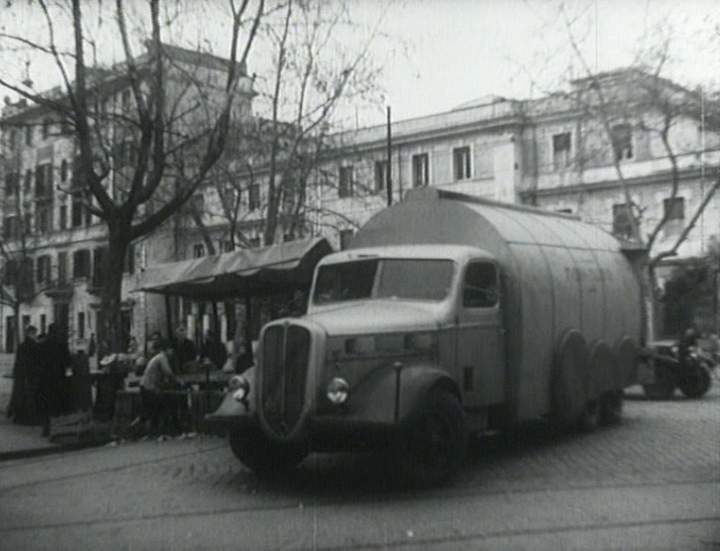
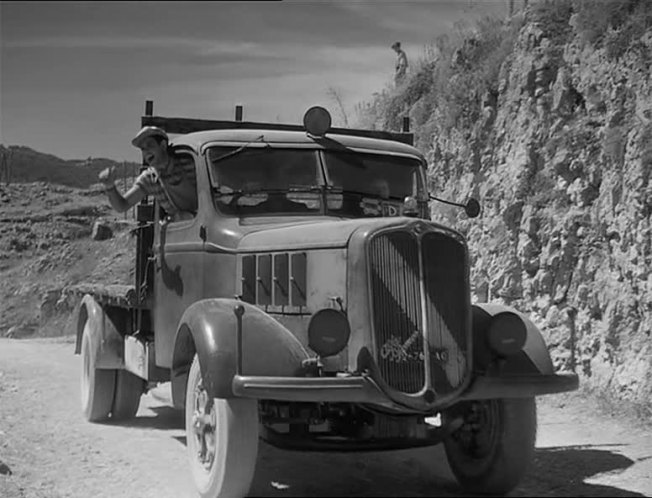 Alfa Romeo 350 (1935 – n/a)
Alfa Romeo 350 (1935 – n/a)
Alfa Romeo 430 (1942–1950)
Alfa Romeo 450/455 (1947–1959)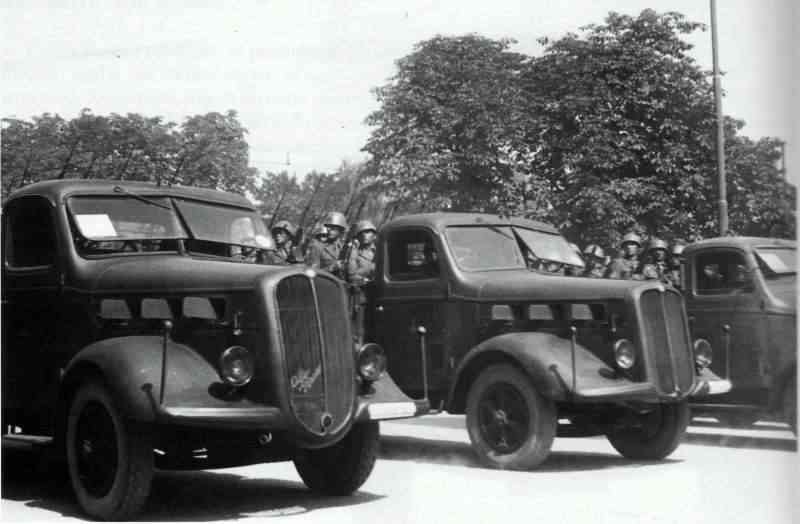 1939 Alfa Romeo 500 – Alfa Romeo 500 military version during a parade in Turin, August 8, 1939
1939 Alfa Romeo 500 – Alfa Romeo 500 military version during a parade in Turin, August 8, 1939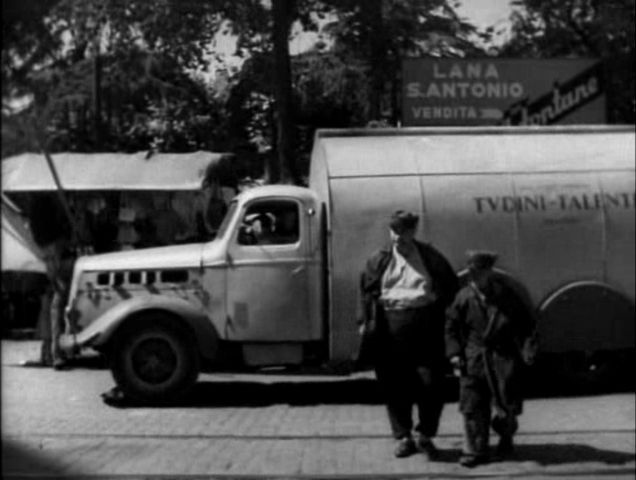
Alfa Romeo 500 (1937 – 1945)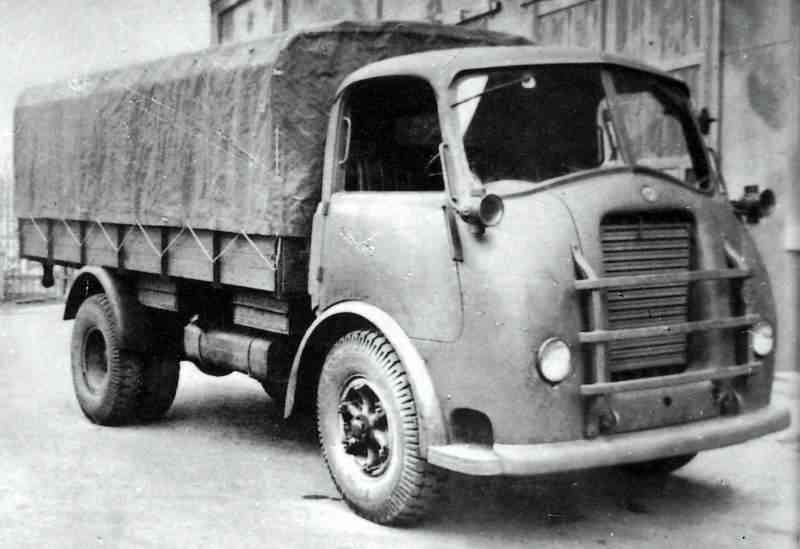
Alfa Romeo 800 (1940–1943)
Alfa Romeo 900 (1947–1954)
Alfa Romeo 950 (1954–1958)
Alfa Romeo Mille (Alfa Romeo 1000) (1958–1964)
Alfa Romeo A15 (Saviem license)
Alfa Romeo A19 (Saviem license)
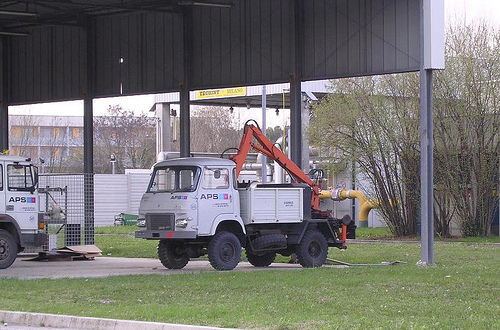
Alfa Romeo A38 (Saviem license)
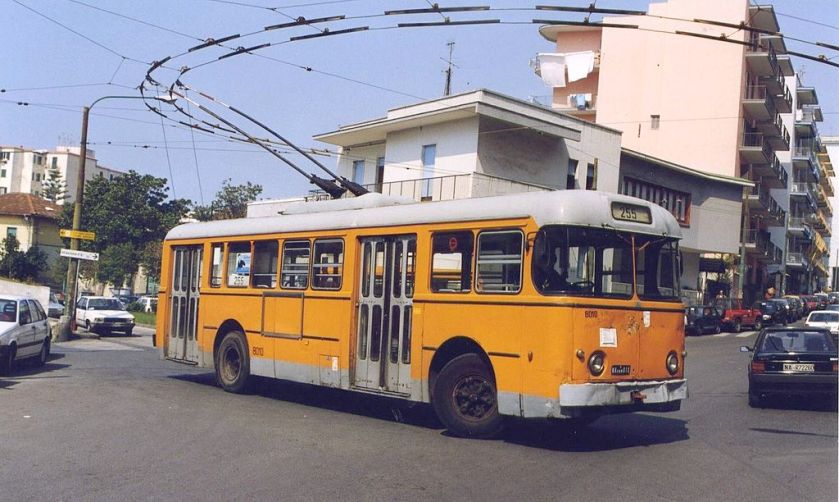 A 1961 Alfa Romeo 1000 (Mille) Aerfer FI 711.2 OCREN trolleybus on the Naples ANM trolleybus system
A 1961 Alfa Romeo 1000 (Mille) Aerfer FI 711.2 OCREN trolleybus on the Naples ANM trolleybus system
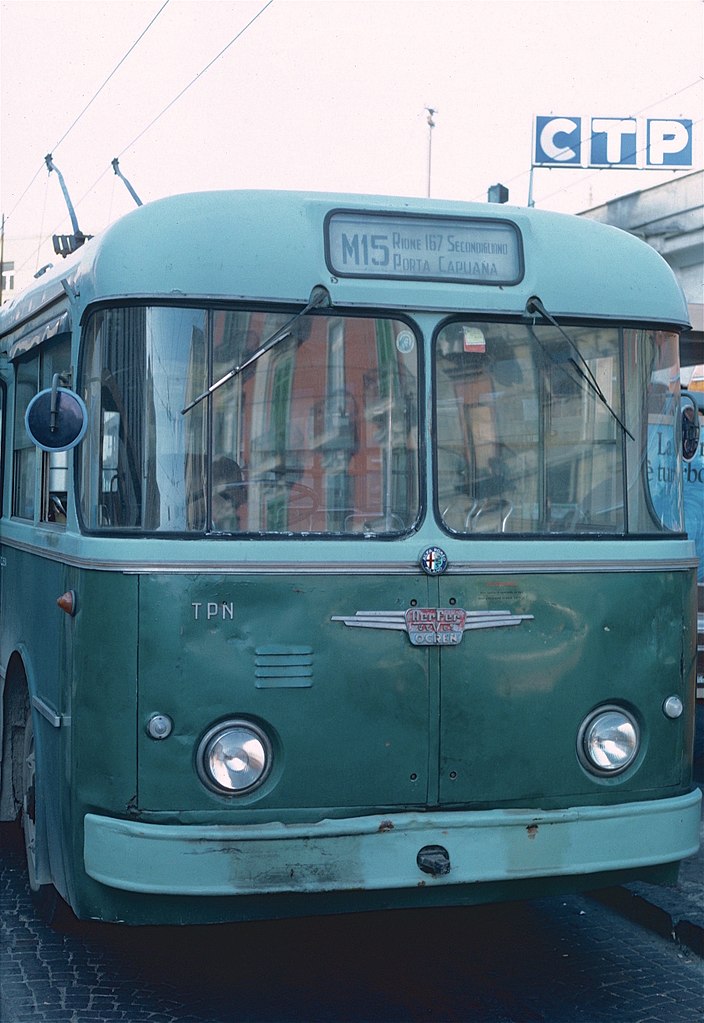 A 1962 Alfa Romeo Mille AF trolleybus for CTP Napoli, with the iconic Alfa Romeo badge in the centre
A 1962 Alfa Romeo Mille AF trolleybus for CTP Napoli, with the iconic Alfa Romeo badge in the centre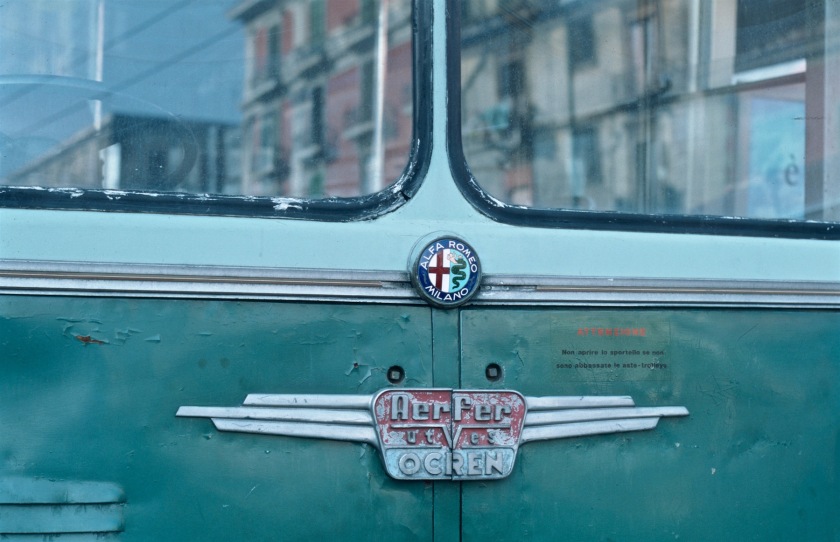 Alfa Romeo-Aerfer-OCREN logo’s on 1961 trolleybus of CTP Napoli
Alfa Romeo-Aerfer-OCREN logo’s on 1961 trolleybus of CTP Napoli
- Buses
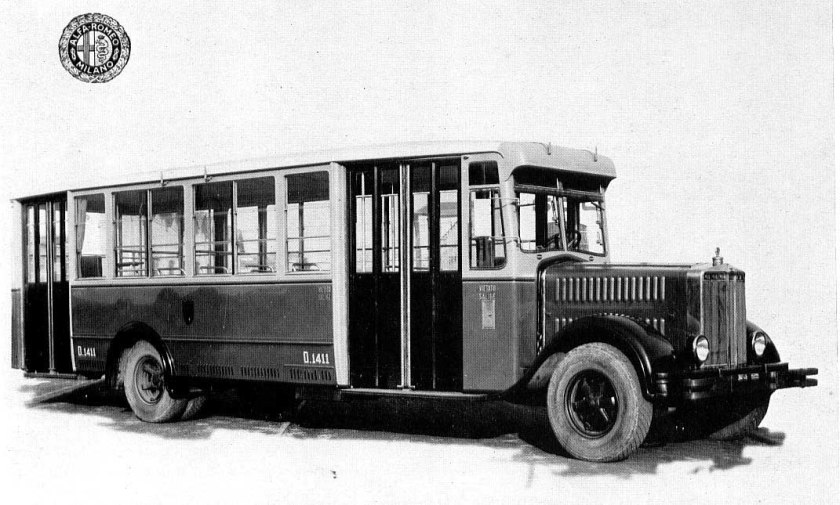 Alfa Romeo 40A
Alfa Romeo 40A Gli Alfa Romeo 40, 85, 80, 110 Alfa Romeo 80A
Gli Alfa Romeo 40, 85, 80, 110 Alfa Romeo 80A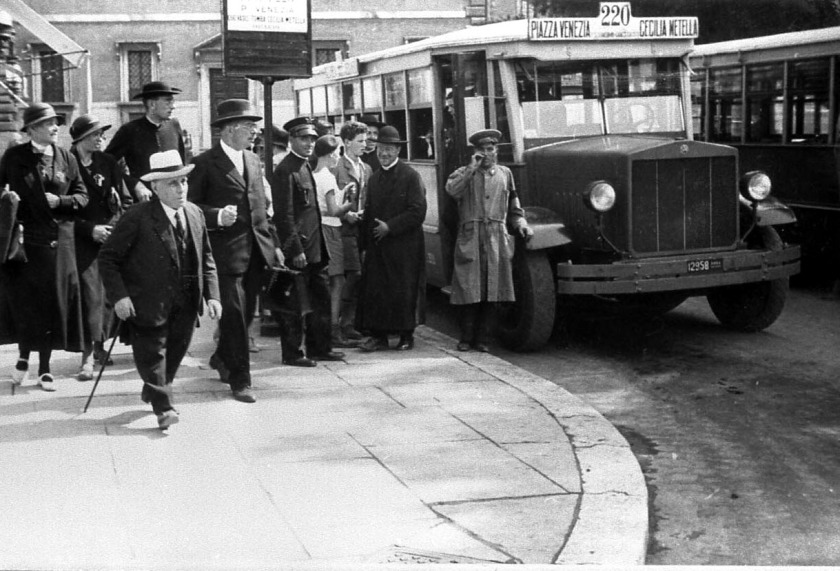 1933 Alfa Romeo 85-A in piazza Venezia Alfa Romeo 85A
1933 Alfa Romeo 85-A in piazza Venezia Alfa Romeo 85A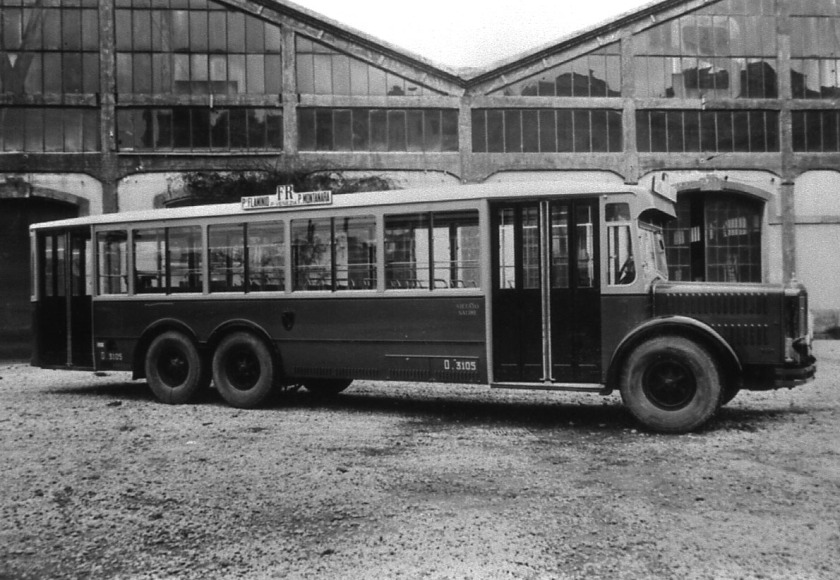 Alfa Romeo 110A di Roma Alfa Romeo 110A
Alfa Romeo 110A di Roma Alfa Romeo 110A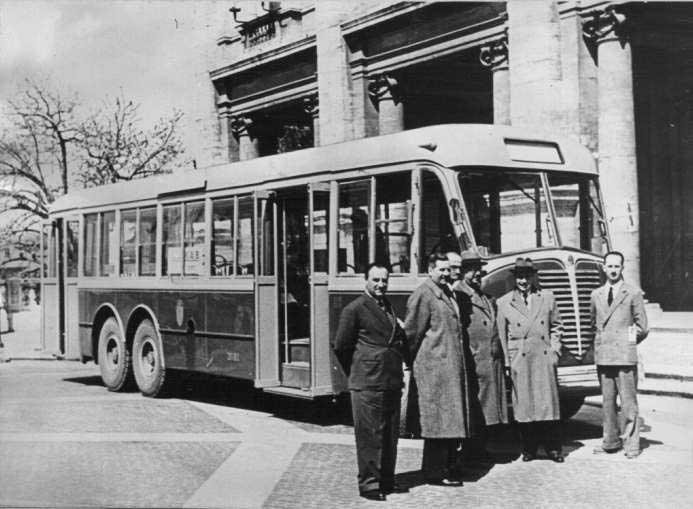 Alfa Romeo 140A di Roma Alfa Romeo 140A (1950–1958)
Alfa Romeo 140A di Roma Alfa Romeo 140A (1950–1958)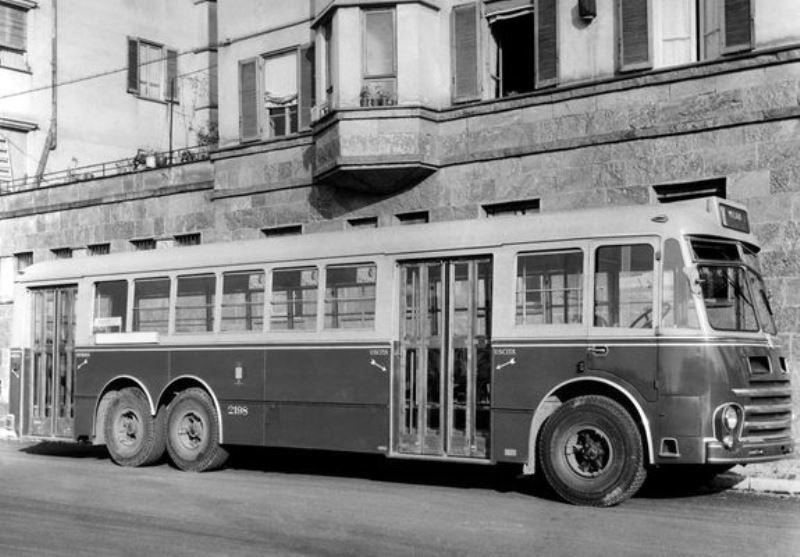 1959 Alfa Romeo 150 A Macchi Alfa Romeo 150A (1958)
1959 Alfa Romeo 150 A Macchi Alfa Romeo 150A (1958)
Alfa Romeo 430A (1949–1953)
Alfa Romeo 500A (1945–1948)
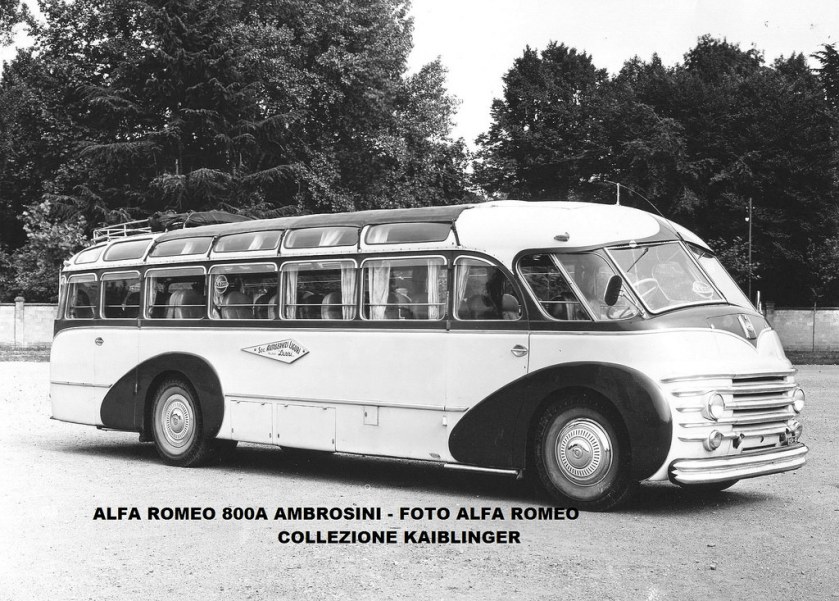
Alfa Romeo 800A
Alfa Romeo 900A (1953–1956)
Alfa Romeo 902A (1957–1959)
There is no one to be found. Please help me!
Alfa Romeo 950A
Alfa Romeo Mille (bus) (Alfa Romeo 1000) (1960–1964)
Trolleybuses
Alfa Romeo 110AF (1938)
Alfa Romeo 140AF (1949)
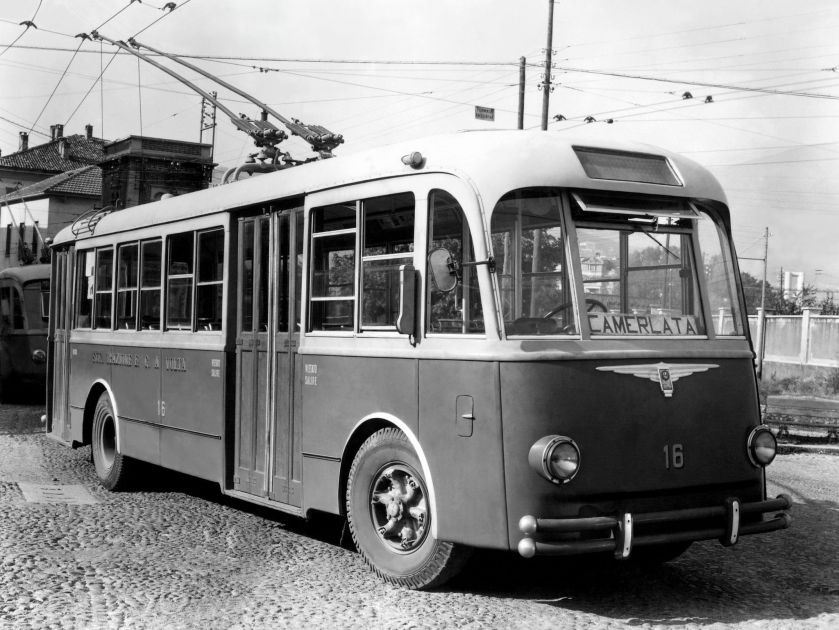
Alfa Romeo 800AF (1950–1954)
Alfa Romeo 900AF (1955–1957)
Alfa Romeo Mille AF (Alfa Romeo 1000) (1959–1964)
Concepts
Design has always played a large role in the history of Alfa Romeo. There have been many Alfa Romeo concept cars, often made by famous design houses and designers. The BAT series of concepts from the 1950s was a collaboration with the Italian design house Bertone. Other famous Italian coachbuilders and design houses like Pininfarina, Bertone, Zagato and ItalDesign-Giugiaro have also played a great role in Alfa Romeo’s history, and even today some of models are designed and constructed by them.
Other production
Although Alfa Romeo is best known as automobile manufacturer it has also produced commercial vehicles of various size, railway locomotives, tractors, buses, trams, compressors, generators, an electric cooker, marine and aircraft engines.
Aircraft engines
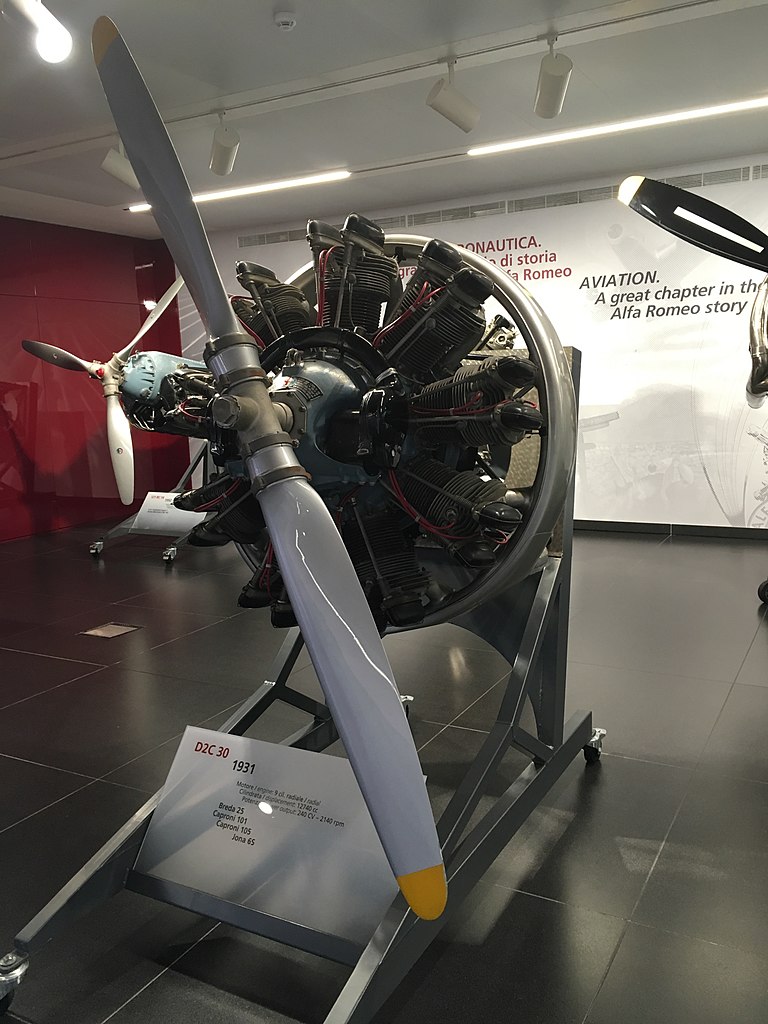 D2 aircraft engine
D2 aircraft engine
An Alfa engine was first used on an aircraft in 1910 on the Santoni-Franchini biplane. In 1932 Alfa Romeo built its first real aircraft engine, the D2 (240 bhp), fitted to Caproni 101 D2. In the 1930s when Alfa Romeo engines were used for aircraft on a larger scale; the Savoia Marchetti SM.74, Savoia-Marchetti SM.75, Savoia-Marchetti SM.79, Savoia Marchetti SM.81 and Cant Z506B Airone all used Alfa Romeo manufactured engines. In 1931, a competition was arranged where Tazio Nuvolari drove his Alfa Romeo 8C 3000 Monza against a Caproni Ca.100 airplane. Alfa Romeo built various aircraft engines during the Second World War; the best known was the RA.1000 RC 41-I Monsone, a licensed version of the Daimler-Benz DB 601. This engine made it possible to build efficient fighter aircraft like the Macchi C.202 Folgore for the Italian army. After the Second World War Alfa Romeo produced engines for Fiat, Aerfer and Ambrosini. In the 1960s Alfa Romeo mainly focused upgrading and maintaining Curtiss-Wright, Pratt & Whitney, Rolls-Royce and General Electric aircraft engines. Alfa Romeo also built Italy’s first turbine engine, installed to the Beechcraft King Air. Alfa Romeo’s Avio division was sold to Aeritalia in 1988, from 1996 it was part of Fiat Avio. Alfa Avio was also part of developing team to the new T700-T6E1 engine to the NHI NH90 helicopter.
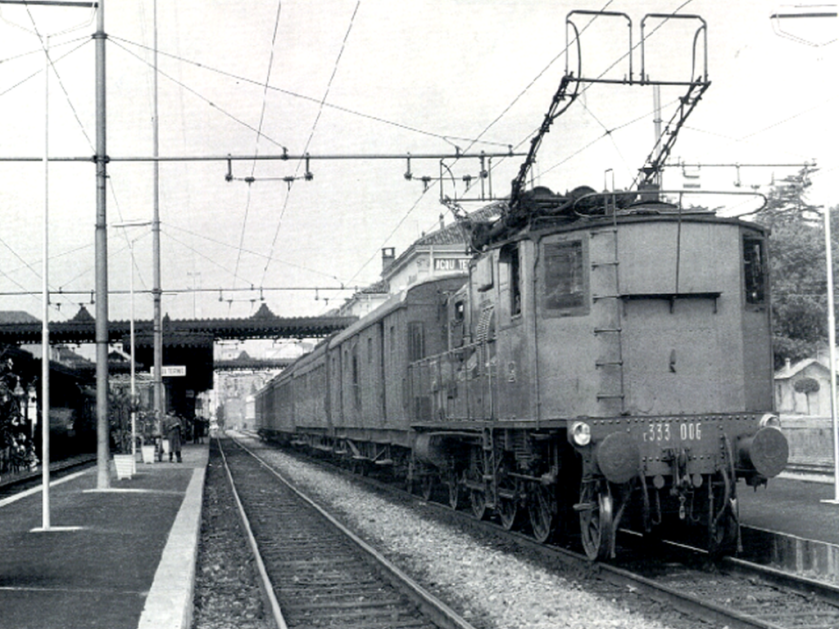 Locomotive FS E.333 built by Ing. Nicola Romeo e Co. in Saronno
Locomotive FS E.333 built by Ing. Nicola Romeo e Co. in Saronno
Marine engines
Alfa Romeo also produced marine engines. The first marine engine was produced in 1929. Later, for three consecutive years: 1937-1938-1939 with remarkable affirmations, Alfa Romeo demonstrated its constructive efficiency by contributing to the development of marine engines.
(1938) 12 cyl (4.500) 121,710 km/h
Aero-engines
Marketing and sponsorship
During the years Alfa Romeo has been marketed with different slogans like: “The family car that wins races” used in the 1950s in Alfa Romeo 1900 marketing campaign, “racing since 1911” used on most 1960s Alfa advertisements, In the 1970s the Alfa Romeo 1750 GTV was marketed as “if this kind of handling is good enough for our racing cars, it’s good enough for you.” The Giulia Sprint GTA was marketed as “The car you drive to work is a champion”. More recent slogans used are “Mediocrity is a sin”, “Driven by Passion”, “Cuore Sportivo”, “Beauty is not enough” and present day “Without heart we would be mere machines”. Also other more recent ones are: “It’s not a car, it’s an Alfa Romeo.”, one of them after a couple argue in Italian.
As part of its marketing policy, Alfa Romeo sponsors a number of sporting events, such as the Mille Miglia rally. It has sponsored the SBK Superbike World Championship and Ducati Corse since 2007, and the Goodwood Festival of Speed for many years, and was one of the featured brands in 2010 when Alfa Romeo celebrated its 100th anniversary. The Alfa Romeo Giulietta has been used since Monza 2010 race as the safety car in Superbike World Championship events. Alfa Romeo has been also shirt sponsor of Eintracht Frankfurt football club in period between 2013 and 2016.
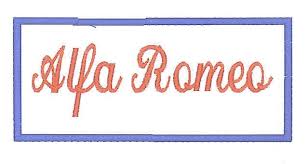
In 2002, Alfa Romeo I, the first Alfa Romeo super maxi yacht was launched. It finished first in at least 74 races including the 2002 Sydney—Hobart Race. Alfa Romeo II, commissioned in 2005, measures 30 metres (98 ft) LOA. It set a new elapsed-time record for monohulls in the 2009 Transpac race, of 5 days, 14 hours, 36 minutes, 20 seconds It finished first in at least 140 races. In mid-2008 Alfa Romeo III was launched for competitive fleet racing under the IRC rule. Alfa Romeo III measures 21.4 metres (70 ft) LOA and features interior design styled after the Alfa Romeo 8C Competizione.
The BBC motoring show Top Gear repeatedly argued the significance of owning an Alfa Romeo car as a car enthusiast, stating that “You can’t be a true petrolhead if you have never owned/or wanted to own an Alfa Romeo”. Presenters Jeremy Clarkson, Richard Hammond and James May continuously praised Alfas for their beauty and driving characteristics even though Italian cars had a long-term bad reputation for unreliability. They argued that you (the owner) build a personal relationship with the car despite all of its mechanical faults. Both Clarkson and May have previously owned Alfas (a GTV6 for Clarkson and an Alfa 164 for May) and both have stated that they regretted selling their Alfas the most.
During Super Bowl LI, Alfa Romeo ran three commercials throughout the game; the brand was the sole marque advertised by FCA during the game, after exclusively focusing on its Jeep brand at Super Bowl 50.
Now will follow the pictures from my collection, some cars are not ALFA ROMEO’s but that are automobiles from FNM or pictures of cars made with help from Bertone, Pininfarina, etc:
There are coming several pictures I found on the site from Alfa Romeo Italy and Ukaïne:
This was all the info I can give you. Do you have info that you could not find here please offer it to me and I will make this Blog more complete.
Greetings, your host Jeroen
See also
Alfa Romeo Pomigliano d’Arco Plant
References
- Jump up^ “2008 Half-yearly Financial Report/Alfa Romeo Automobiles S.p.A. Torino, Page 76” (PDF). 2008. Archived from the original (PDF) on 17 July 2011. Retrieved 18 June 2009.
- ^ Jump up to:a b c Alfa Romeo European sales figures: Alfa Romeo European sales figures, accessdate: 23. February 2016
- Jump up^ “Alfa Romeo Celebrates 90 Years of Success”. autoweb.com. 2000. Archived from the original on 2009-05-11. Retrieved 9 January 2009.
- Jump up^ “Alfa Romeo”. fundinguniverse.com. Retrieved 9 January 2009.
- Jump up^ latimes: Fiat Will Buy Alfa Romeo, Besting Ford’s Bid – latimes, accessdate: 30. June 2018
- Jump up^ Henry, Alan (1989). Ferrari – The Grand Prix Cars (2nd ed.). Hazleton. p. 12.
- ^ Jump up to:a b c “P. Italiano: ‘Story of the Alfa Romeo factory and plants: Part 1, The early Portello‘“ (PDF). Archived from the original (PDF) on 11 November 2007. Retrieved 19 October 2009.
- Jump up^ Fusi, Luigi, Le Alfa di Romeo e Merosi, Edizione Dimensione S, Milan, 1985
- Jump up^ Patrick Italiano. “Story of the Alfa Romeo factory and plants: Part 2, Alfa Romeo under a khaki uniform” (PDF). enzociliberto.it/aisastoryauto. Archived from the original (PDF) on 29 September 2007. Retrieved 19 October 2009.
- Jump up^ “Alfa Romeo History/The Company”. alfaromeo.com. Archived from the original on 15 January 2013. Retrieved 7 June 2012.
- Jump up^ Griffith, Borgeson (1990). Alfa Romeo. I creatori della Leggenda. Nada Edizioni. ISBN 88-7911-045-4.
- Jump up^ “Alfa Romeo production between 1998 and 2012”. oica.net. Archivedfrom the original on 4 November 2010. Retrieved 14 October 2010.
- Jump up^ How Alfa Romeo plans to triple sales in 3 years
- ^ Jump up to:a b “Alfa Romeo 2018 forecast: better, but won’t make profit”.
- Jump up^ Tim Rauen. “Tim’s Alfa Romeo Page – Alfasud”. Alfasud.alfisti.net. Archived from the original on 23 October 2009. Retrieved 29 November2009.
- Jump up^ Shapiro, Helen (Winter 1991). “Determinants of Firm Entry into the Brazilian Automobile Manufacturing Industry, 1956–1968”. The Business History Review. 65 (4, The Automobile Industry): 897, 907.
- Jump up^ “1975 World Championship for Makes”. wspr-racing.com. Retrieved 17 August 2010.
- Jump up^ “1977 – SP World Sports Car Championship”. wspr-racing.com. Retrieved 17 August 2010.
- Jump up^ “News 12.07.2005”. italiaspeed.com. Retrieved 11 June 2012.
- Jump up^ “Press release 1 April 2005” (PDF). fiatgroup.com. Retrieved 11 June2012.
- Jump up^ “Press release 23 January 2007” (PDF). fiatautopress.com. Retrieved 11 June 2012.
- Jump up^ “Le Alfa Romeo con il Centauro”. poliziadistato.it (in Italian). Retrieved 12 September 2010.
- Jump up^ http://www.autoblog.com
- Jump up^ “FIAT S.p.A. Annual Report 2011” (PDF). 27 March 2012.
- Jump up^ Luca Ciferri (10 April 2011). “Alfa’s N. America return pushed to 2013”. Automotive News.
- Jump up^ “Giulia, Stelvio Helped Alfa Romeo Boost Production By 62% In 2017”. 14 January 2018.
- Jump up^ “Alfa Romeo, The First 100 Years, Part Two: Mass Production”. automotivetraveler.com. Retrieved 1 January 2011.
- Jump up^ “Giulietta Spider”. autoviva.com. Retrieved 1 January 2011.
- Jump up^ “Alfa Romeo advertising: the 1960s”. alfabb.com. Archived from the original on 24 December 2010. Retrieved 9 January 2011.
- Jump up^ “U.S. Sales Halt By Alfa Romeo”. The New York Times. 25 January 1995. Retrieved 9 January 2011.
- Jump up^ “Welcome Back! Alfa Romeo 8C Competizione Launches in America”. wot.motortrend.com. Archived from the original on 11 December 2008. Retrieved 24 November 2008.
- Jump up^ Linebaugh, Kate (27 October 2009). “Fiat Models to Drive Chrysler New Lineup Will See Return of Alfa Romeo, End of Many Chryslers, Dodges and Jeeps”. The Wall Street Journal. Archived from the original on 30 October 2009. Retrieved 27 October 2009.
- ^ Jump up to:a b “Fiat Chrysler Avoids Politics in Super Bowl Ads, Plugs Alfa Romeo”. Advertising Age. Retrieved 6 February 2017.
- Jump up^ “Tech Analysis: An Echo of the Past: The history and evolution of twin-cam engines”. europeancarweb.com. Archived from the original on 3 March 2012. Retrieved 17 August 2010.
- Jump up^ “1940 6C 2500 Touring ‘Ala Spessa‘“. digilander.libero.it (in Italian). Retrieved 11 April 2009.
- Jump up^ “Alfa Romeo Spider FAQ” (PDF). alfaspiderfaq.org. Archived (PDF)from the original on 17 September 2010. Retrieved 17 August 2010.
- Jump up^ Rees, Chris. Original Alfa Romeo Spider. MBI Publishing 2001. p. 102. ISBN 0-7603-1162-5.
- Jump up^ “Alfa Romeo Giulia”. conceptcarz.com. Retrieved 17 August 2010.
- Jump up^ “Alfa Romeo Giulia Ti”. sportscarmarket.com. Archived from the originalon 2 March 2012. Retrieved 17 August 2010.
- Jump up^ “1980 Alfa Romeo Alfetta”. hagertyinsurance.co.uk. Retrieved 19 June2018.
- Jump up^ “1985 Alfa Romeo GTV6: Ensemble player”. Autoweek. Retrieved 19 June2018.
- Jump up^ “Alfa Romeo Alfetta Sedan”. sportscarmarket.com. Archived from the original on 2 March 2012. Retrieved 17 August 2010.
- Jump up^ “The new Alfa Romeo 164”. digest.net. Archived from the original on 2 July 2013. Retrieved 17 August 2010.
- Jump up^ “Alfa Romeo 156”. alfaworkshop.co.uk. Archived from the original on 4 July 2010. Retrieved 17 August 2010.
- Jump up^ “New powertrain technologies conference”. autonews.com. Retrieved 17 August 2010.
- Jump up^ “08.09.2009 NEW MODEL: ALFA MITO MULTIAIR (105 BHP, 135 BHP & 170 BHP)”. italiaspeed.com/2009/cars. Retrieved 17 August 2010.
- Jump up^ MOTOR: Geek Speak: Alfa Romeo’s brake by wire | MOTOR, accessdate: 27. January 2018
- Jump up^ “1954 Alfa Romeo B.A.T. 7”. conceptcarz.com/vehicle. Retrieved 11 June2009.
- ^ Jump up to:a b Autocar & Motor. 185. Haymarket. 1990. p. 67. Retrieved 13 September2010.
- Jump up^ “The Visconti Family”. ultimateitaly.com. Archived from the original on 31 July 2010. Retrieved 17 August 2010.
- ^ Jump up to:a b c d Fusi (1978), p. 807–808.
- ^ Jump up to:a b c Fusi (1978), p. 809–810.
- Jump up^ Fusi (1978), p. 811–812.
- Jump up^ Fusi (1978), p. 112.
- ^ Jump up to:a b c Fusi (1978), p. 419.
- Jump up^ Tosi, Adriano (24 June 2015). “Alfa Romeo, il nuovo logo nel segno della tradizione”. omniauto.it (in Italian). Retrieved 7 July 2015.
- Jump up^ Berruti, Valerio (24 June 2015). “Alfa Romeo, ecco la nuova Giulia”. La Repubblica (in Italian). Retrieved 7 July 2015.
- Jump up^ “Alfa Romeo 2015”. robilant.it (in Italian). Robilant Associati. 26 June 2015. Retrieved 30 June 2015.
- Jump up^ “Alfa Romeo Quadrifoglio History”. Alfa Romeo Automobillismo Storico, Centre Documentazione. Archived from the original on 15 January 2013. Retrieved 11 January 2013.
- Jump up^ “Saving Fiat”, The Economist, 3 December 2005, p. 64, vol. 377.
- Jump up^ Mastrostefano, Raffaele, ed. (1985). Quattroruote: Tutte le Auto del Mondo 1985 (in Italian). Milano: Editoriale Domus S.p.A. pp. 30–31. ISBN 88-7212-012-8.
- Jump up^ Burford, Adrian, “A Sporting Heart Still Beats”, Automotive Business Review (February 2009): 30, archived from the original on 25 February 2009, retrieved 19 February 2009
- Jump up^ “Fiat Group Automobiles” (PDF). fiatgroup.com/it-it. Retrieved 20 May2009.
- Jump up^ “2010 Geneva Motor Show: New Alfa Giulietta to Make Debut” (2010). theautochannel.com. Retrieved 12 September 2010.
- Jump up^ “Alfa Romeo 4C Concept from the Geneva Auto Show | News | Car and Driver”. Car and Driver. Retrieved 24 March 2018.
- Jump up^ “Alfa Romeo trolleybusses” (PDF). newedgeconcept.com via web.archive.org. Archived from the original (PDF) on 5 June 2007. Retrieved 16 July 2009.
- Jump up^ “Latin American Trolleybus Installations”. tramz.com. Retrieved 17 June2009.
- Jump up^ “Stockholm Trådbuss 20/1-1941 – 31/8-1964” (PDF). sparvagssallskapet.se. Retrieved 17 June 2009.
- Jump up^ “Europe – Soviet Union & Exported ZIU Trolleybuses”. sptc.spb.ru. Archived from the original on 13 June 2013. Retrieved 17 June 2009.
- Jump up^ “Alfa Romeo”. trucksplanet.com. Retrieved 3 September 2011.
- ^ Jump up to:a b “Le modélisme militaire italien à toutes les échelles”. italie1935-45 (in French). Archived from the original on 19 January 2008. Retrieved 9 January2008.
- Jump up^ [1]“Archived copy”. Archived from the original on 28 March 2014. Retrieved 26 January 2013.“Archived copy”. Archived from the original on 28 March 2014. Retrieved 26 January 2013.Made after the WWII in about 500 examples
- Jump up^ Borgeson, Griffith. The Alfa Romeo Tradition. ISBN 0-85429-875-4.
- Jump up^ “Alfa Romeo AEREI Collezione Modelli di Marco Rigoni Settembre 2005”(PDF). aerei-italiani.net. Archived from the original (PDF) on 5 June 2007. Retrieved 25 April 2007.
- Jump up^ “La storia di due “duelli” inconsueti avvenuti a 50 anni di distanza l’uno dall’altro”. digilander.libero.it (in Italian). Archived from the original on 27 April 2007. Retrieved 25 April 2007.
- Jump up^ “Retrospective: Automobiles and aeroplanes: Alfa Romeo”. Channel 4. Archived from the original on 4 January 2009. Retrieved 7 June 2012.
- Jump up^ “FiatAvio acquires Alfa Romeo Avio”. madeinfiat.com. Archived from the original on 27 September 2007. Retrieved 20 August 2007.
- Jump up^ “Alfa Romeo Avio (Italy), Buyer’s Guide Engine Manufacturers”. janes.com. Retrieved 23 December 2008.
- Jump up^ “Alfa Romeo advertising: the 1960s”. ranwhenparked. Retrieved 19 August2011.
- Jump up^ “Alfa Romeo advertising: the 1970s”. ranwhenparked. Retrieved 19 August2011.
- Jump up^ “Alfa Romeo : Alfa 147 GTA”. autointell.com. Retrieved 19 August 2011.
- Jump up^ “sponsors”. 1000miglia.eu. Archived from the original on 20 July 2011. Retrieved 9 July 2009.
- Jump up^ “21.11.2009 Centenary celebrating Alfa Romeo to take centre stage at Festival of Speed”. italiaspeed.com/2009/cars/alfa_romeo. Archived from the original on 25 November 2009. Retrieved 21 November 2009.
- Jump up^ “Goodwood Festival of Speed – Sponsors”. goodwood.co.uk. Archived from the original on 14 June 2009. Retrieved 9 July 2009.
- Jump up^ “Alfa Romeo present new Giulietta Safety Car”. worldsbk.com. Archivedfrom the original on 18 June 2010. Retrieved 15 May 2010.
- Jump up^ “Alfa Romeo Maxi Yacht”. alfaromeo.com.au. Archived from the originalon 20 July 2008. Retrieved 29 May 2008.
- Jump up^ Fitzpatrick, Lynn (11 July 2009). “Alfa Romeo Smashes Transpac Record by a Day”. Finish reports. Transpacific Yacht Club. Archived from the originalon 17 August 2013. Retrieved 16 July 2009. She came within about five hours of breaking the multihull elapsed time record 5d, 9h, 18m set in 1997 by Bruno Peyron with his Commodore Explorer.
- Jump up^ “Alfa Romeo 3 Images”. maxiyacht.alfaromeo.com.au. Archived from the original on 22 February 2011. Retrieved 26 September 2010.
- Jump up^ “What Is Fiat Chrysler Up to for the Super Bowl?”. Advertising Age. Retrieved 6 February 2017.
- Fusi, Luigi (1978). Alfa Romeo—Tutte le vetture dal 1910—All cars from 1910 (3rd ed.). Milan: Emmeti Grafica editrice.
Further reading
- Borgeson, Griffith (1990). The Alfa Romeo Tradition. Haynes (Foulis) Publishing Group. Somerset, UK. ISBN 0-85429-875-4.
- Braden, Pat (1994). Alfa Romeo Owner’s Bible Cambridge: Bentley Publishers. ISBN 0-8376-0707-8.
- Stefano d’ Amico and Maurizio Tabuchi (2004). Alfa Romeo Production Cars. Giorgio NADA Editore. ISBN 88-7911-322-4.
- Hull and Slater (1982). Alfa Romeo: a History. Transport Bookman Publications. ISBN 0-85184-041-8.
- Venables, David (2000). First among Champions. Osceola: Motorbooks International. ISBN 1-85960-631-8.
- Owen, David. Great Marques, Alfa Romeo. London: Octopus Books, 1985. ISBN 0-7064-2219-8
- Owen, David. Alfa Romeo: Always with Passion. Haynes Publications, 1999. ISBN 1-85960-628-8
- Moore, Simon (1987). Immortal 2.9. Parkside Pubns. ISBN 978-0-9617266-0-7.
- Mcdonough, E., & Collins, P. (2005). Alfa Romeo Tipo 33. Veloce Publishing. ISBN 1-904788-71-8
- Tipler, John. Alfa Romeo Spider, The complete history. Crowood Press (UK), 1998. ISBN 1-86126-122-5
- Tipler, John. Alfa Romeo Giulia Coupe Gt & Gta. Veloce Publishing, 2003. ISBN 1-903706-47-5
- Styles, David G. “Alfa Romeo – The Legend Revived”, Dalton Watson 1989. ISBN 978-0-901564-75-7
- Styles, David G. “Alfa Romeo – Spider, Alfasud & Alfetta GT”, Crowood Press 1992. ISBN 1-85223-636-1
- Styles, David G. “Alfa Romeo – The Spirit of Milan”, Sutton Publishing 1999. ISBN 0-7509-1924-8
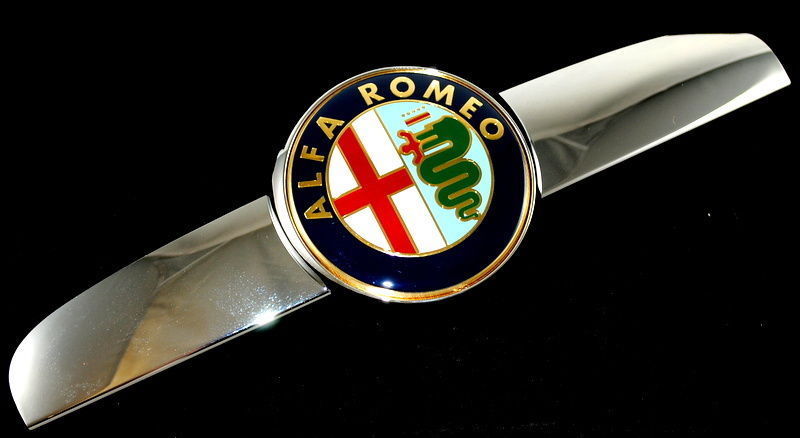
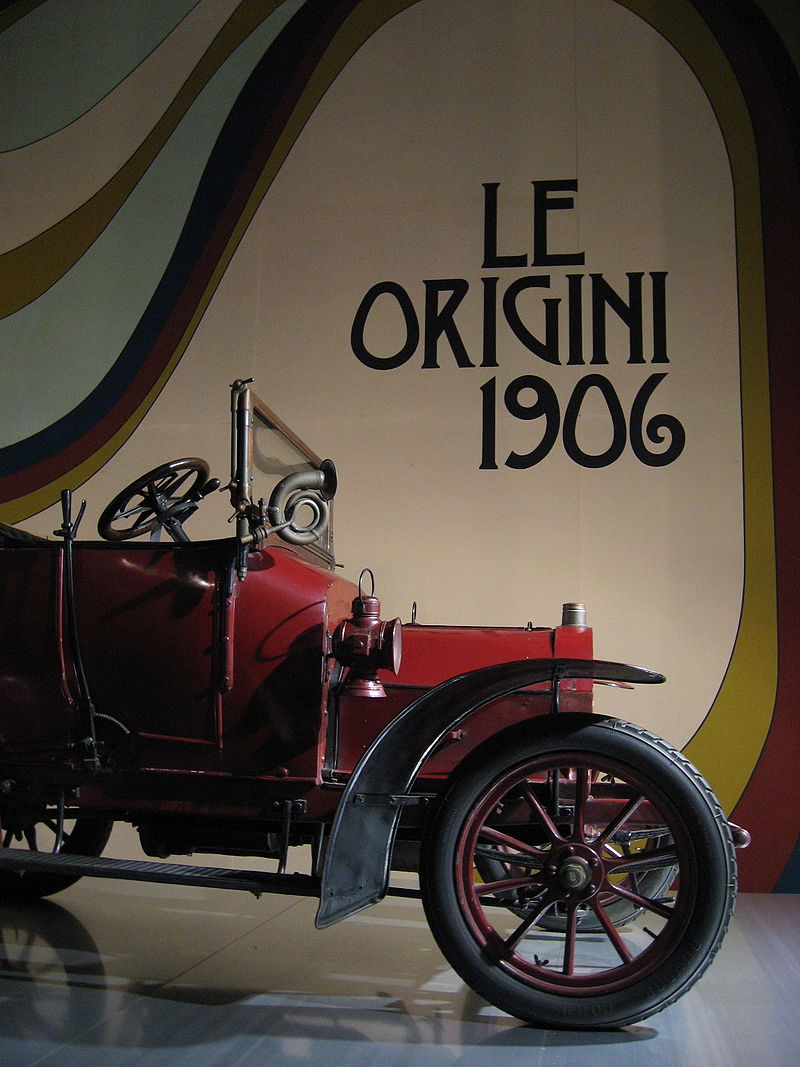
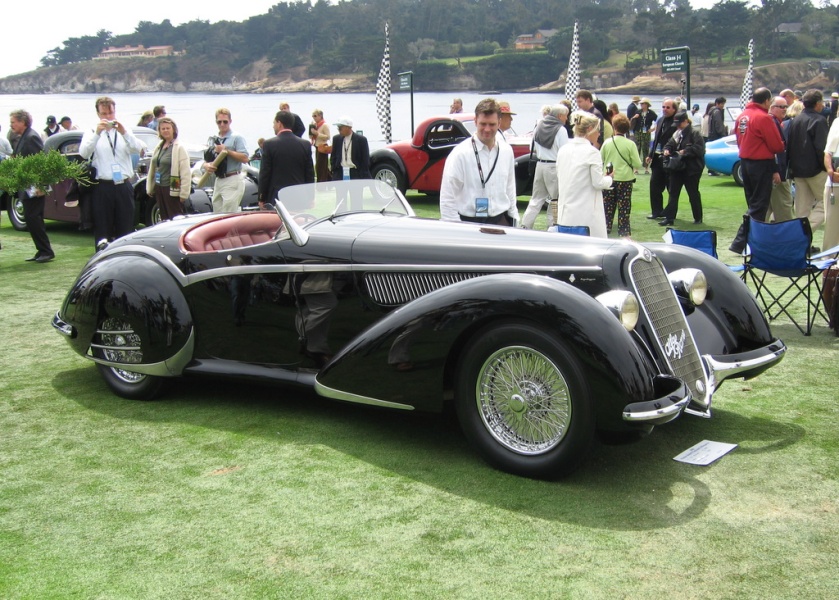
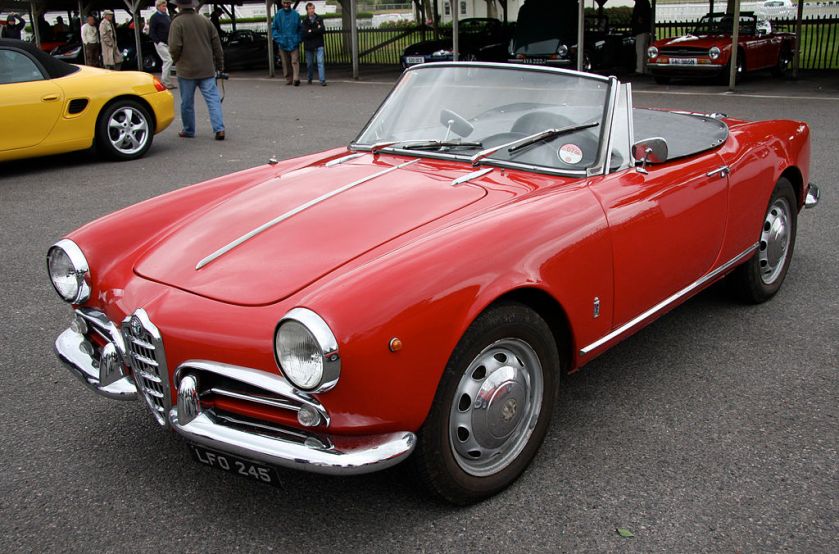
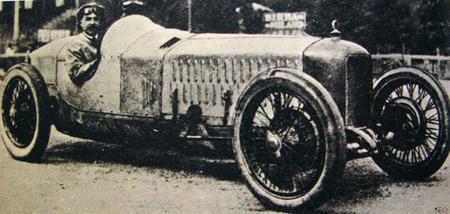

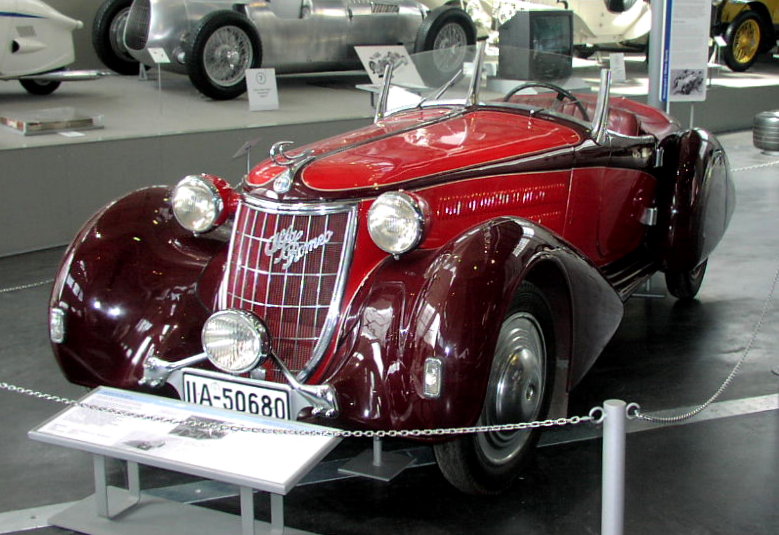
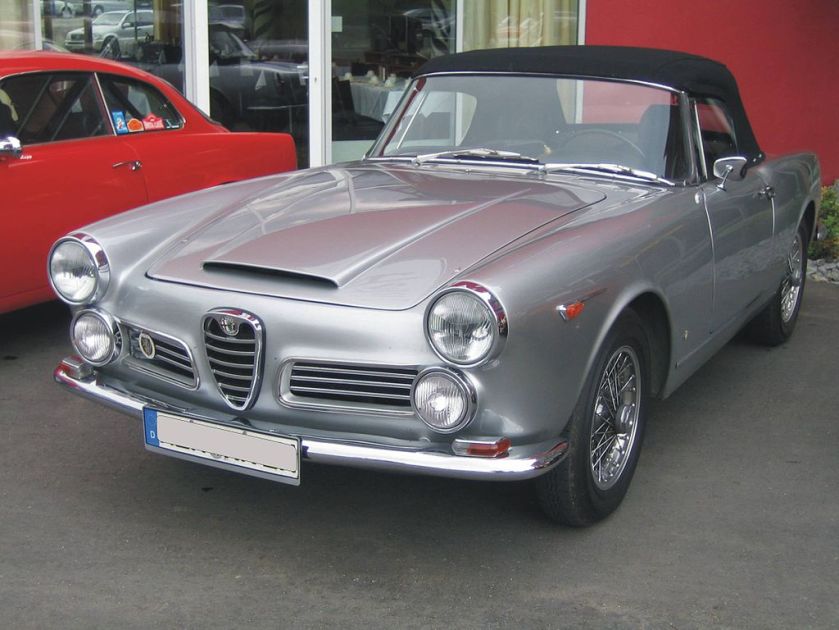
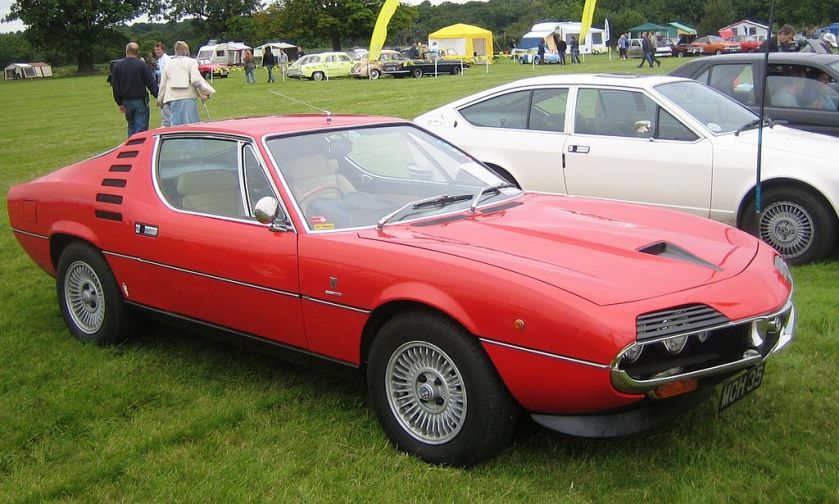
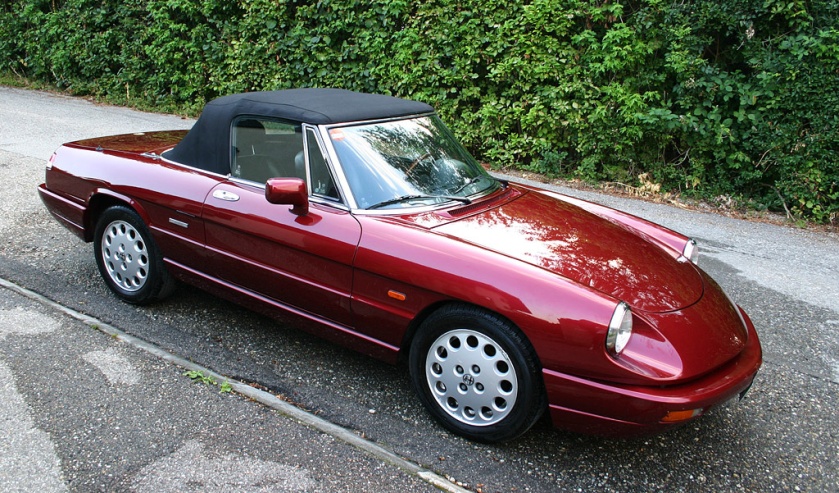
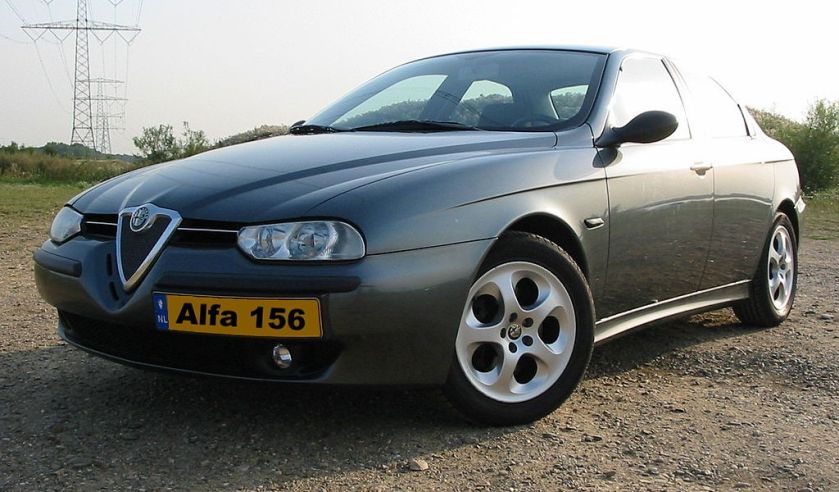
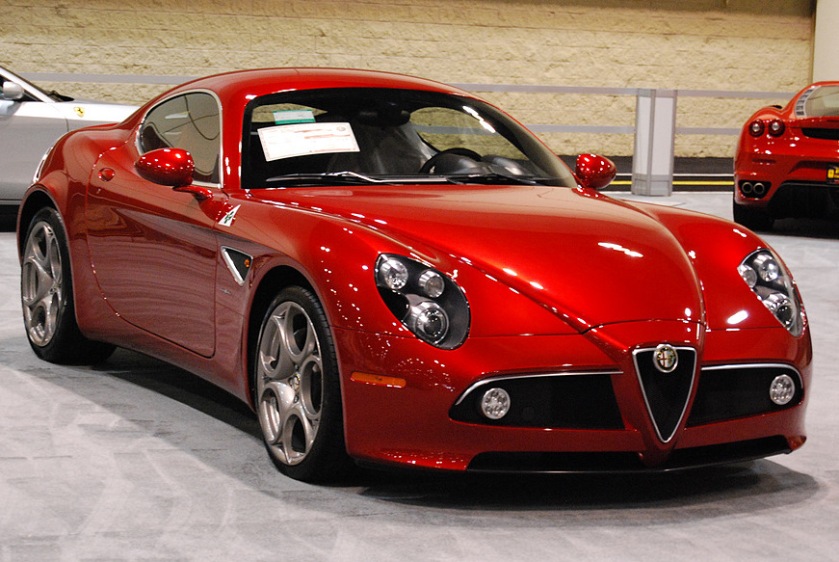
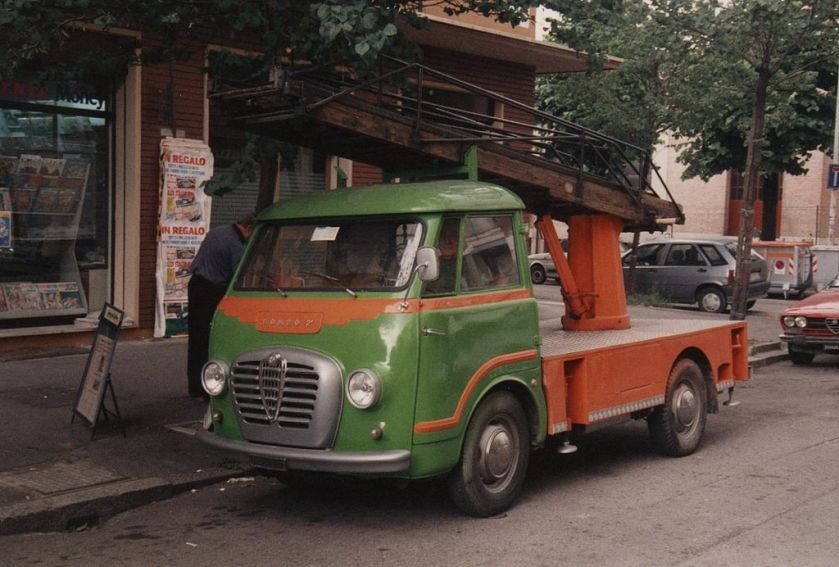
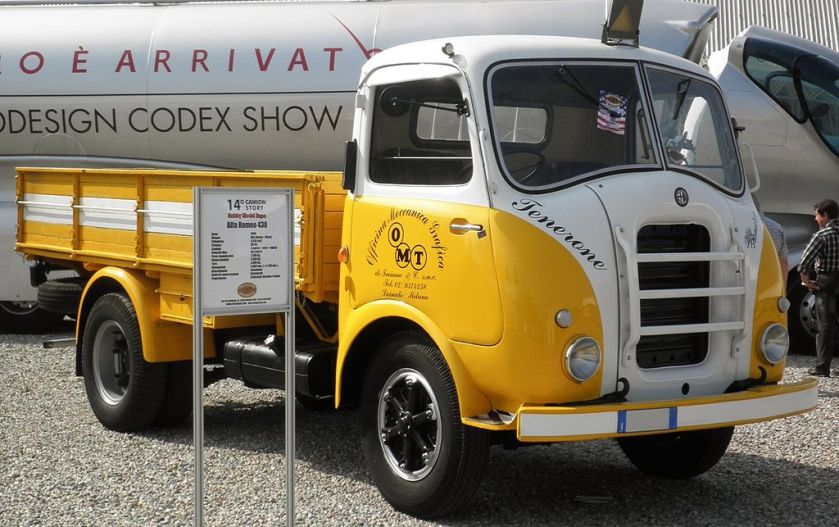
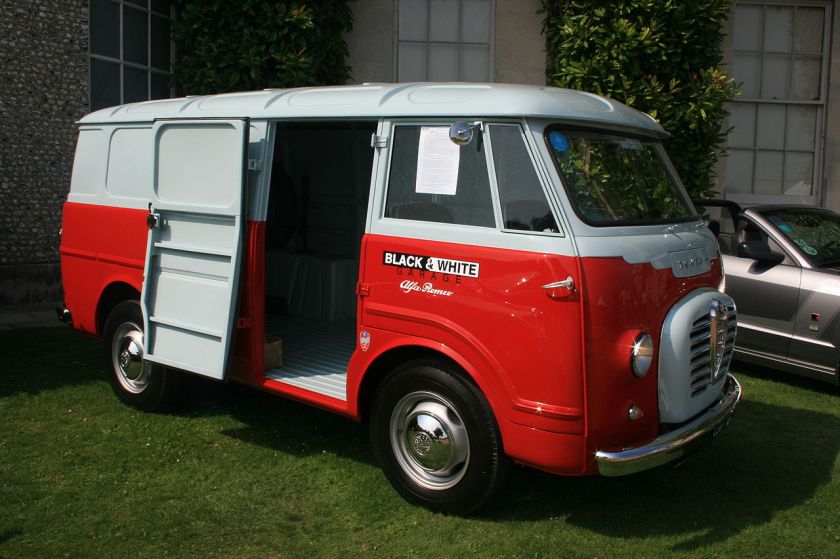

















































































































































































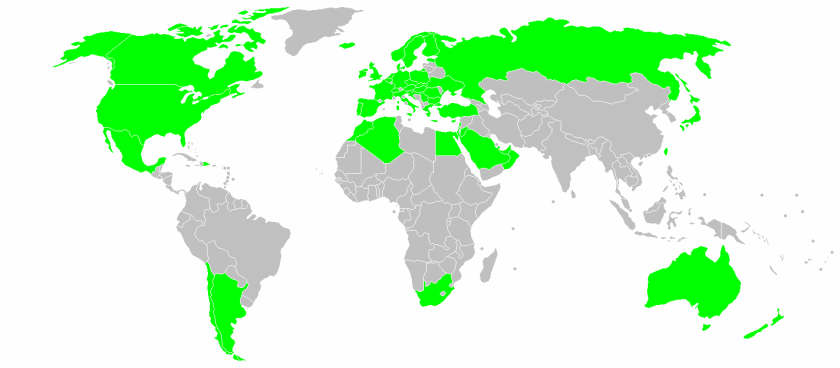
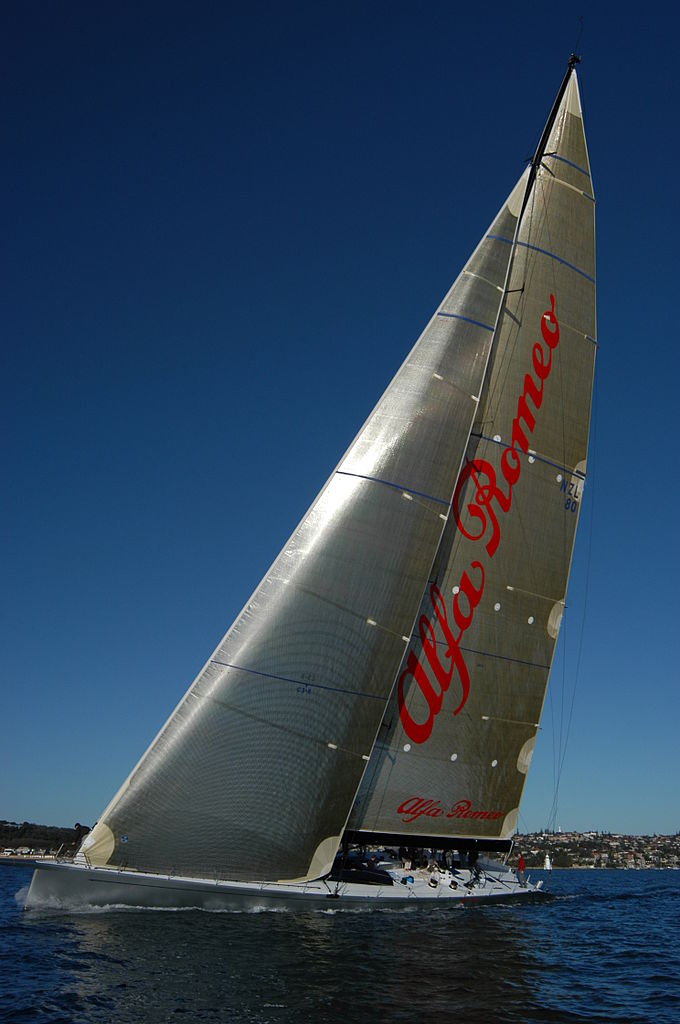














































































































































































































































































































































































































































































































































































































































































































































































































































































































































































































































































































































































































































































































































































































































































































































































































































































































































































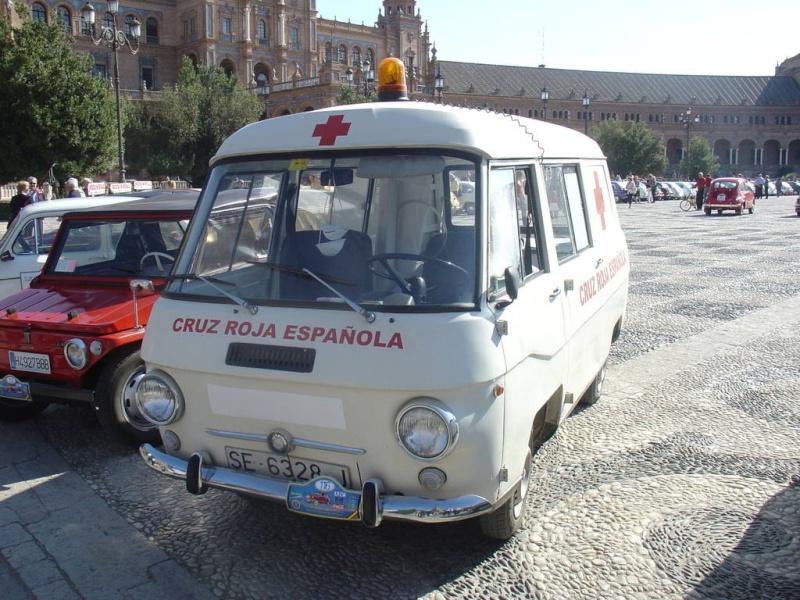


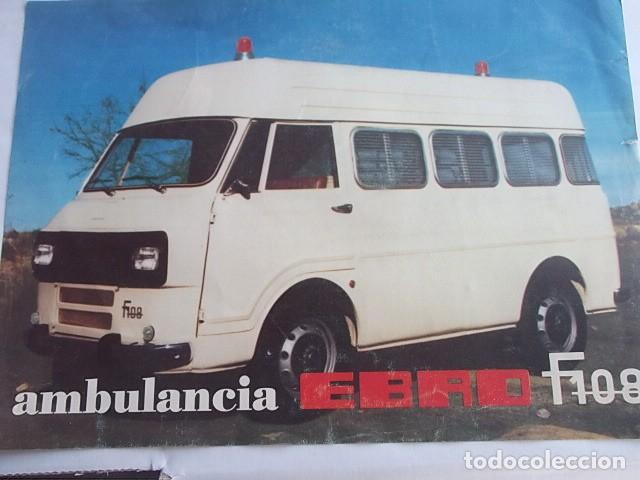

 EBRO F 108 Ambulances
EBRO F 108 Ambulances

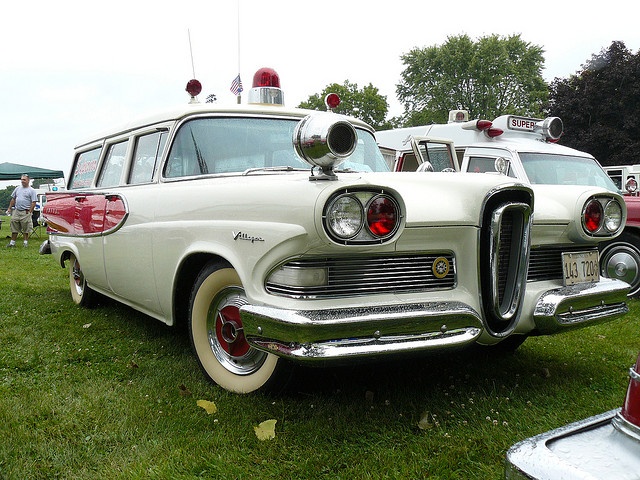

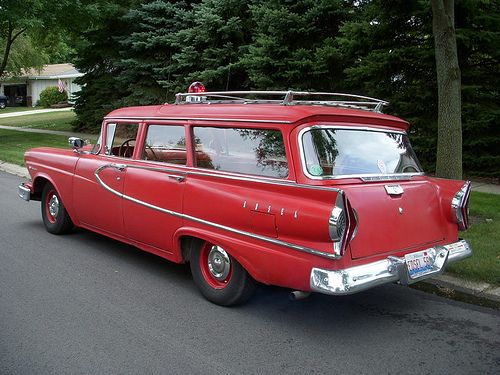




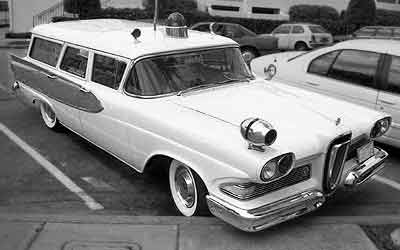

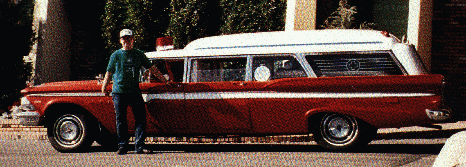


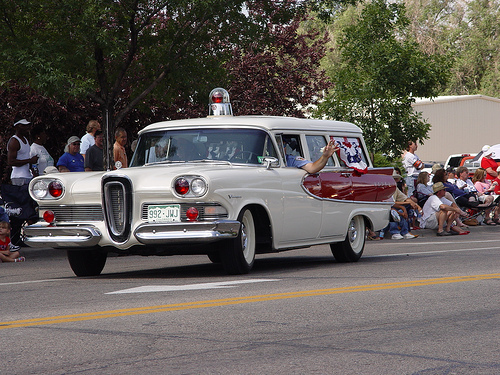
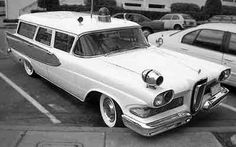
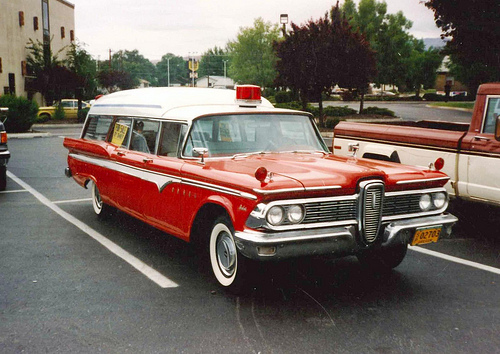

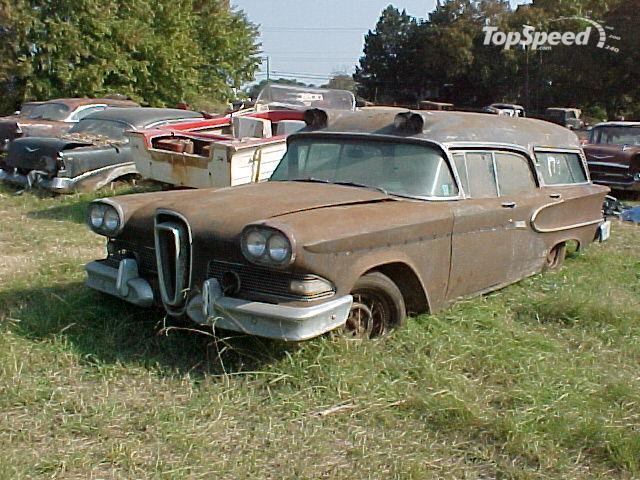

 Edsel Ambulances and a hearse from 1957, 1958 + 1959
Edsel Ambulances and a hearse from 1957, 1958 + 1959
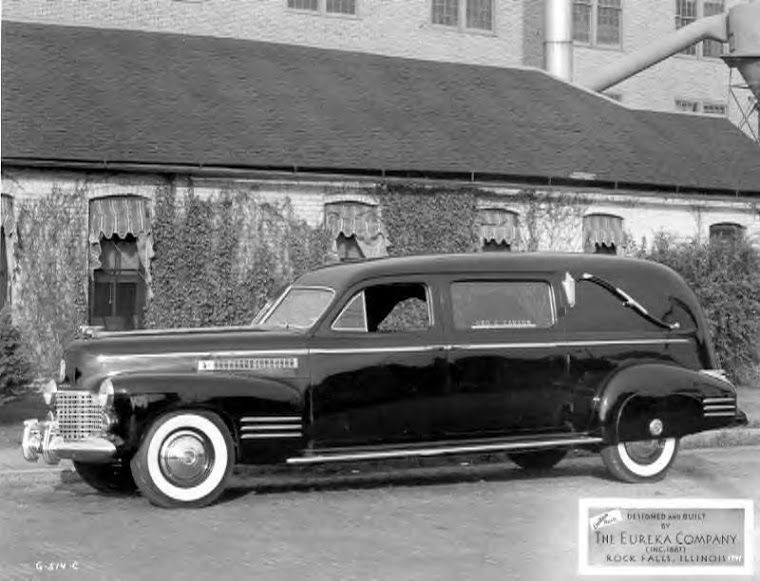

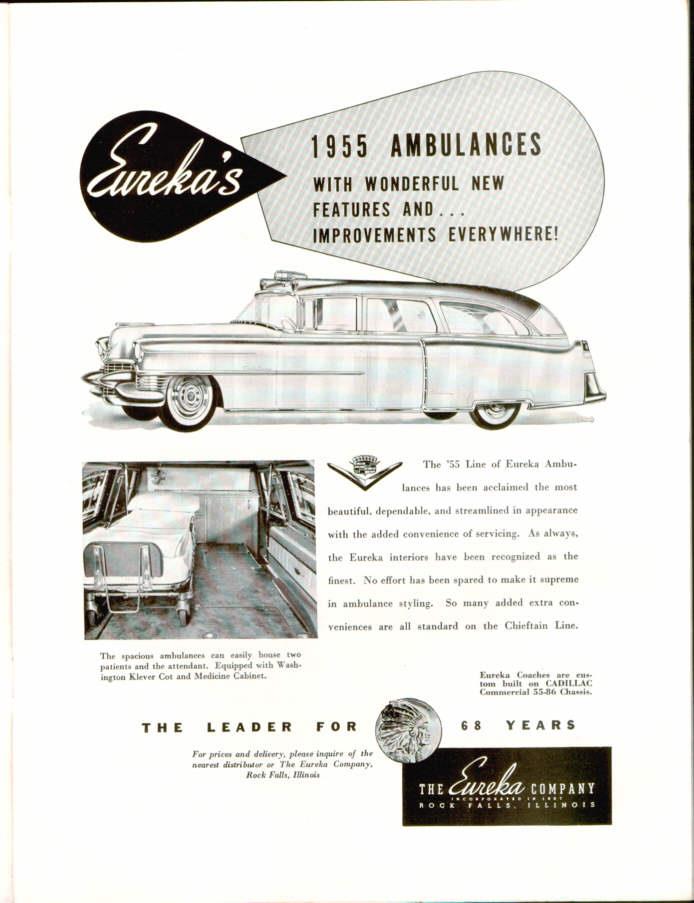



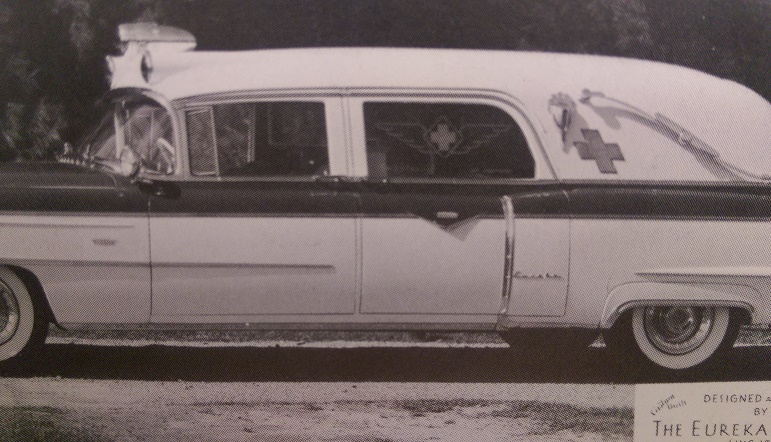



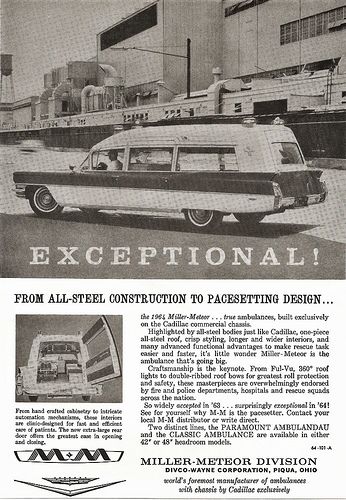









 Eureka Coachbuilders for Ambulances, Hearses and more from 1933 till recent
Eureka Coachbuilders for Ambulances, Hearses and more from 1933 till recent









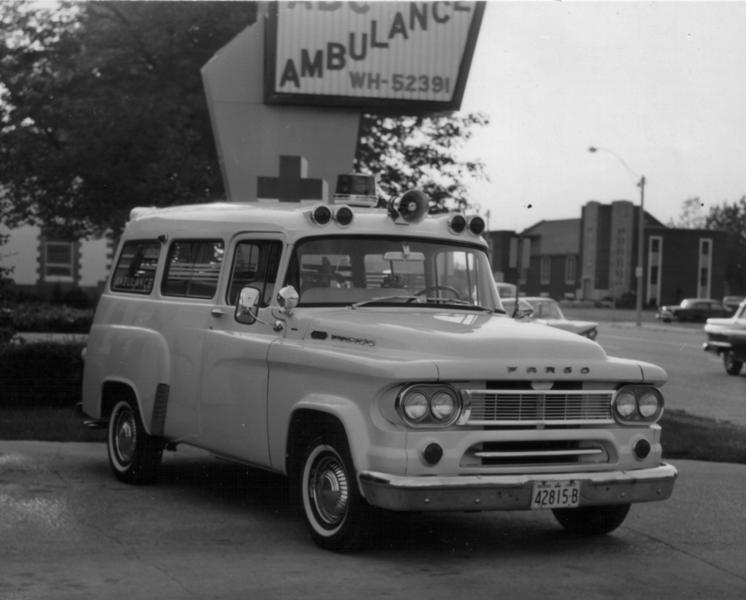


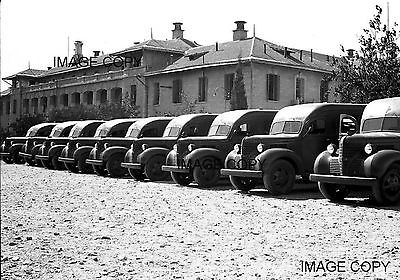

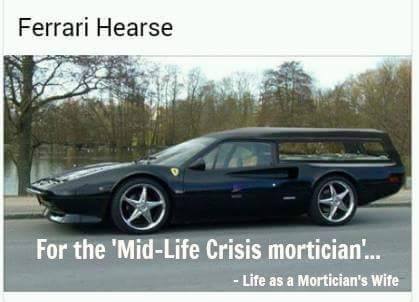



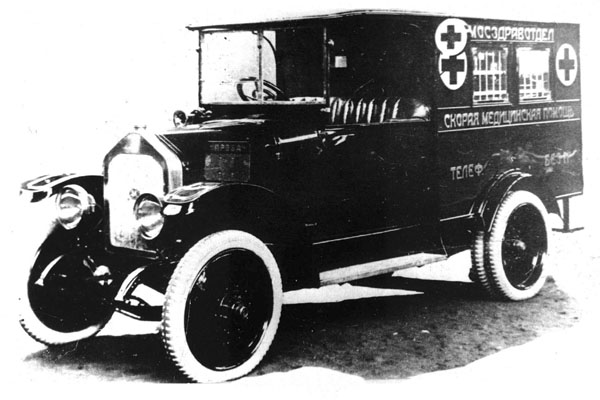


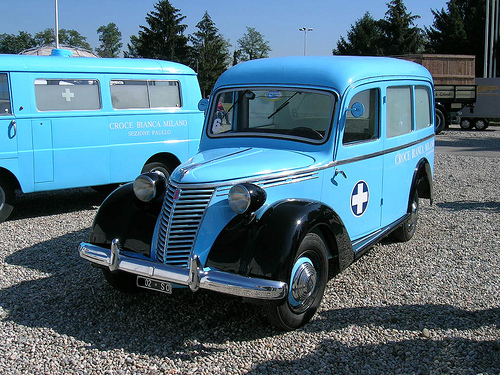

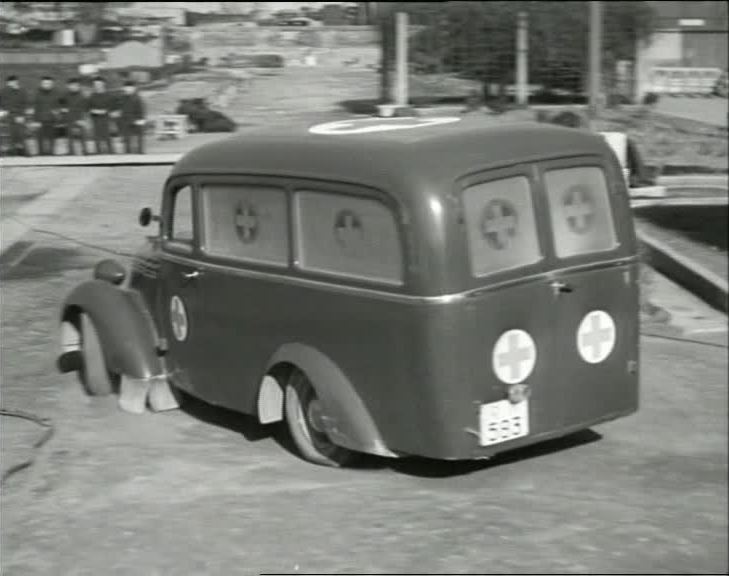


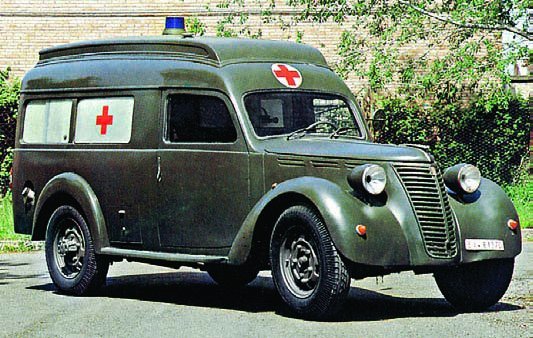







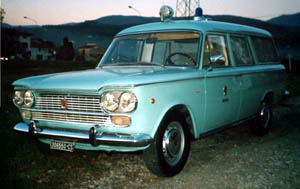




















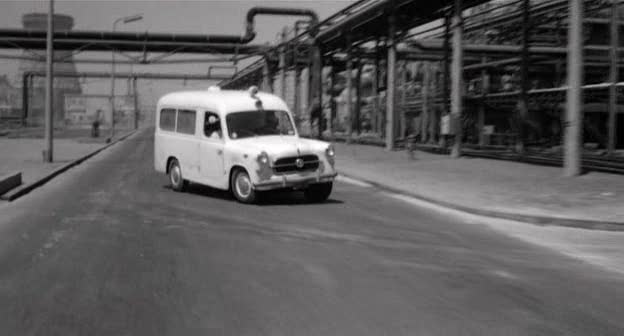

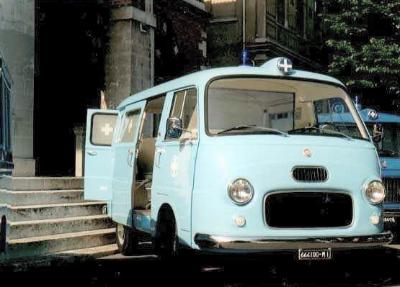

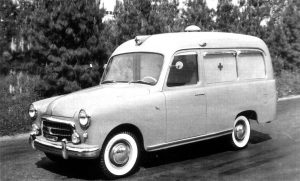
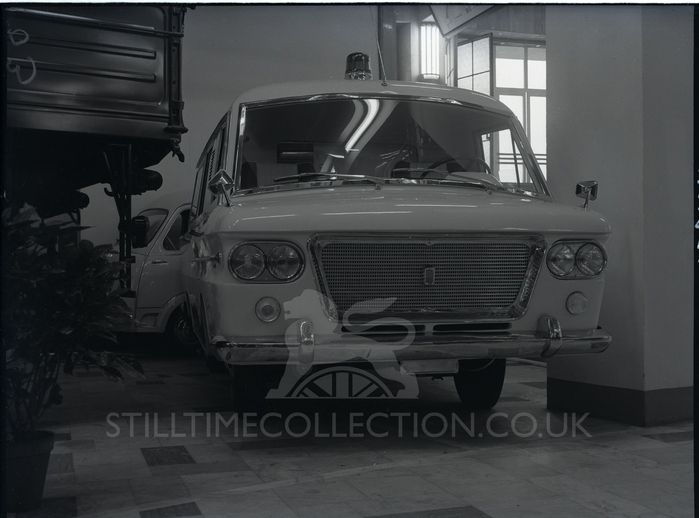
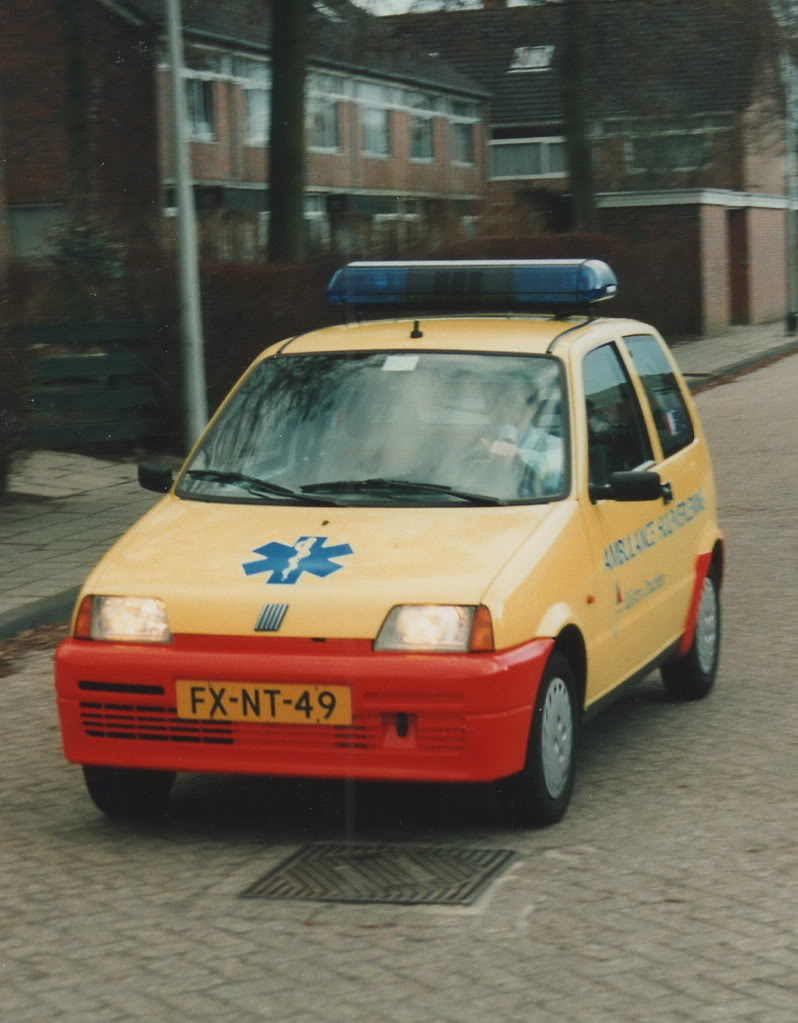








 Fiat Ambulances from begin 1900 till recent!!
Fiat Ambulances from begin 1900 till recent!!

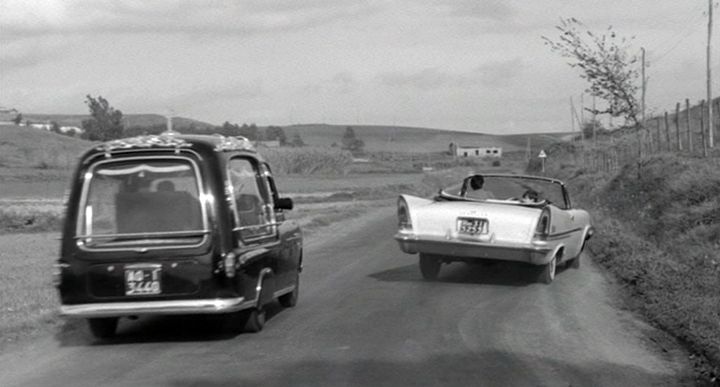
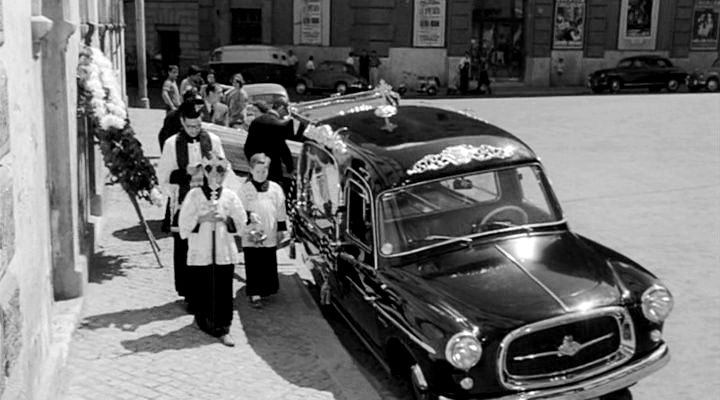


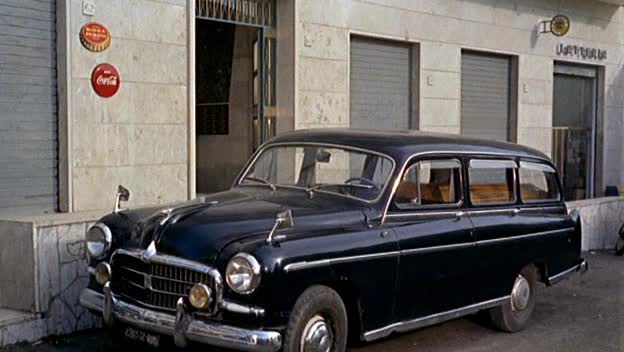




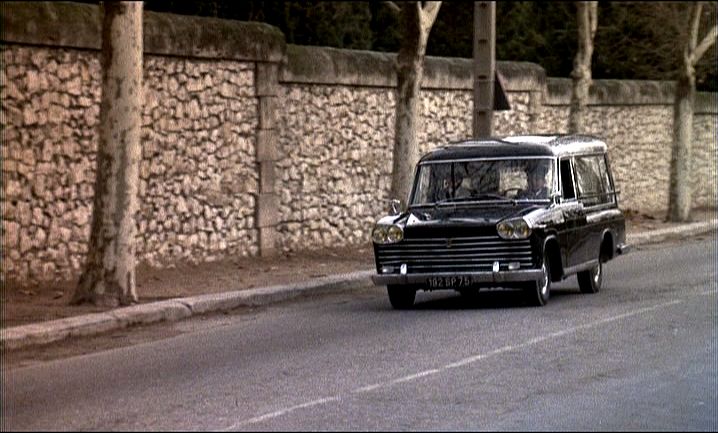



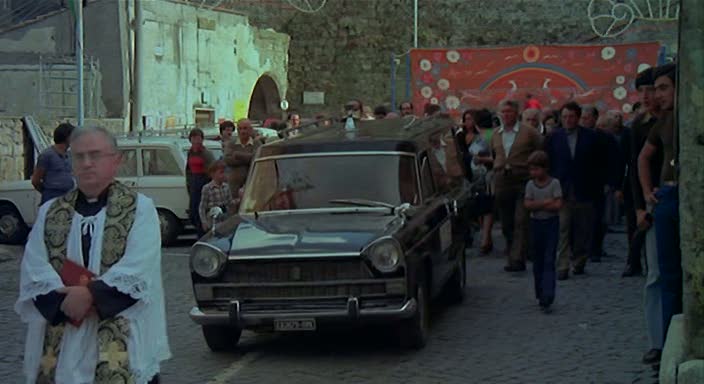
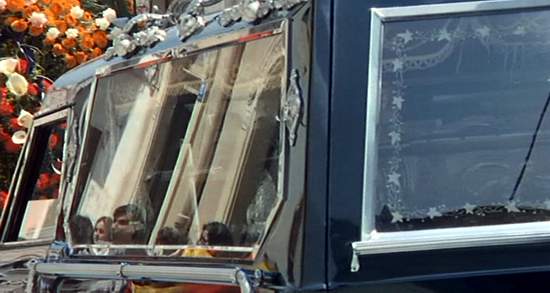

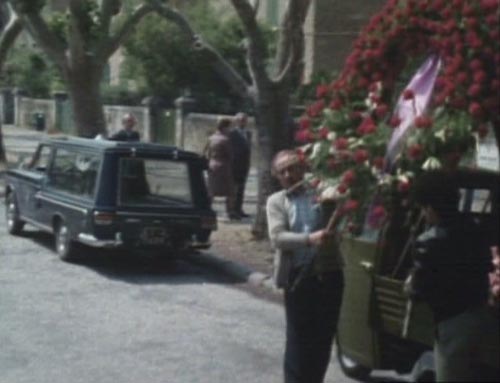
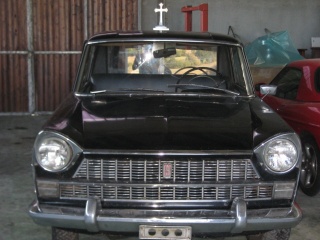


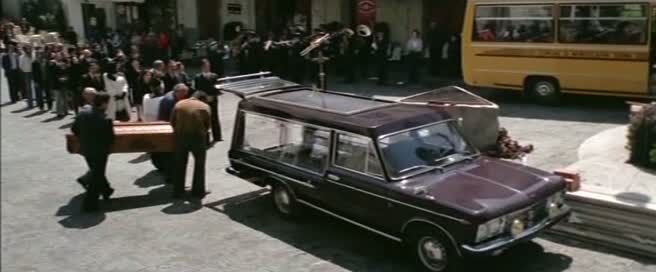
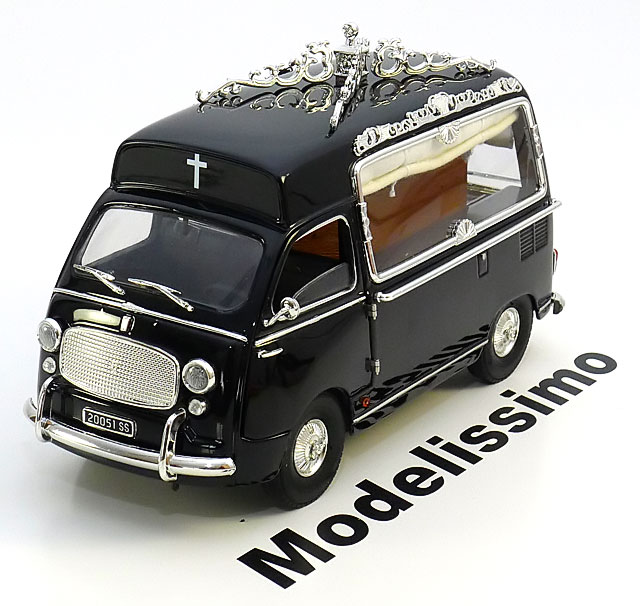
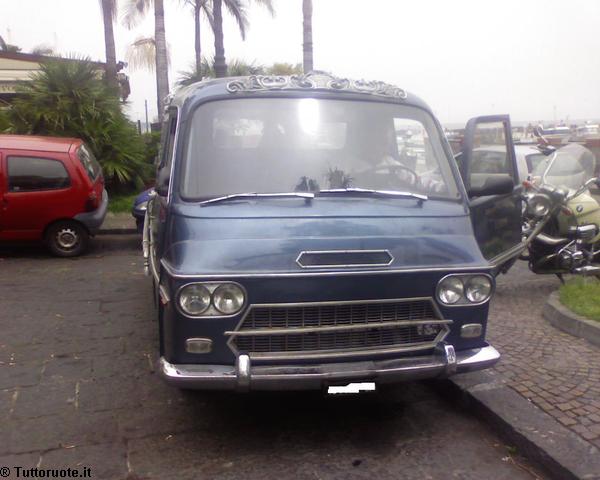






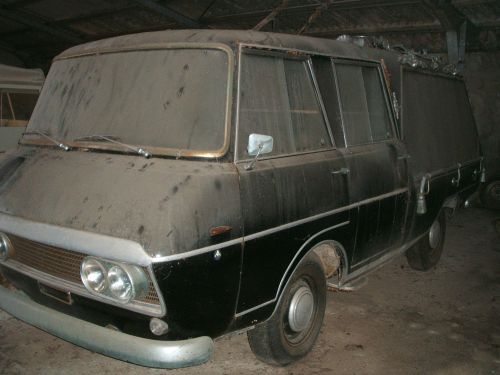

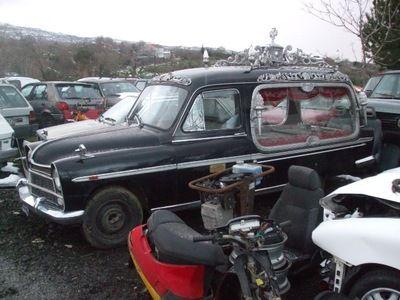




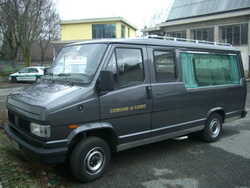

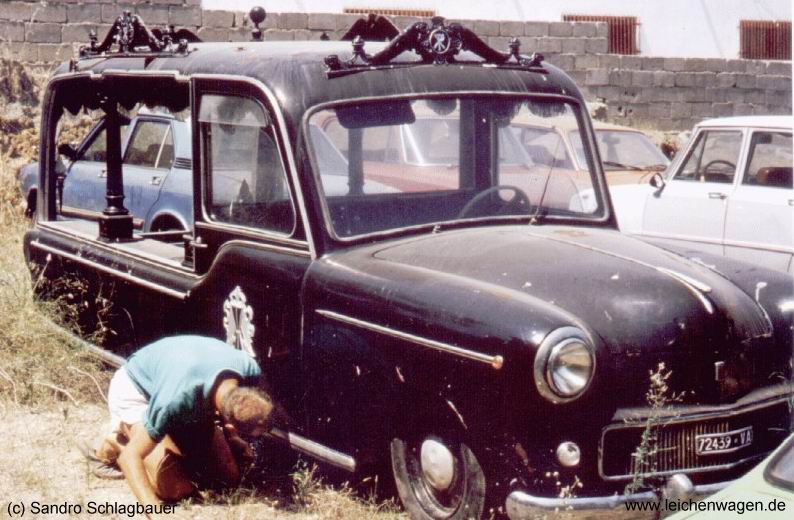




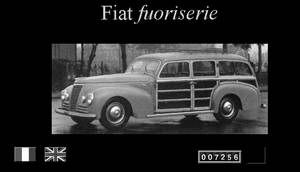


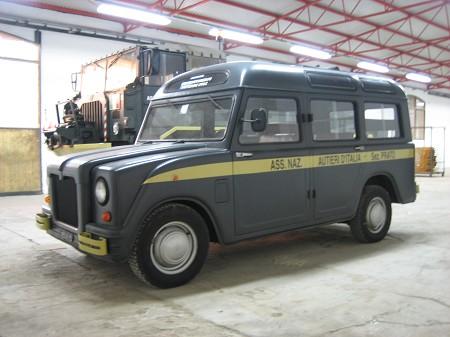





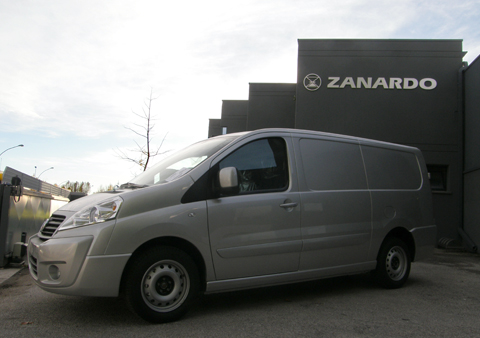
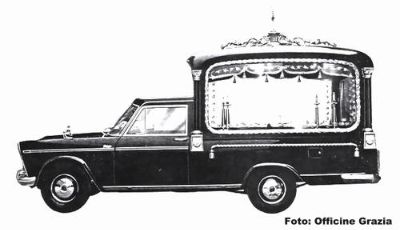
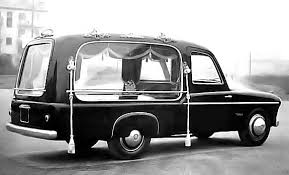

 FIAT Hearses – auto Funebres
FIAT Hearses – auto Funebres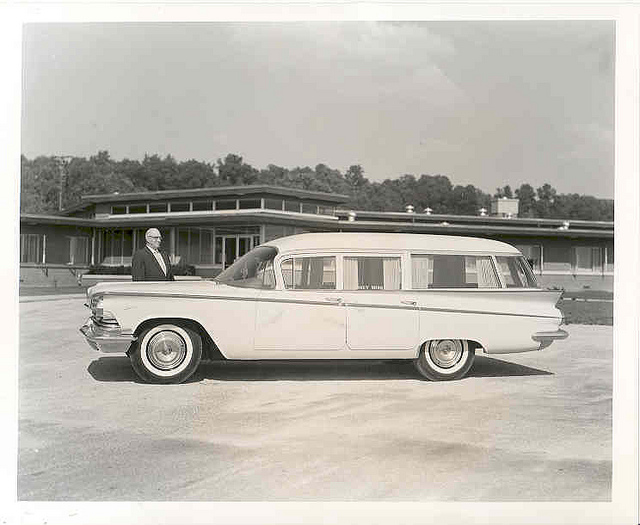


 Flxette ambulances on Buick chassis
Flxette ambulances on Buick chassis


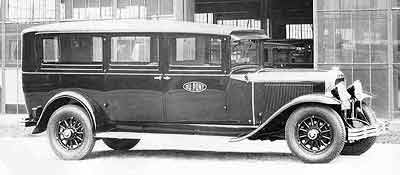

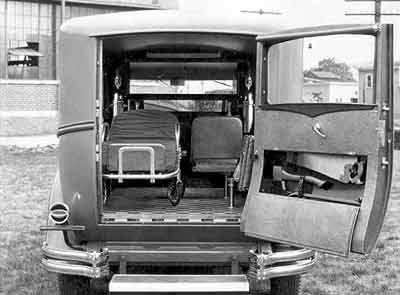



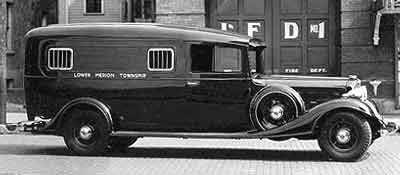


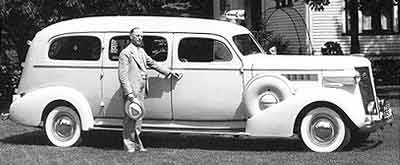

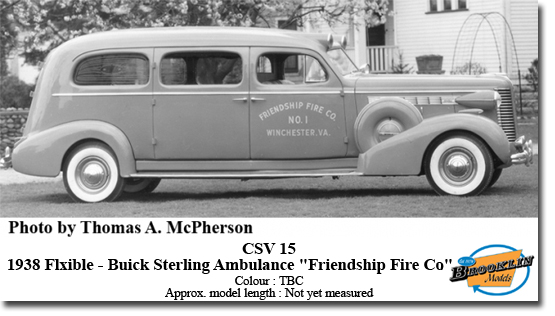


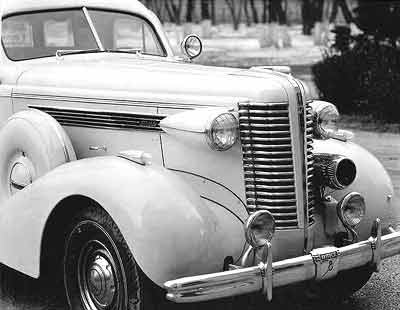

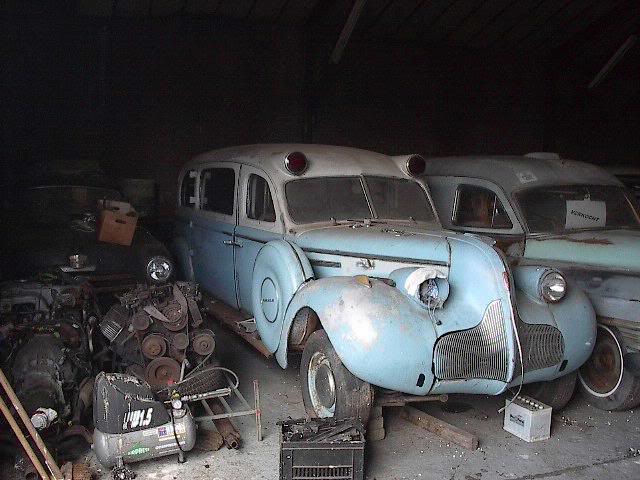

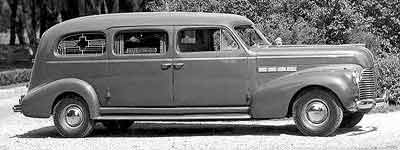


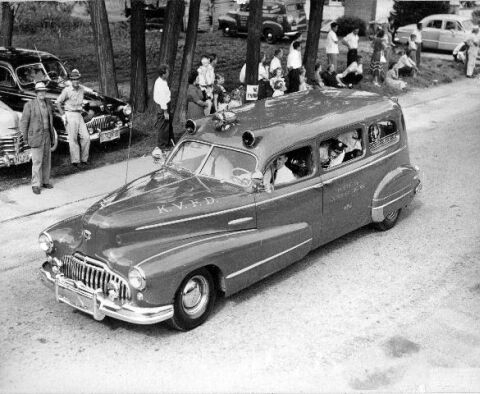


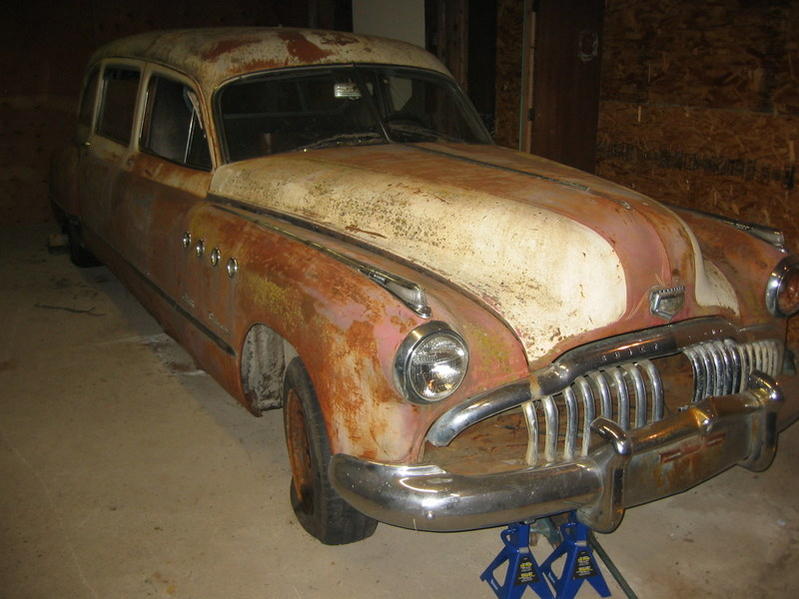
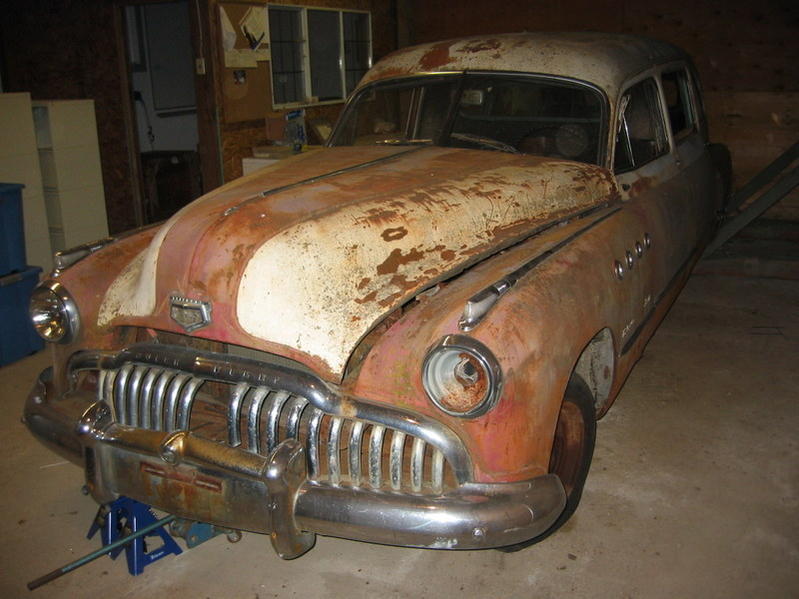

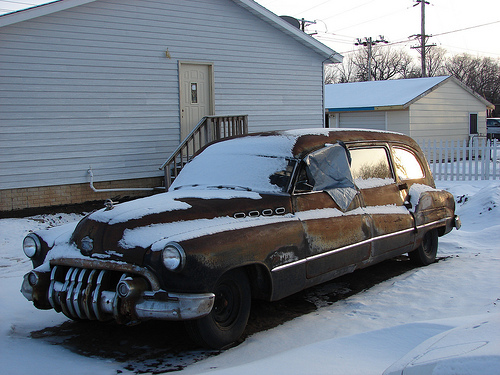


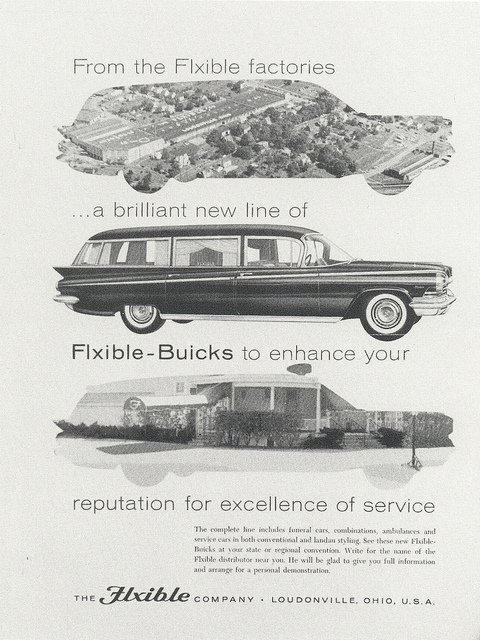


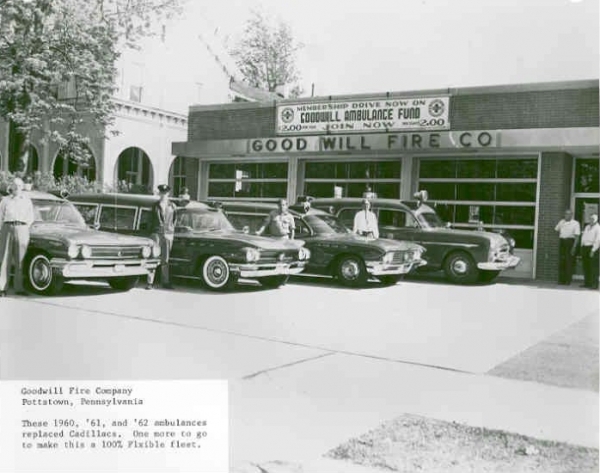



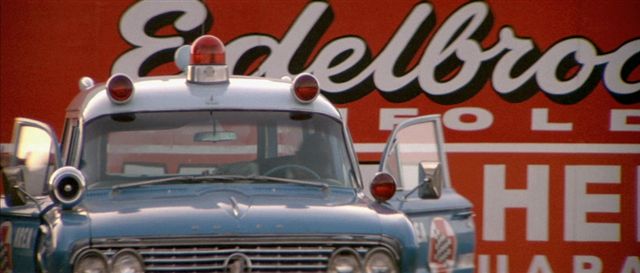
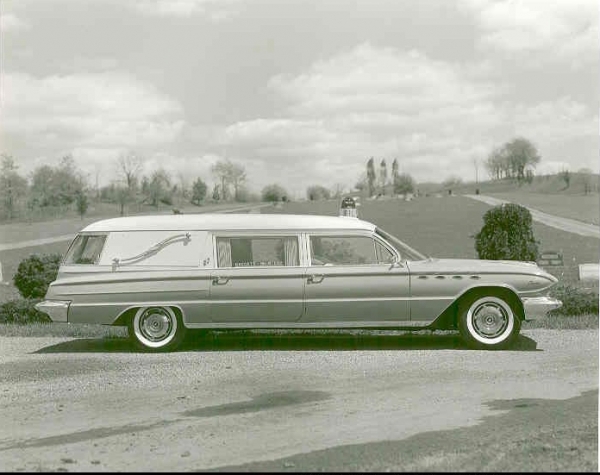
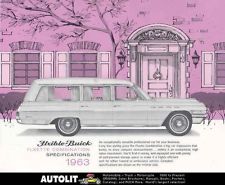
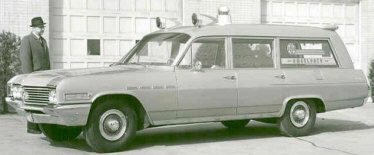
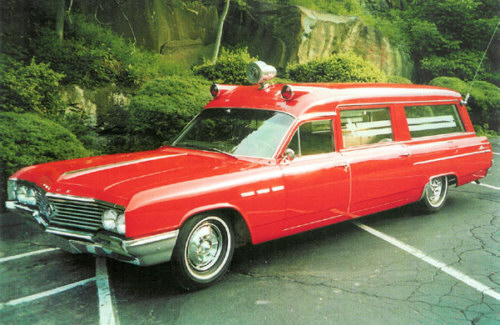

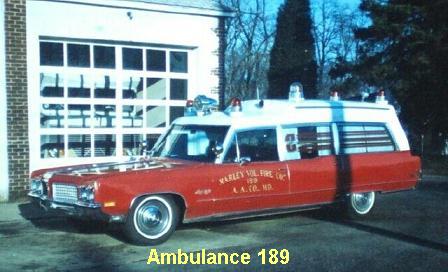
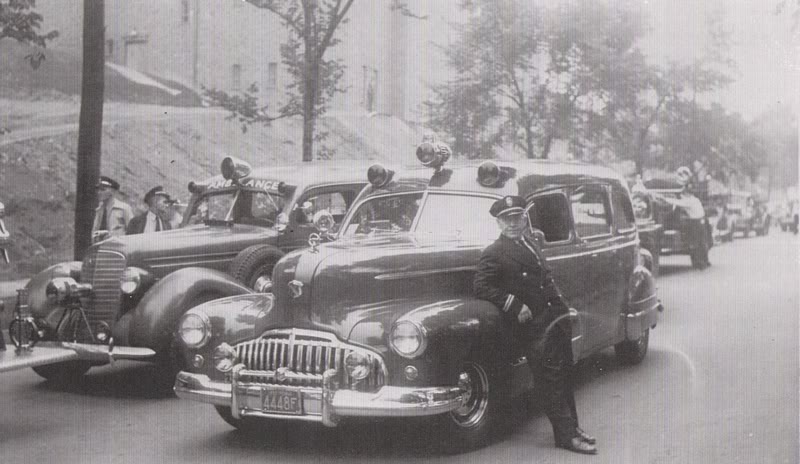









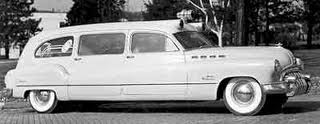
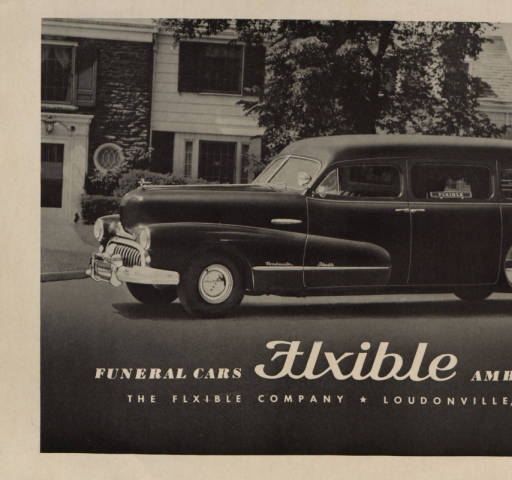

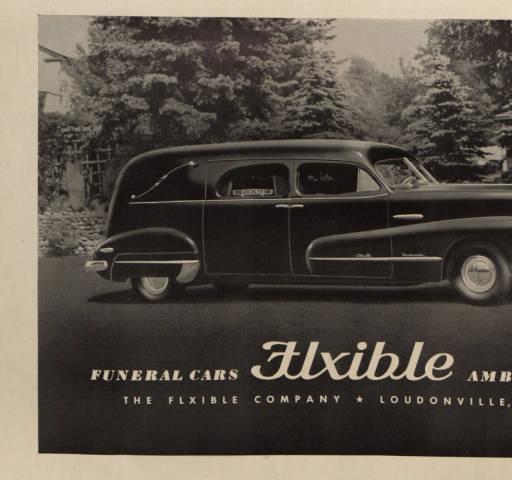
 Flxible Ambulances + Hearses mostly on Buick chassis
Flxible Ambulances + Hearses mostly on Buick chassis
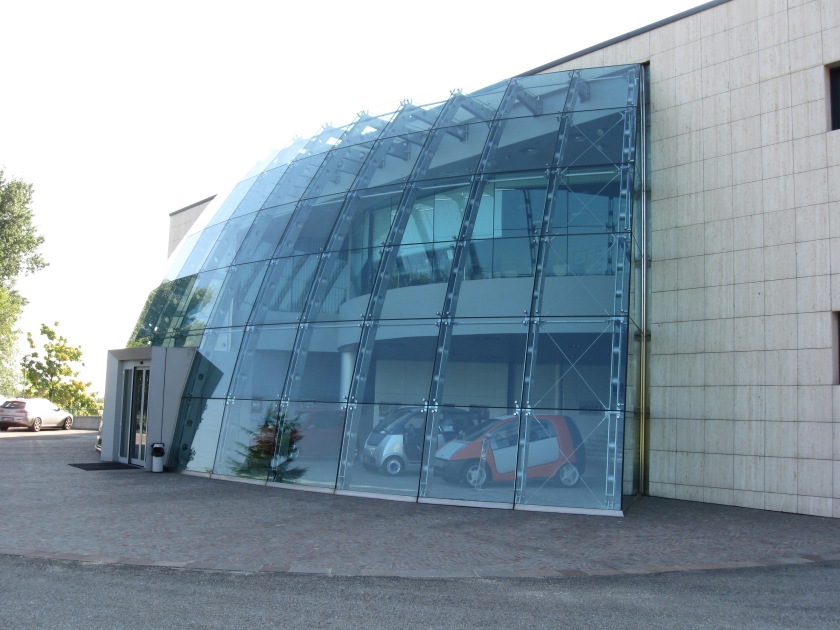
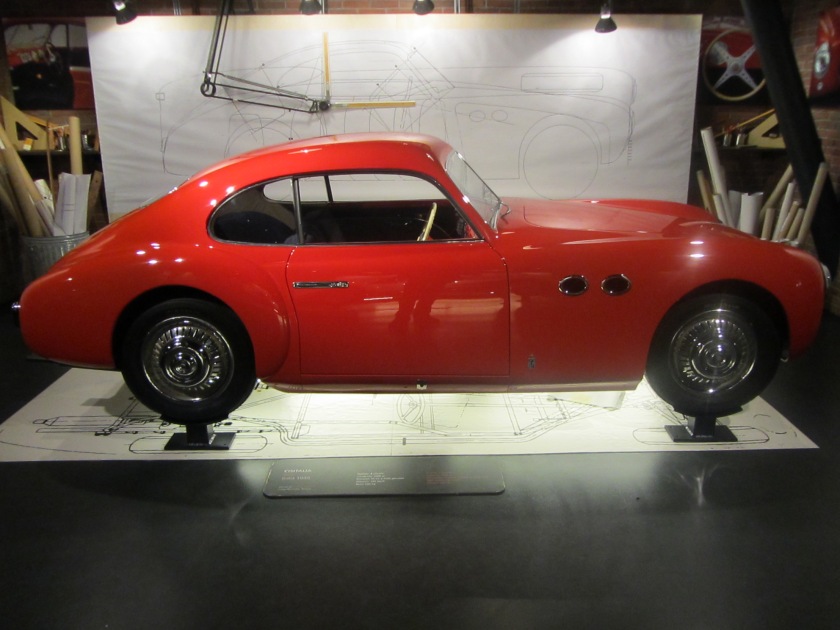
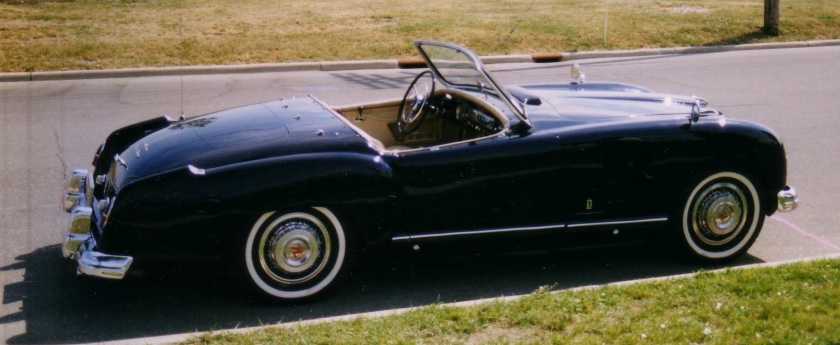
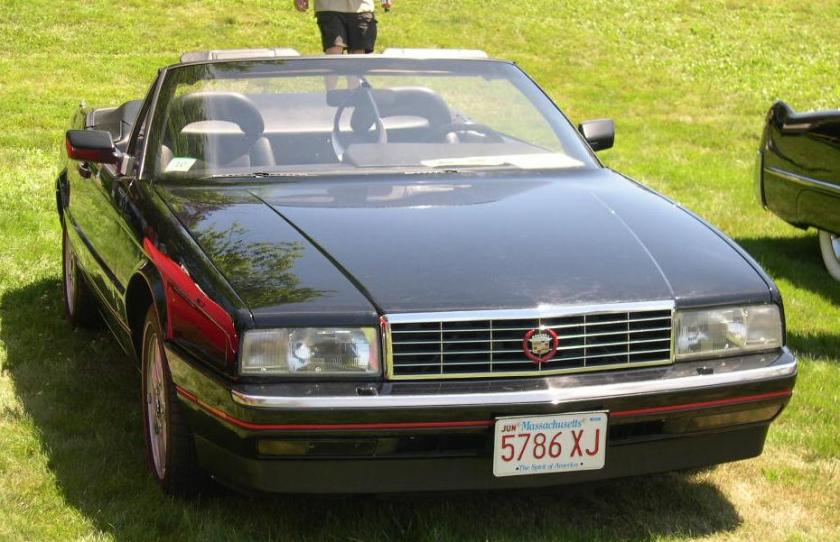
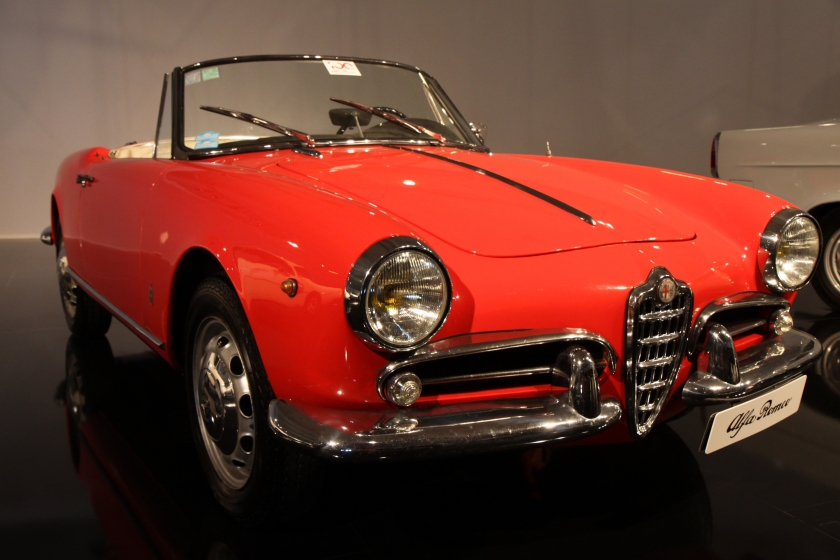
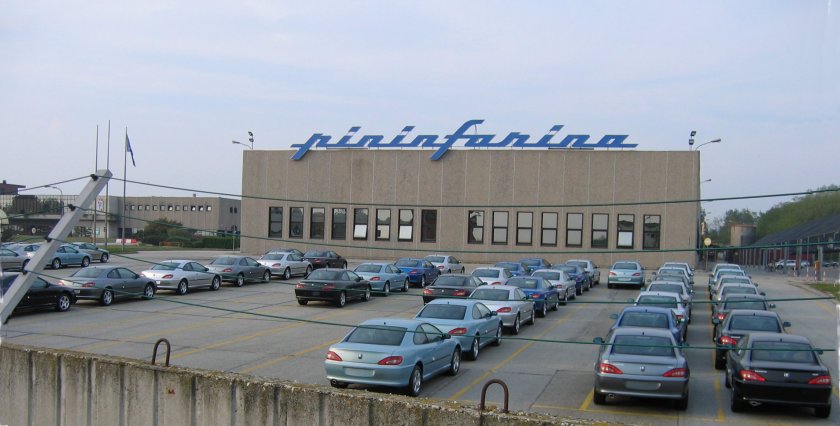
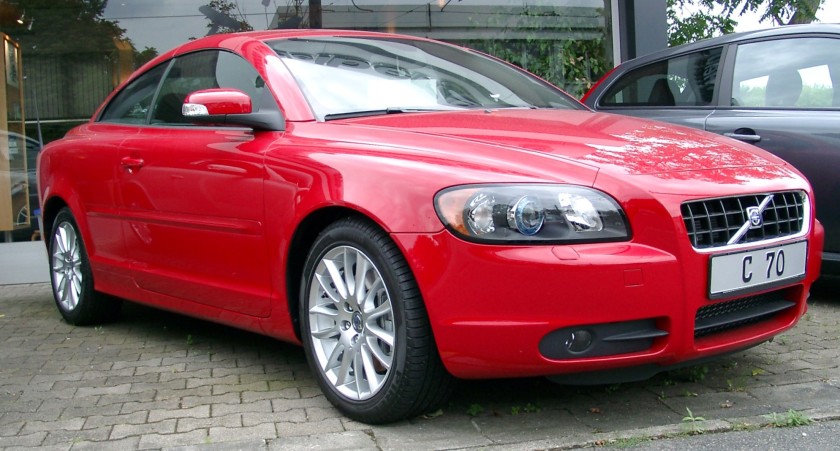


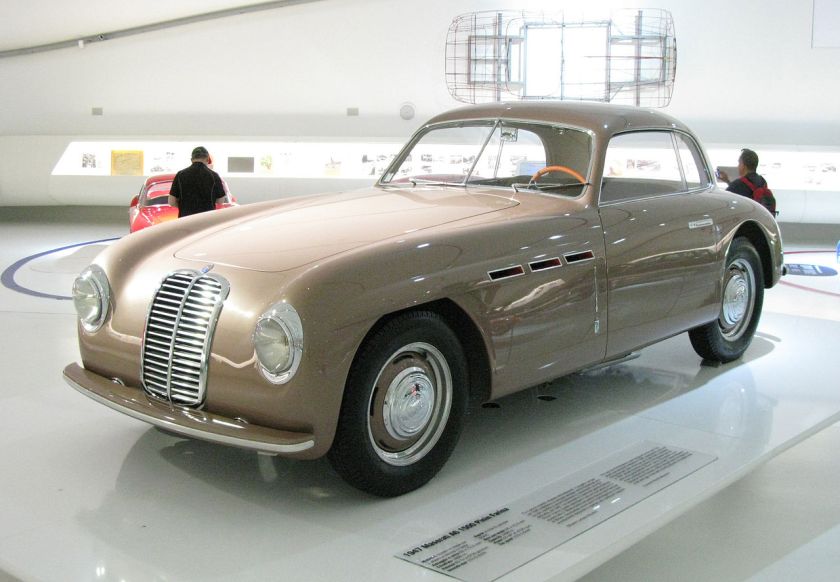
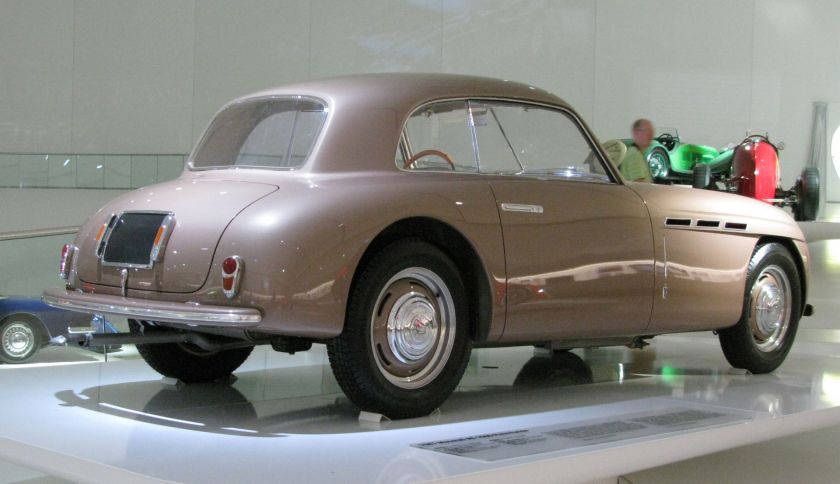
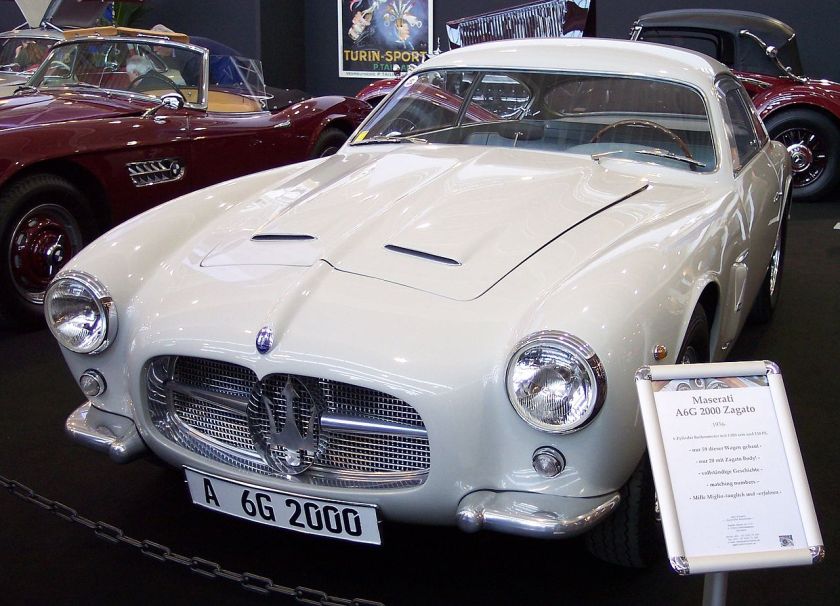
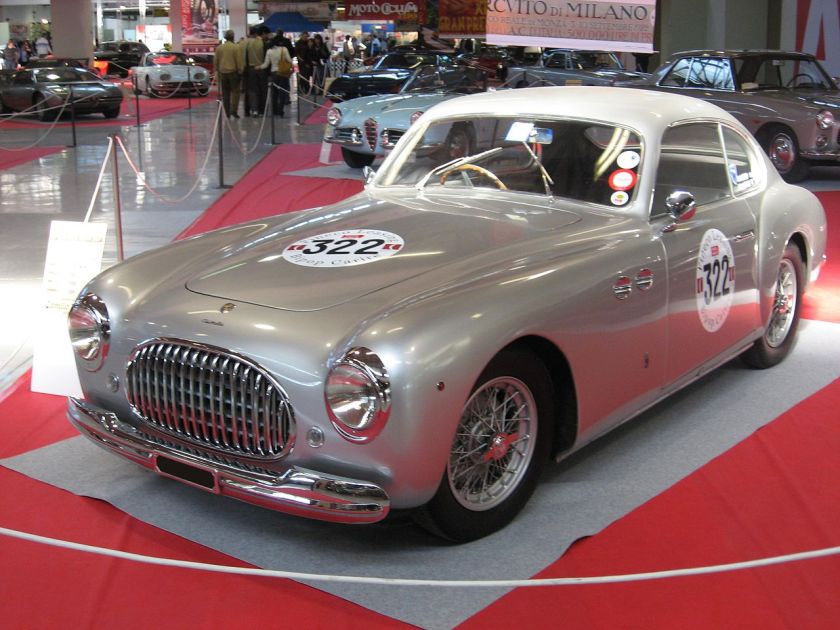
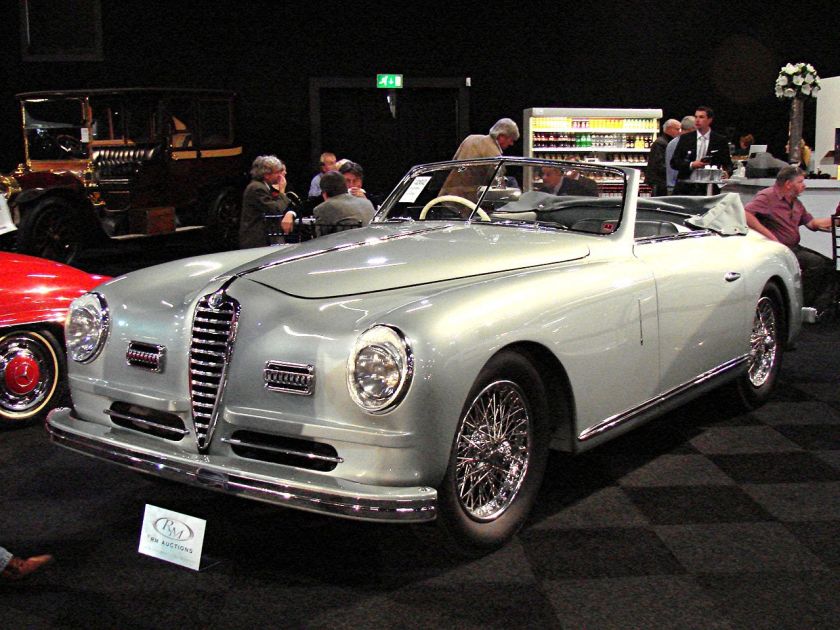
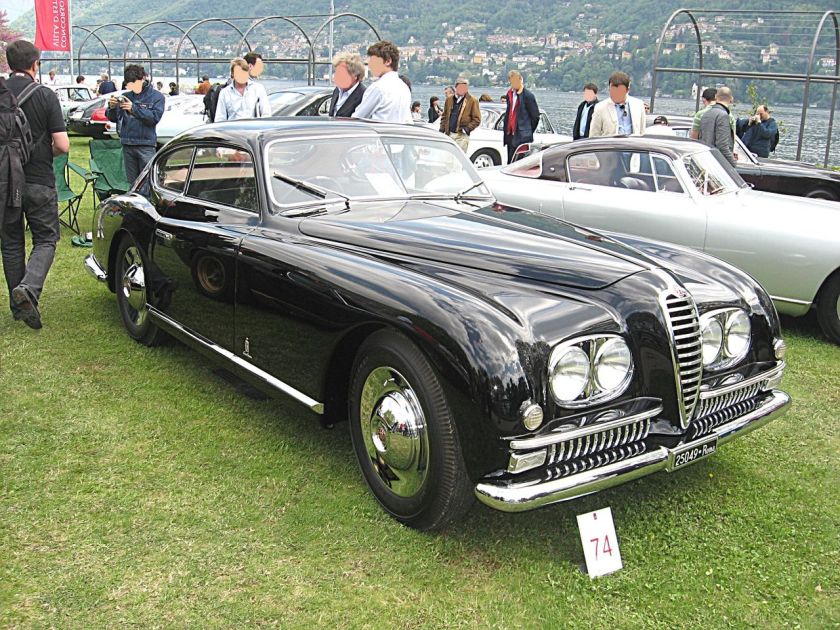
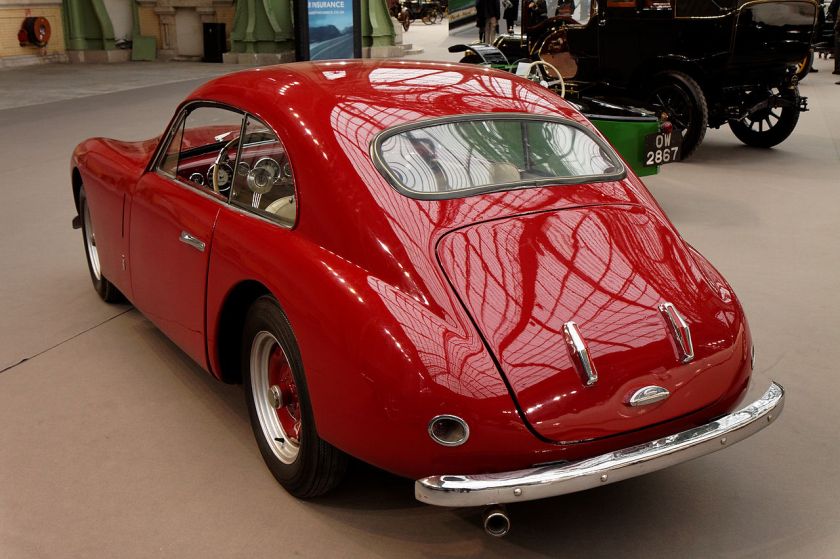
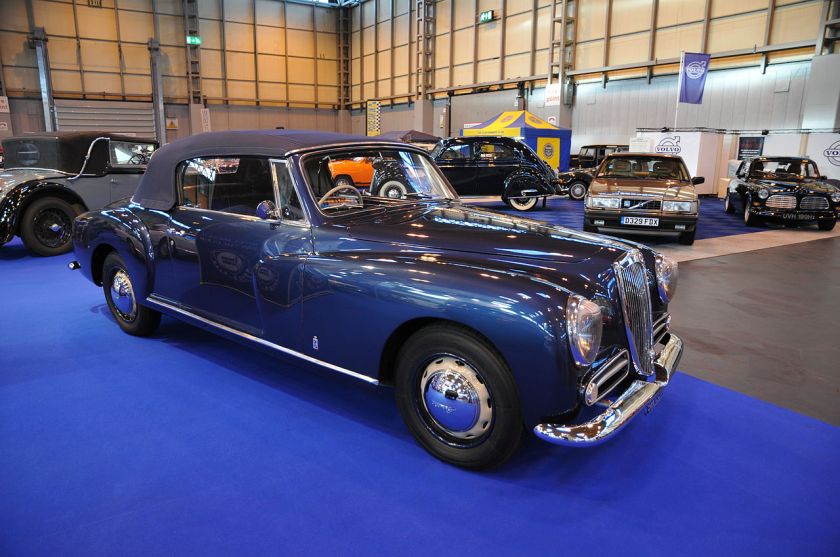
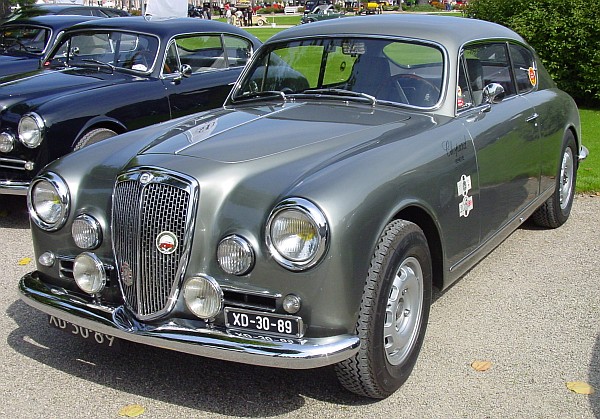
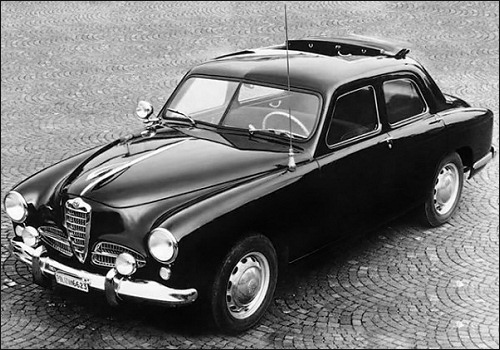
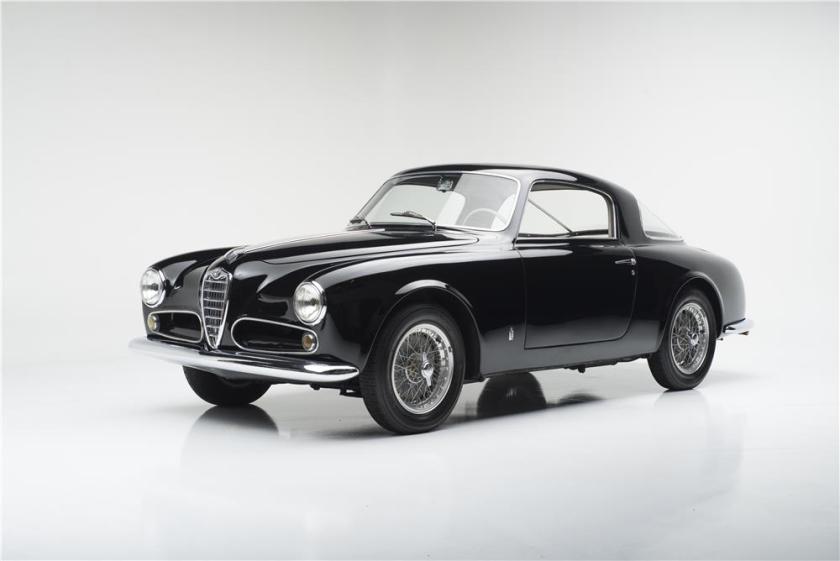
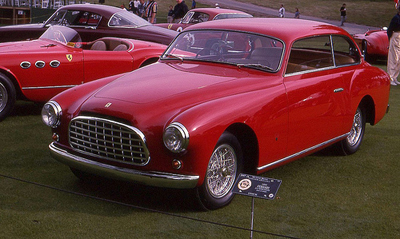
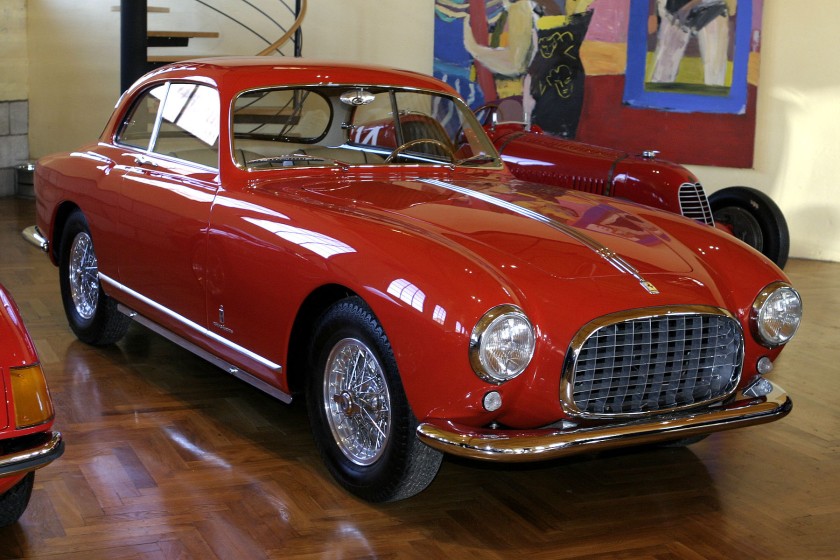
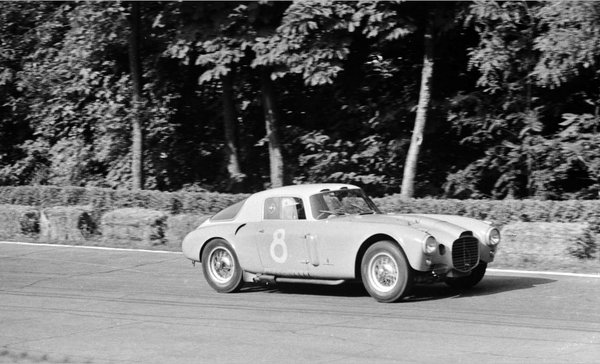
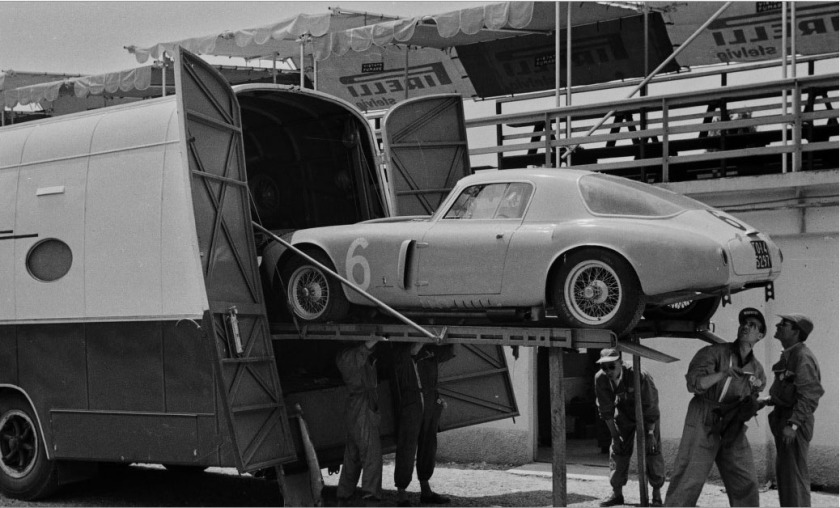
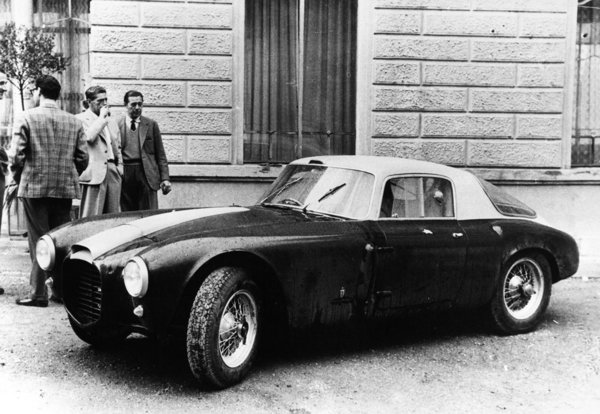
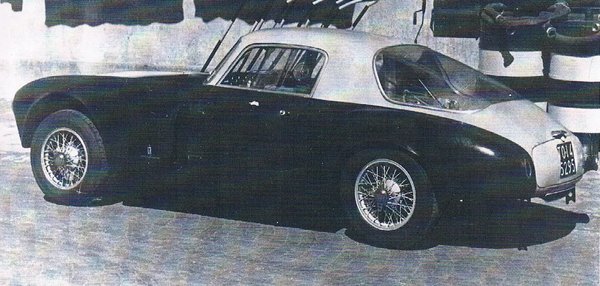
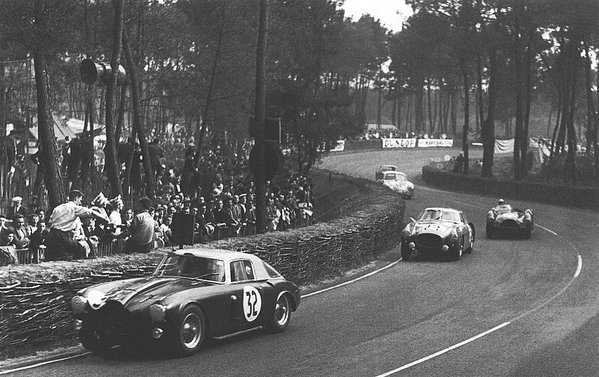
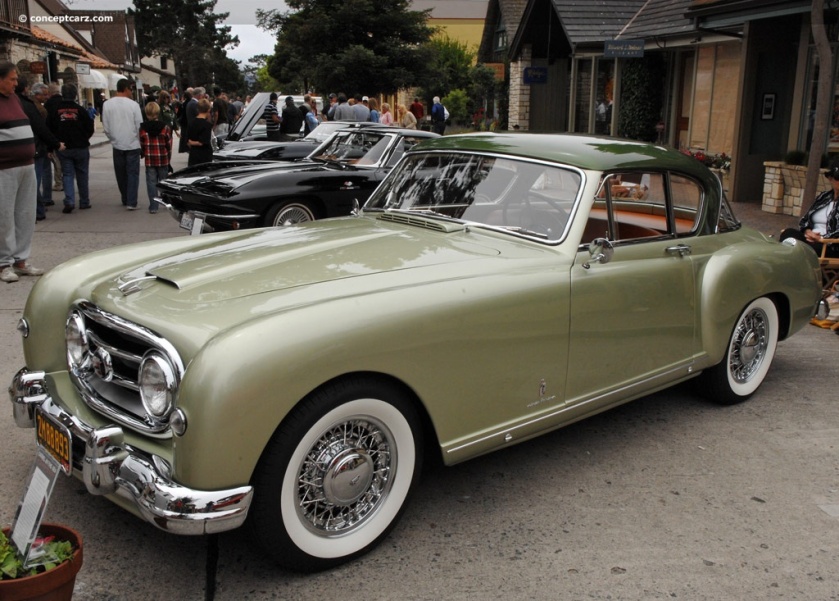
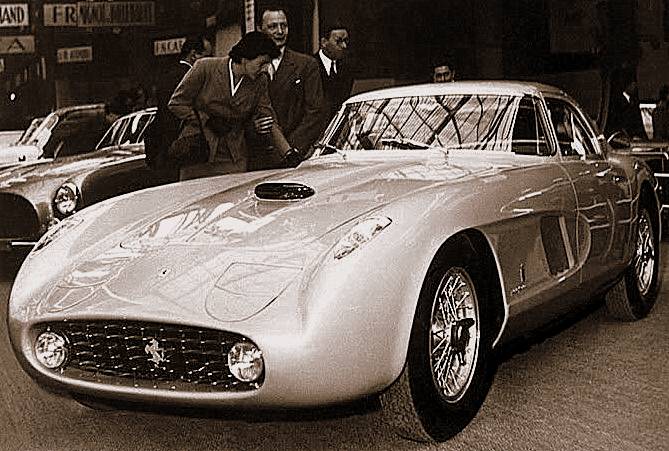
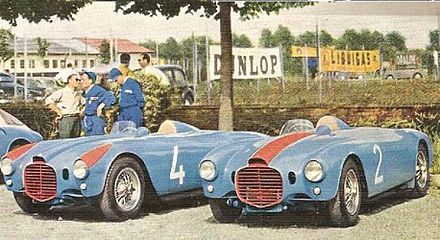
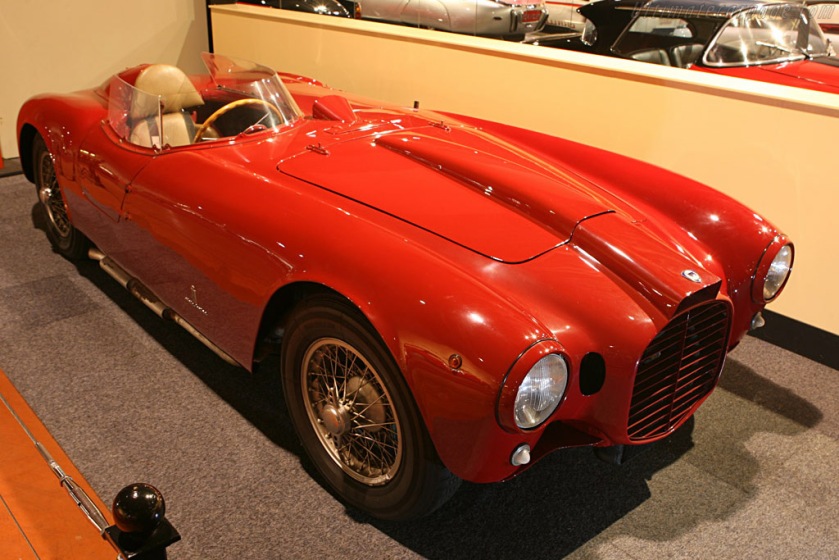
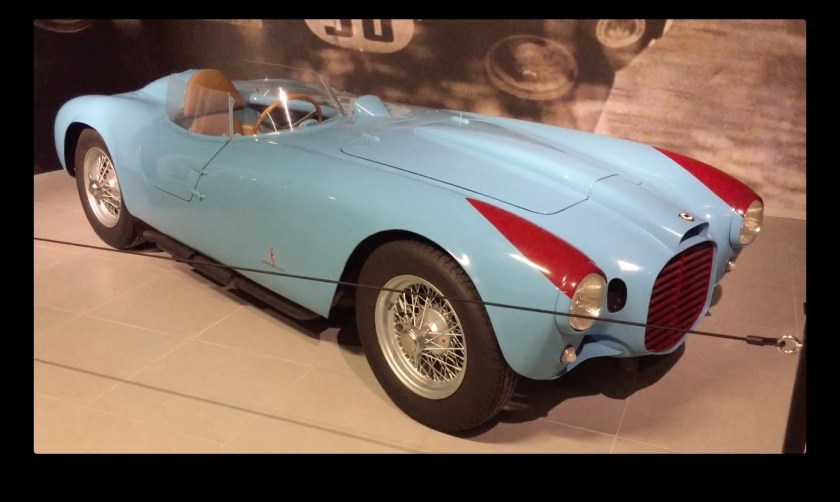
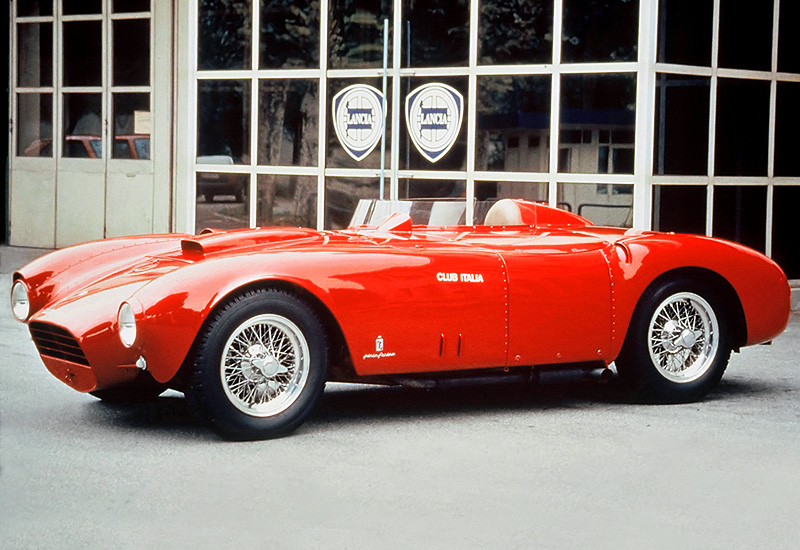
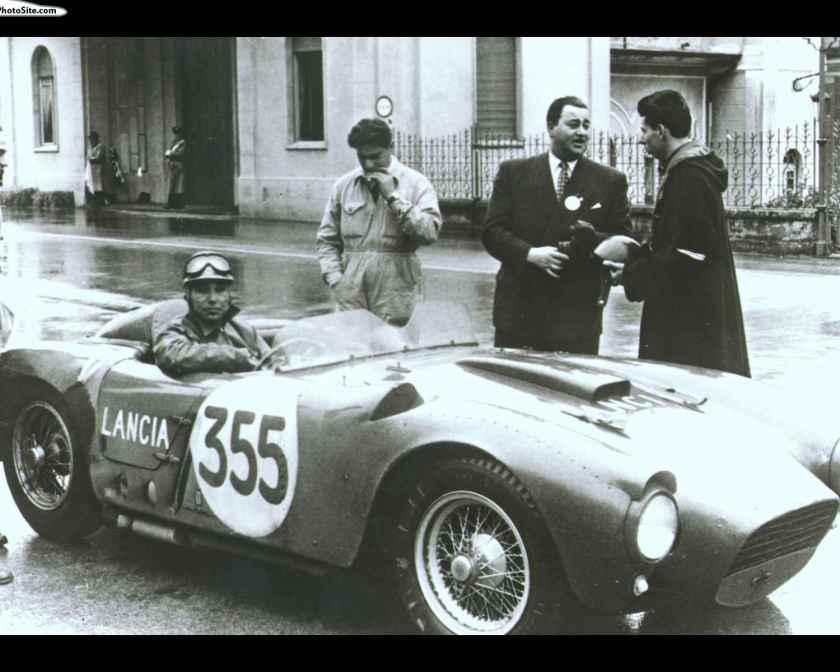
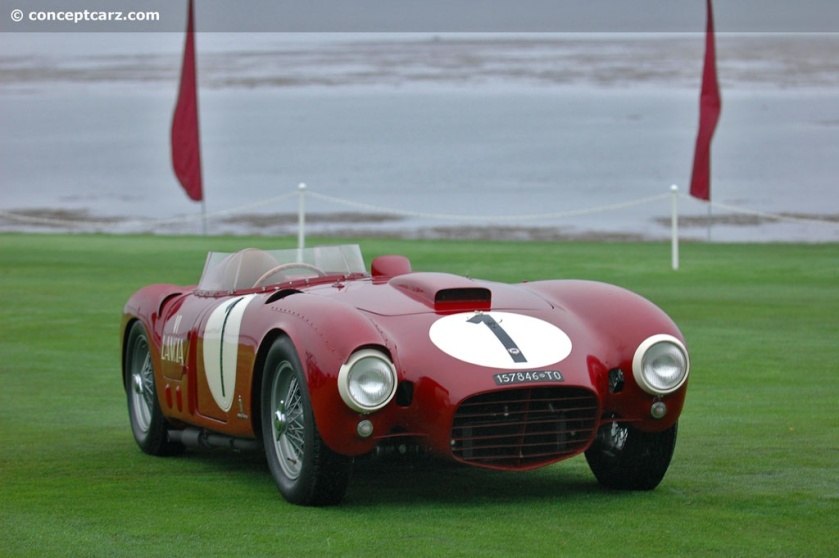
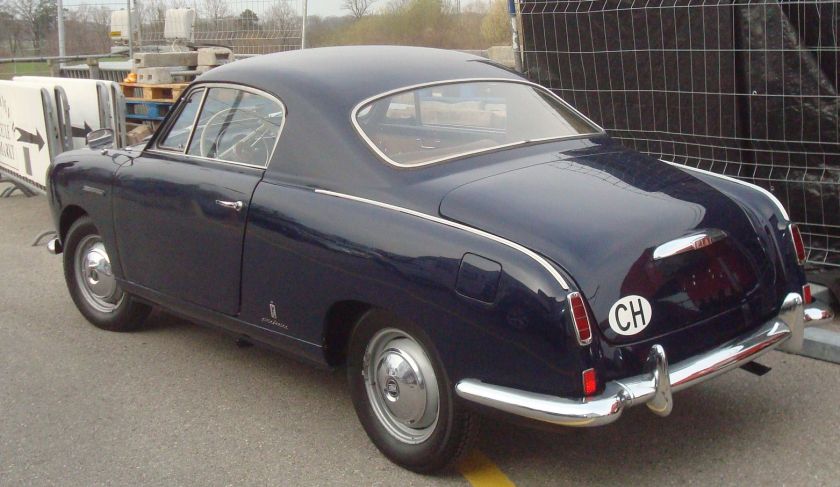
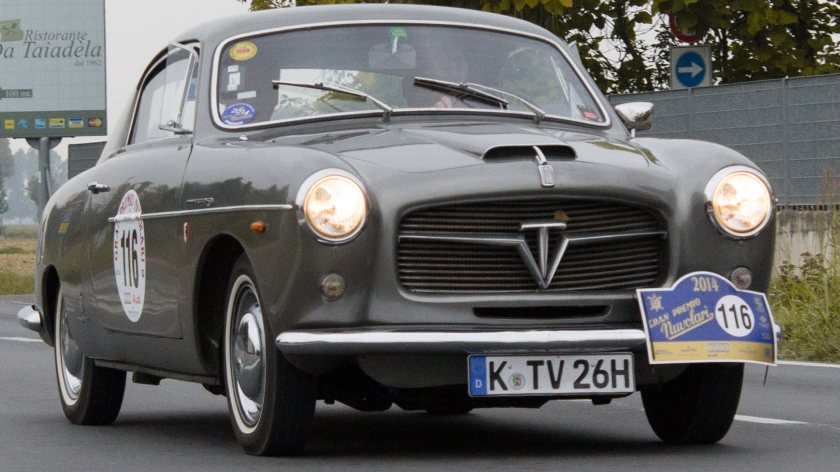
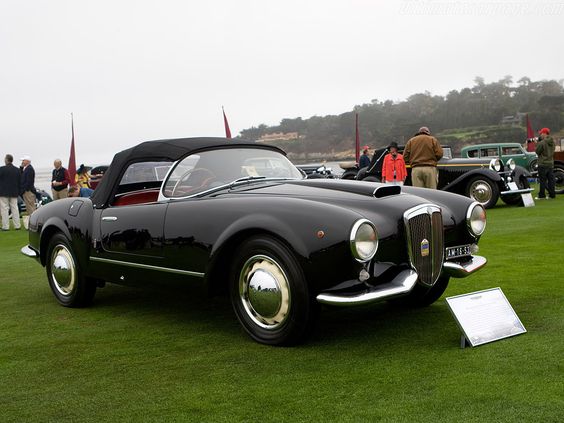
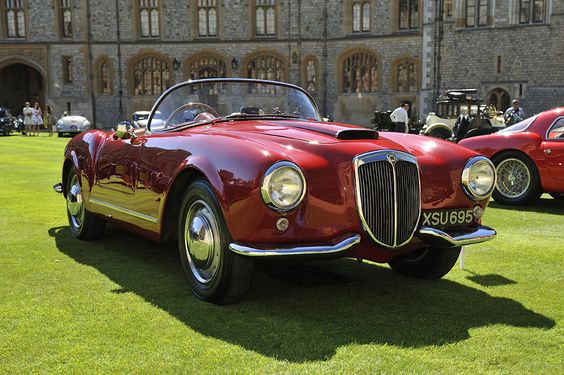
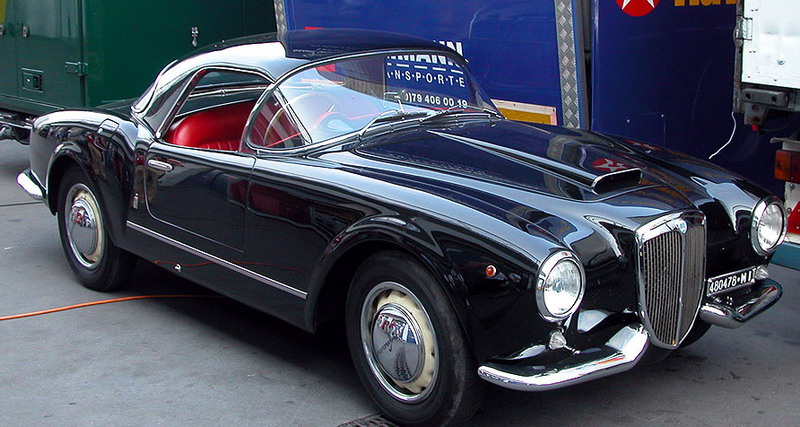
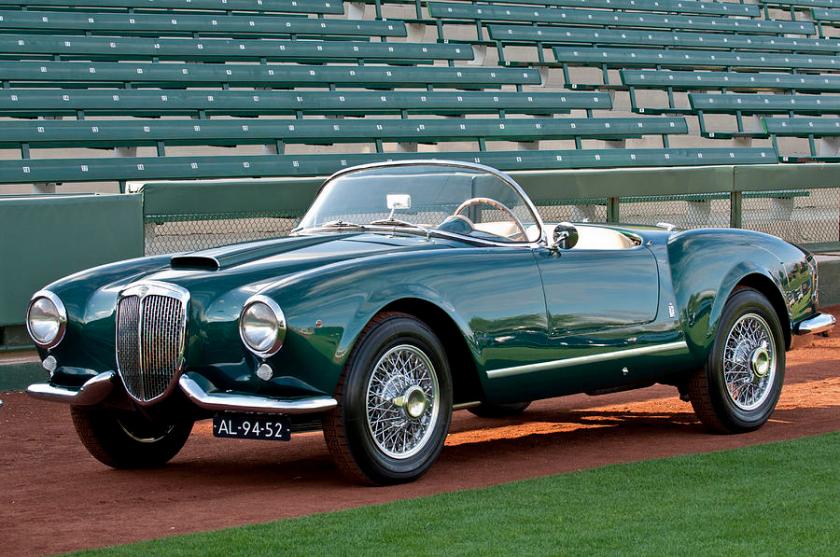
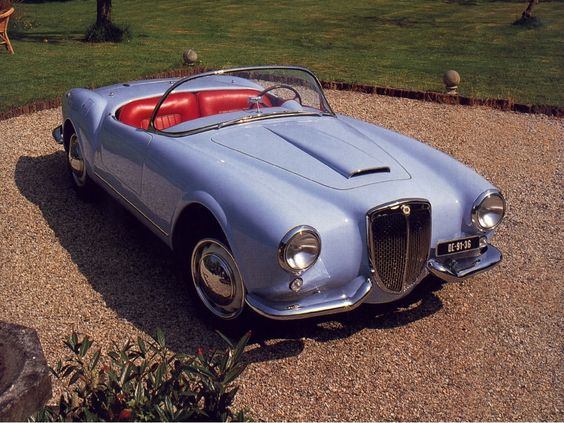
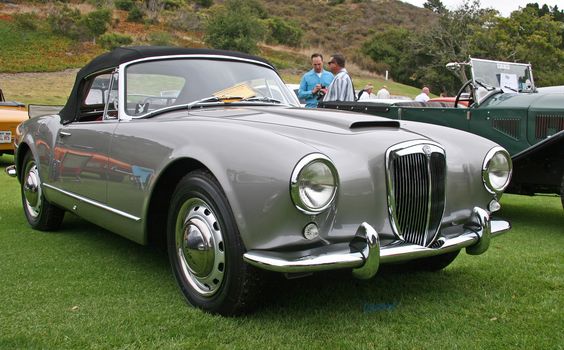
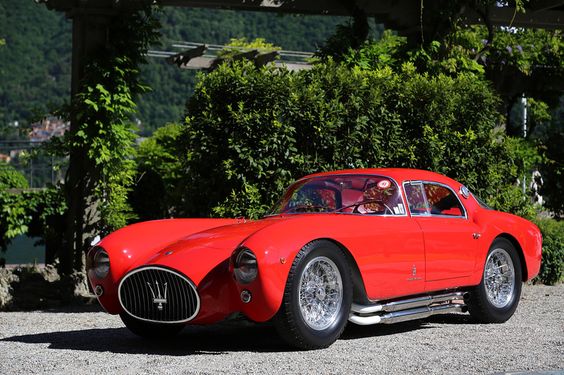
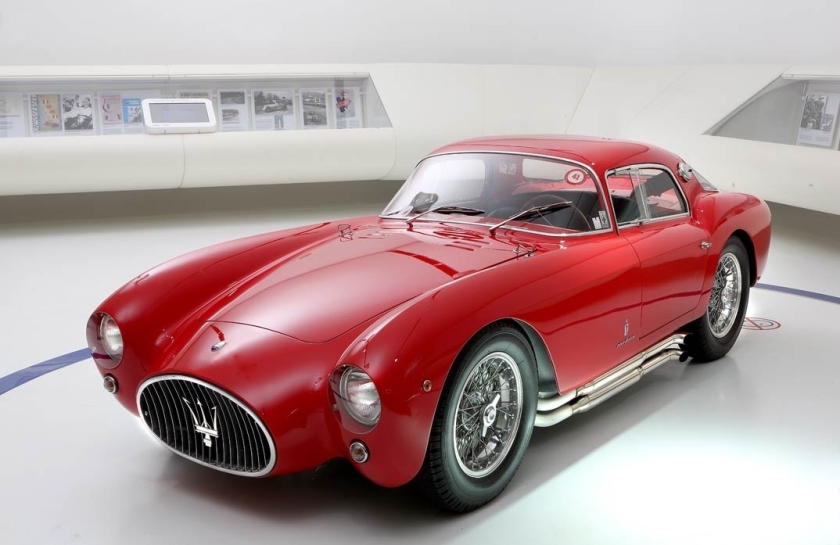
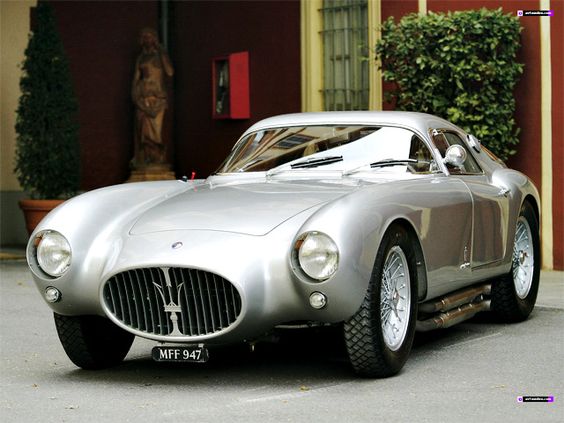
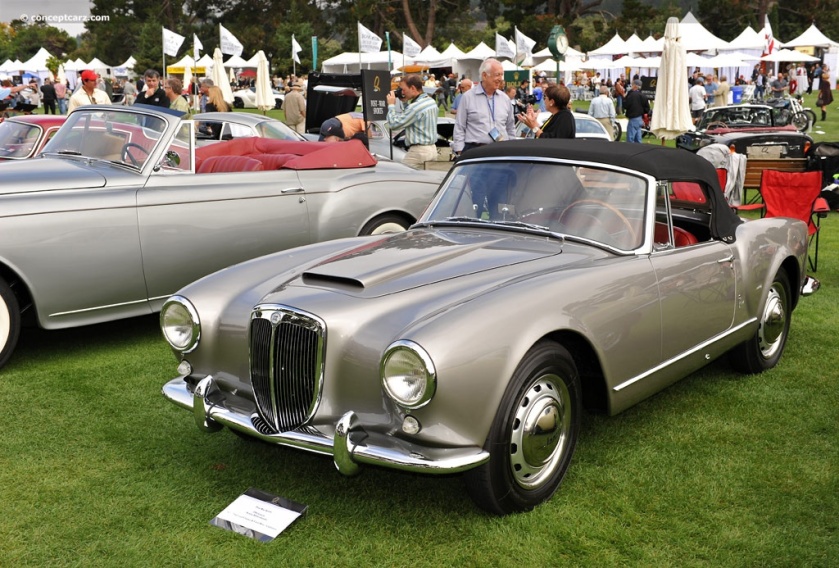
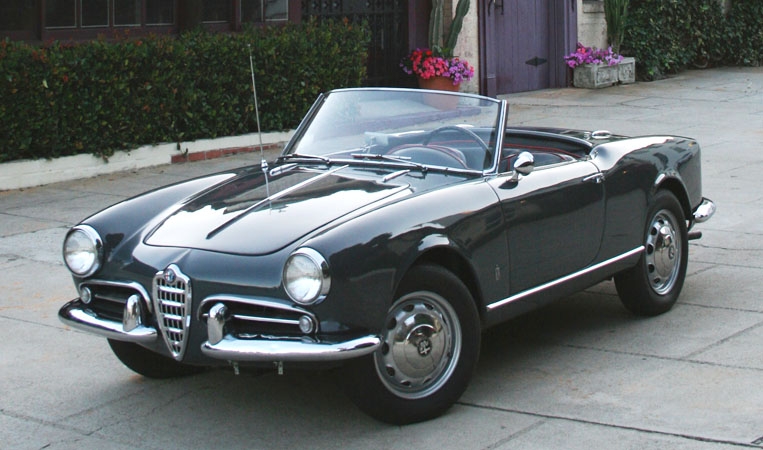
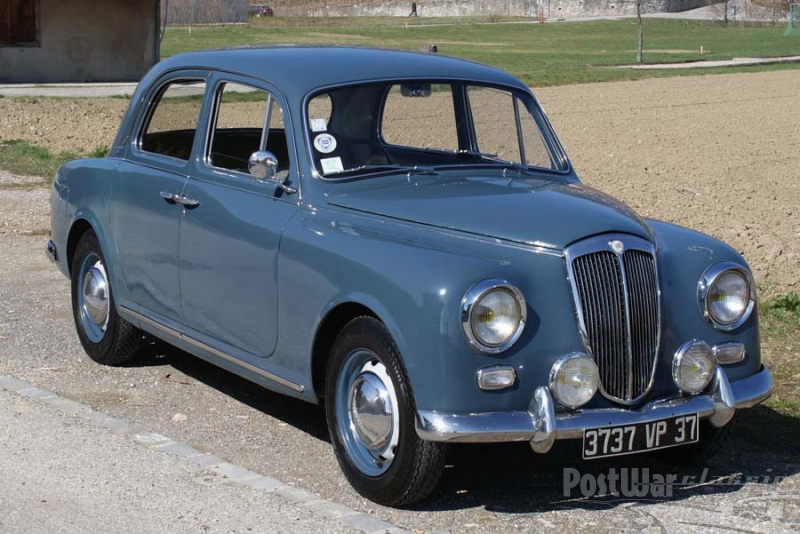
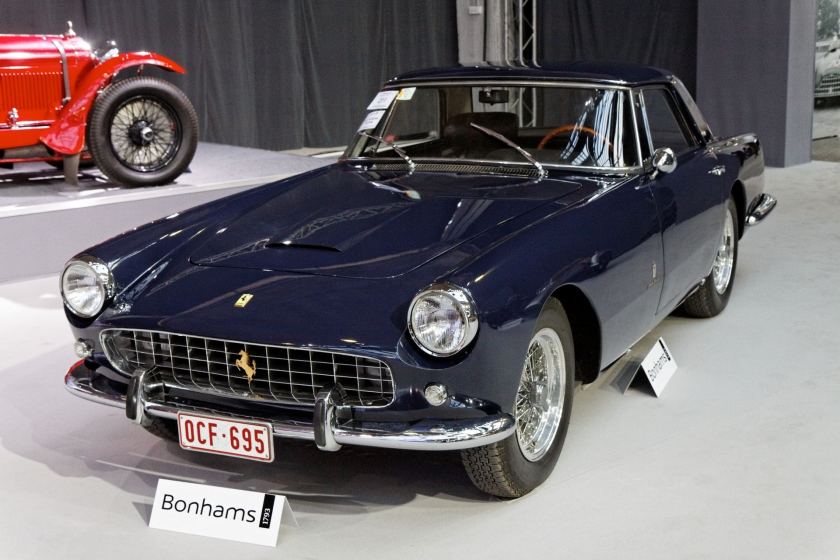
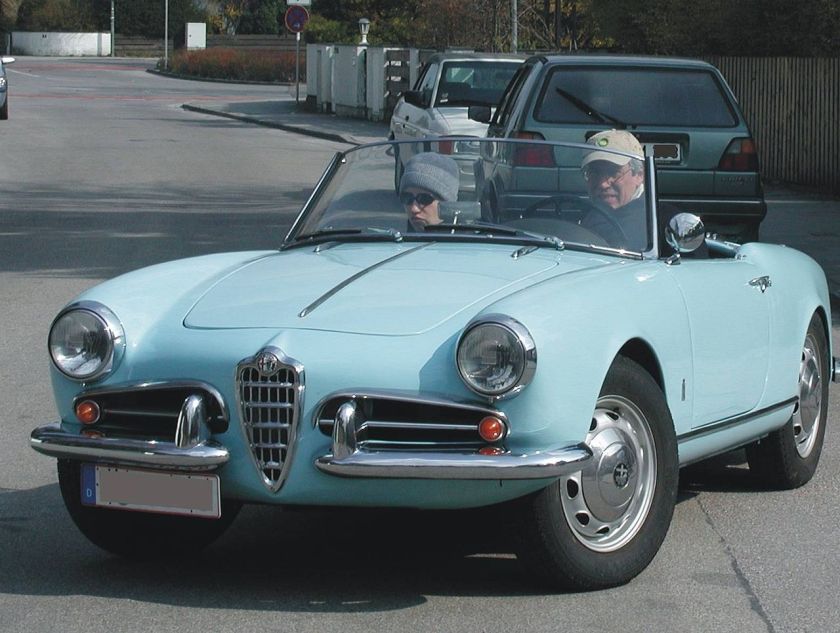
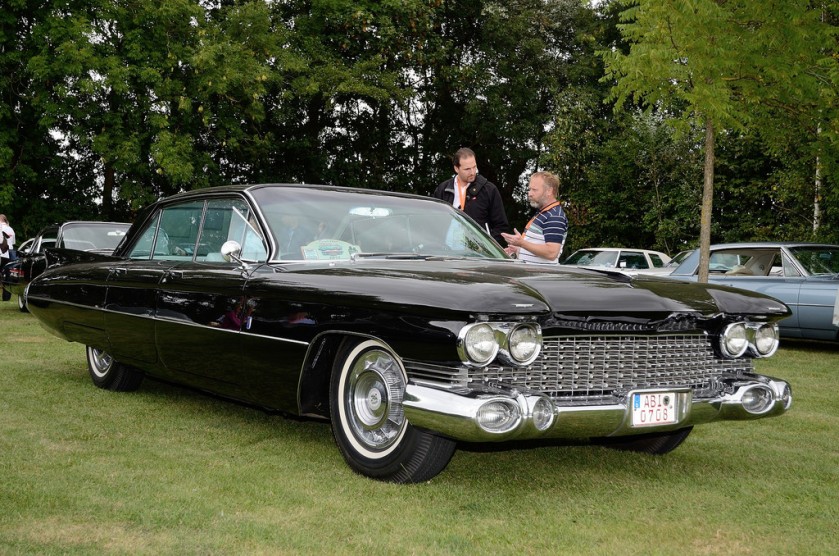
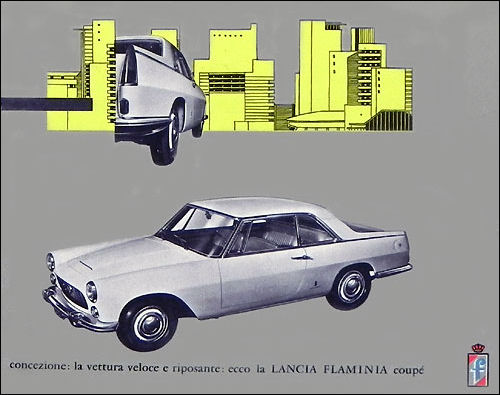
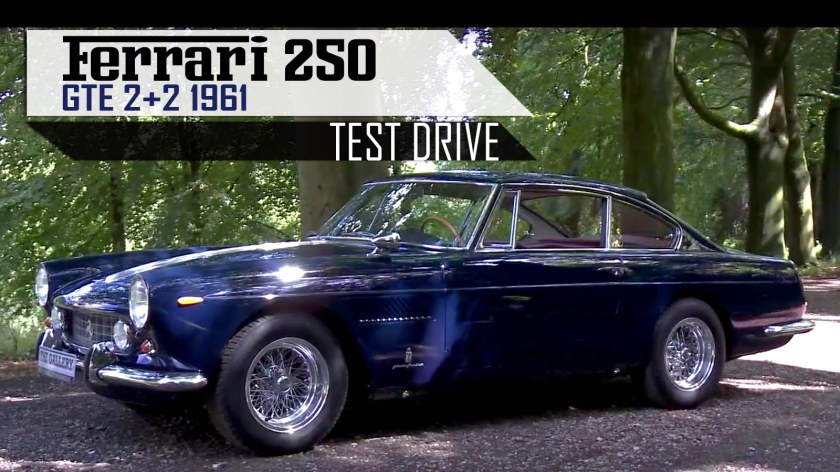
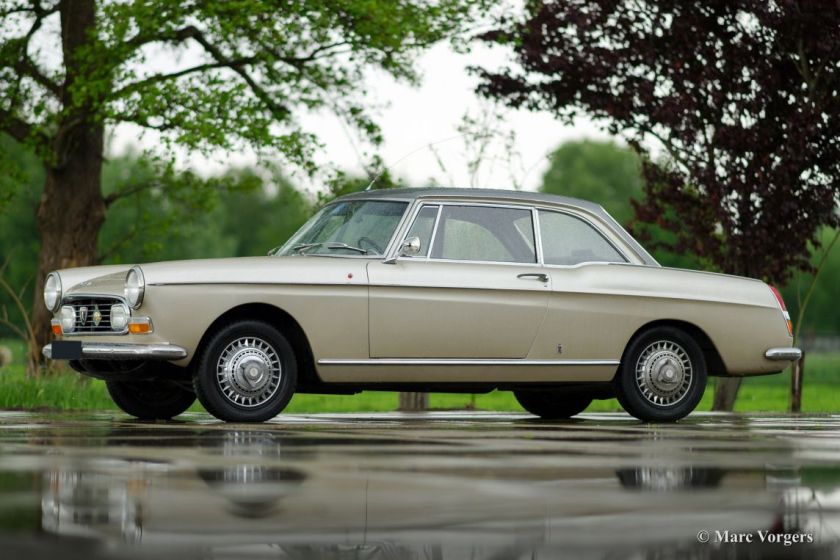
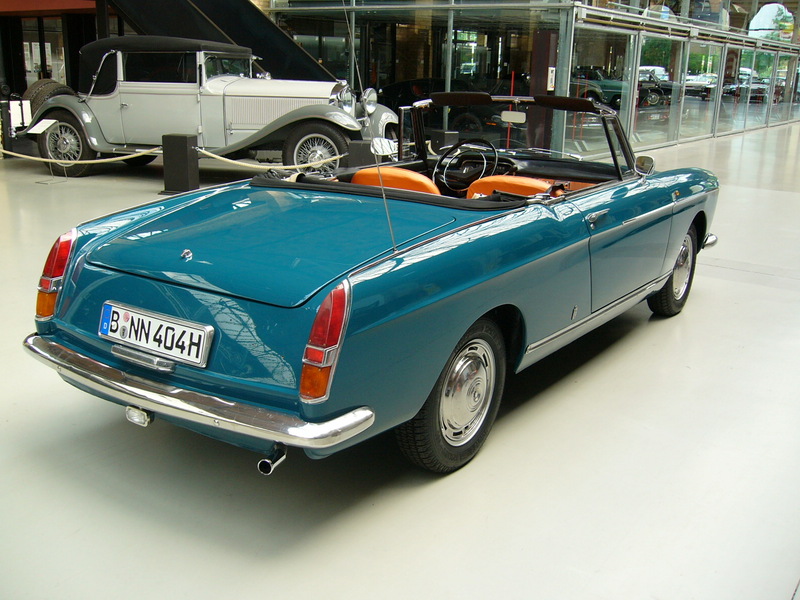
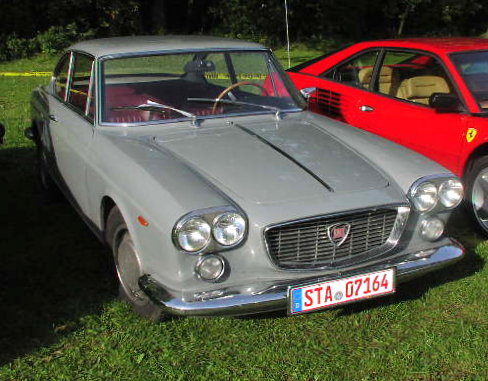
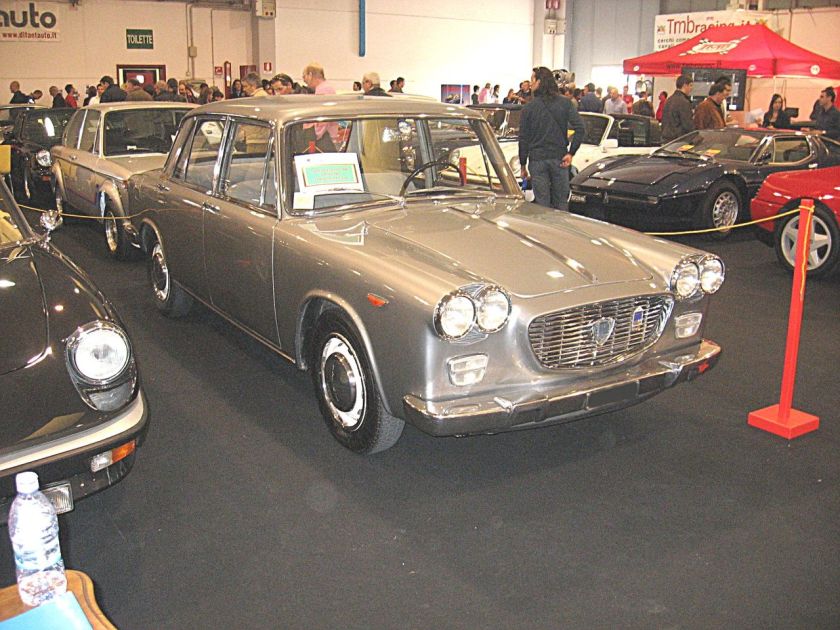
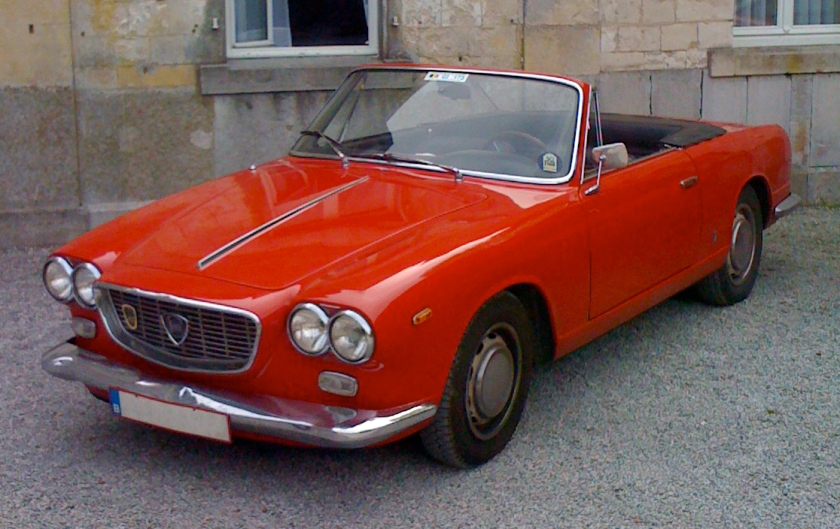
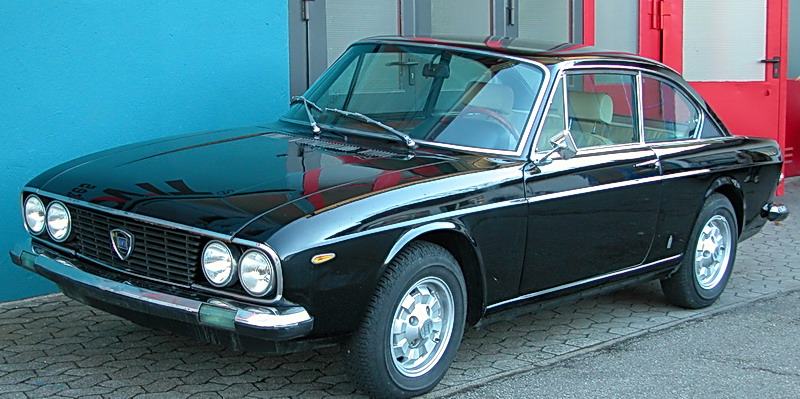
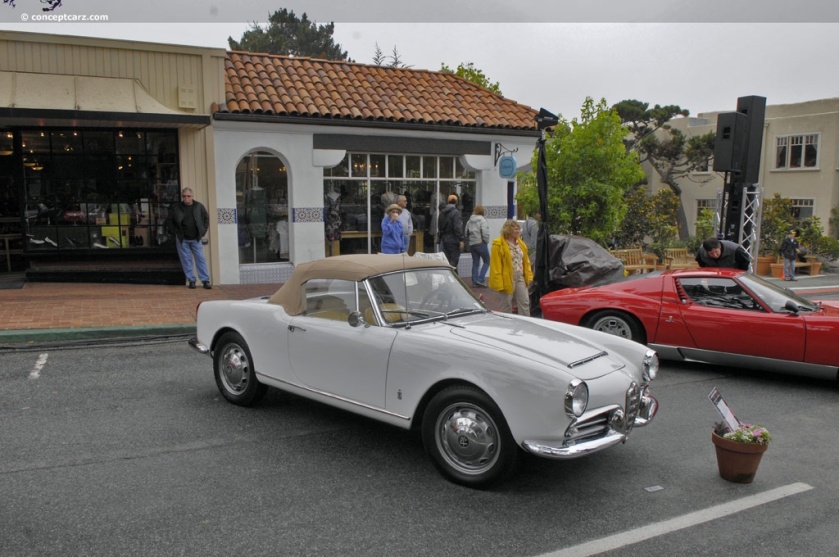
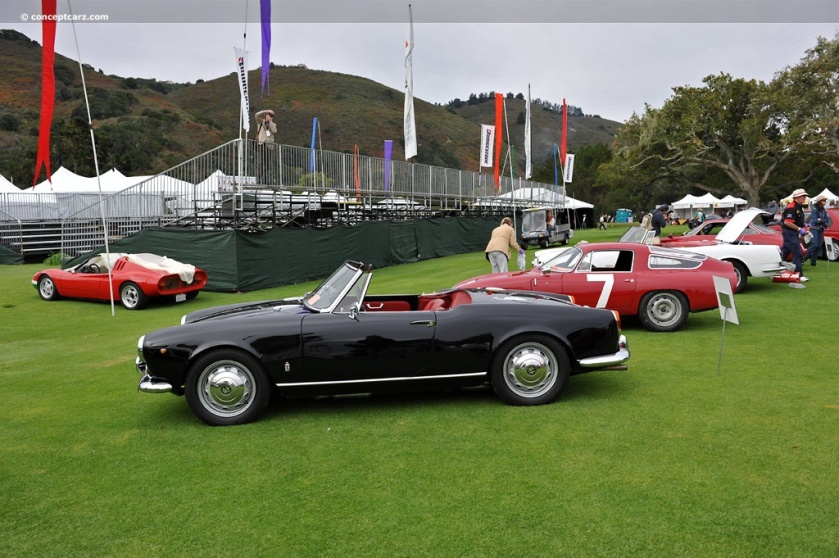
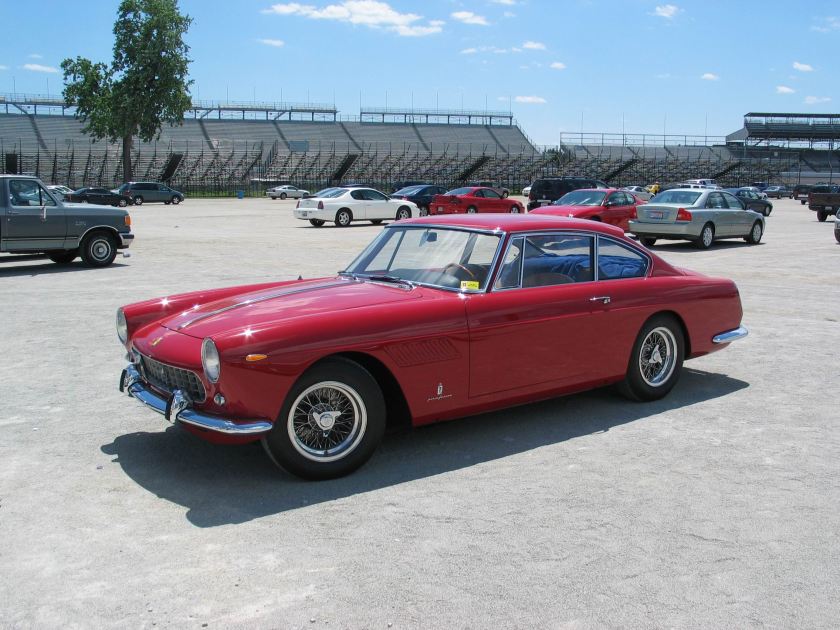
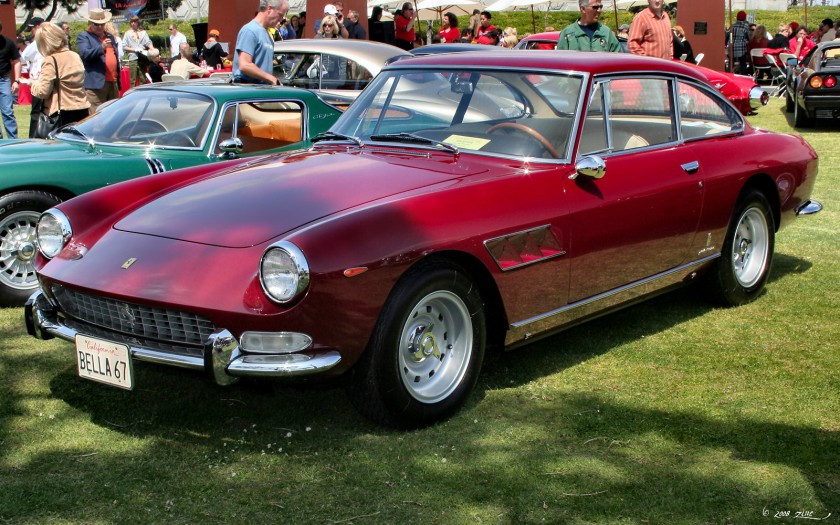
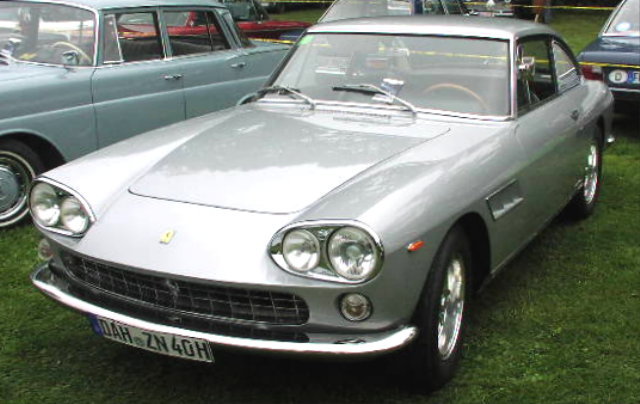
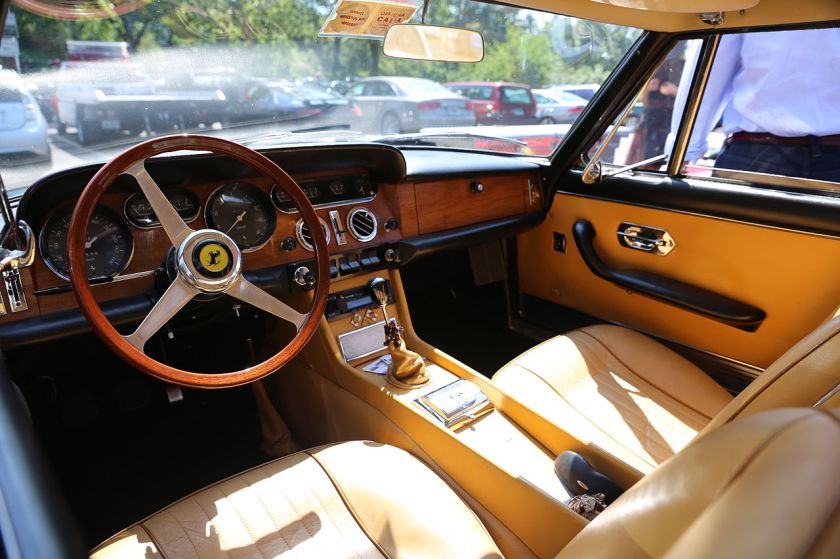
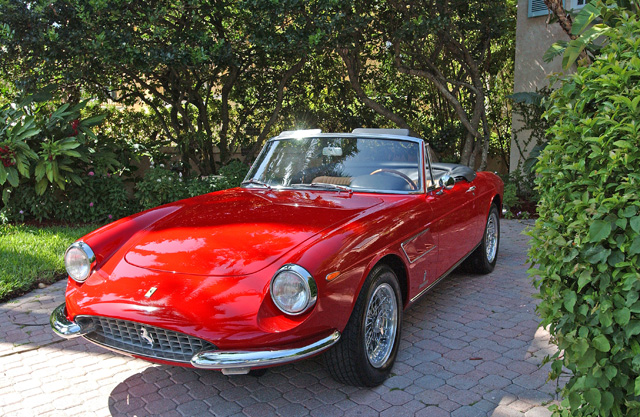
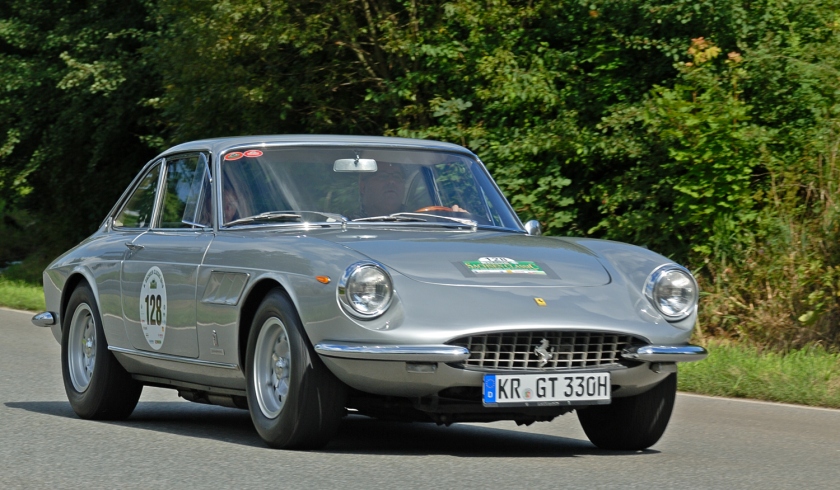
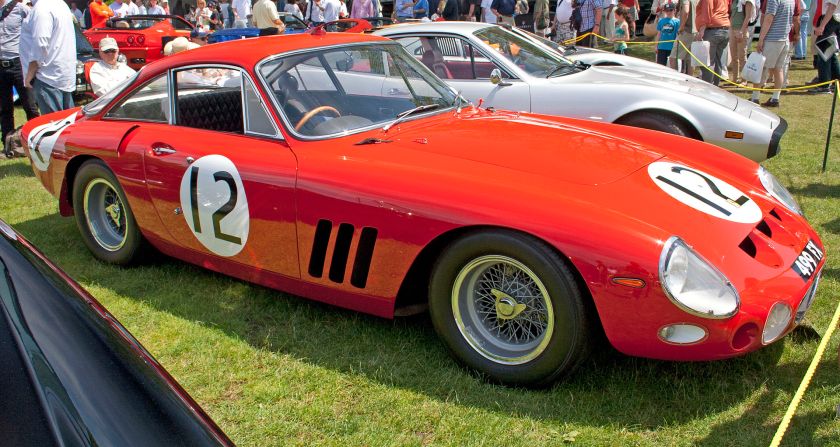
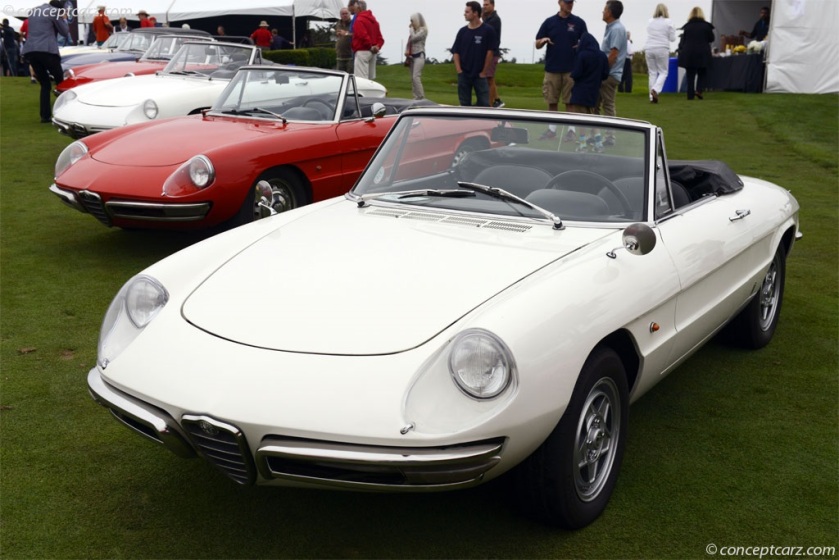
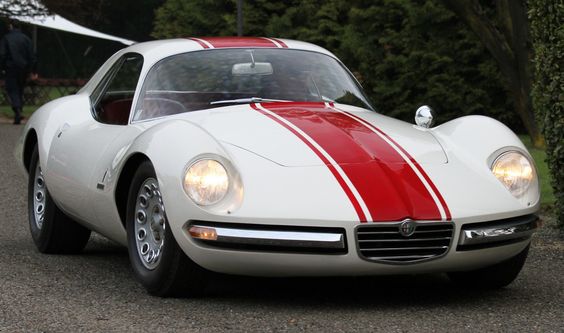
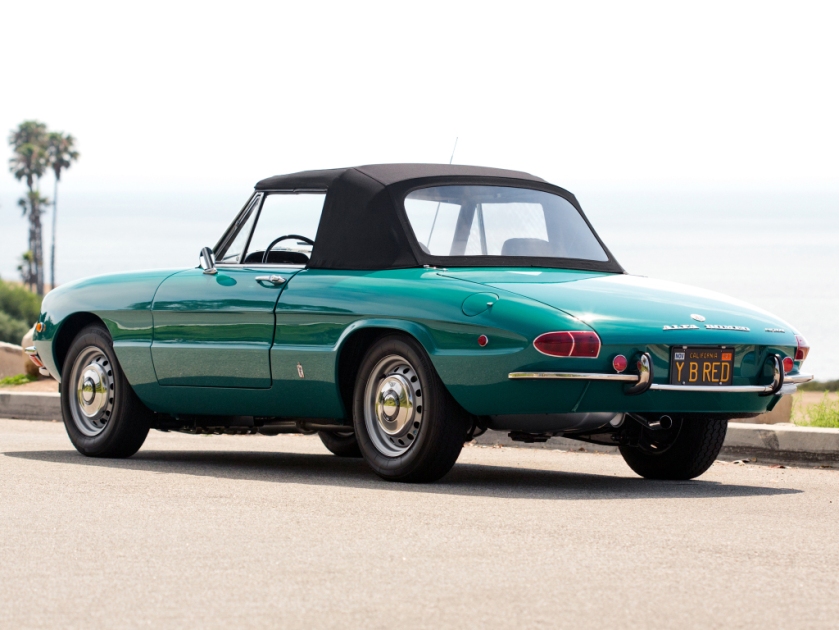
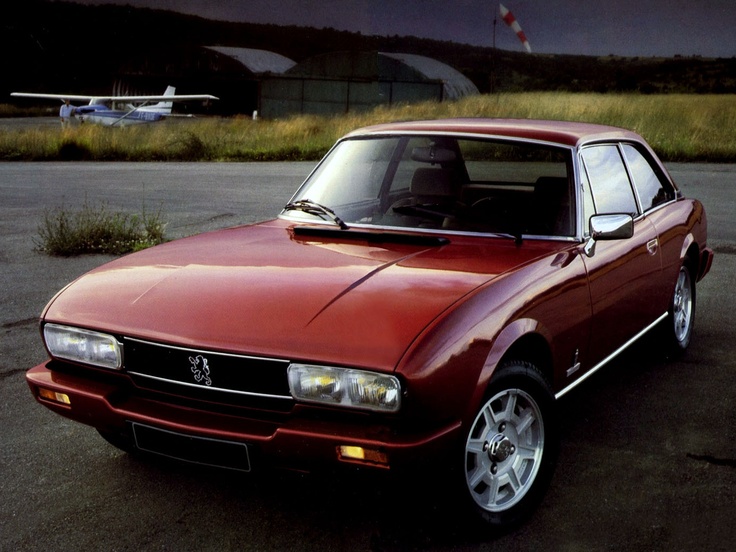
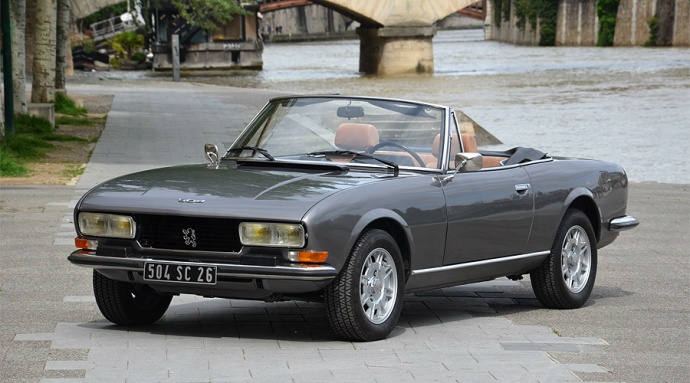
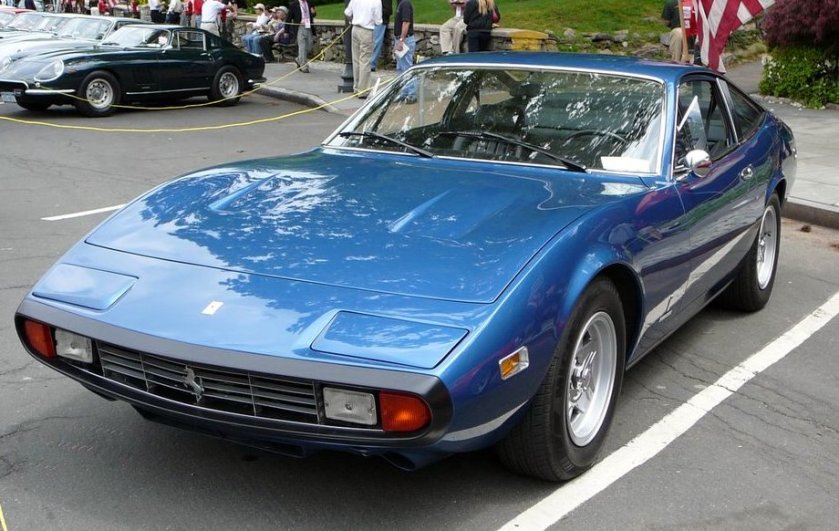
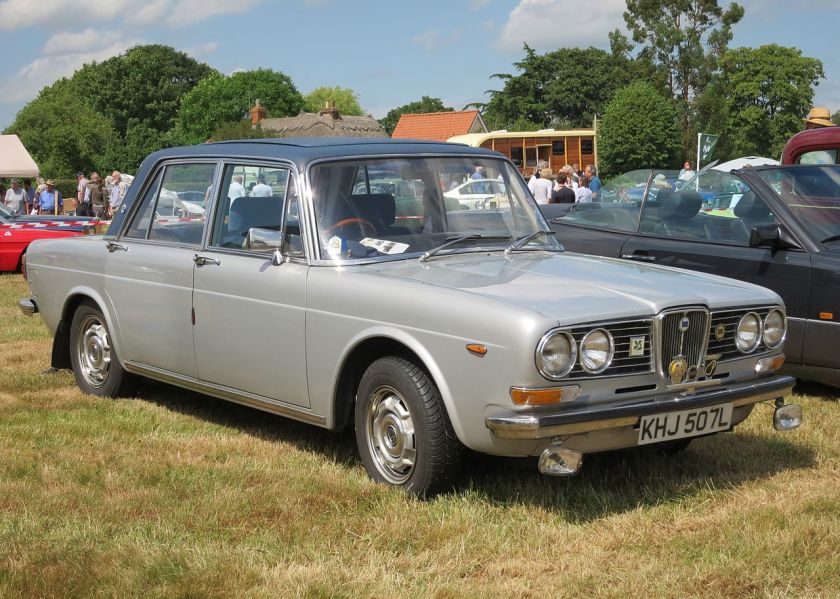
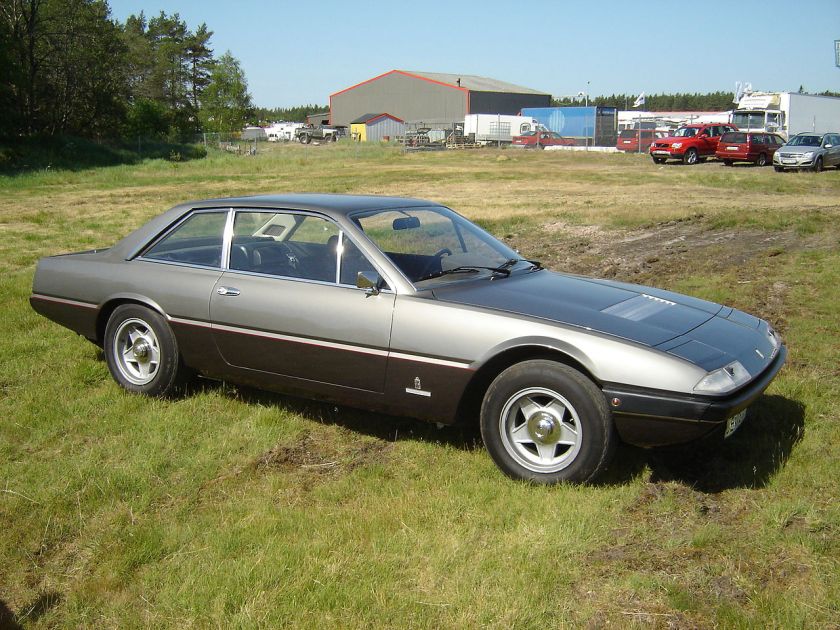
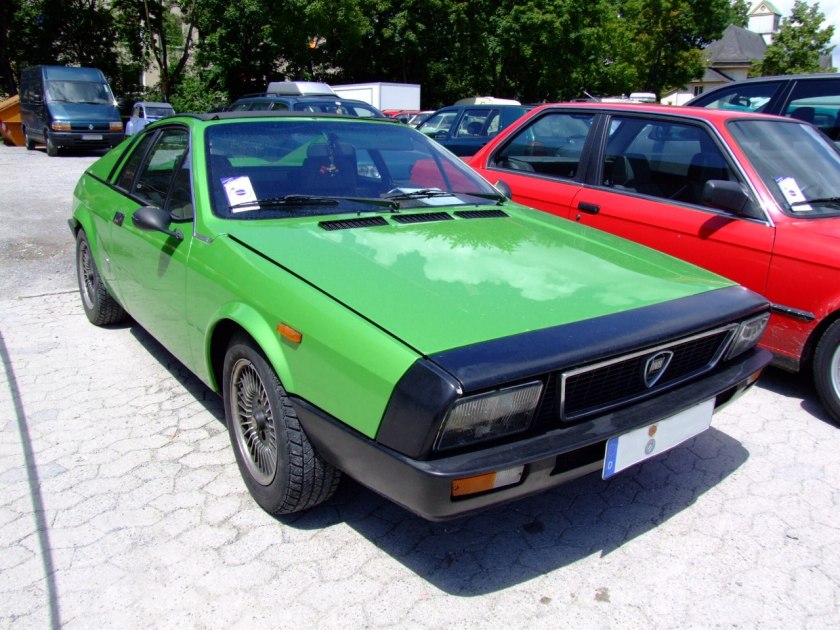
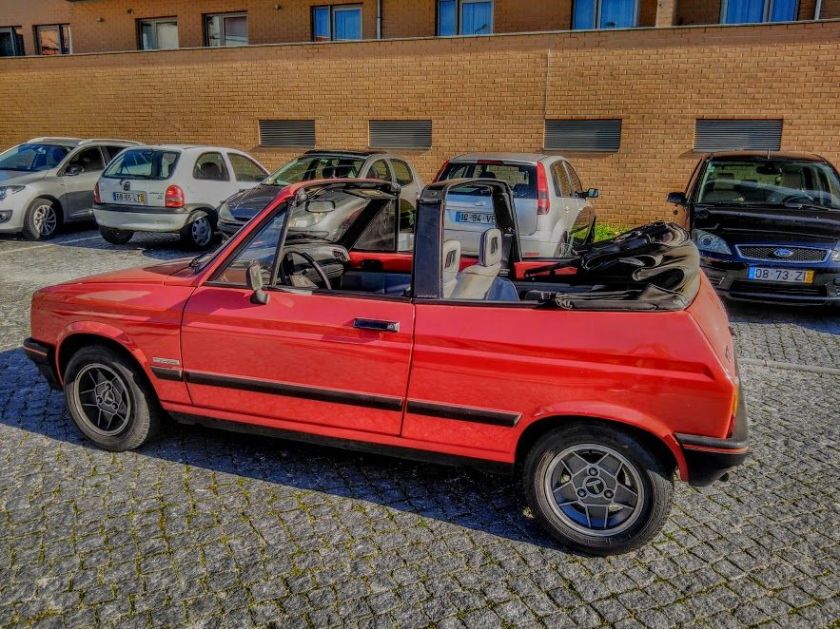
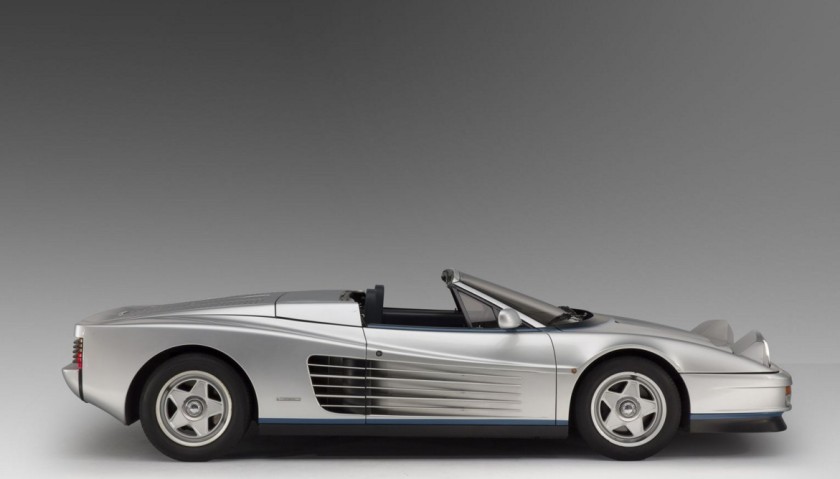
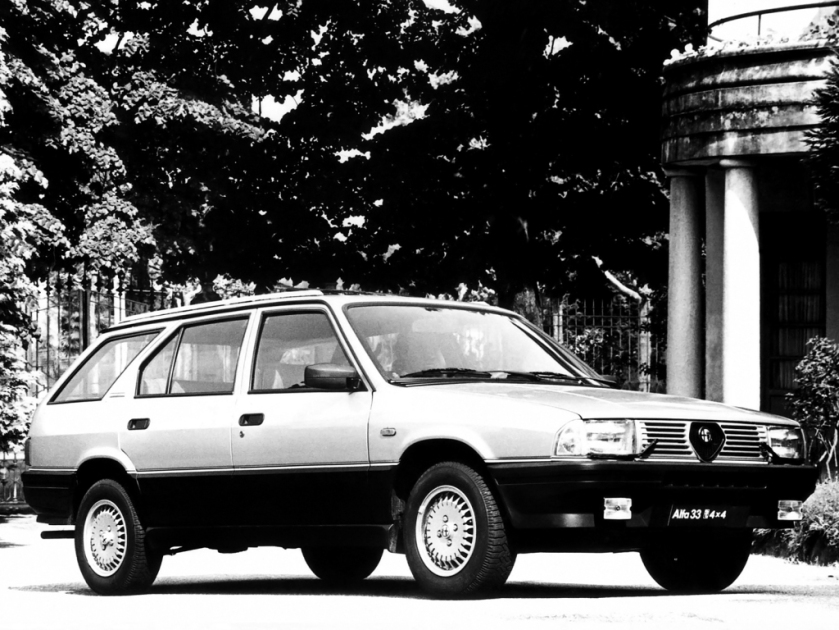
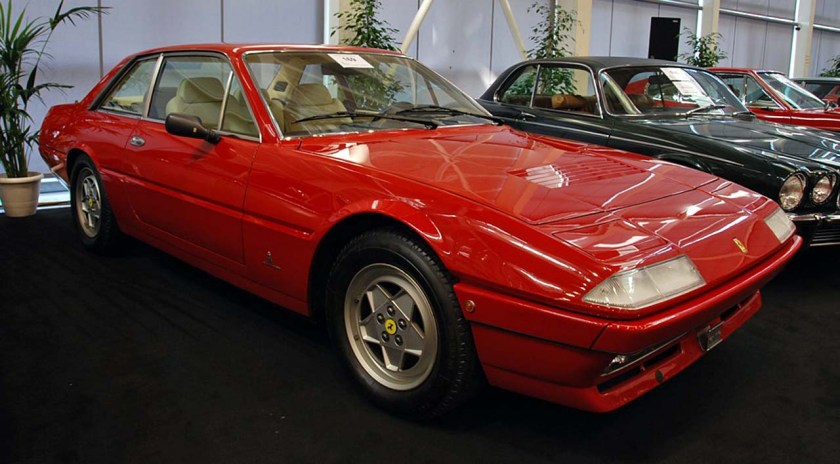
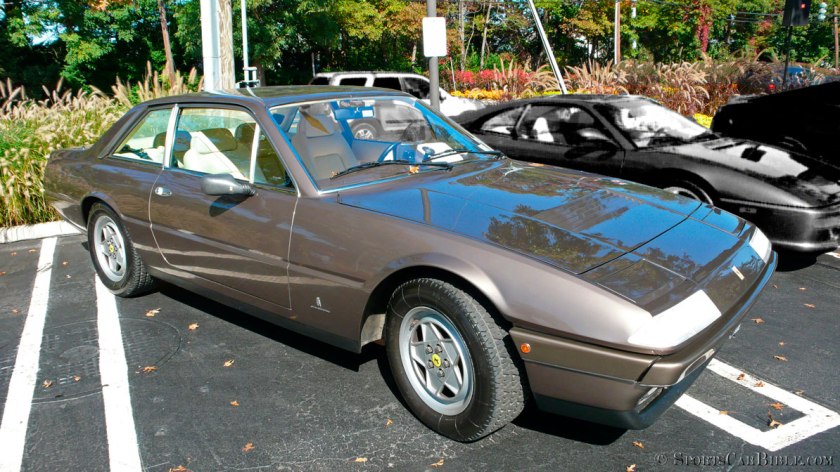
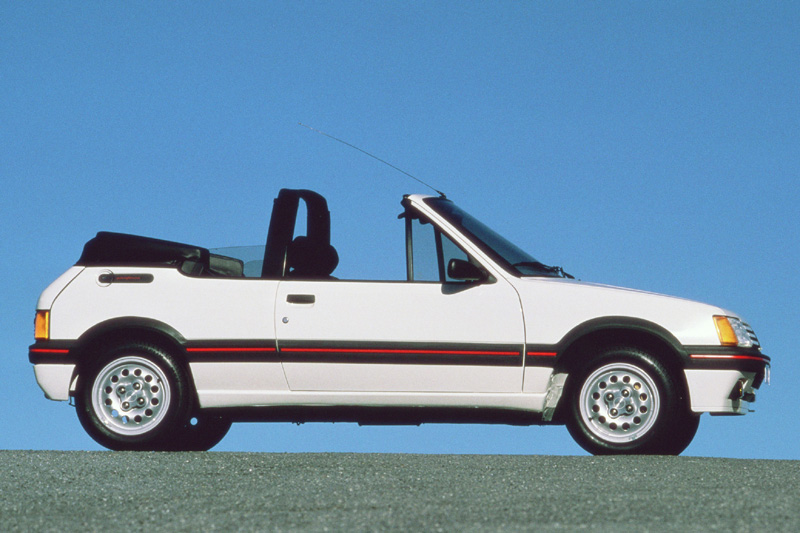
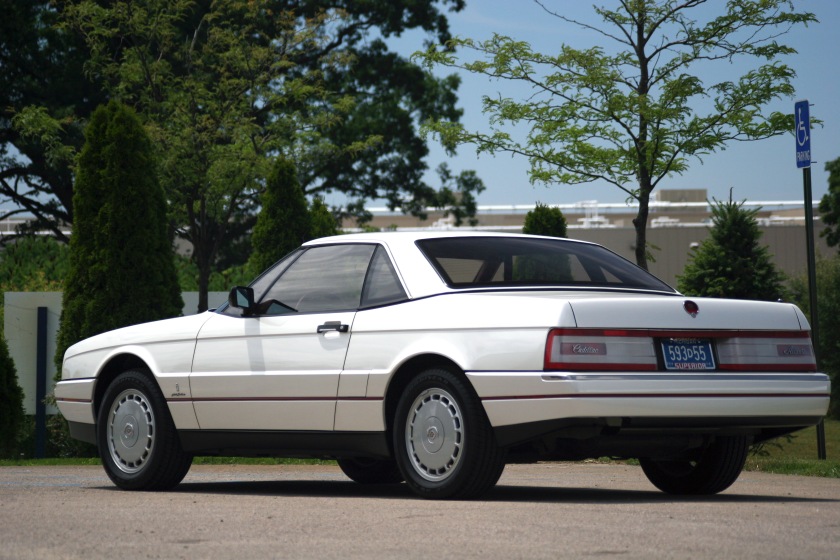
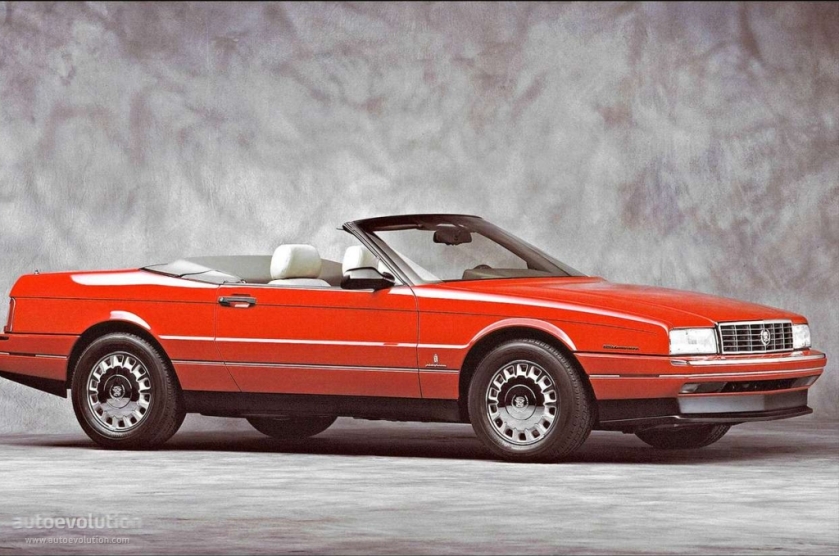
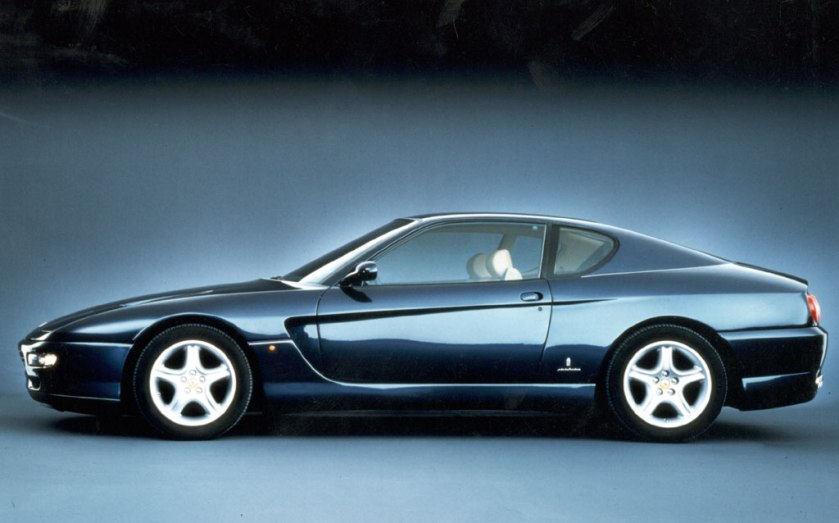
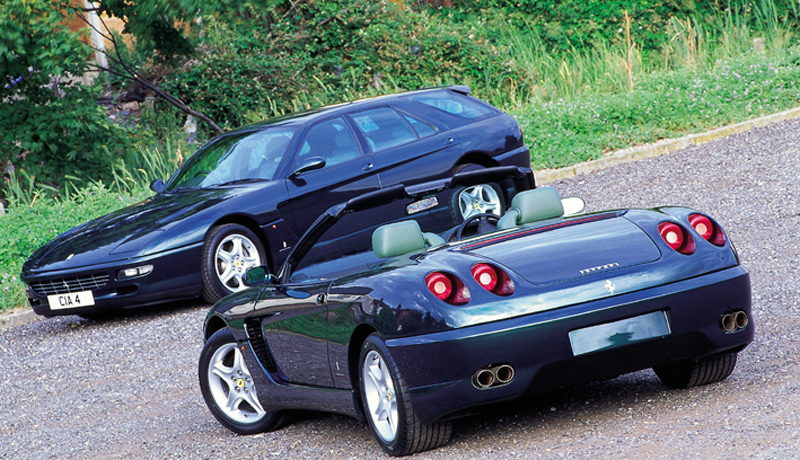
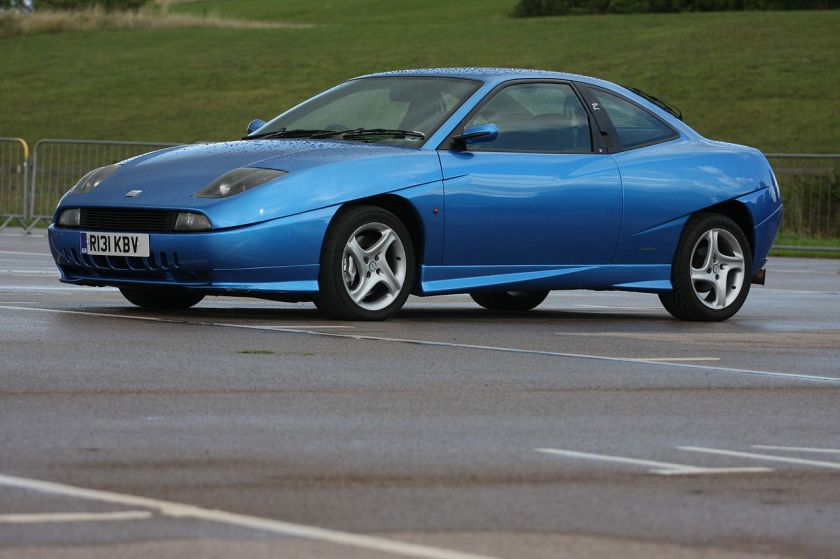
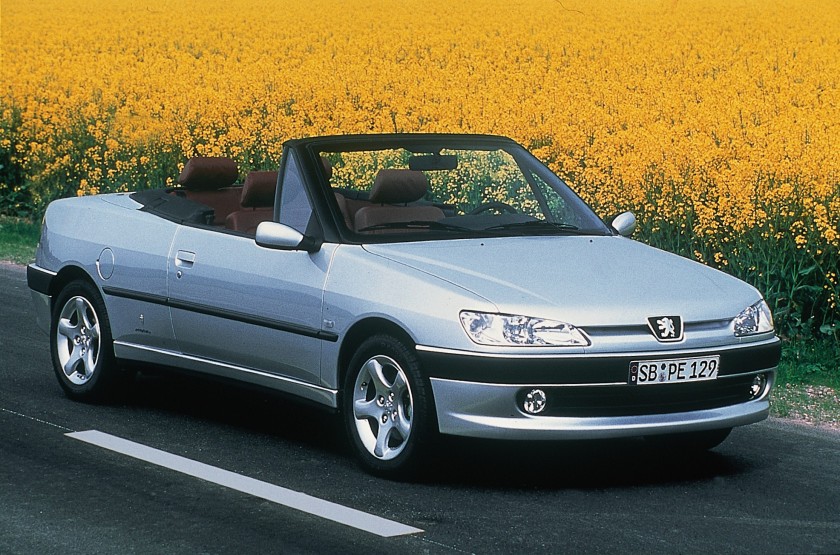
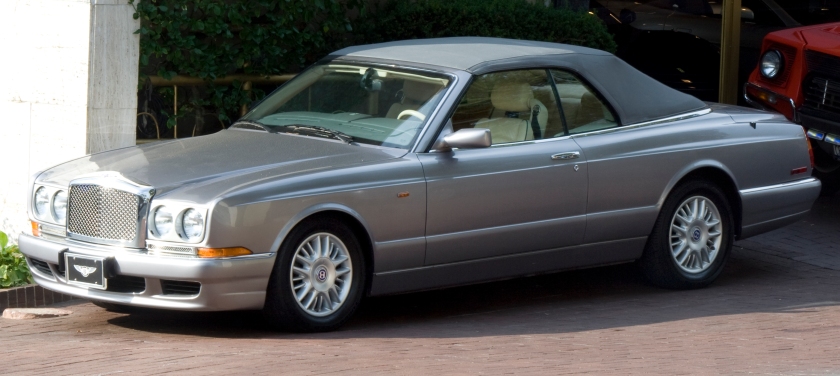
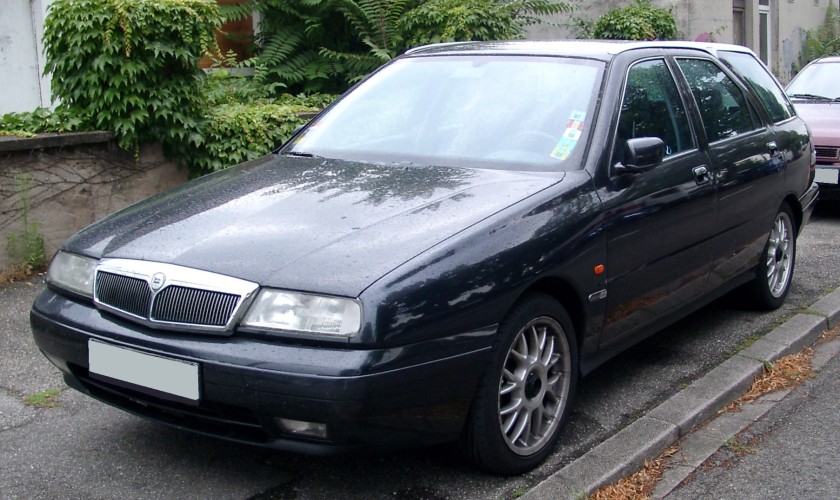
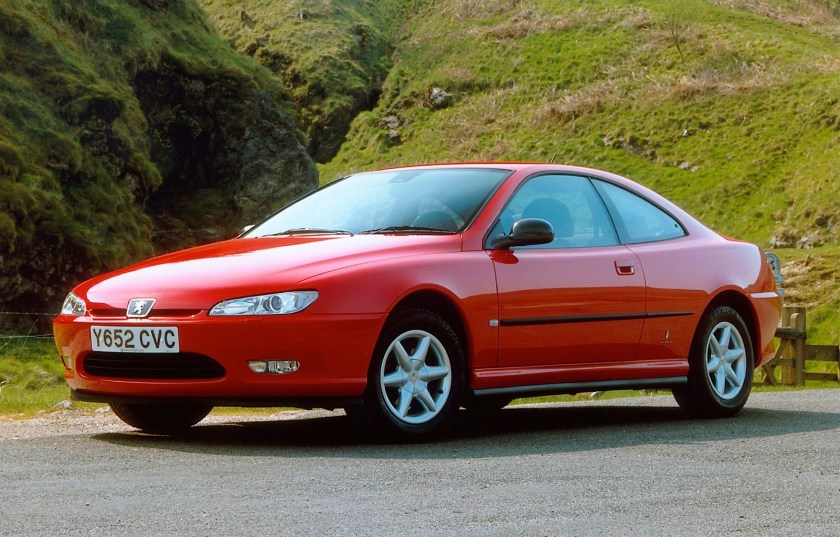
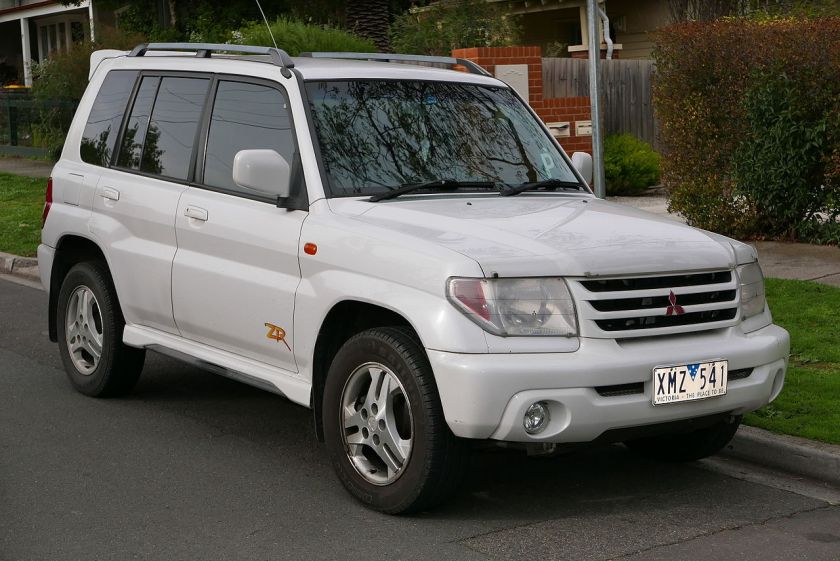
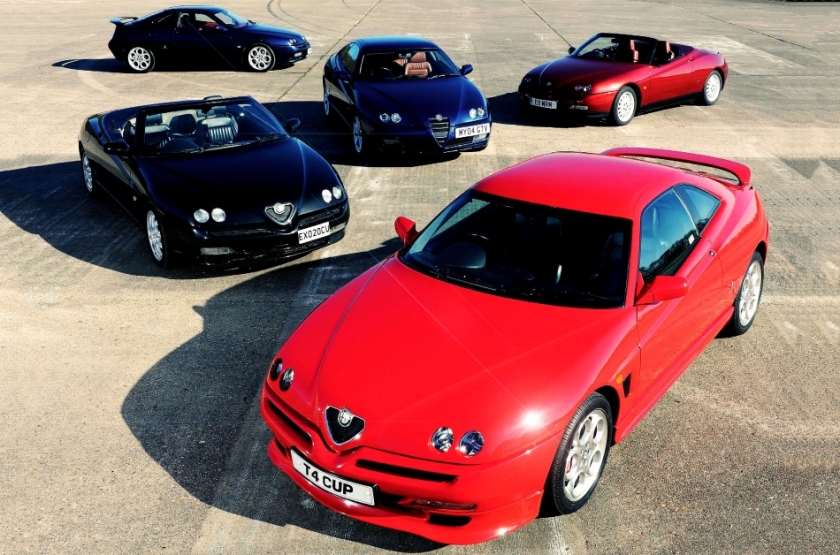
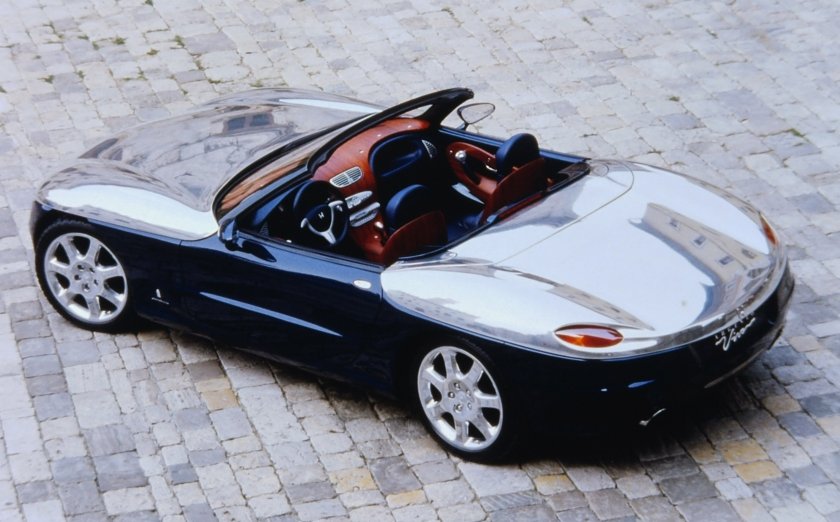

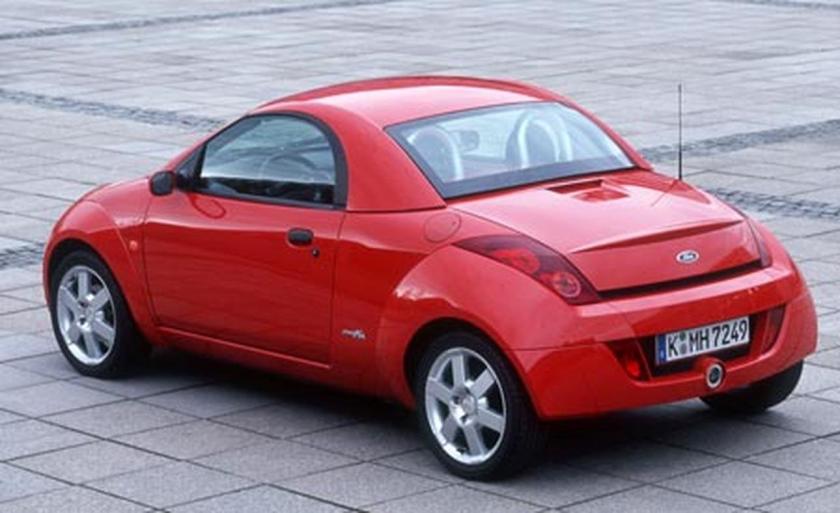
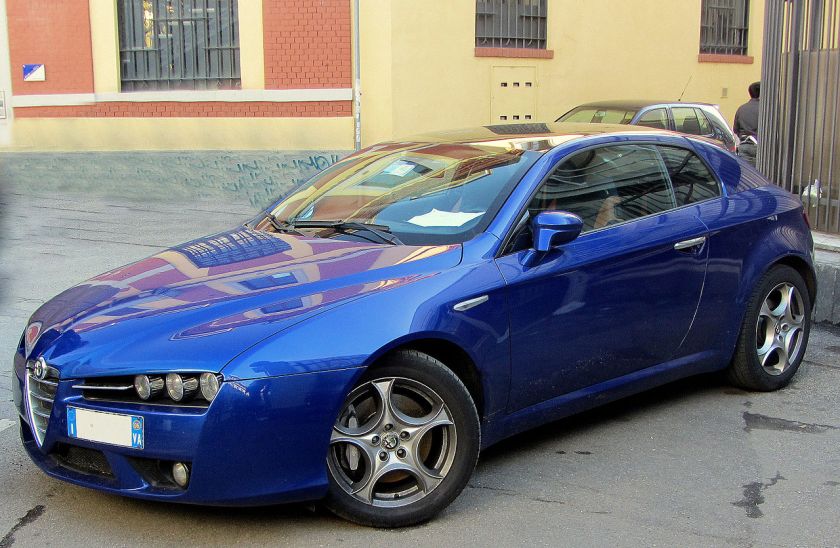
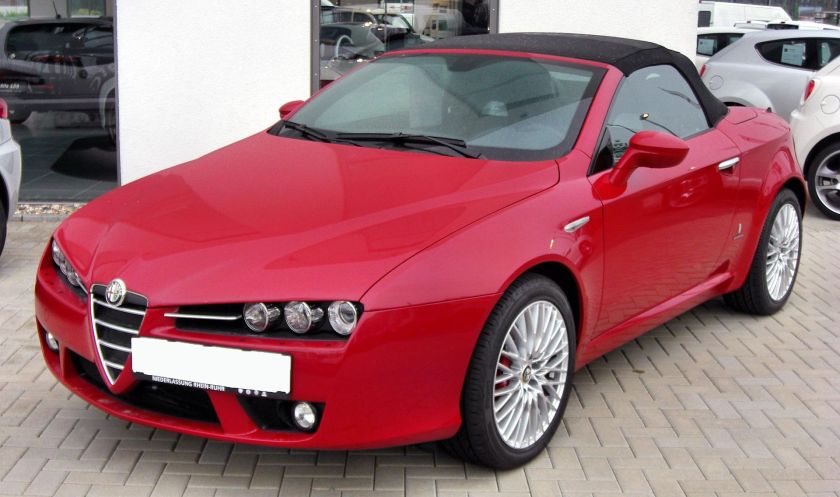
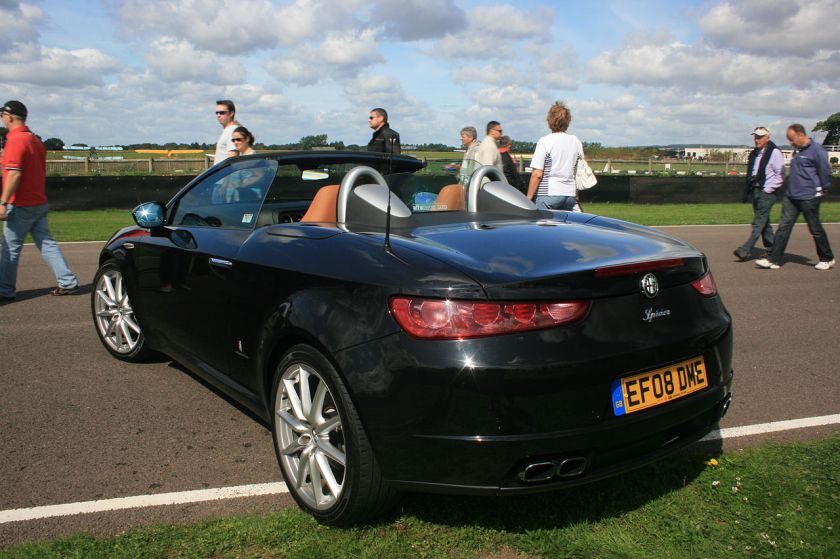
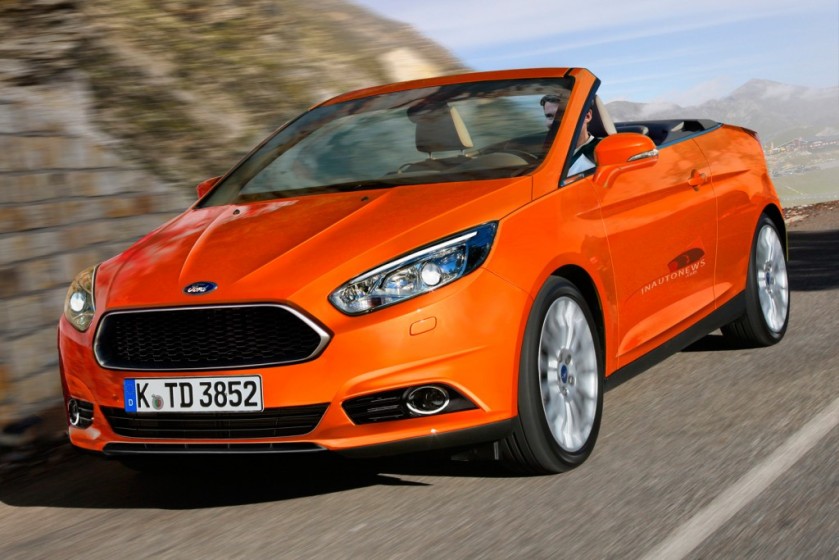
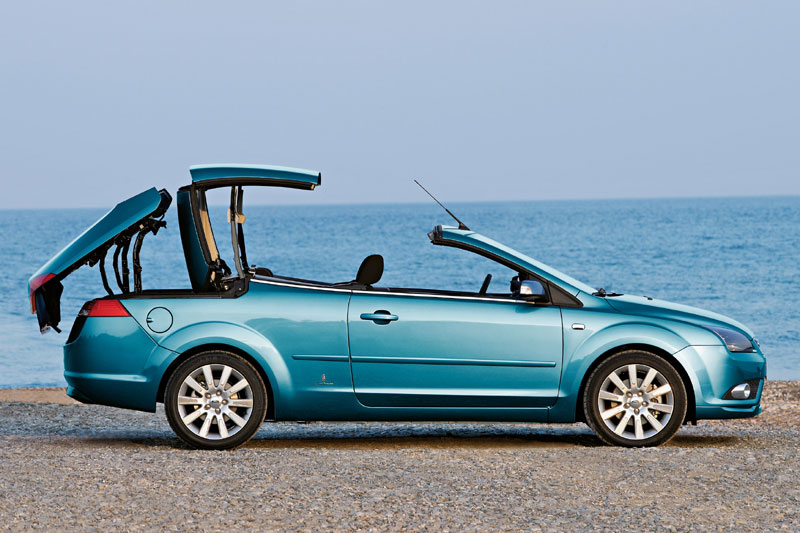
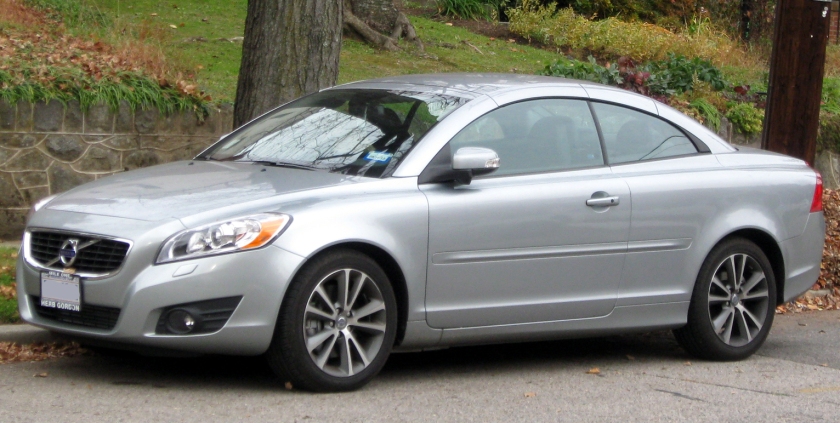
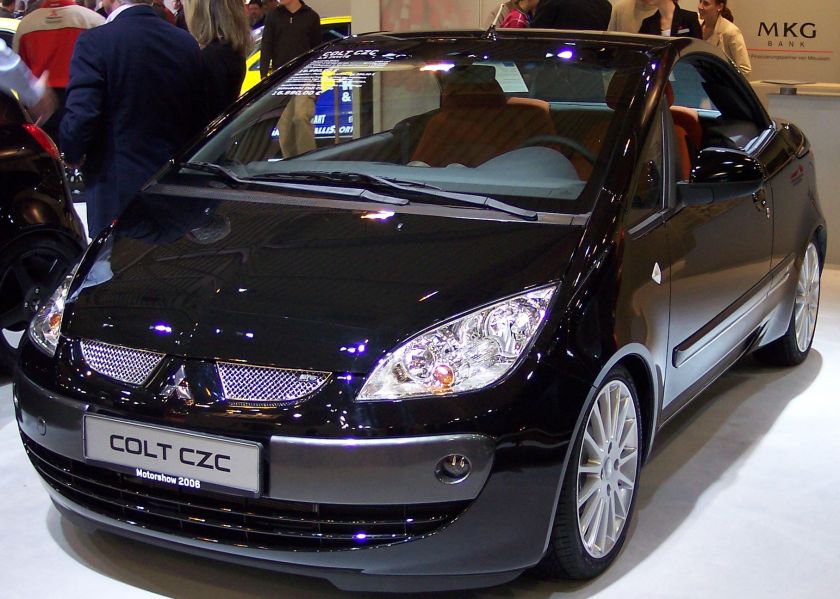
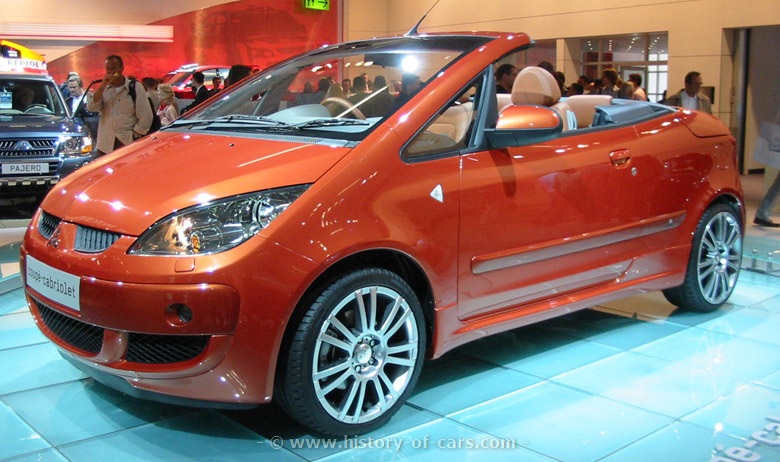
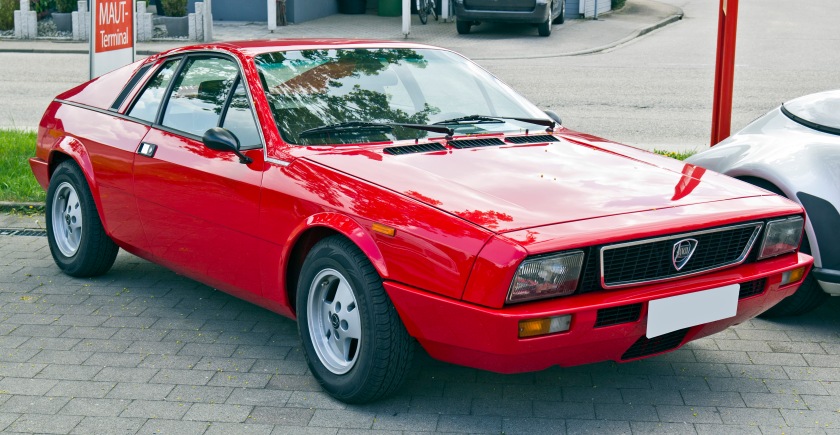
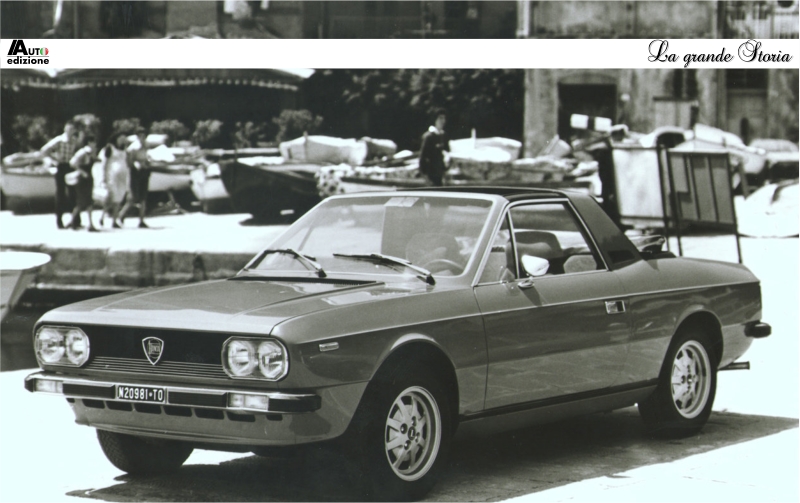
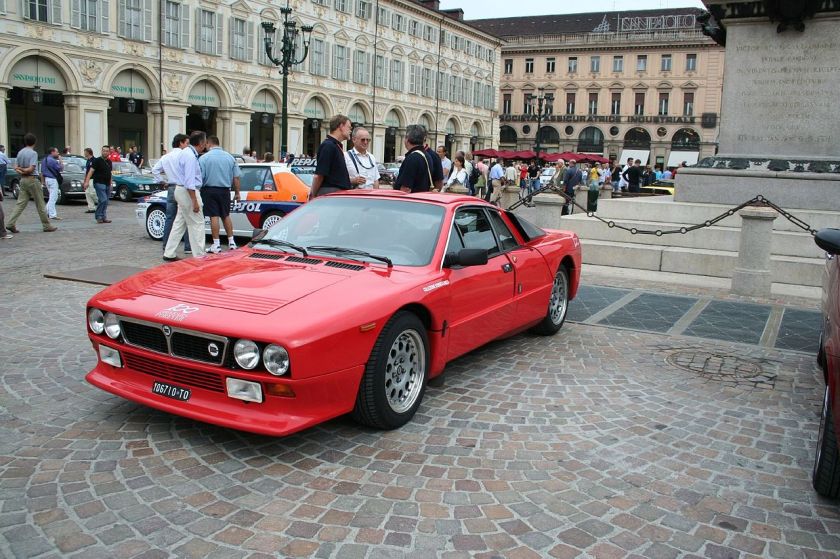
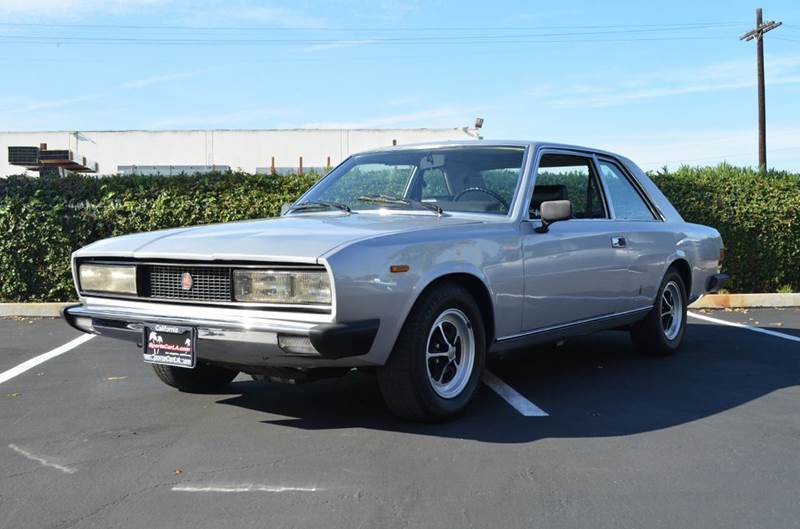
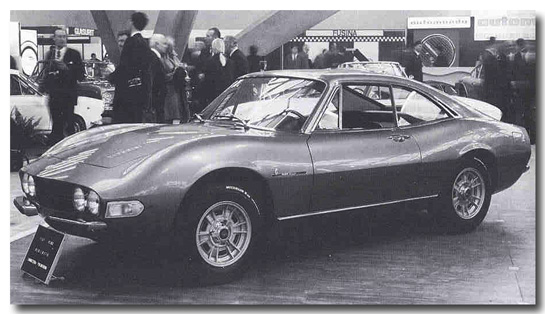
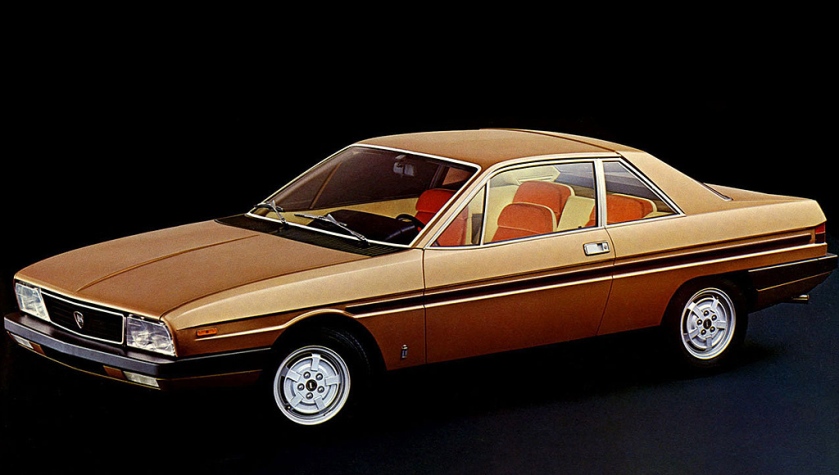
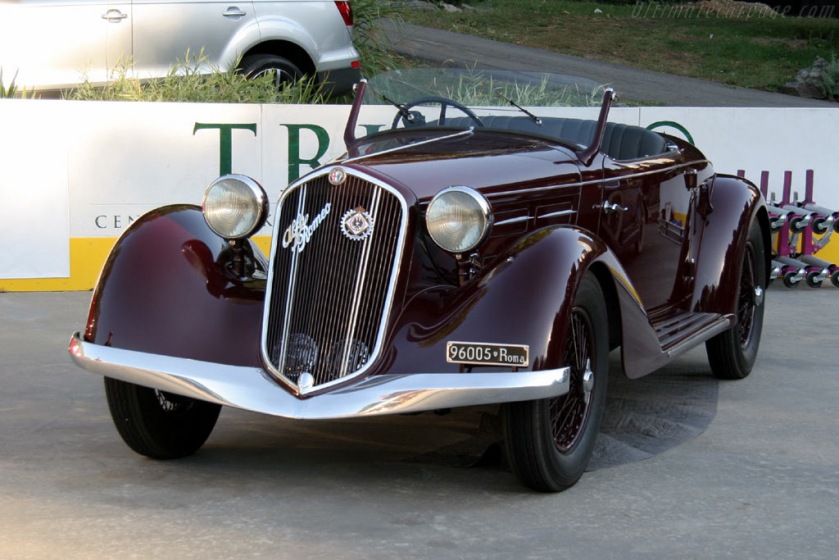
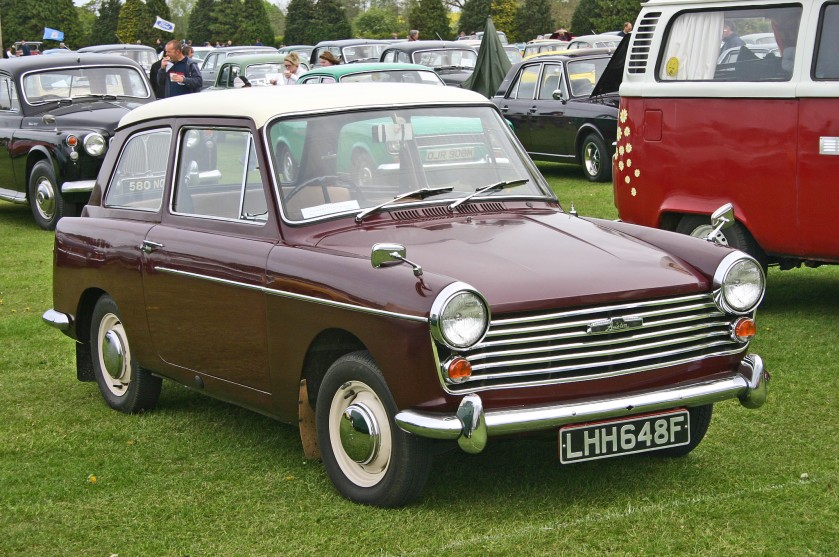
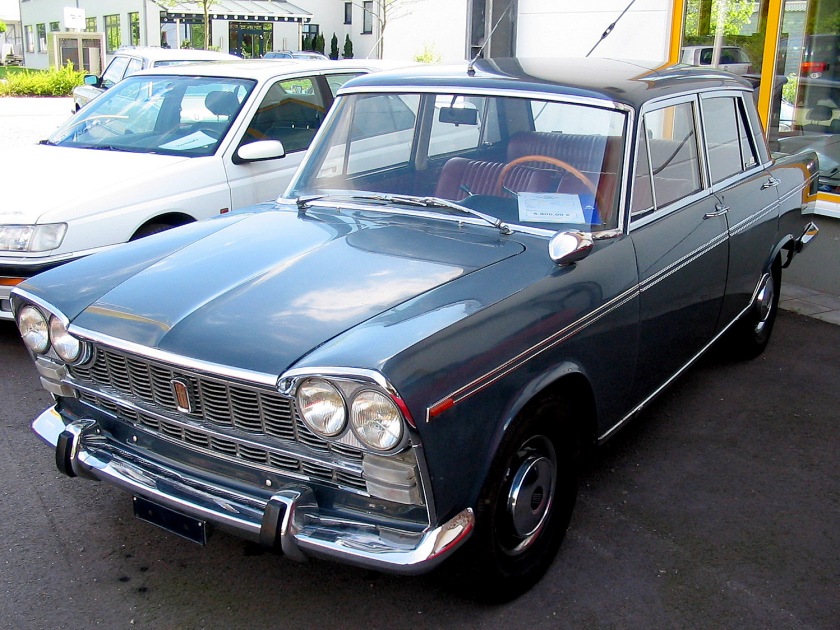
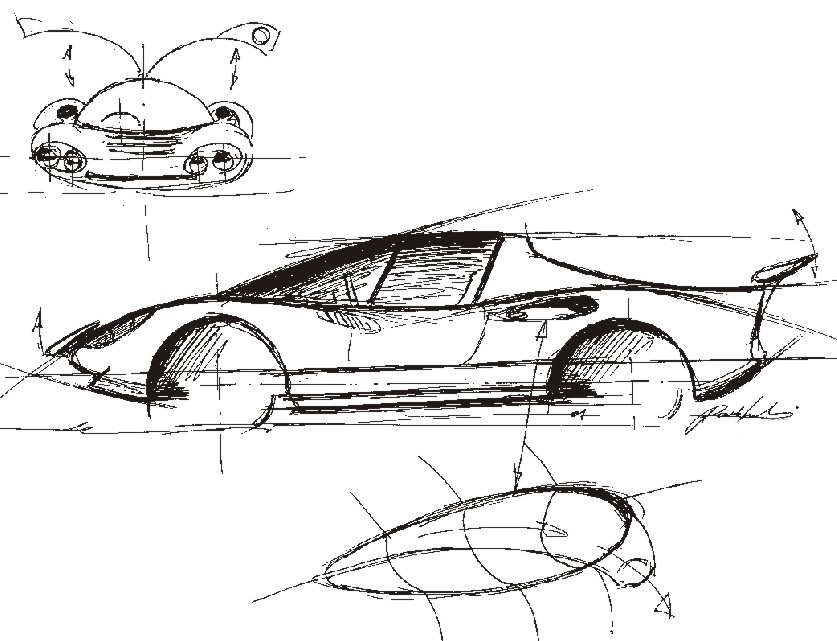
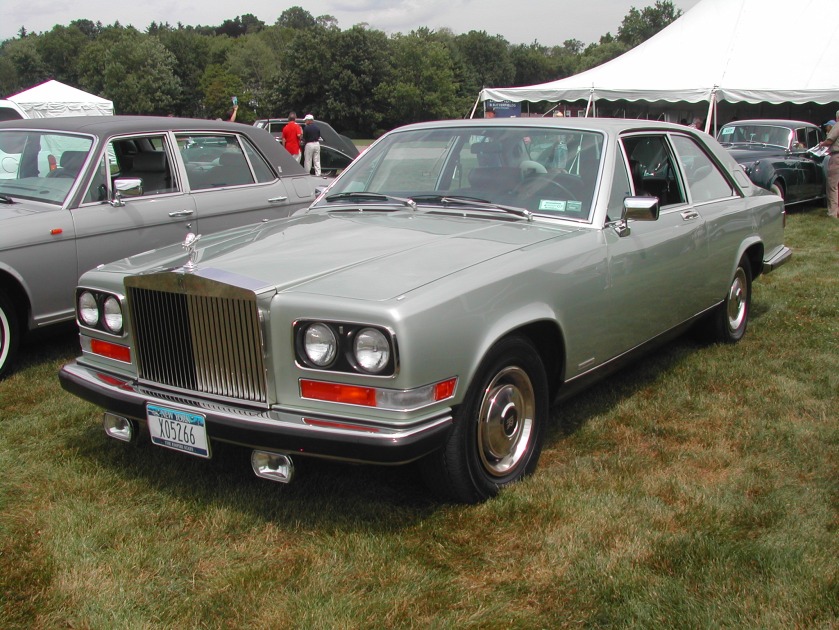
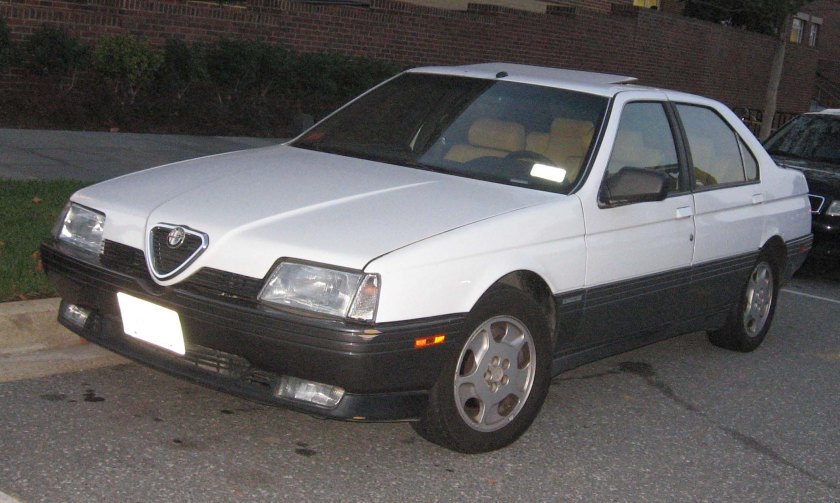
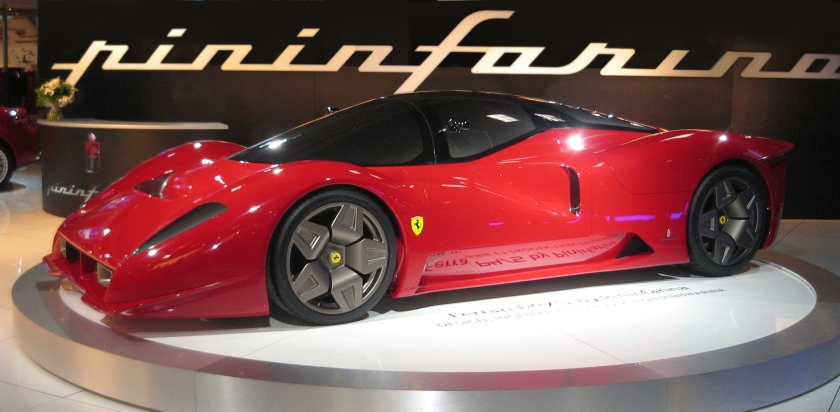
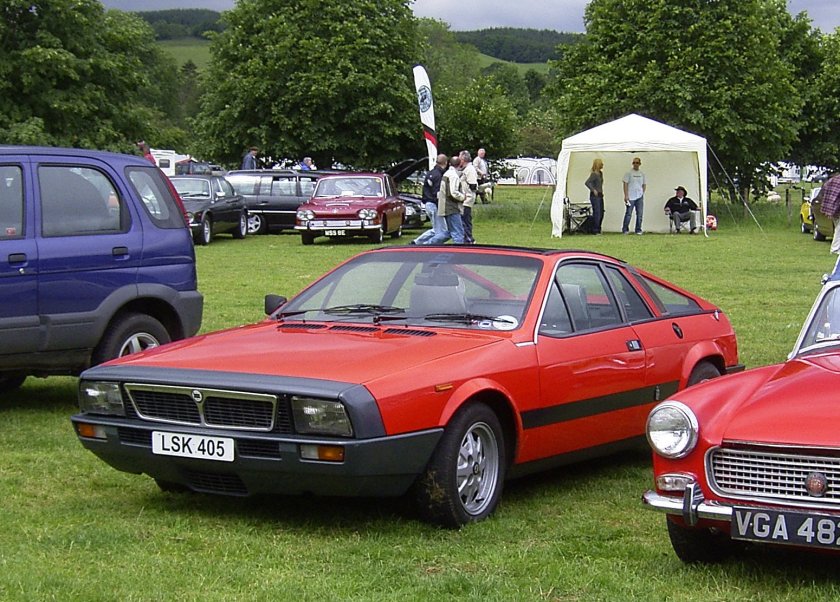
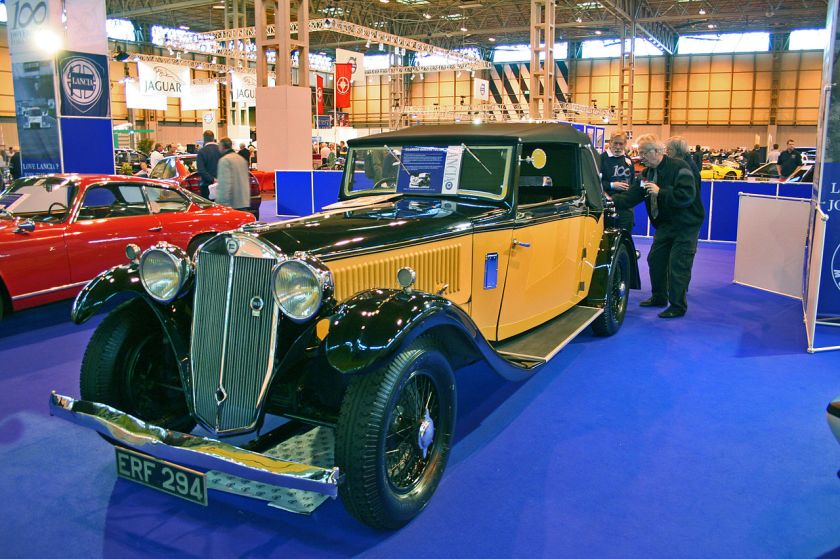
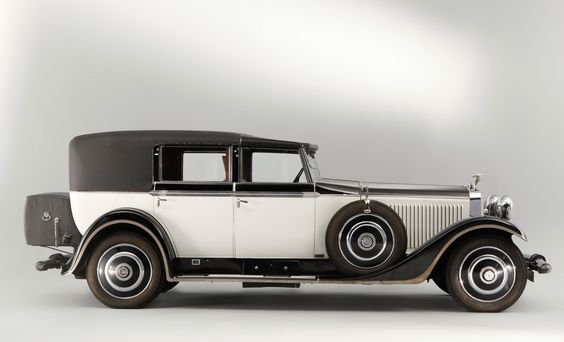
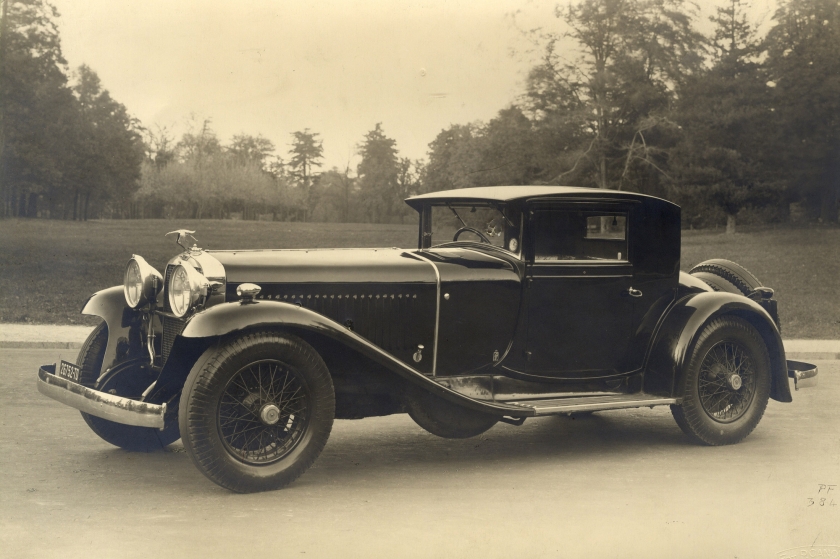
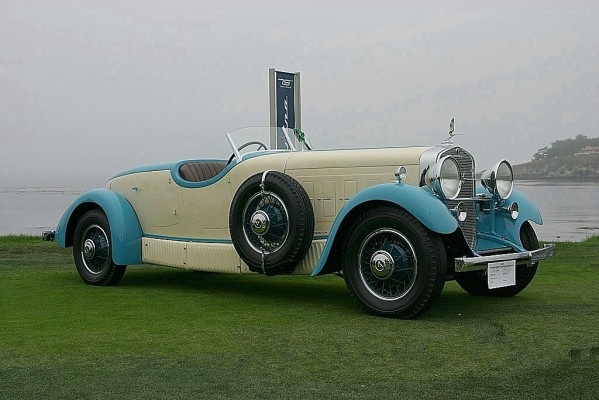
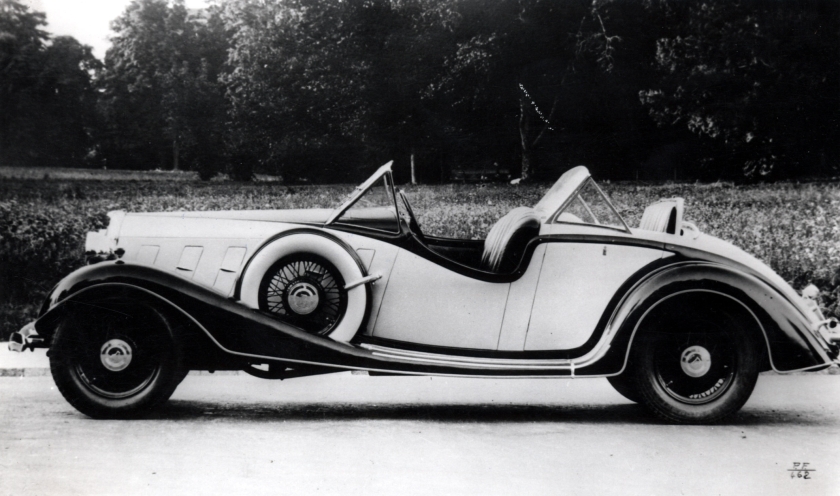

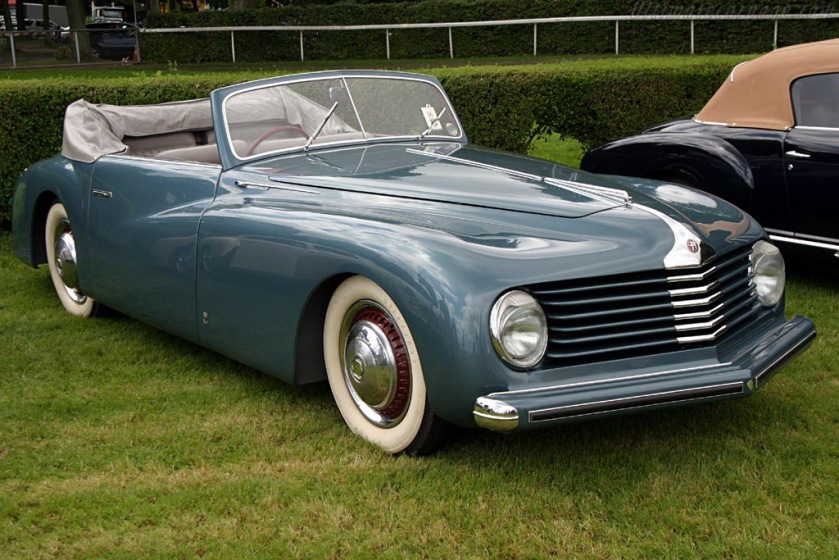
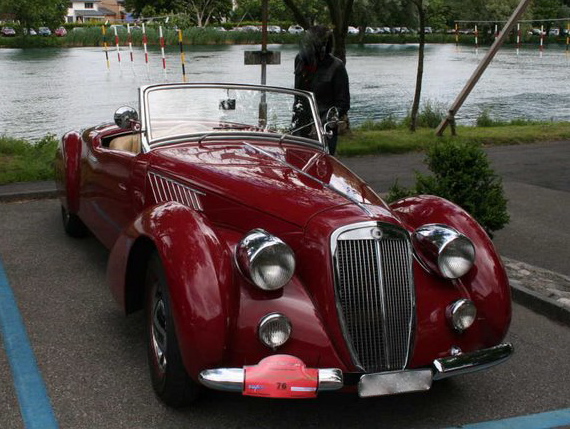
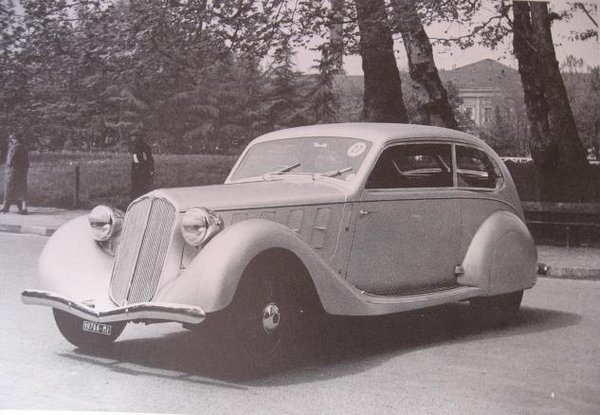
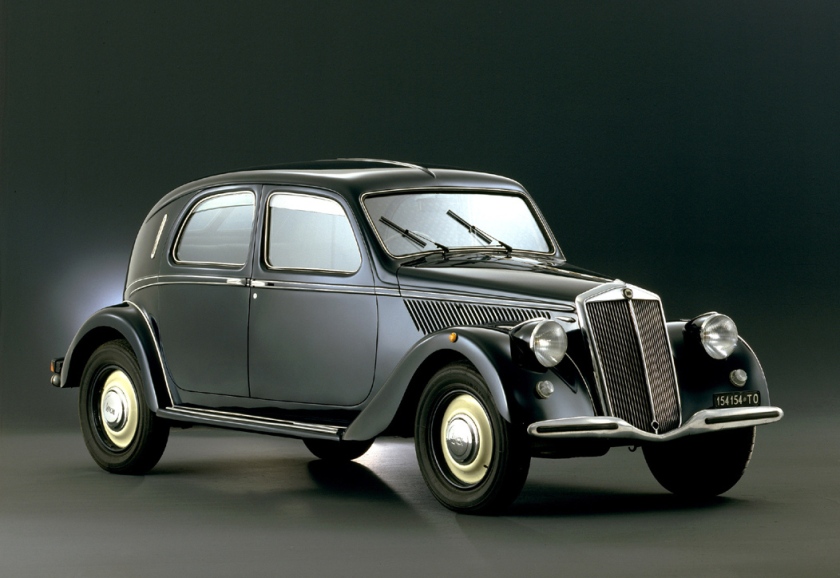
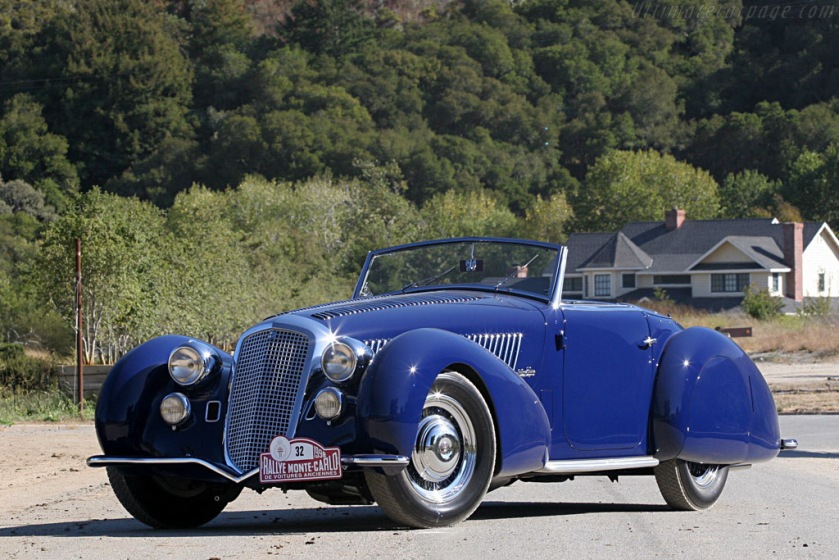
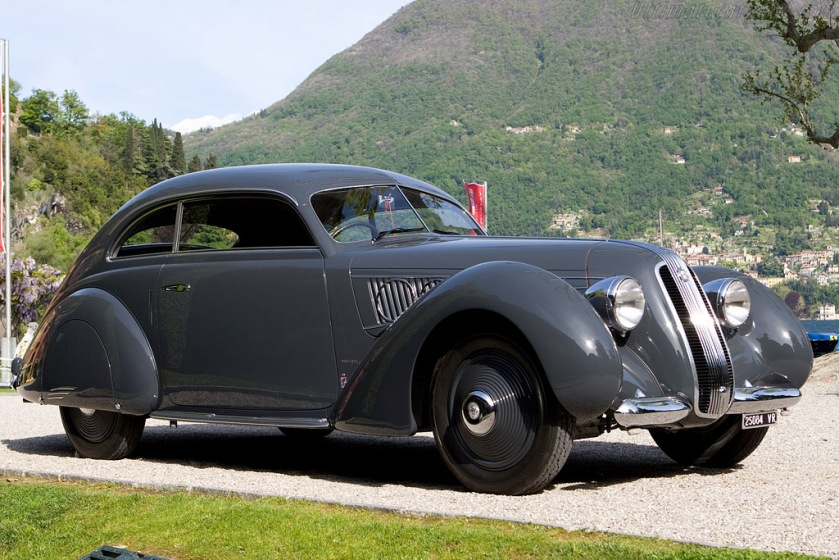
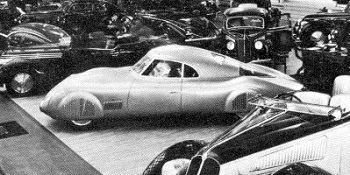
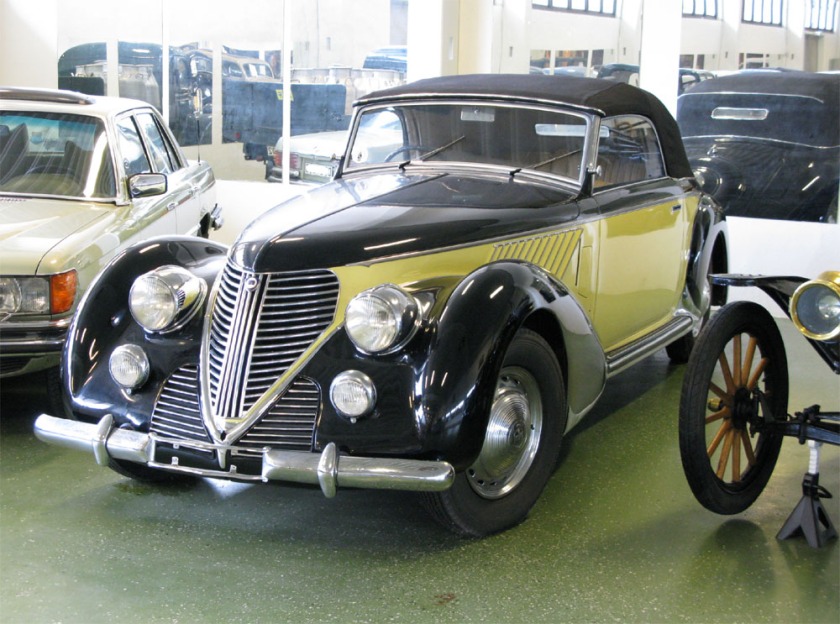
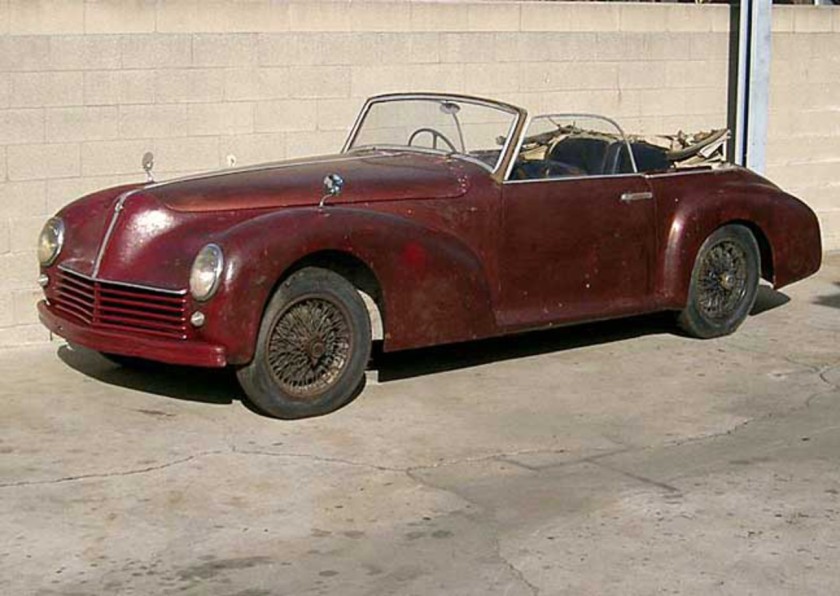
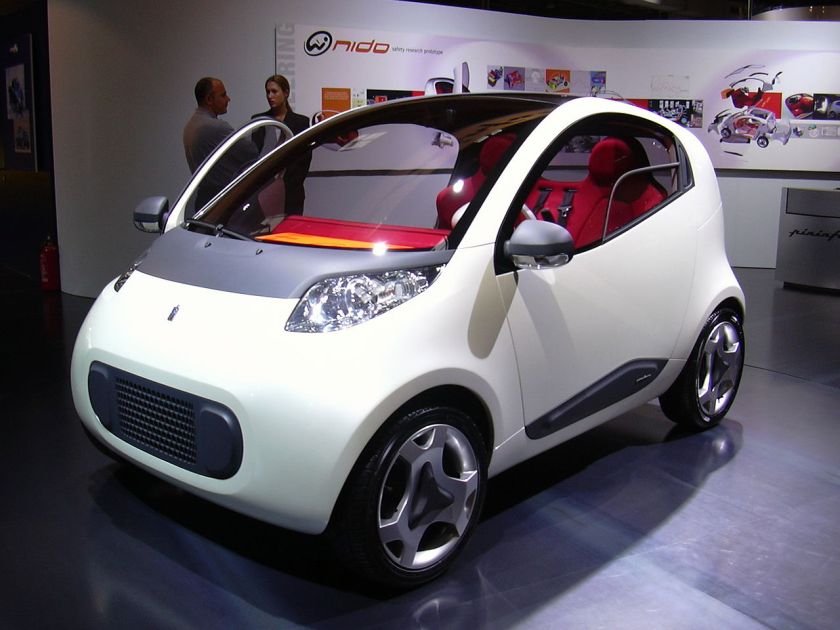
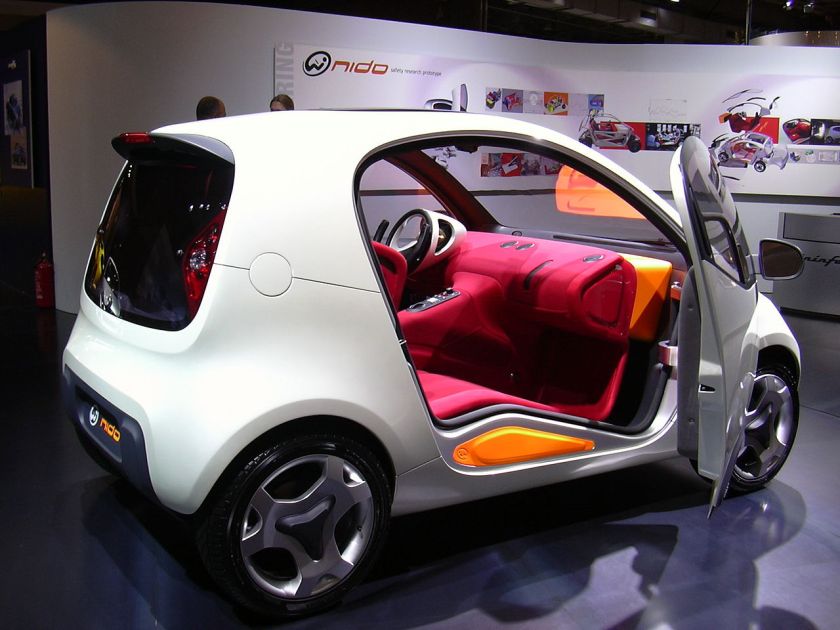
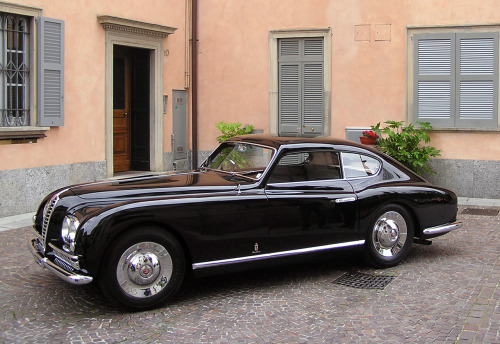
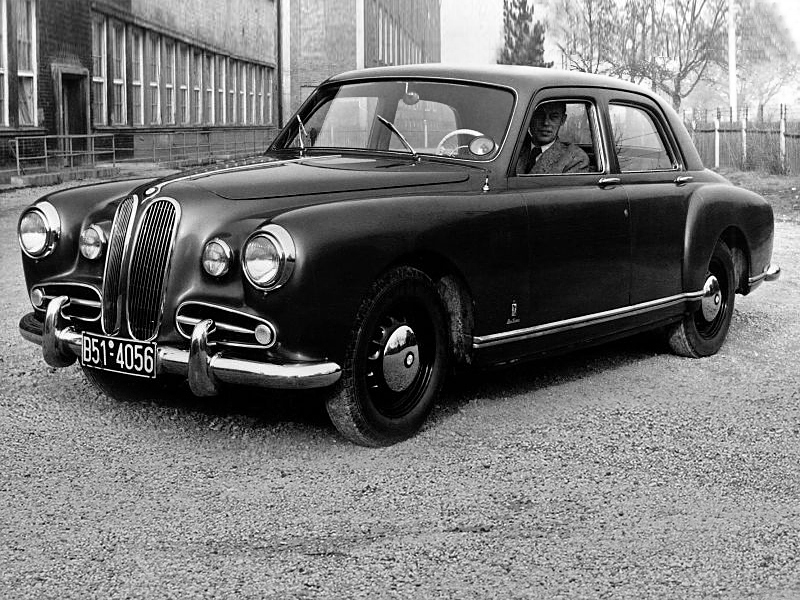
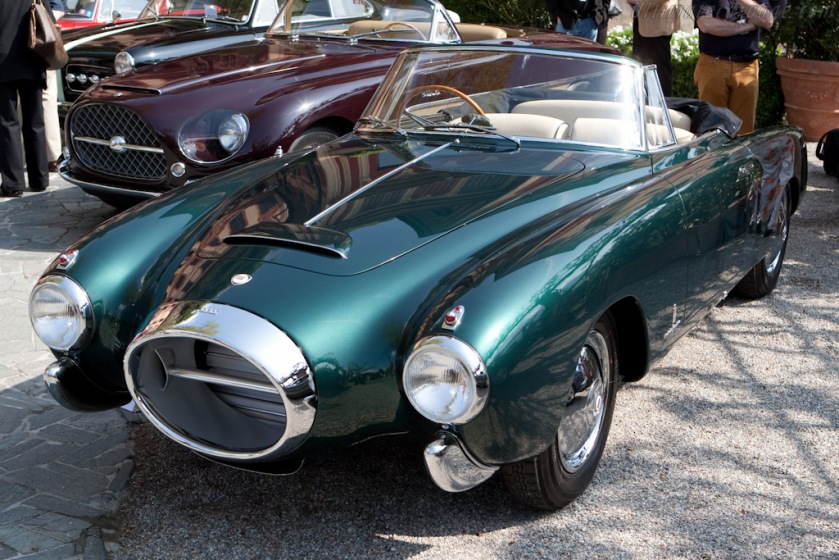
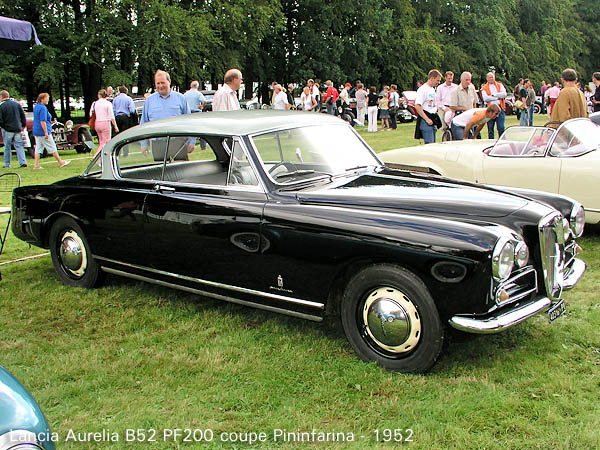
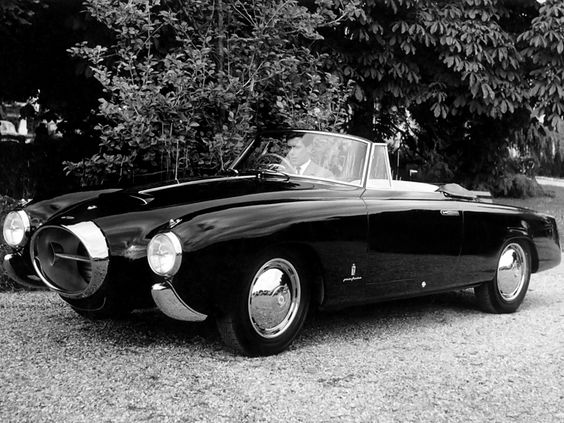
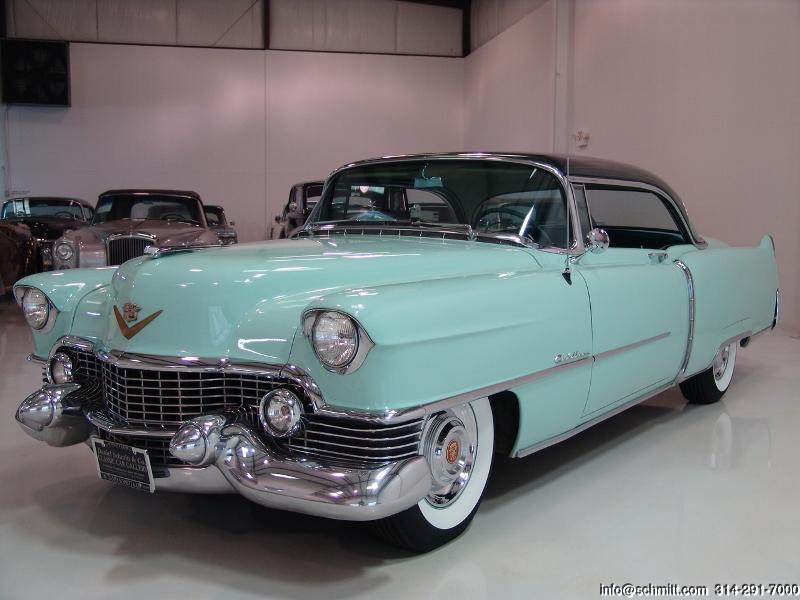
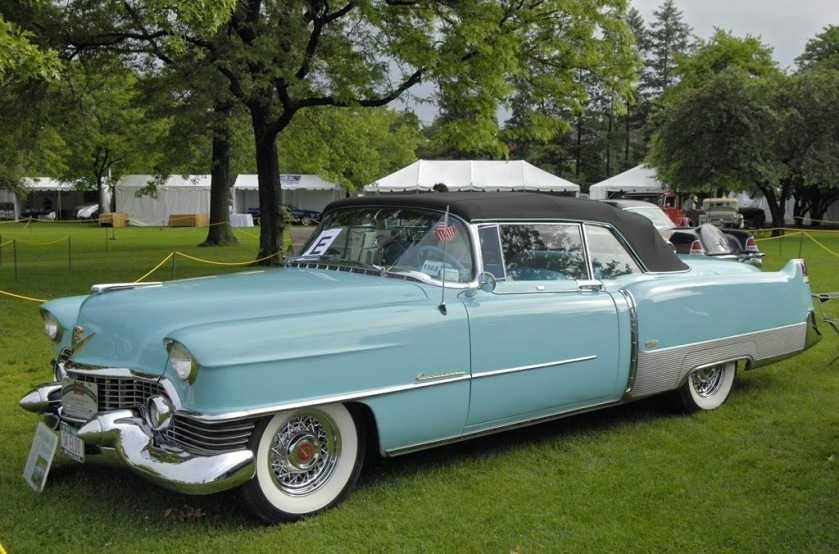
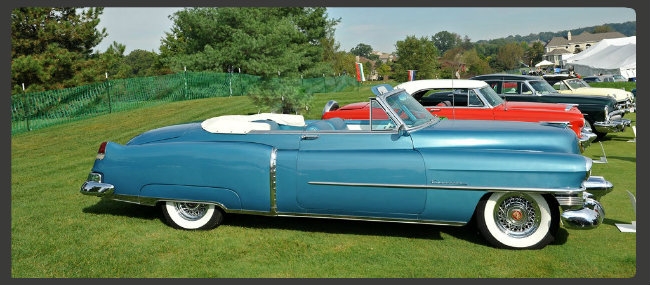
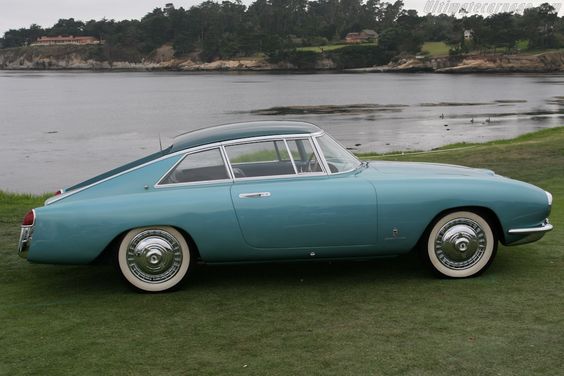
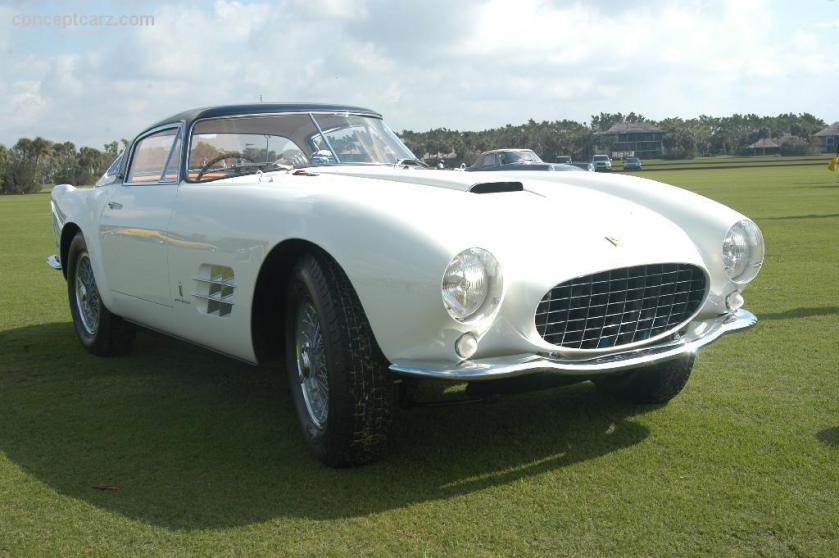
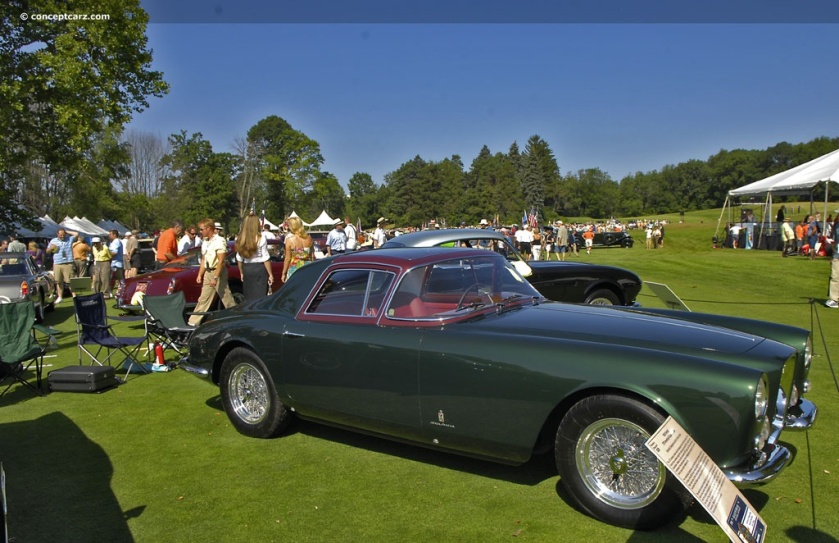
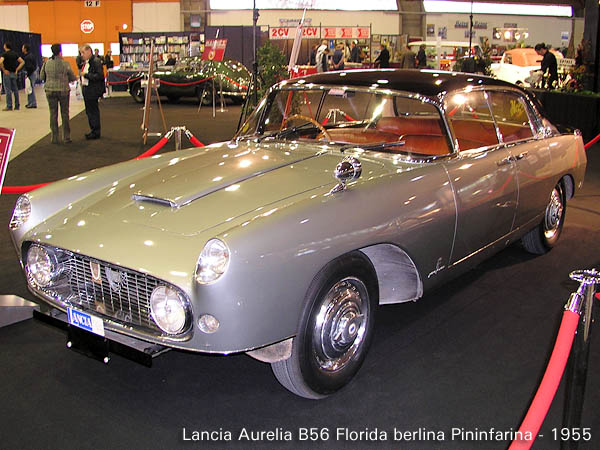
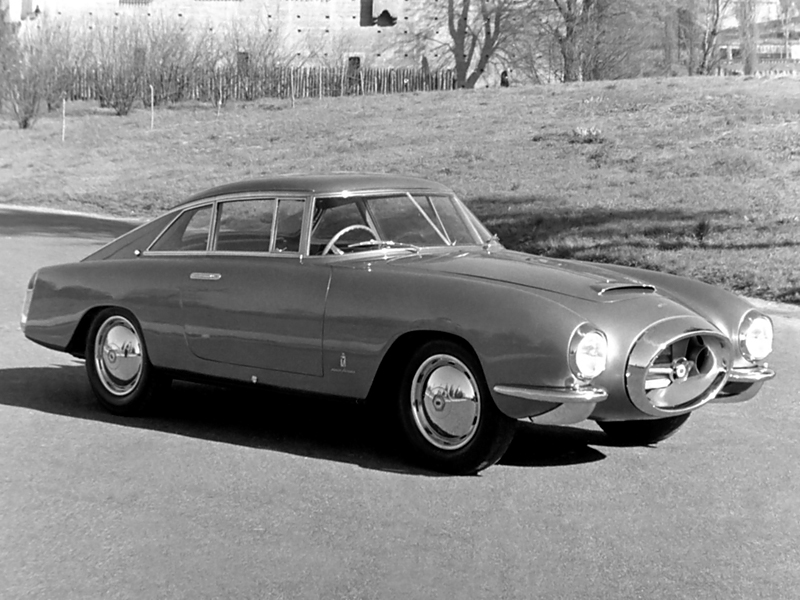
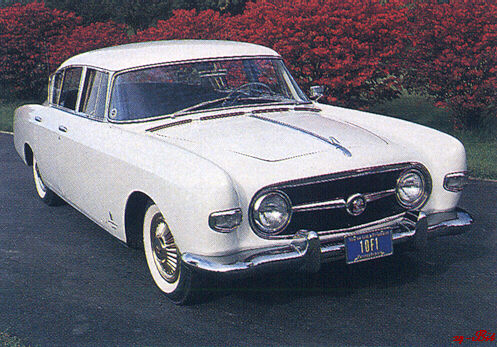
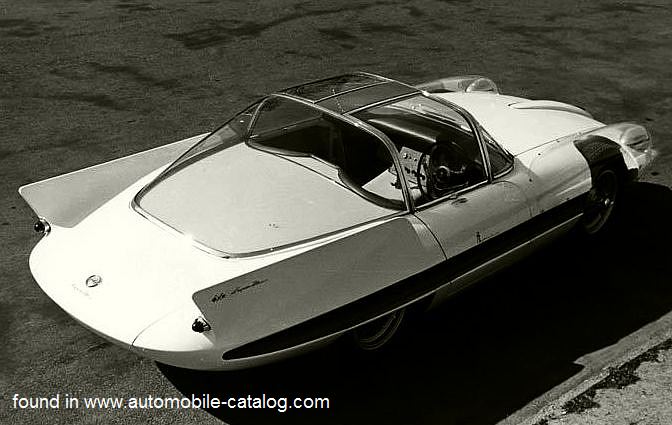
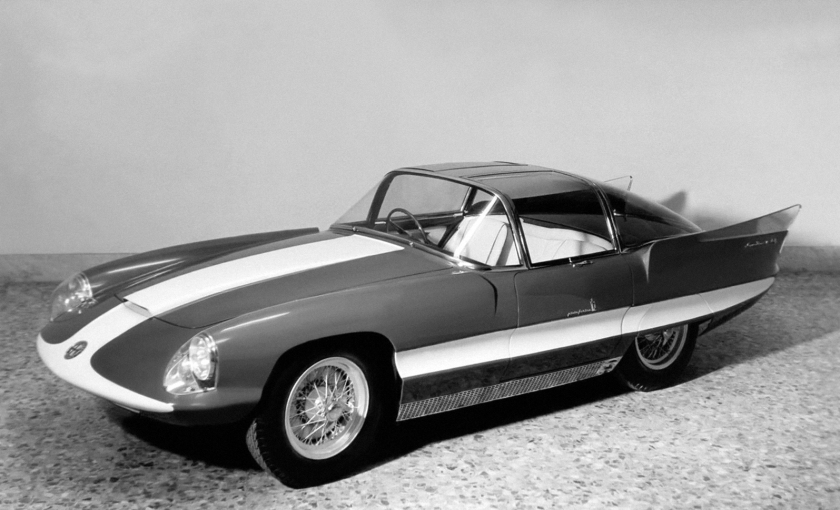
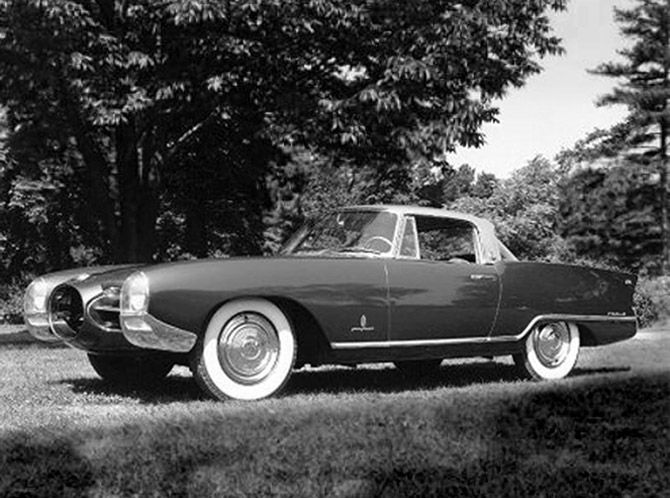
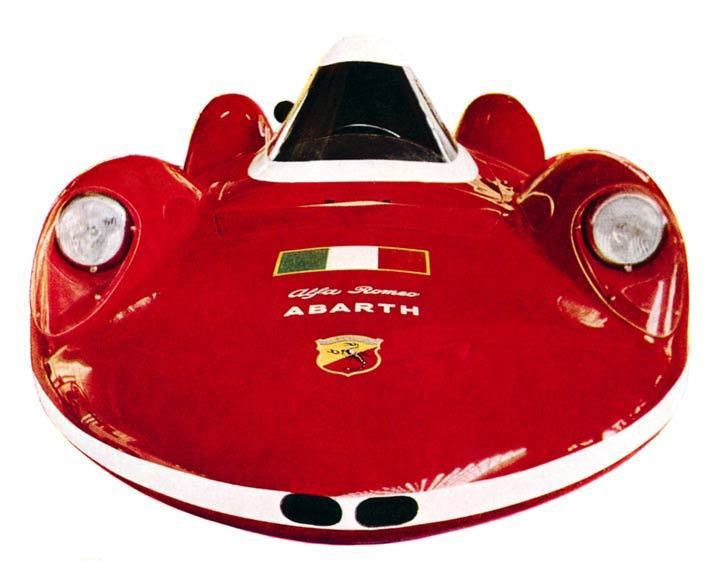
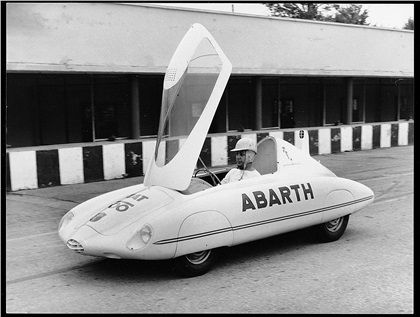
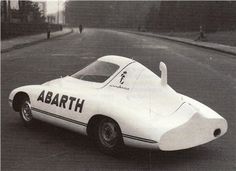
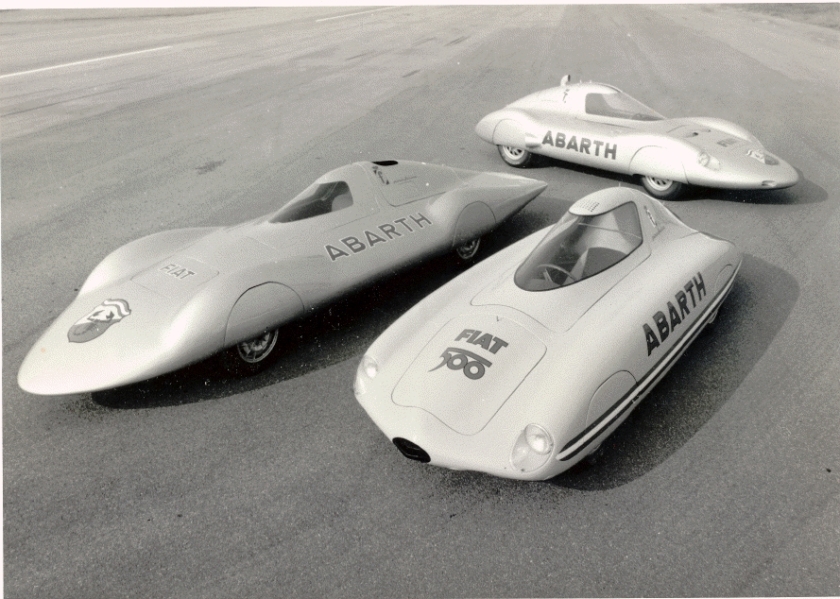
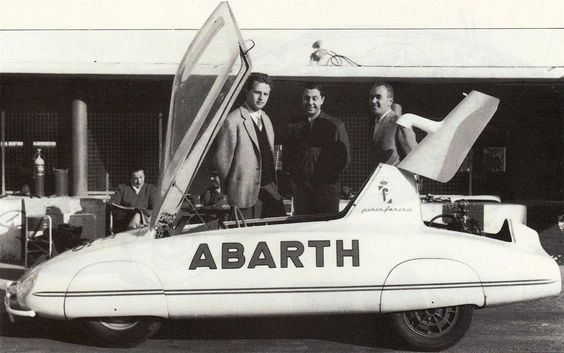
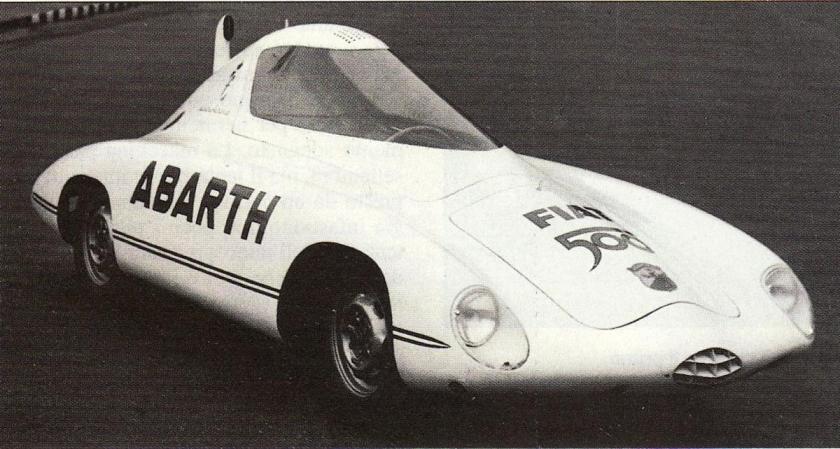
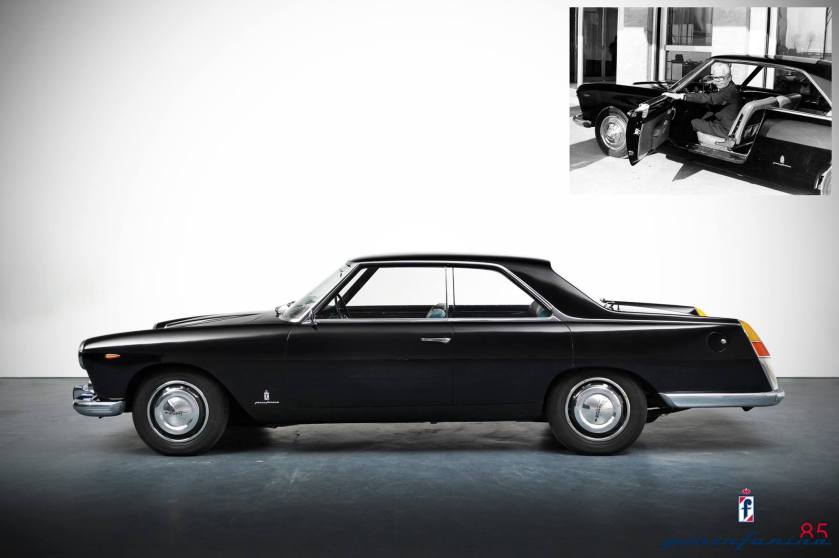
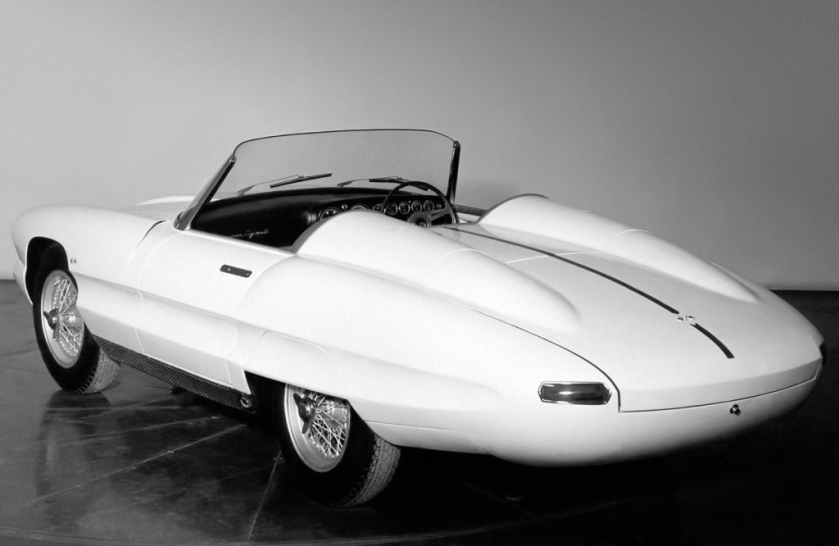
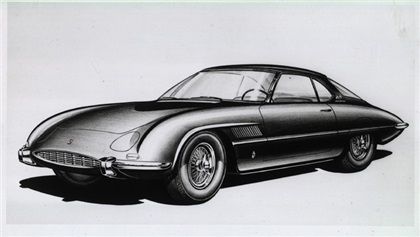
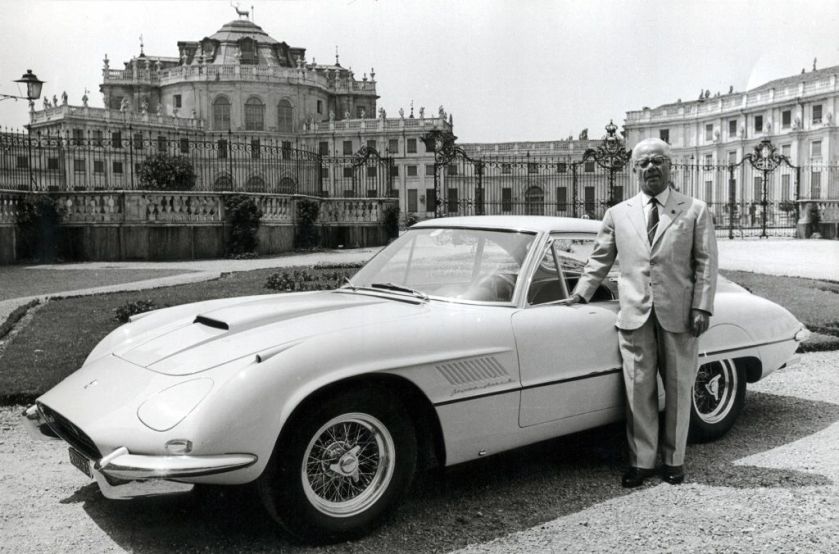
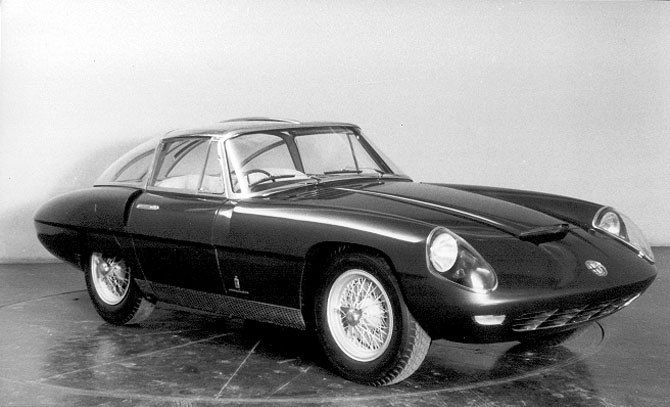
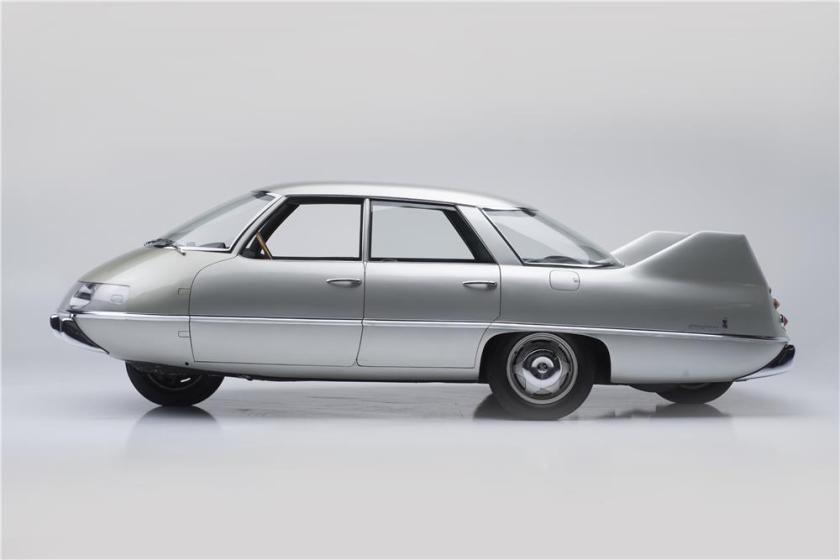
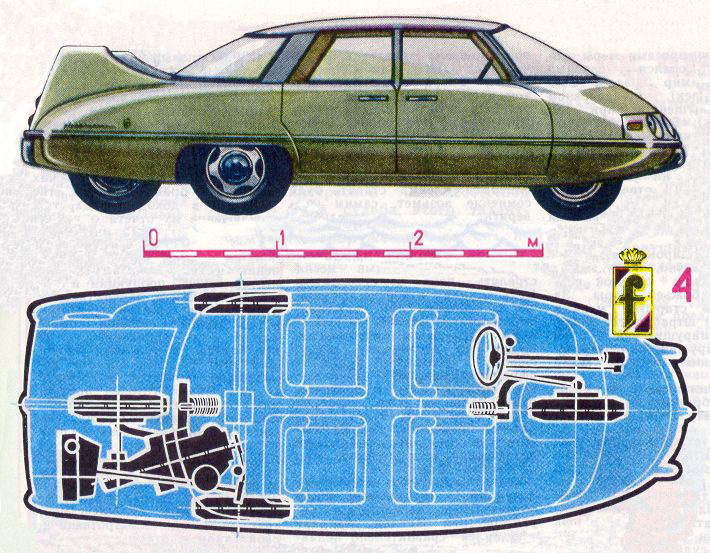
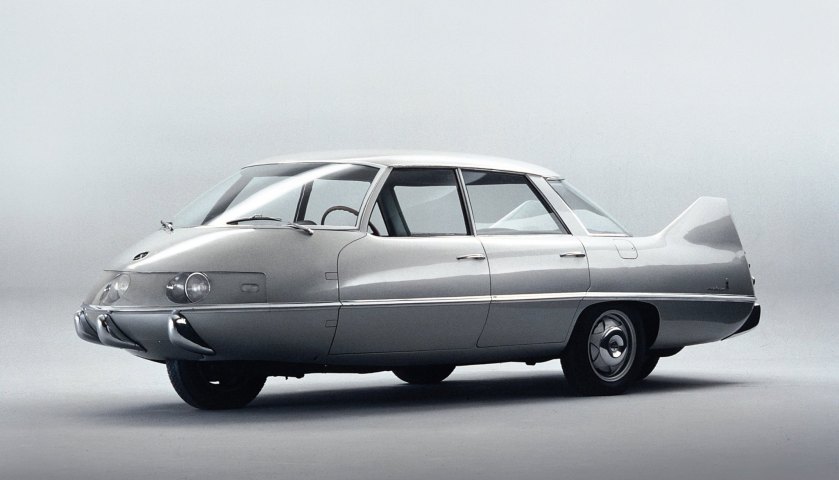
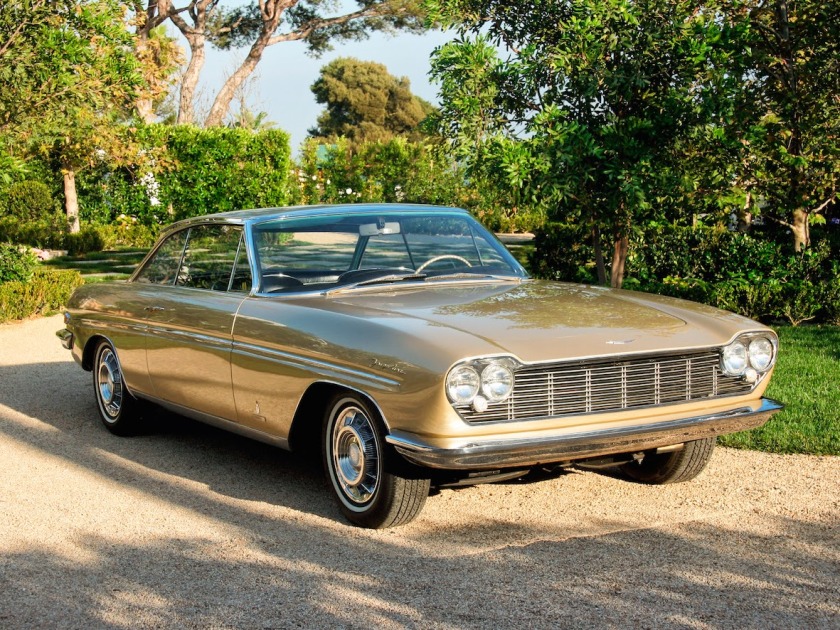
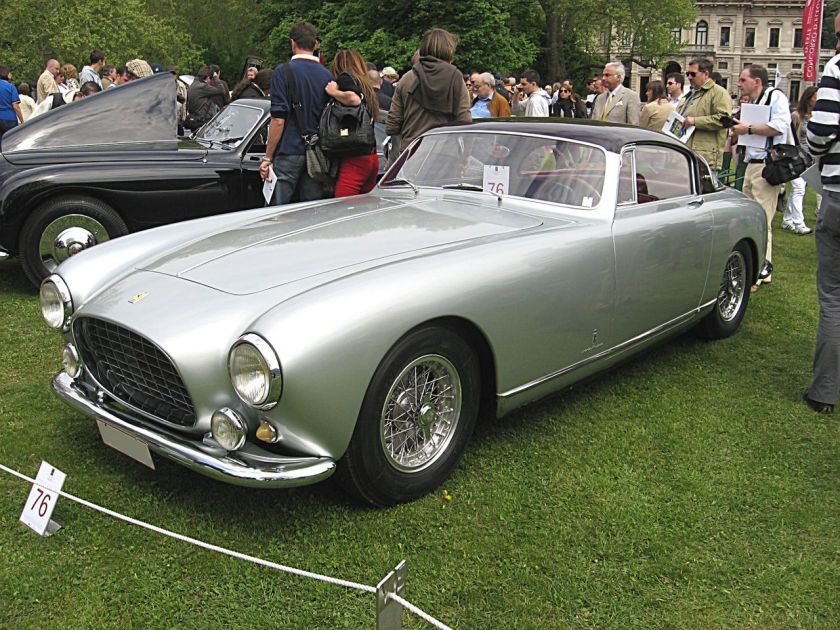
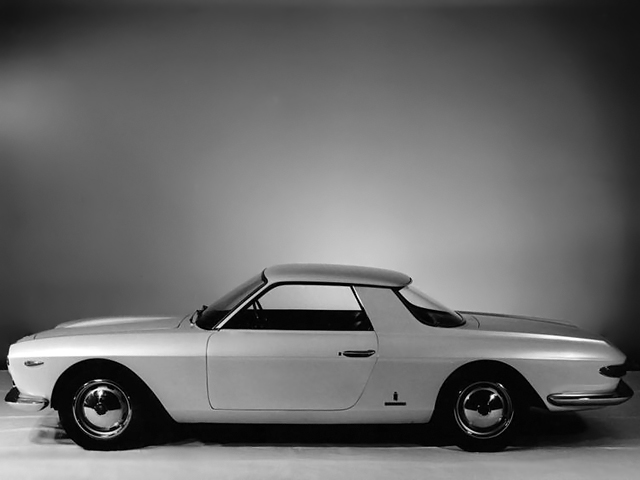
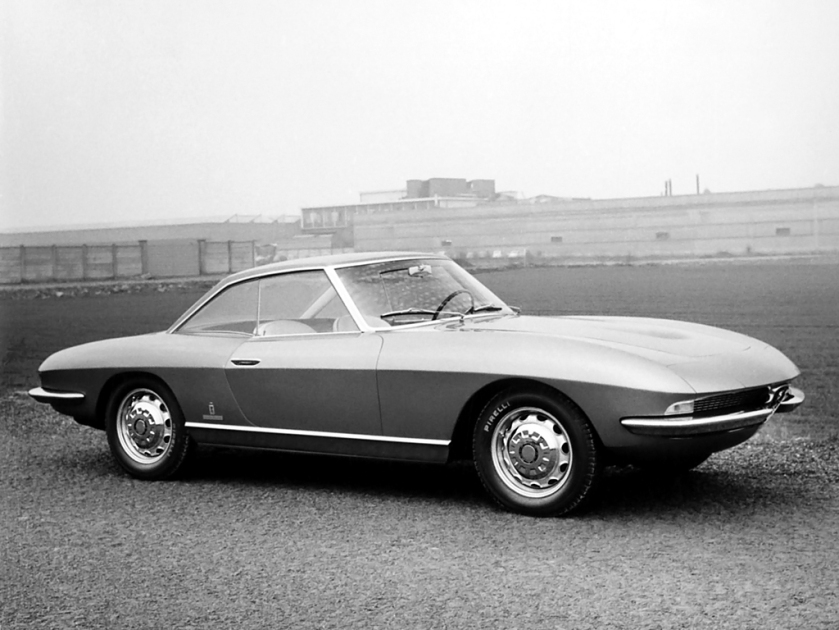
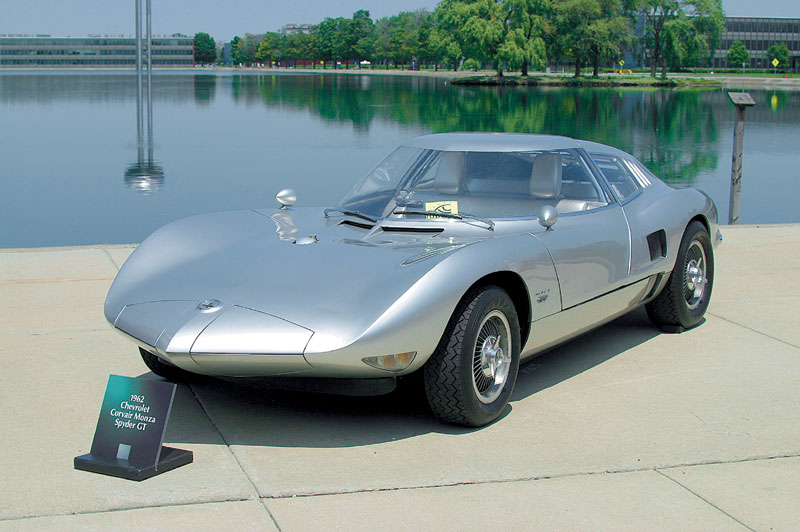
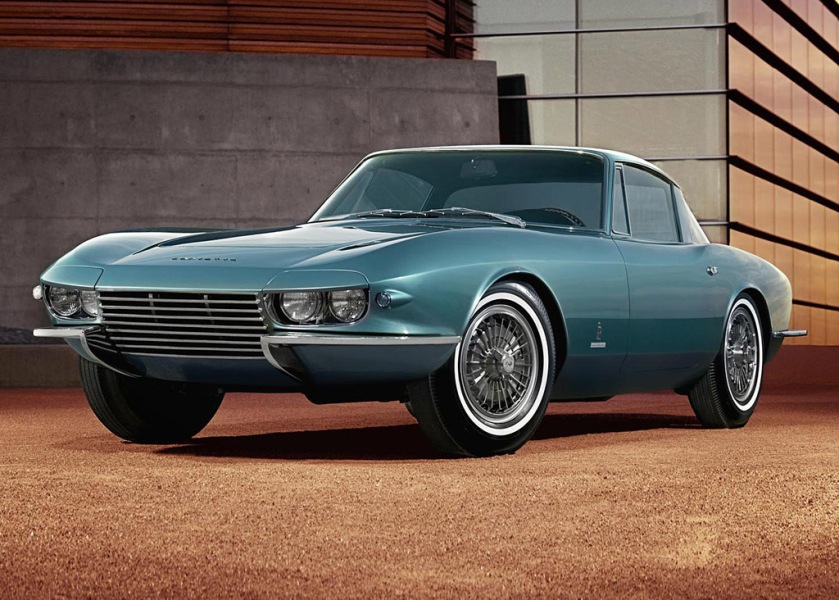
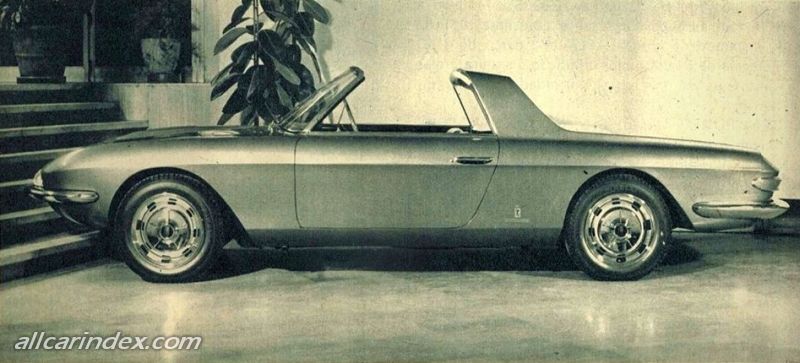
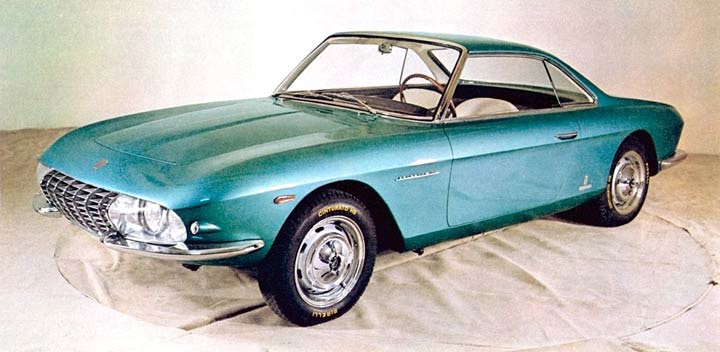
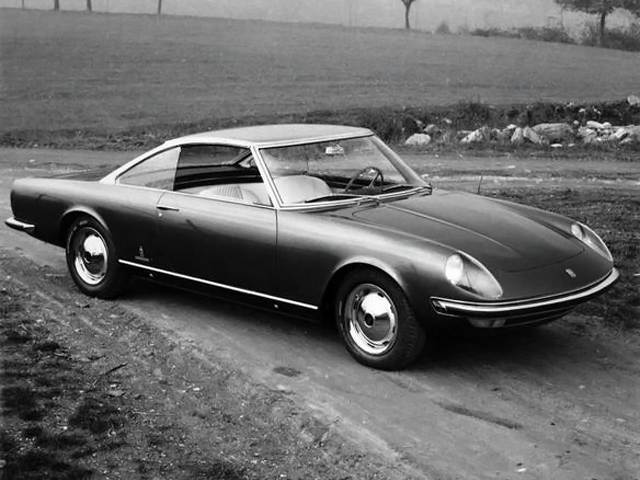
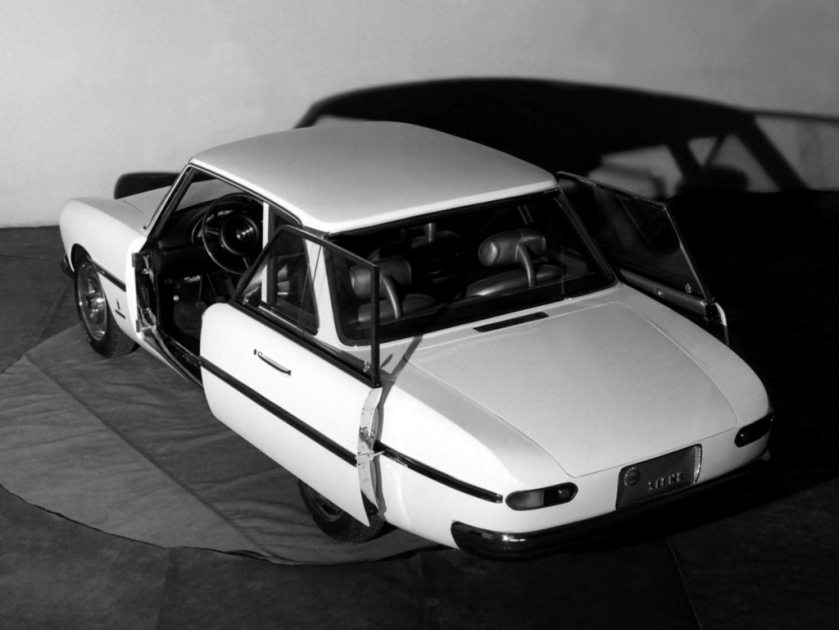
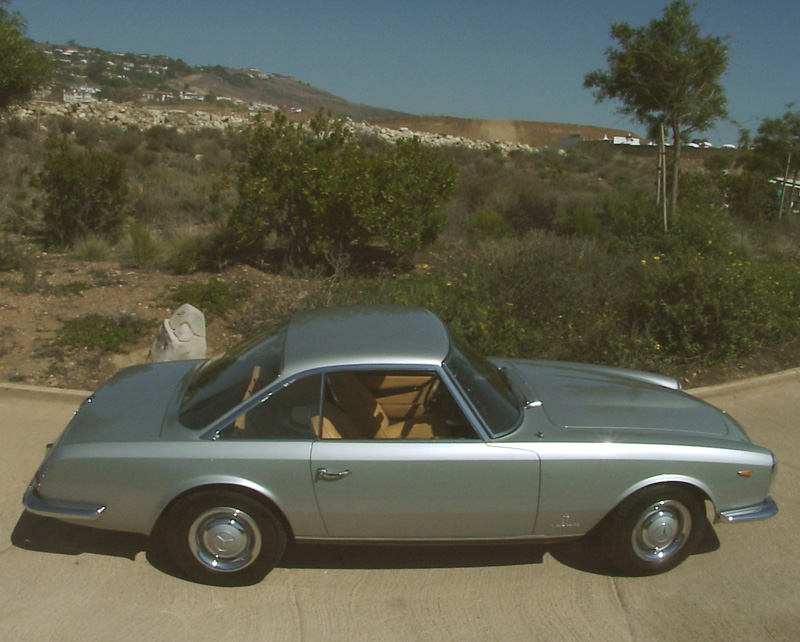
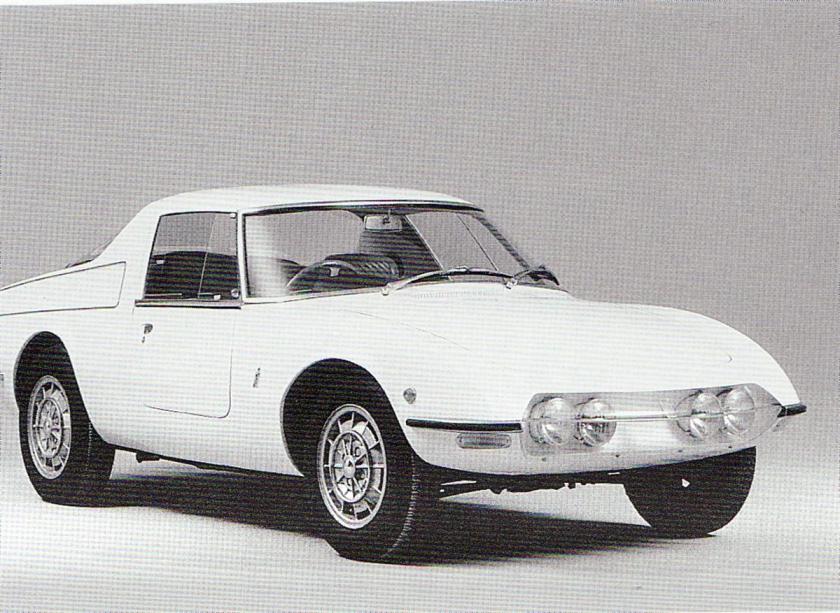
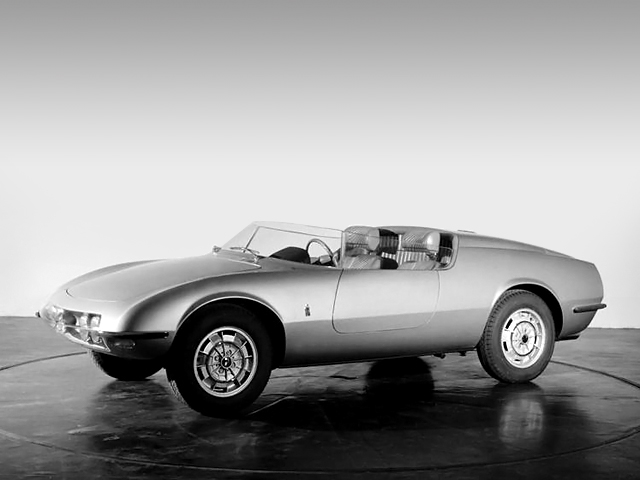
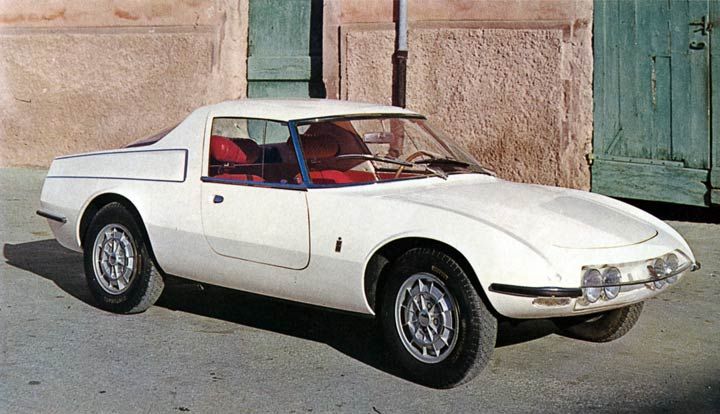
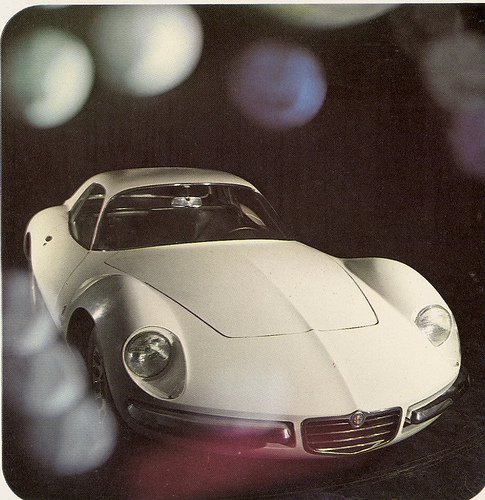
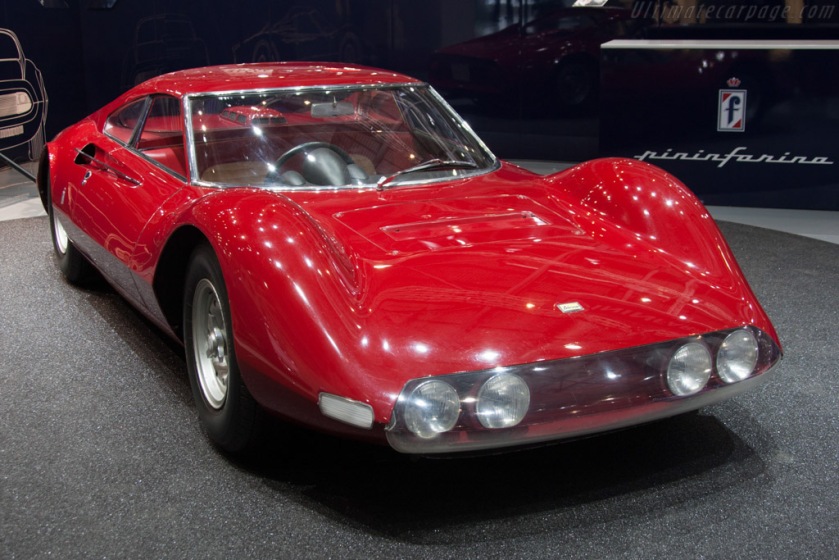

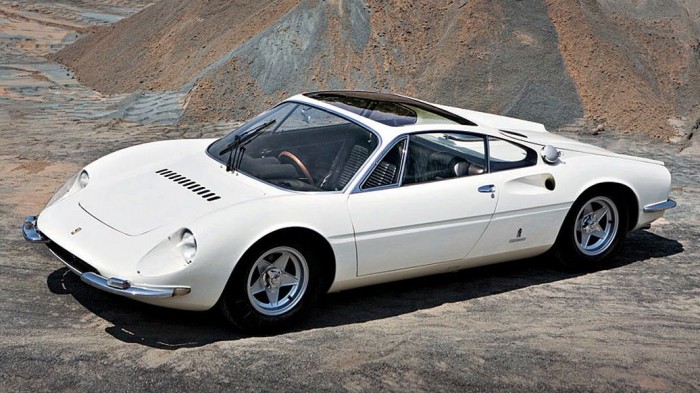
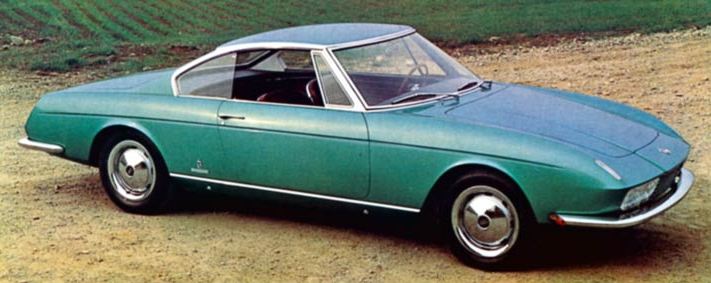
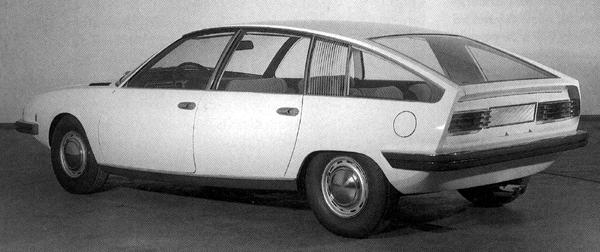
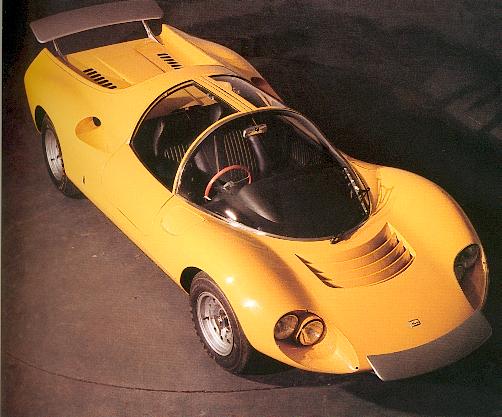
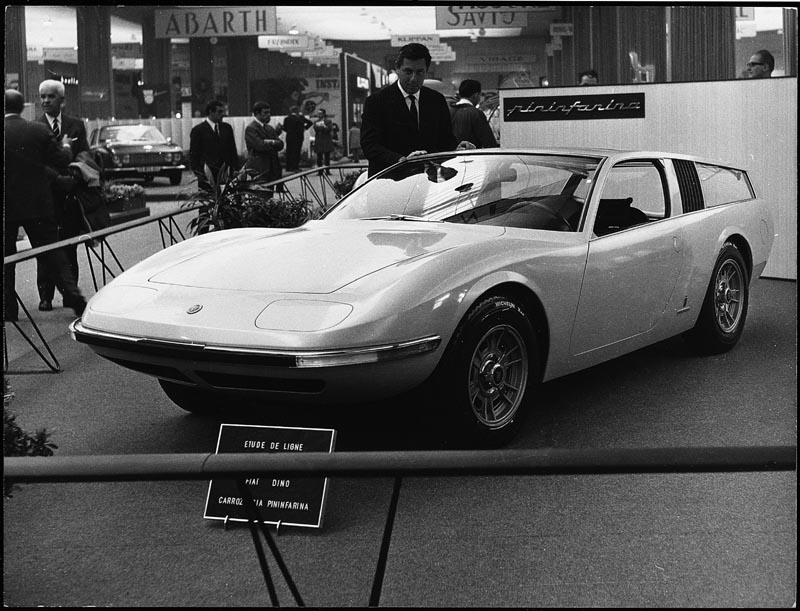
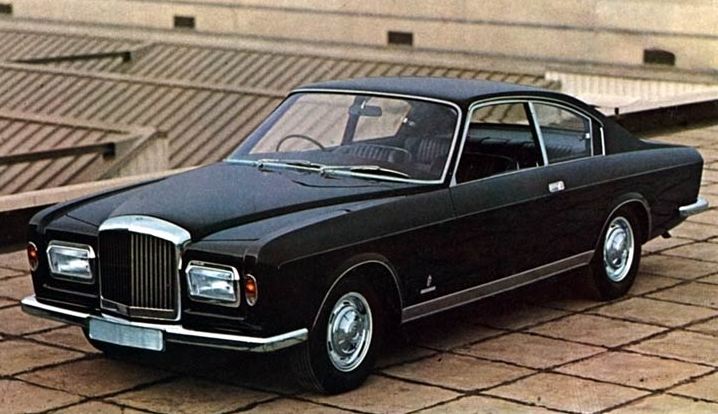
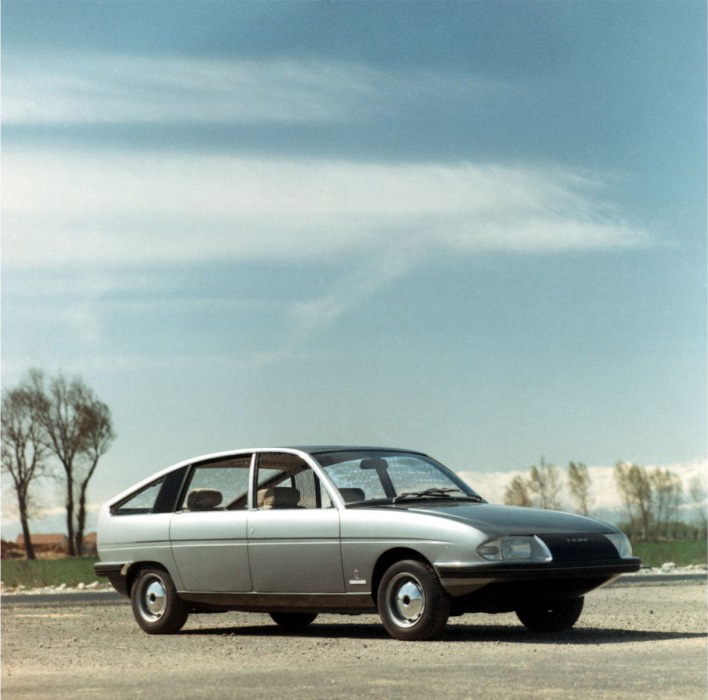
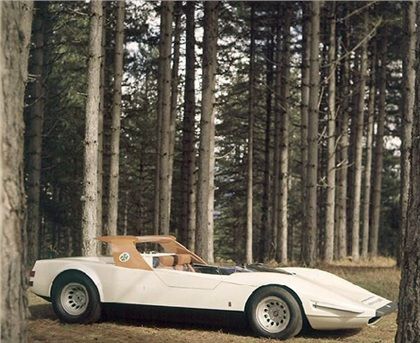
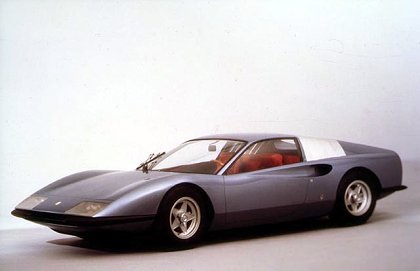
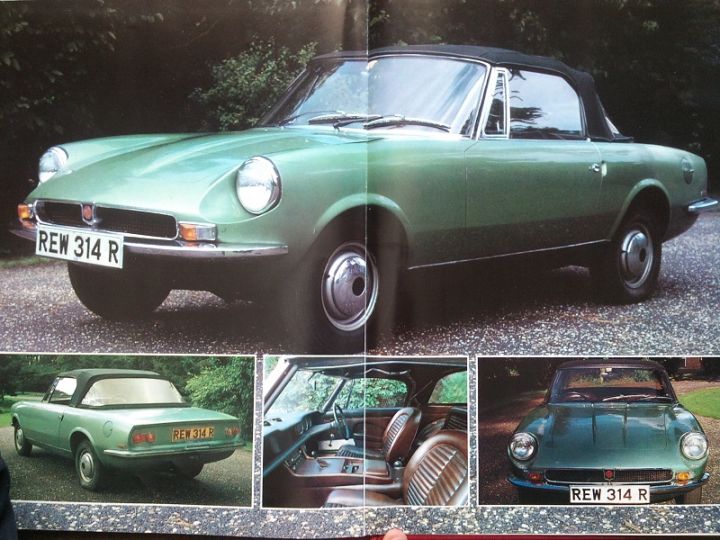
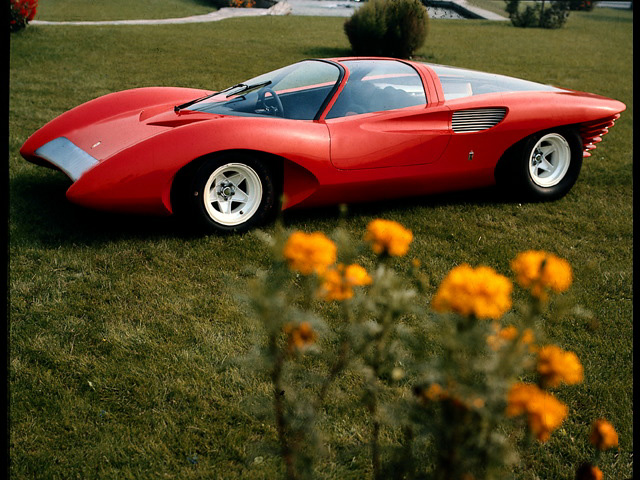
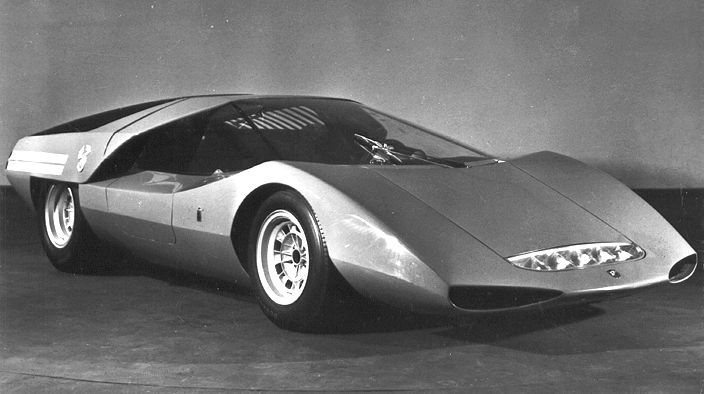
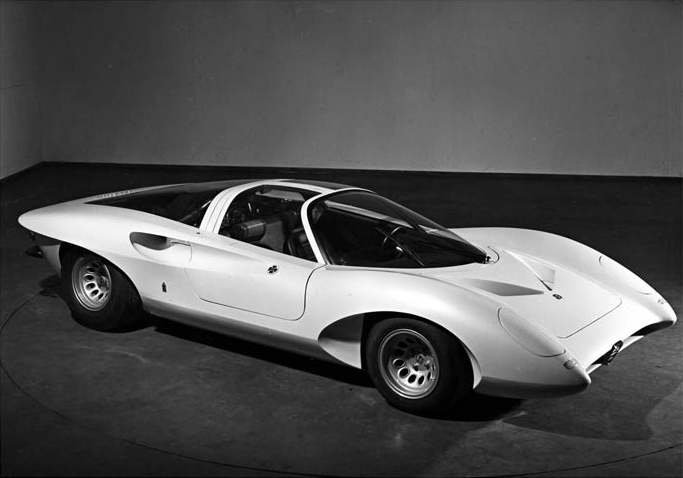
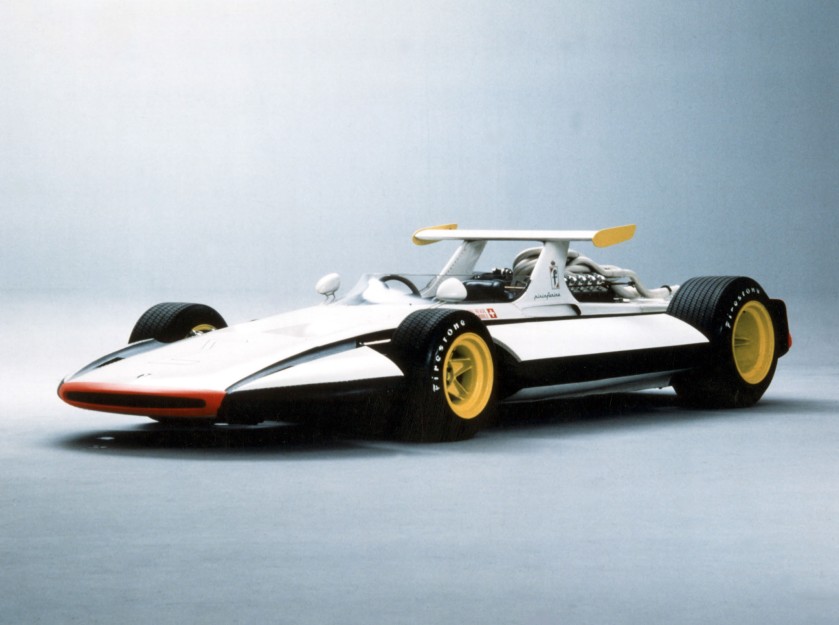
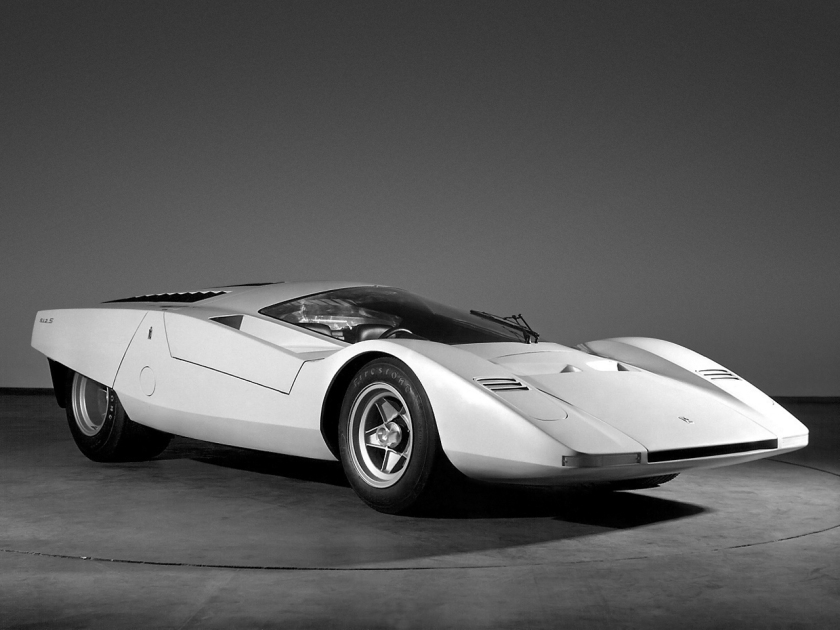
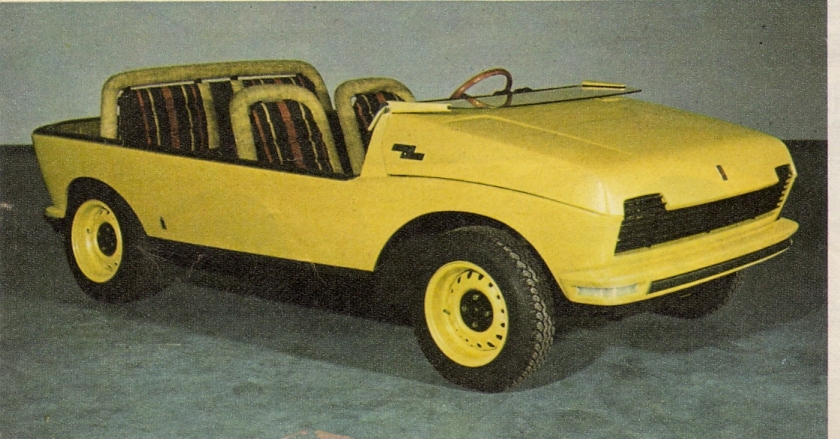
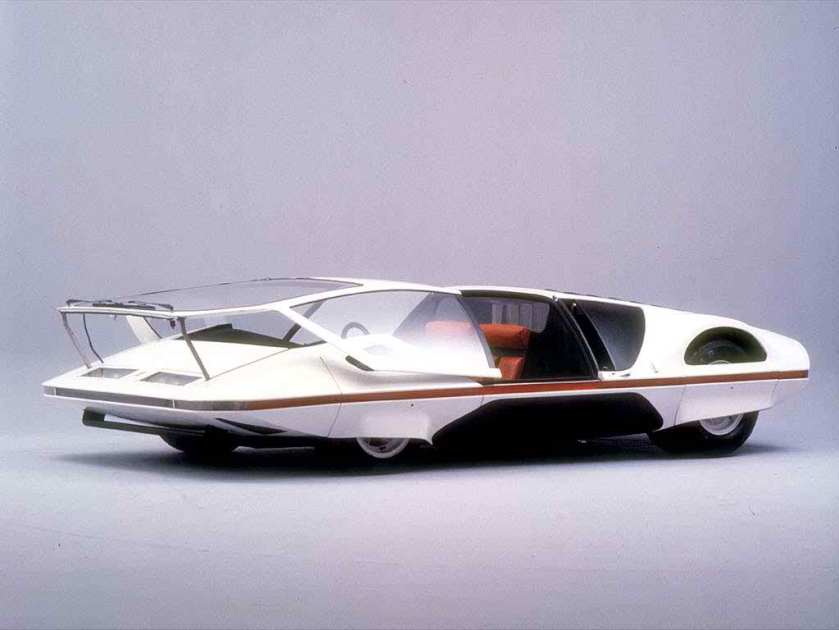
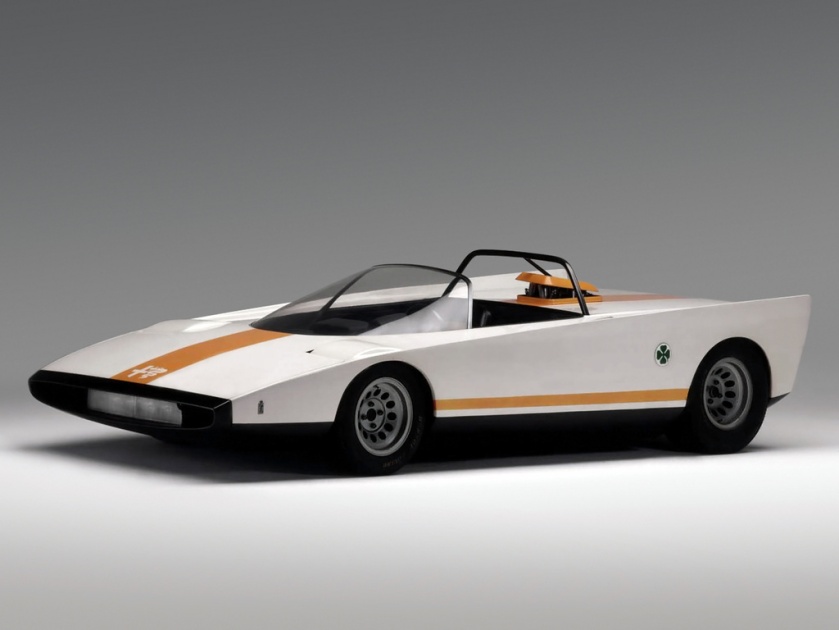
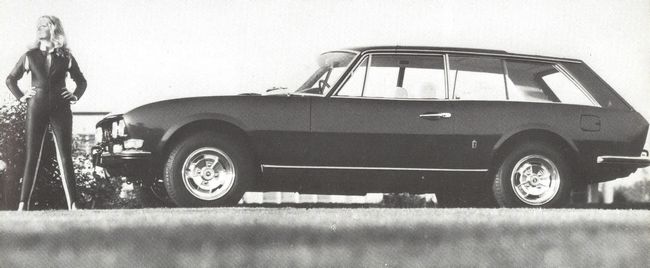
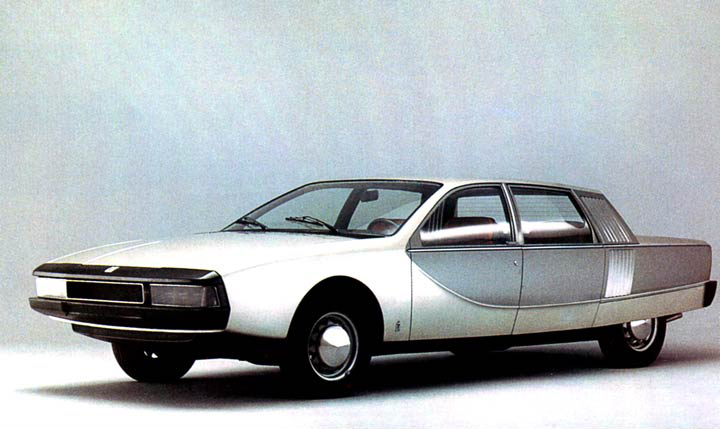
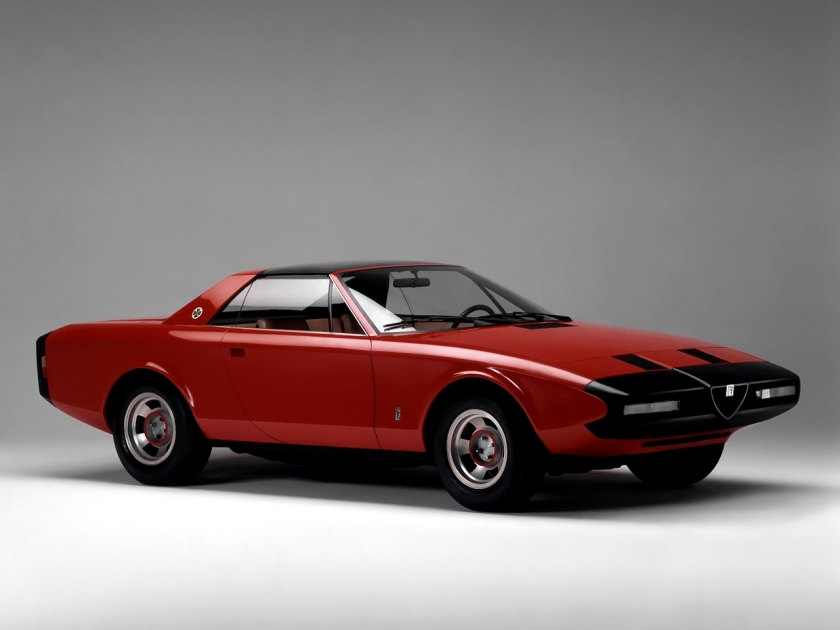
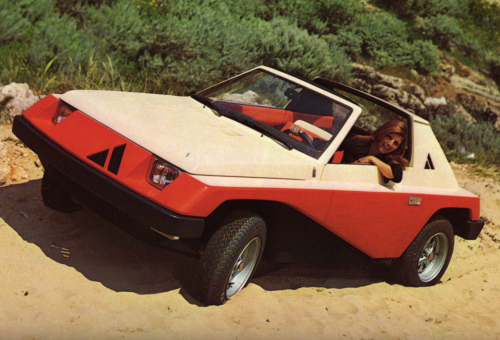
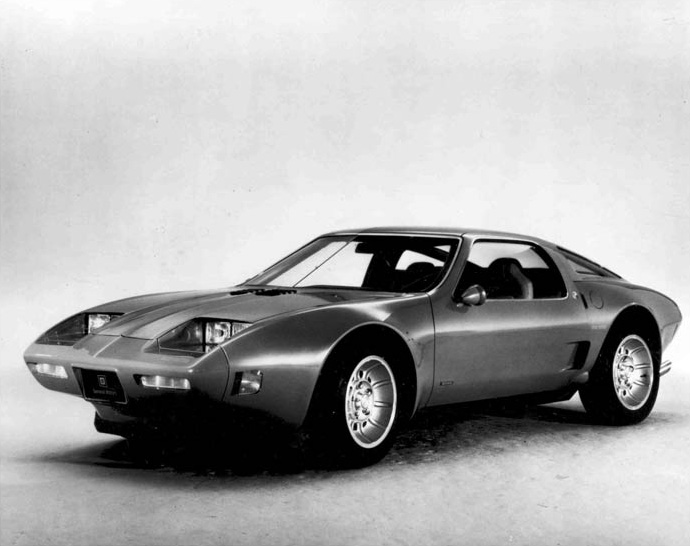
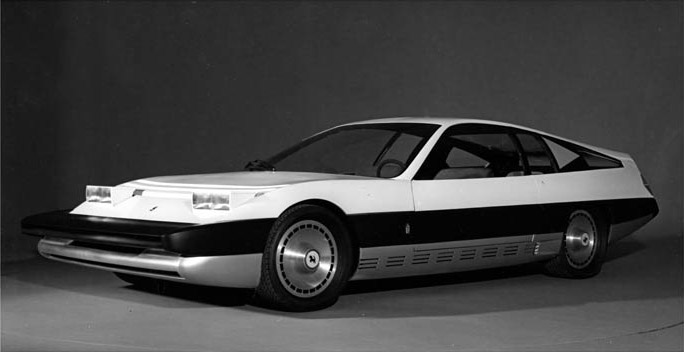
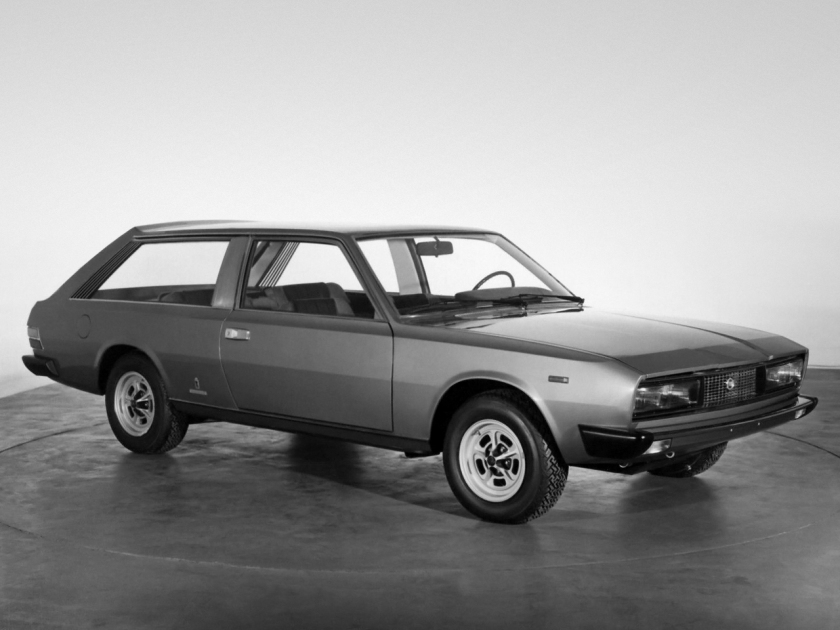
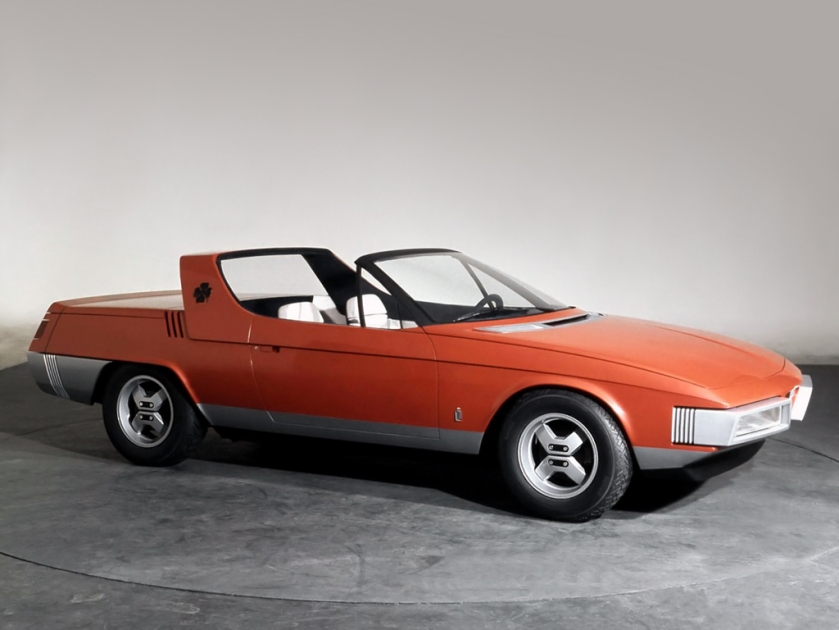
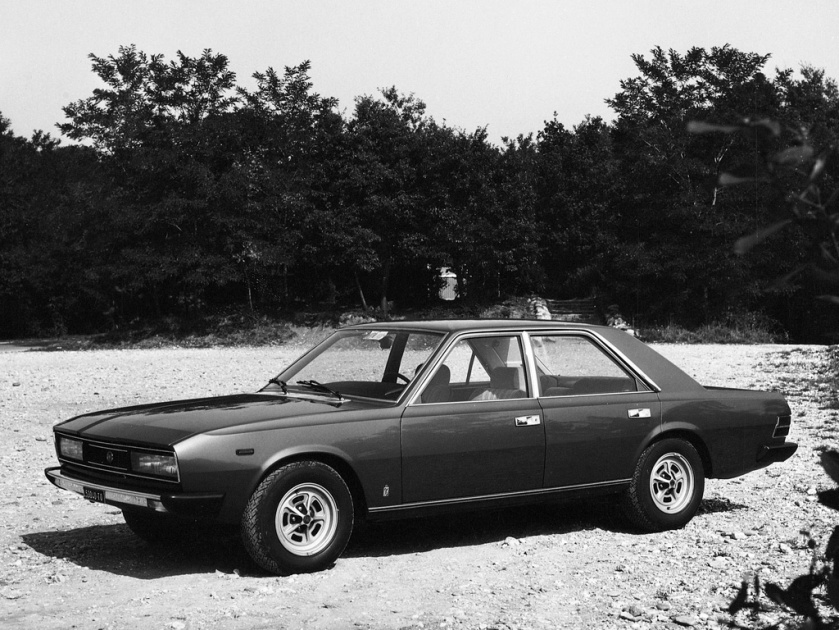
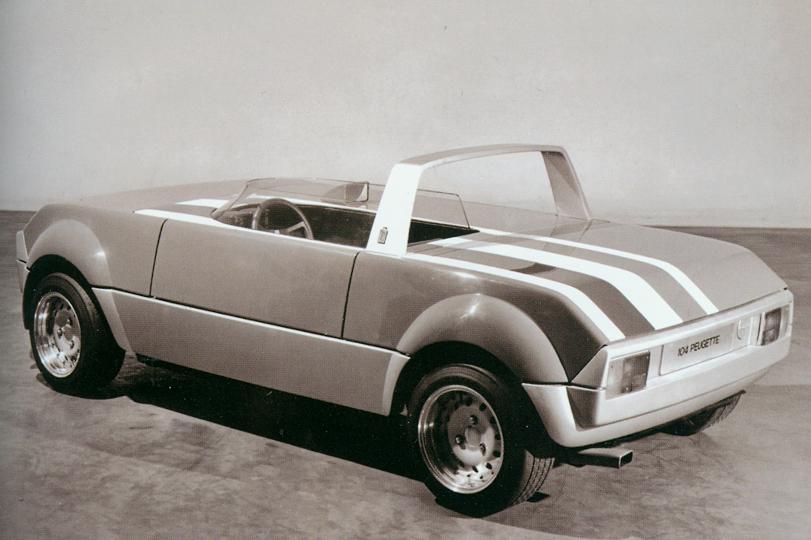
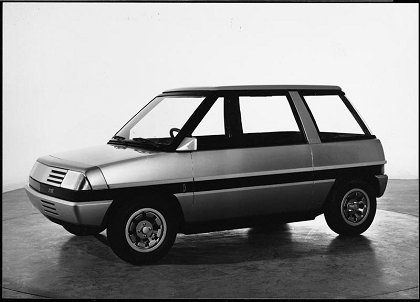
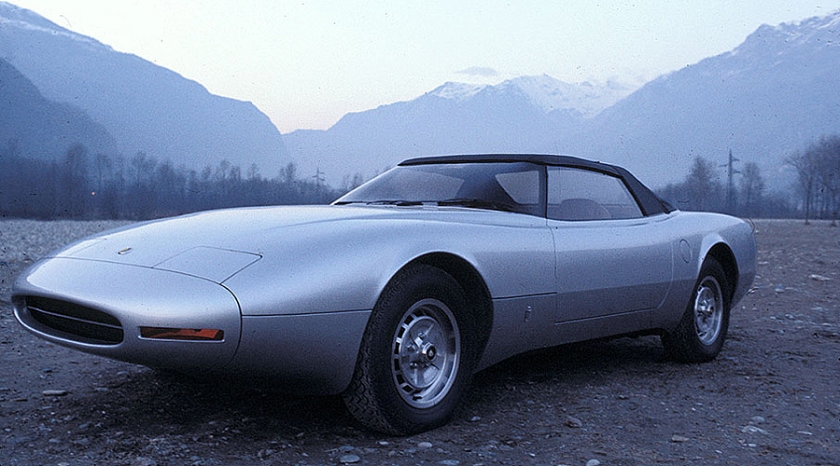
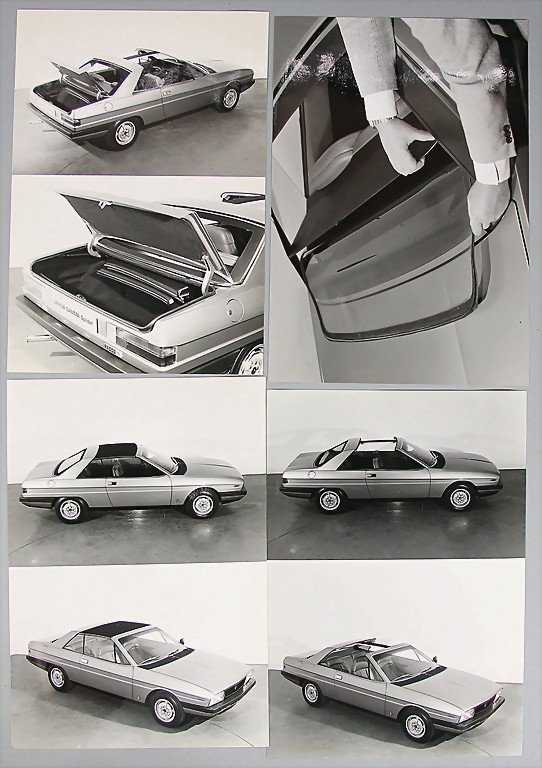
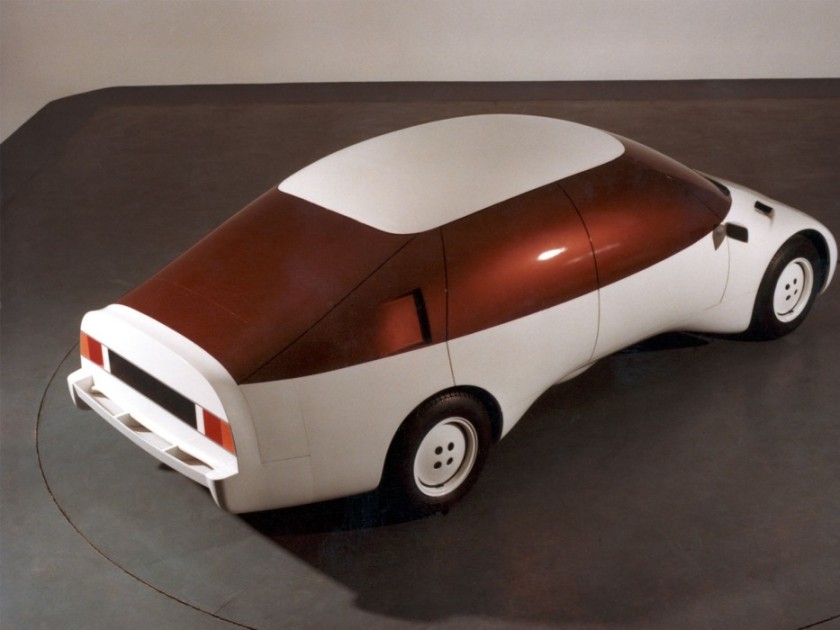
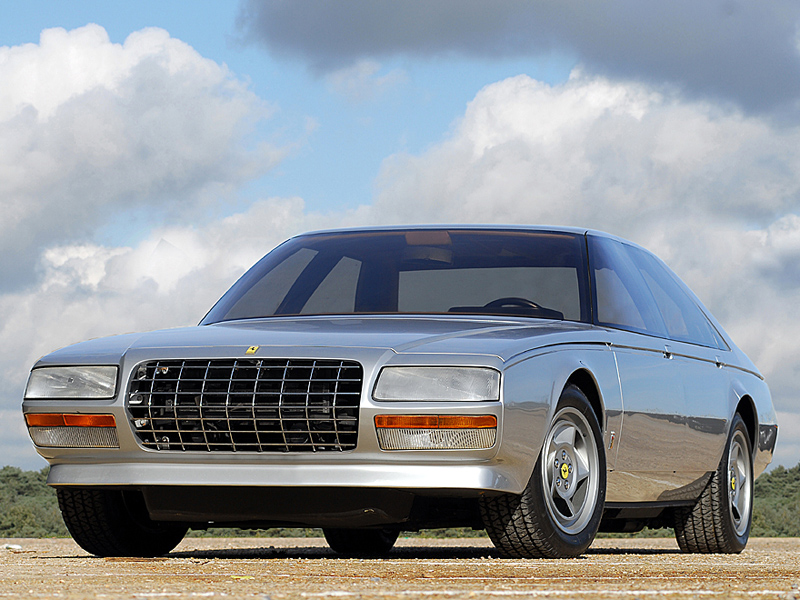
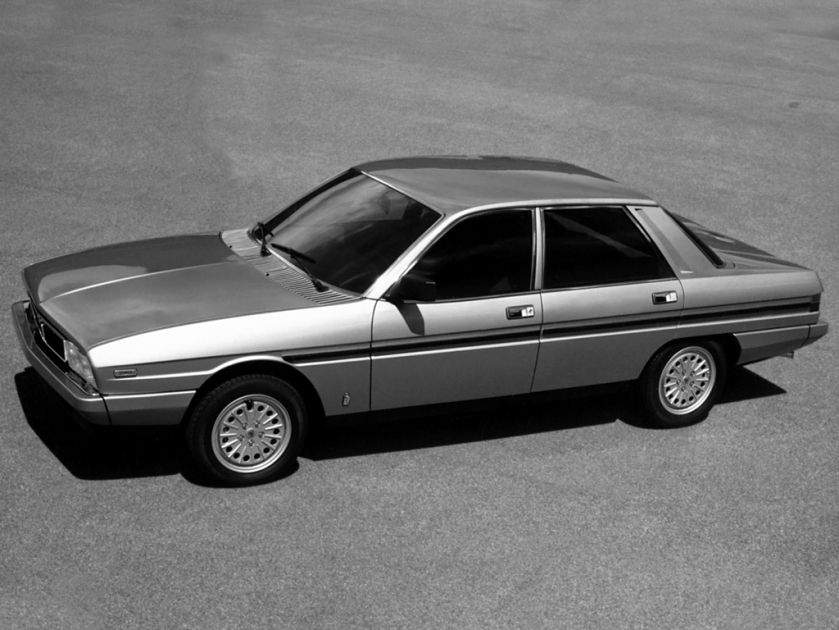
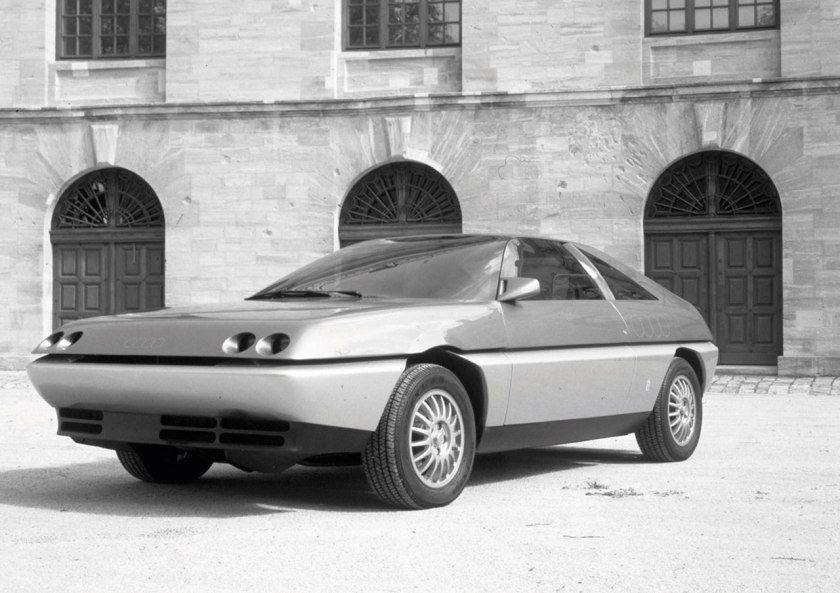
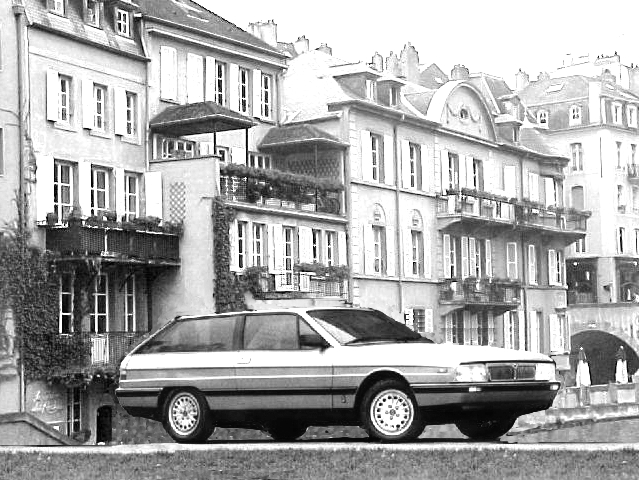
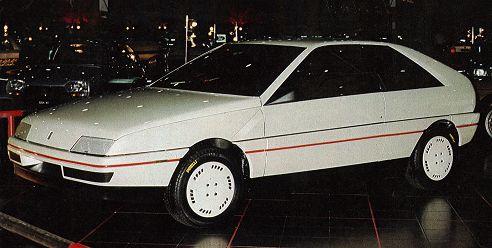
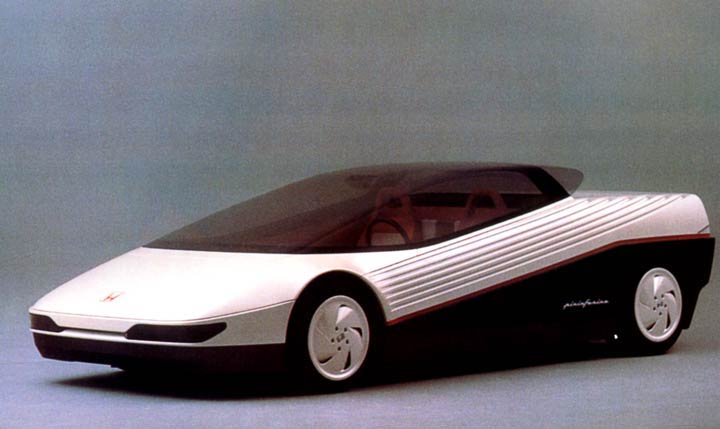
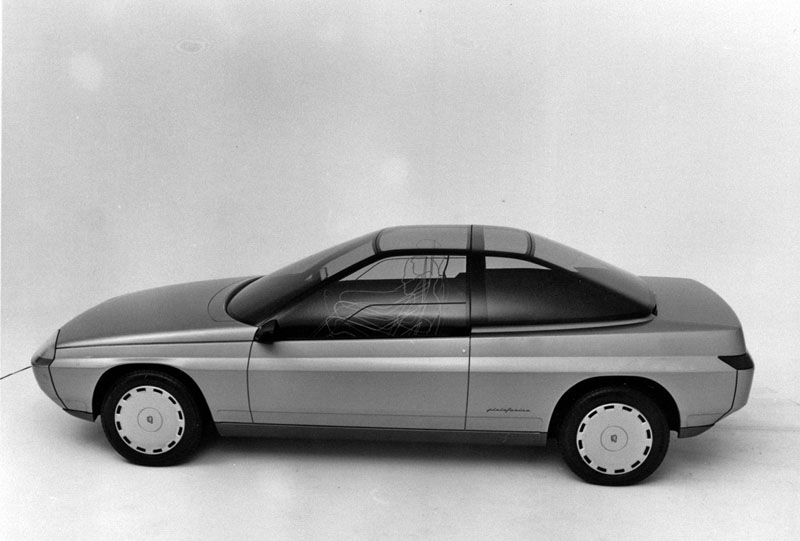
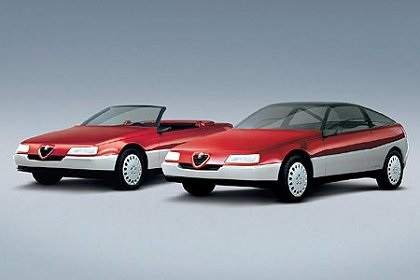
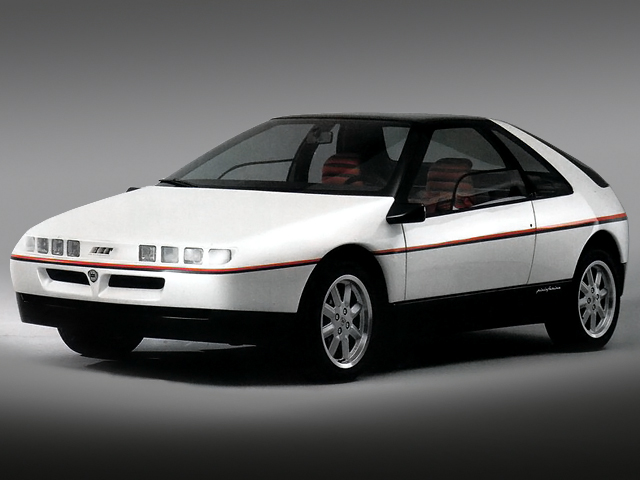
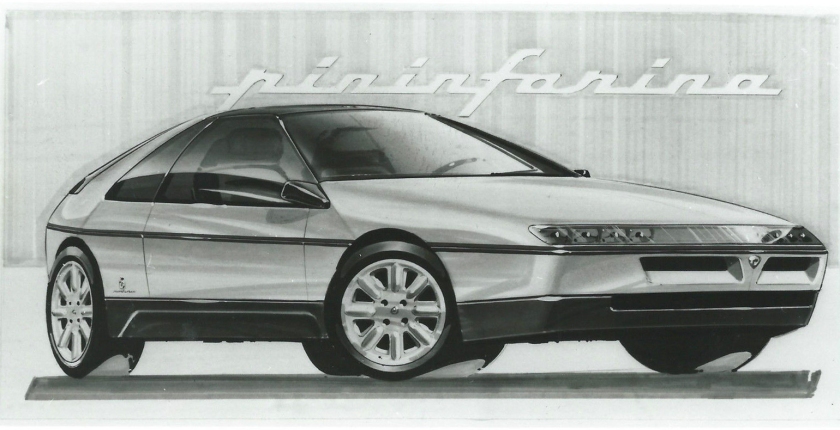
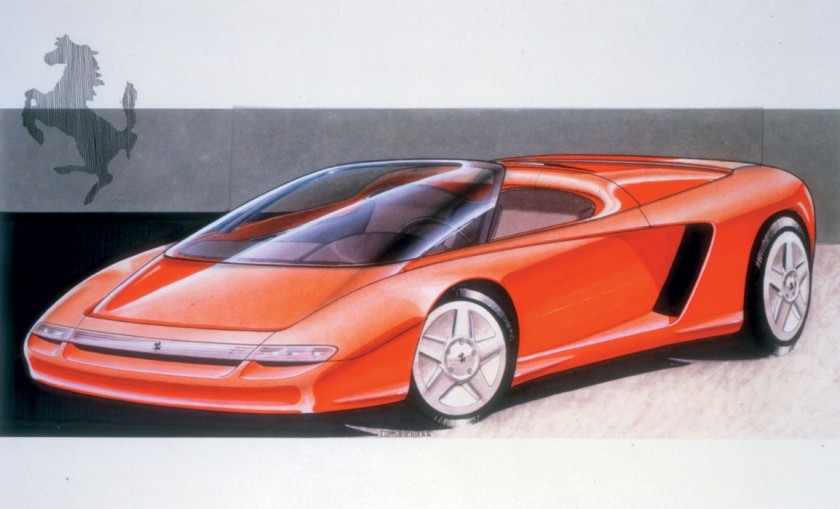
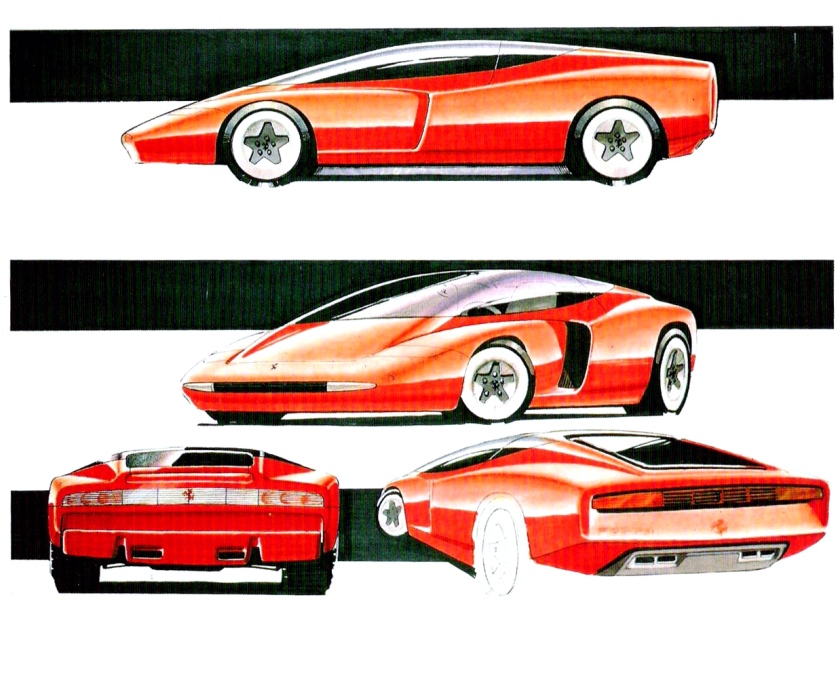

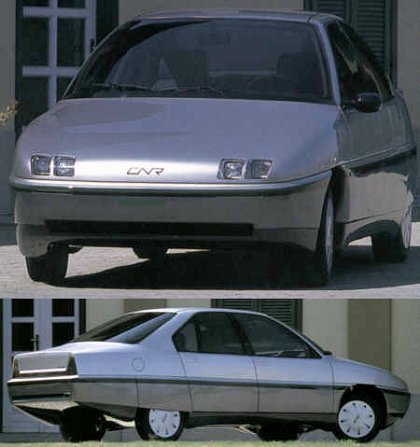
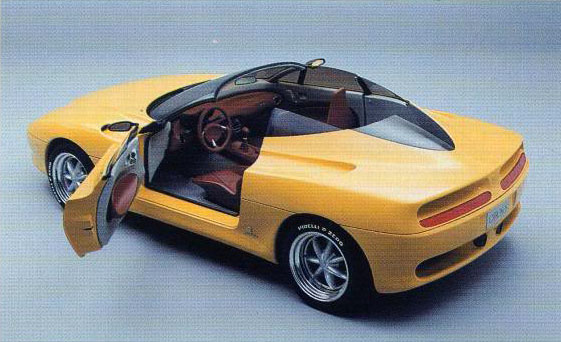
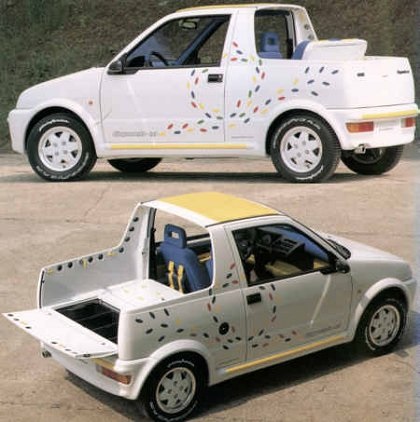
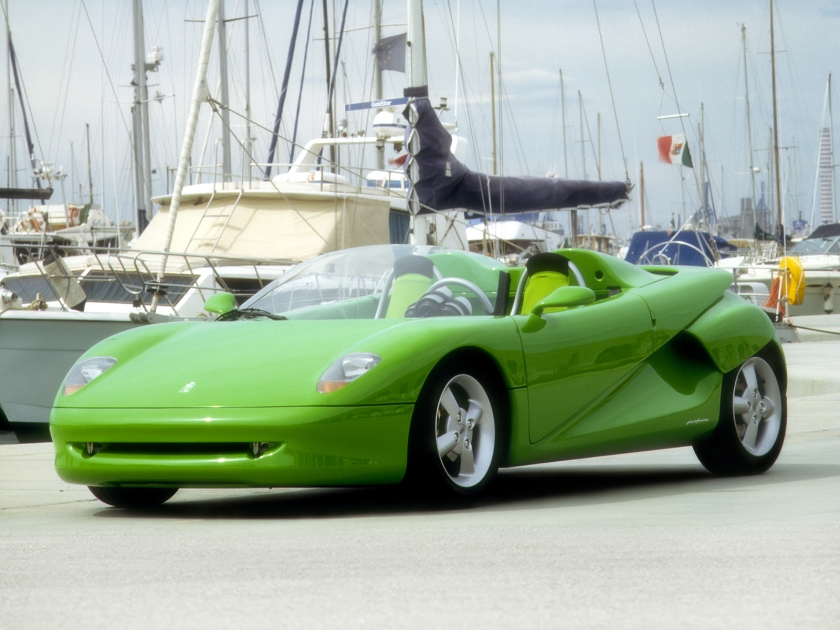
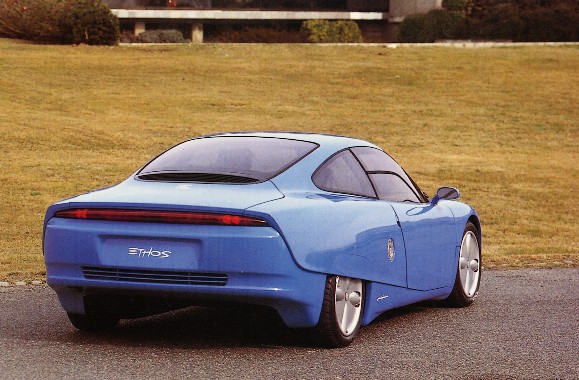
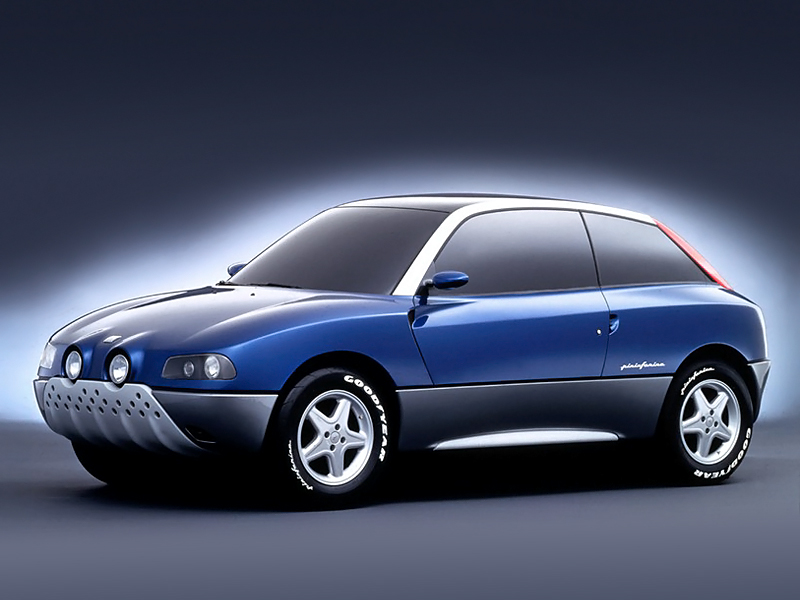
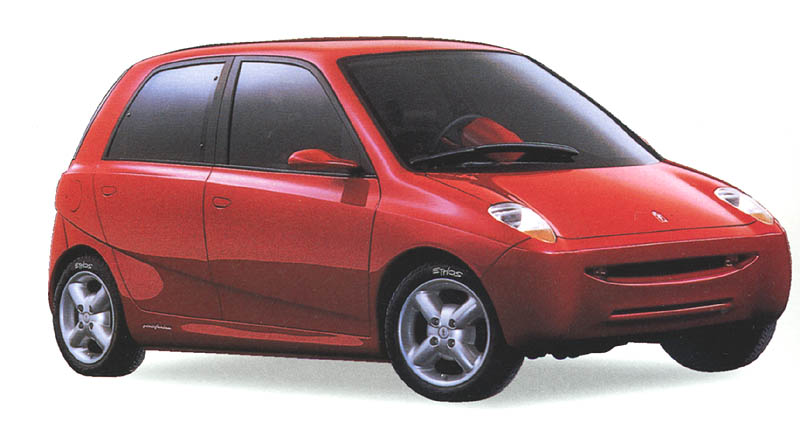
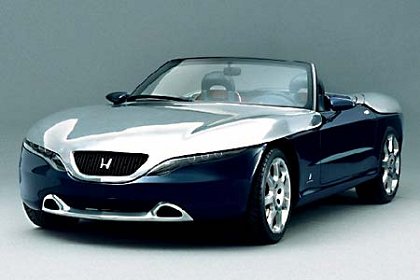
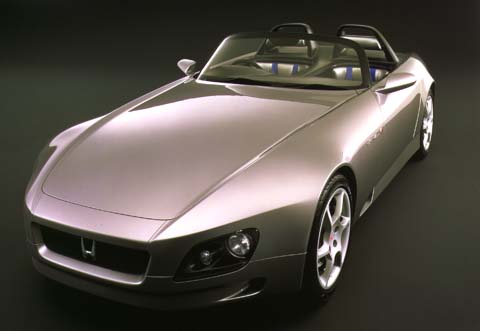
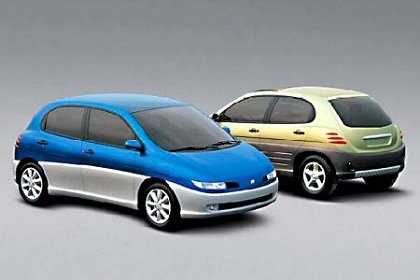
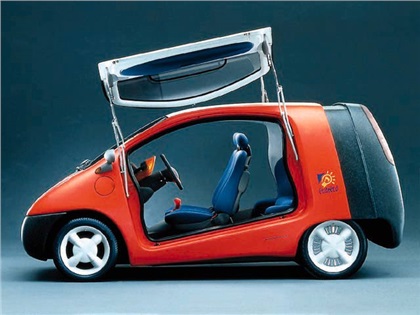
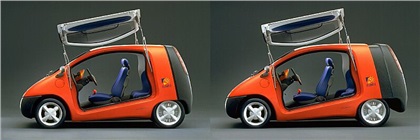
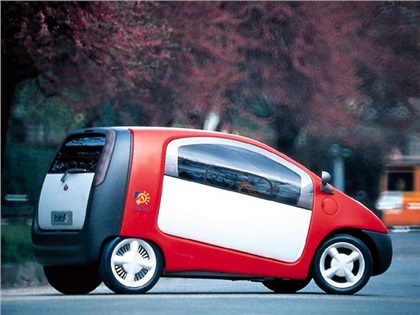
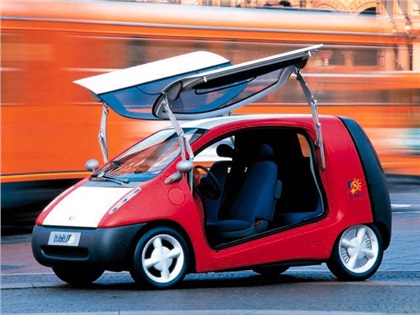
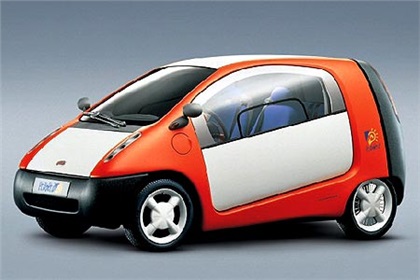
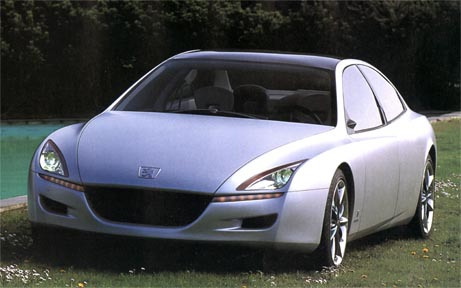
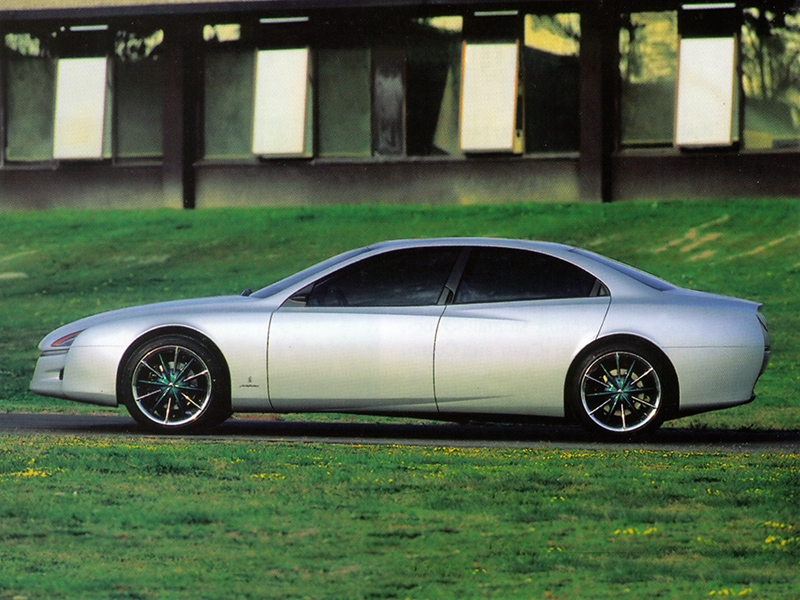
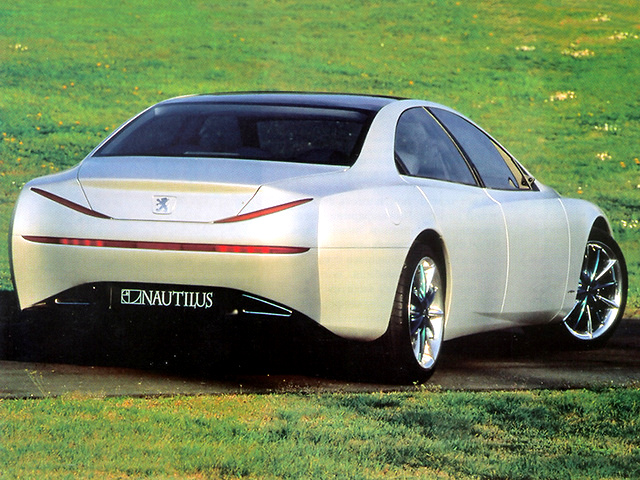
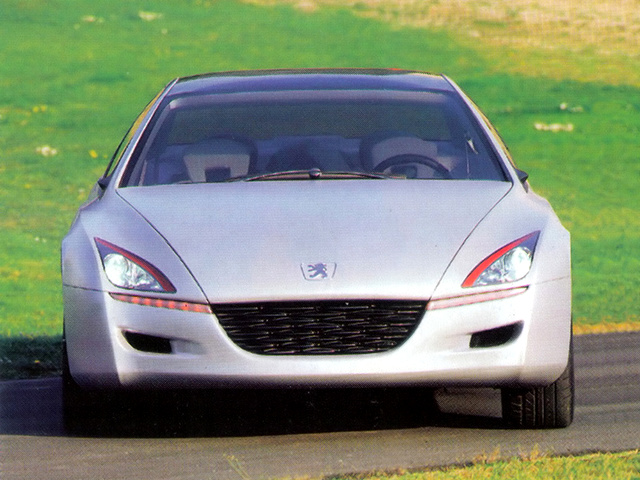
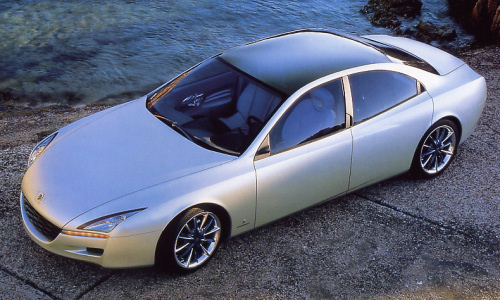
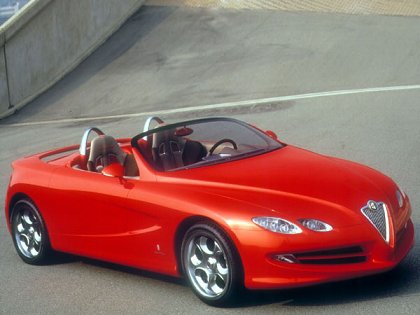
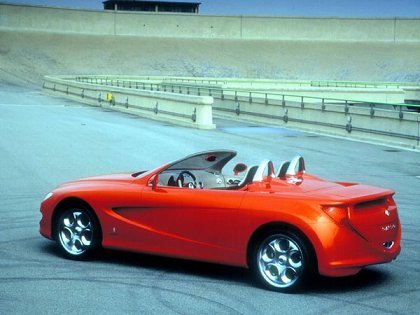
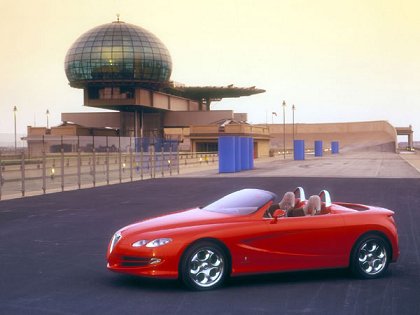
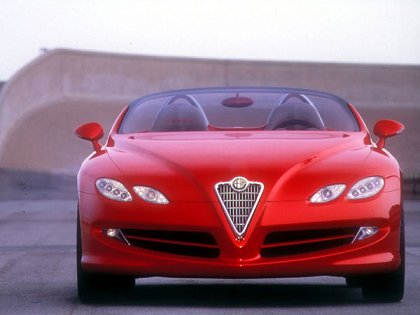
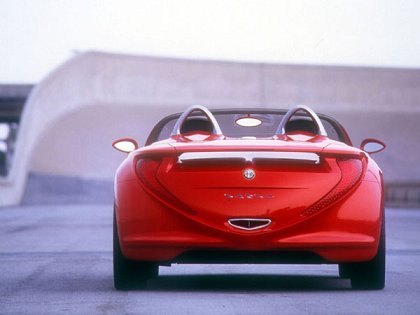
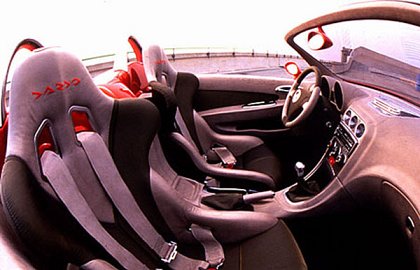
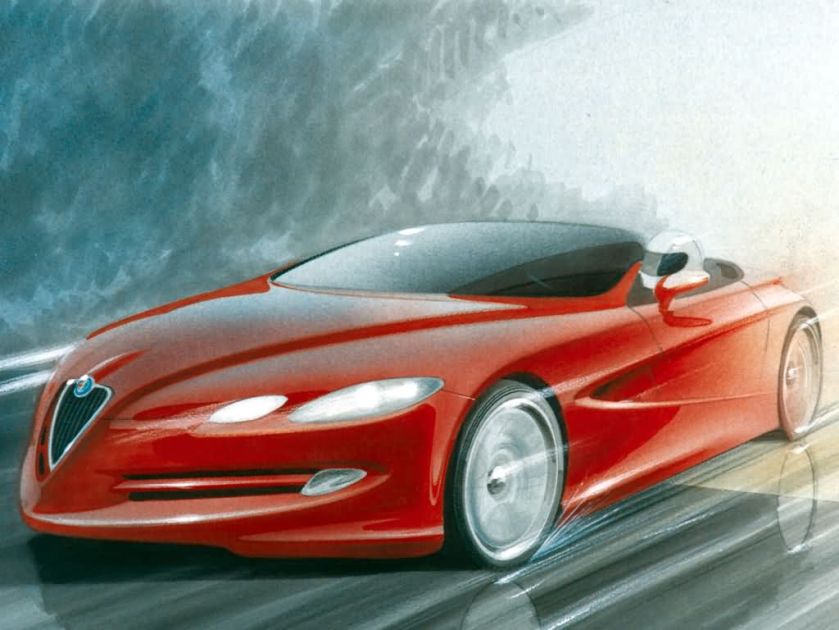
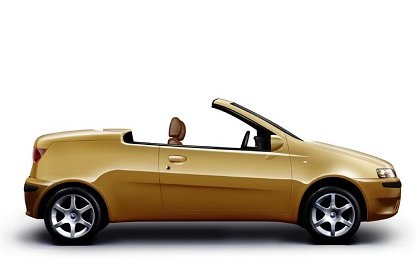
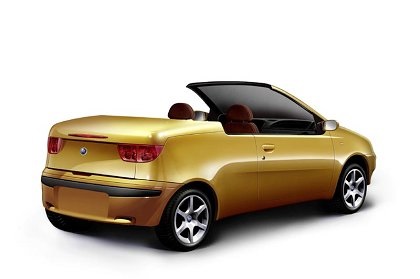
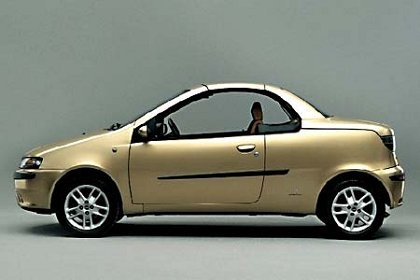
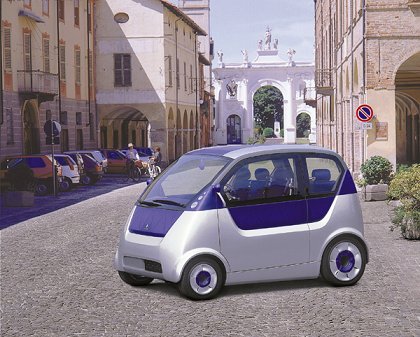
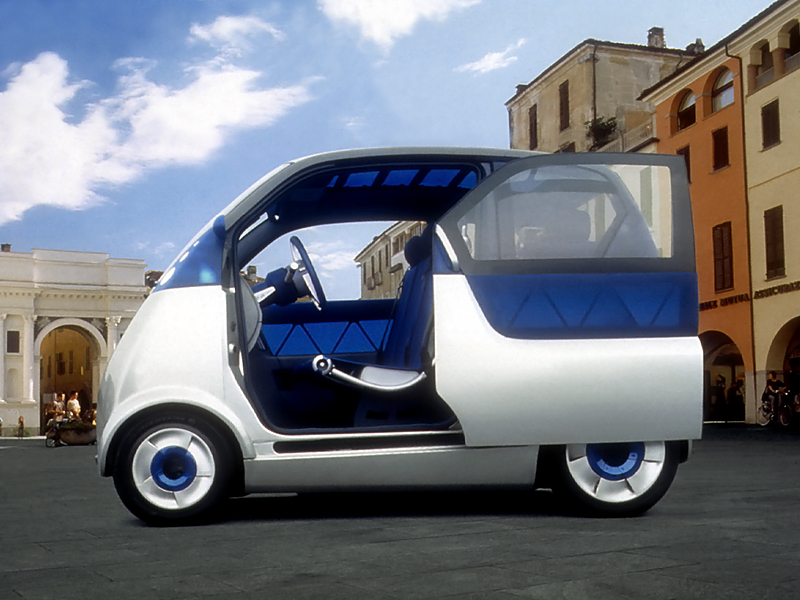
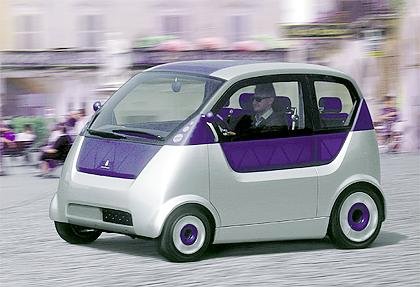
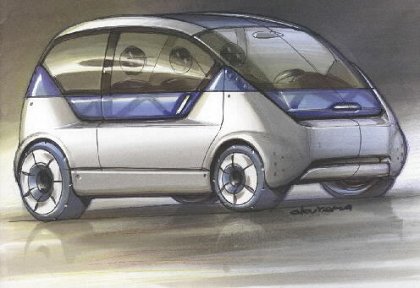
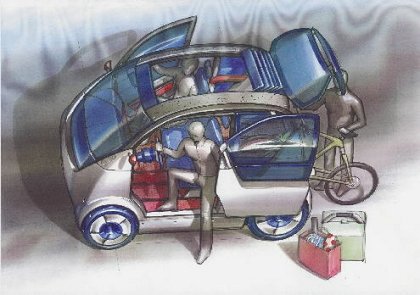
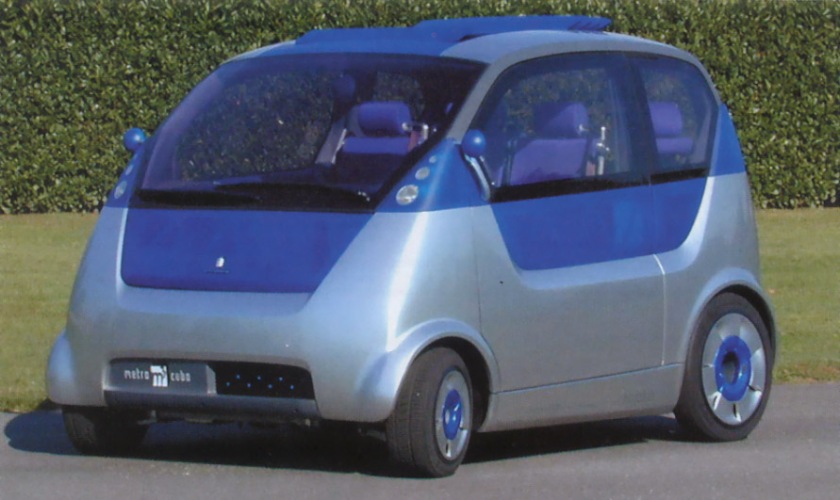
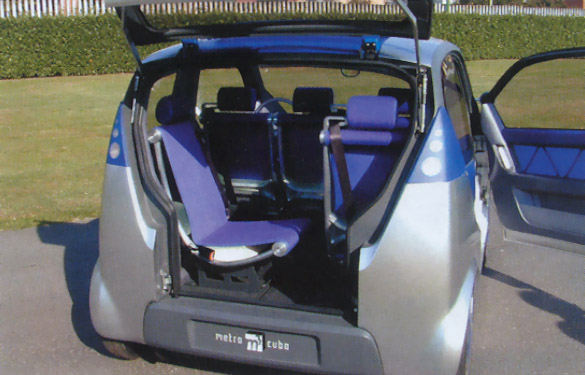

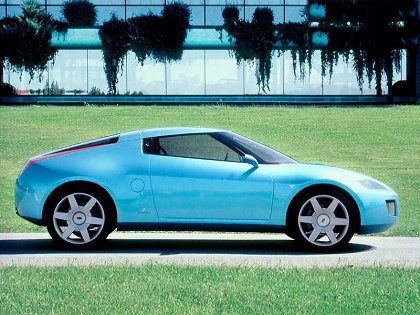
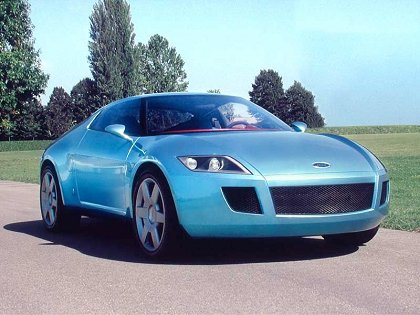
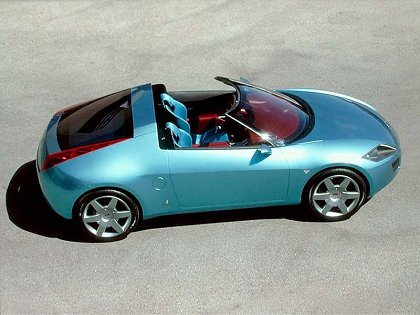
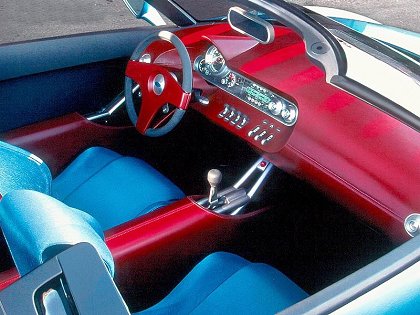
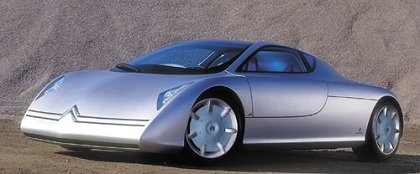
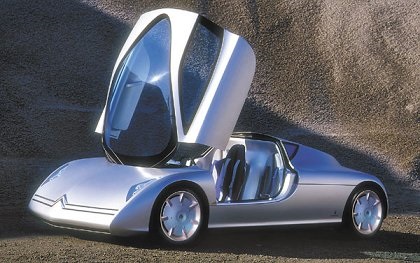
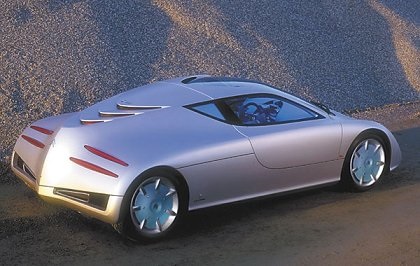
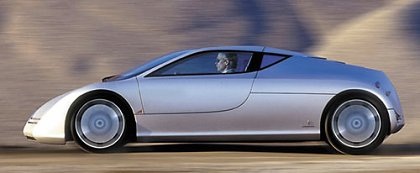
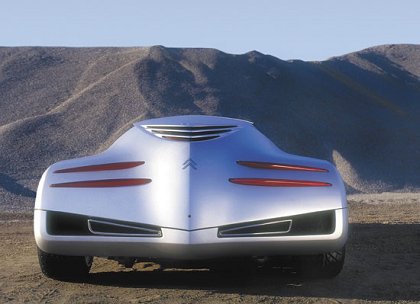
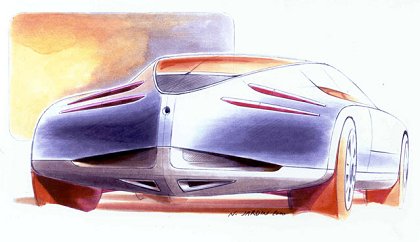
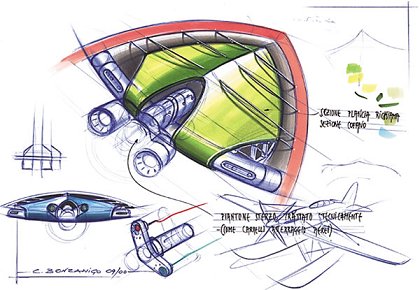
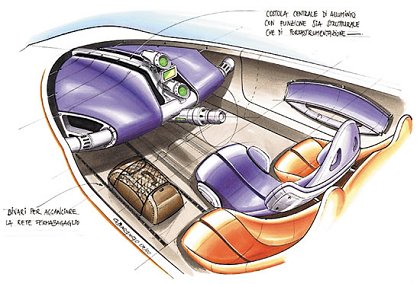
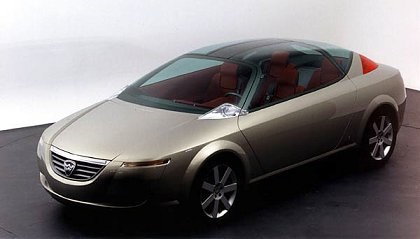
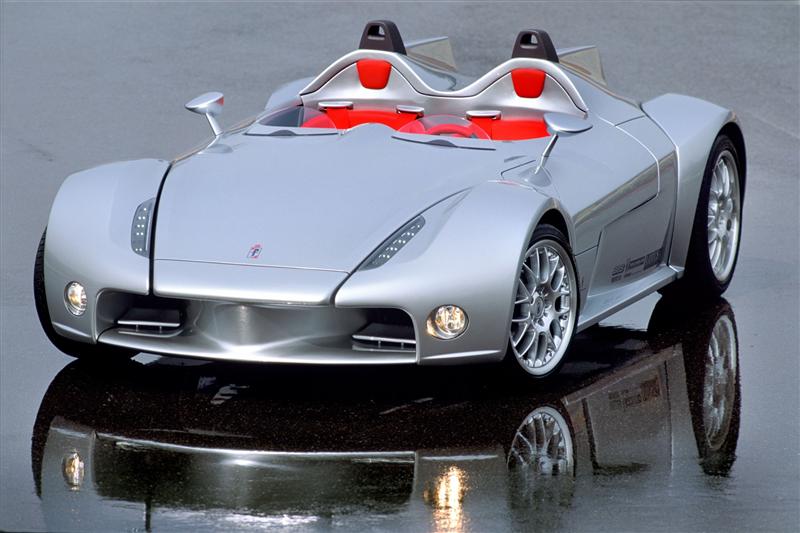

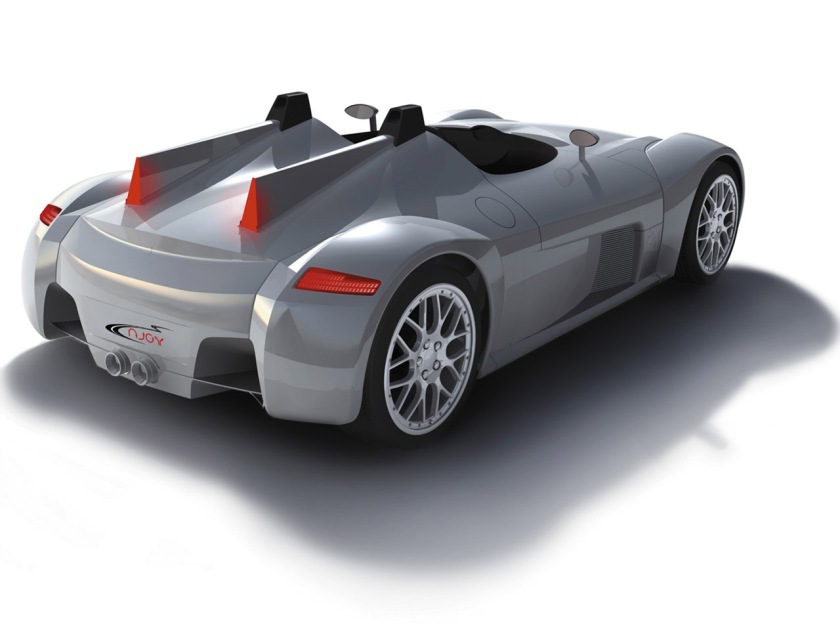
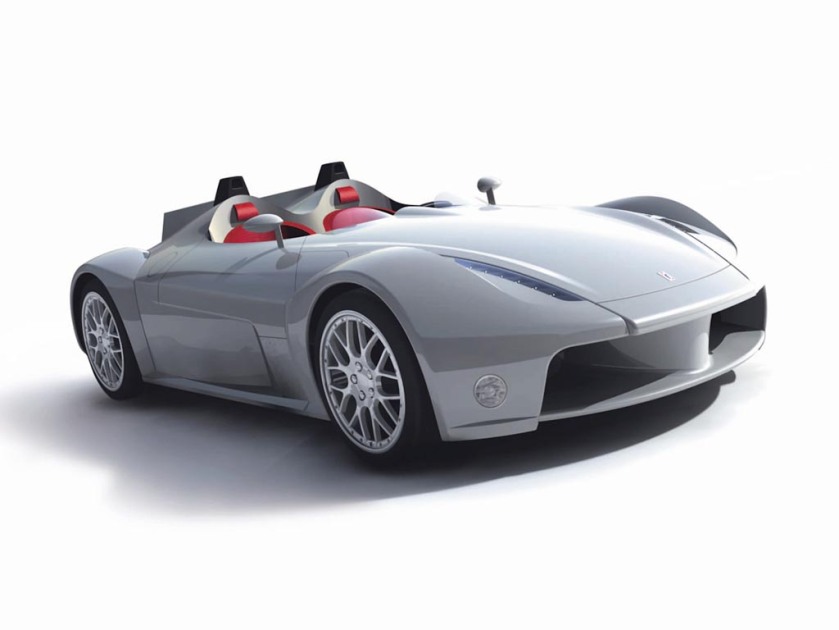
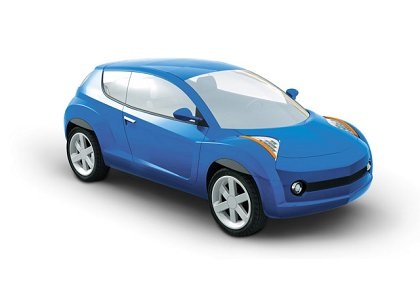
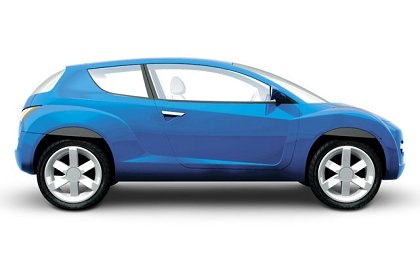
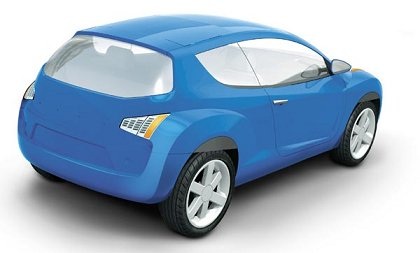
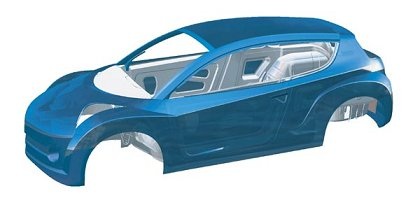
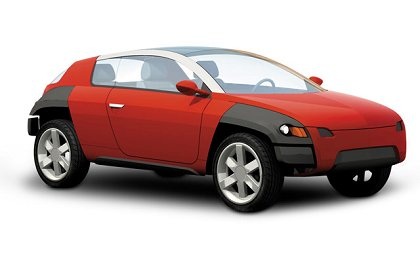
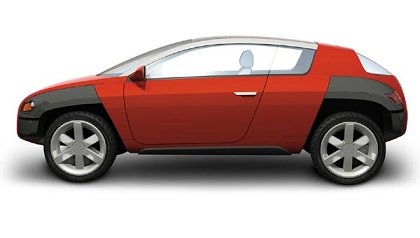
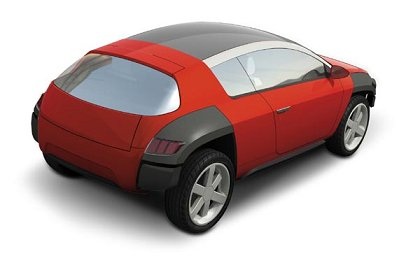
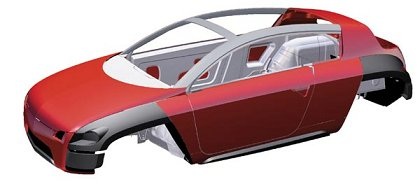
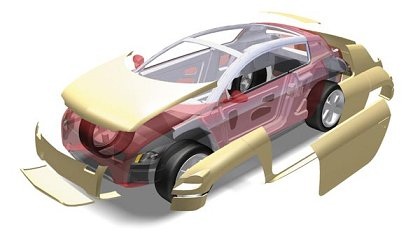
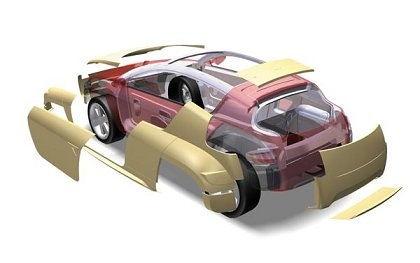
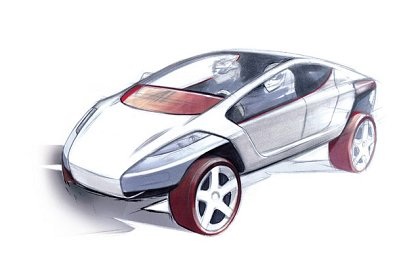
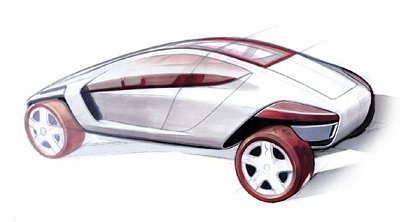
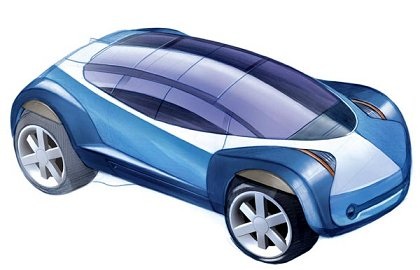
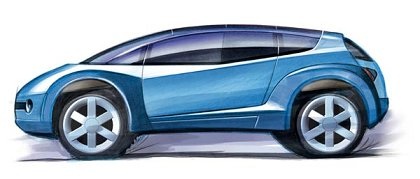
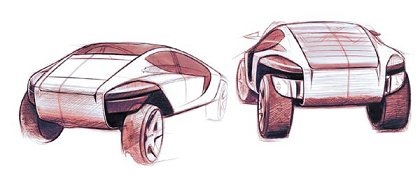
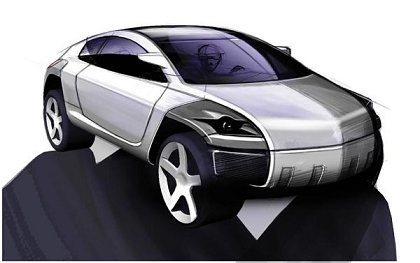
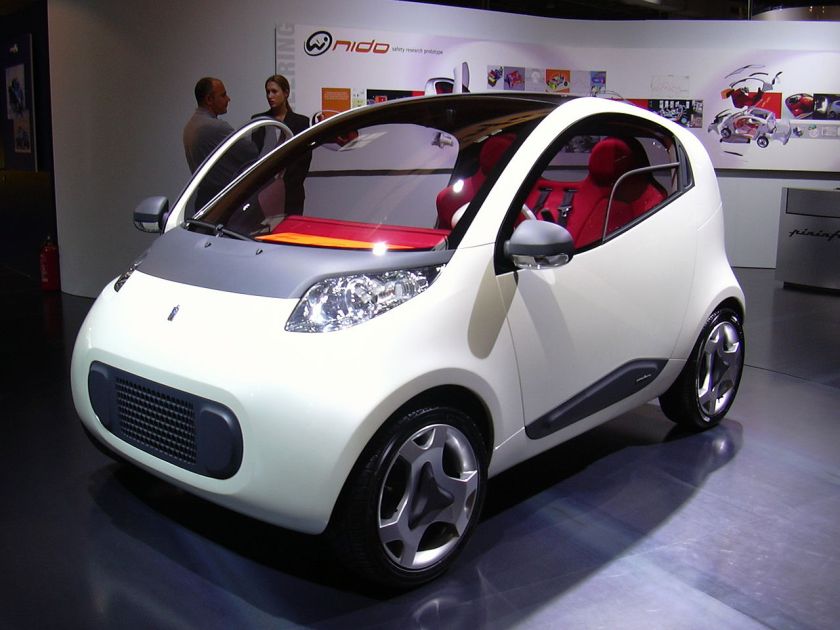
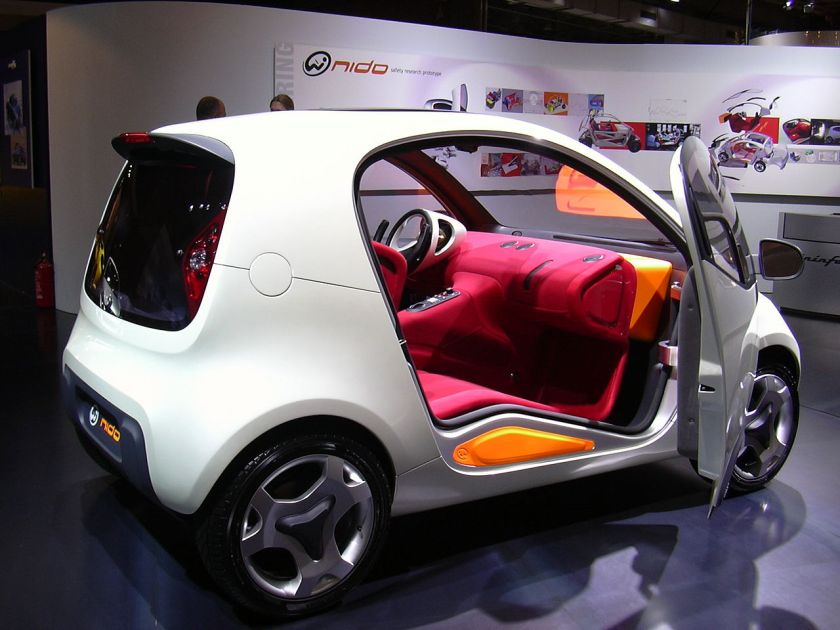
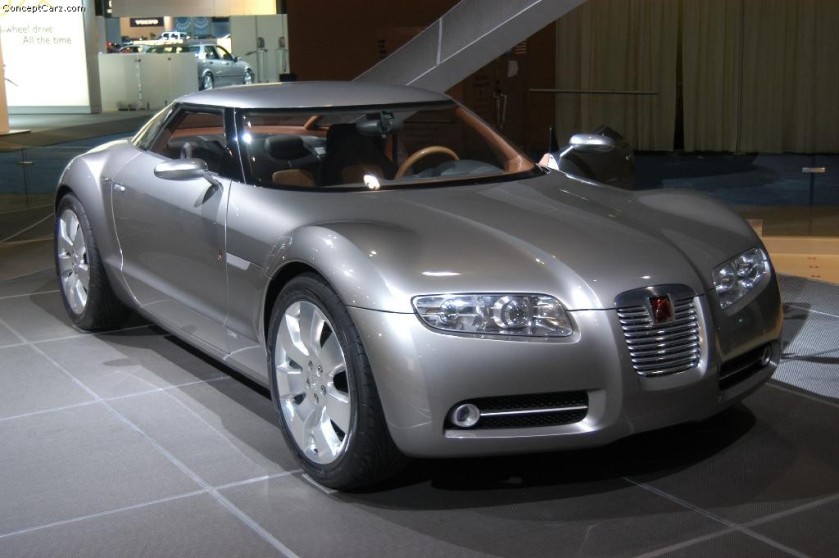
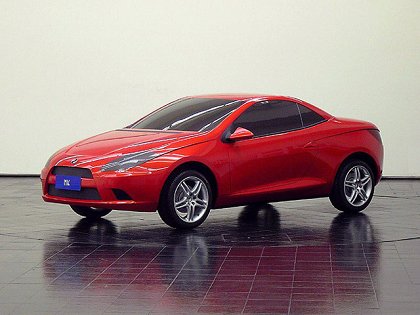
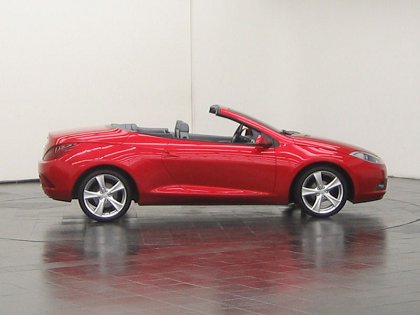
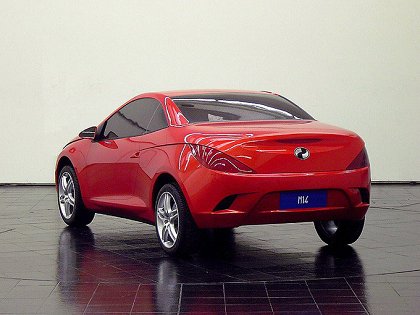
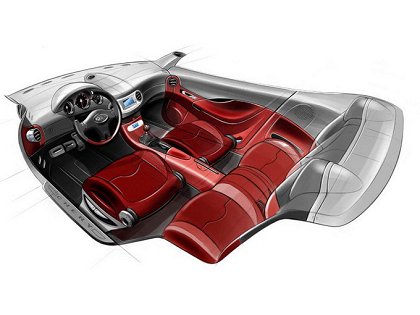
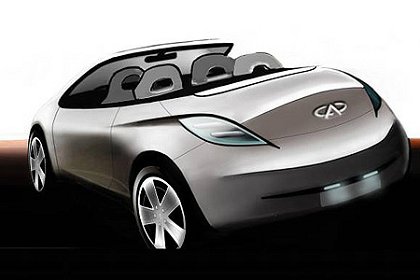
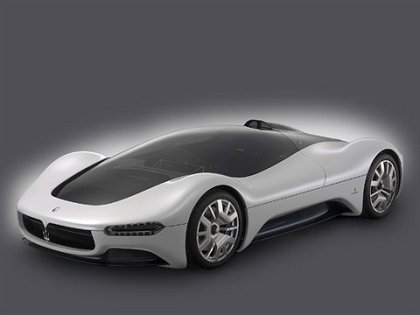
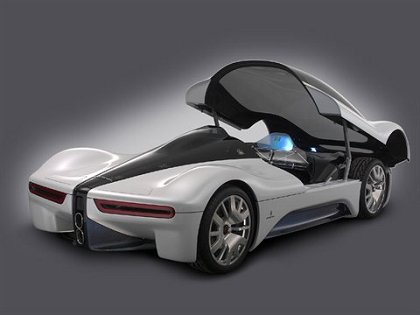
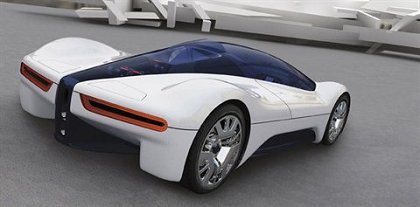
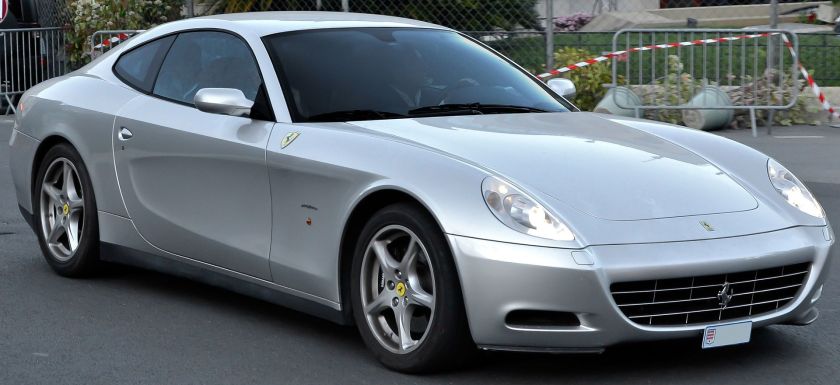
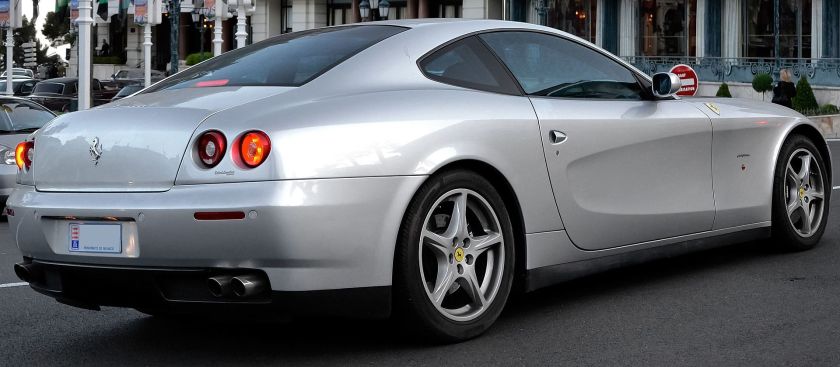
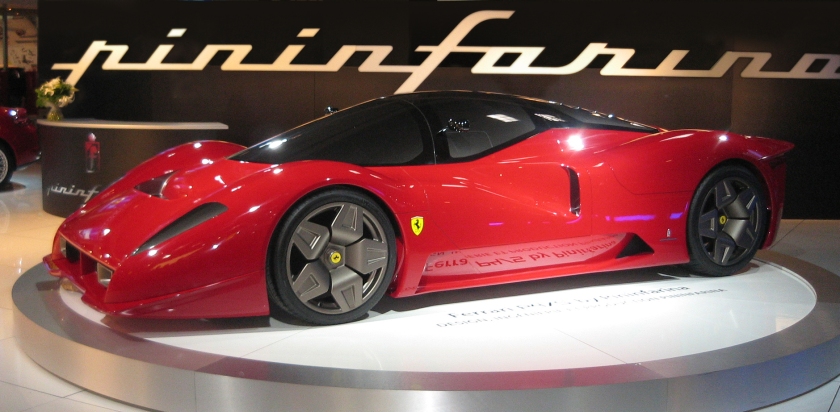
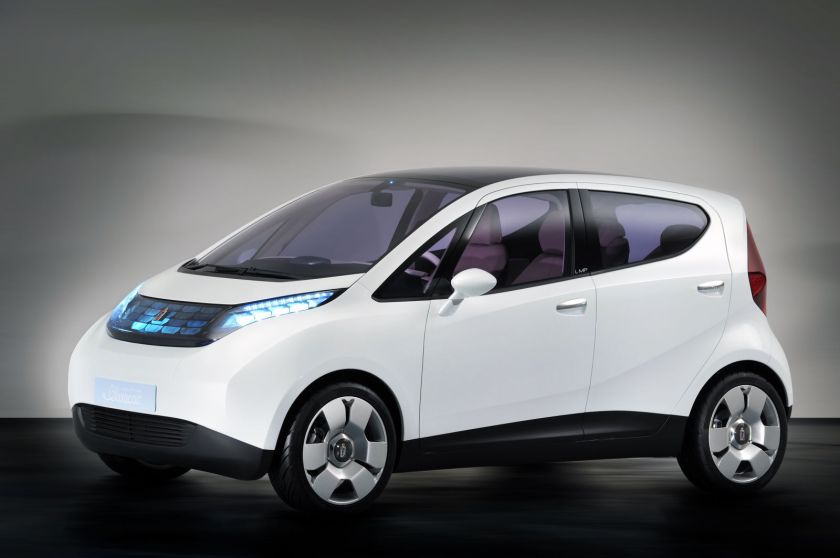
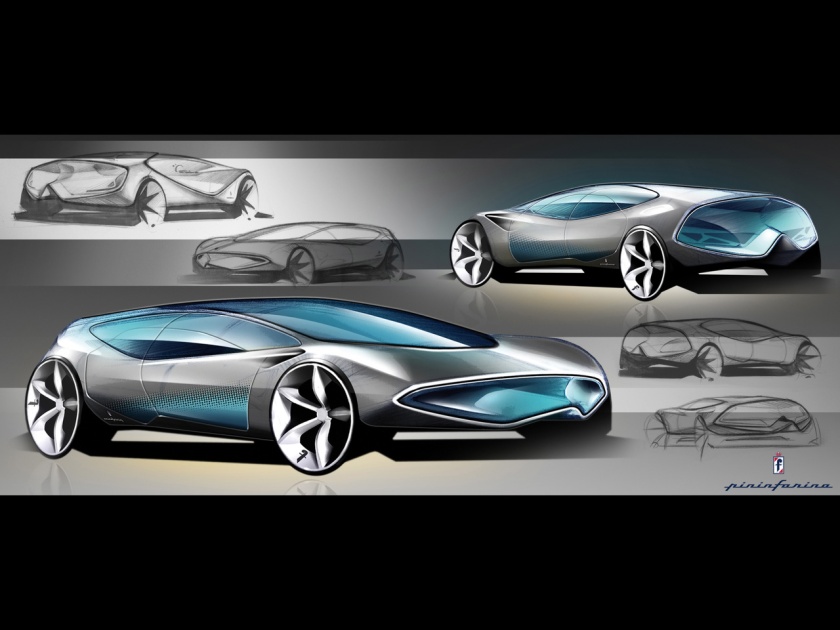
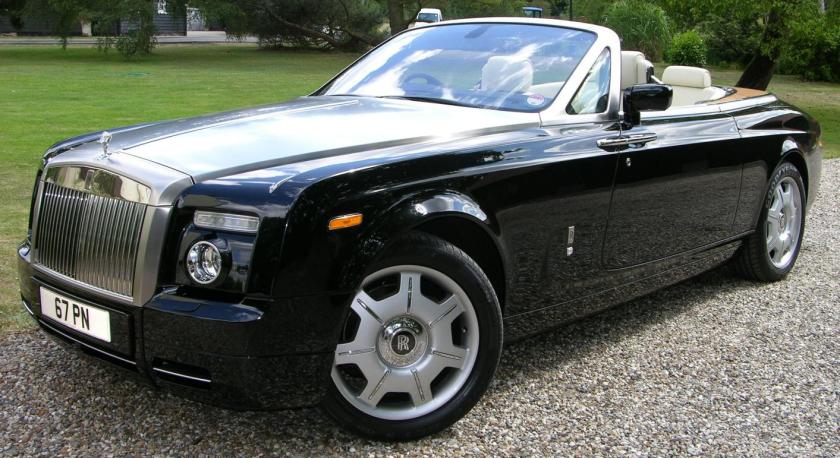
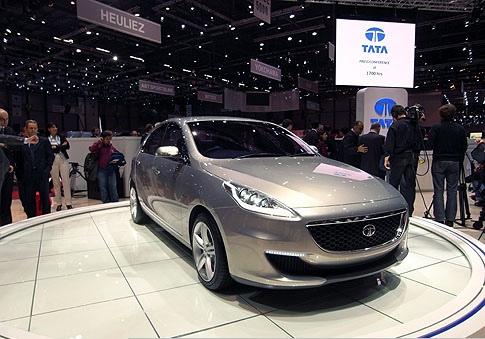
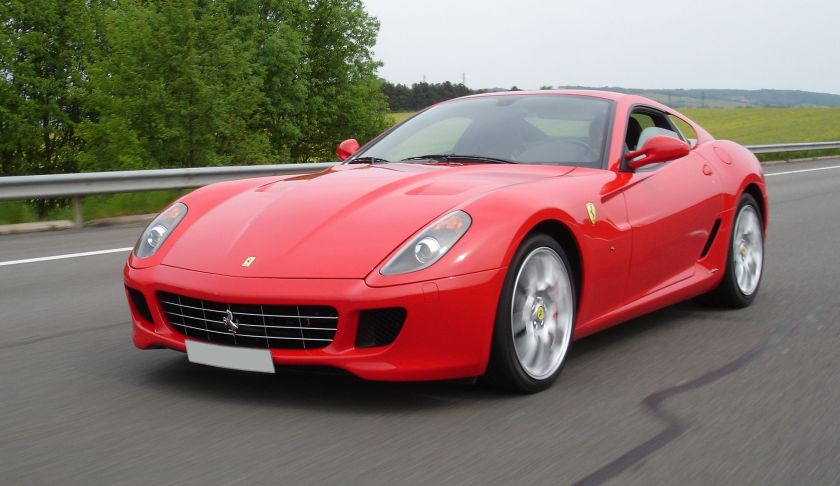
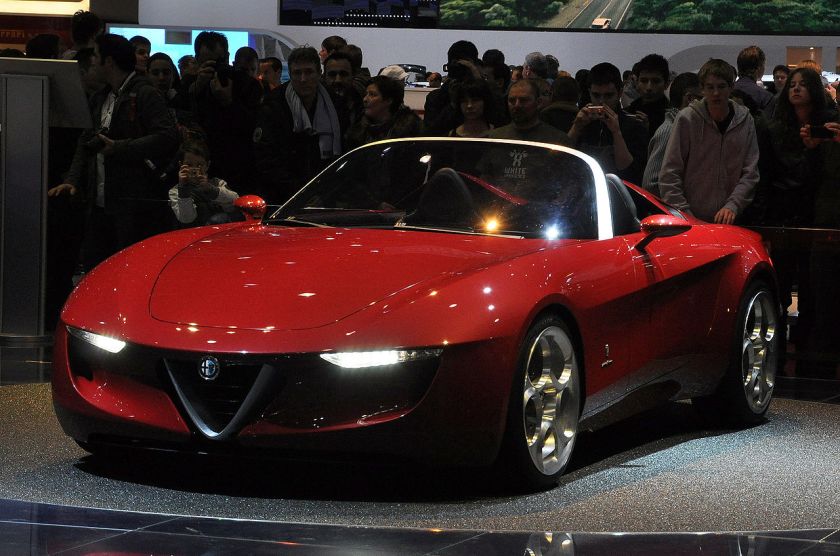
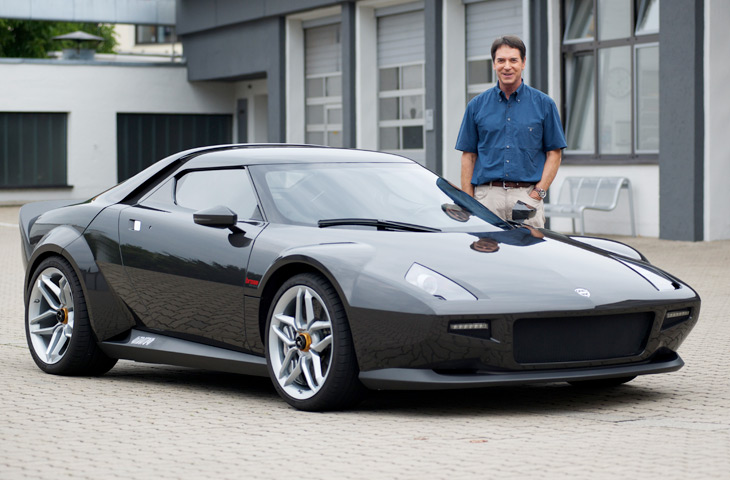
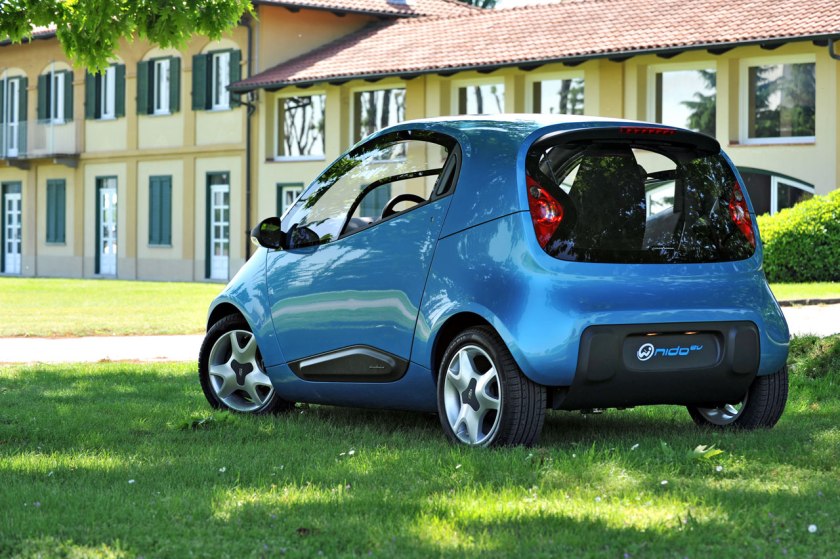
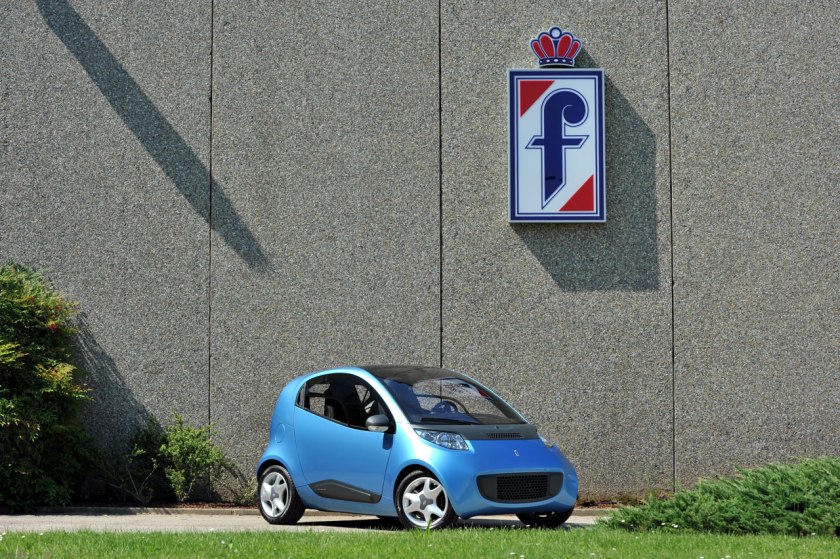
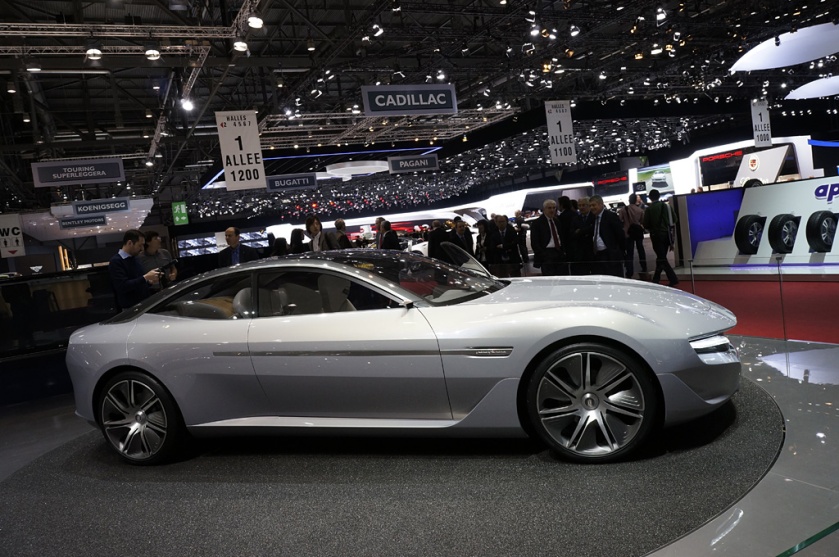
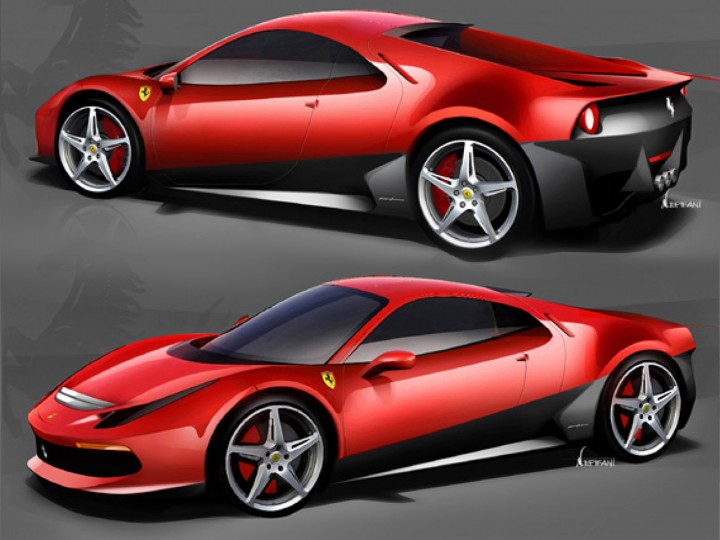
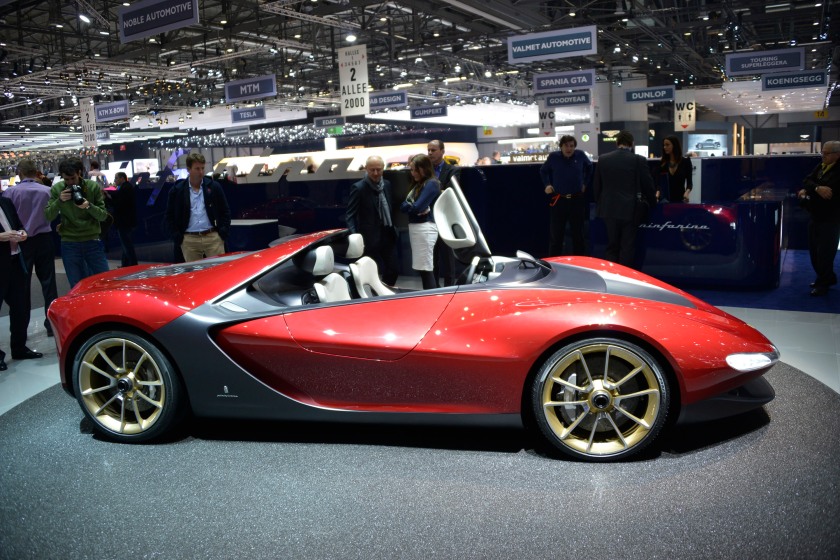
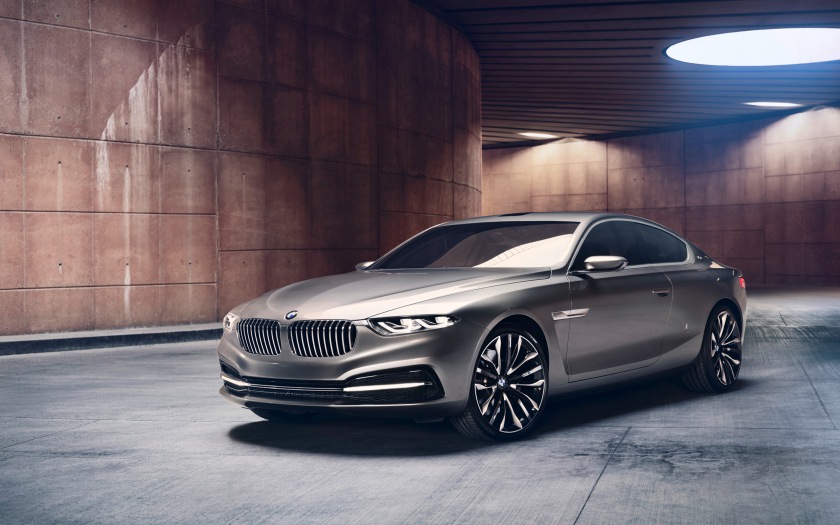
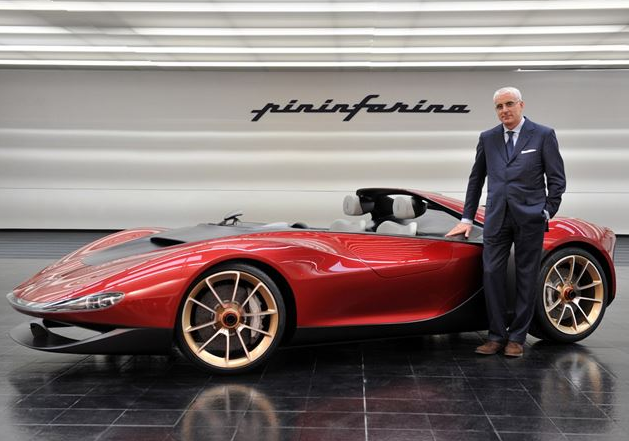
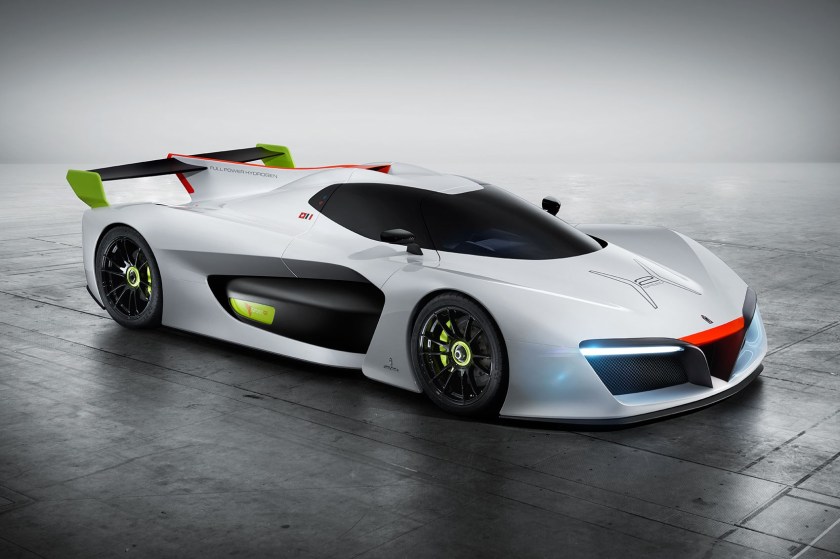
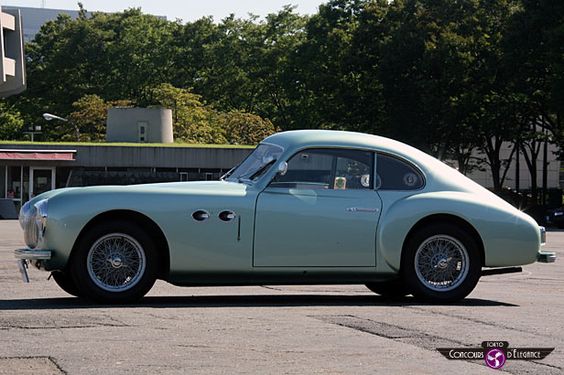
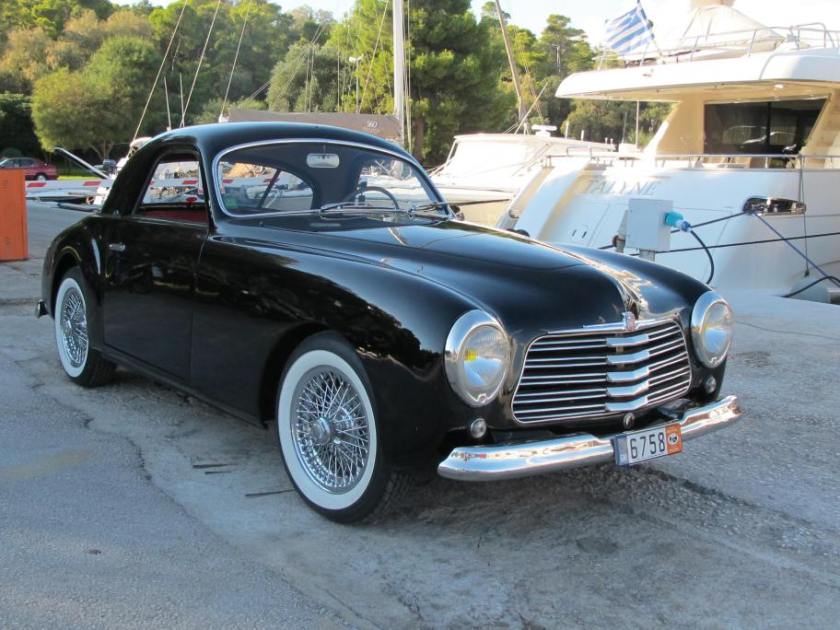
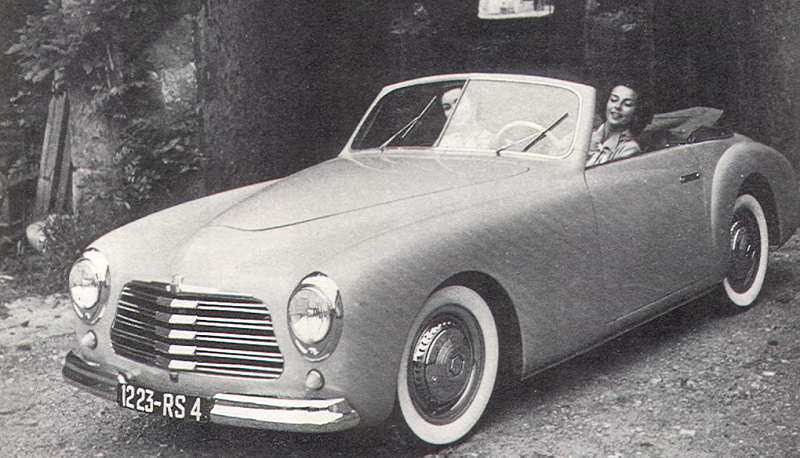
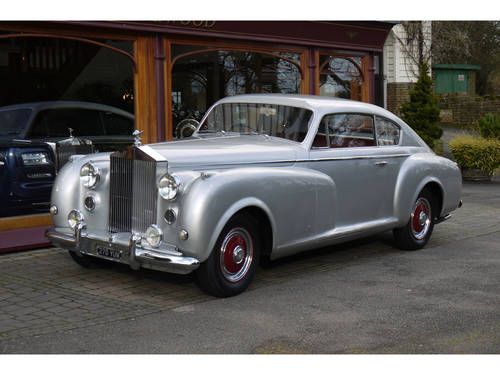

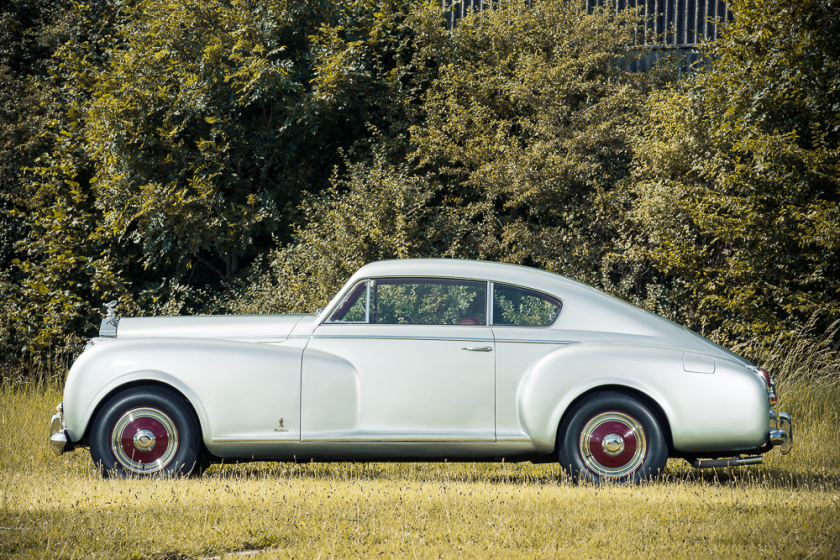
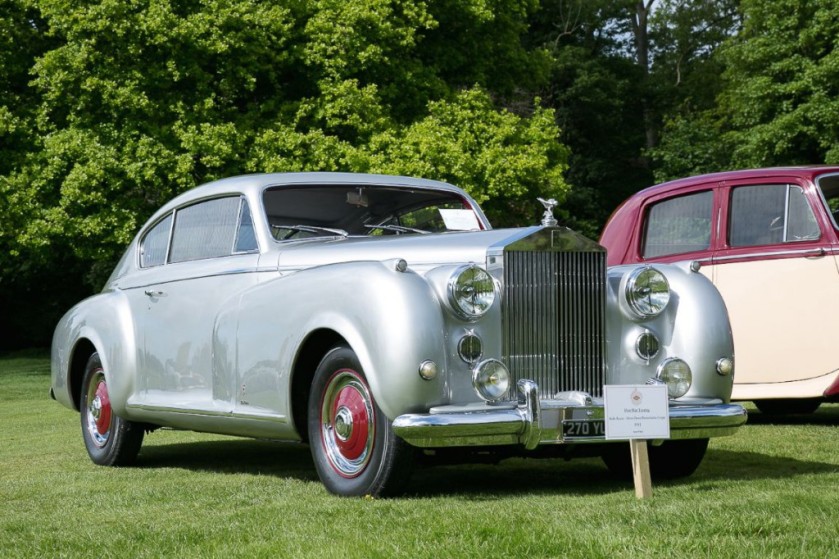
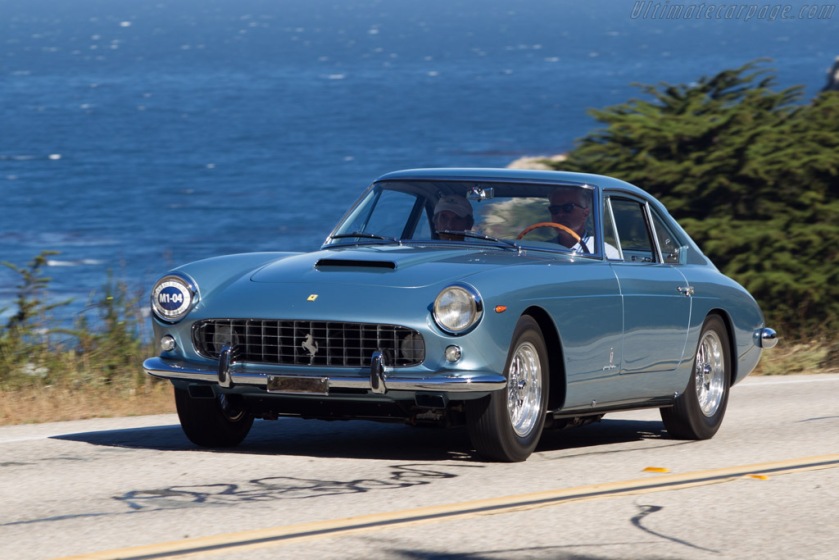
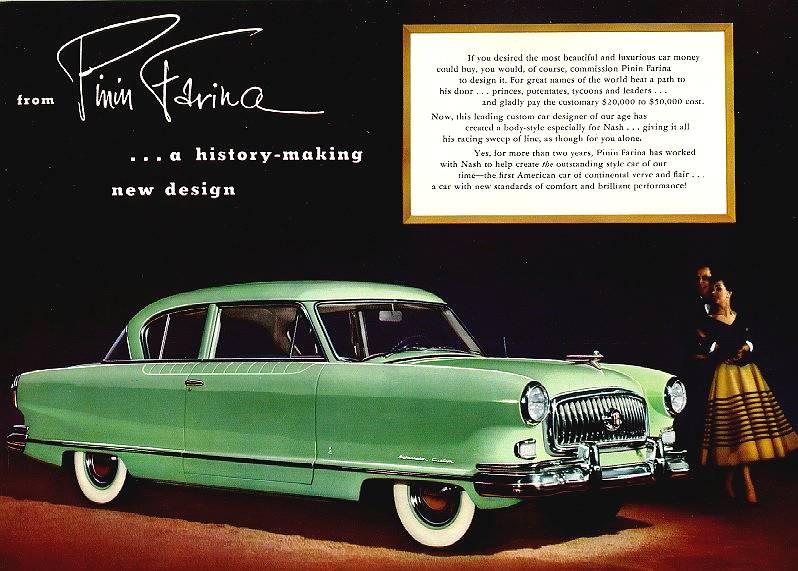
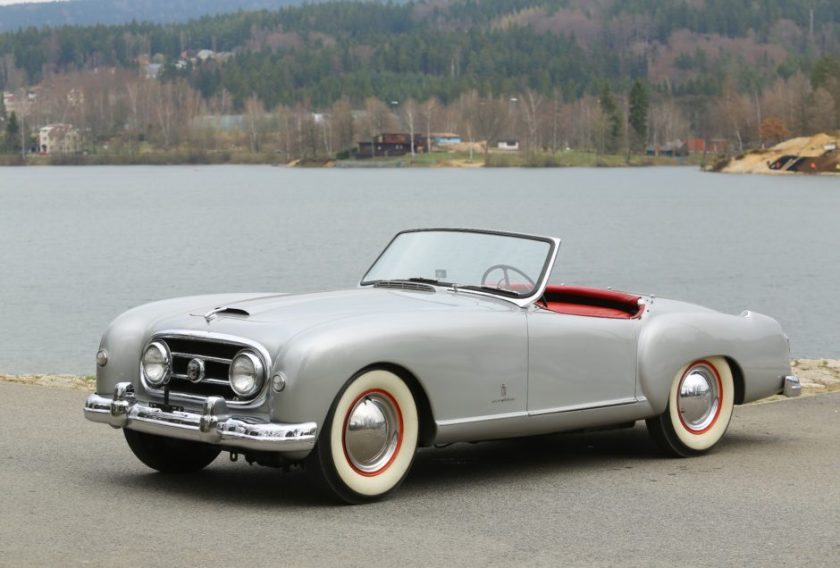
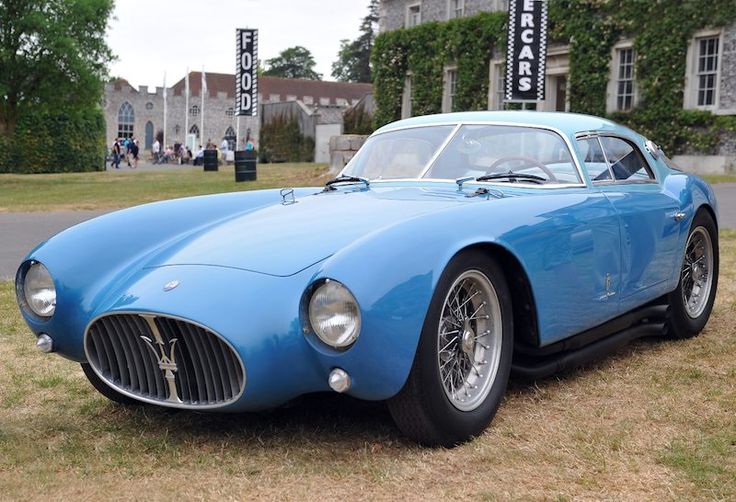
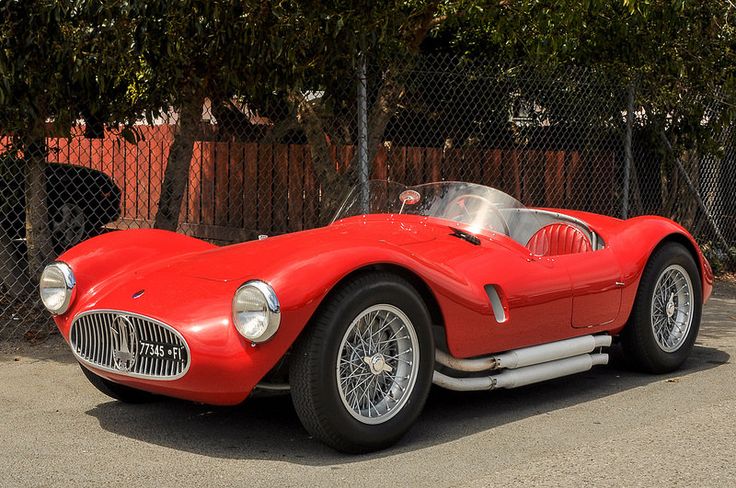
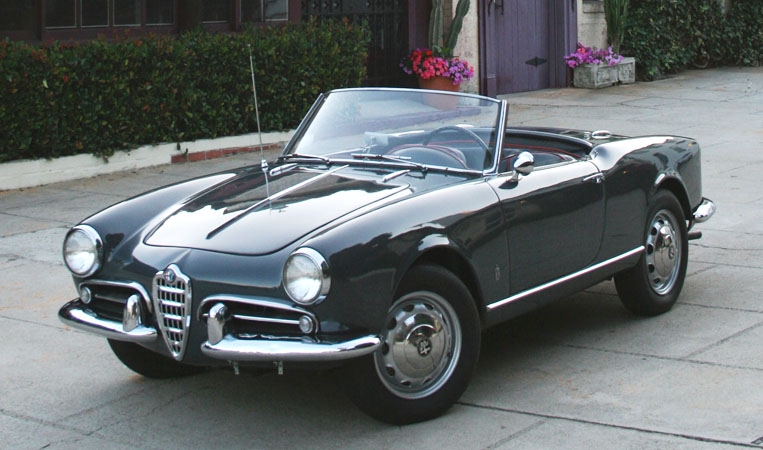
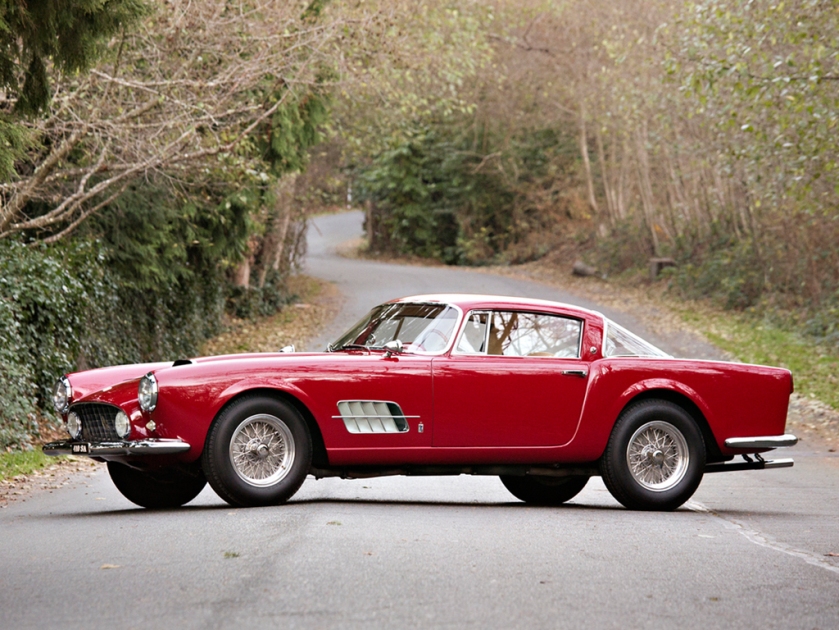
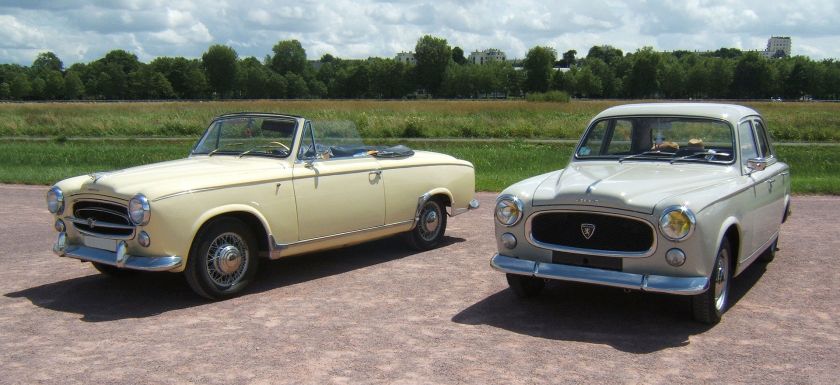
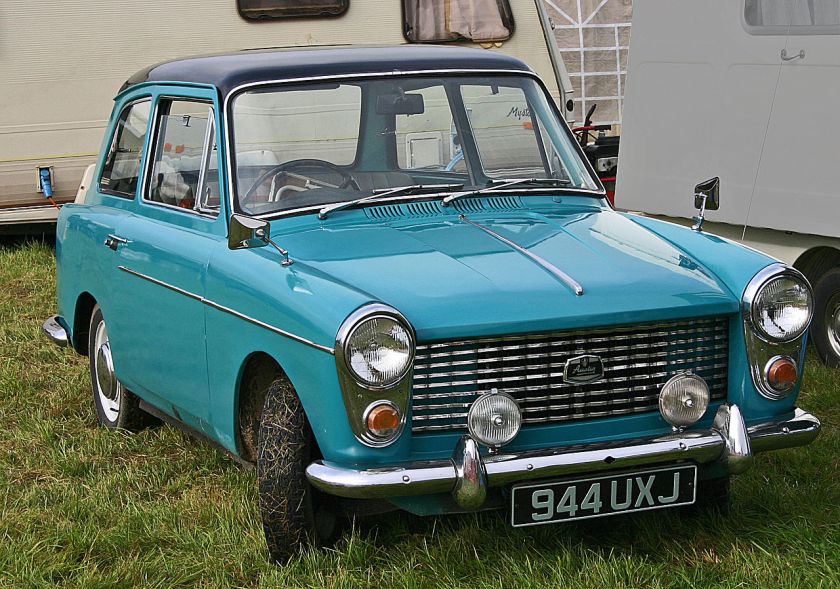
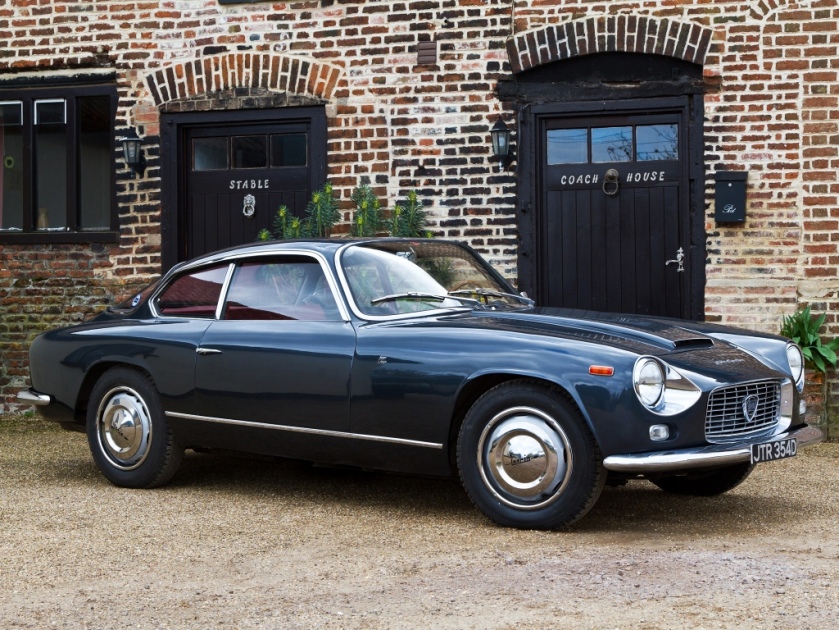
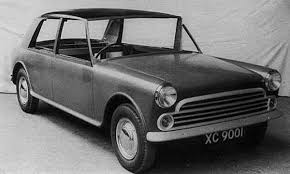
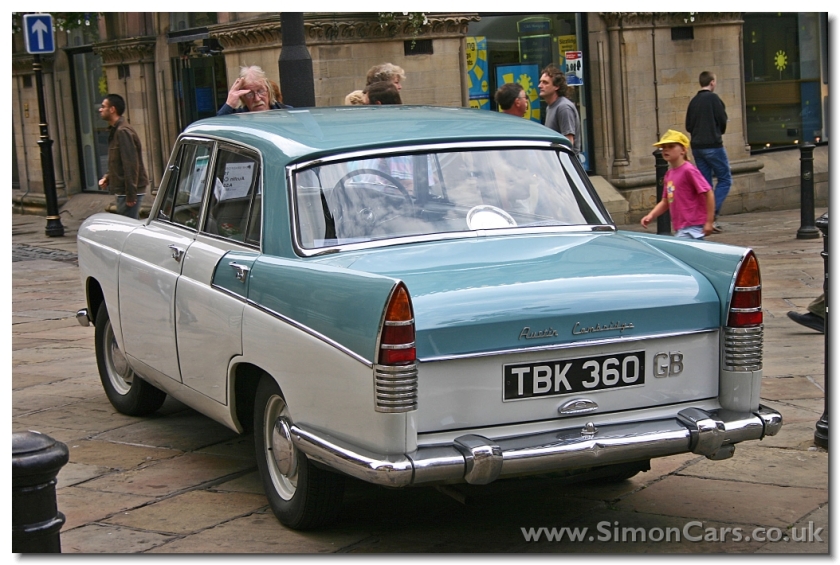
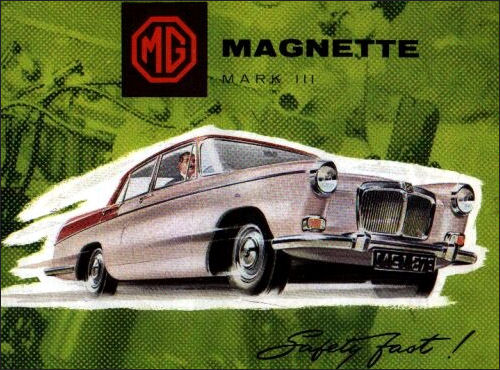
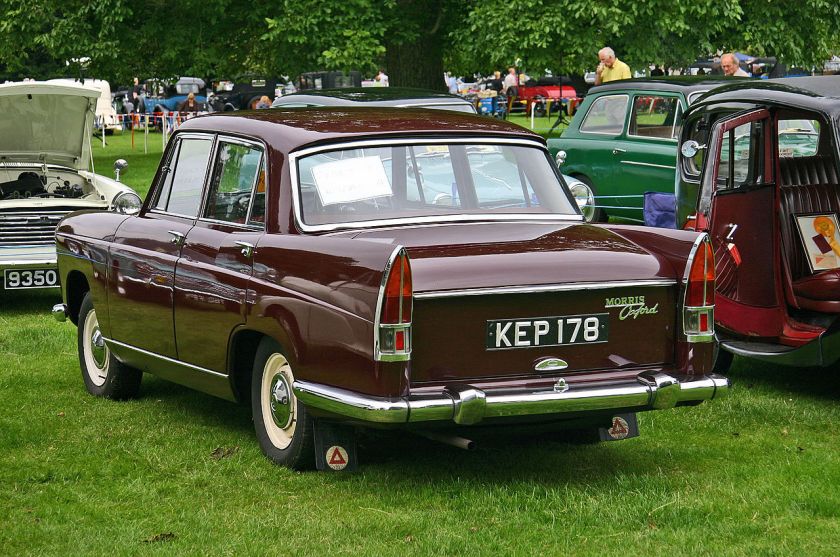
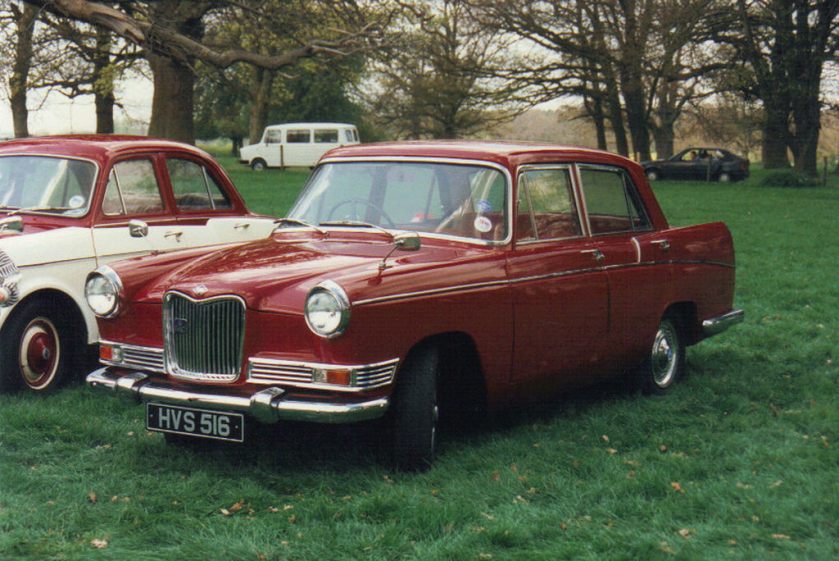
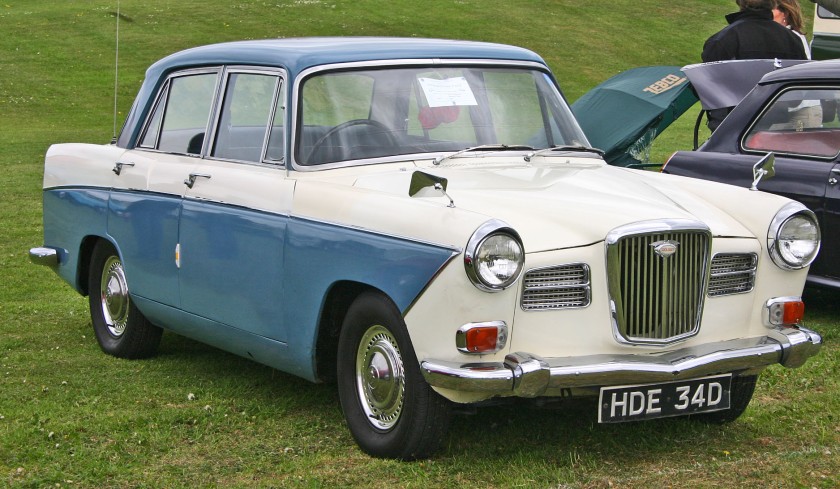
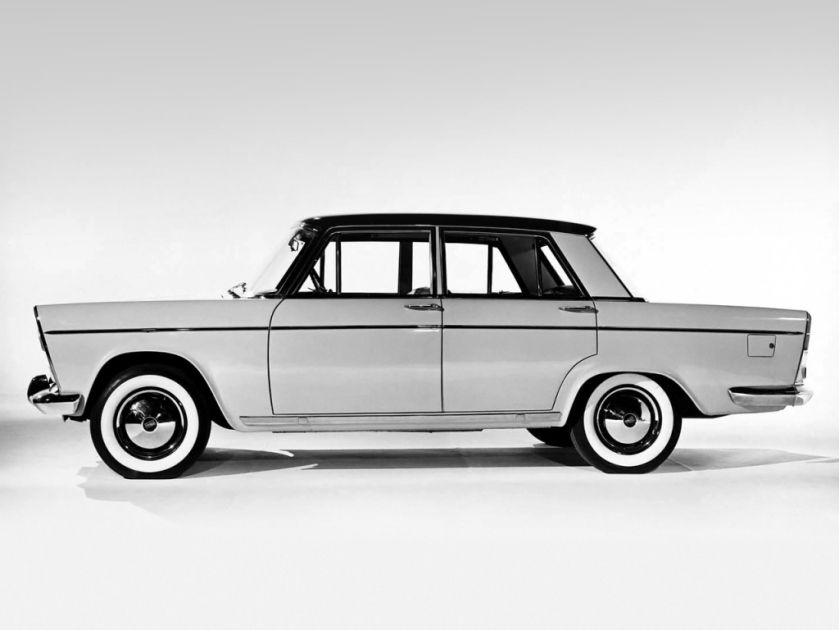
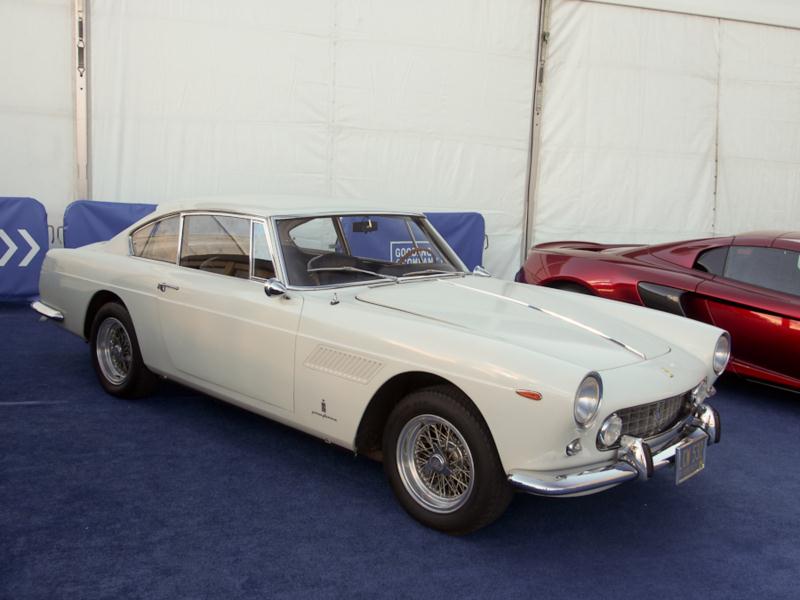
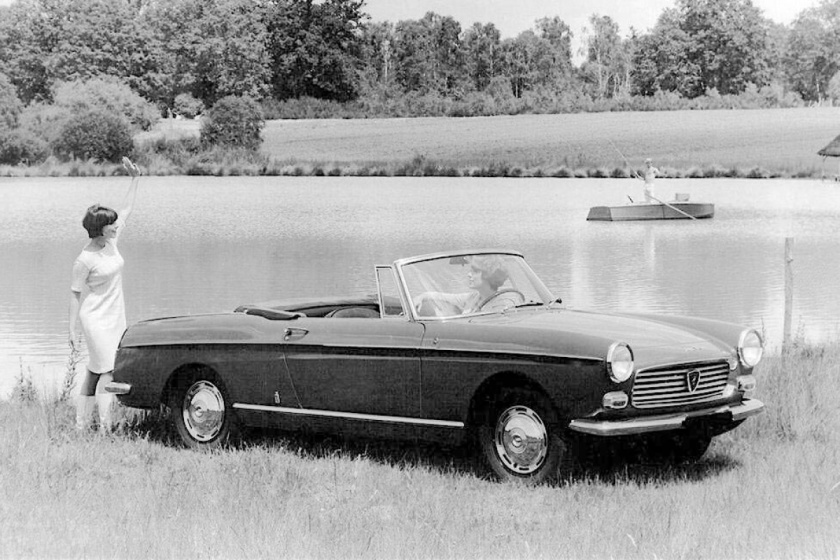
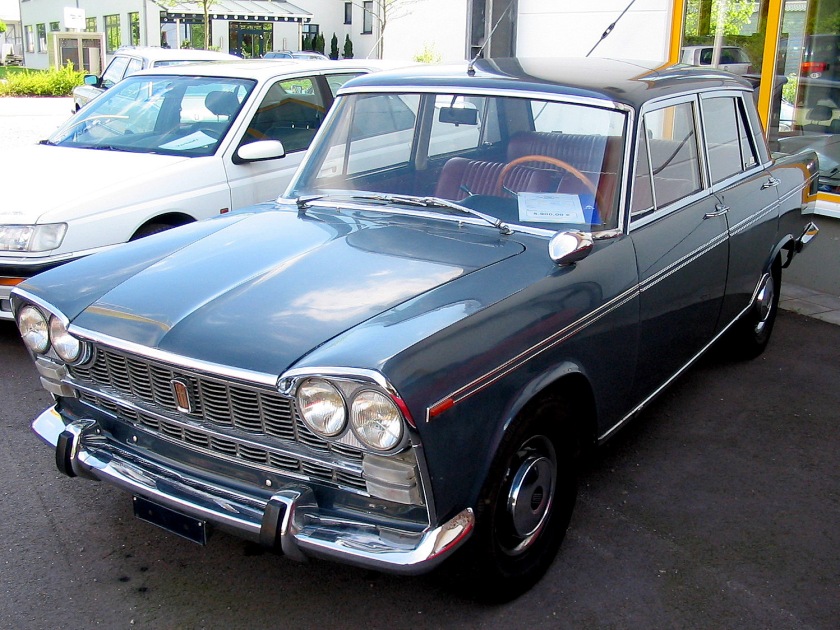
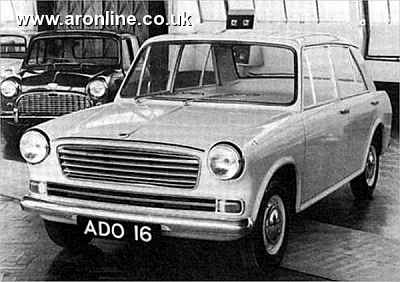
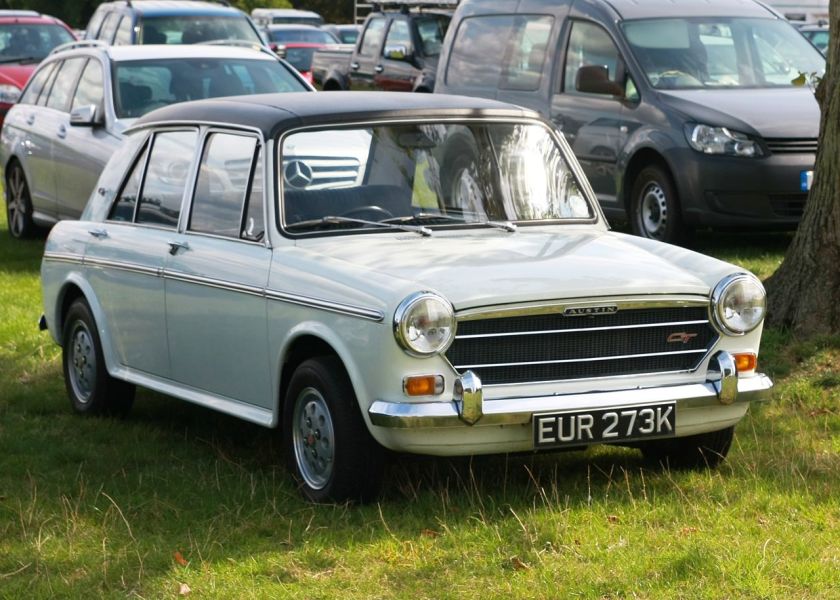
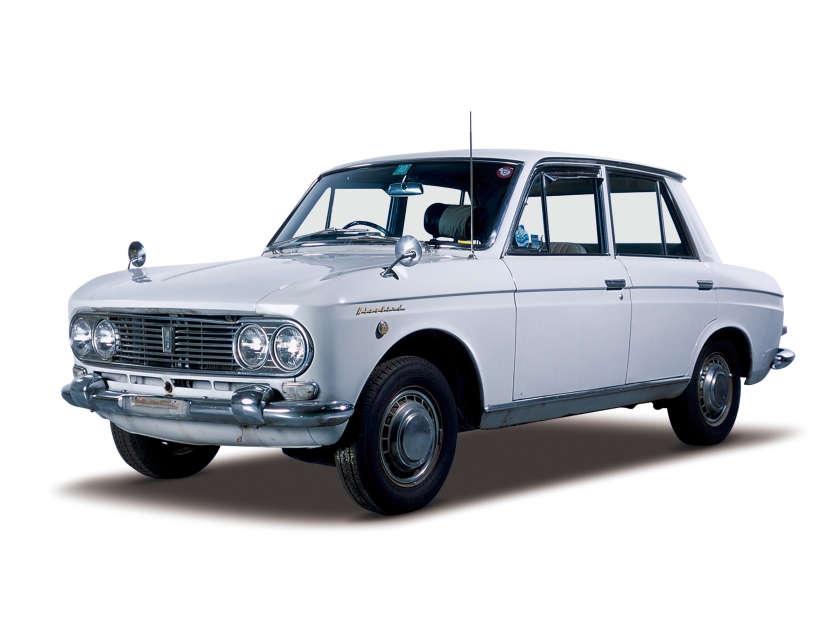
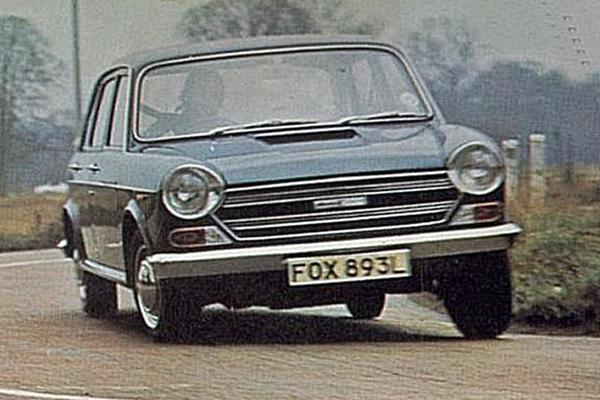
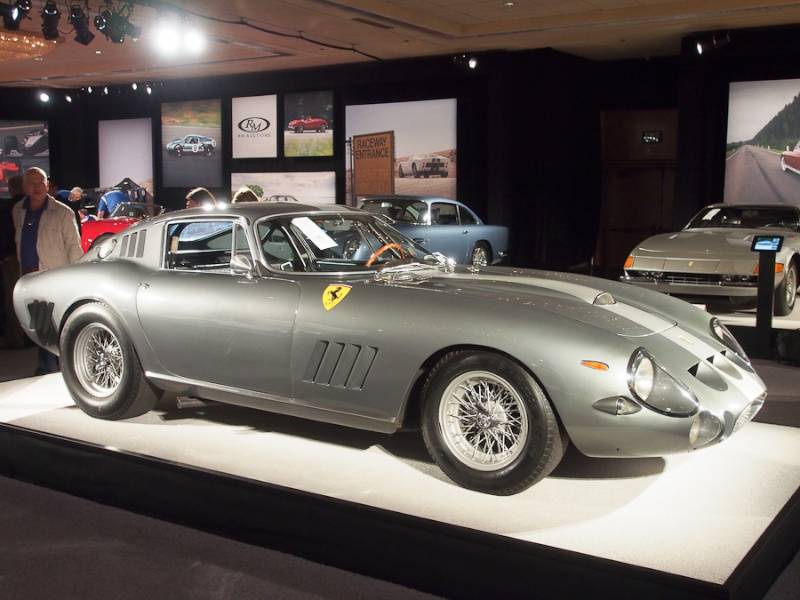
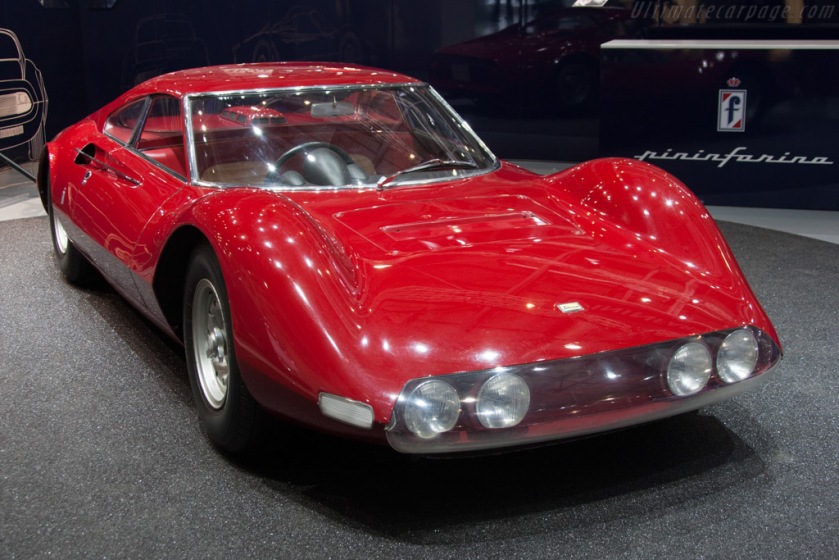
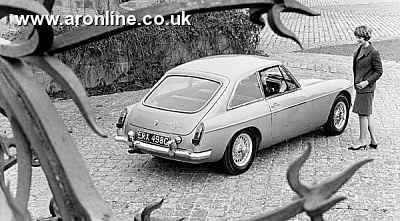
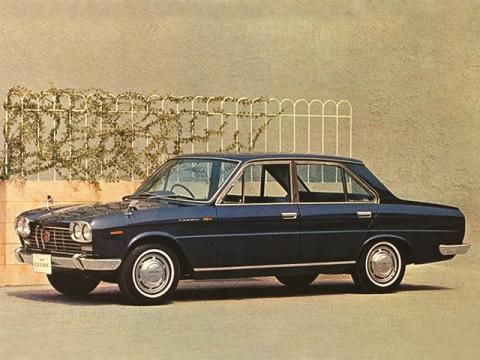
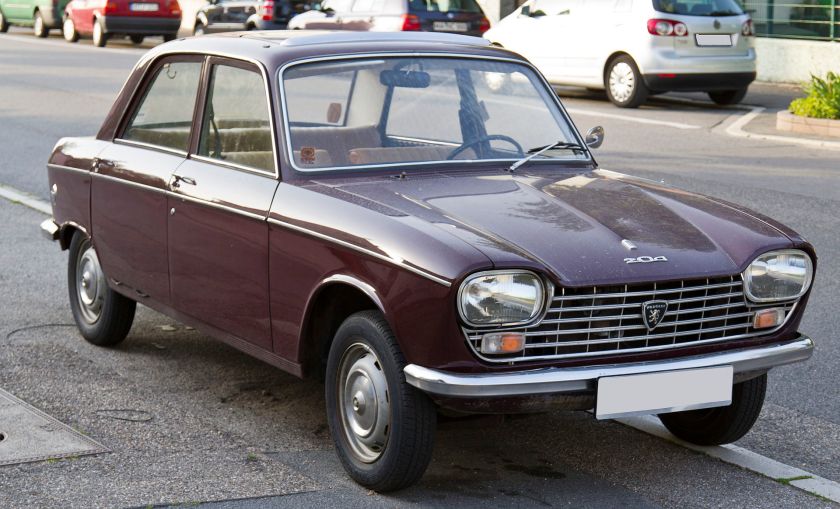
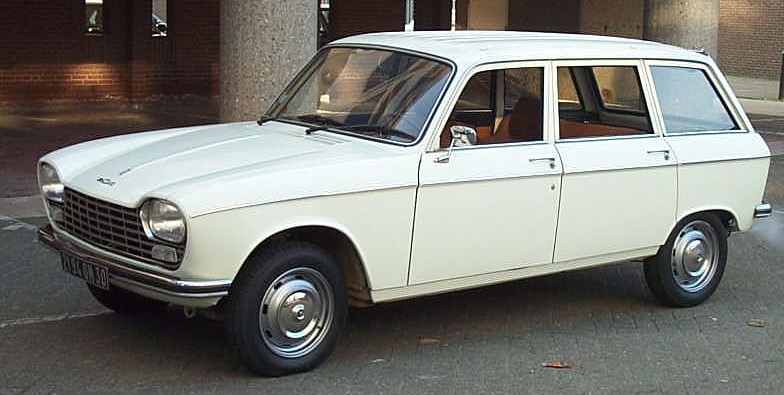
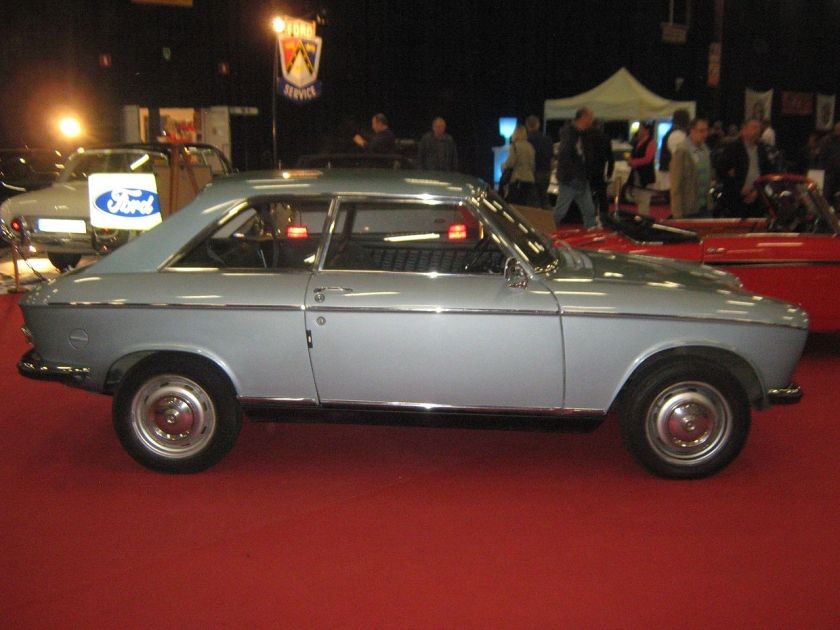
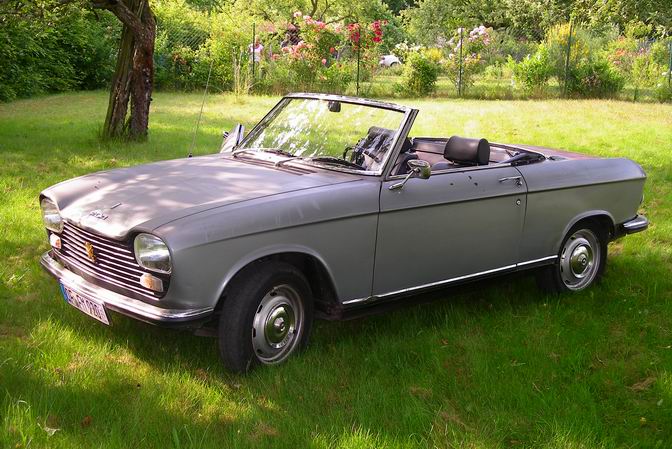
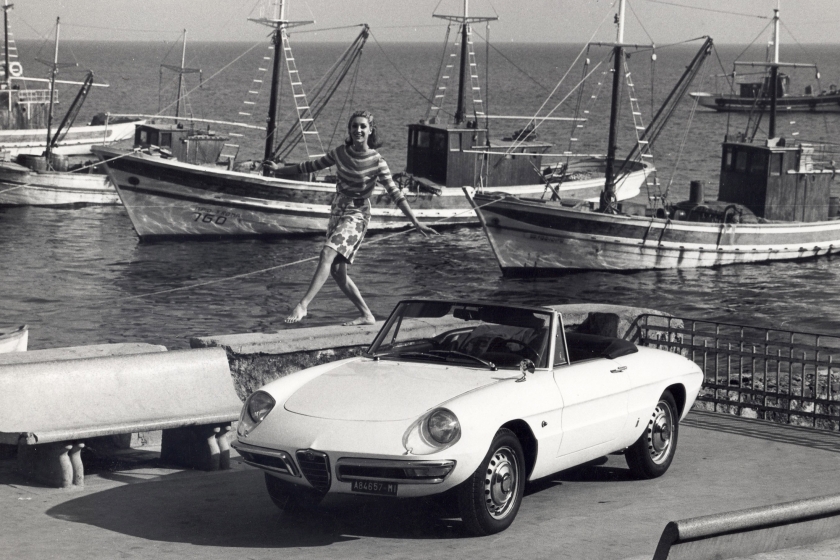
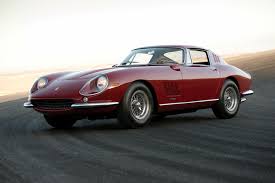
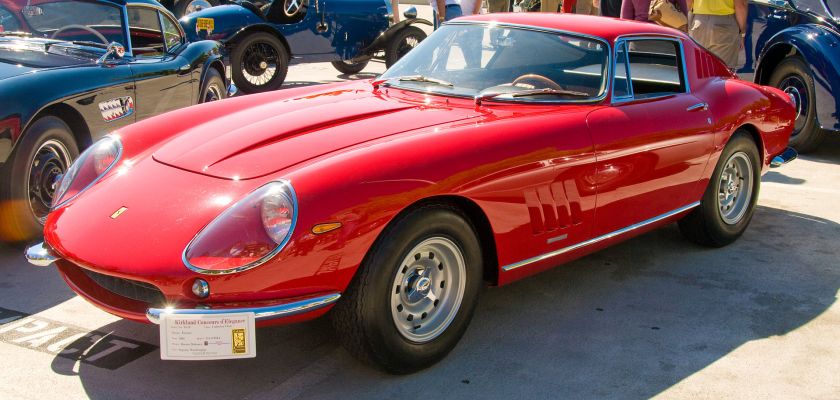
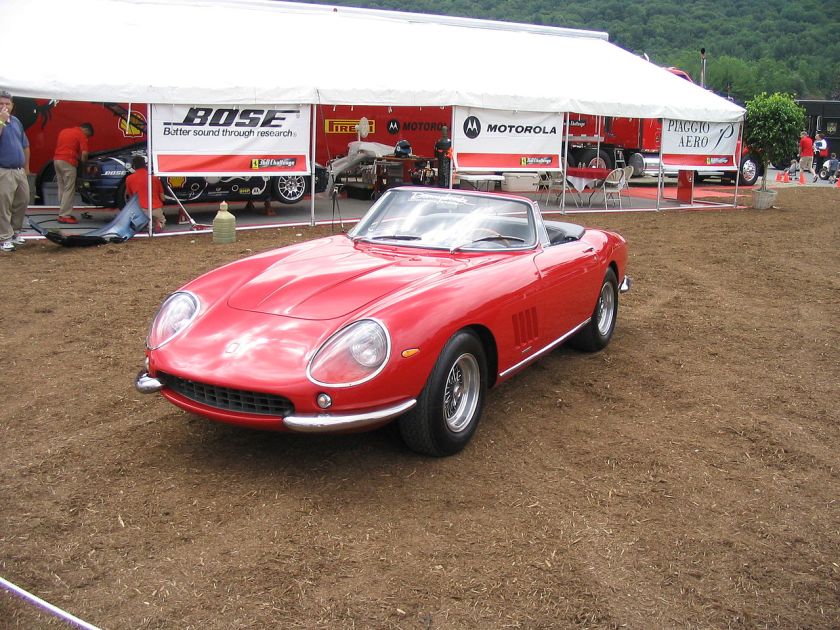
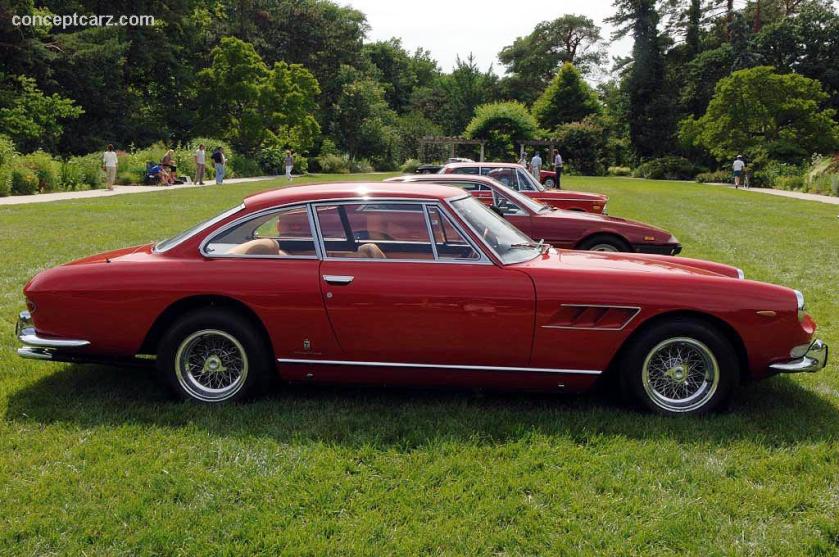 1966 Ferrari 330 GT 2 PlNINFARINA 2 DV-07-CC
1966 Ferrari 330 GT 2 PlNINFARINA 2 DV-07-CC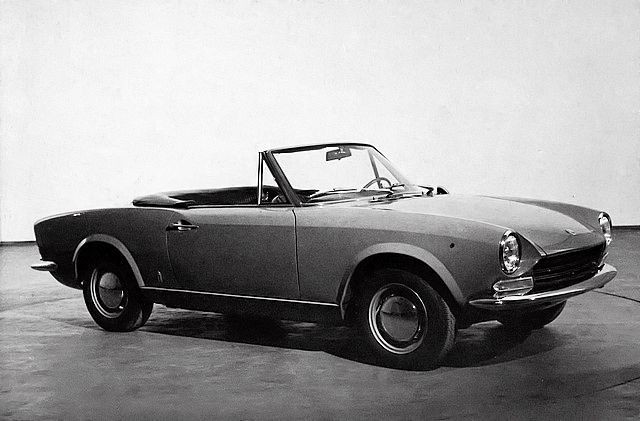
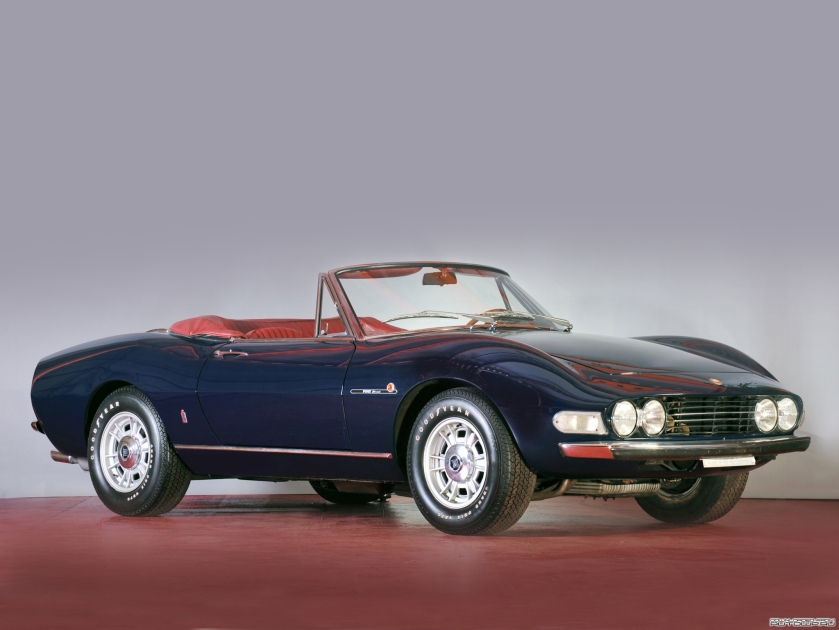
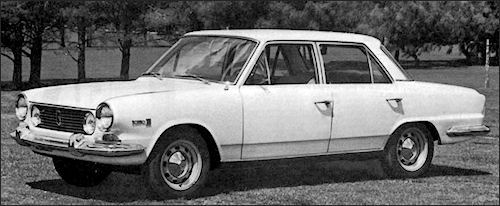
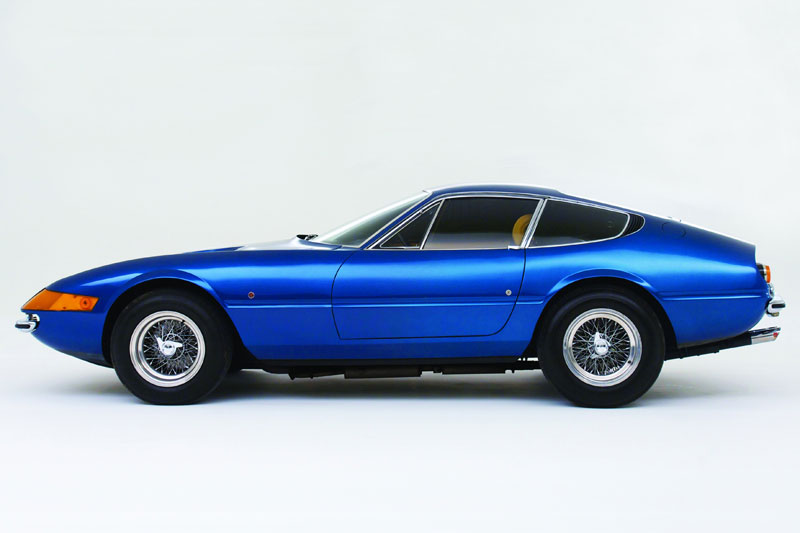
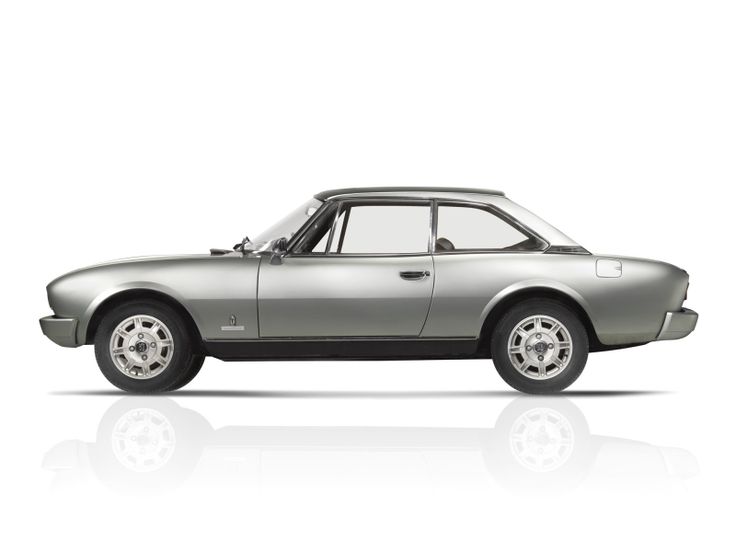
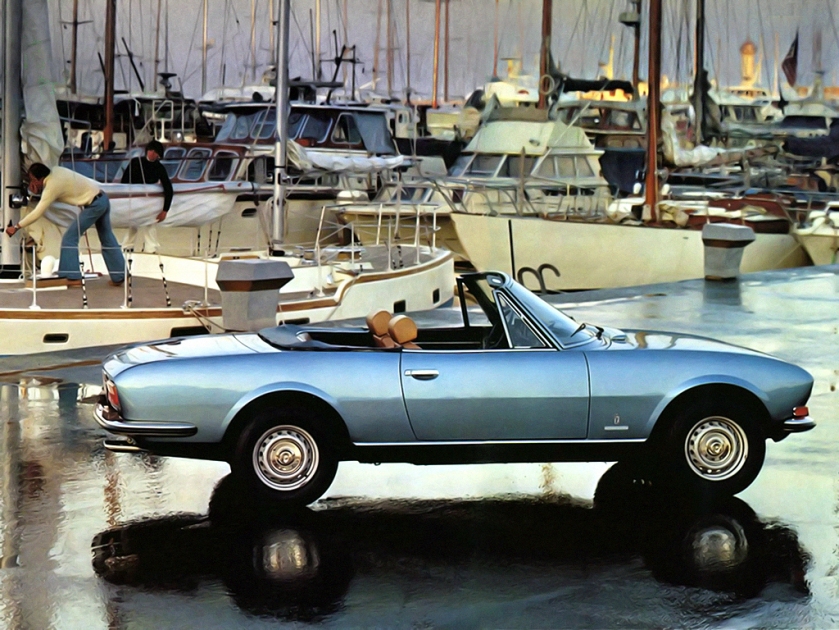
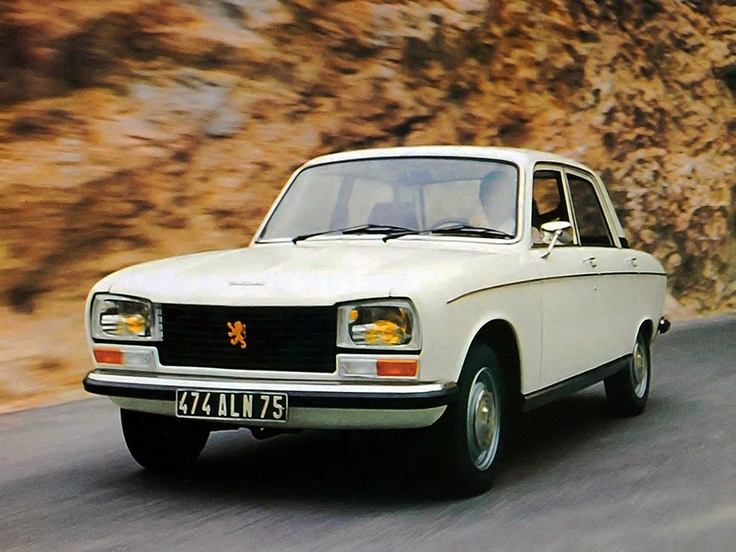
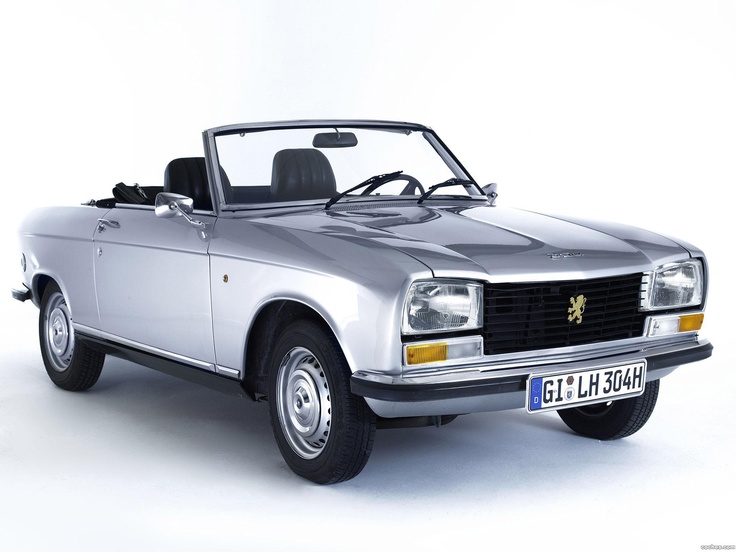
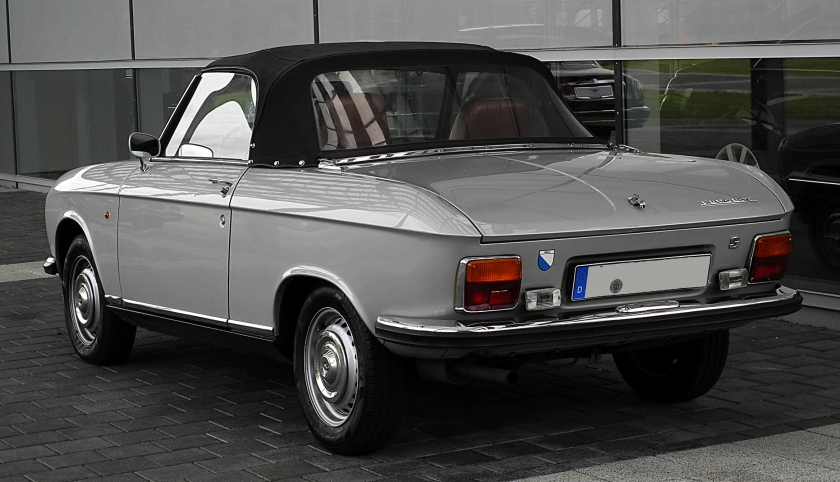
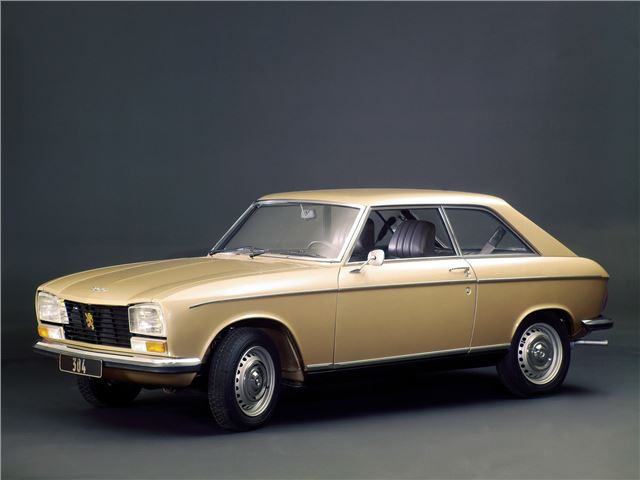
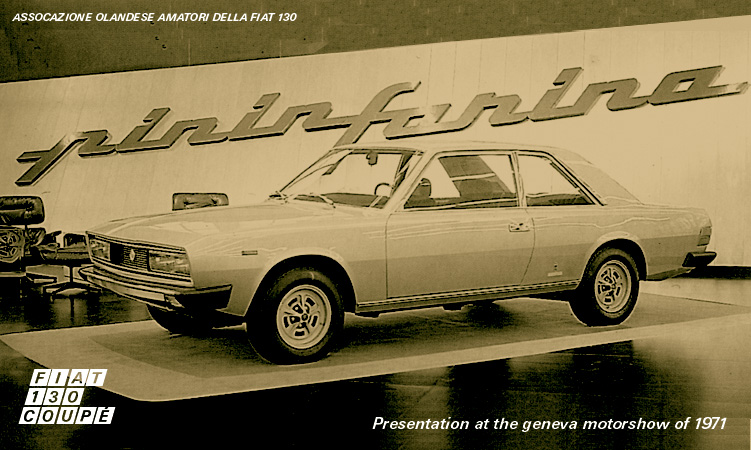
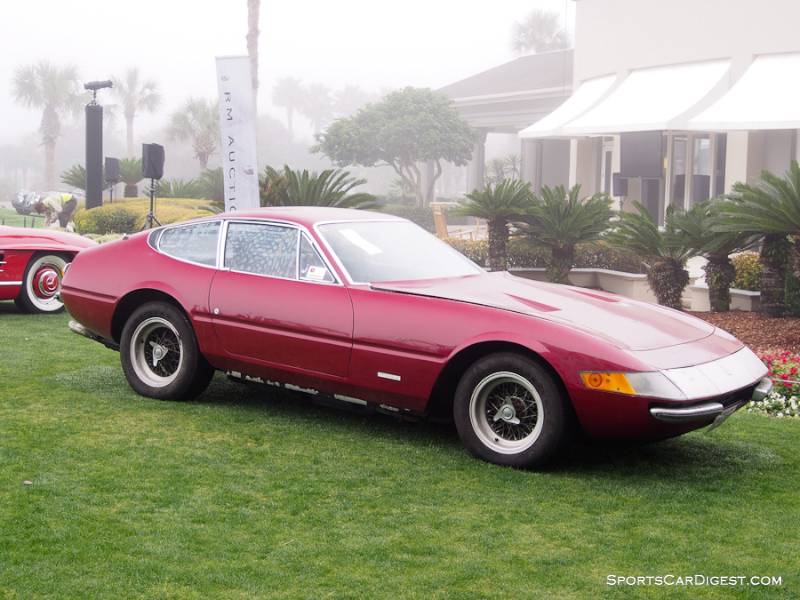
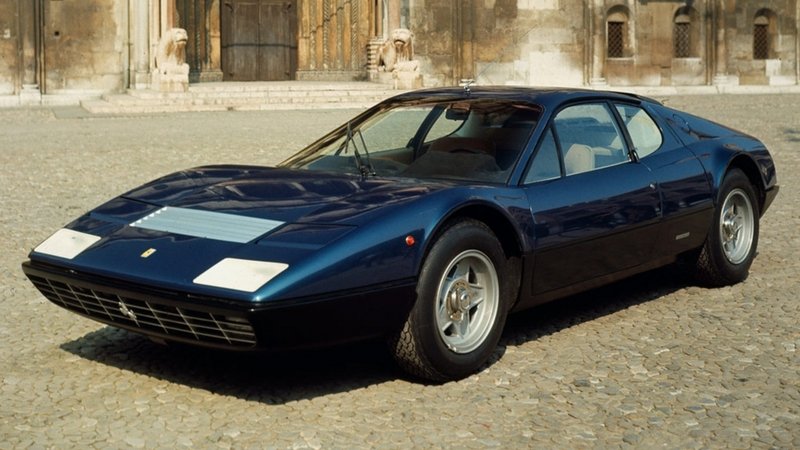
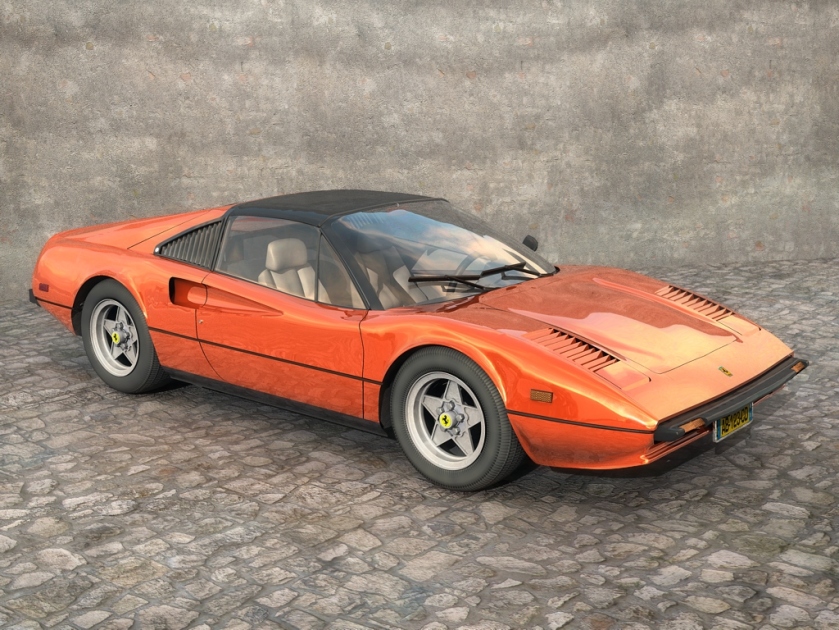
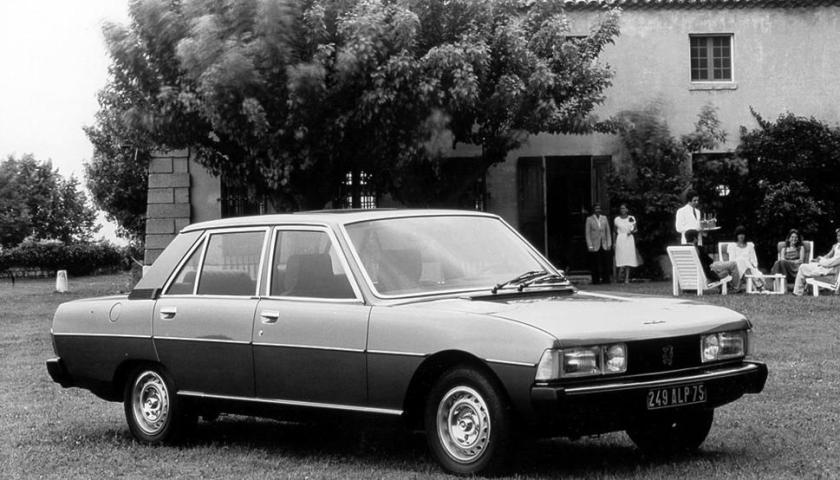
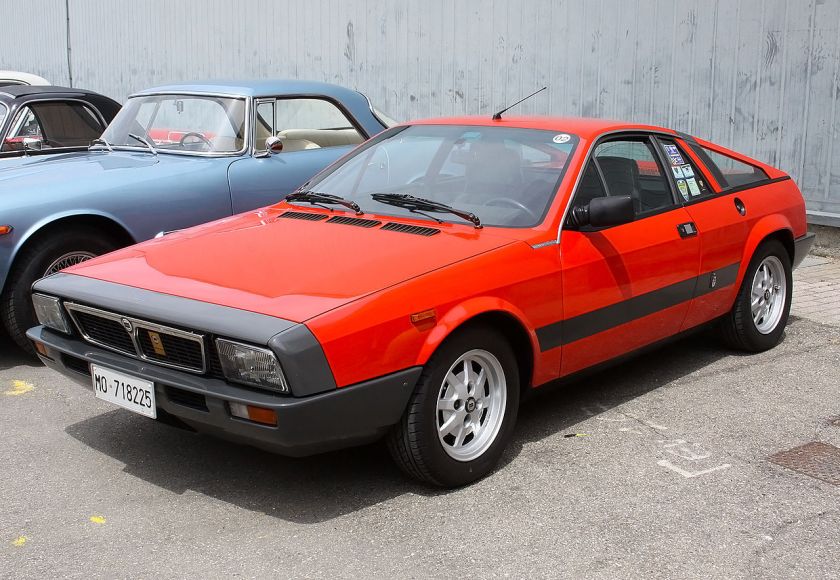
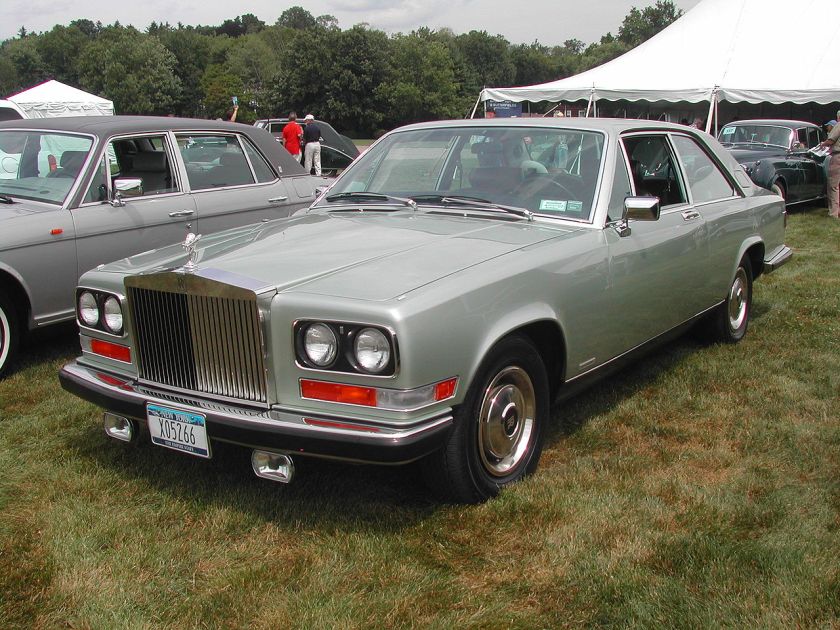

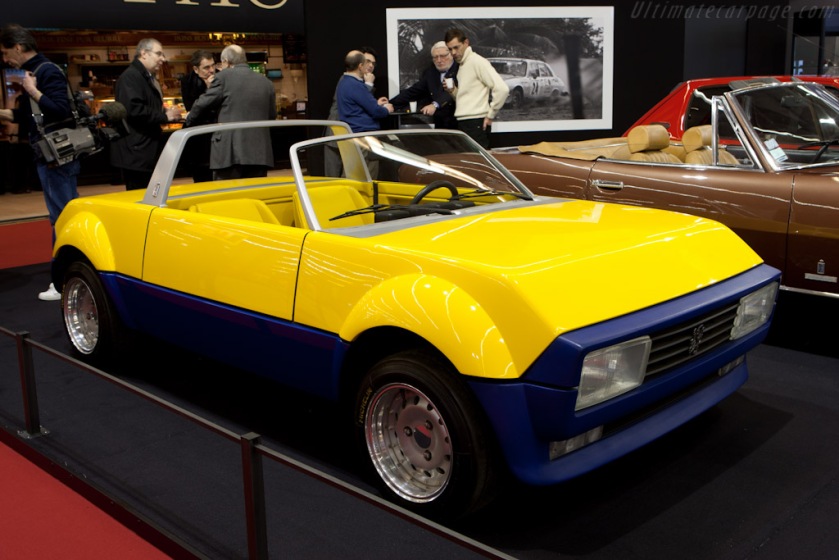
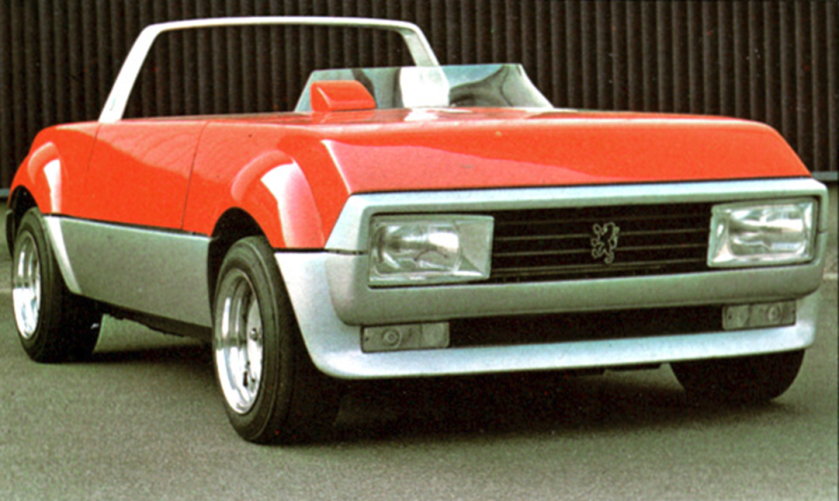
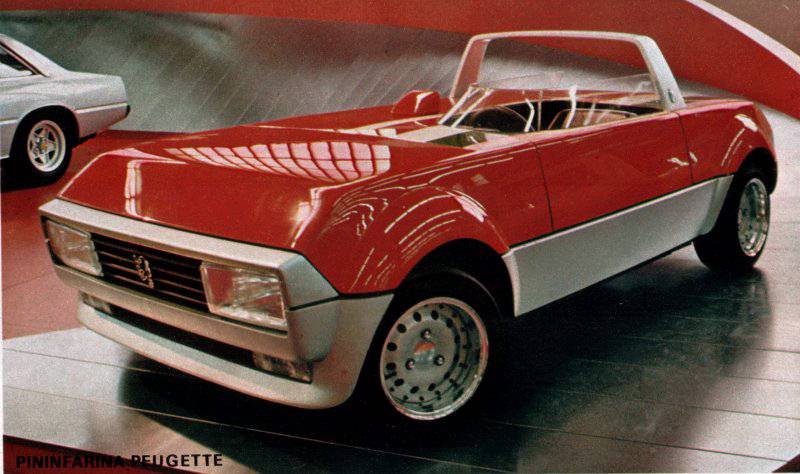
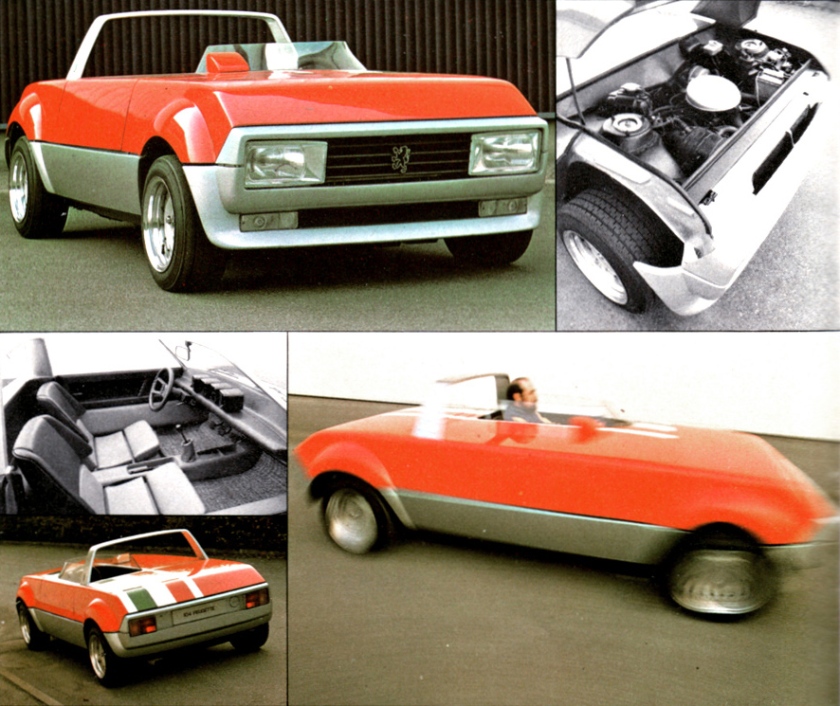
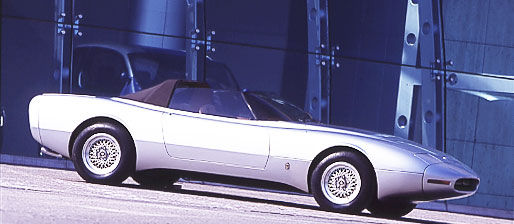
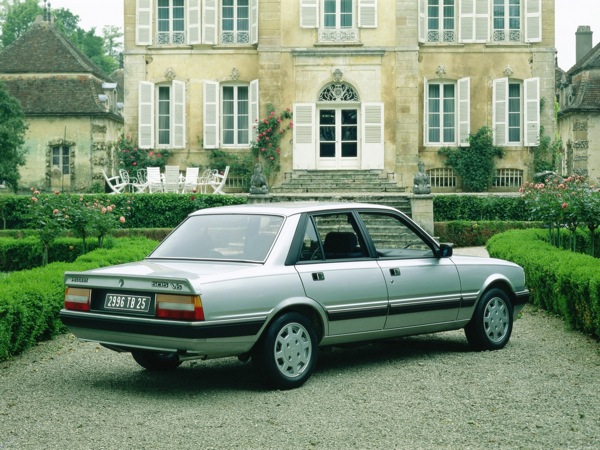
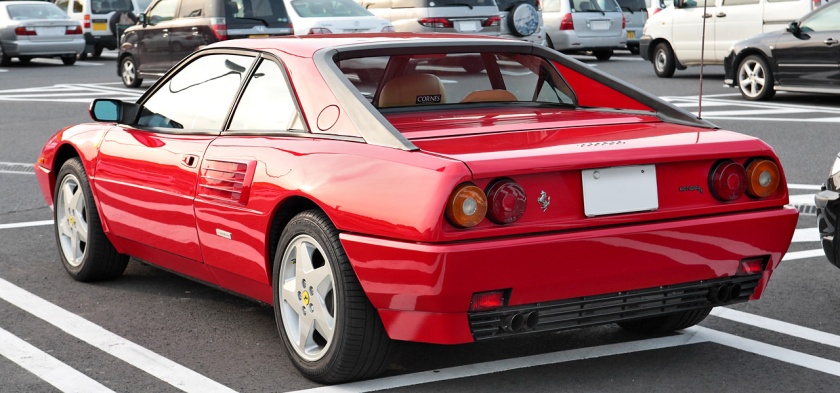
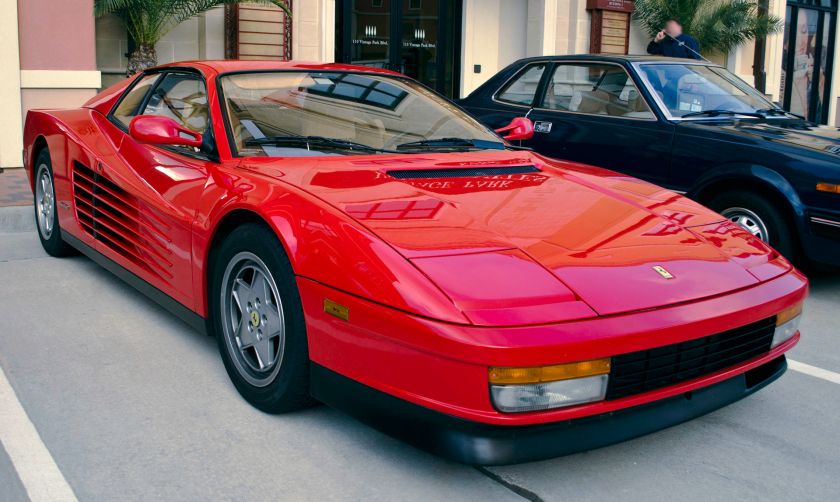
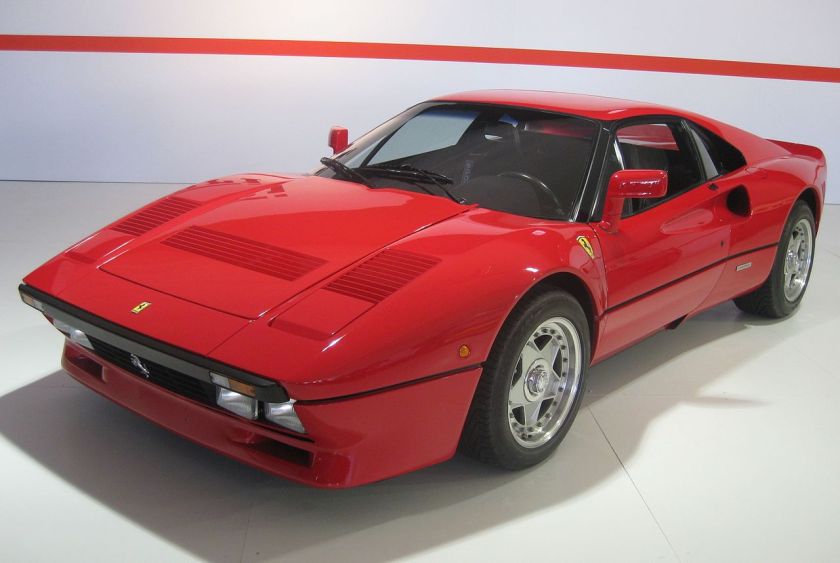
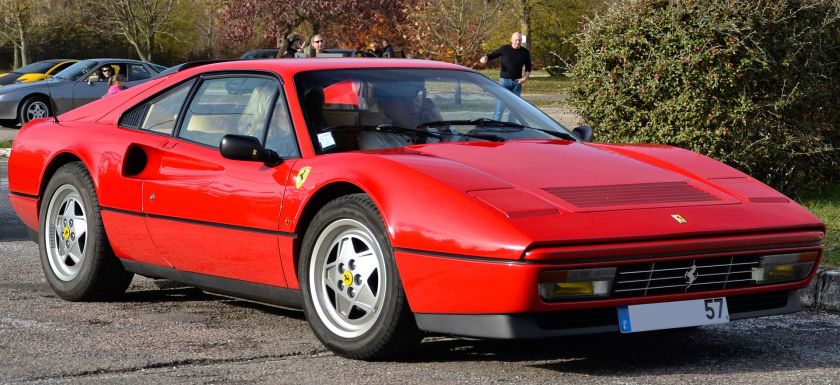
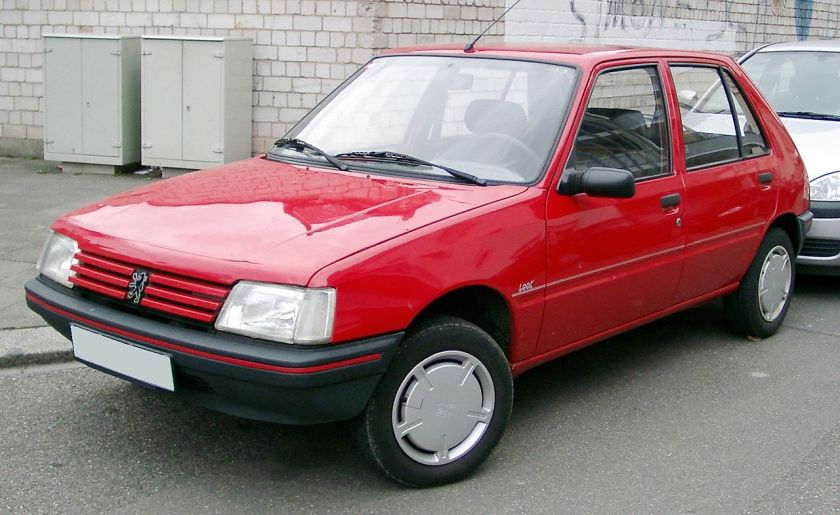
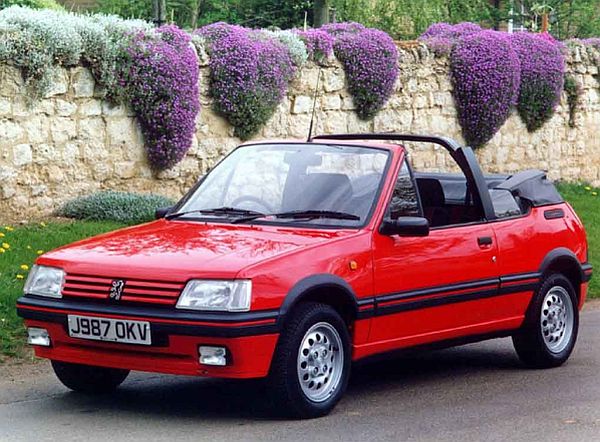
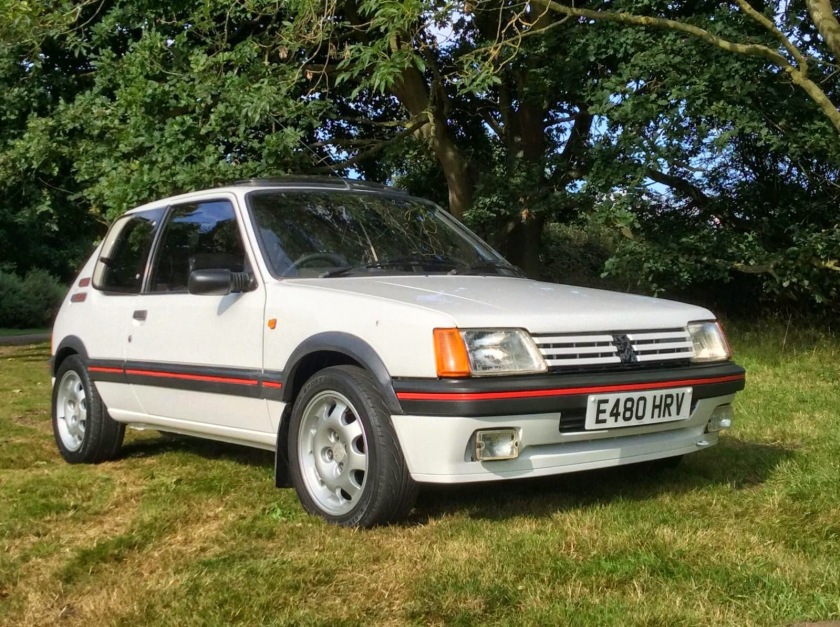
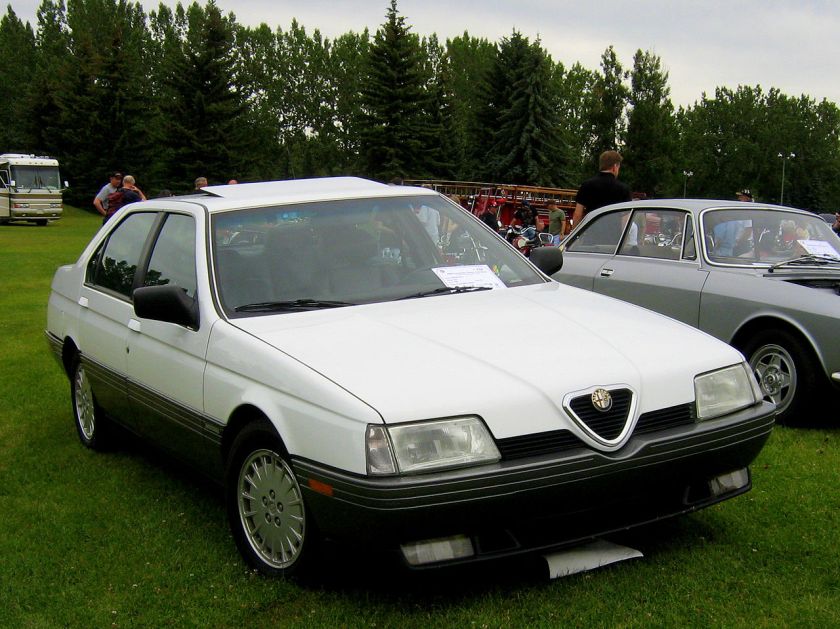
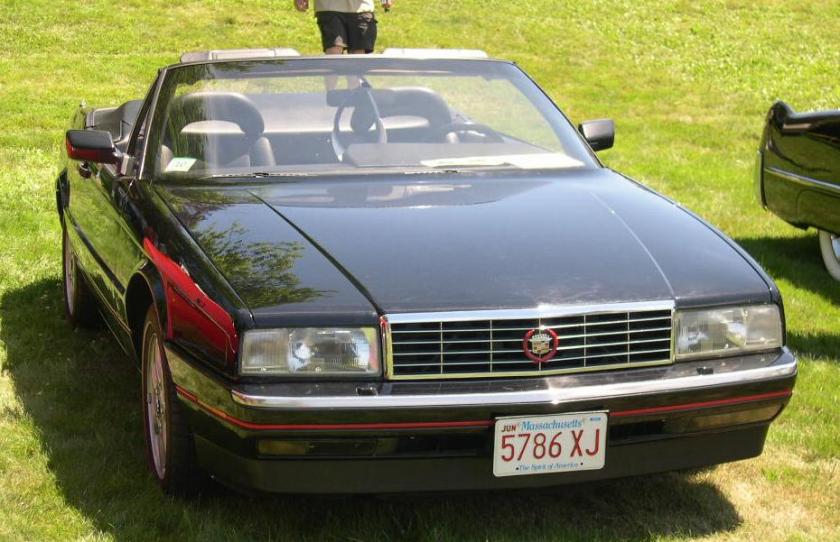
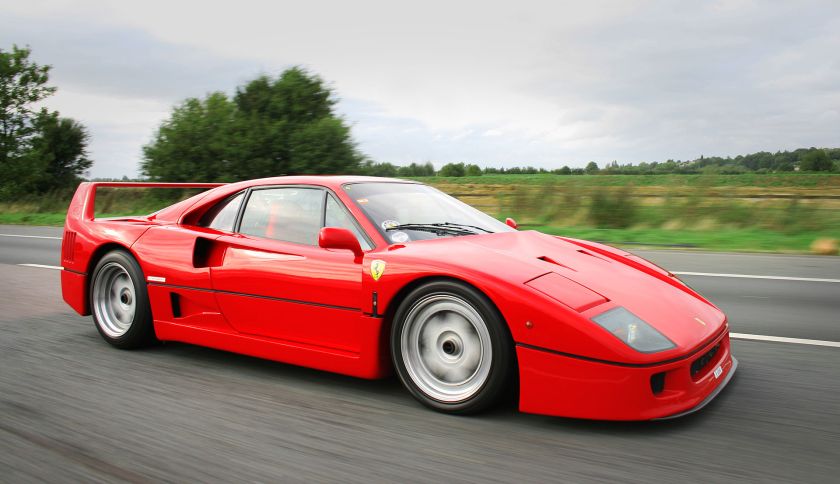
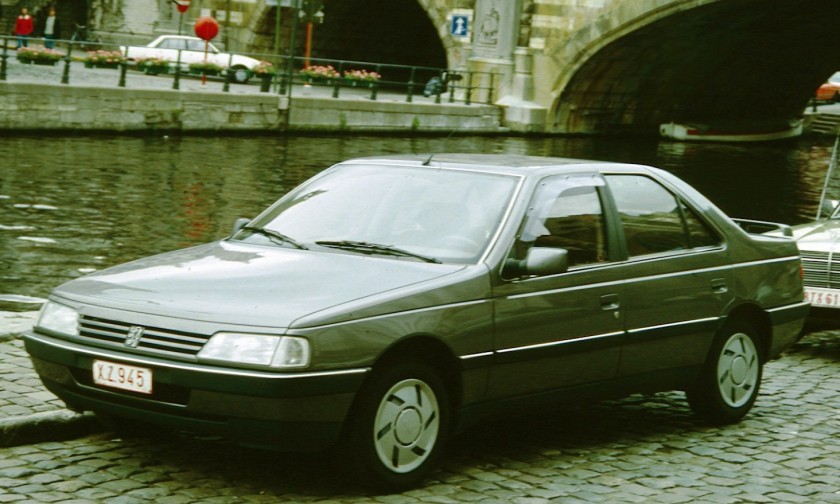
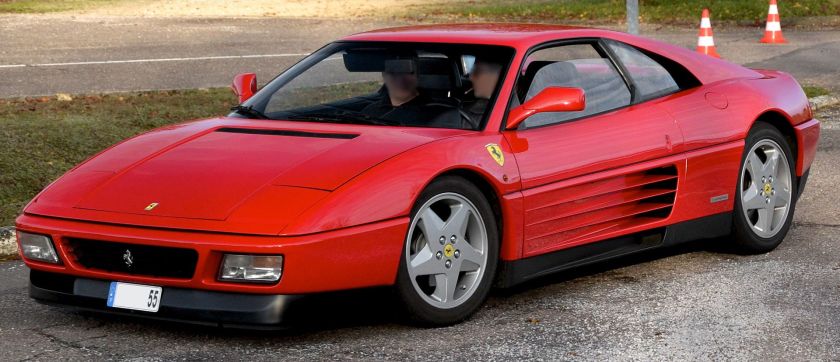
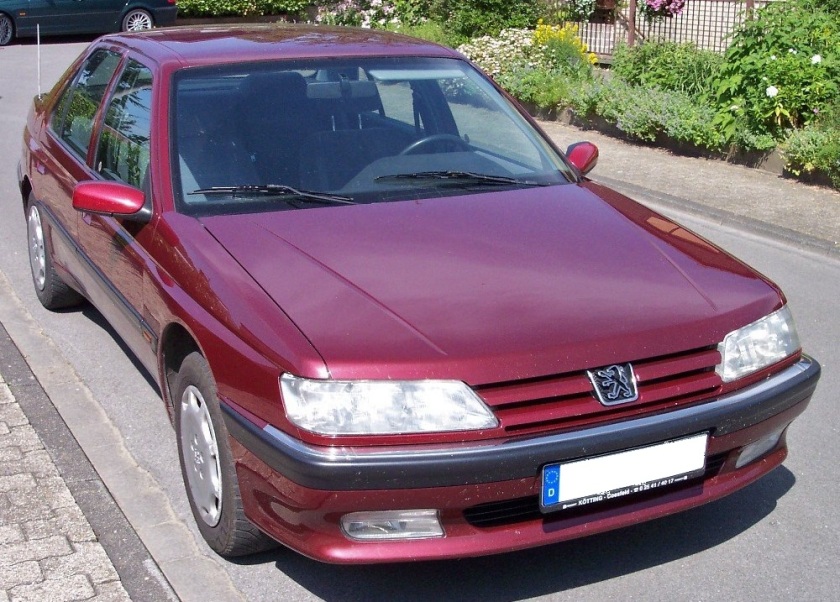
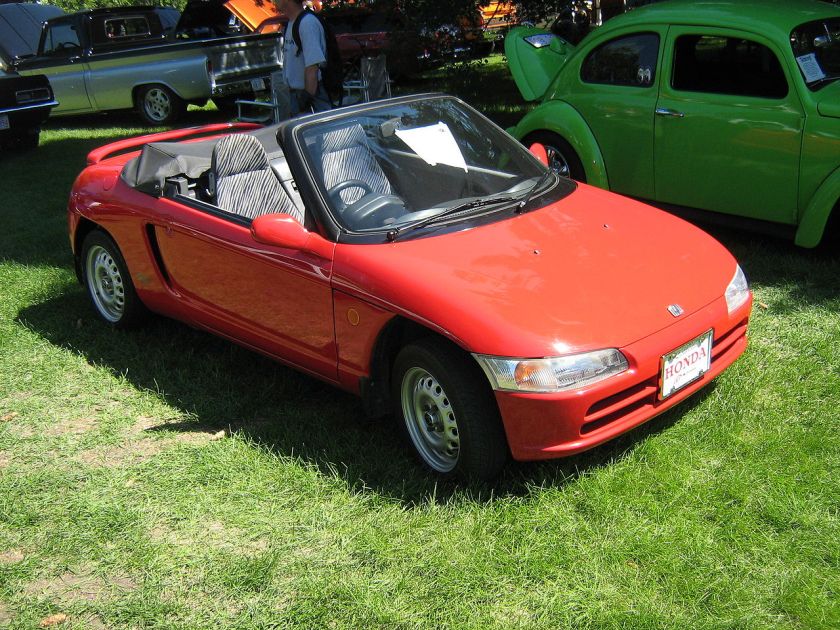
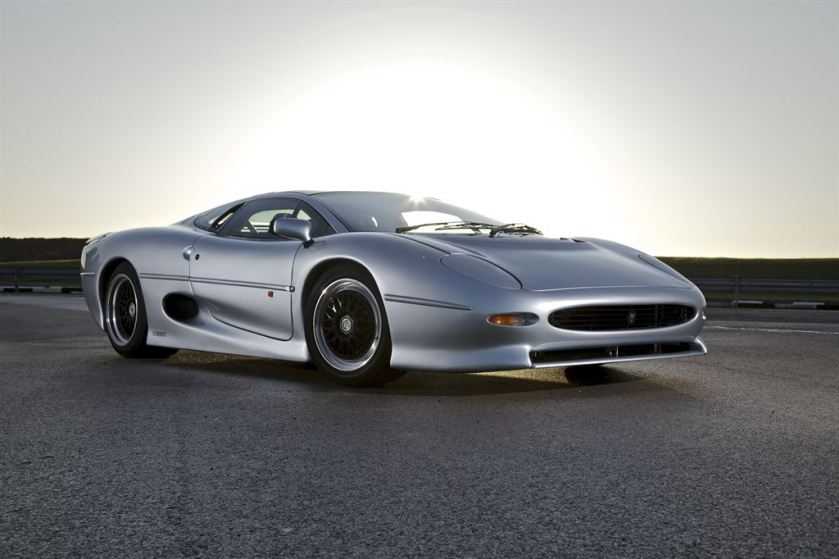
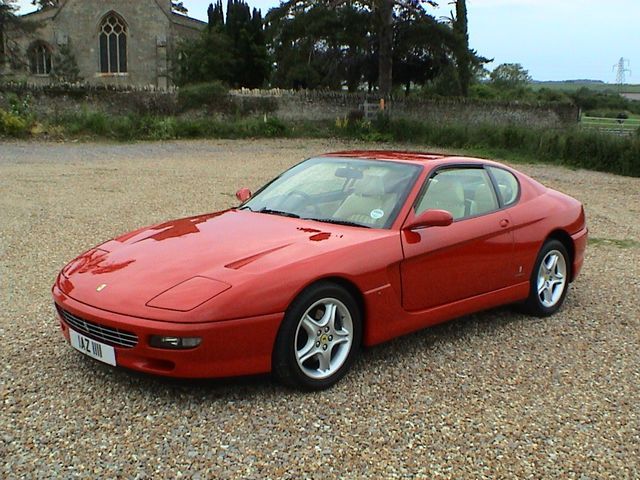
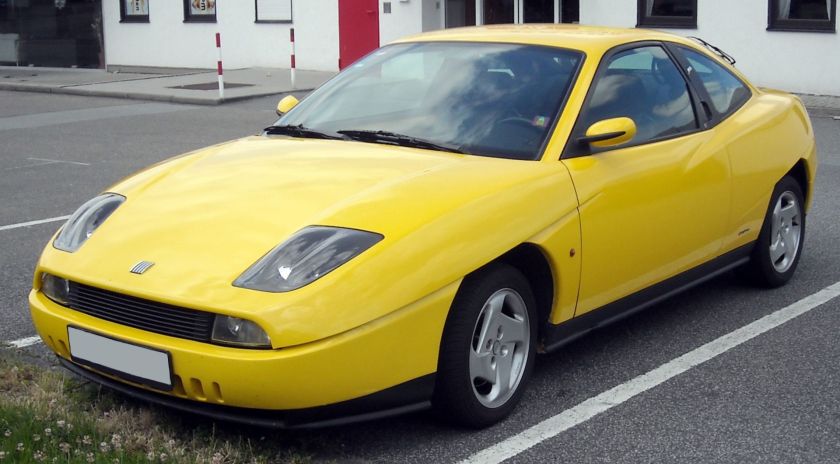
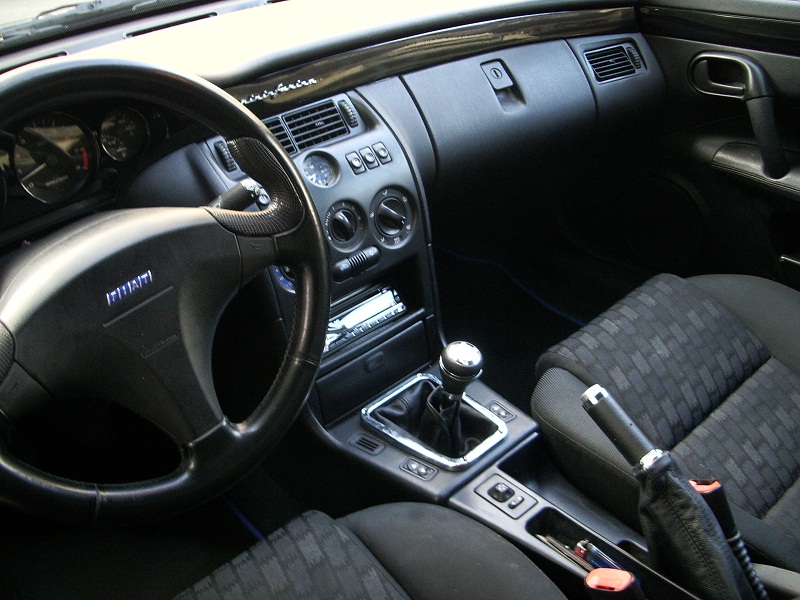
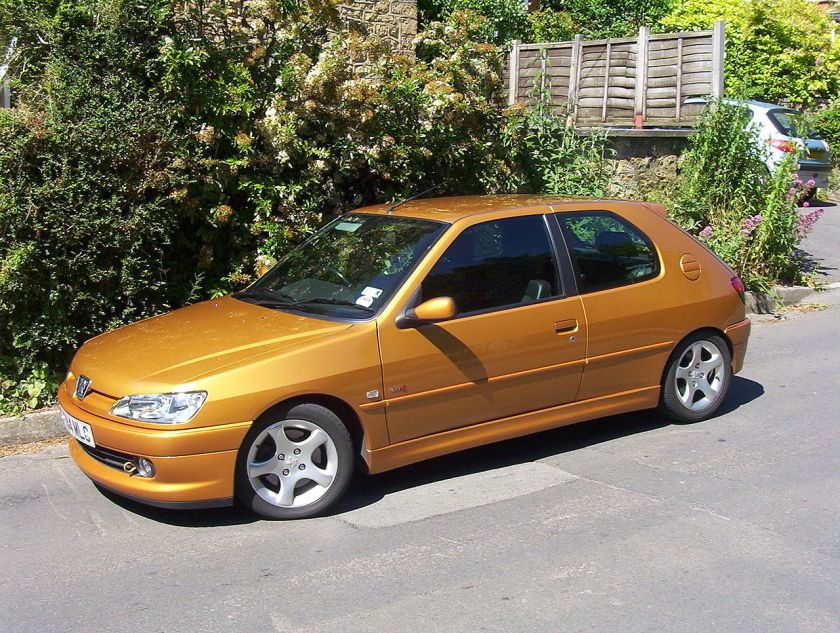
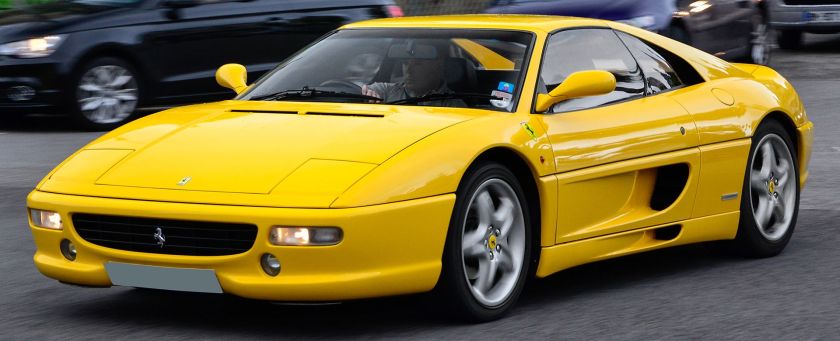
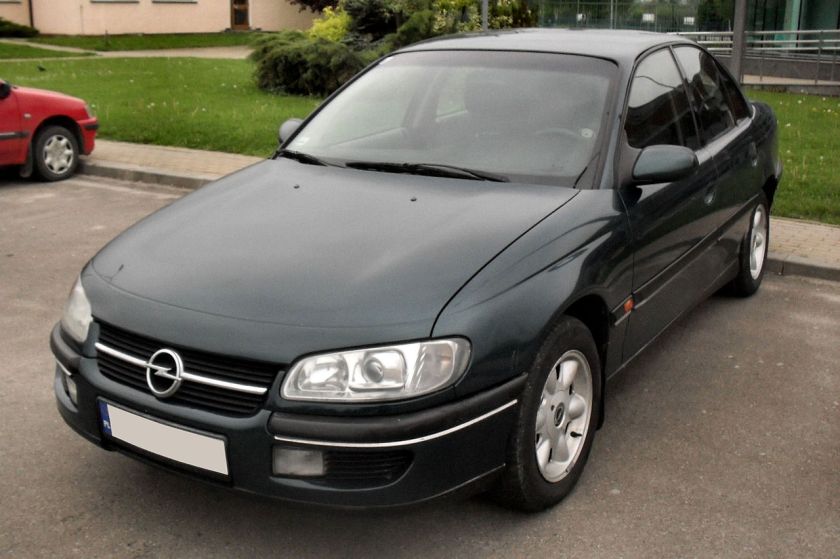
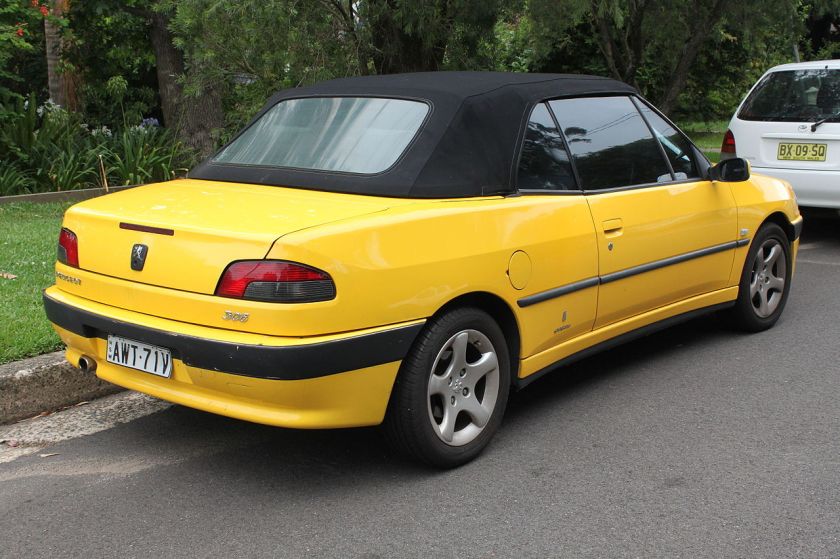
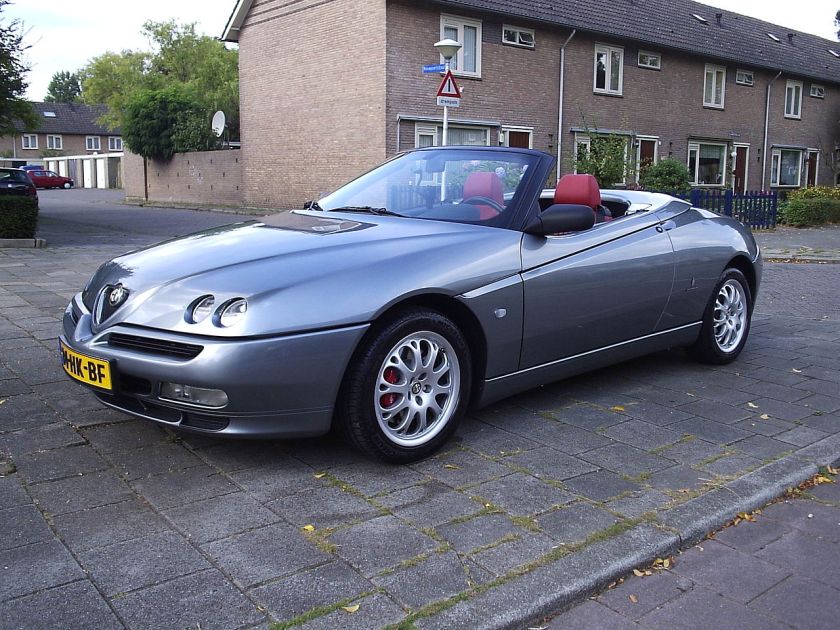
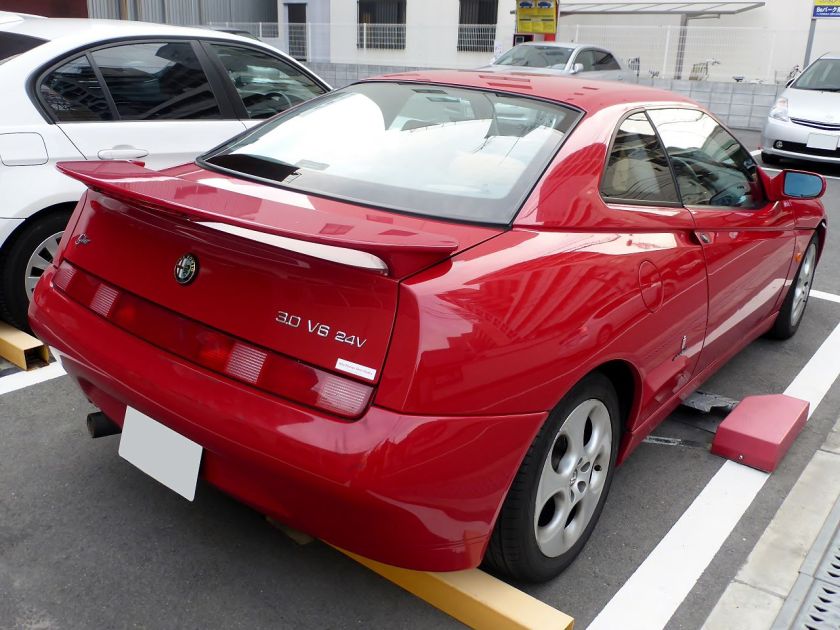
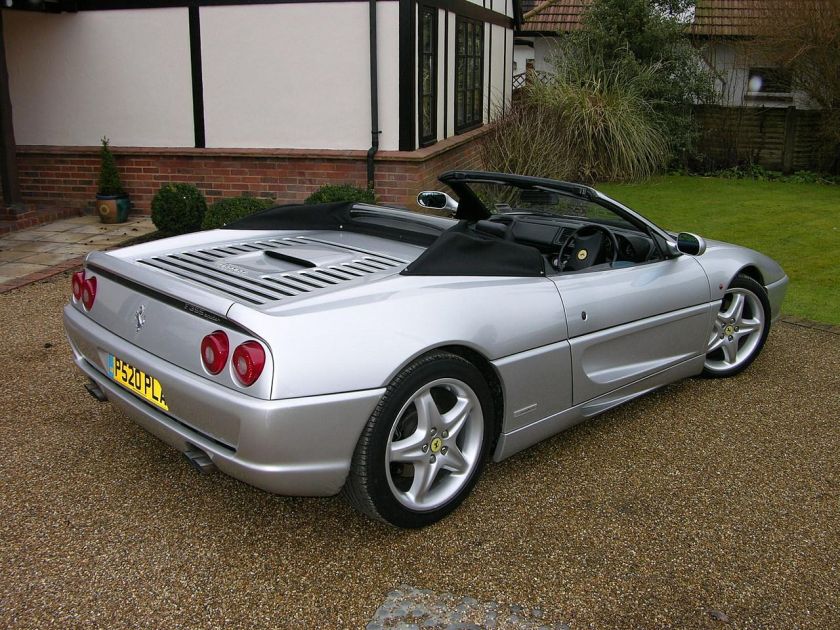
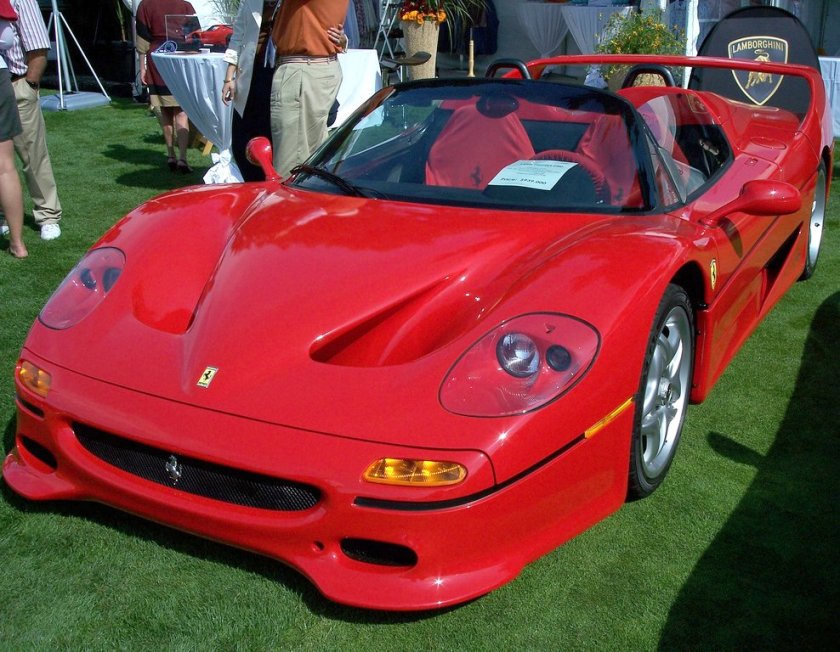
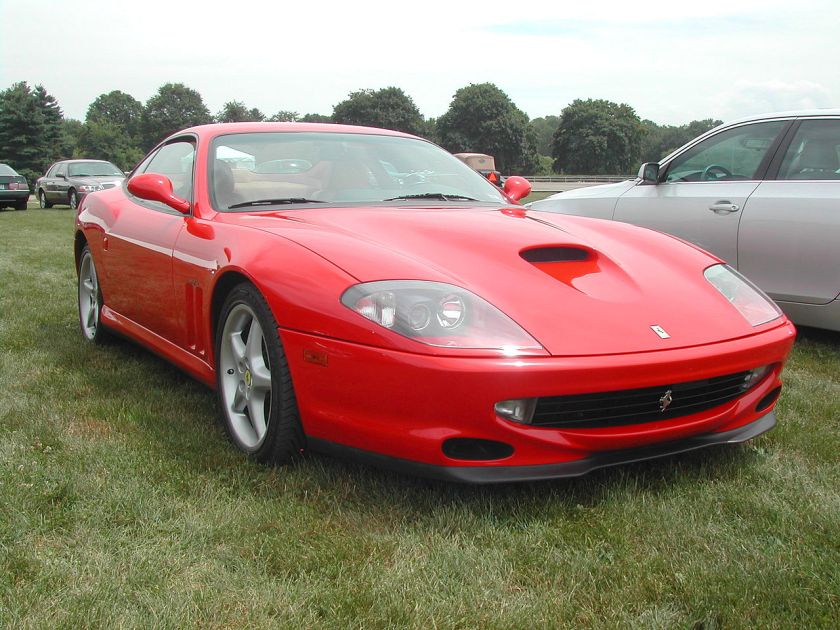
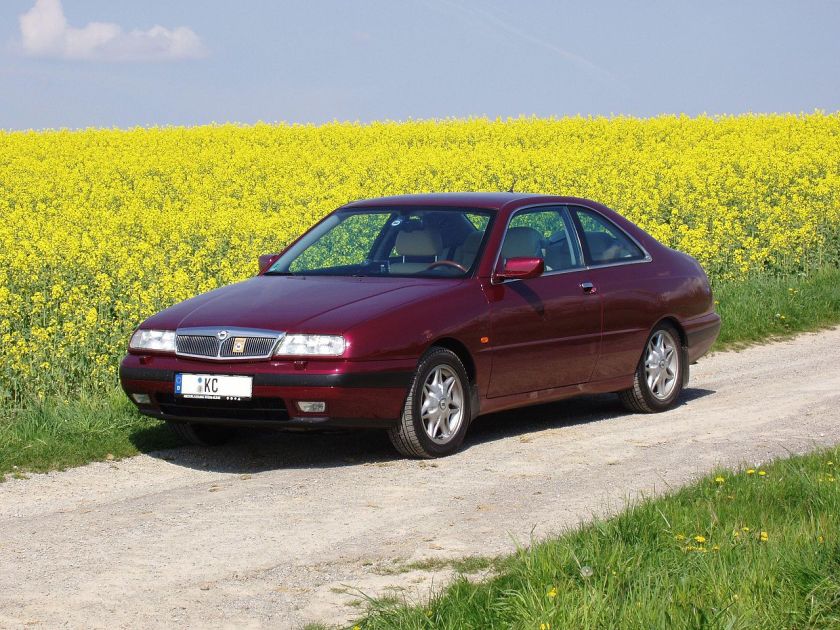
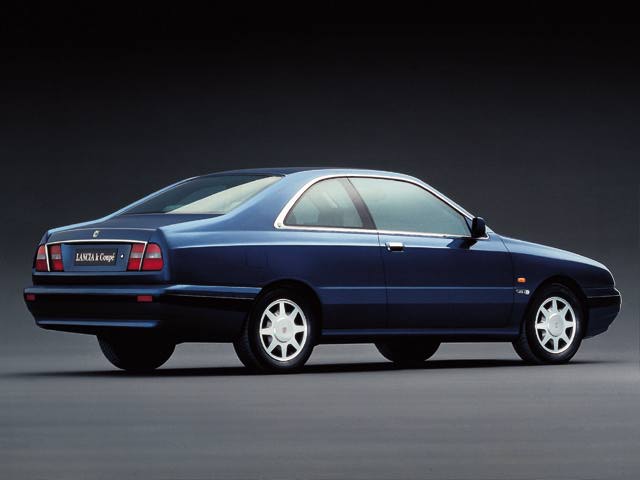
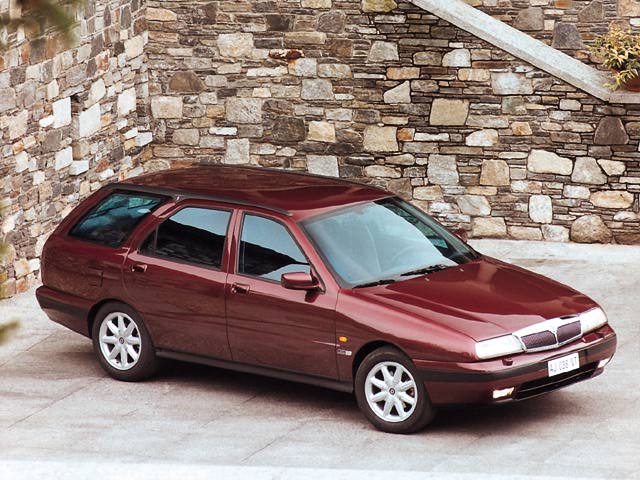
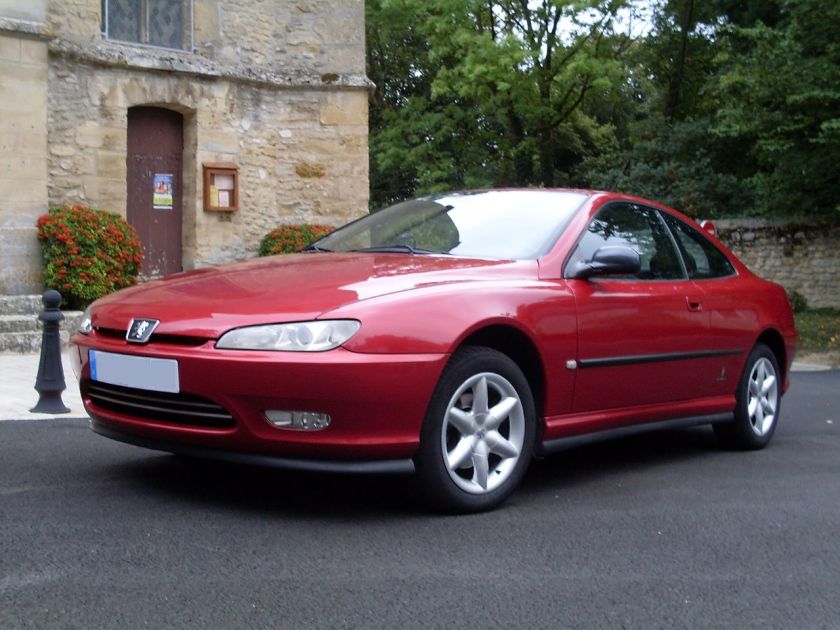
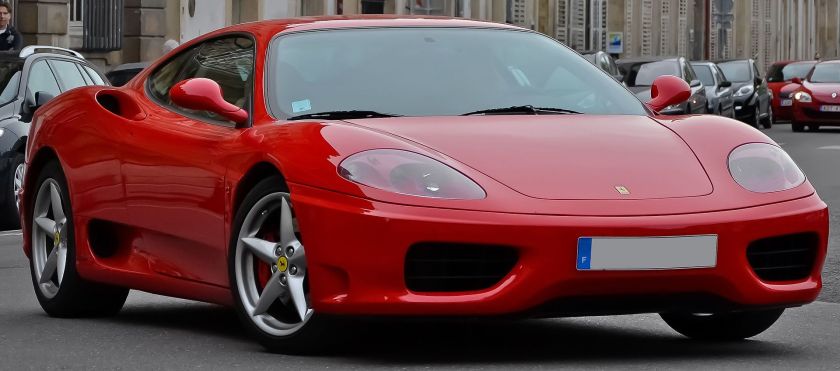
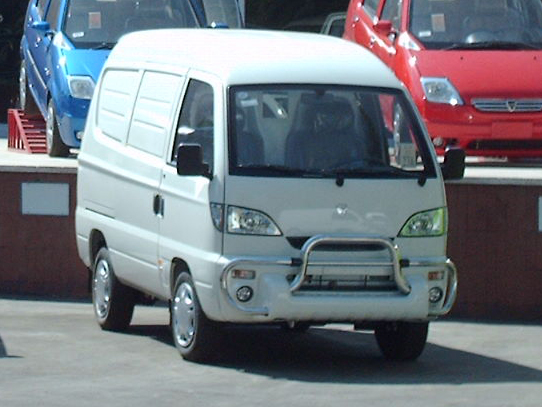
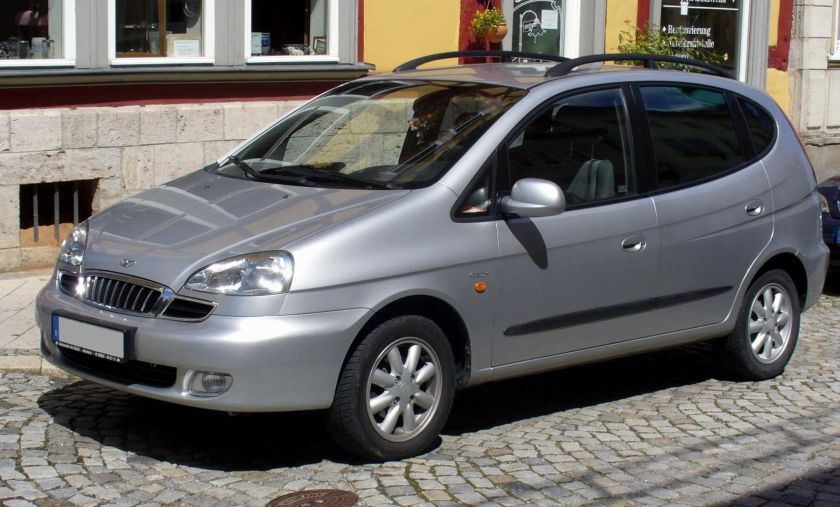
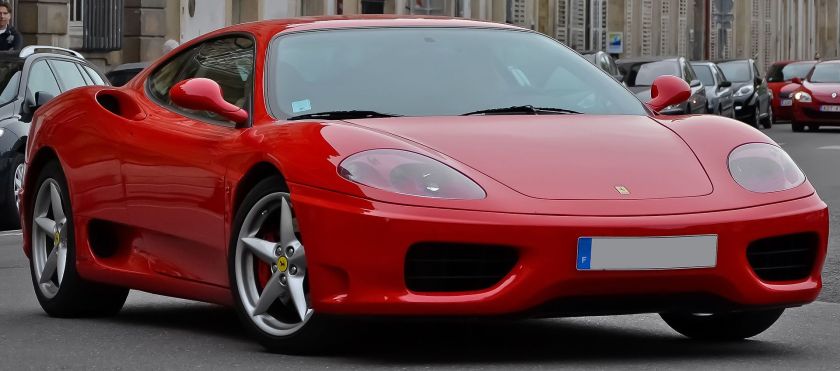
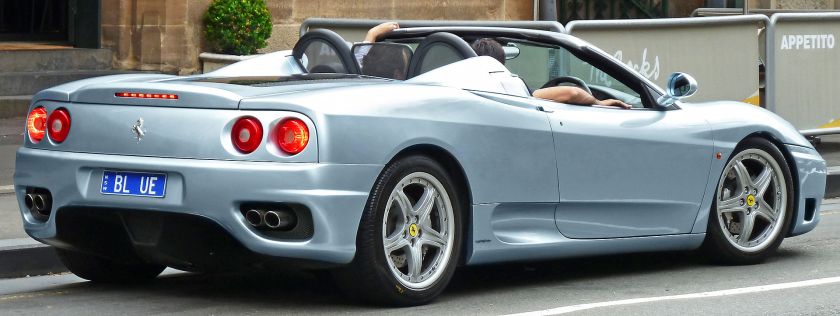
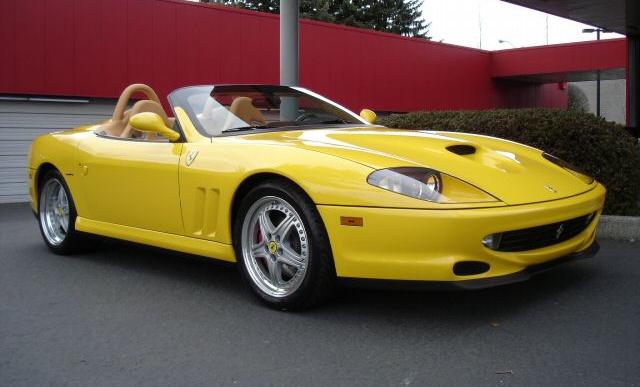
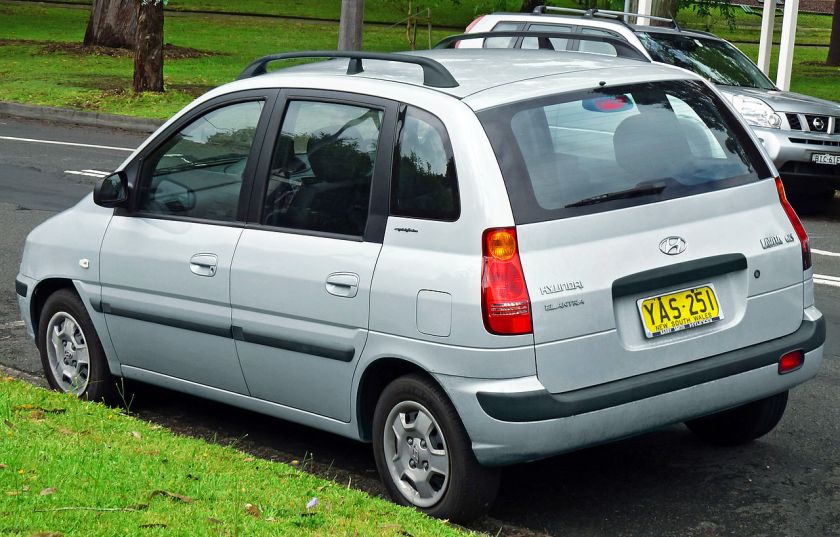
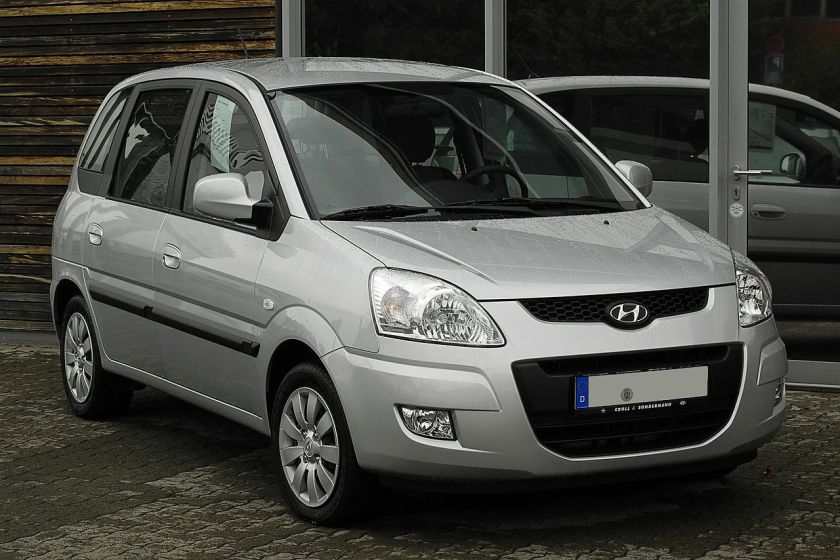
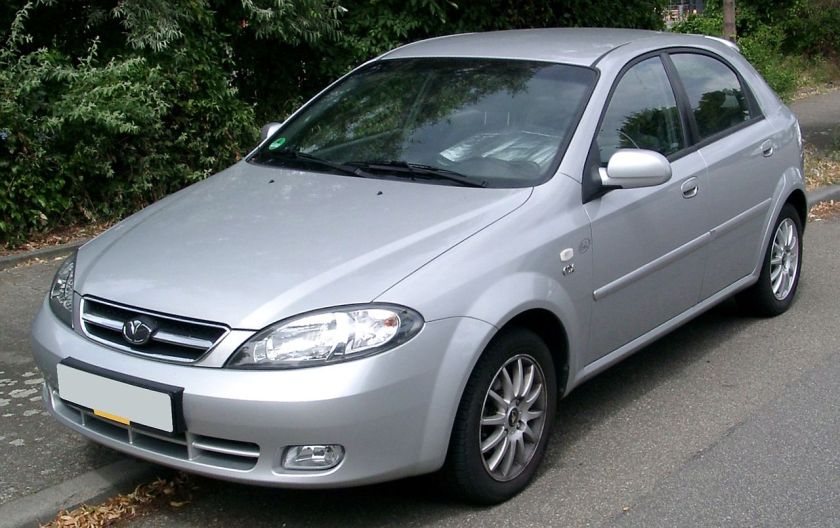
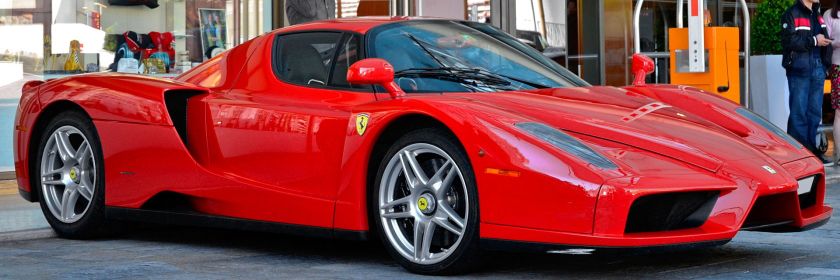
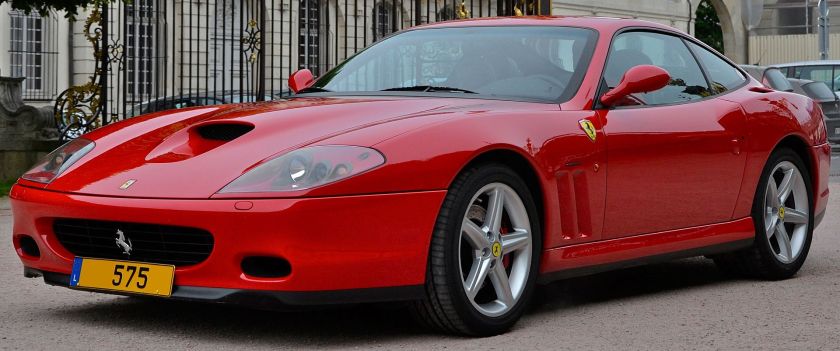
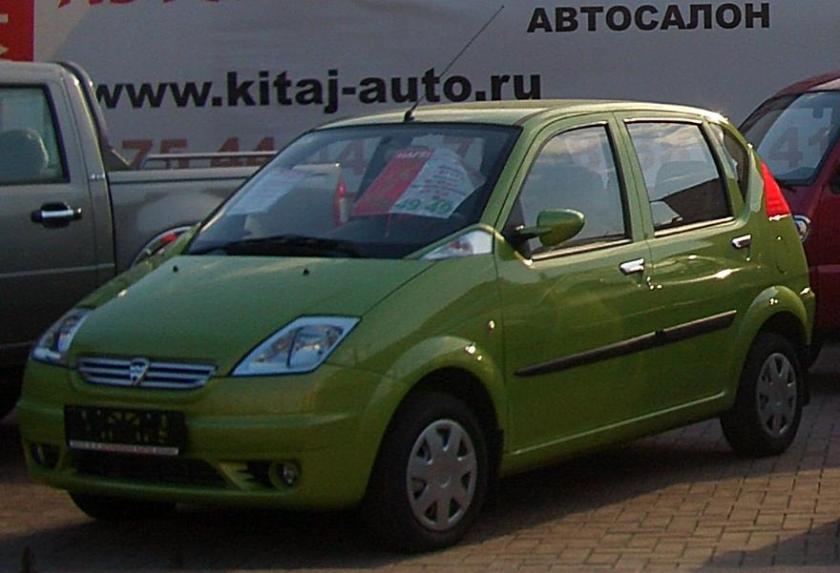
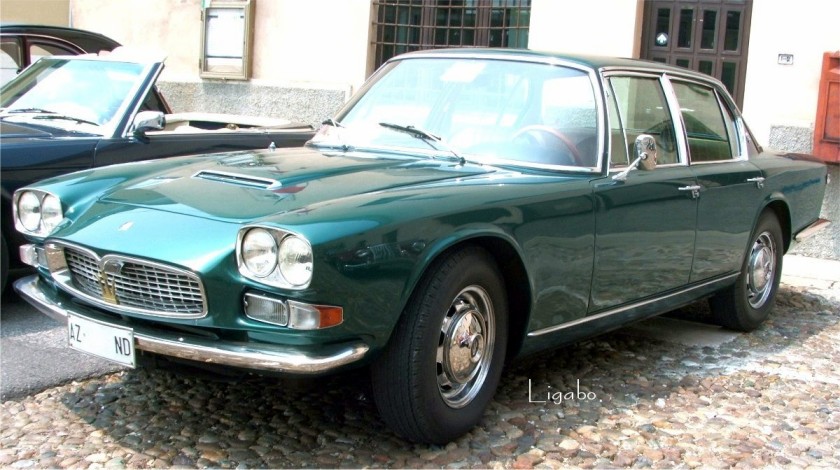
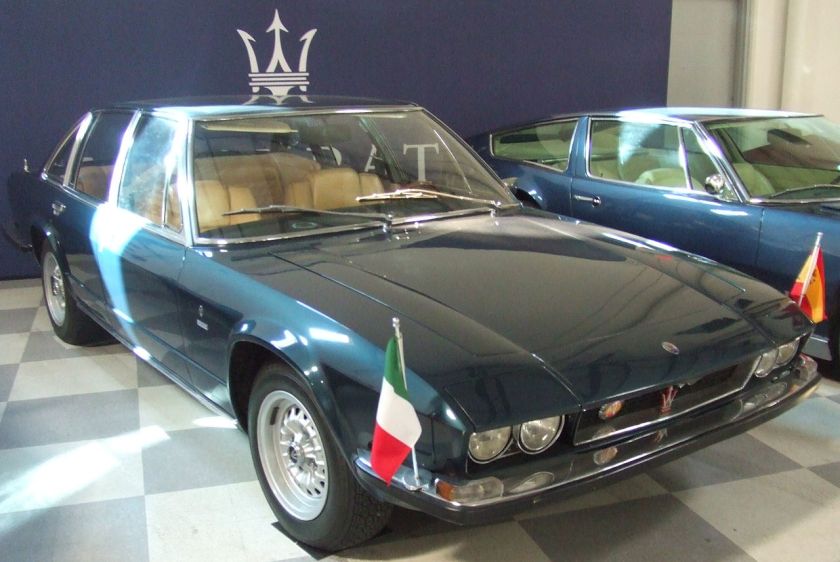
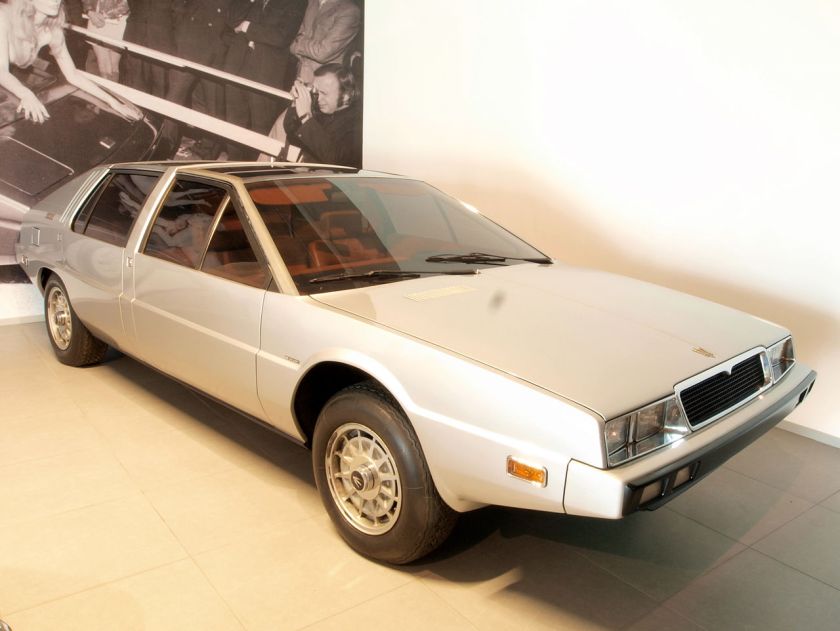
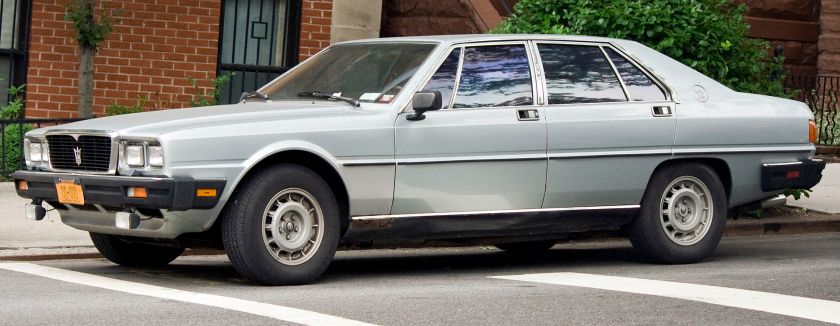
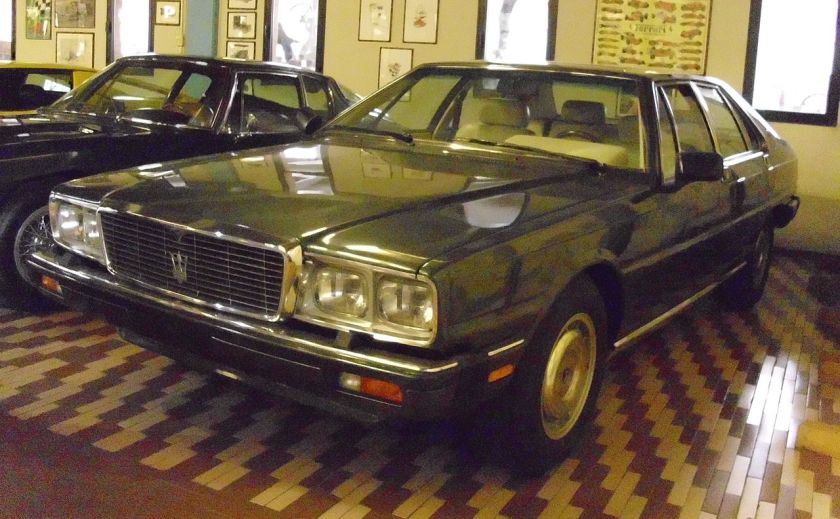
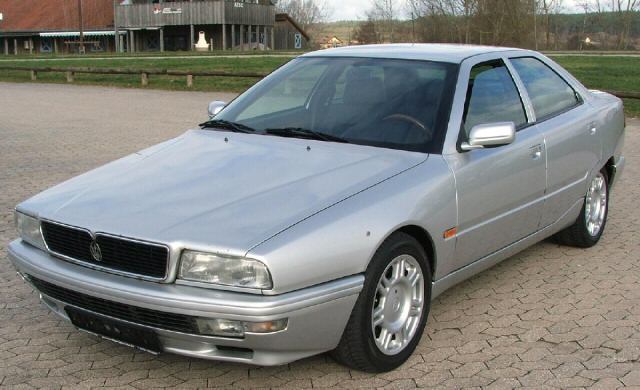
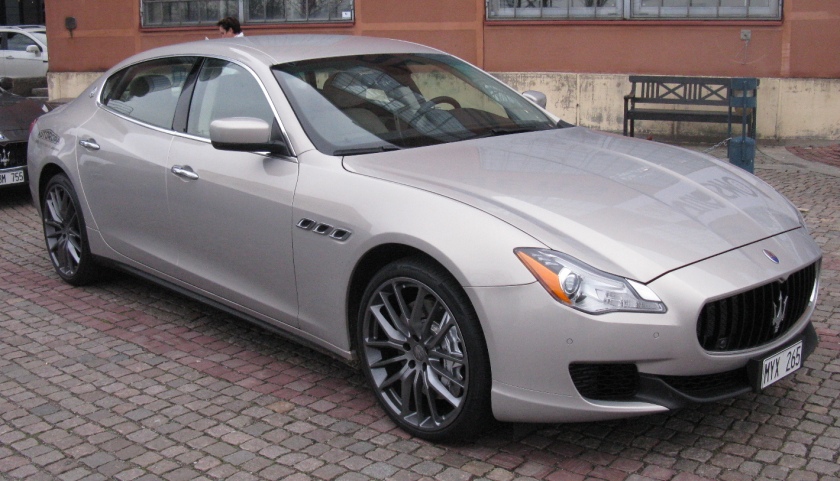
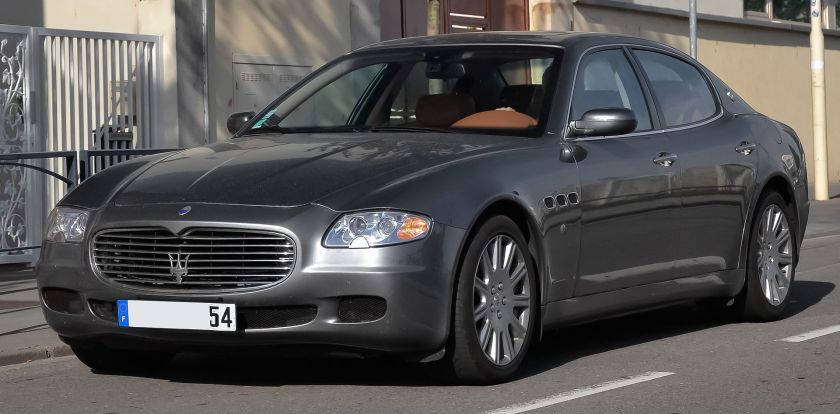
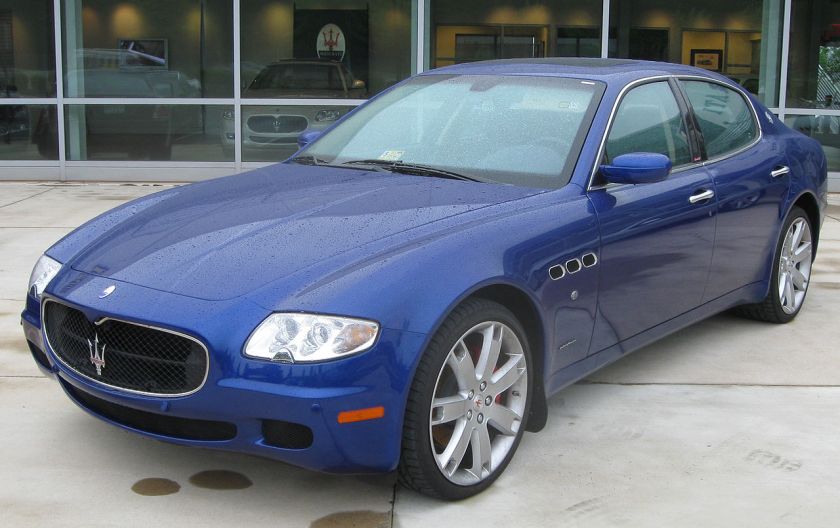
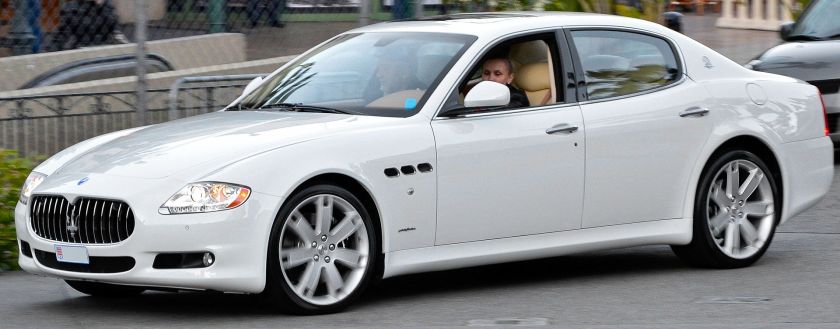
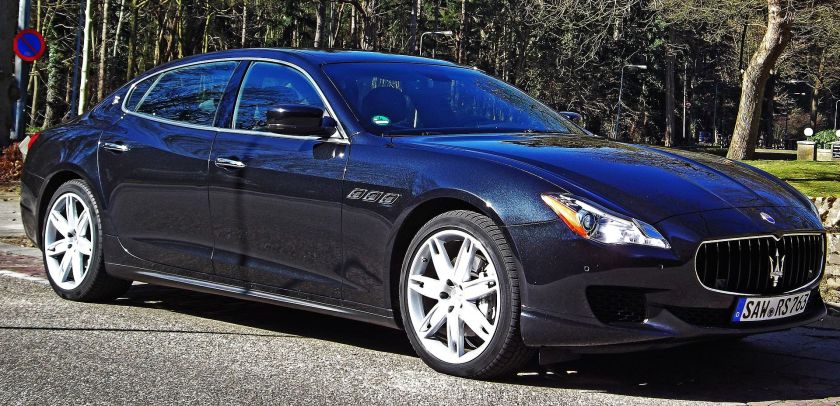
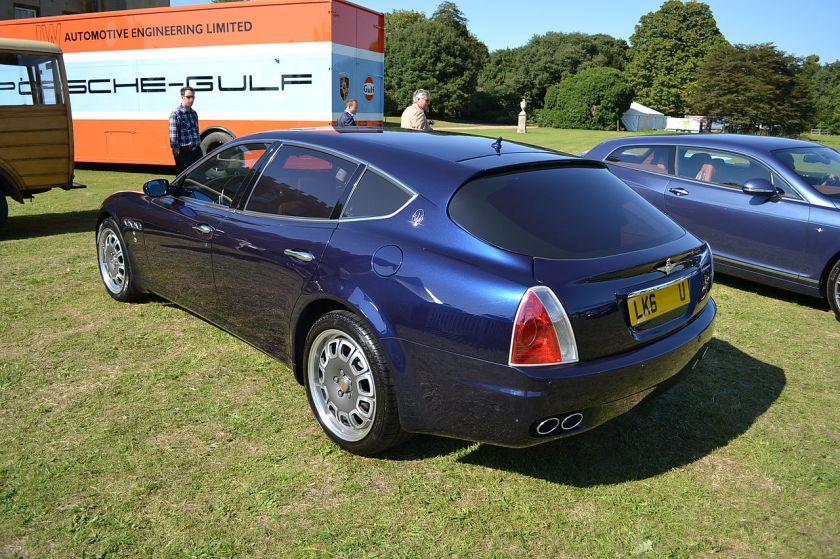
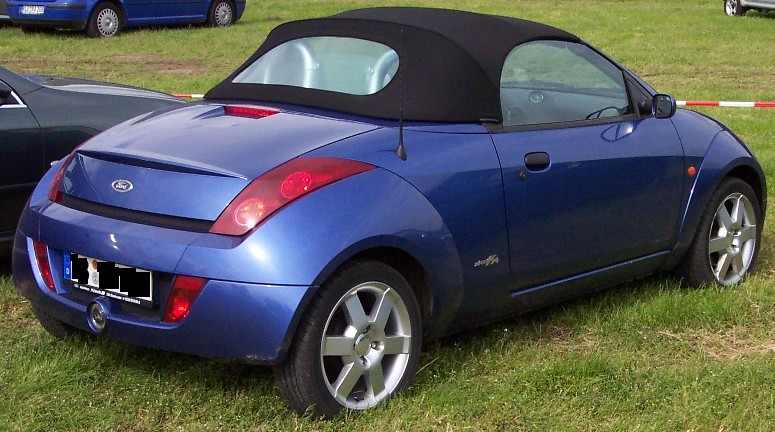
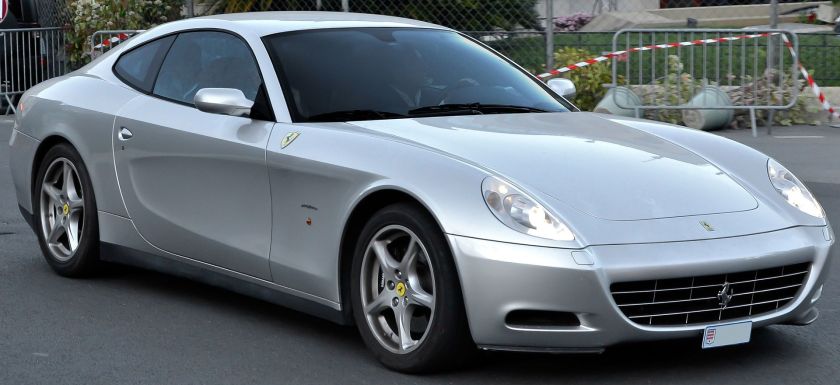
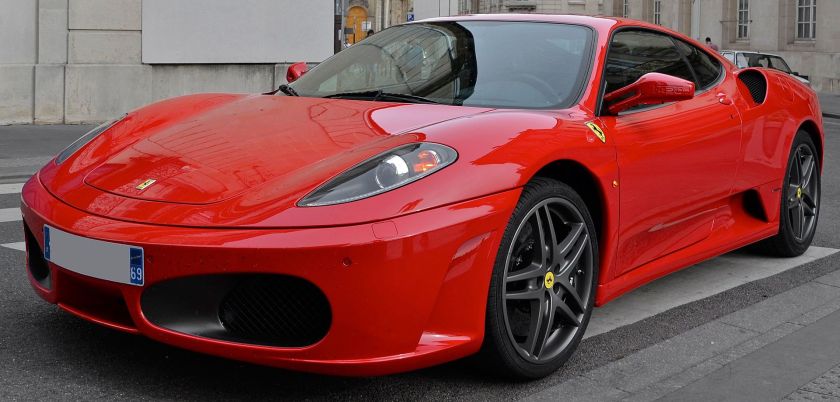
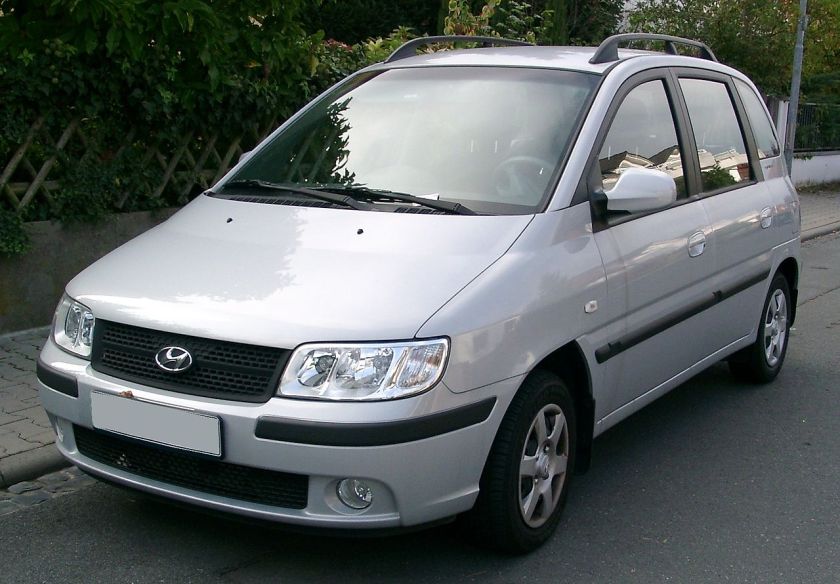
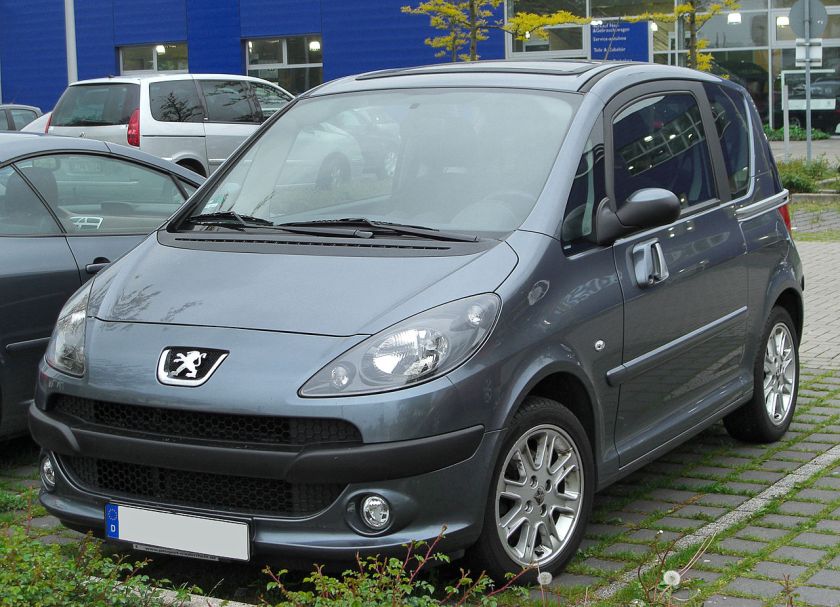
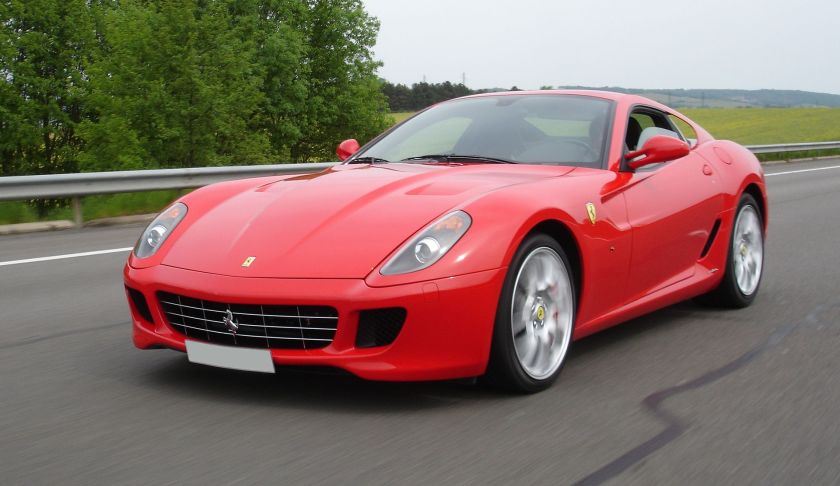
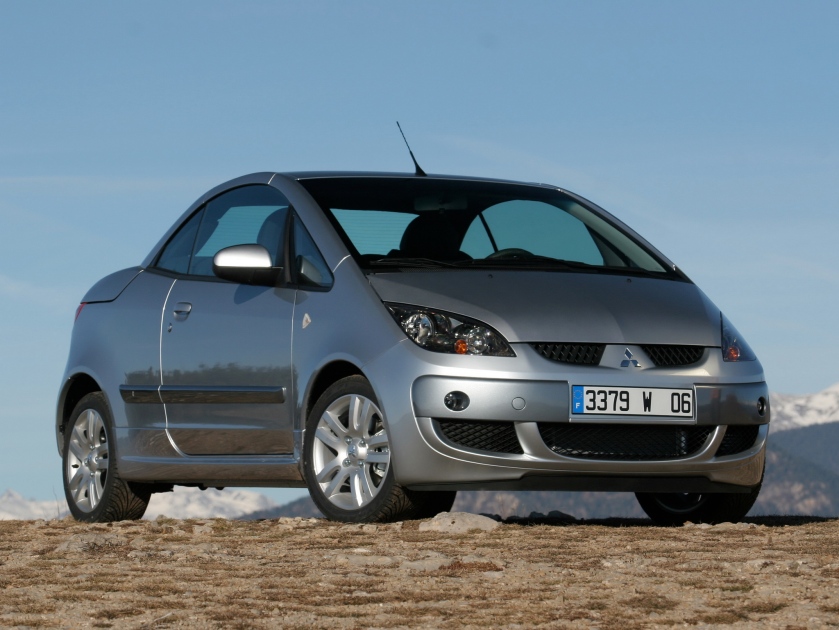
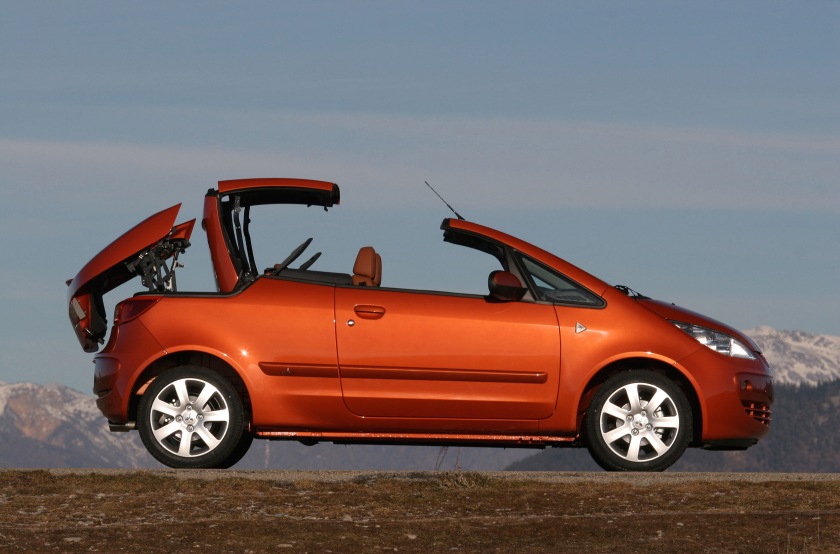
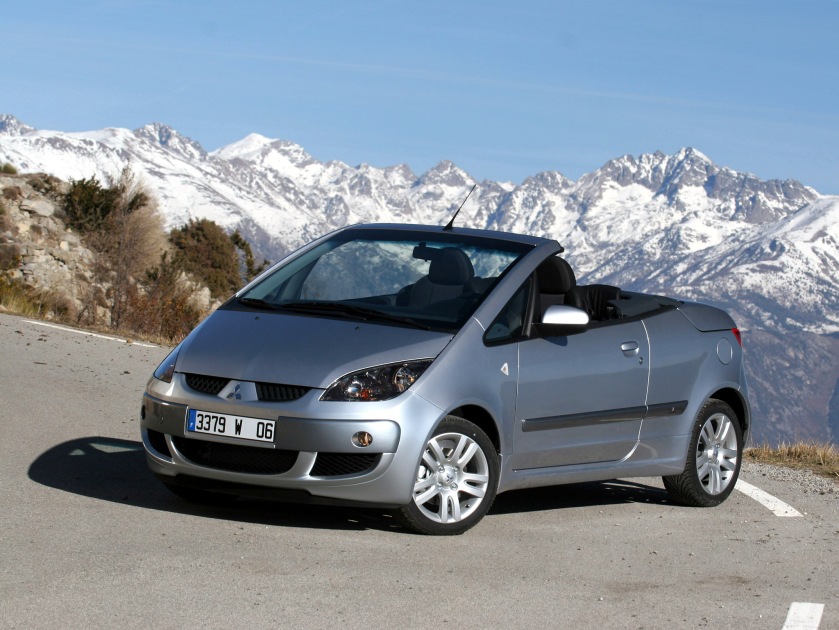
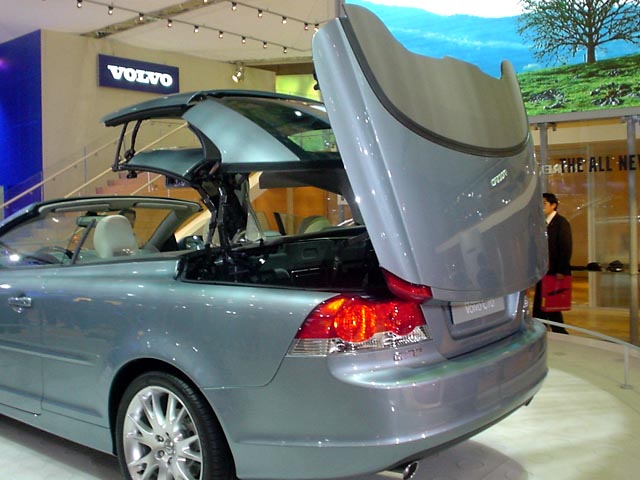
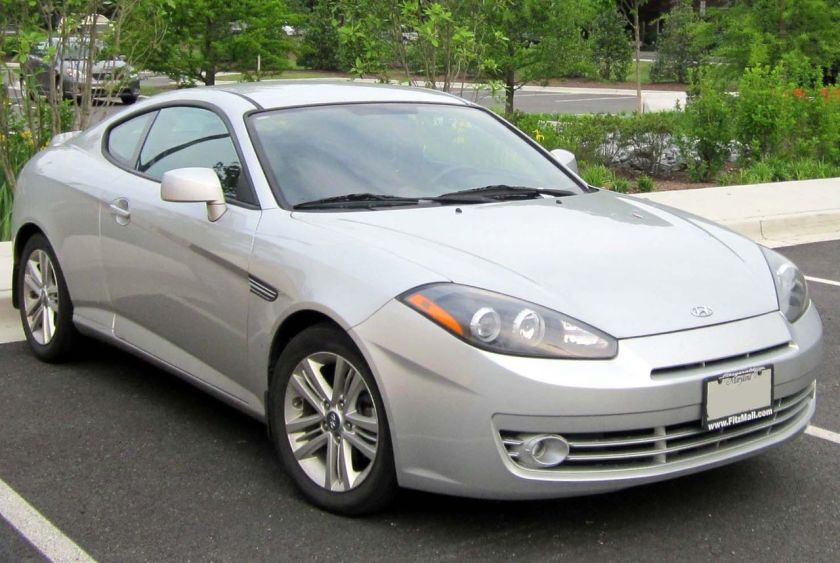
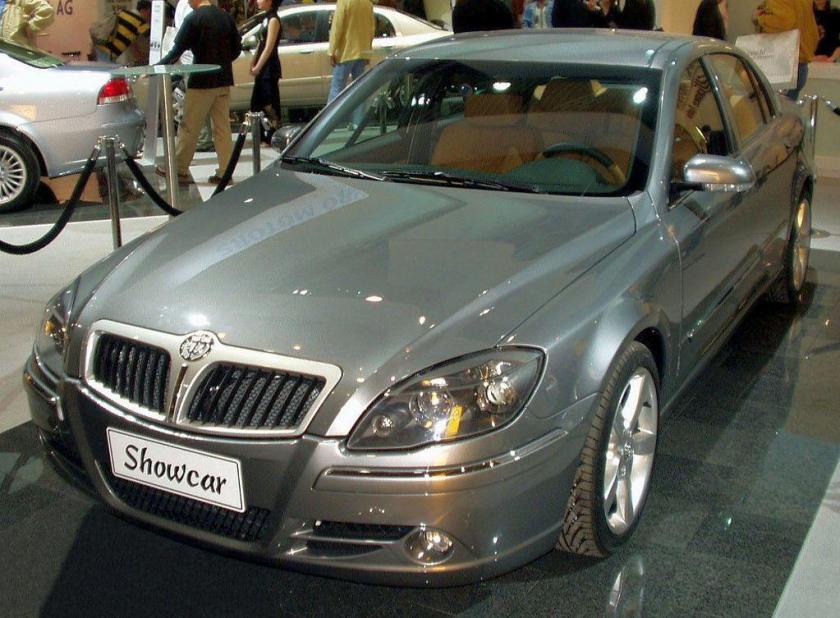
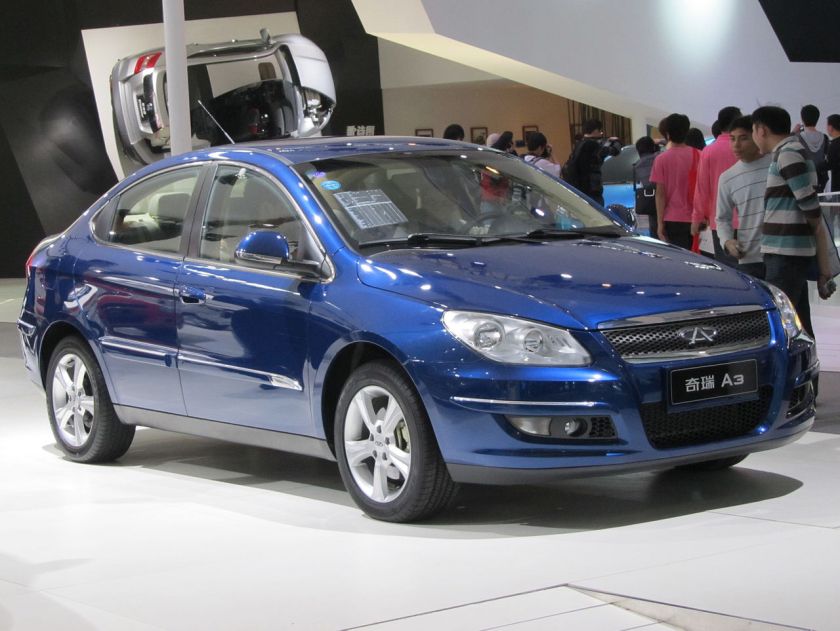
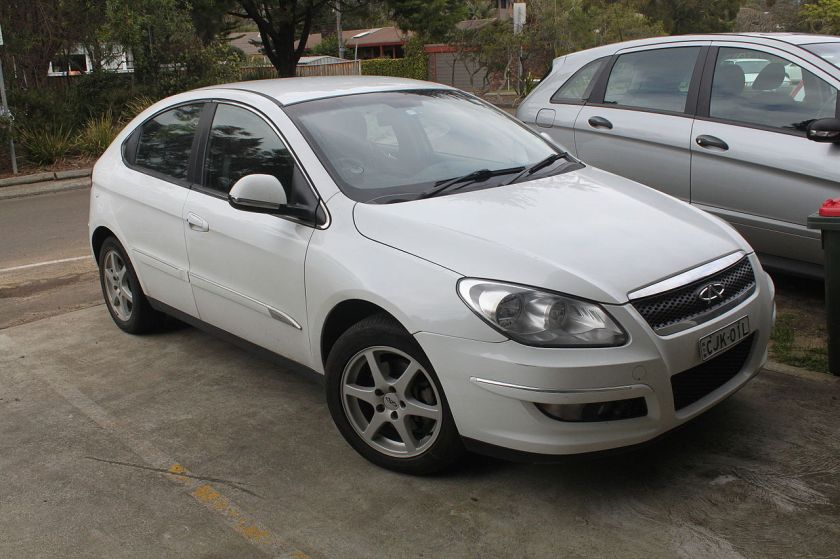
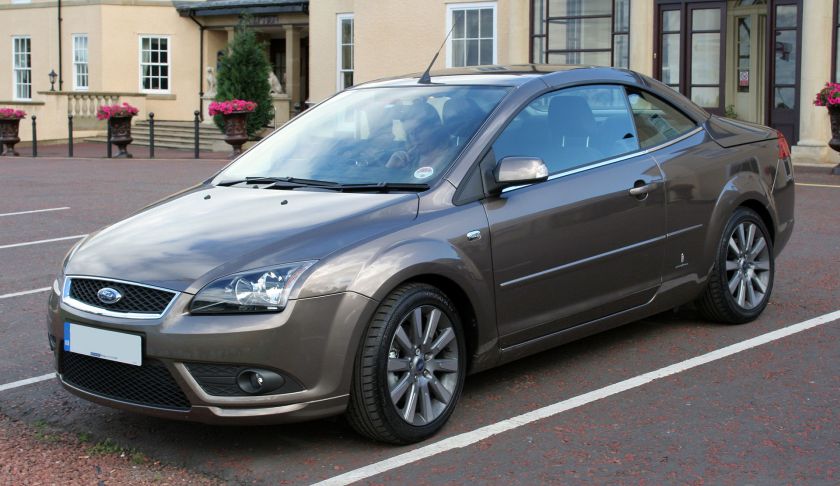
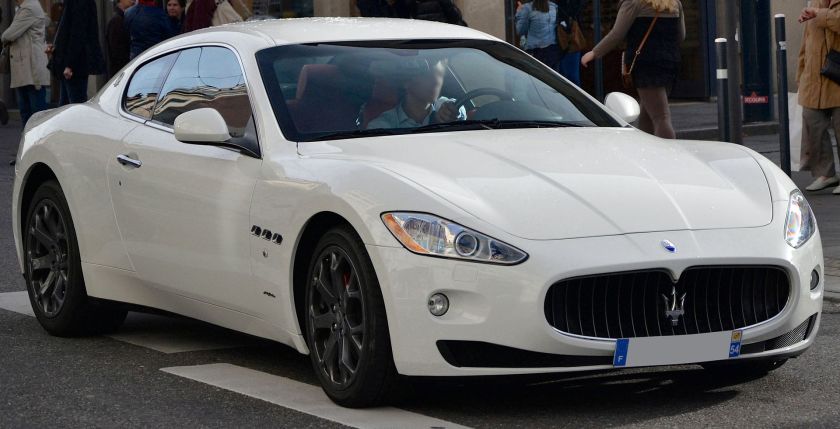
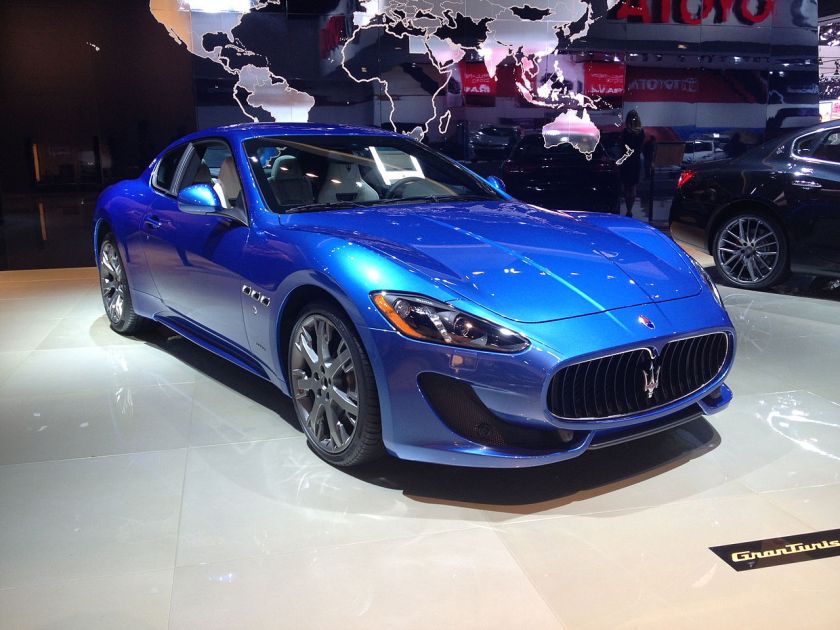
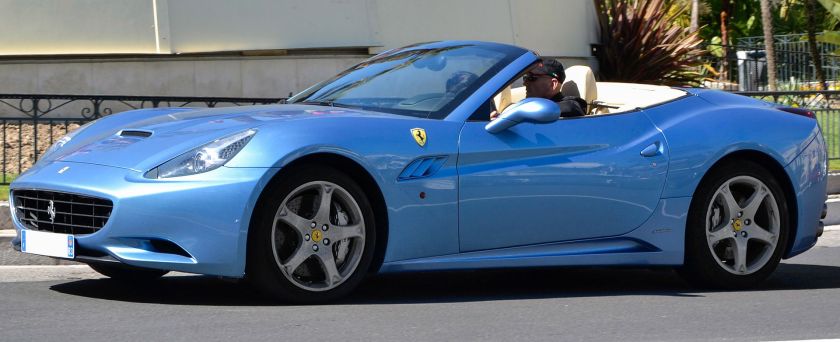
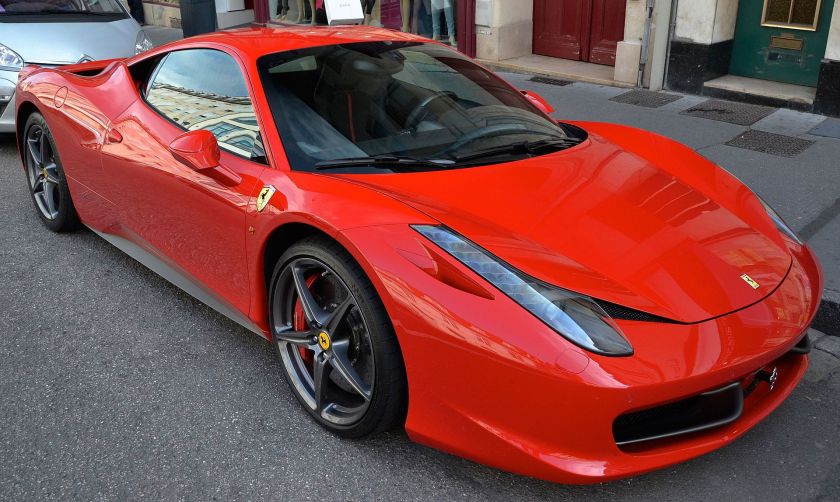
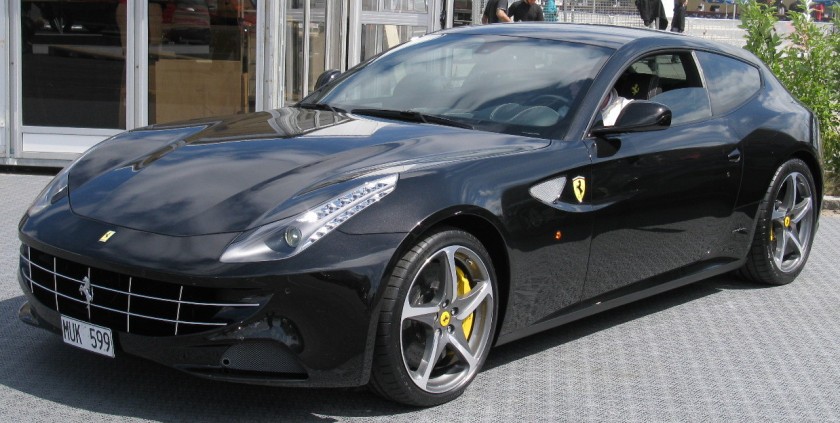
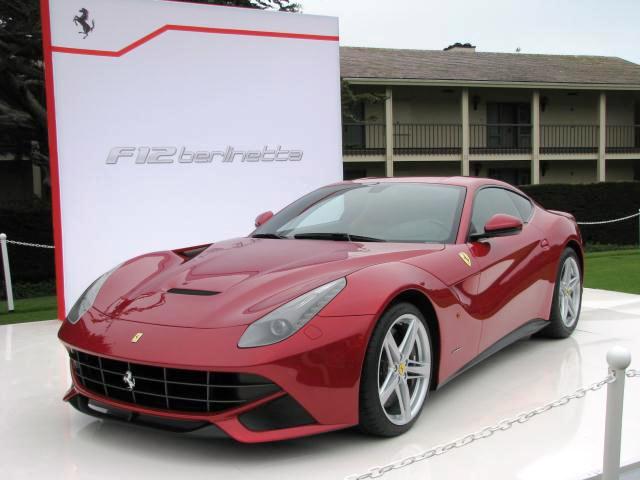
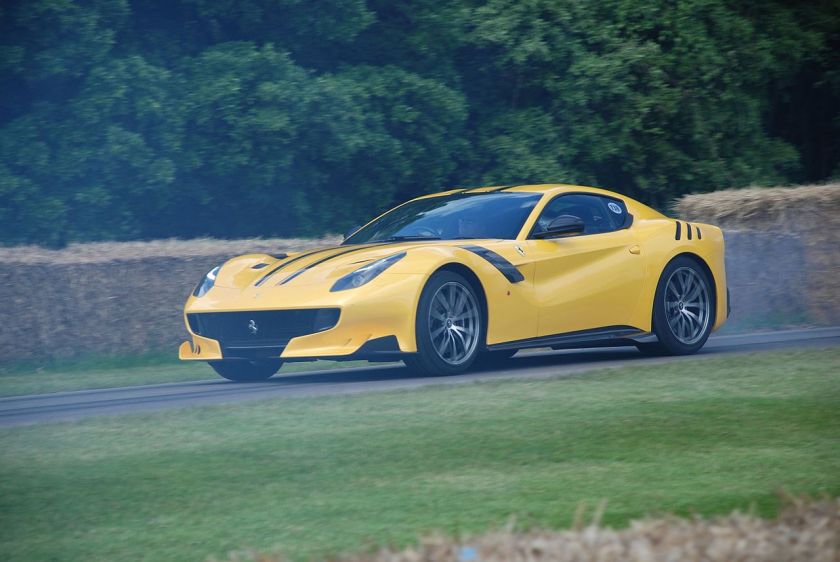
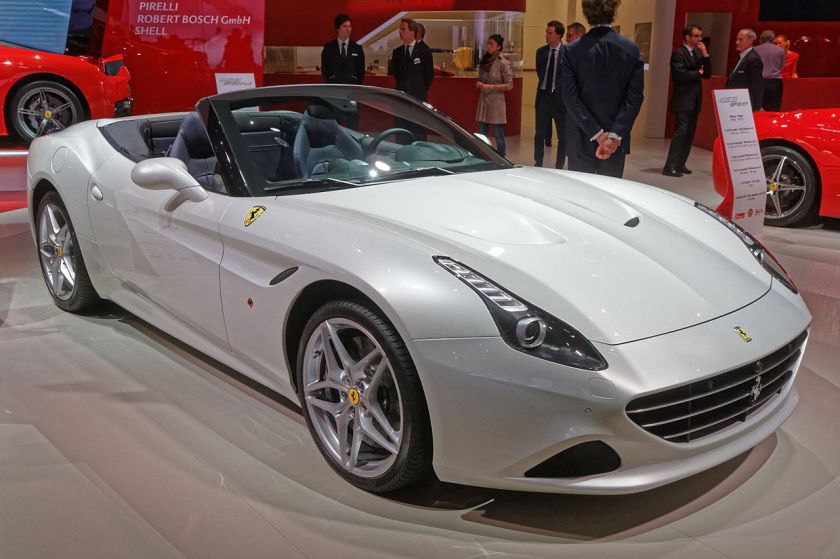
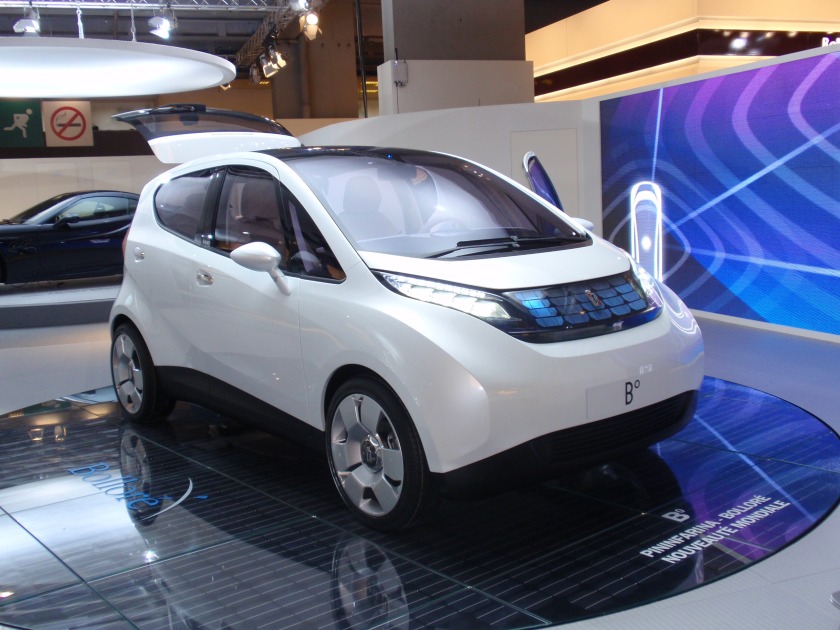

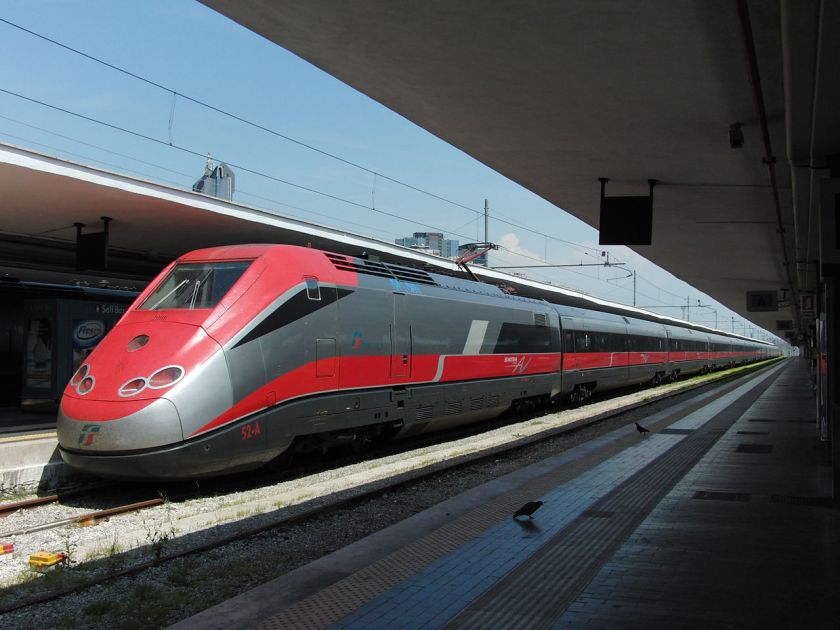
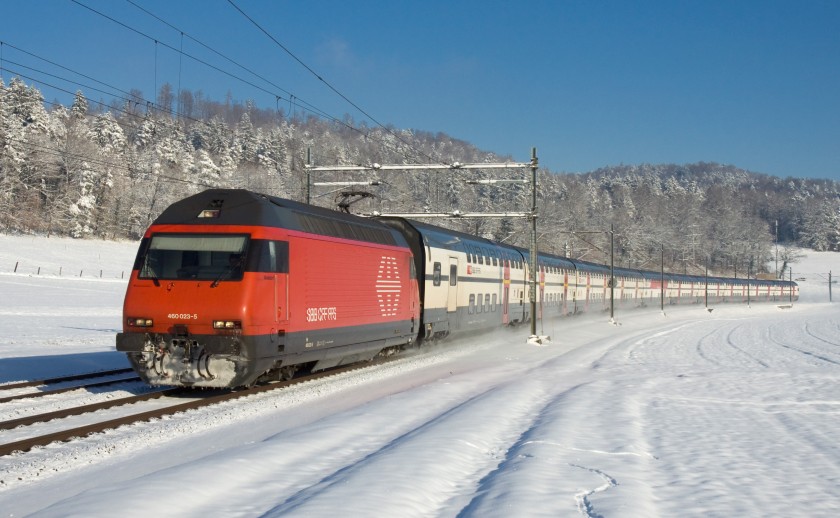
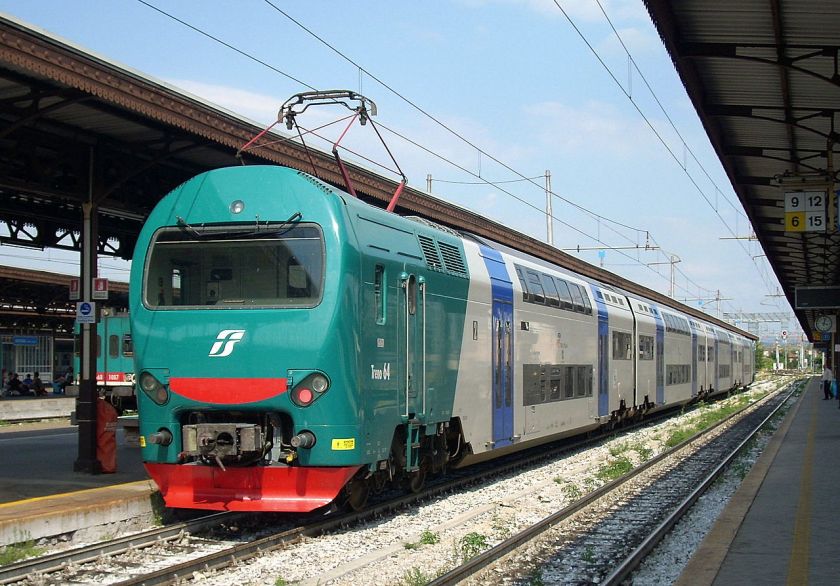
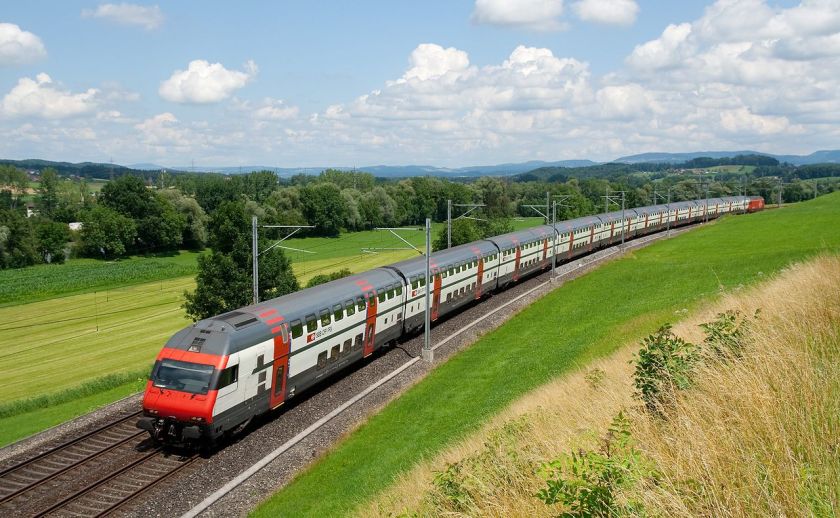
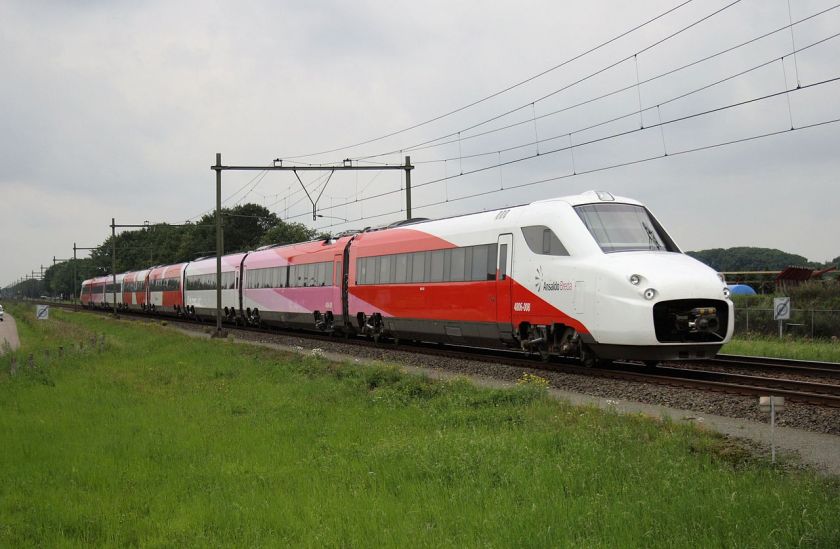


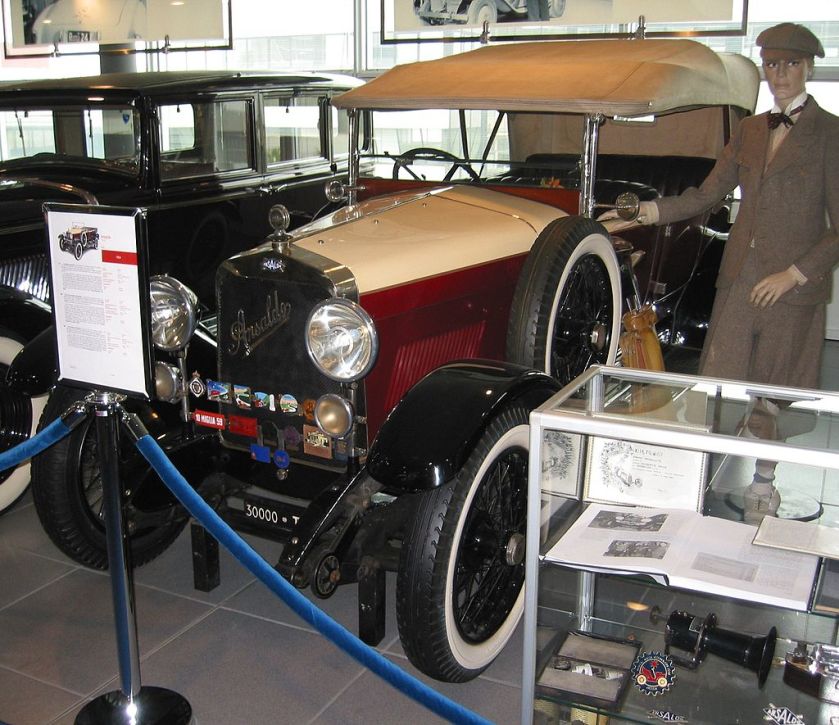
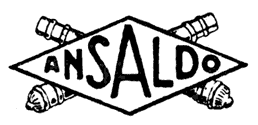
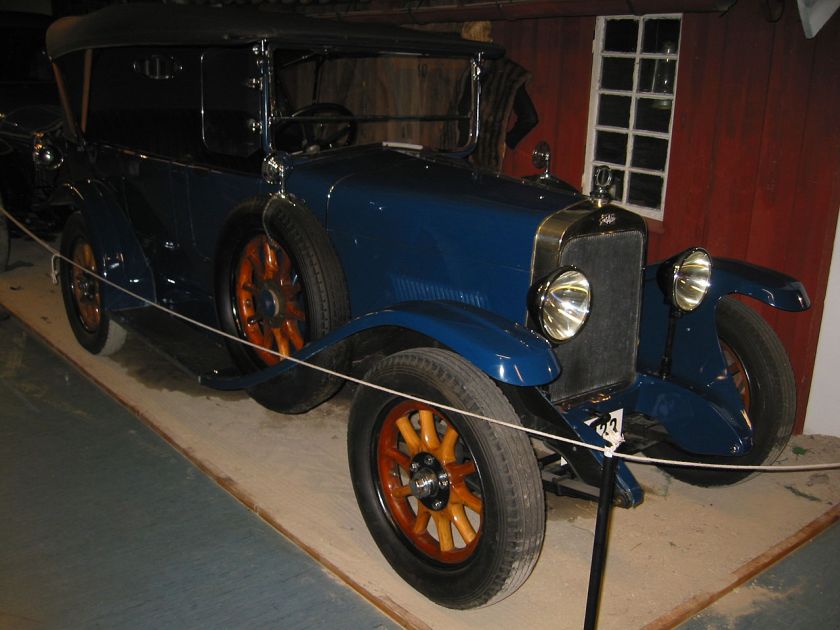
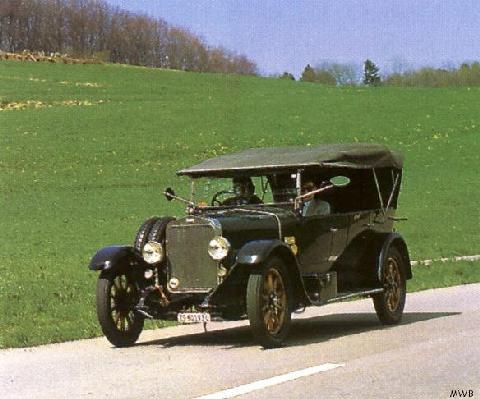
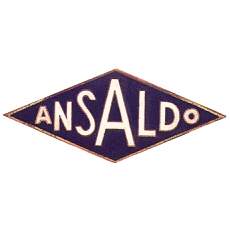
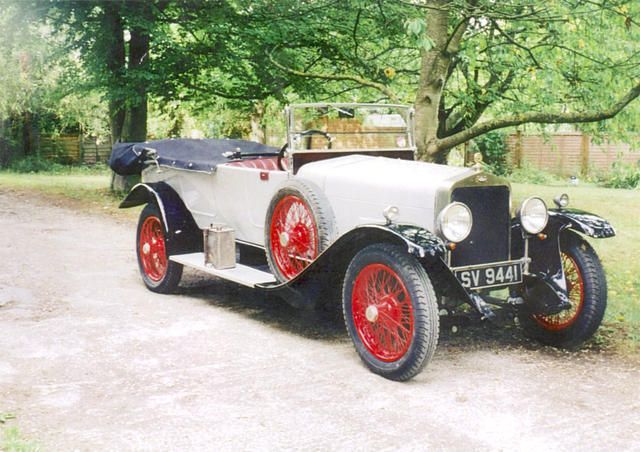
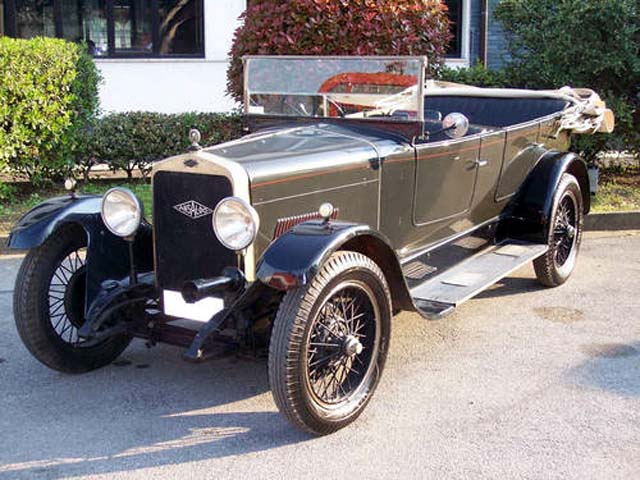
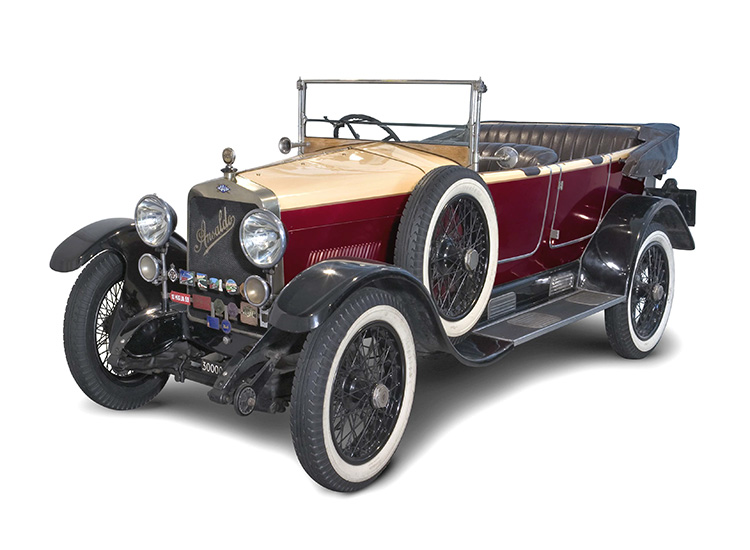

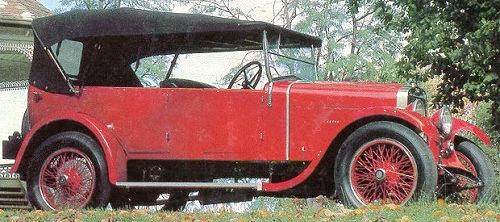
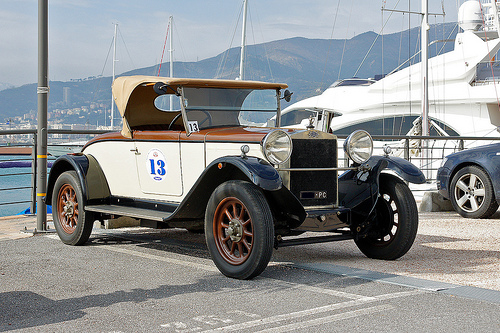
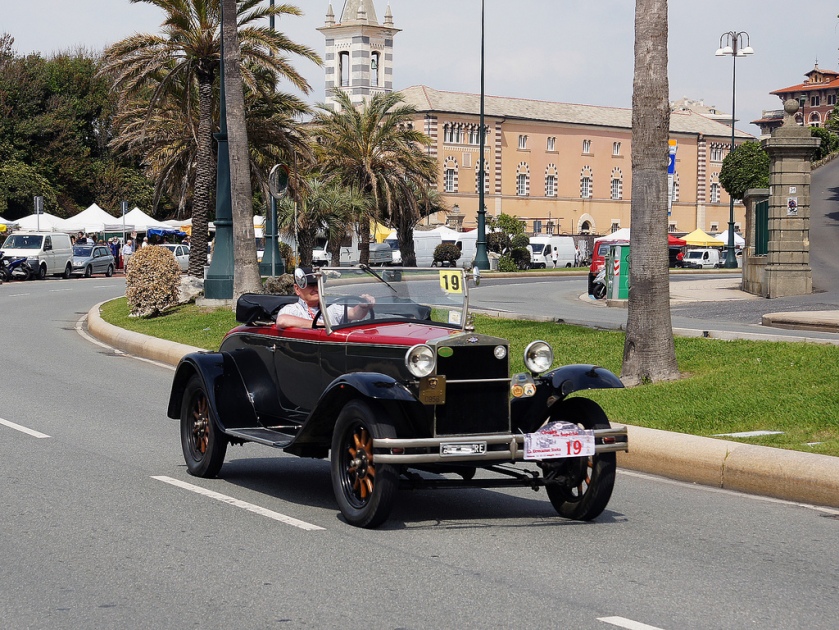
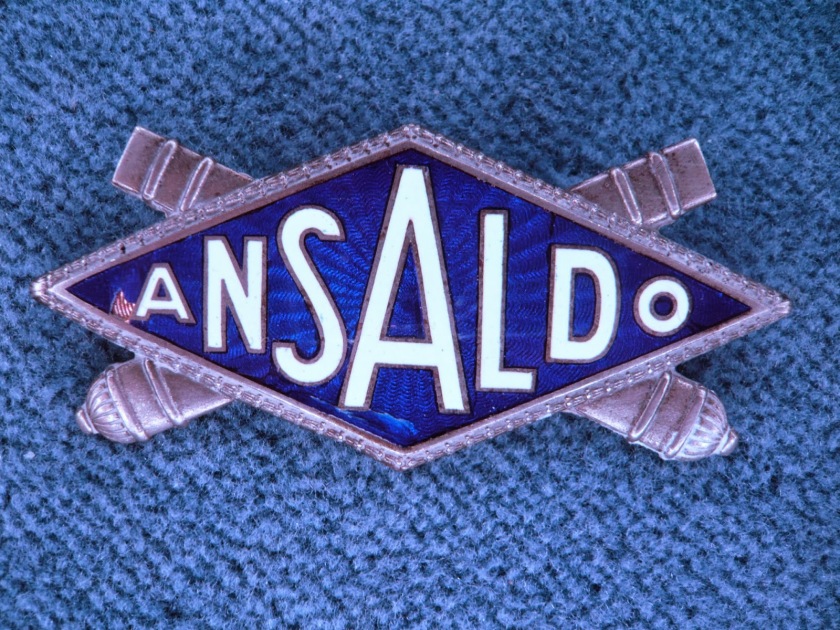
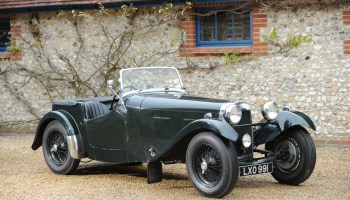
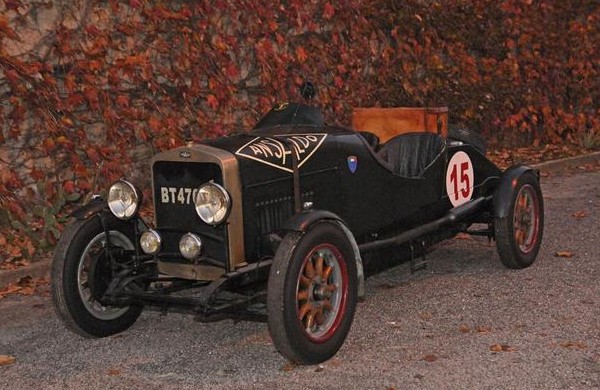
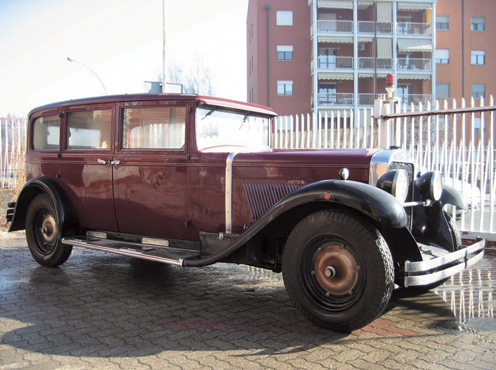

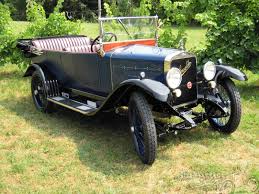
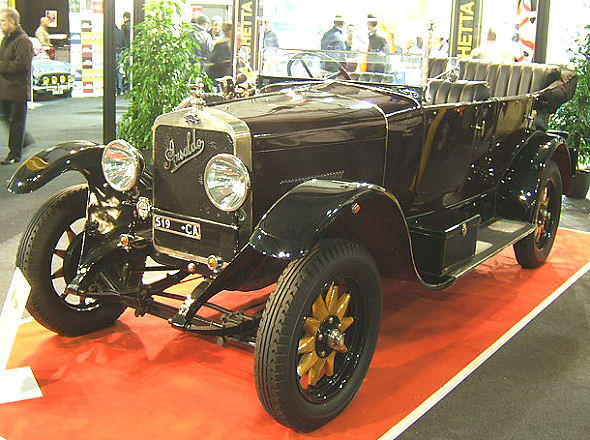
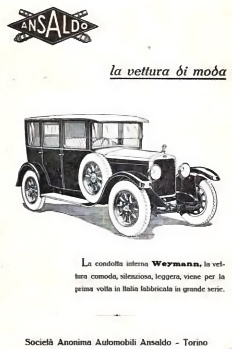
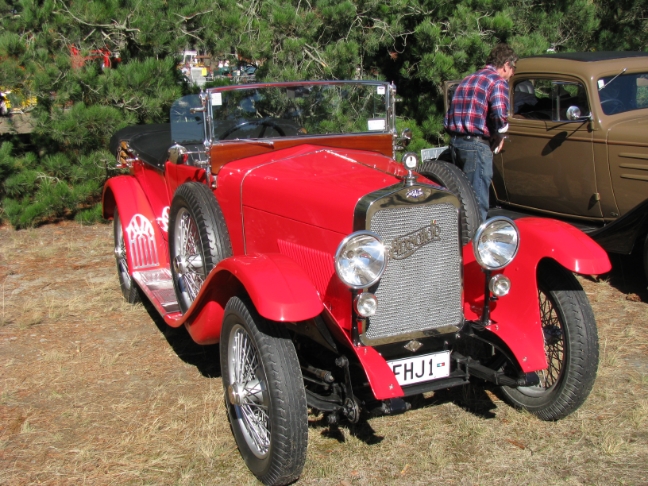
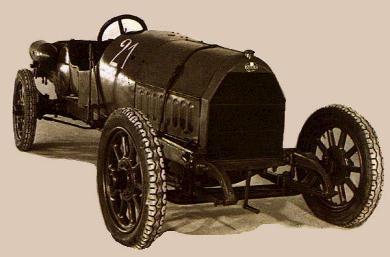
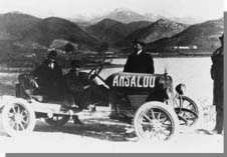
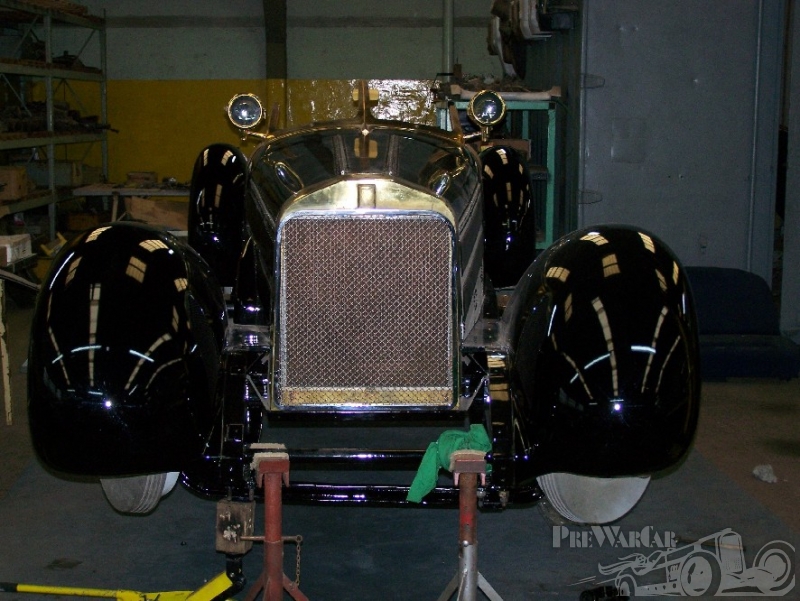
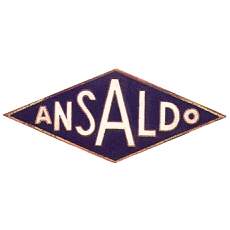
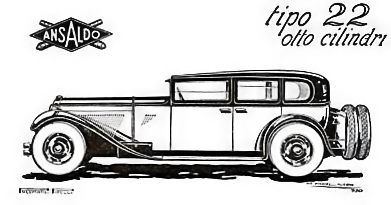
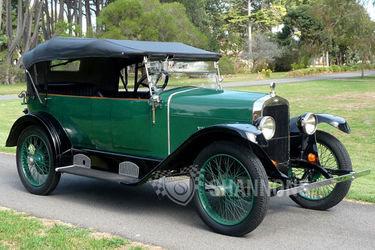
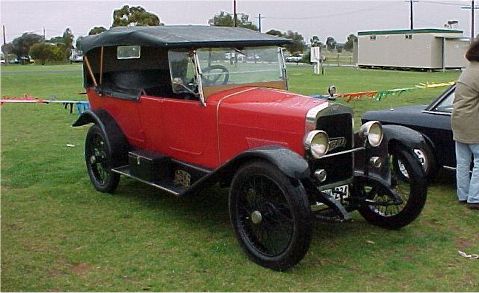

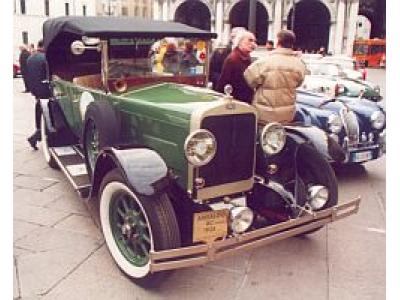
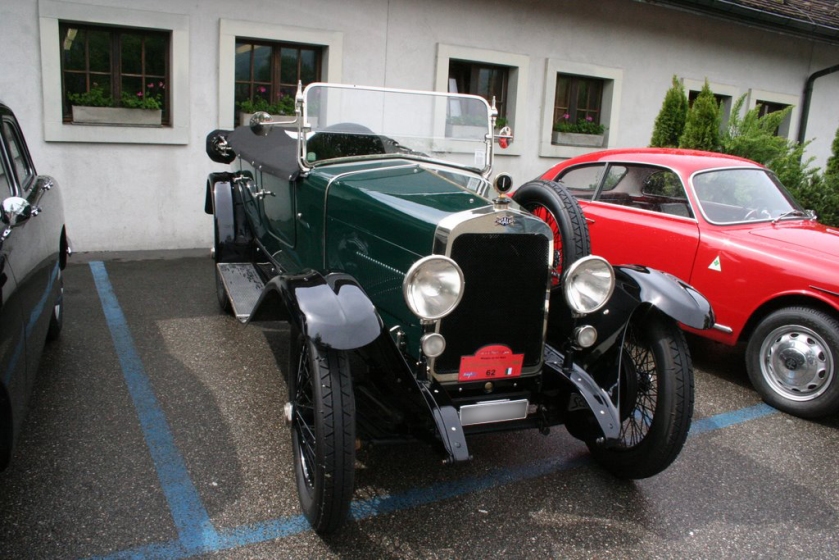
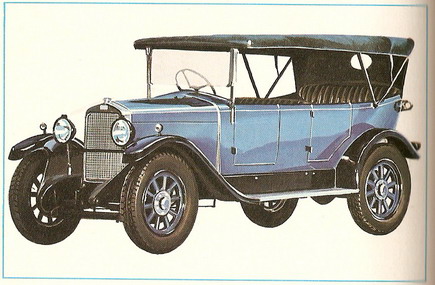
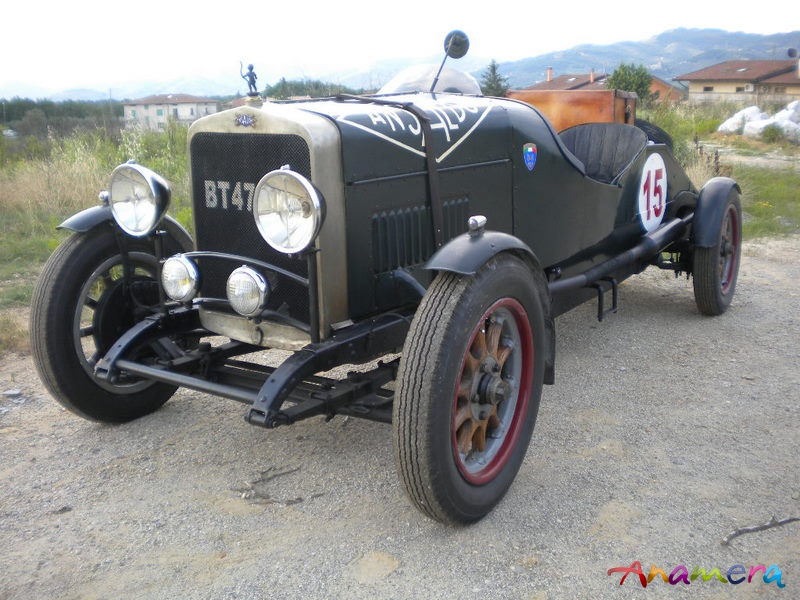
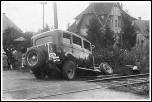
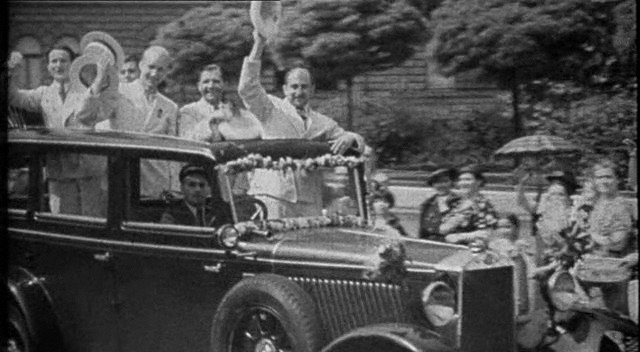
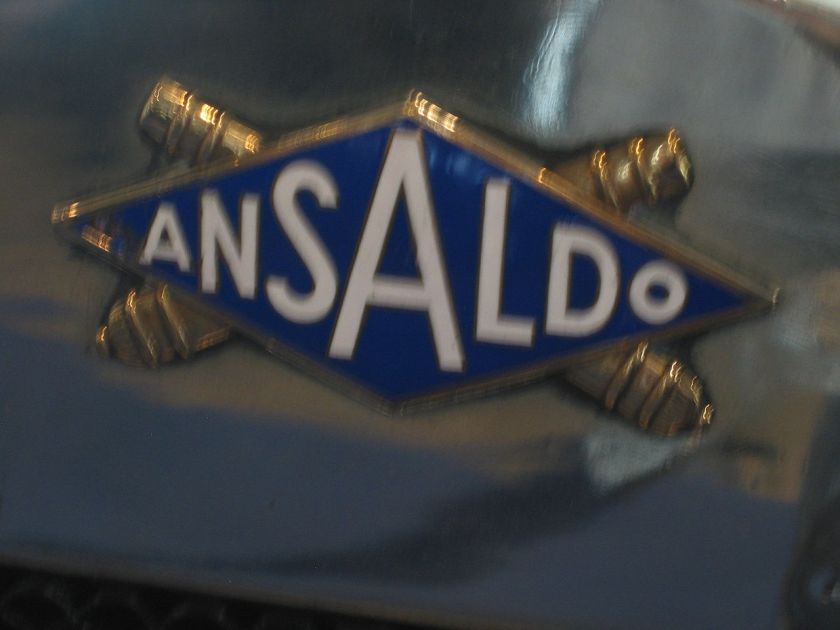












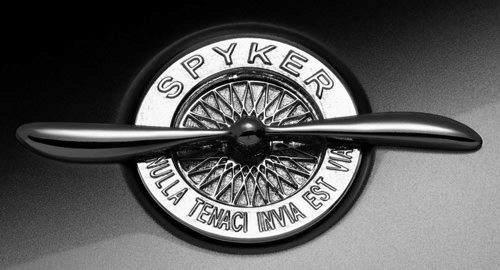
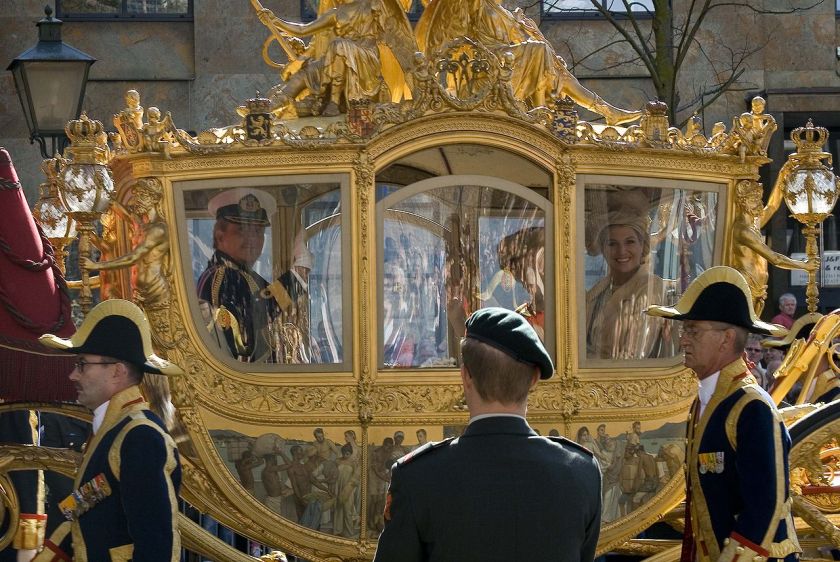
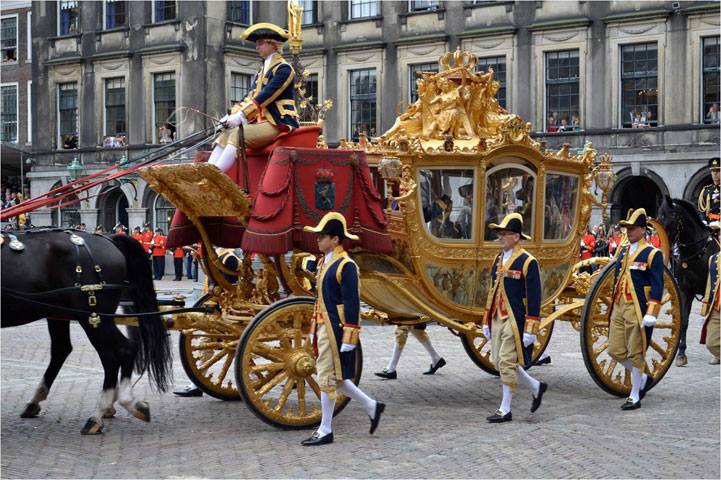
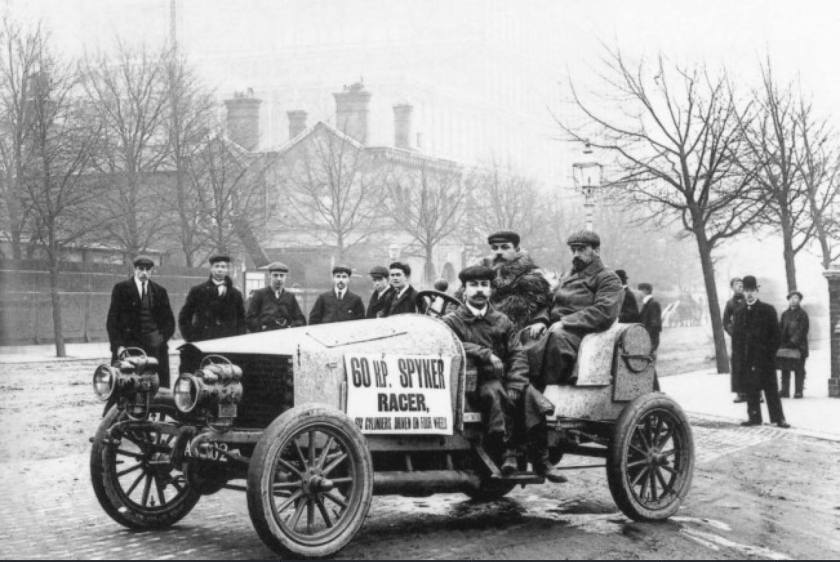
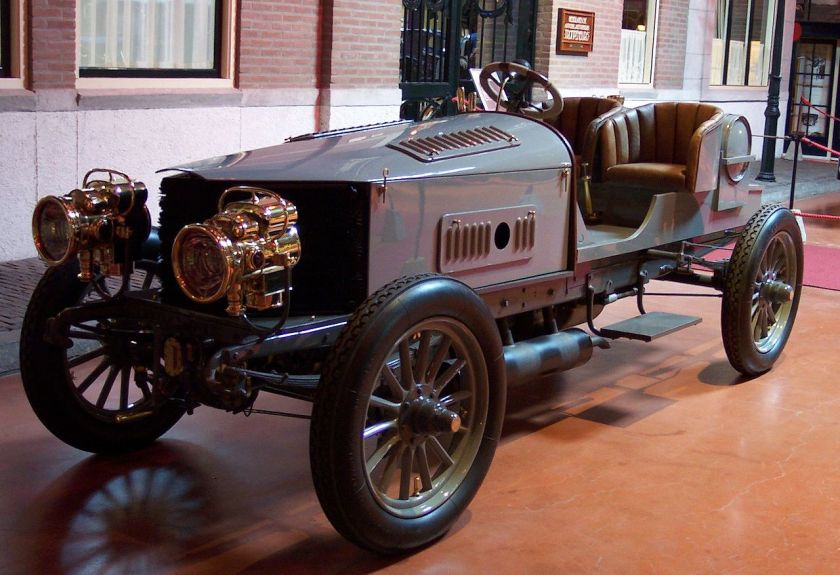
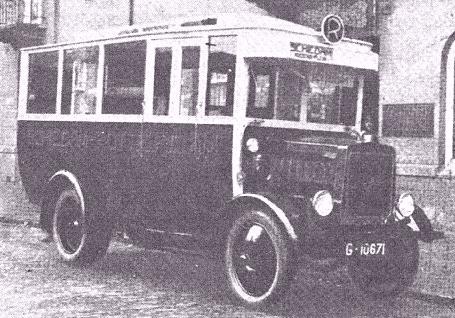
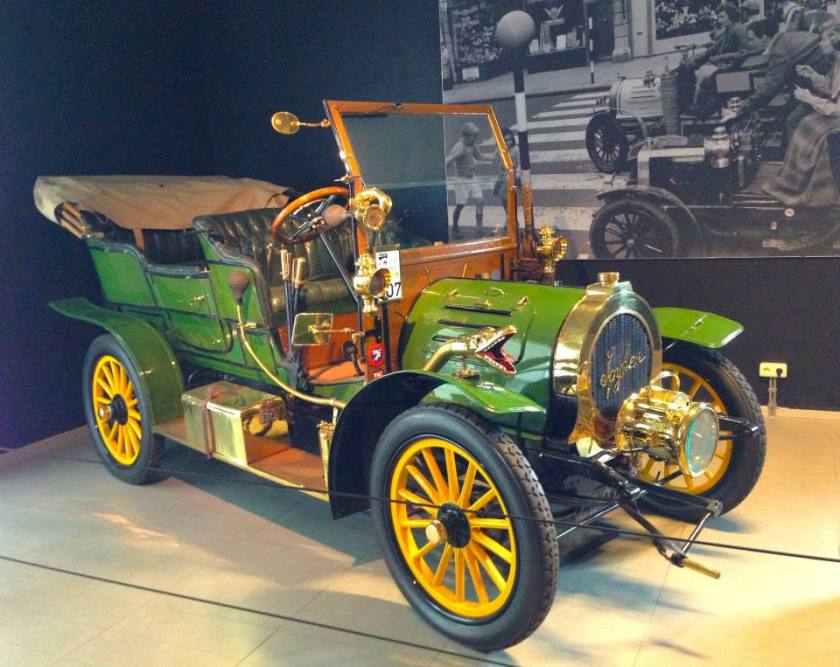

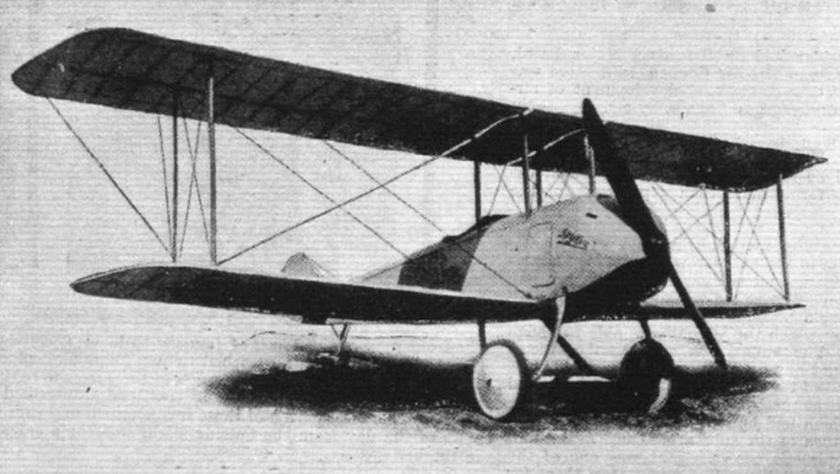
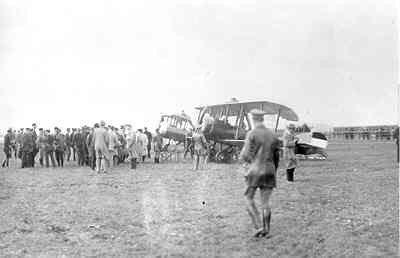
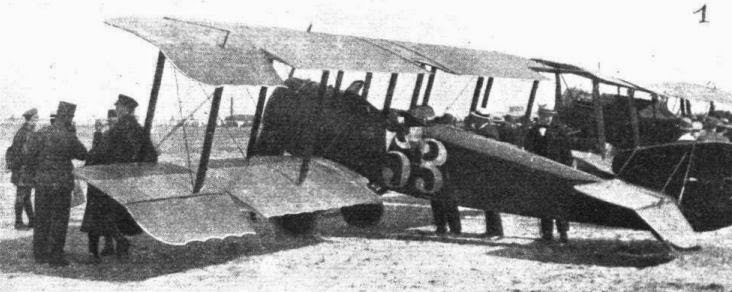
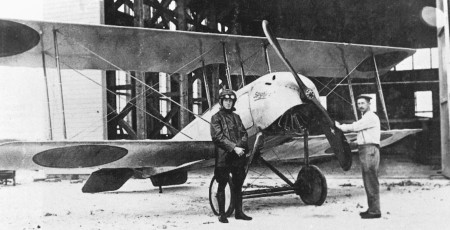
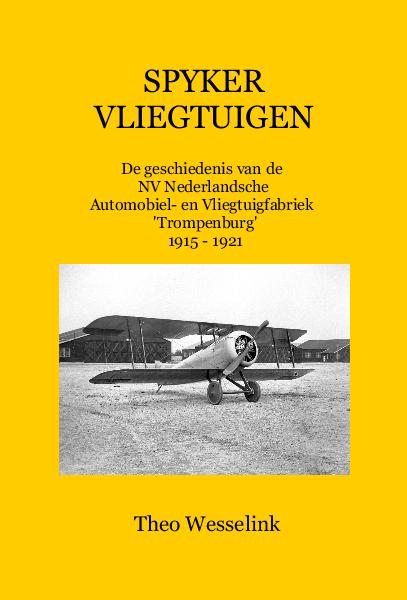
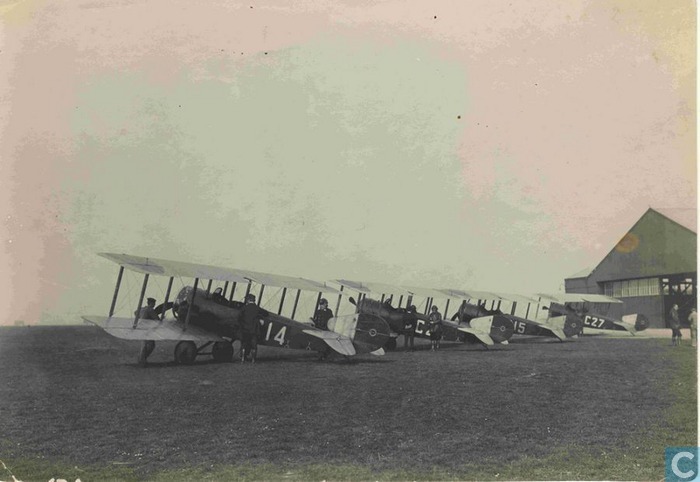
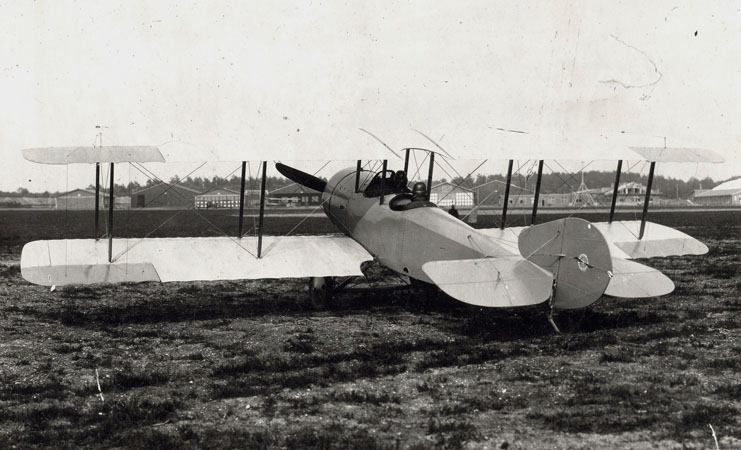

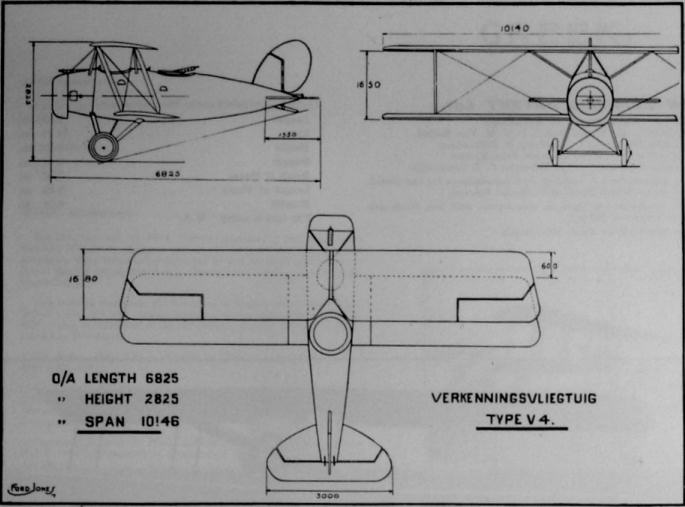

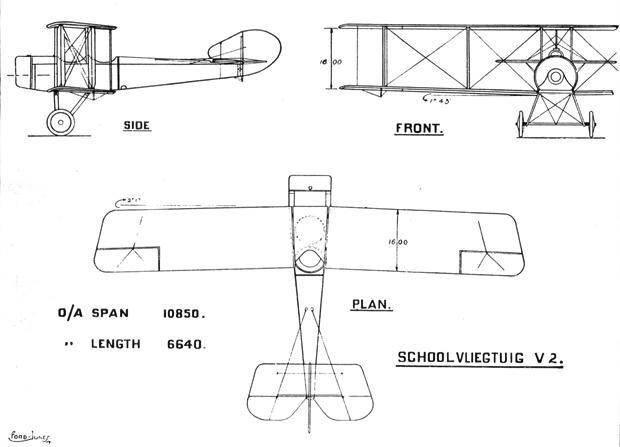

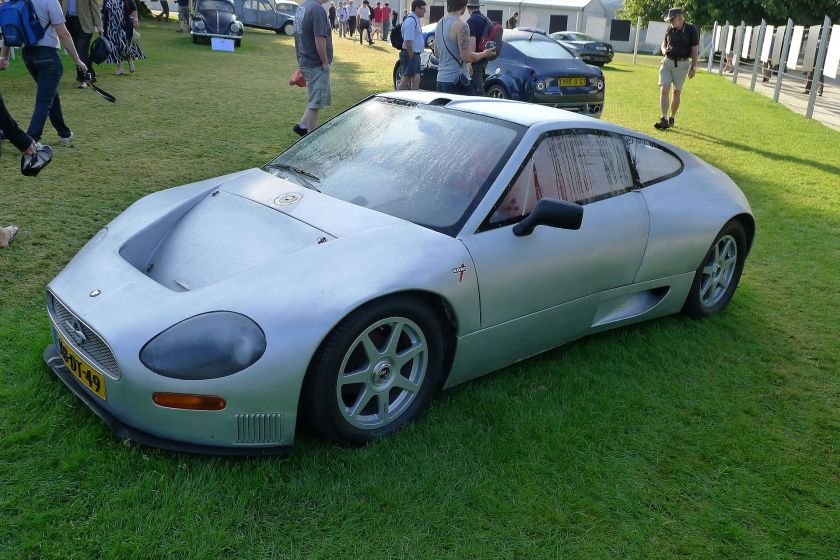
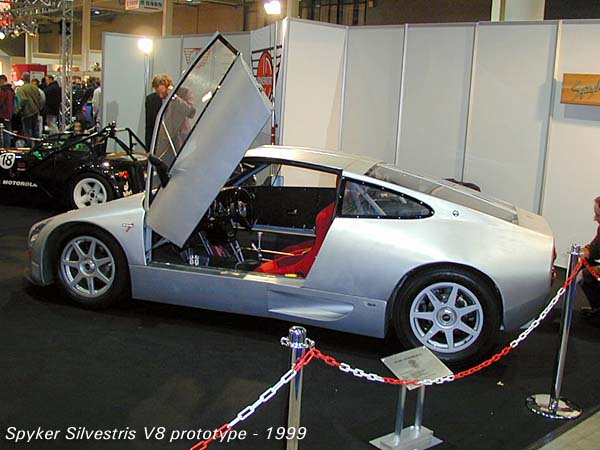
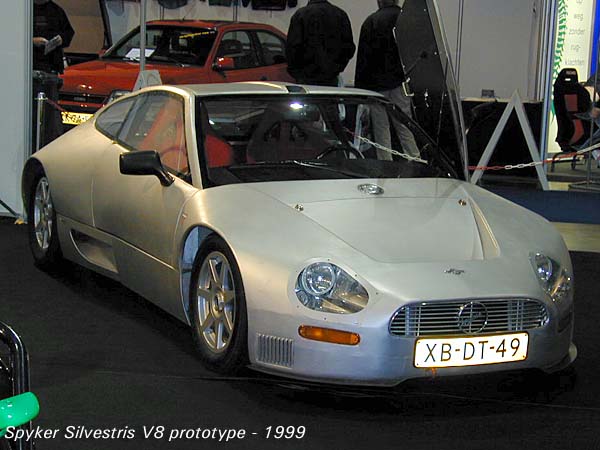
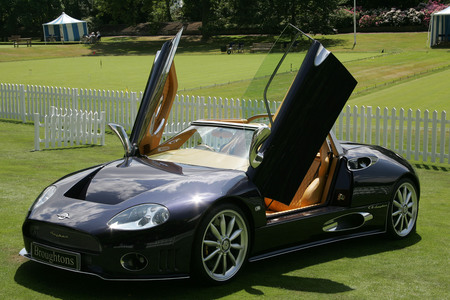

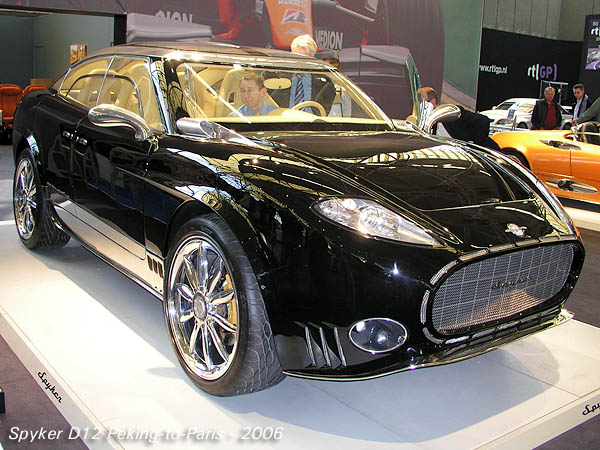

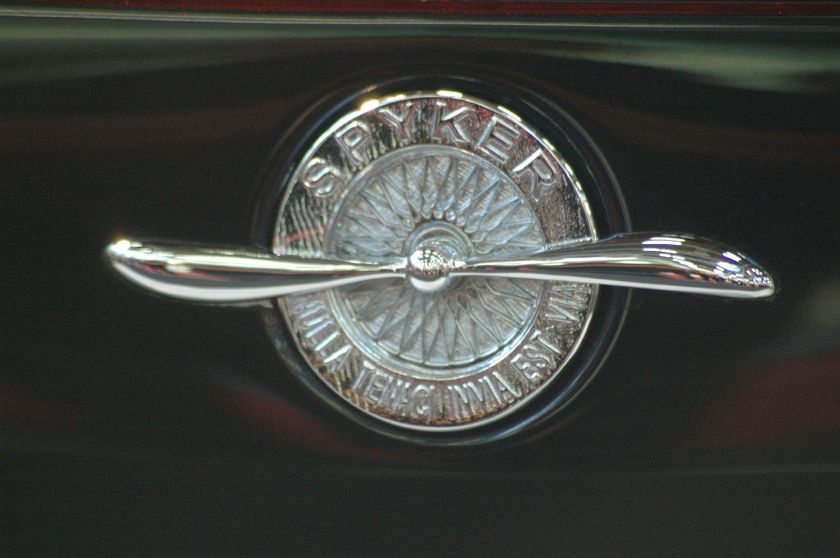
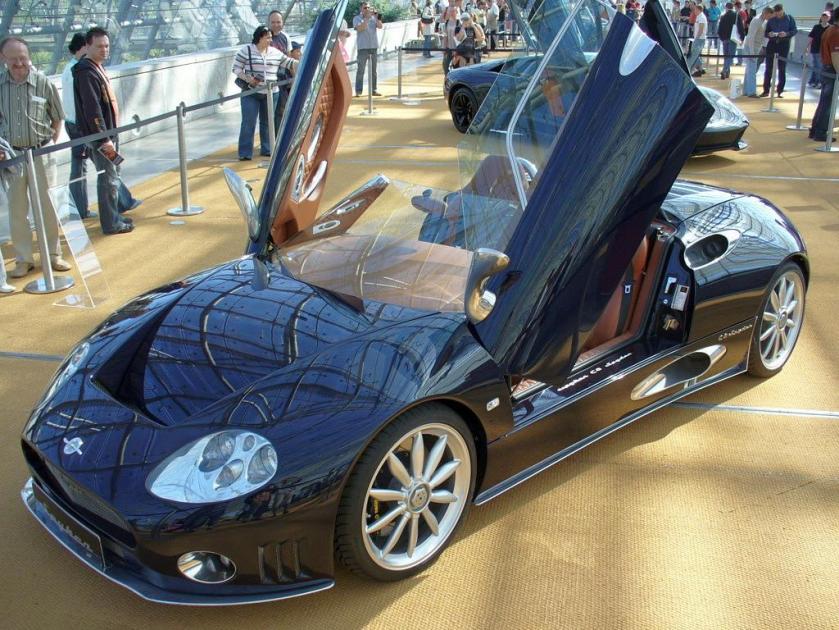
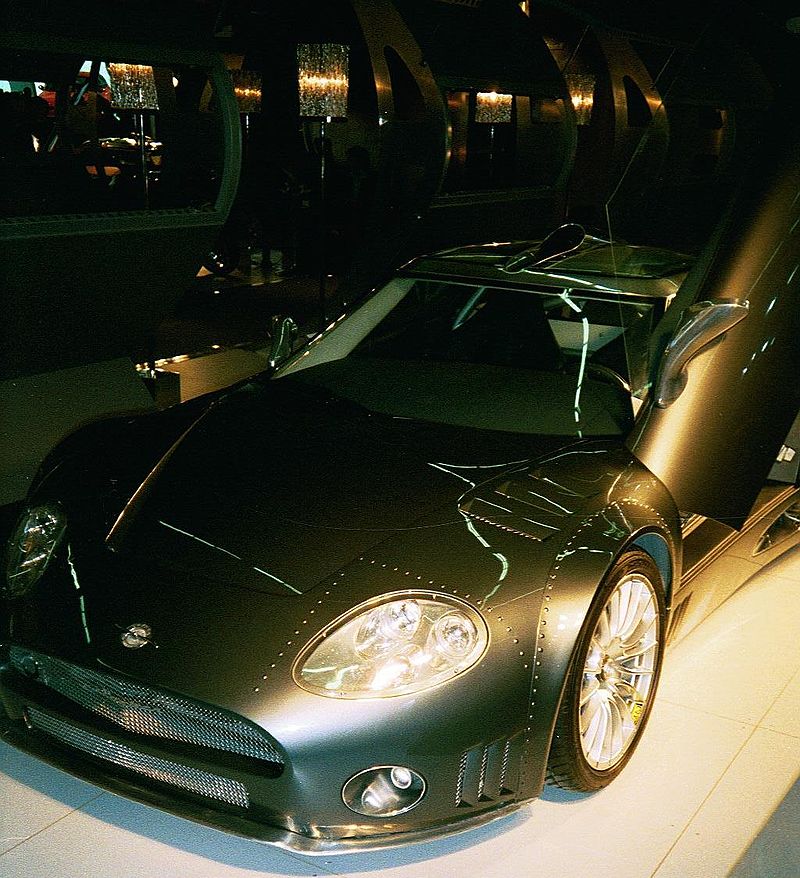
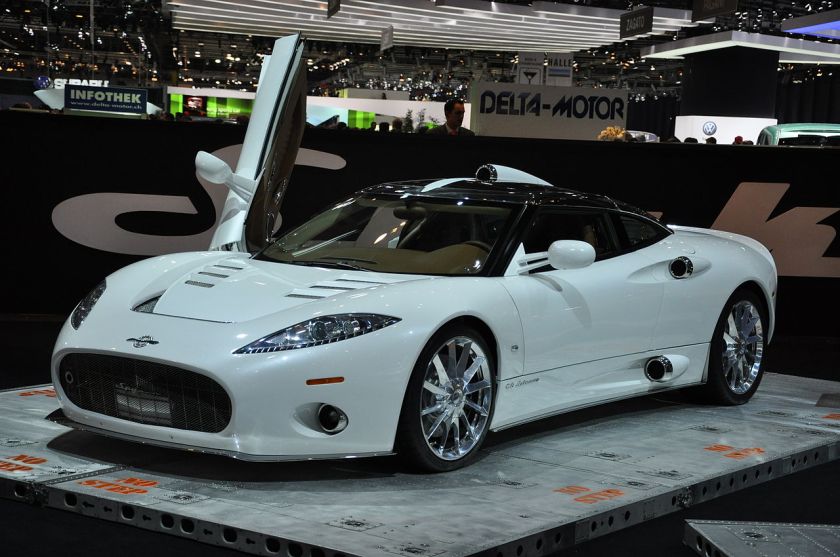
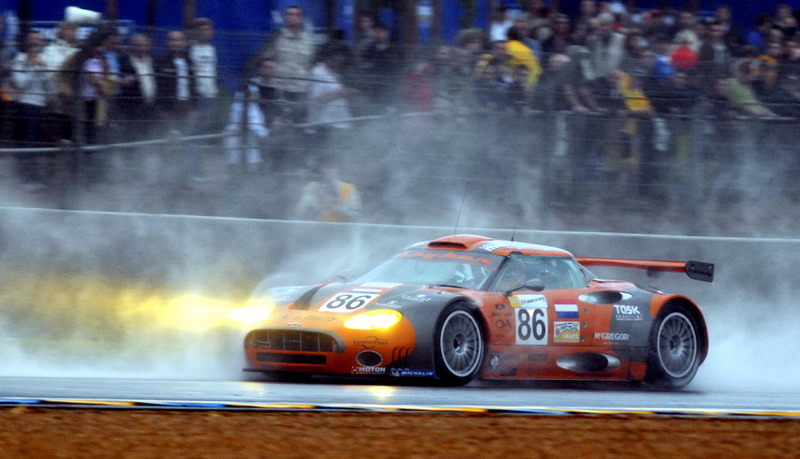

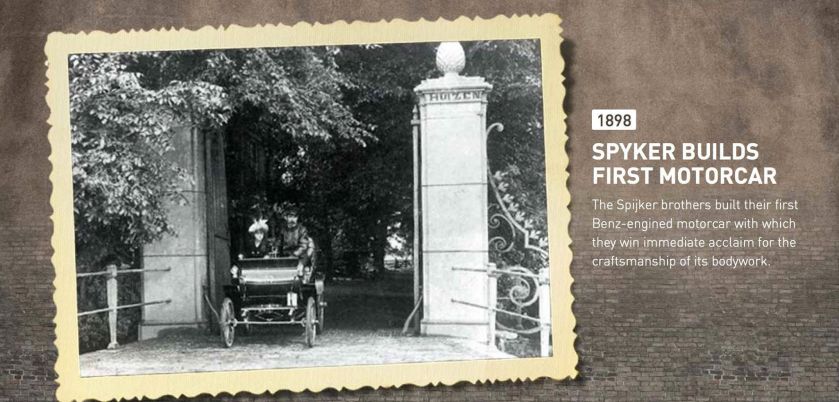

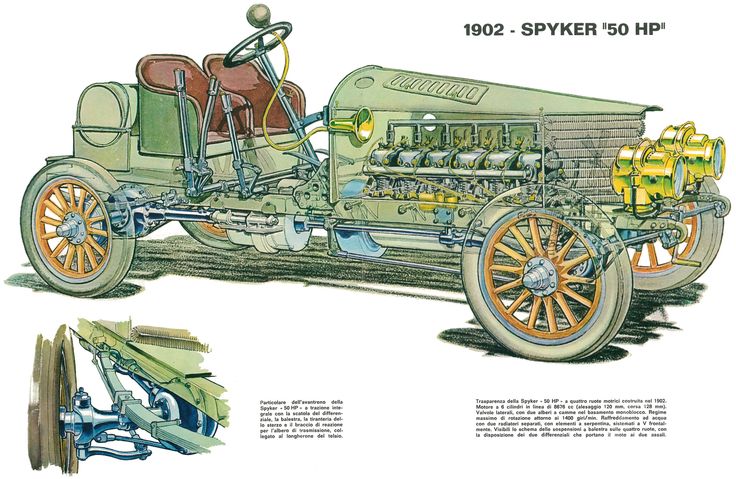
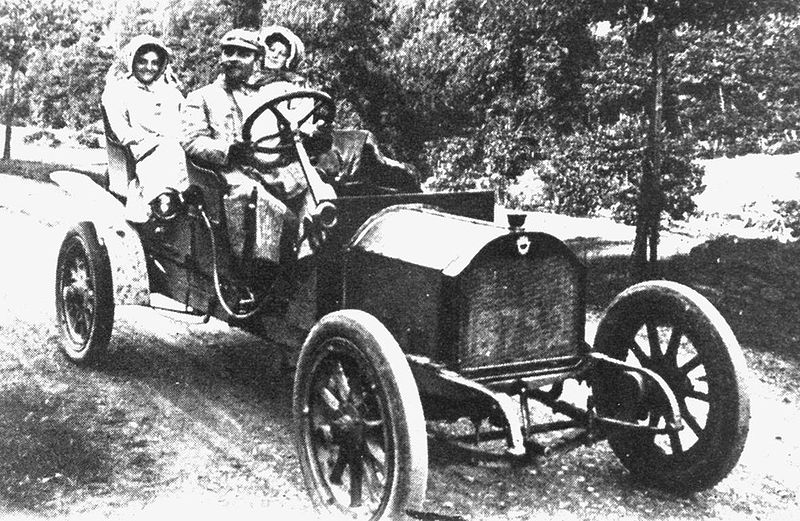
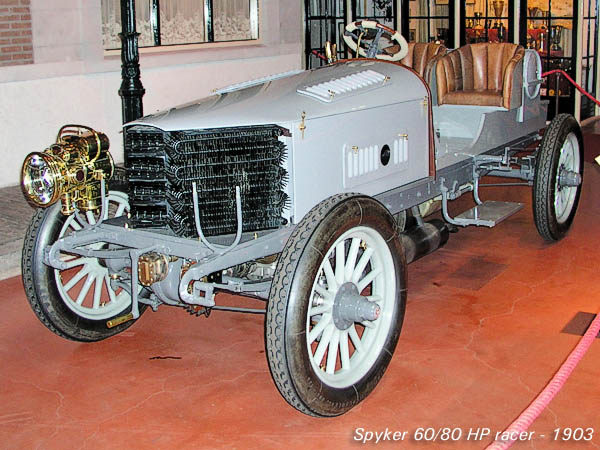

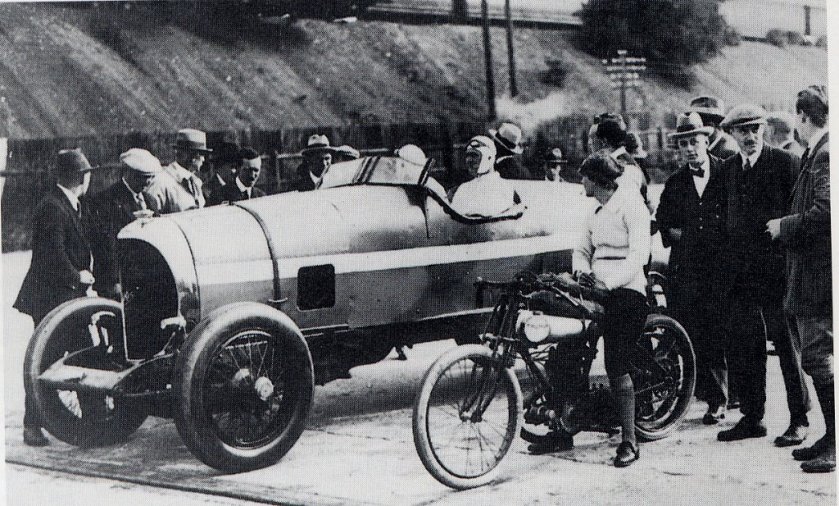
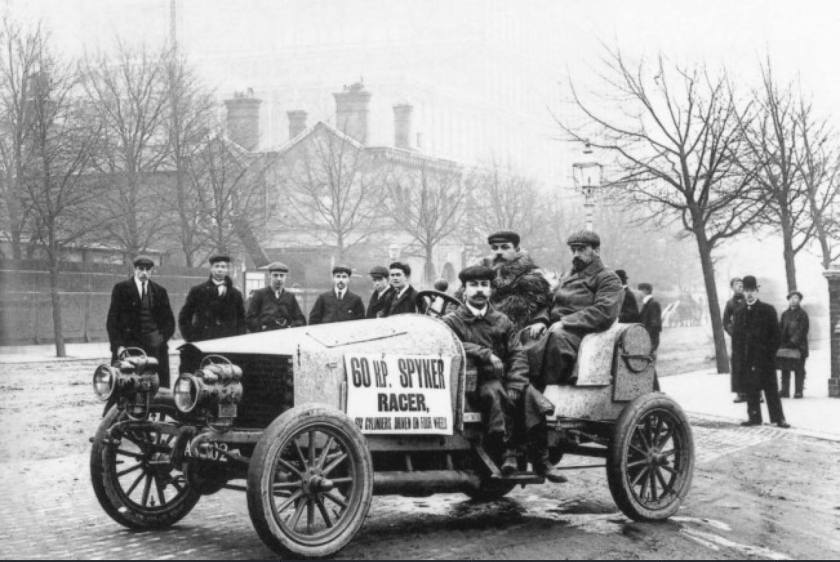
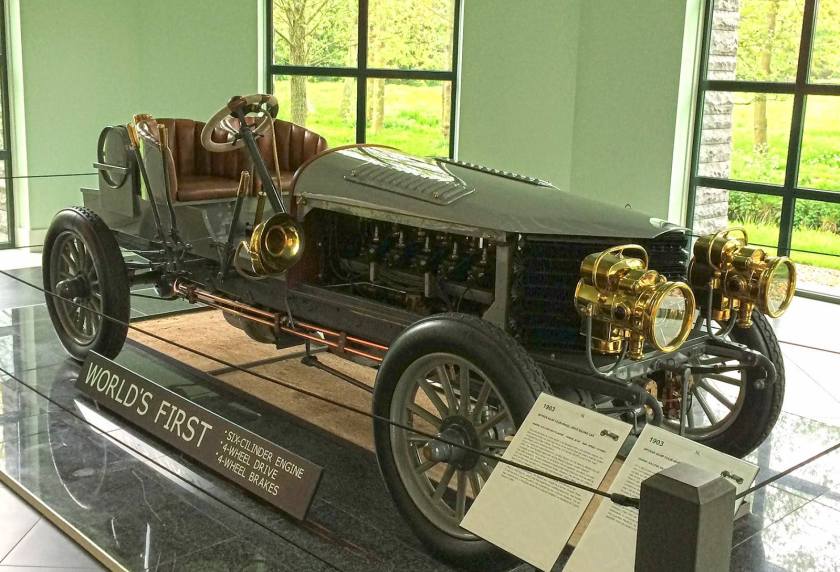
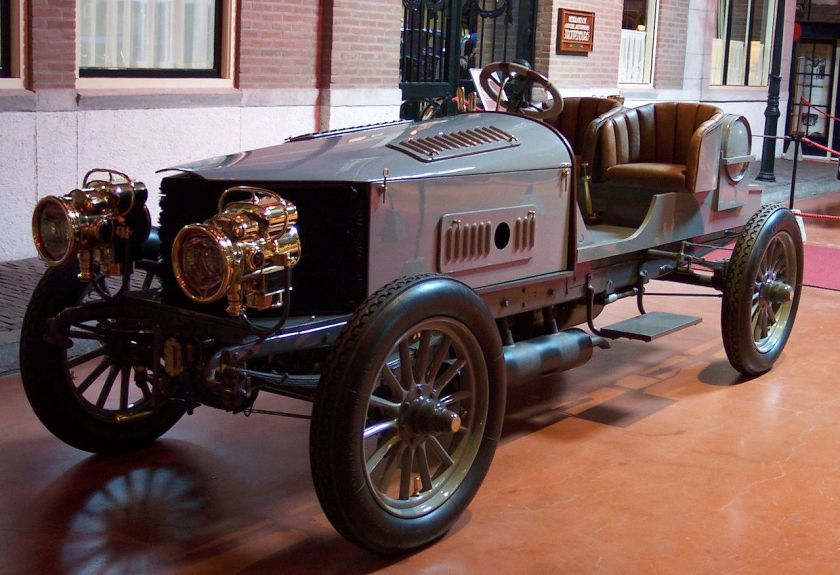
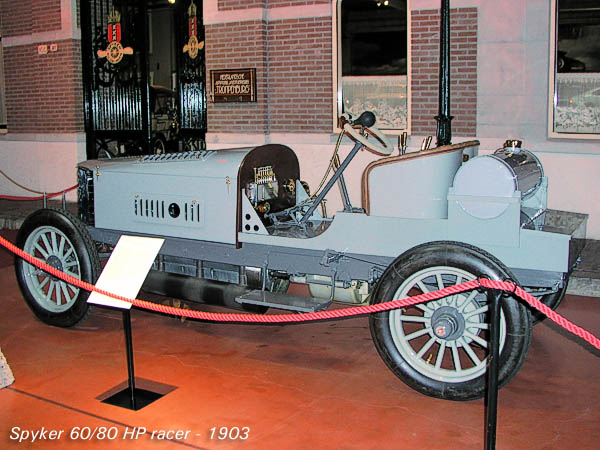
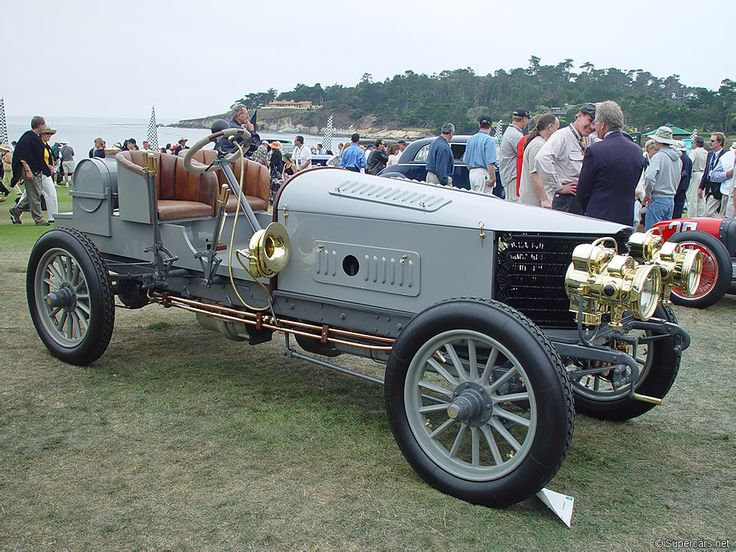
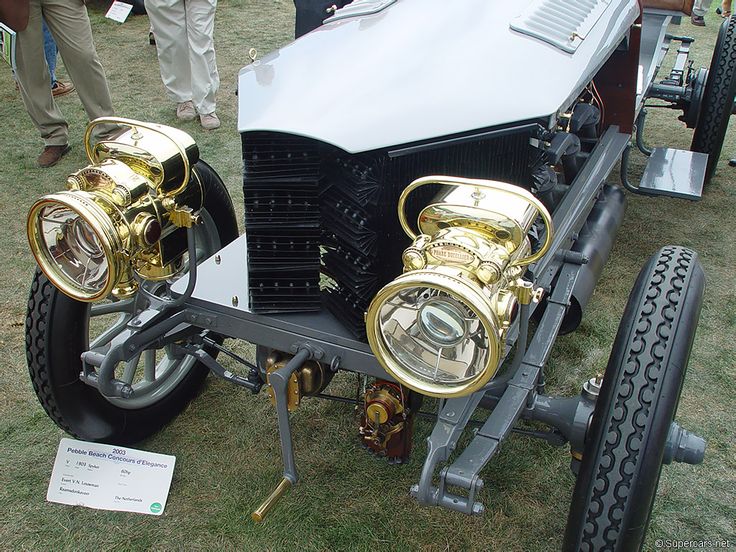
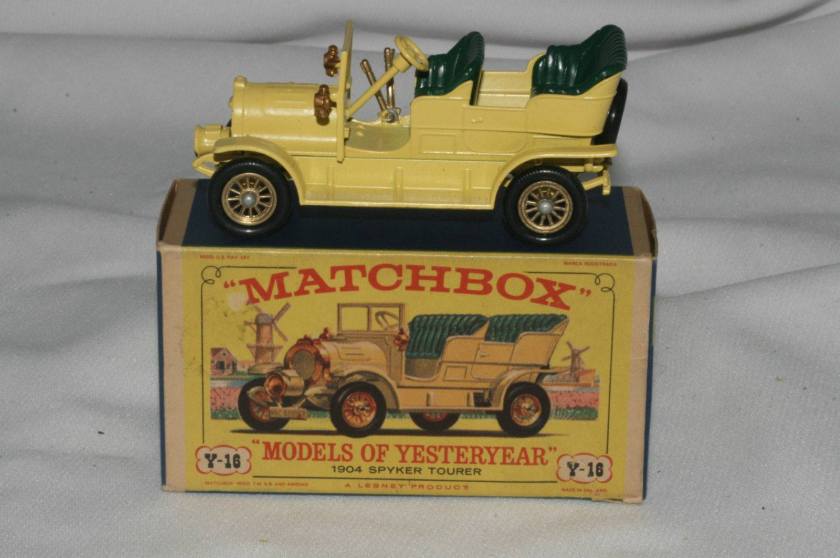


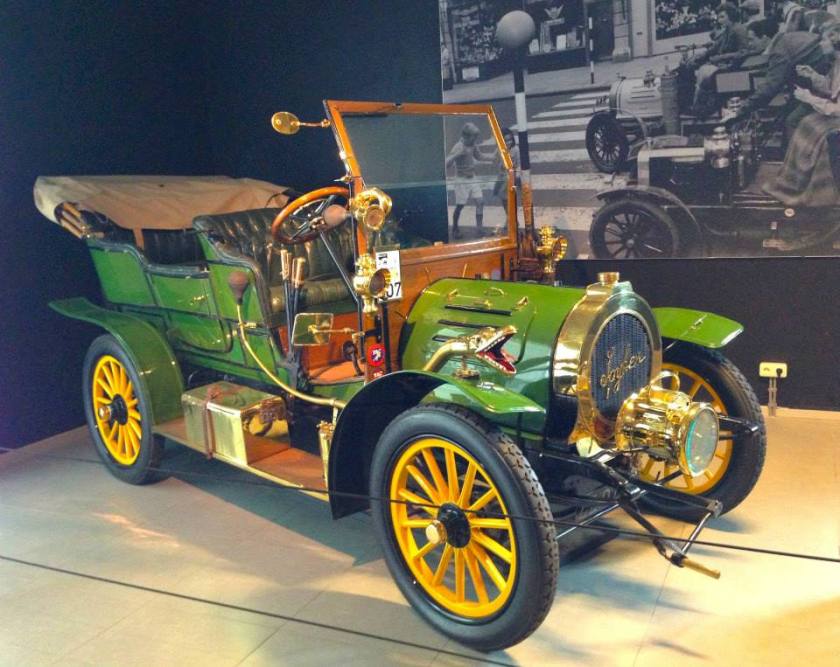
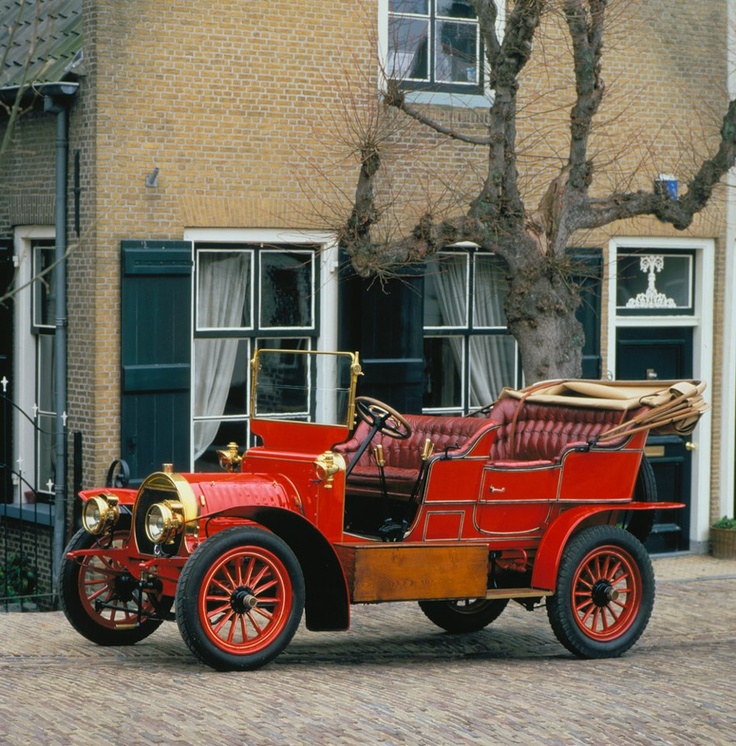
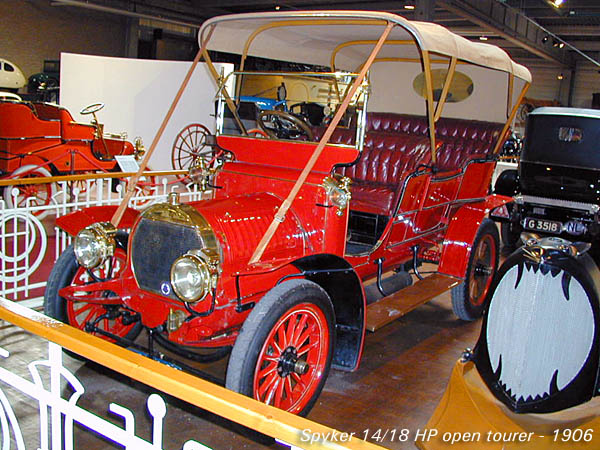
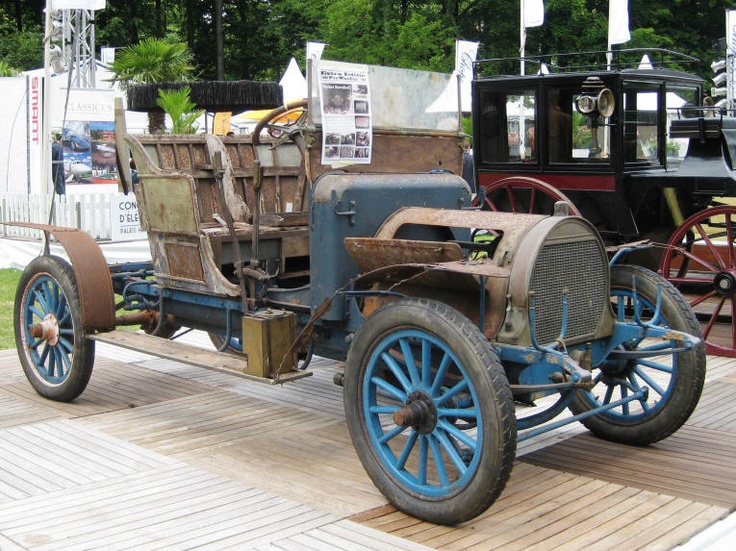
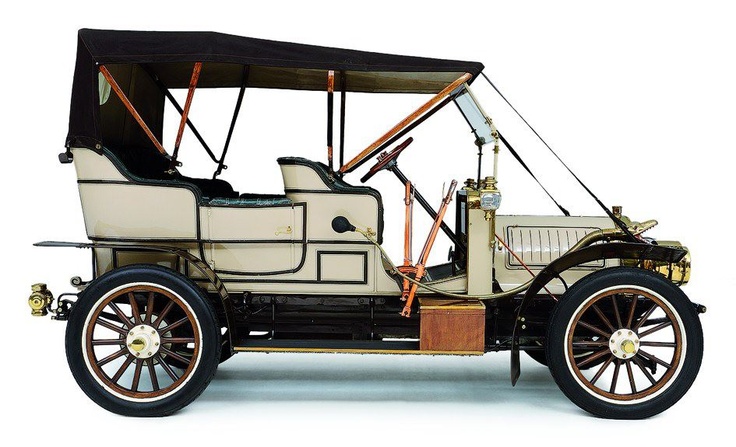
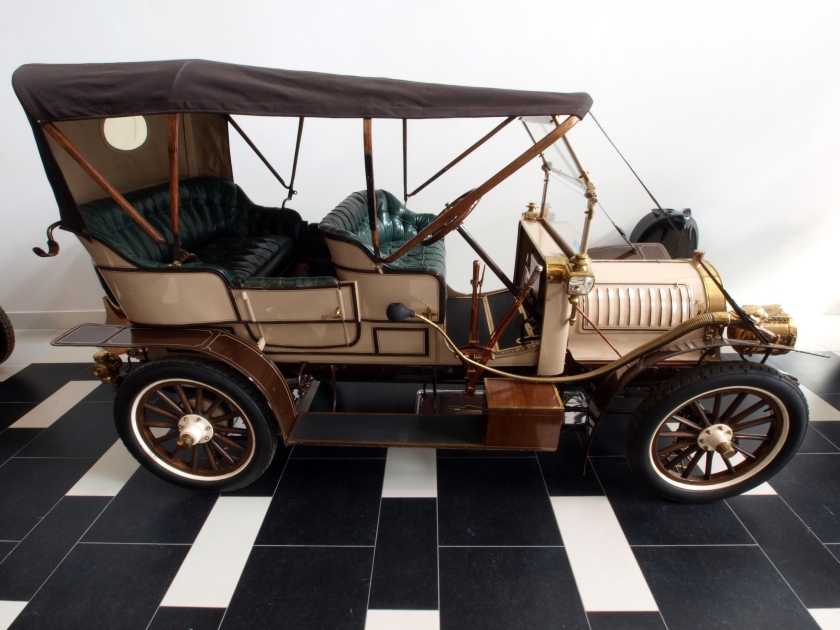
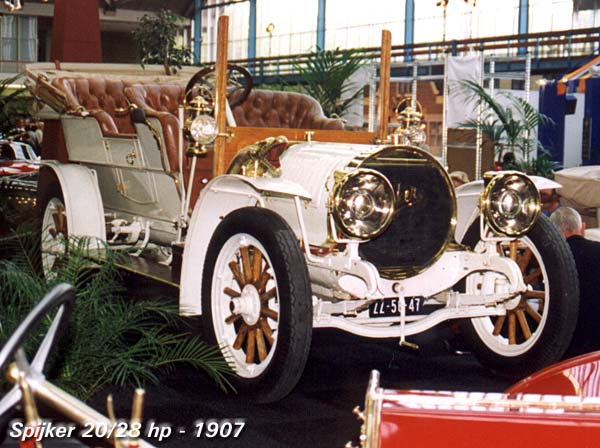
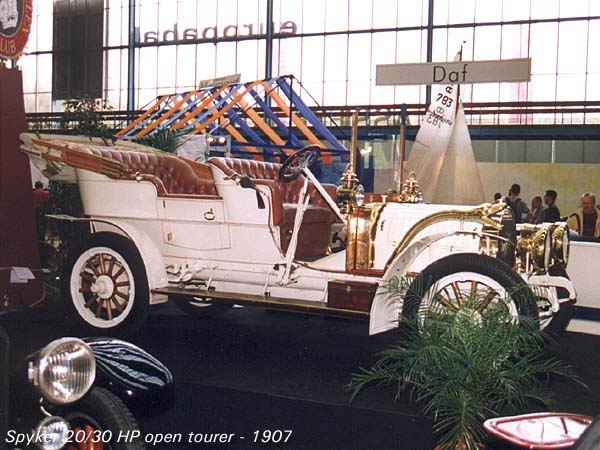
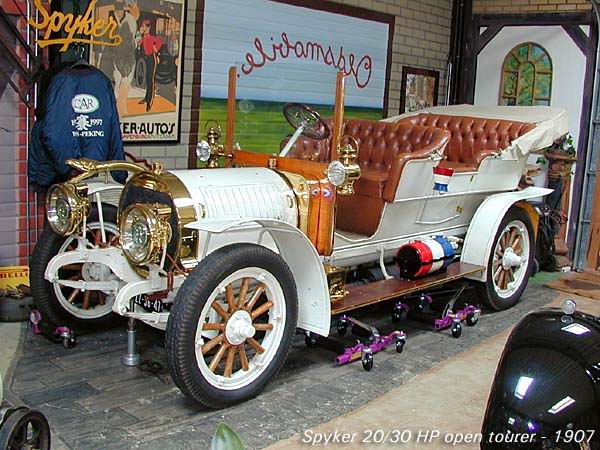
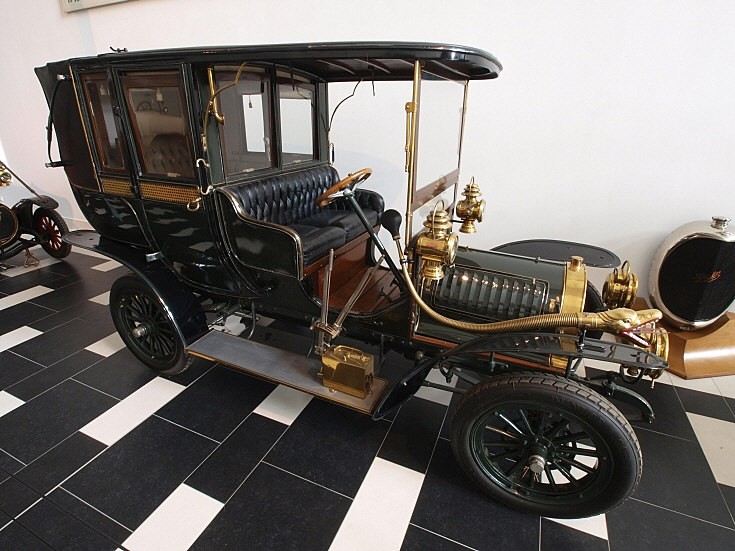
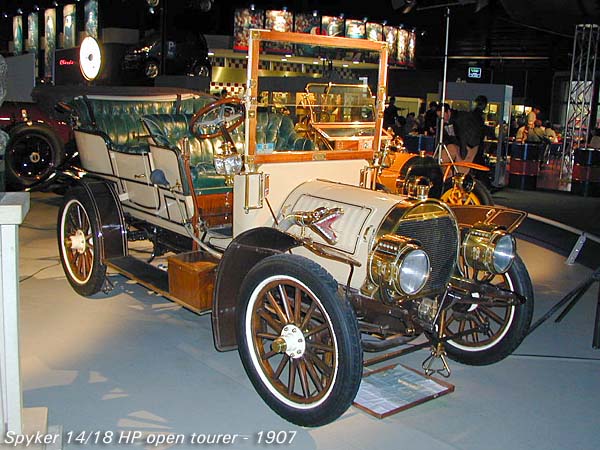
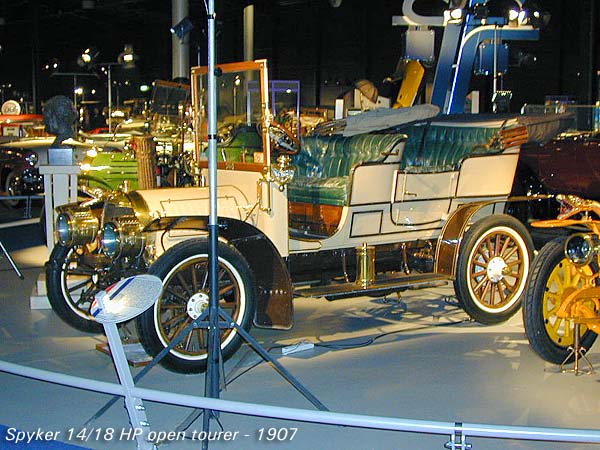
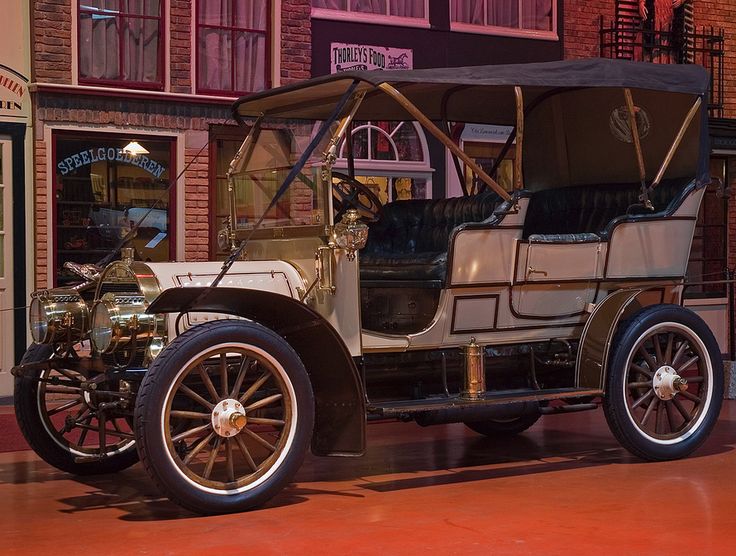
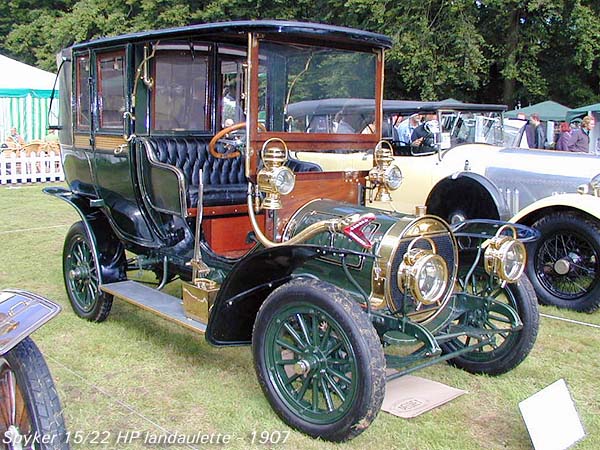
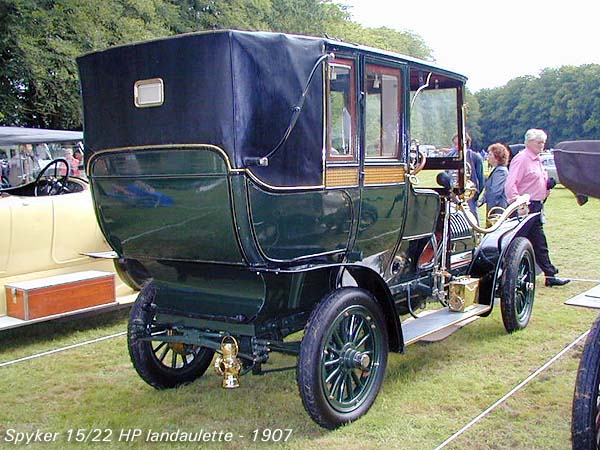
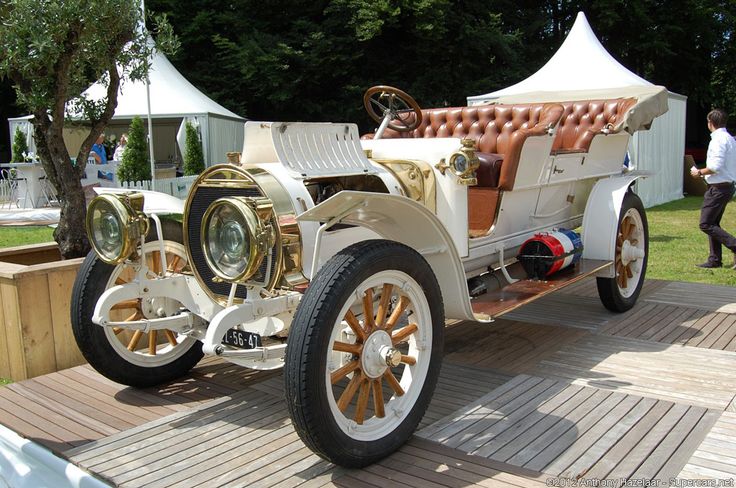
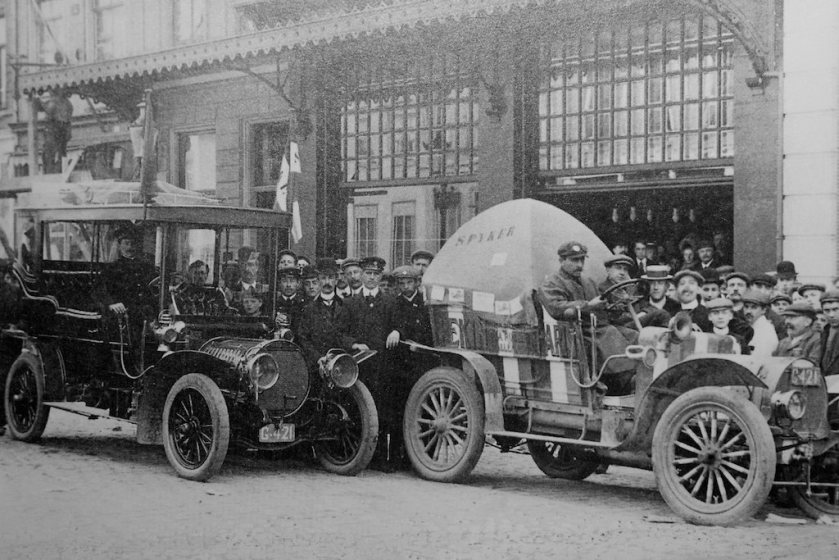
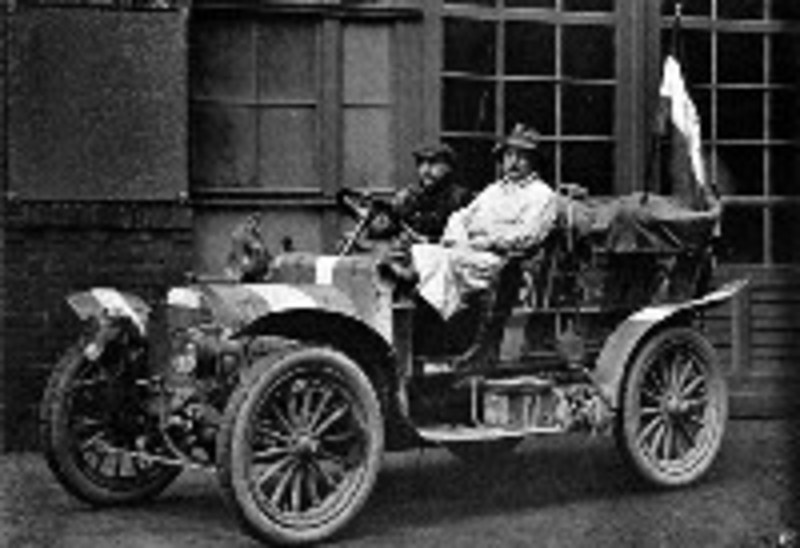

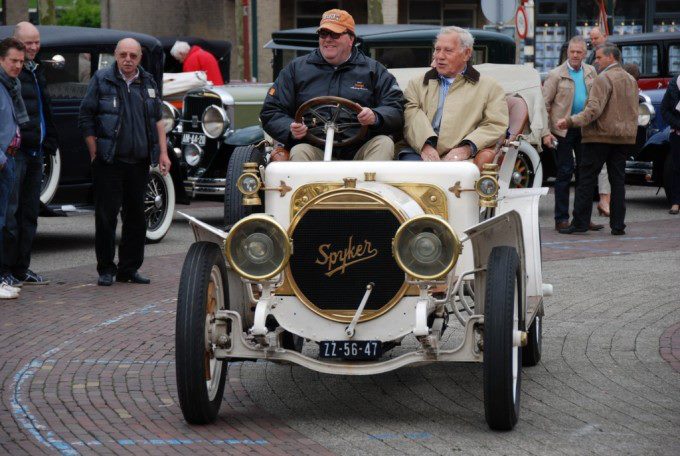
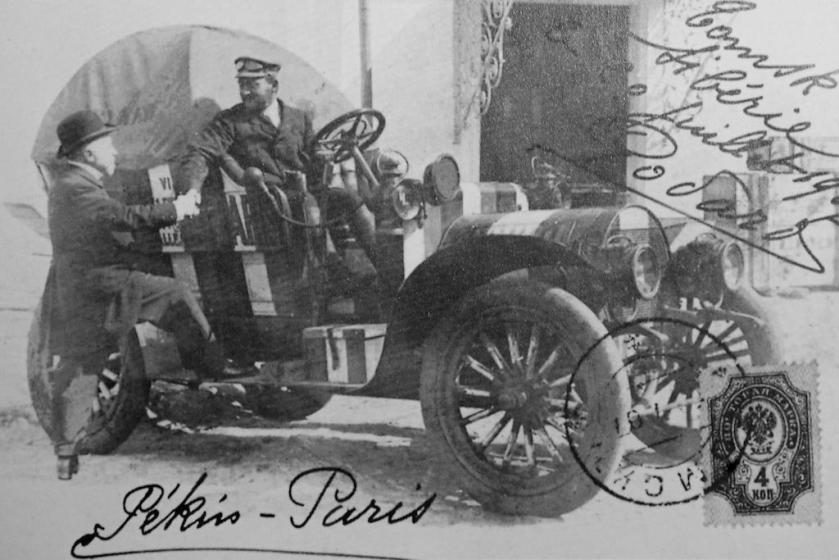
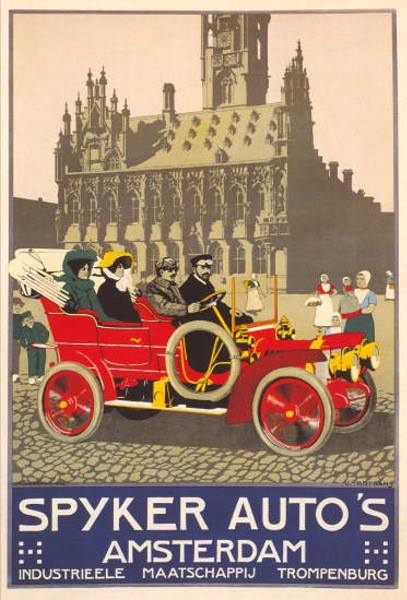
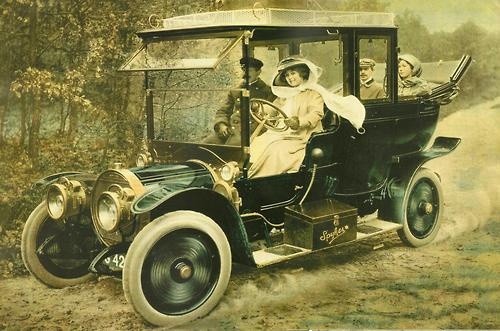
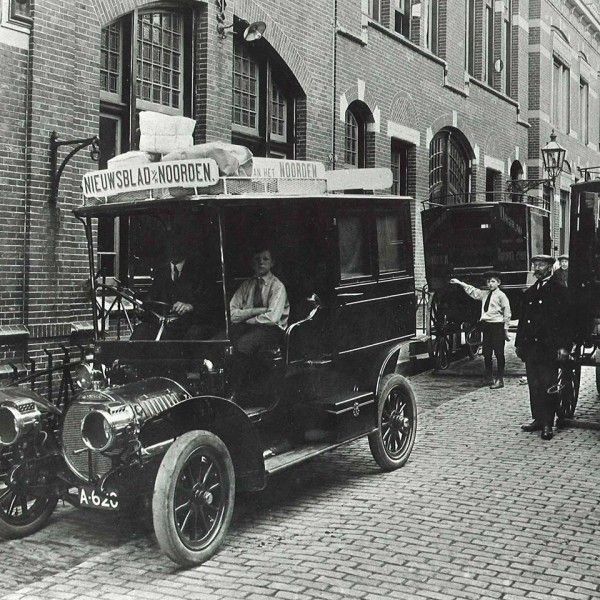
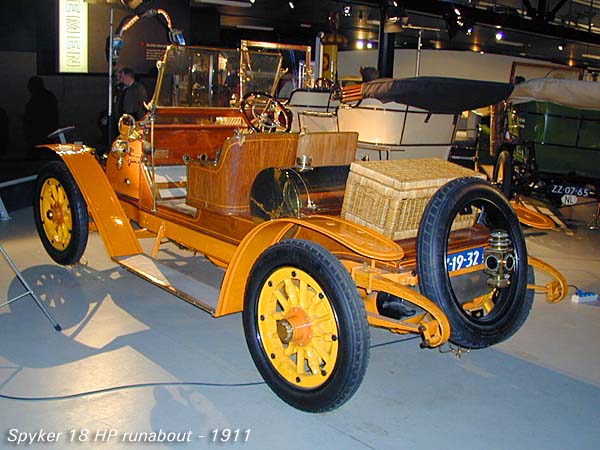
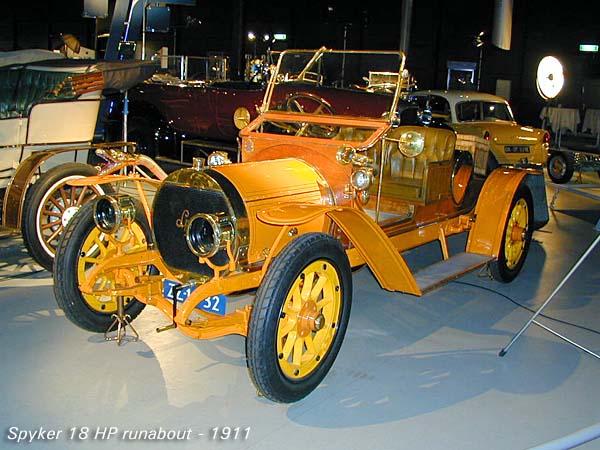

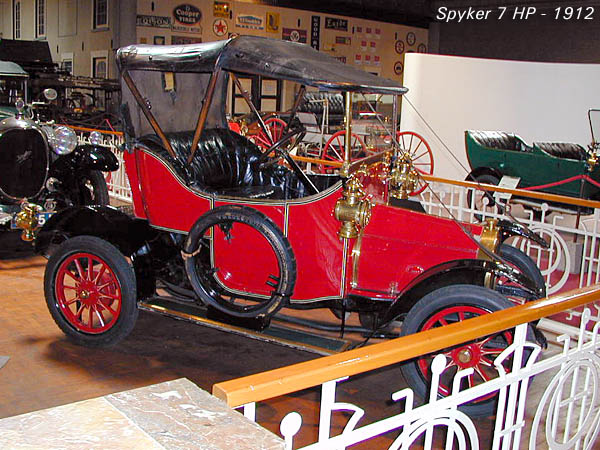
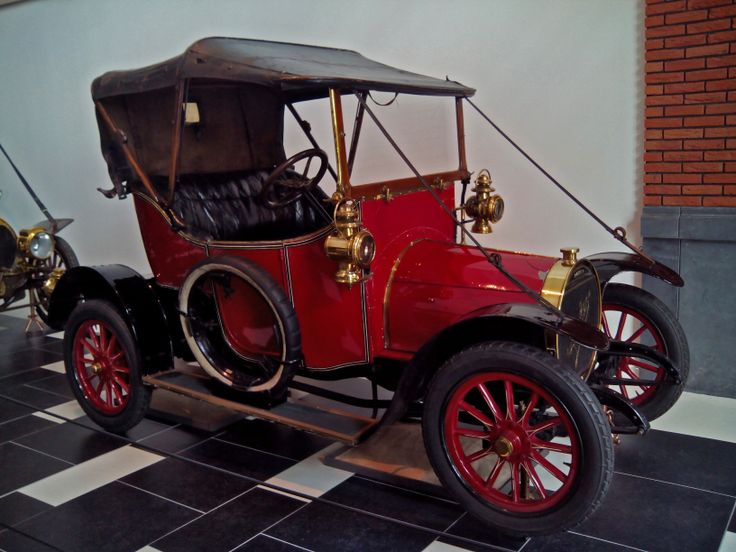

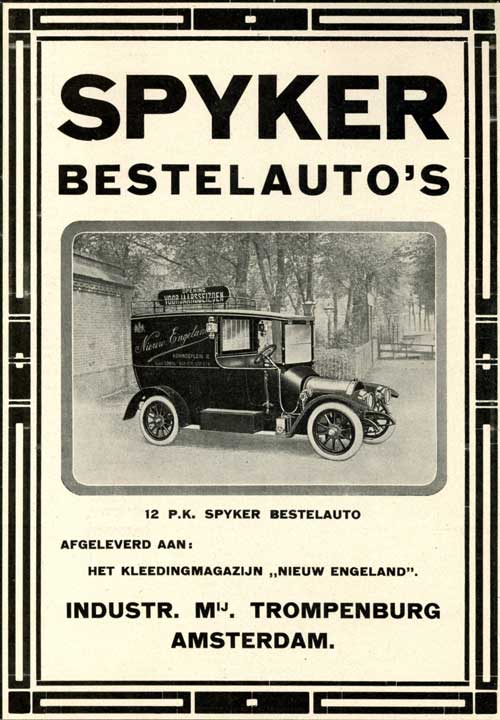
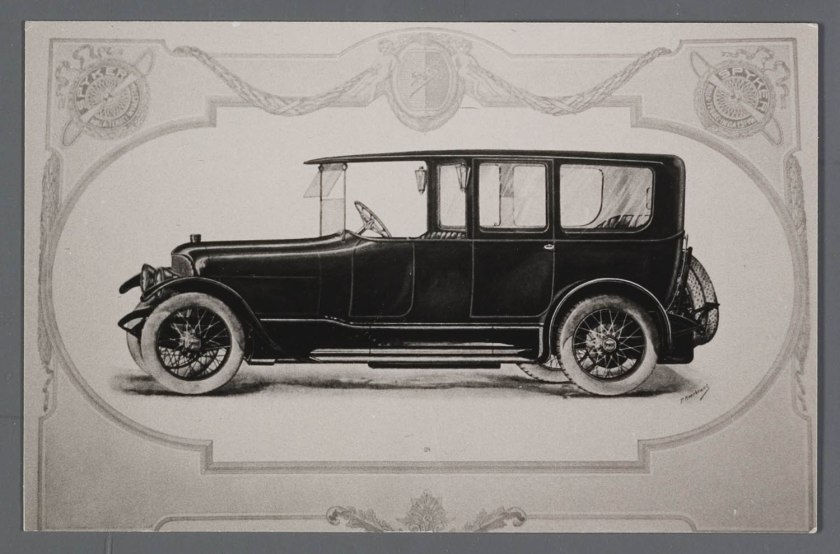
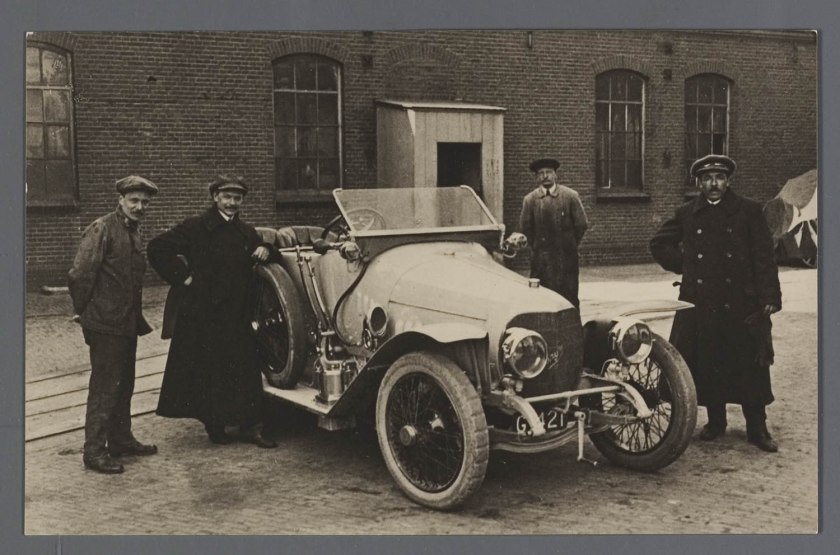

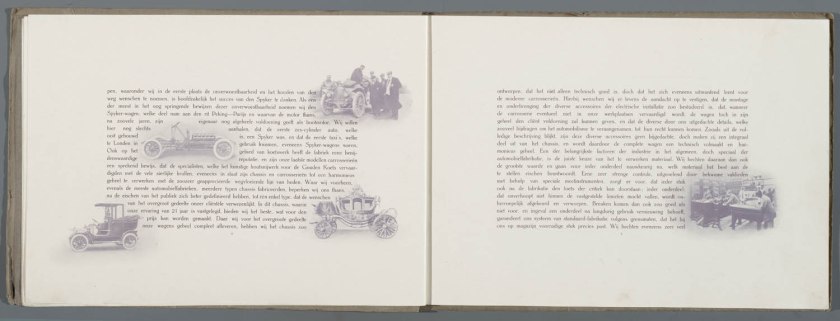
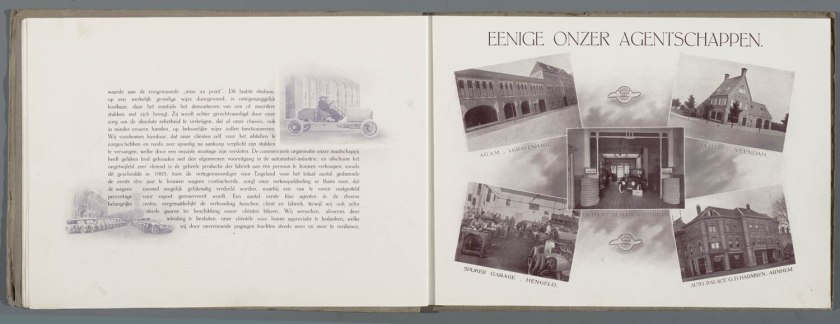
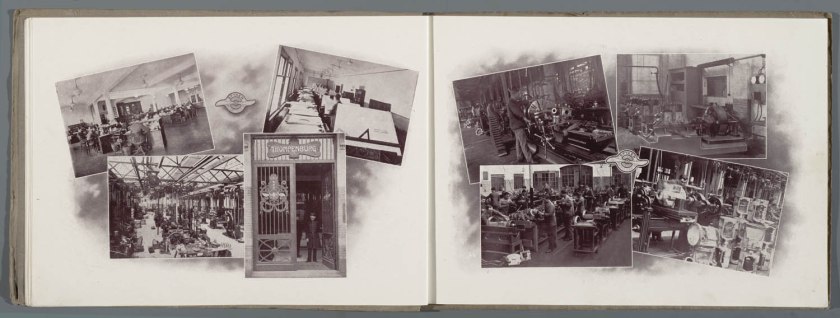
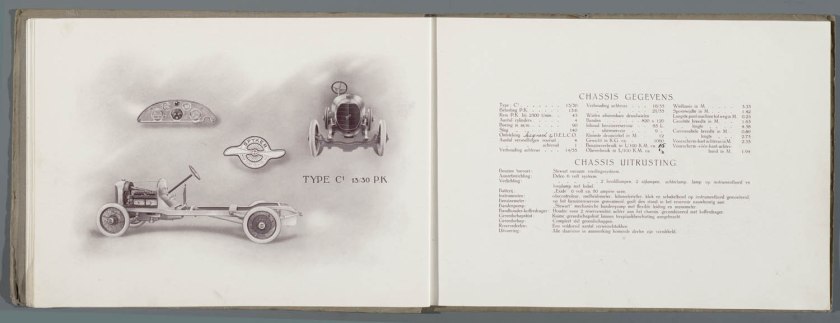

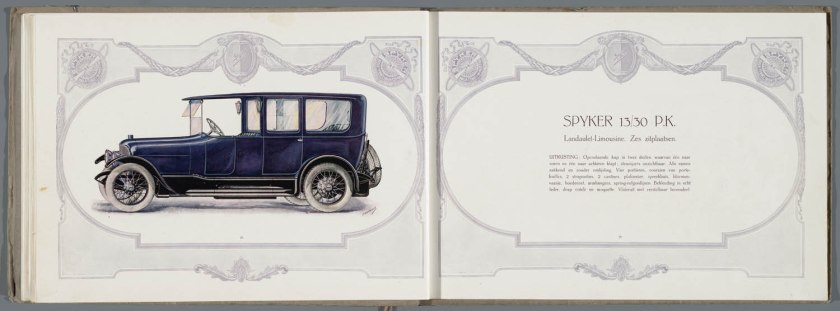
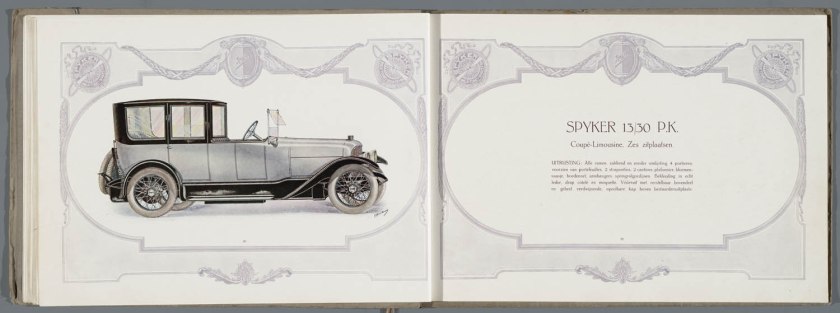
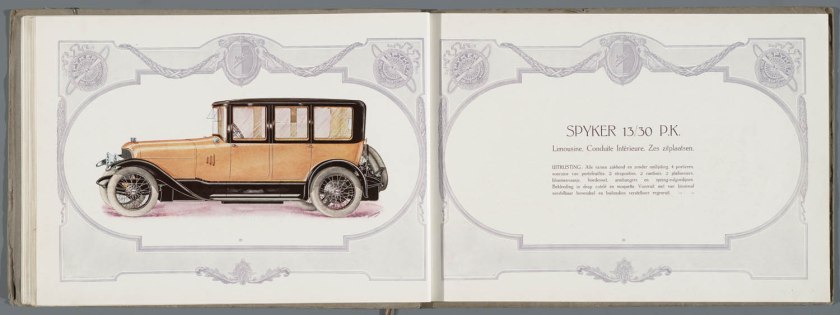

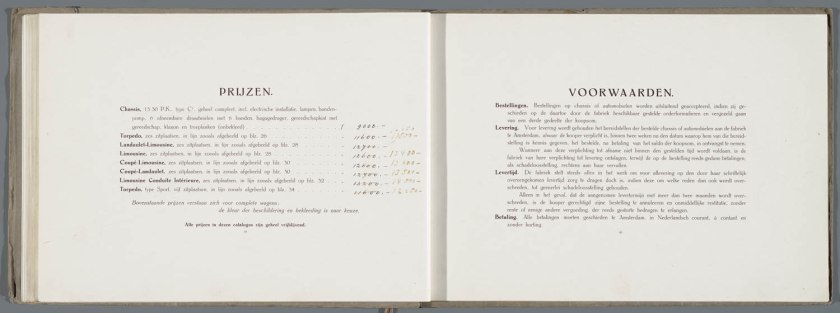
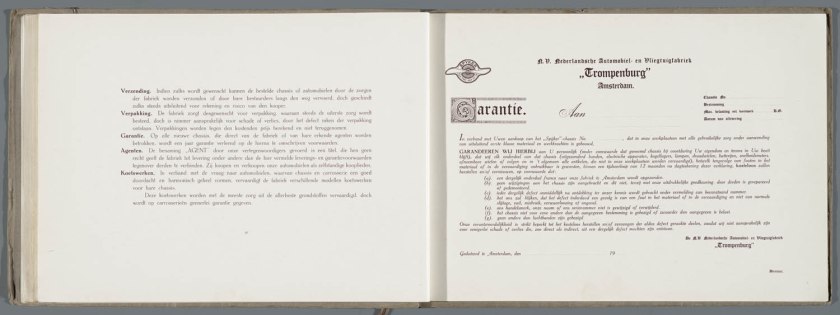
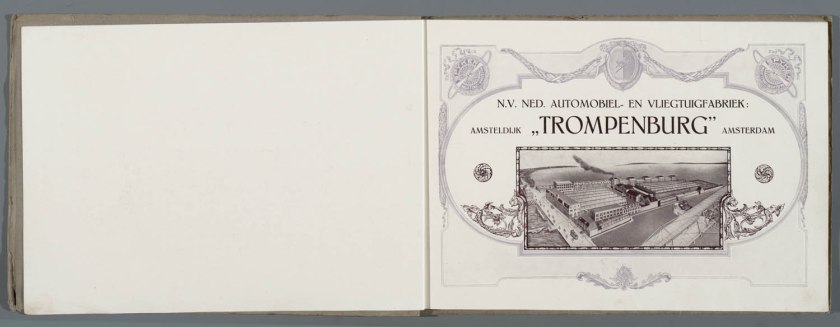
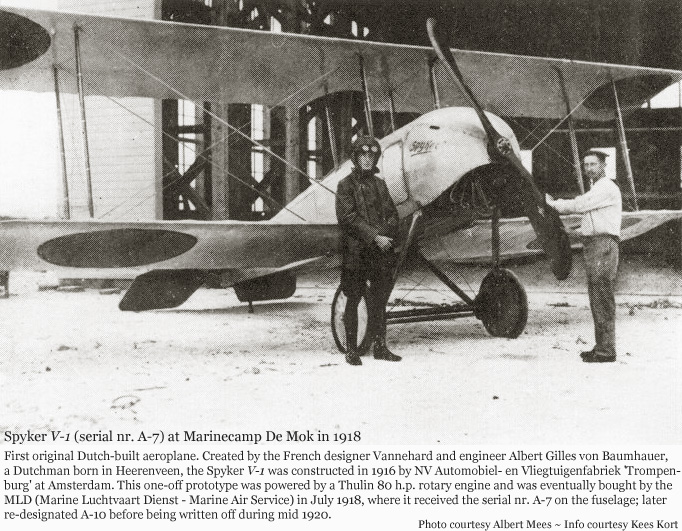
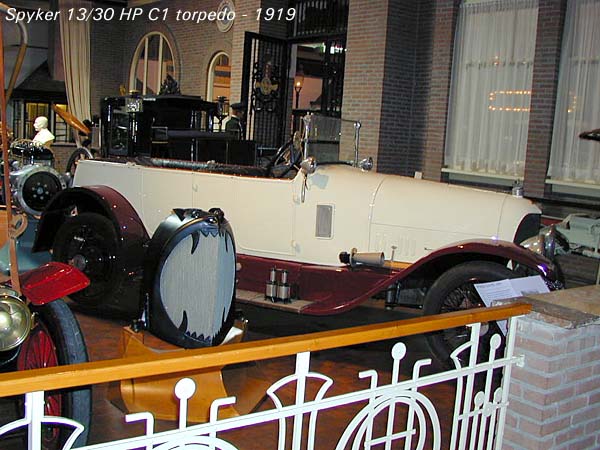
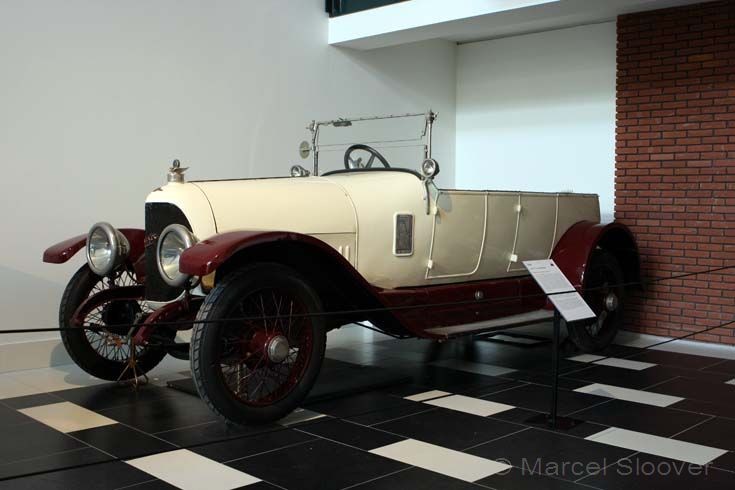
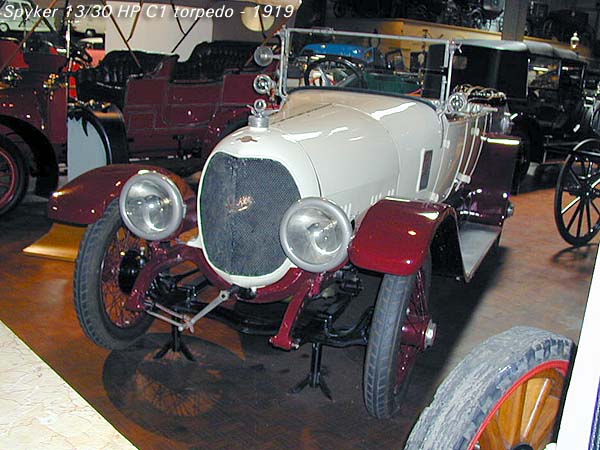
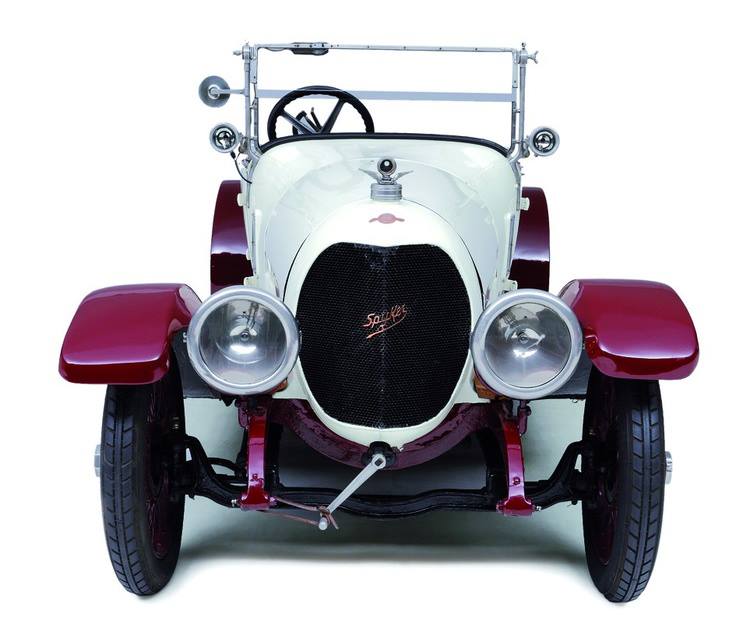
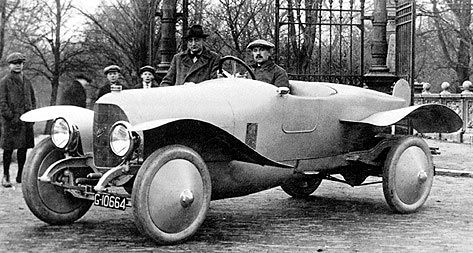

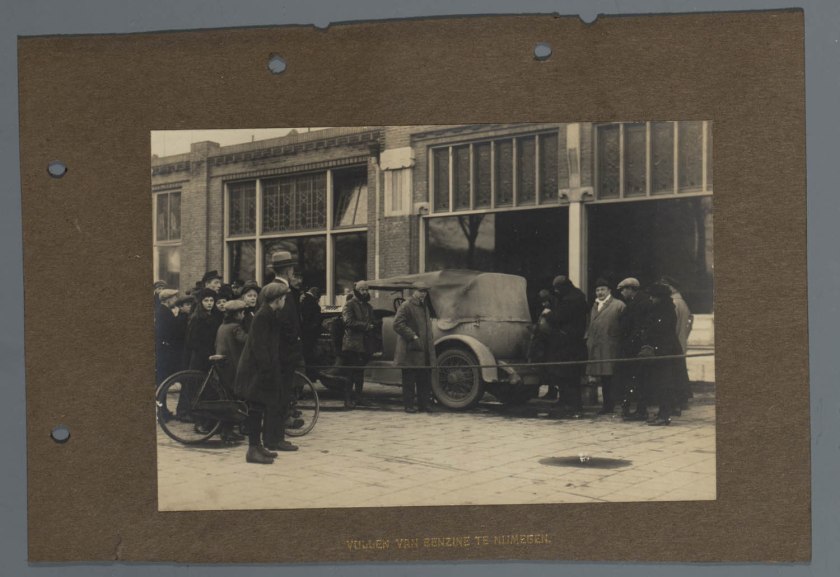
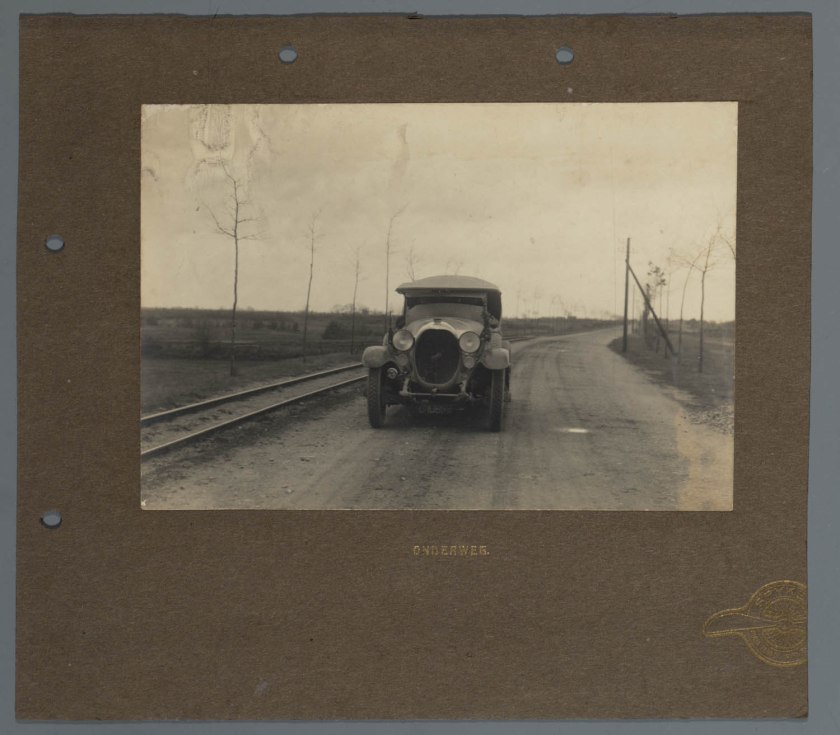


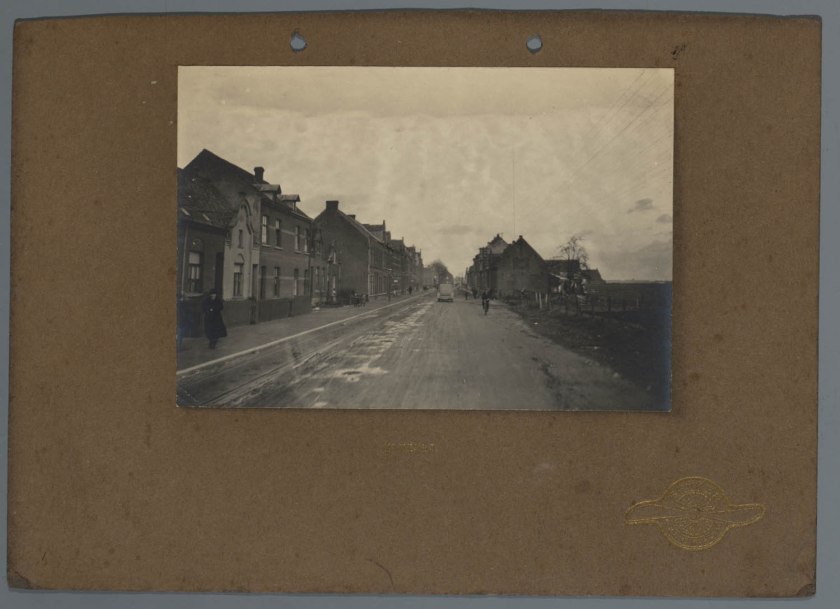
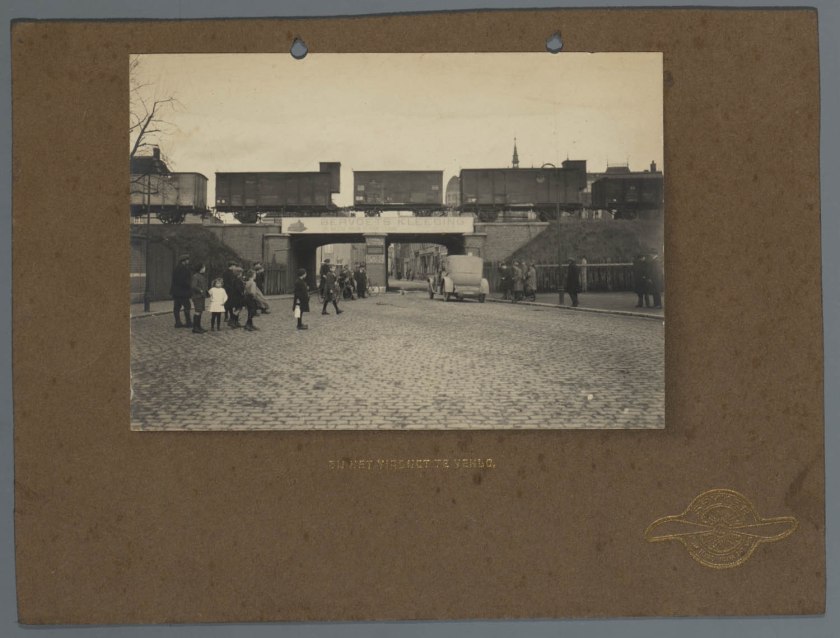
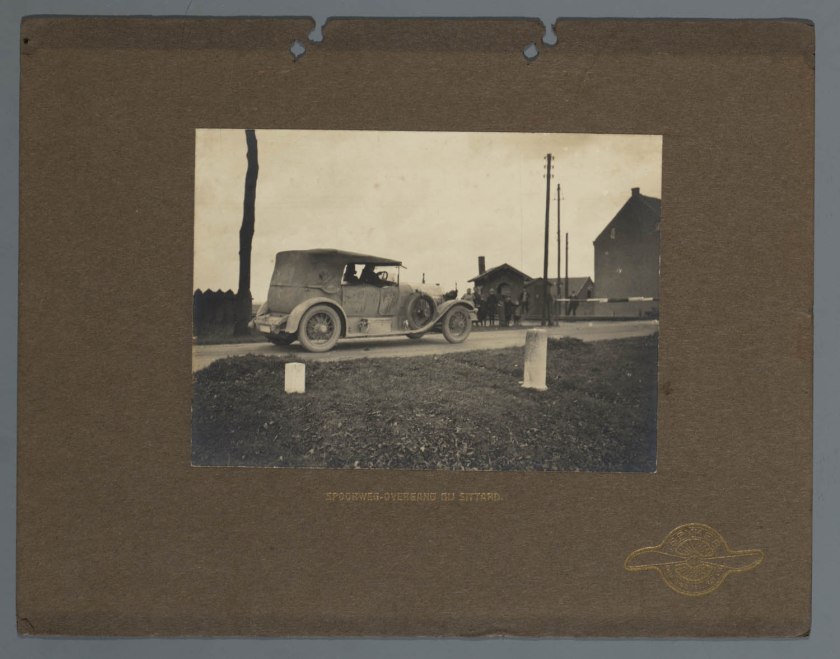
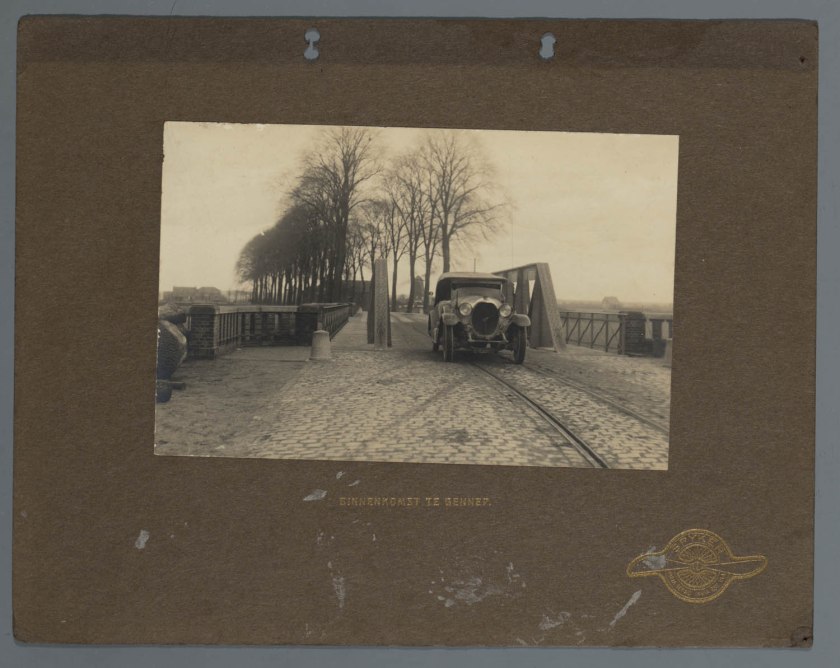
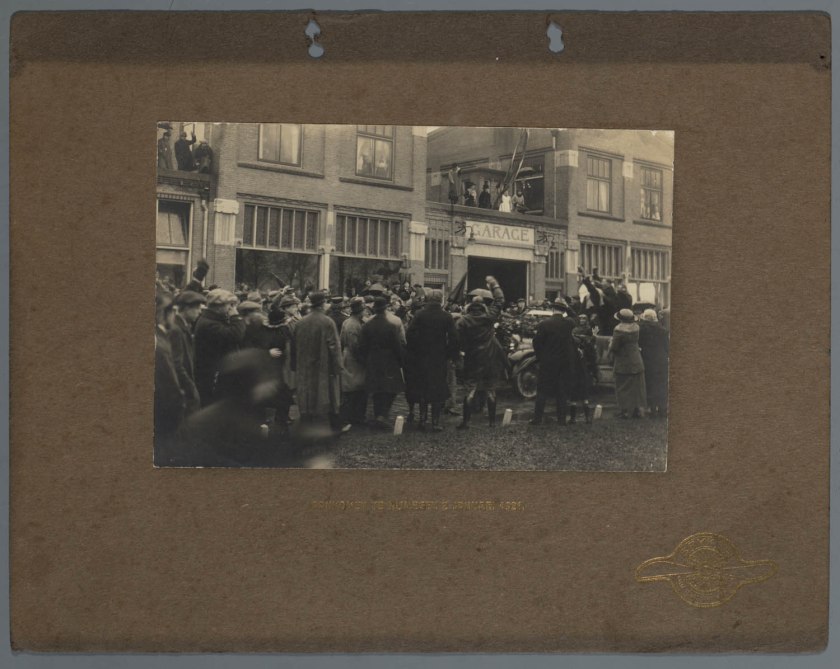
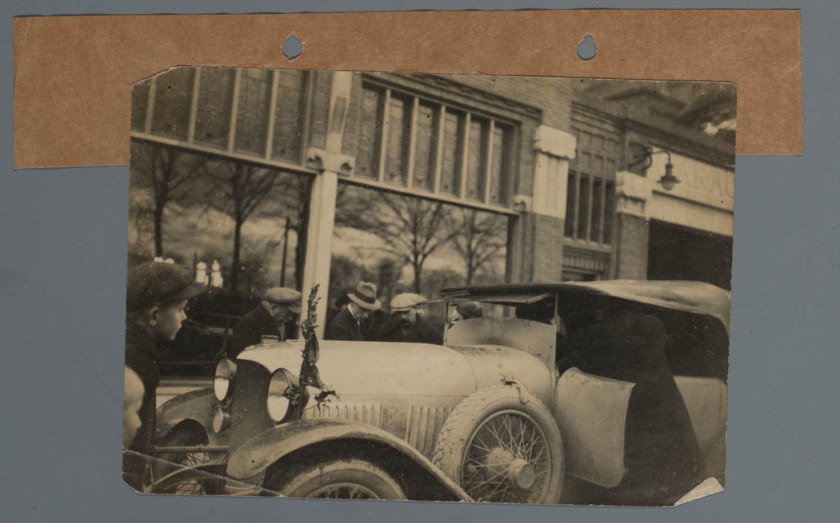

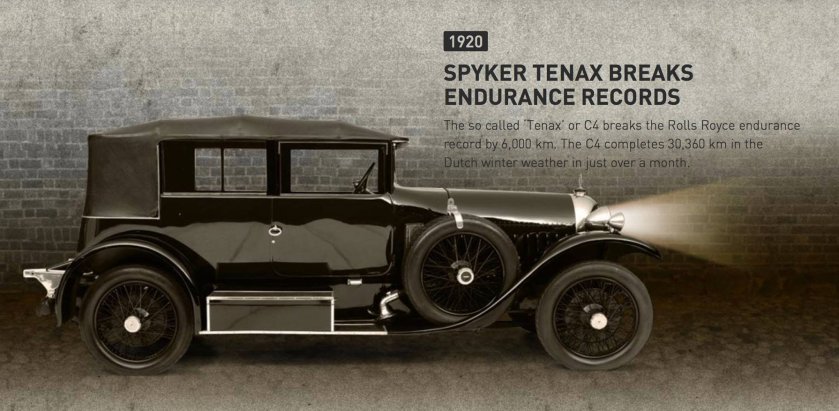
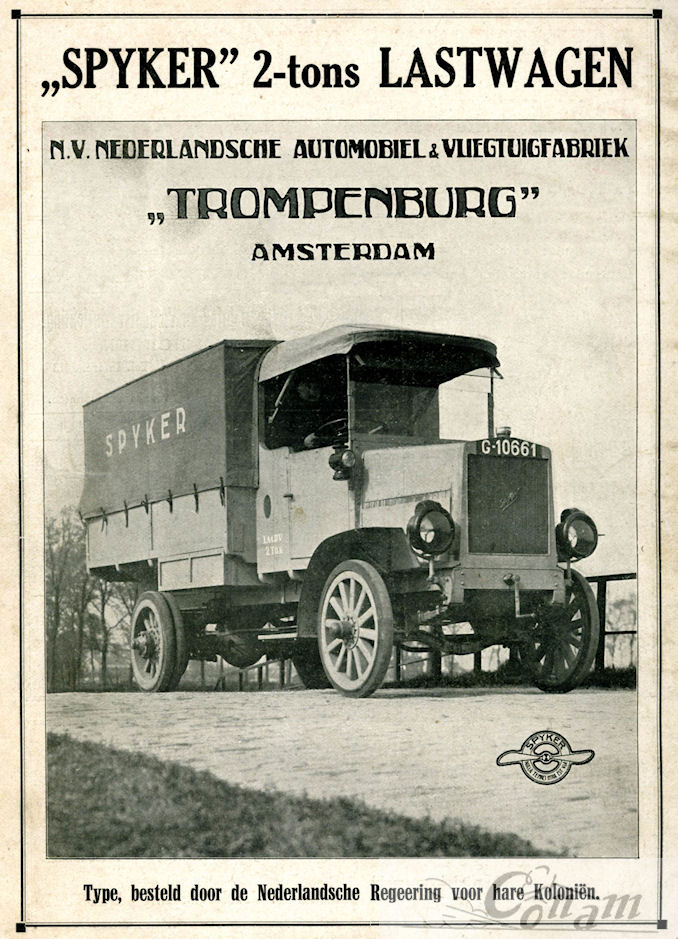
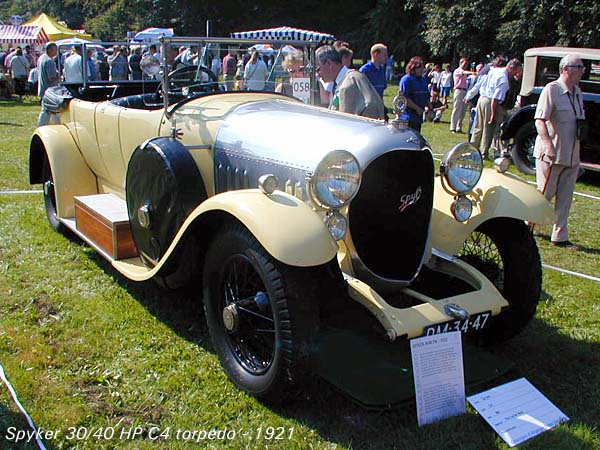
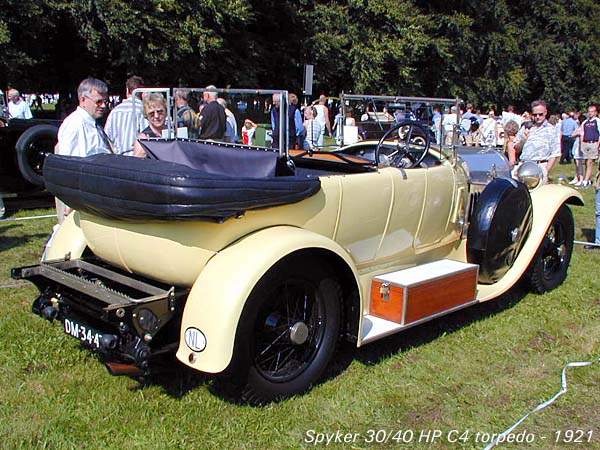


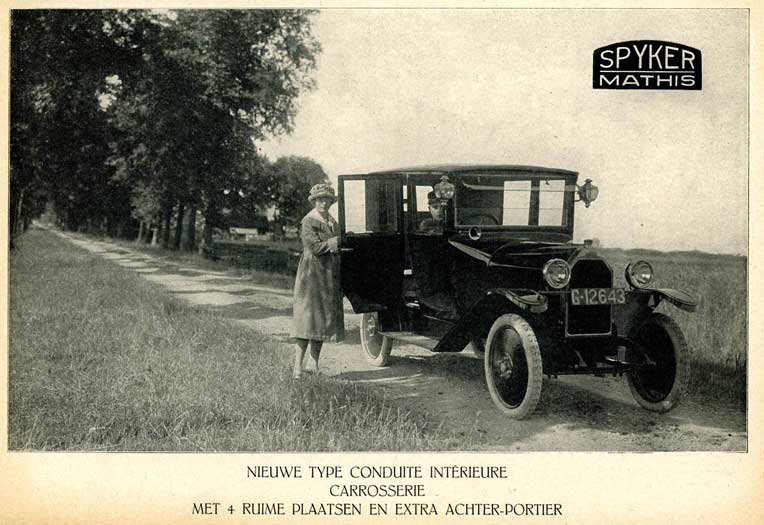

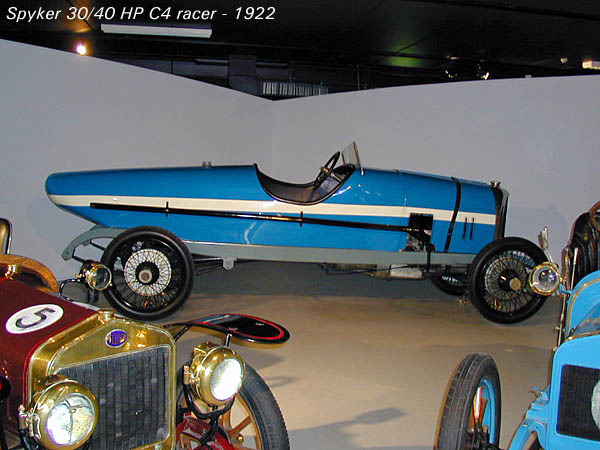

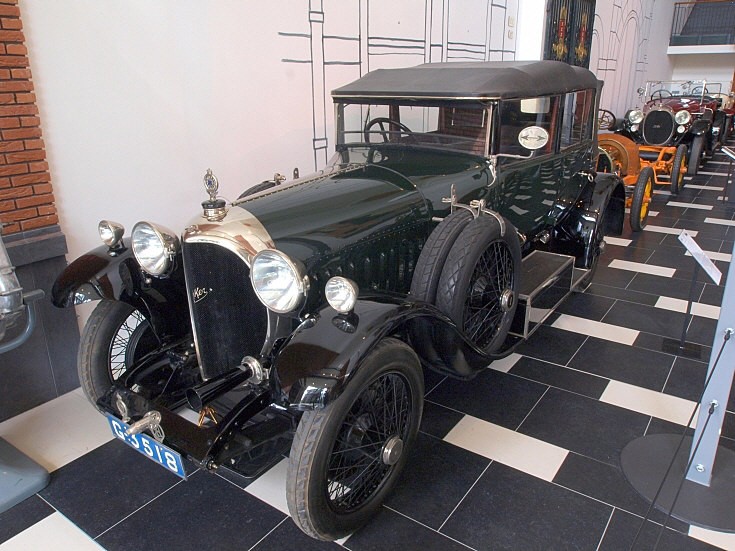
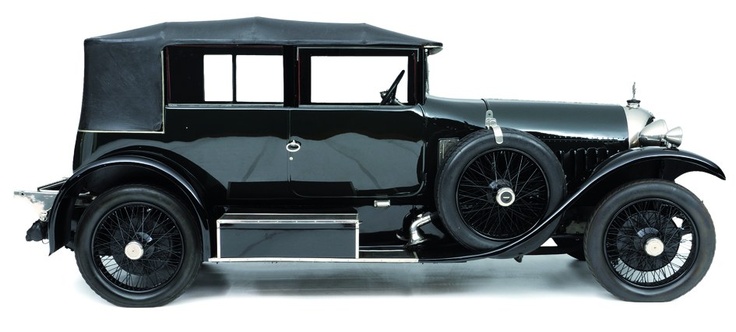
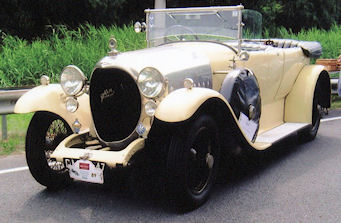
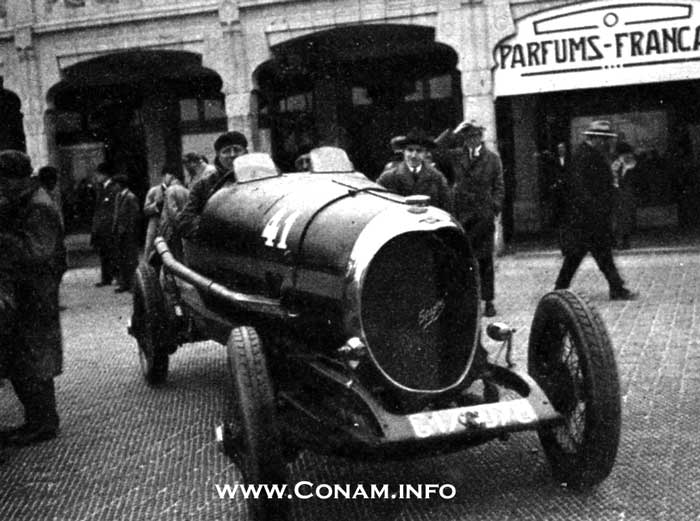

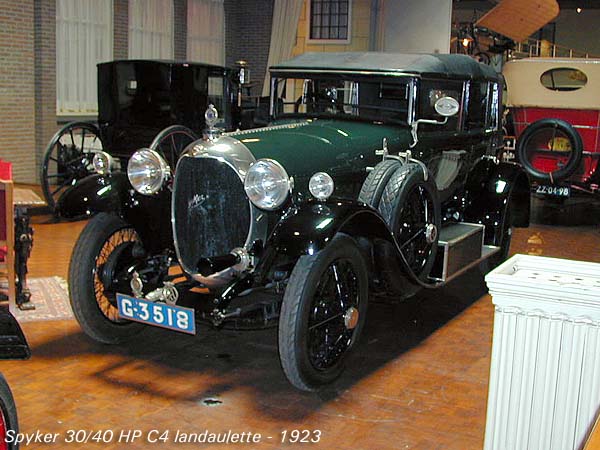


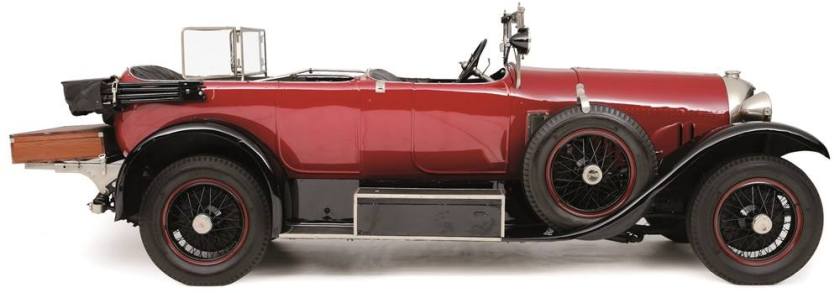
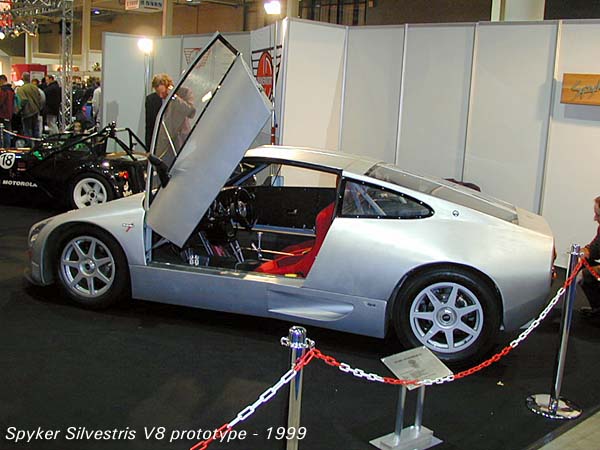

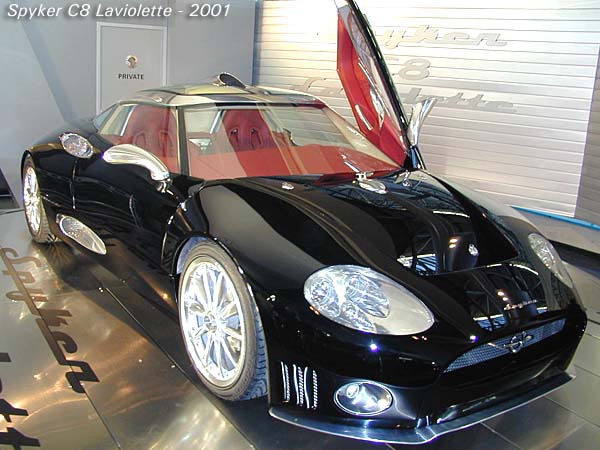
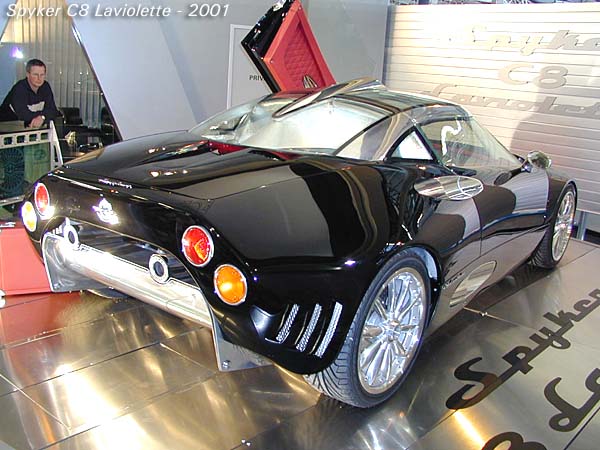
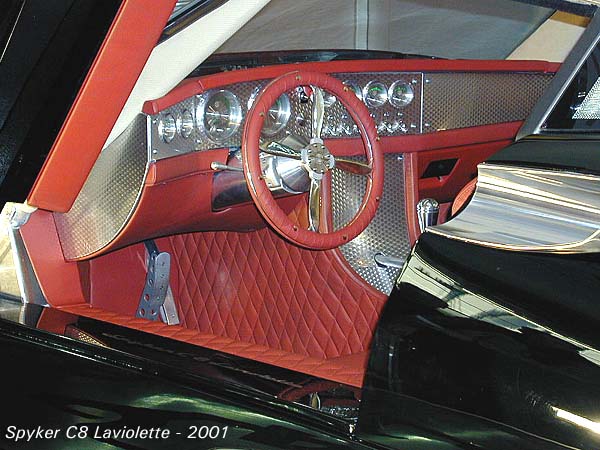
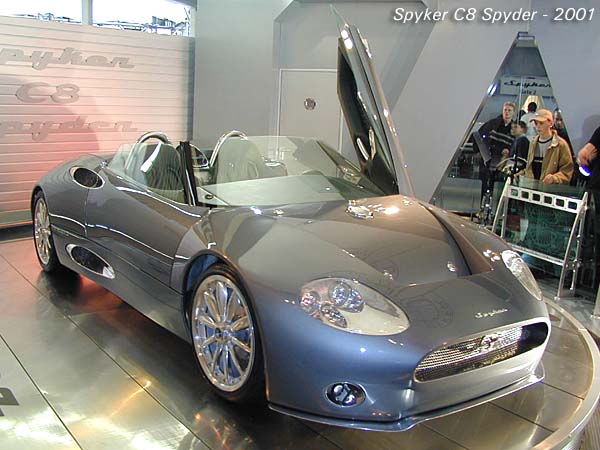

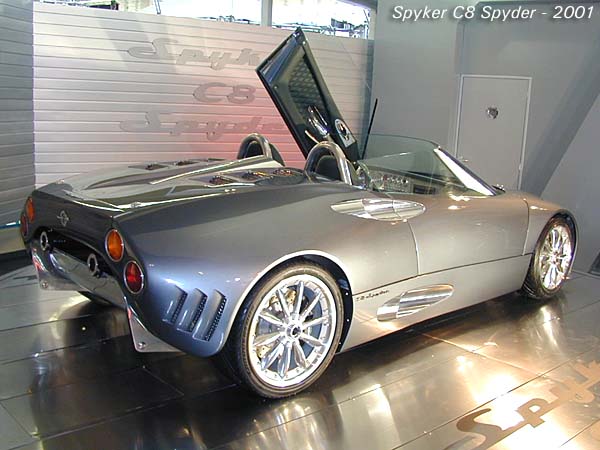
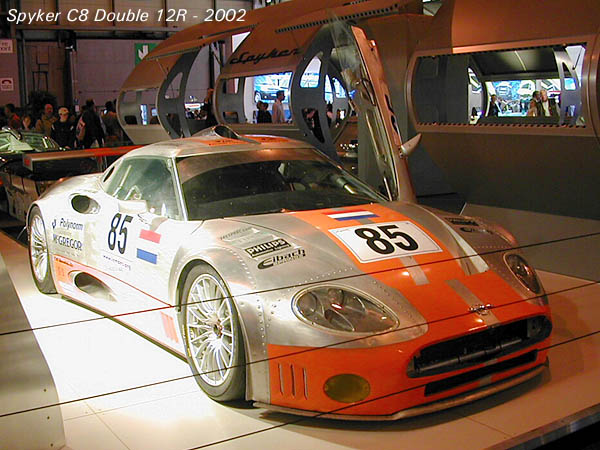
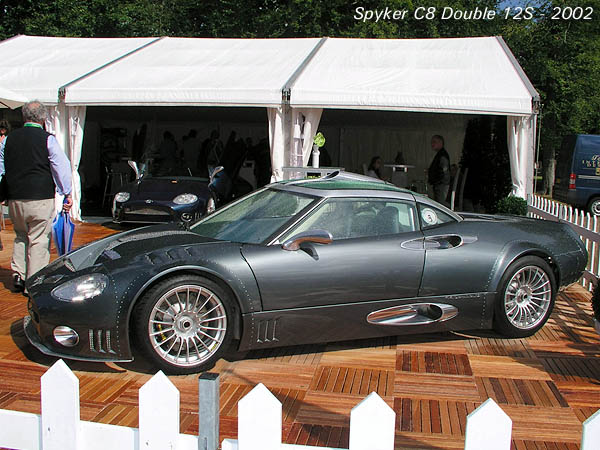
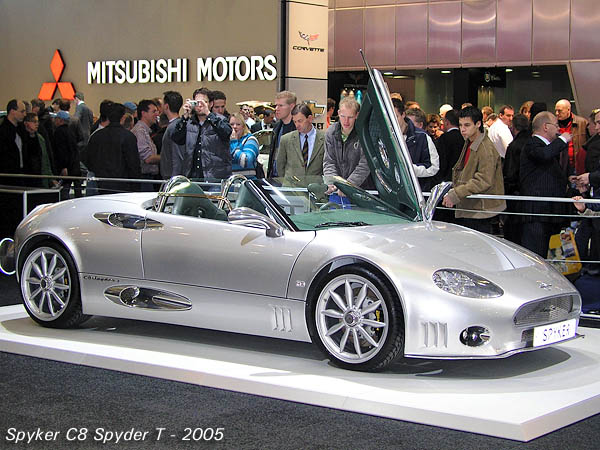

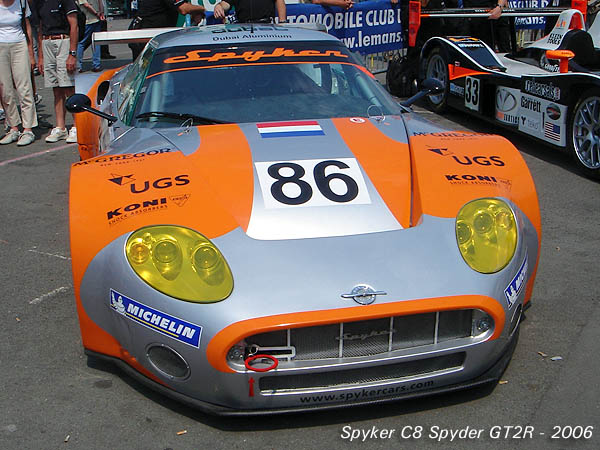
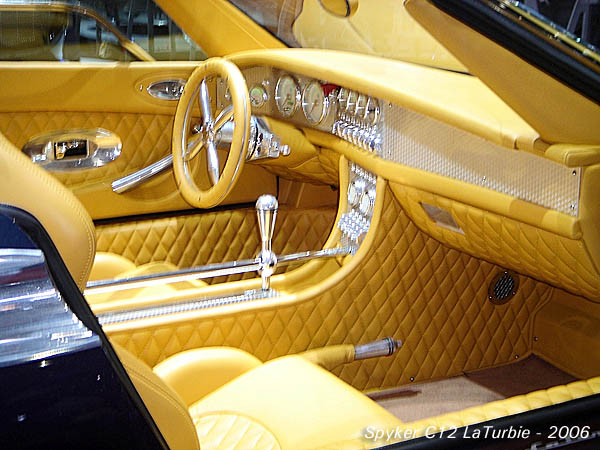

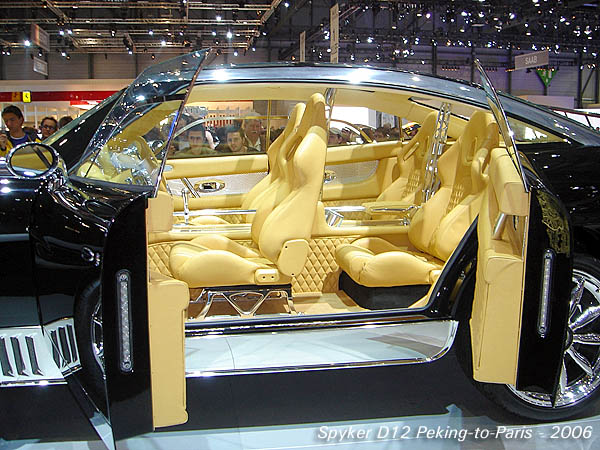
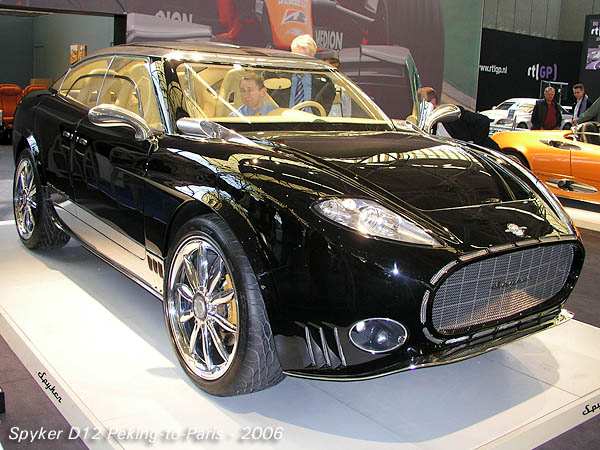

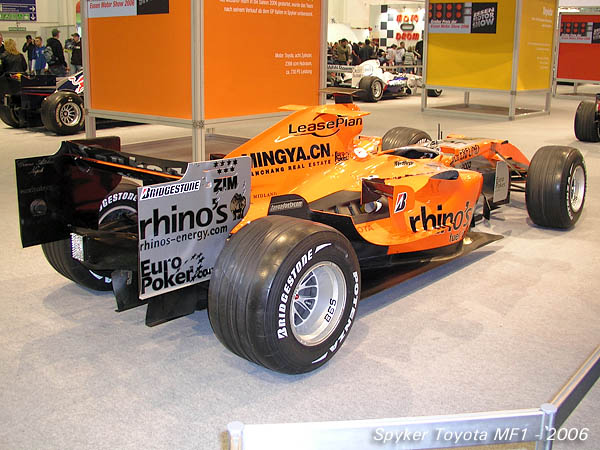
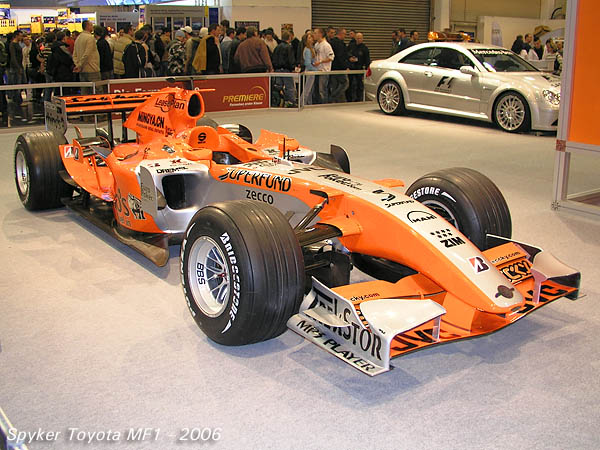
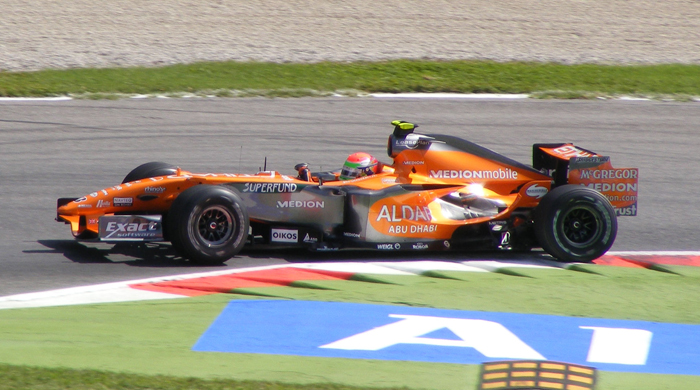
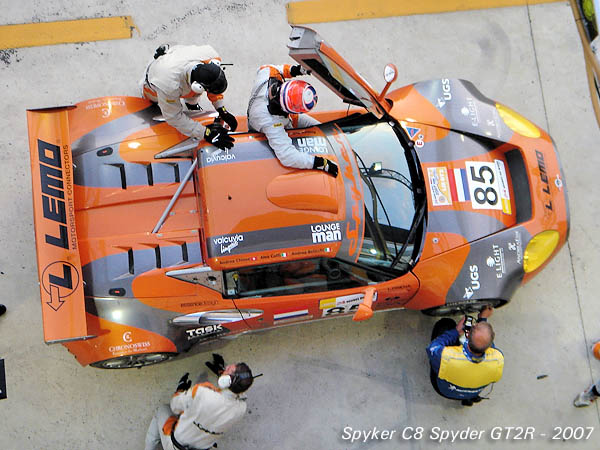
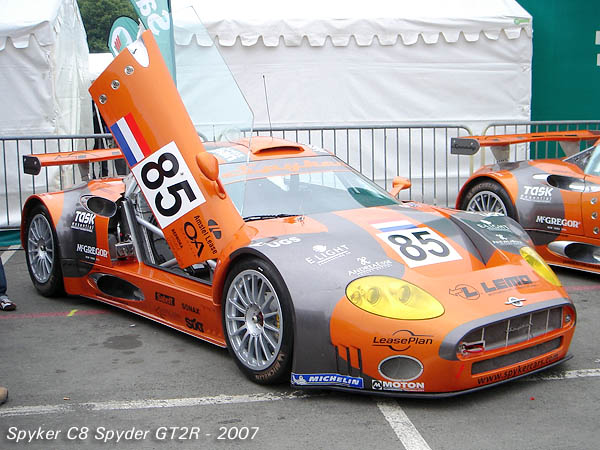
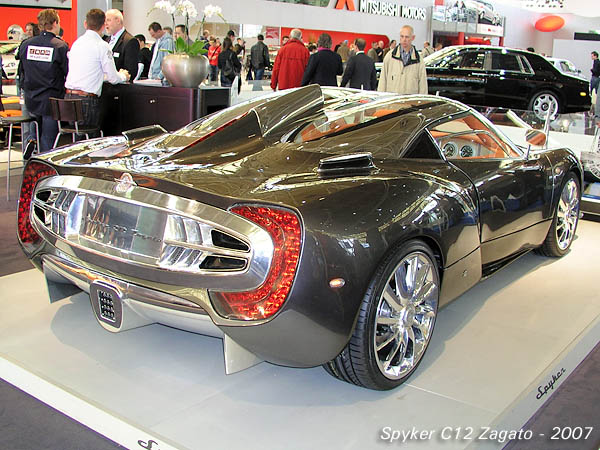

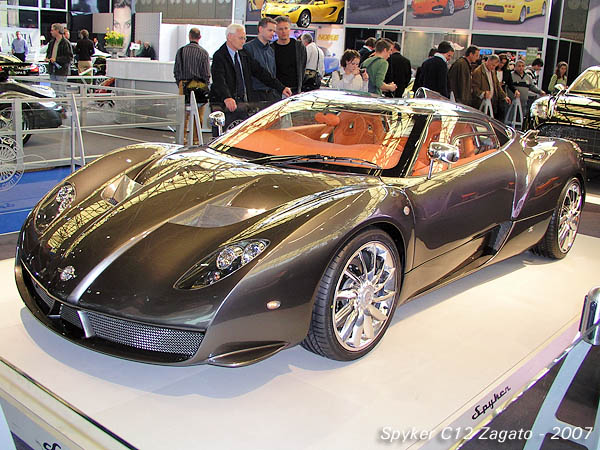
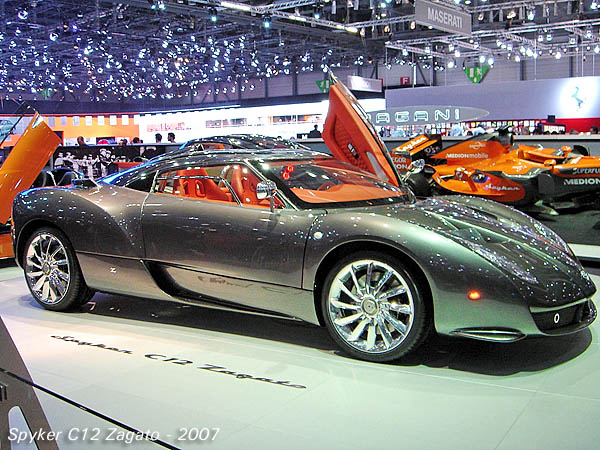
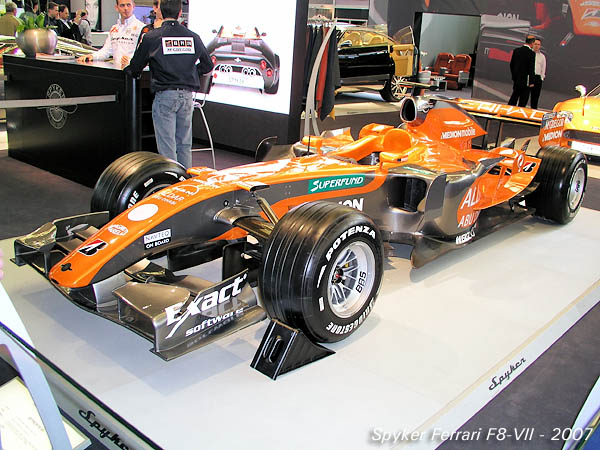
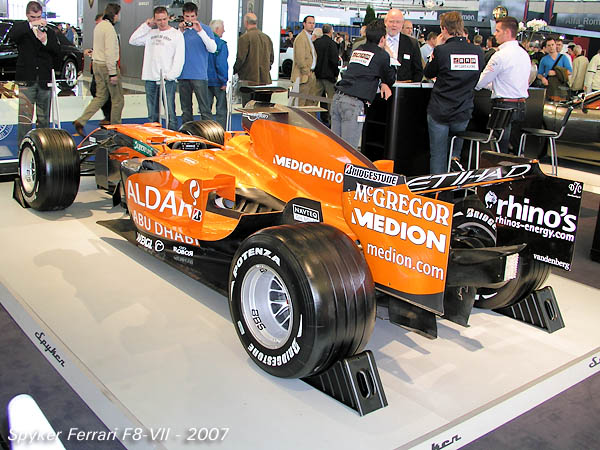
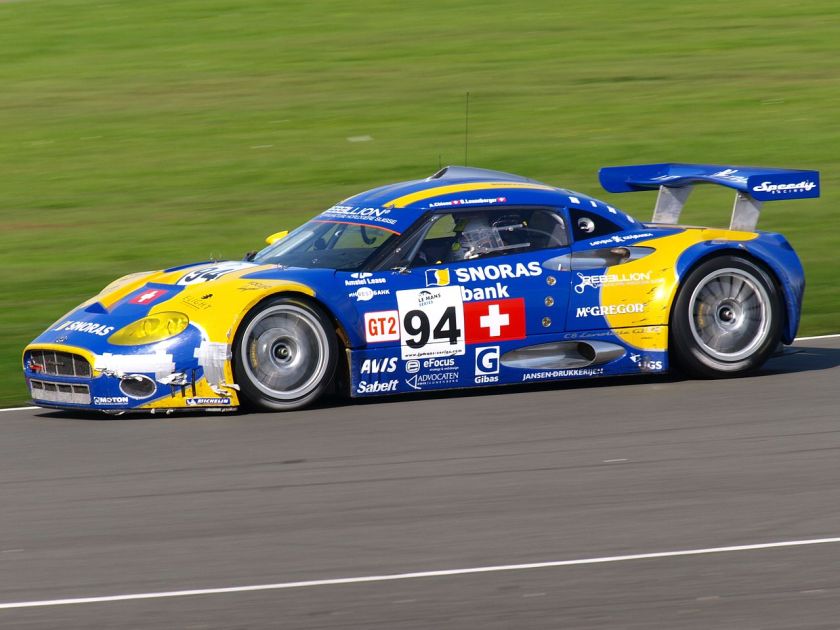
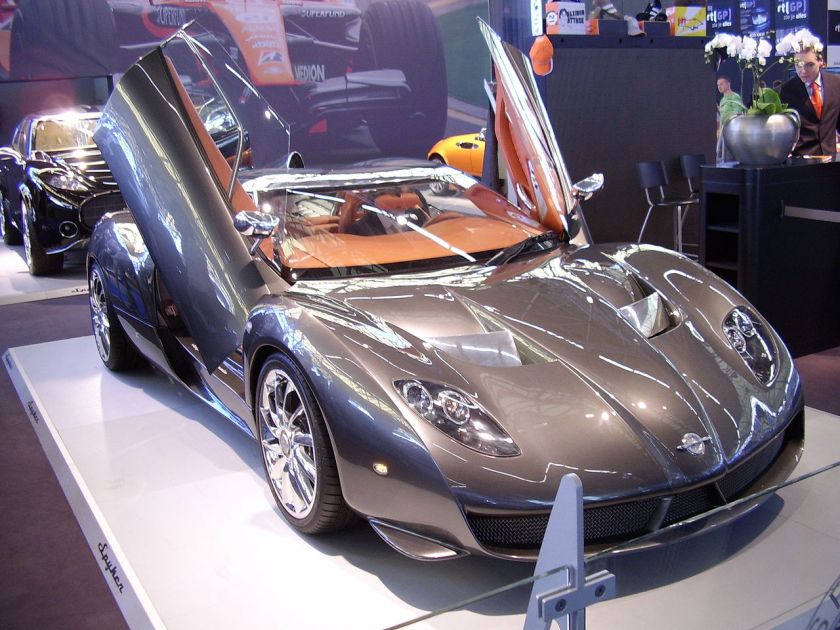
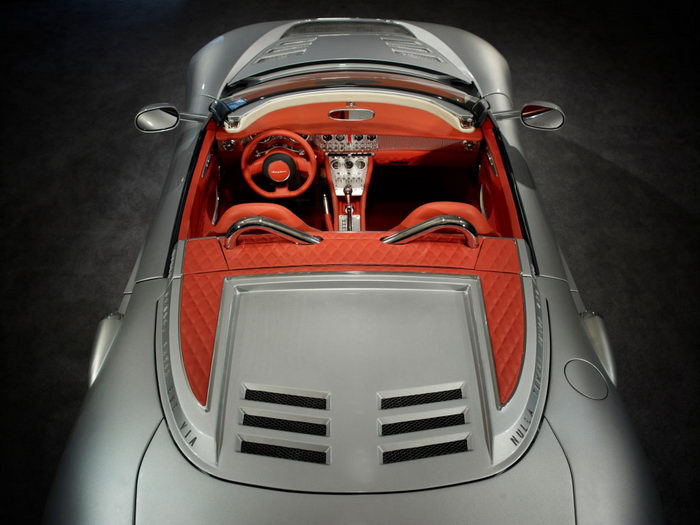
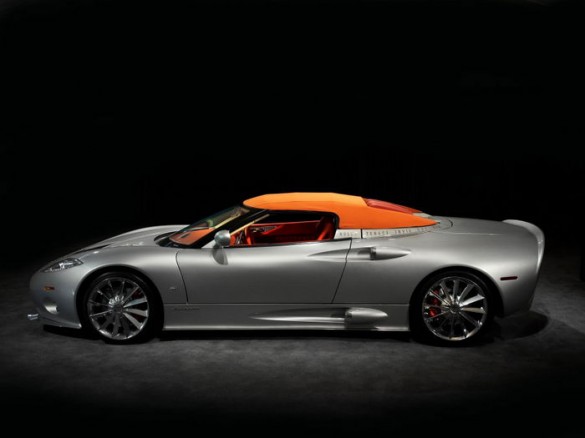
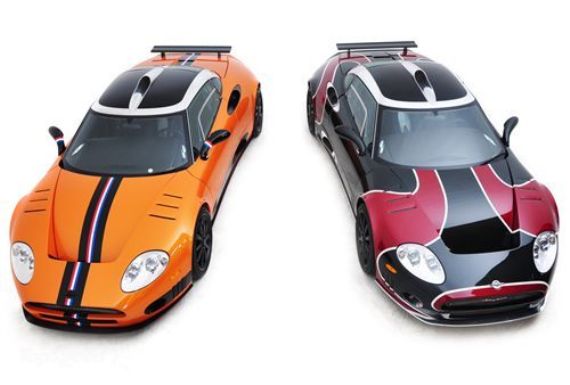
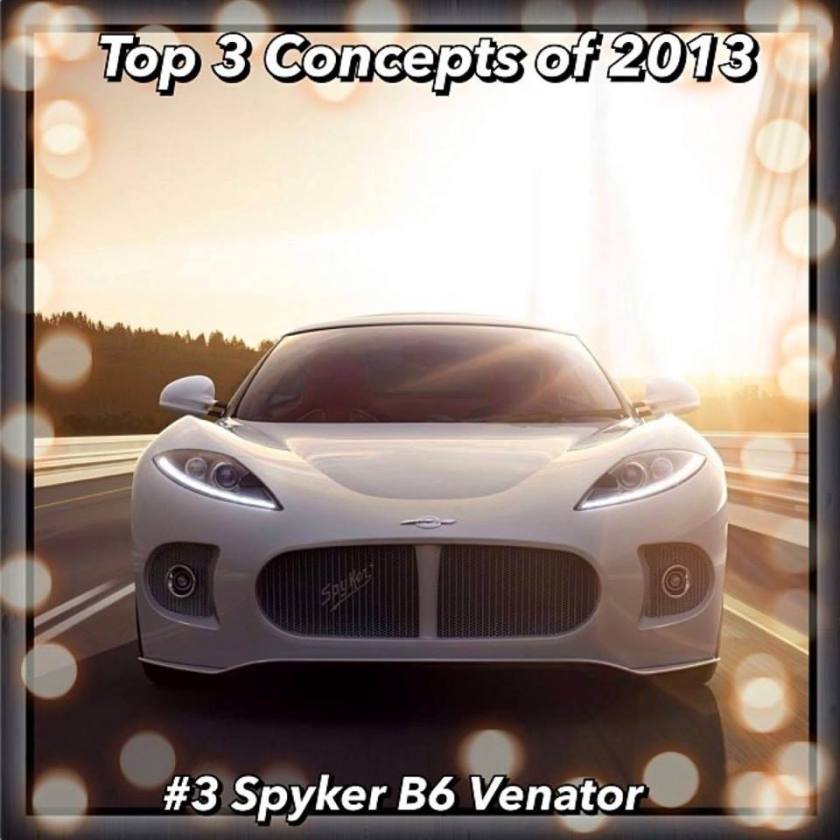

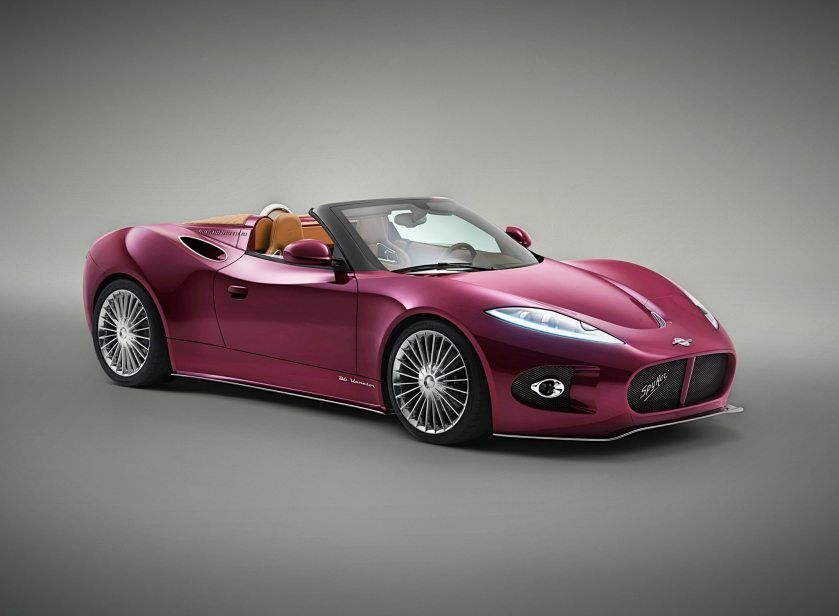
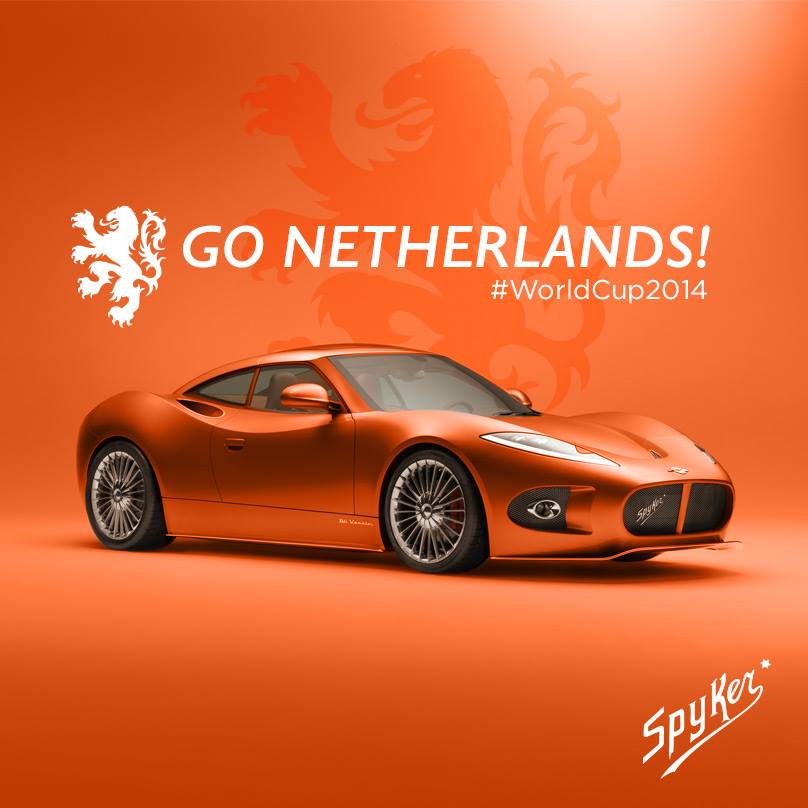

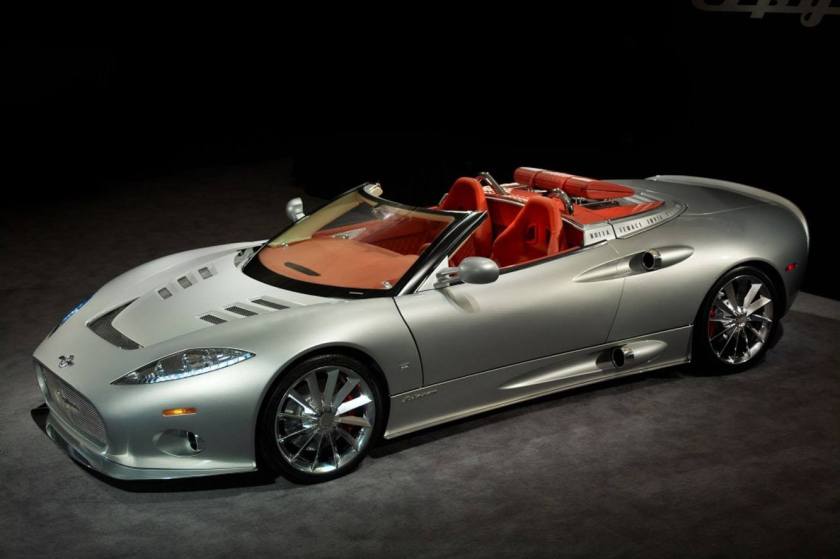
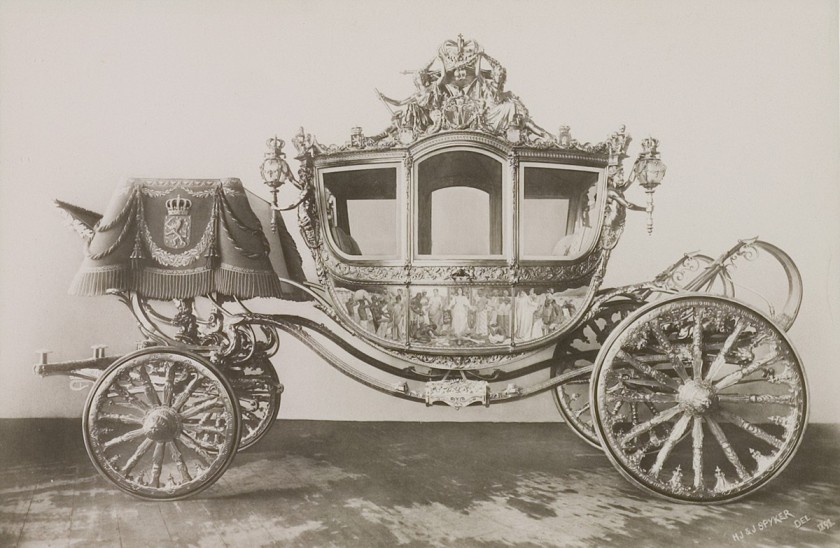
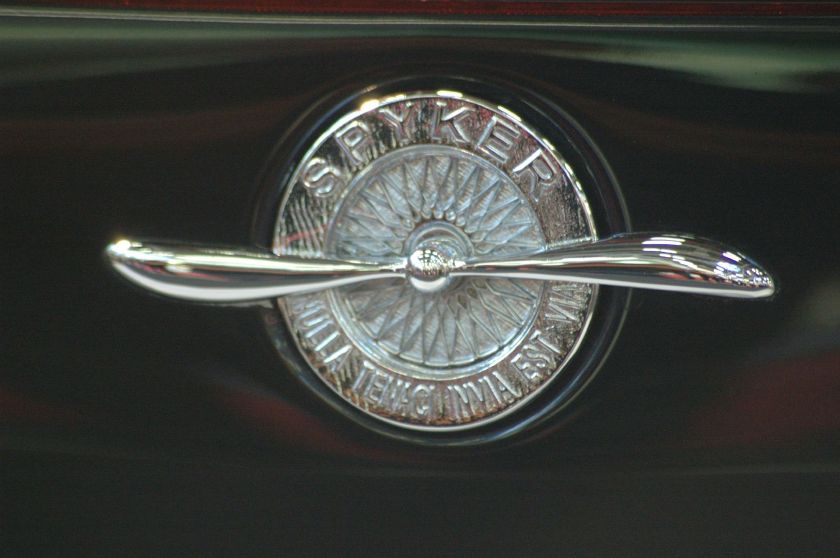
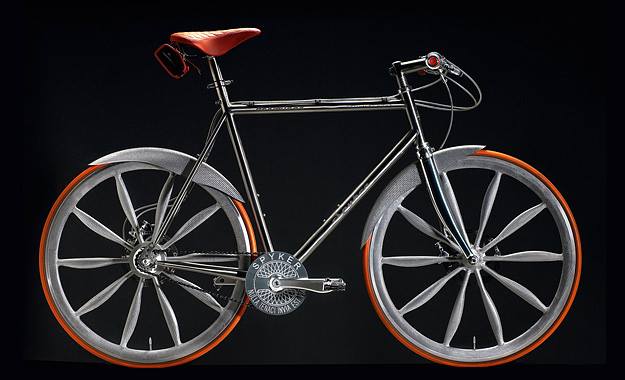
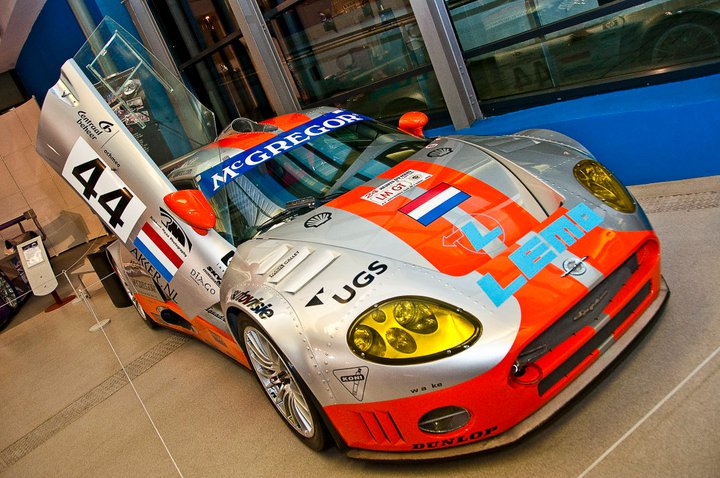
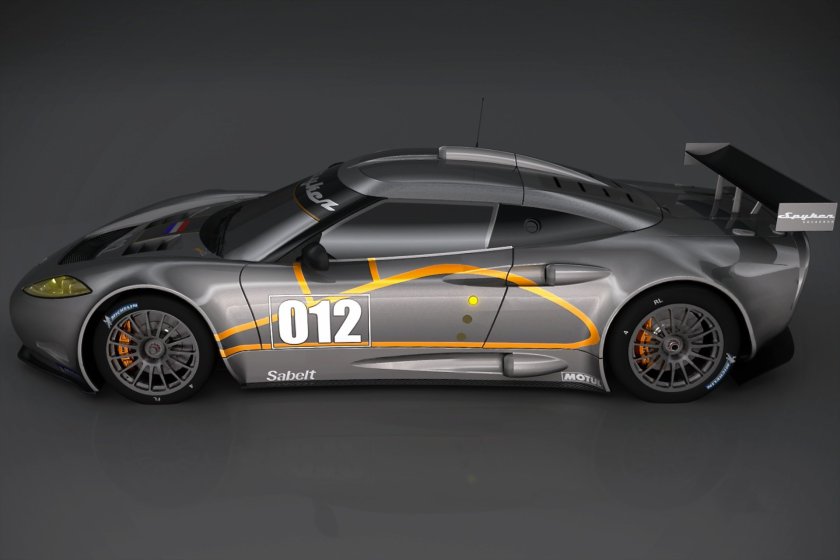
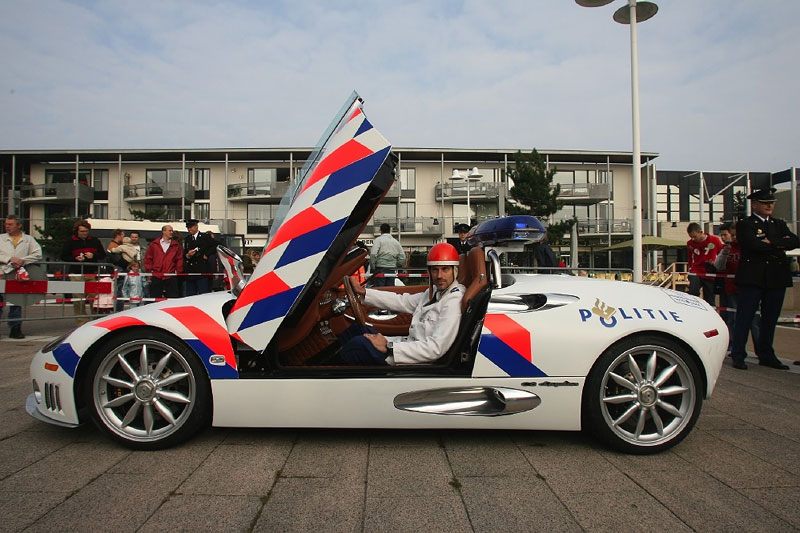
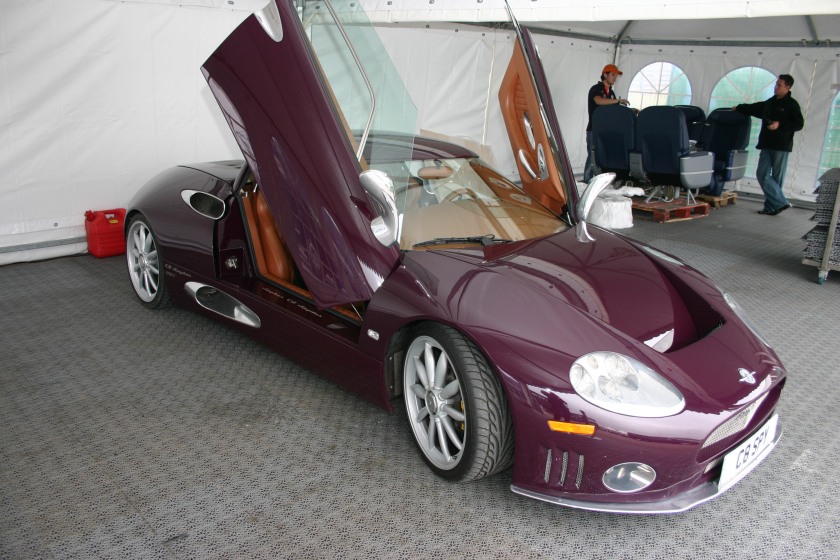
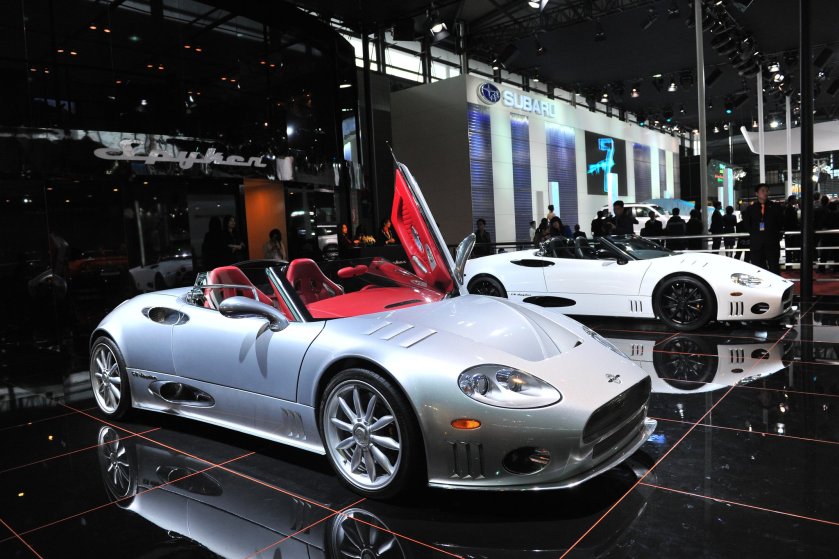
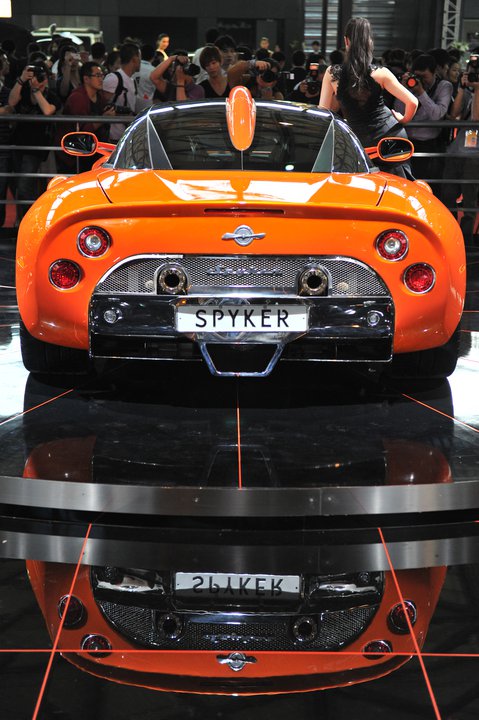
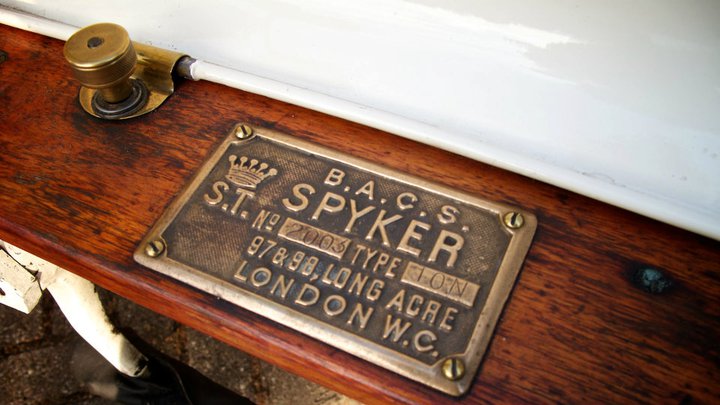
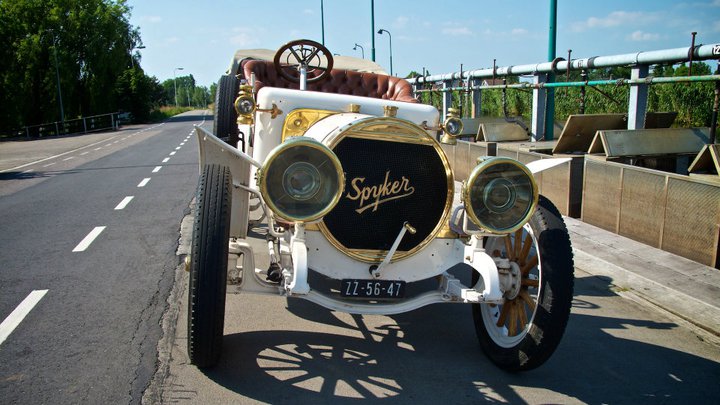
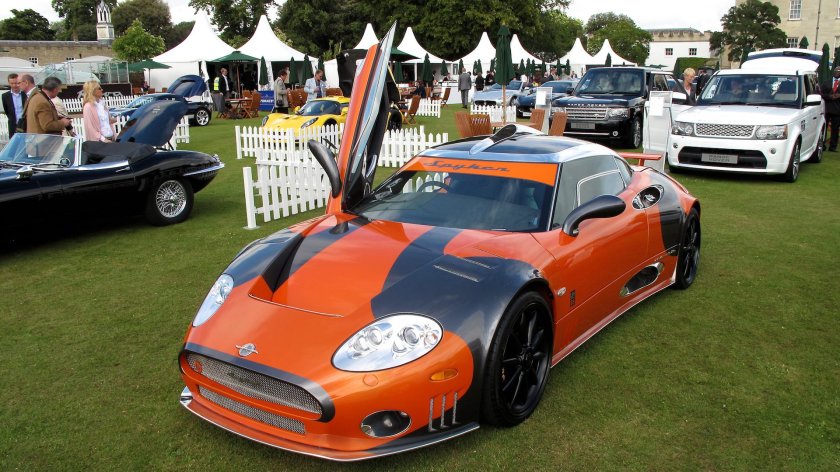
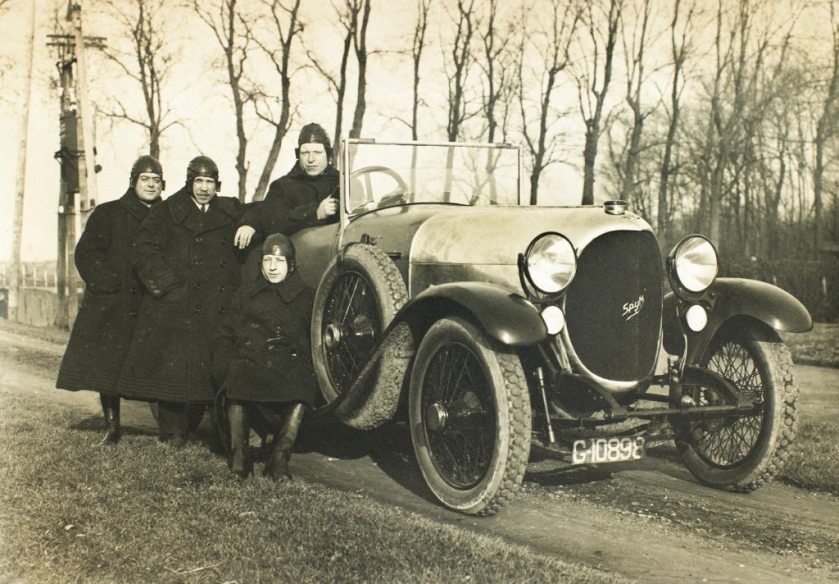
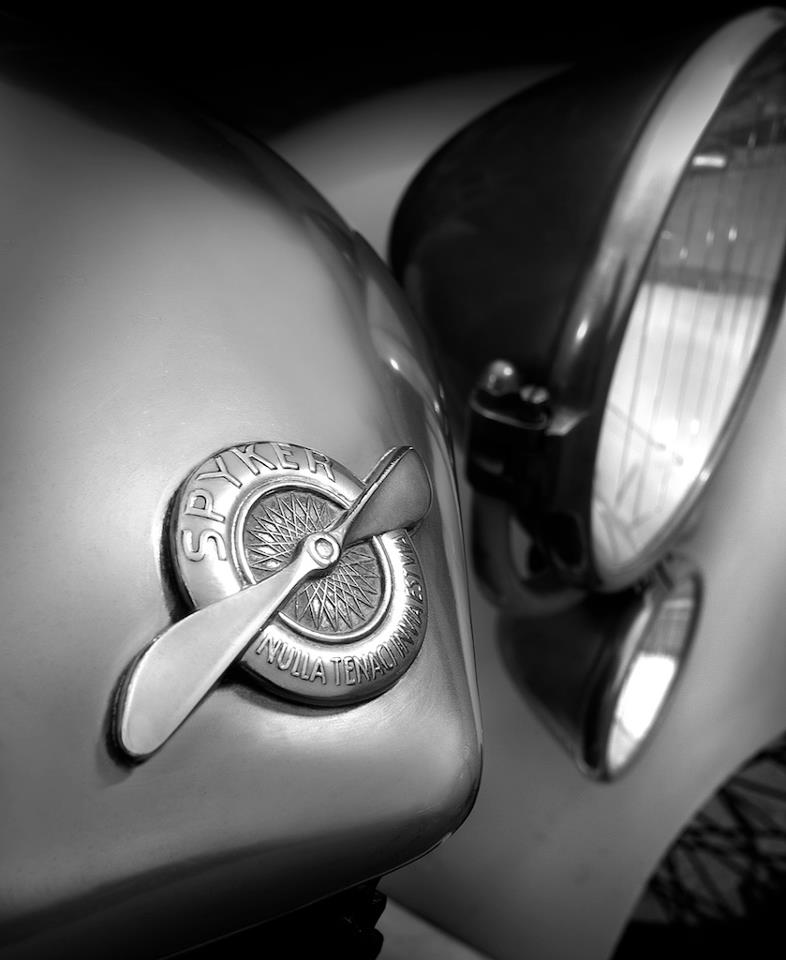
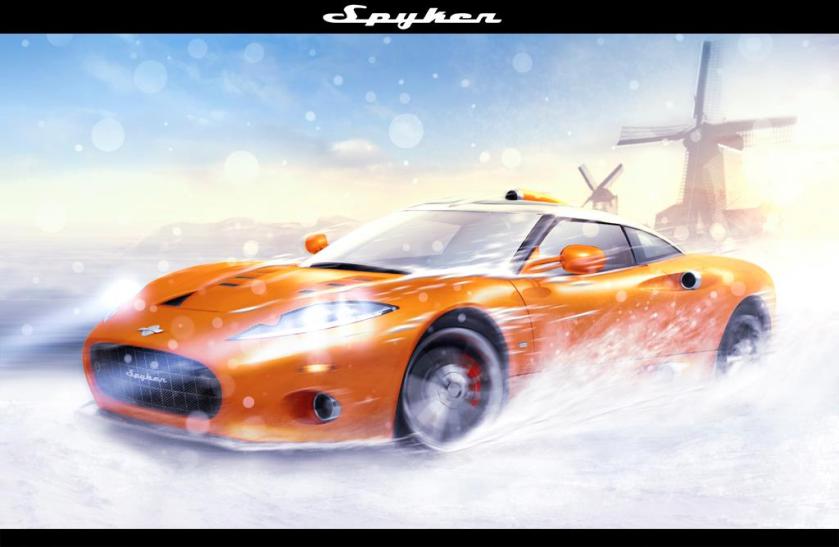

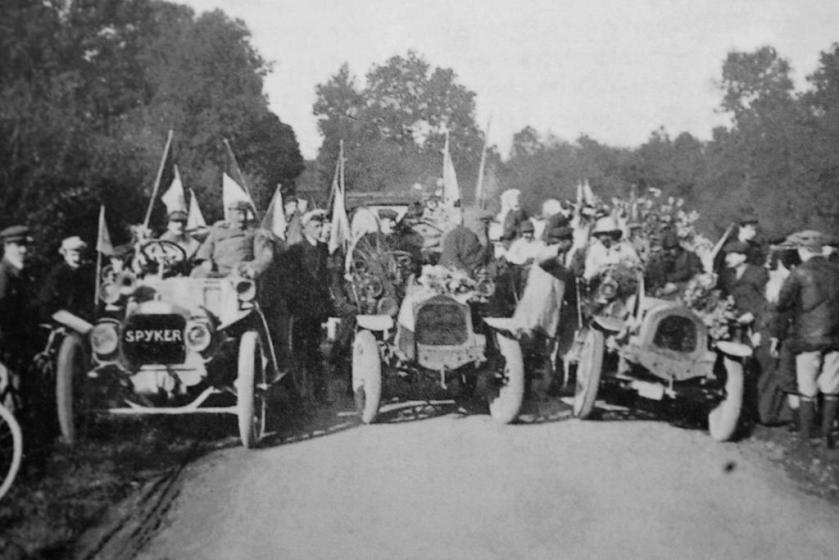
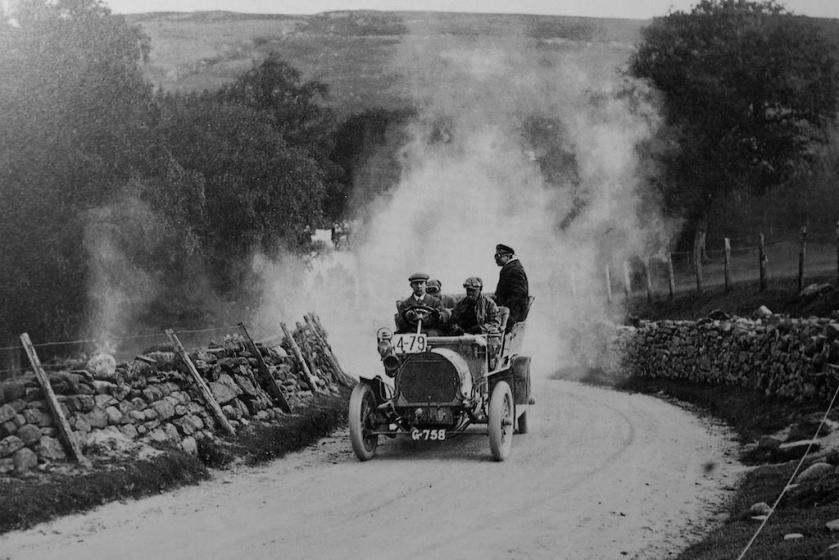

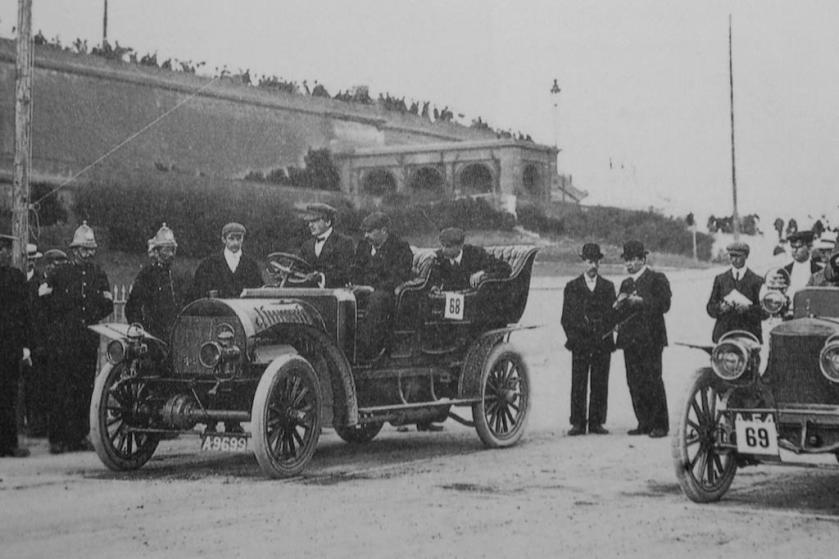
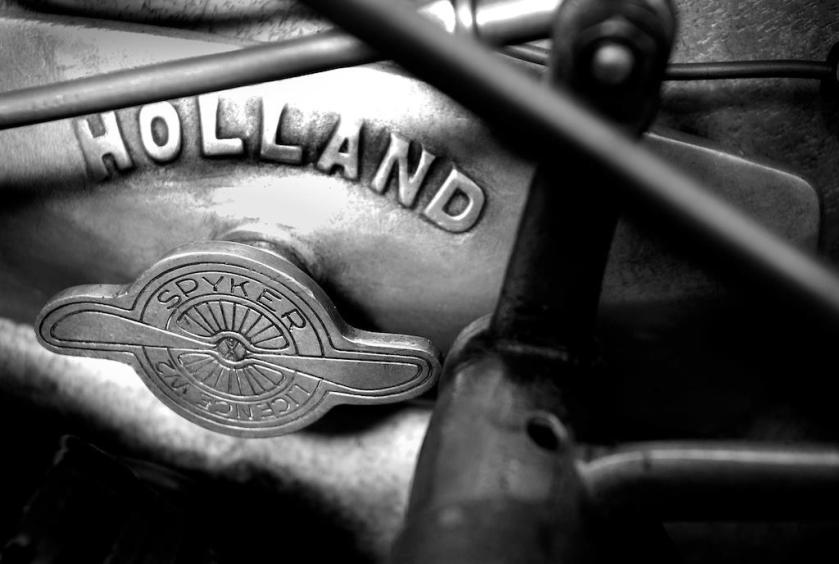
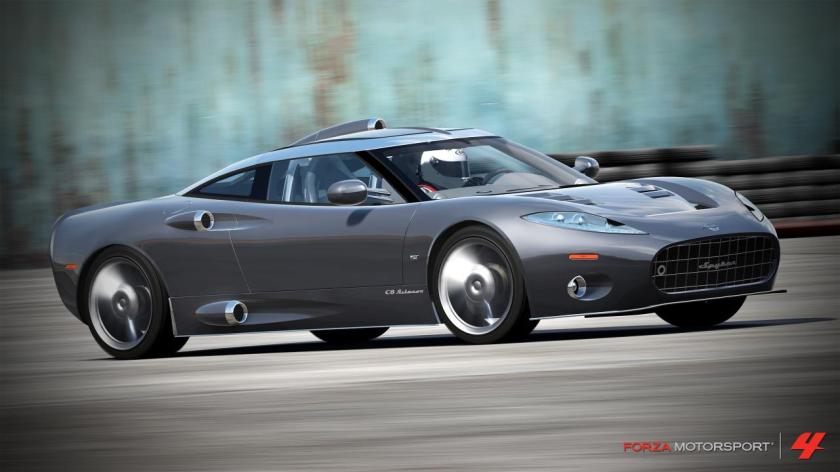
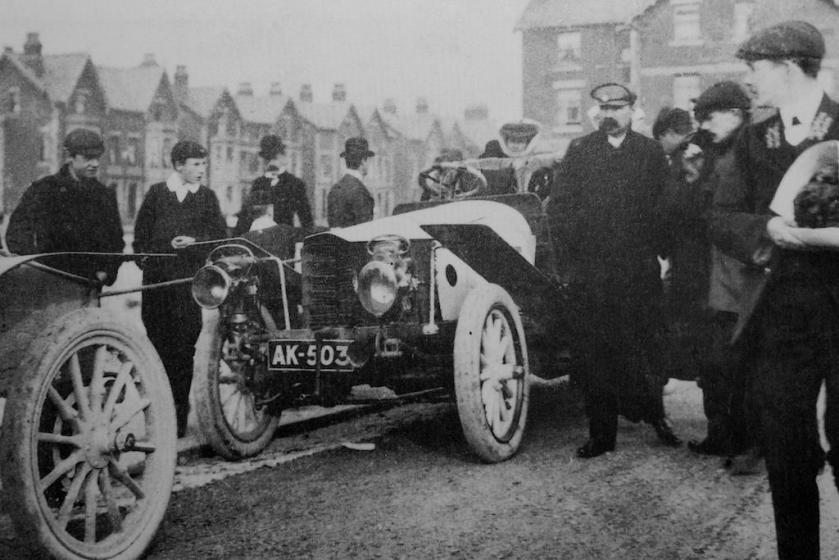
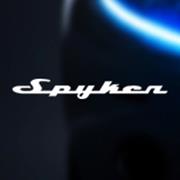
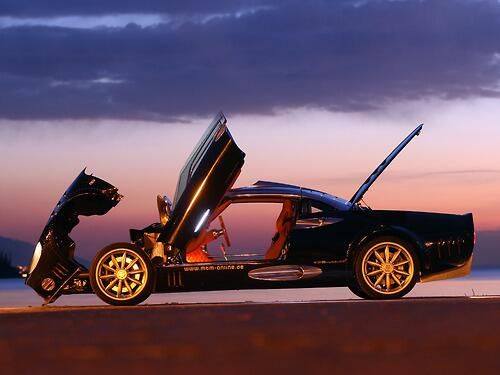
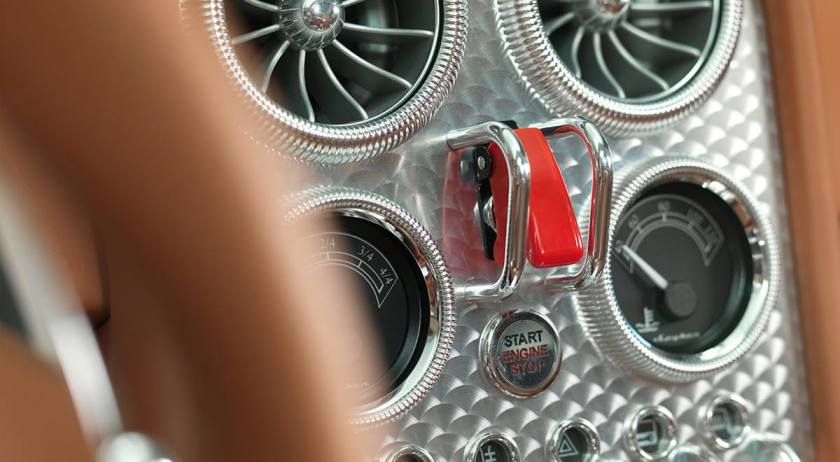
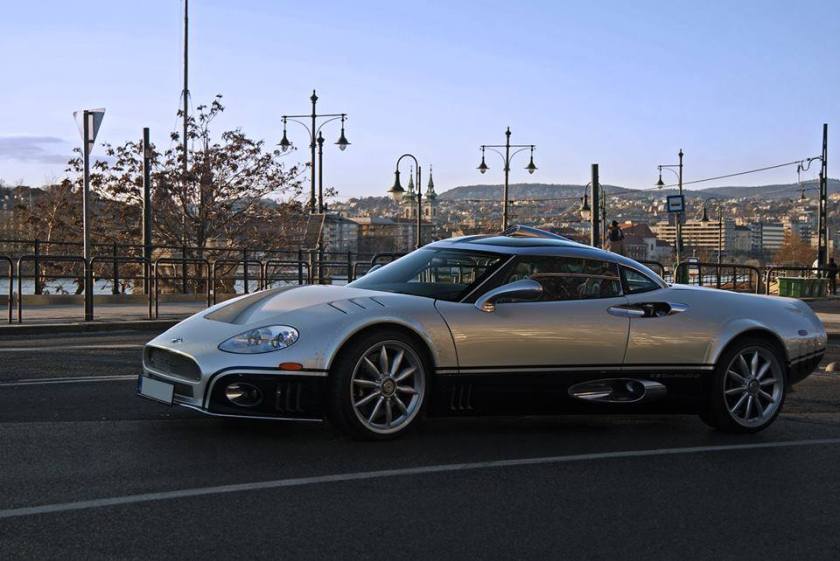

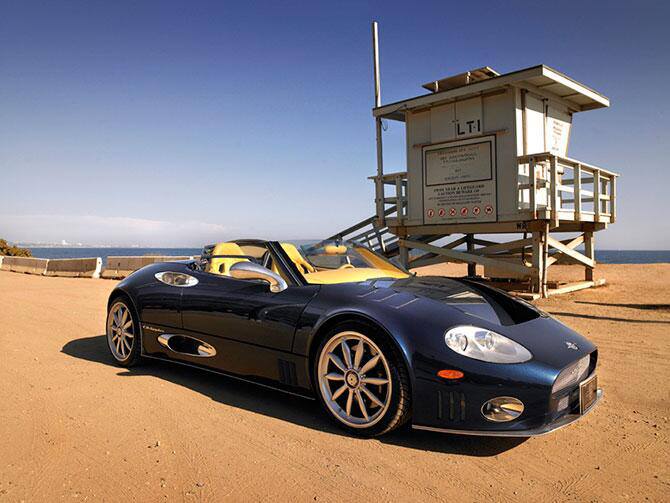
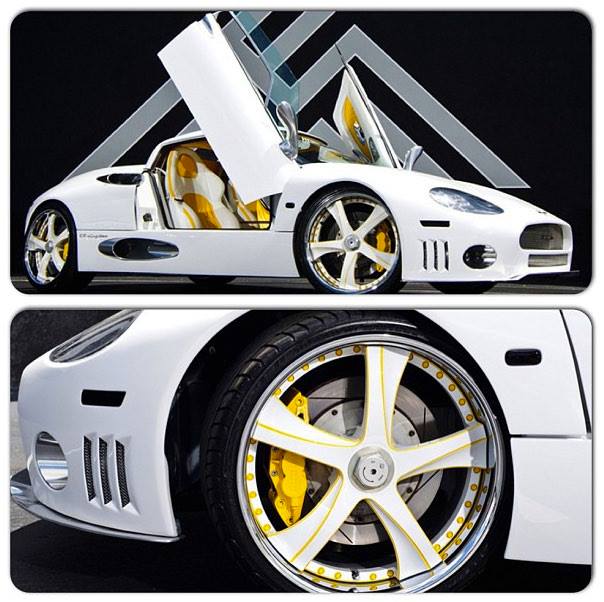

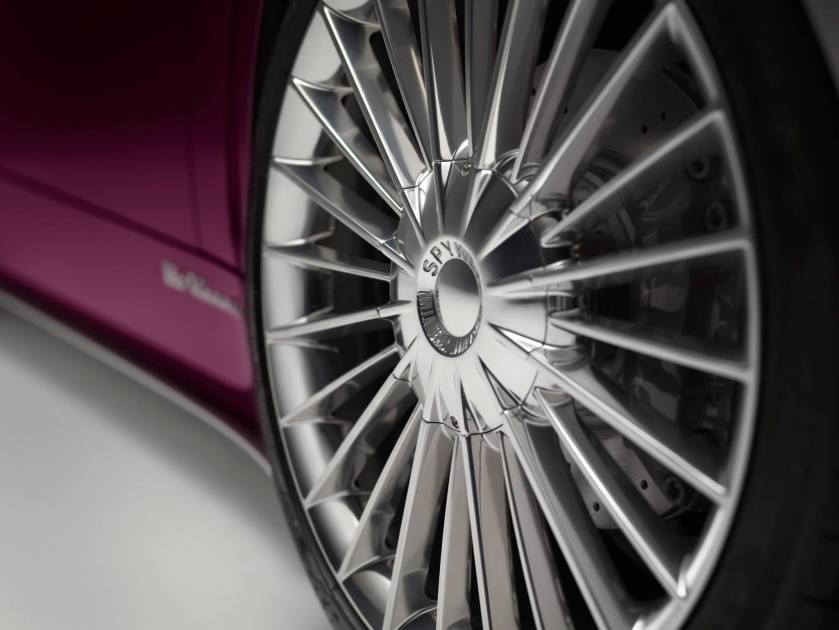
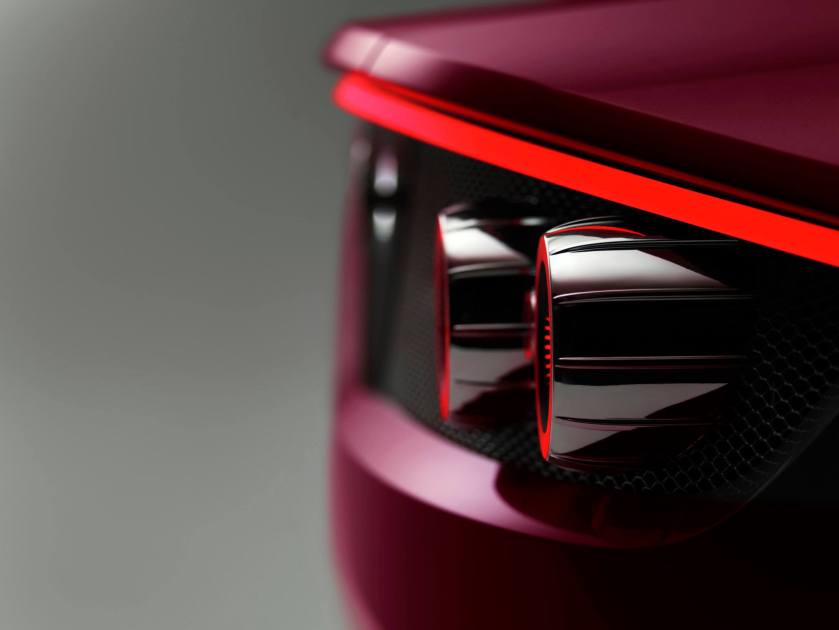
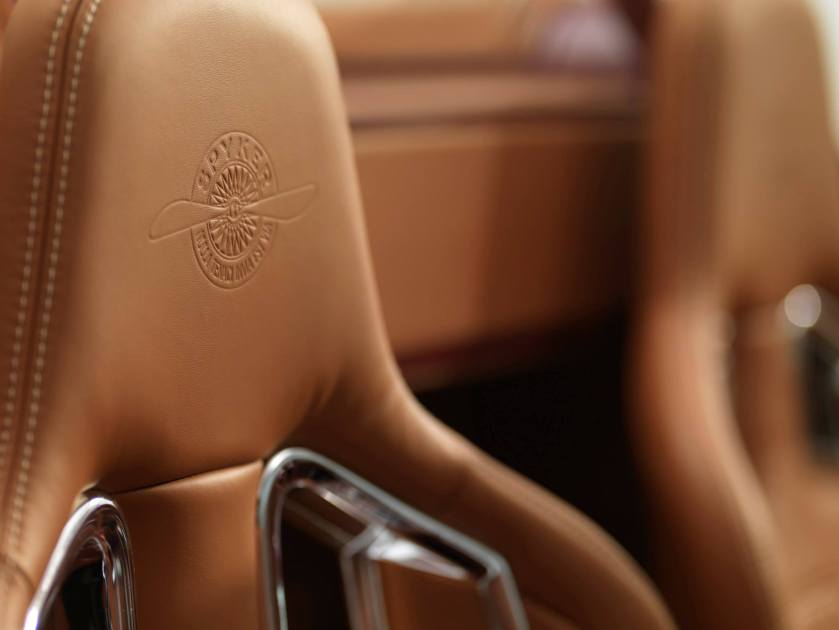
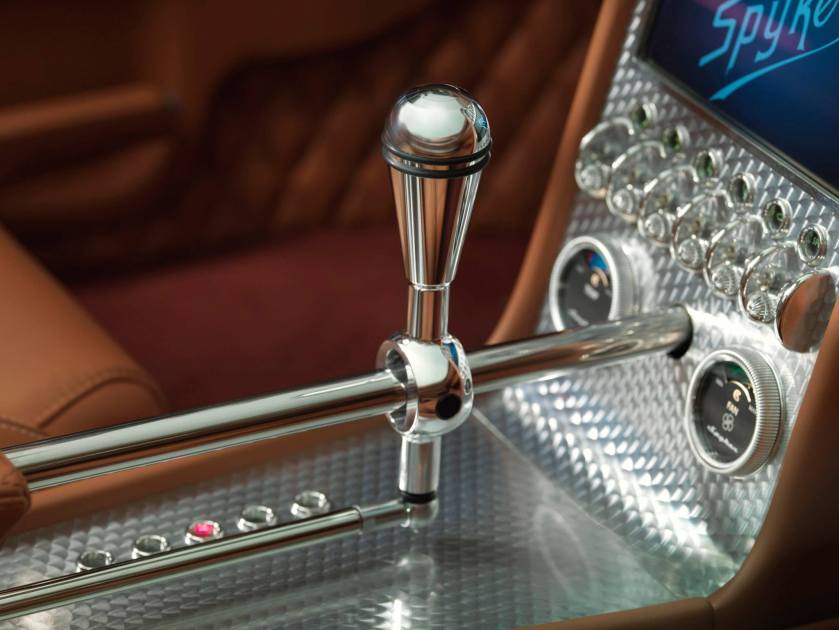
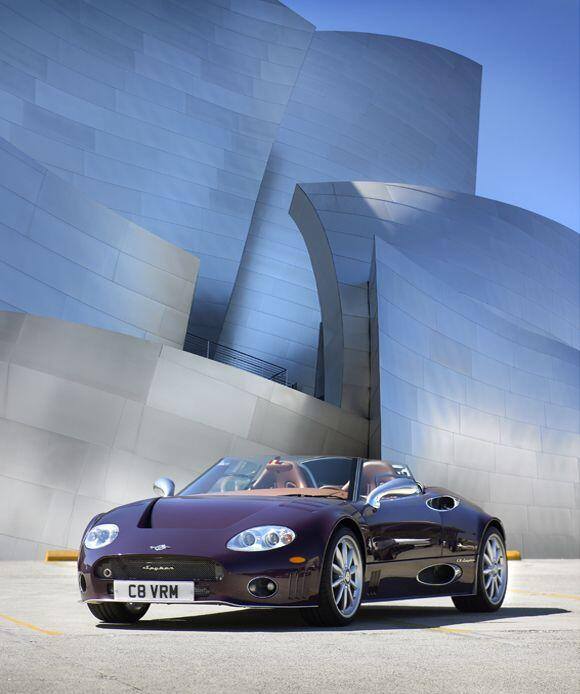
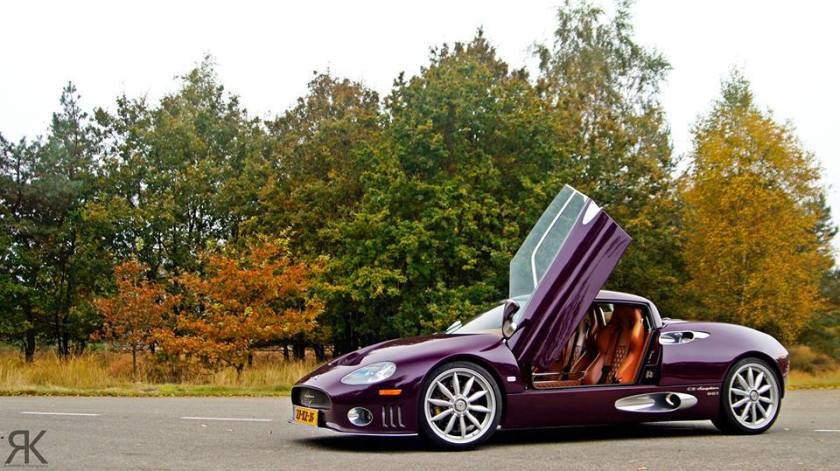
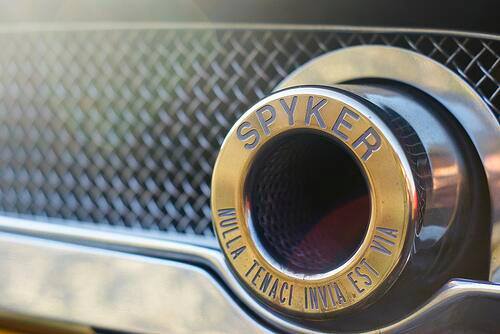
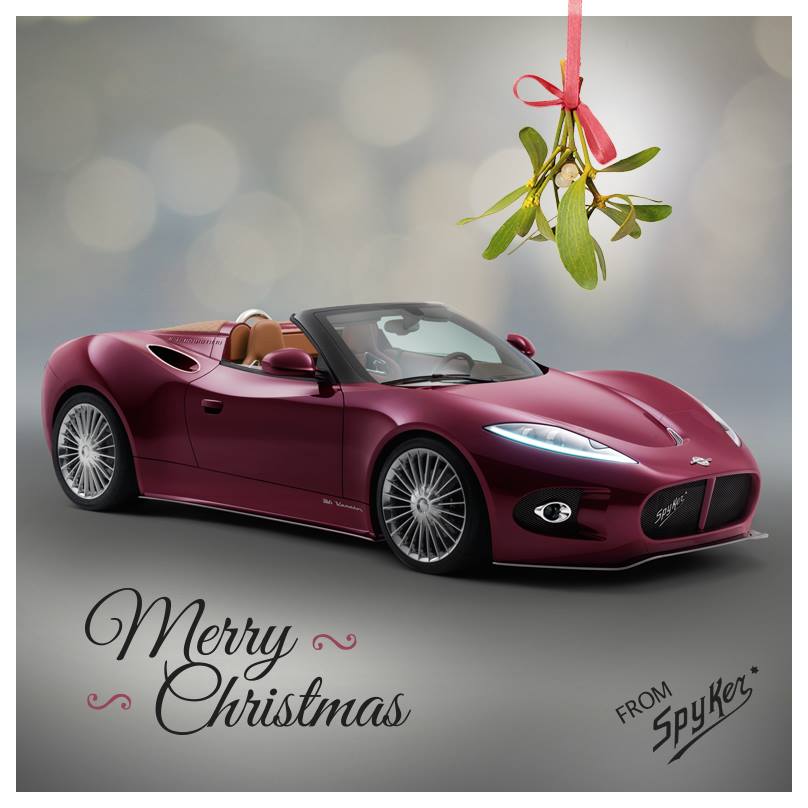
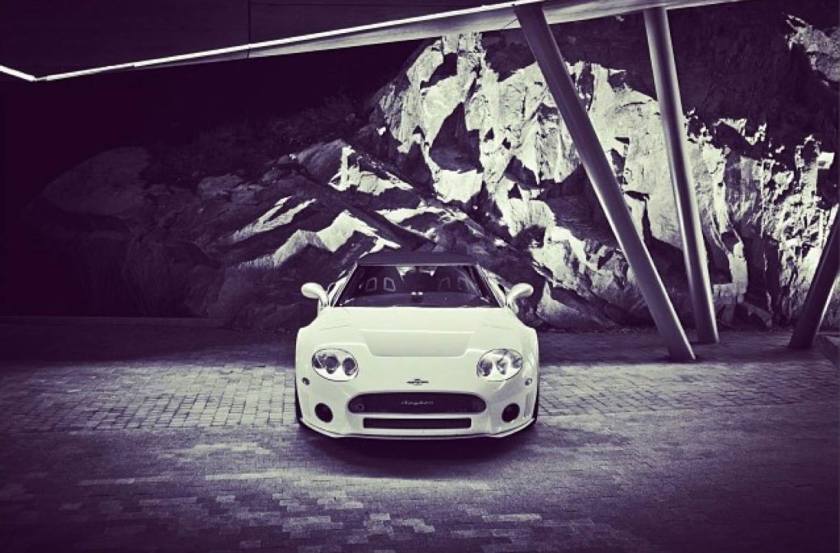
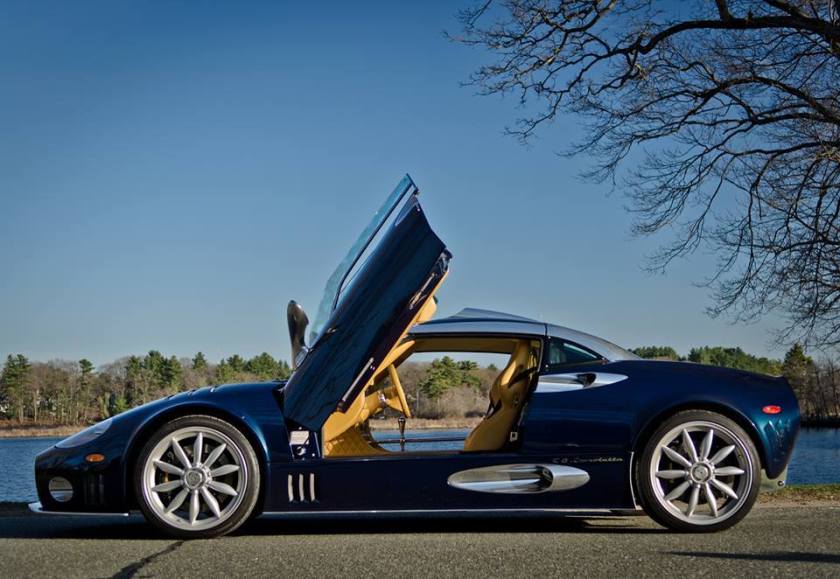
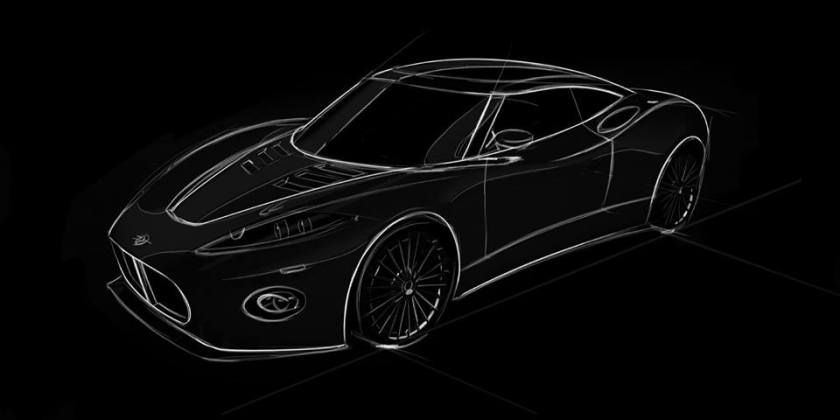

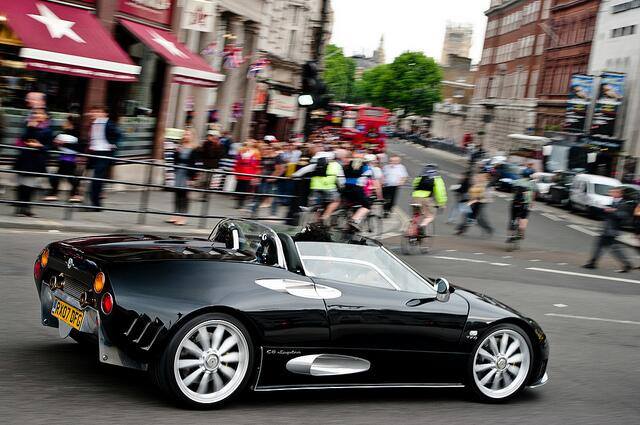
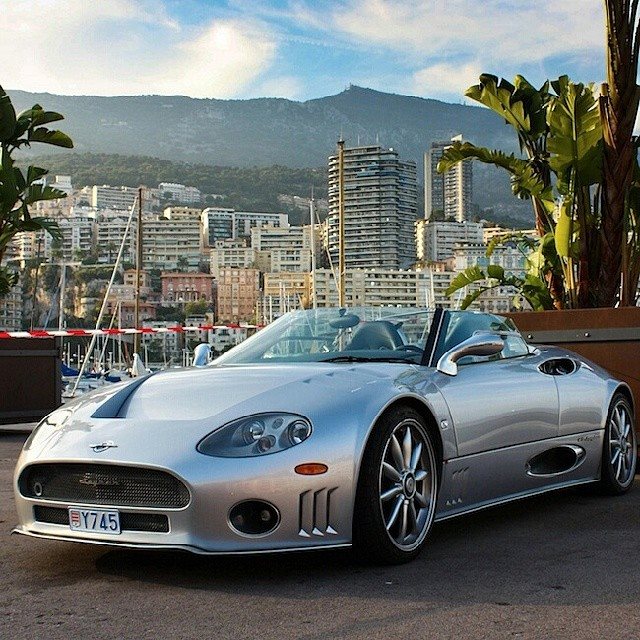
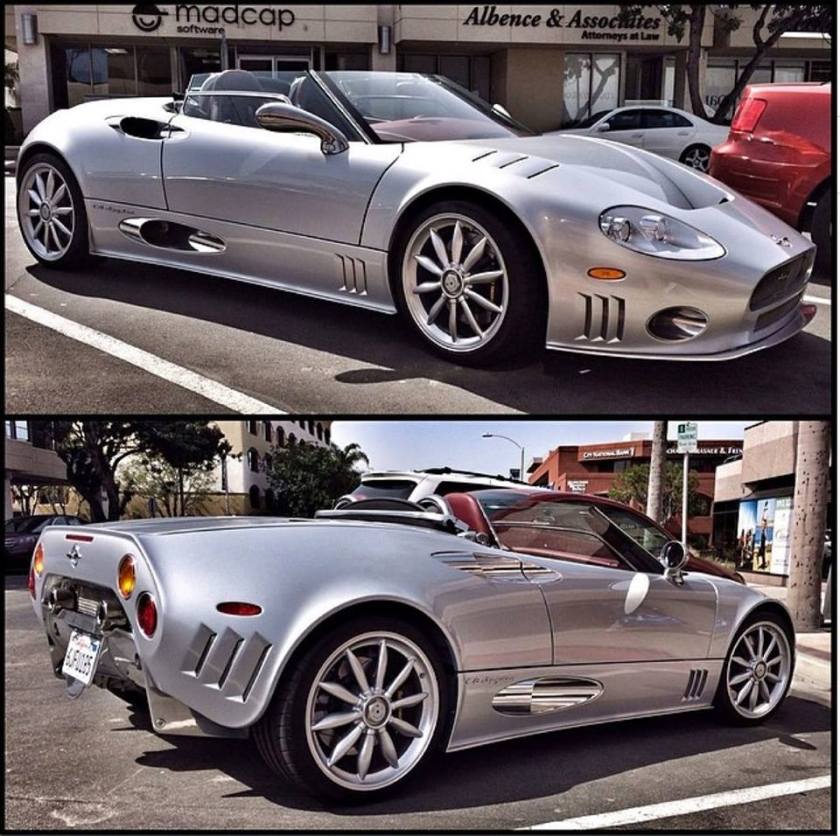
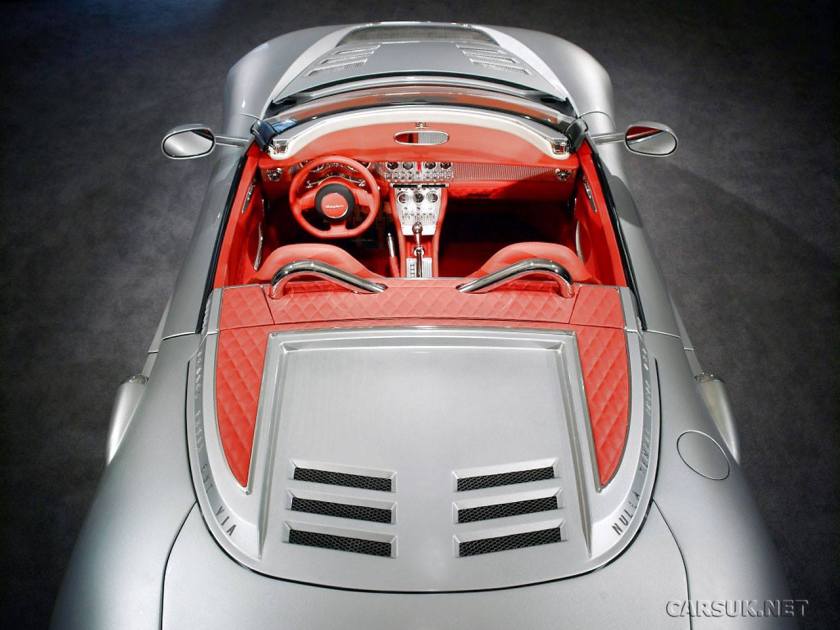
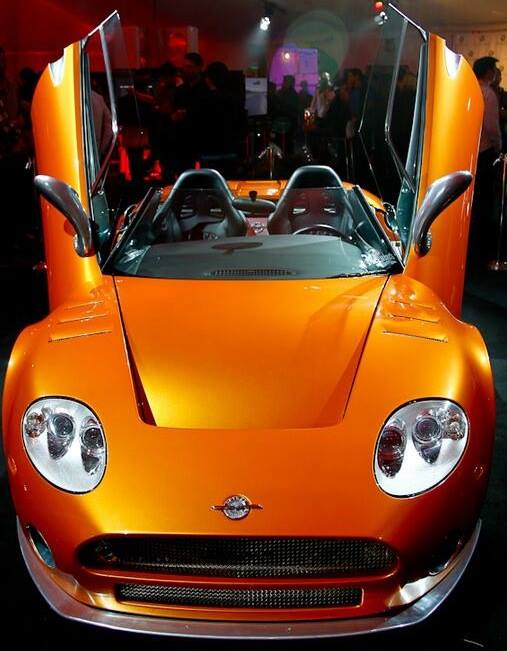
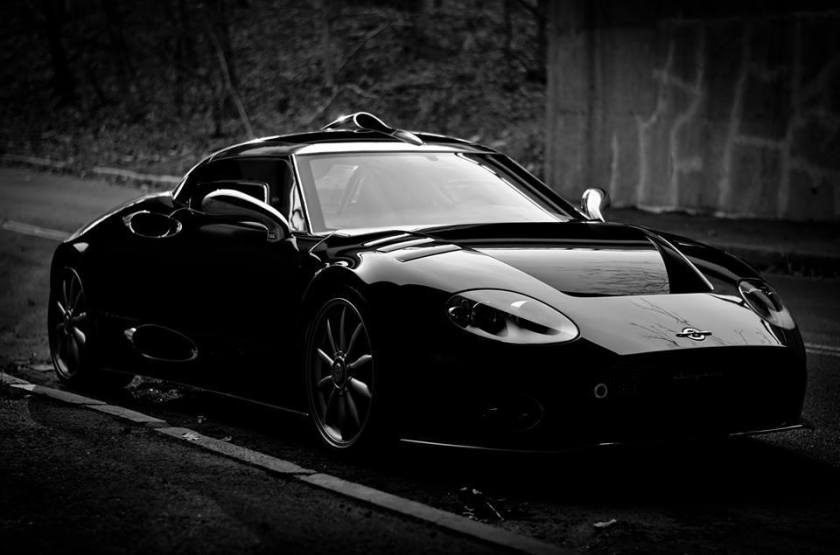

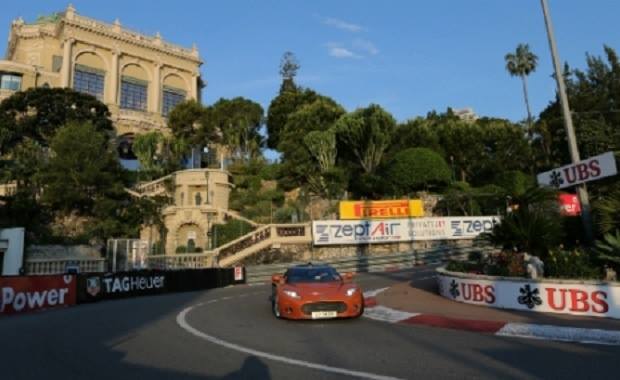
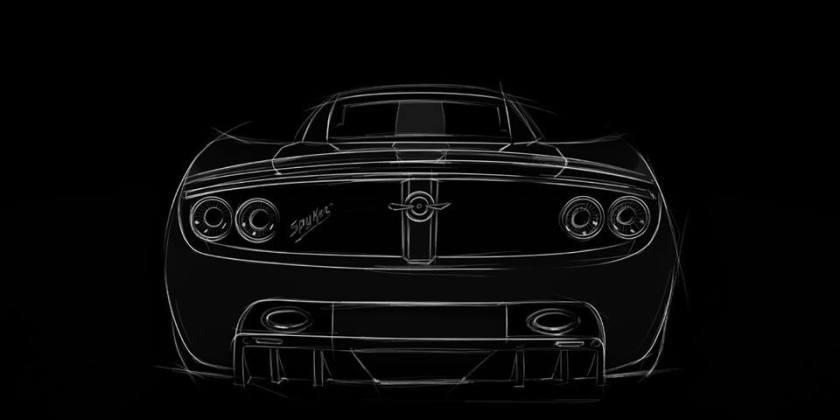

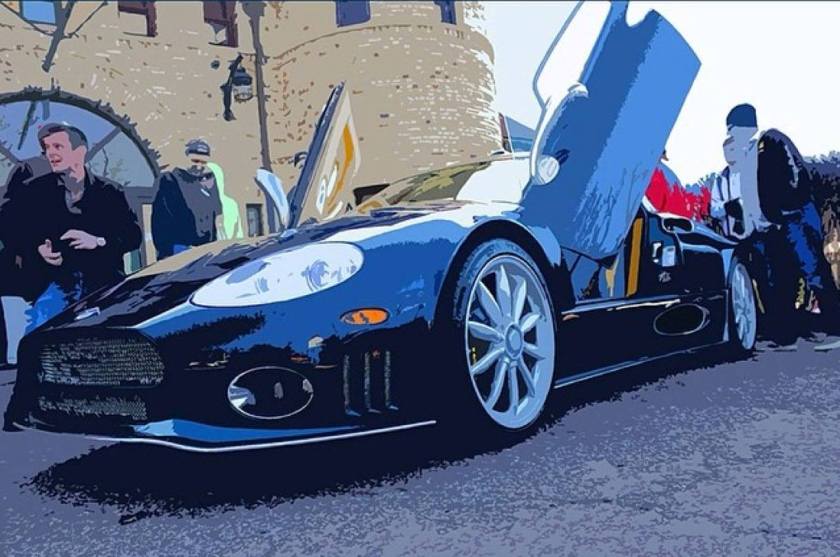
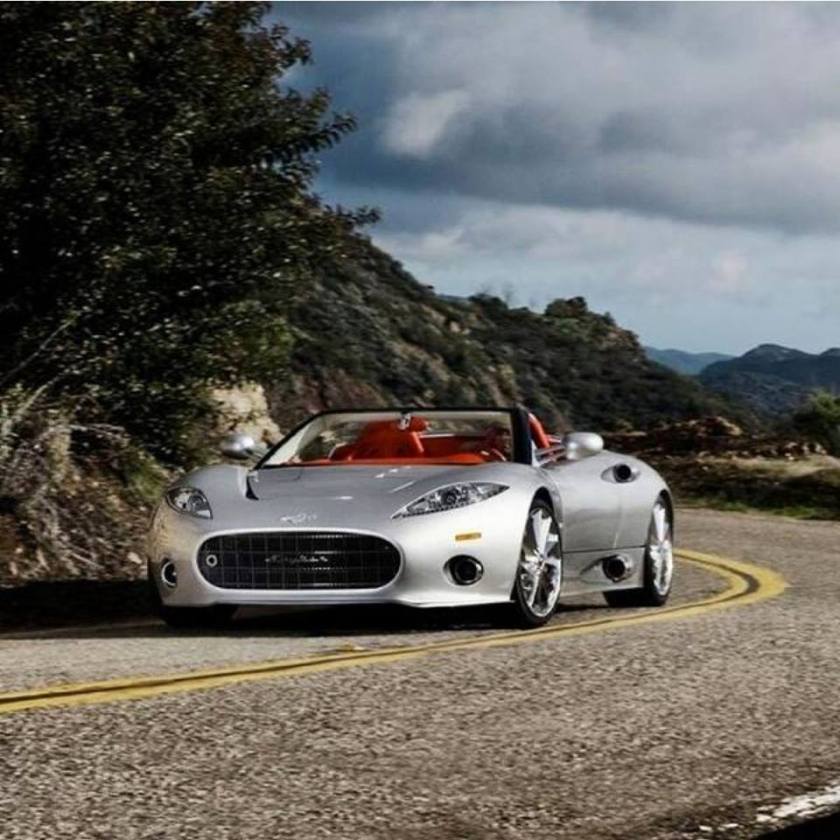
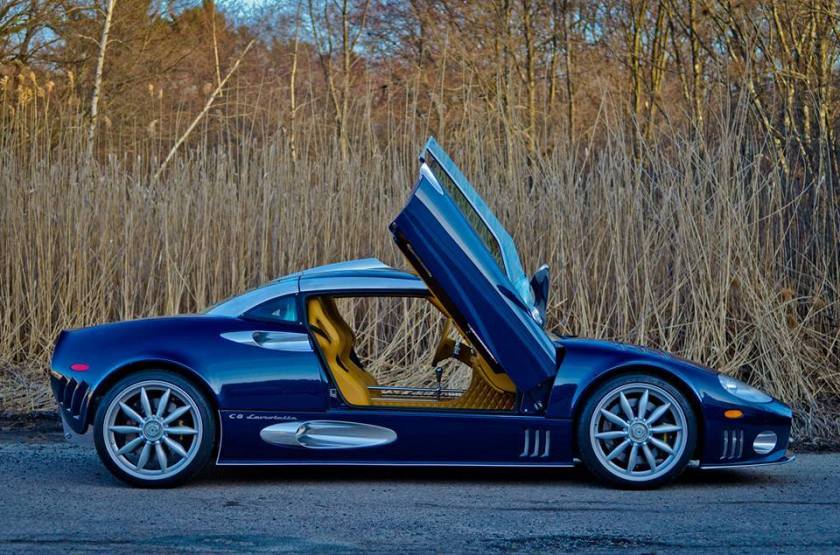
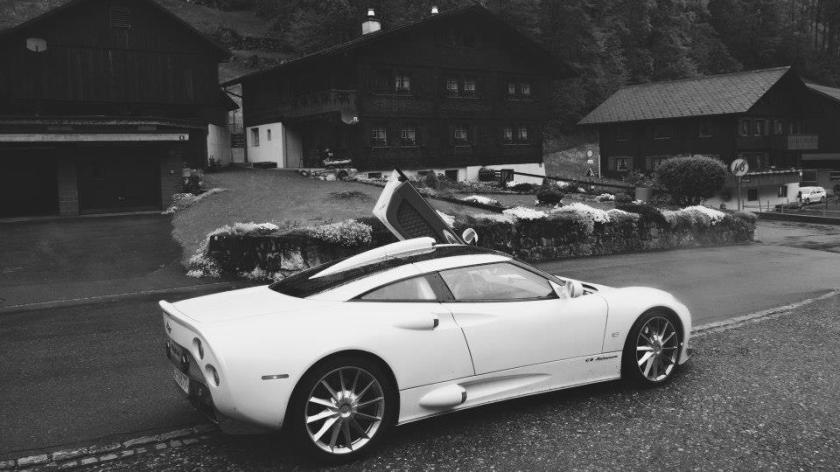

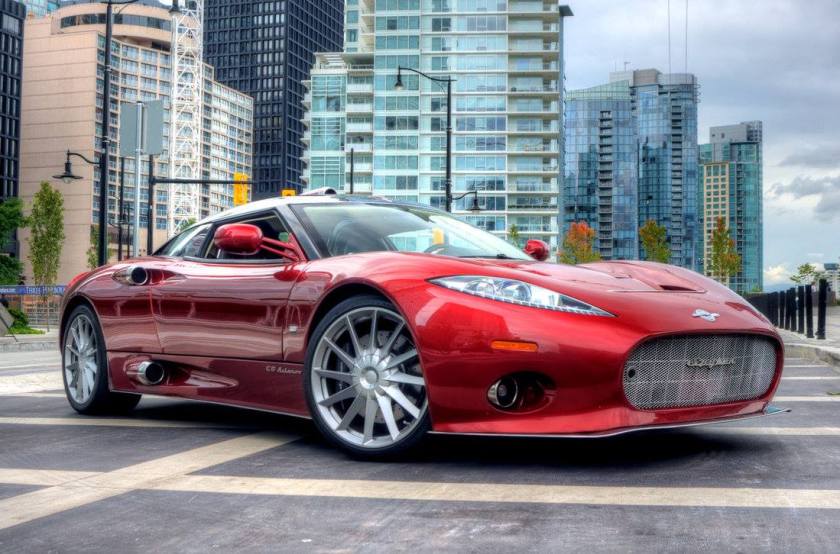


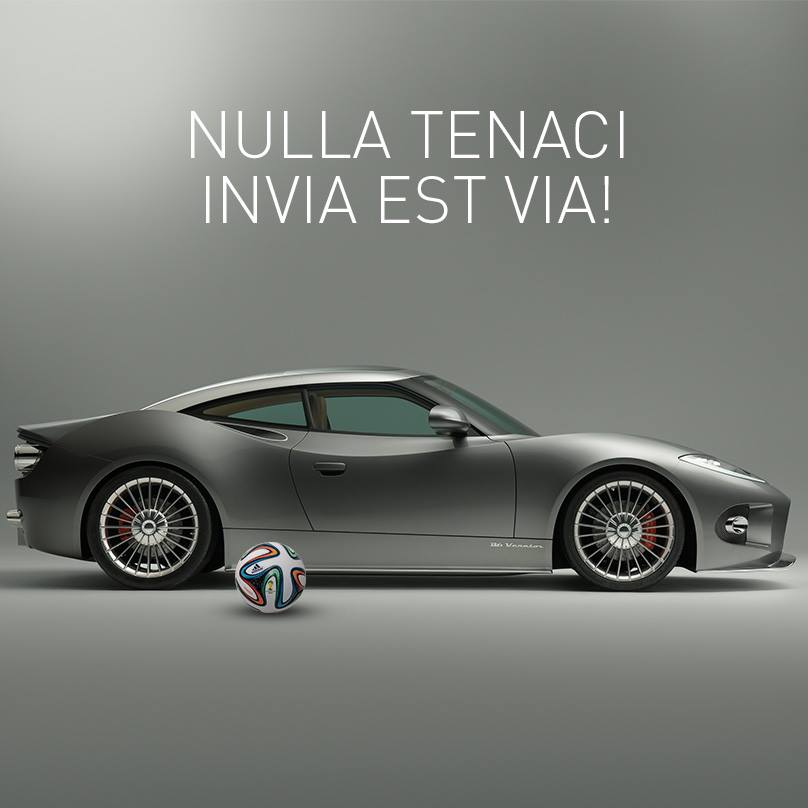
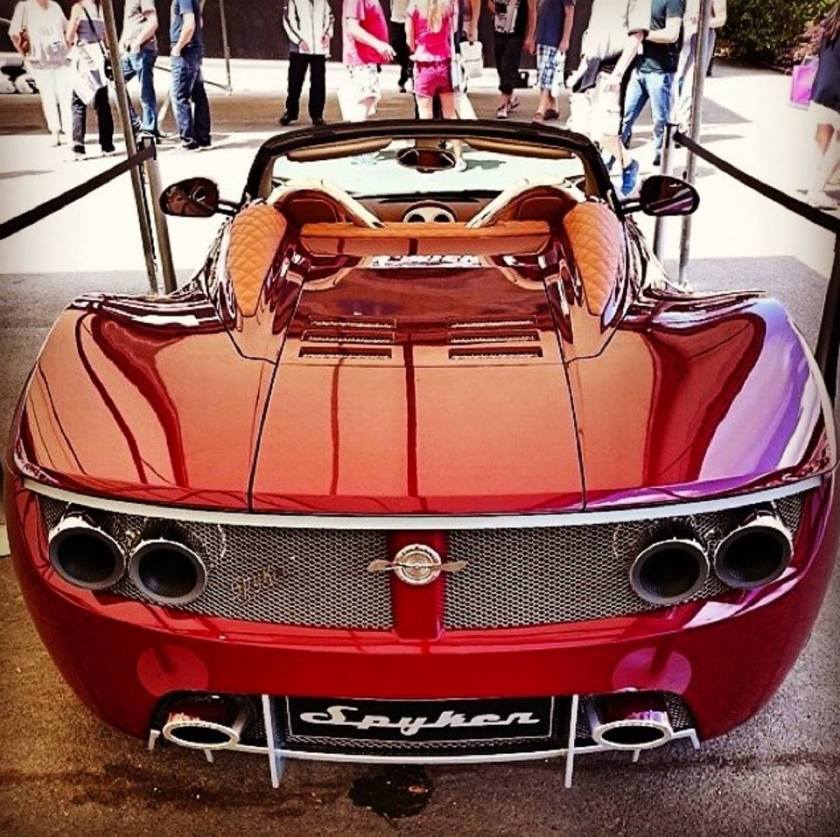
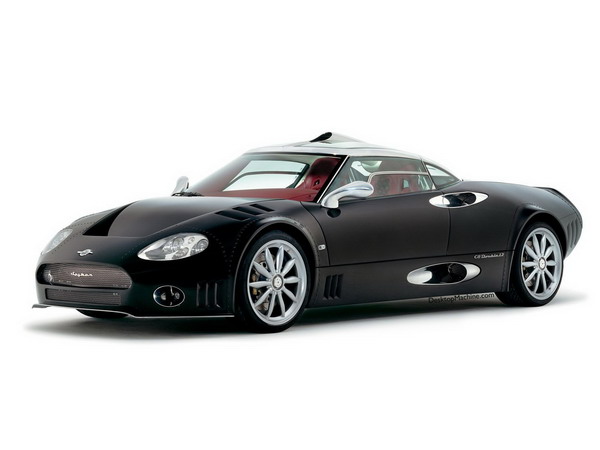
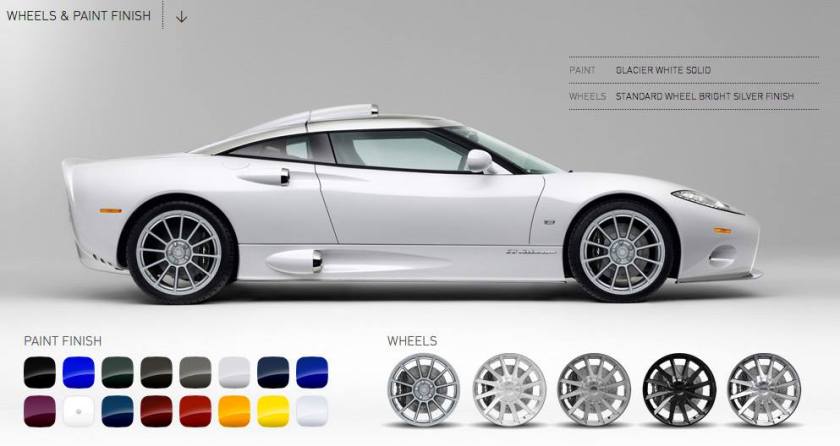

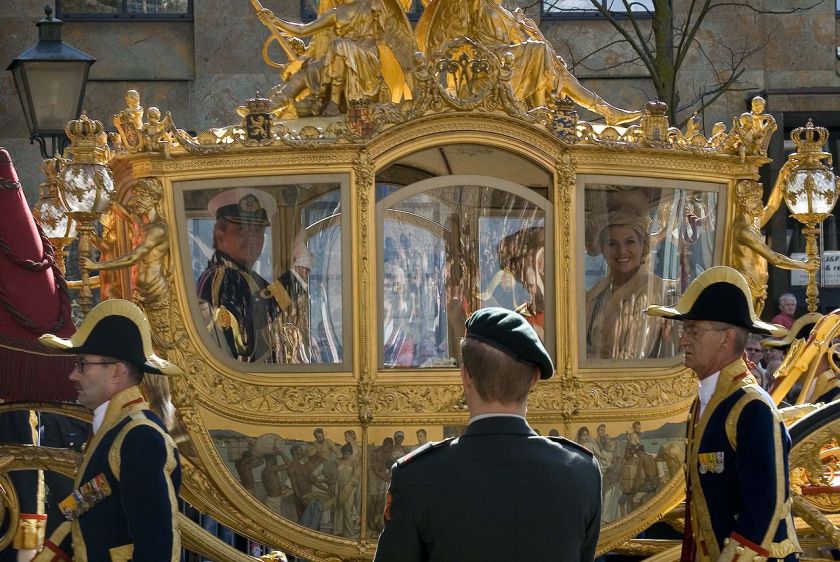
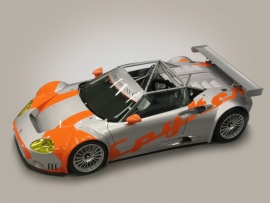

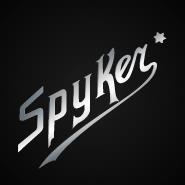
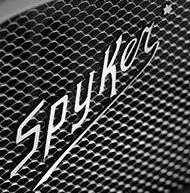
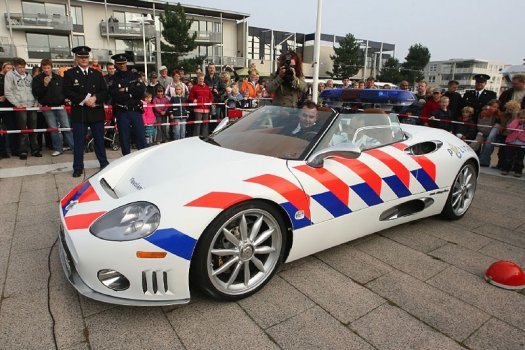

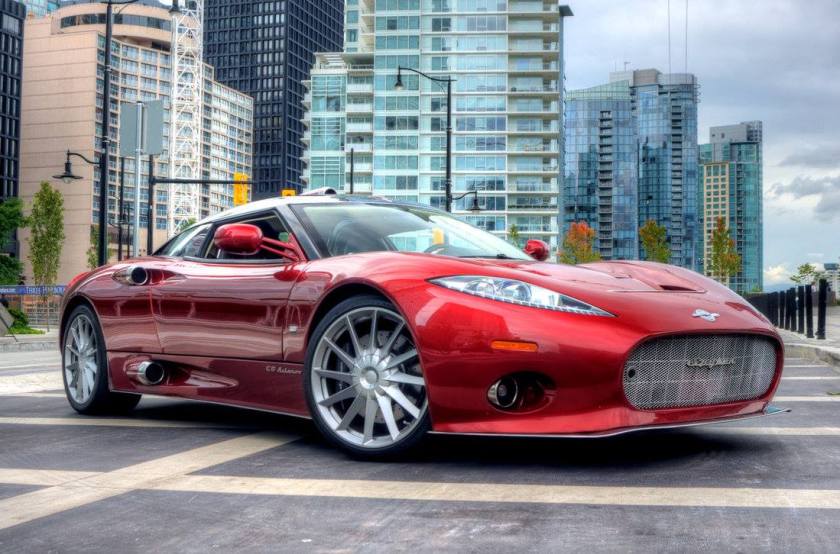
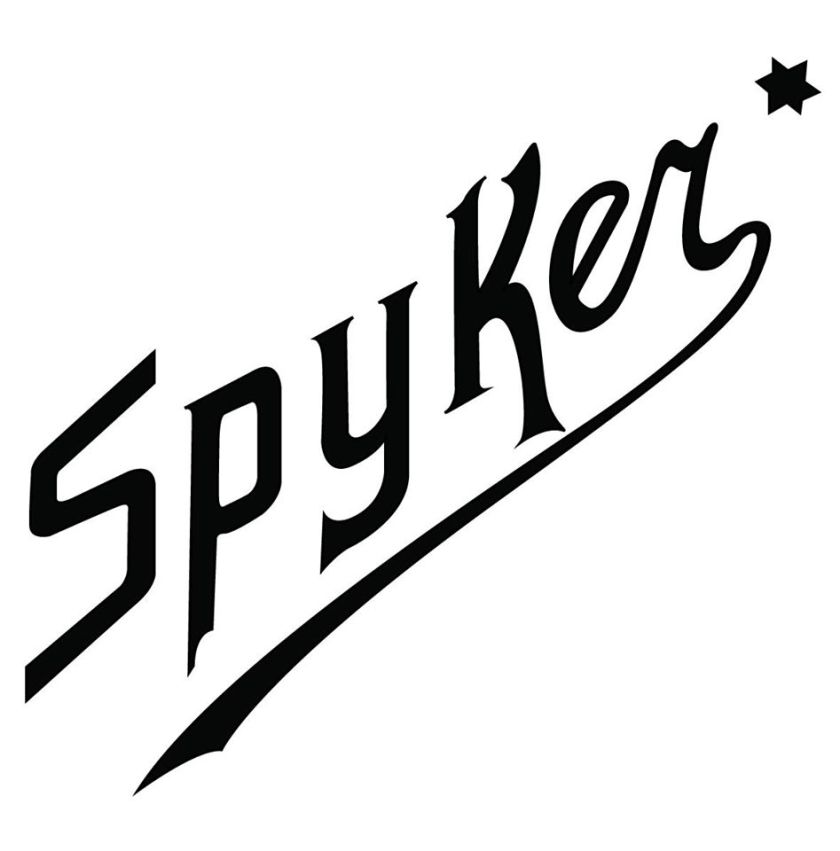
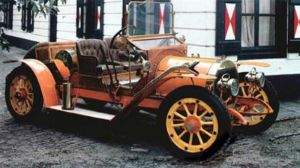

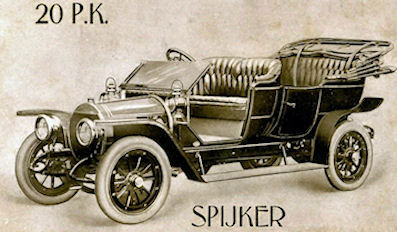
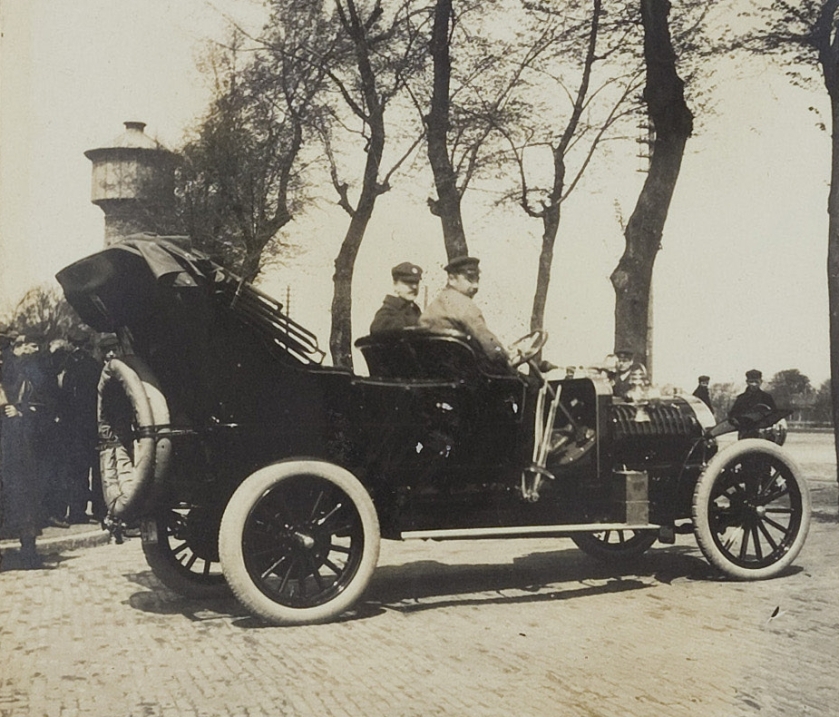
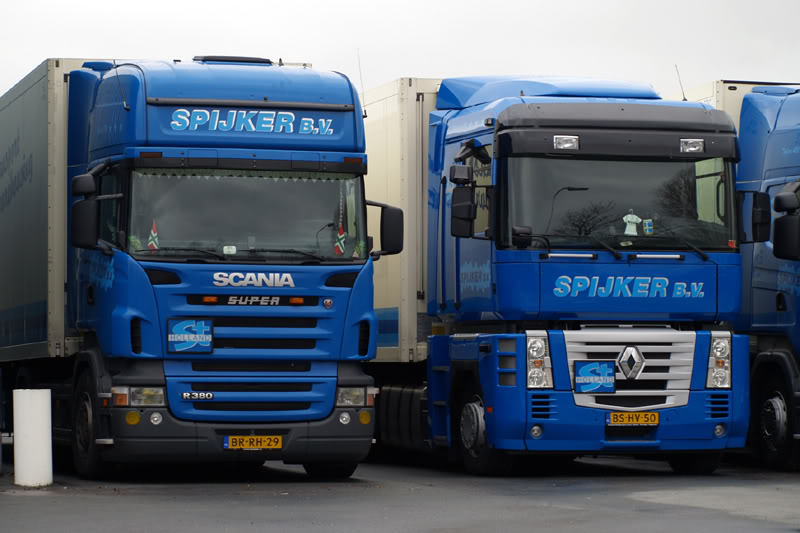

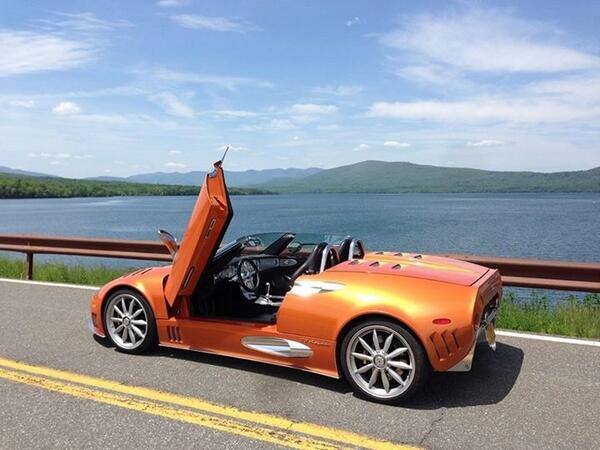
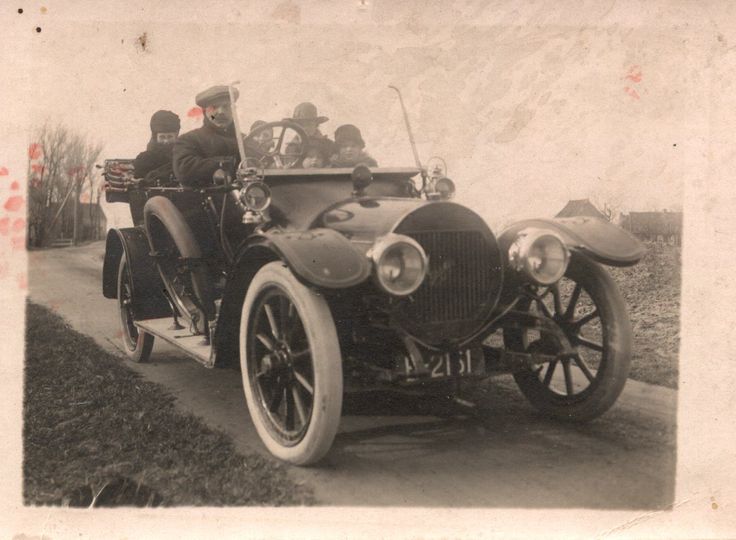
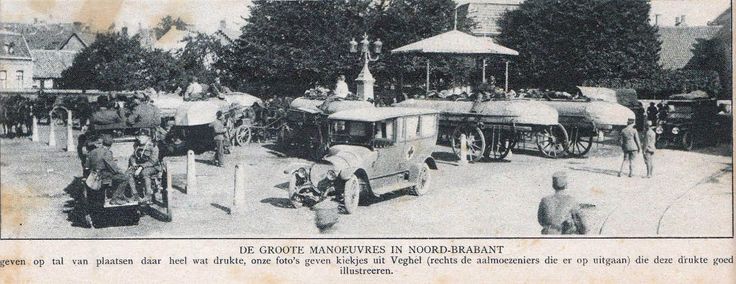
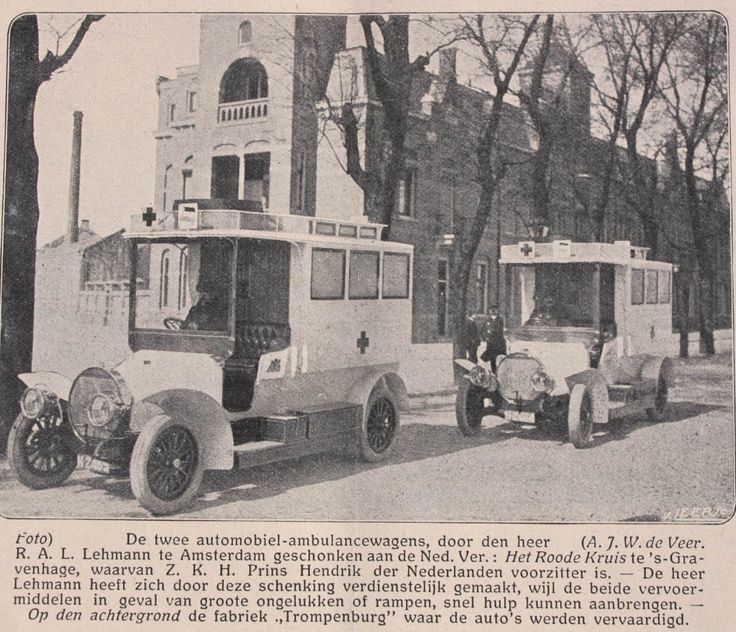
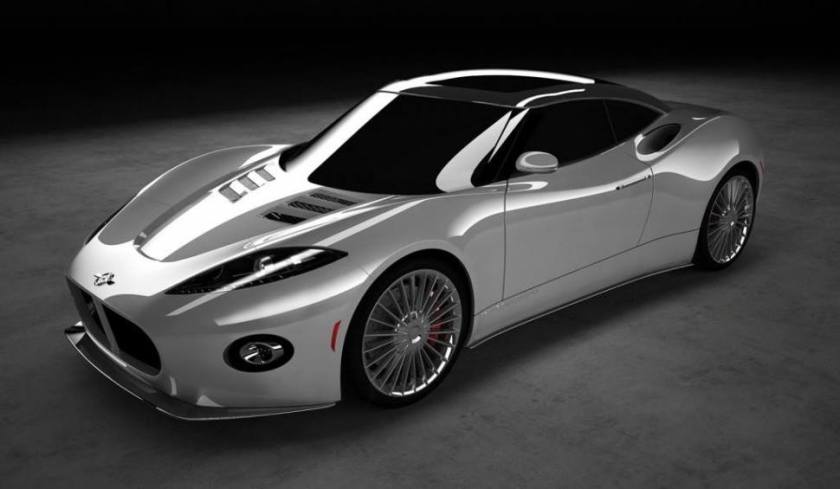
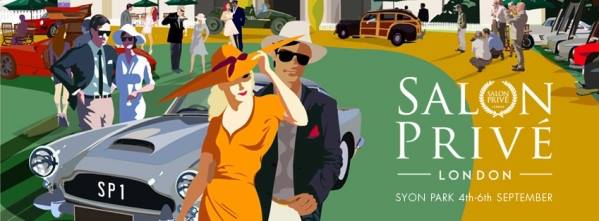
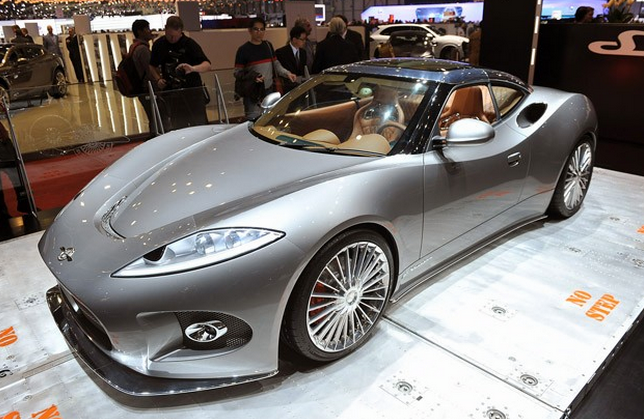

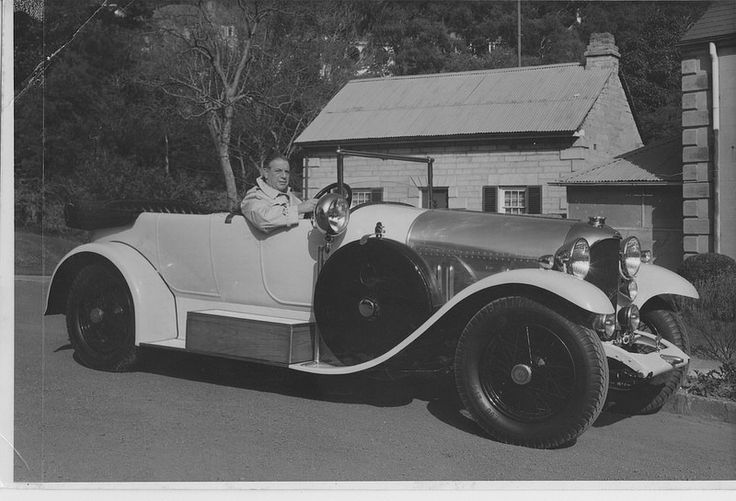
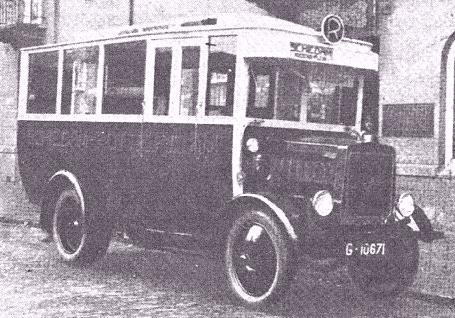
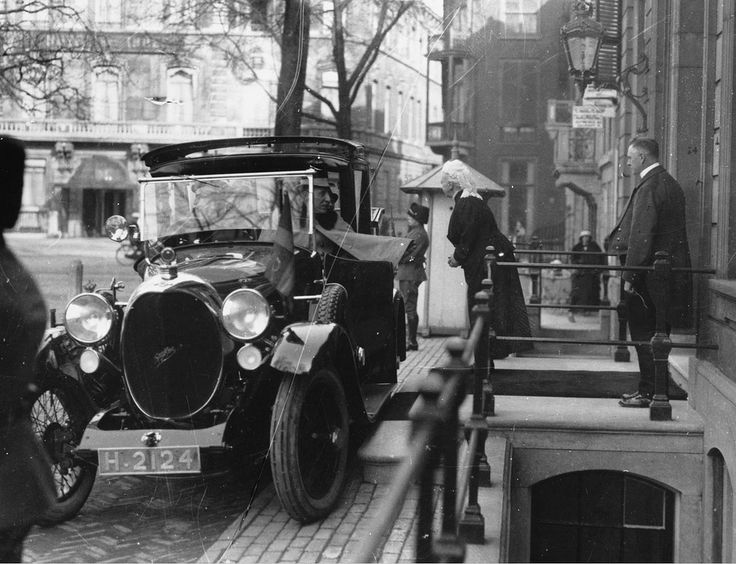

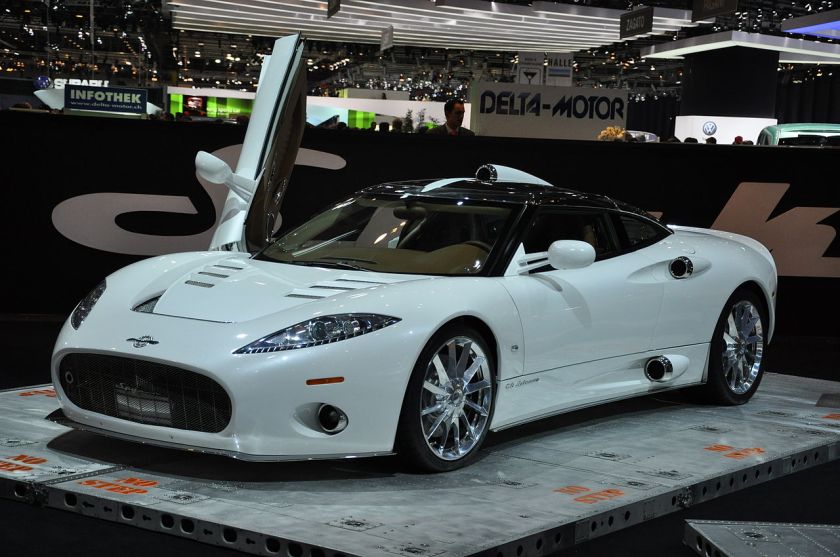

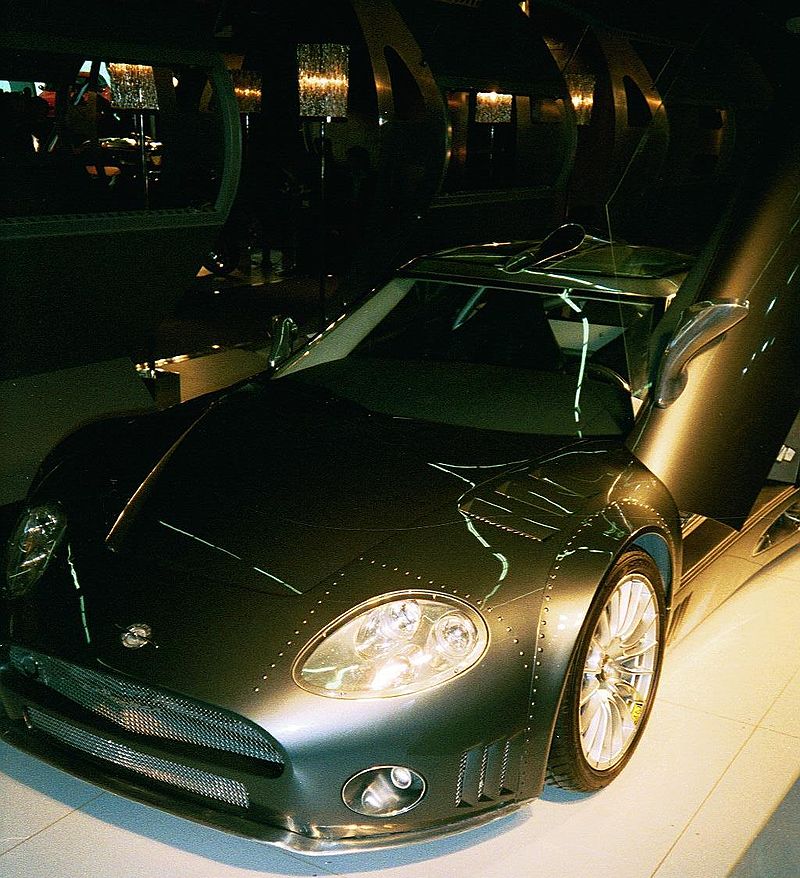

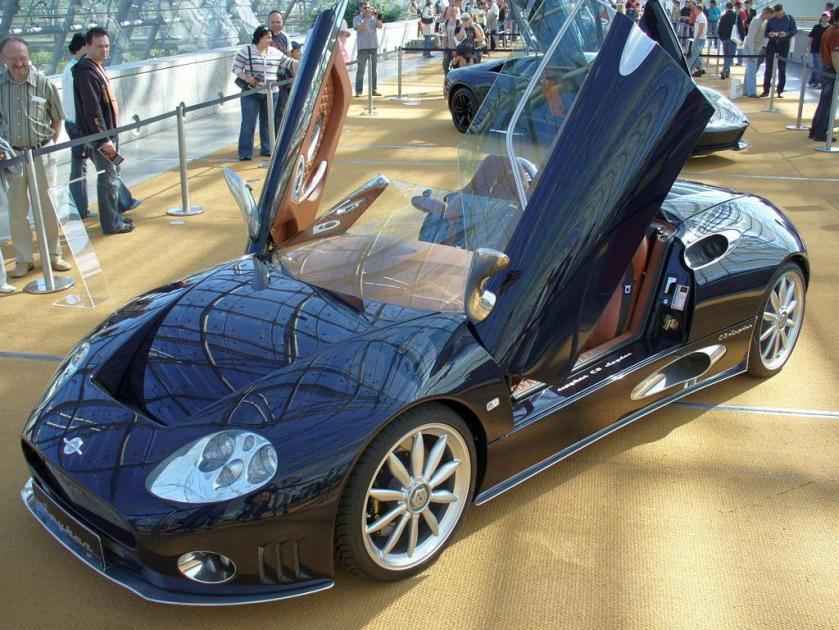
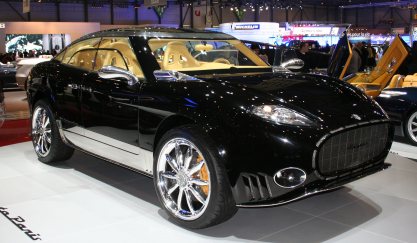

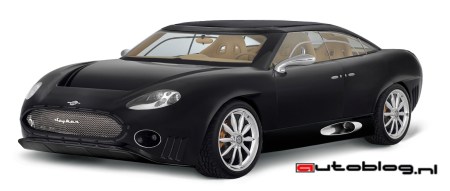
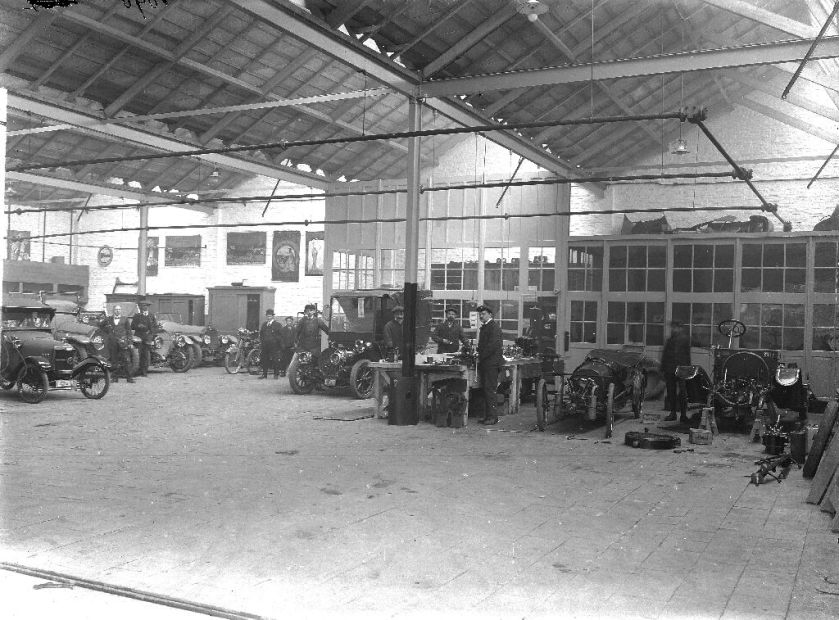
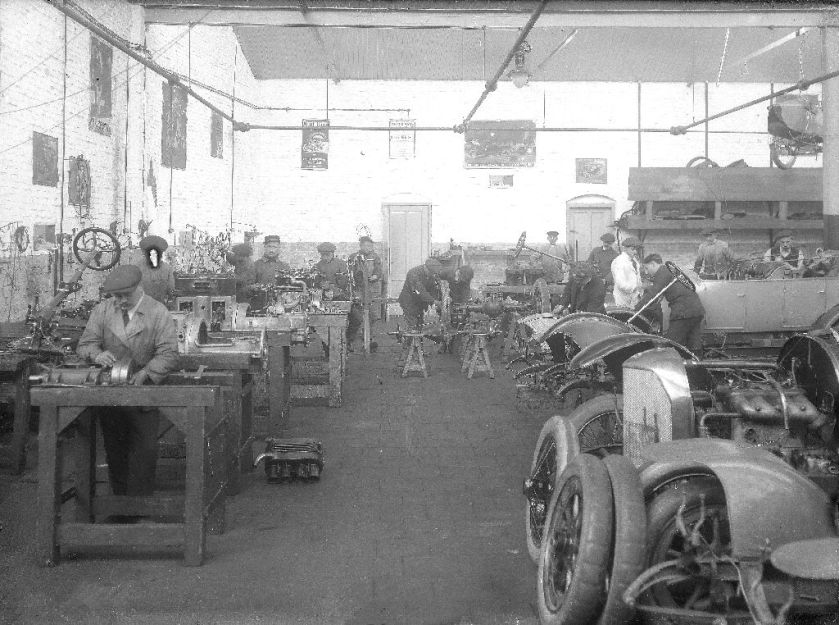
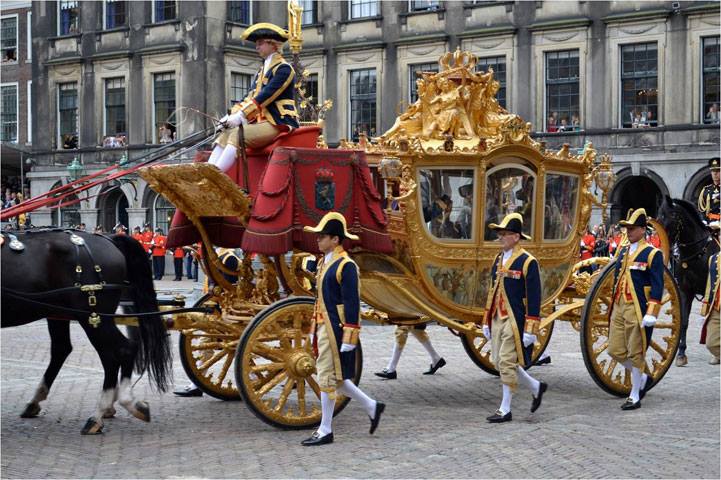

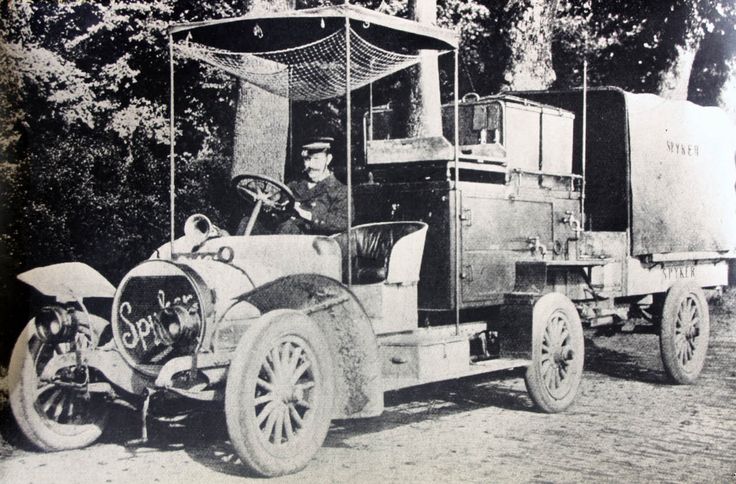
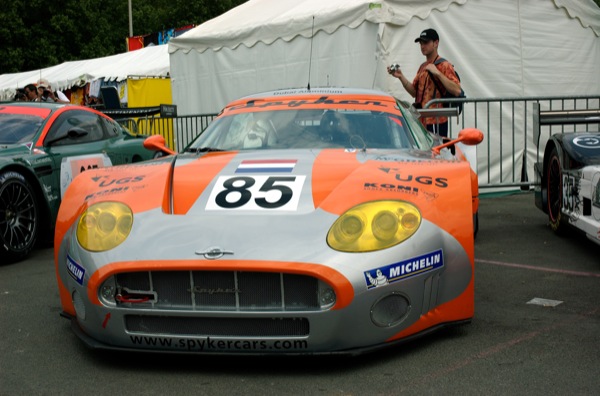
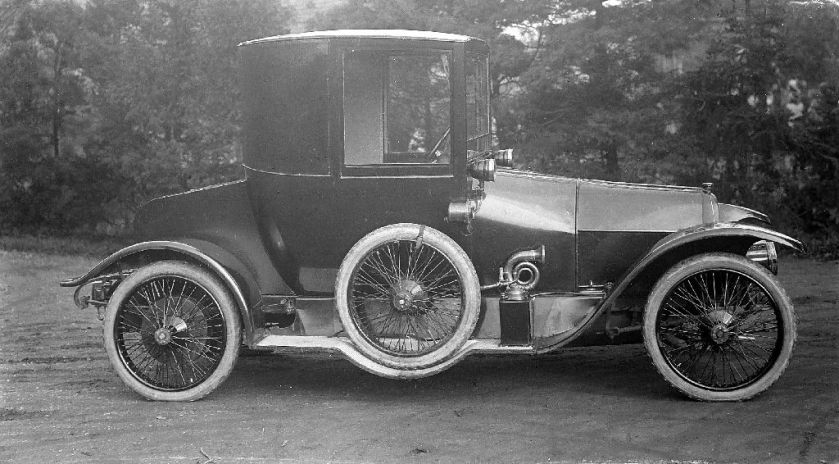
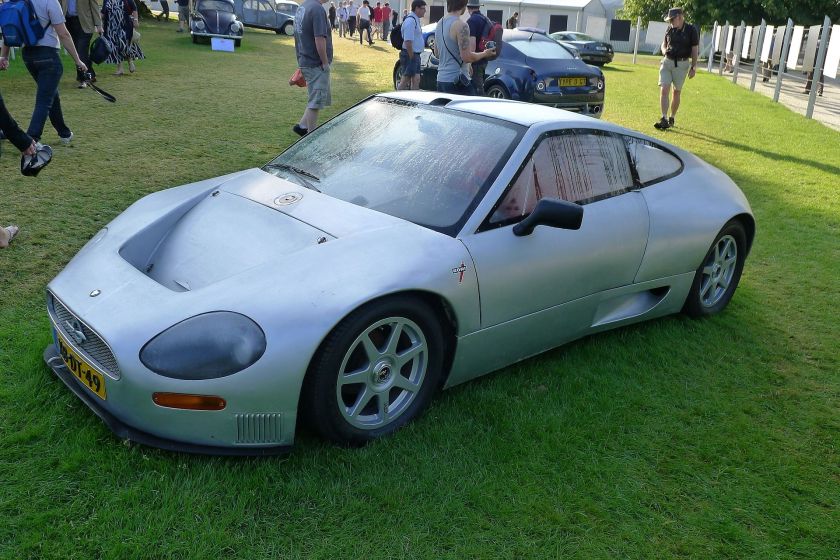
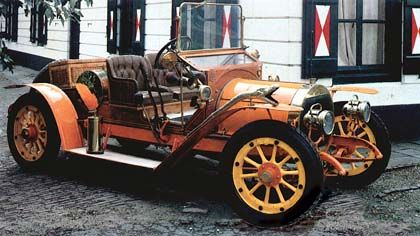
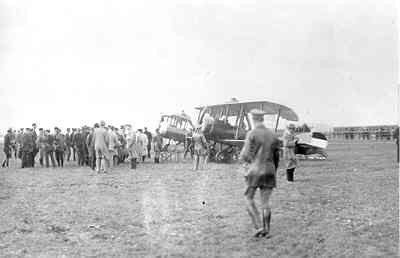
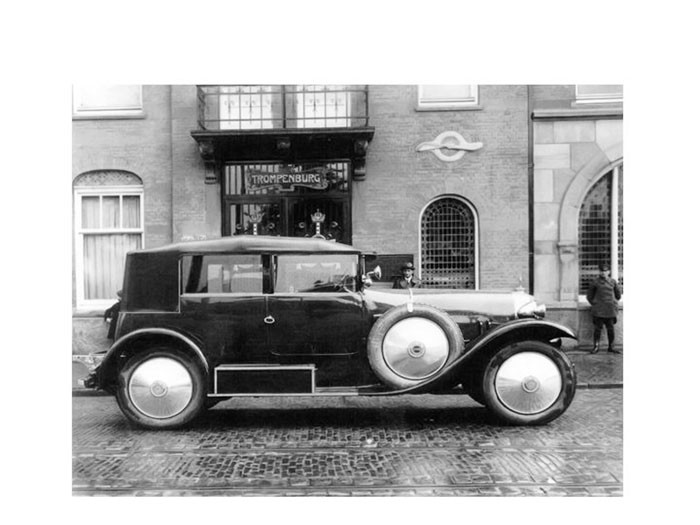



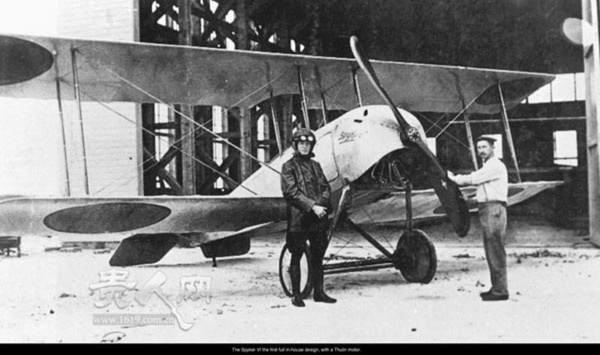
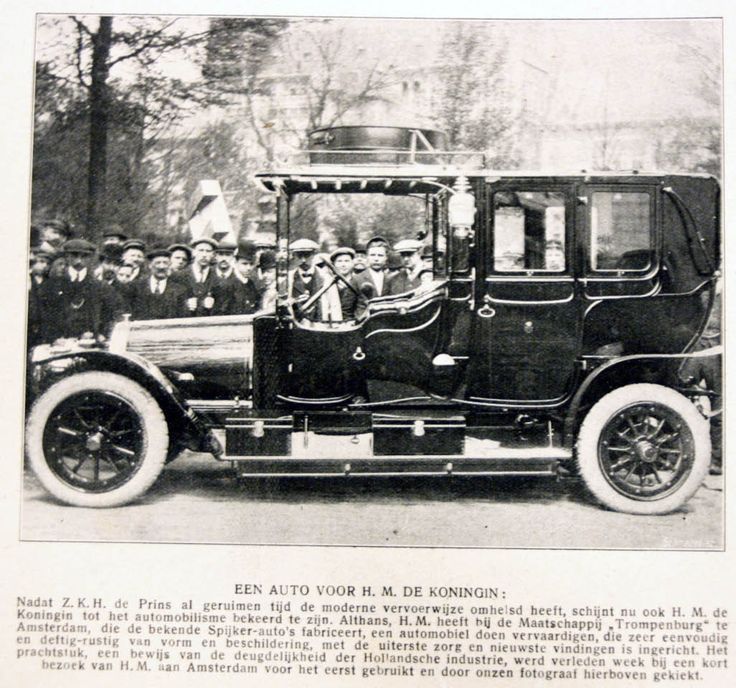
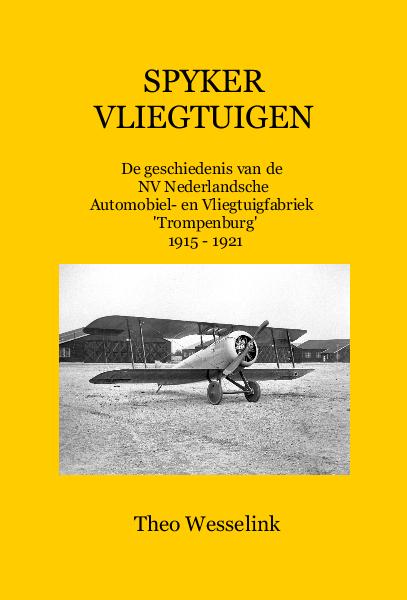
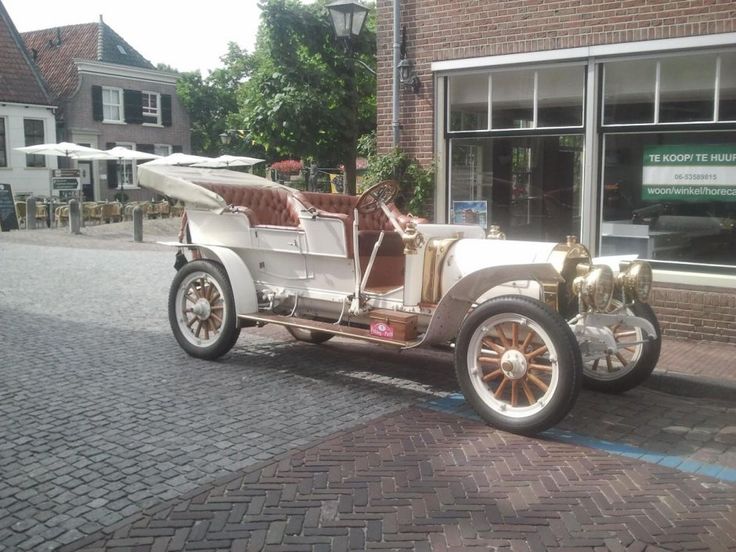

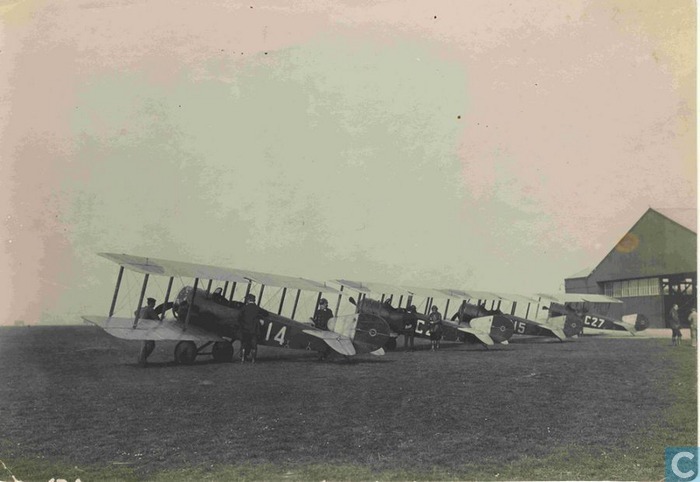
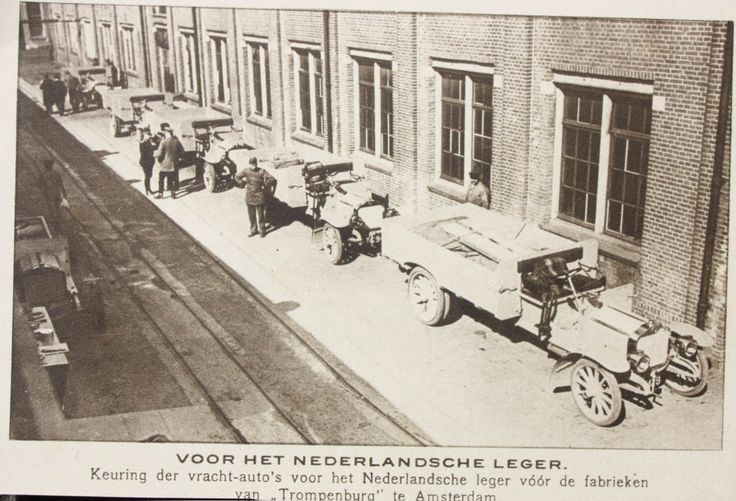
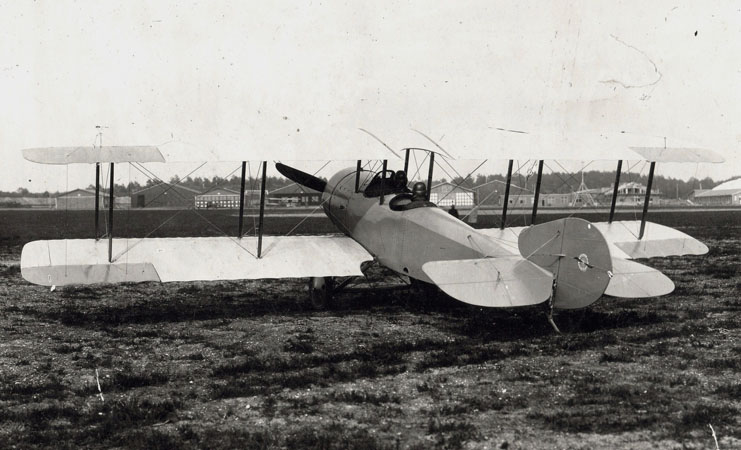


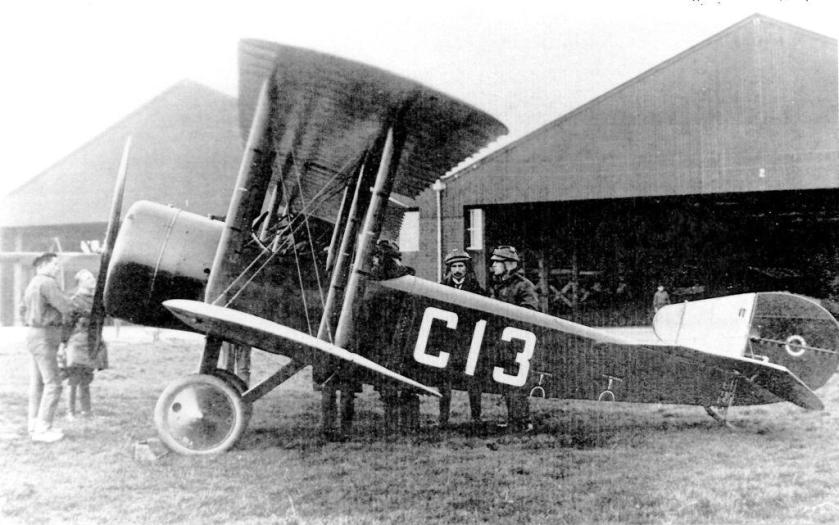
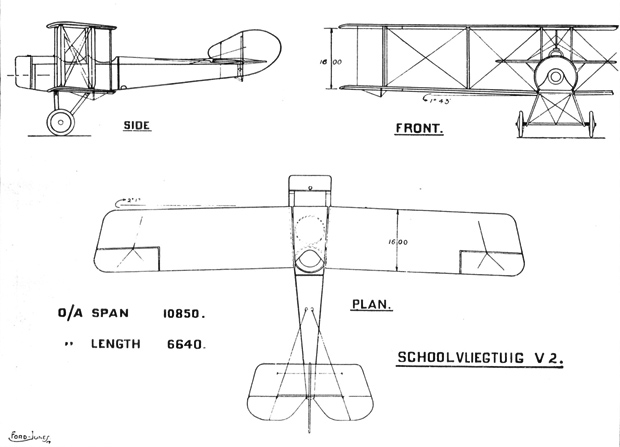

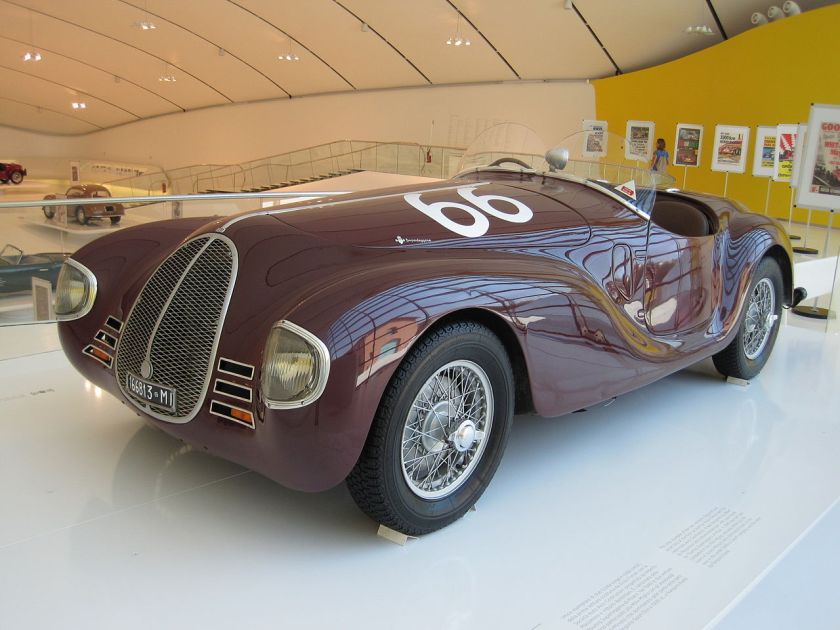
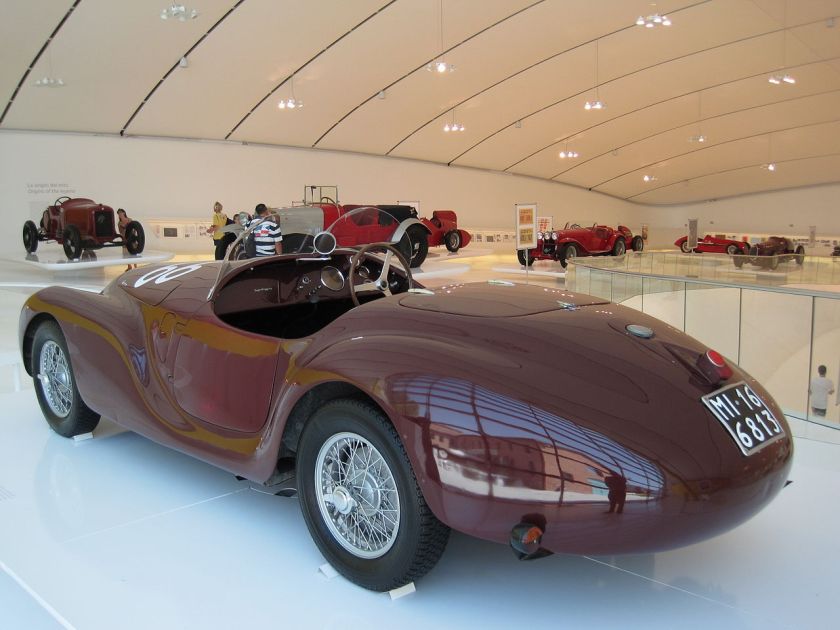
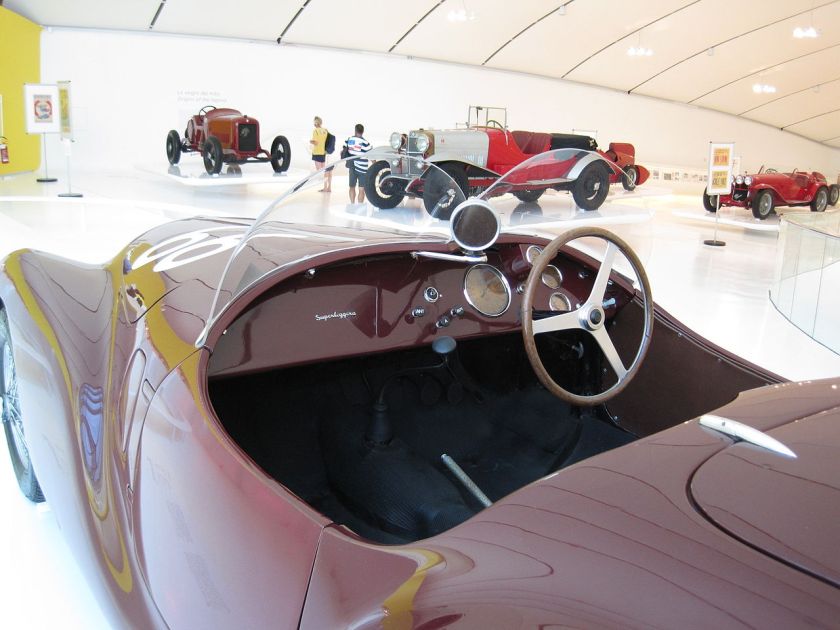
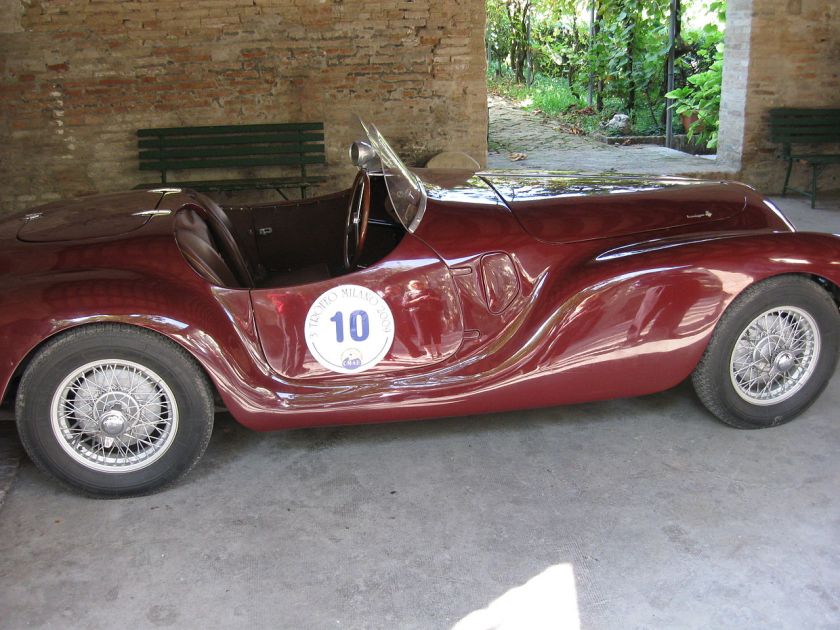
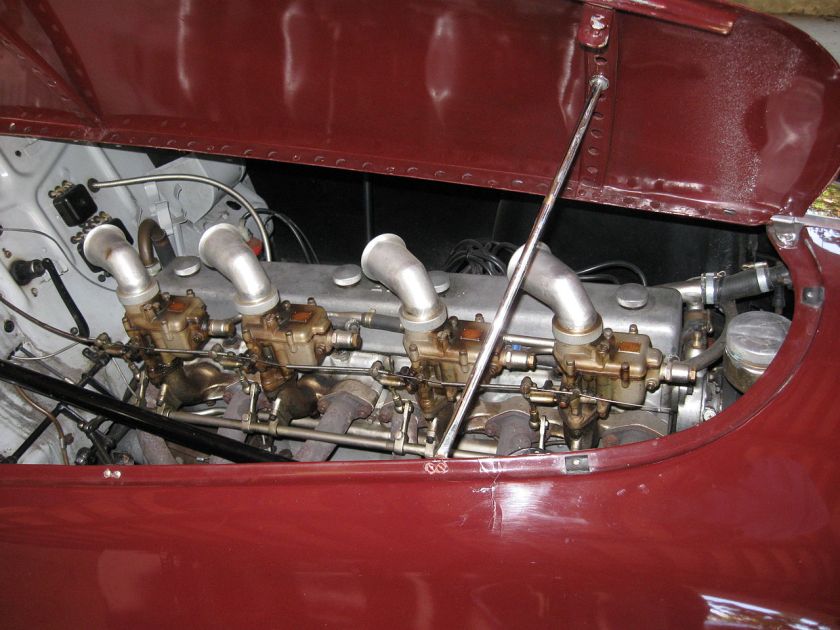
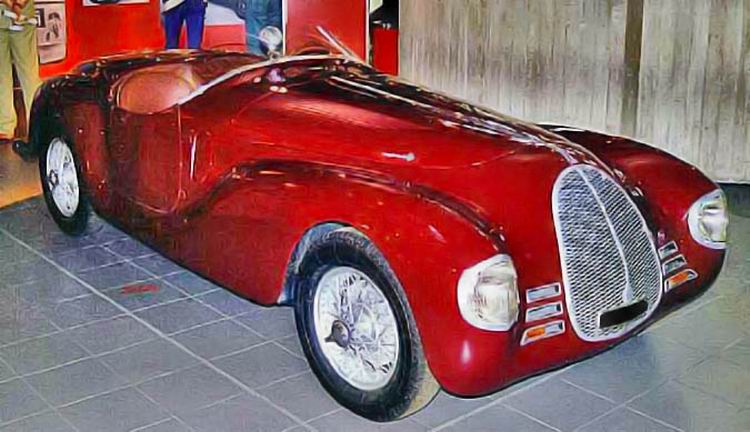

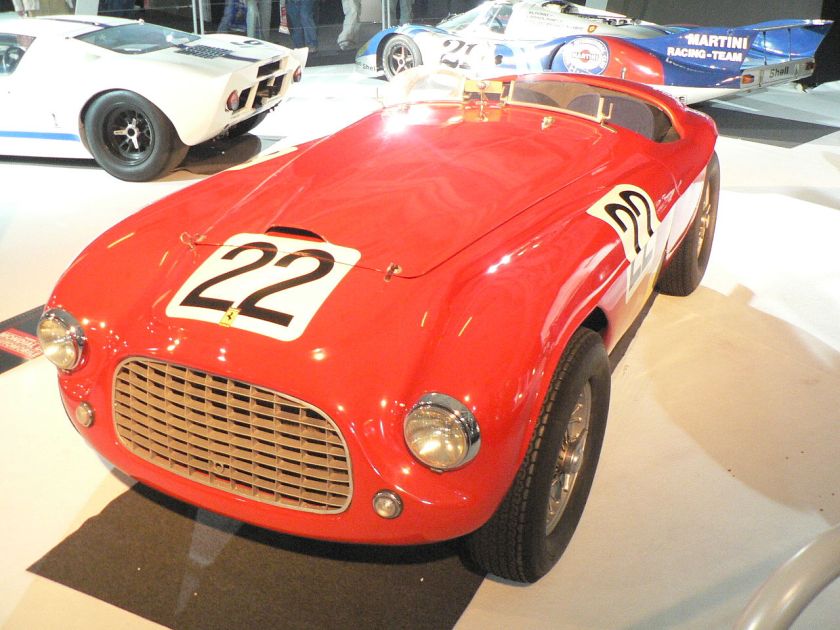
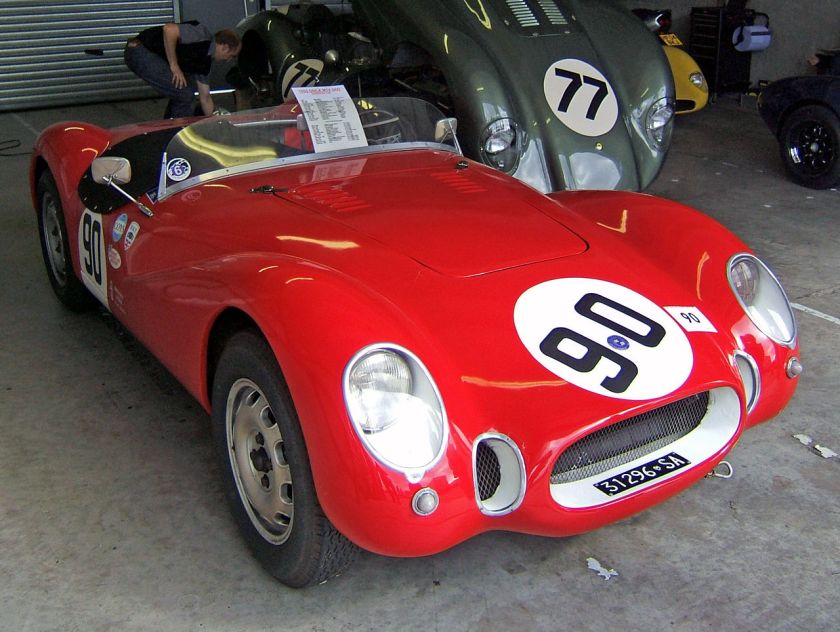
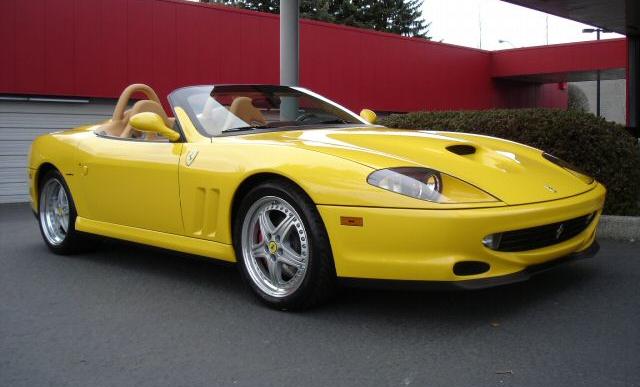
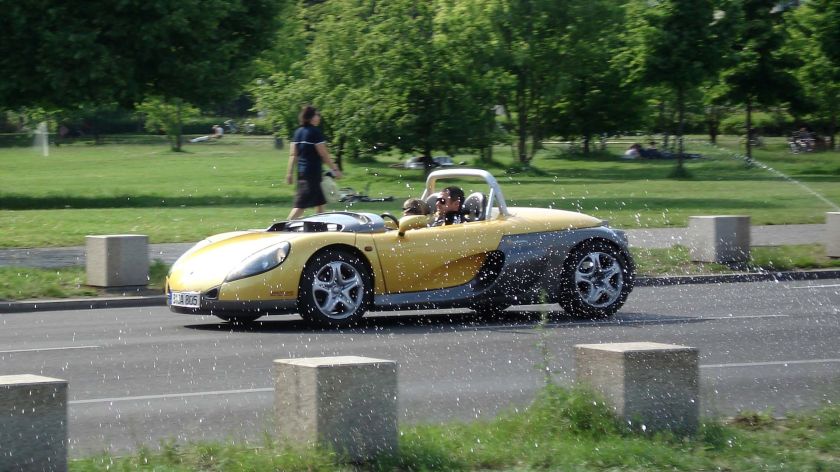
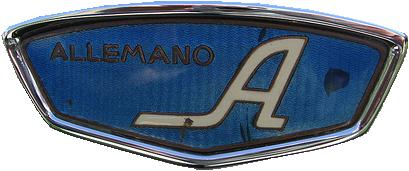
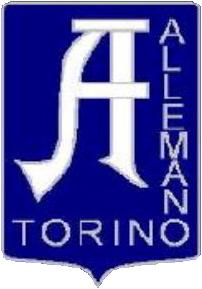
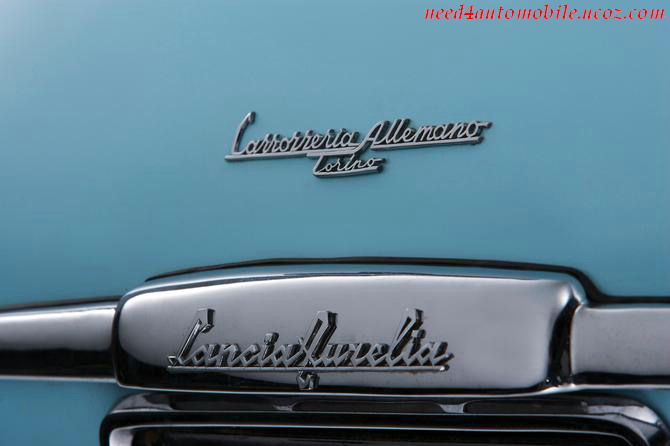
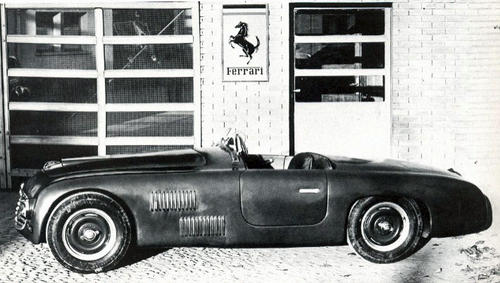
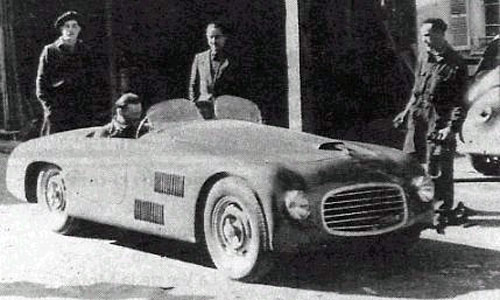
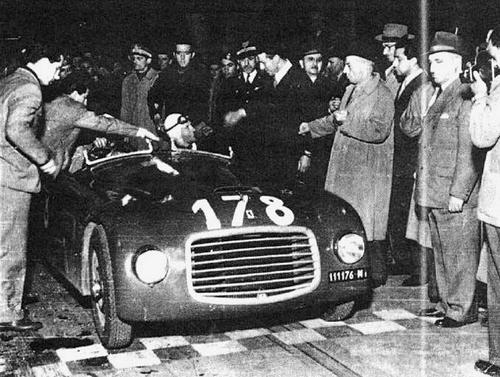

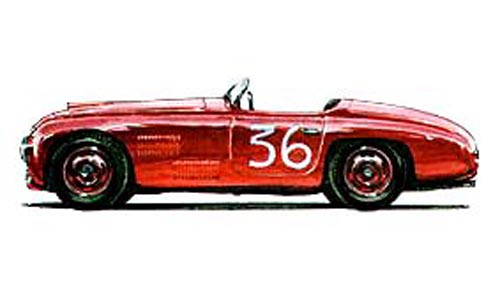
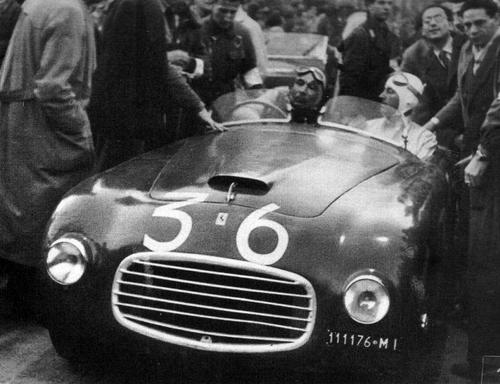
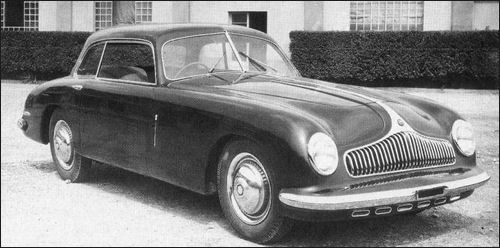
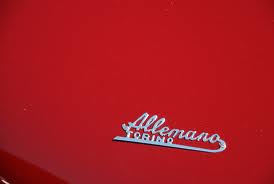
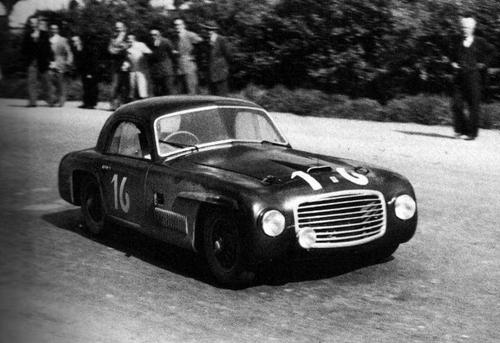
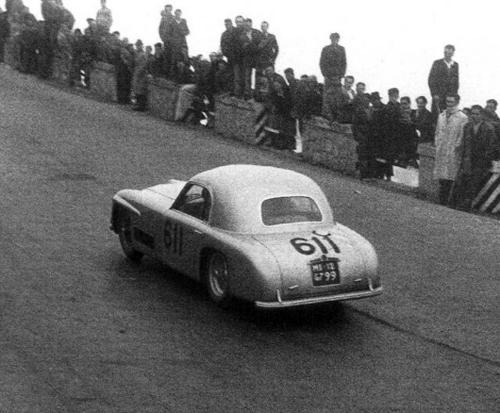
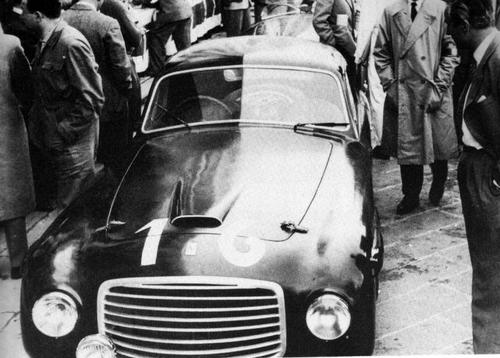
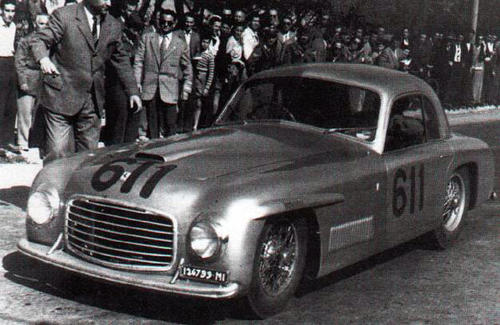

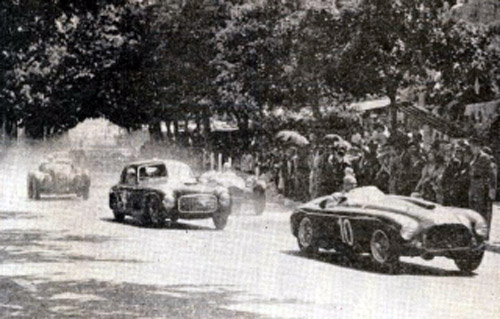
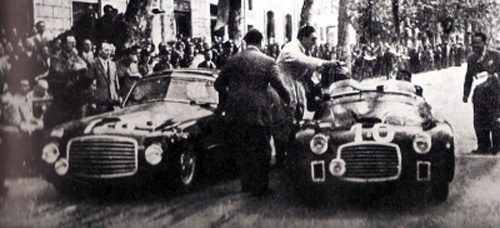

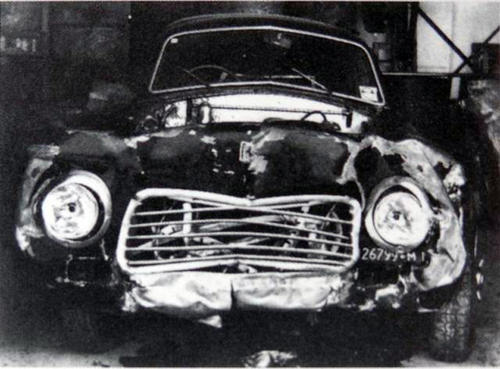
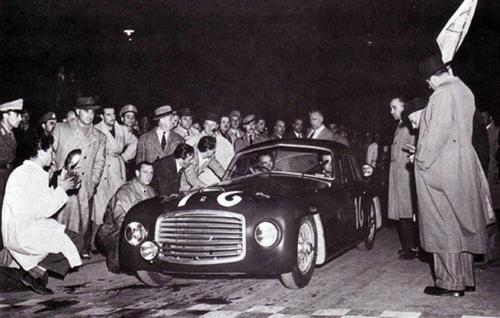
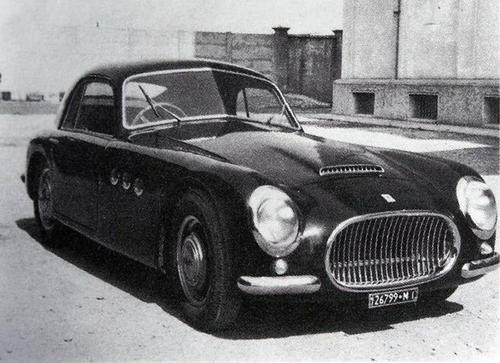
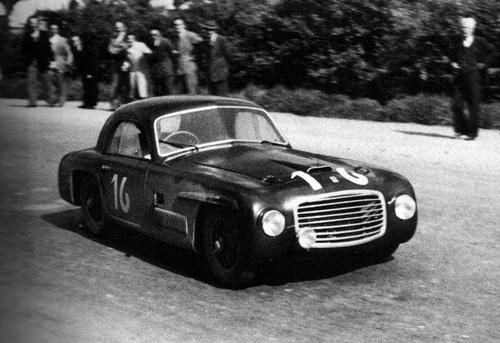

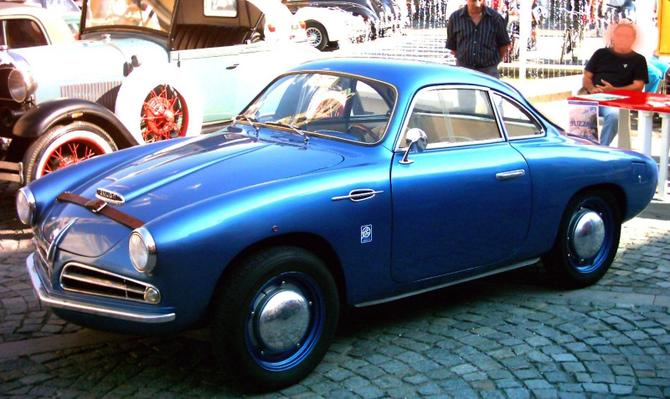
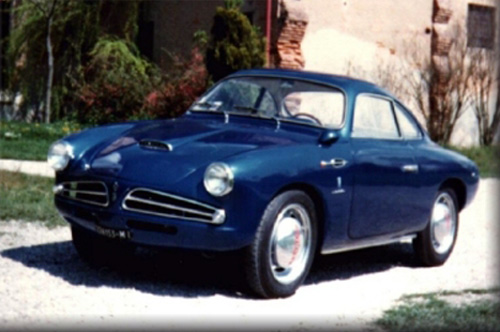
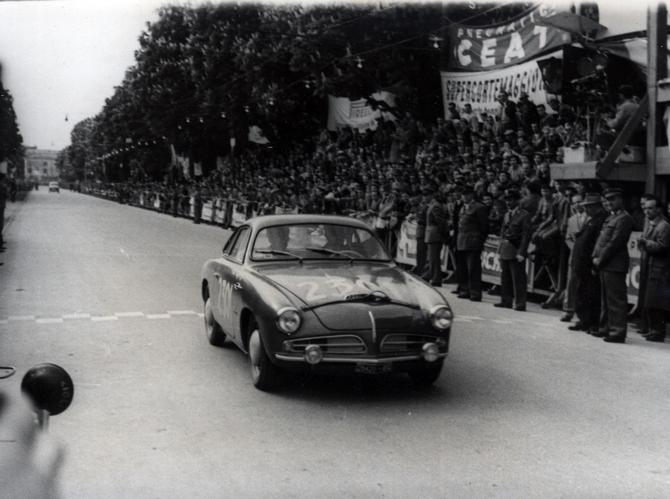
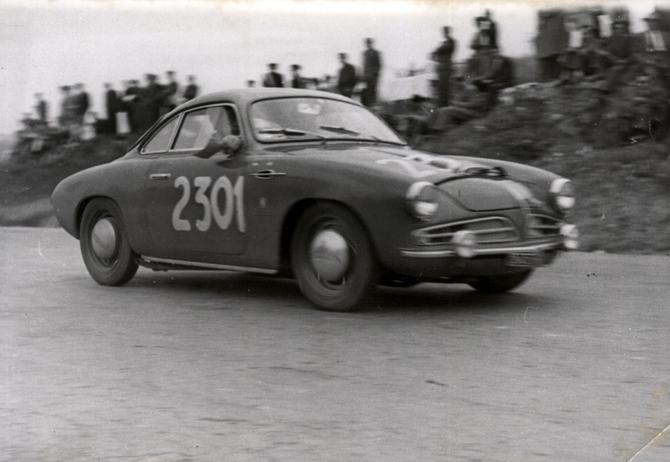
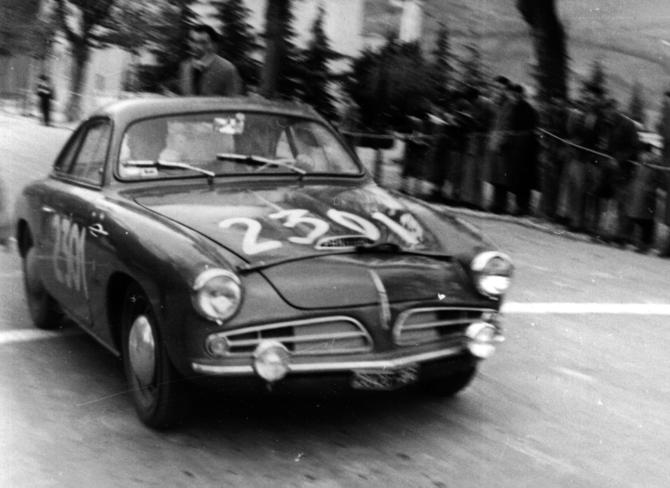
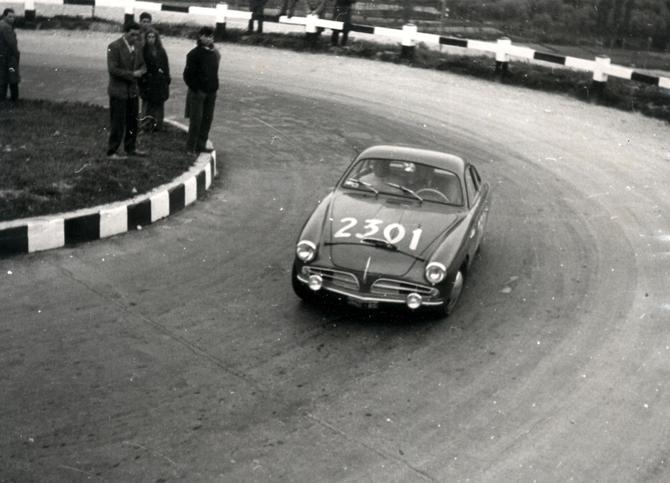
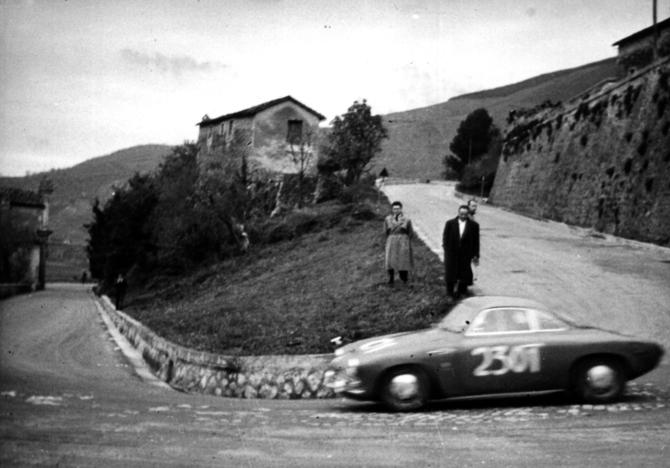
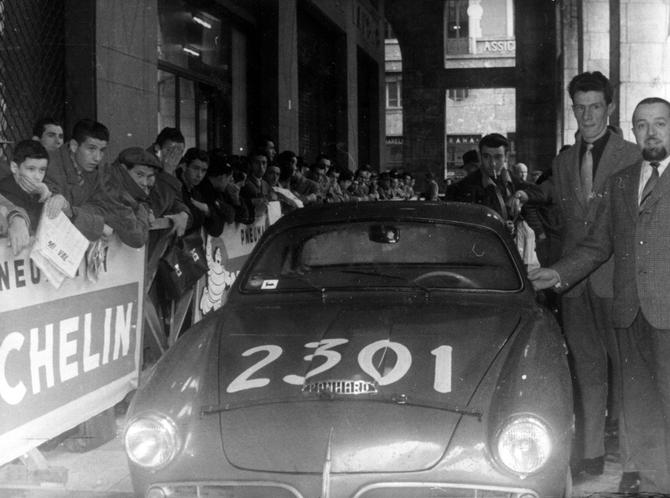
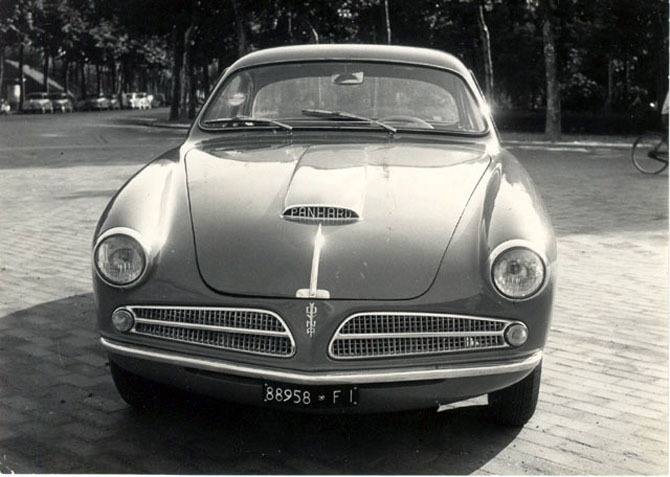
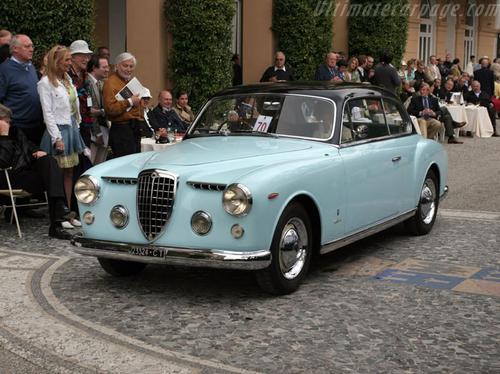
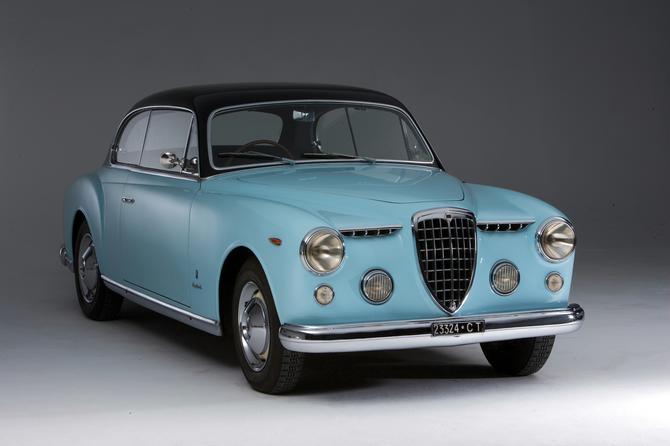
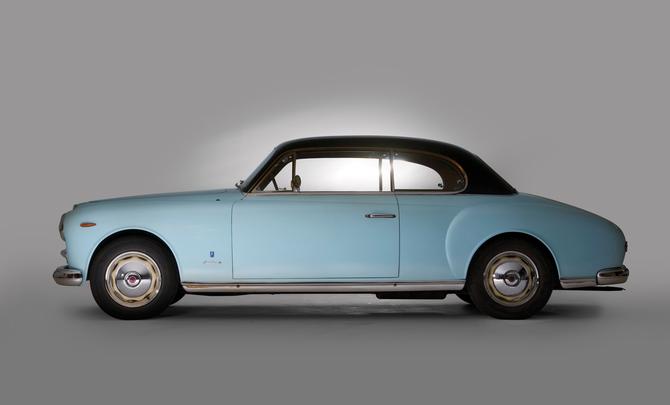
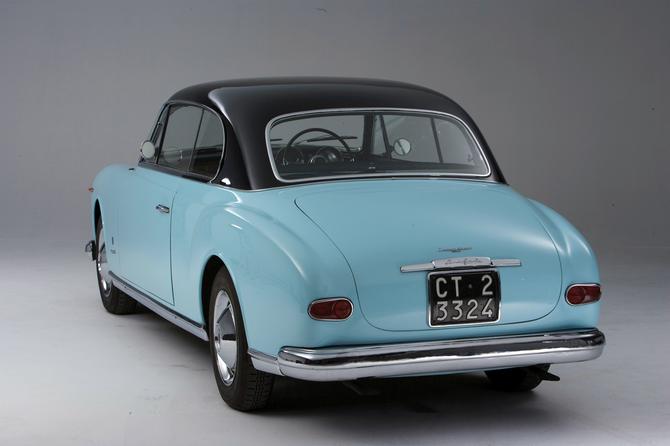
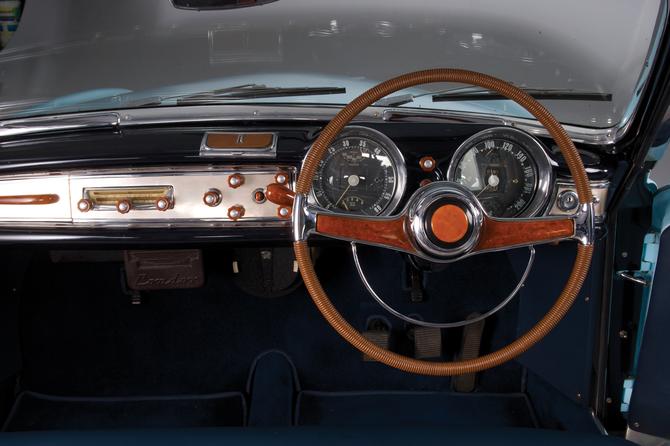
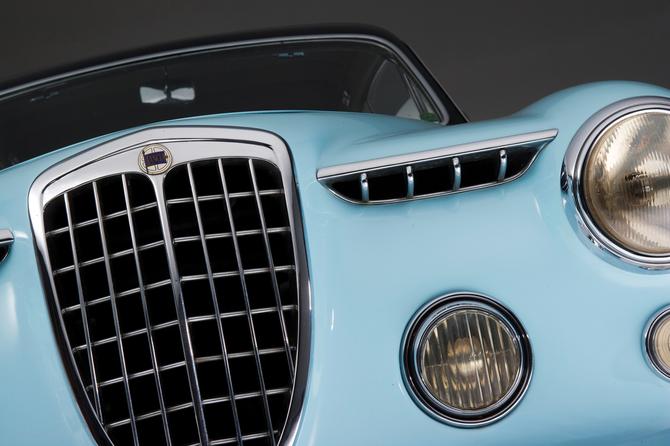
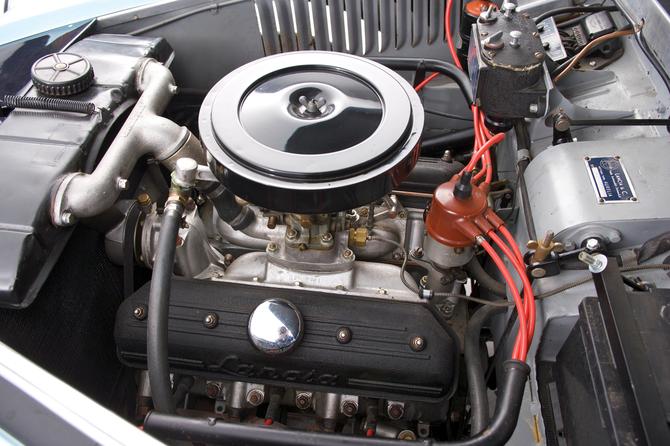
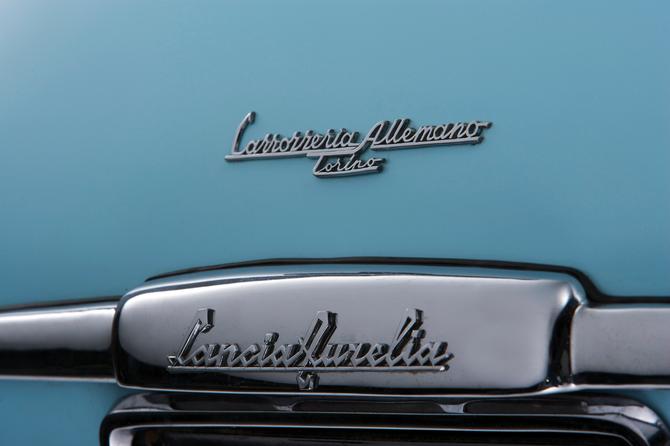
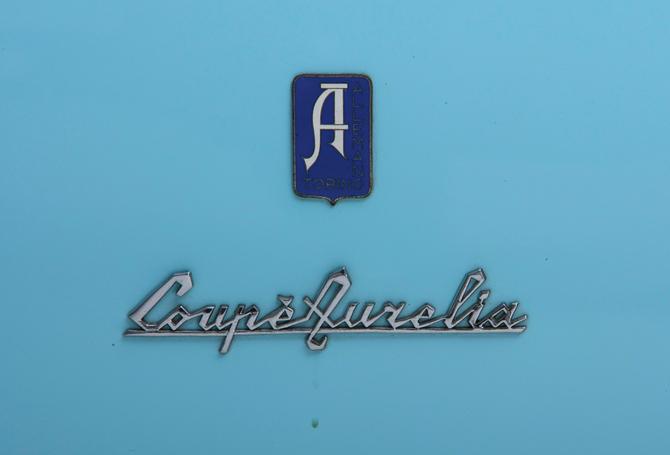
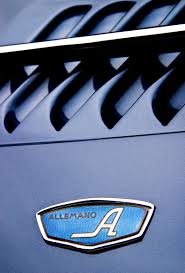
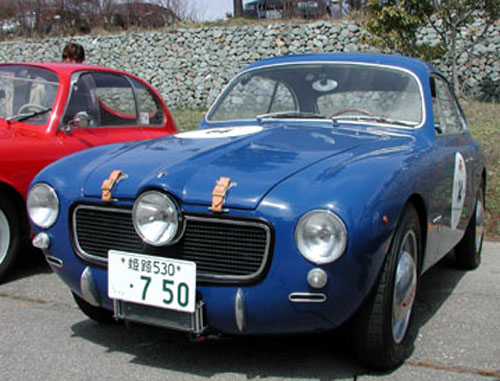
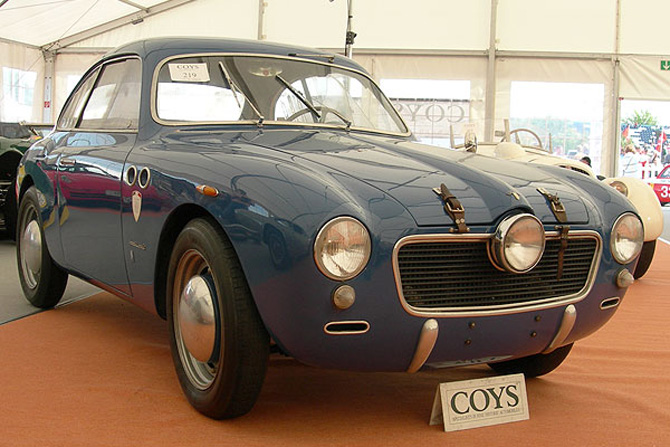
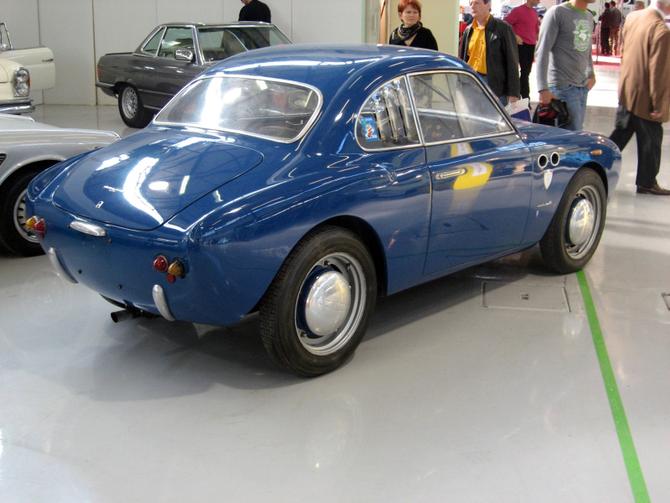
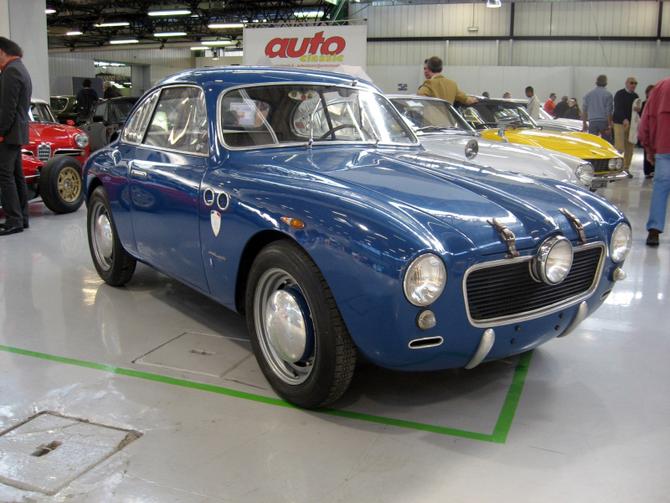
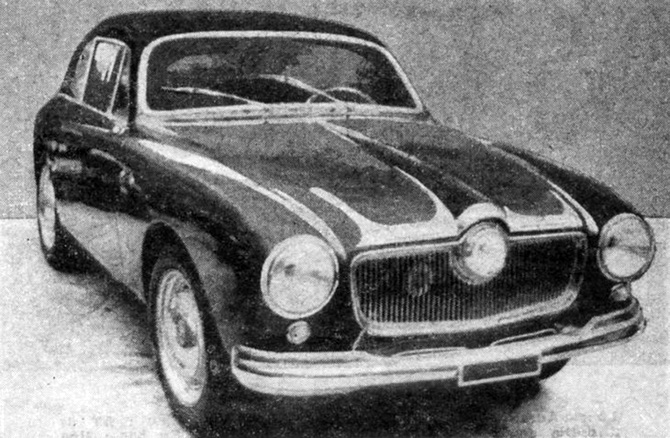
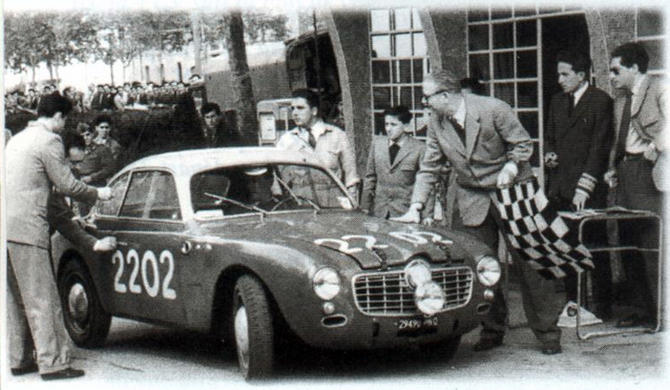
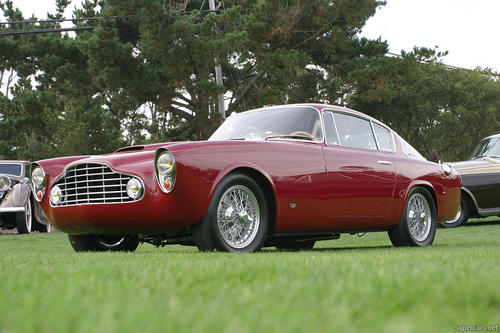
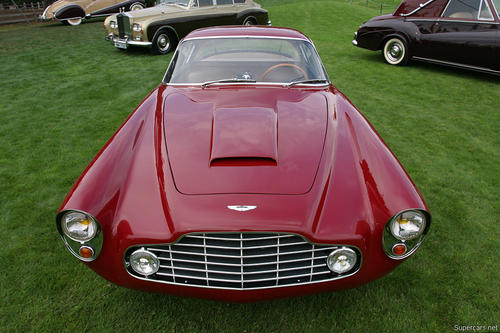
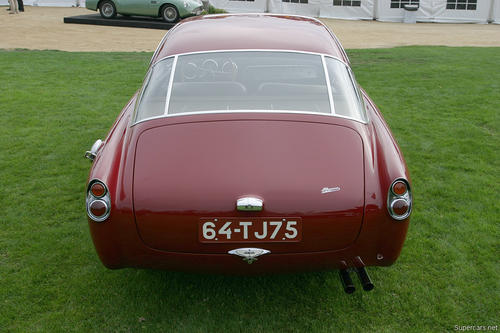
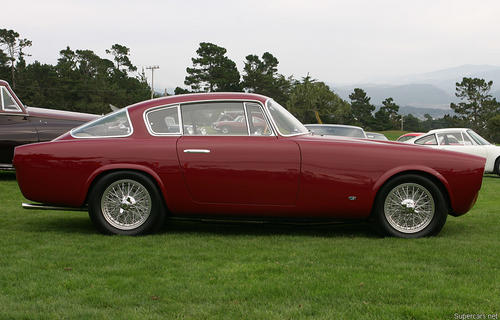
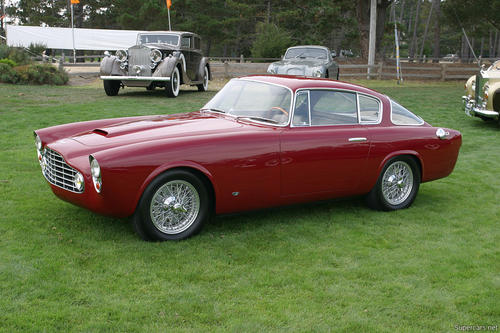
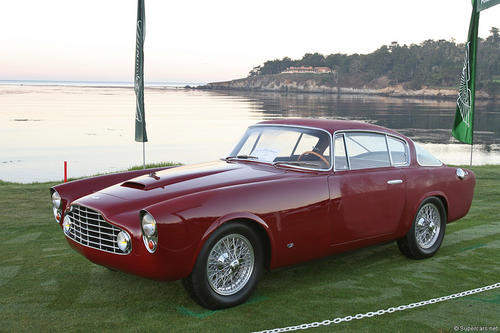
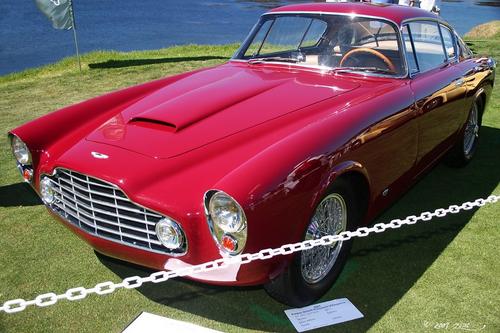
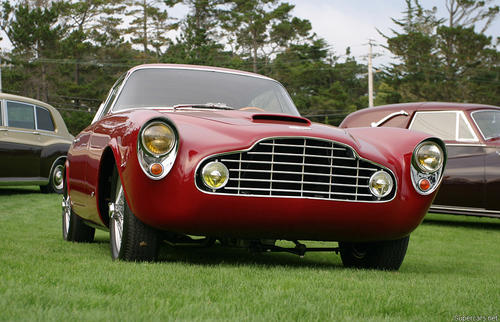
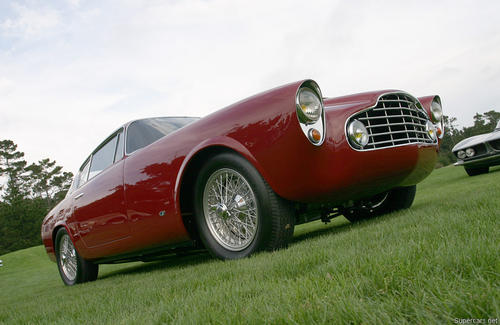
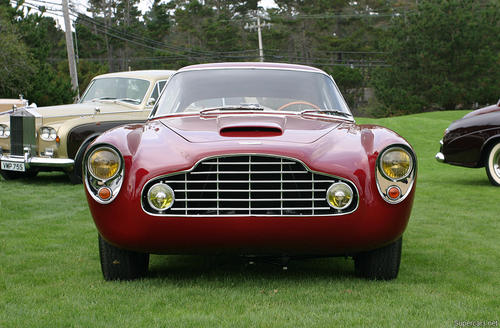
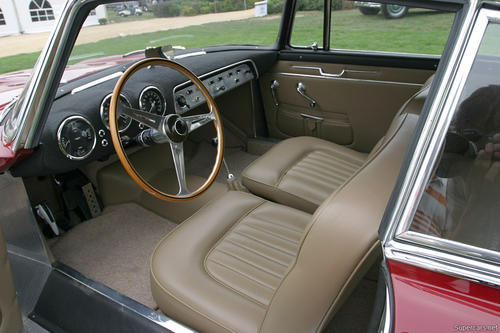
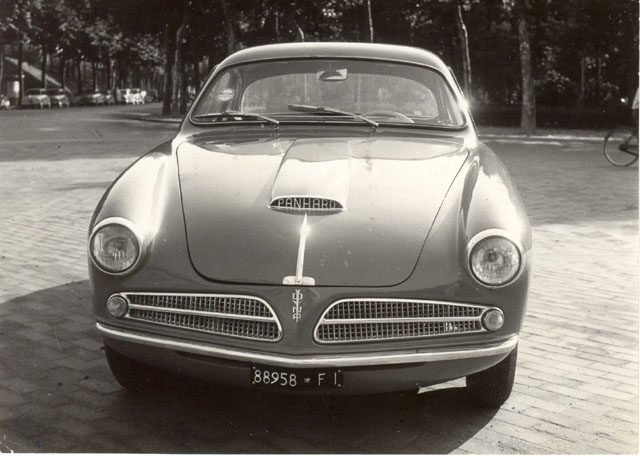
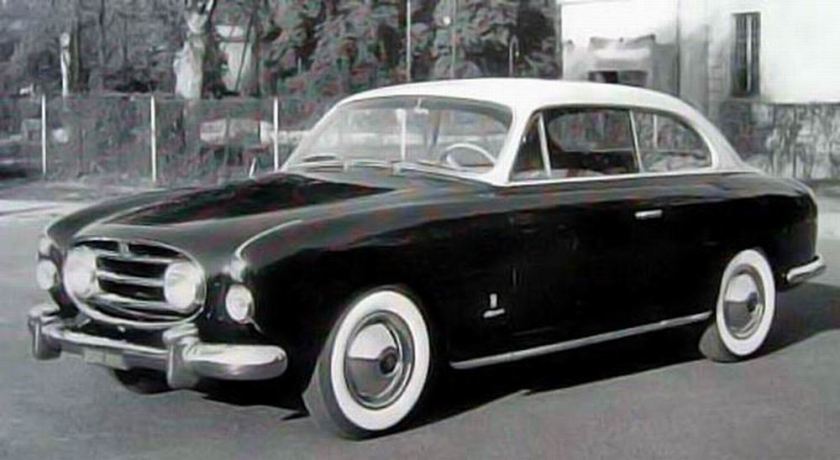
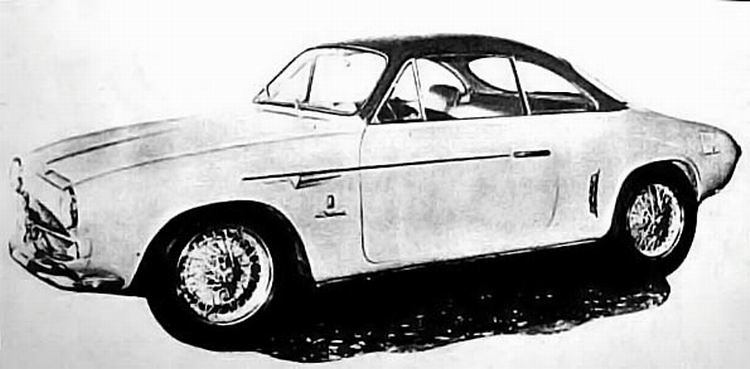
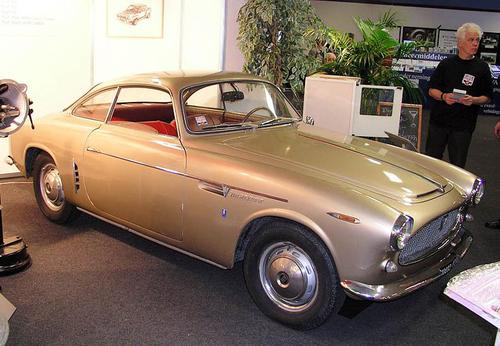
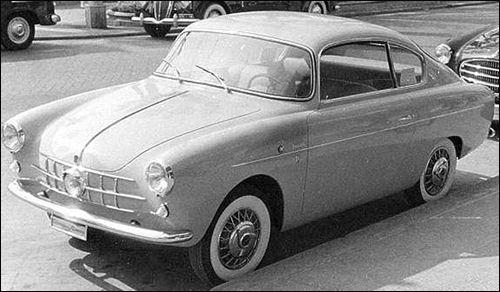
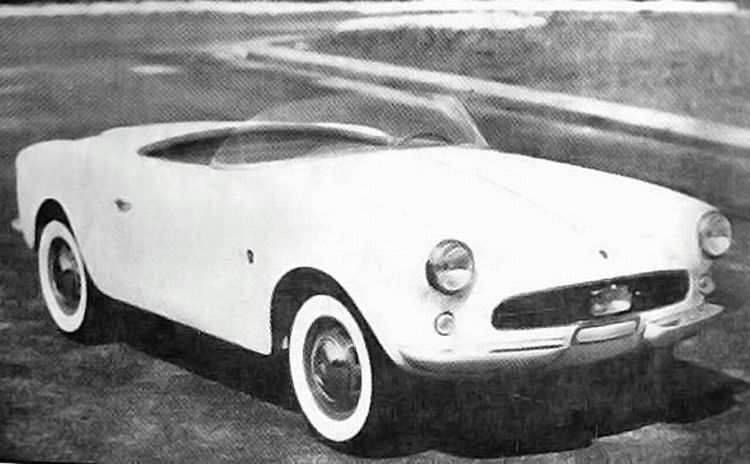
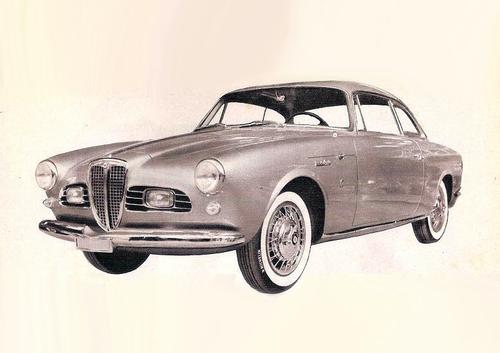
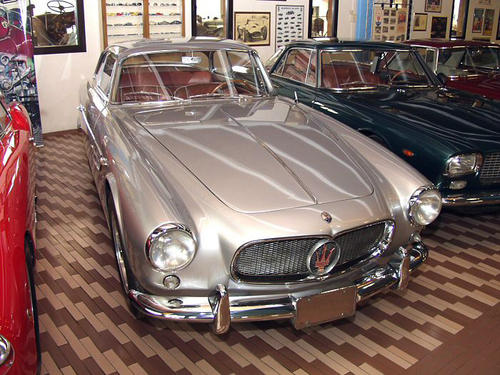
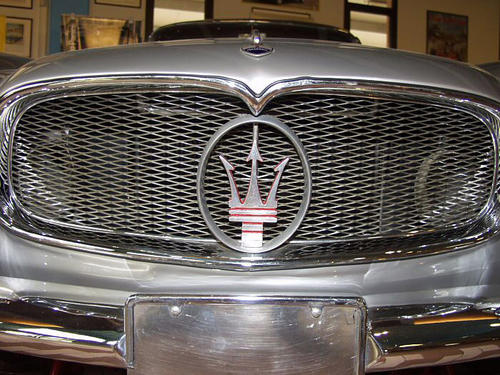
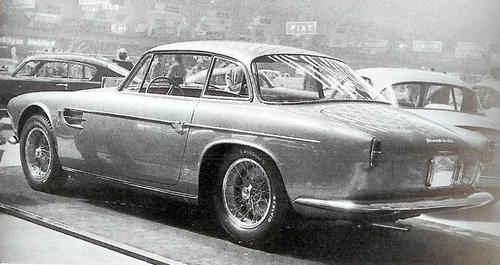
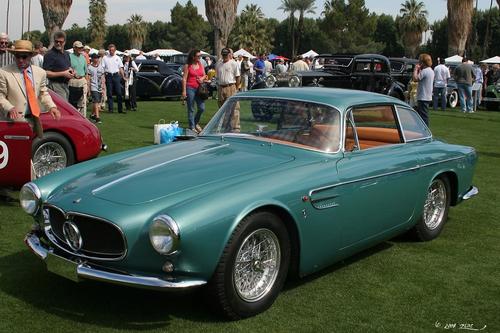
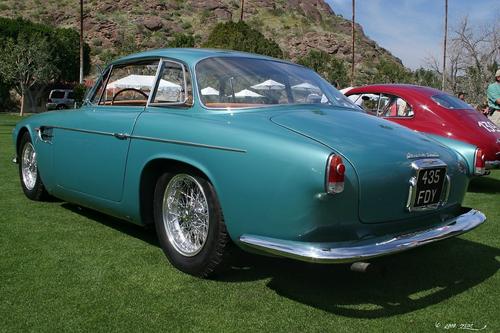
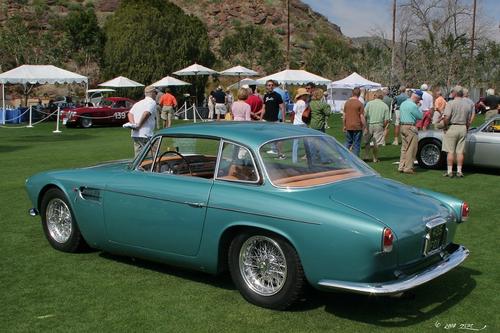
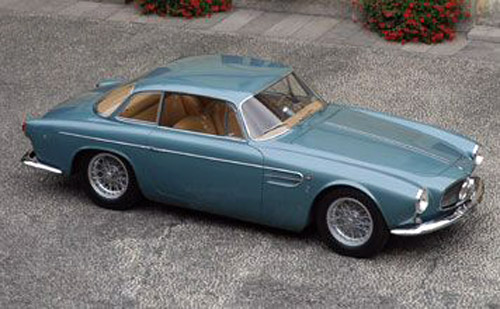
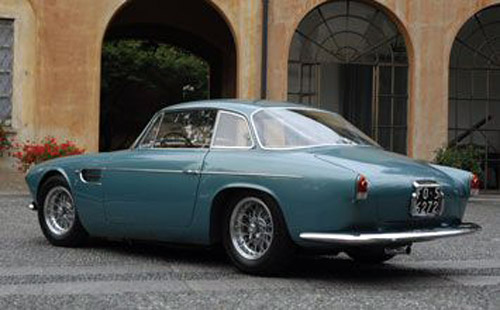
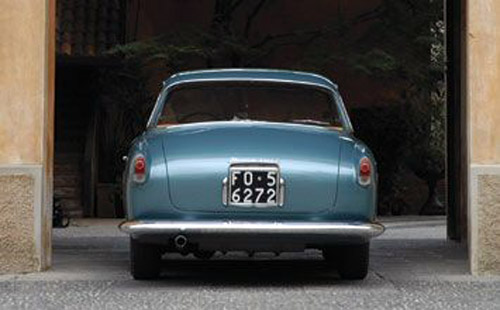
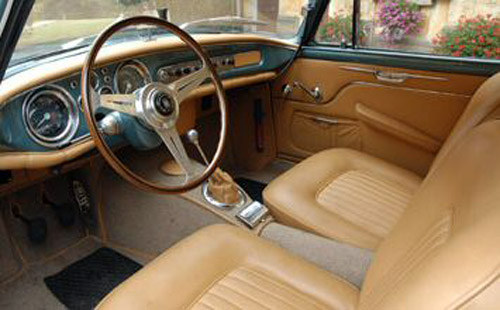
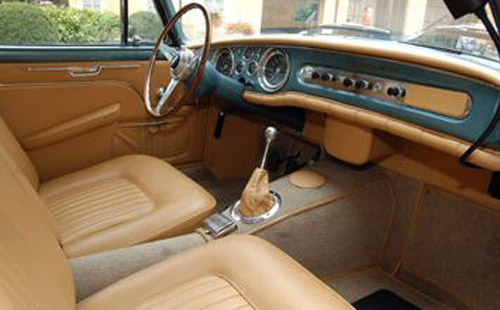
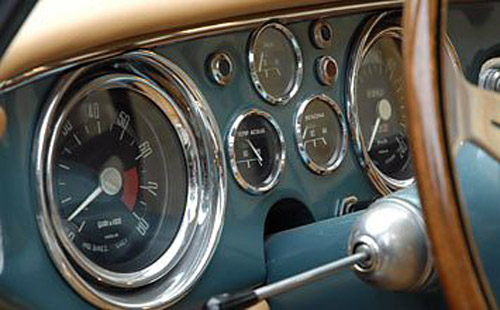
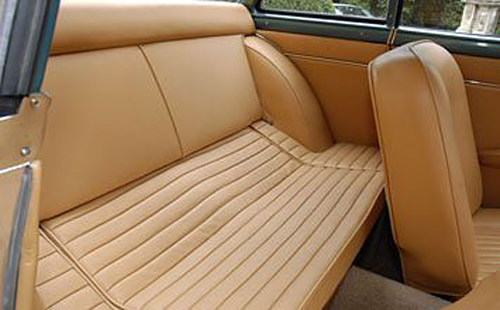
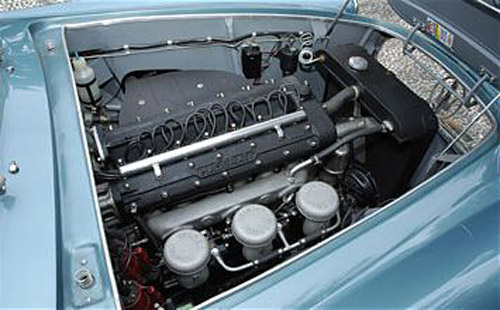
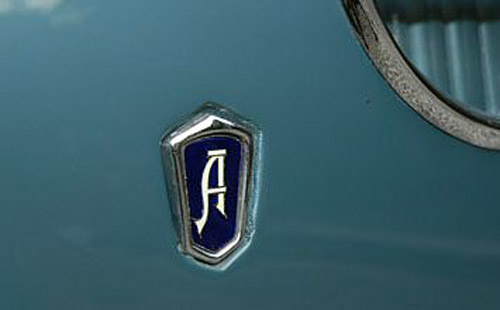
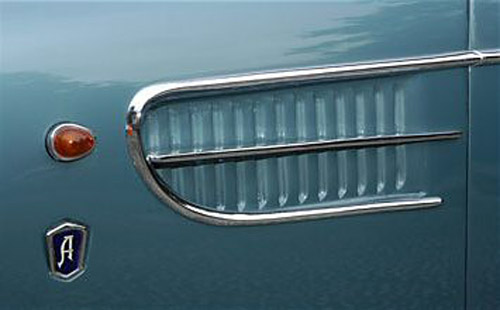
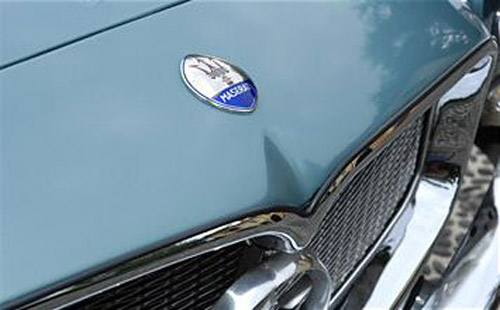
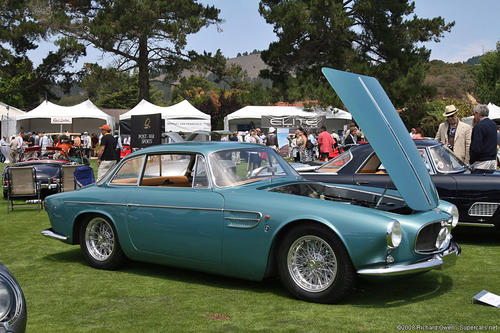
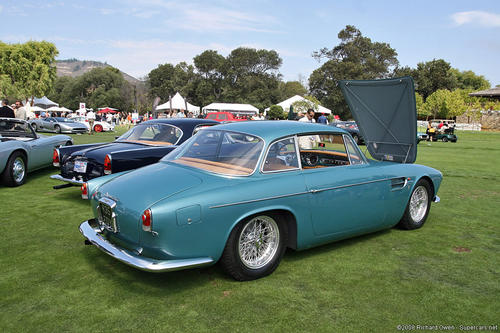
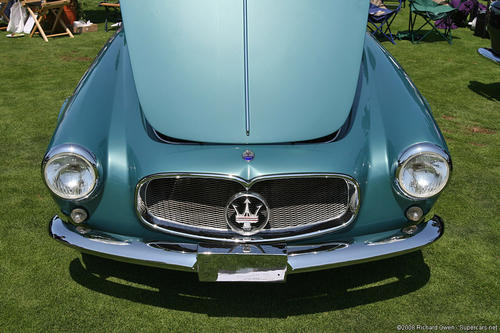
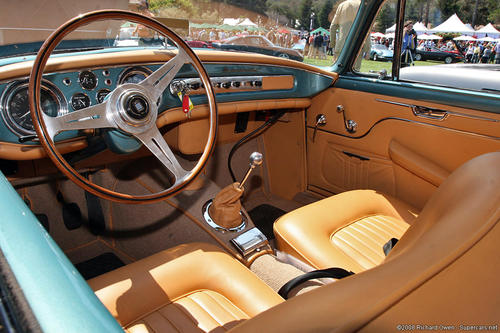
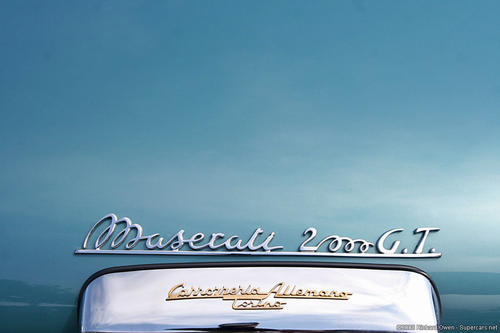
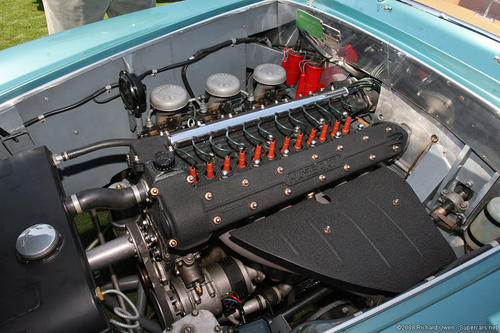
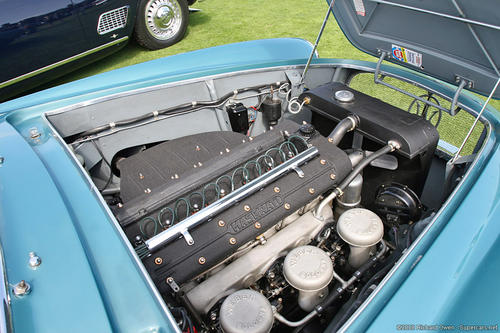
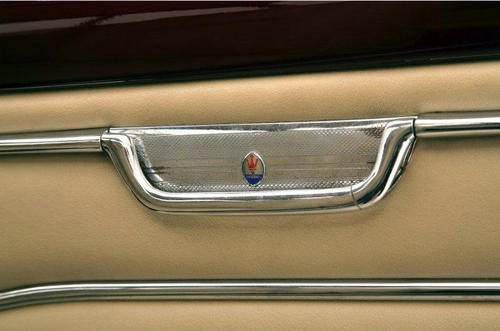
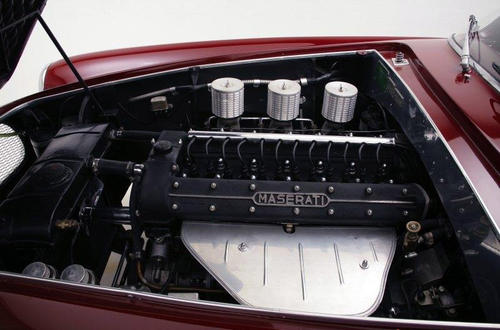
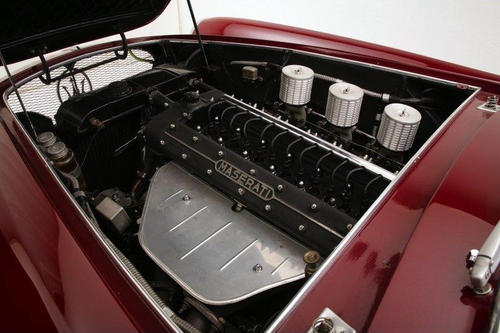
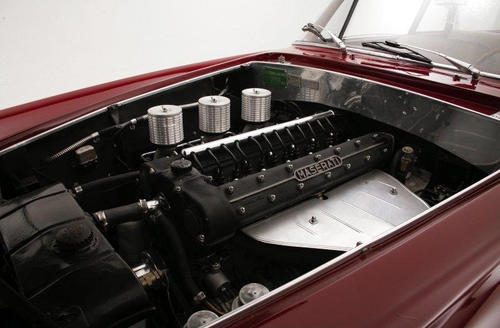
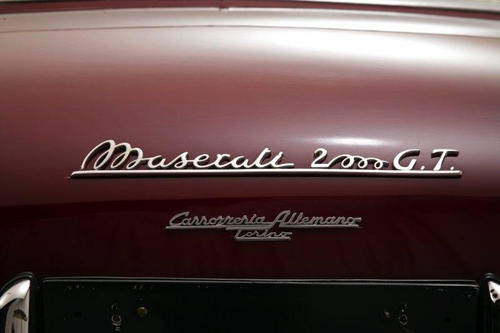

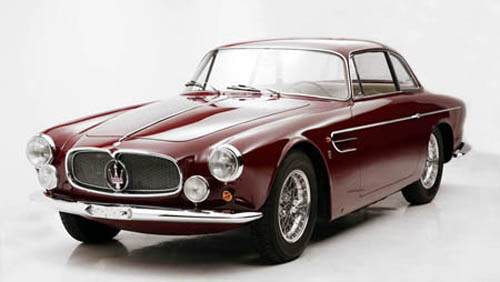
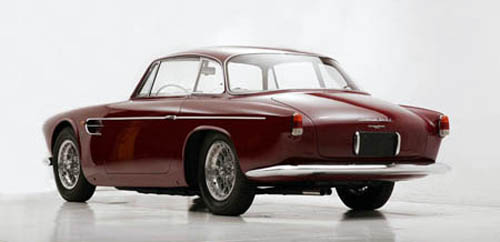
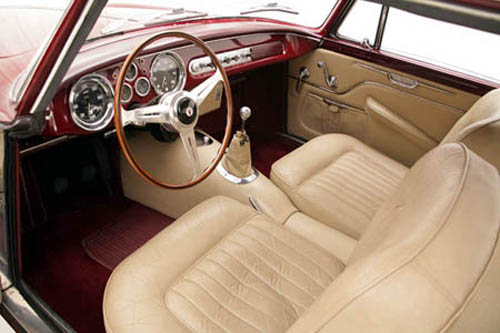
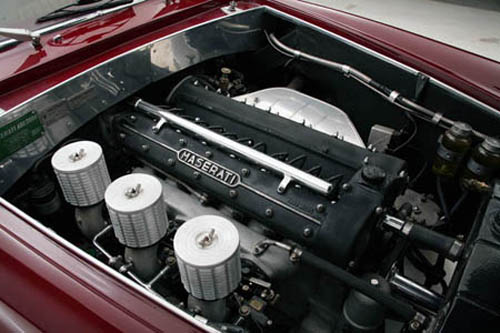
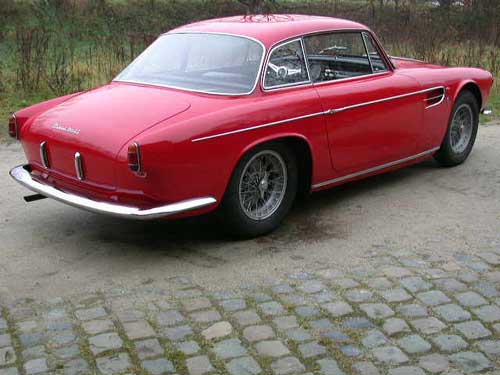
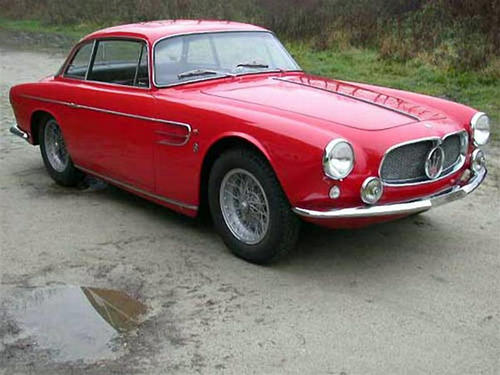

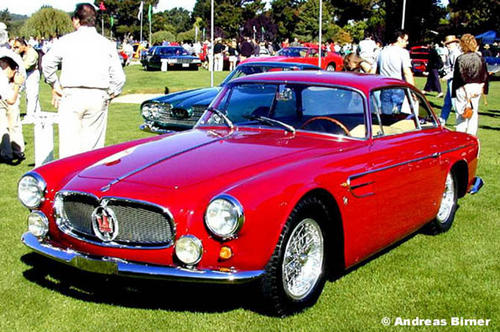
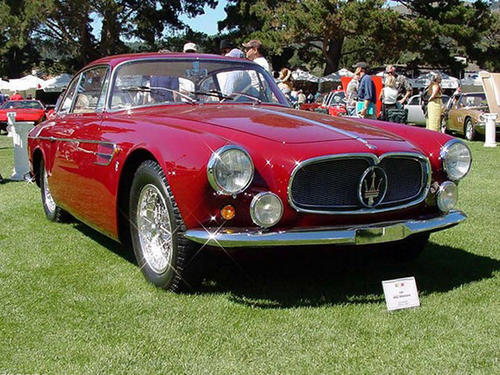
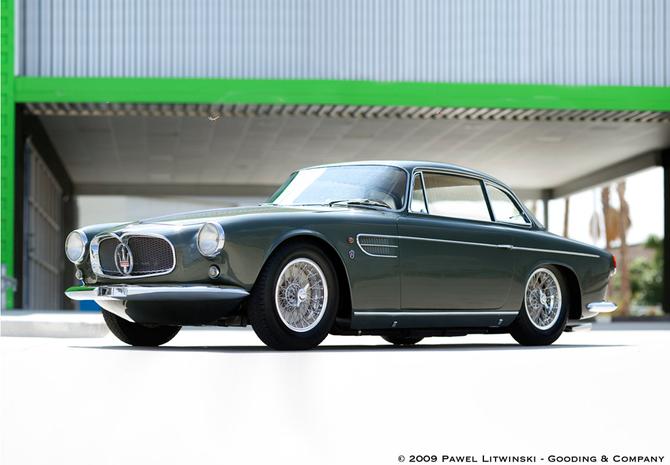
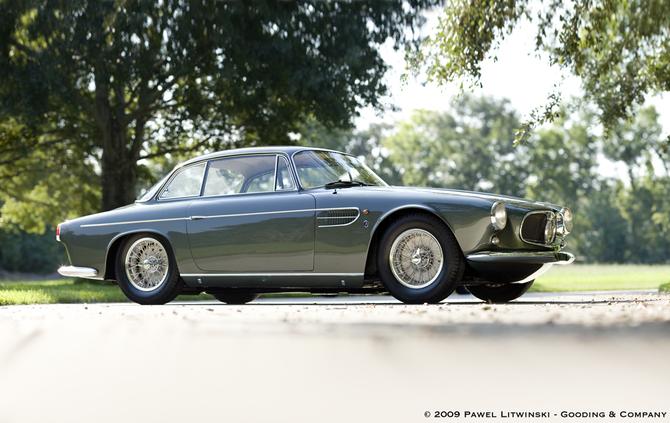
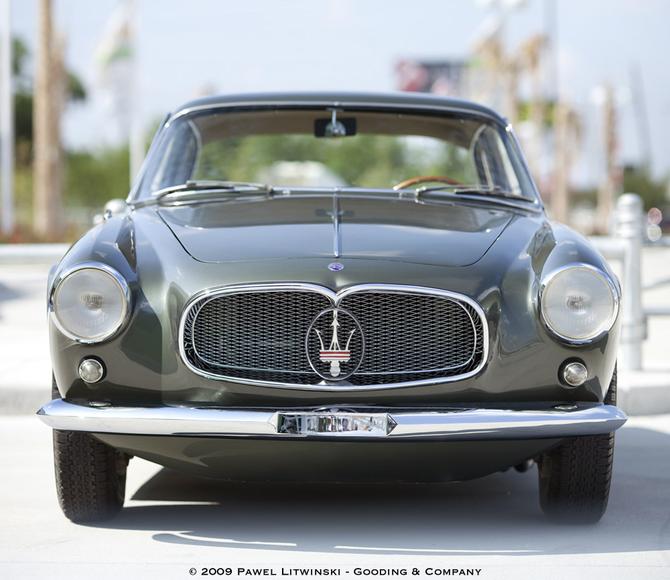
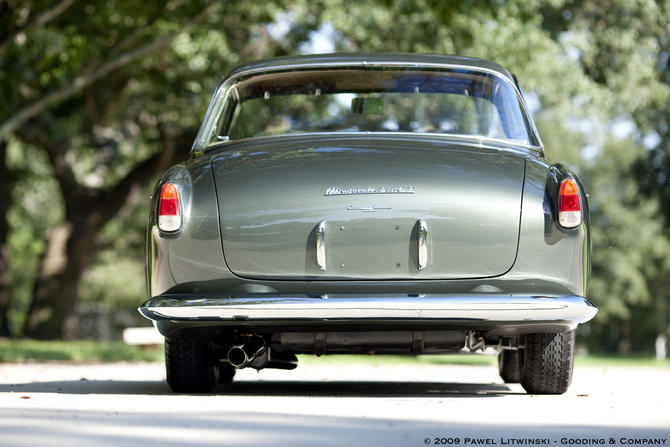
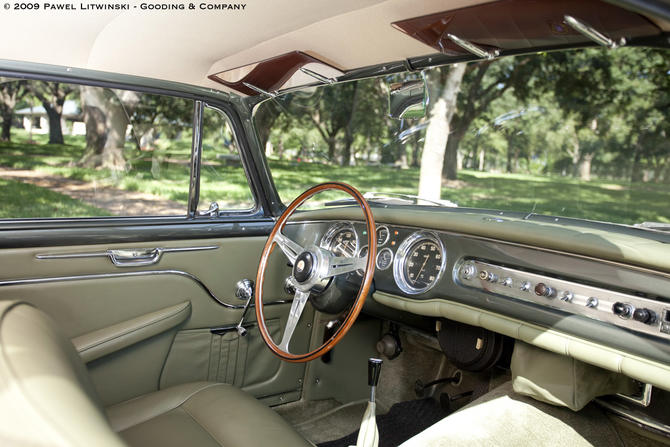
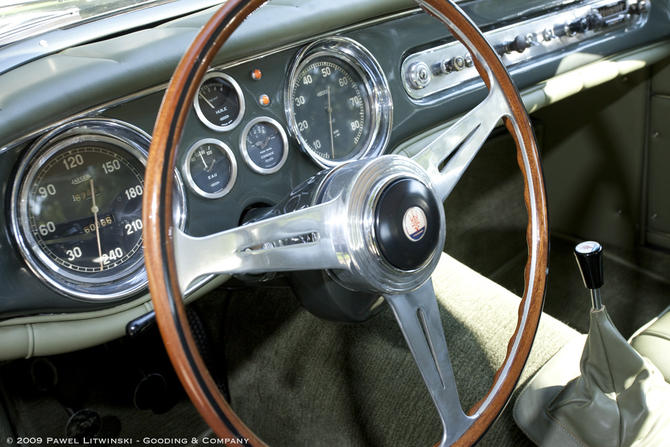
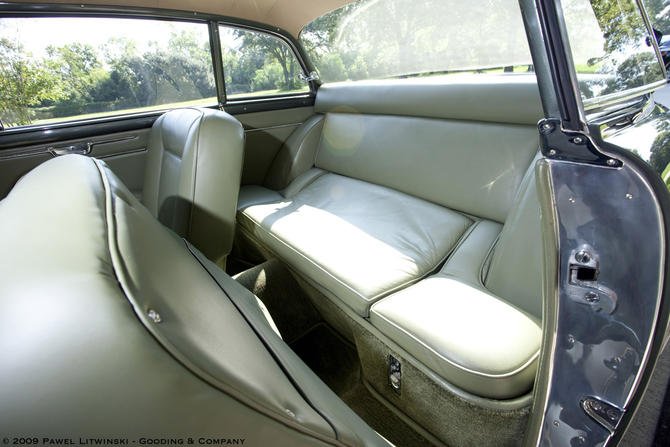
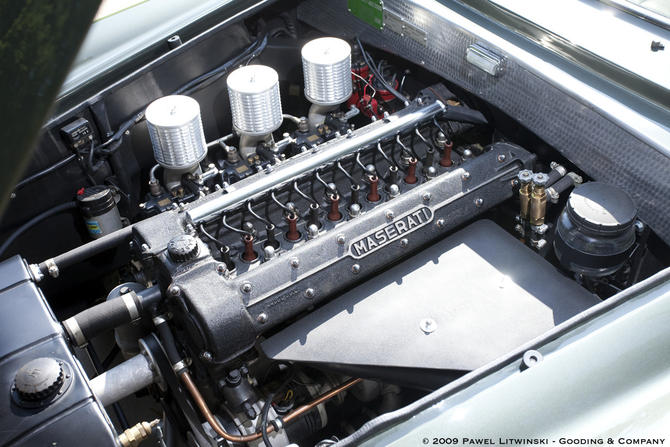
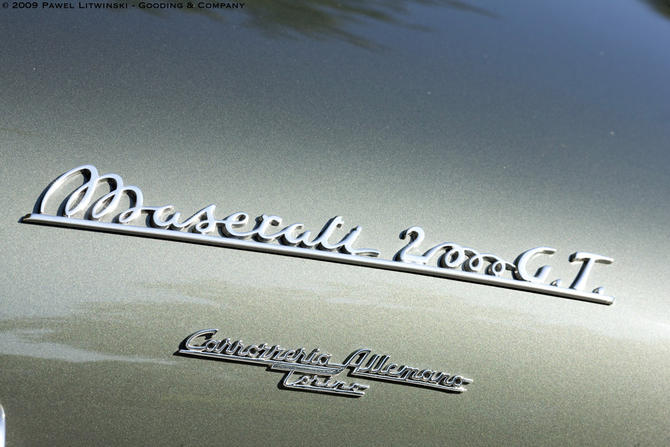
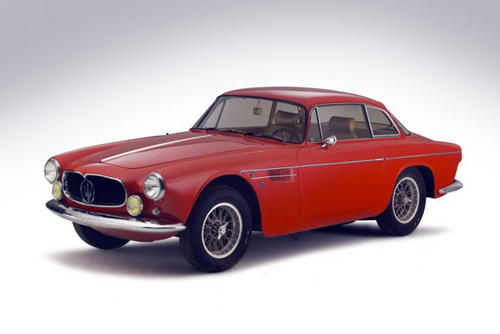
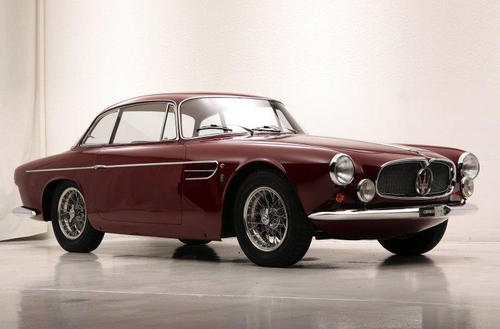
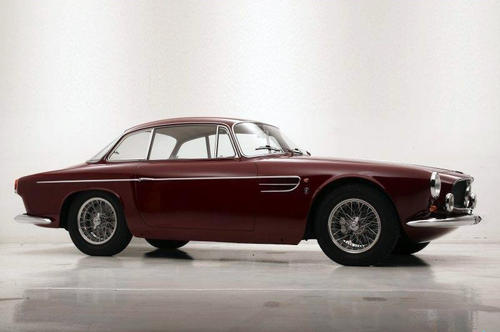
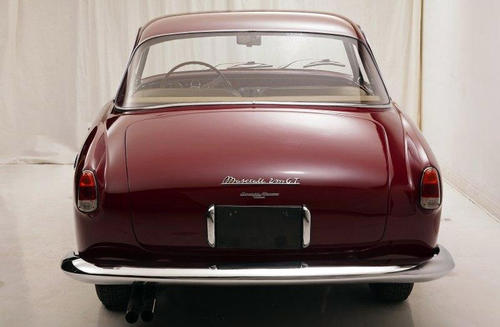
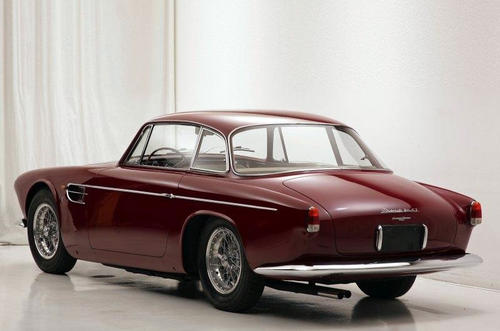

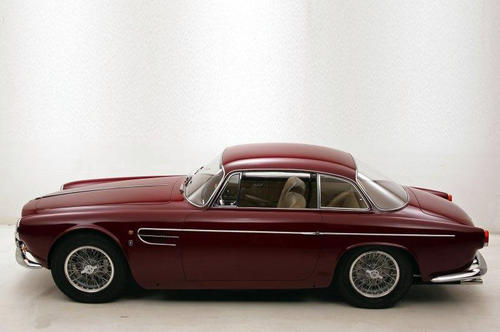
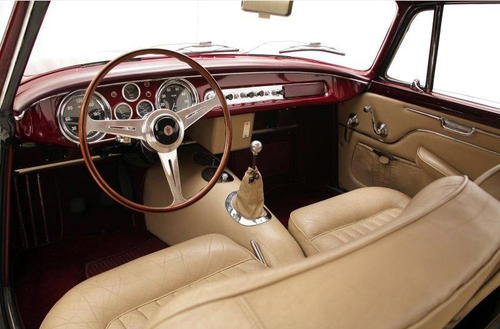
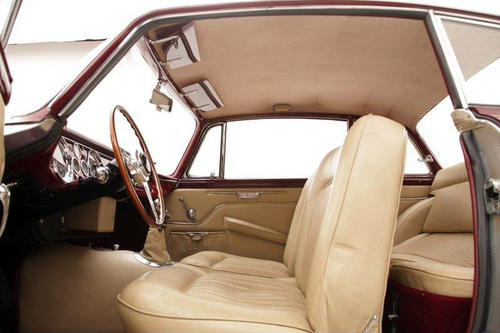
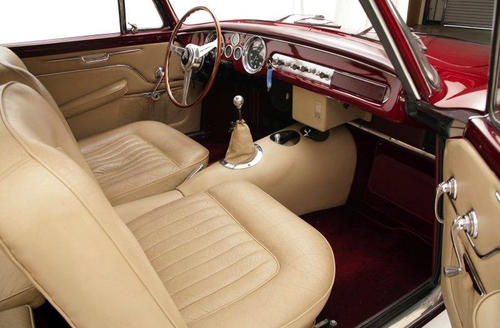
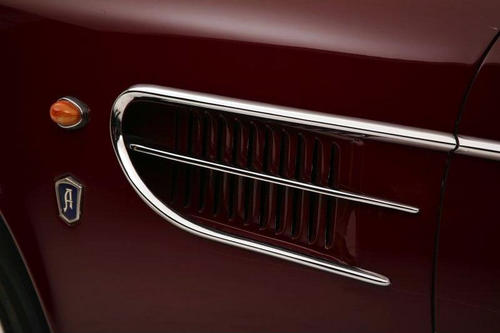
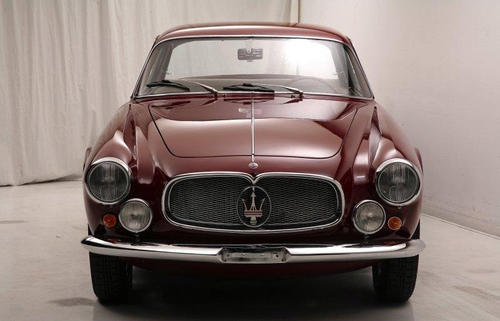
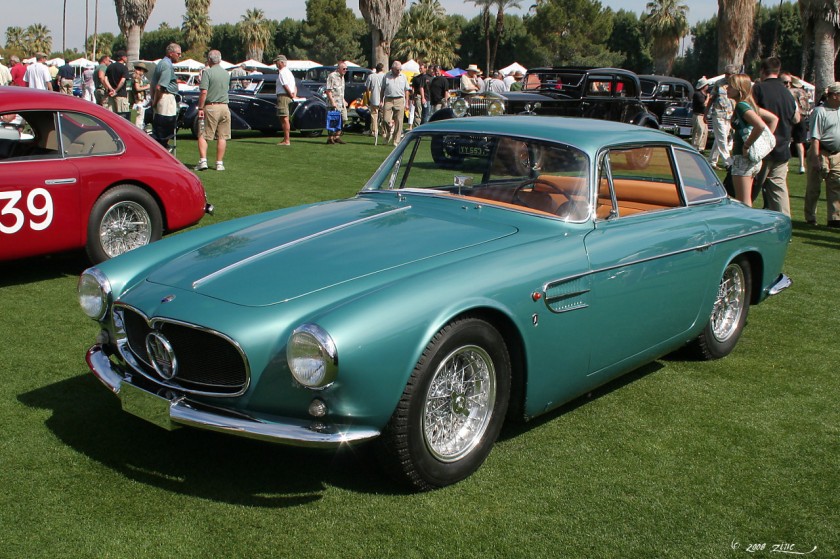
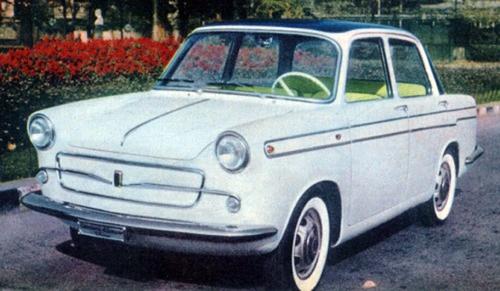
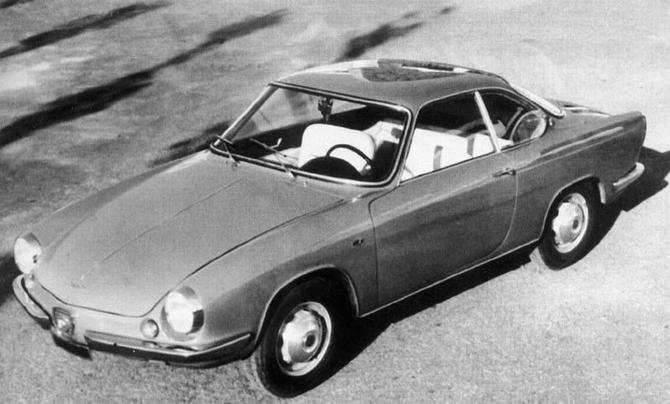
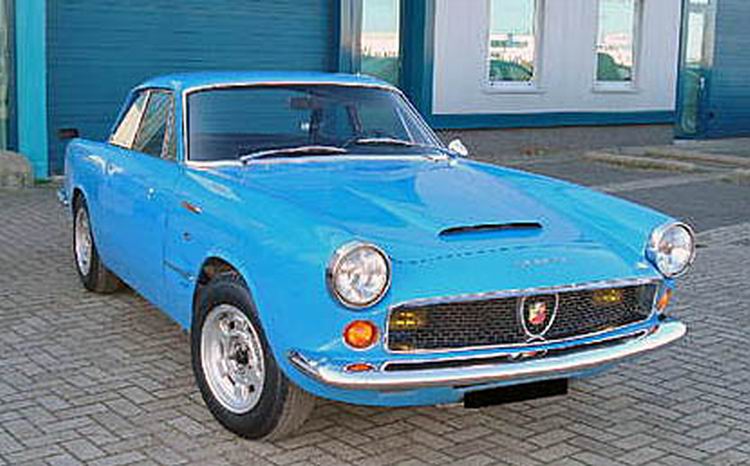
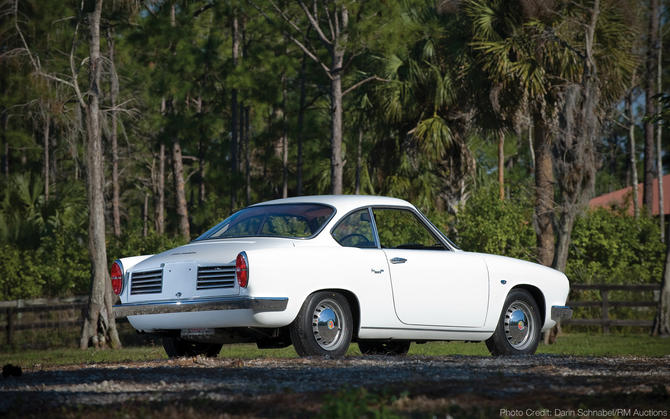
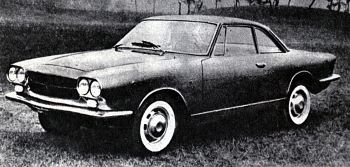
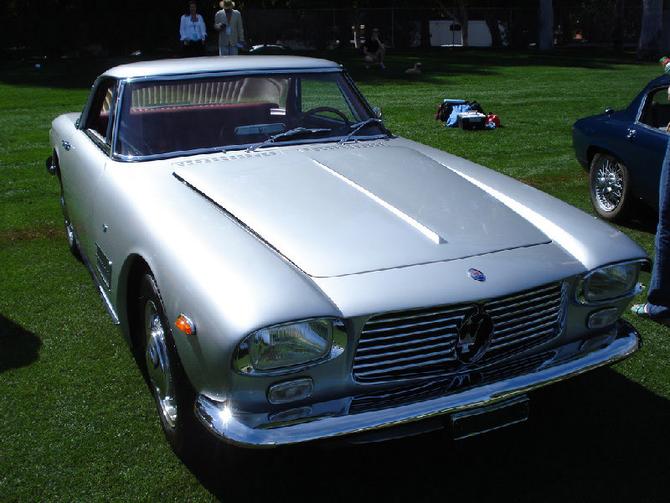
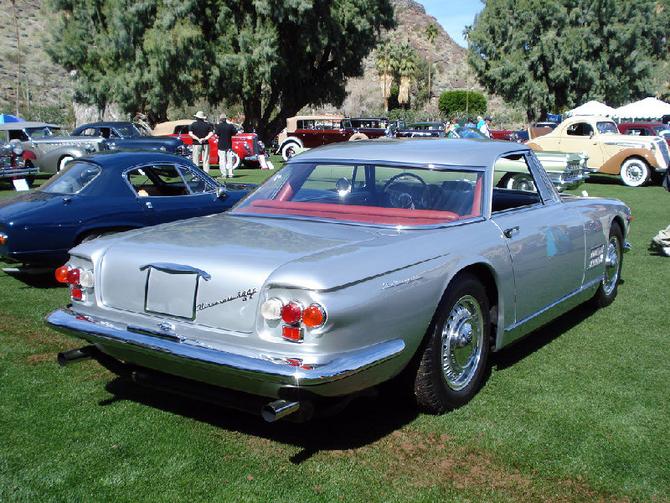
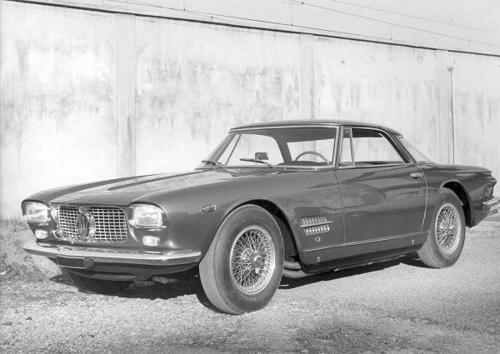
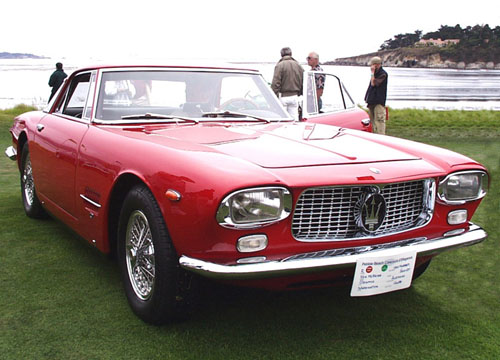

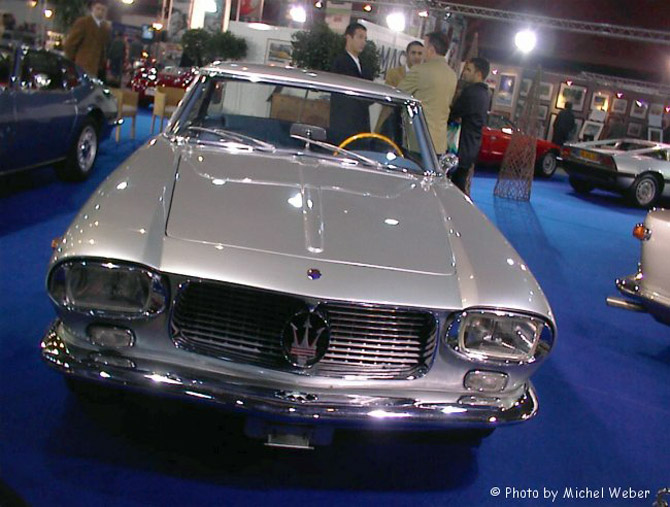
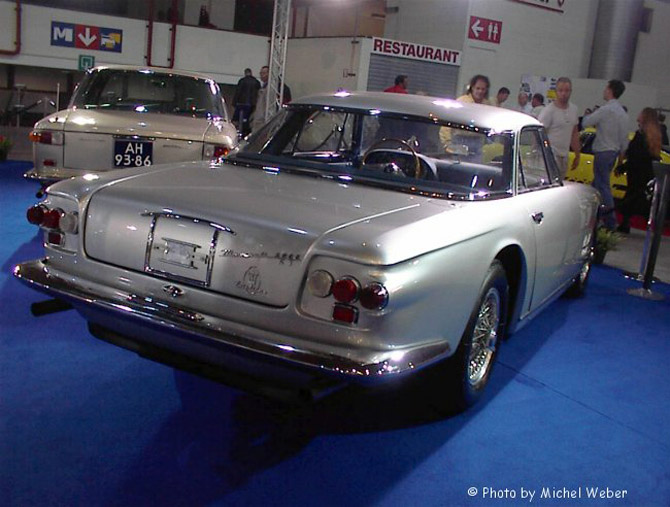
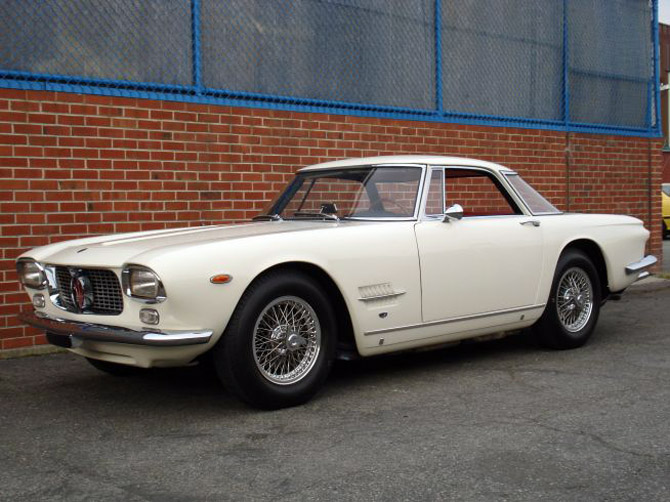
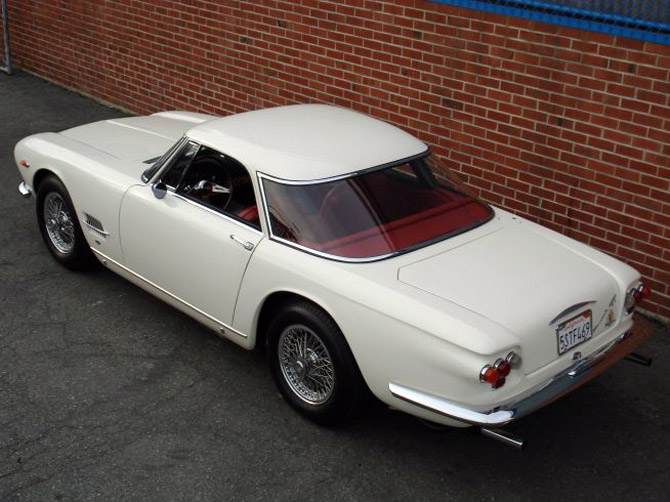
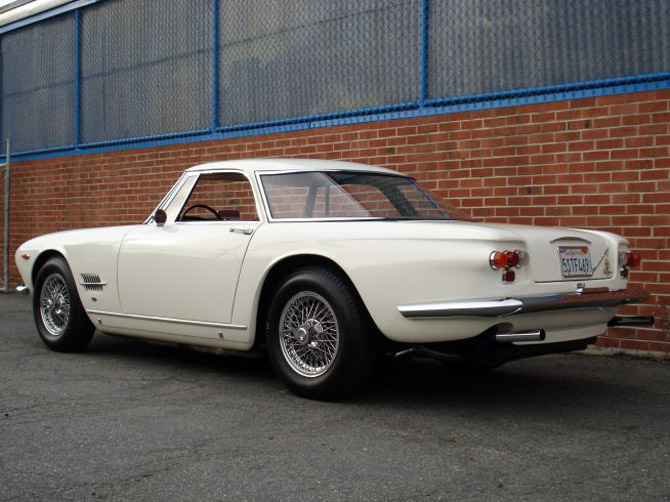
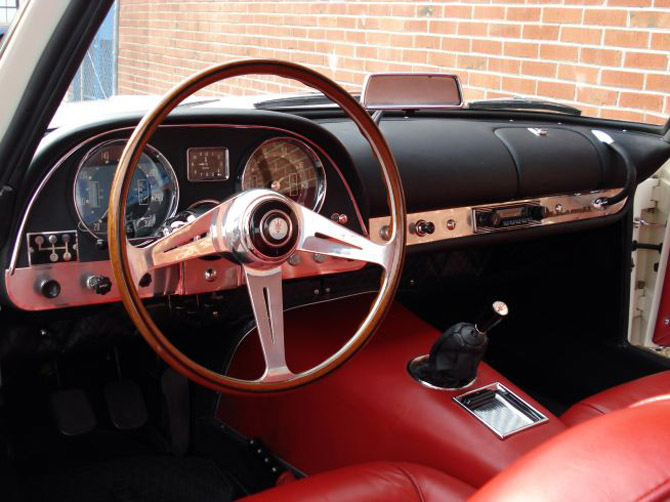
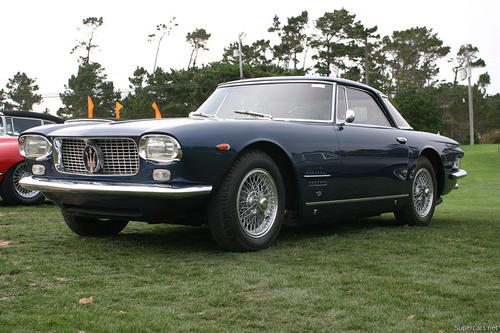
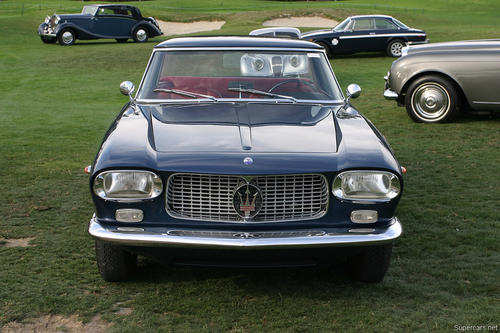
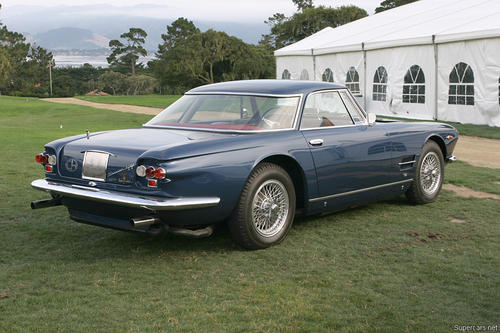
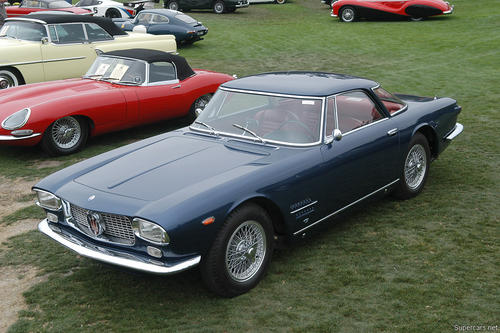
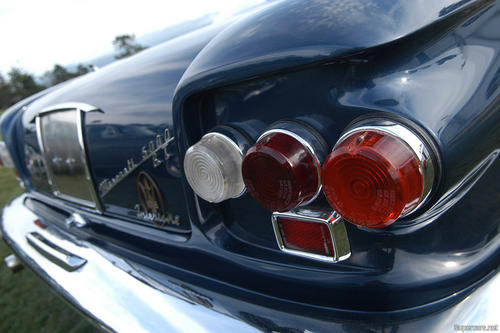
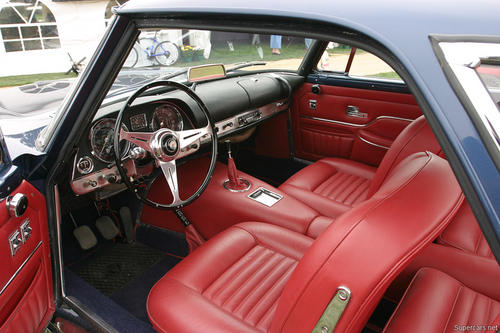
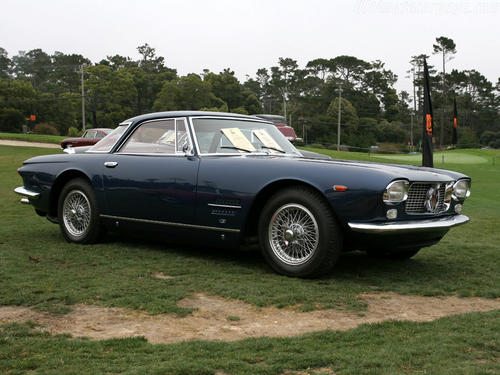
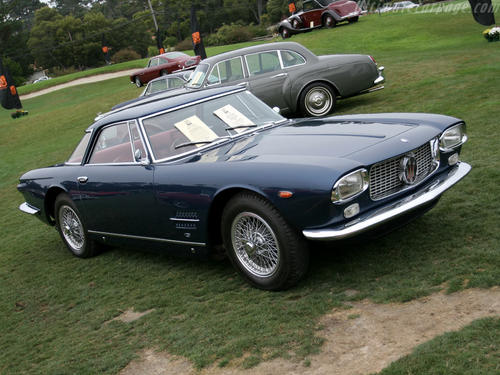
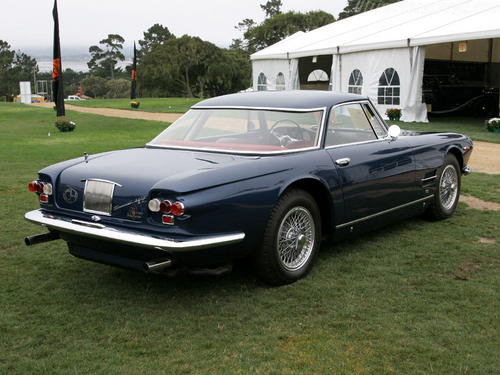
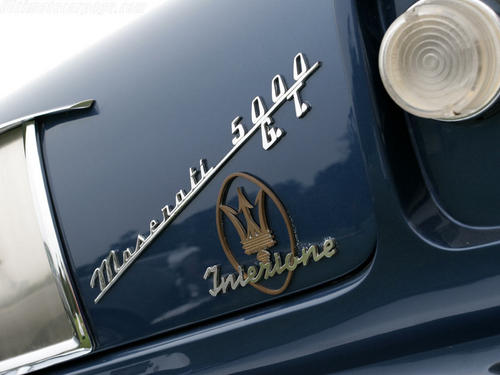
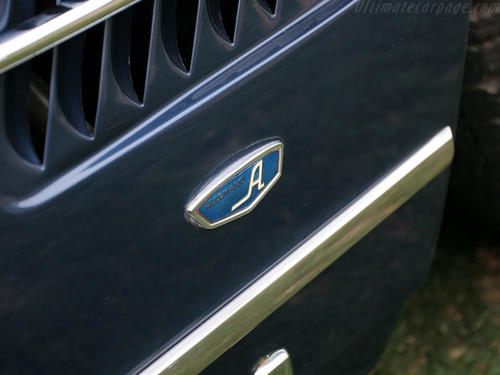
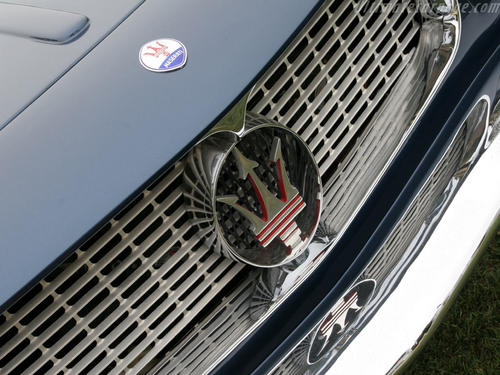
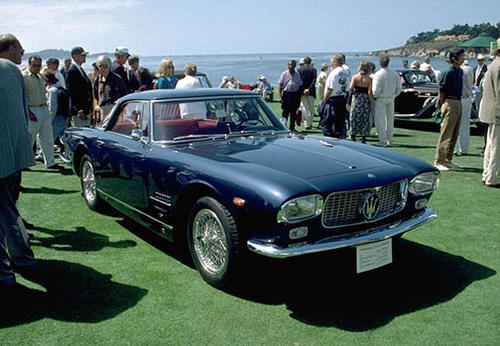

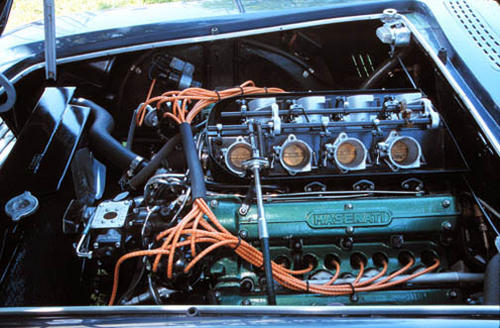
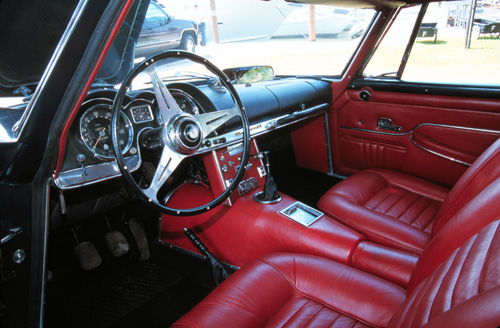
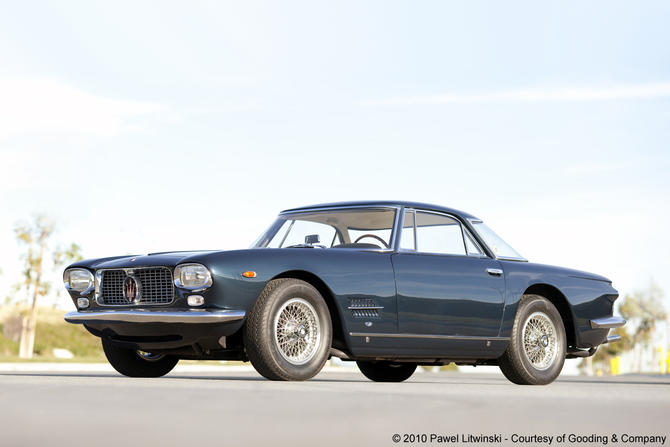
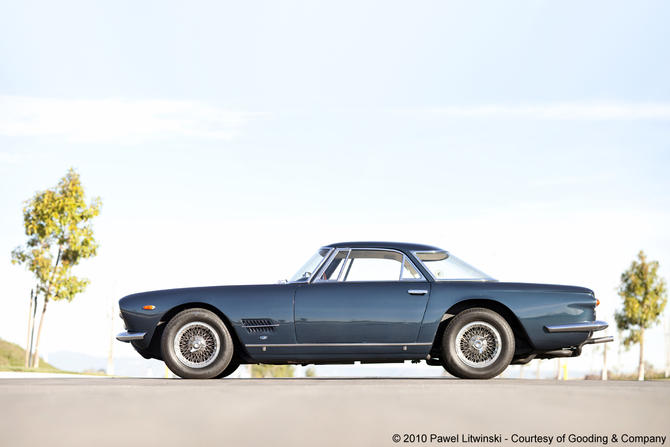
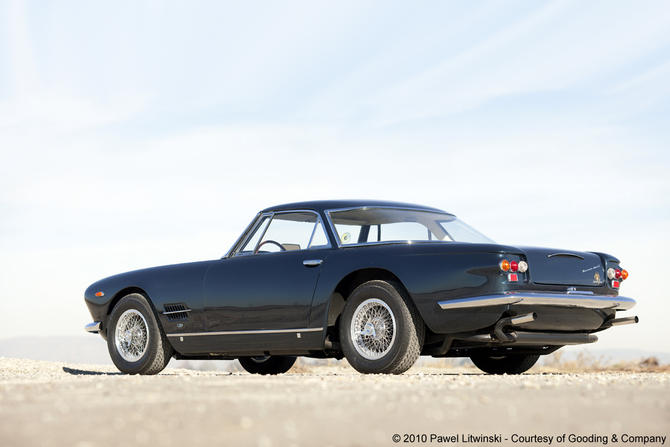
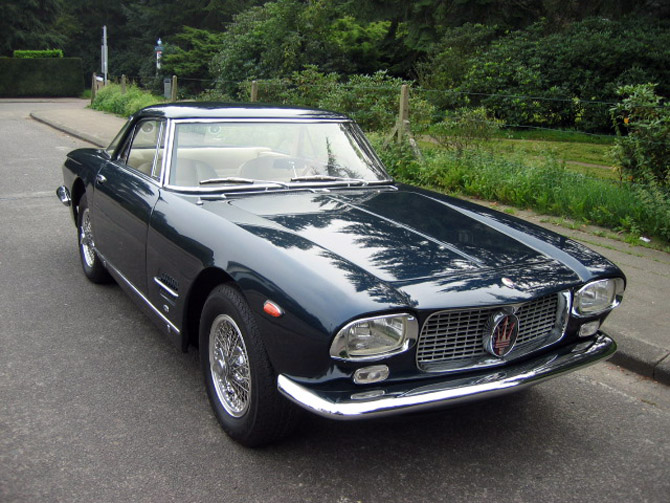
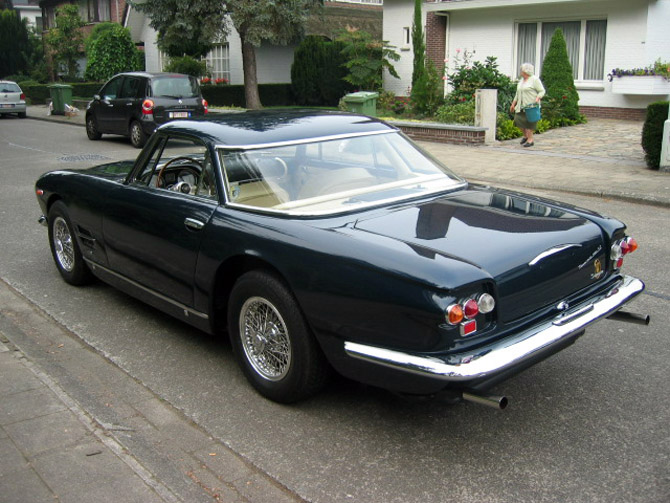
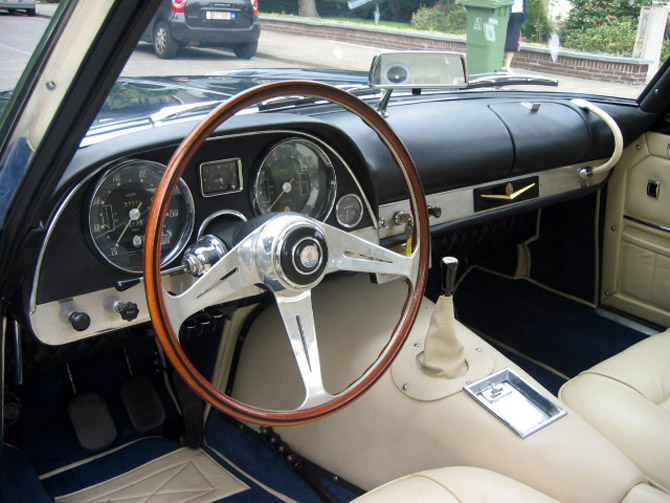
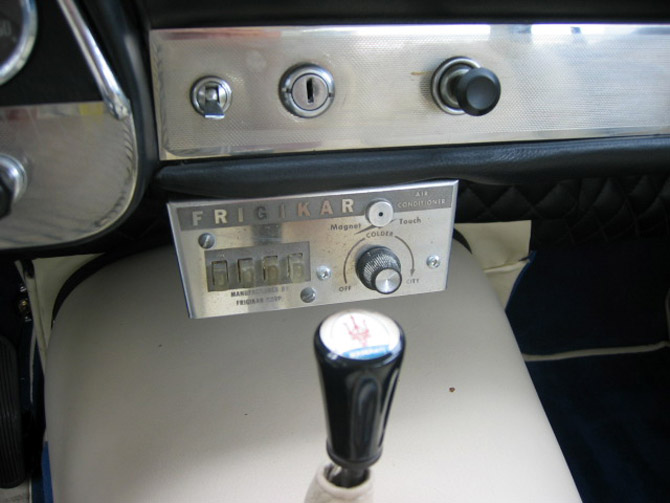
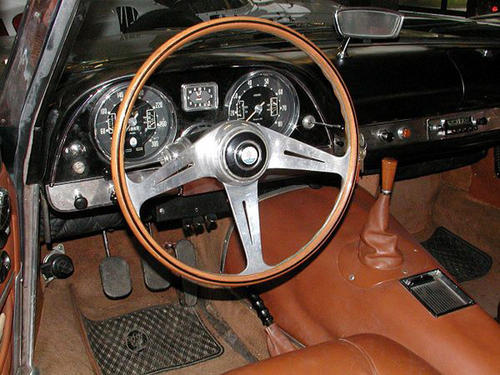
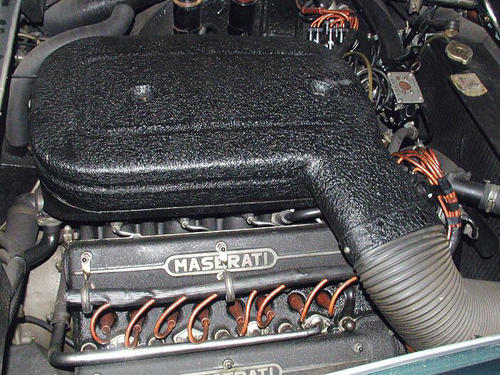
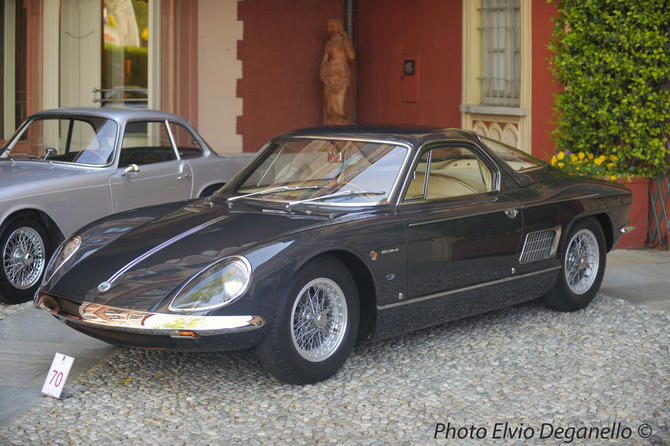
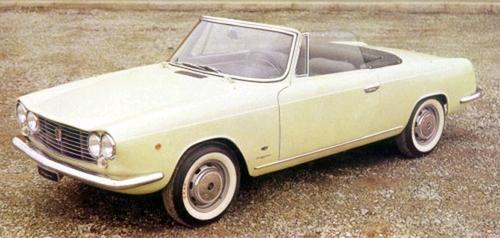
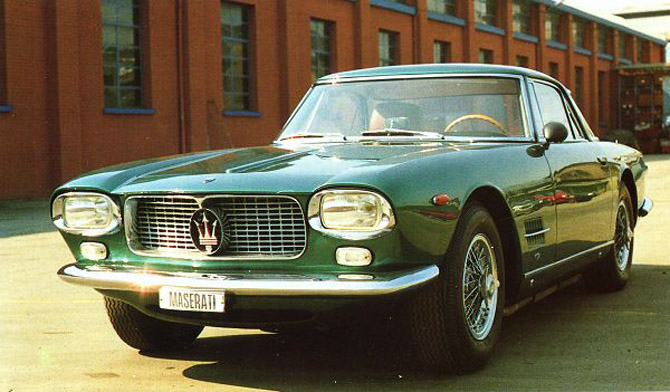
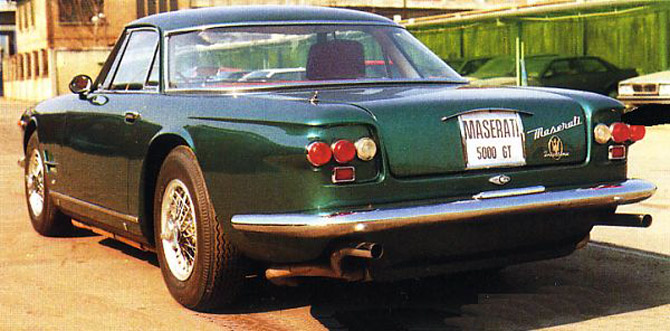
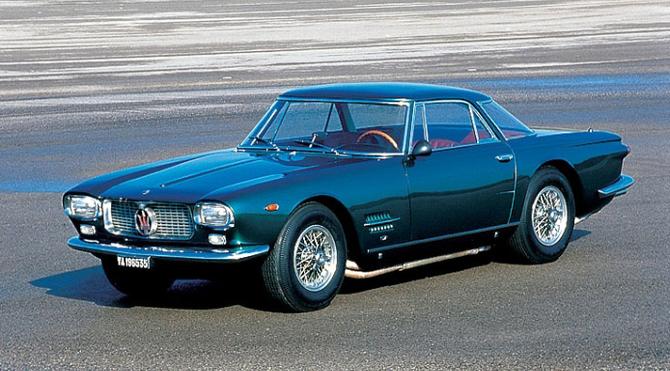
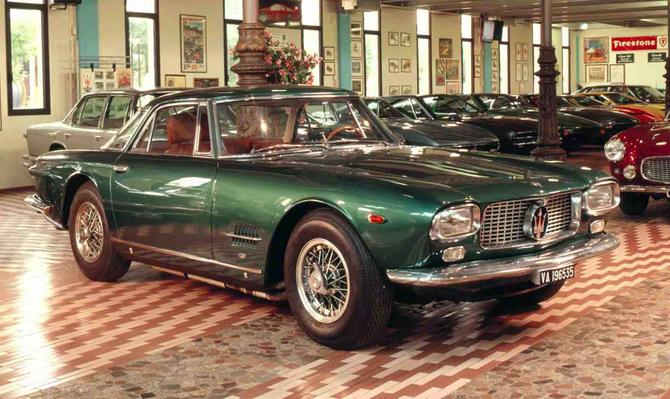
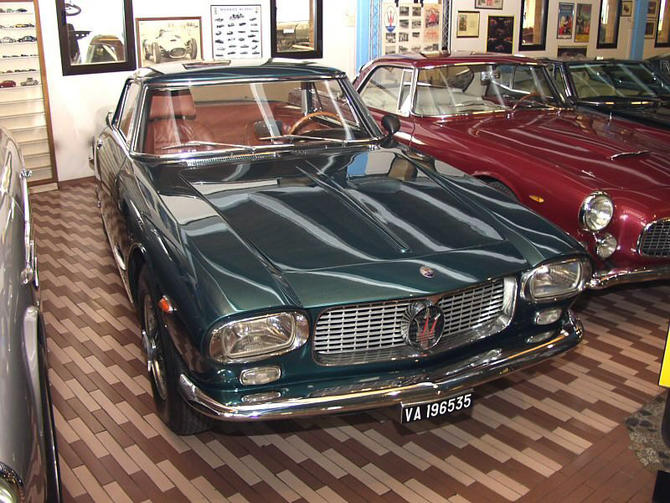
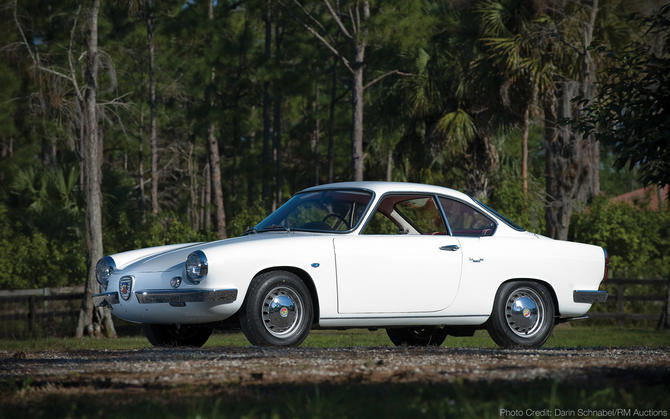
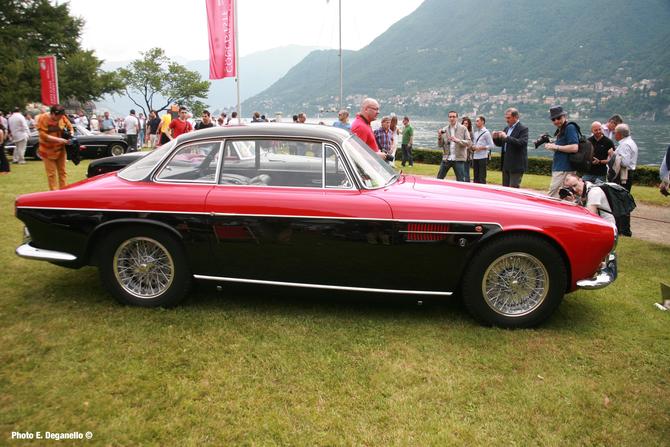
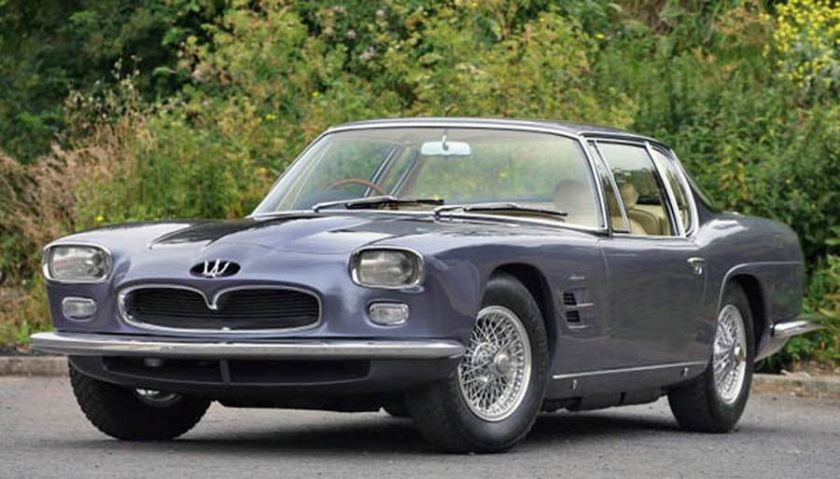
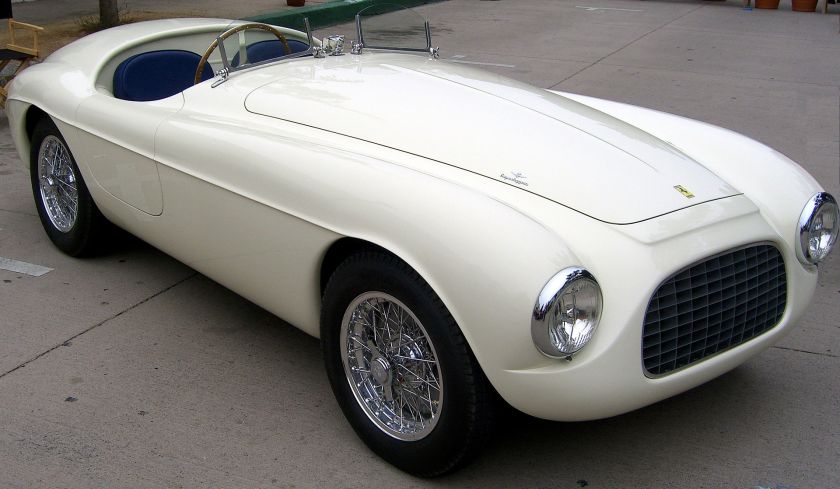
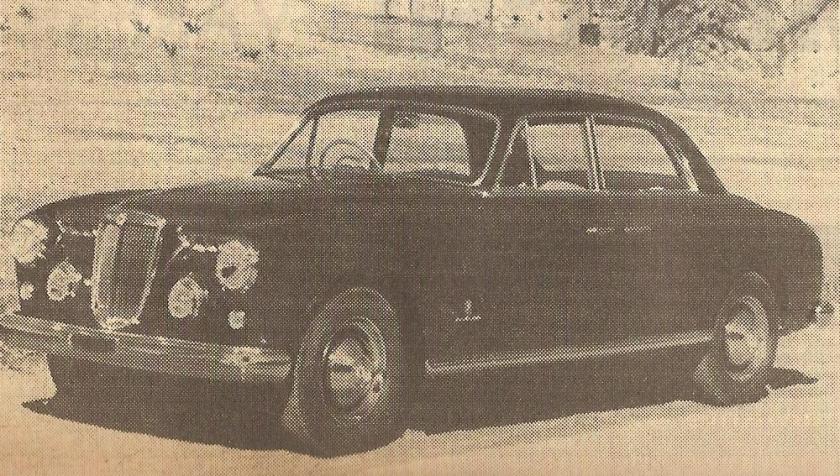

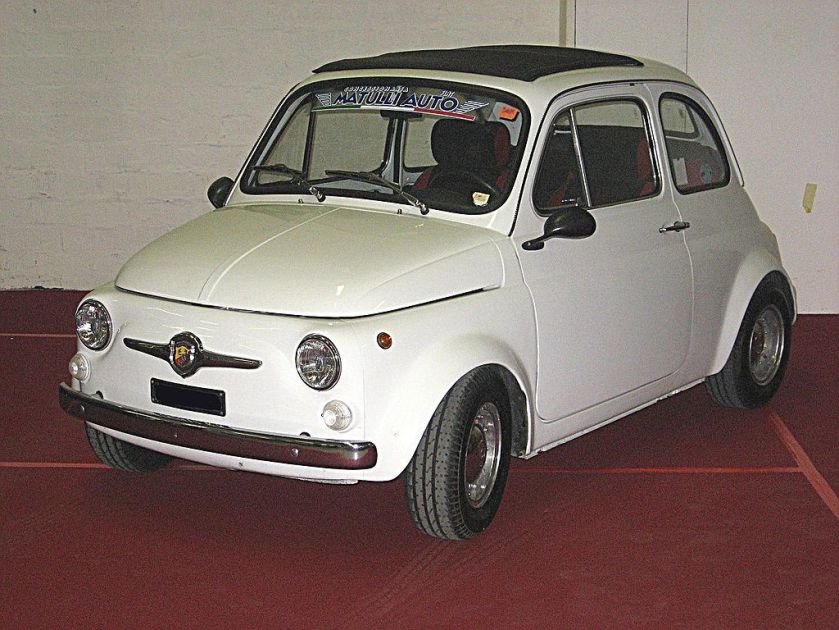
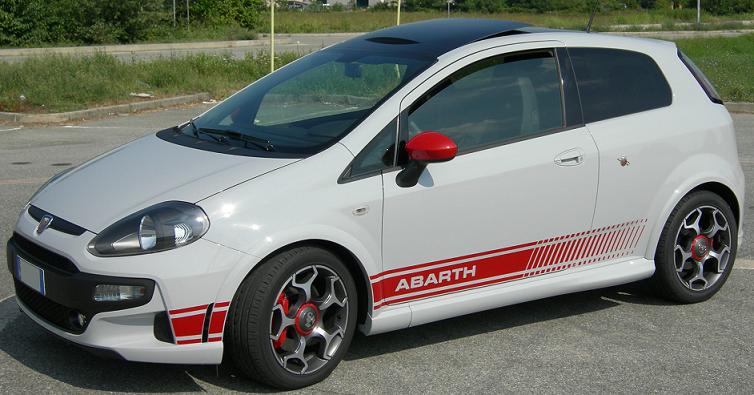
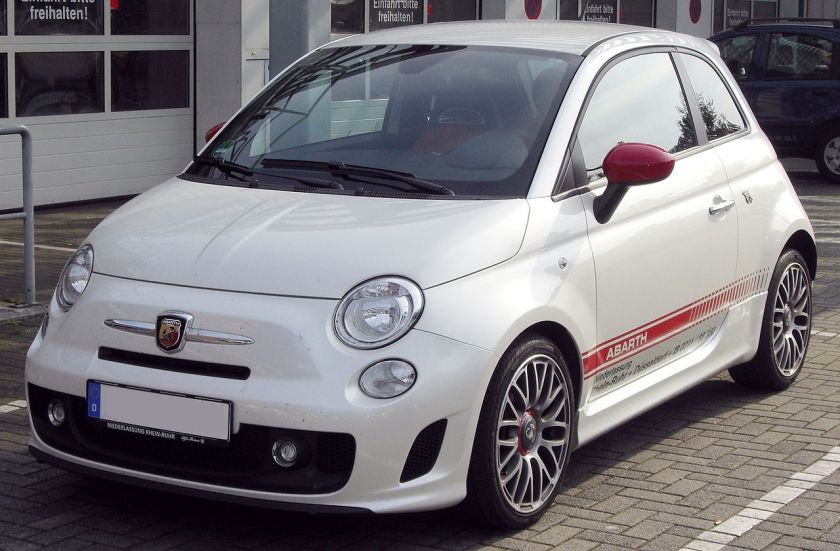
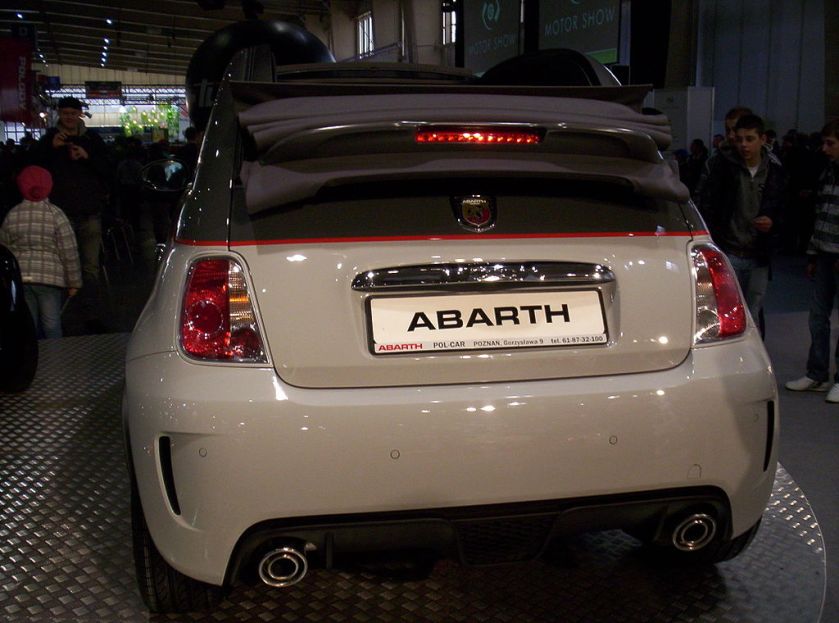
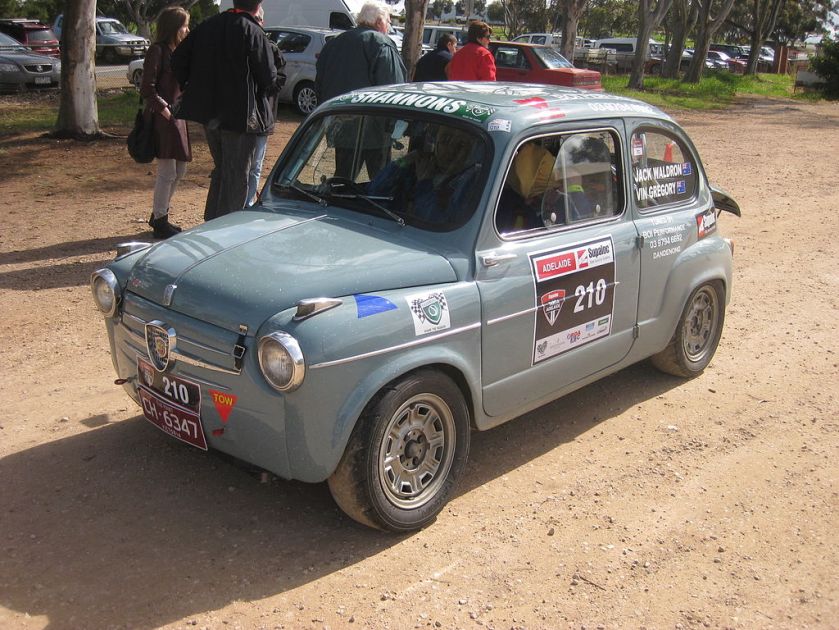
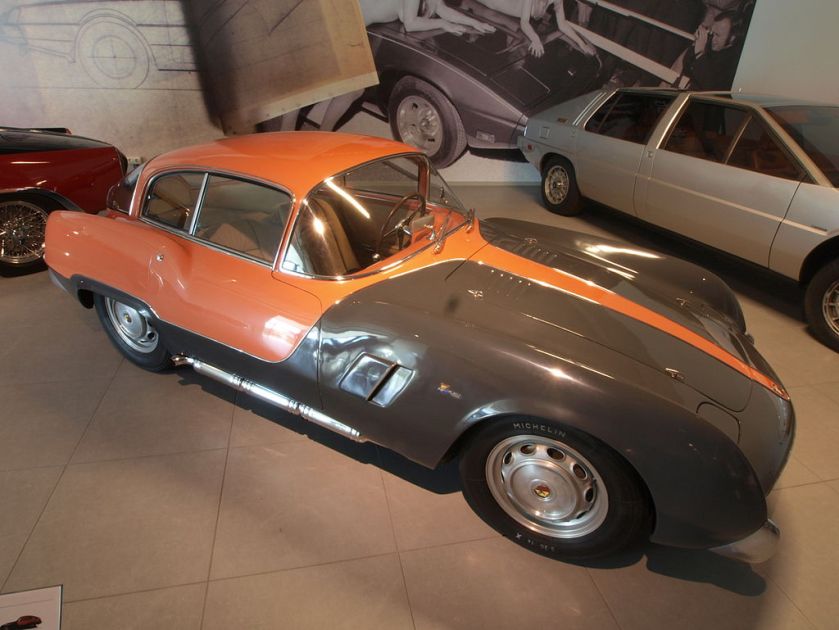
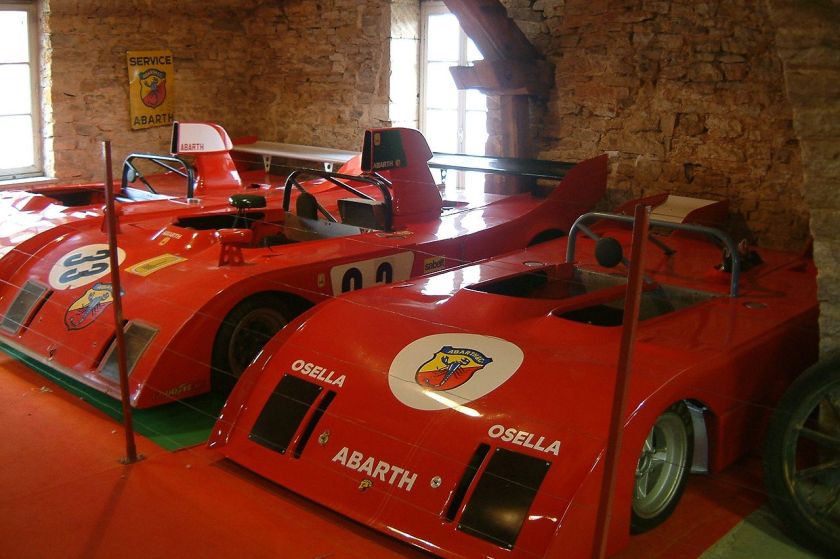
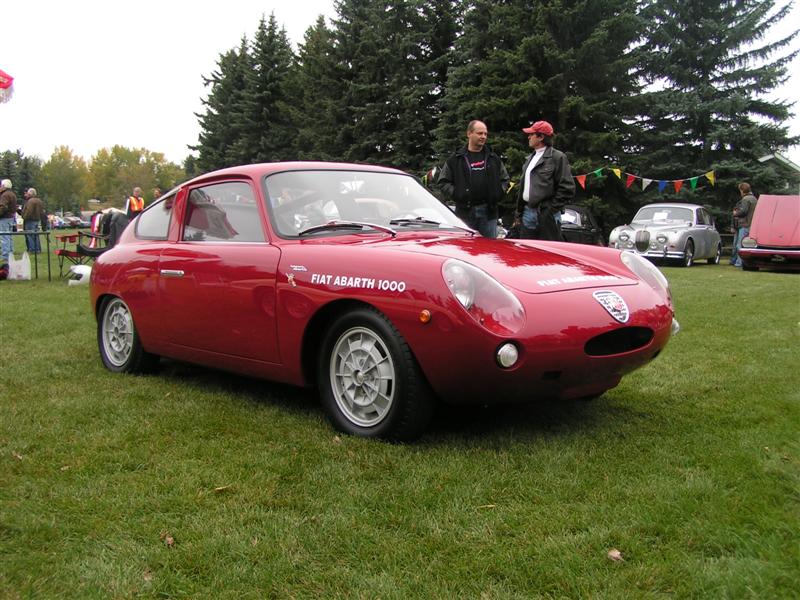
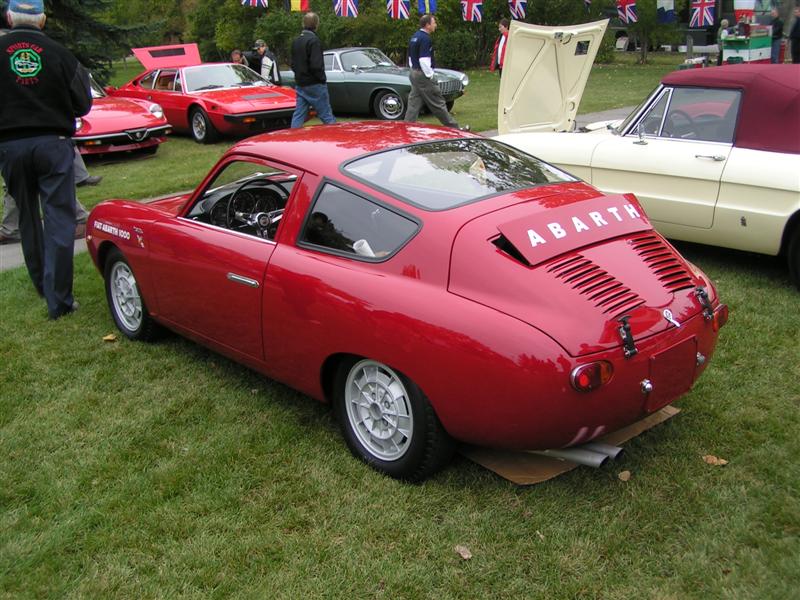
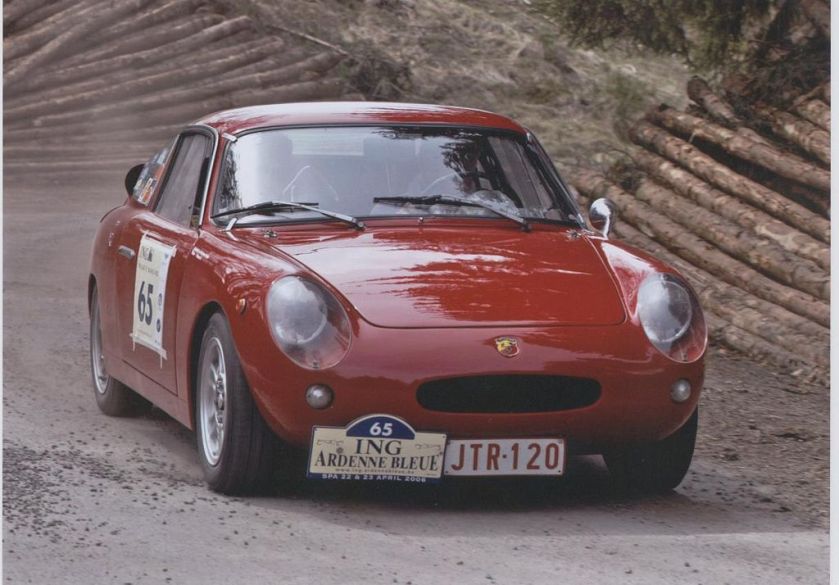
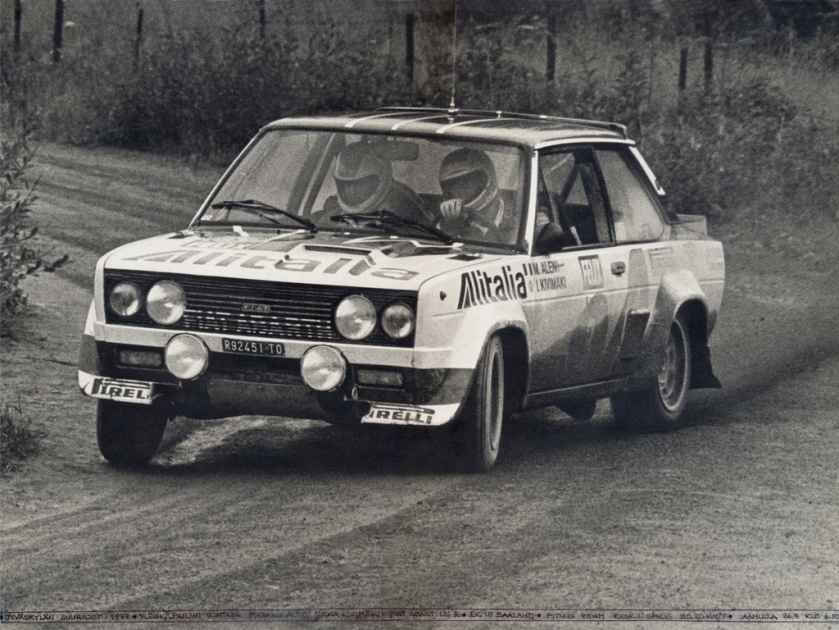
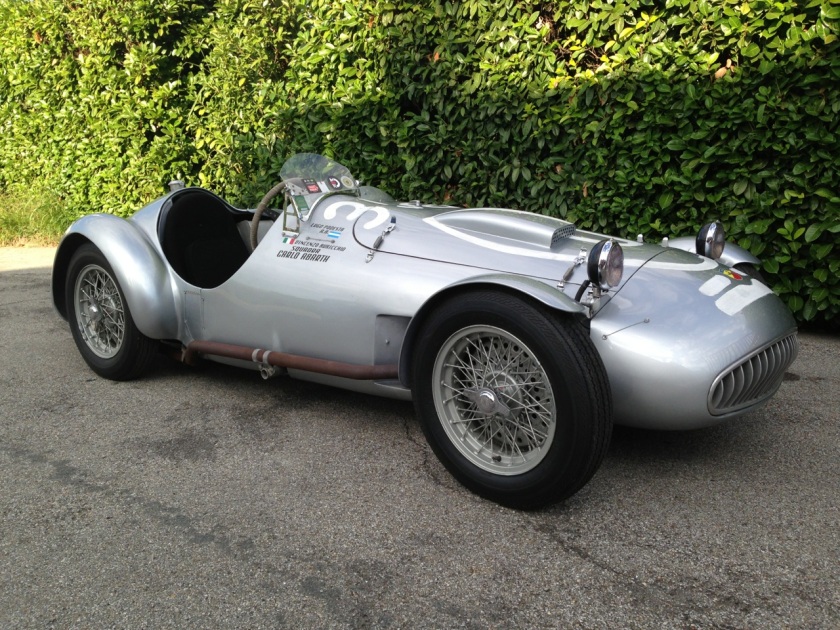
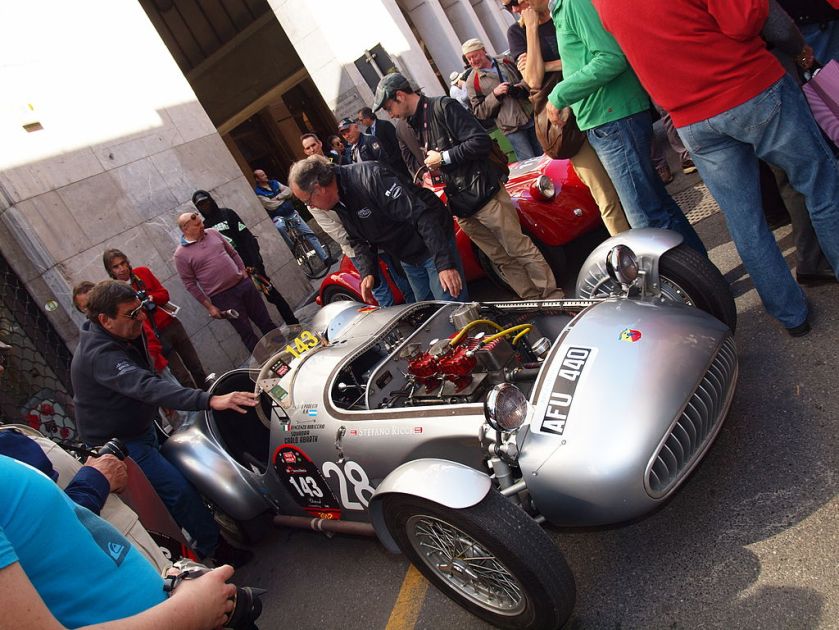
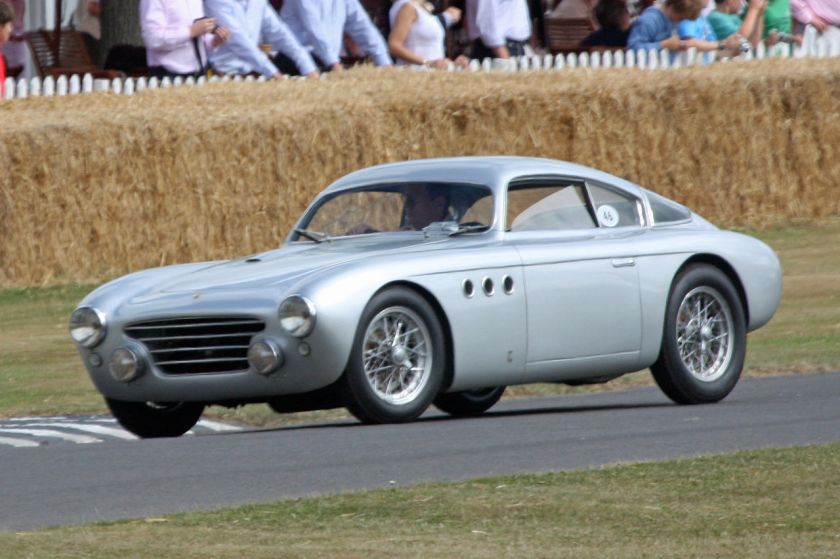
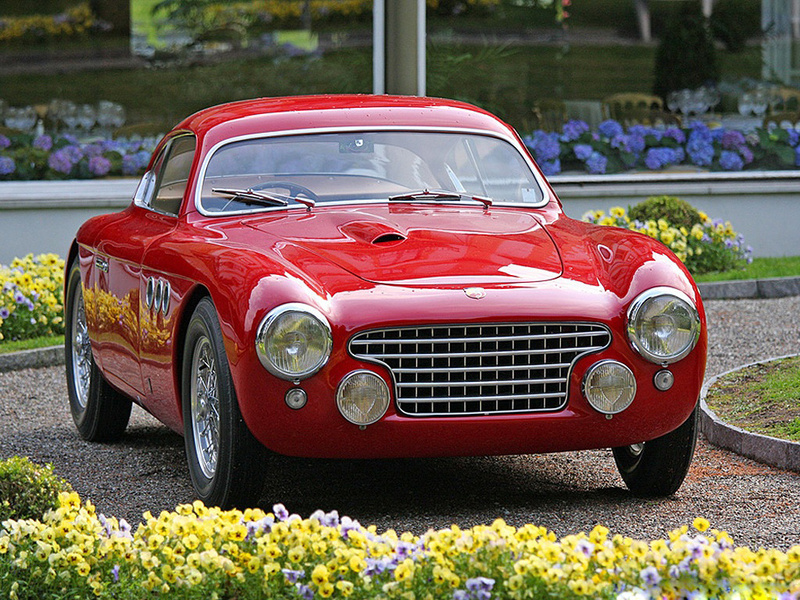
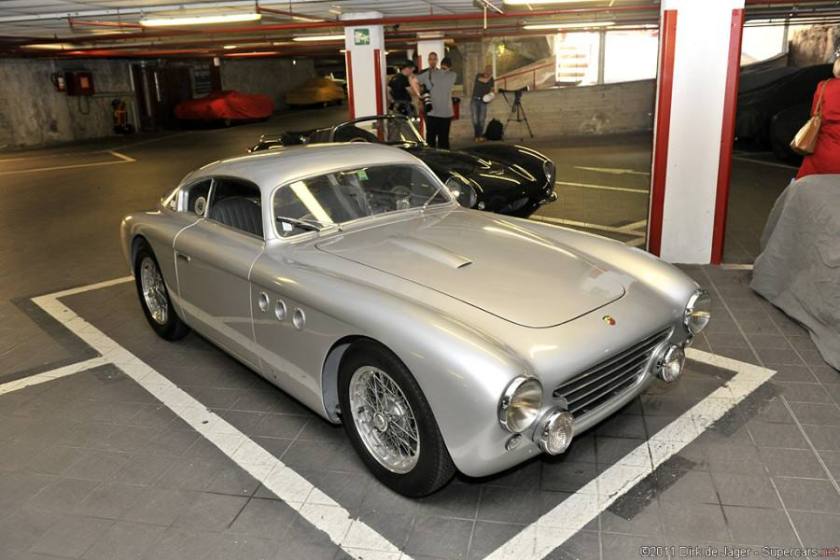
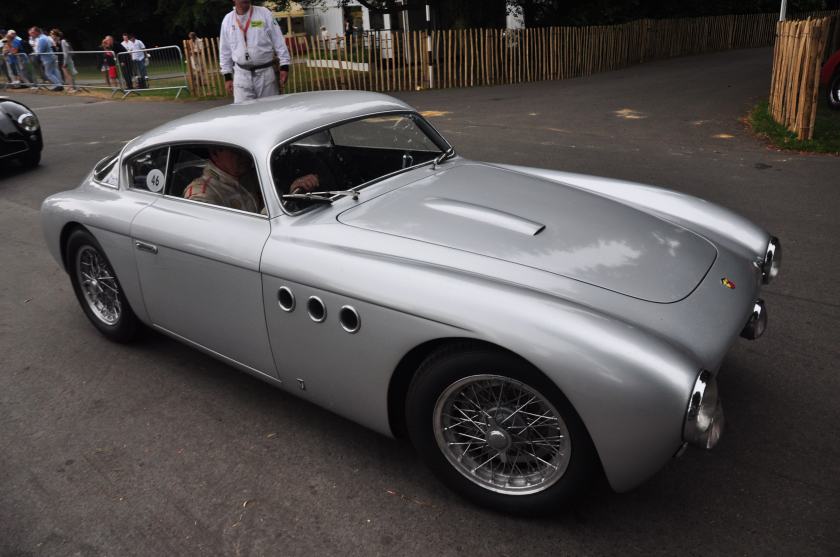
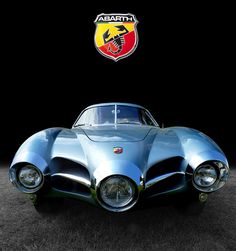
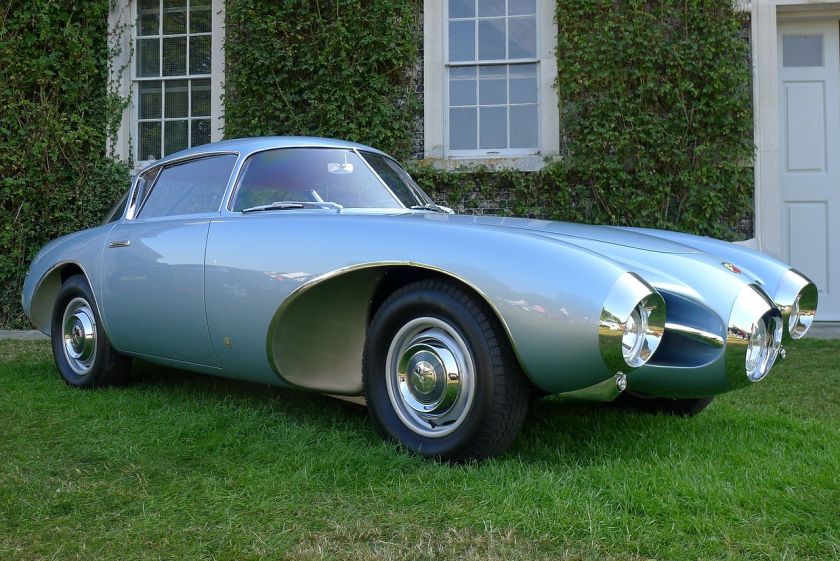
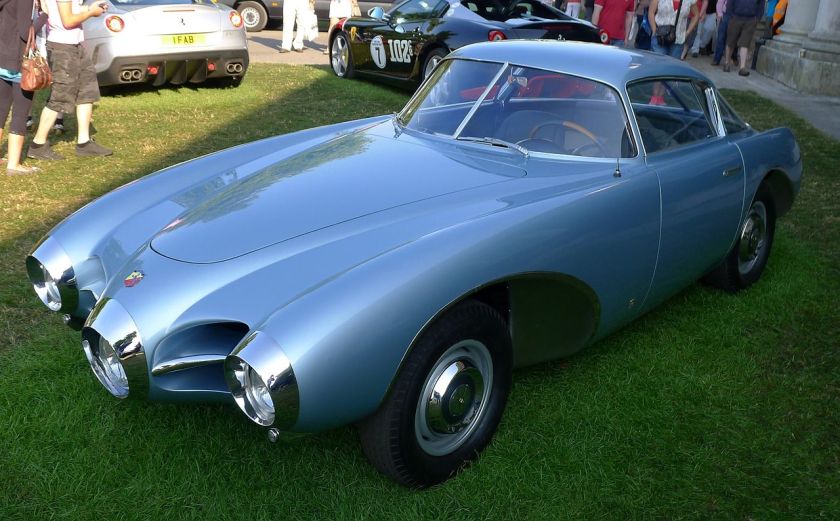
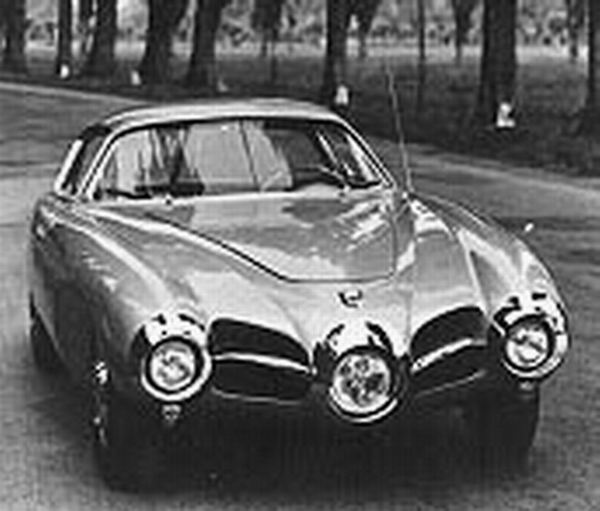
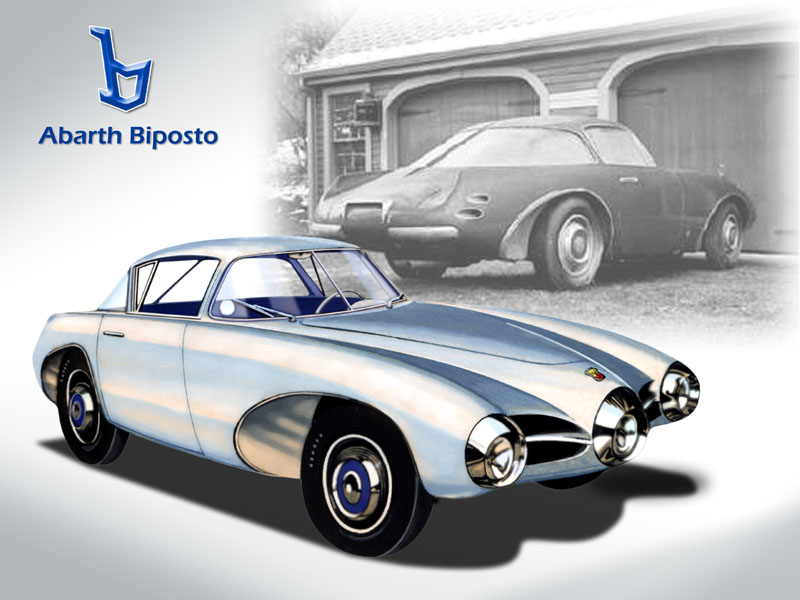
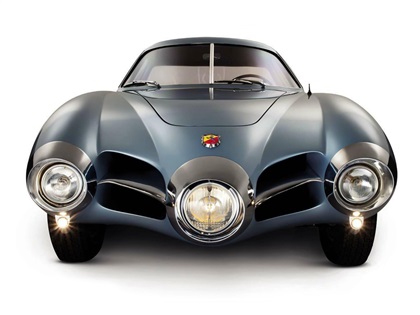
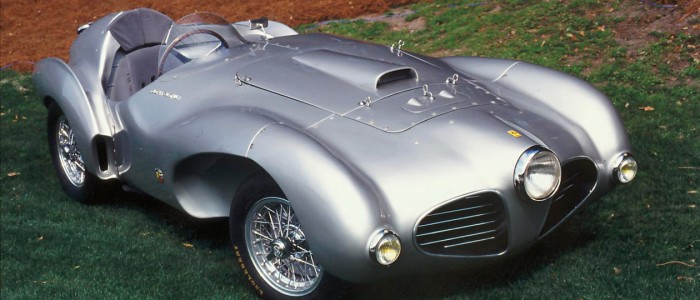
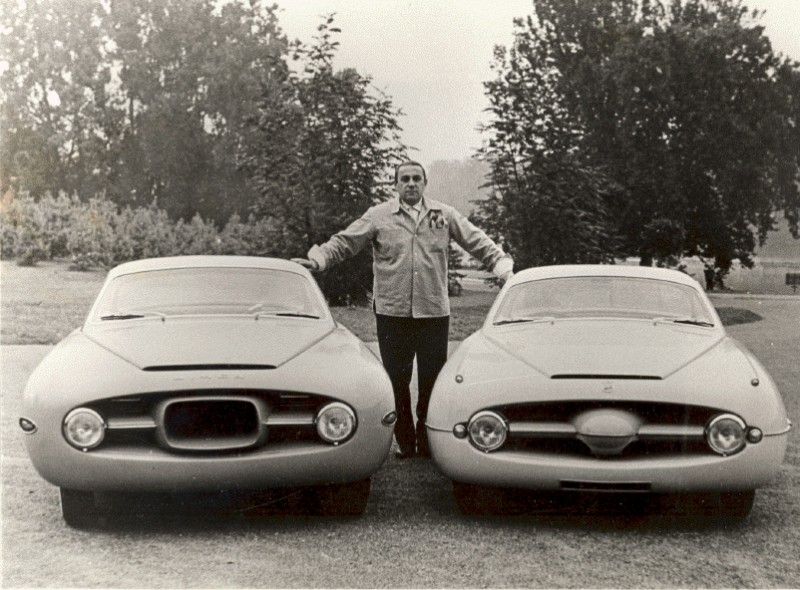
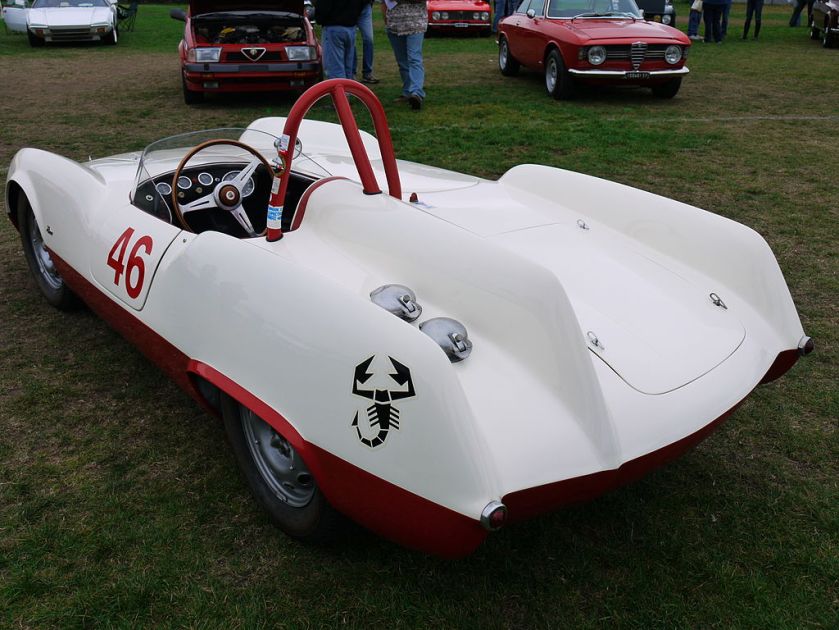
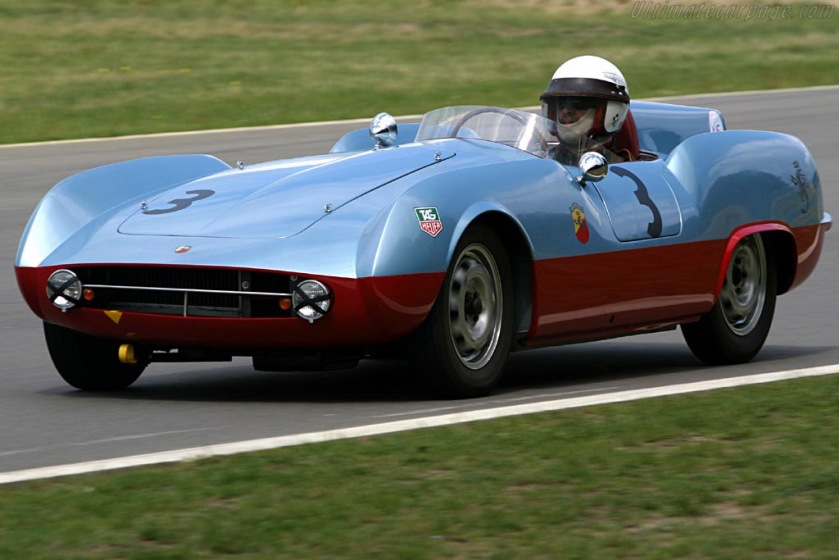
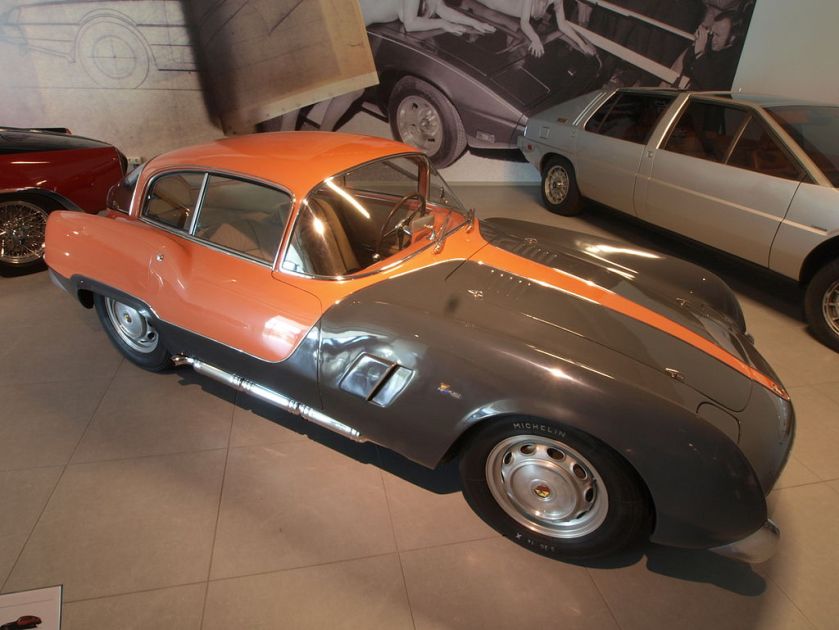
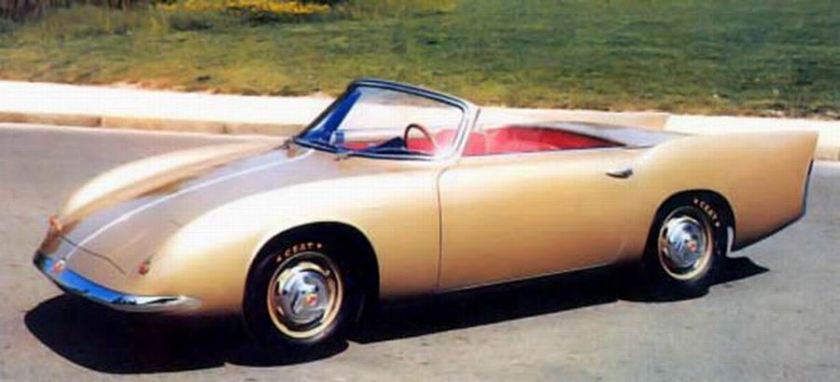
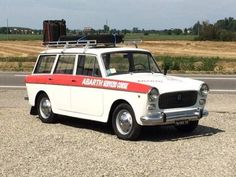
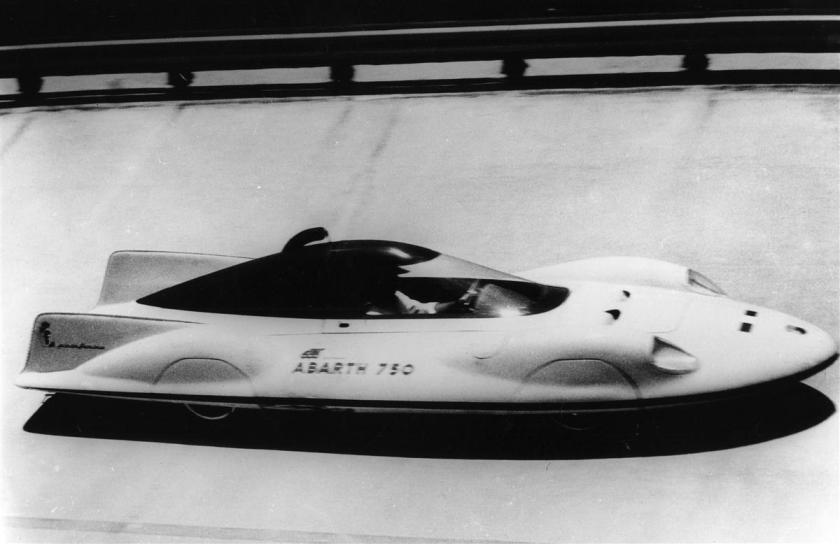
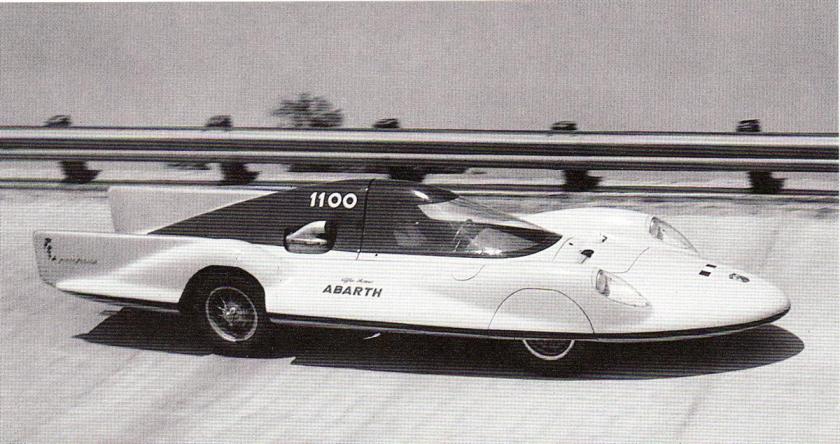
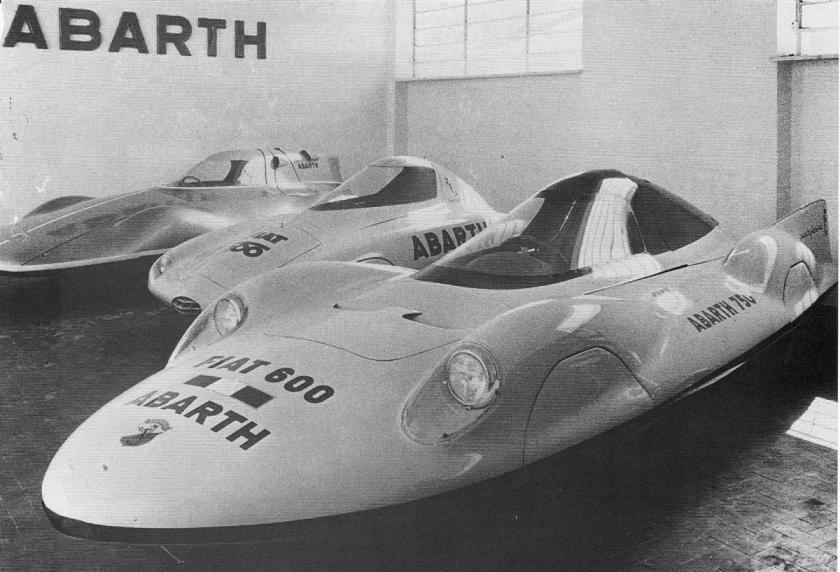
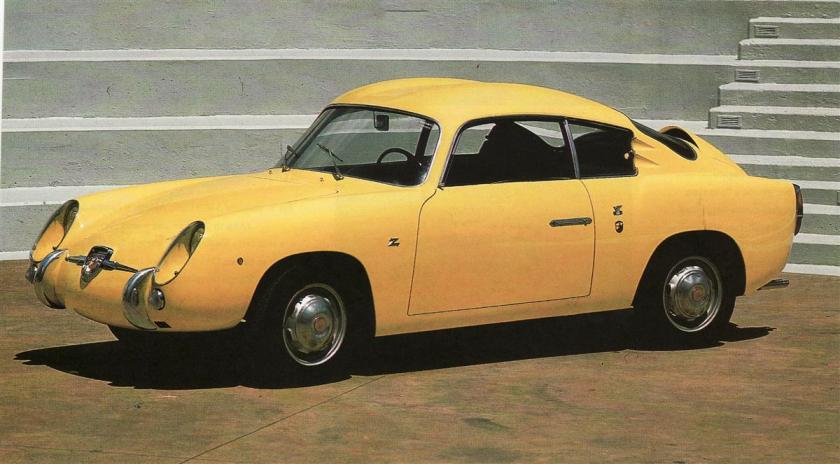
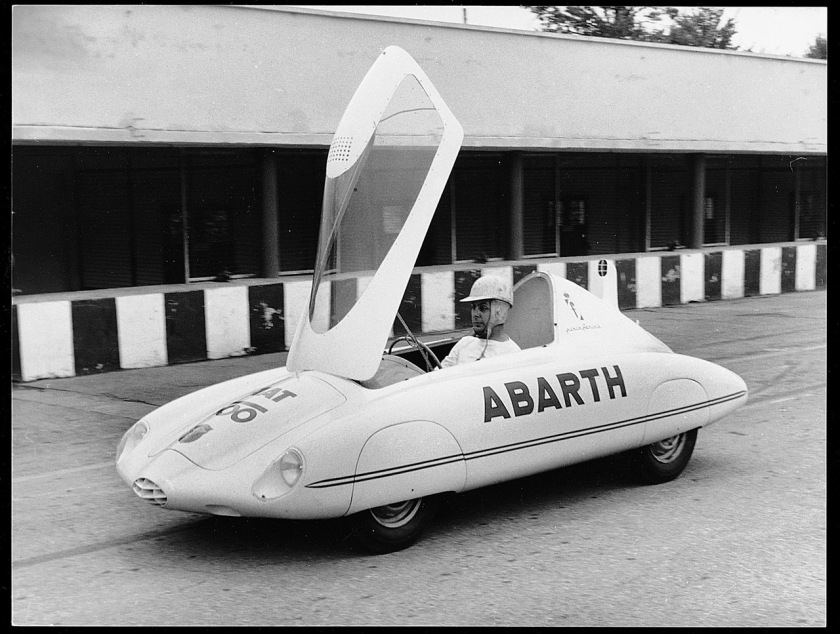
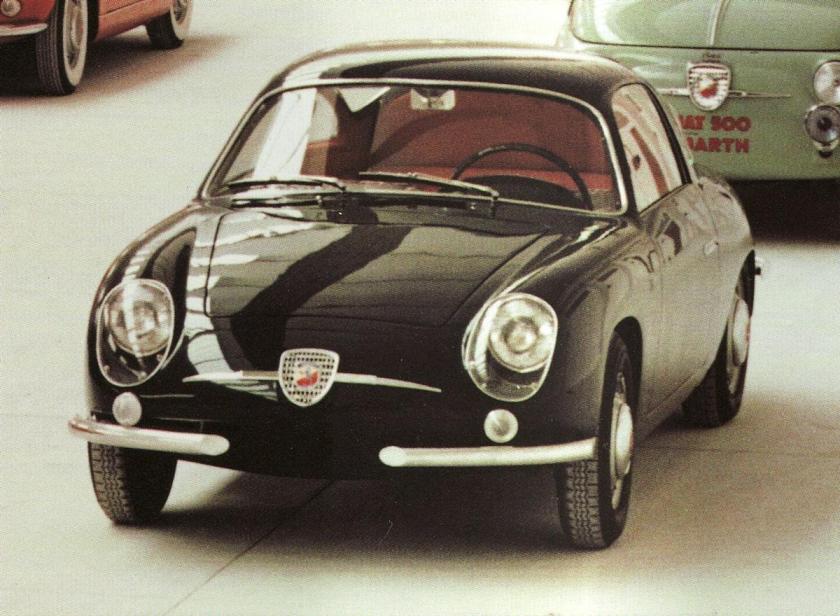
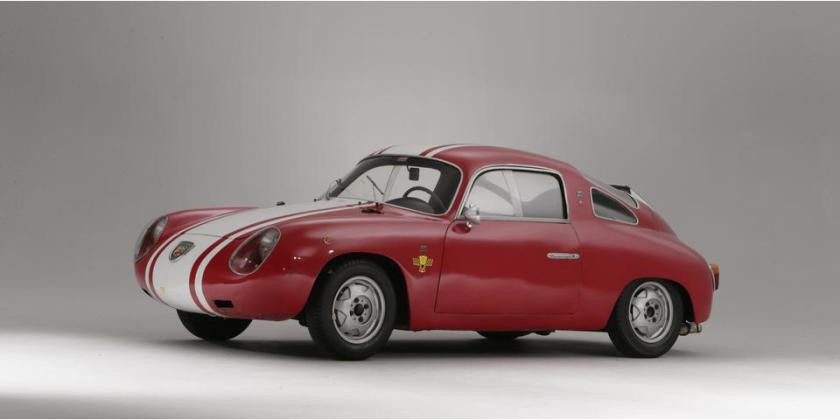
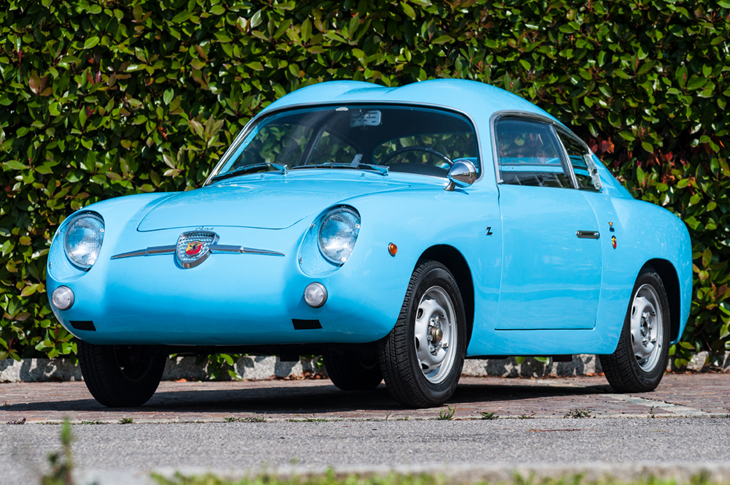
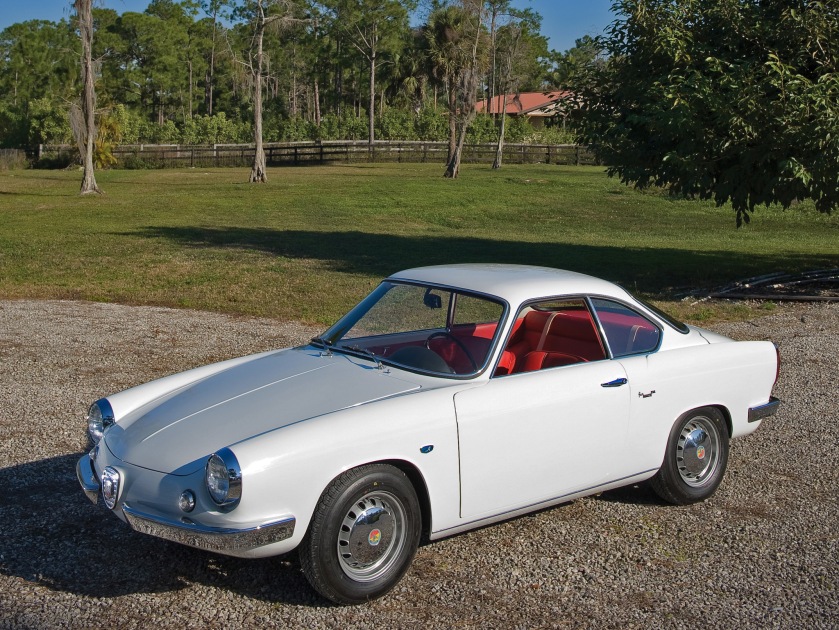
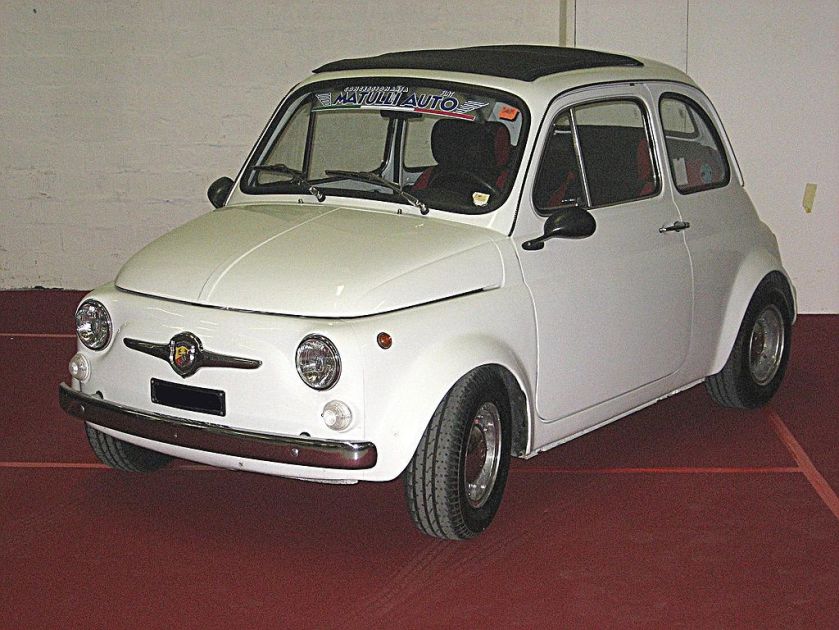
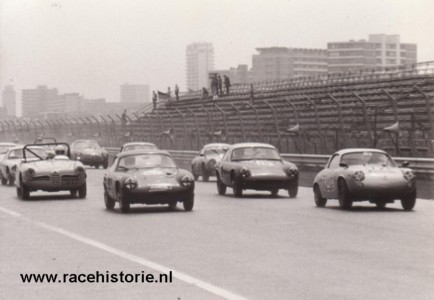
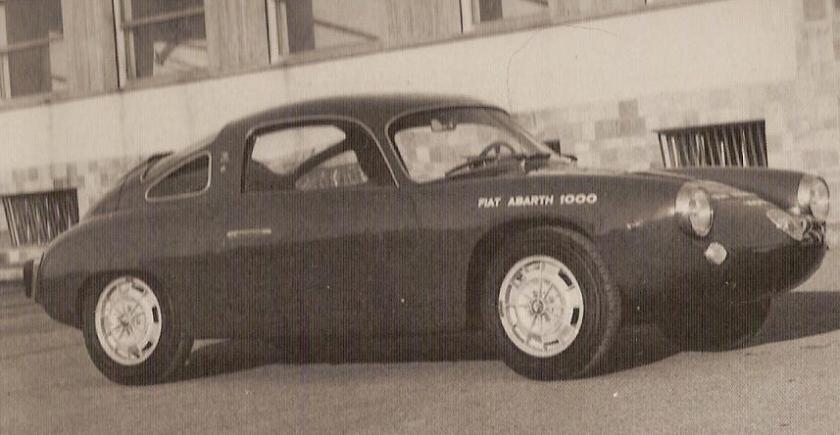
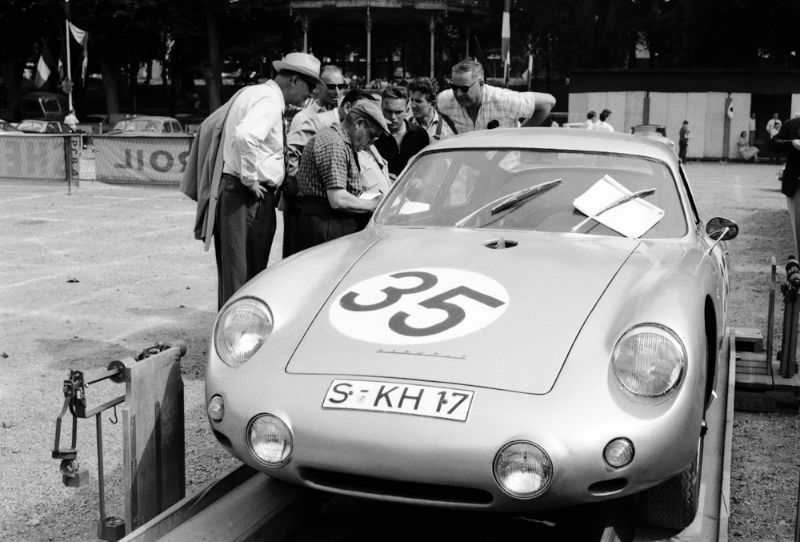
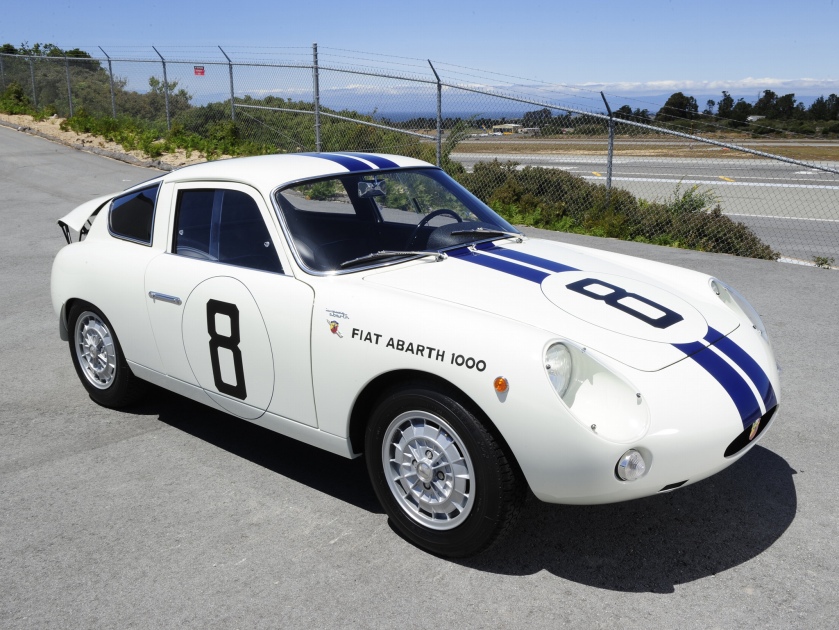
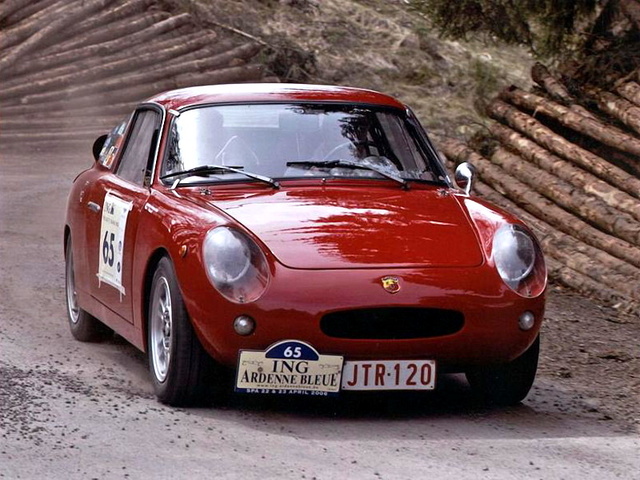
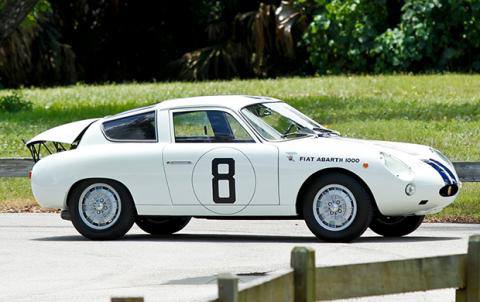
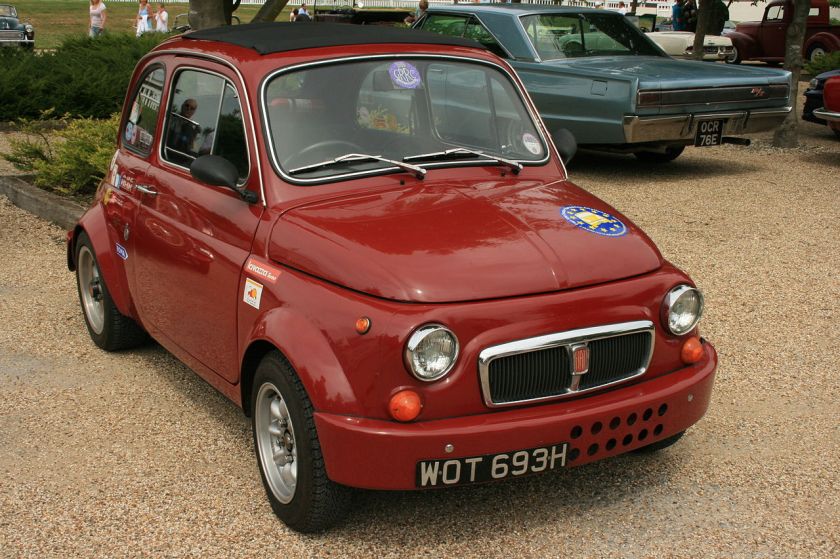
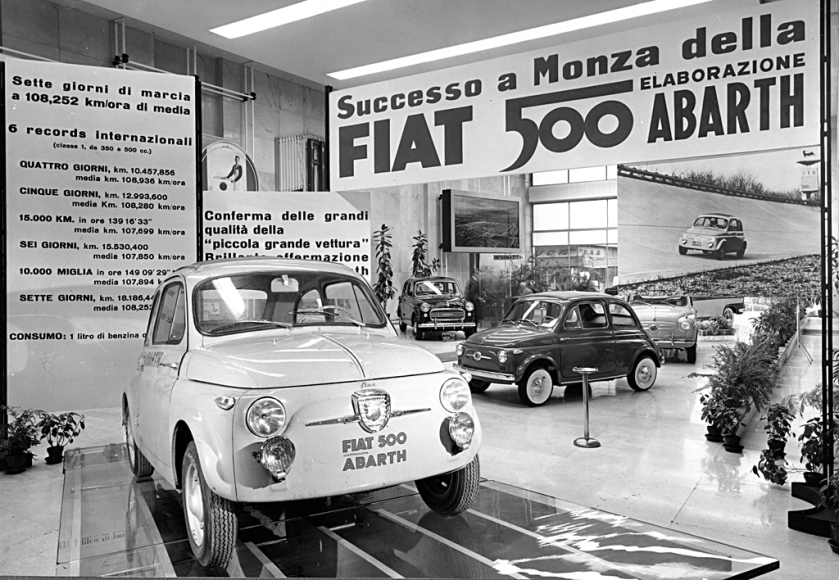
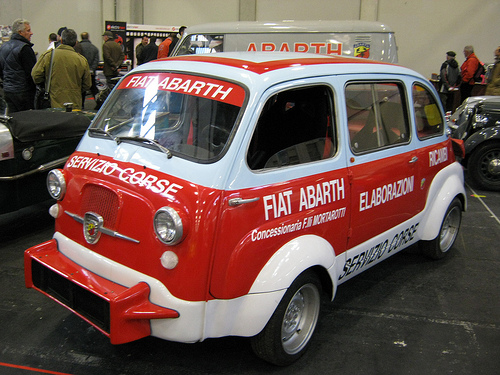
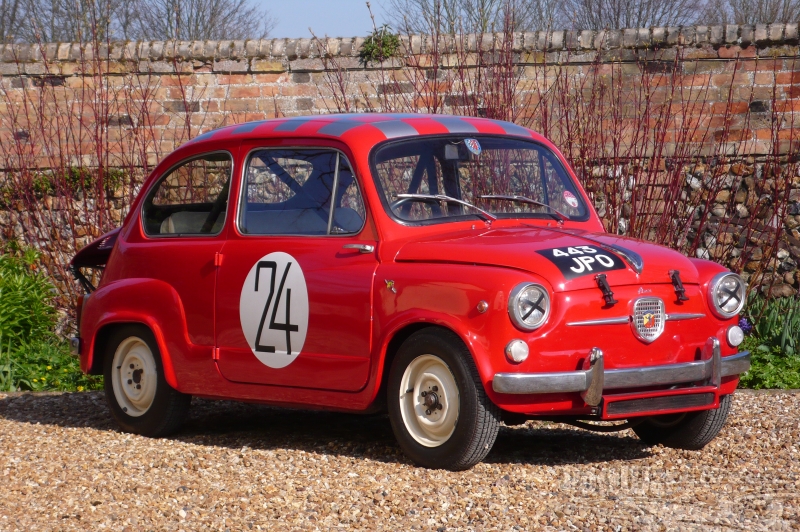
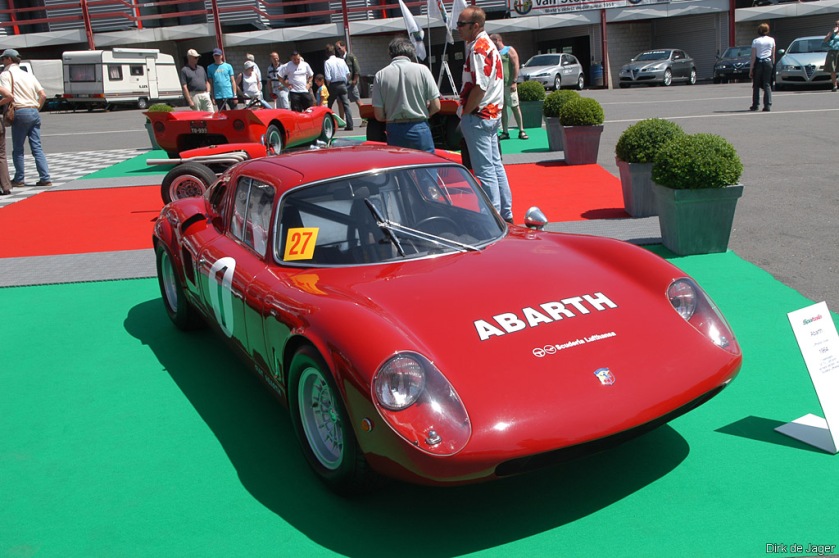
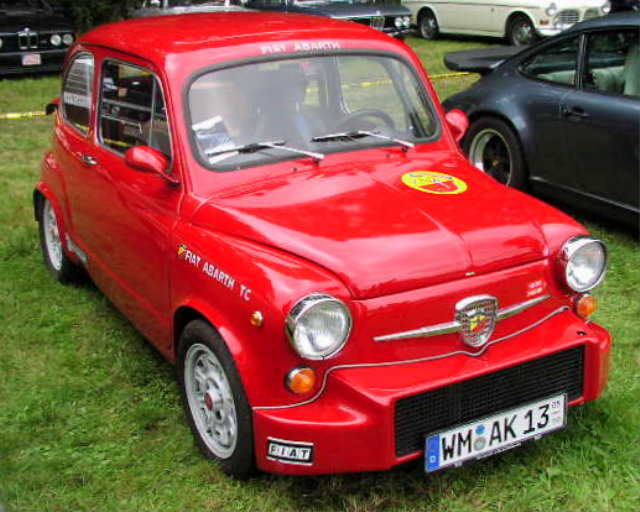
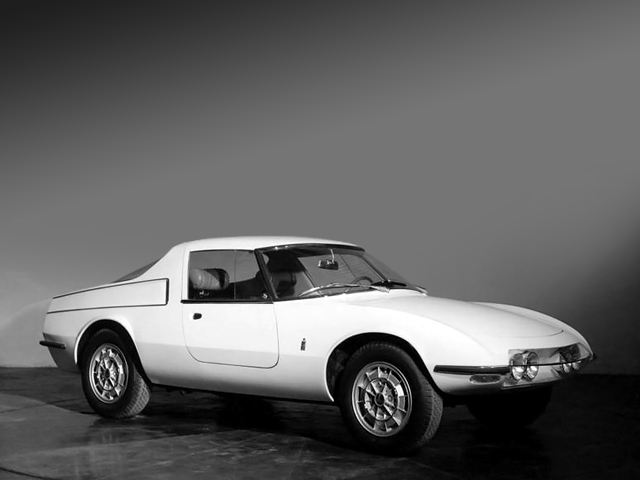
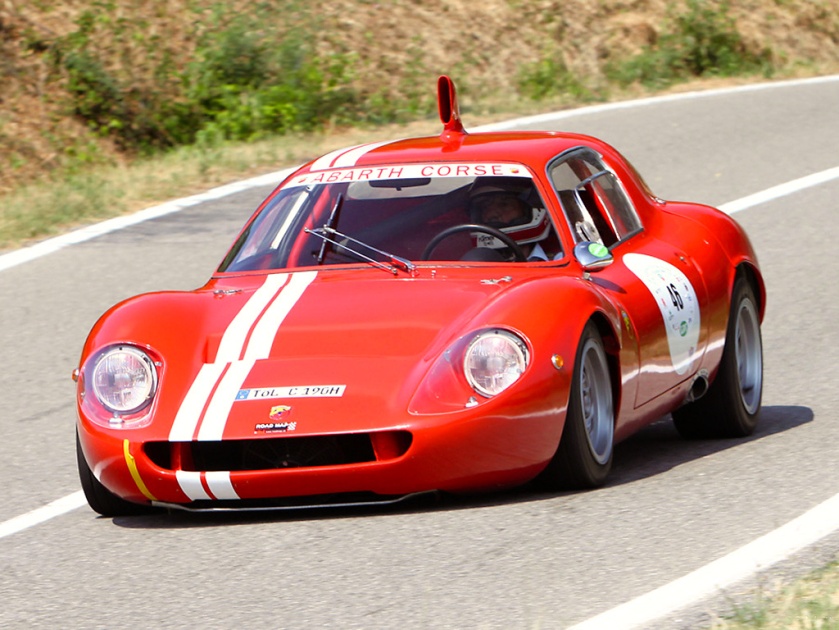
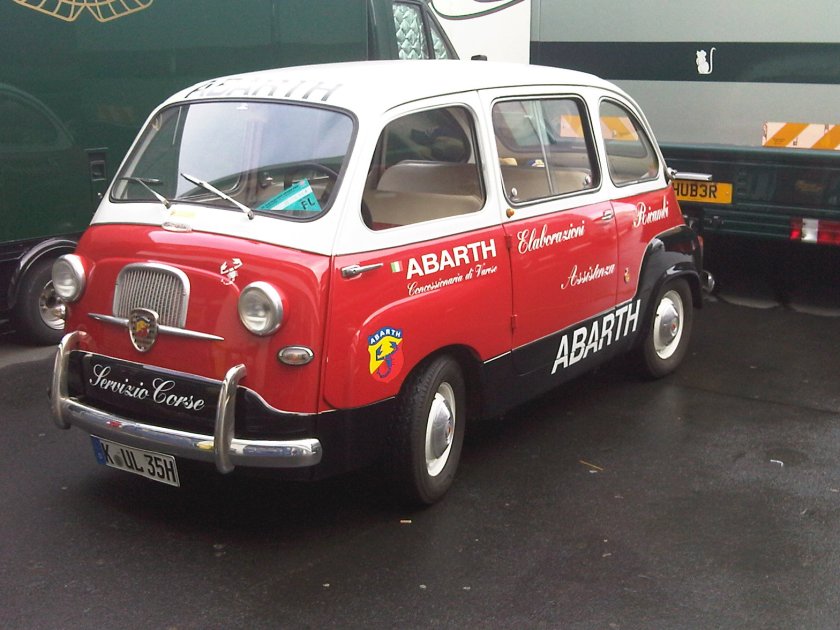
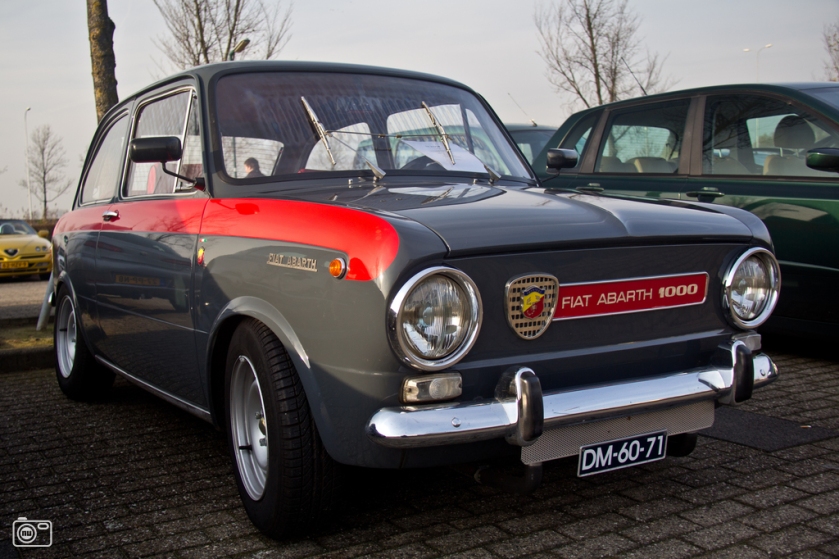
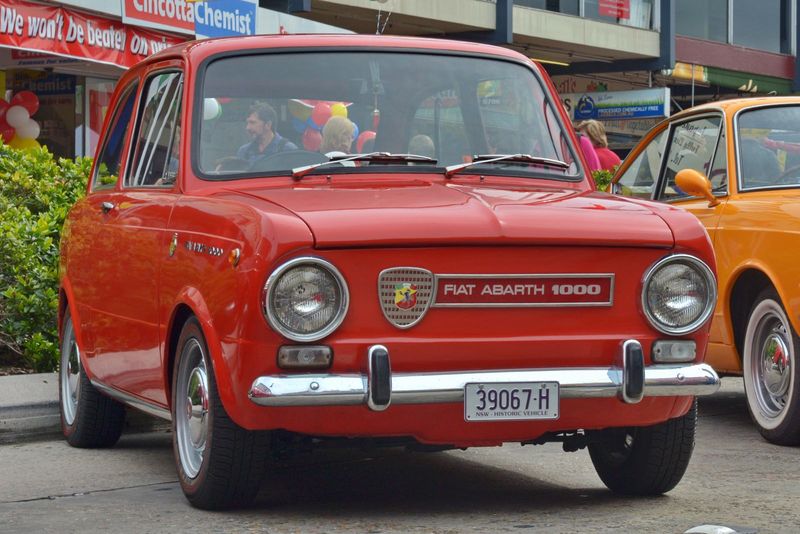
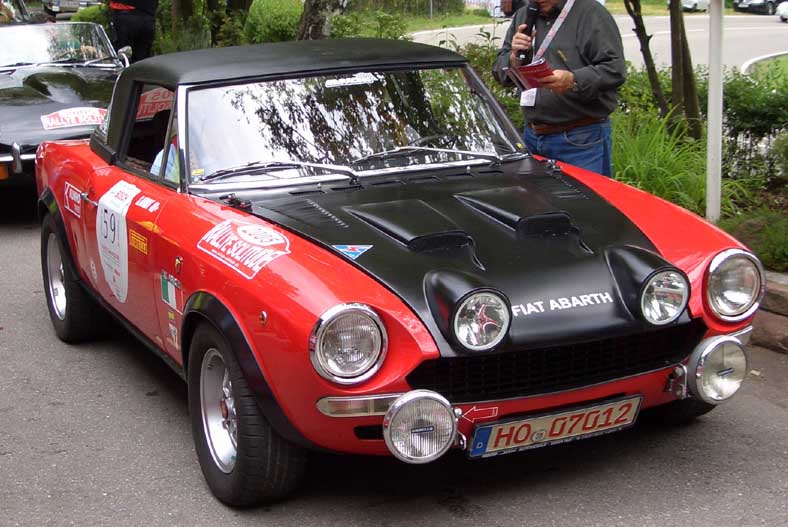
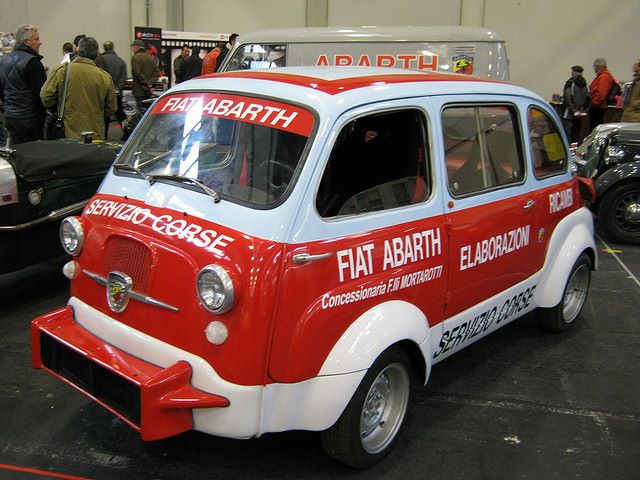
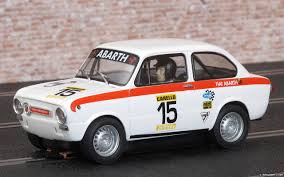
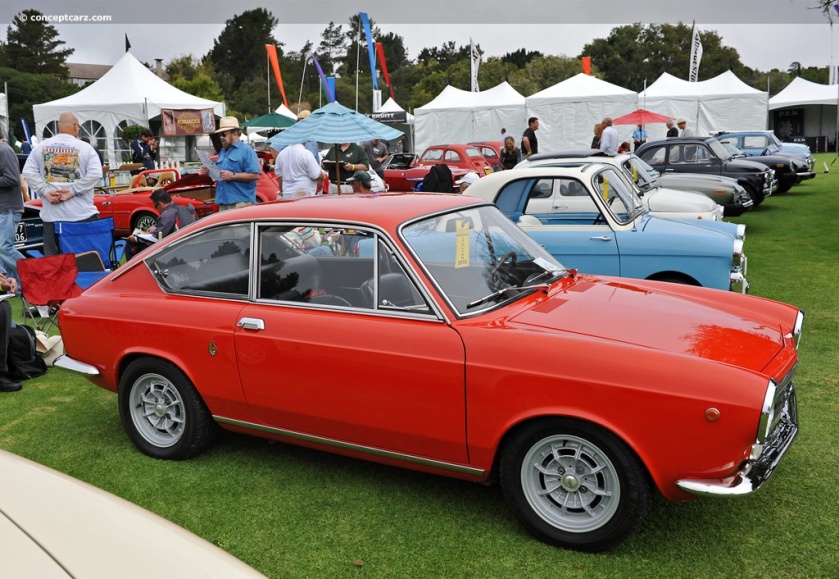
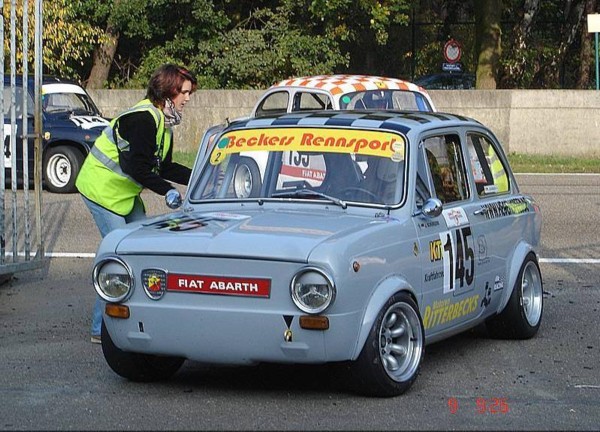
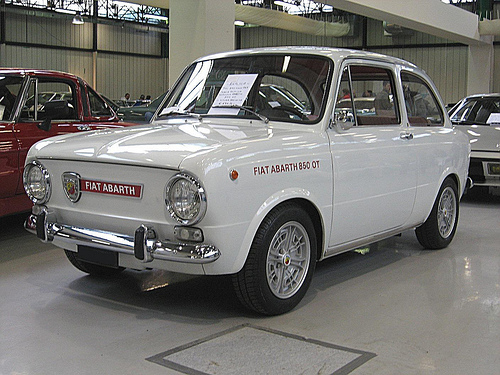
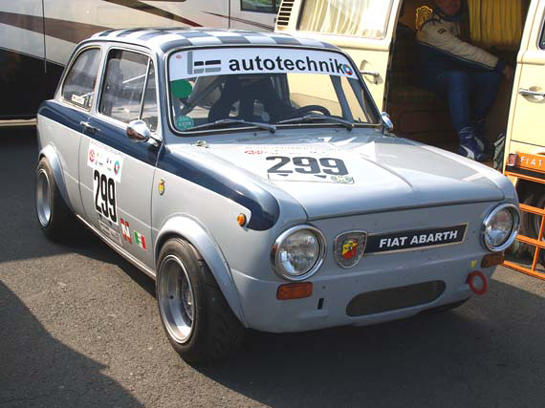
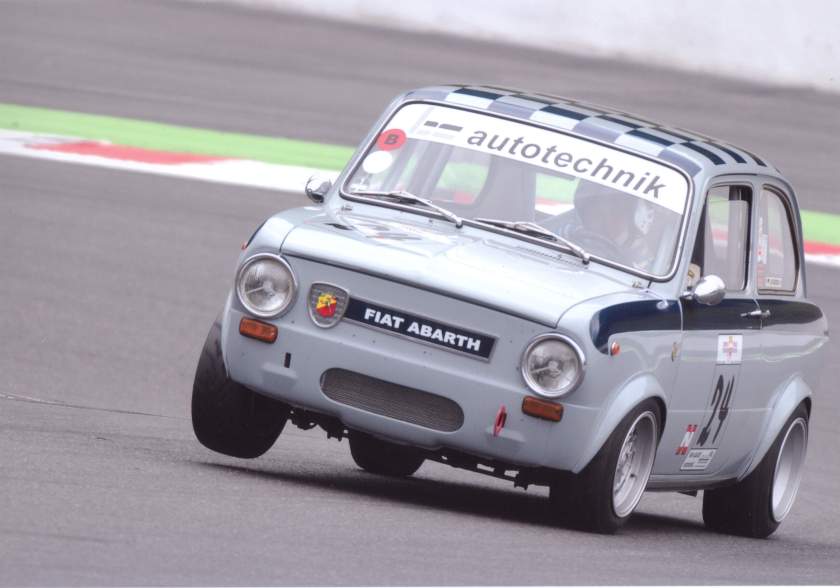
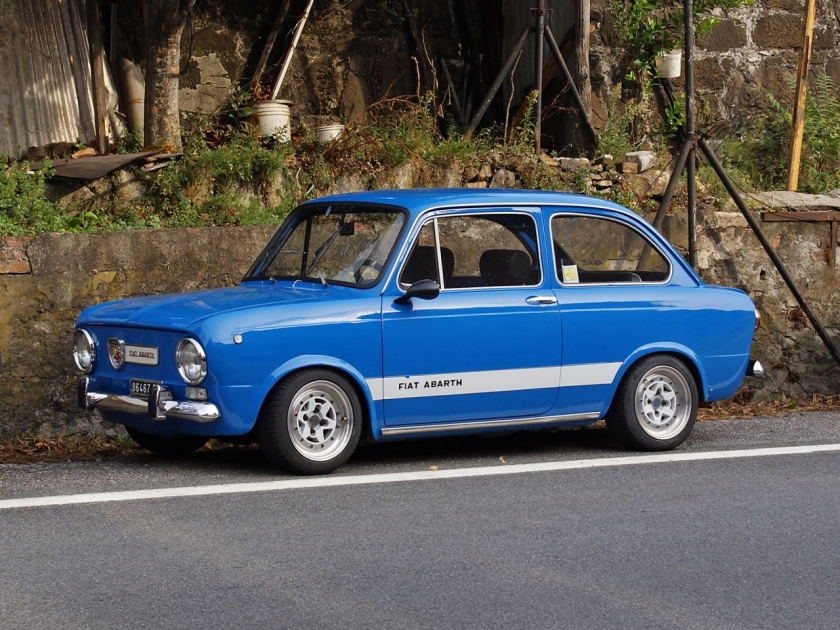
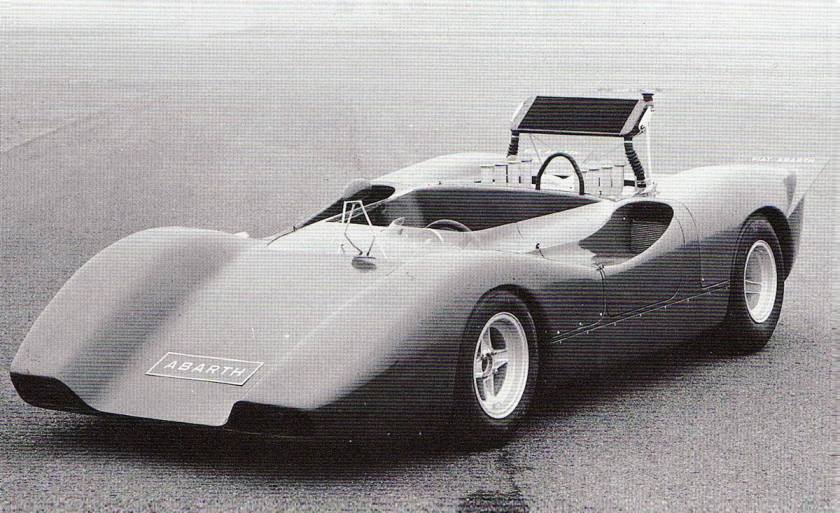
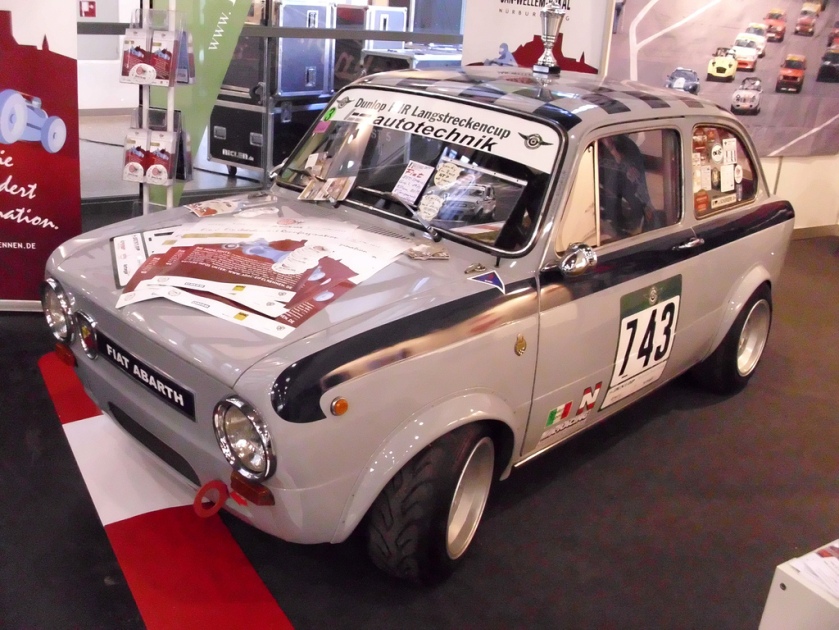
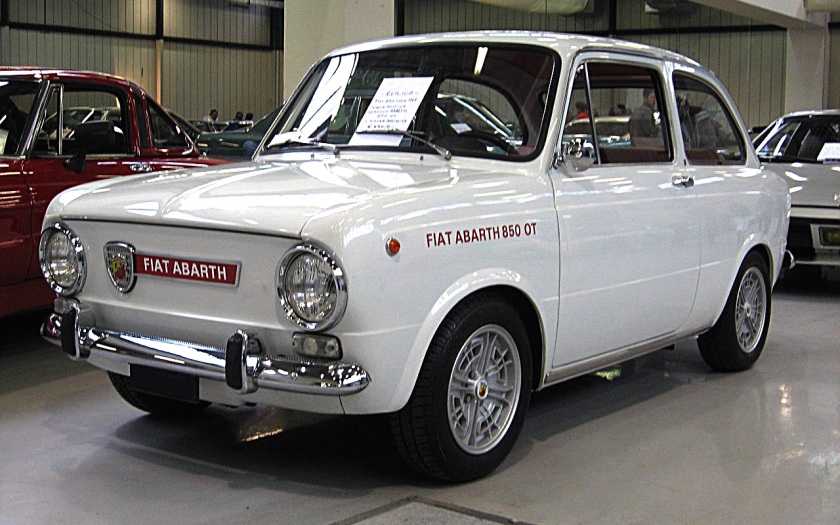
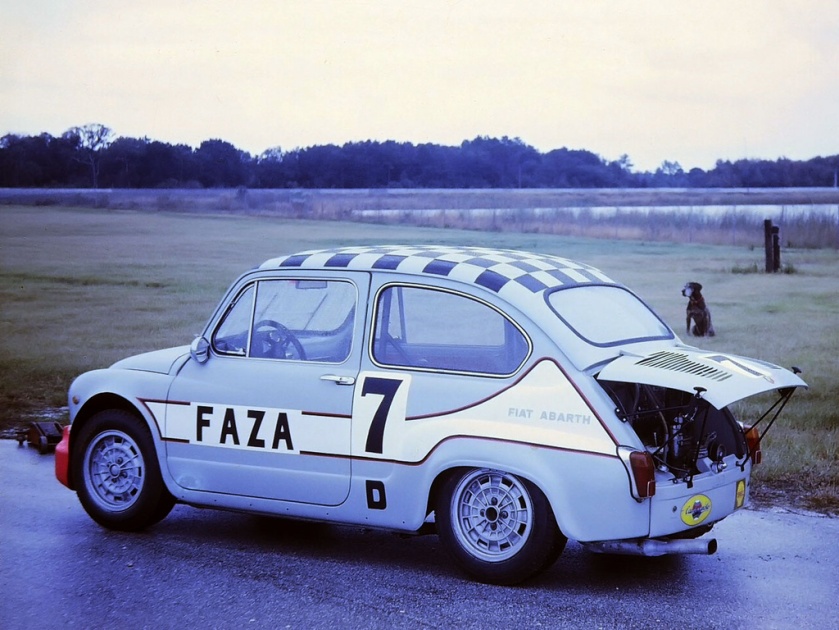
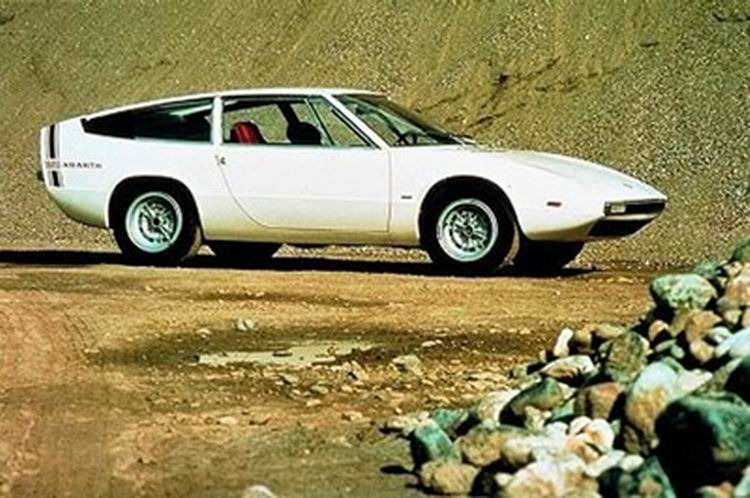
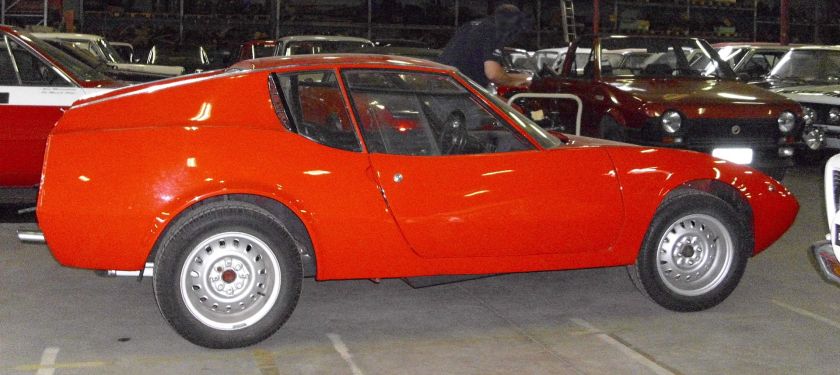
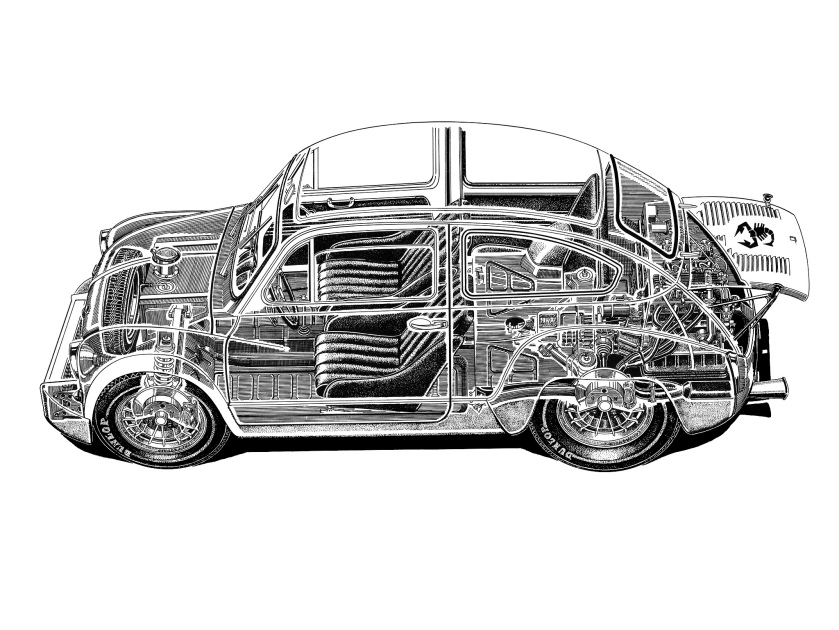
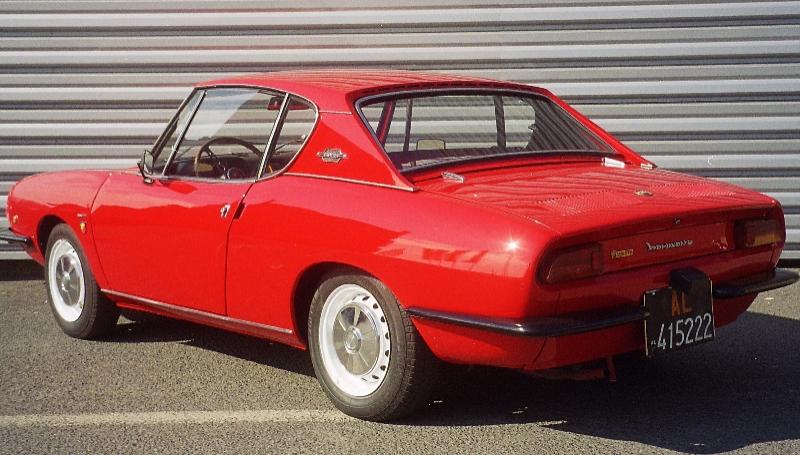
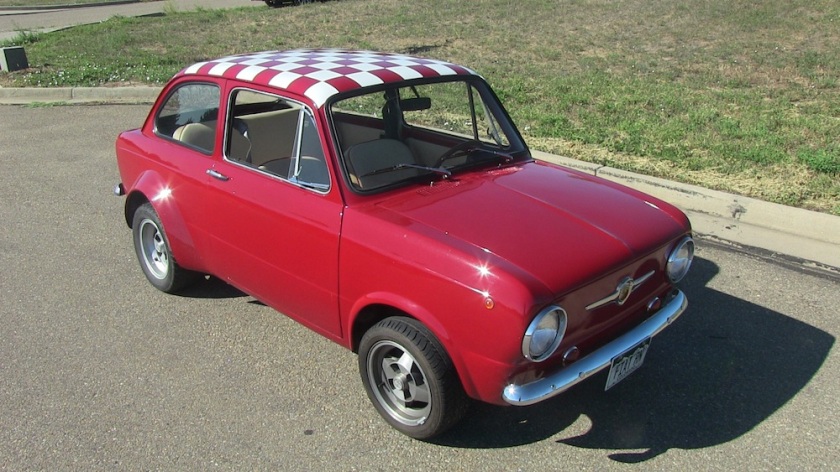
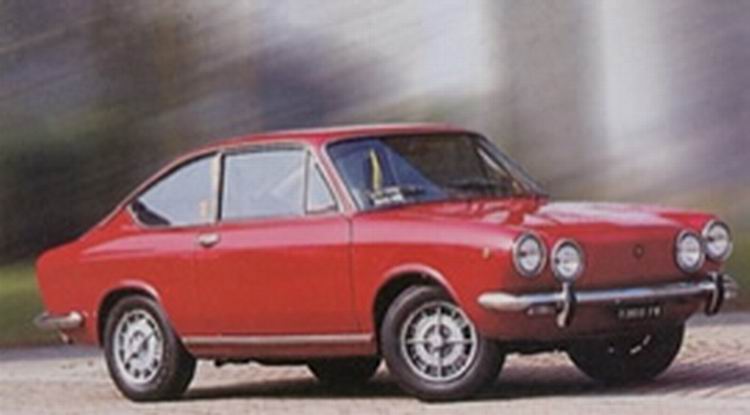
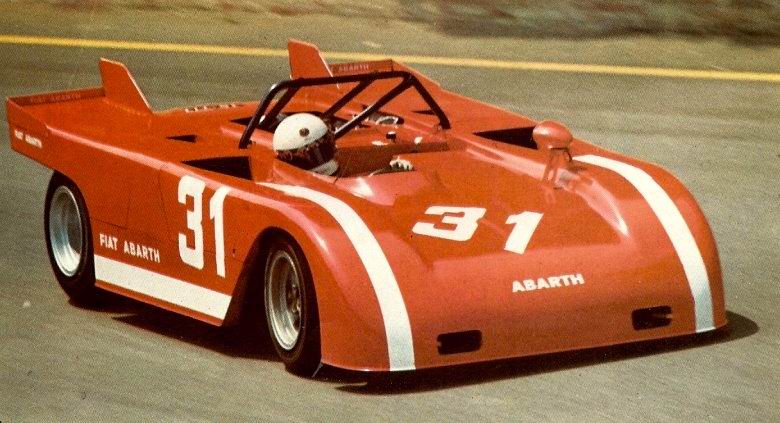
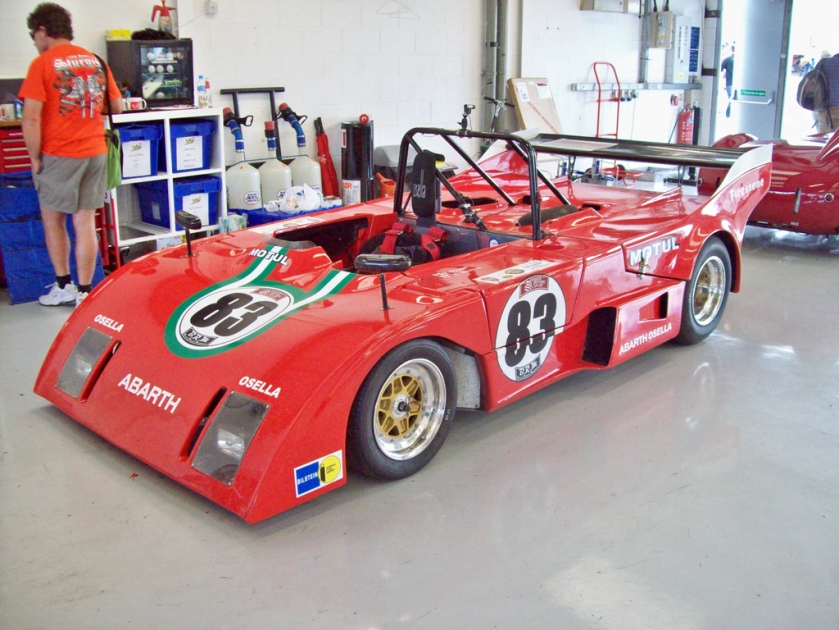
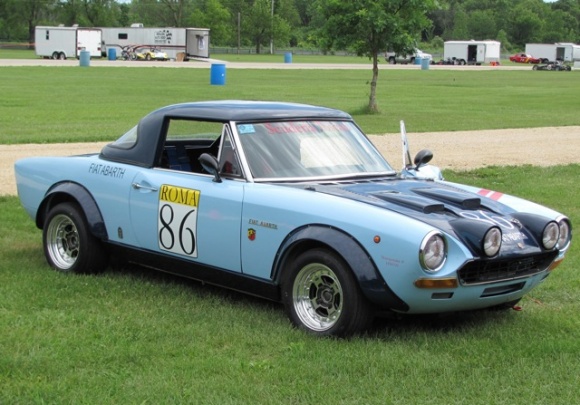
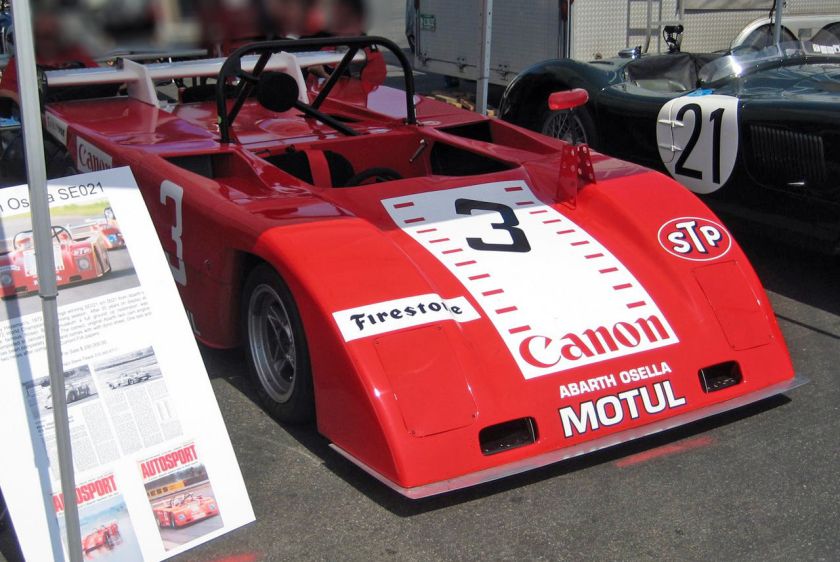
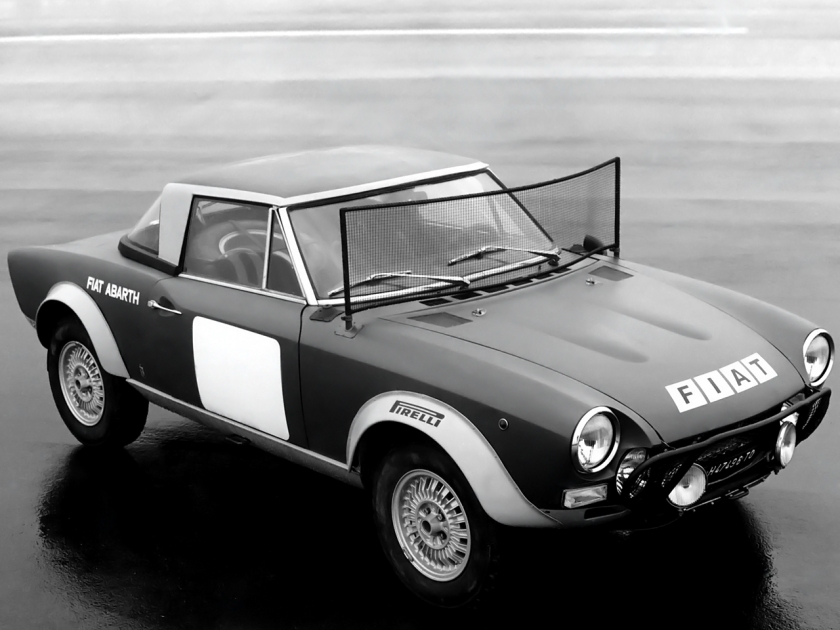
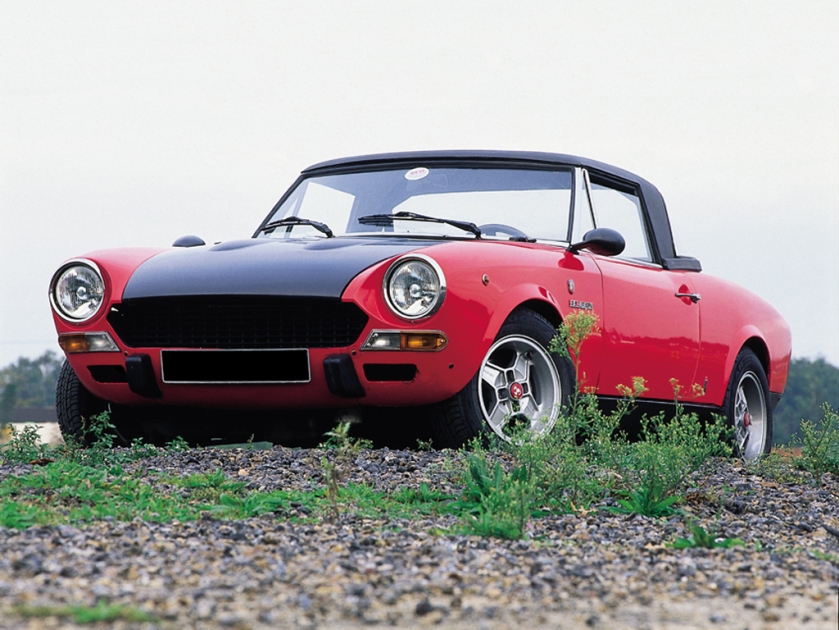
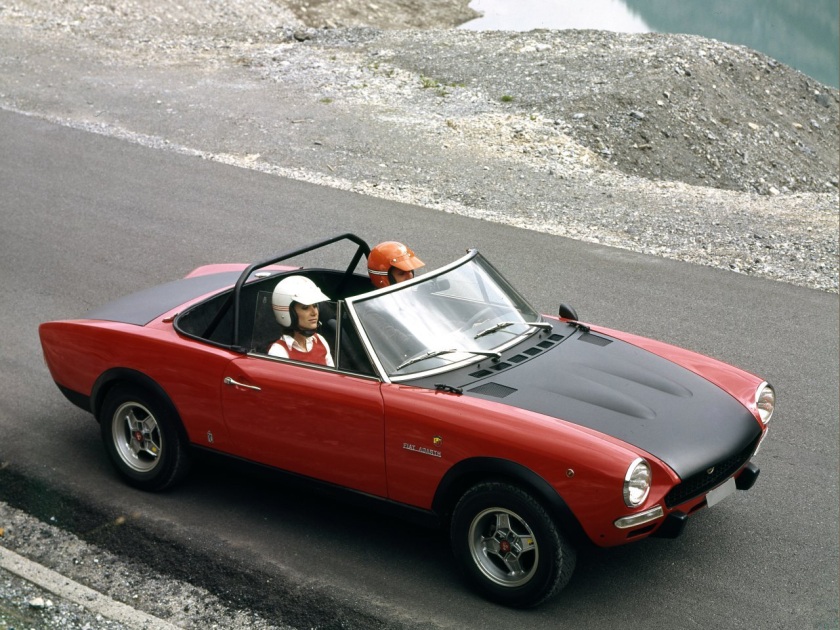
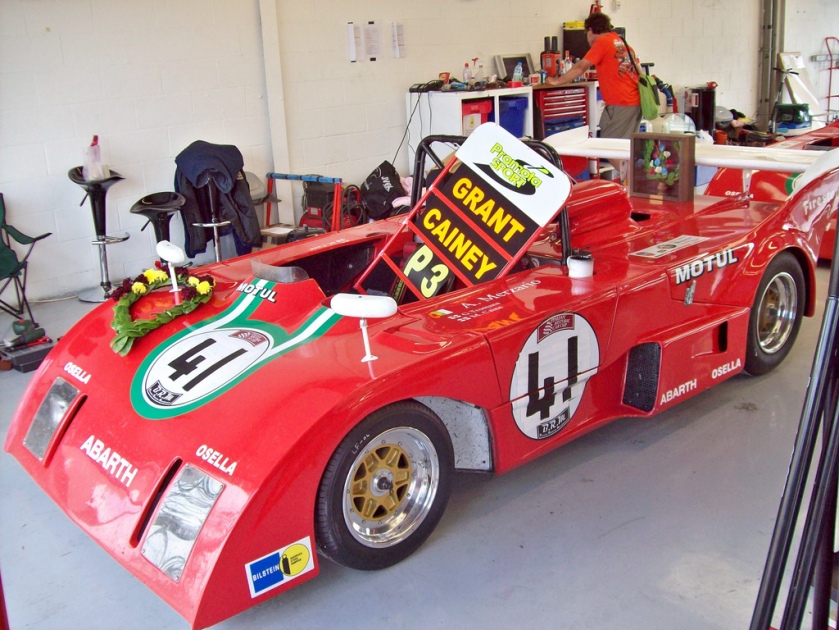
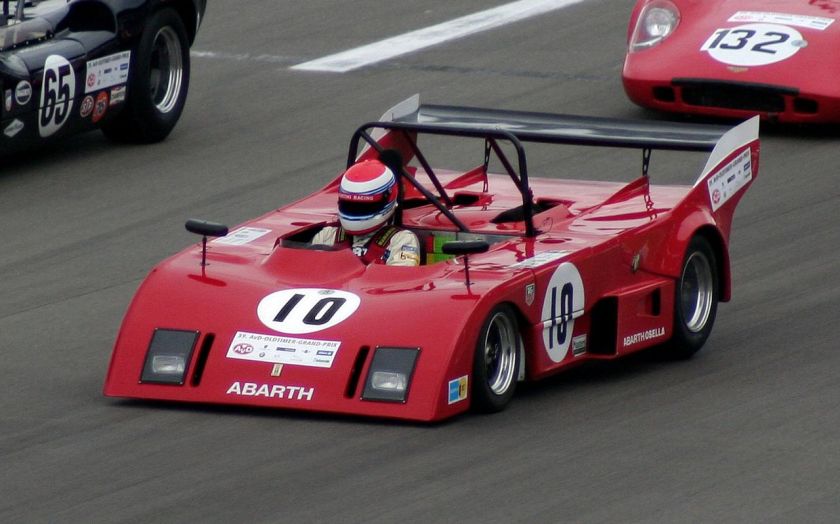
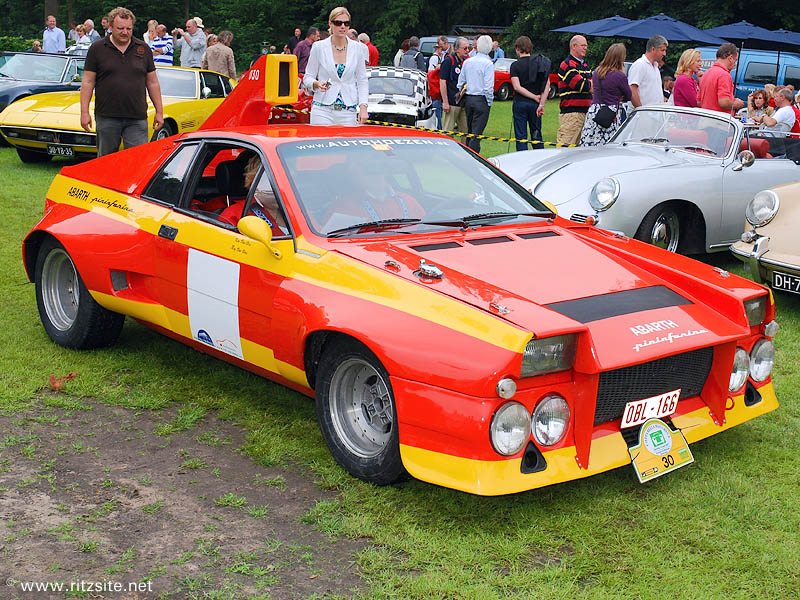
![1975 Autobianchi A112 3rd series 1975-1977 (1975 Abarth) (01) [AB1]](https://myntransportblog.wordpress.com/wp-content/uploads/2015/01/1975-autobianchi-a112-3rd-series-1975-1977-1975-abarth-01-ab1.jpg?w=840)

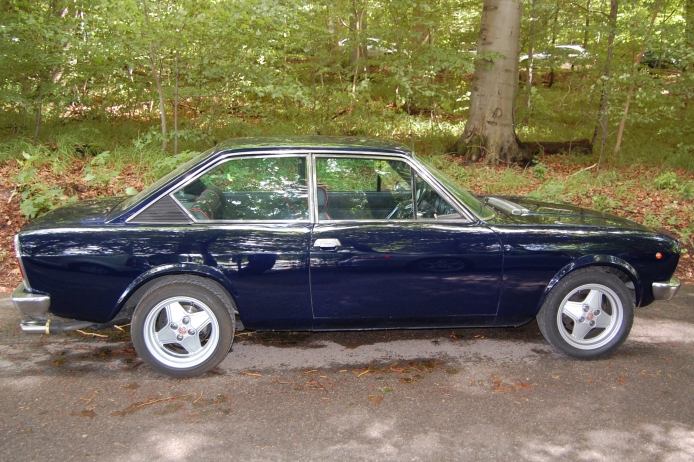
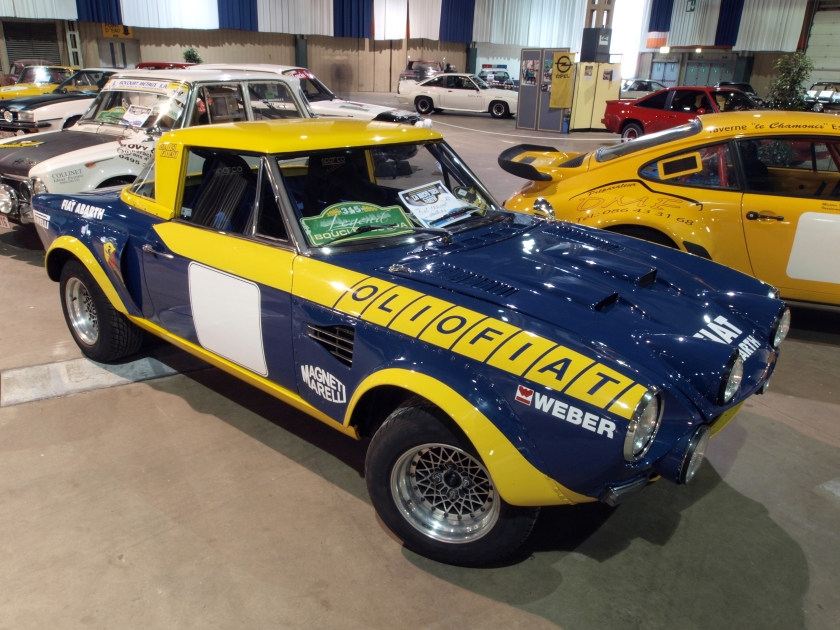
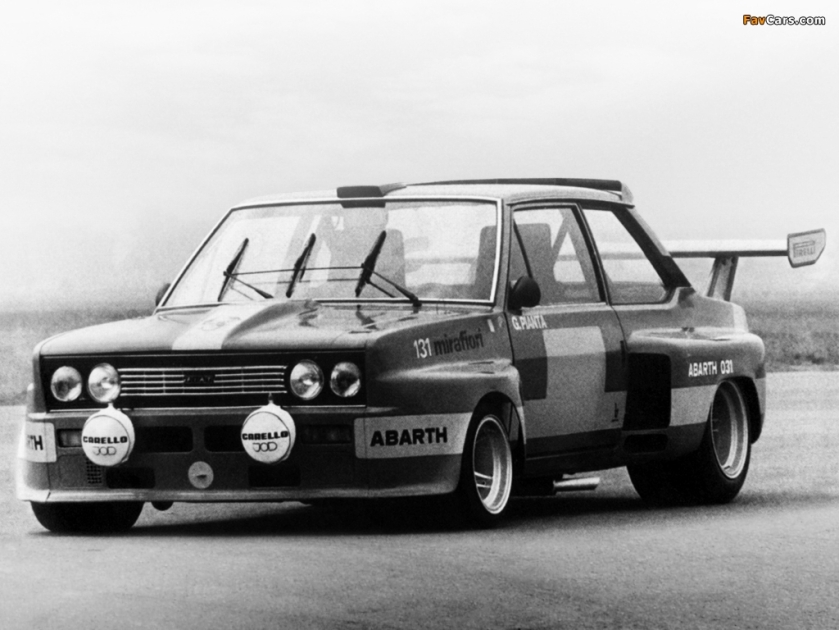
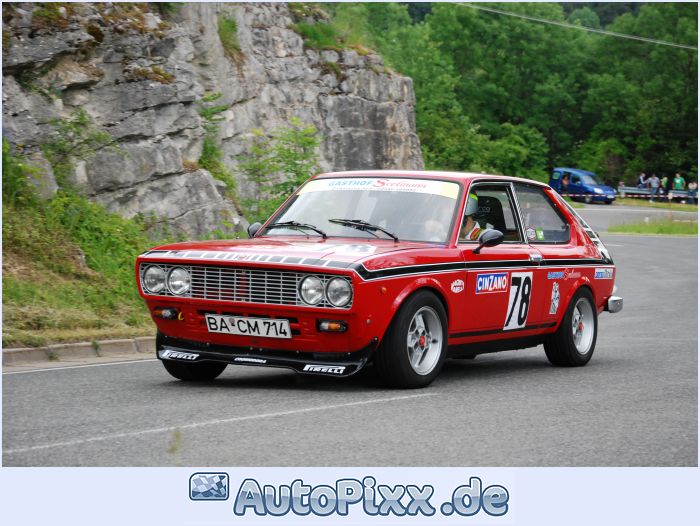
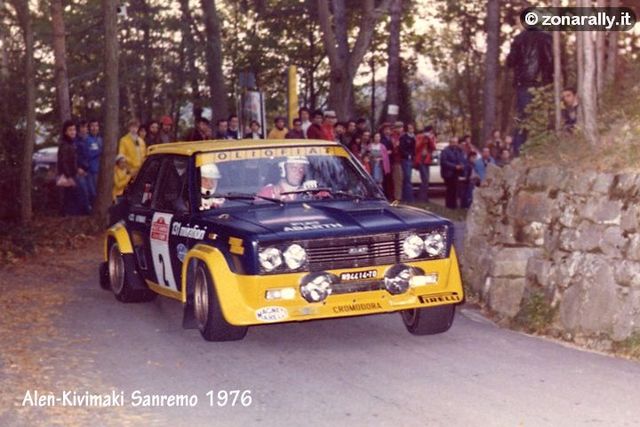
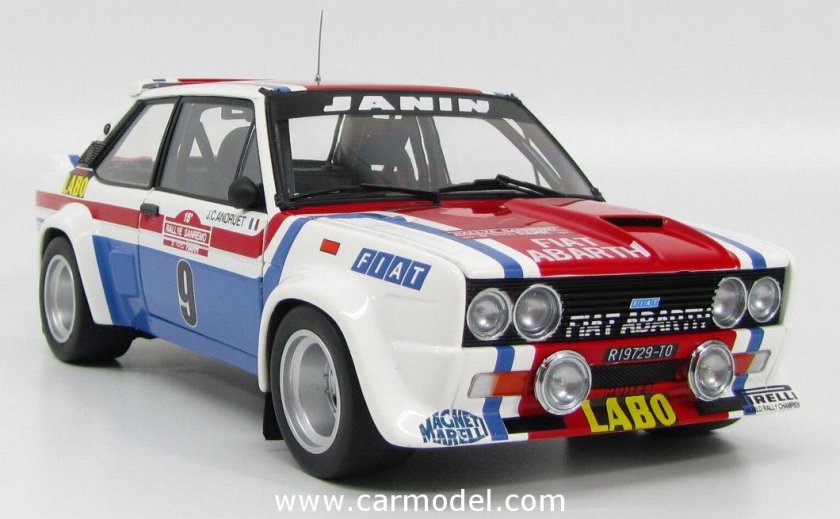
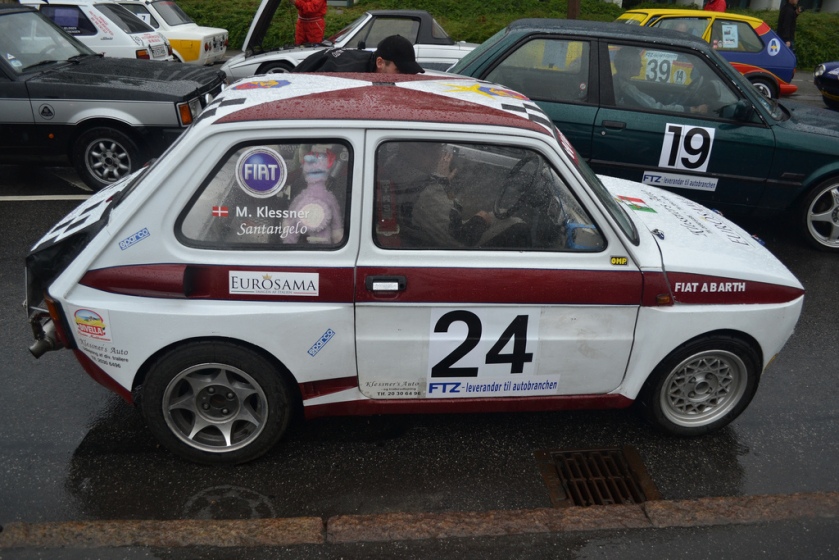
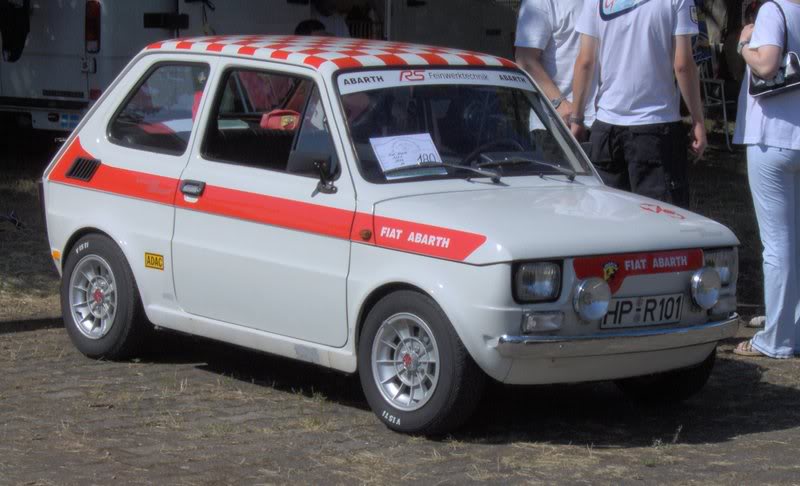
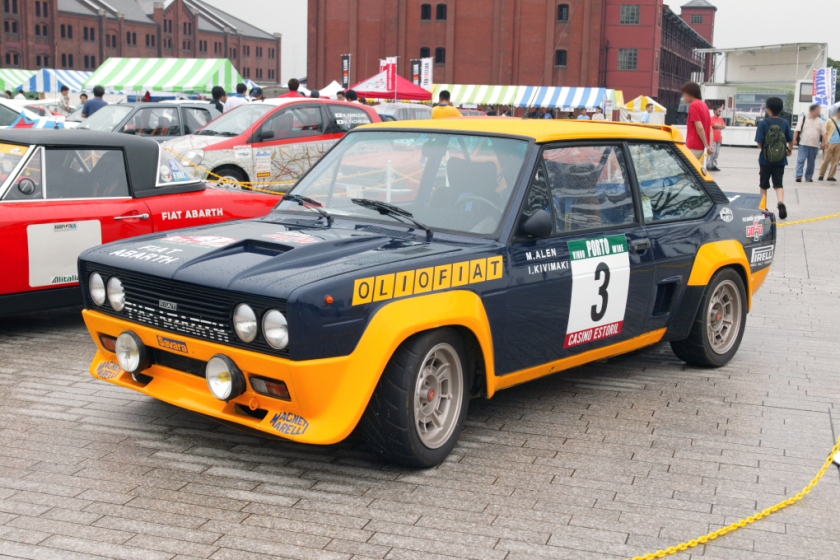
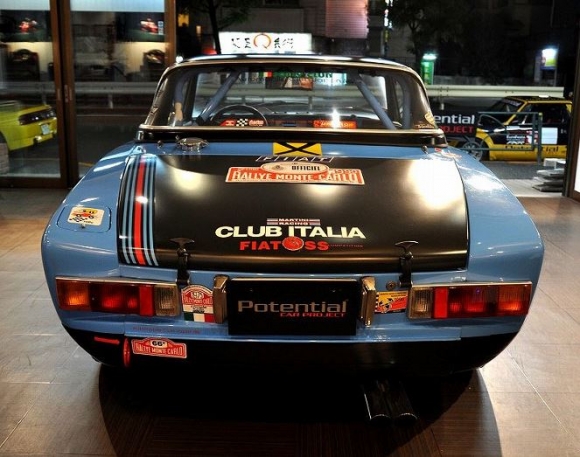
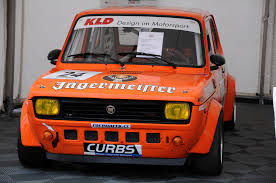
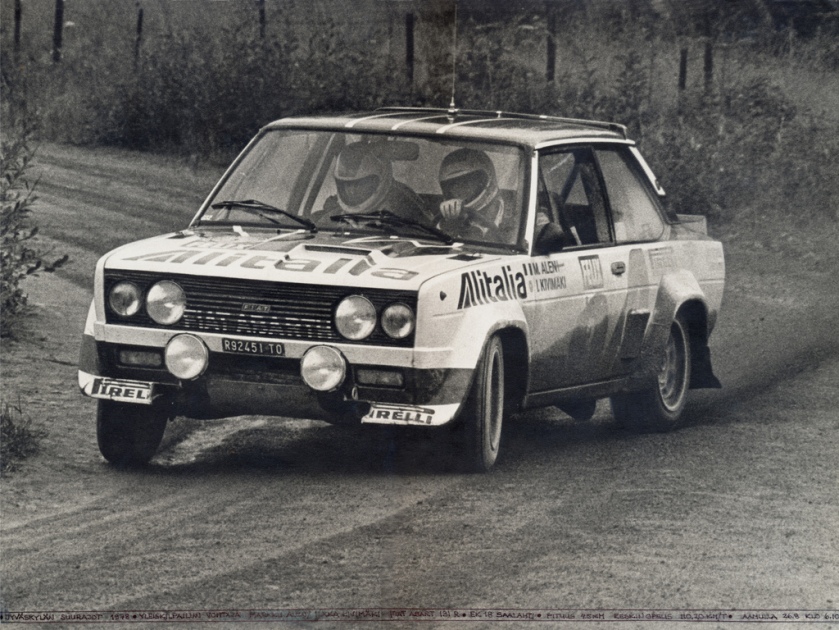
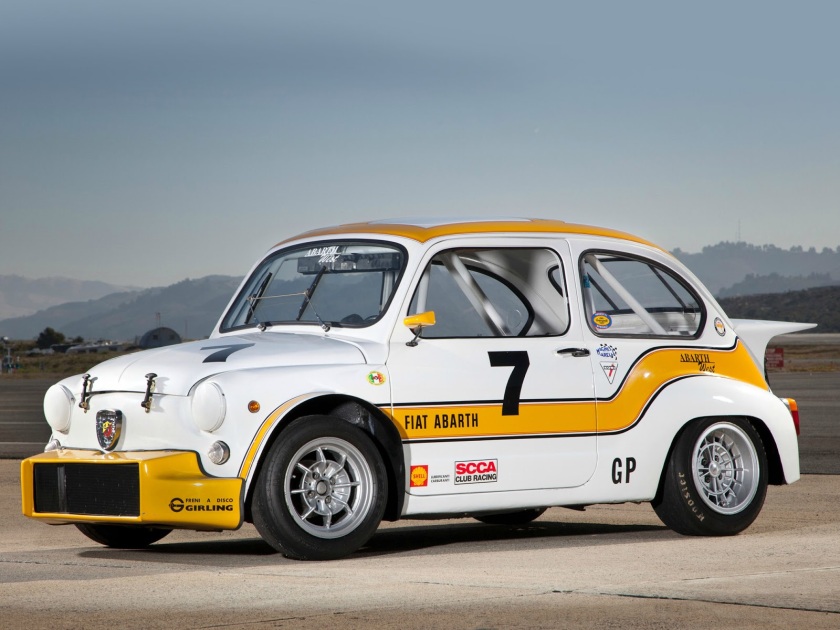
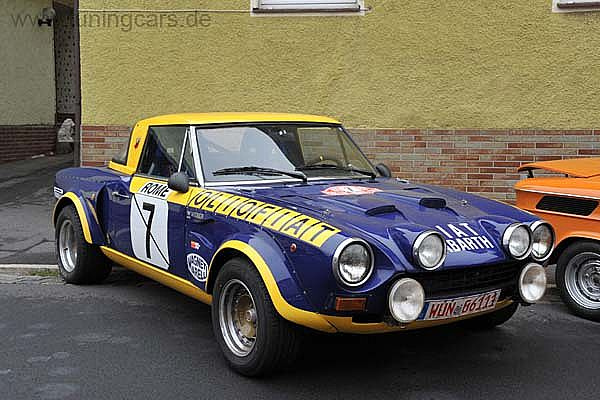
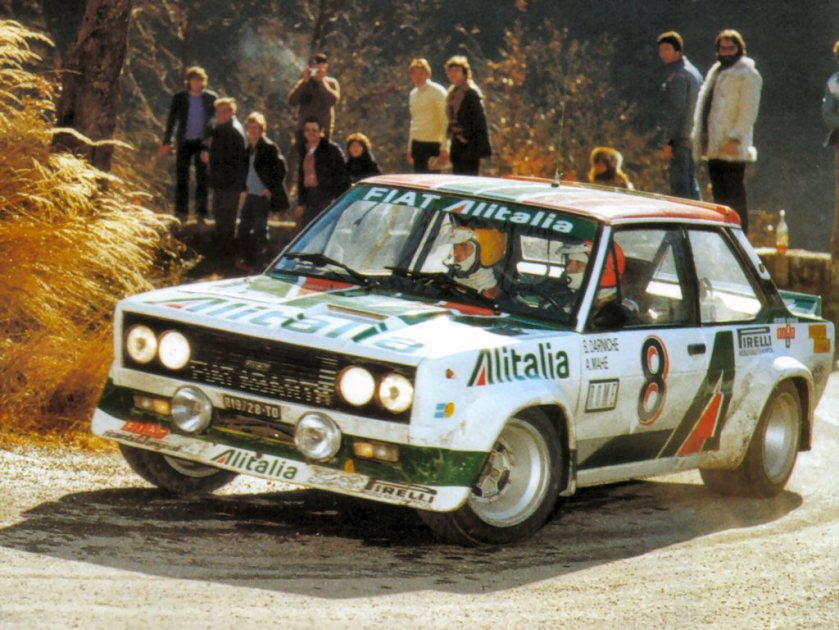
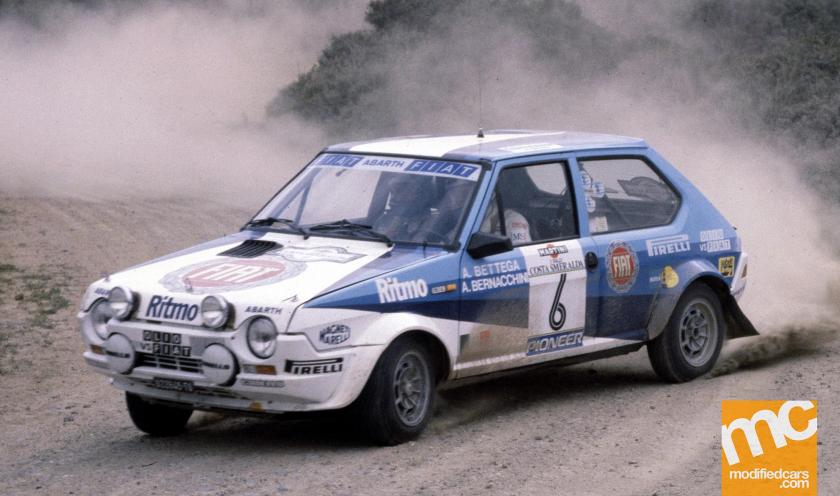
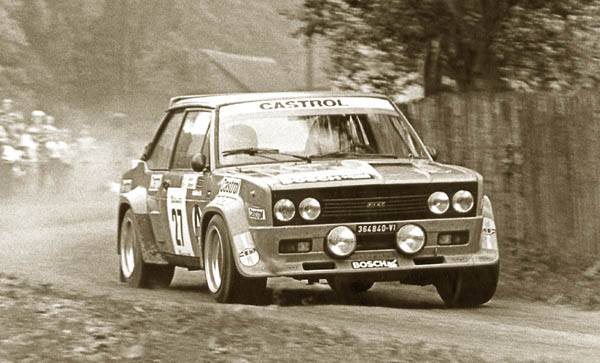
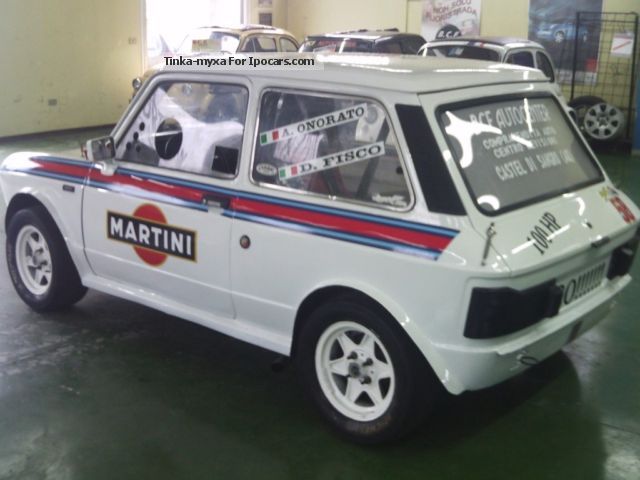
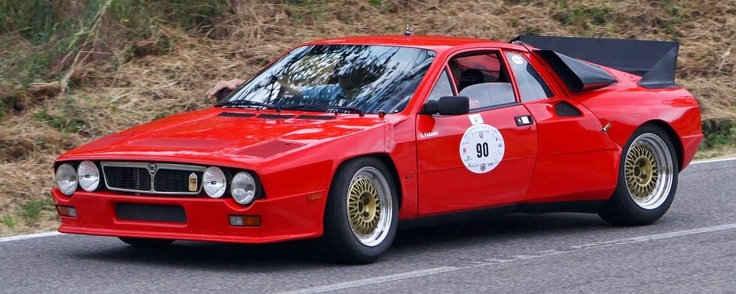
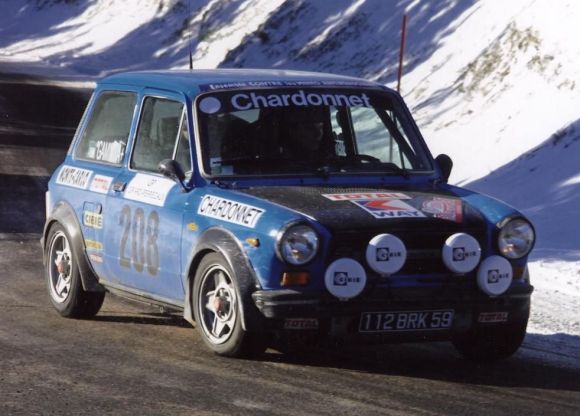
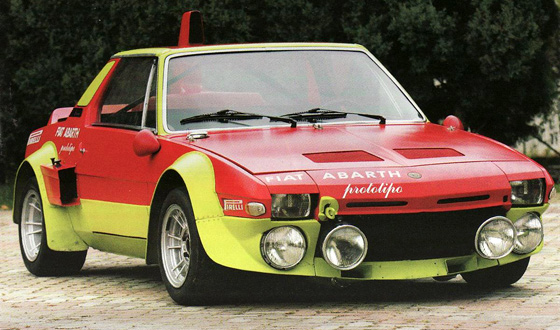
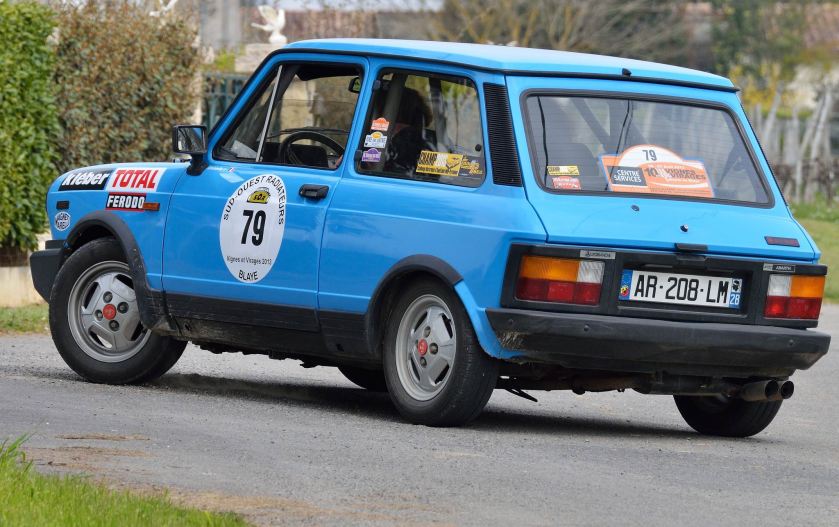
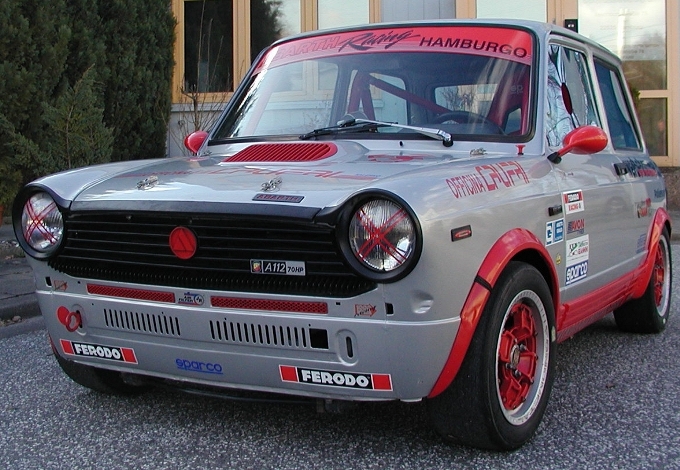
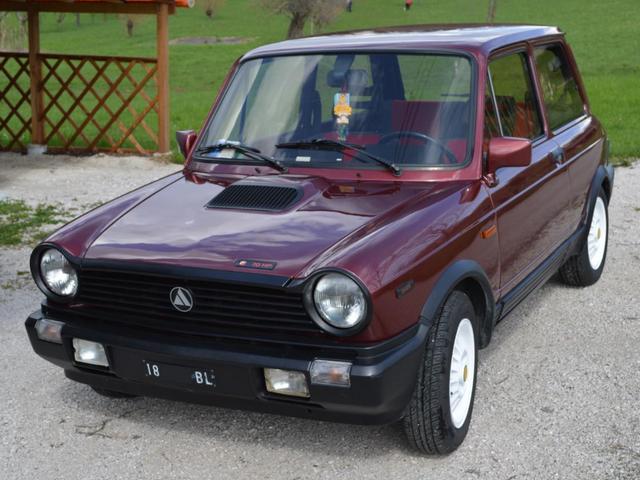
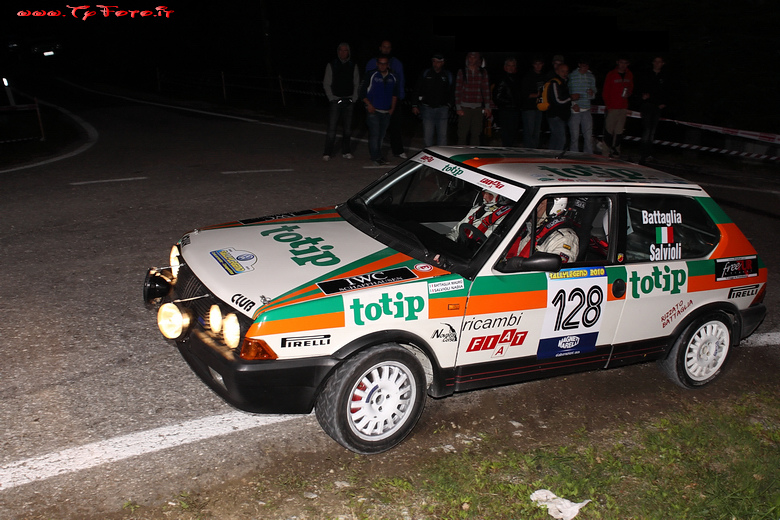
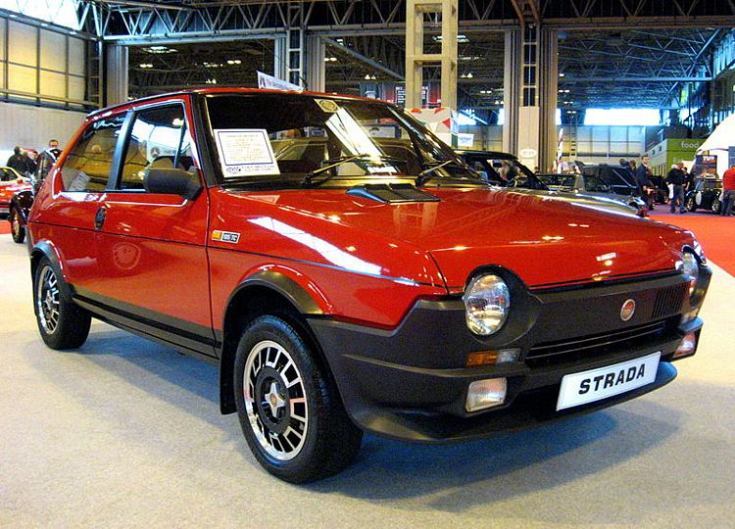
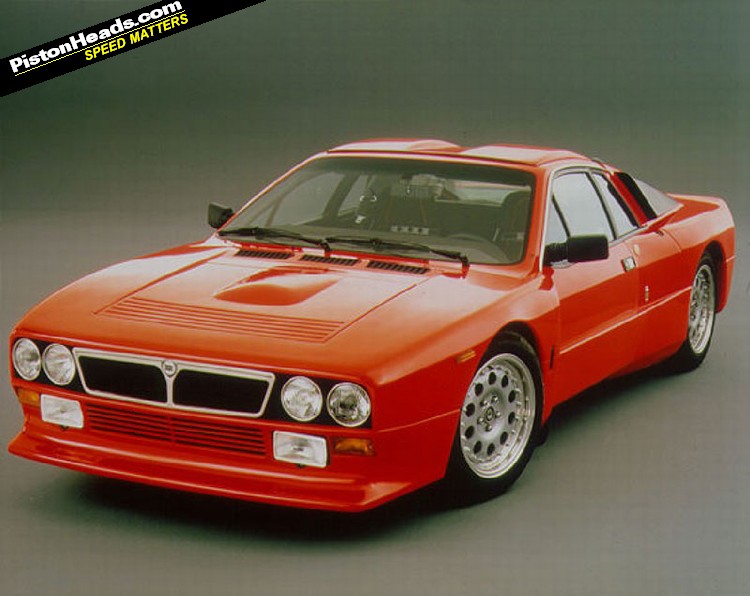
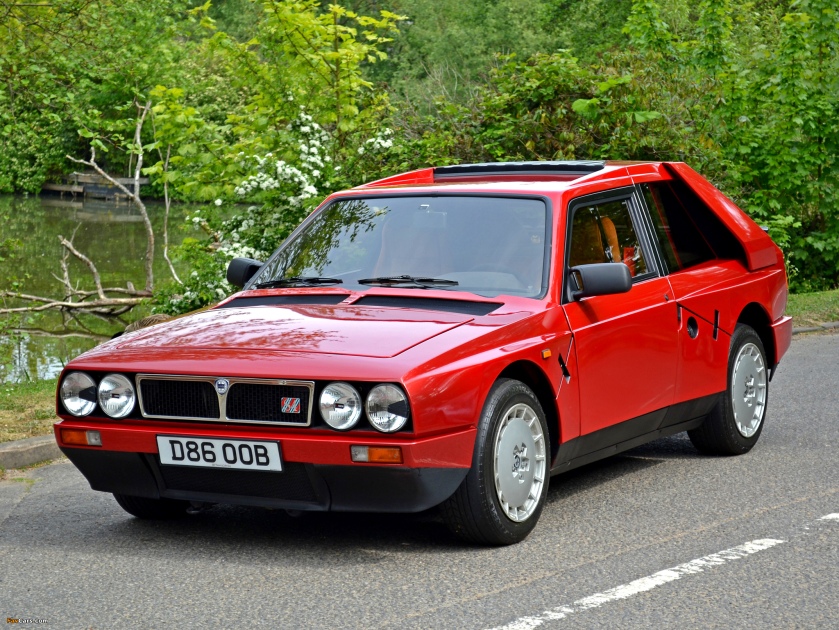
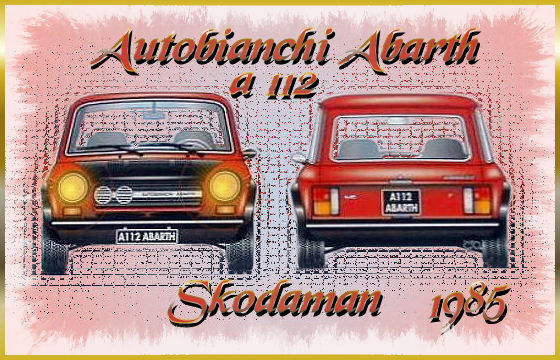
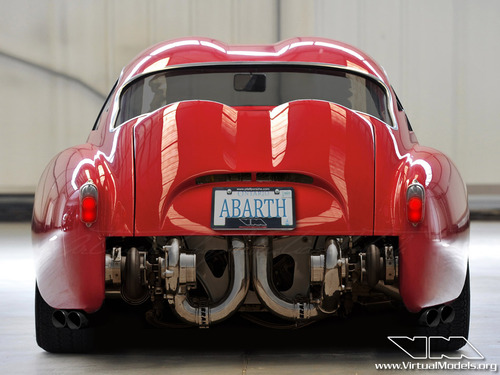
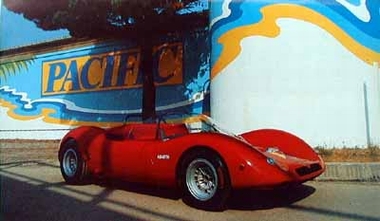
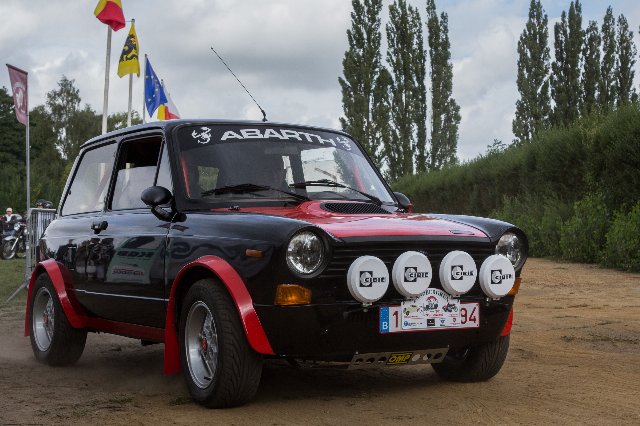
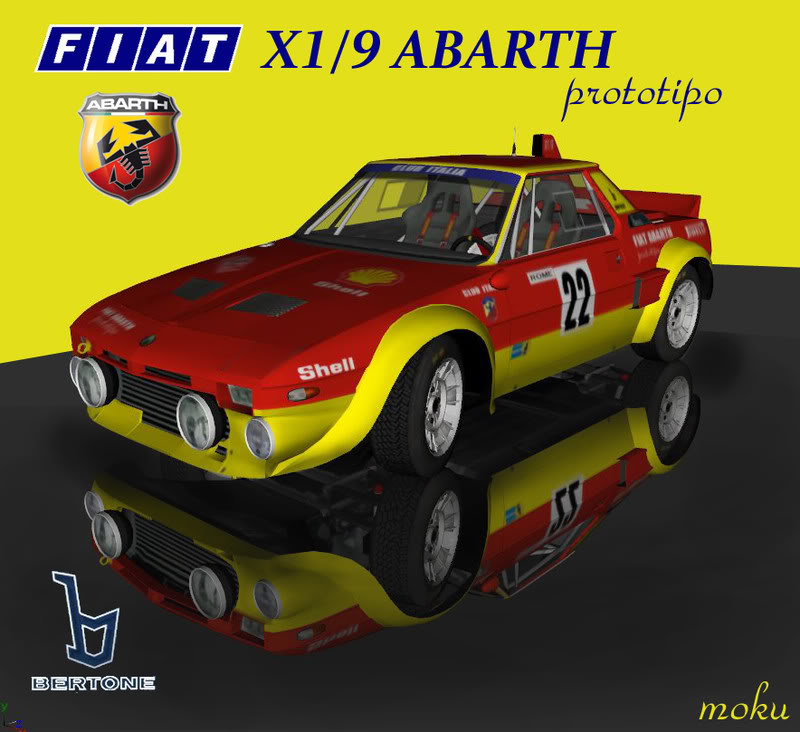
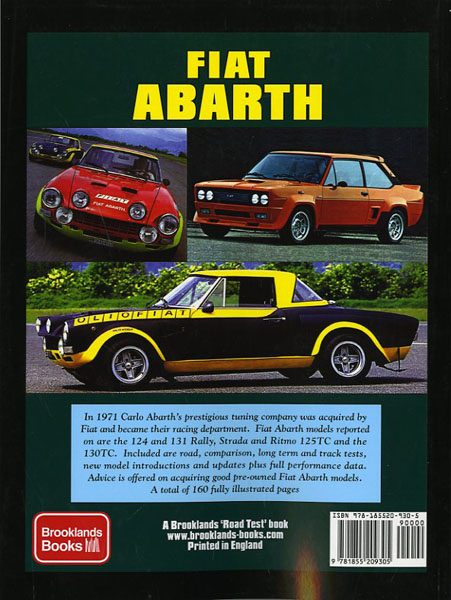
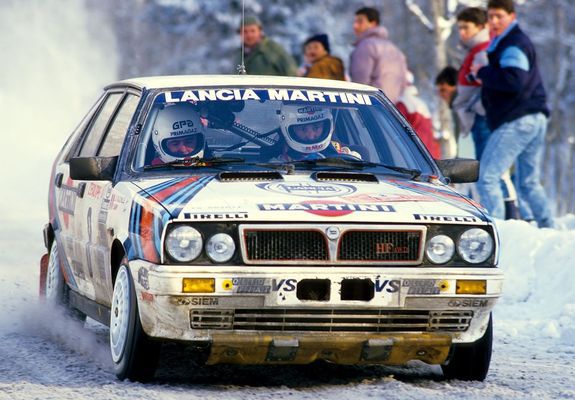
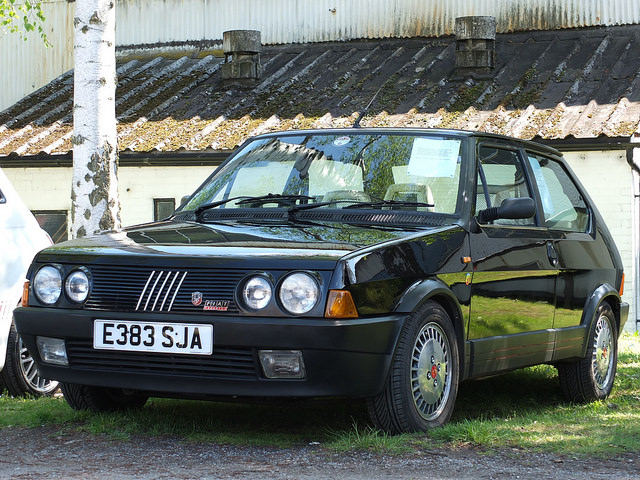
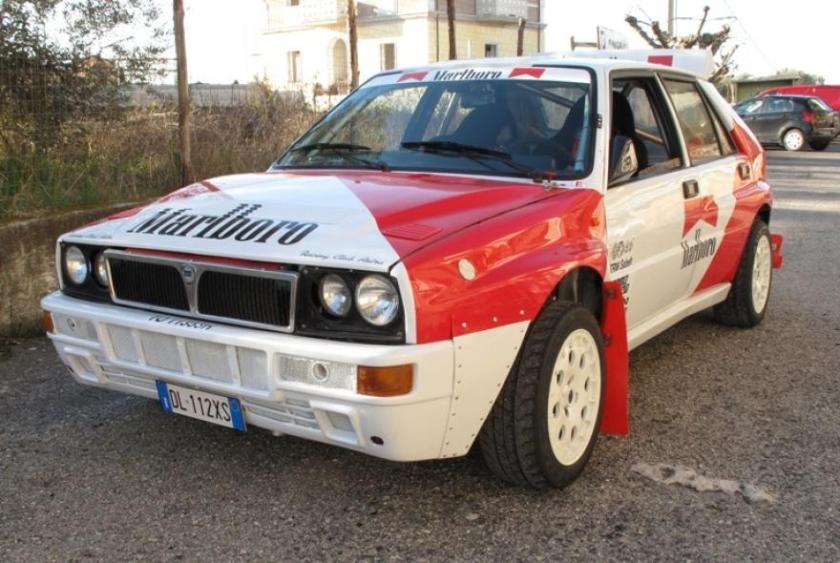
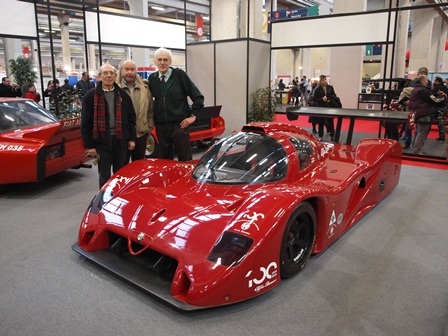
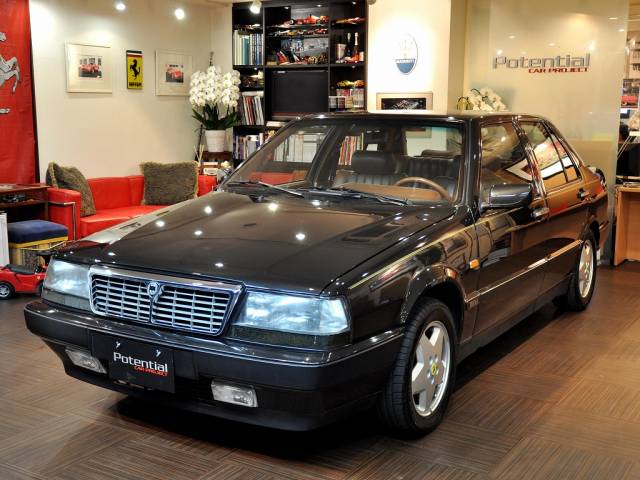
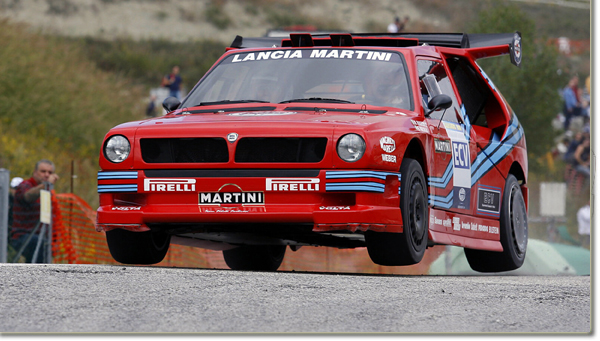
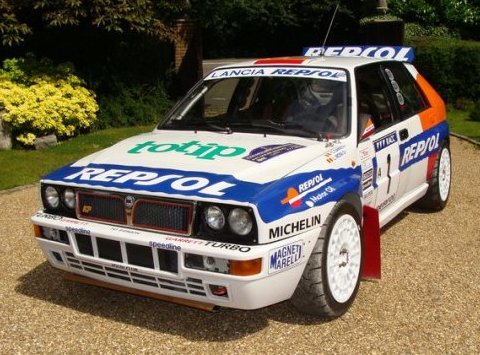
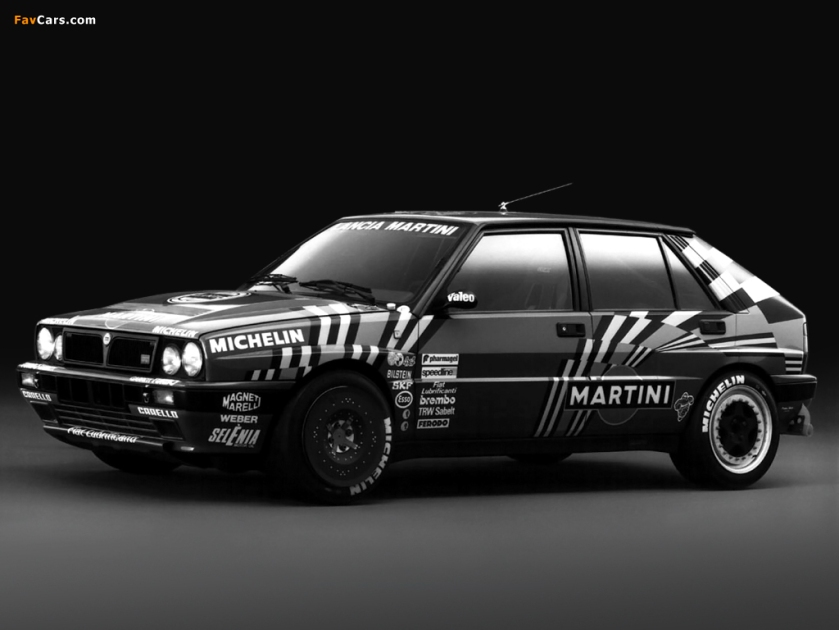
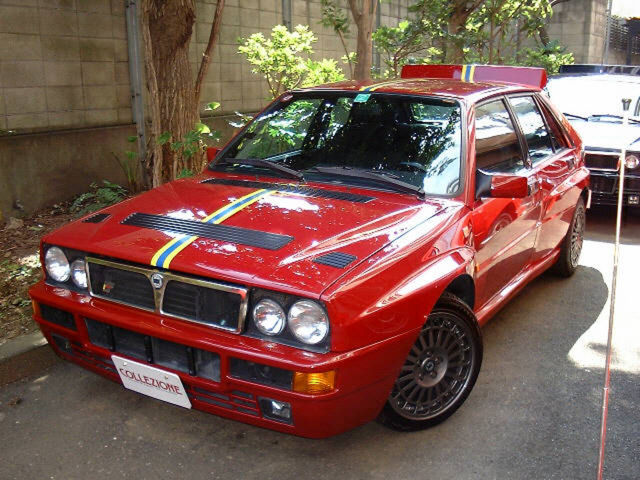
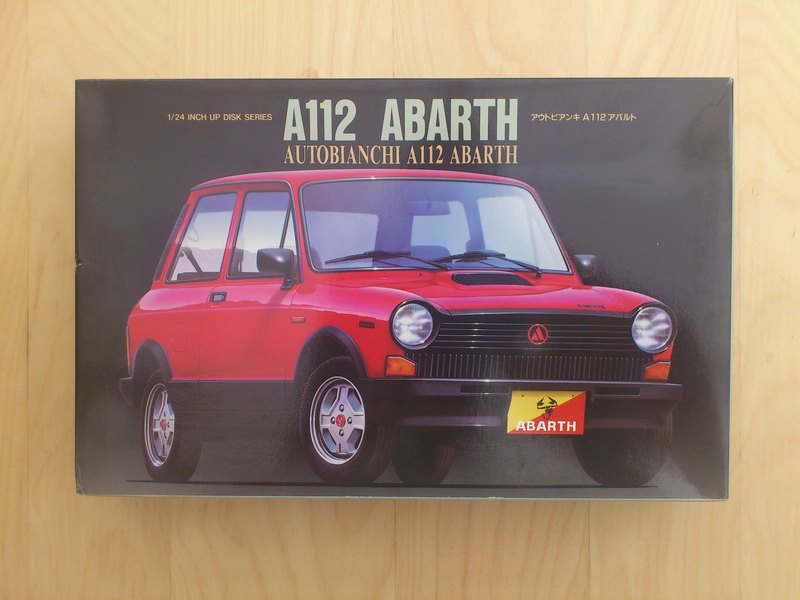
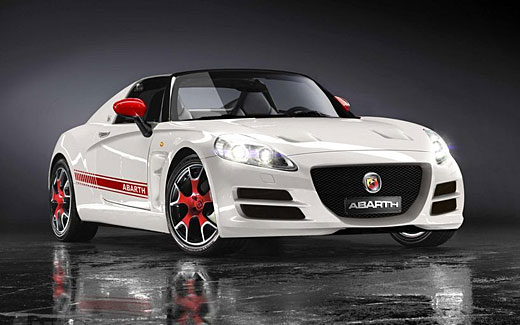
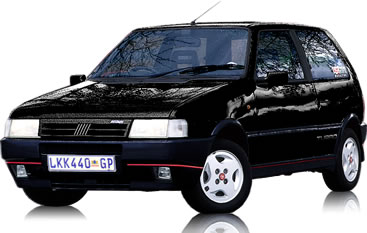
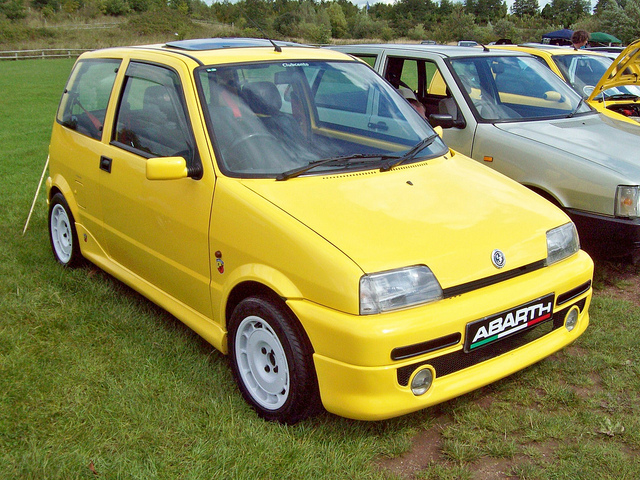
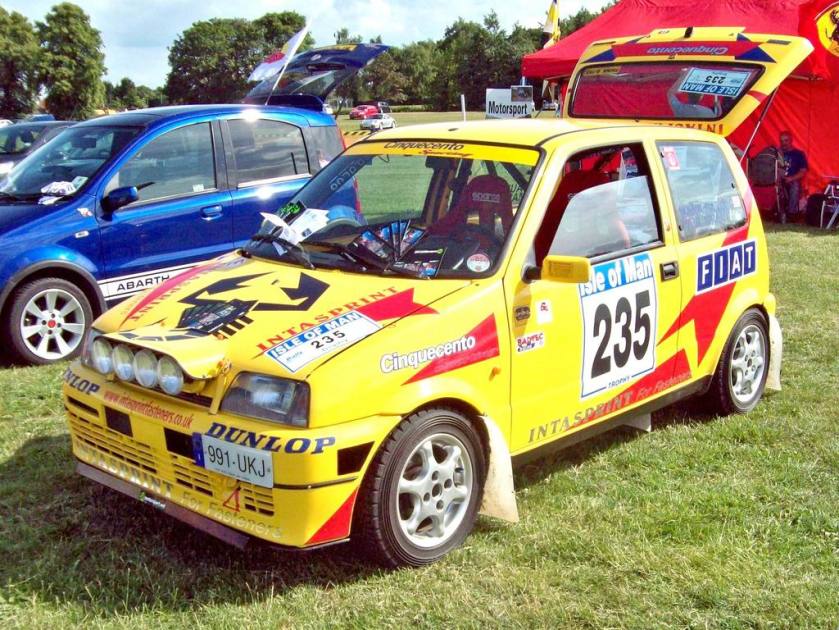
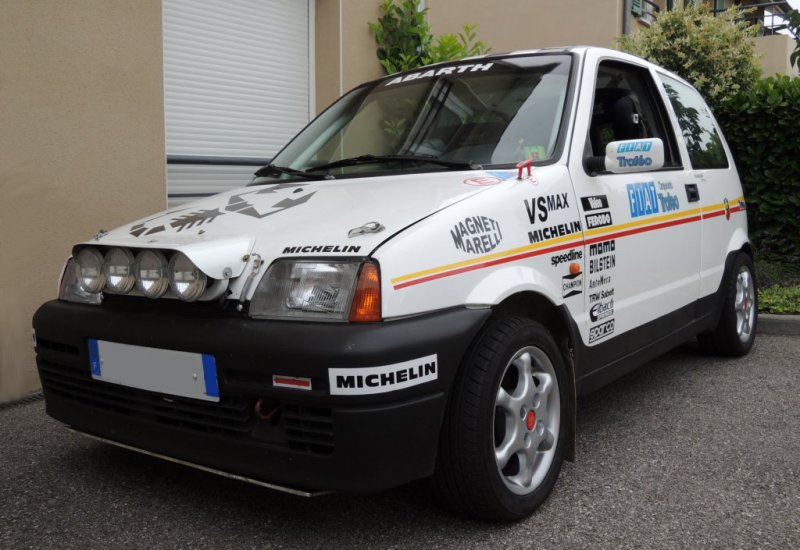
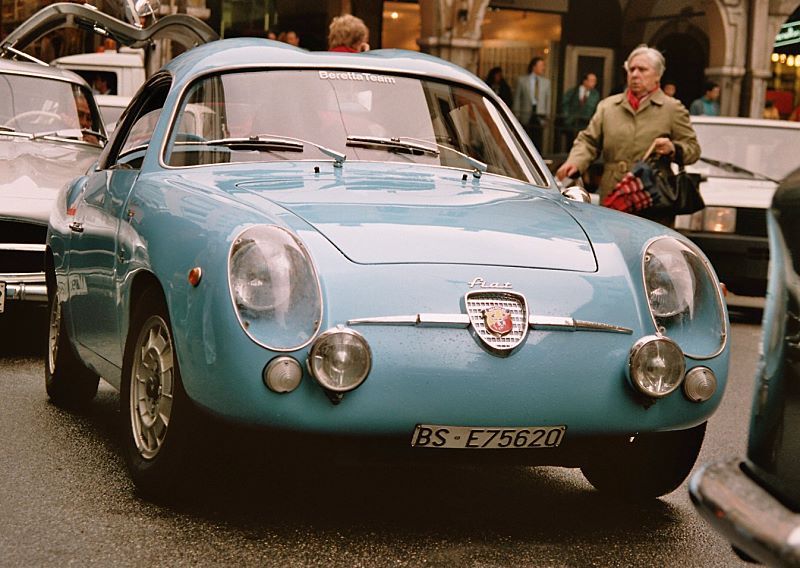
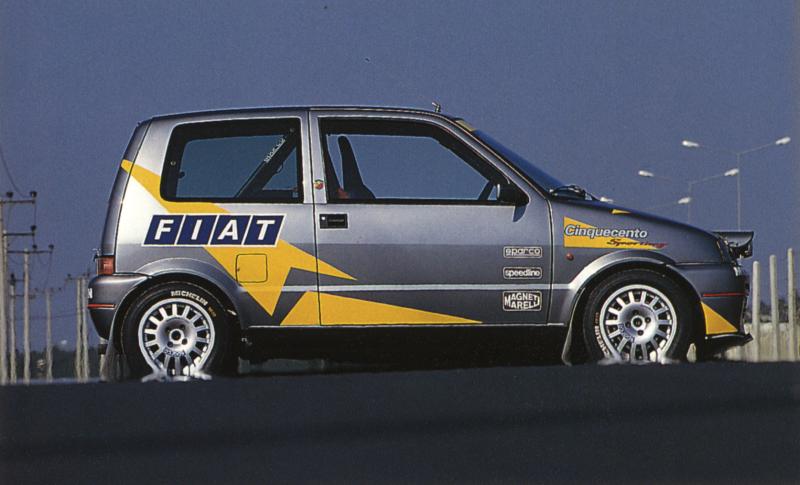
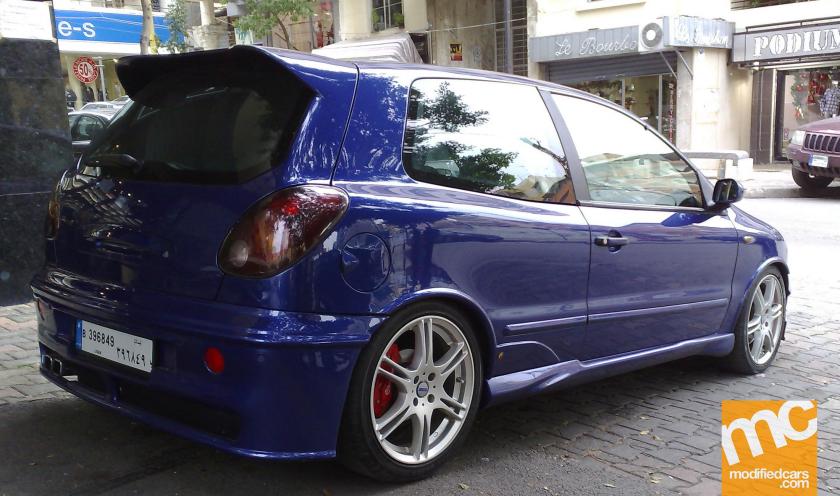
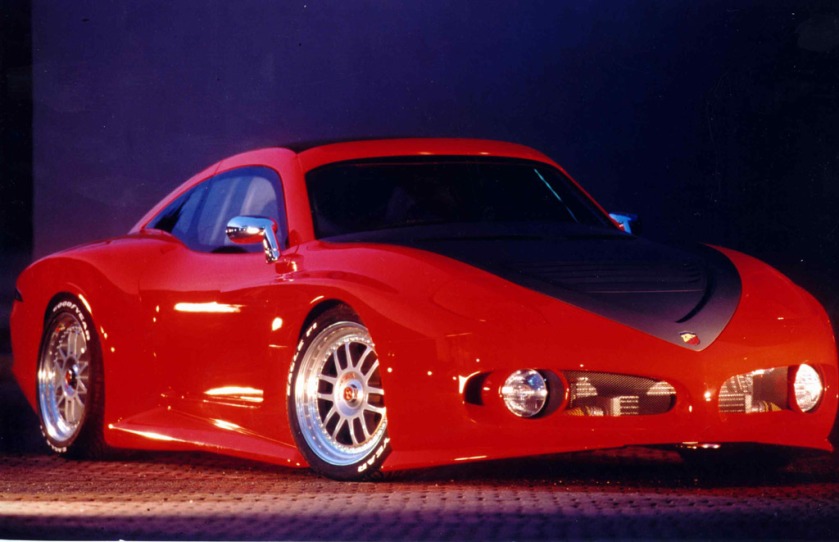
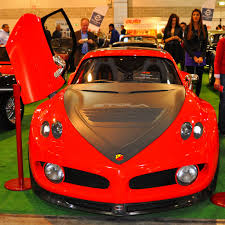
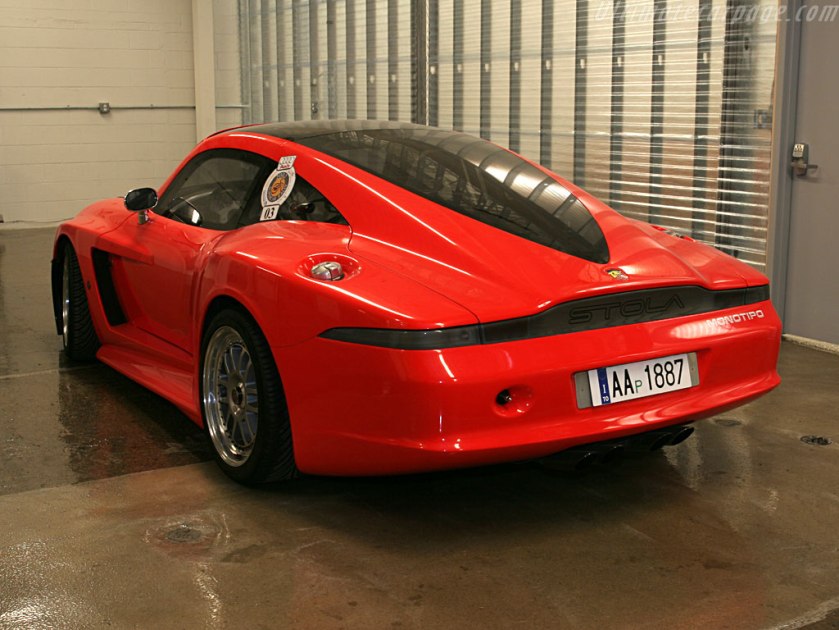
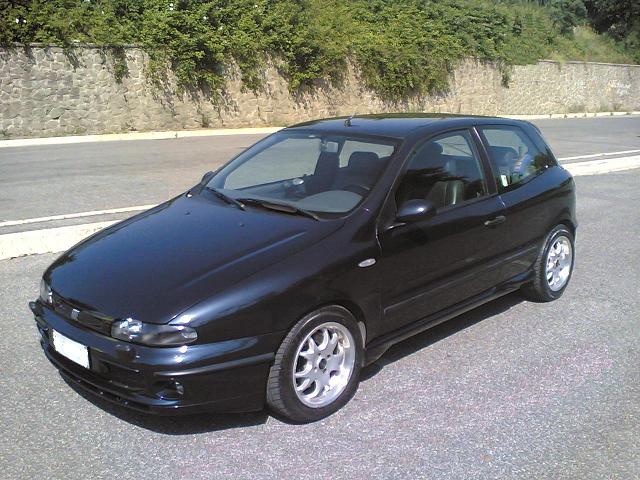
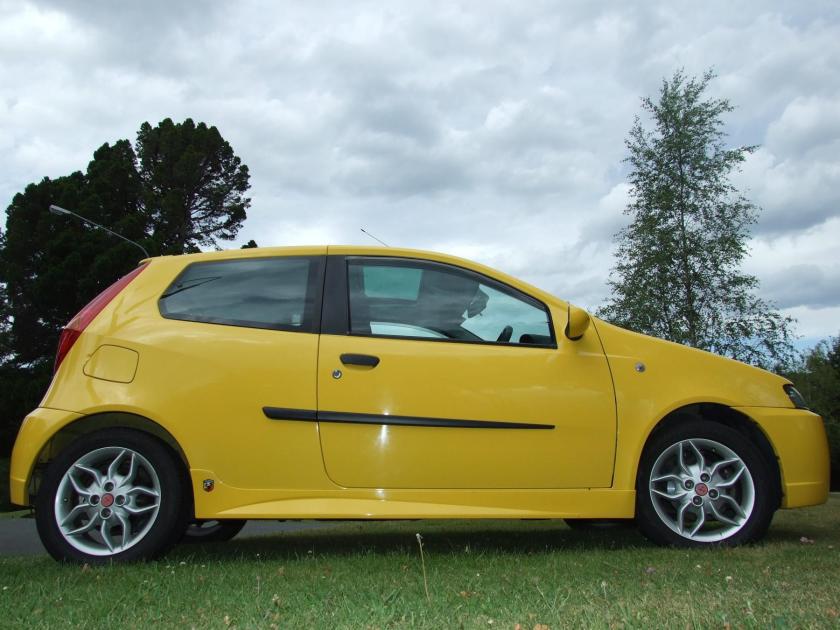
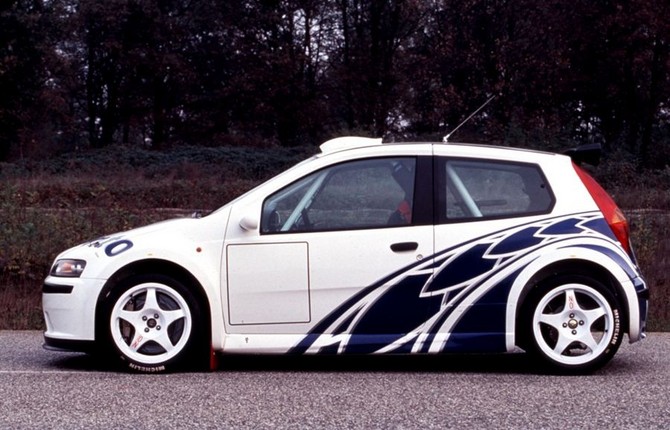
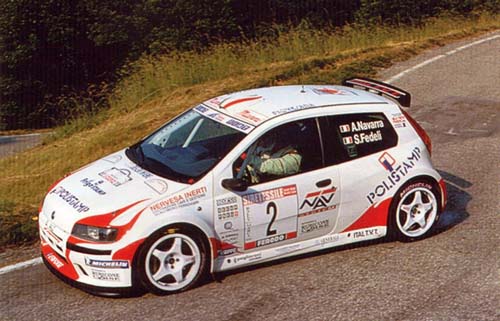
![2001 abarth de 2001 [fiat punto]](https://myntransportblog.wordpress.com/wp-content/uploads/2015/01/2001-abarth-de-2001-fiat-punto.jpg?w=840)
